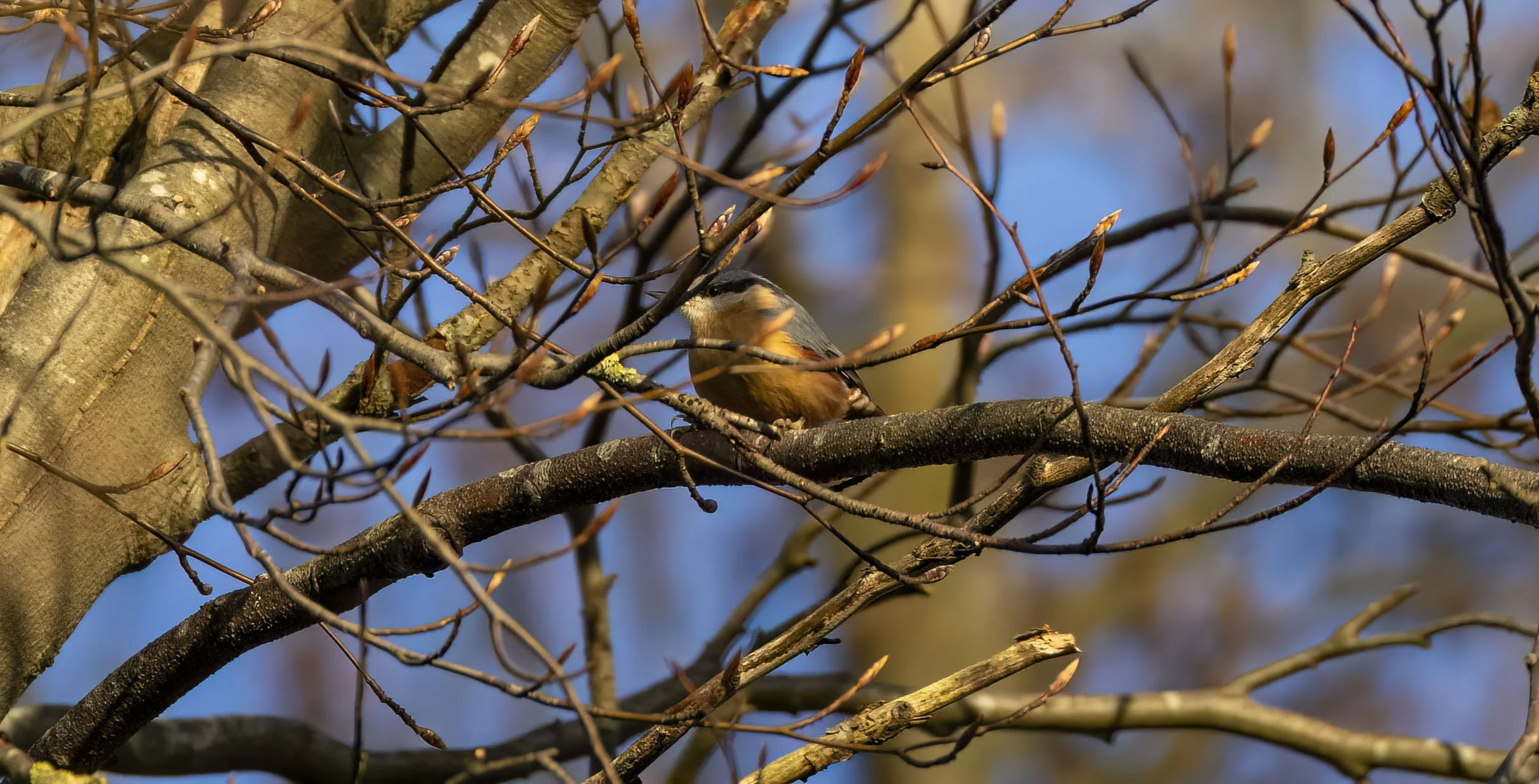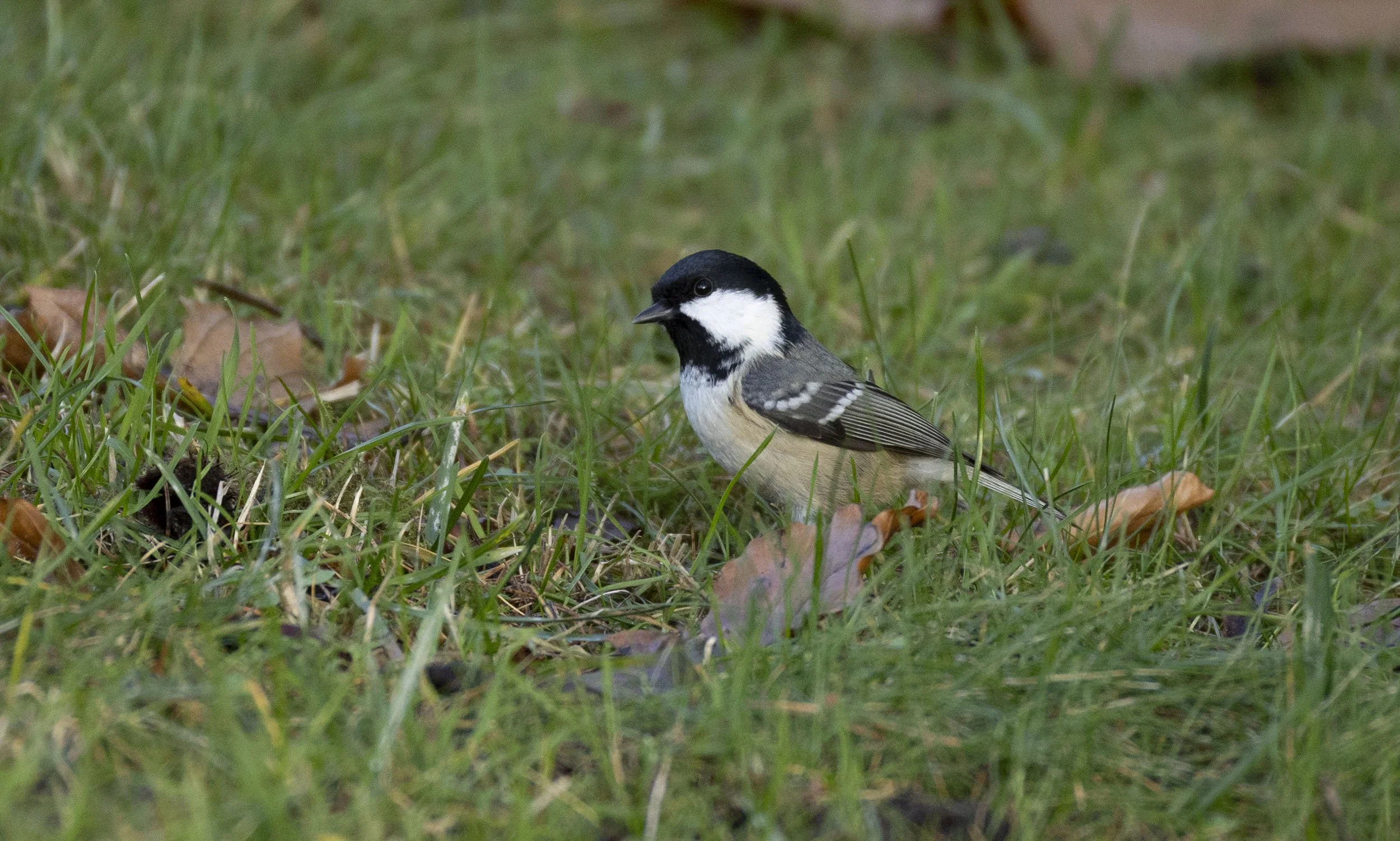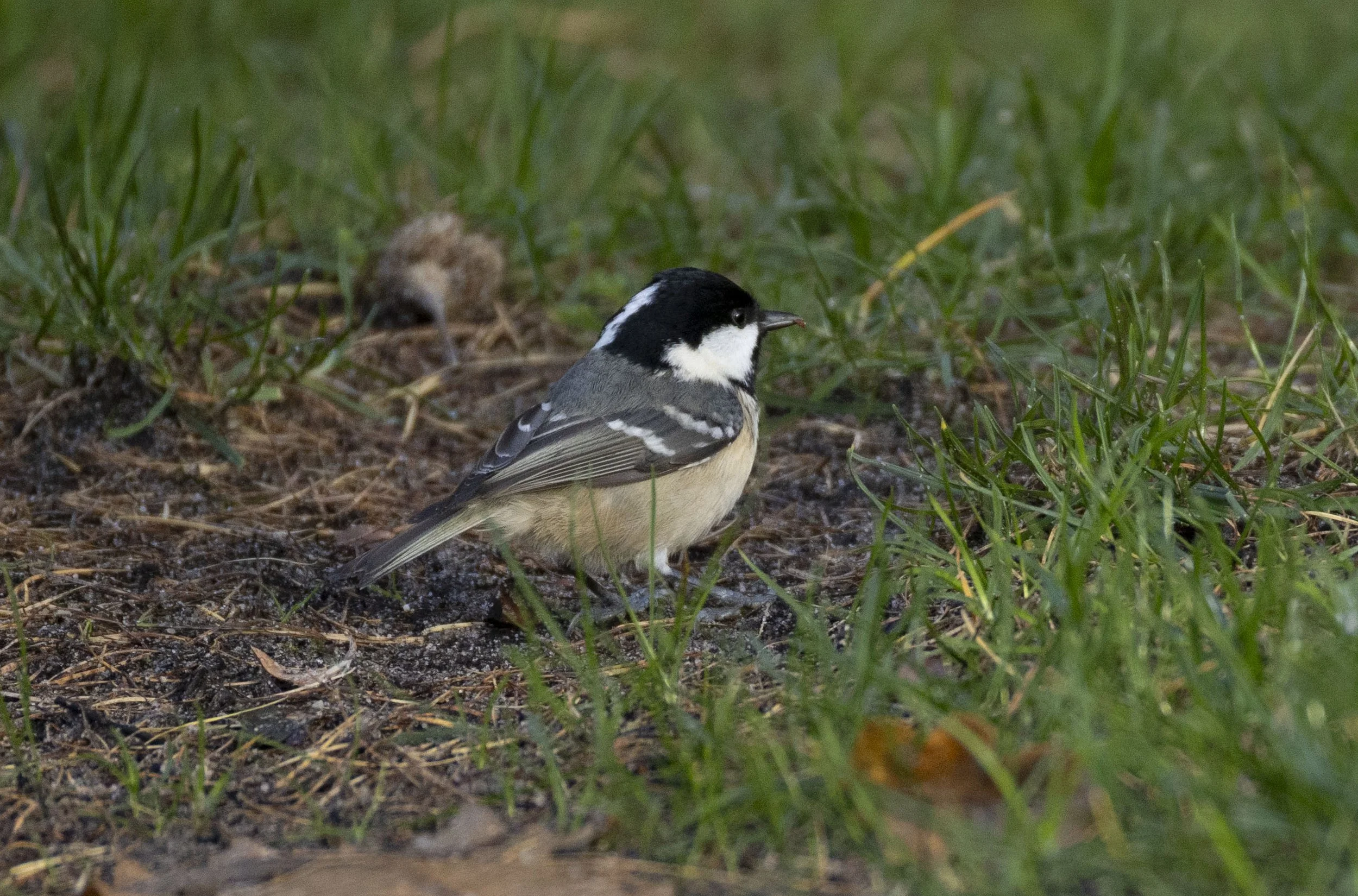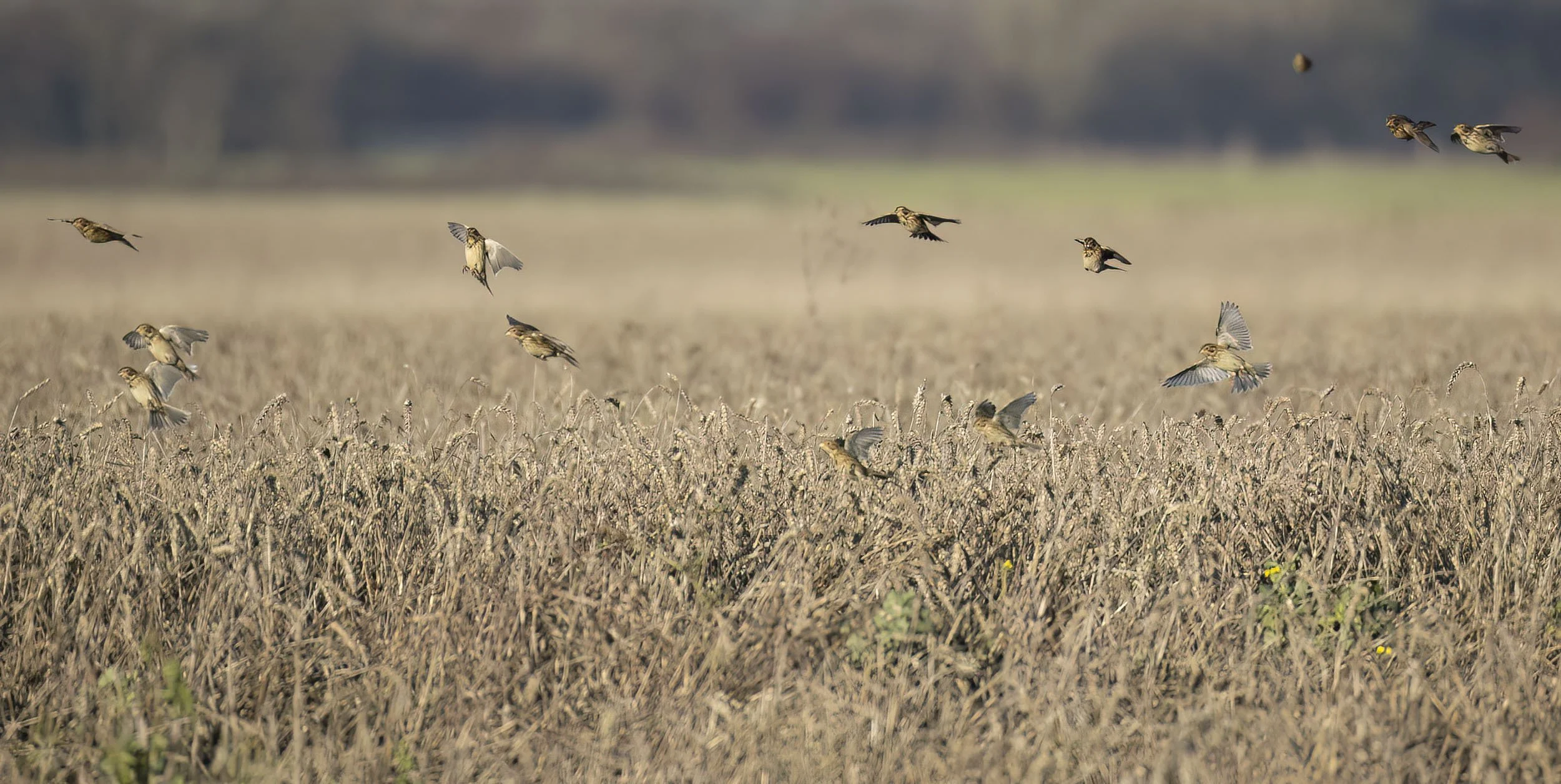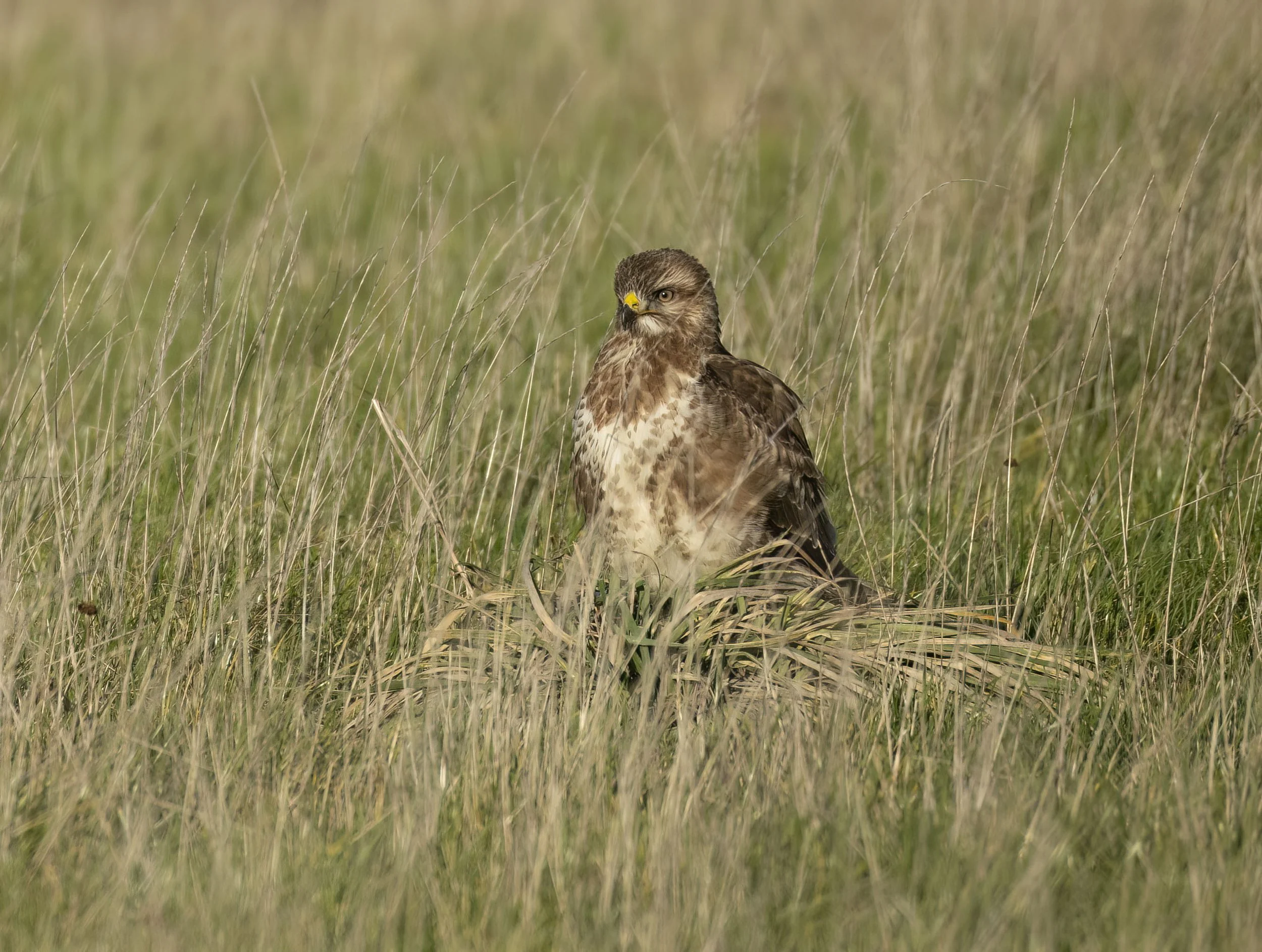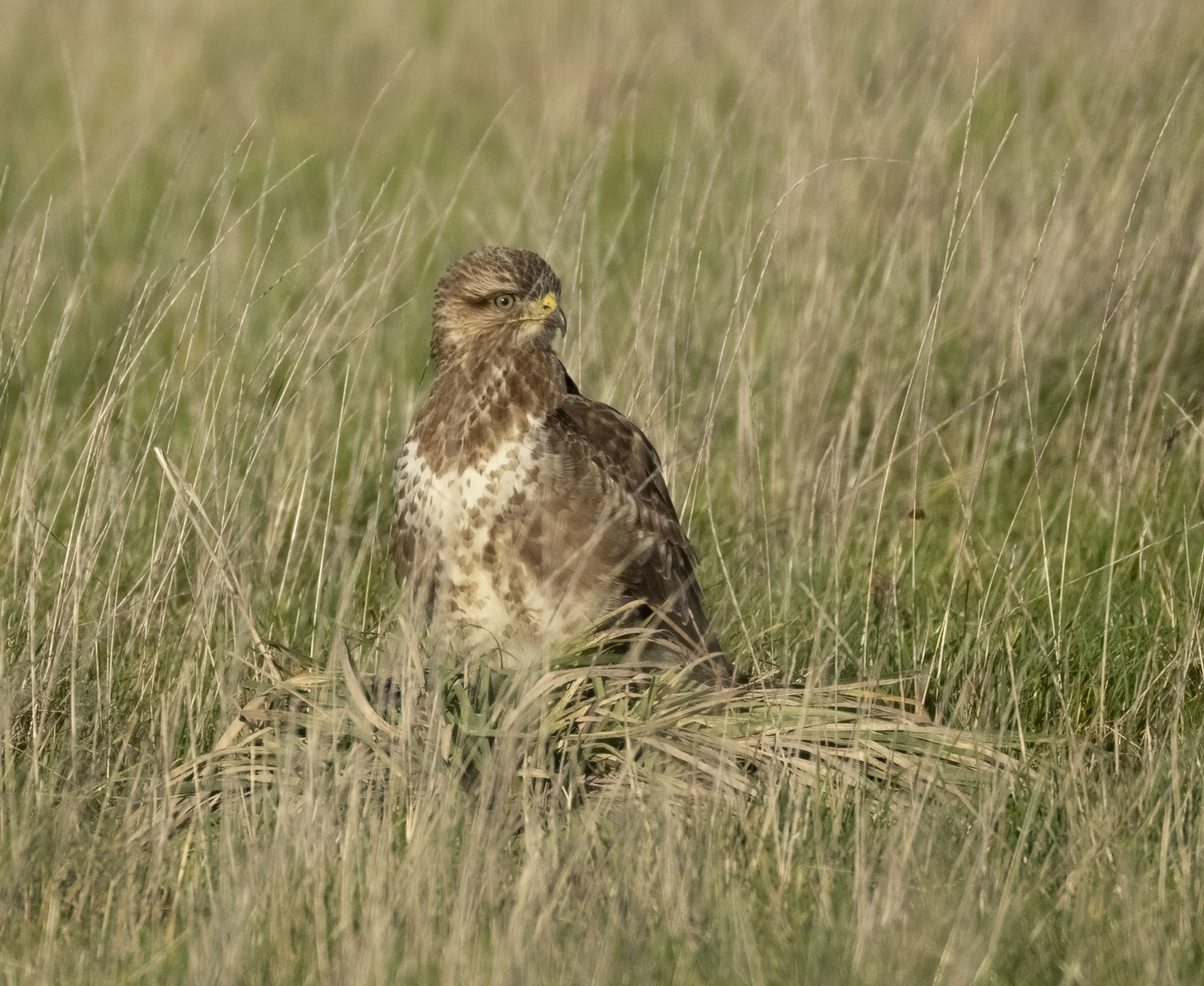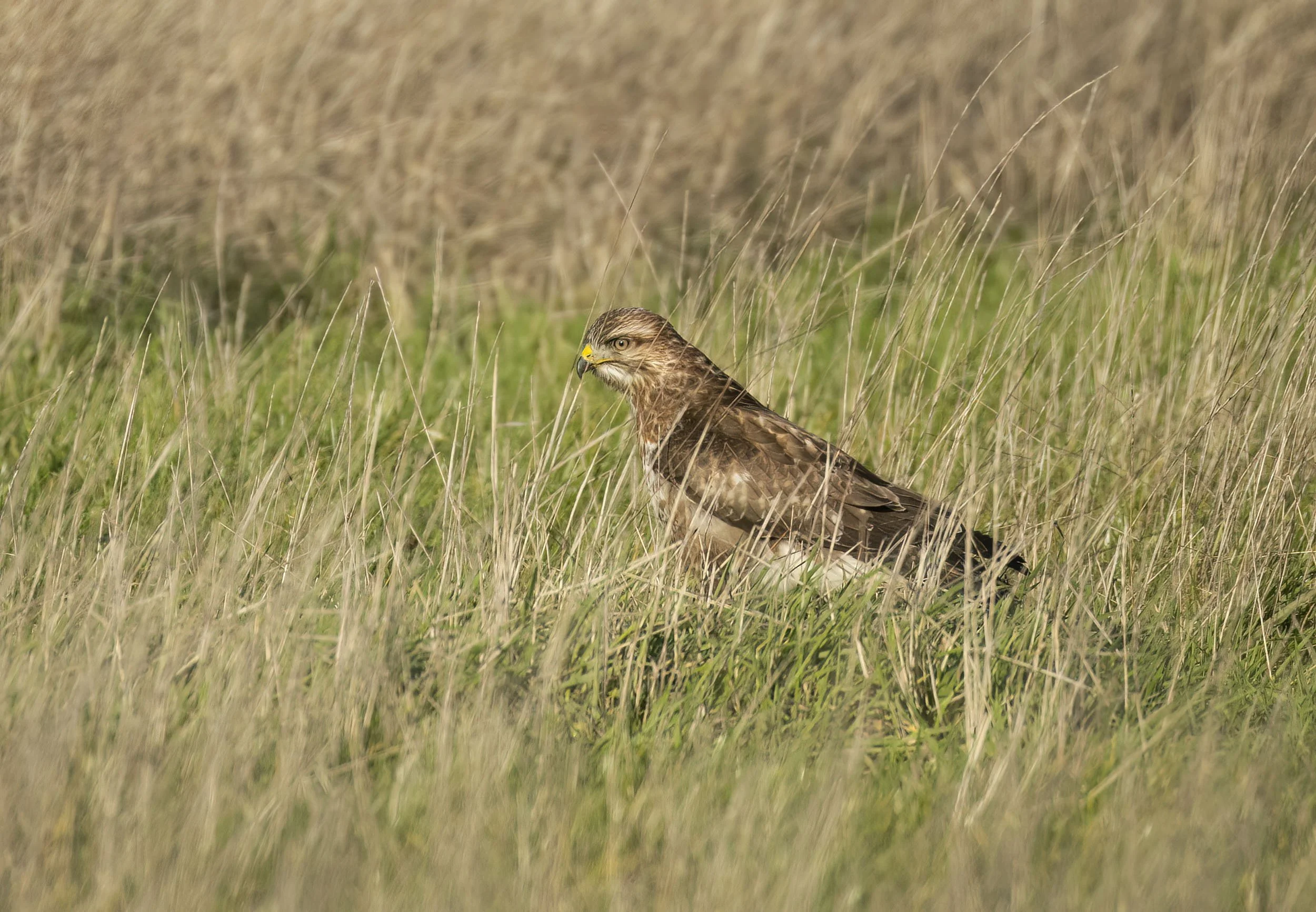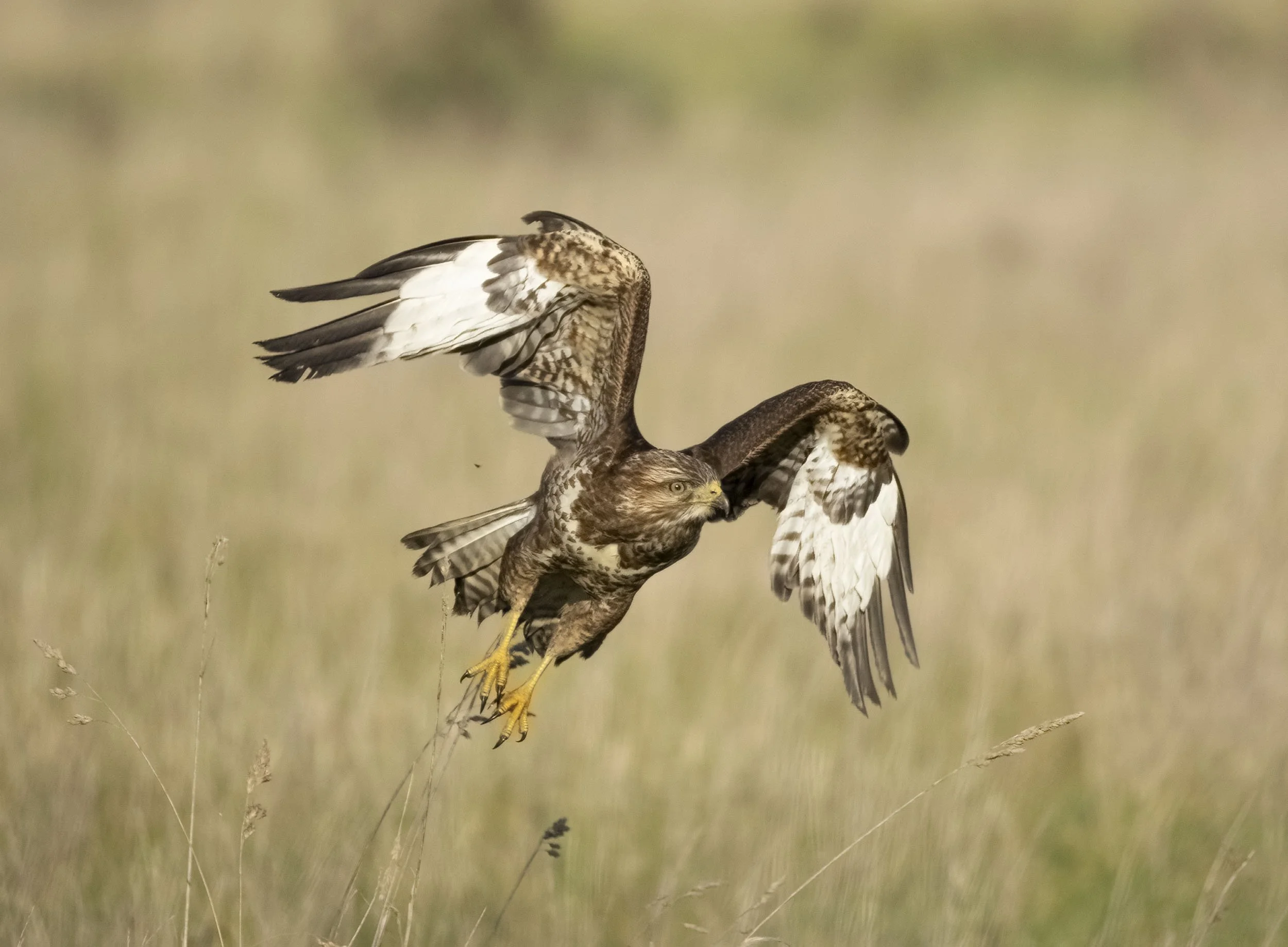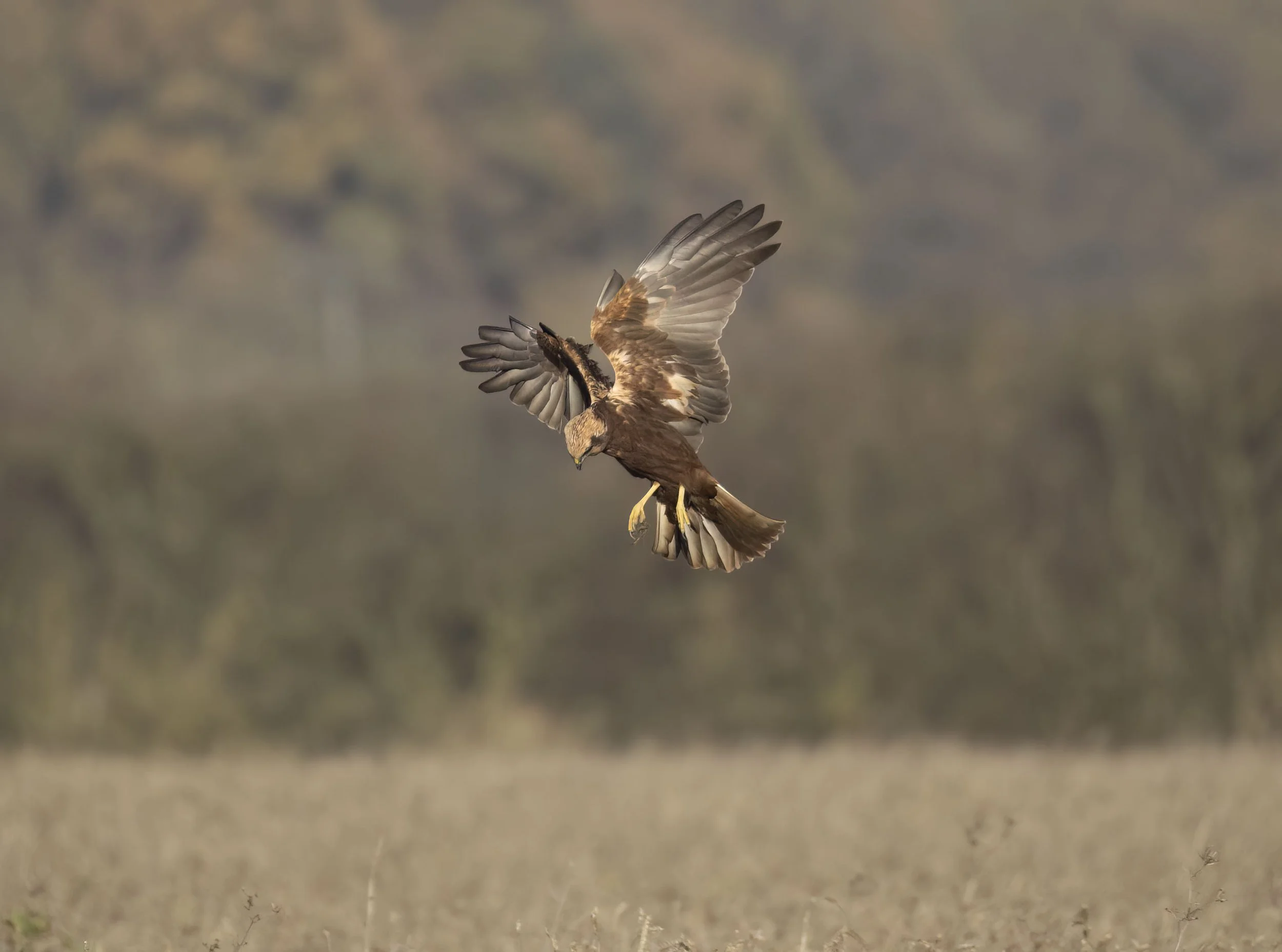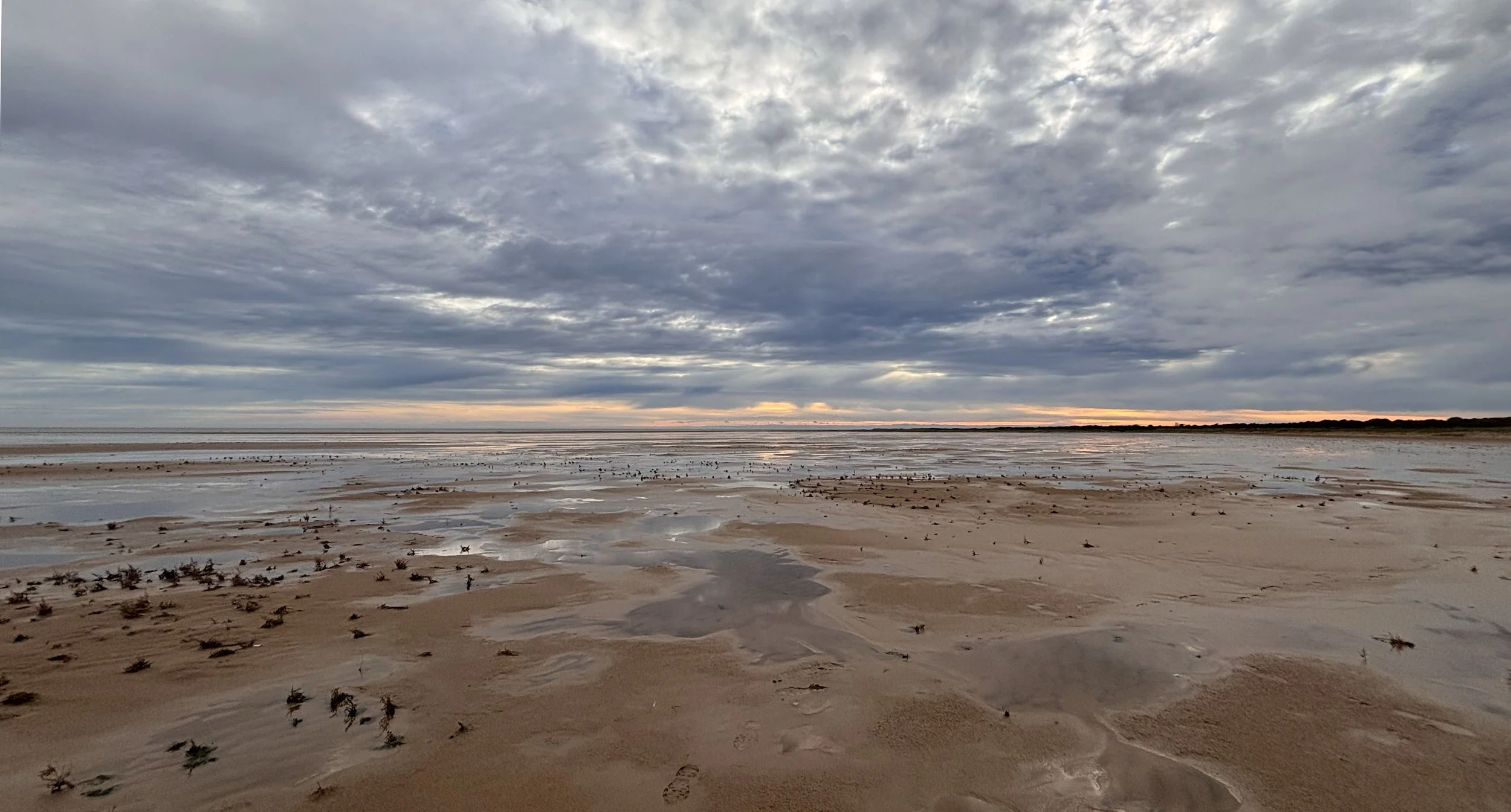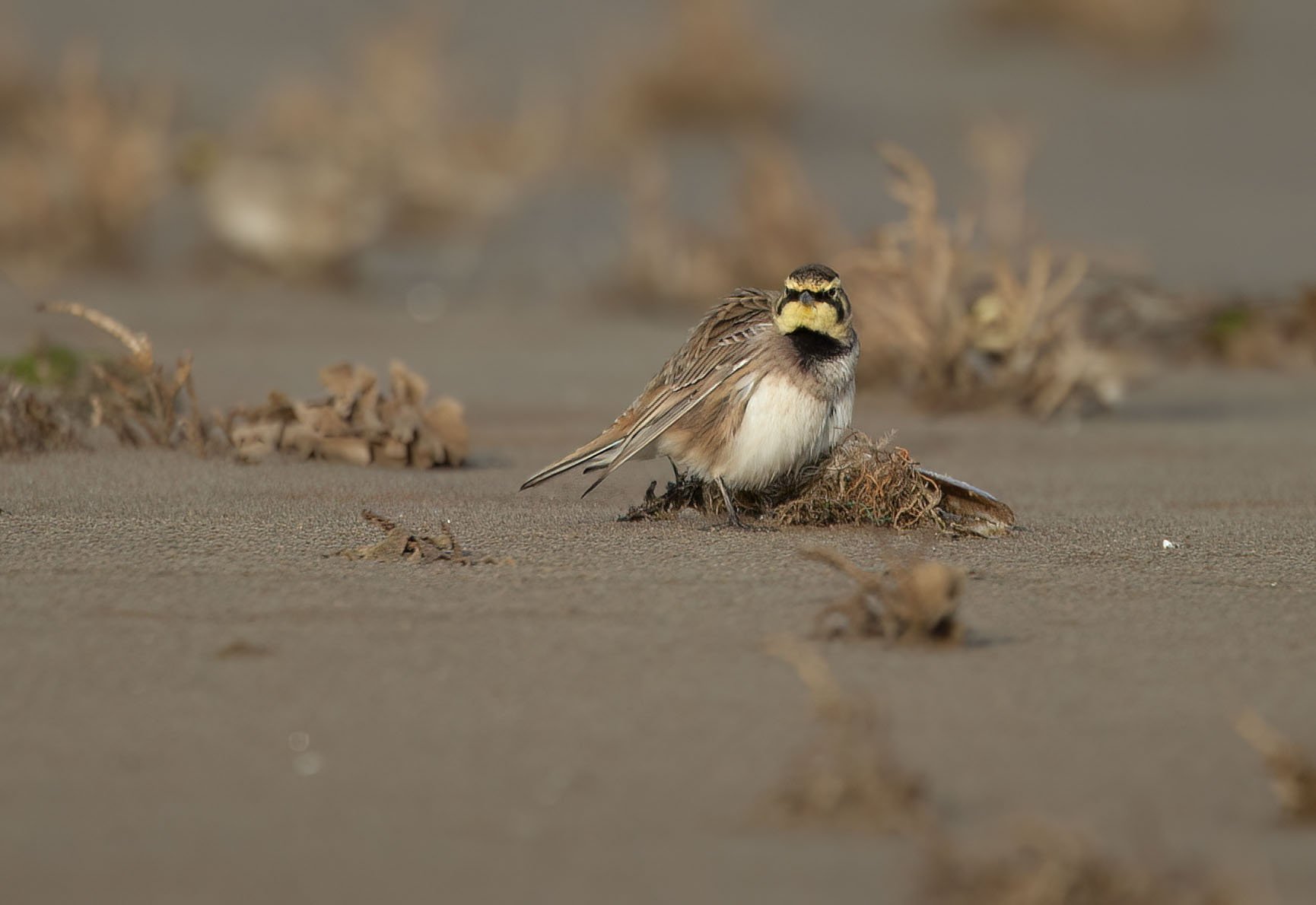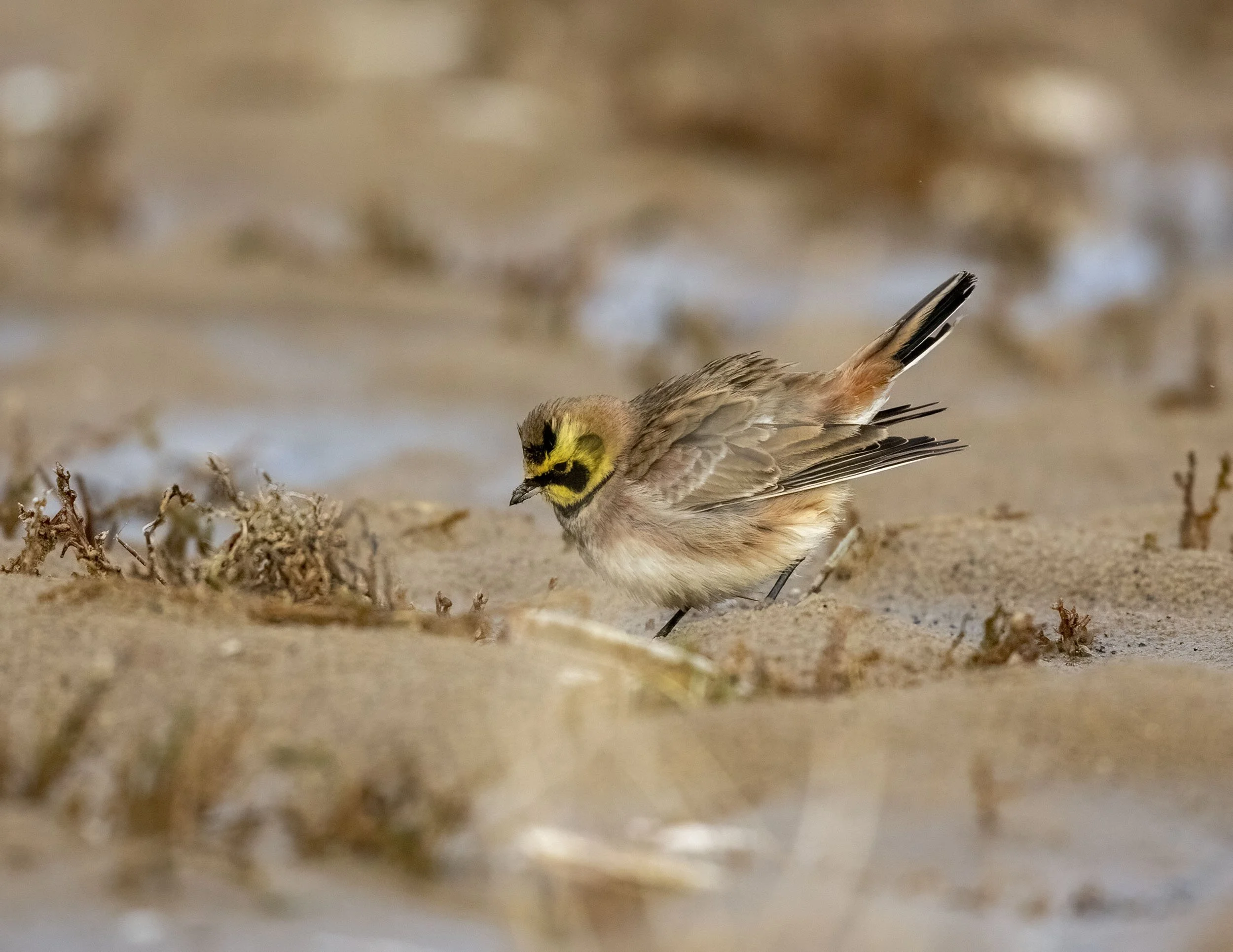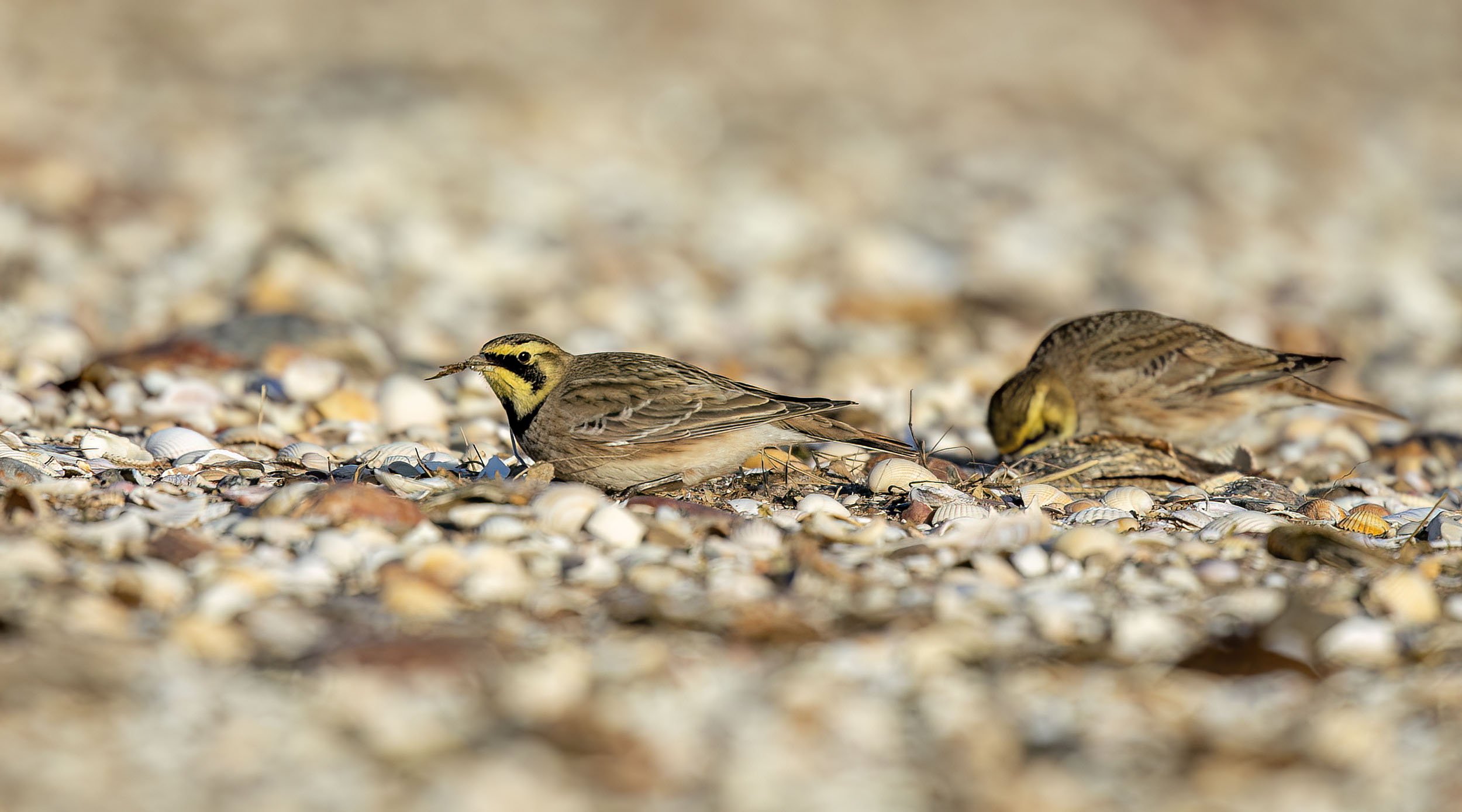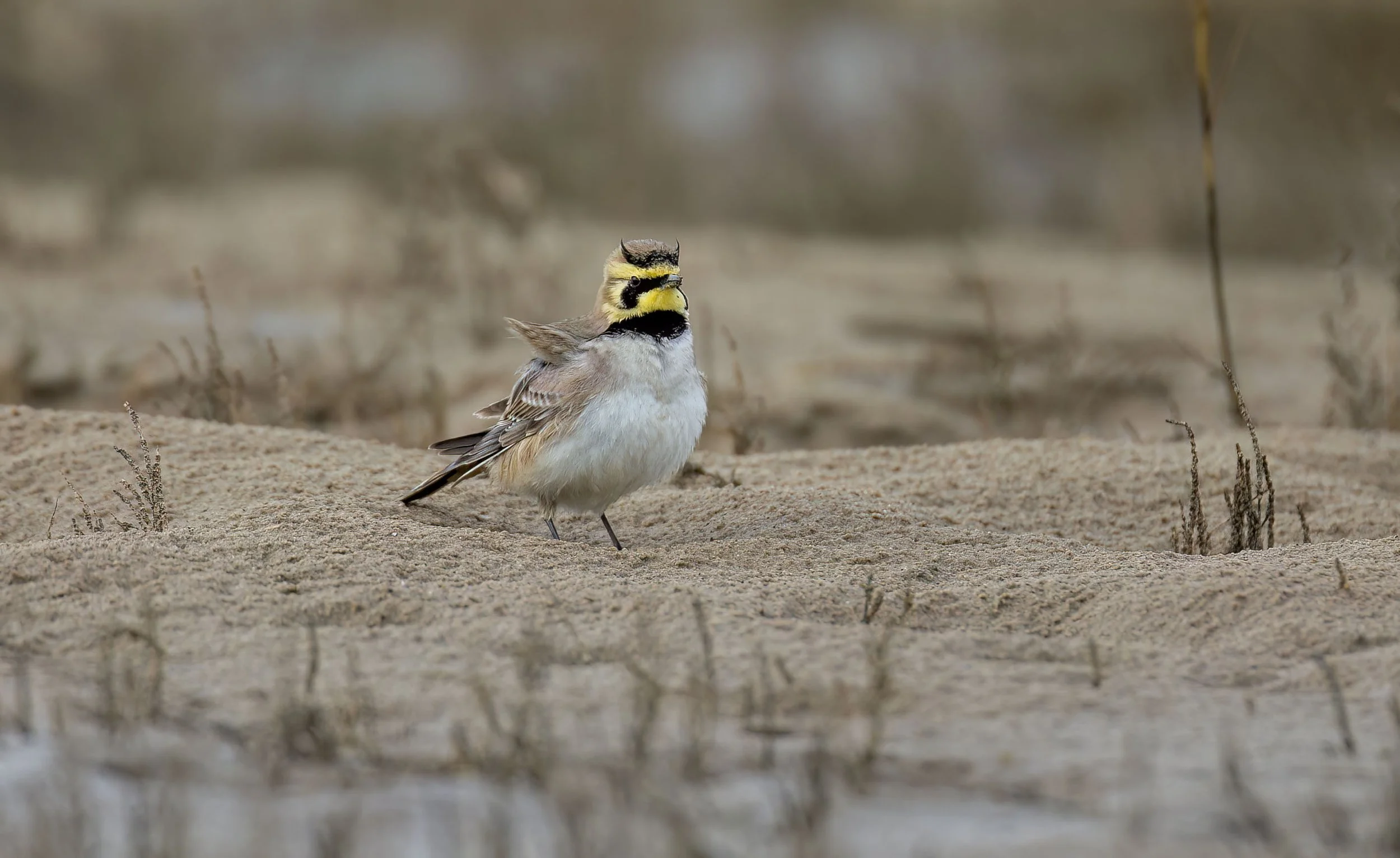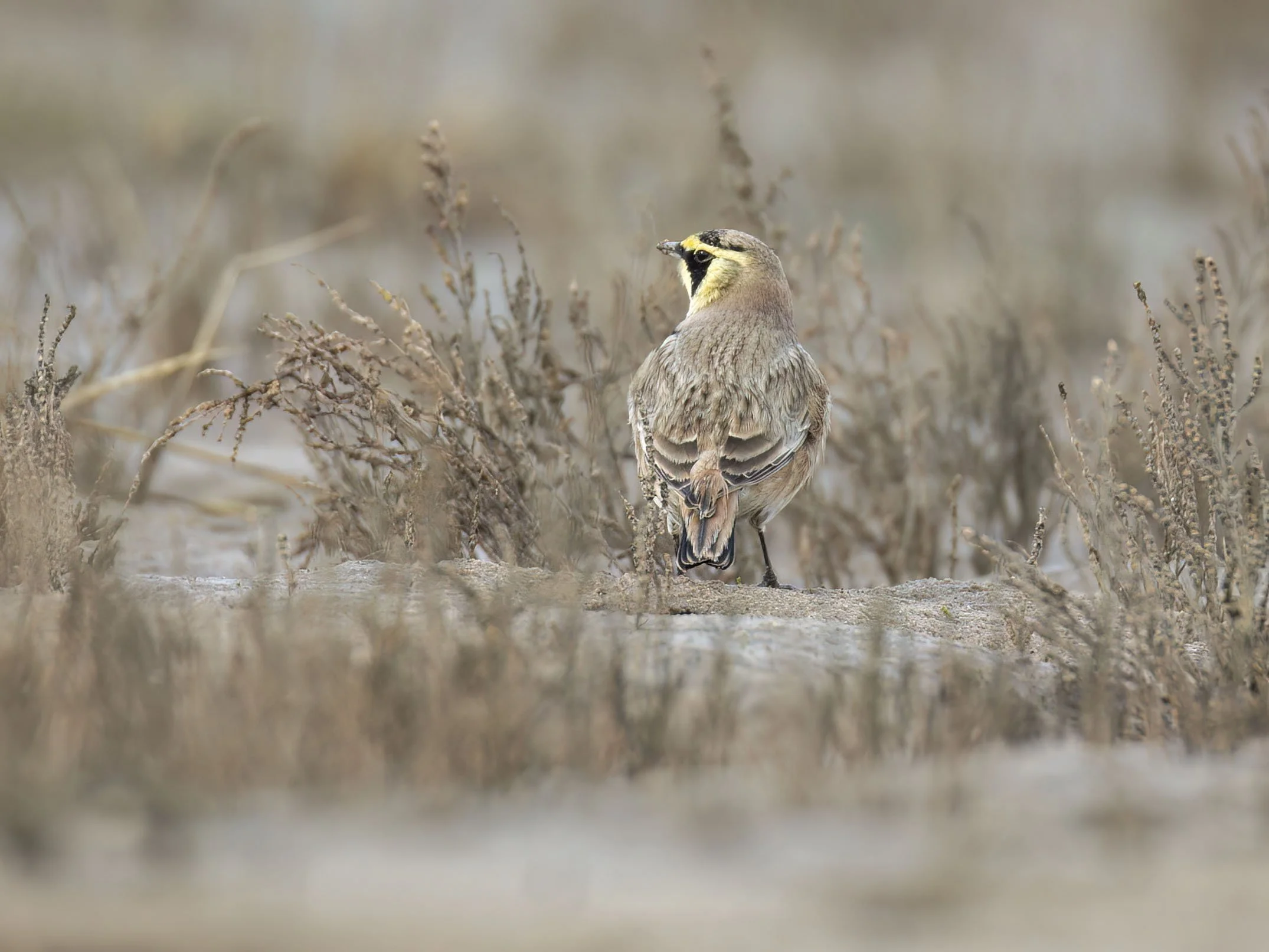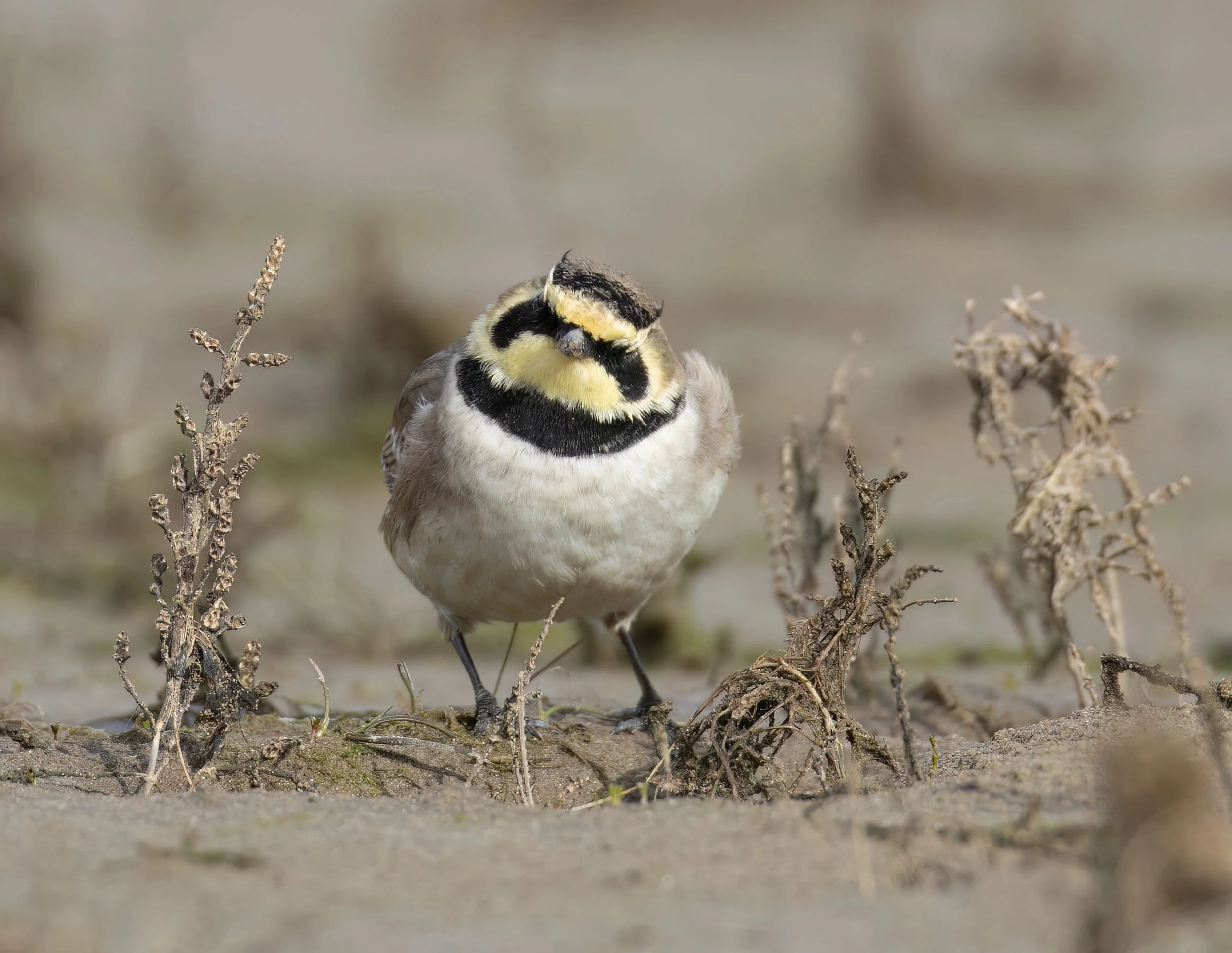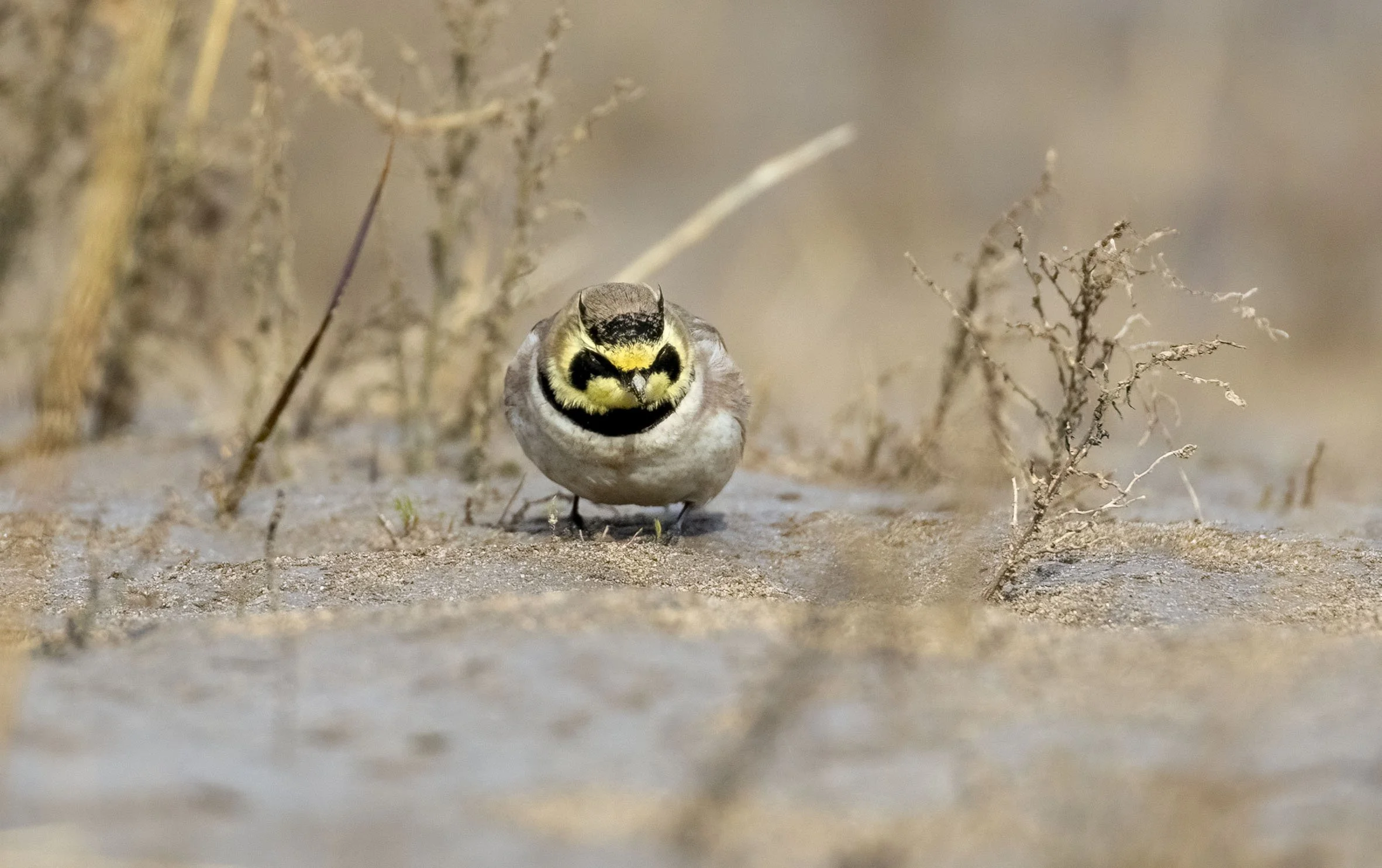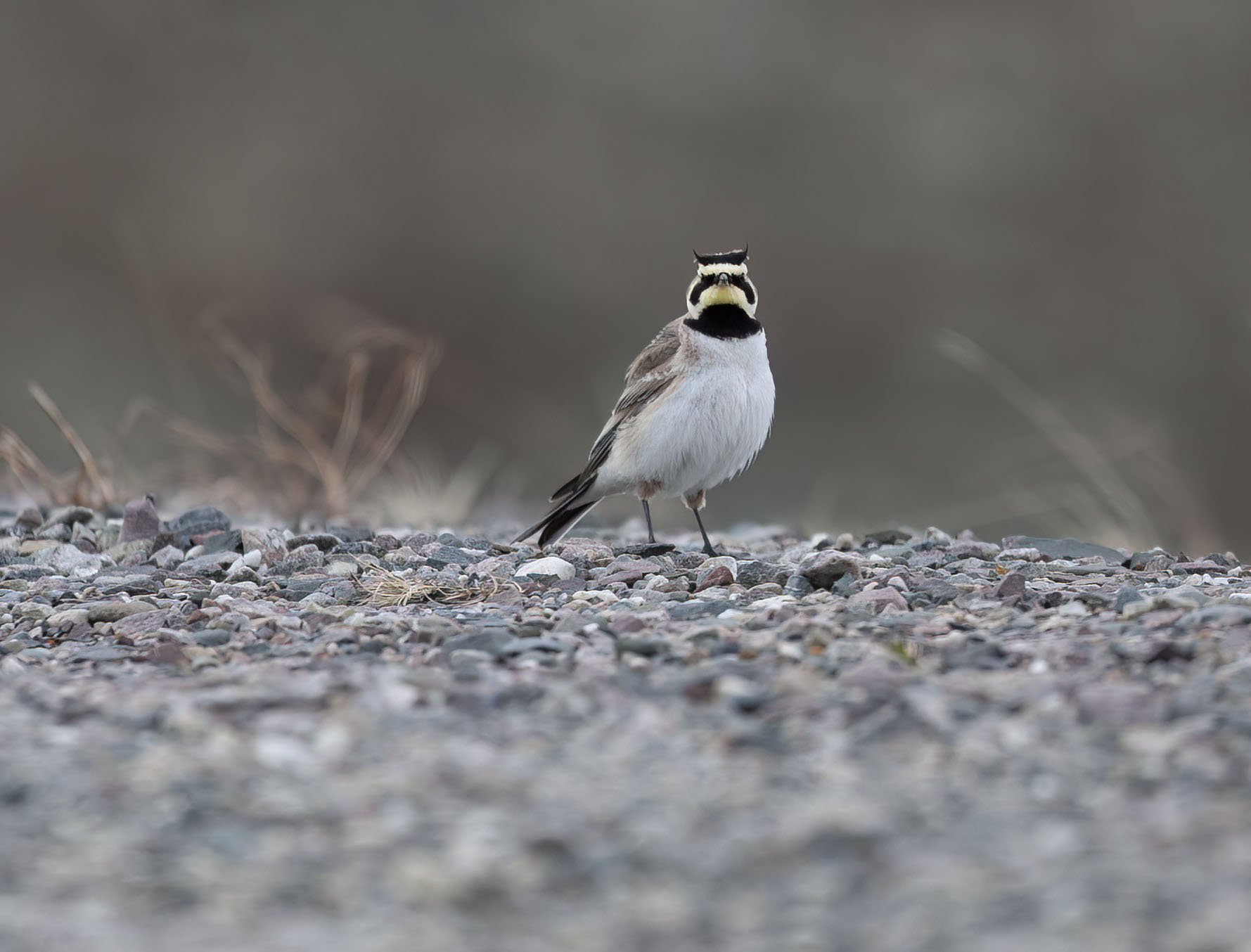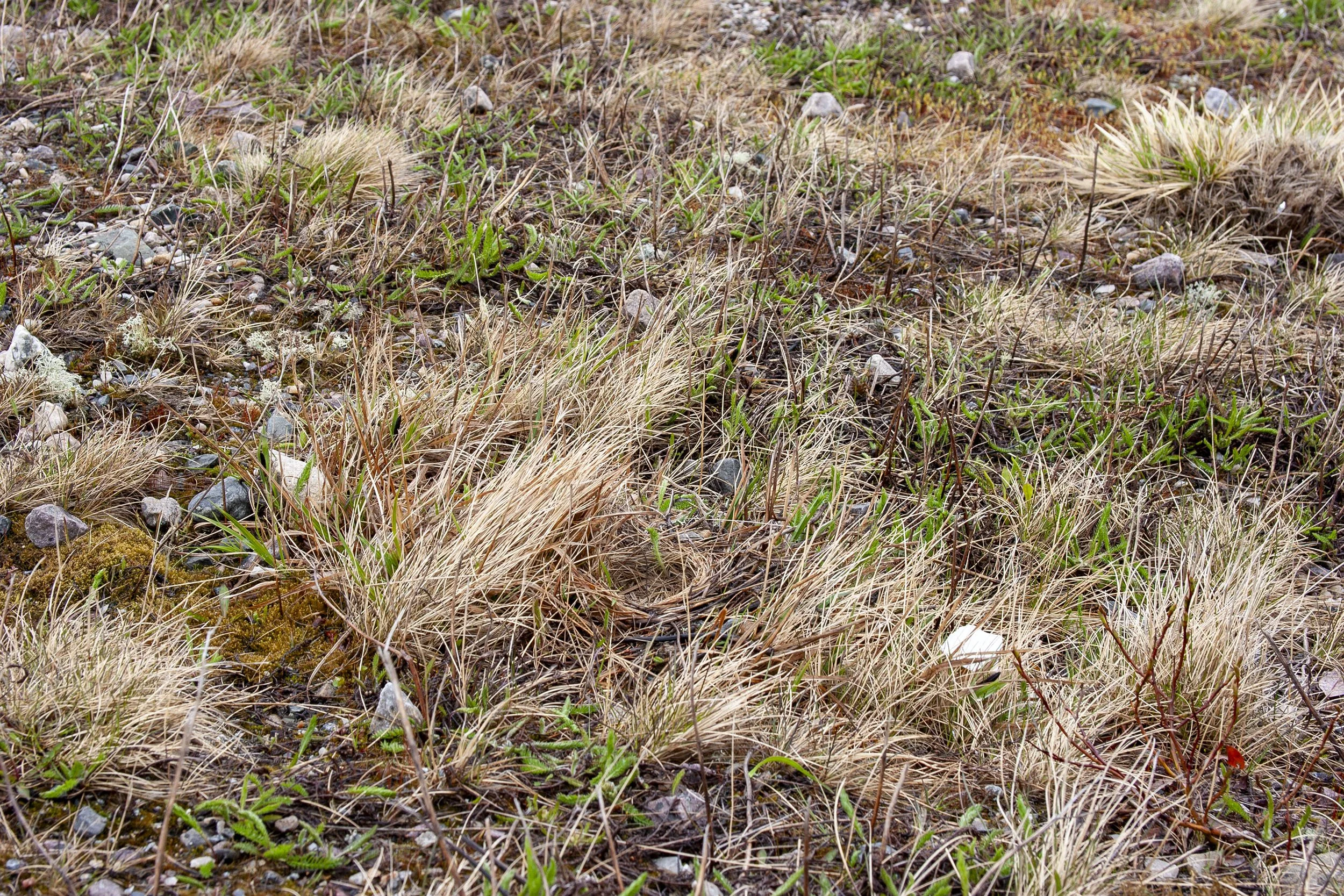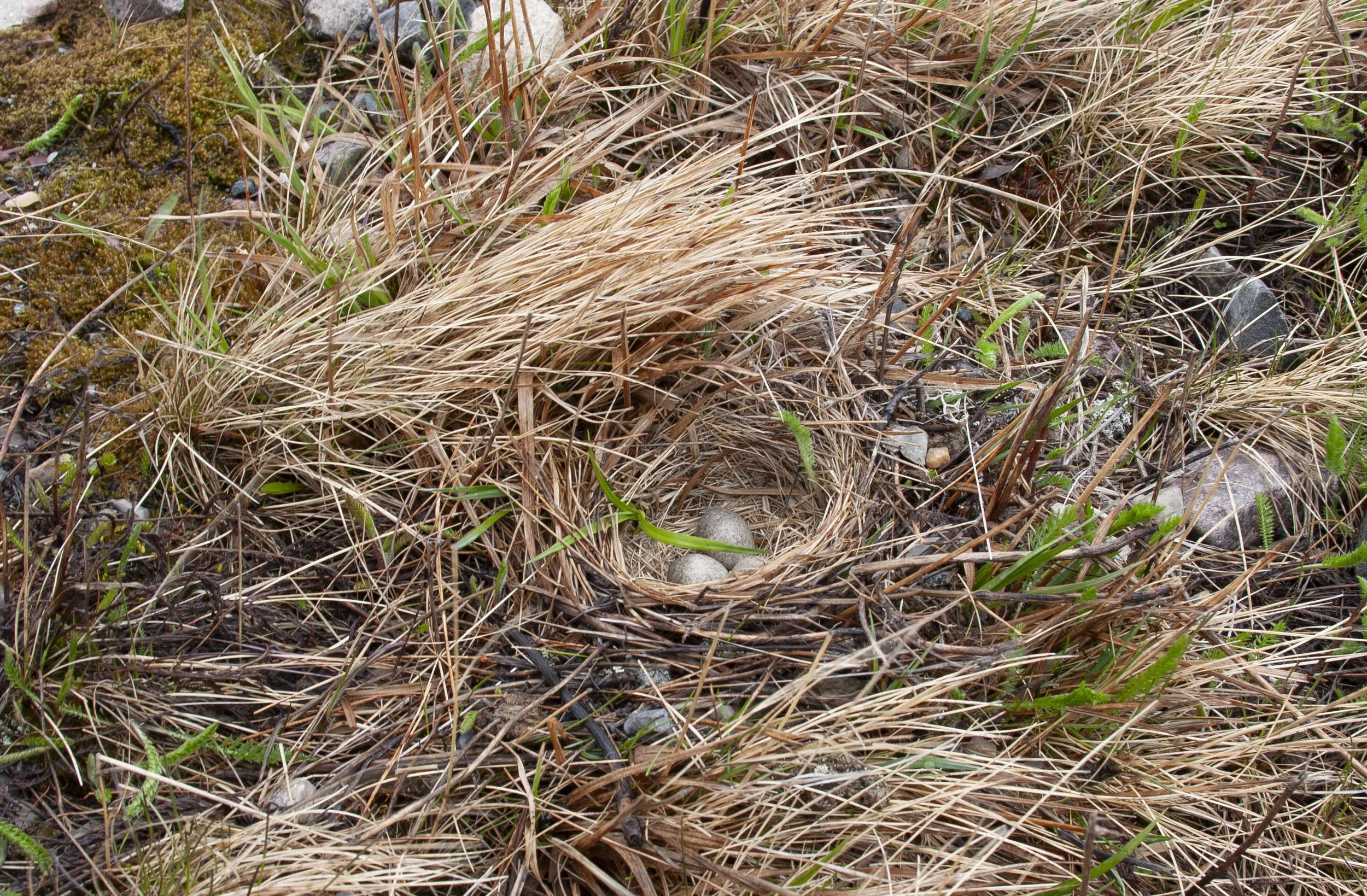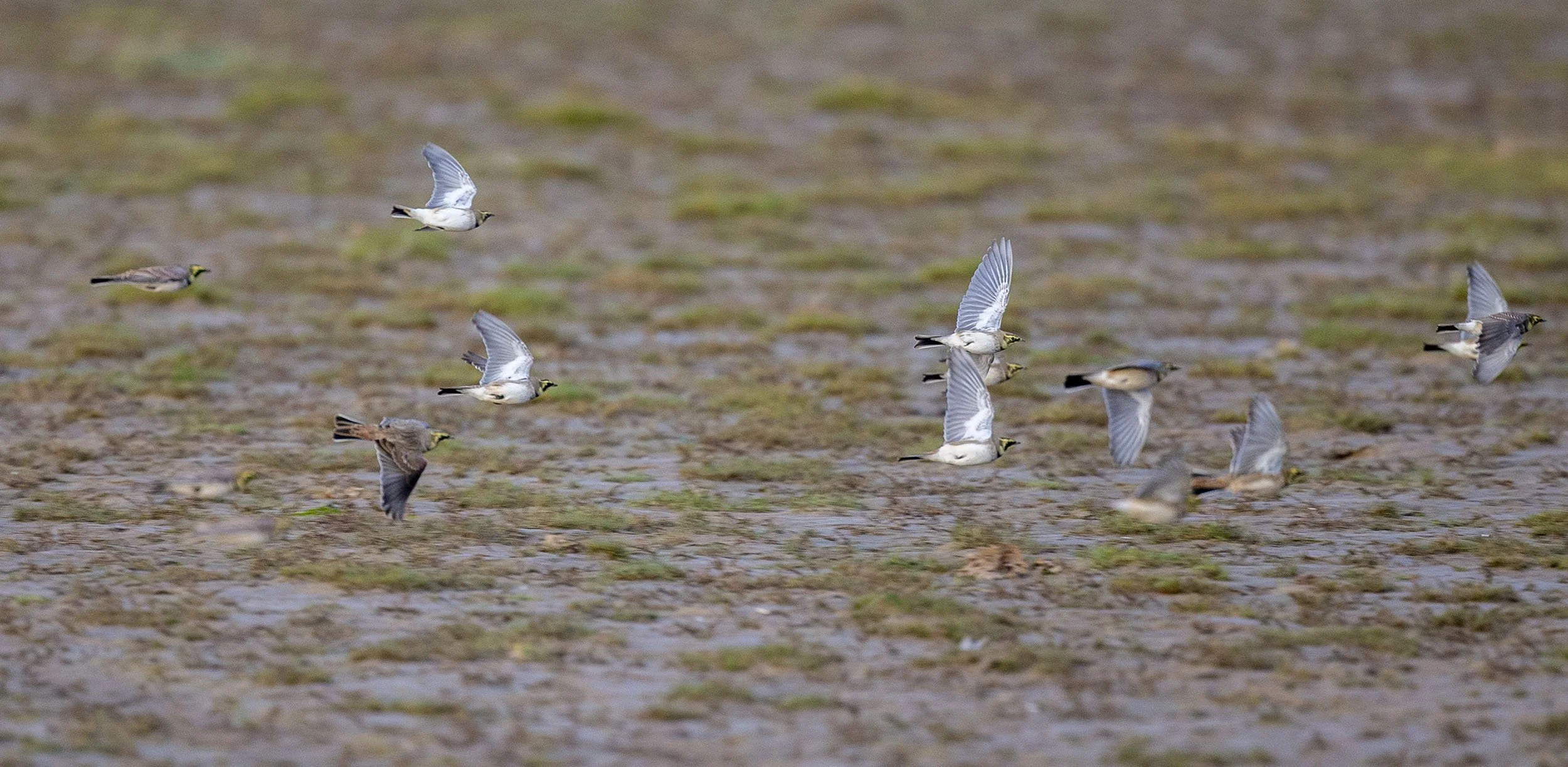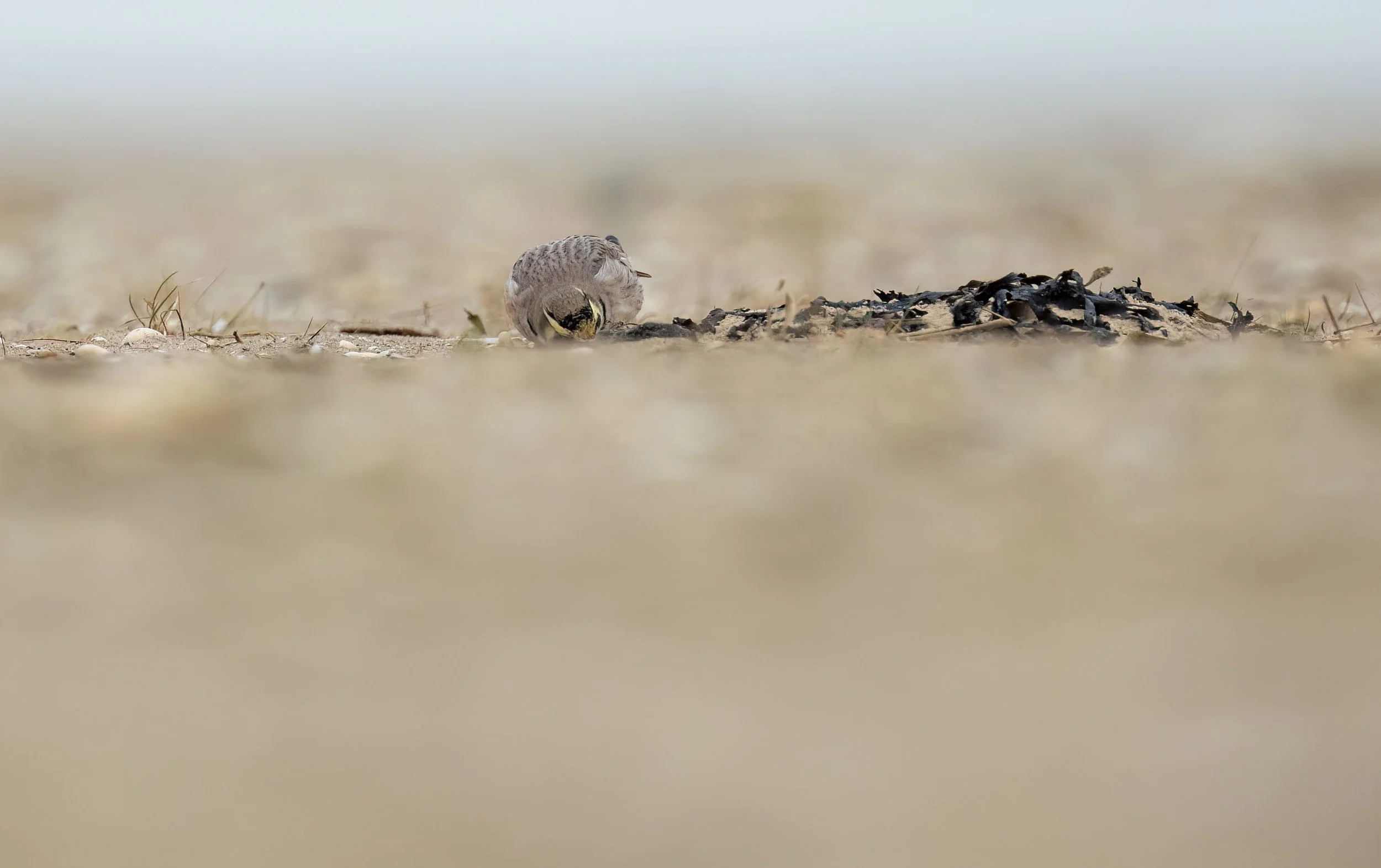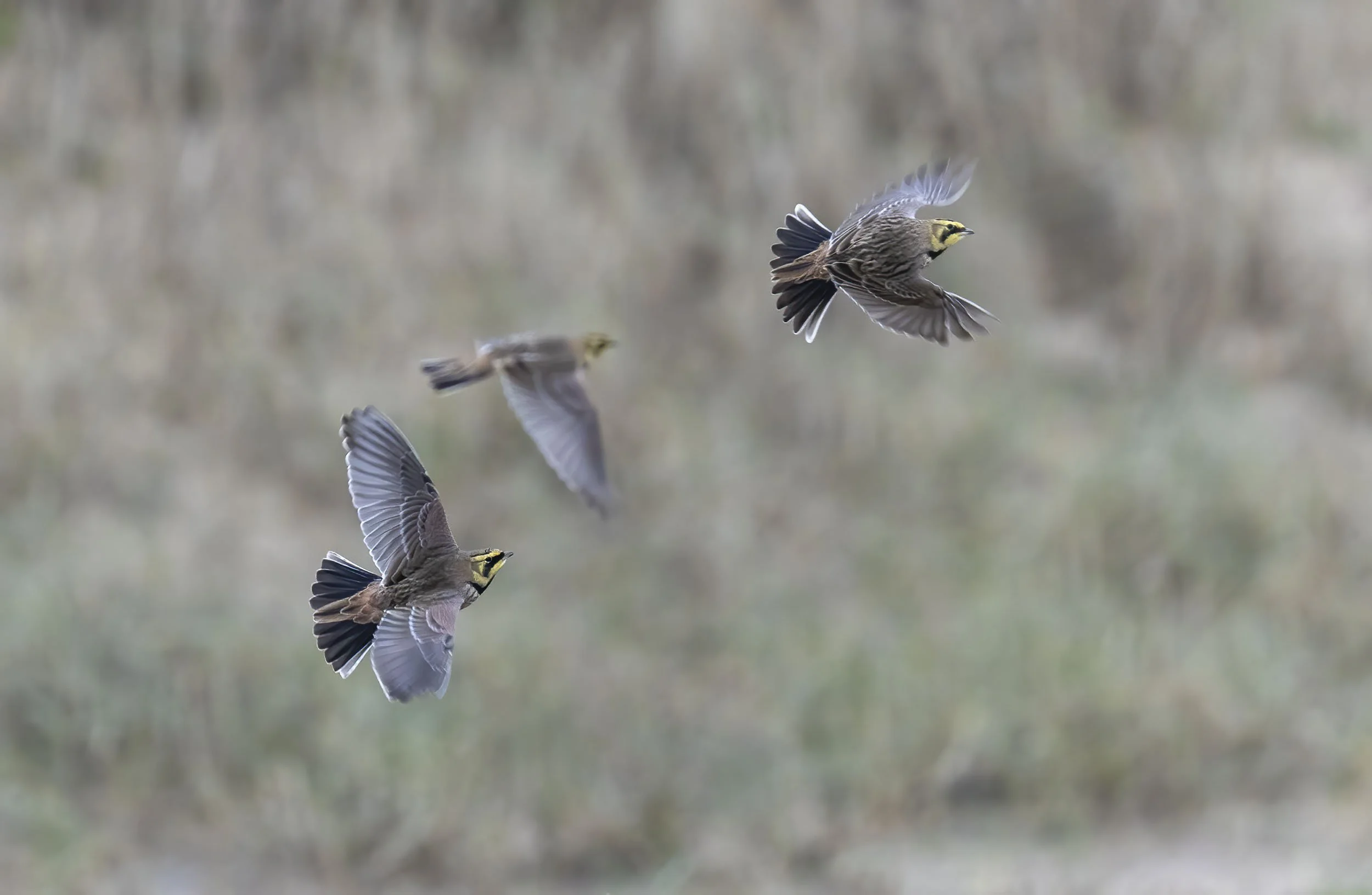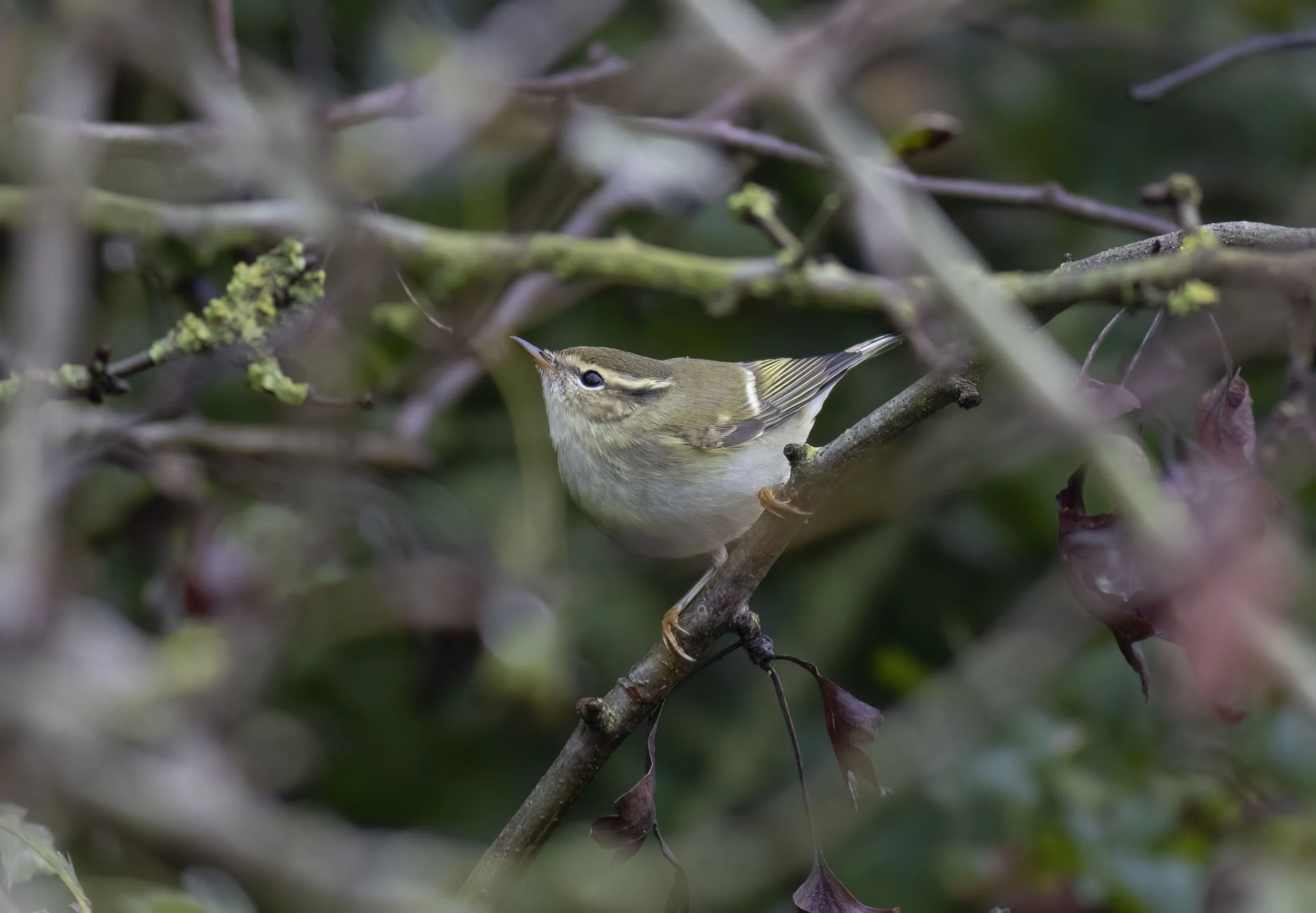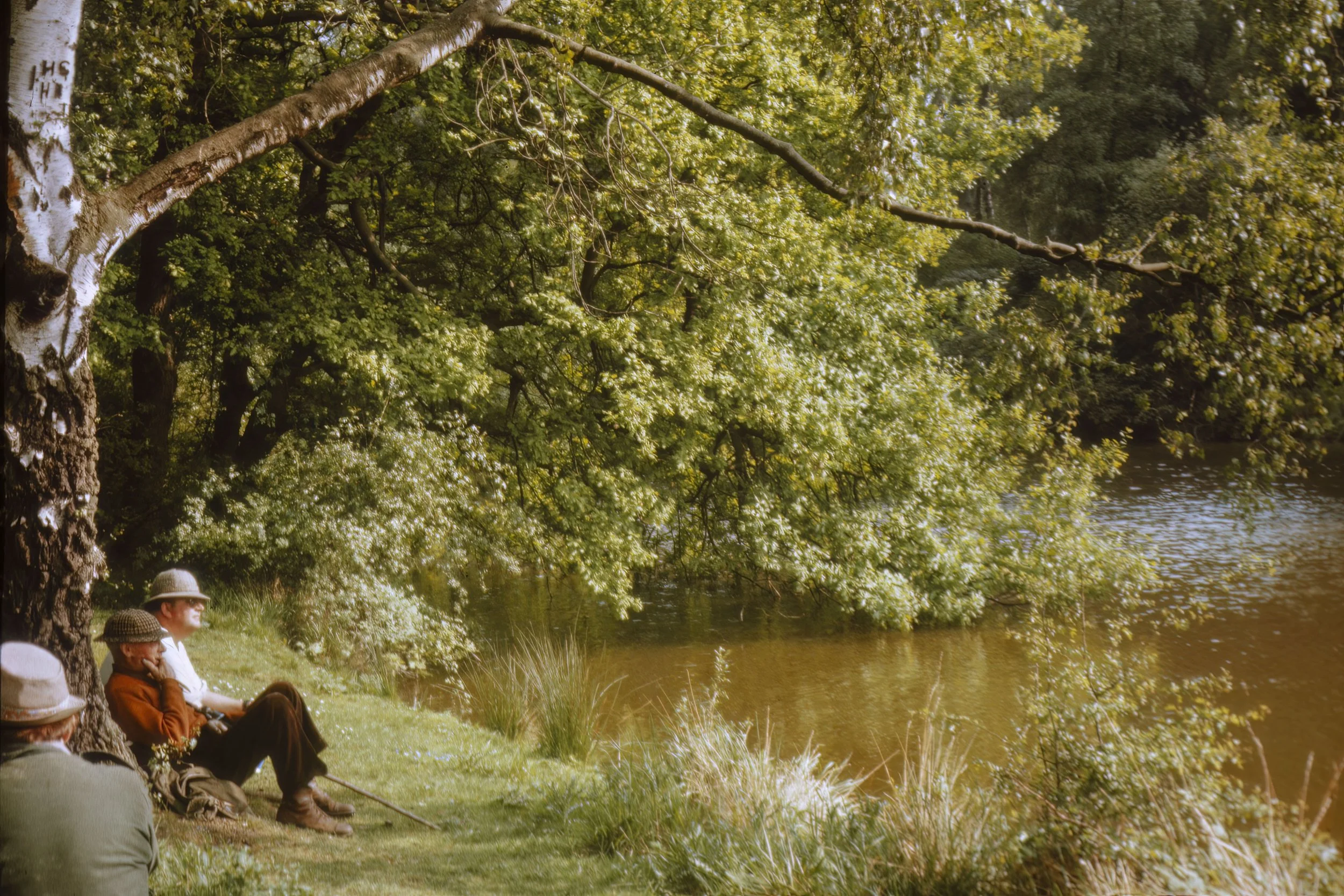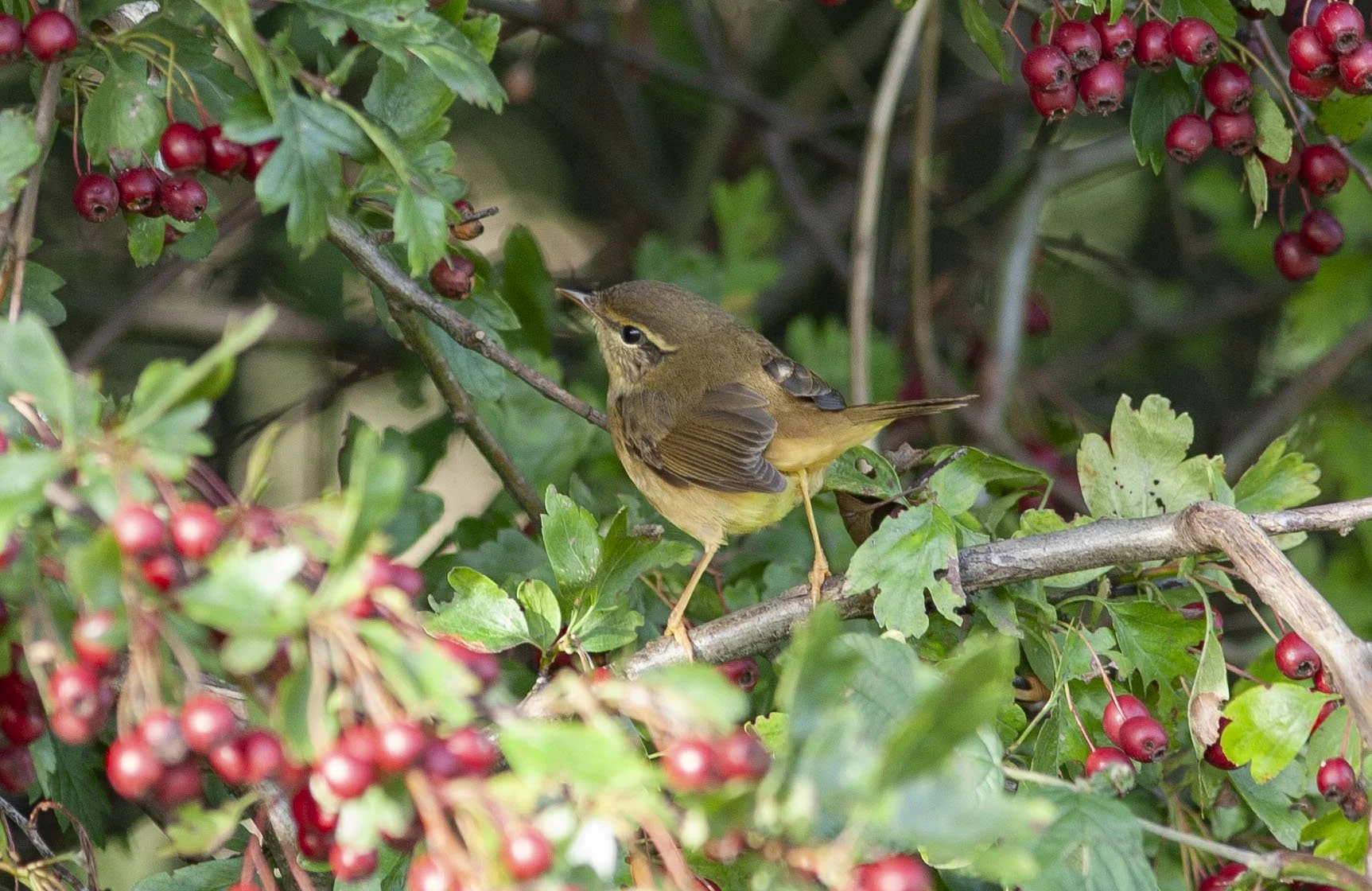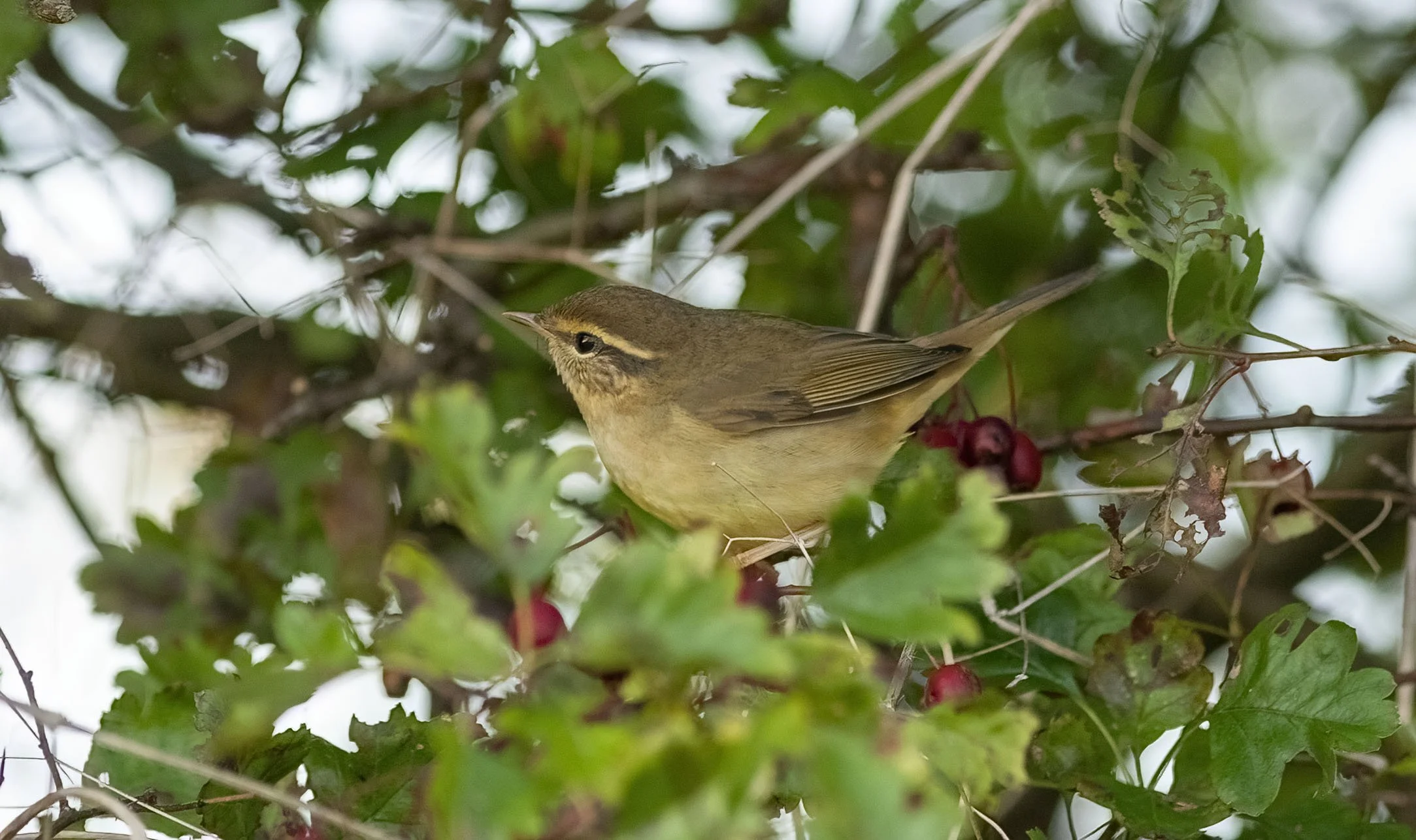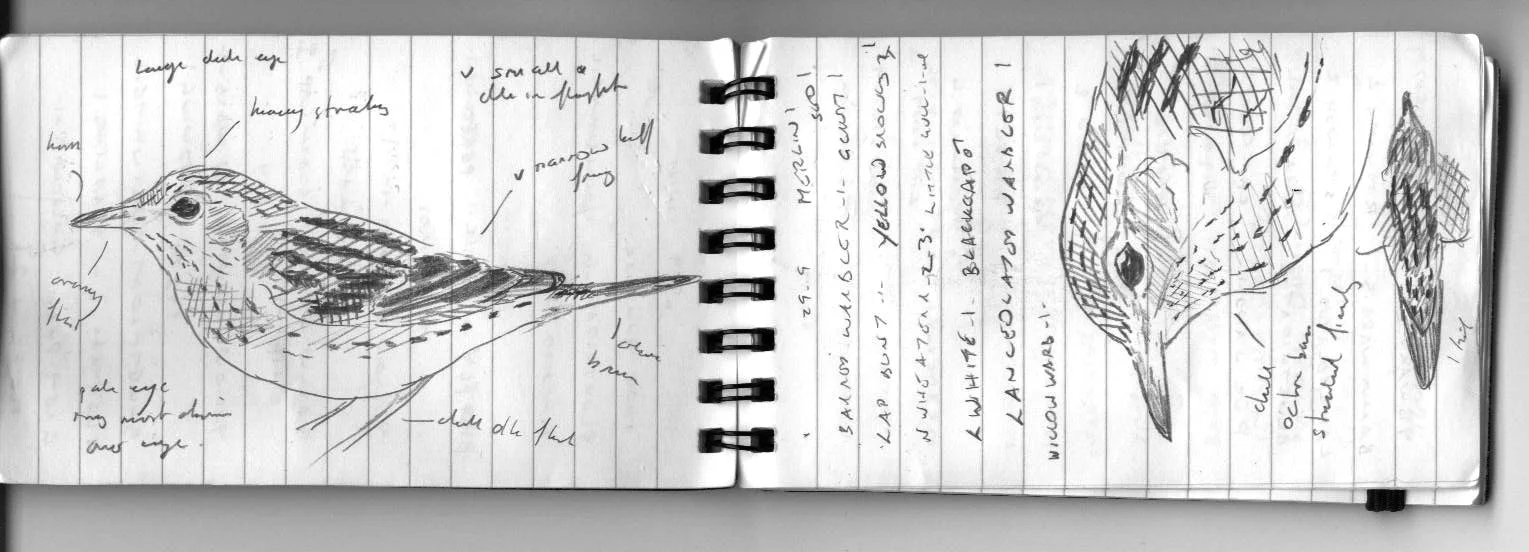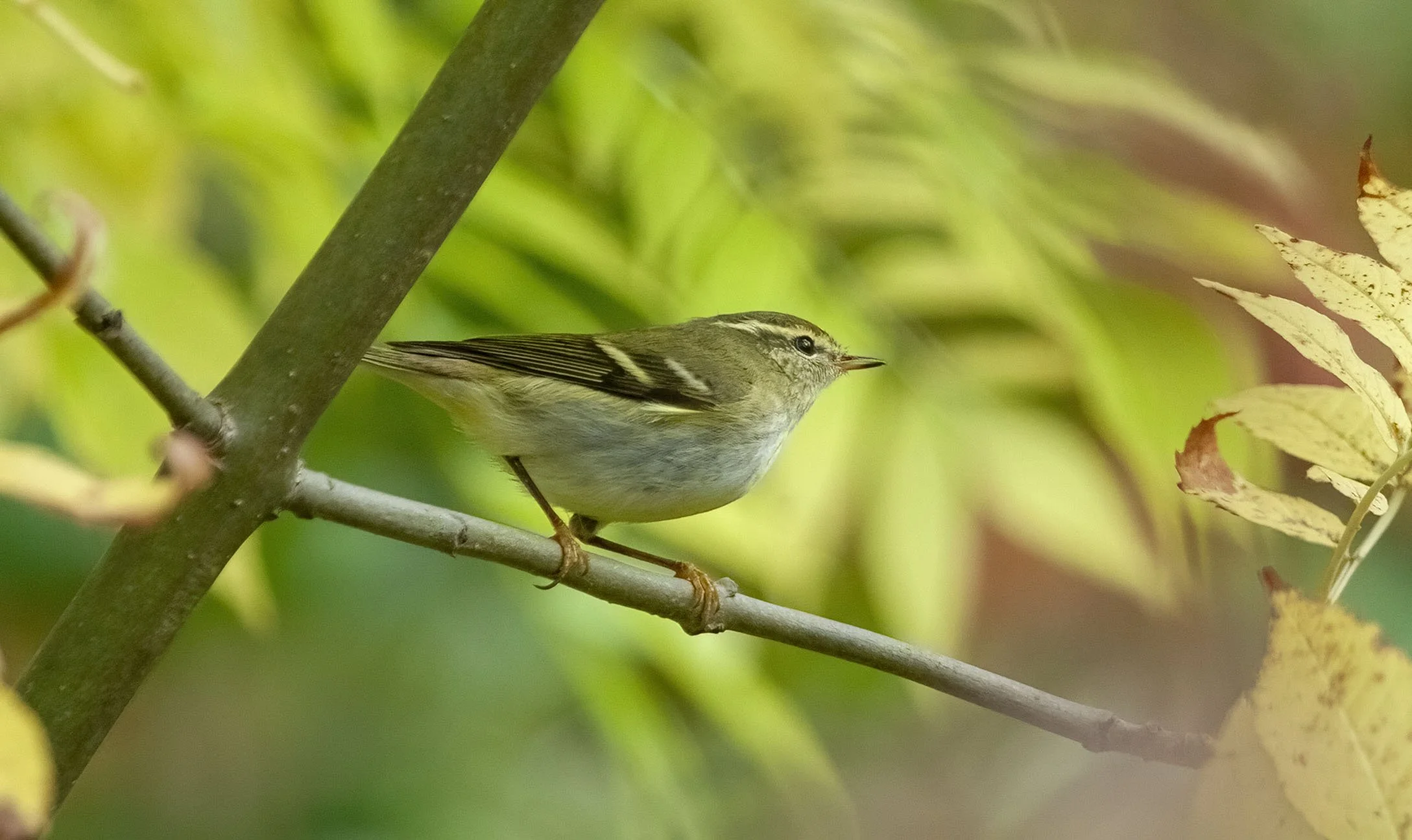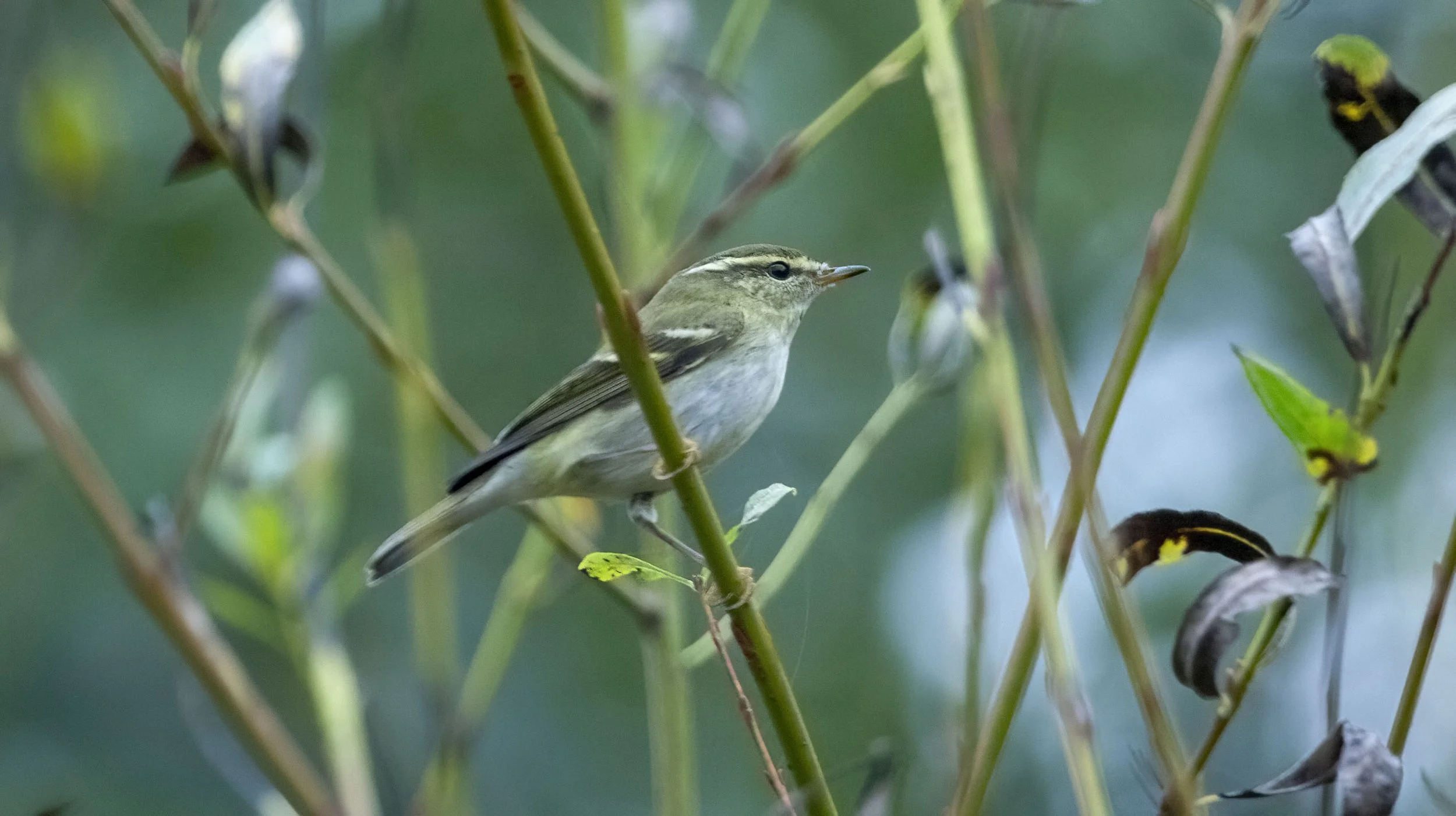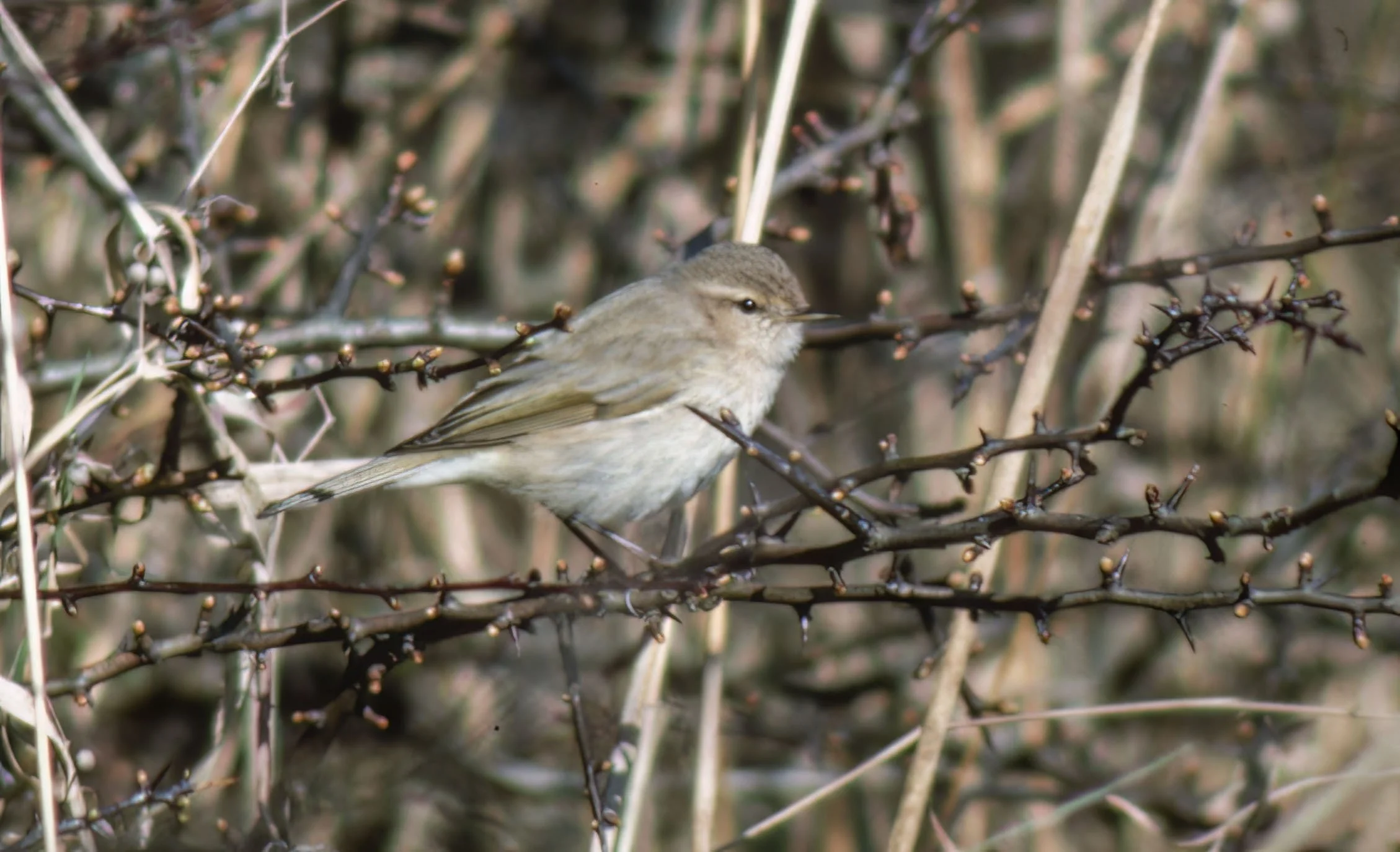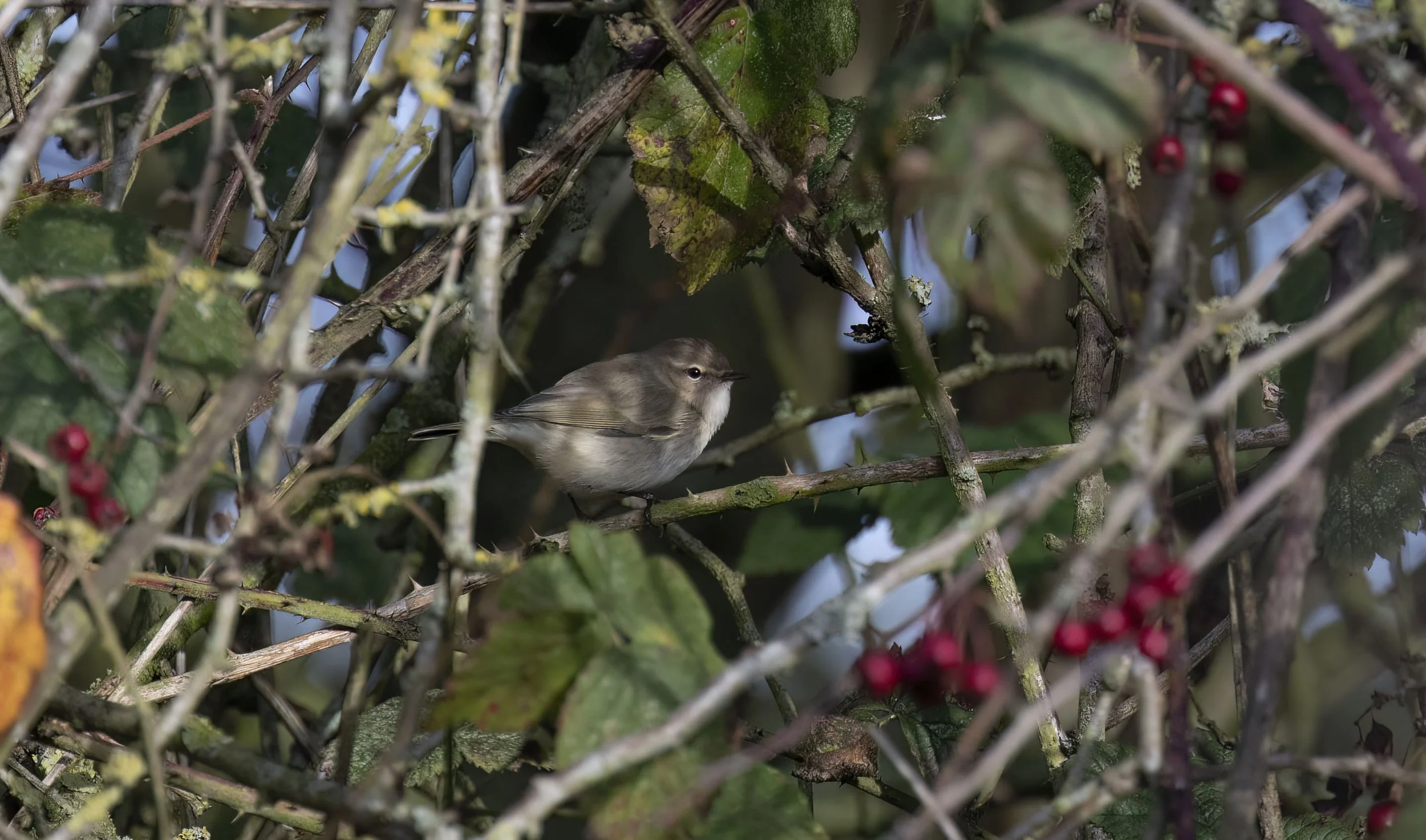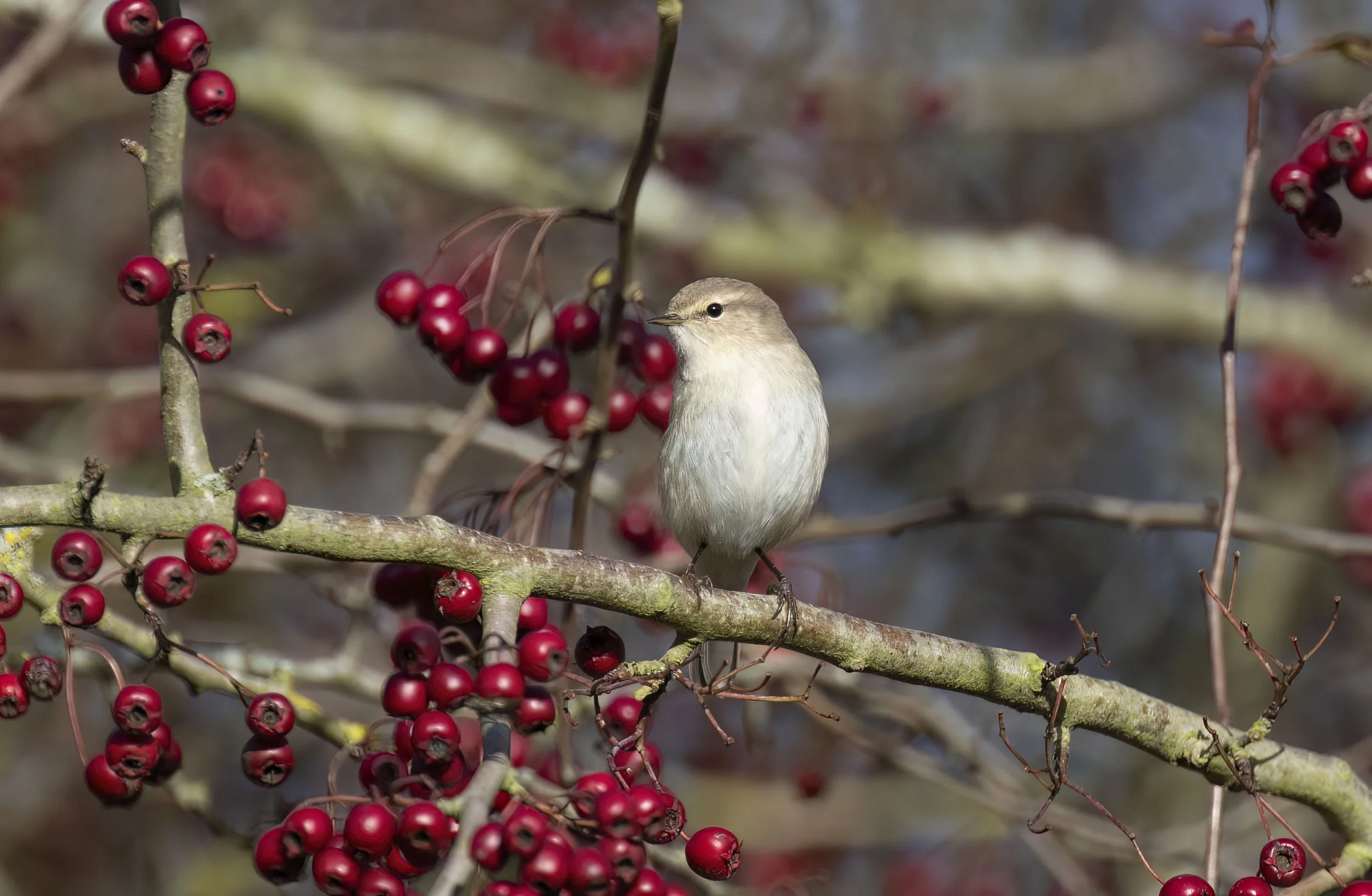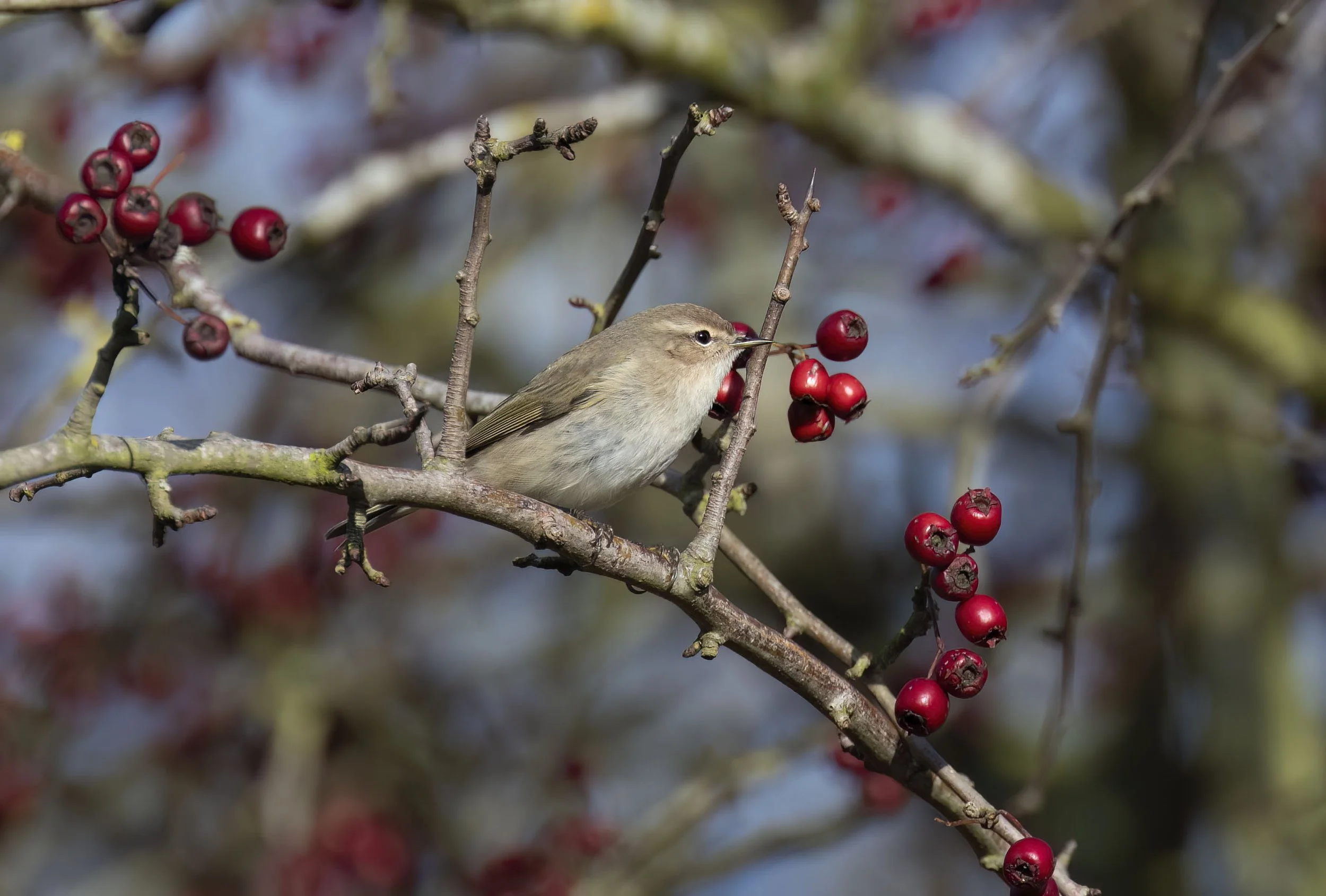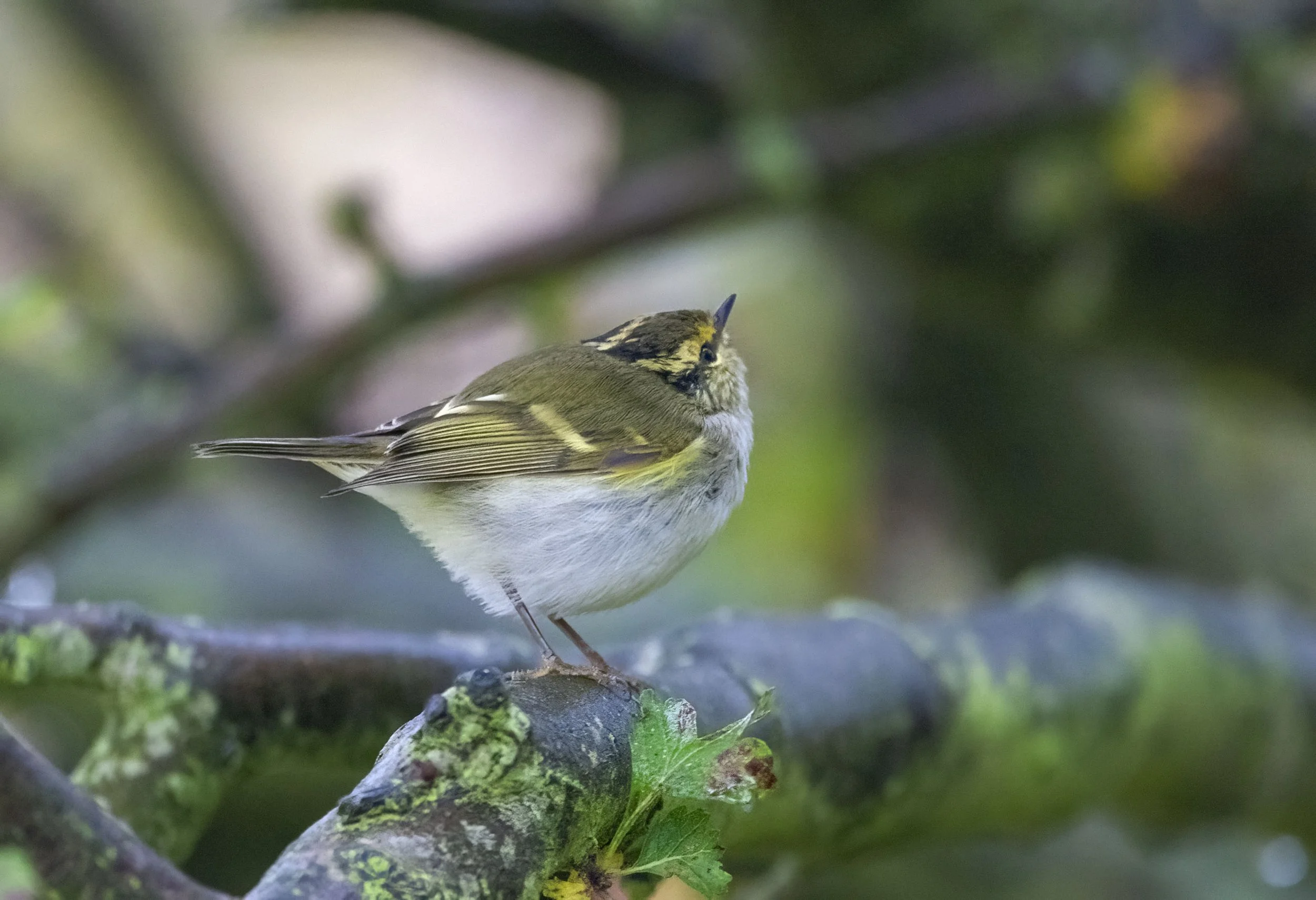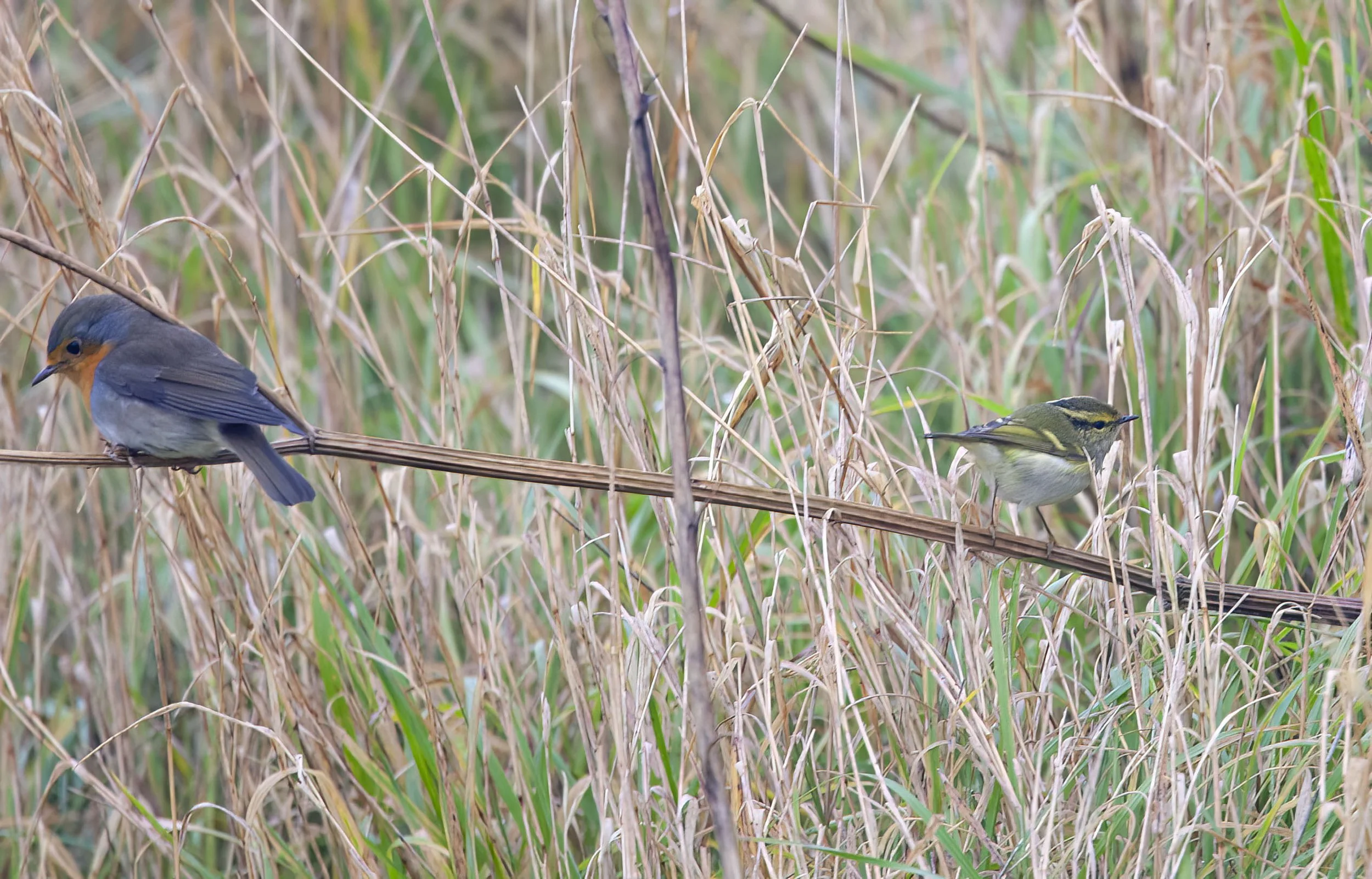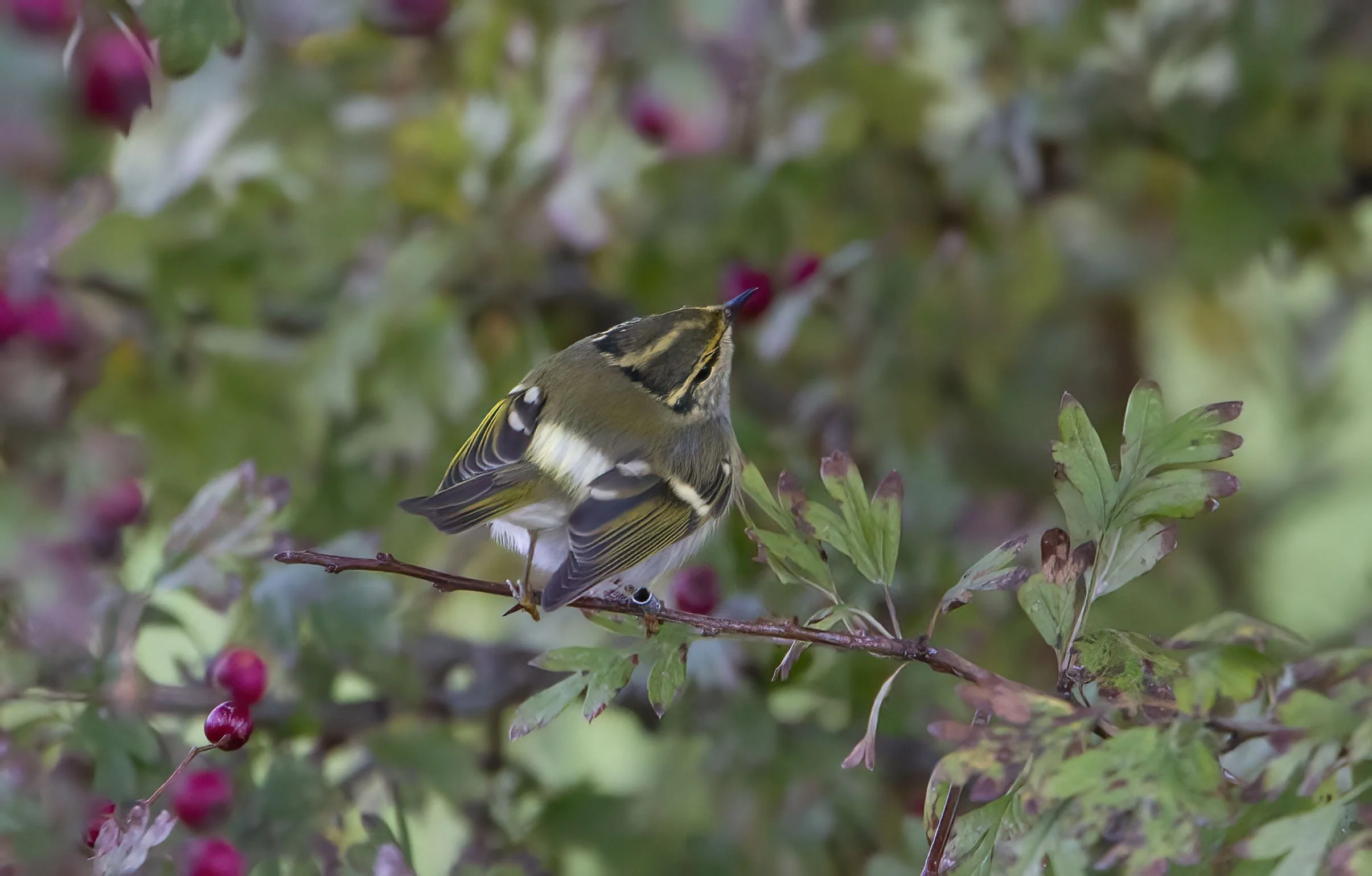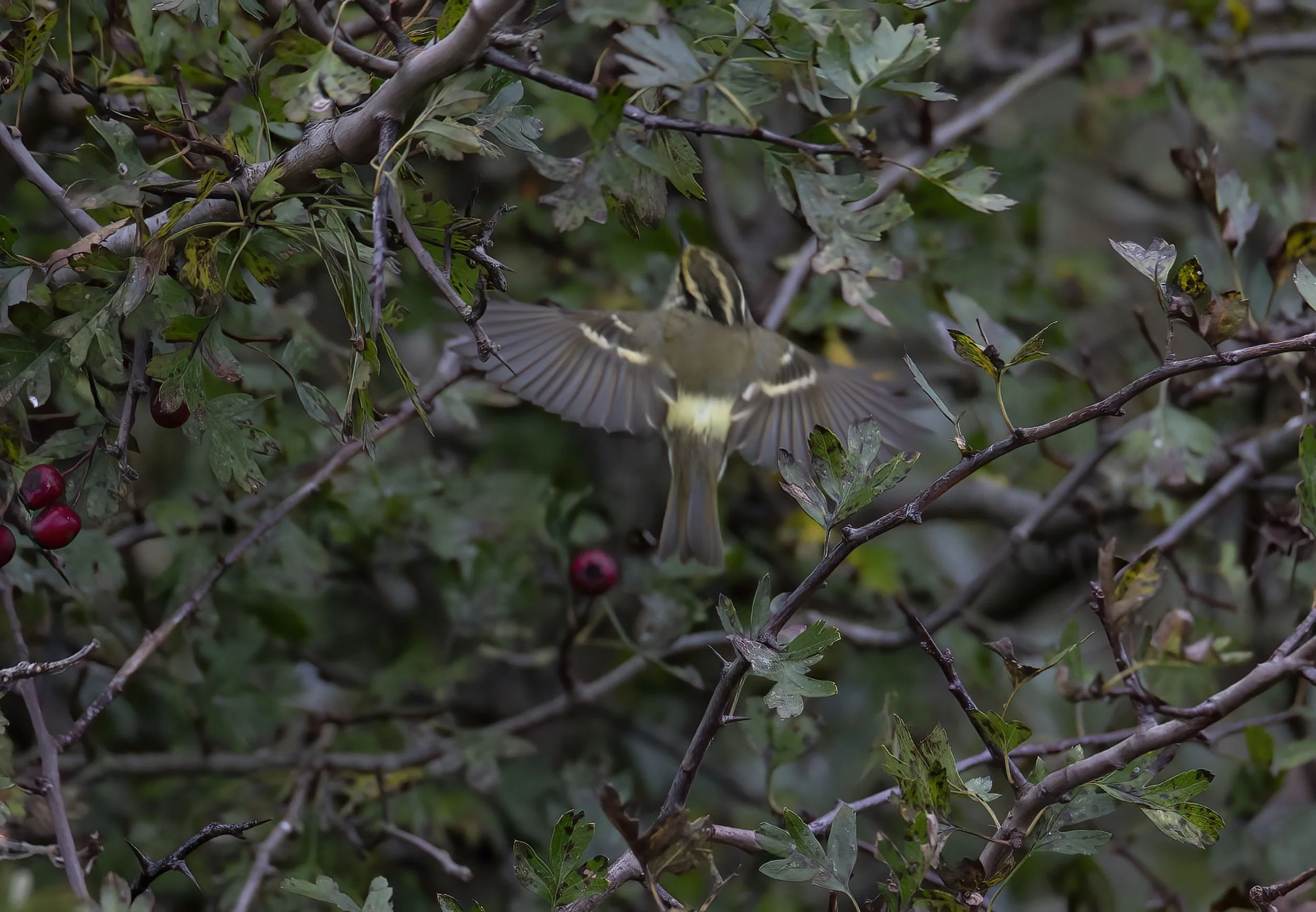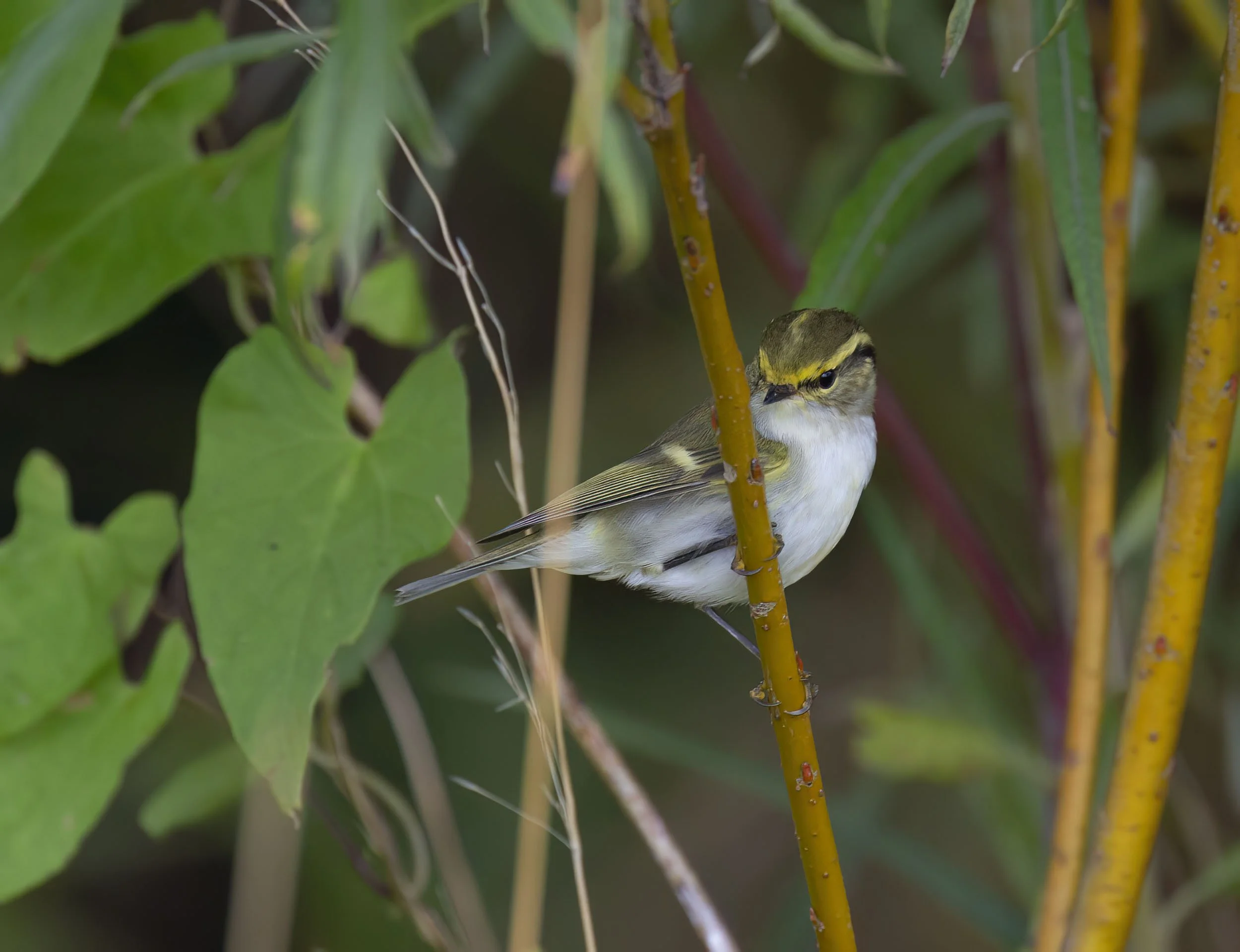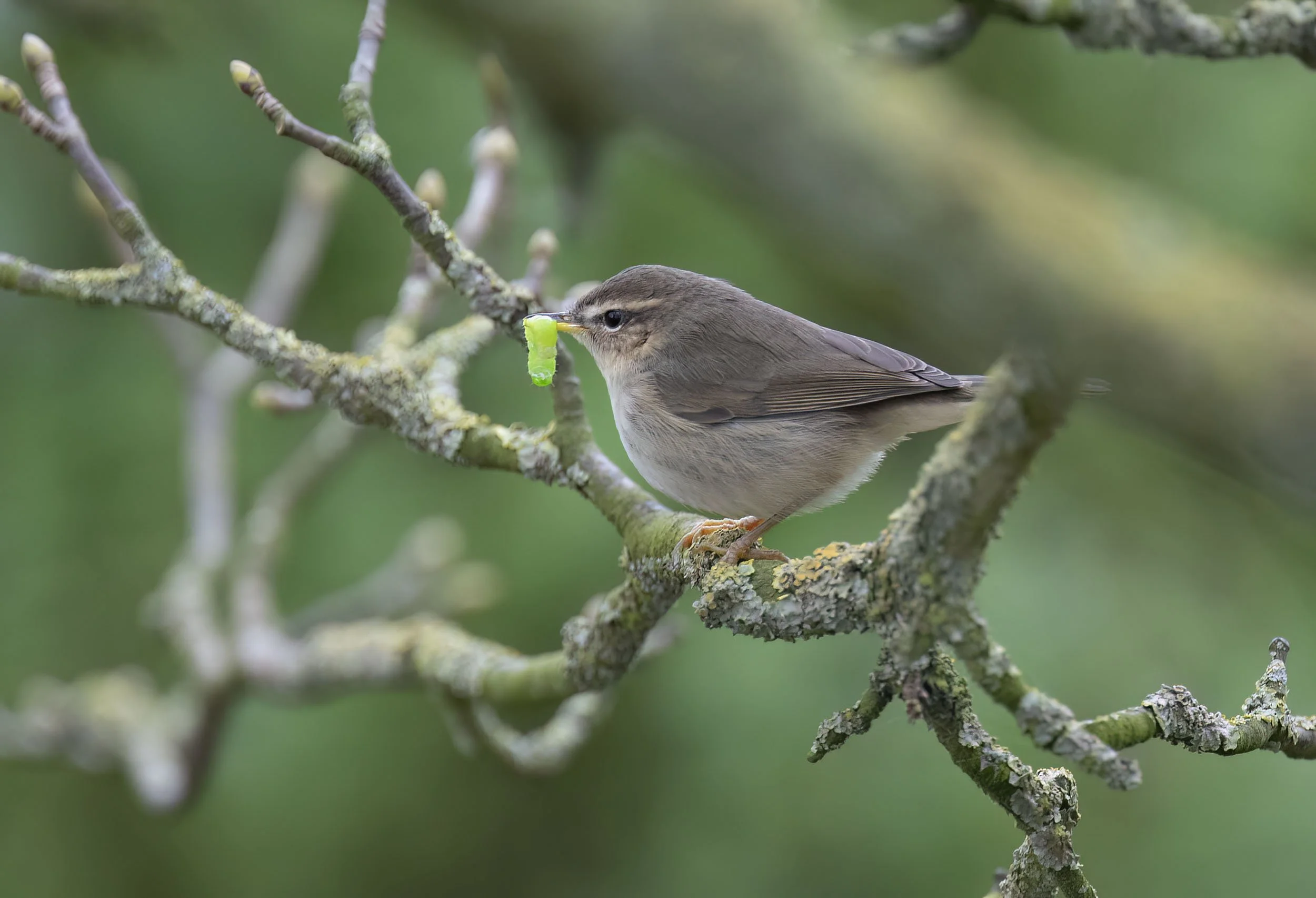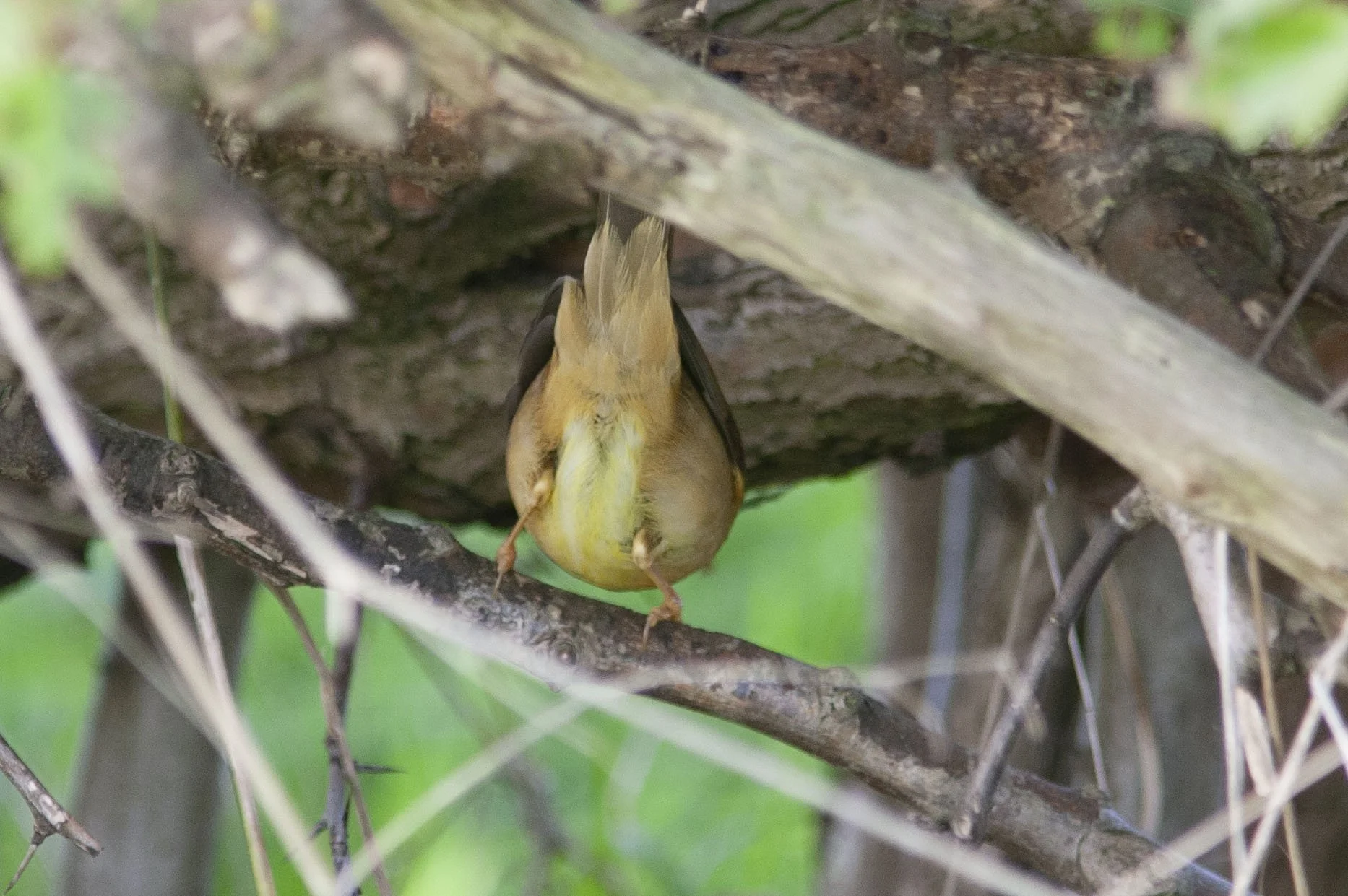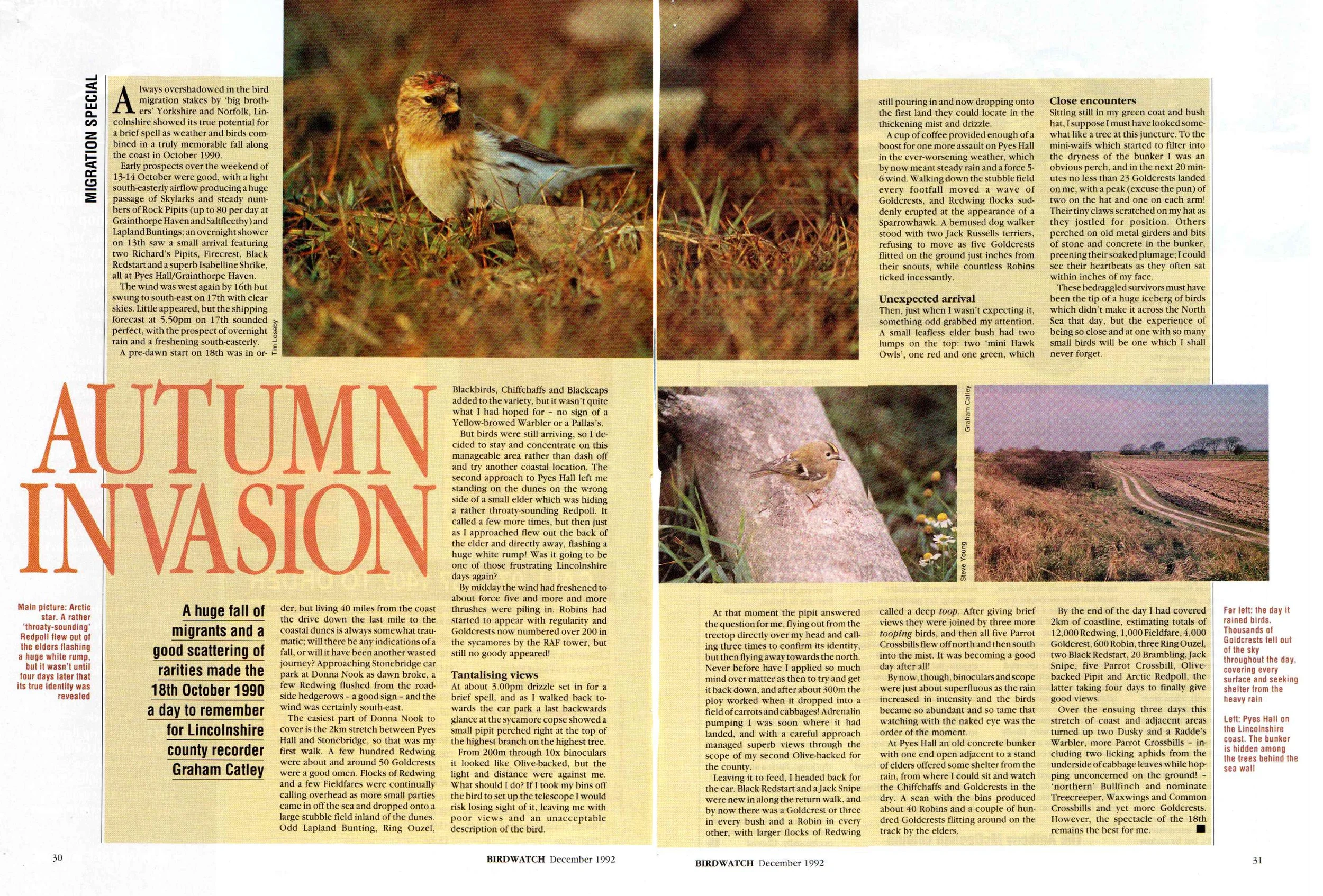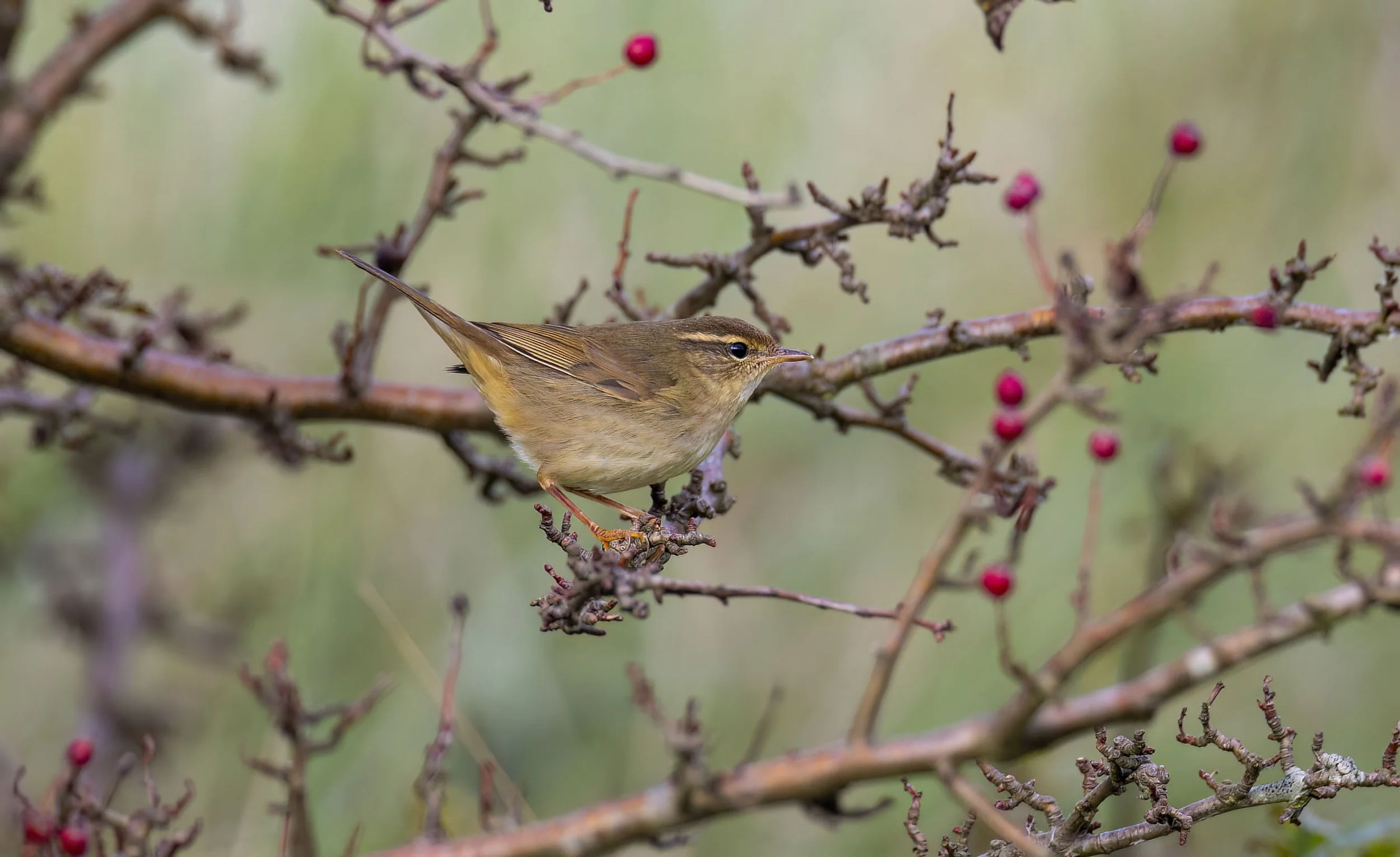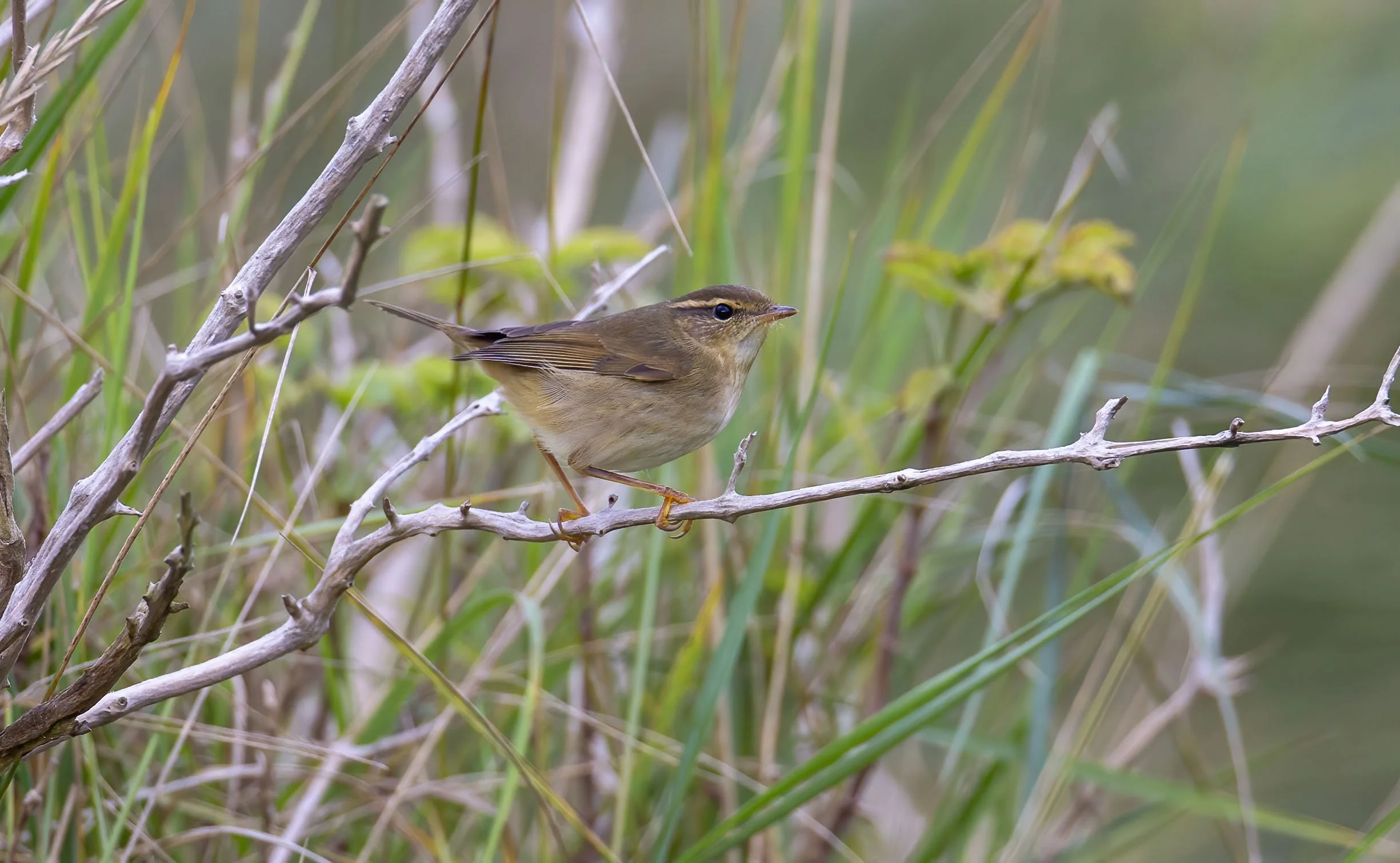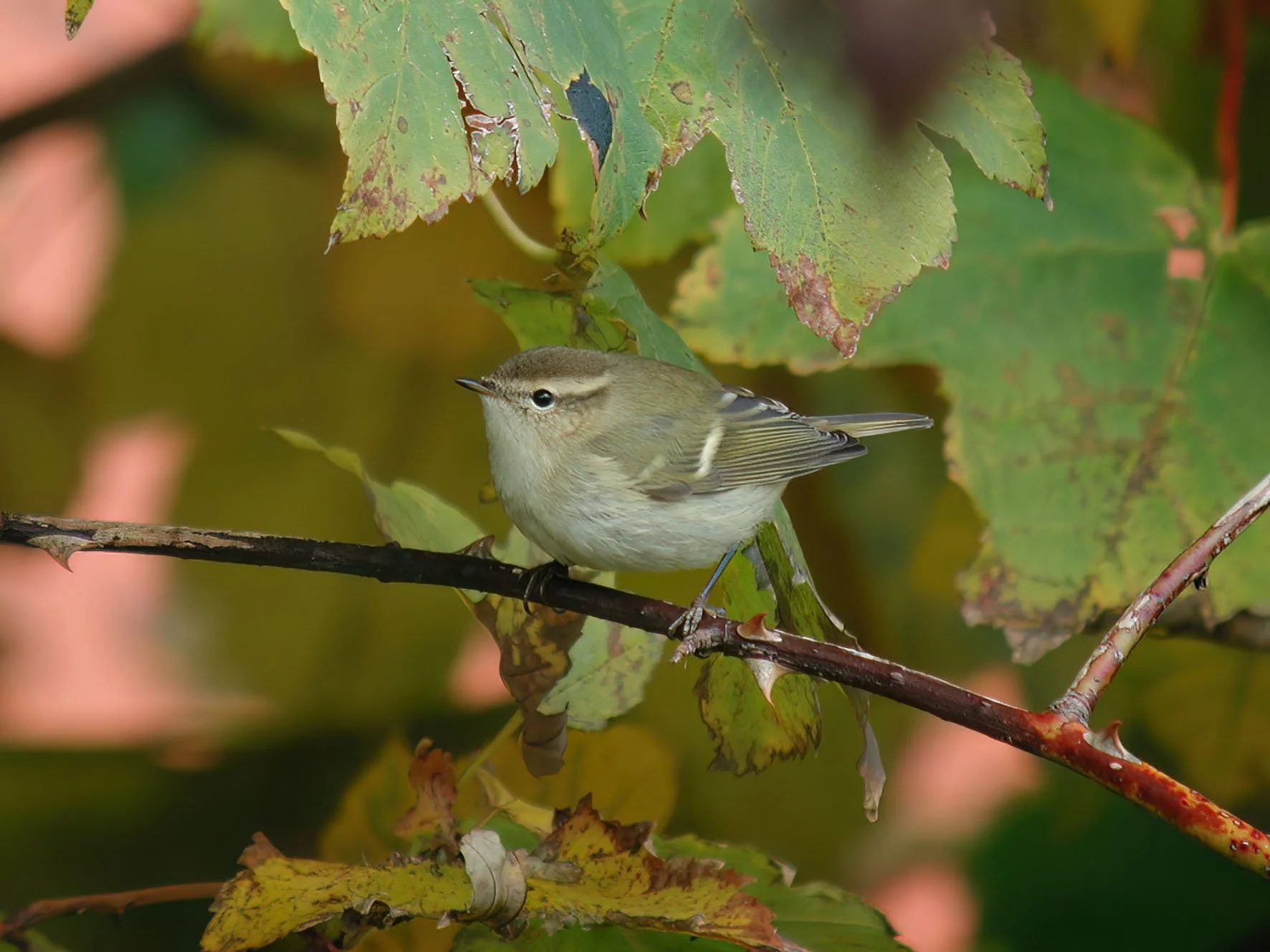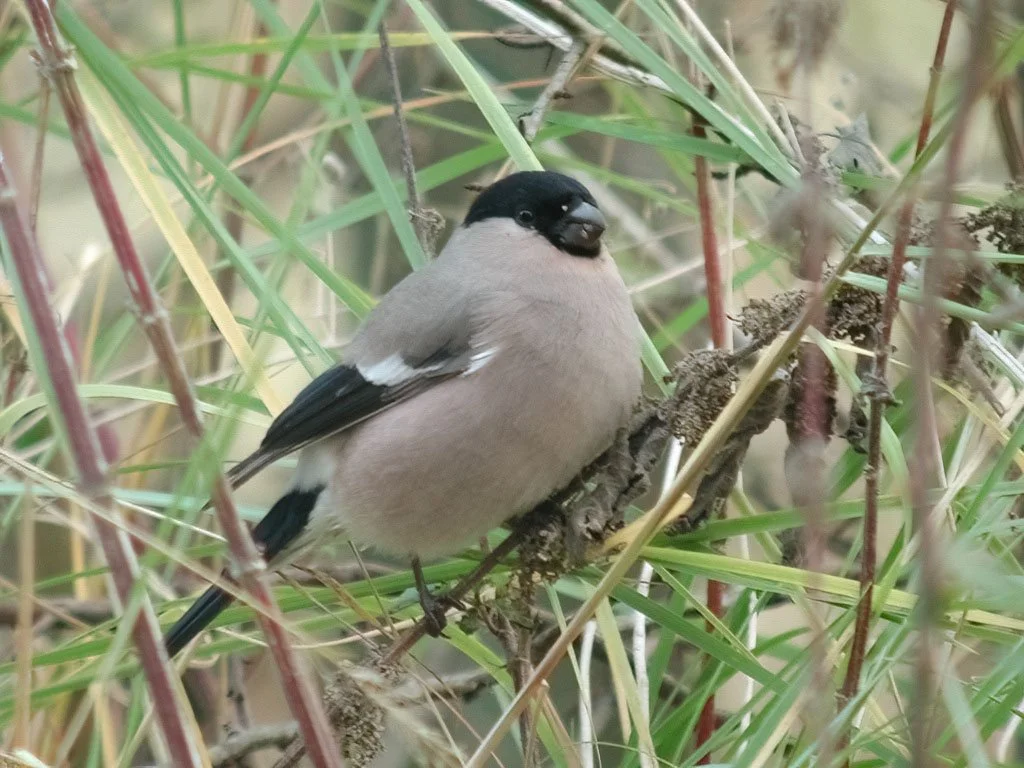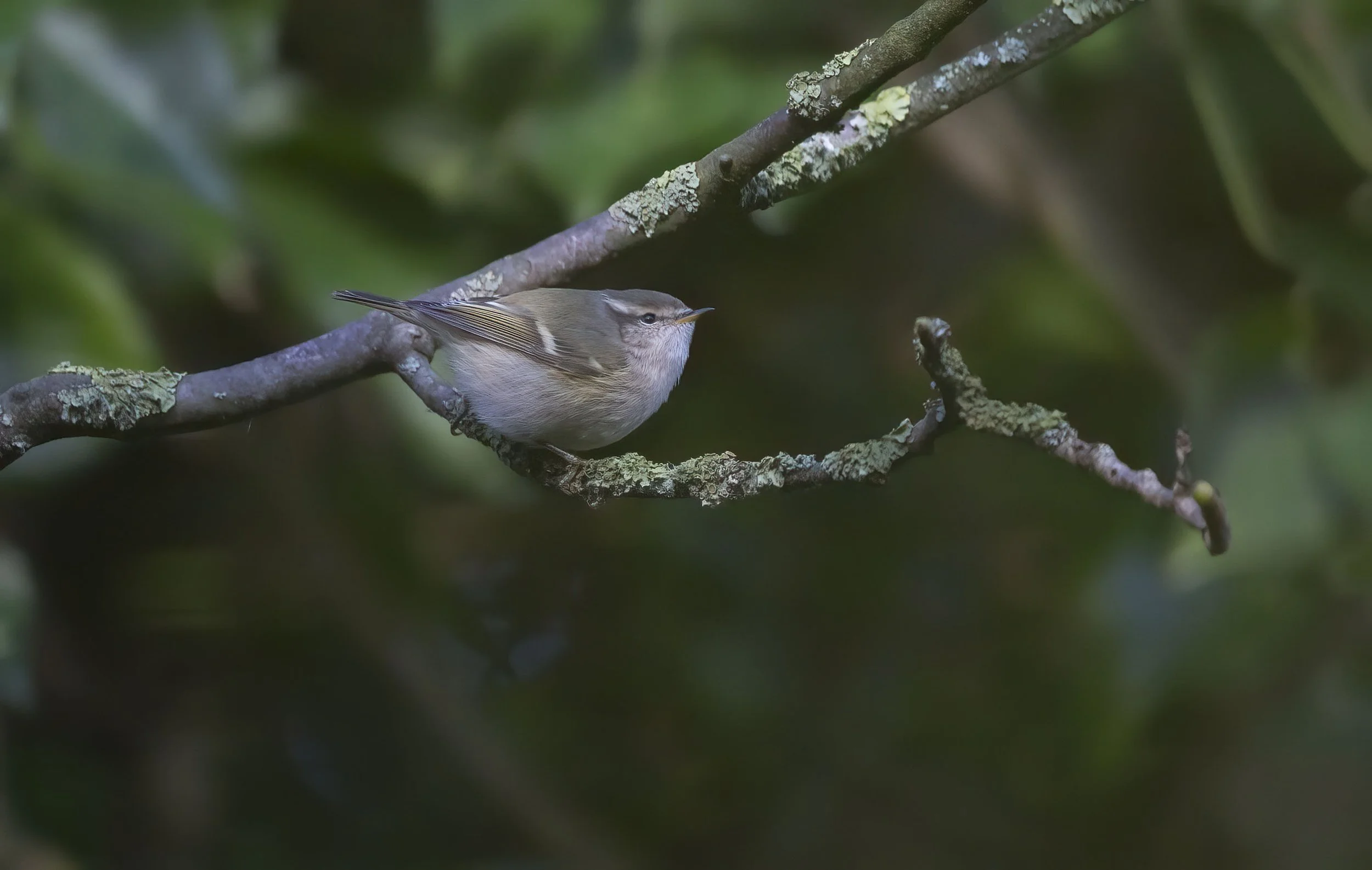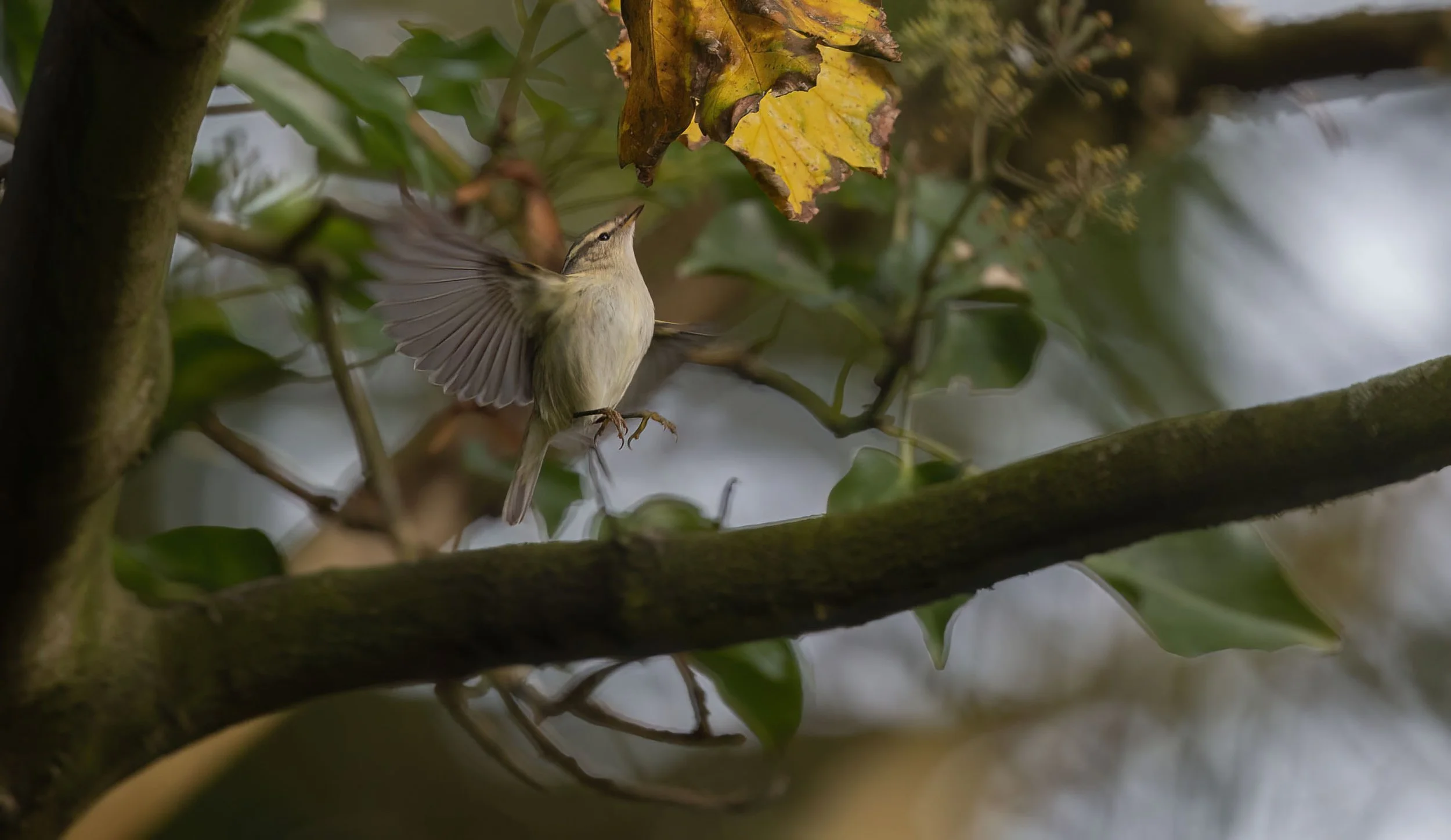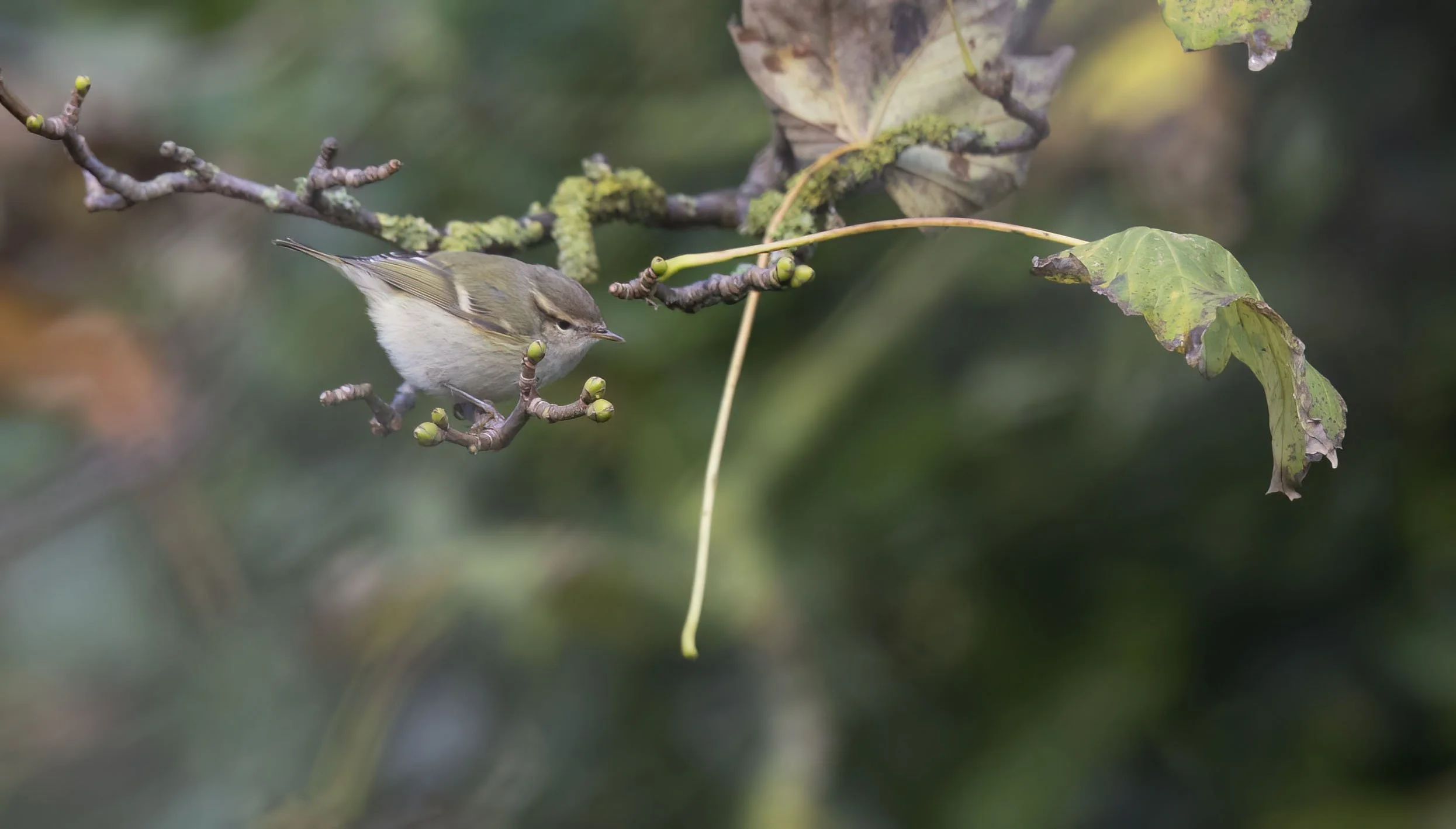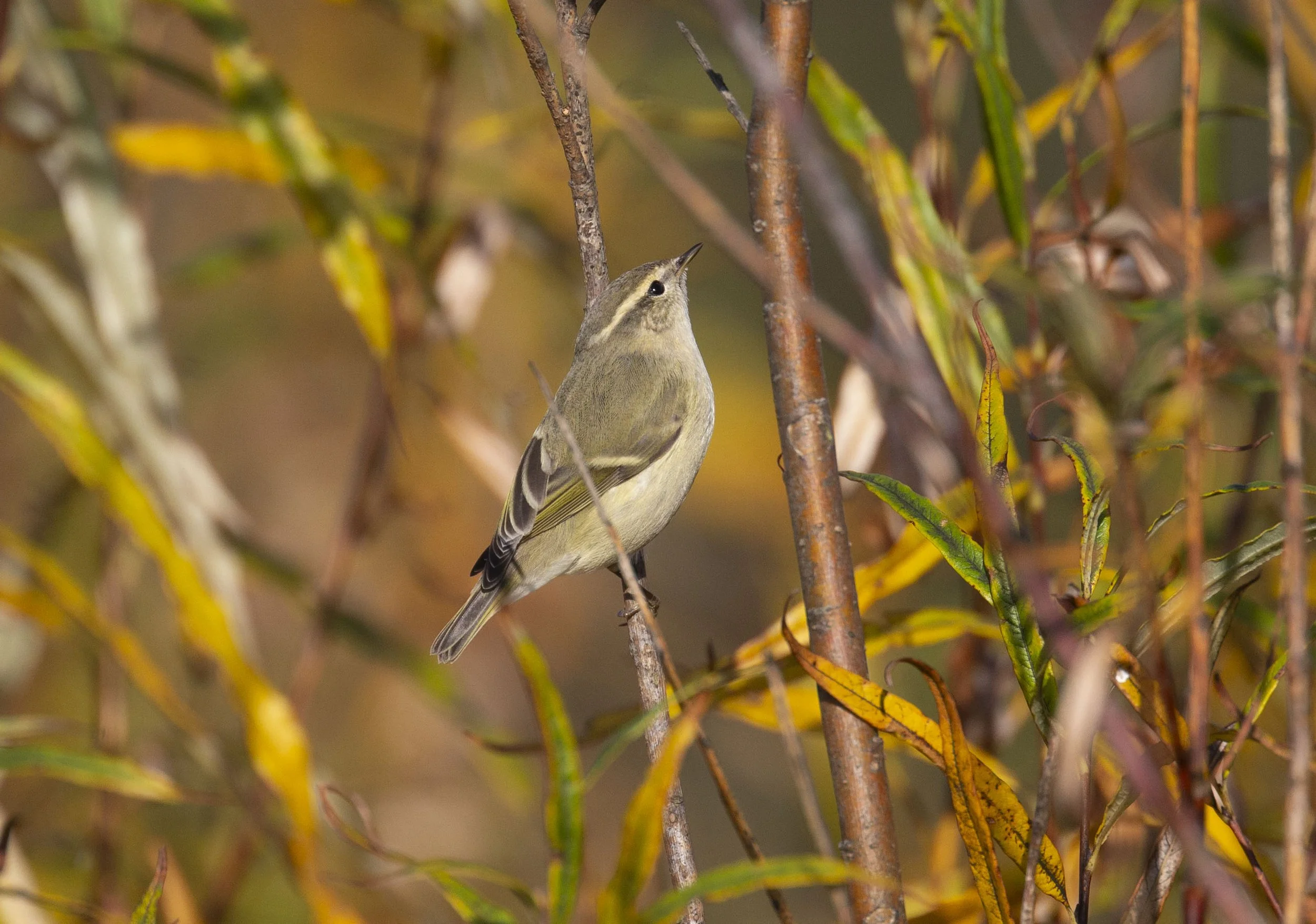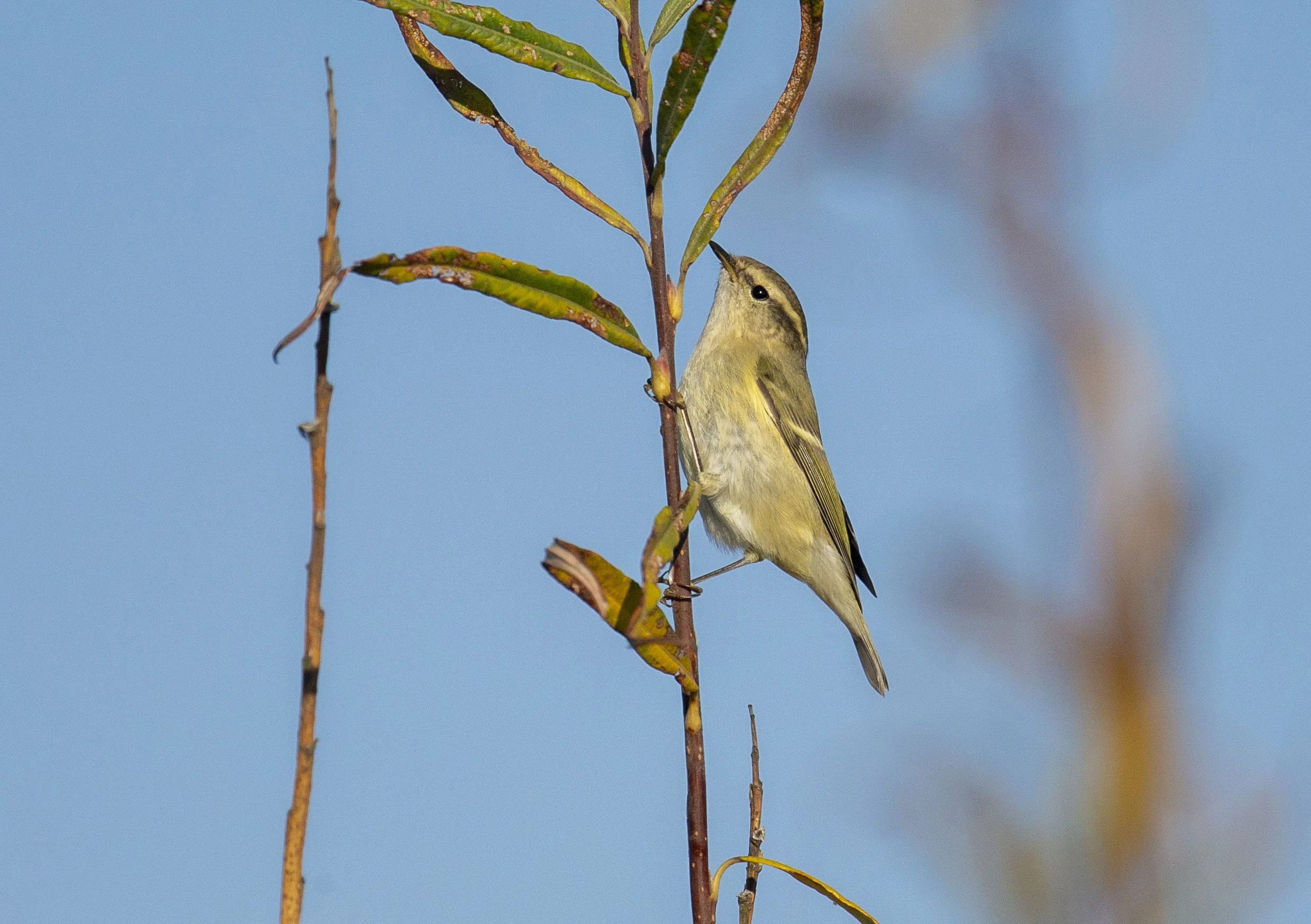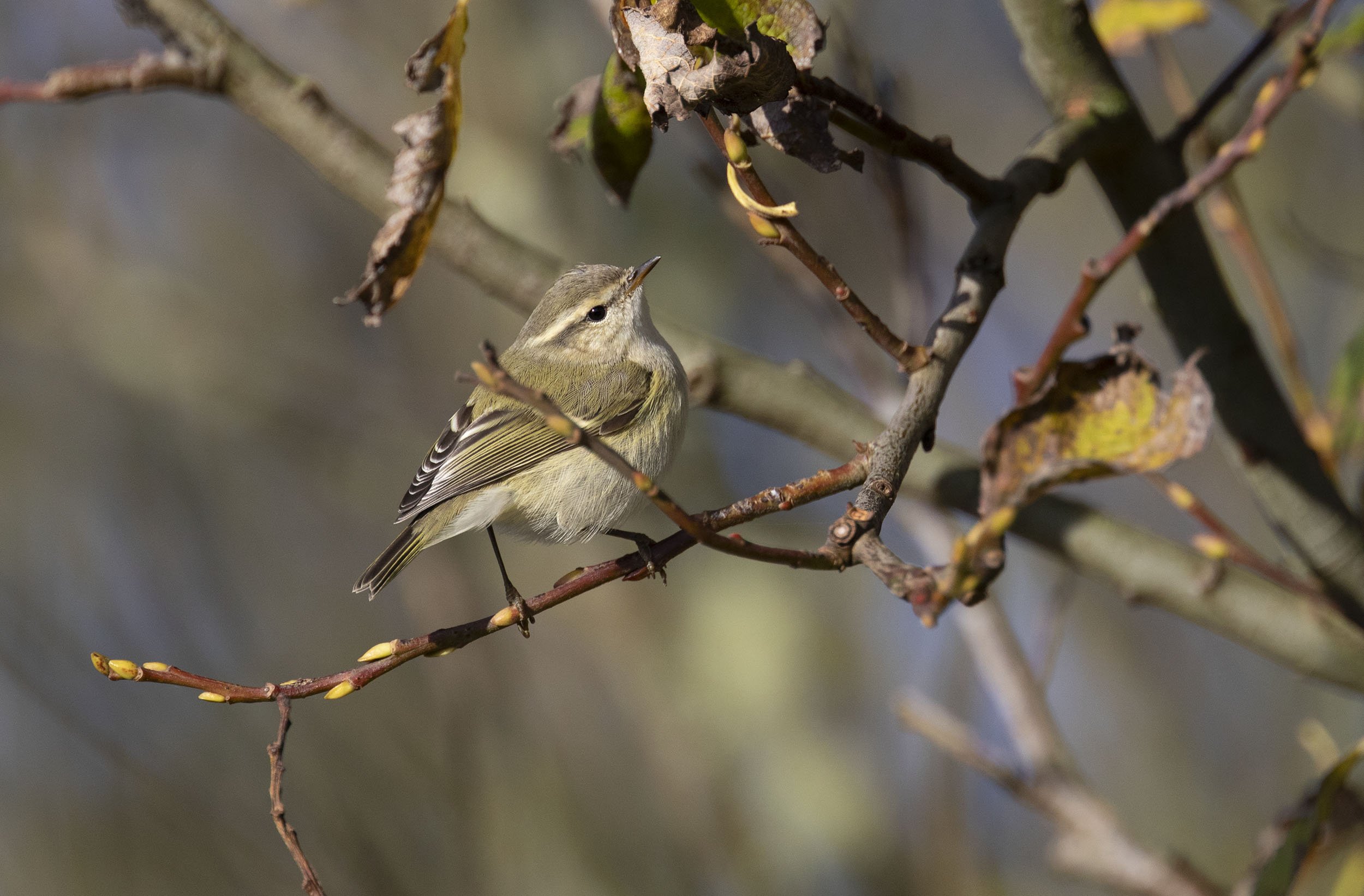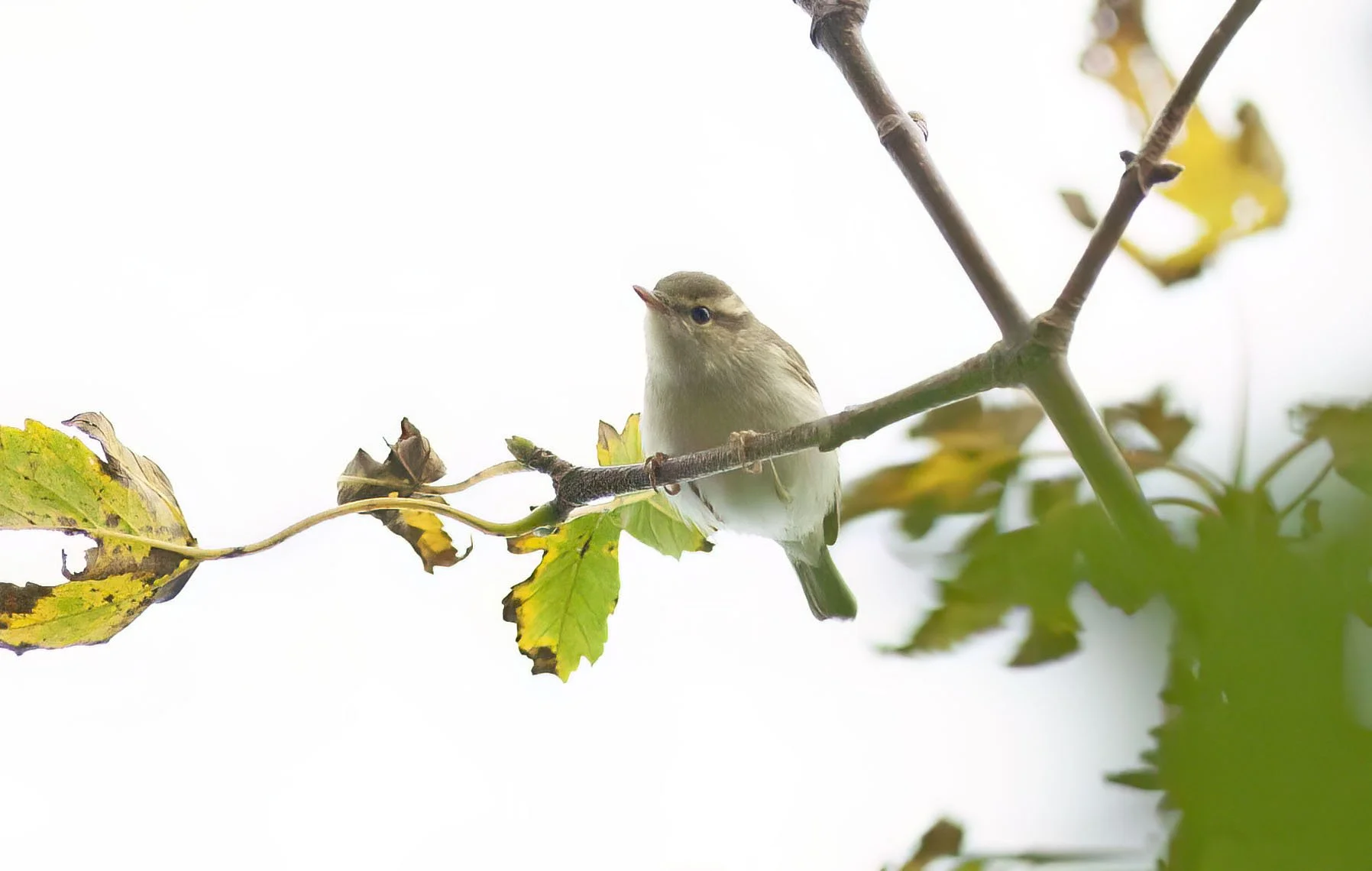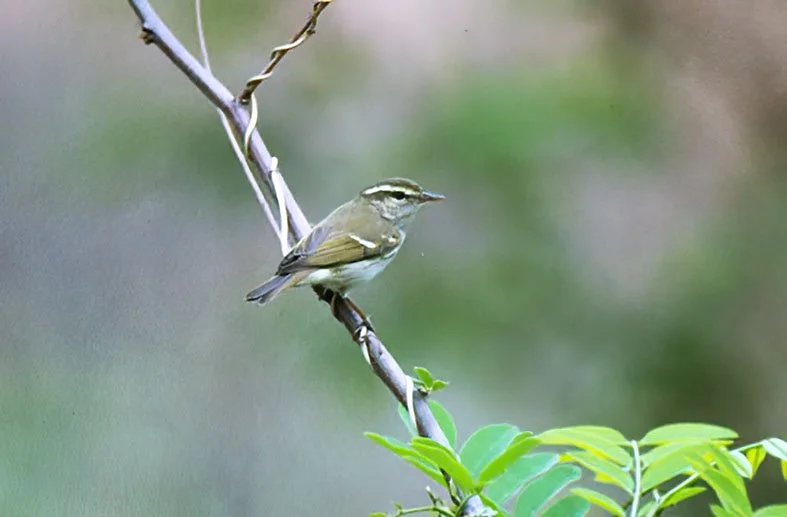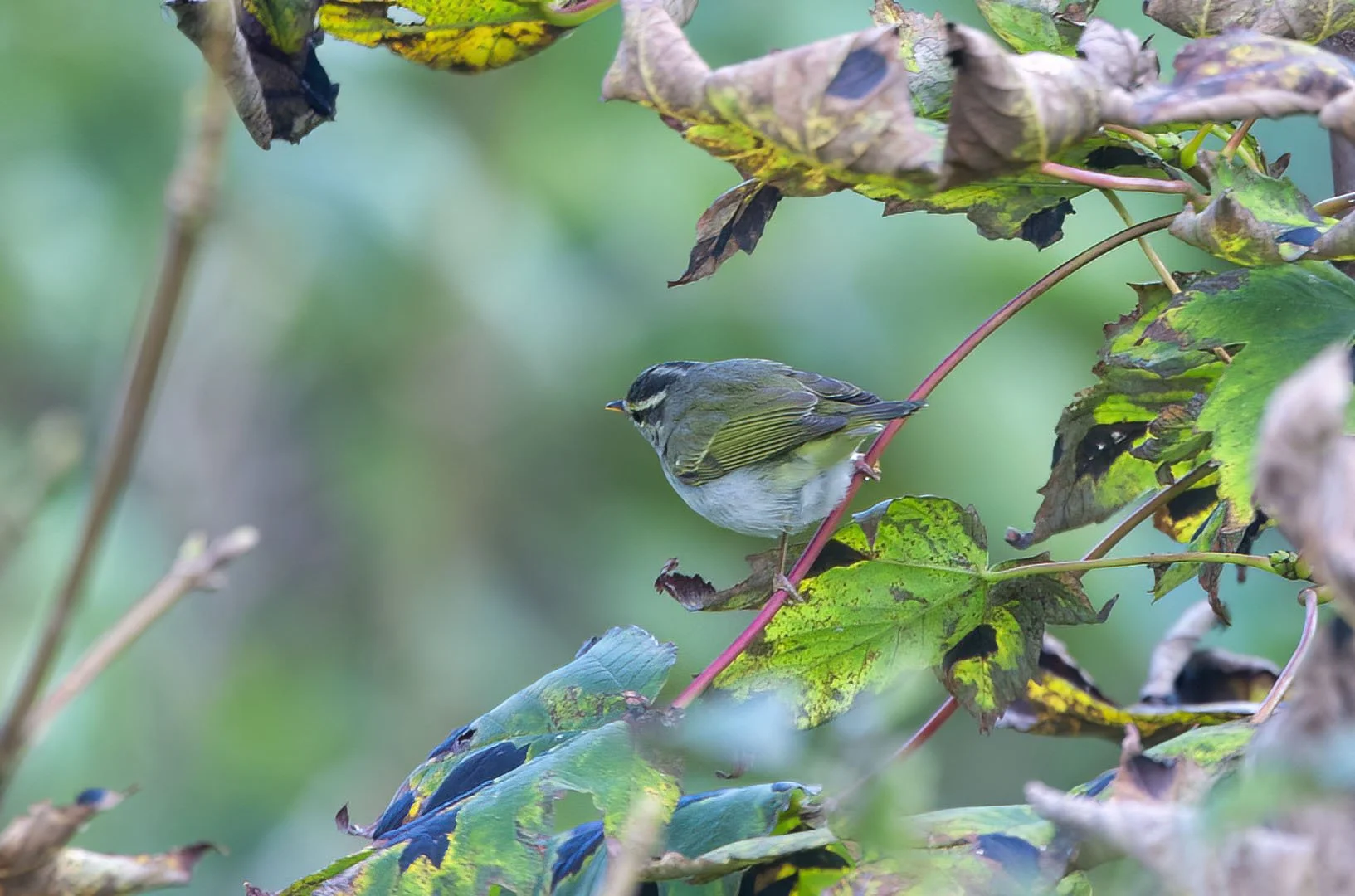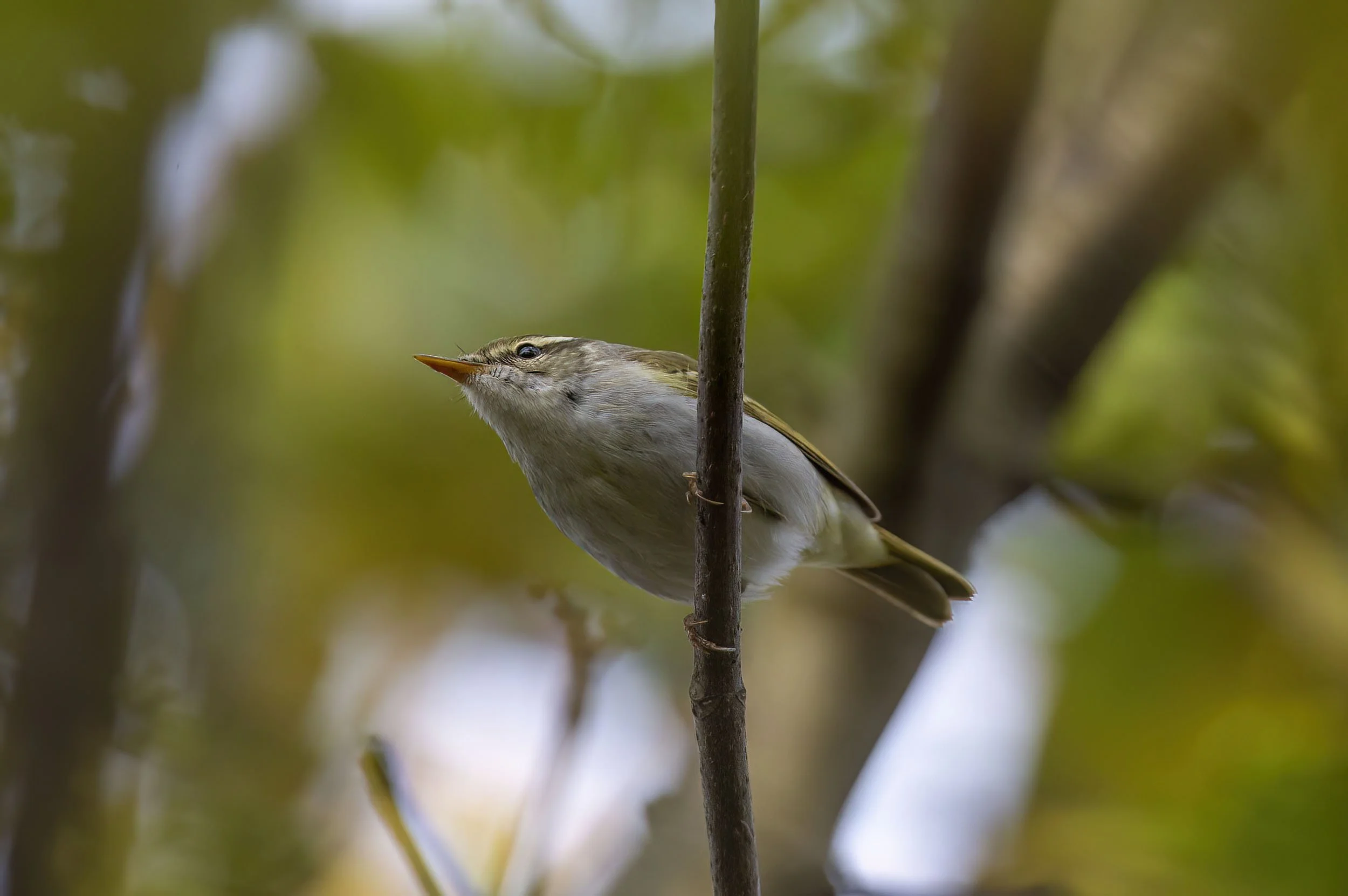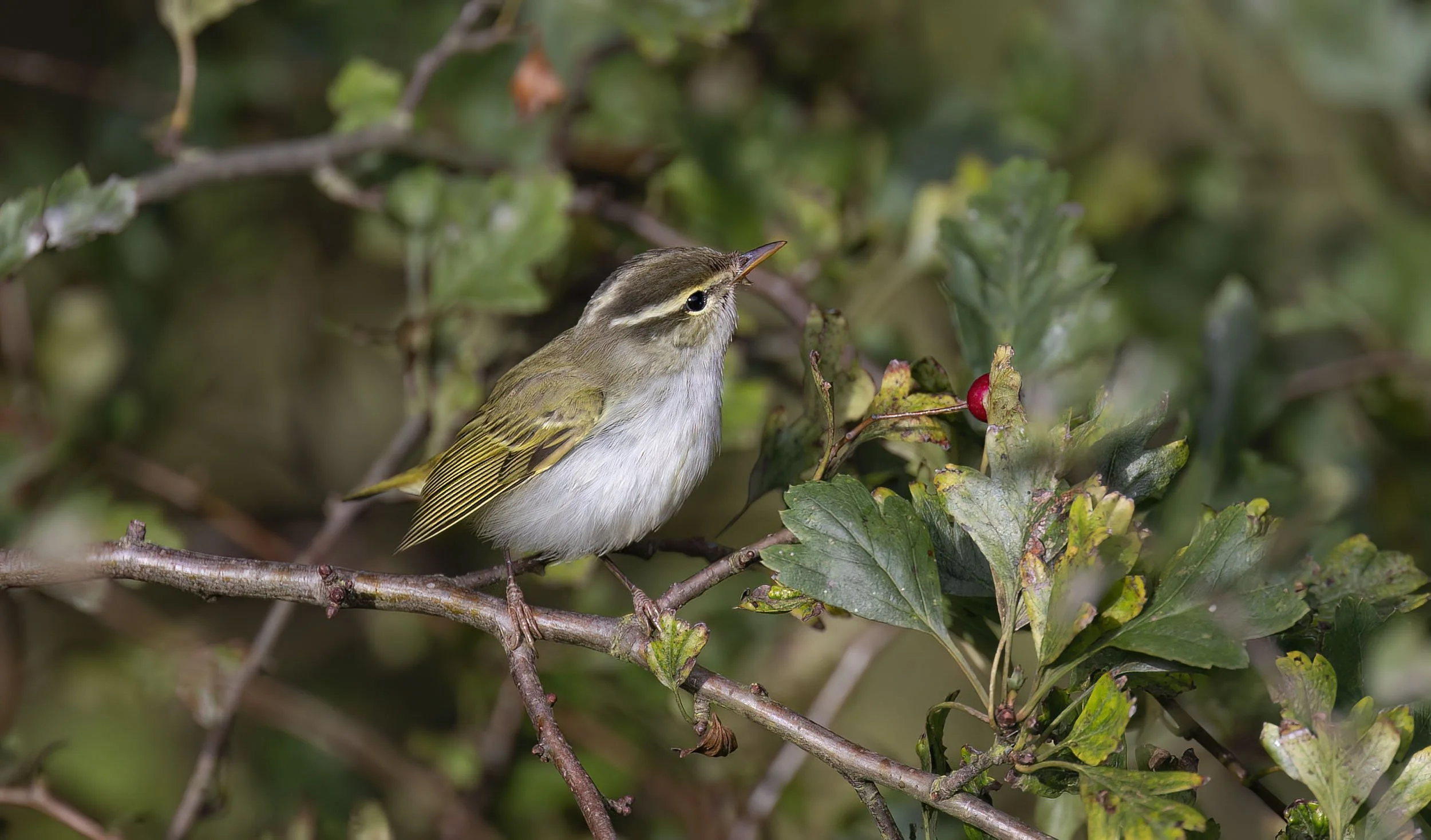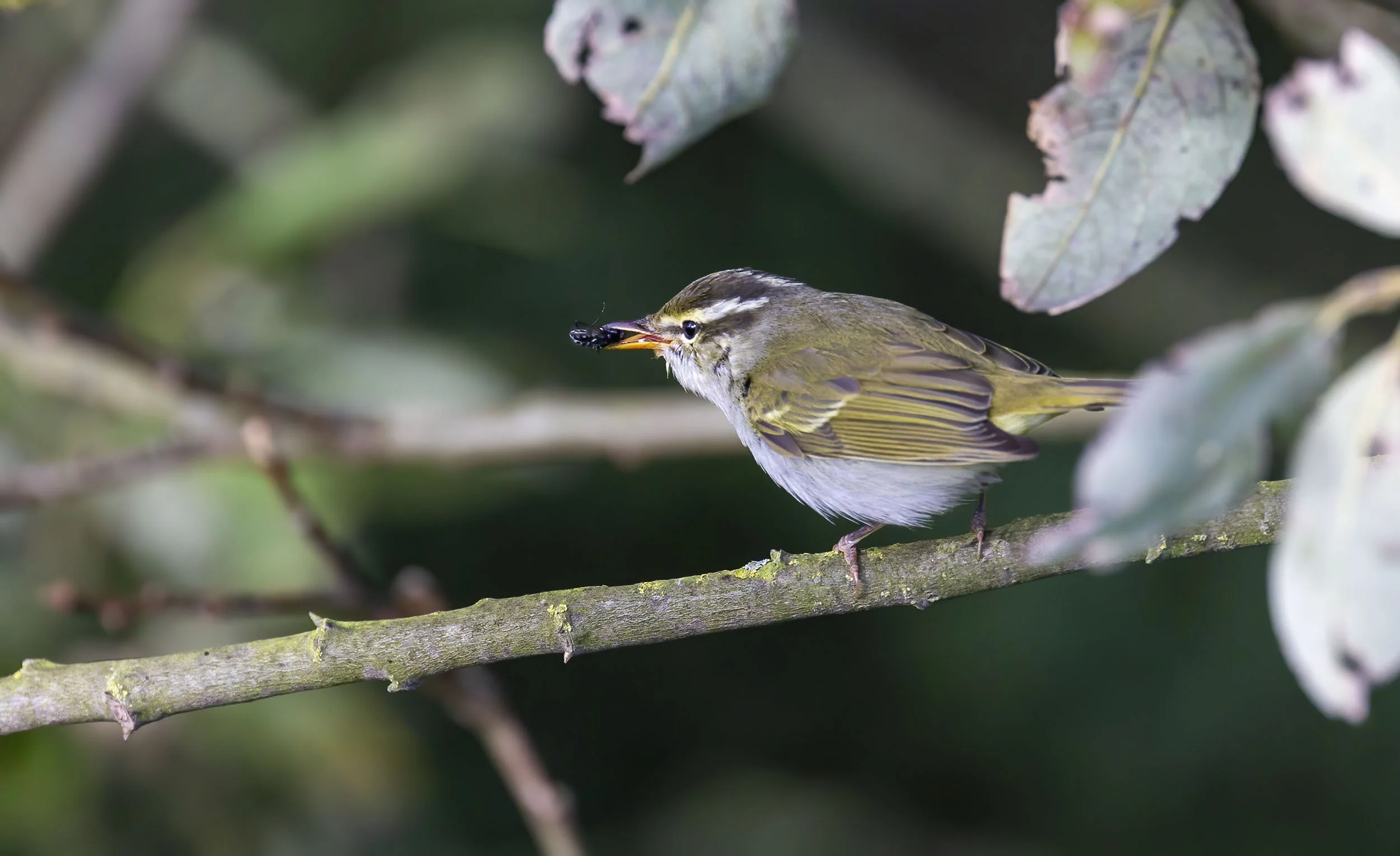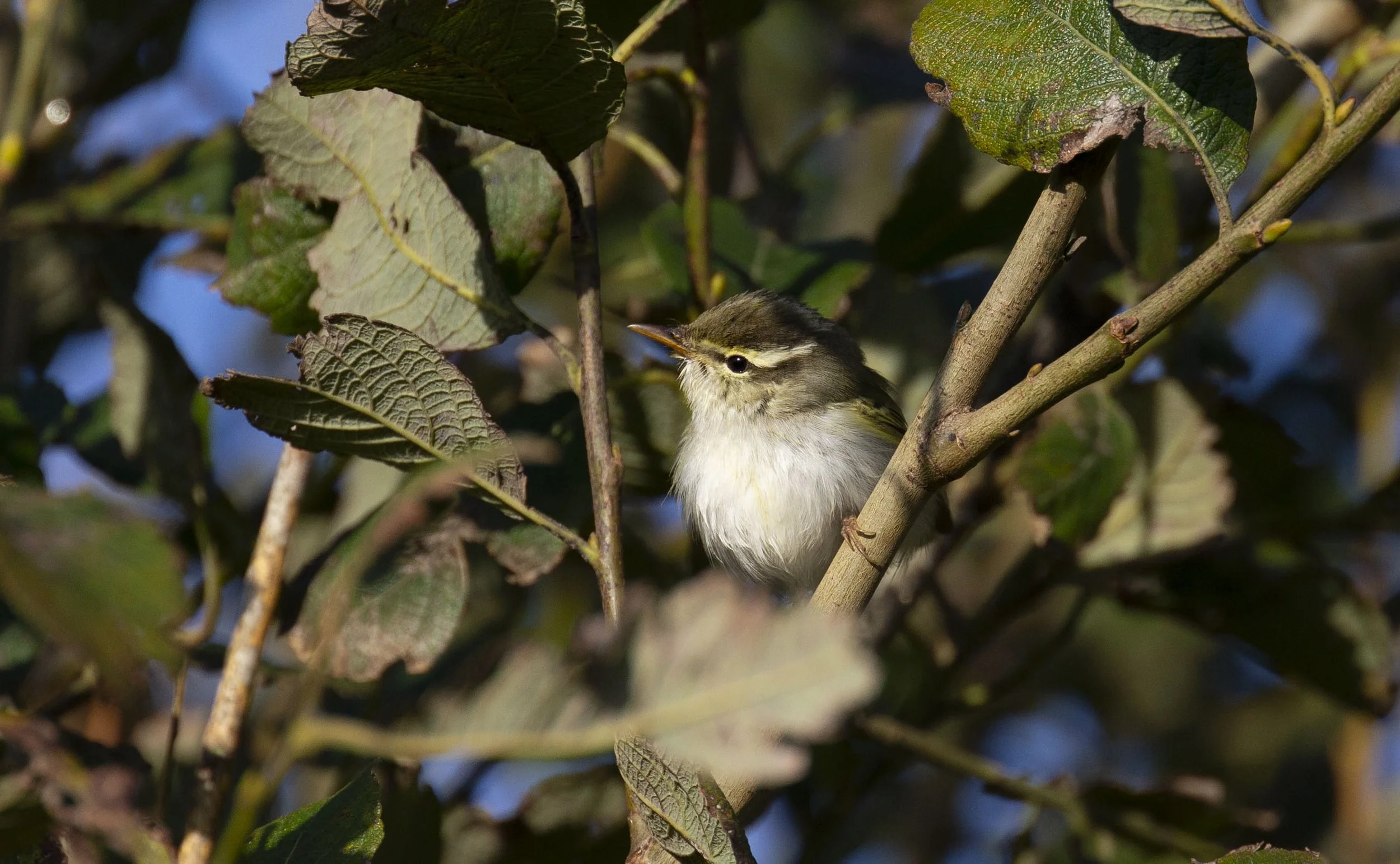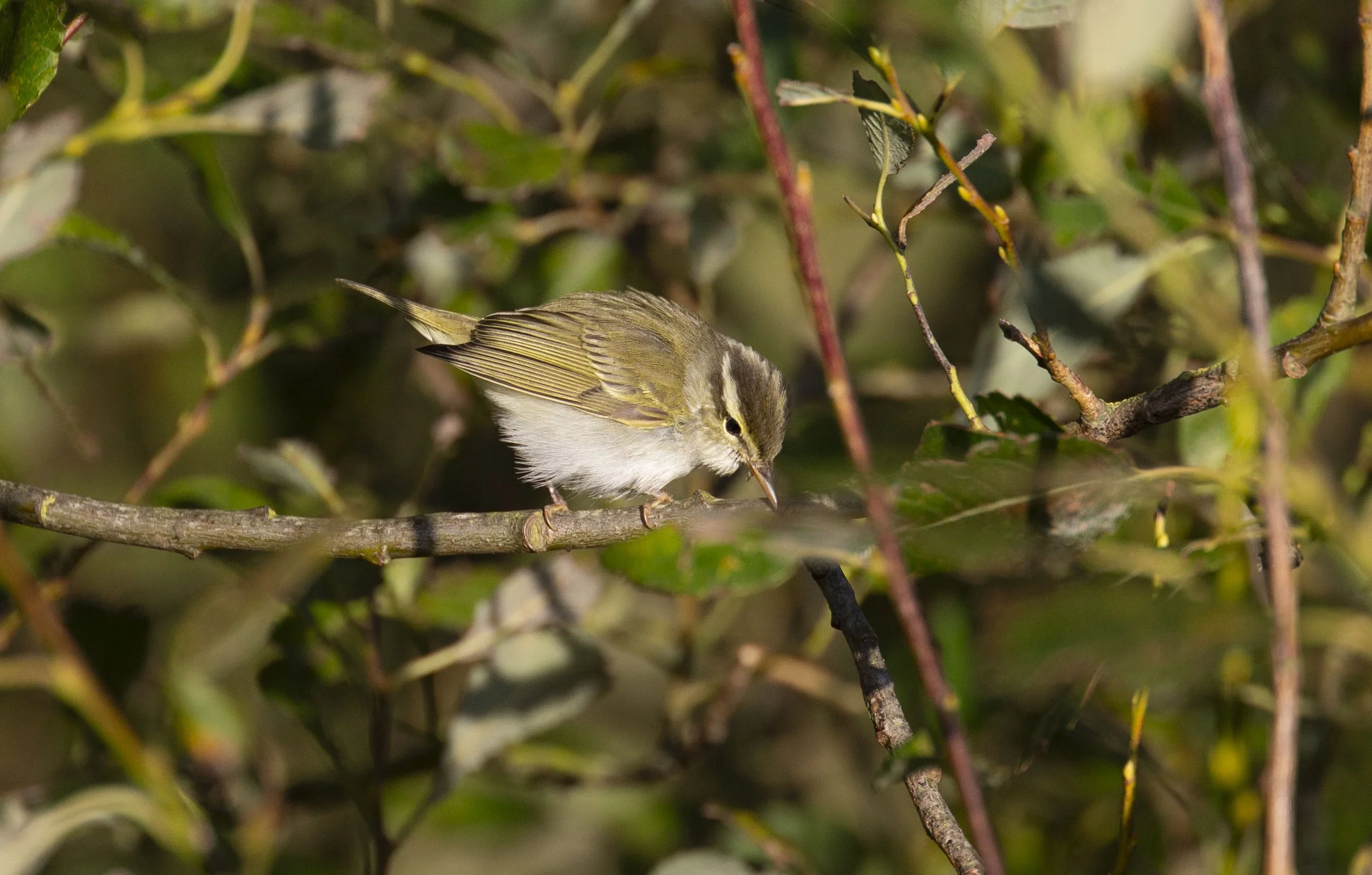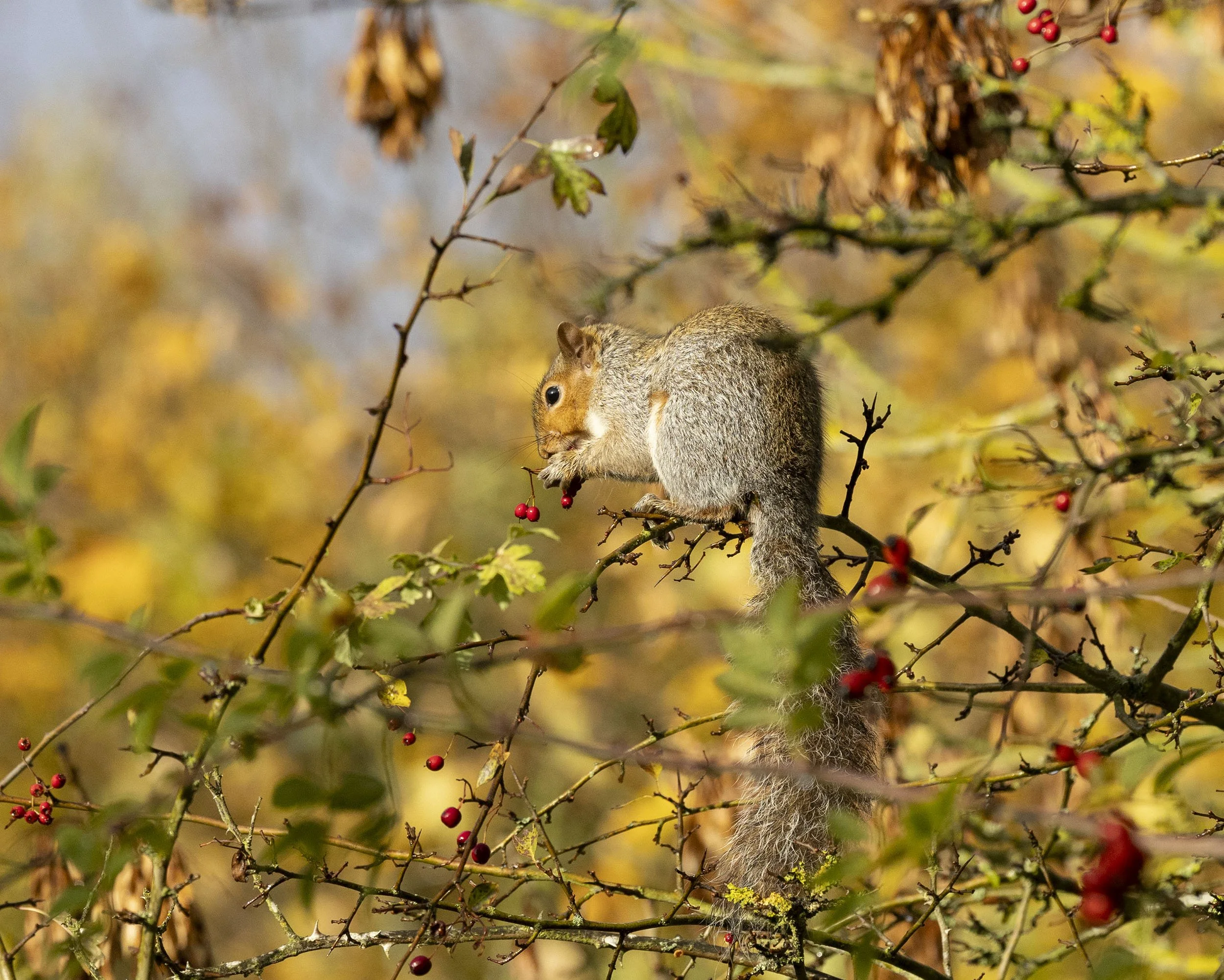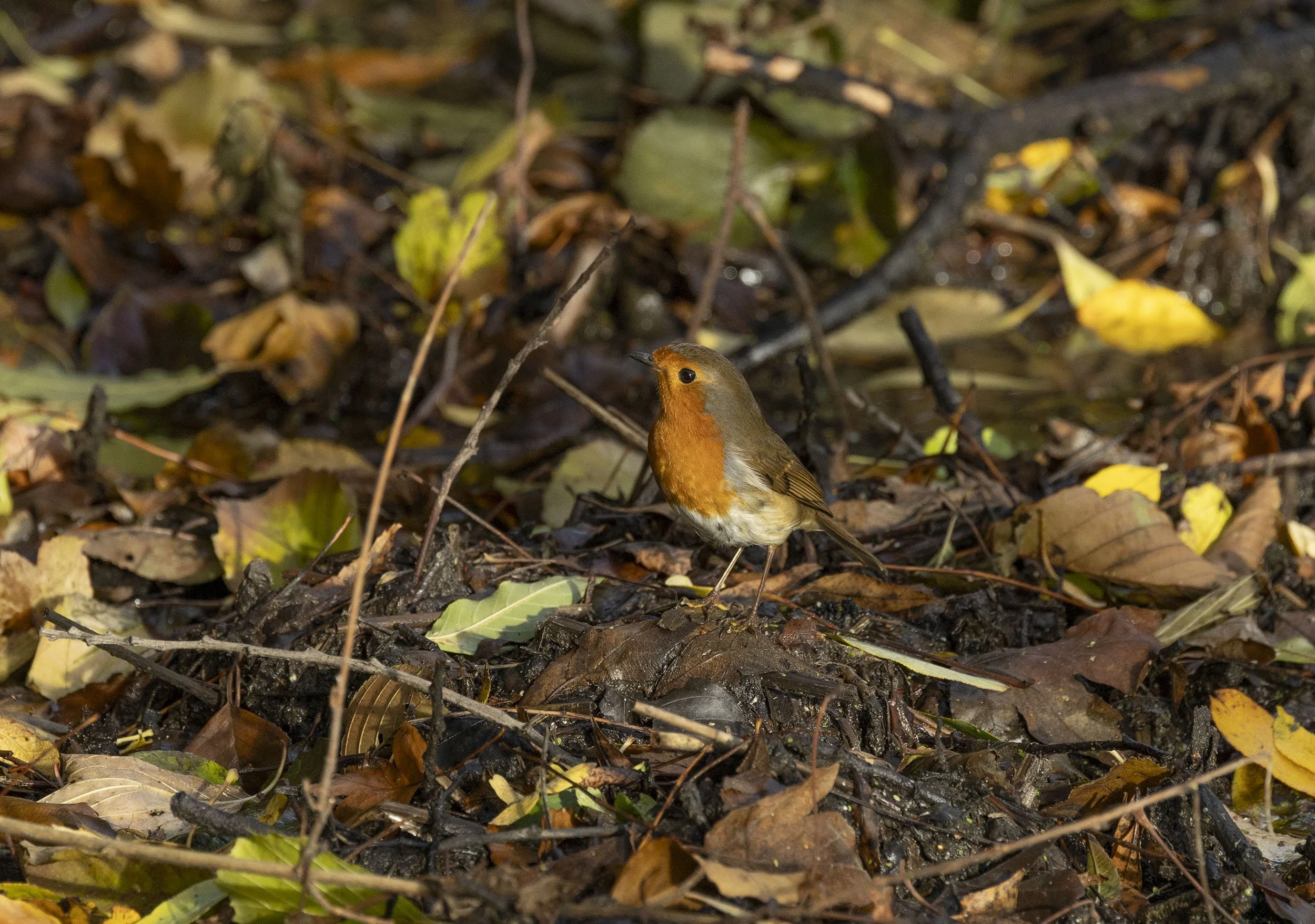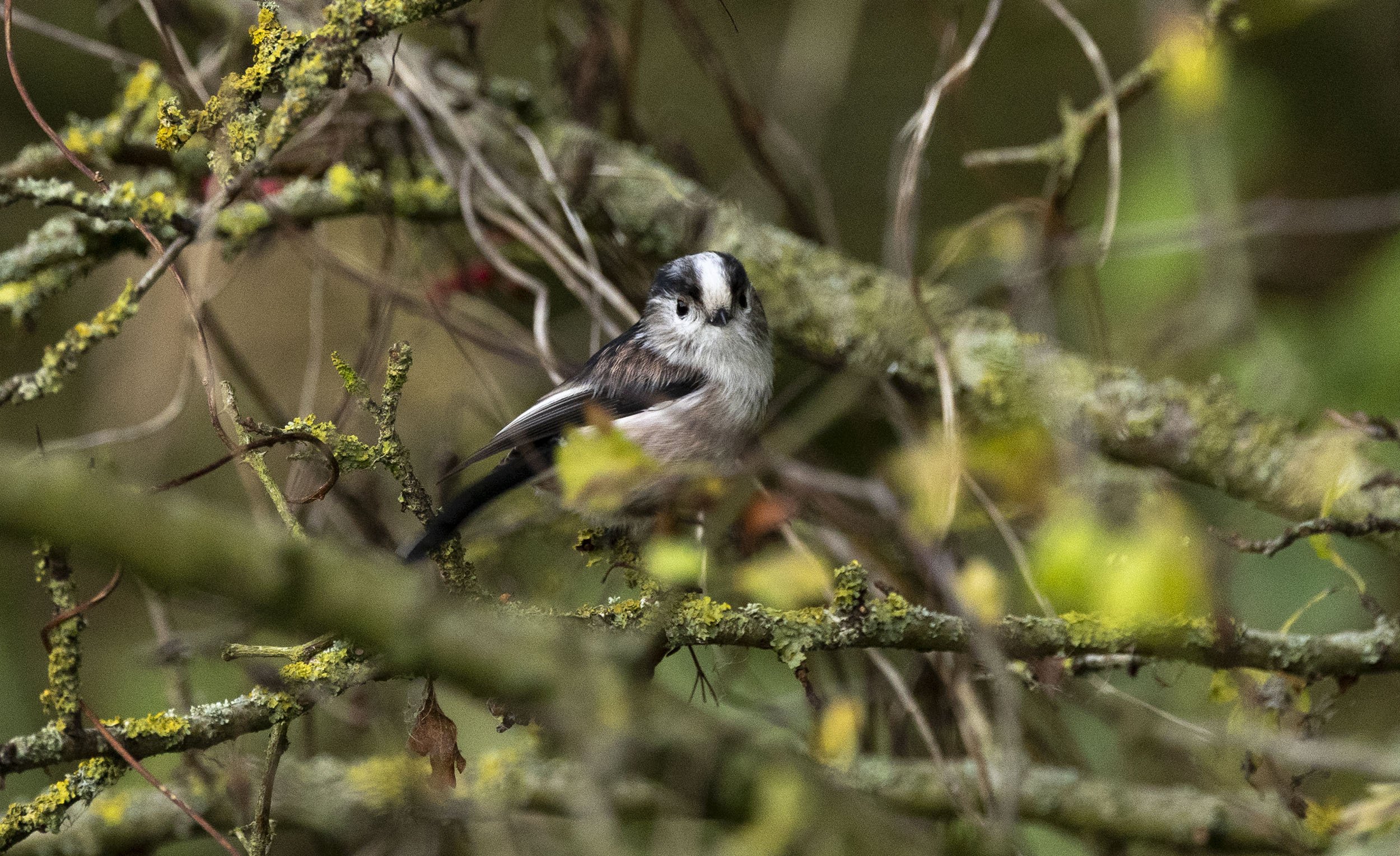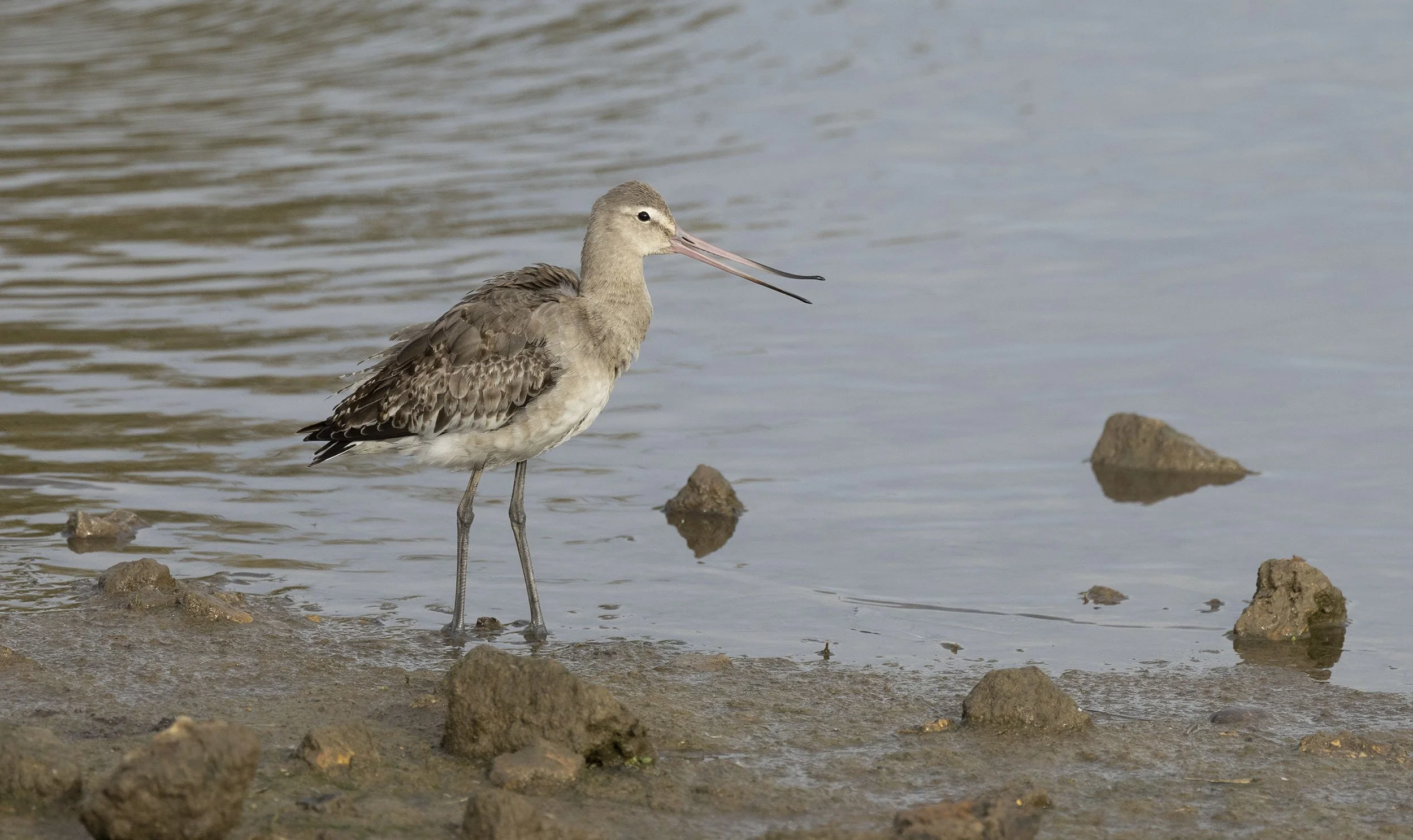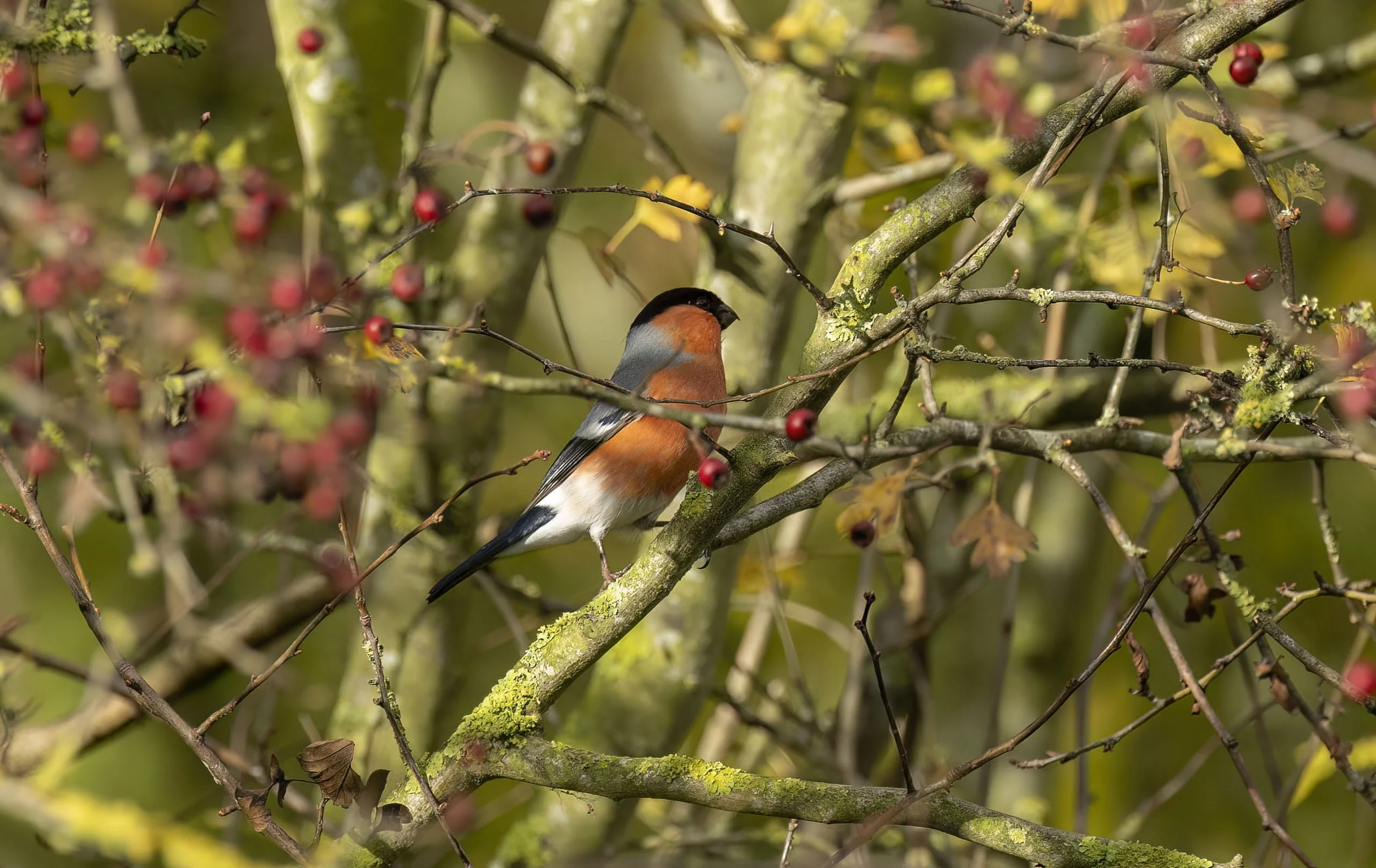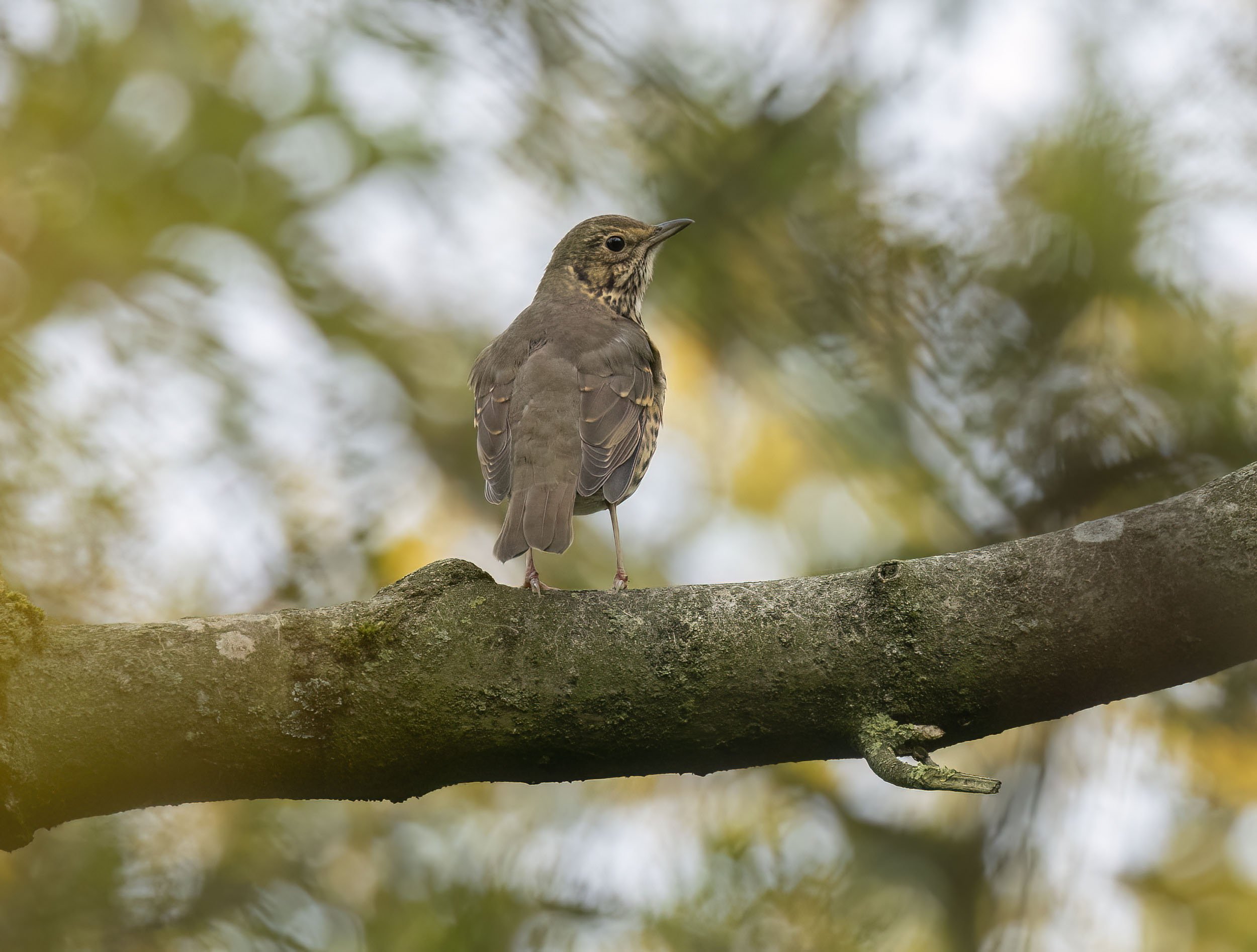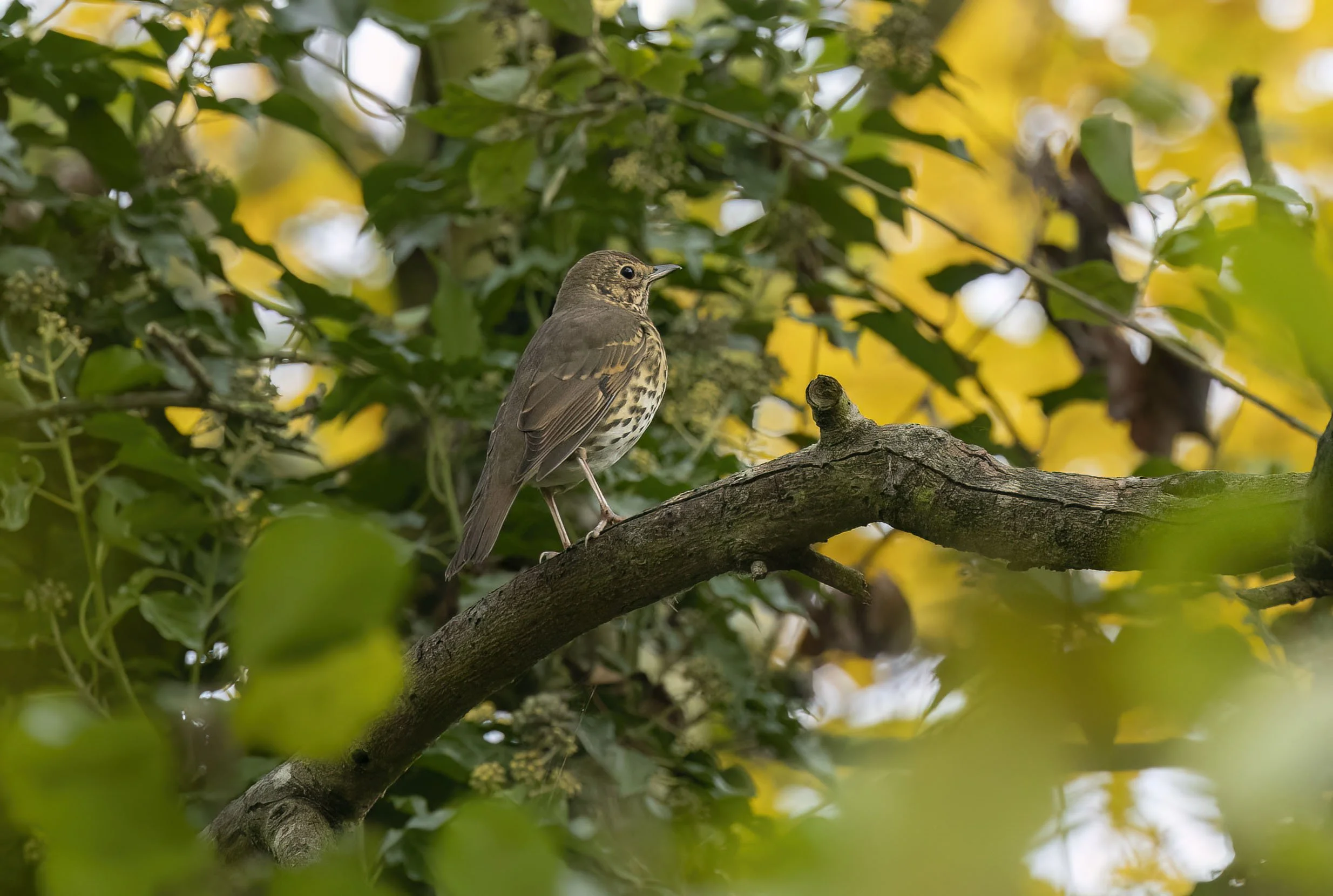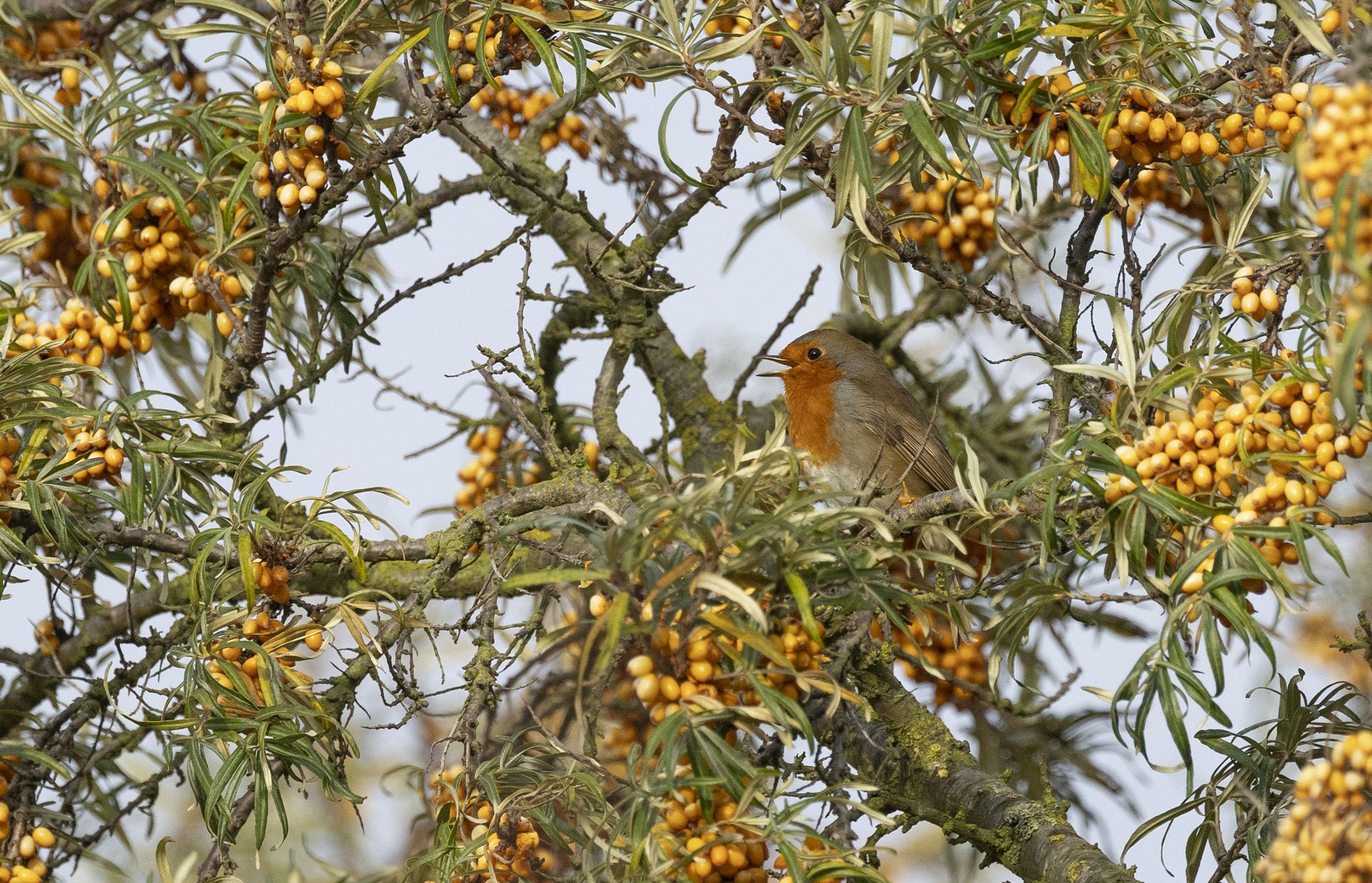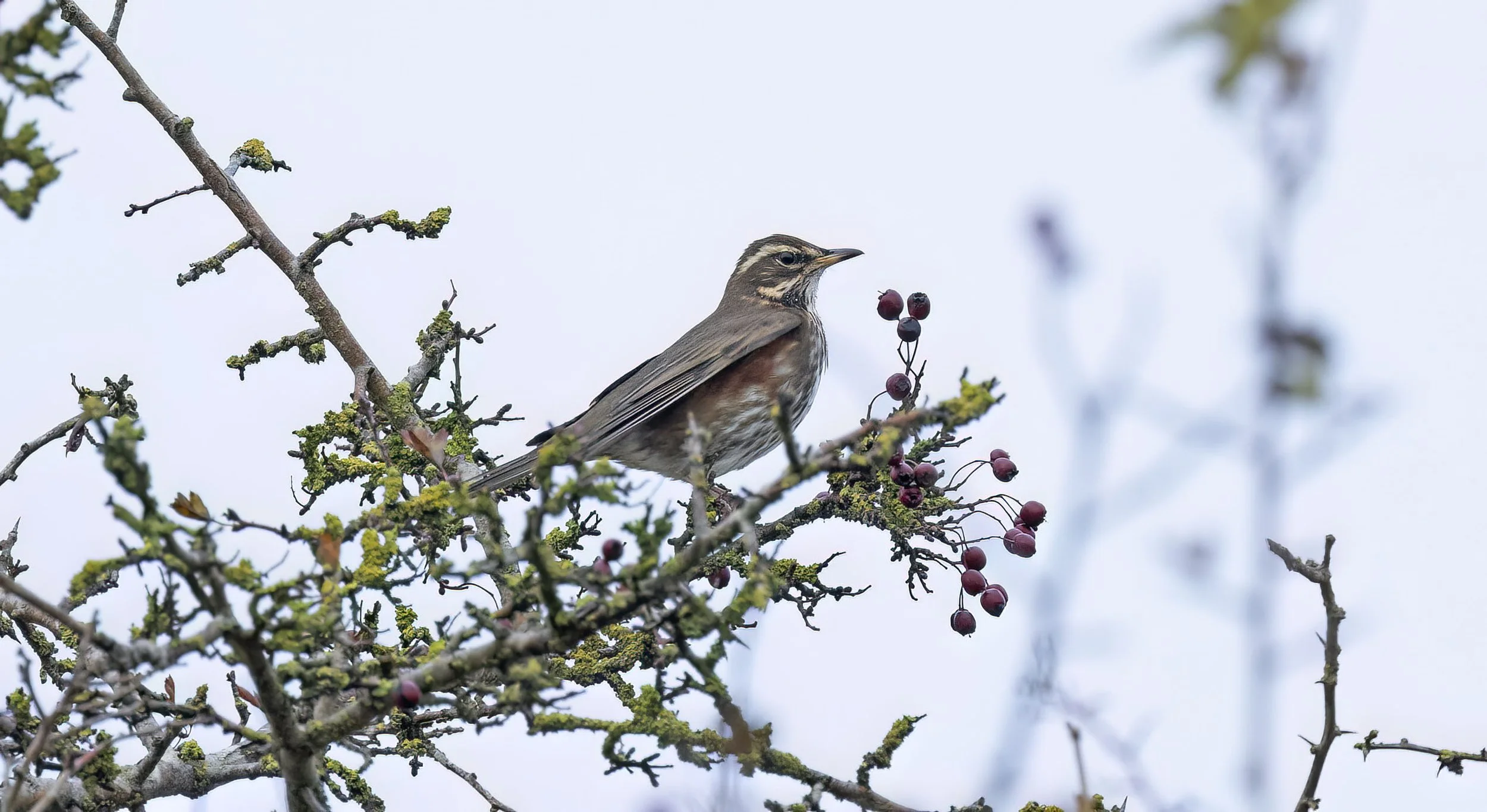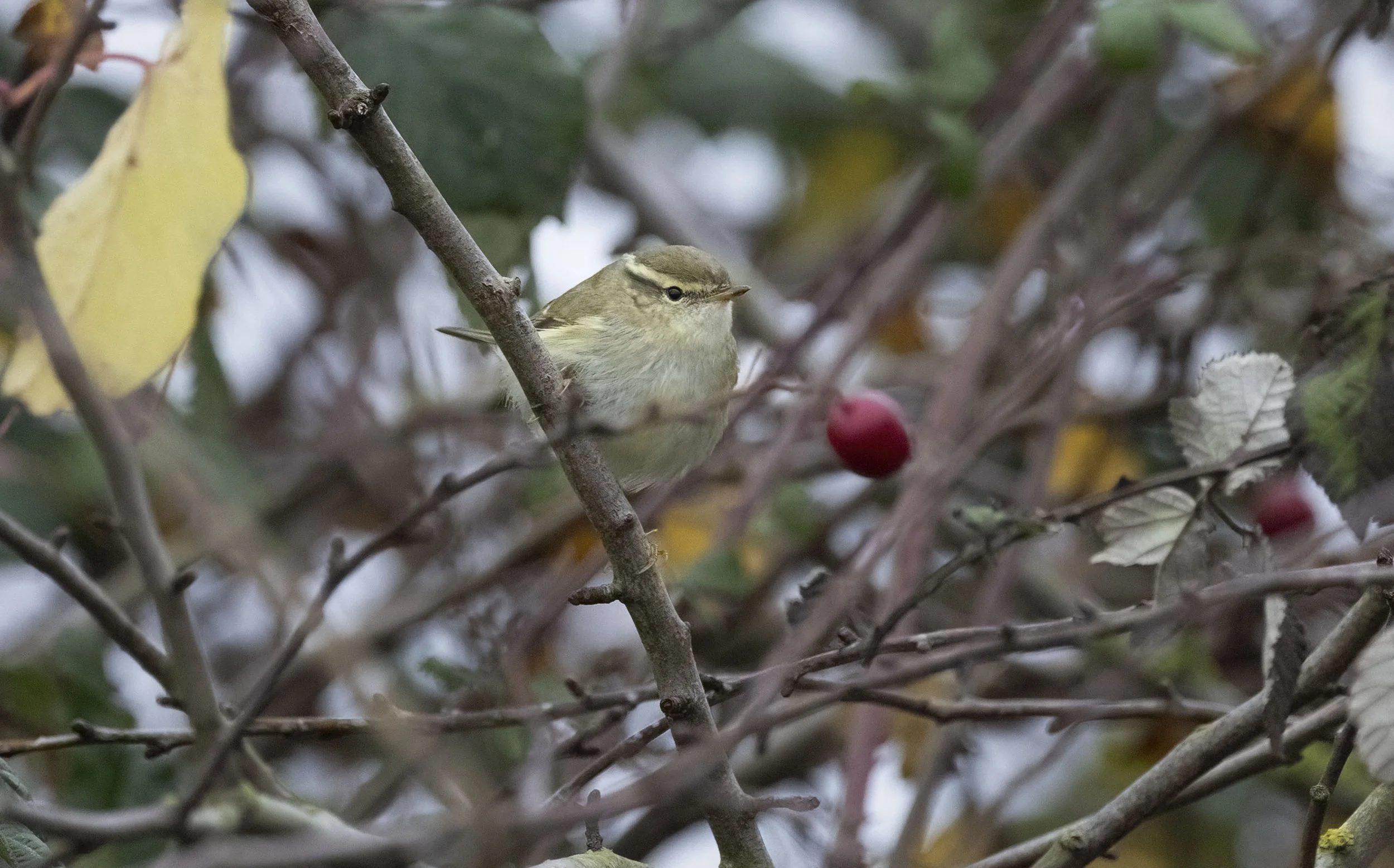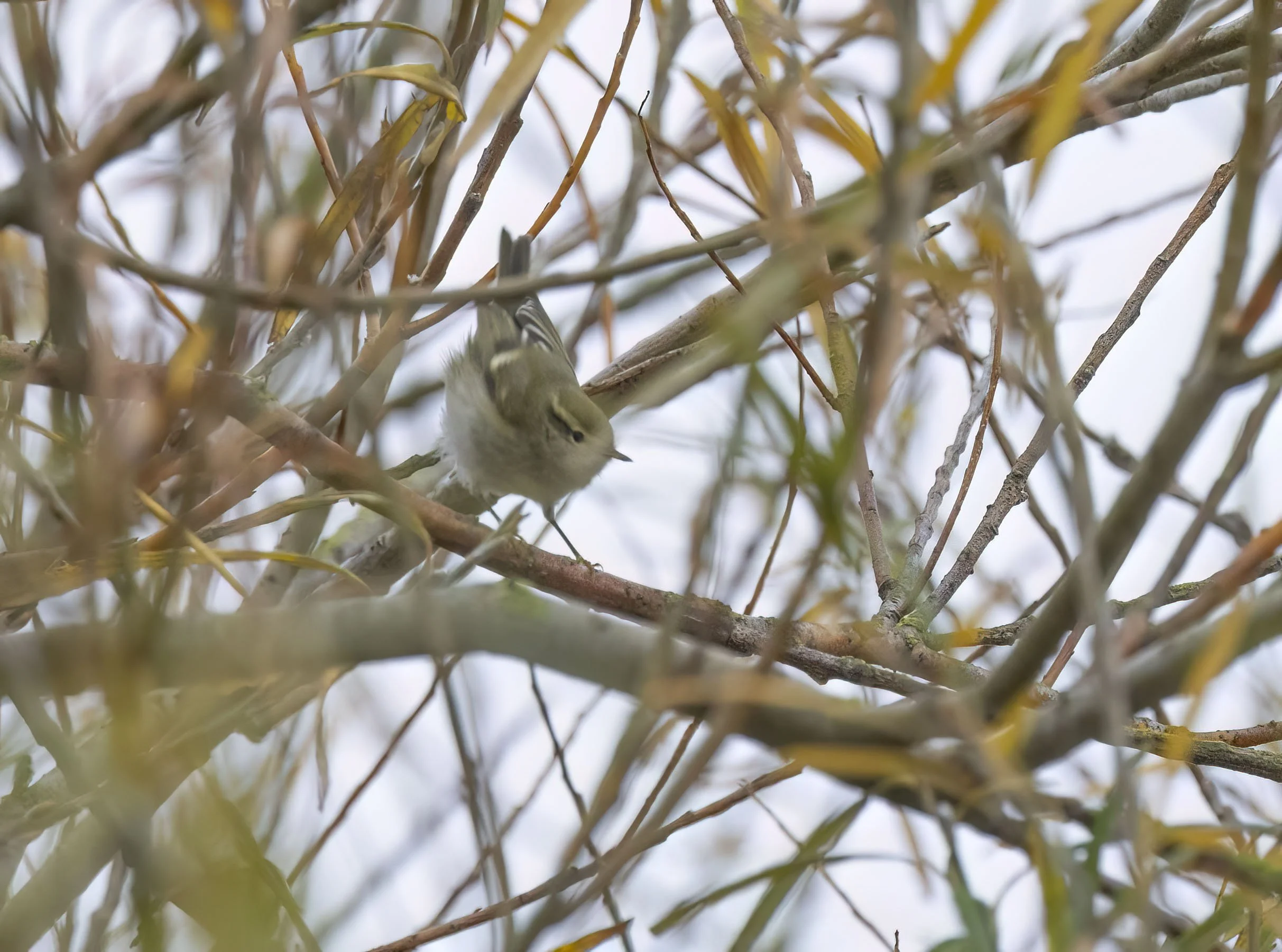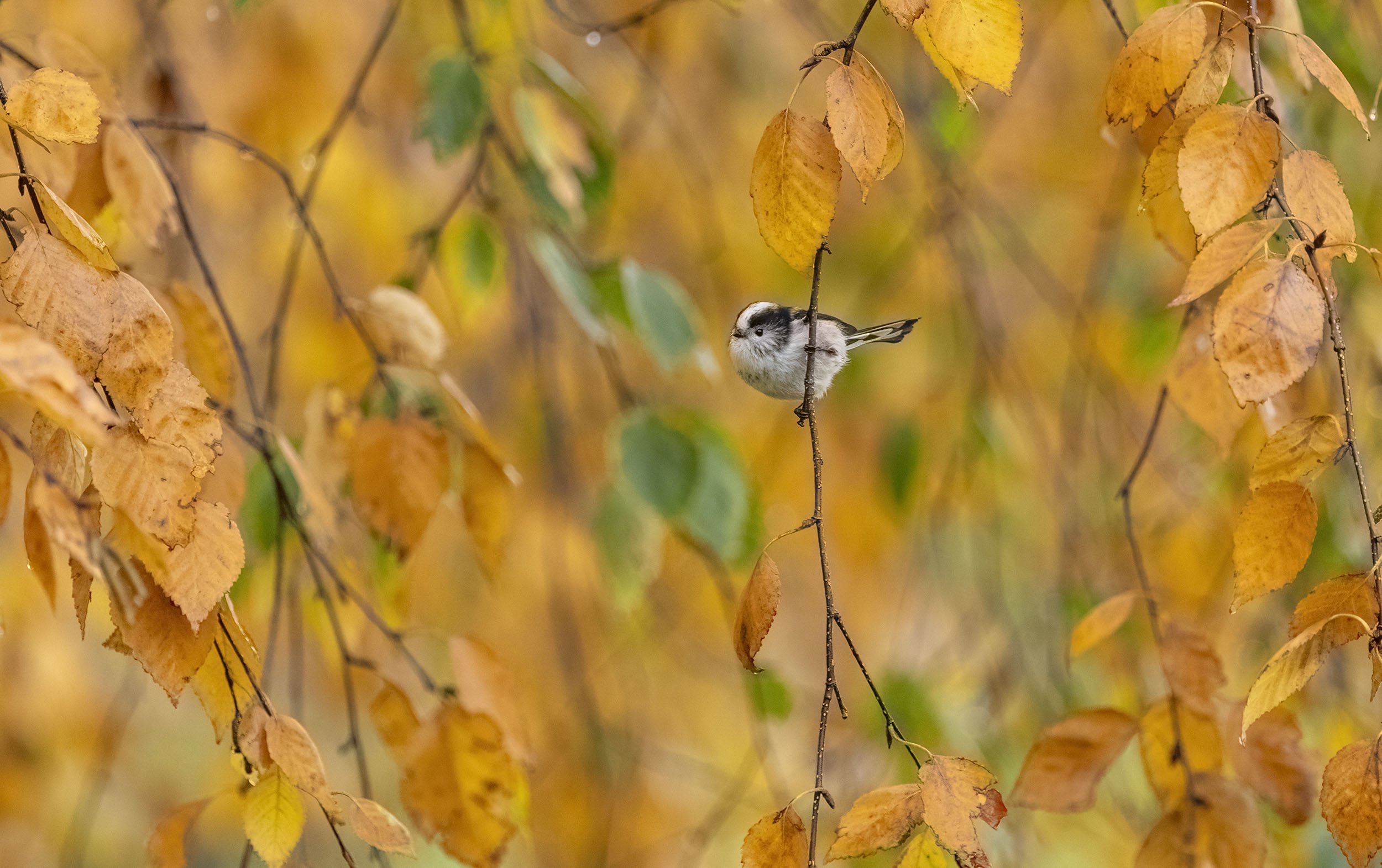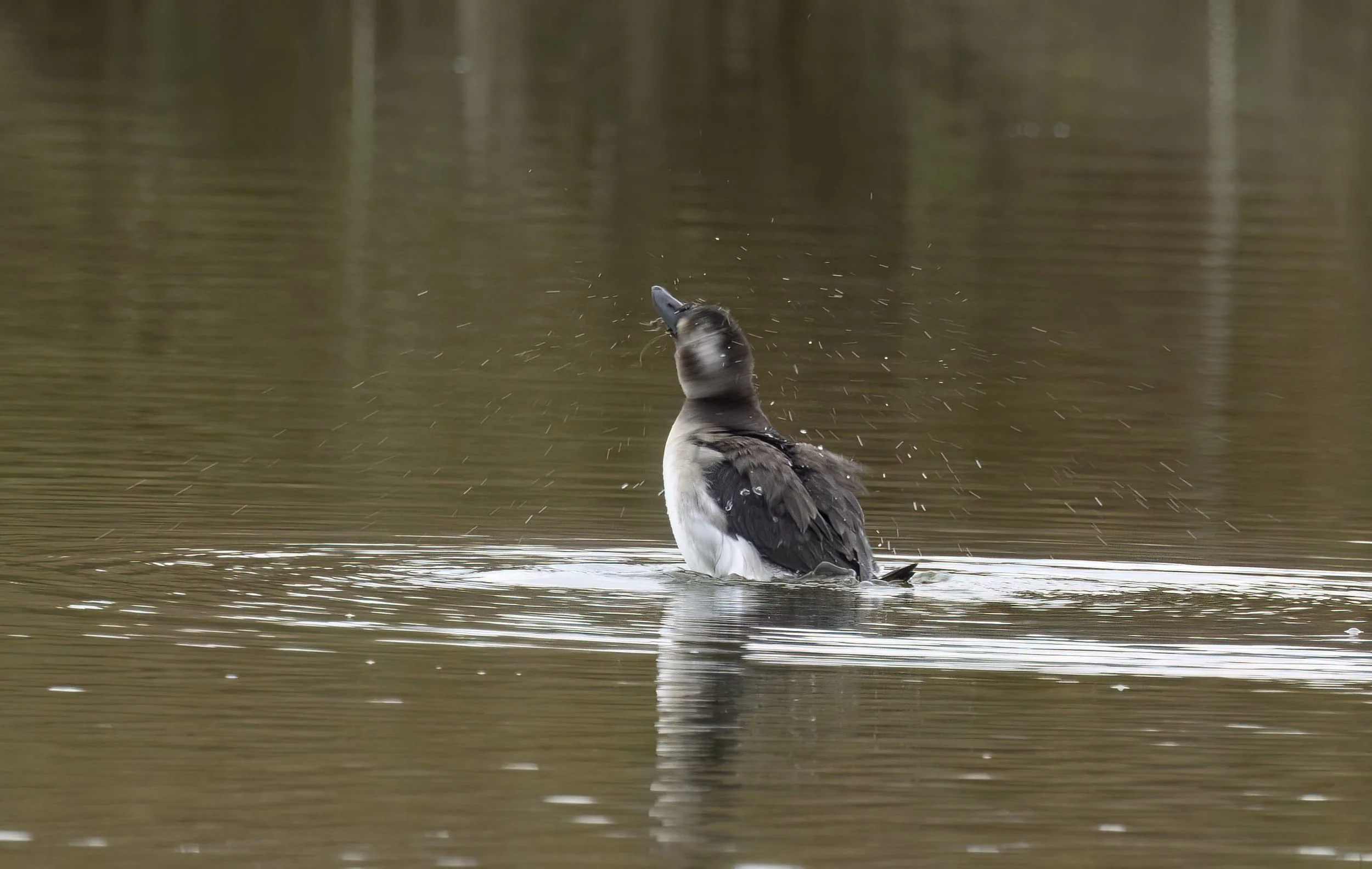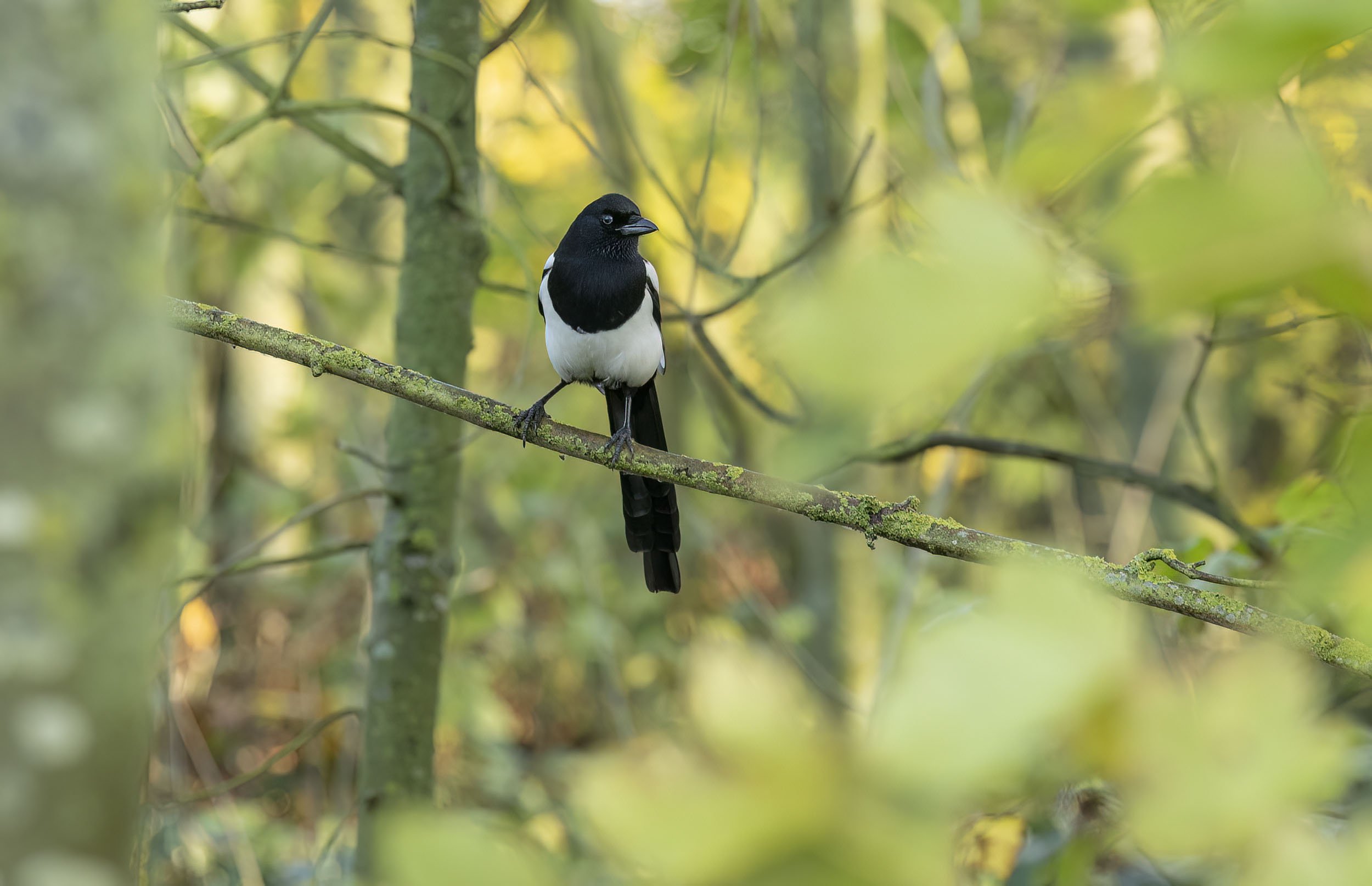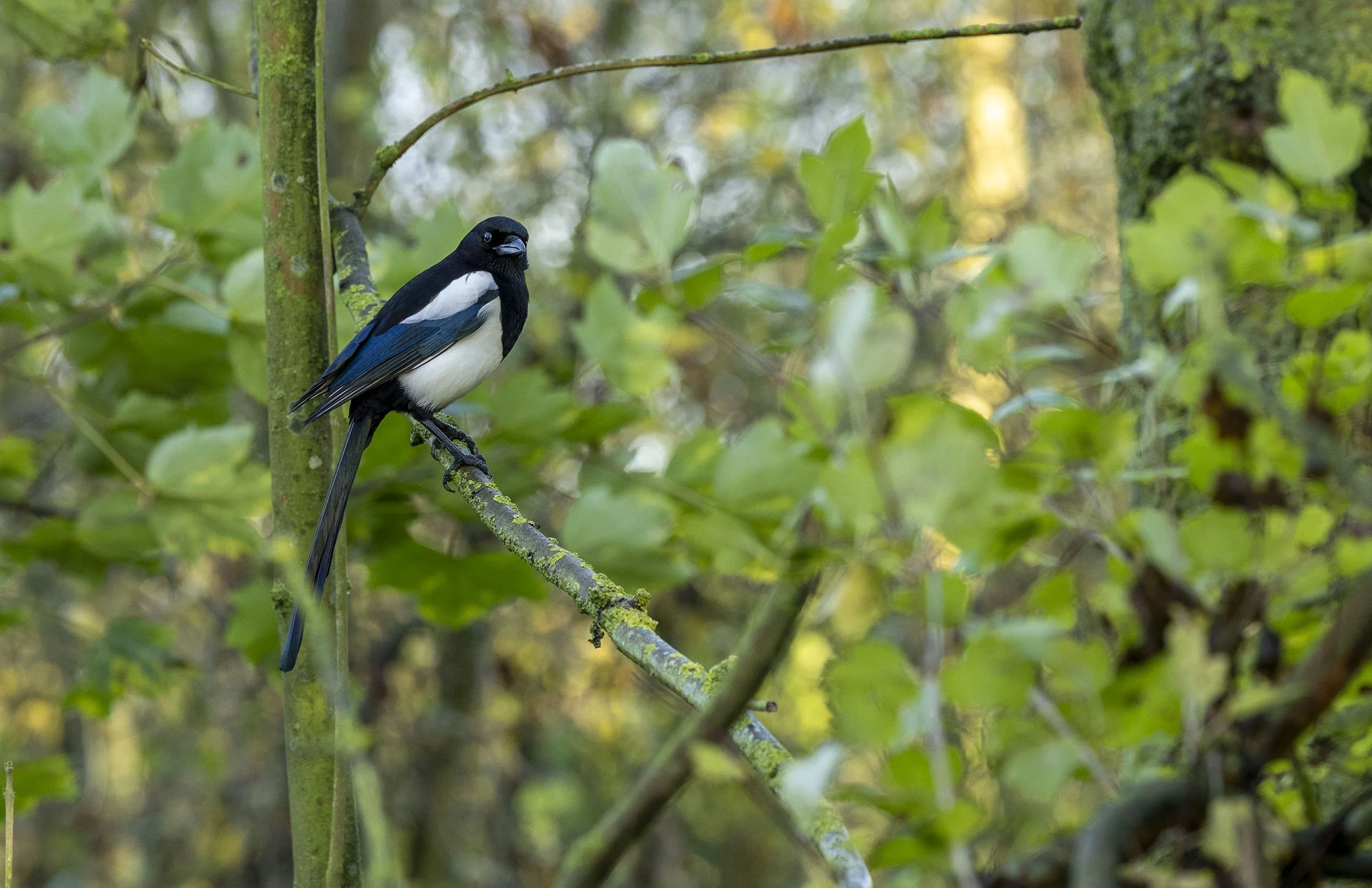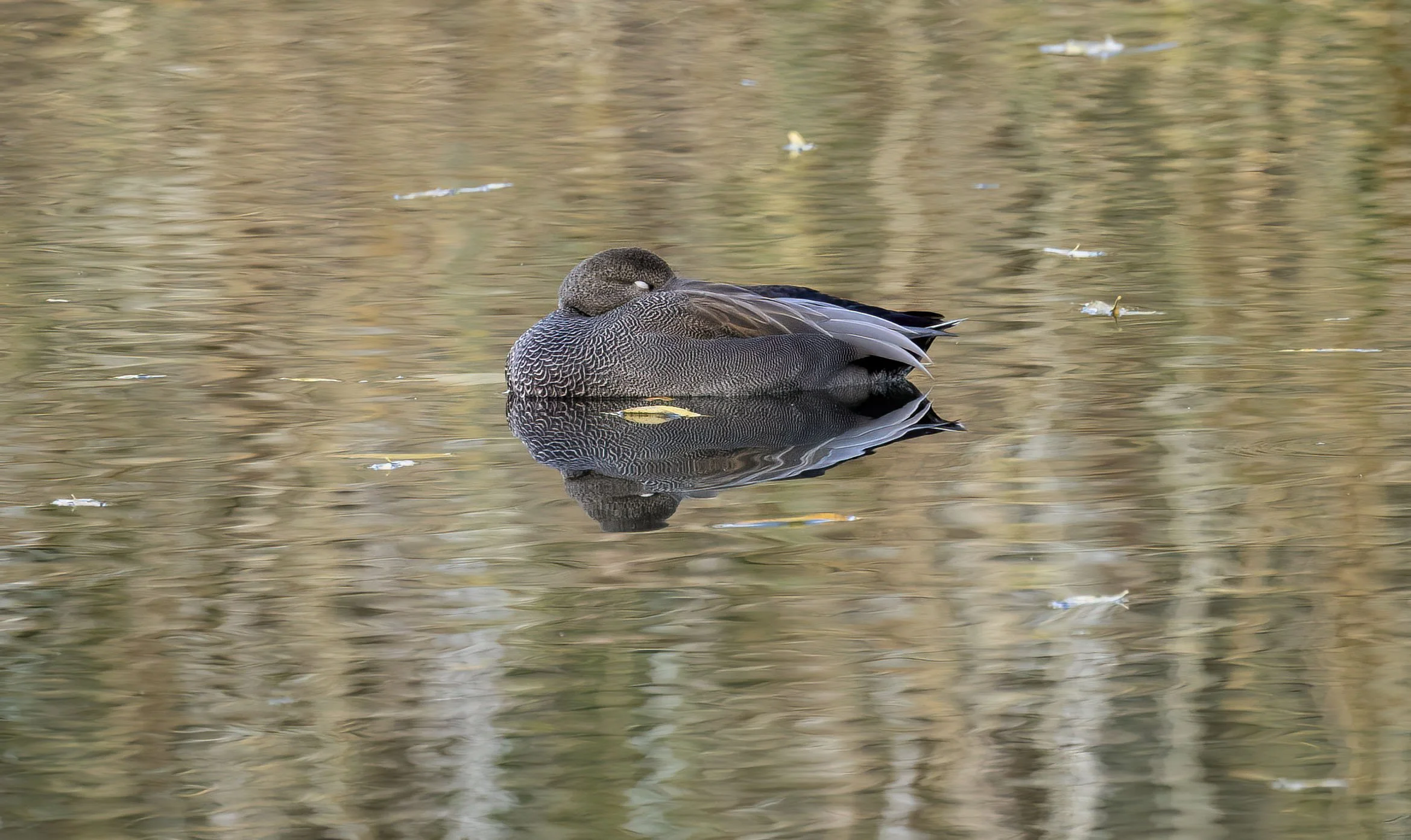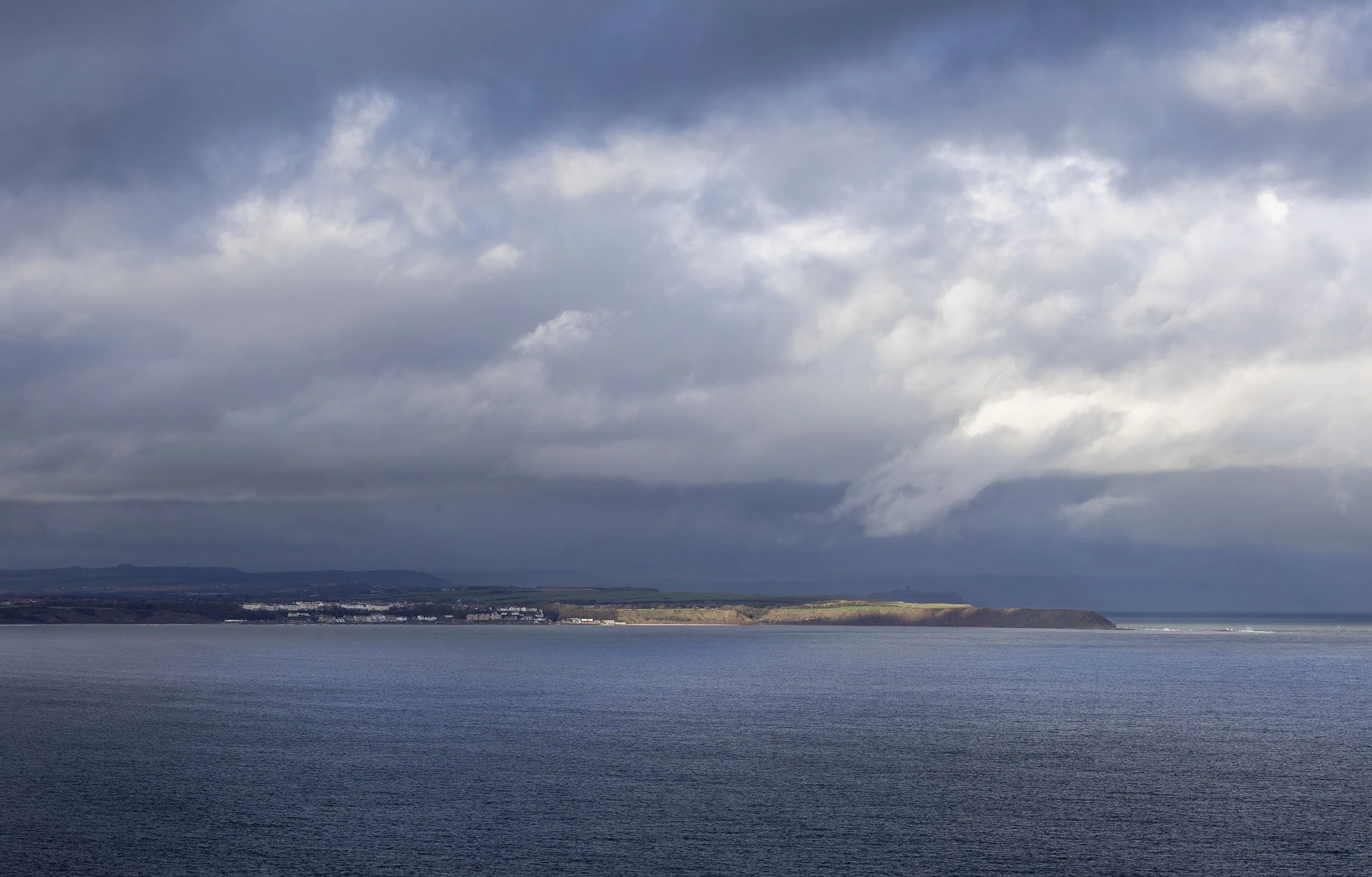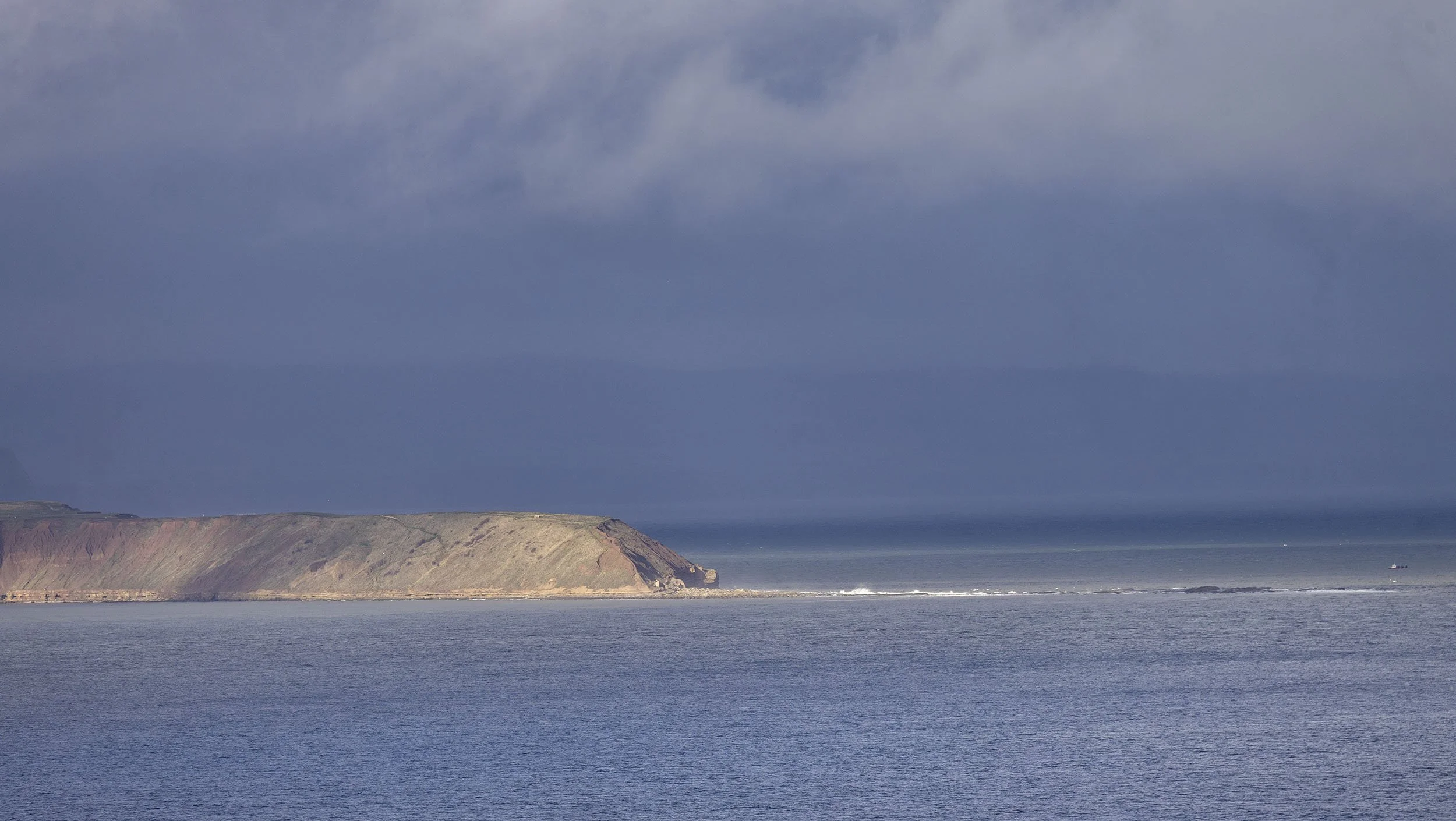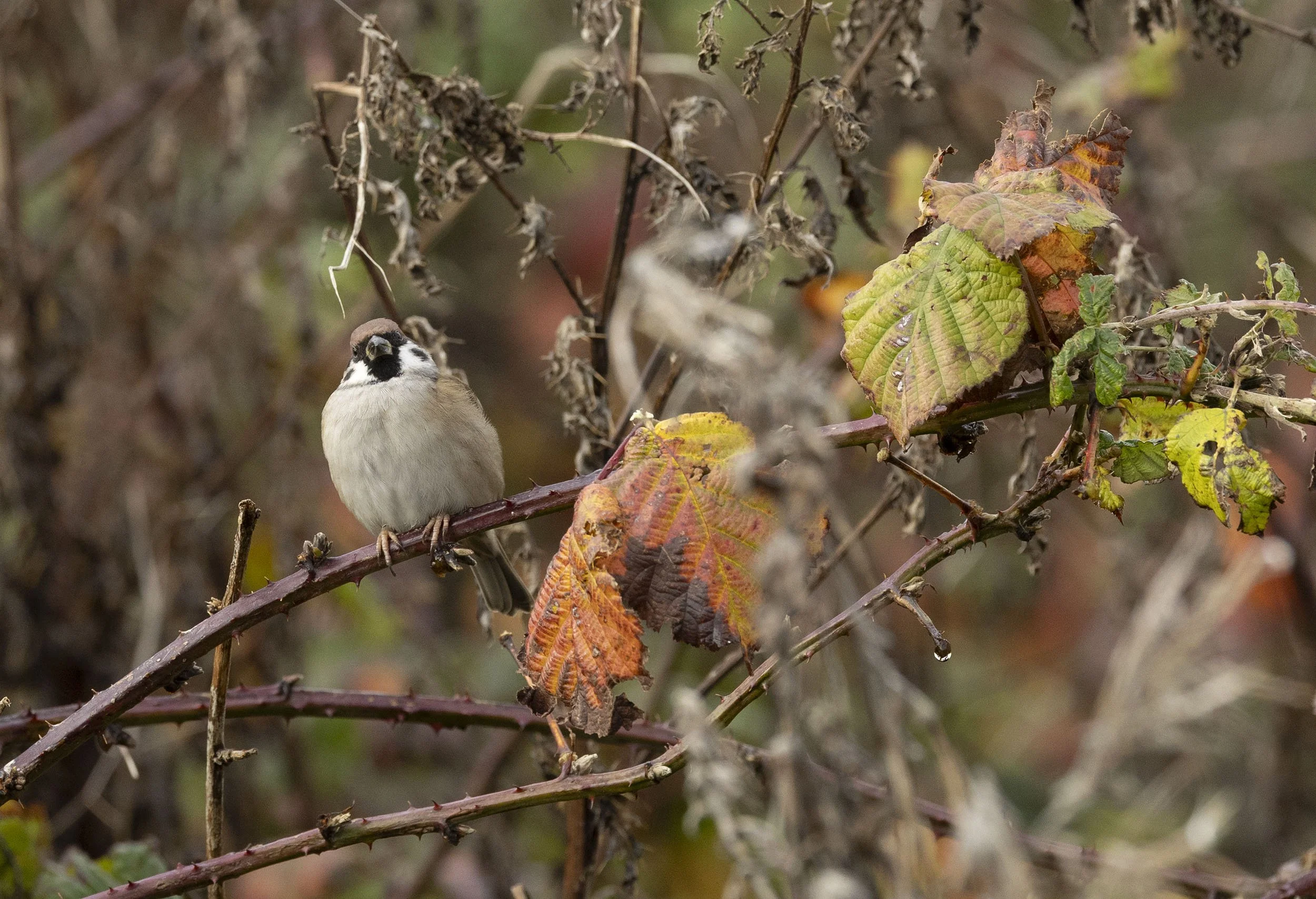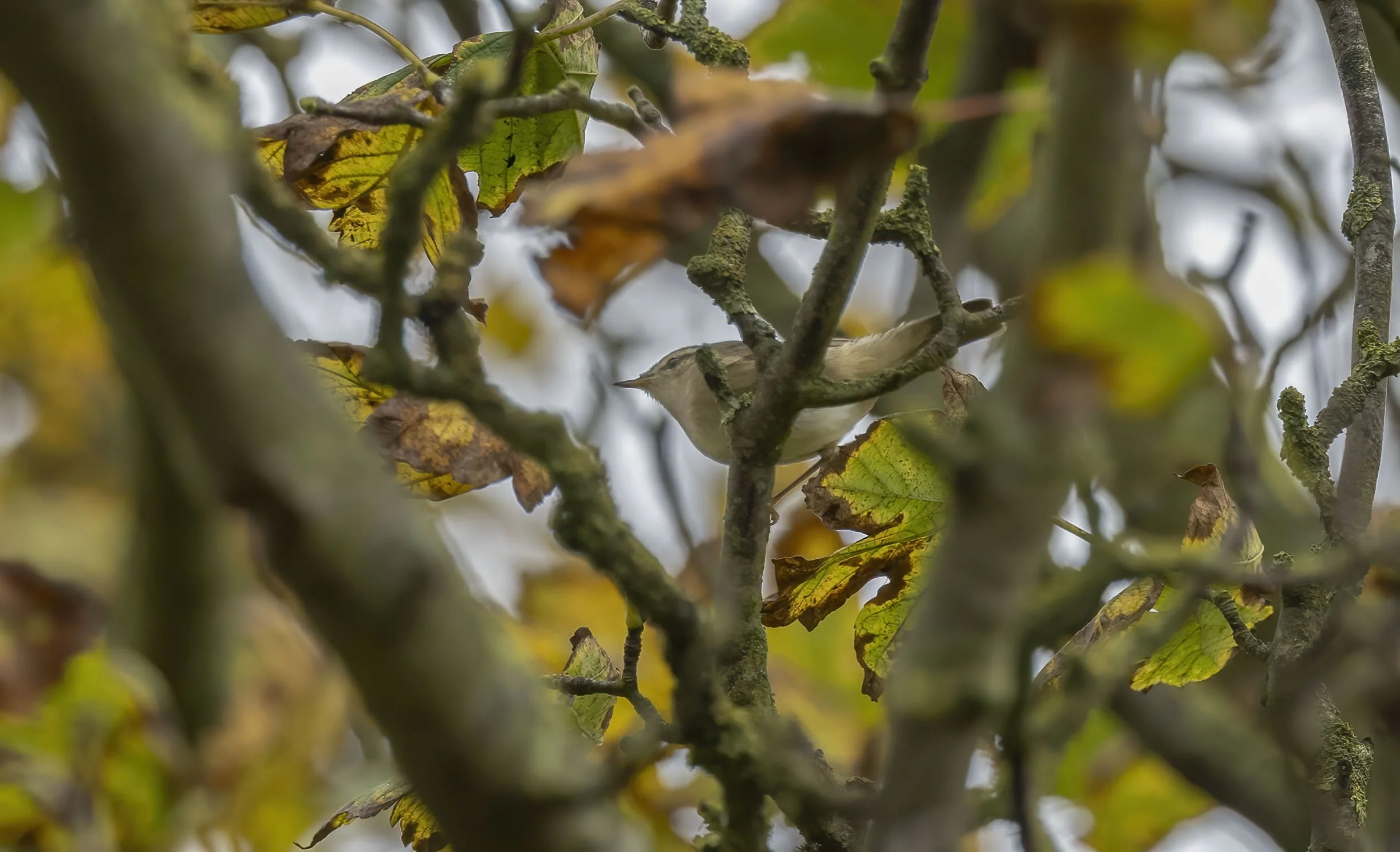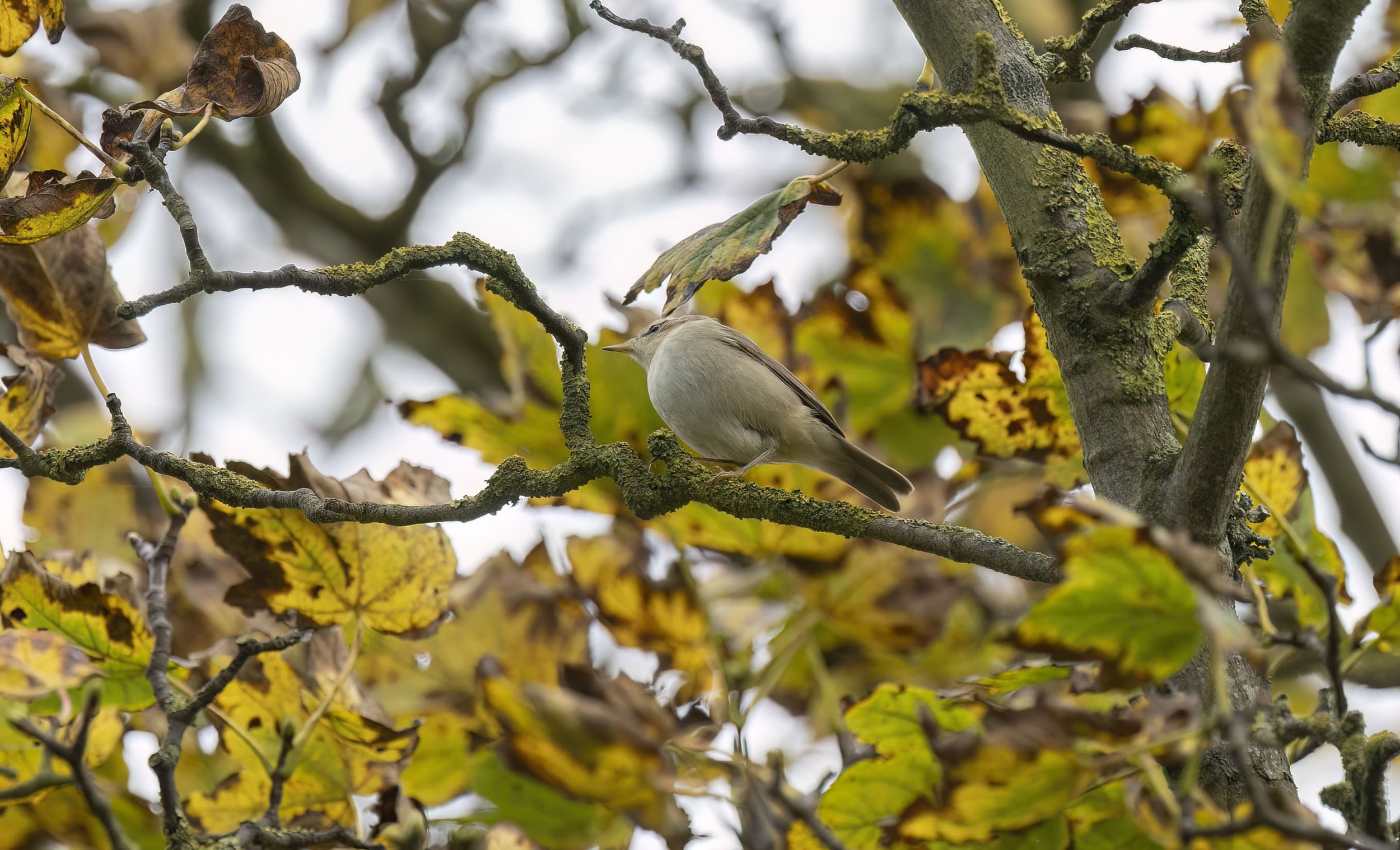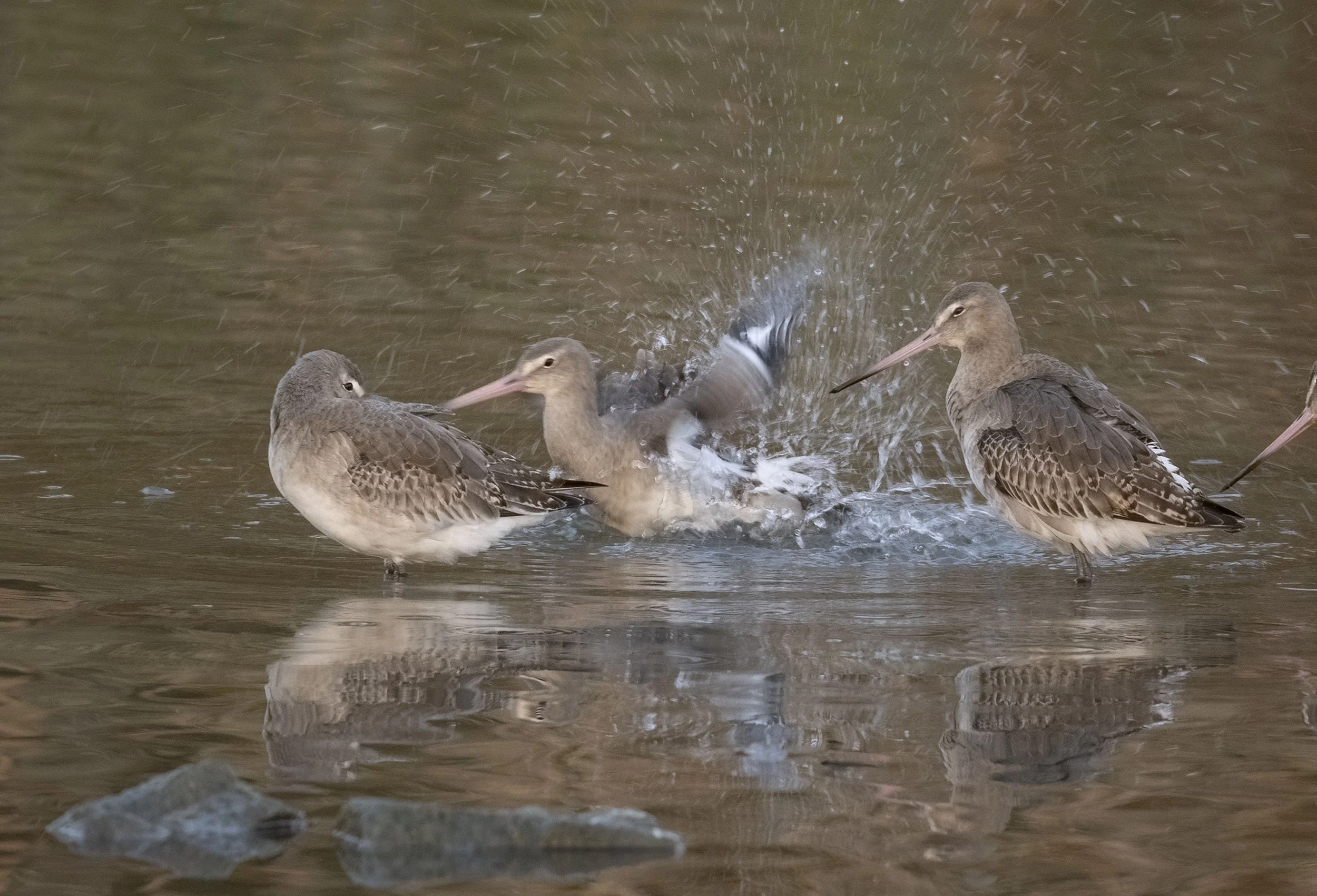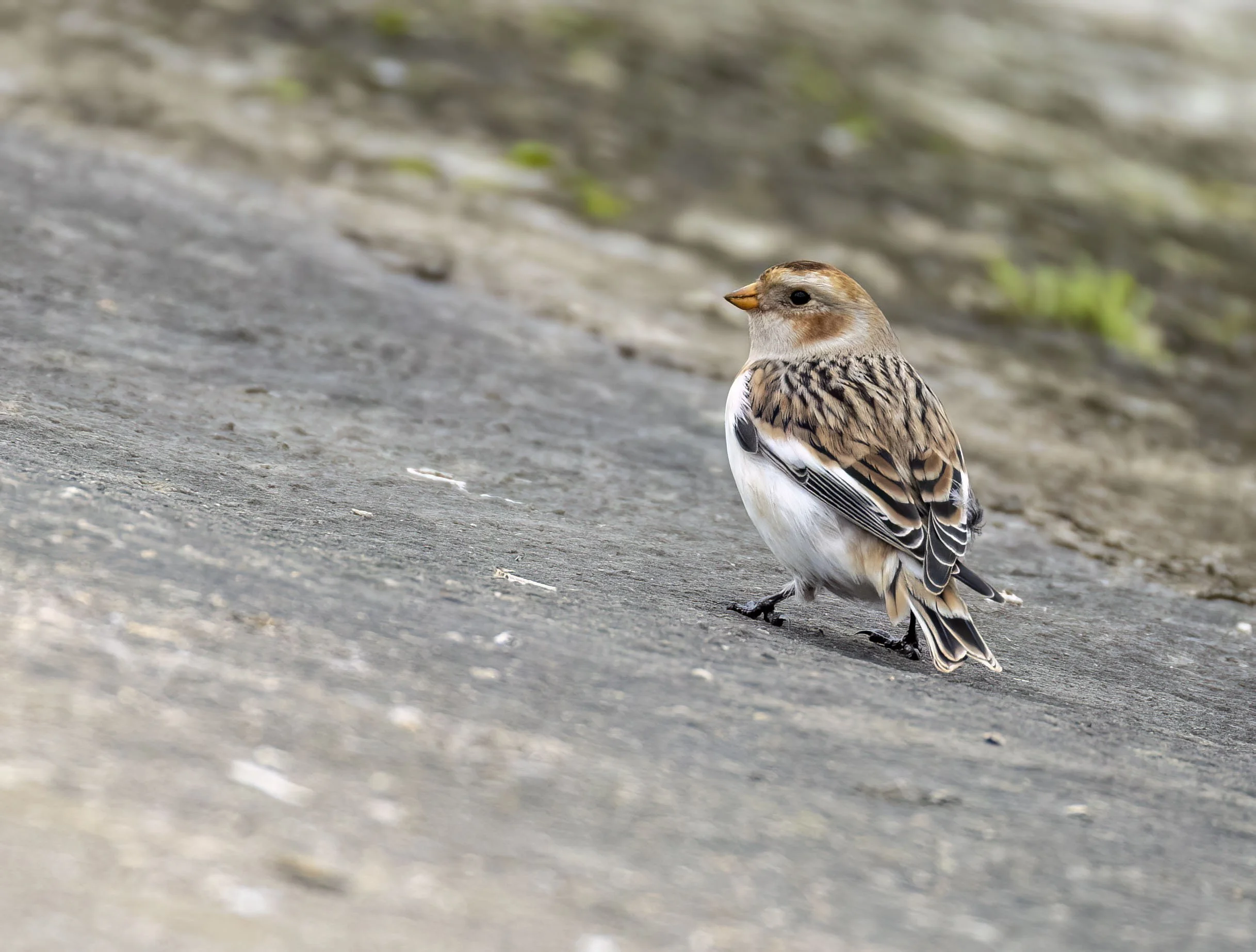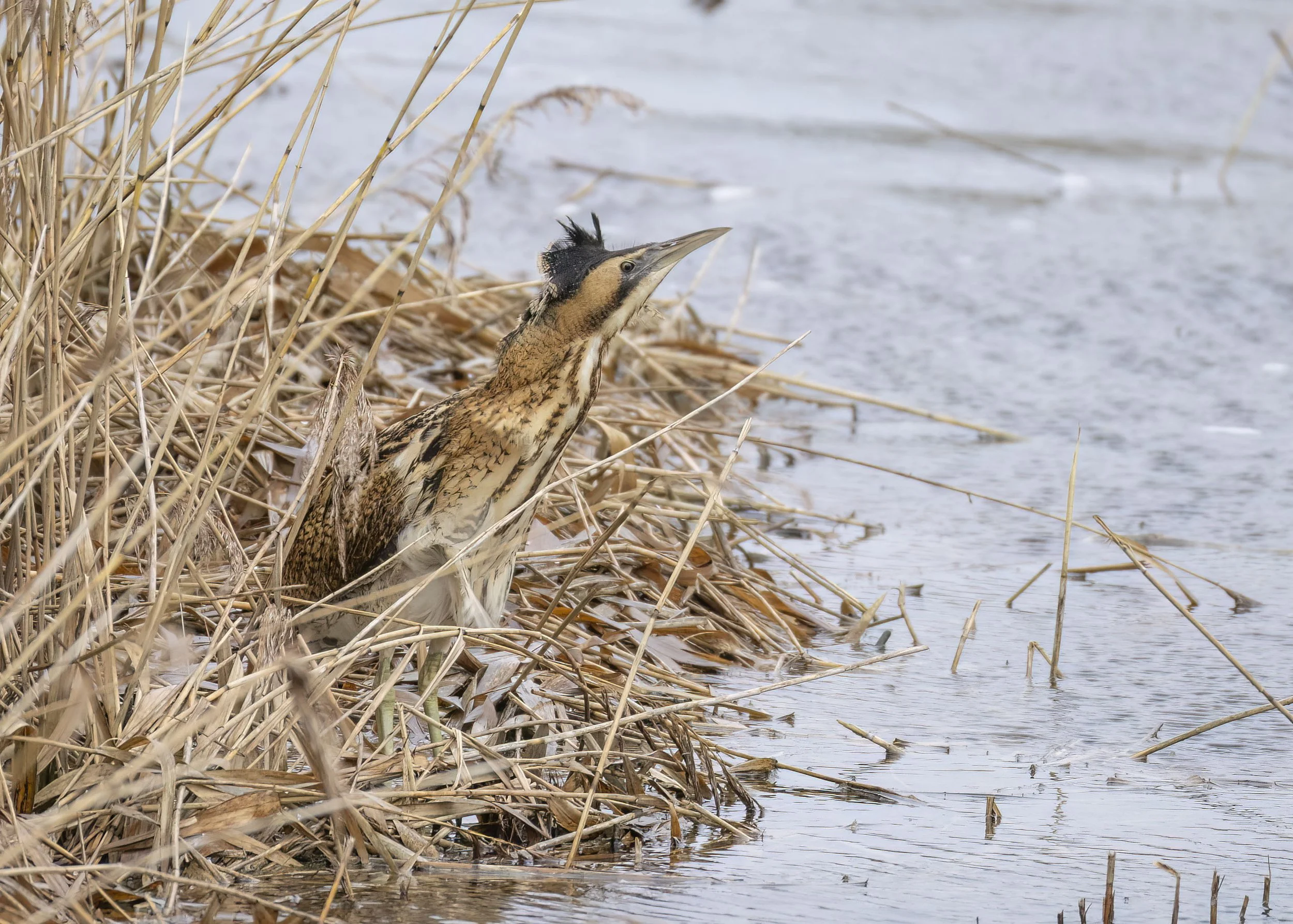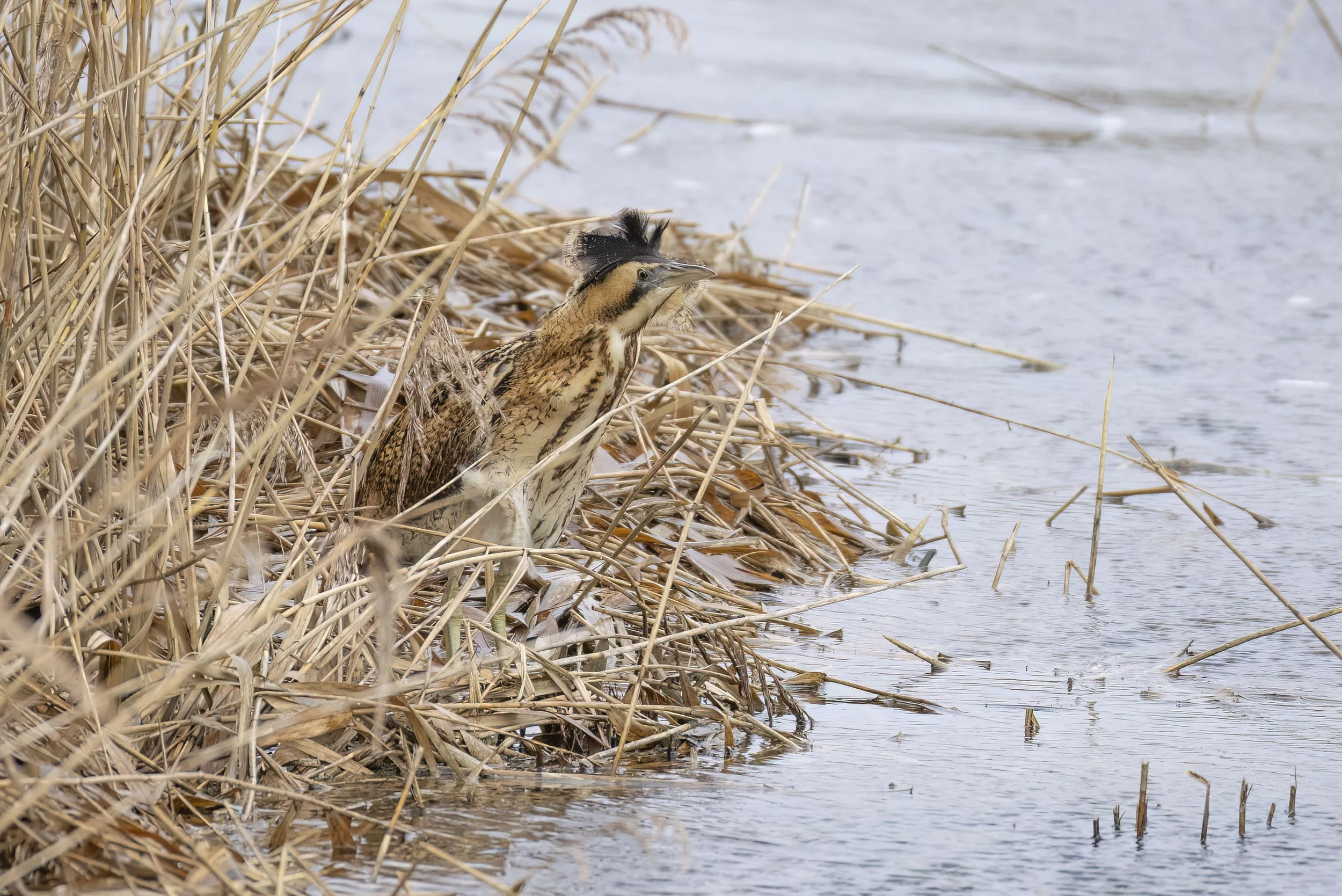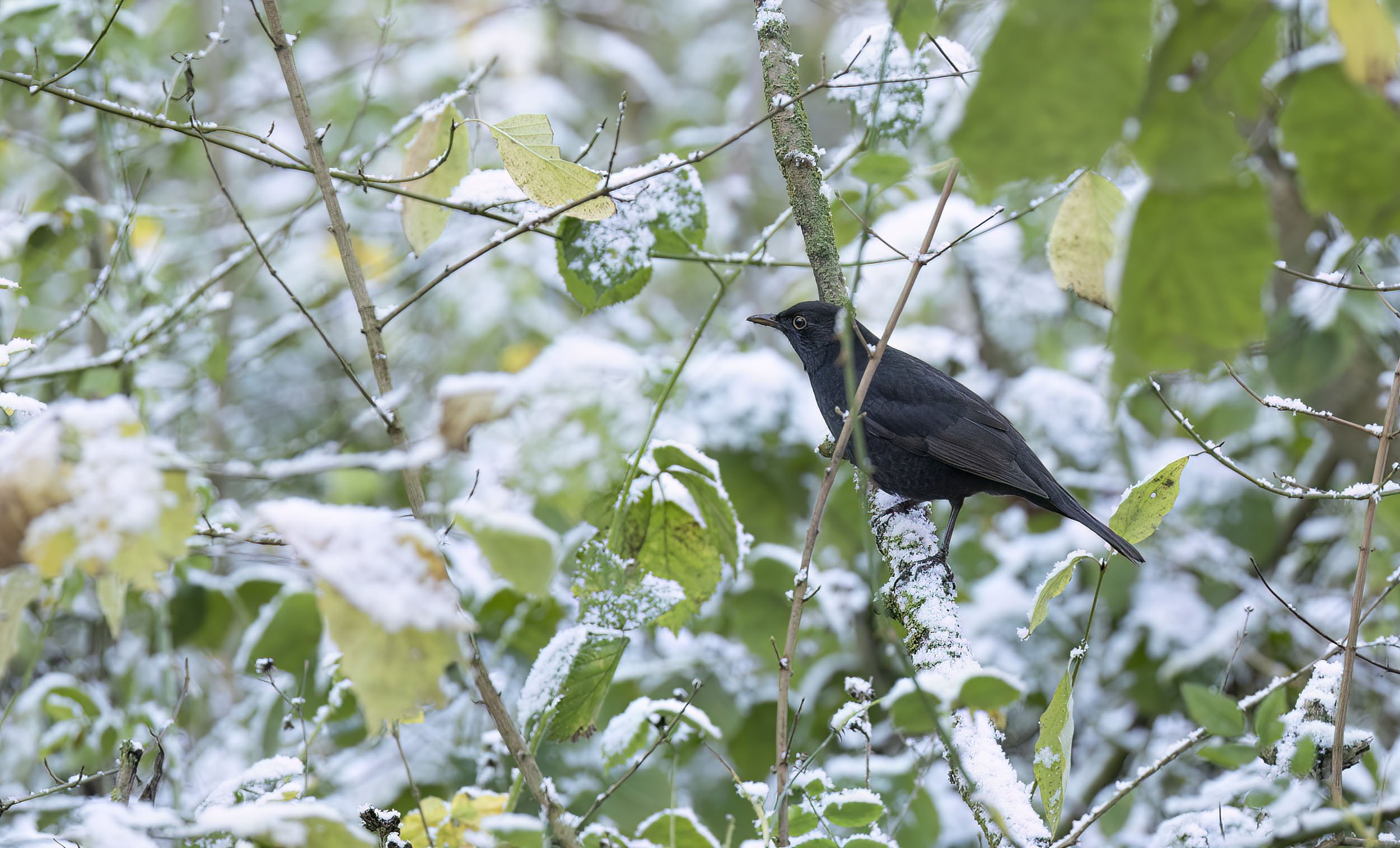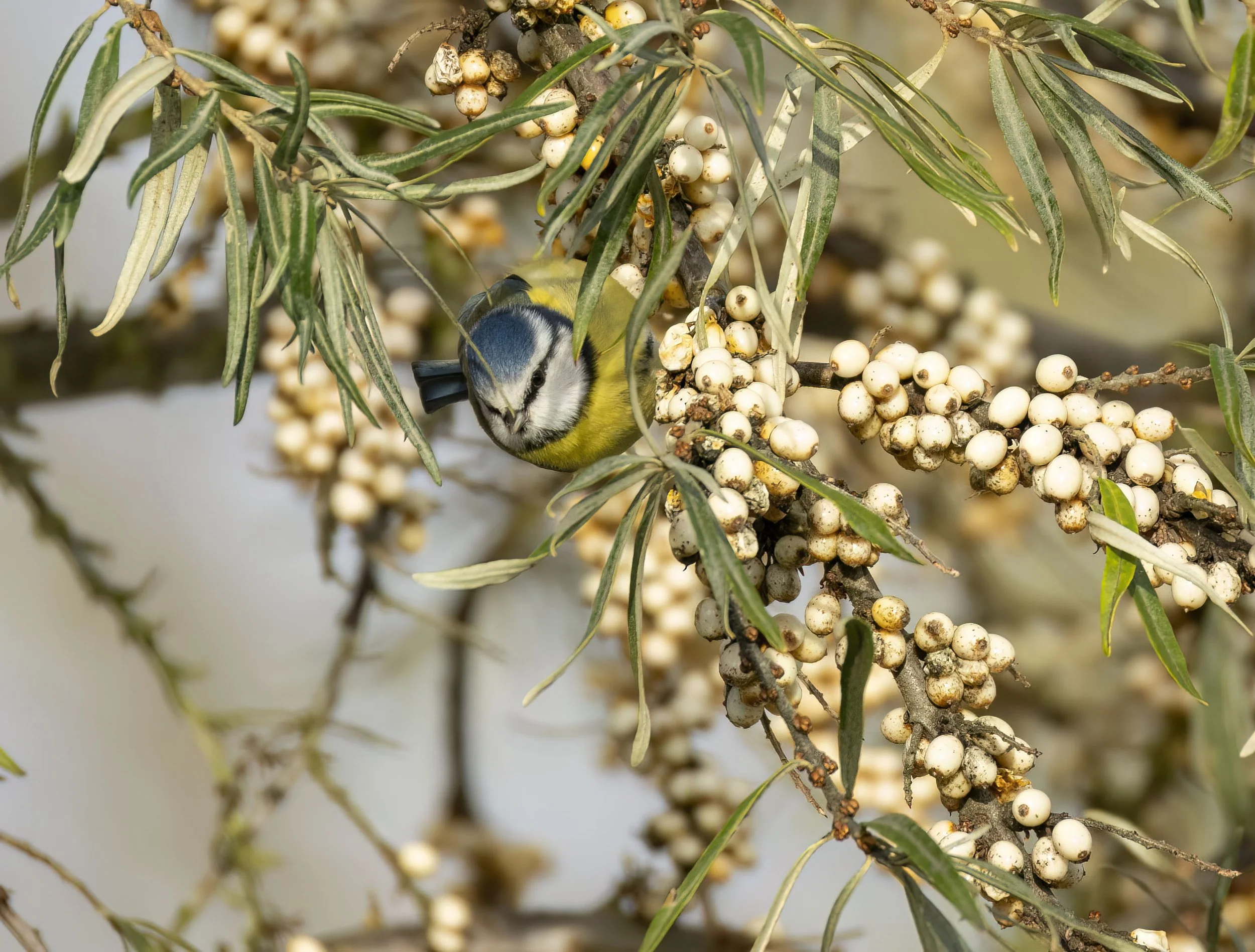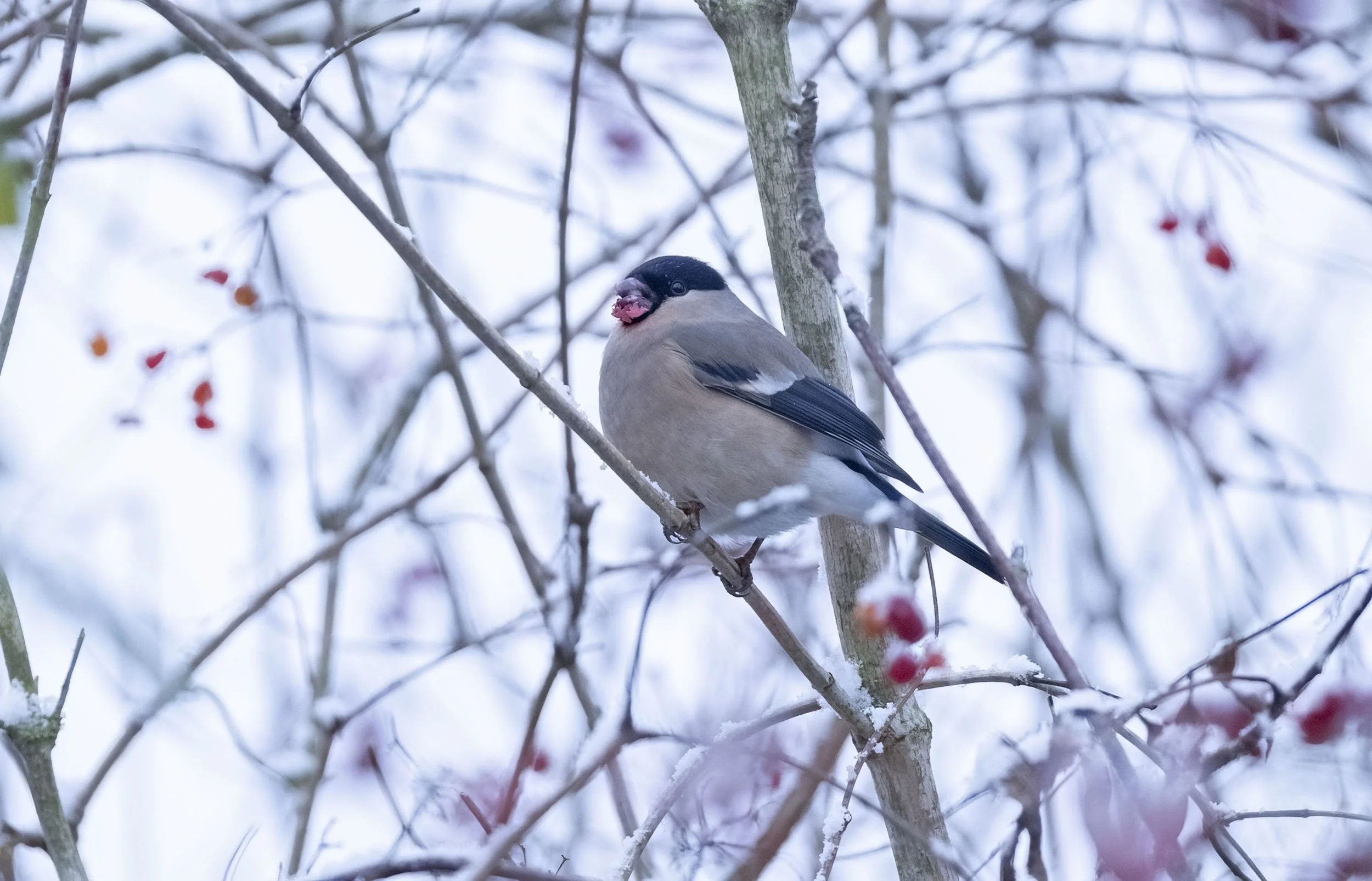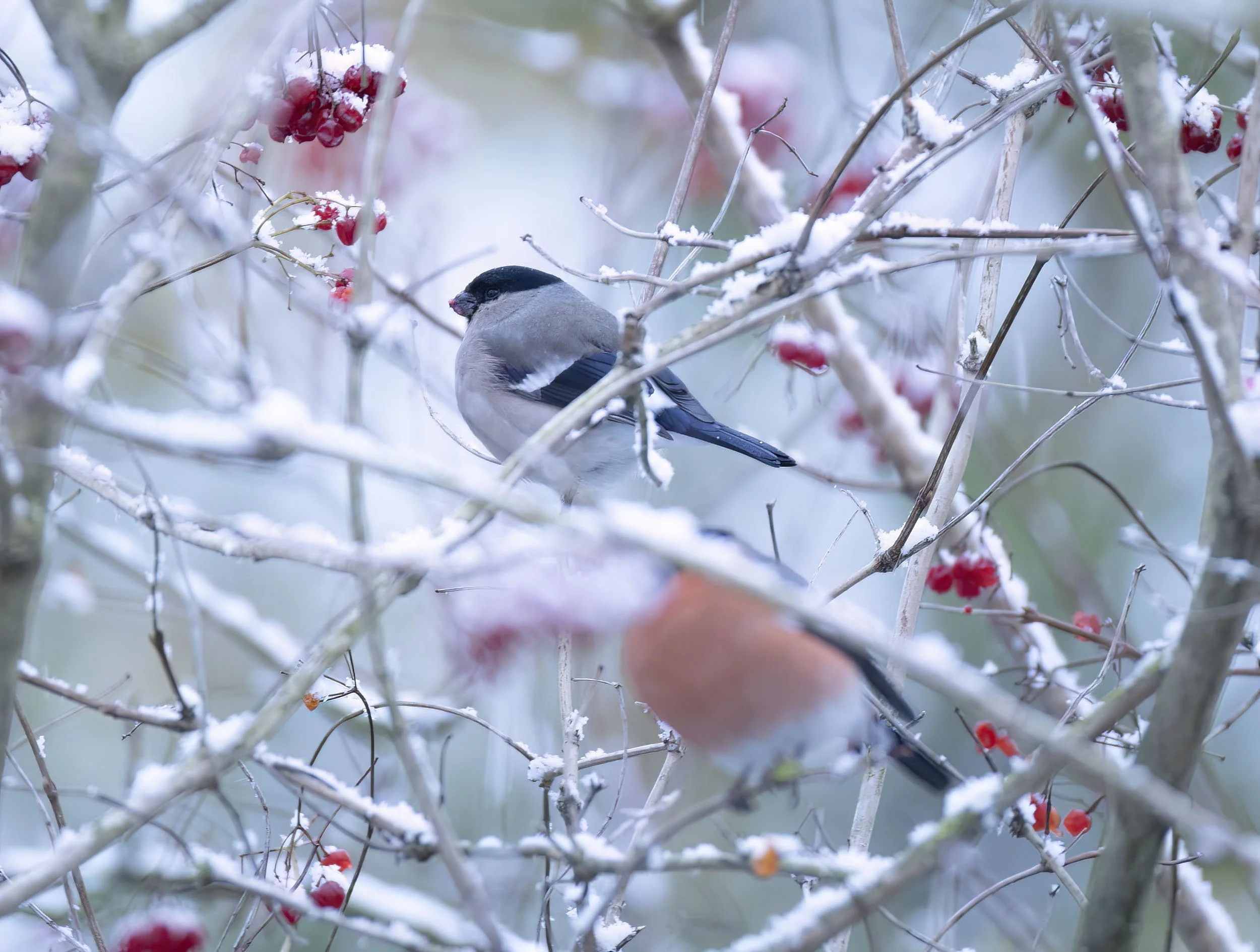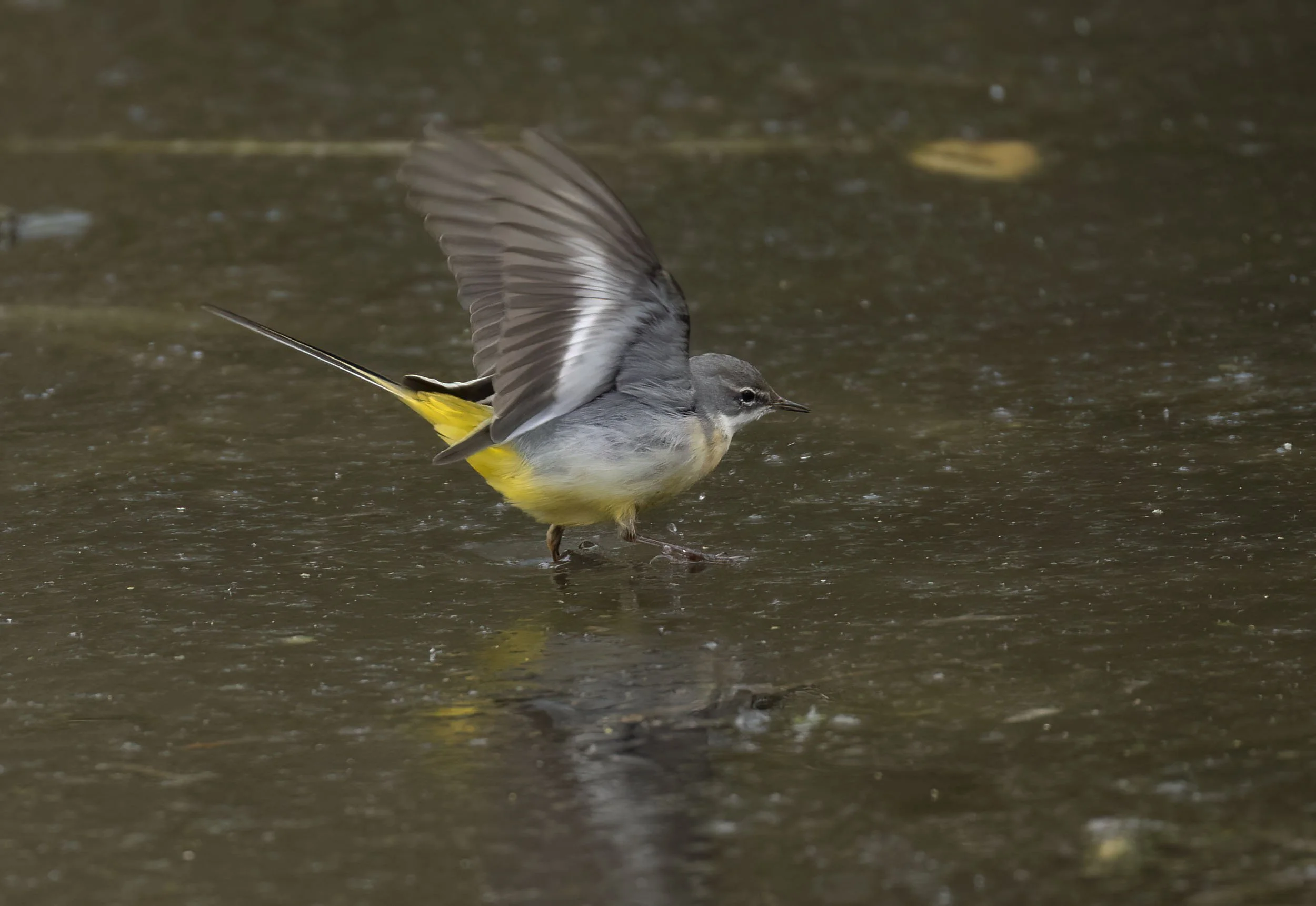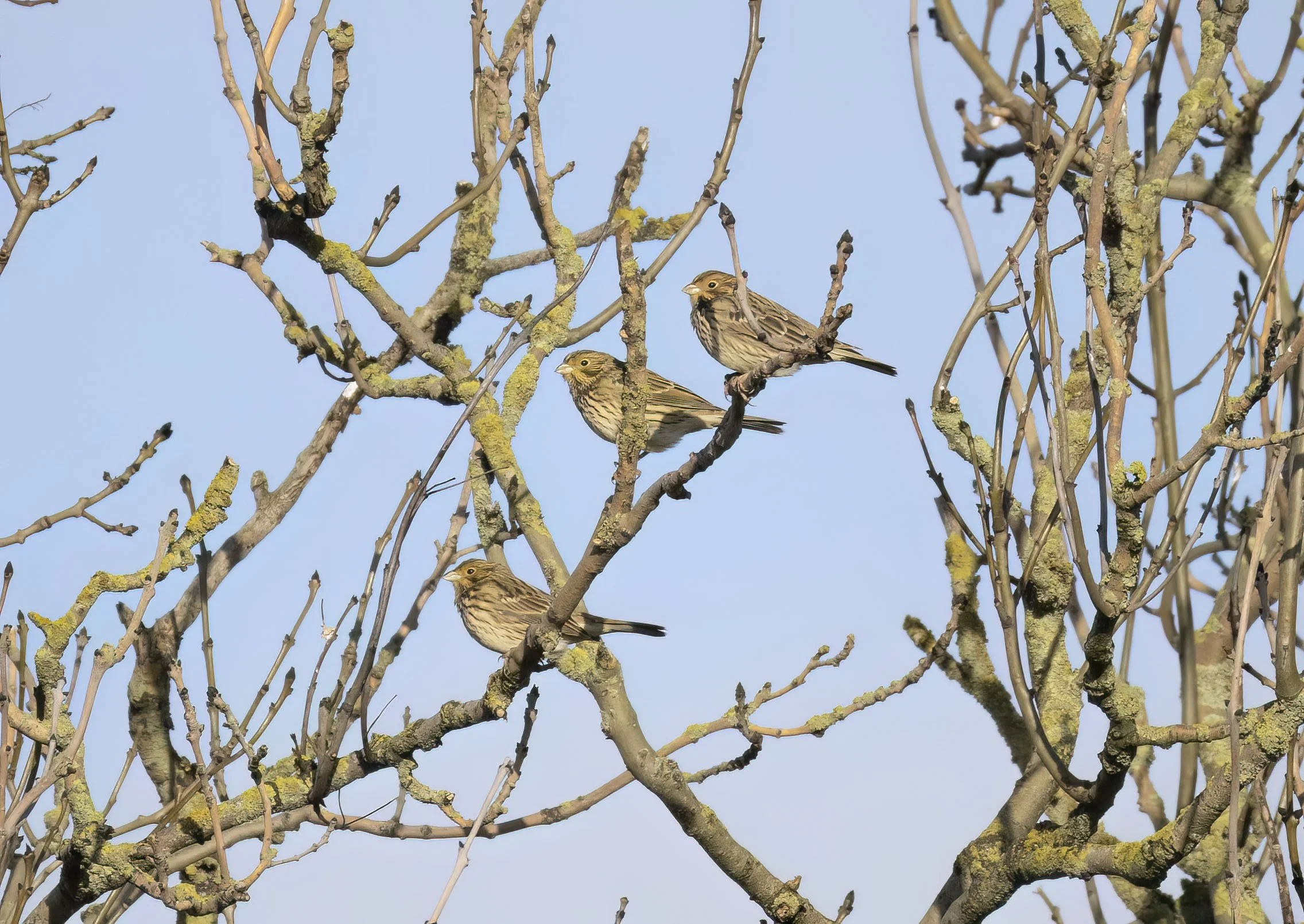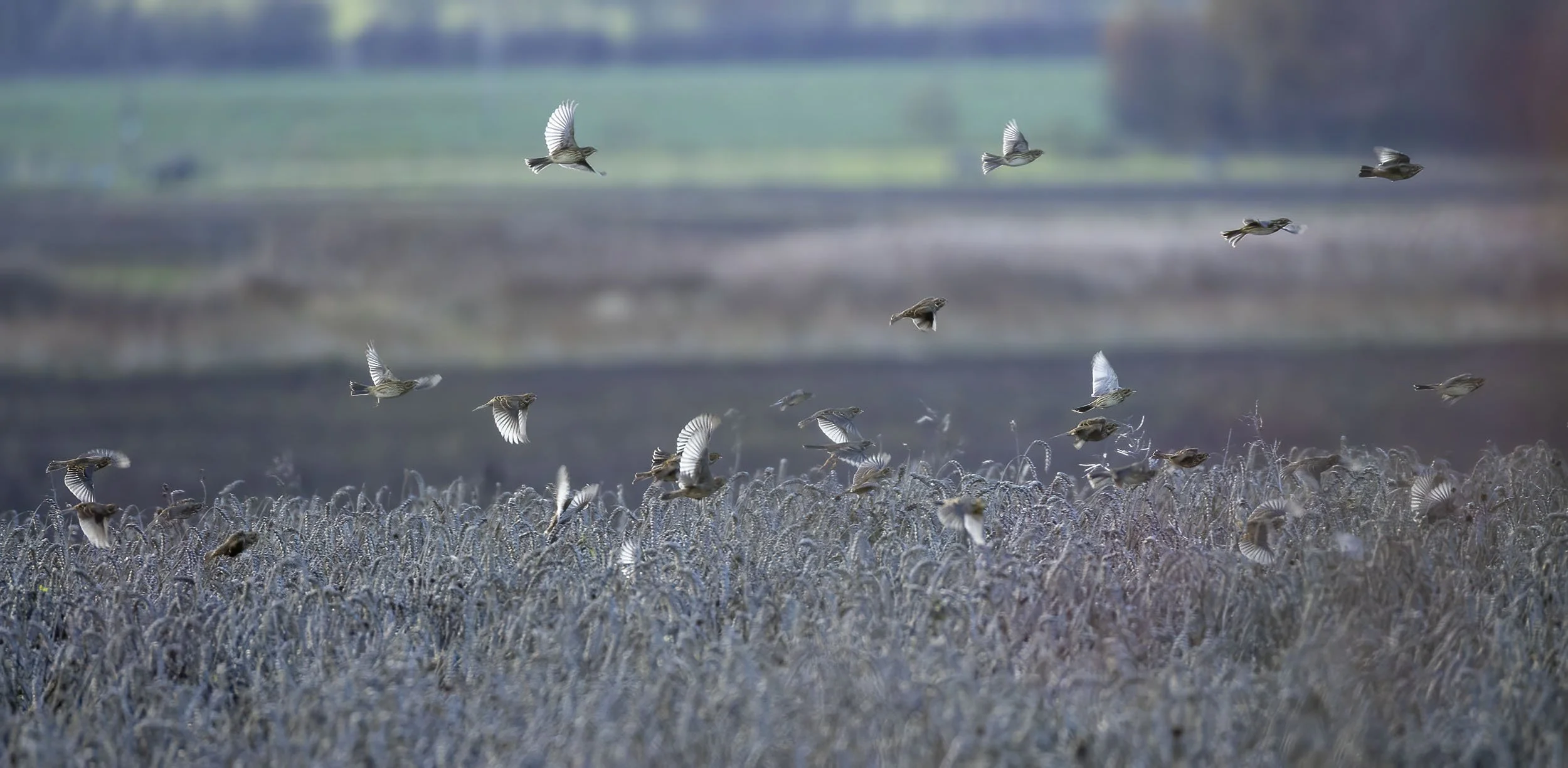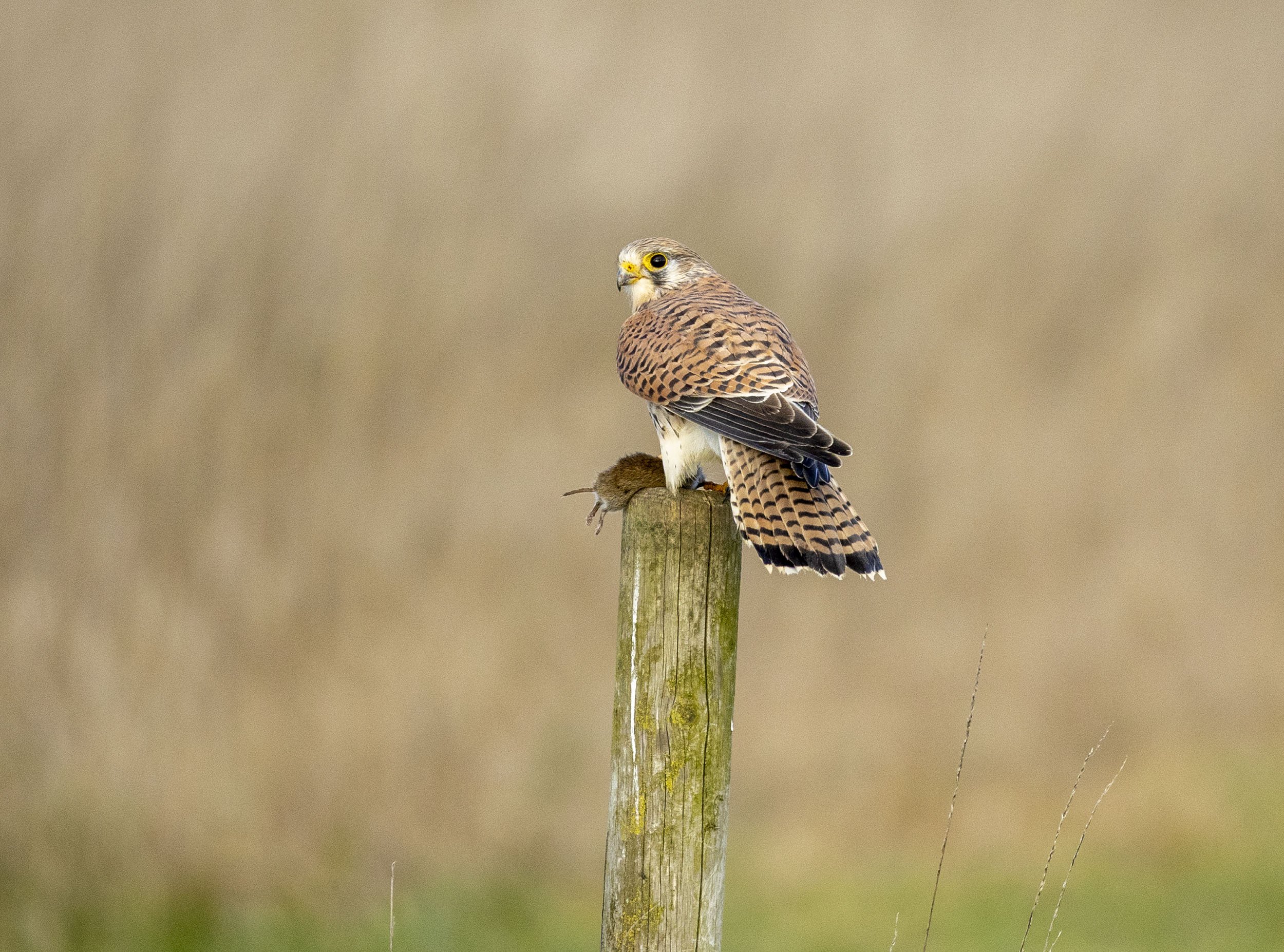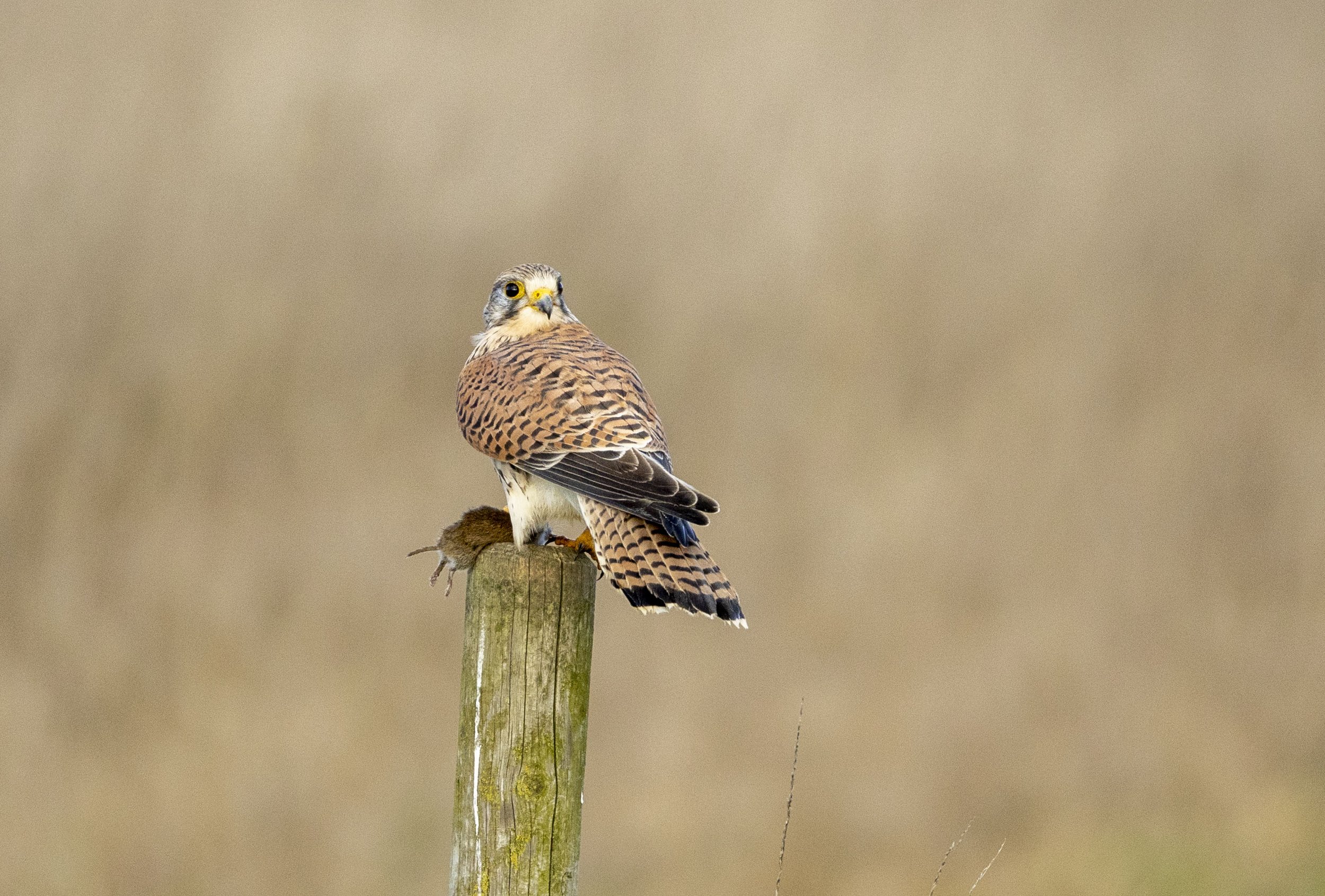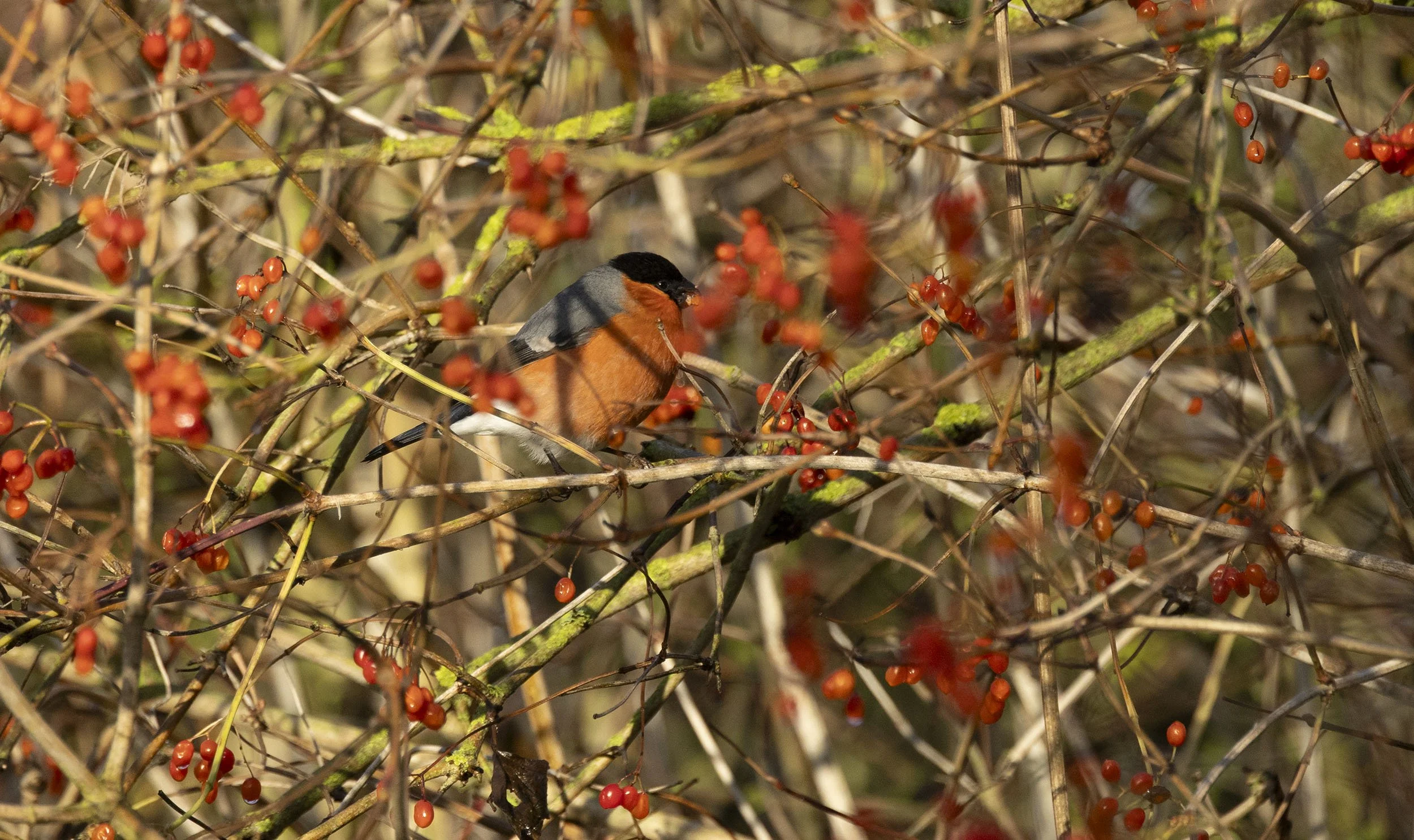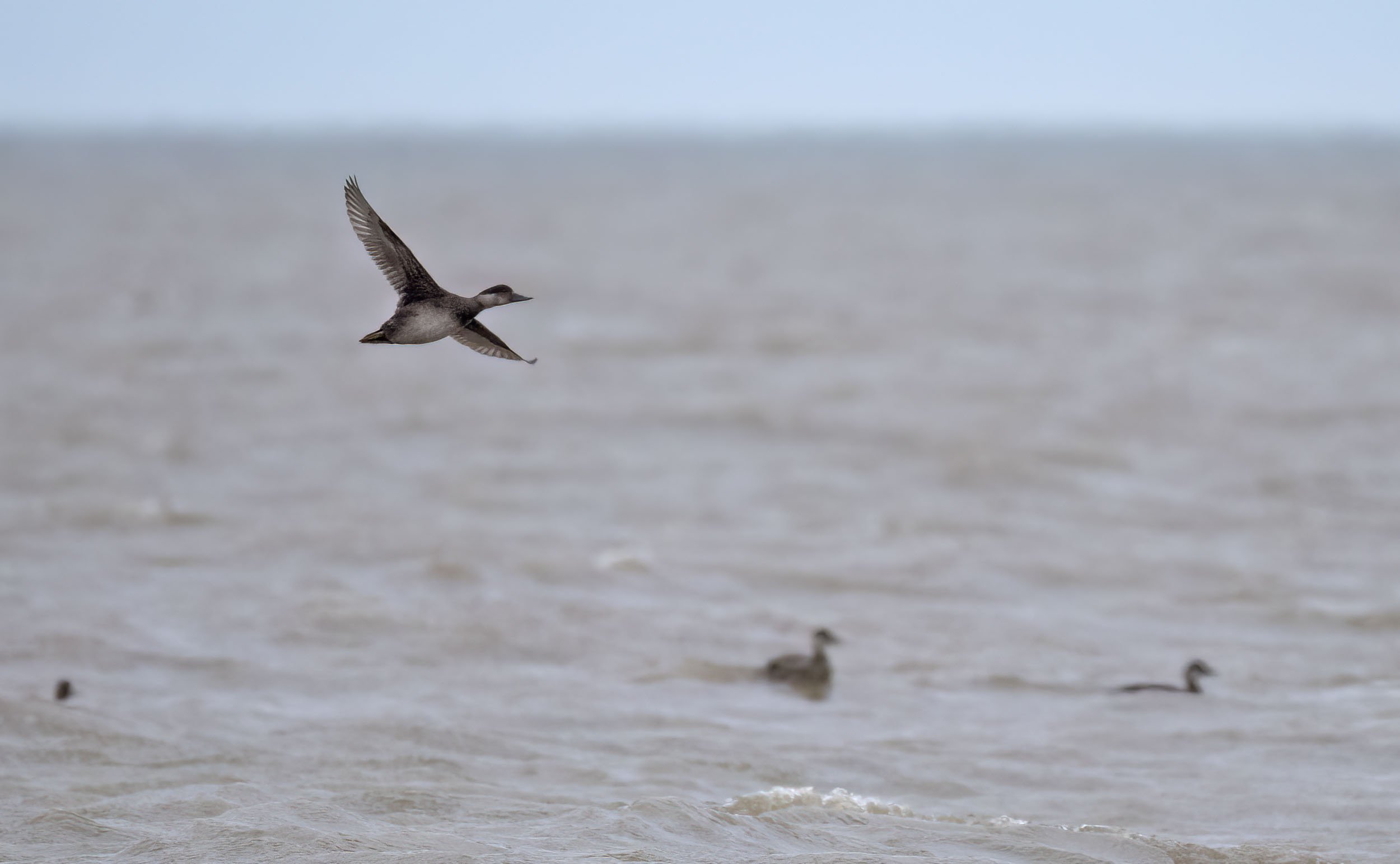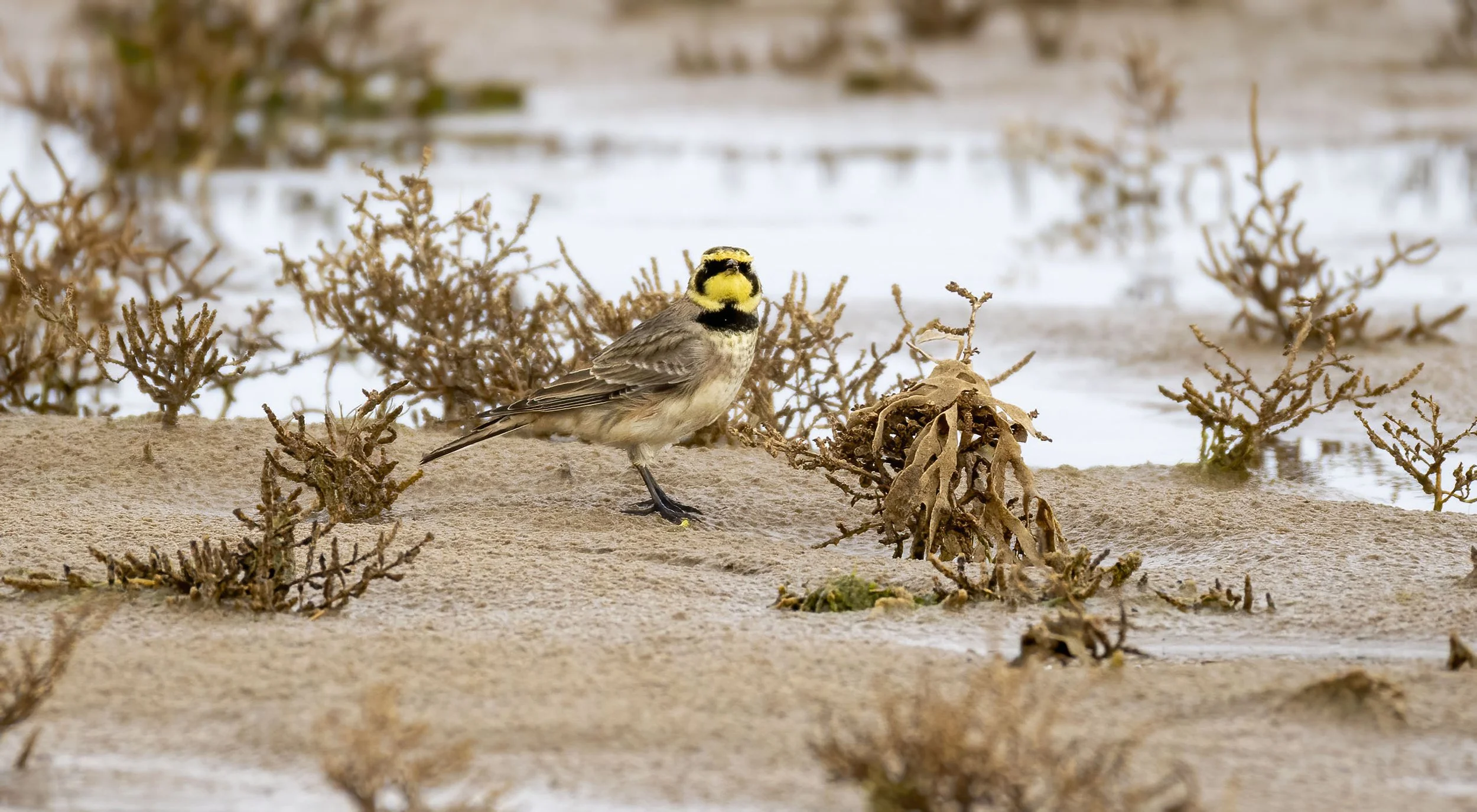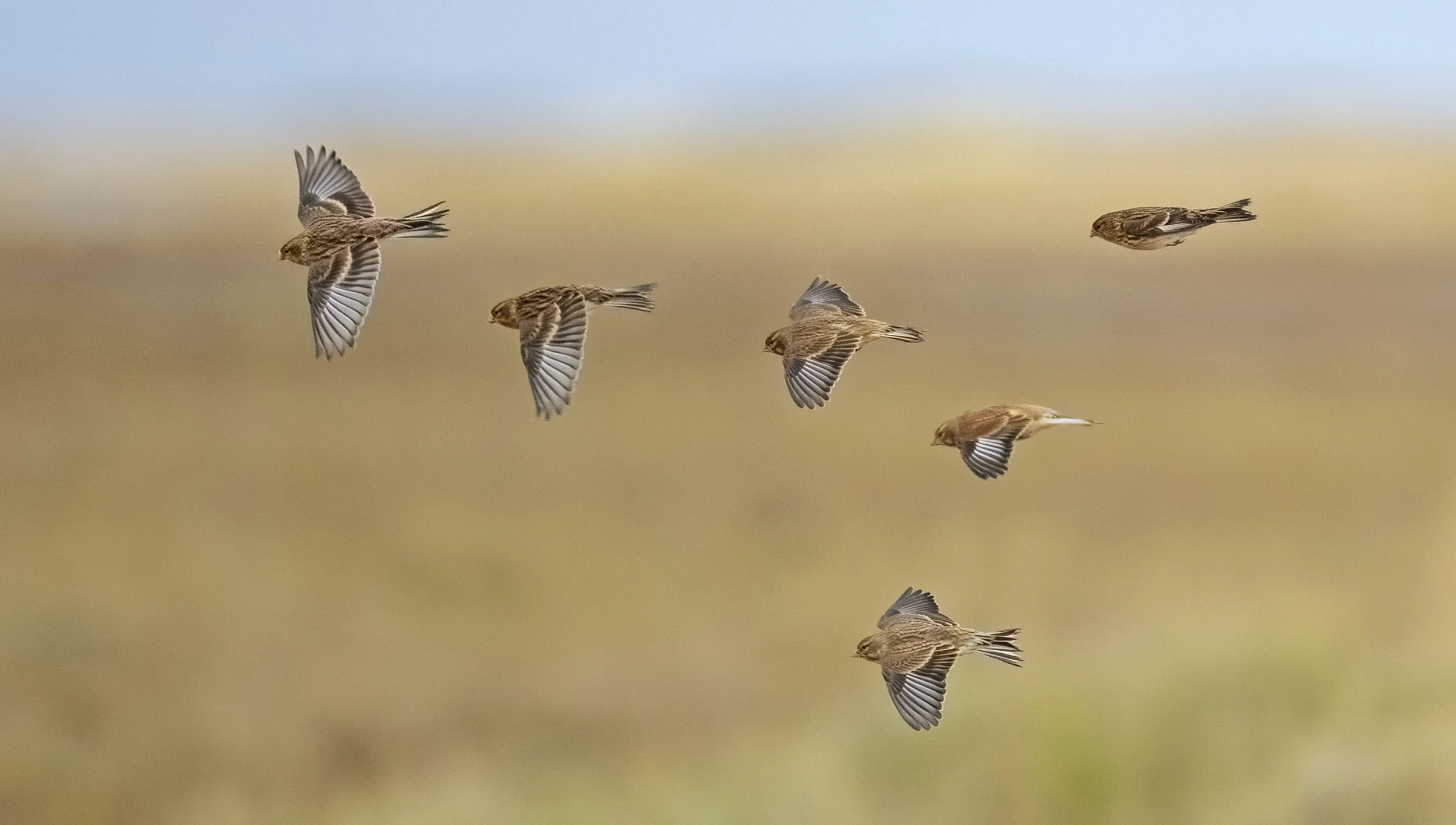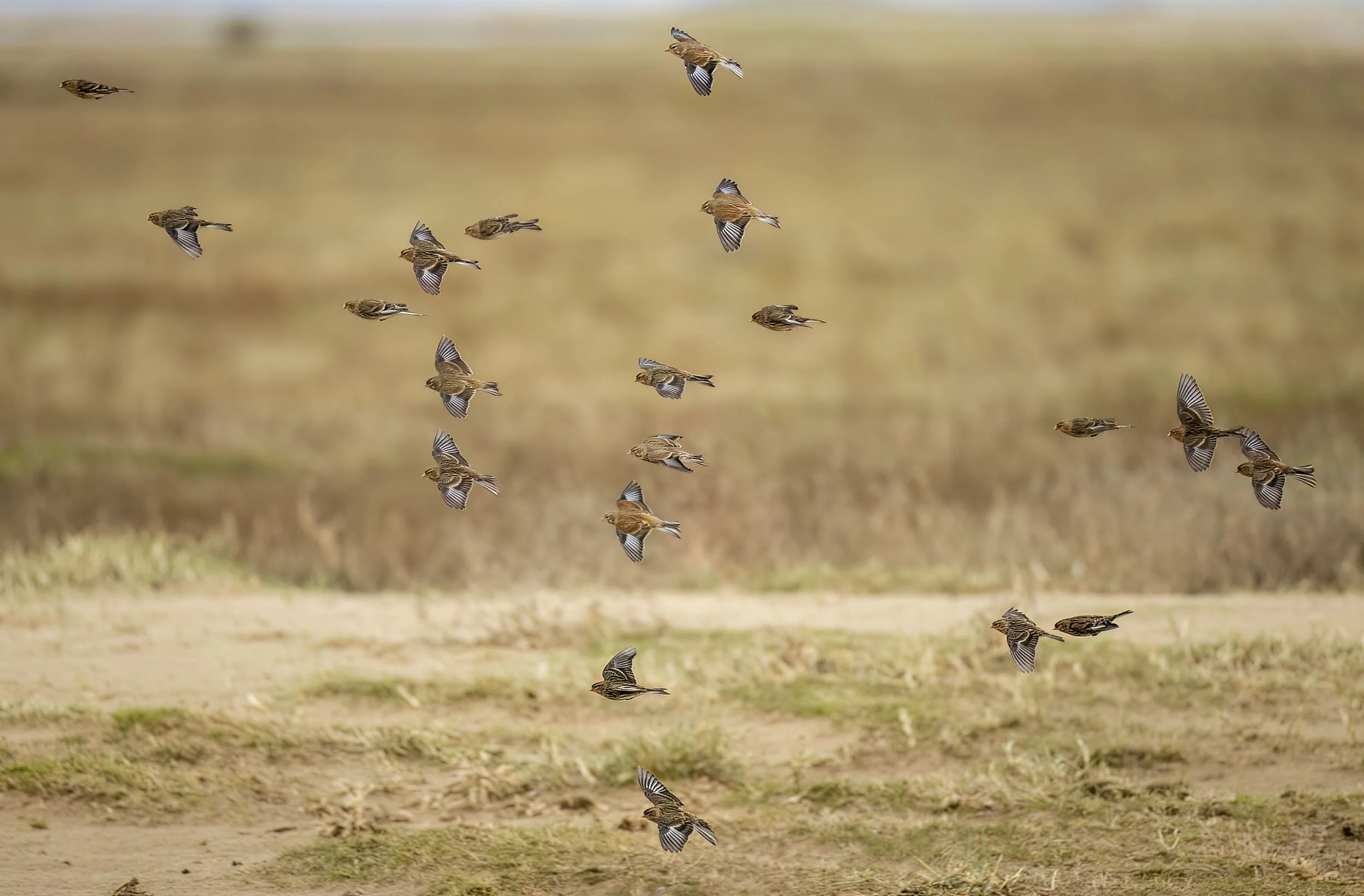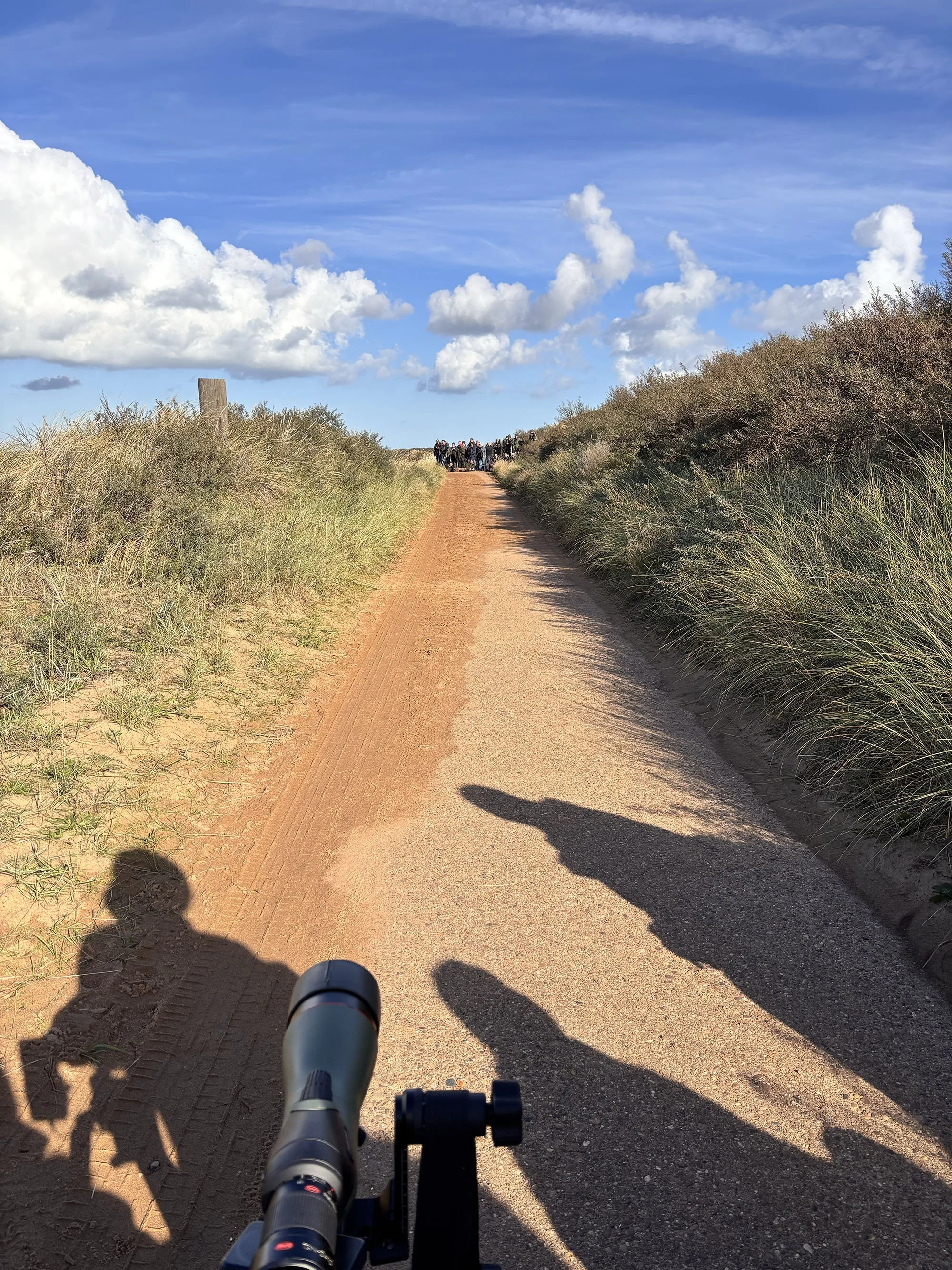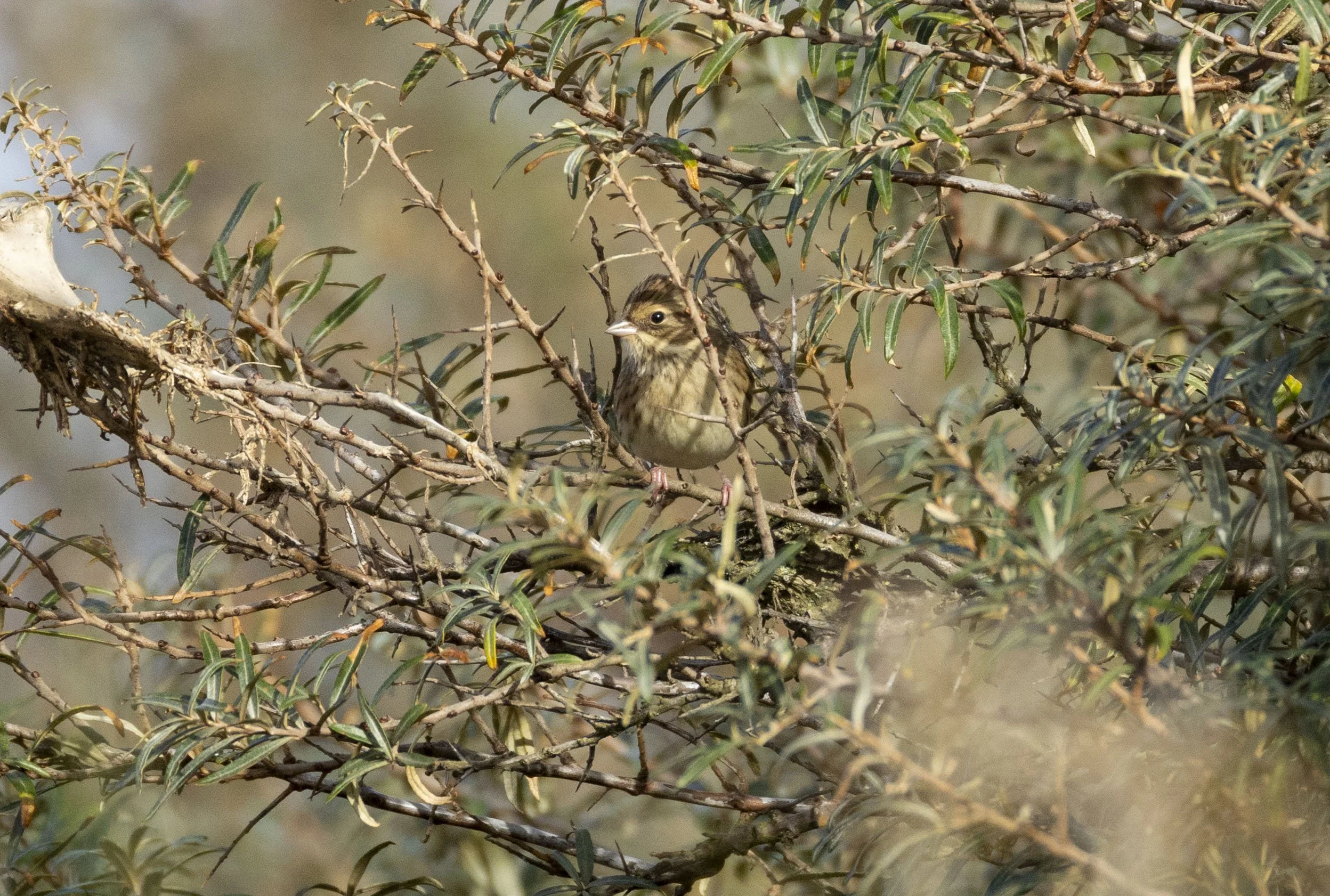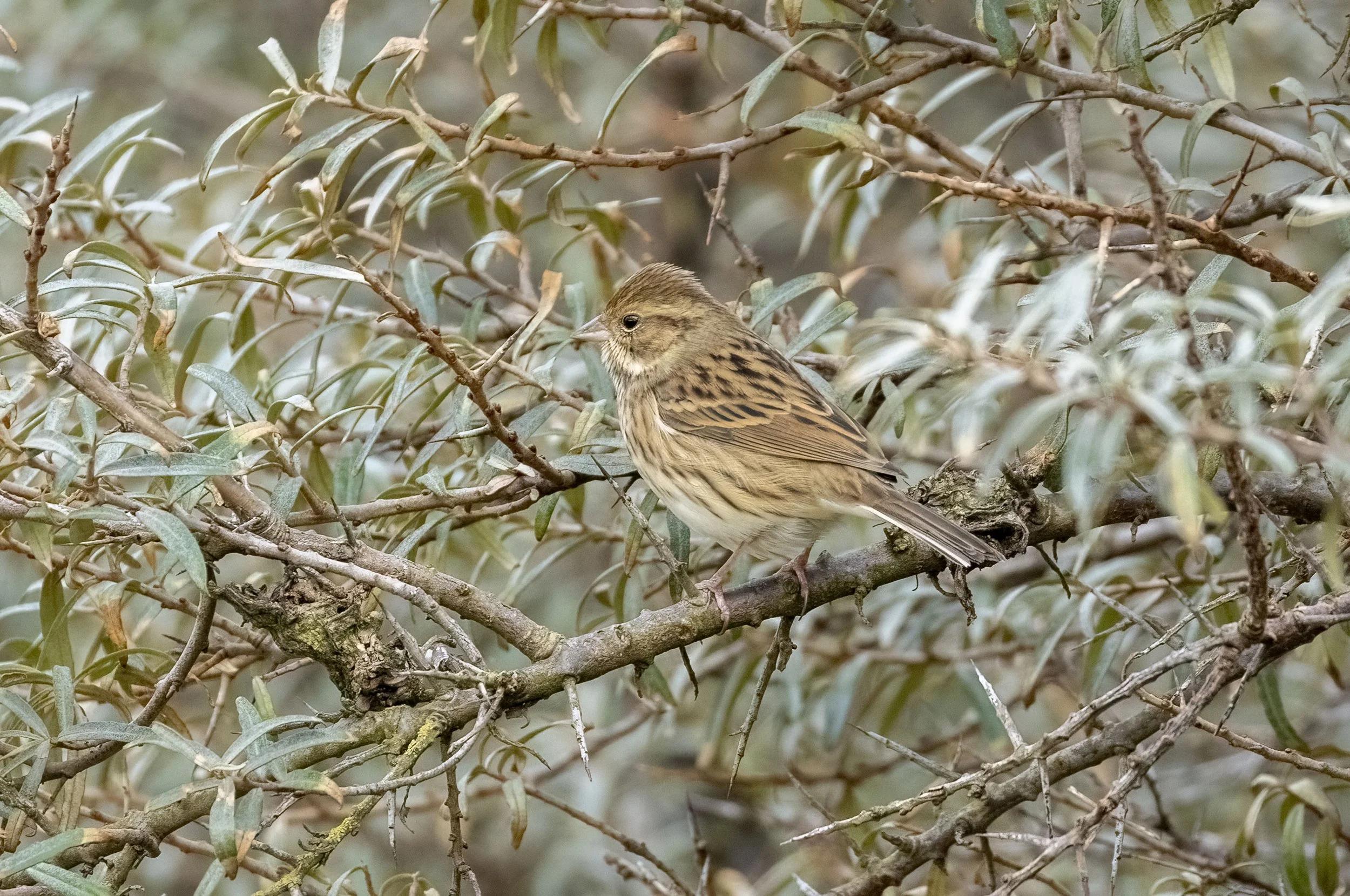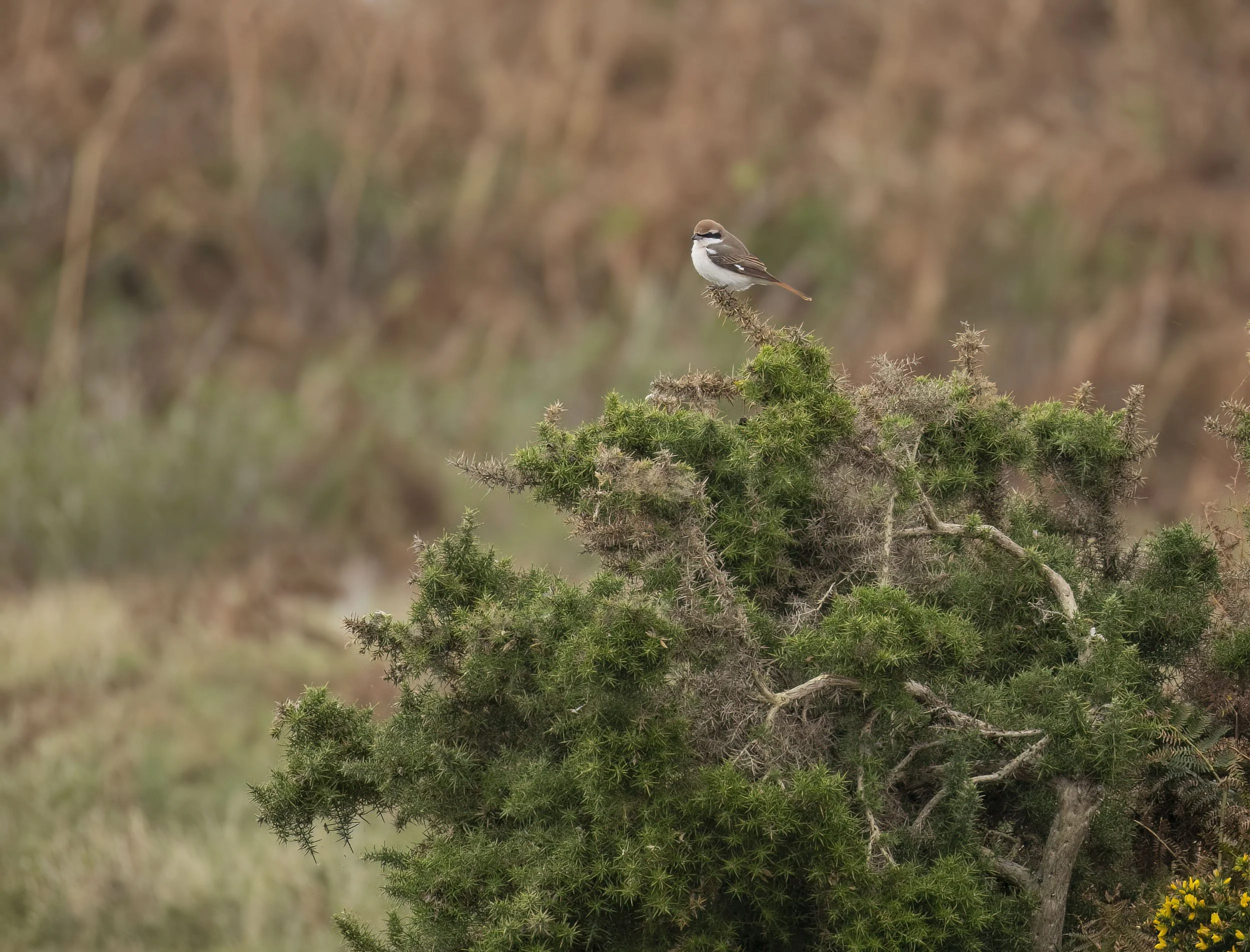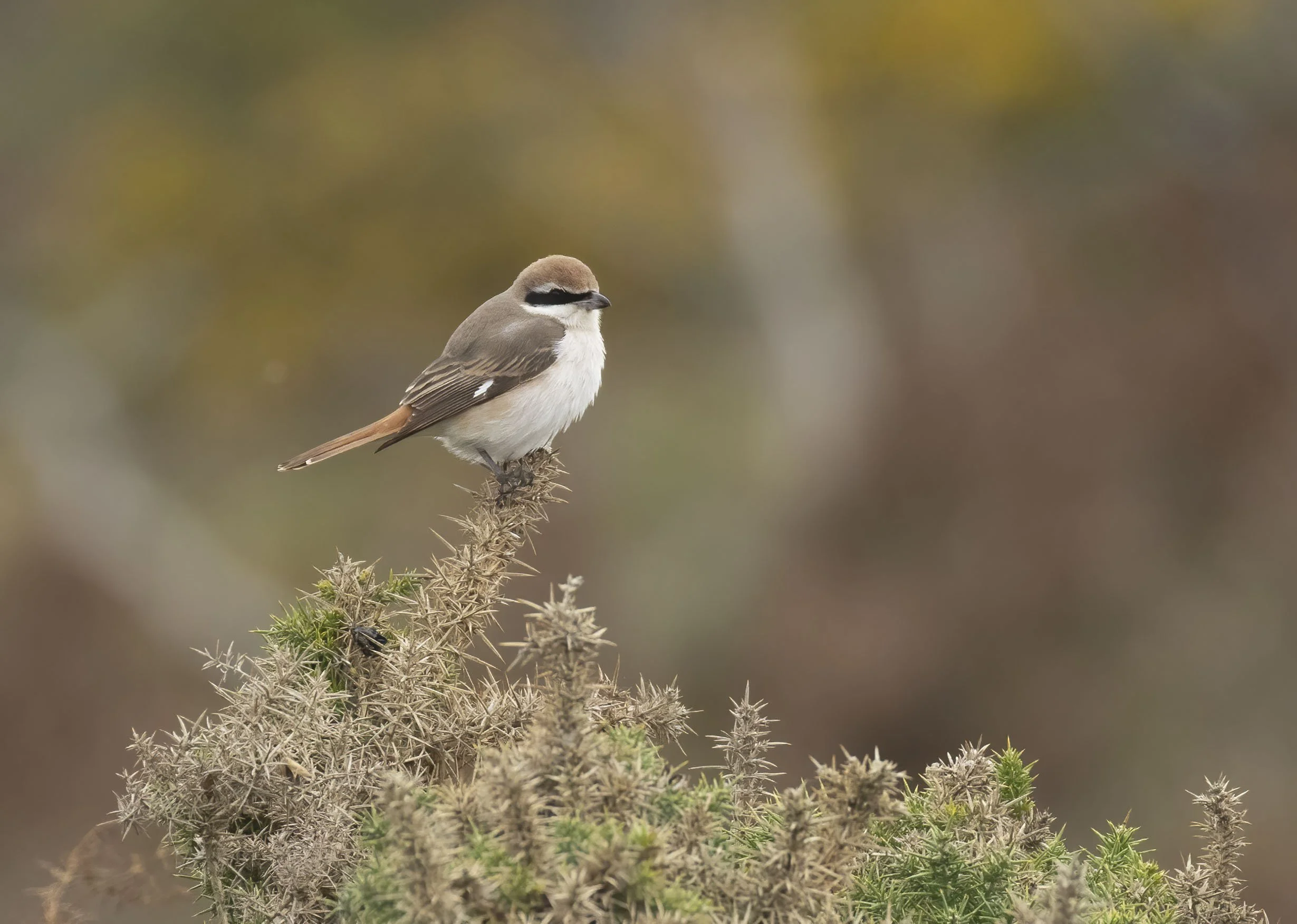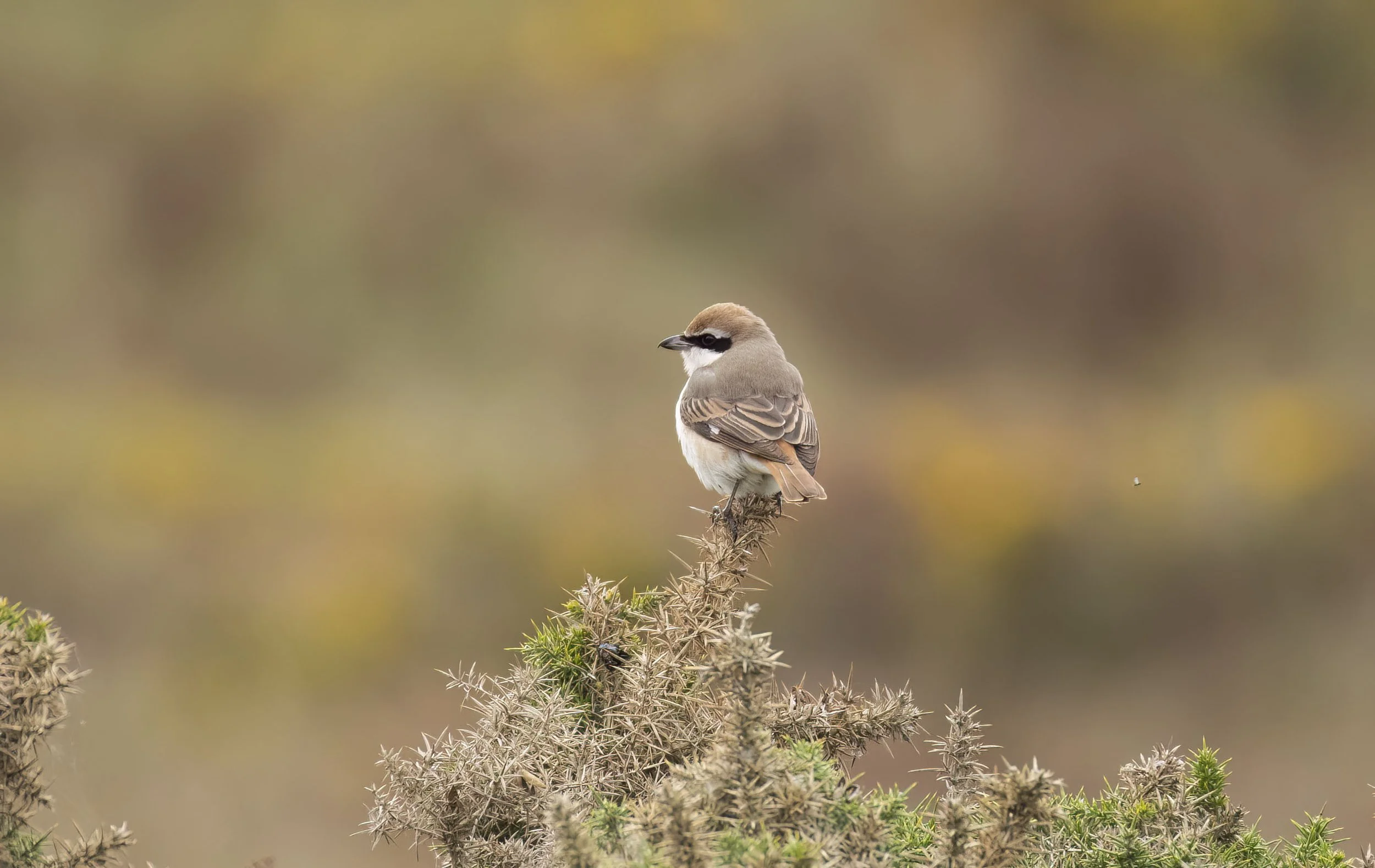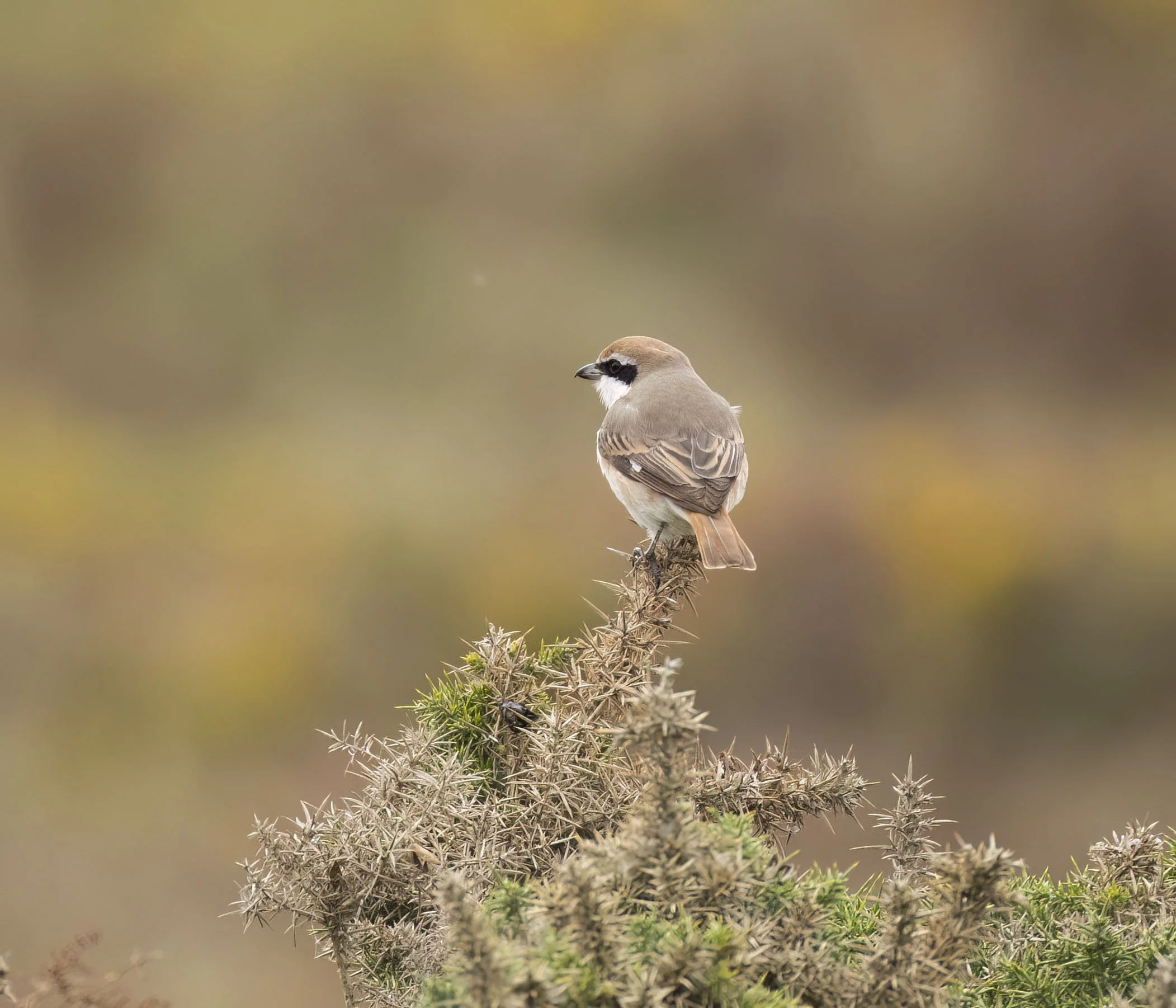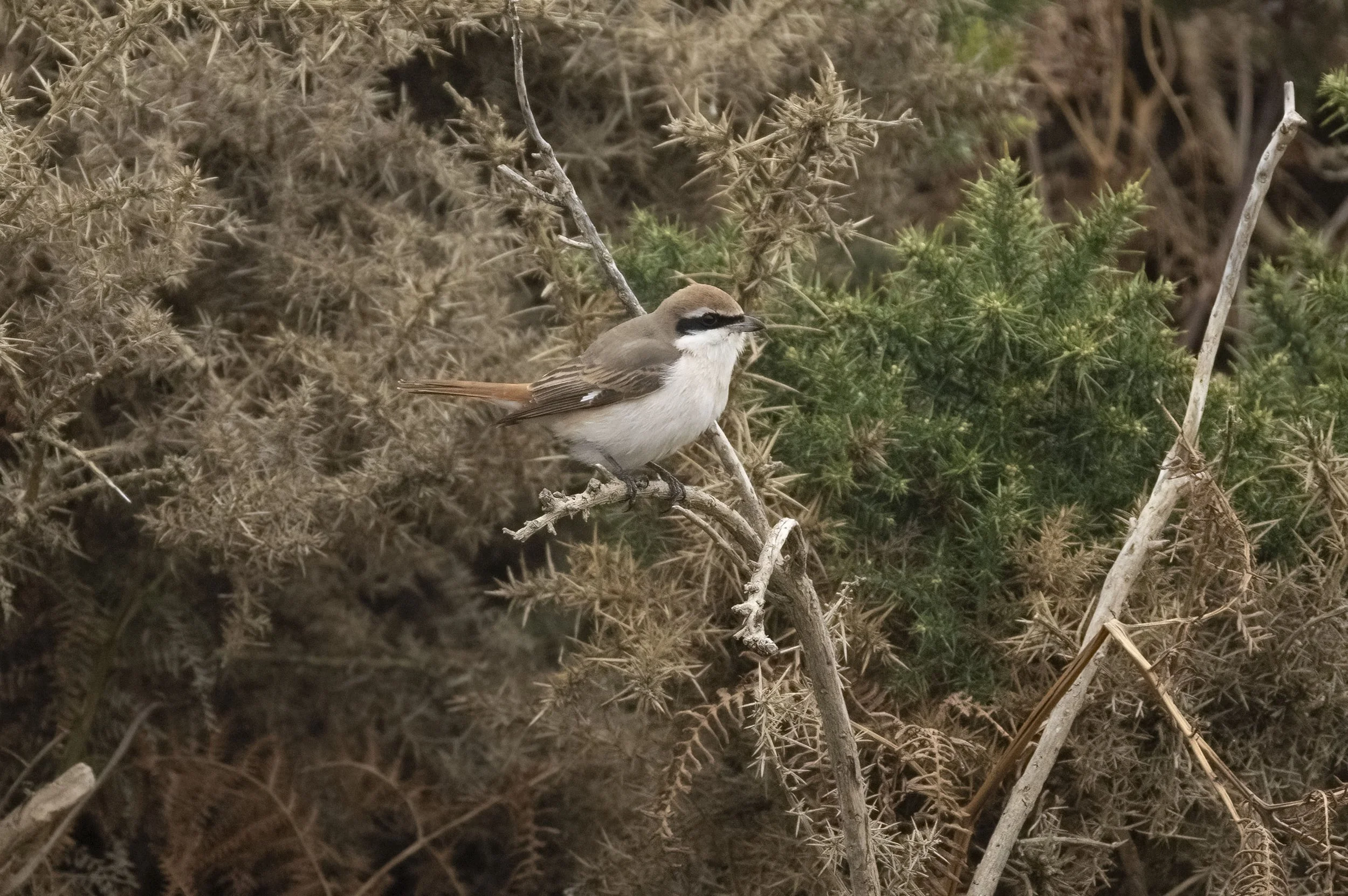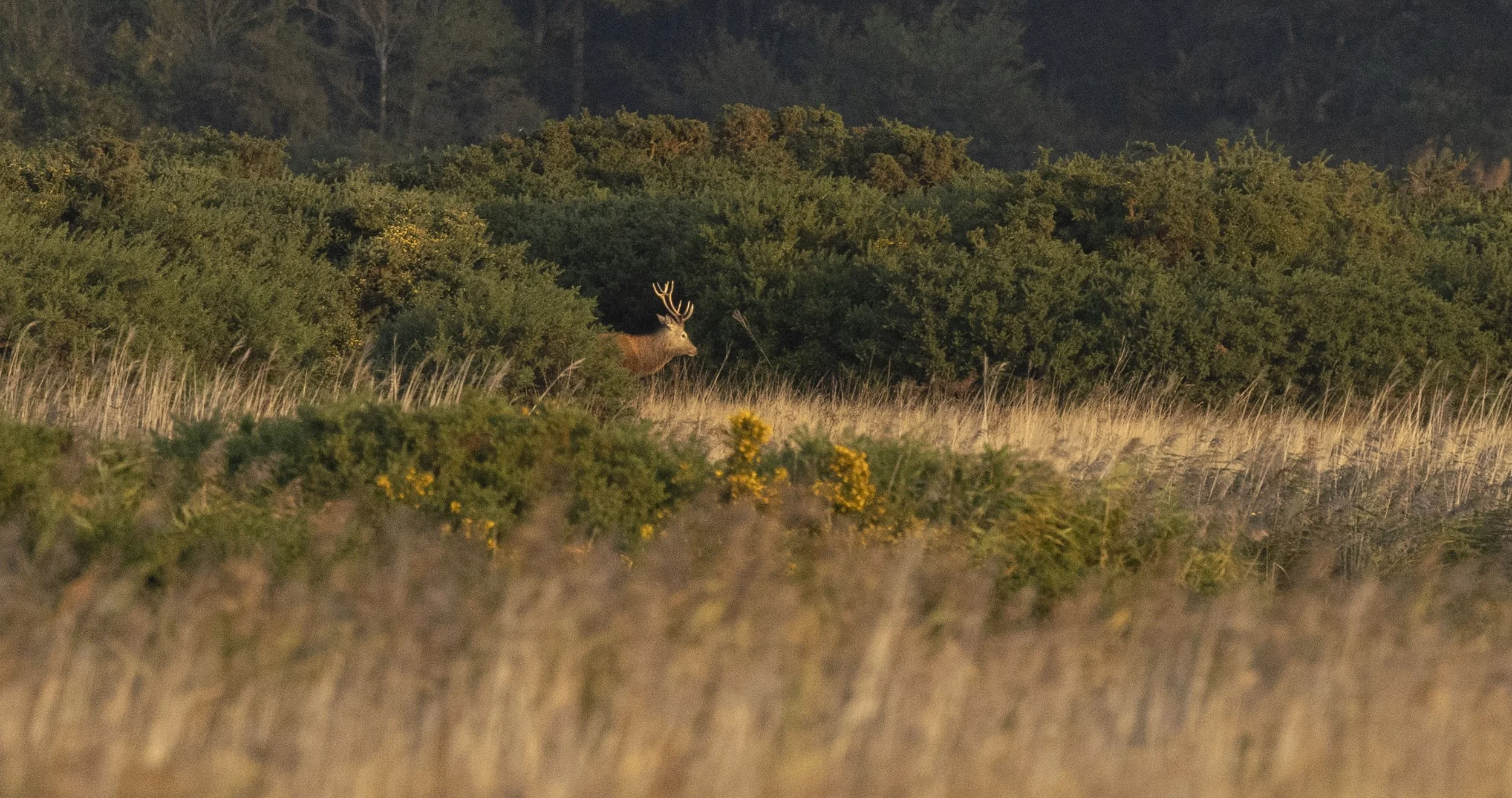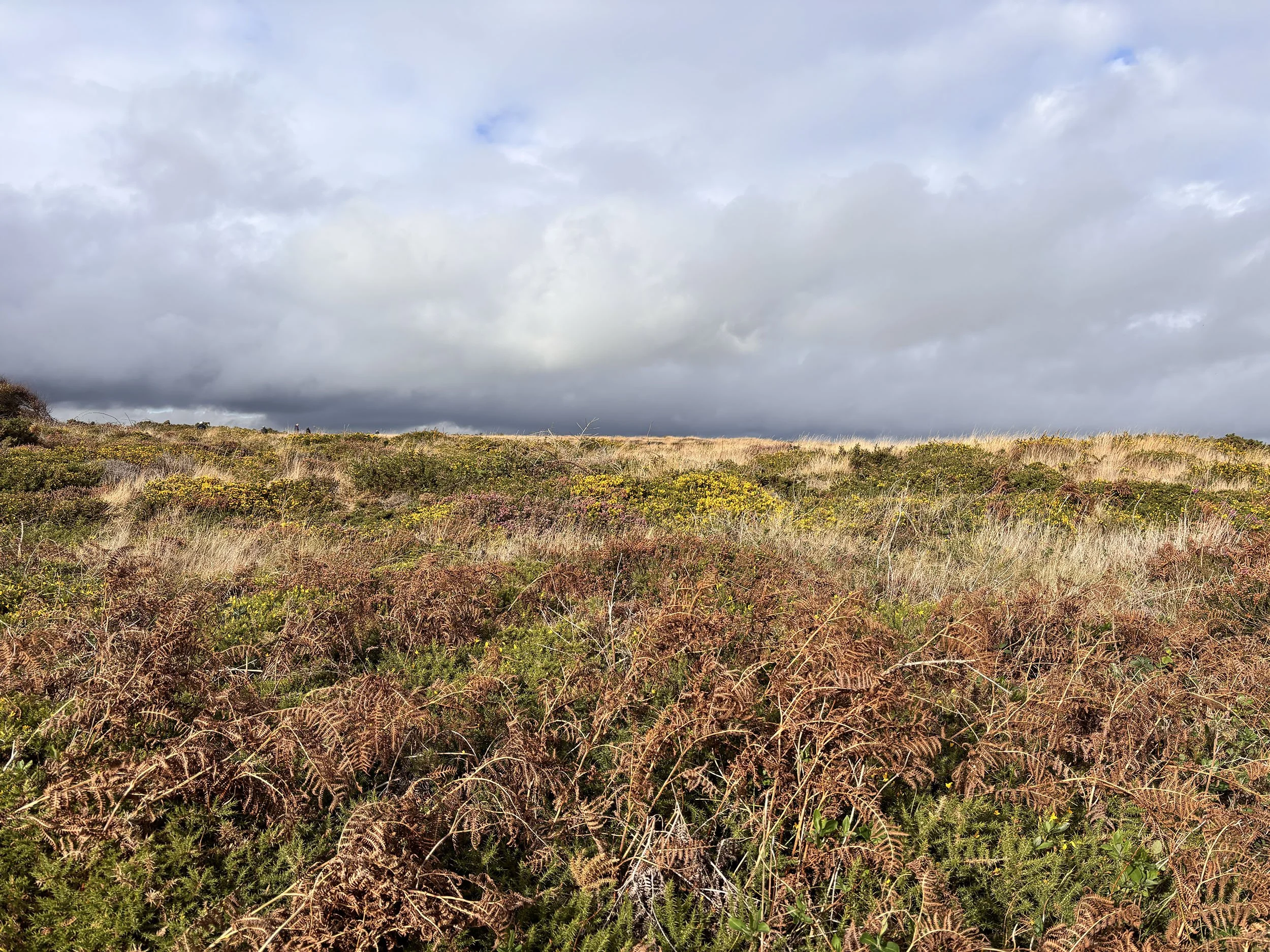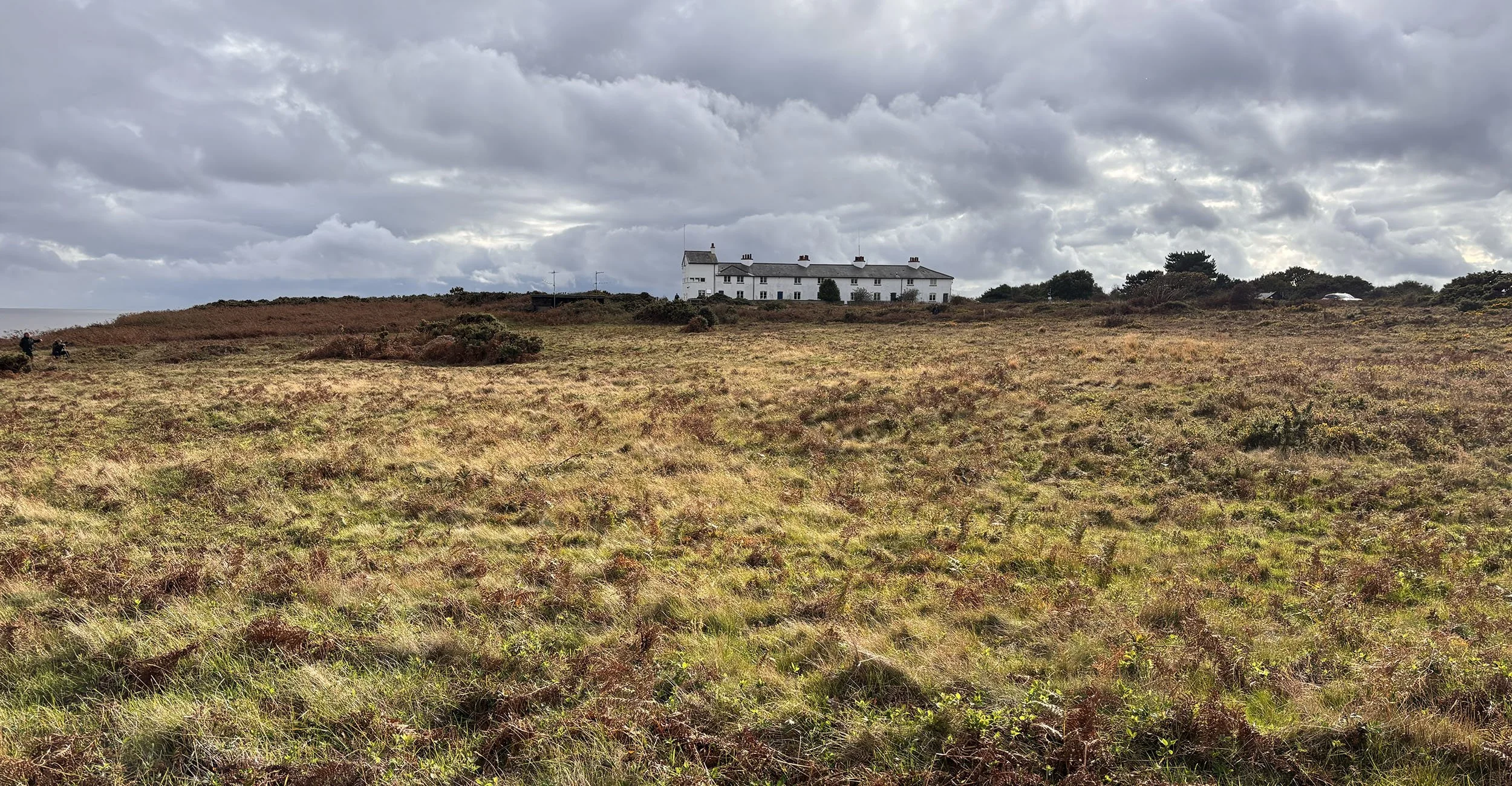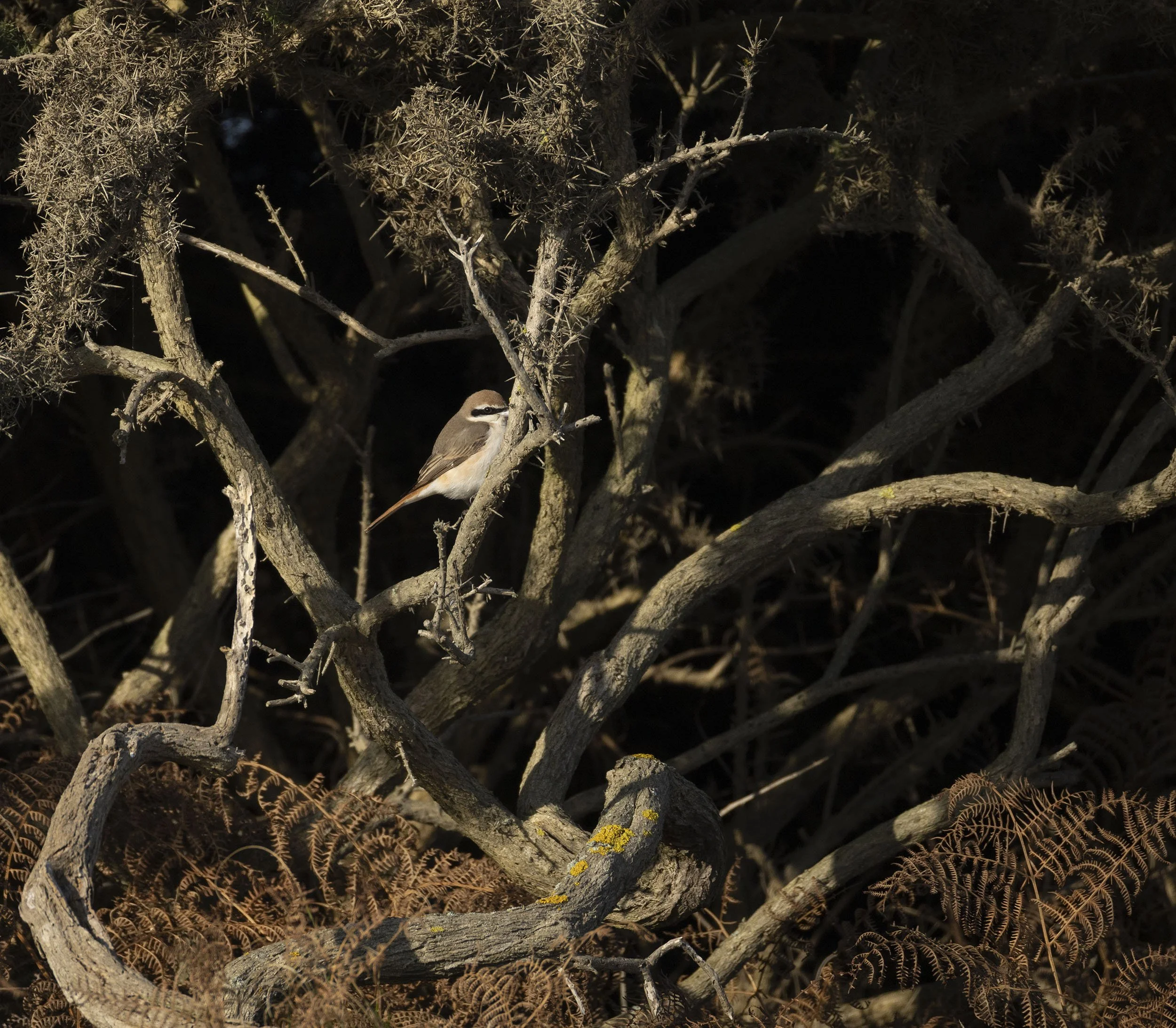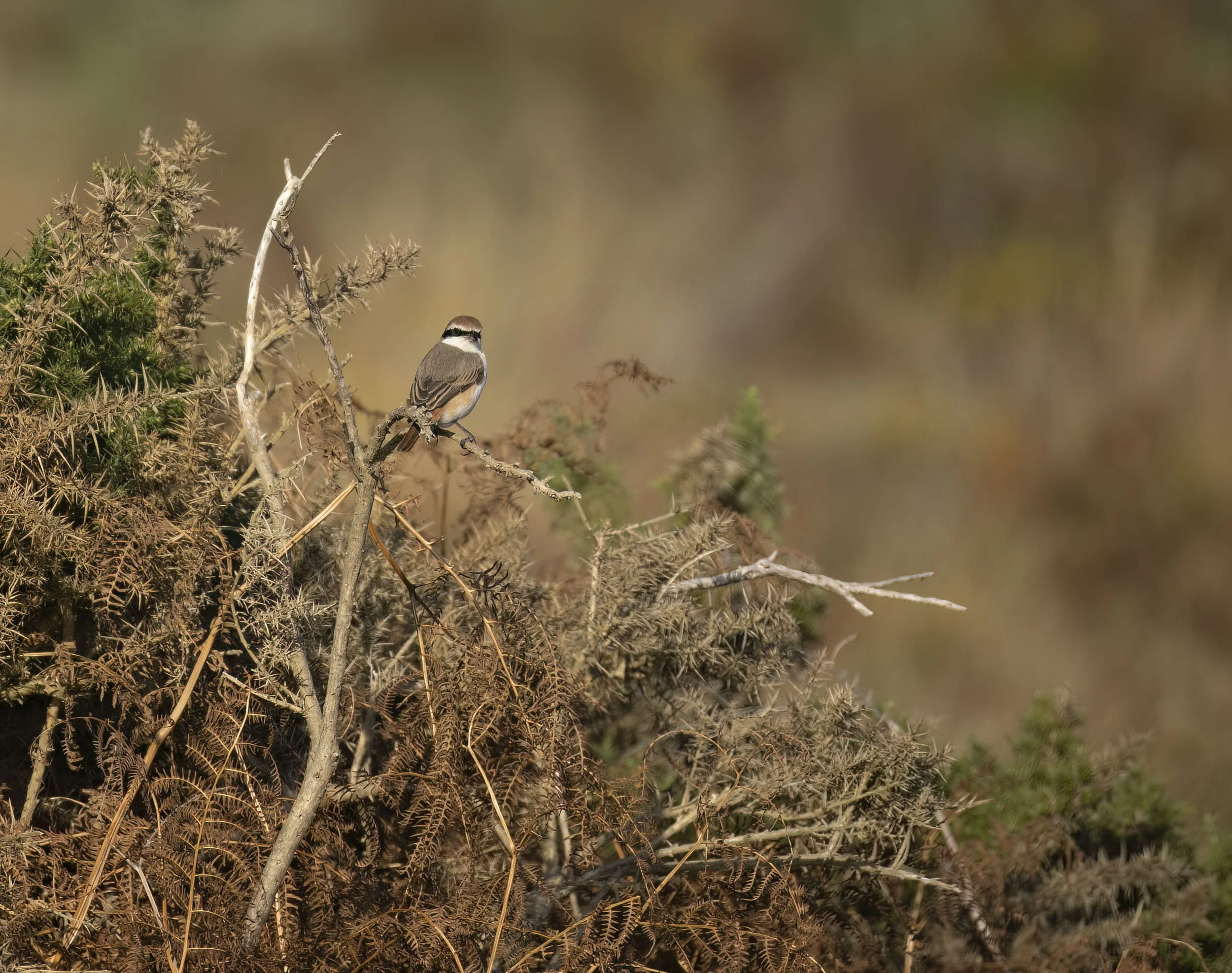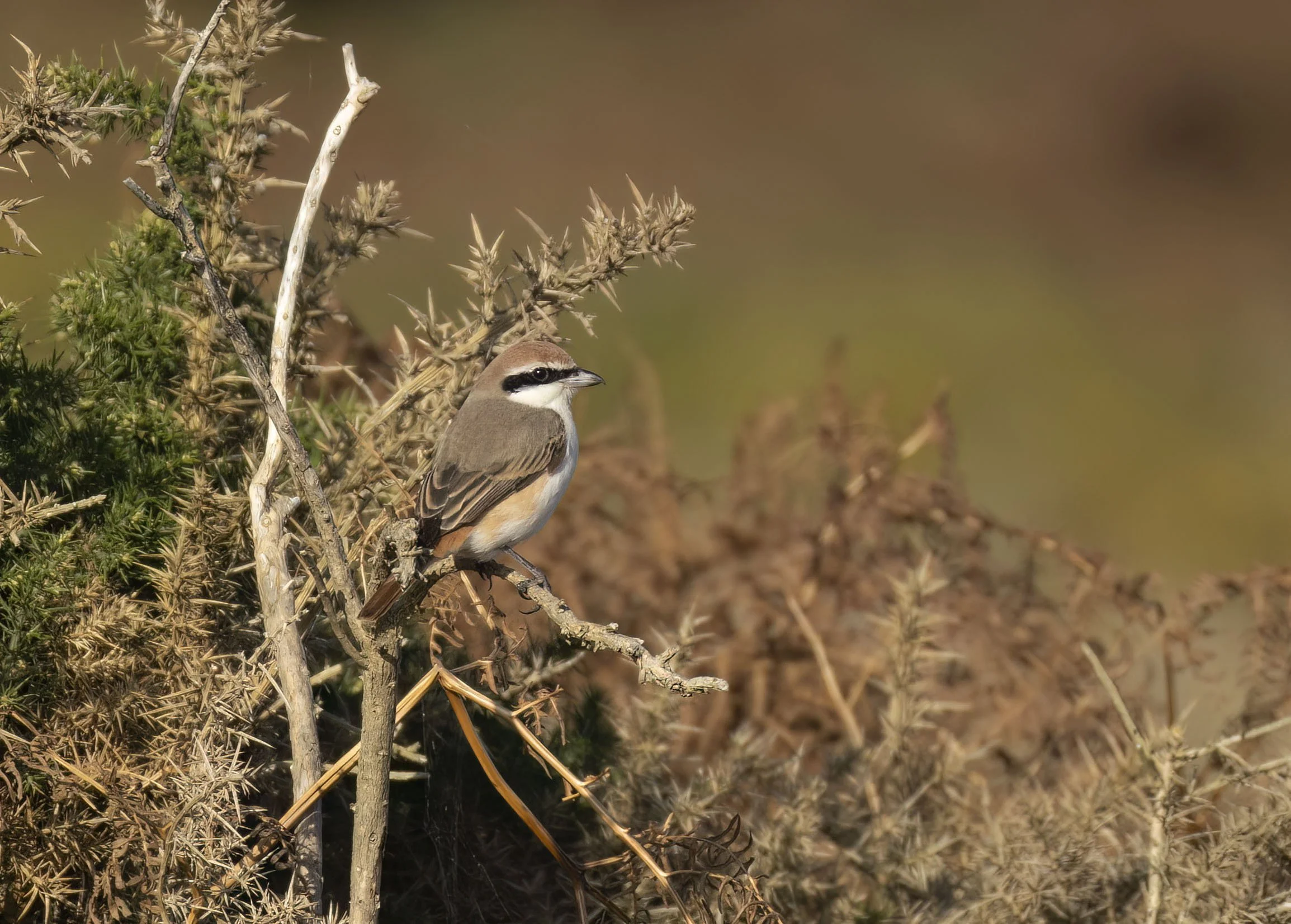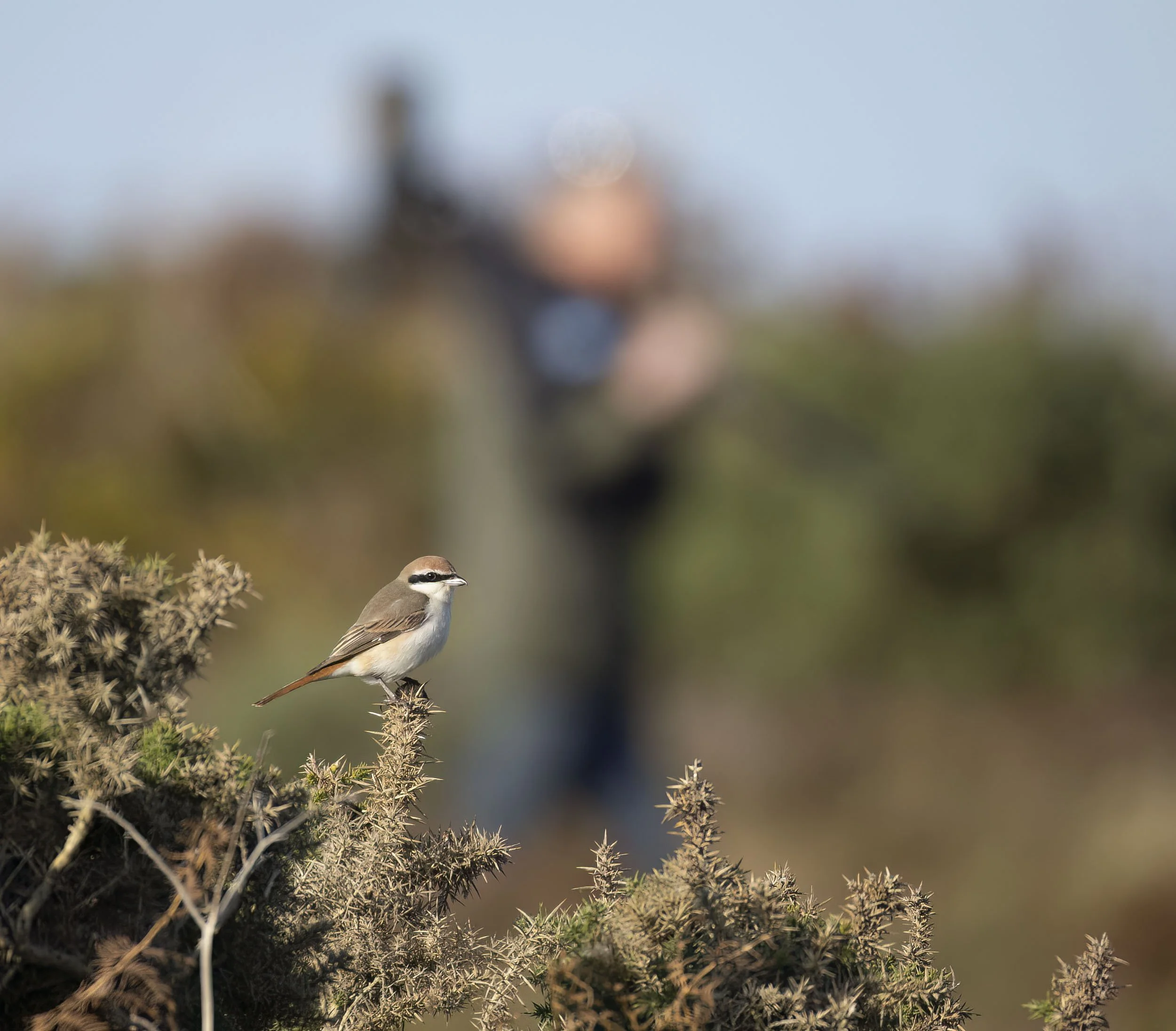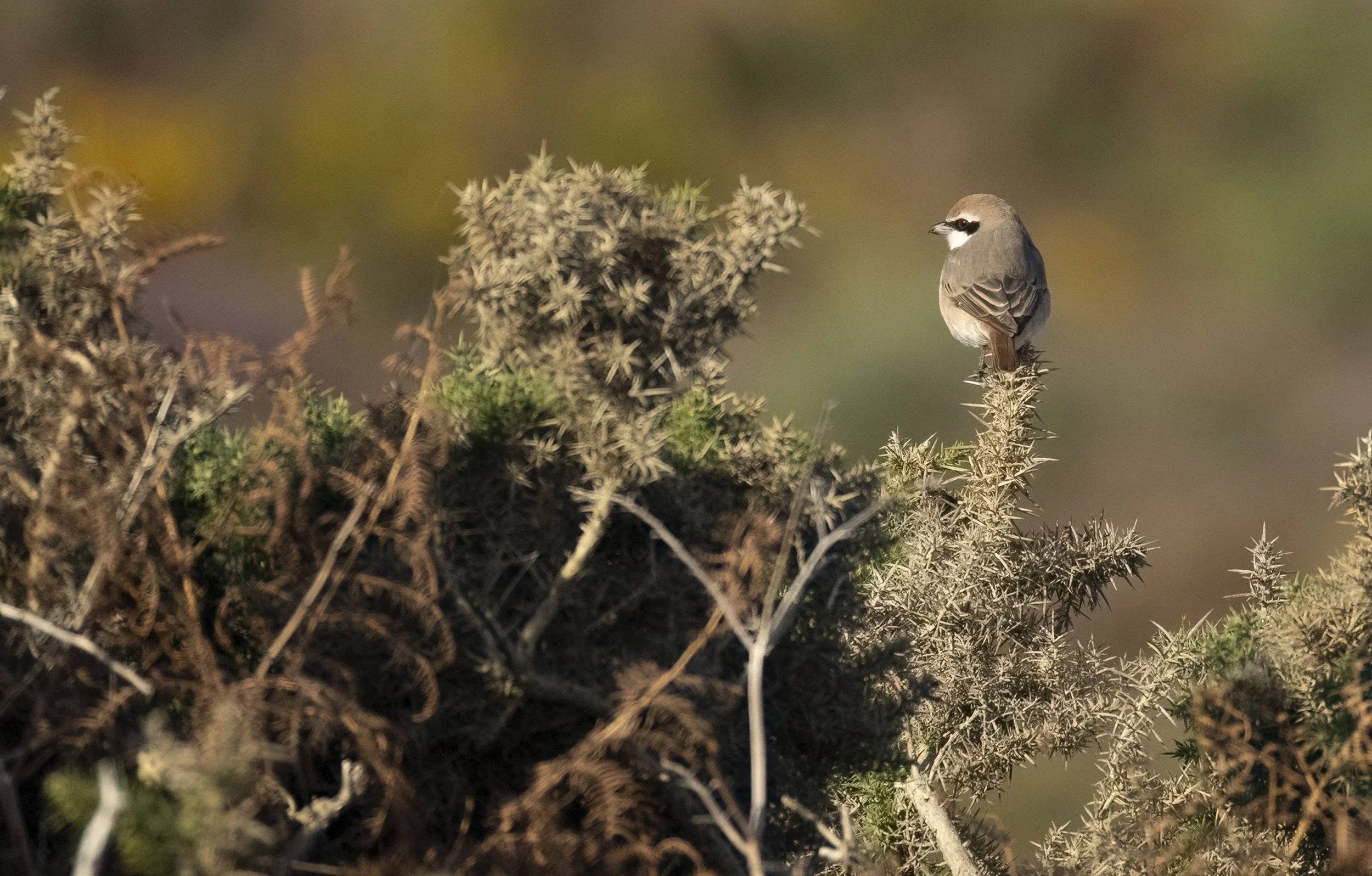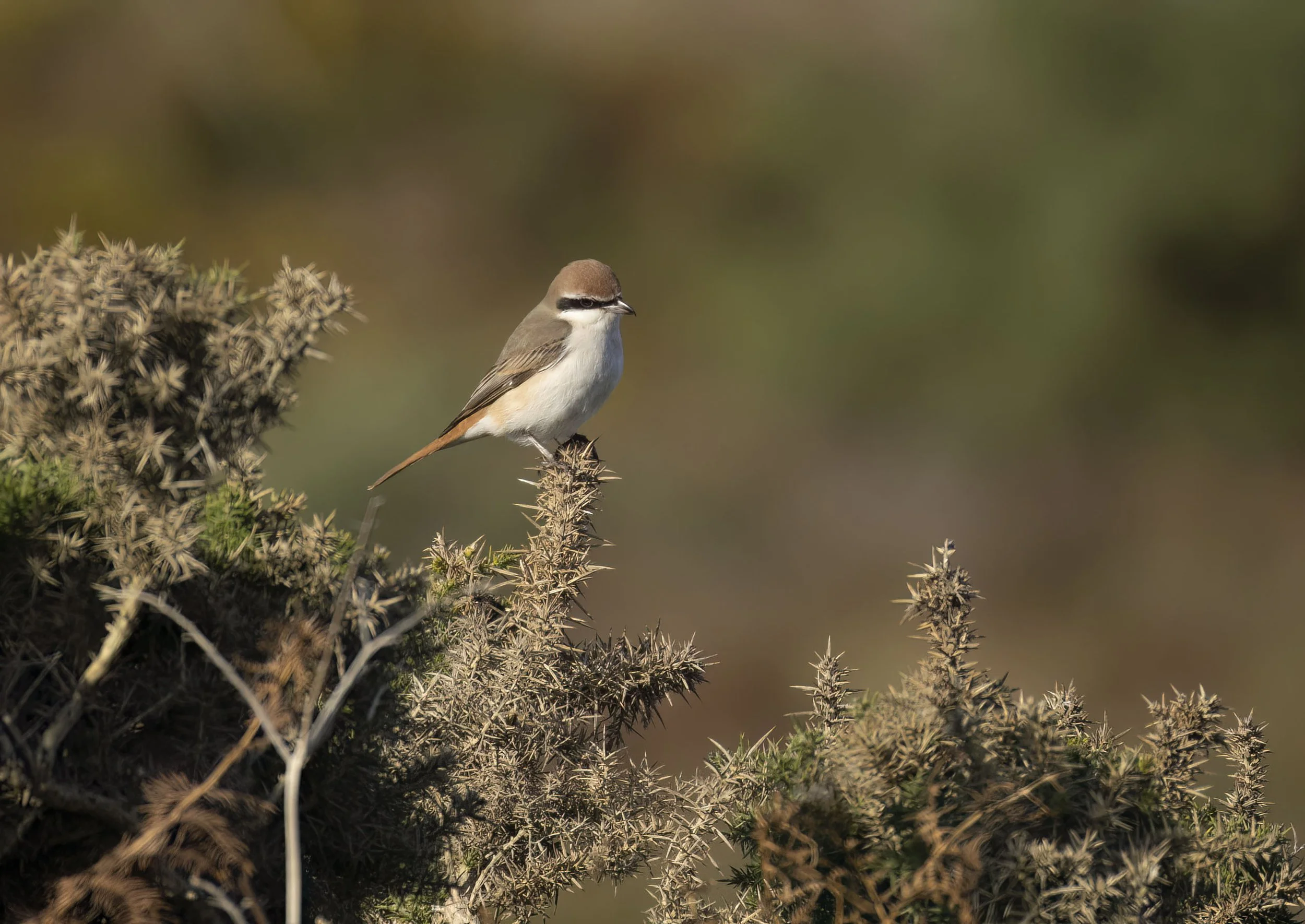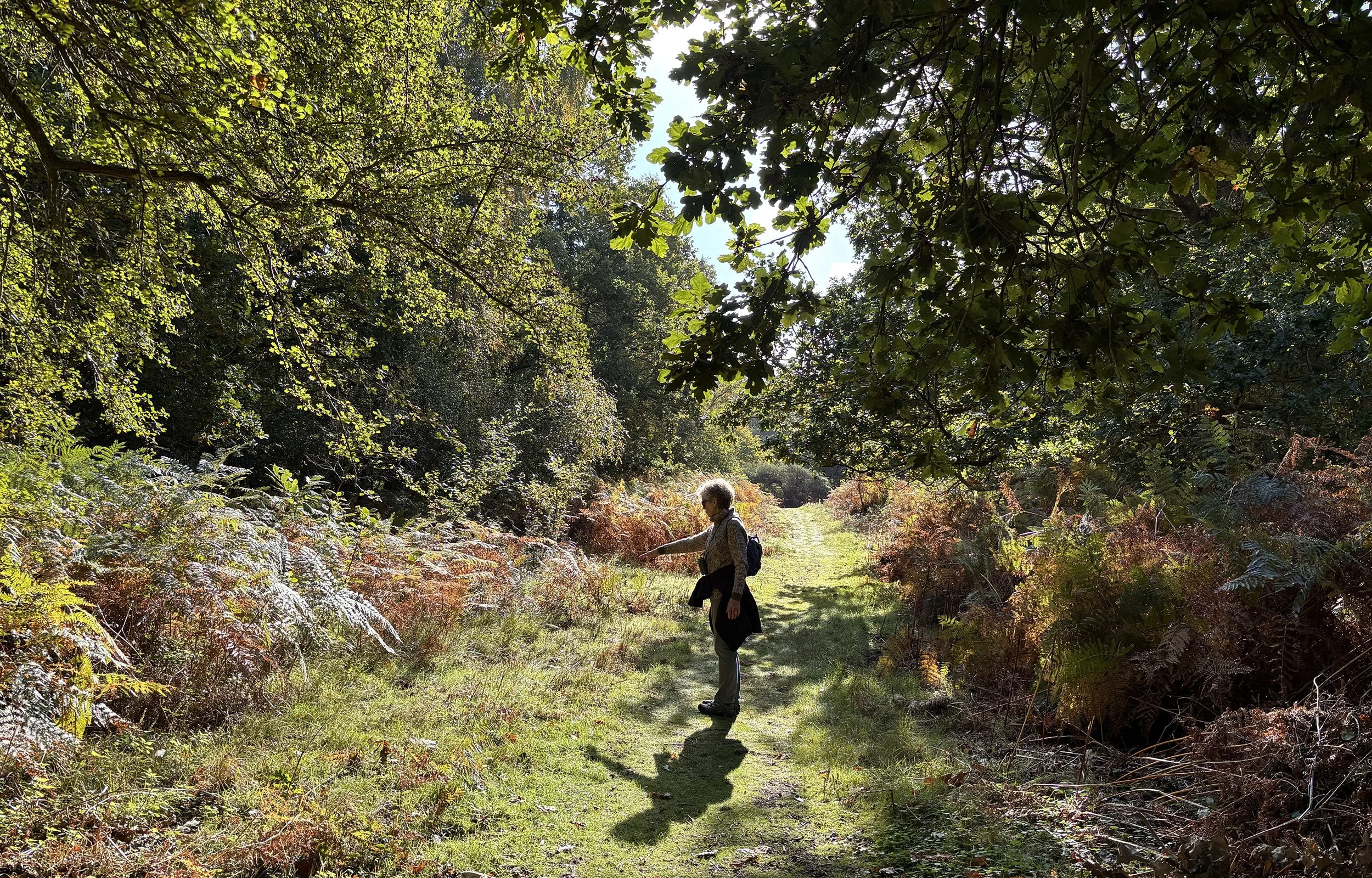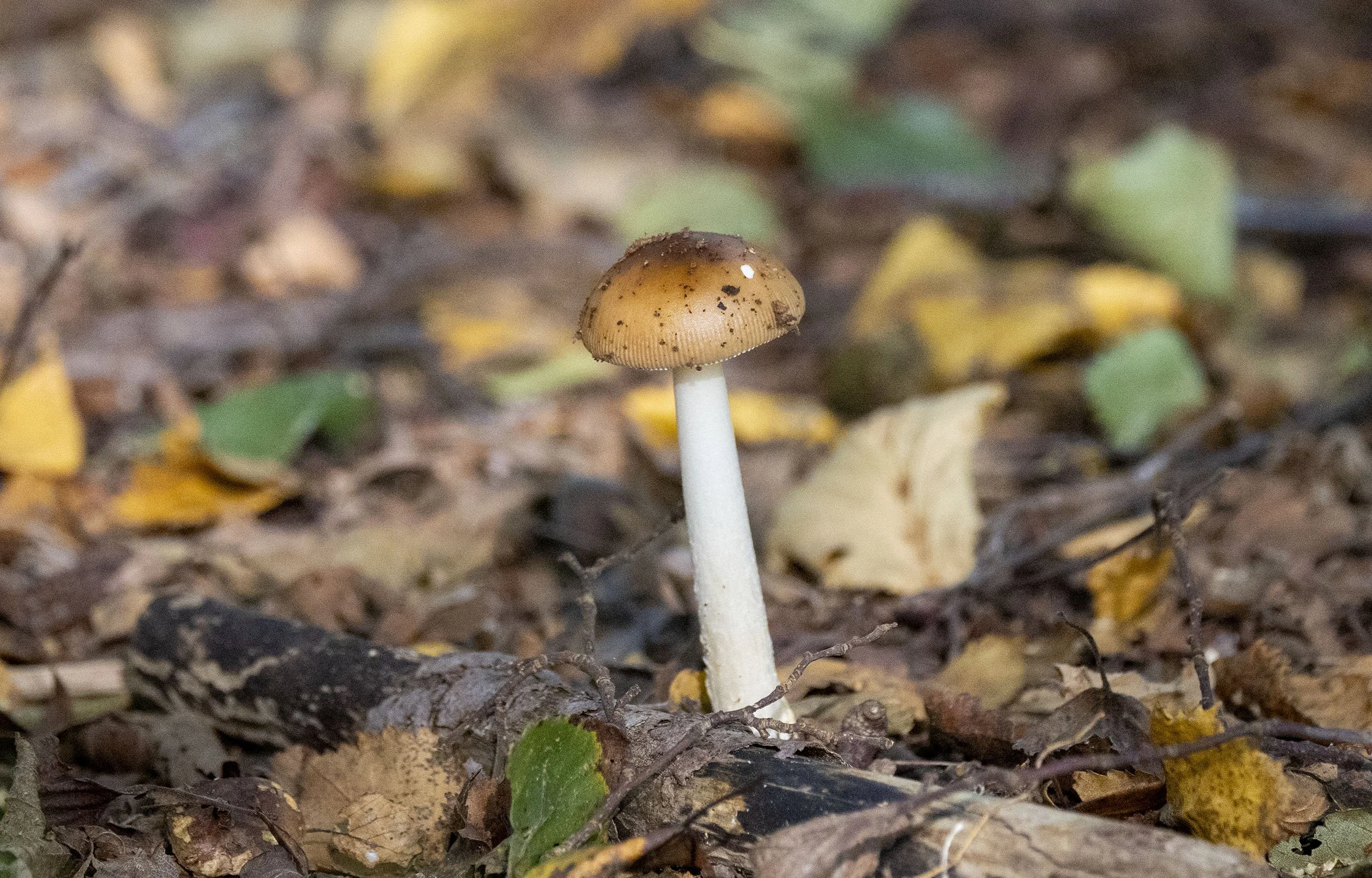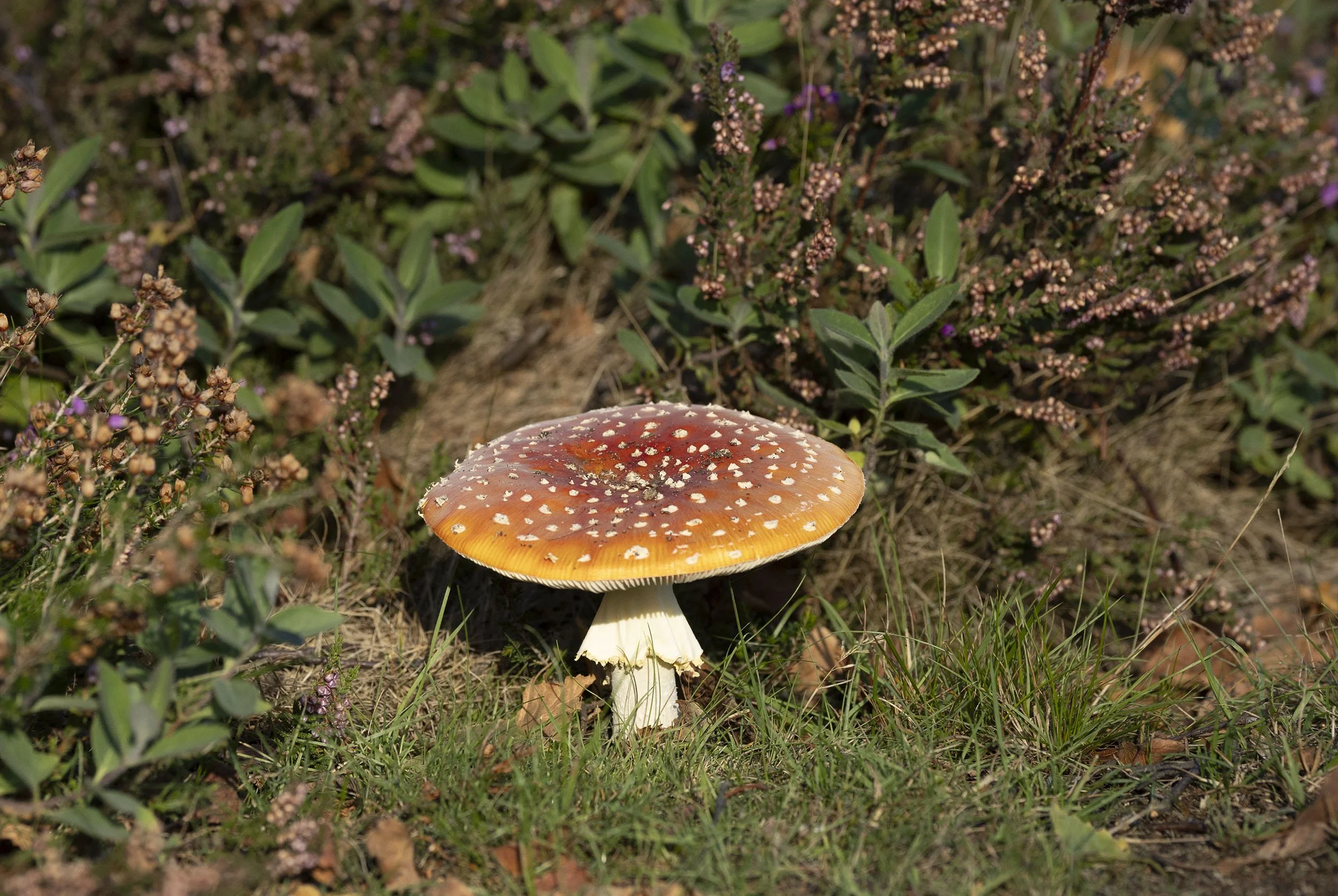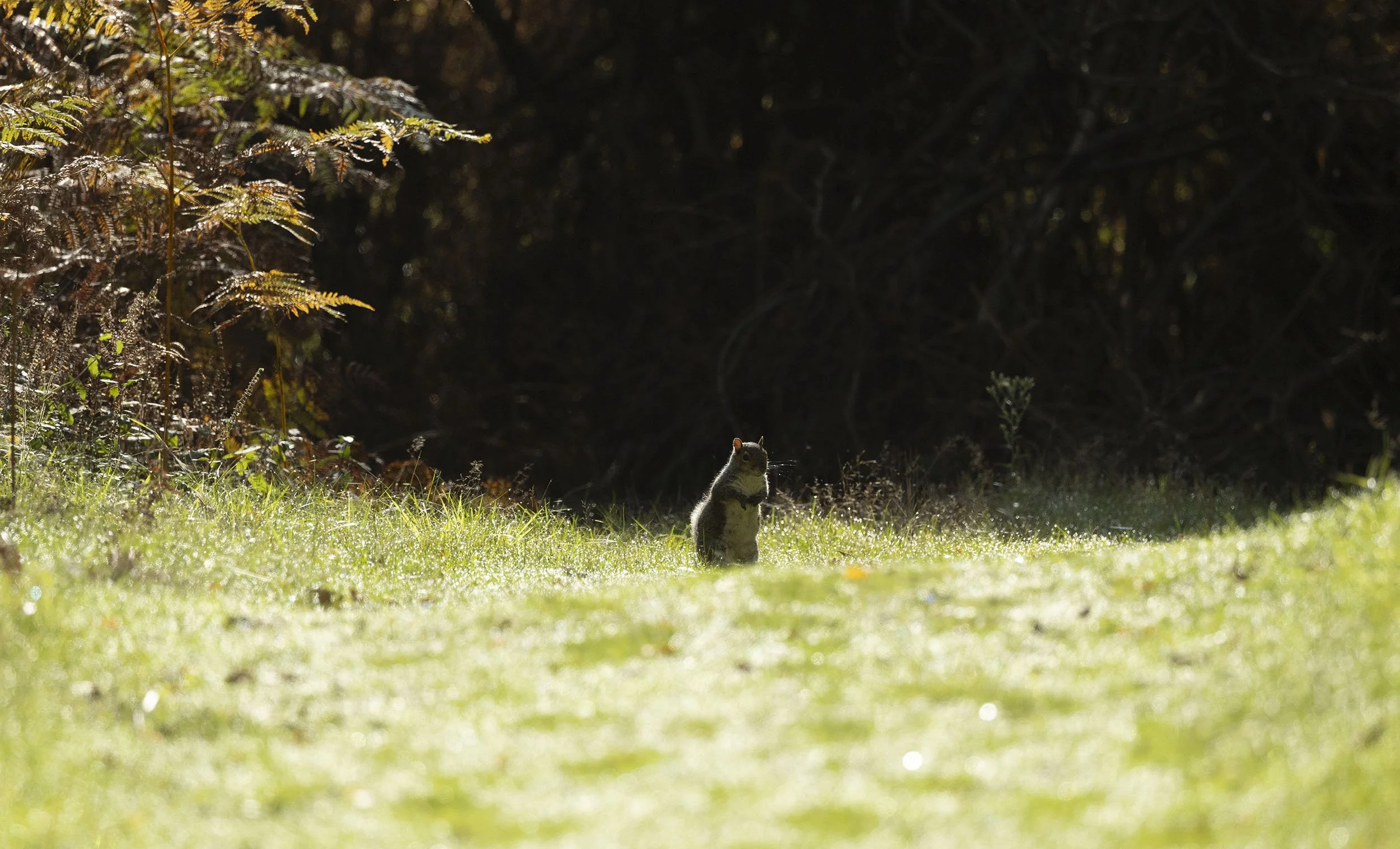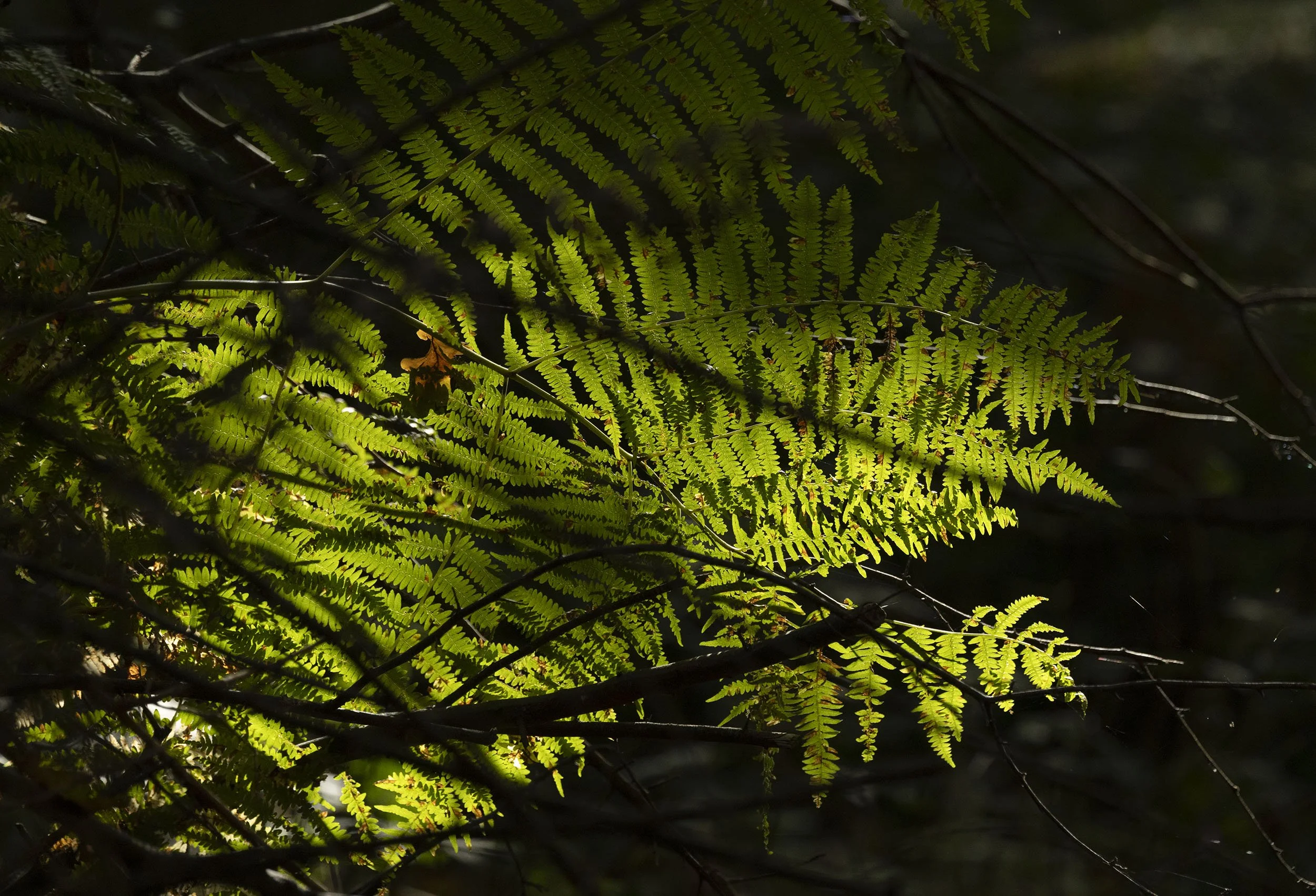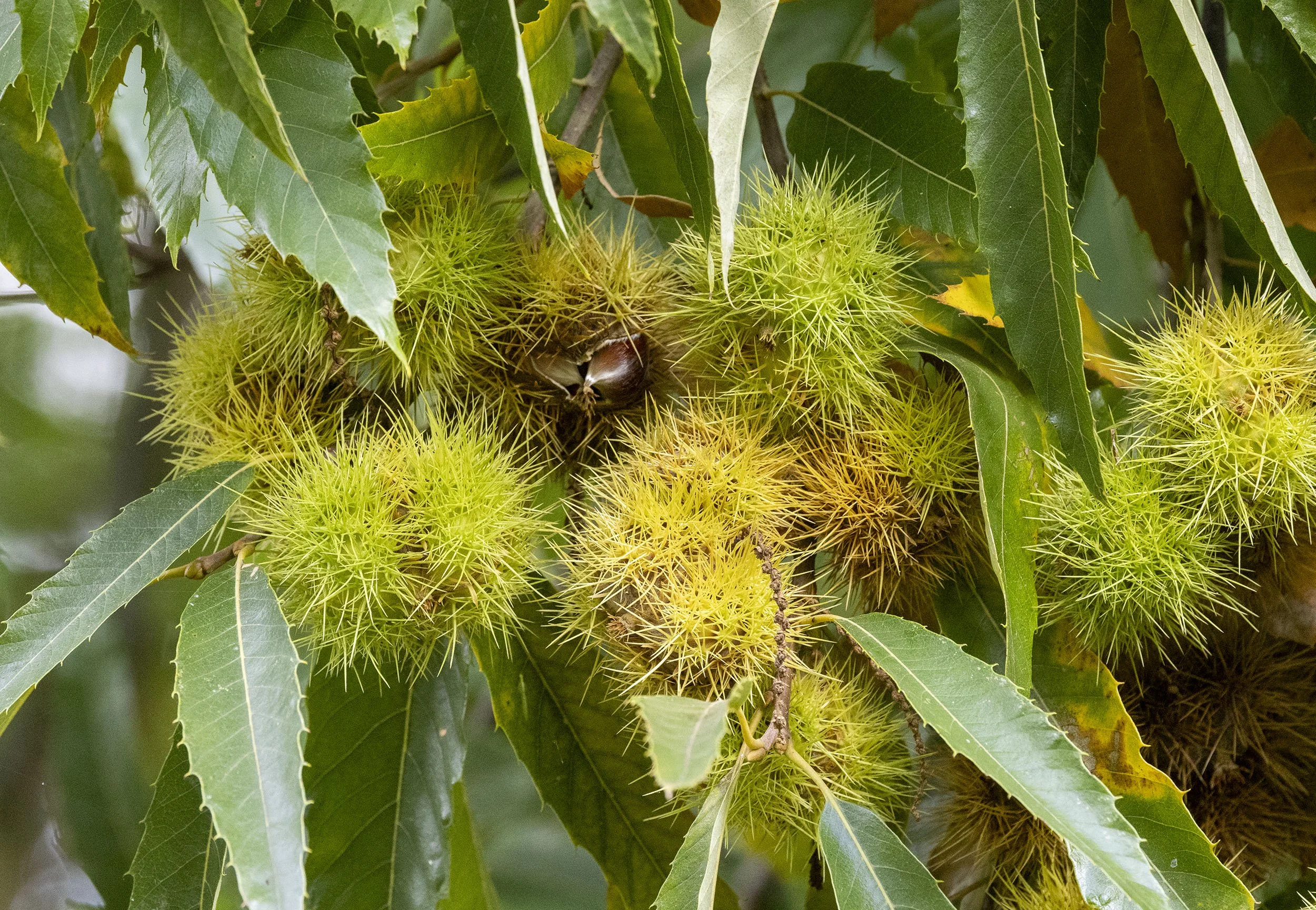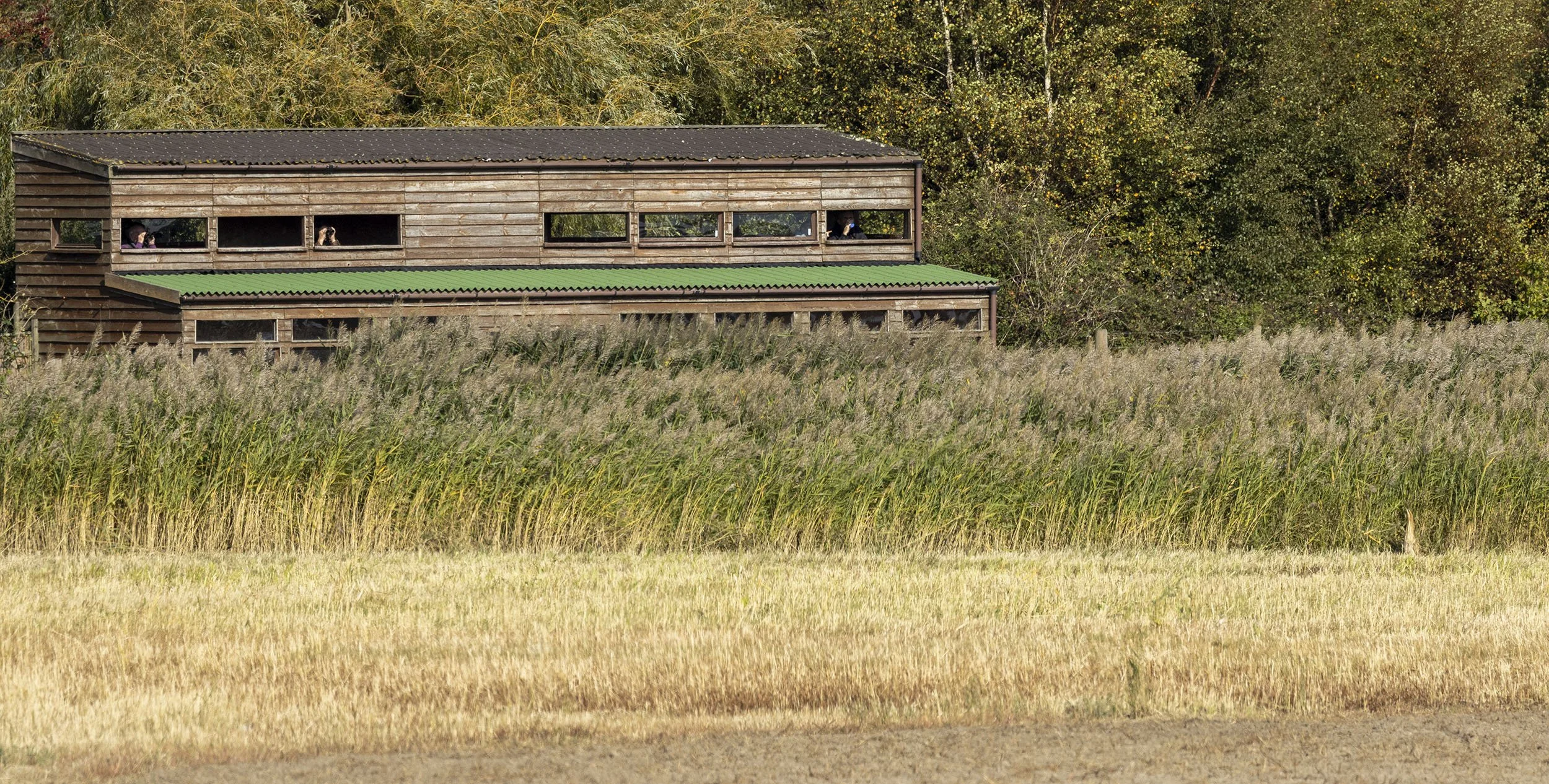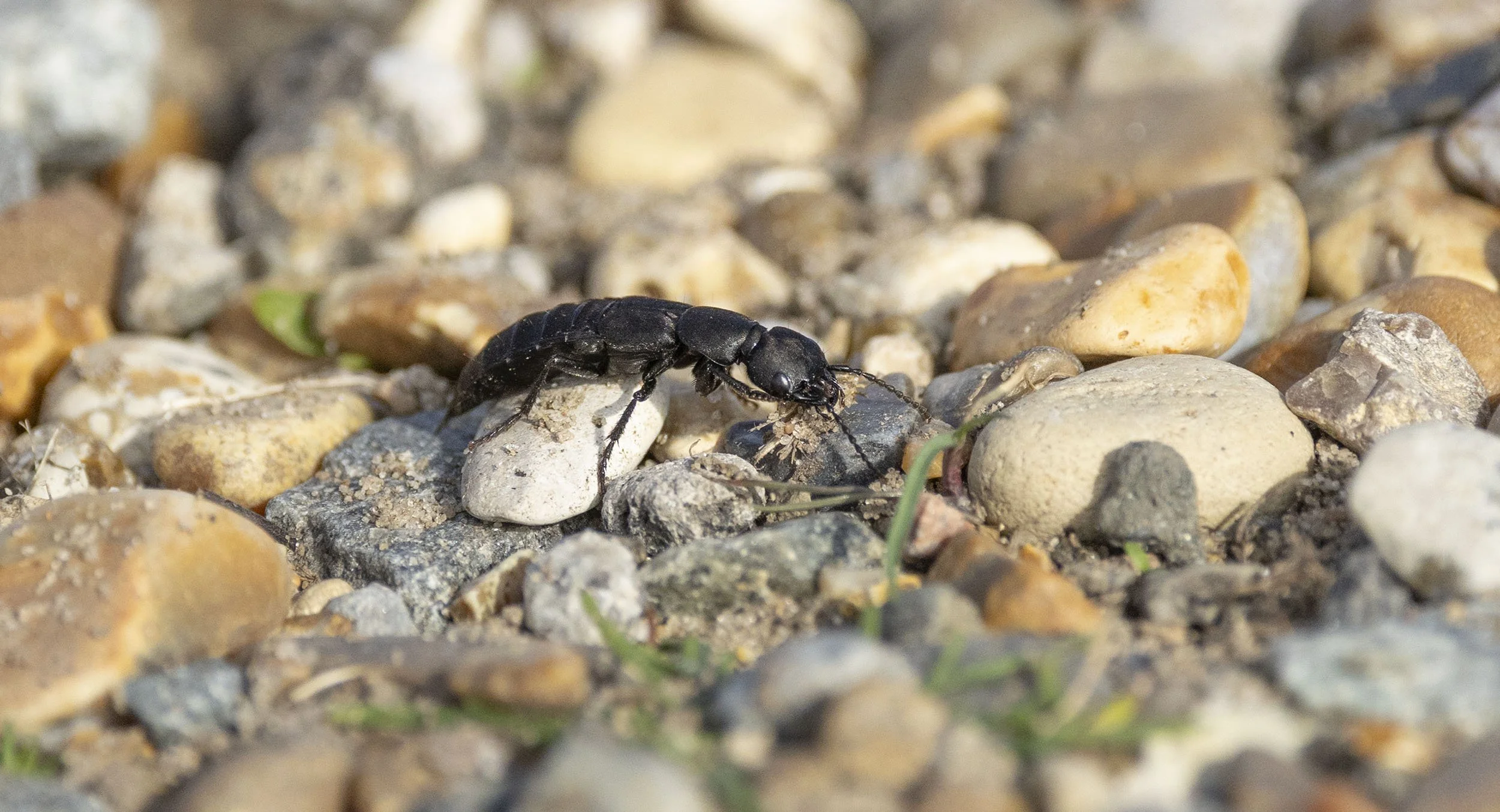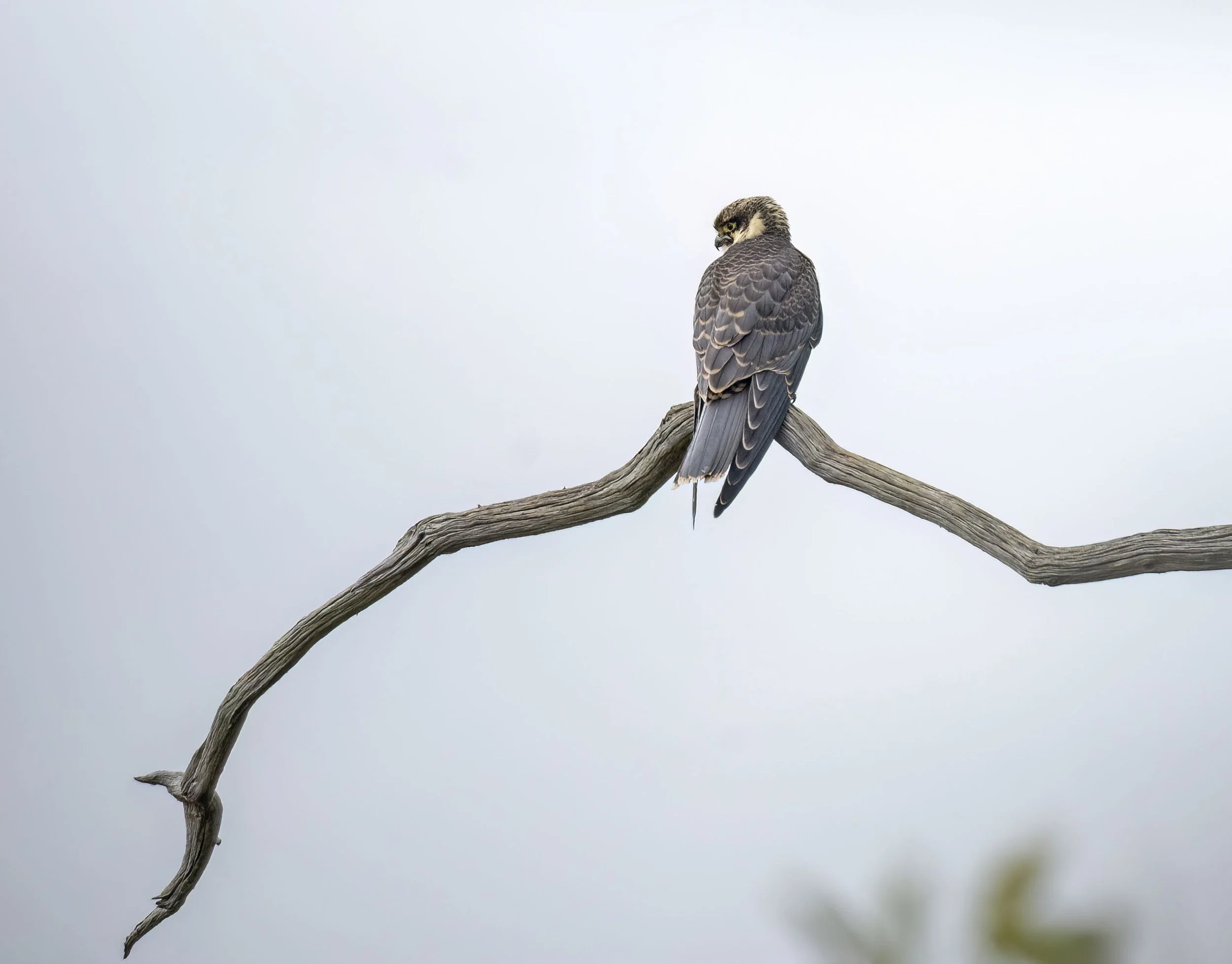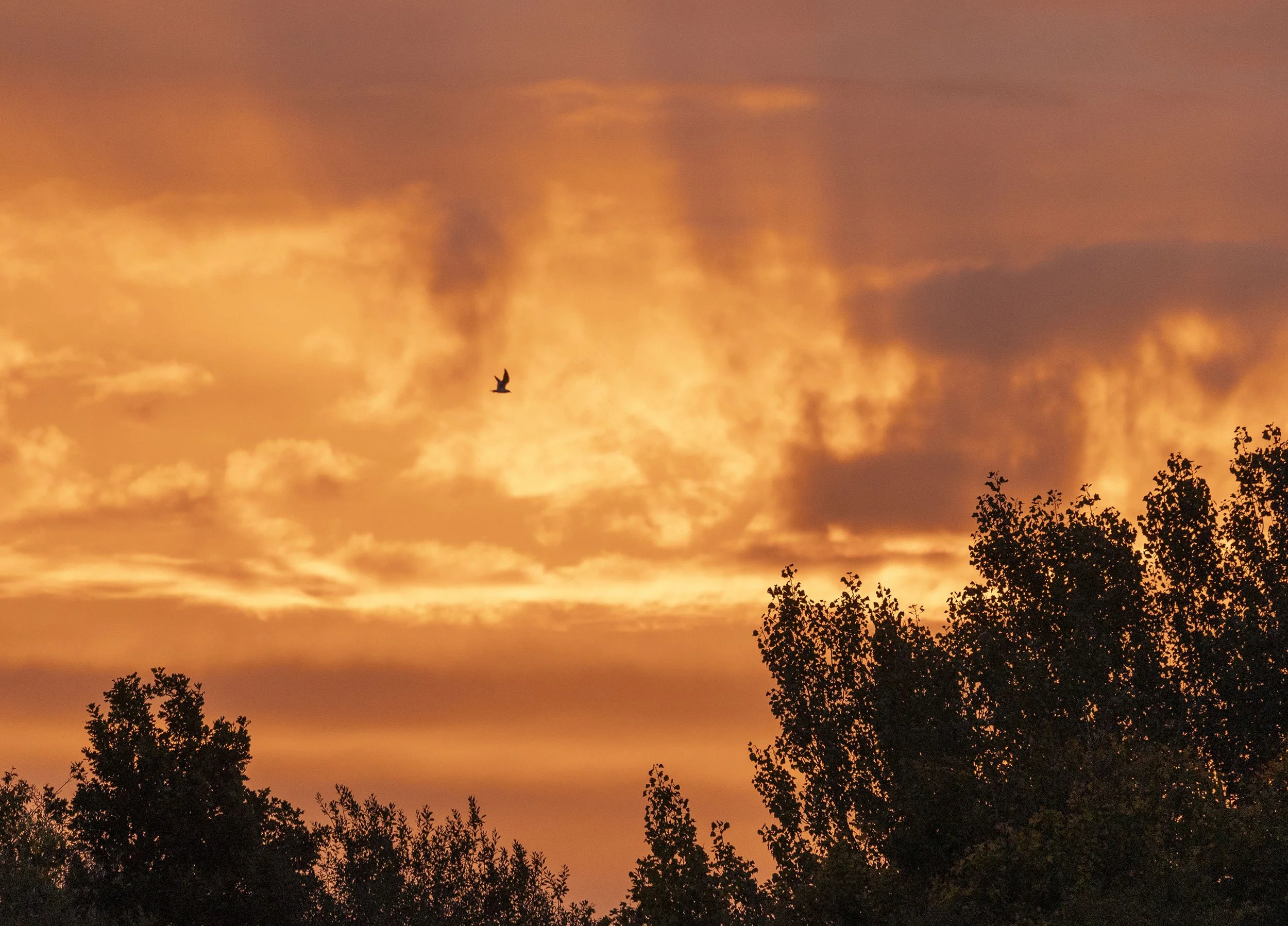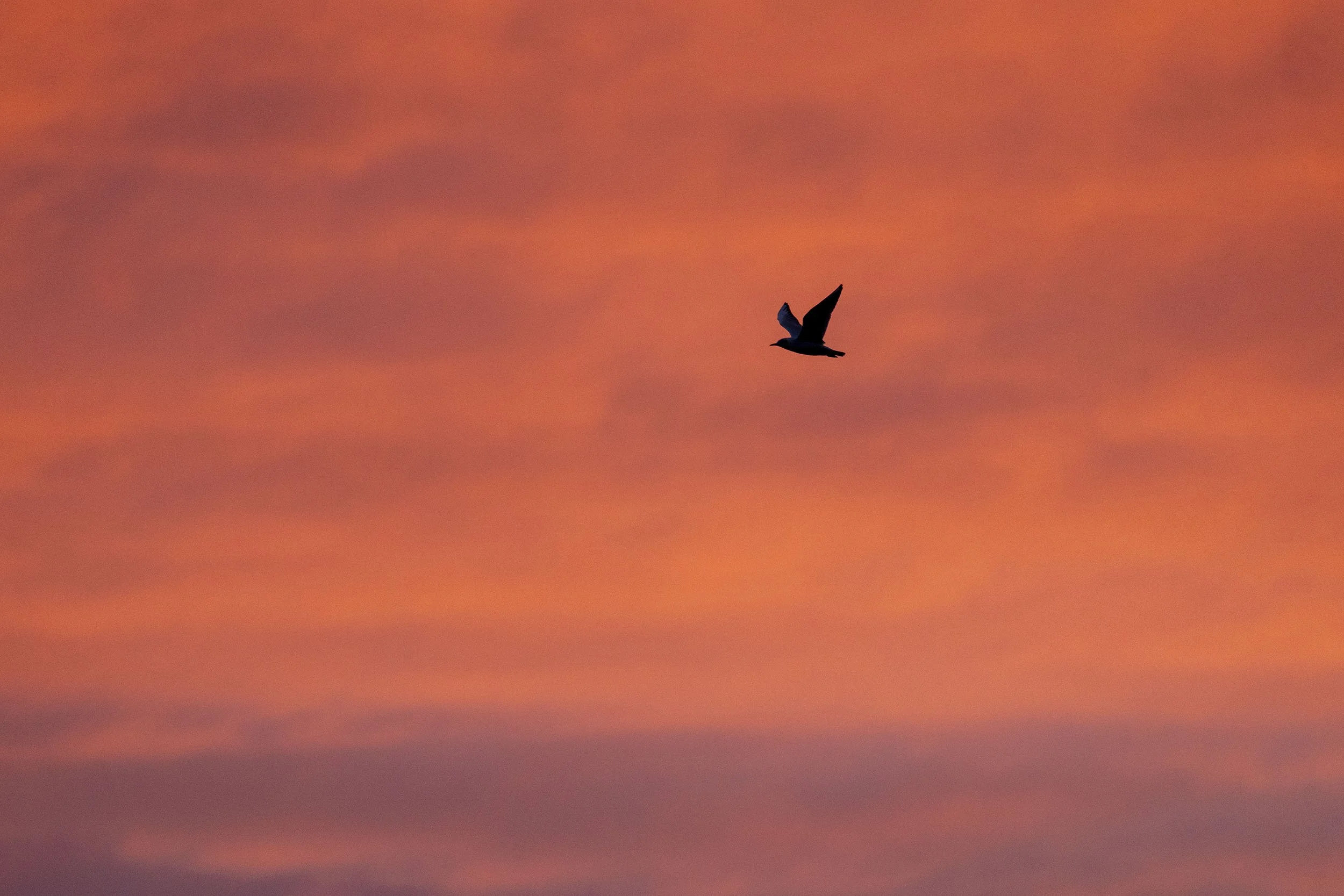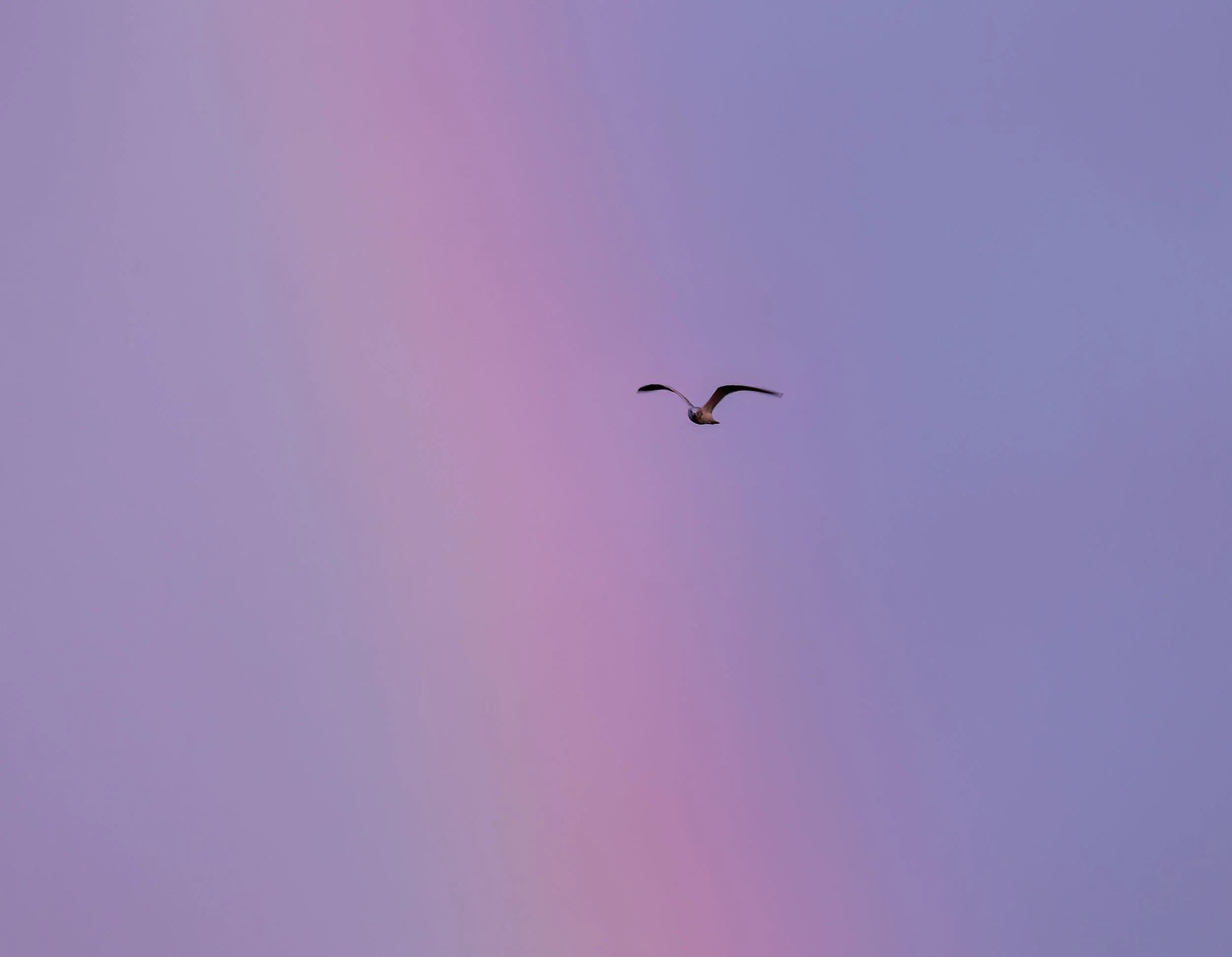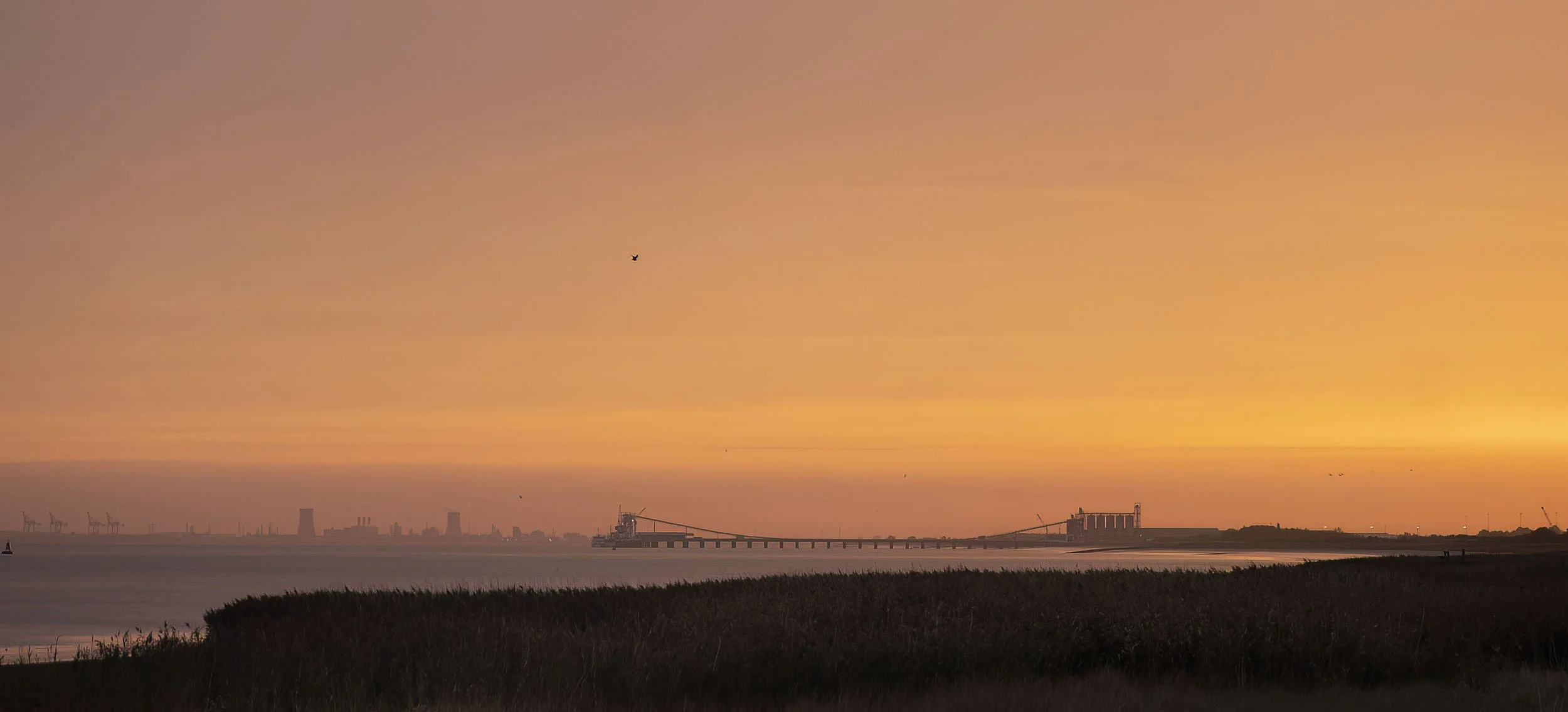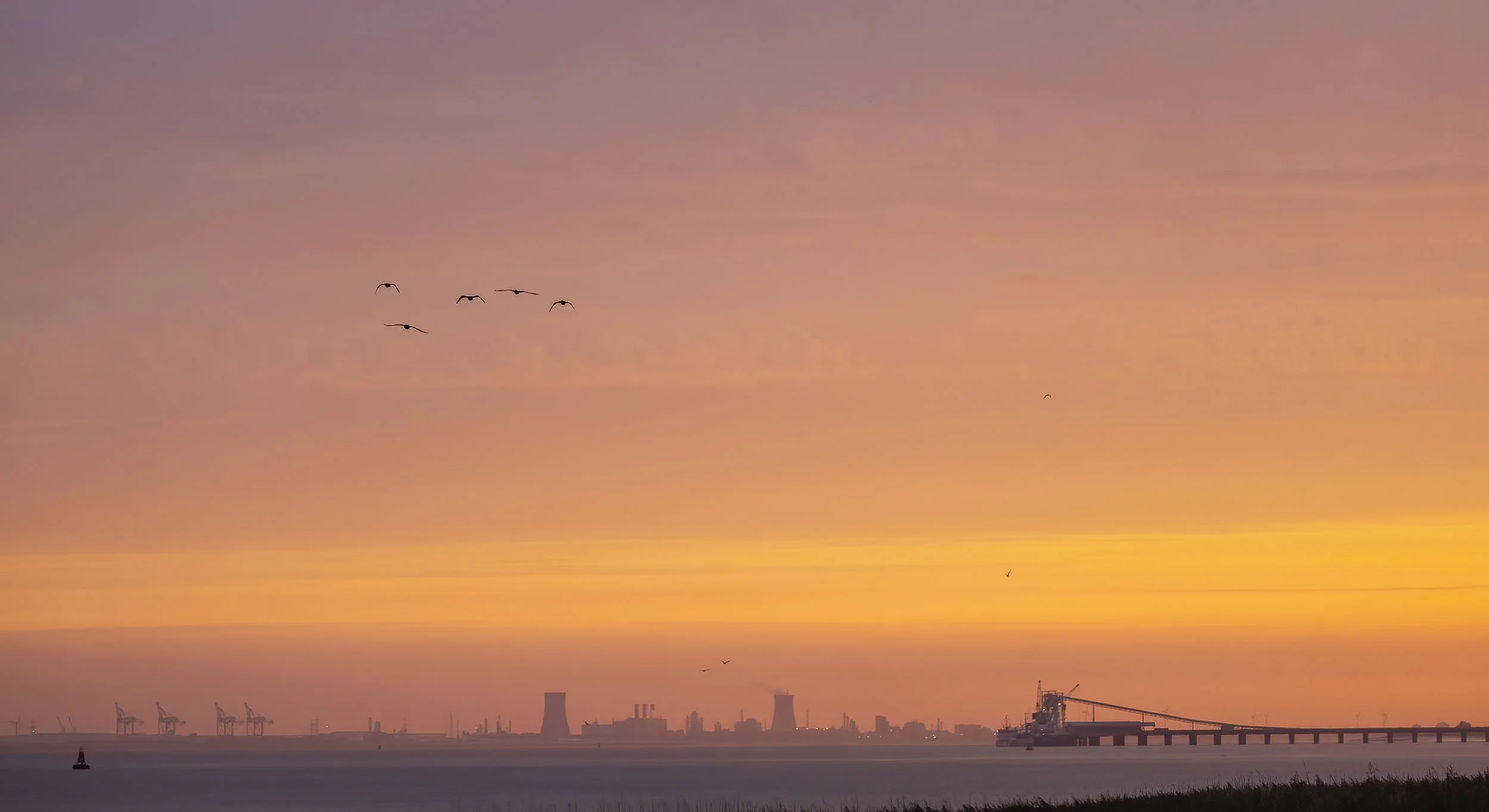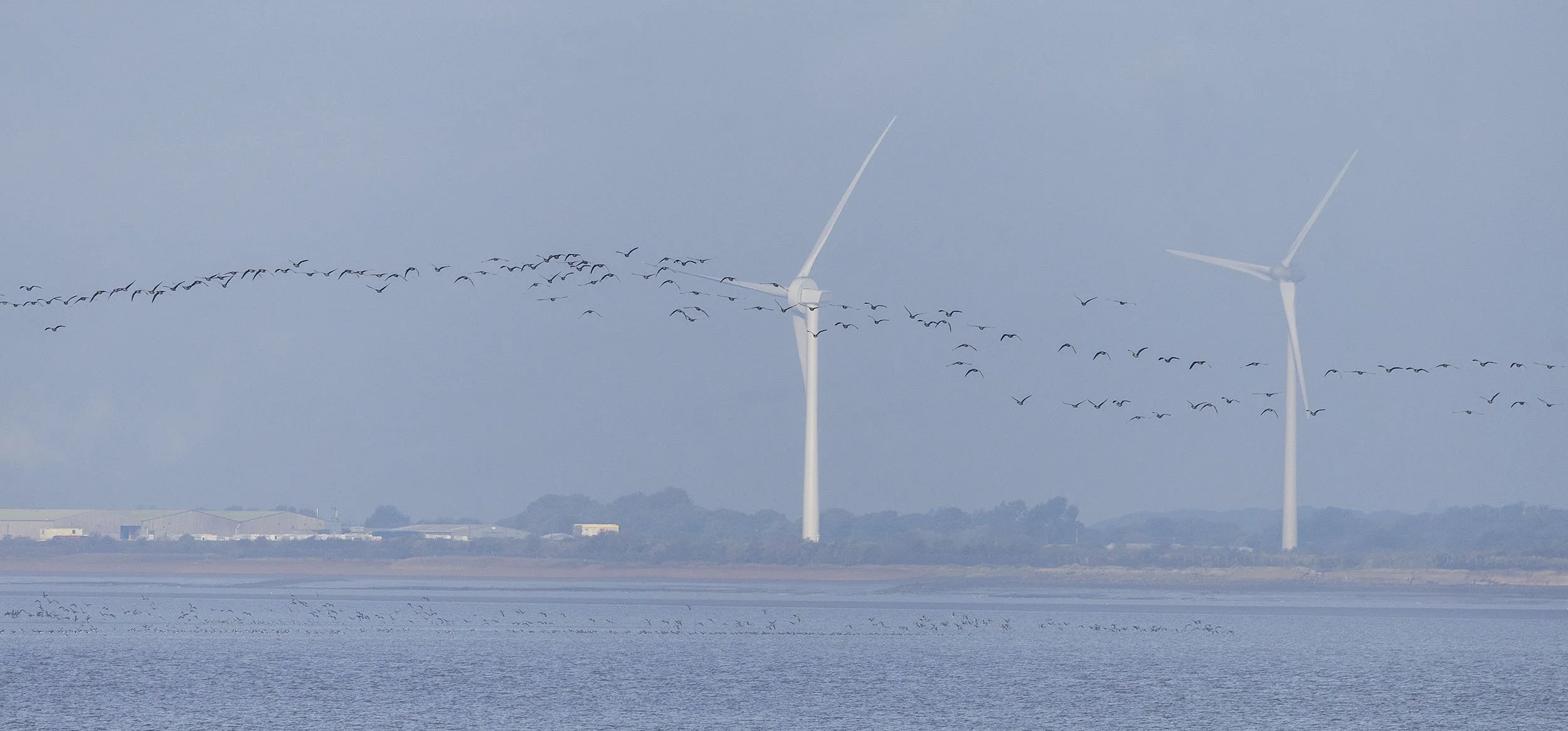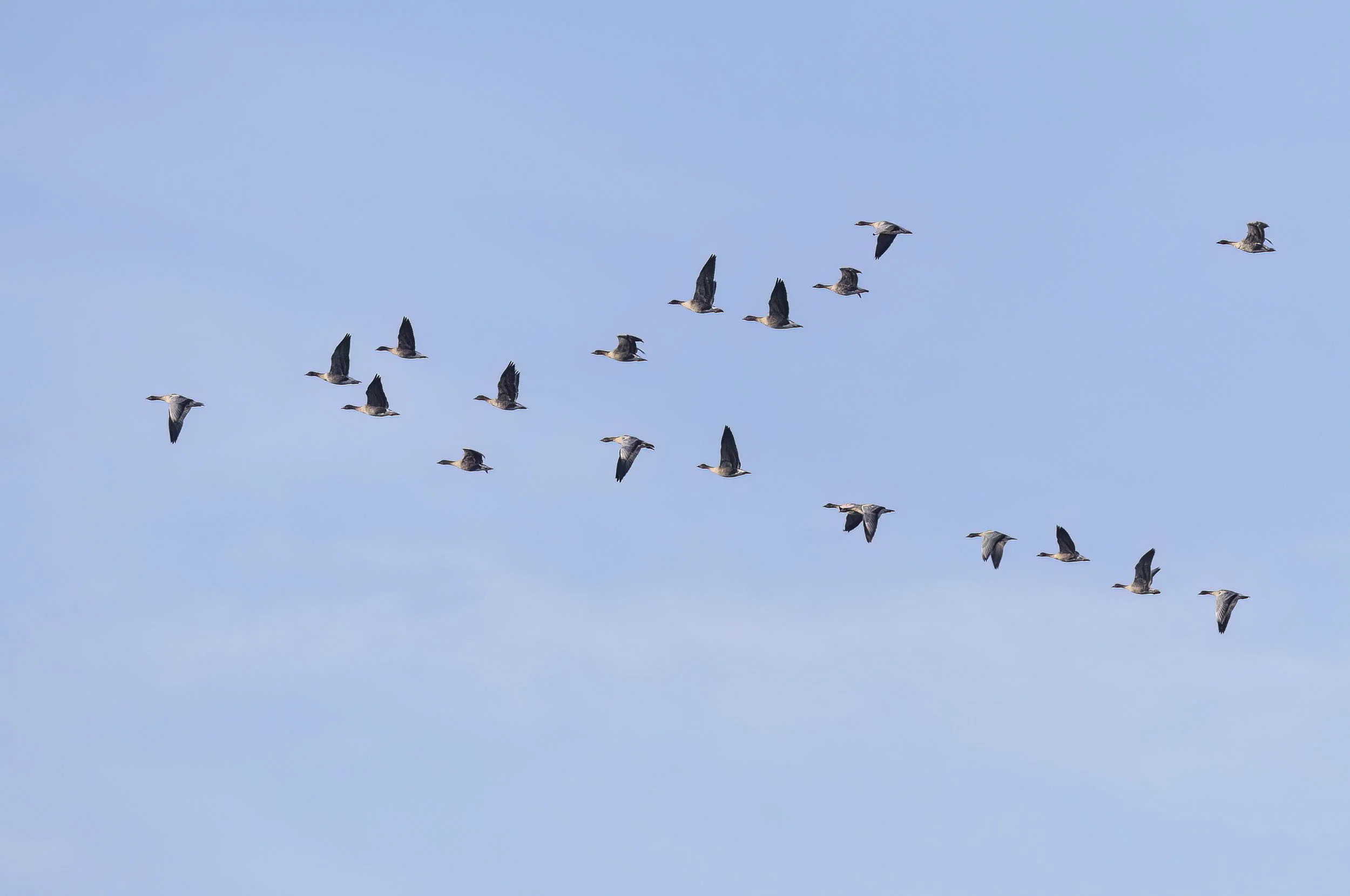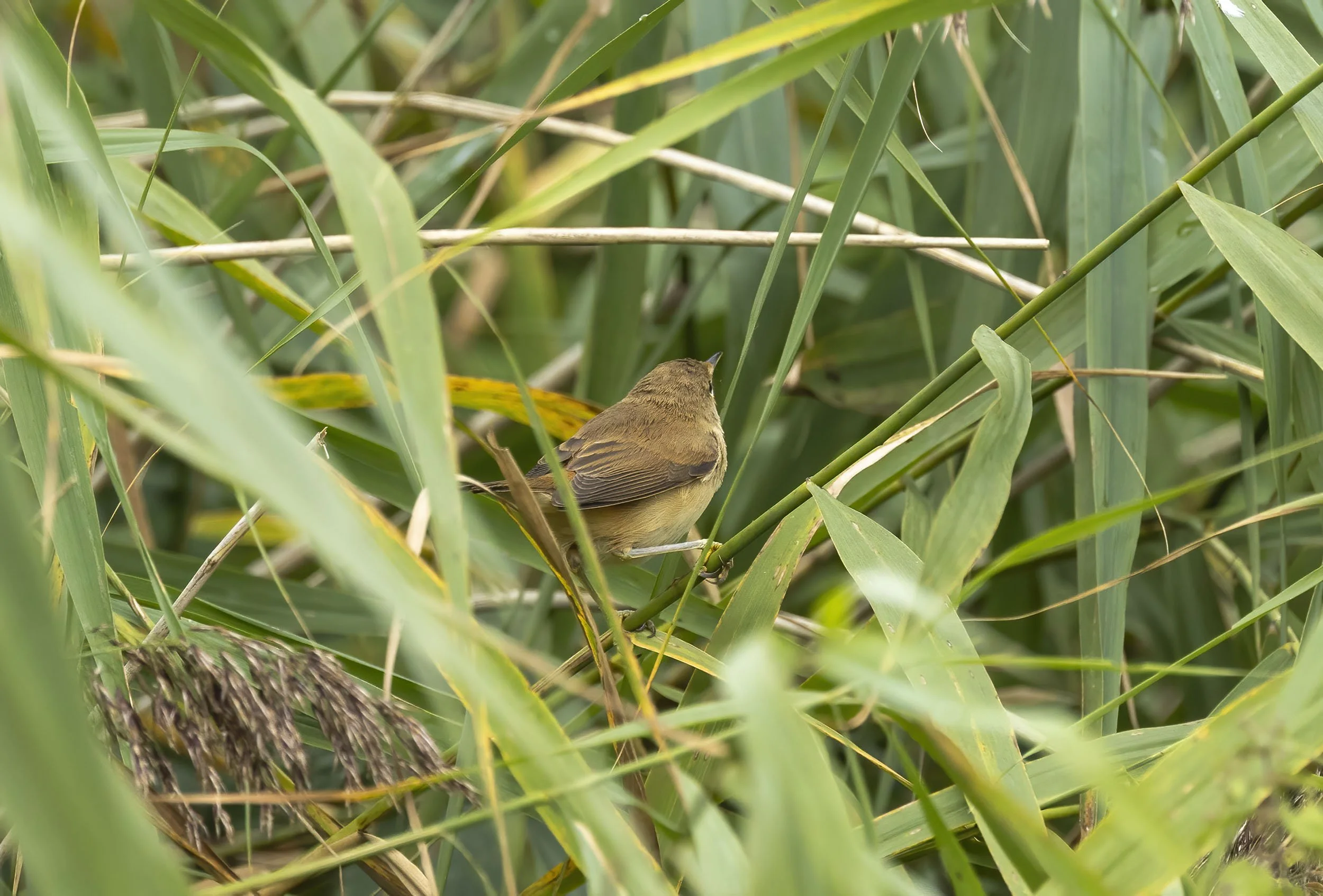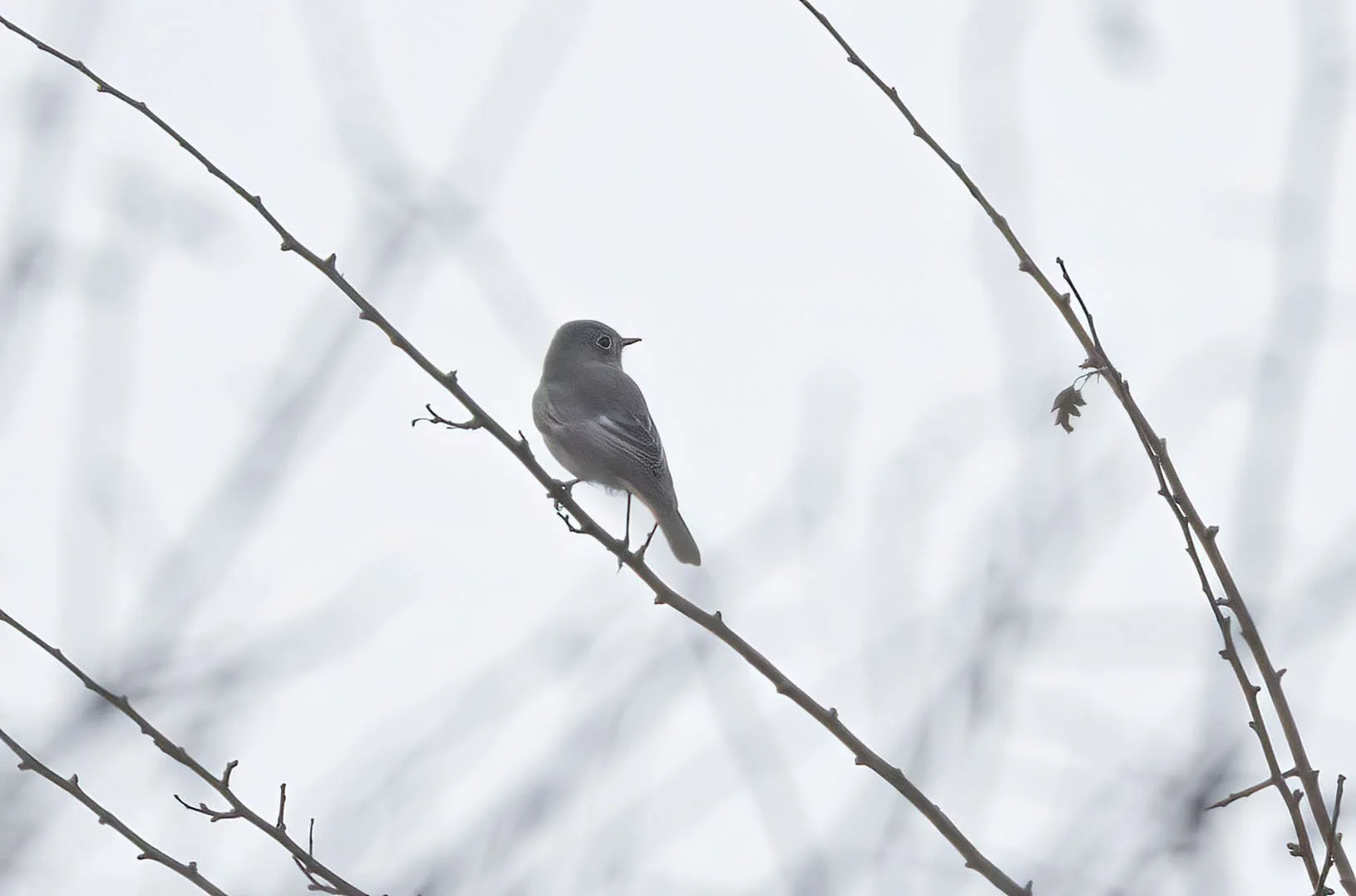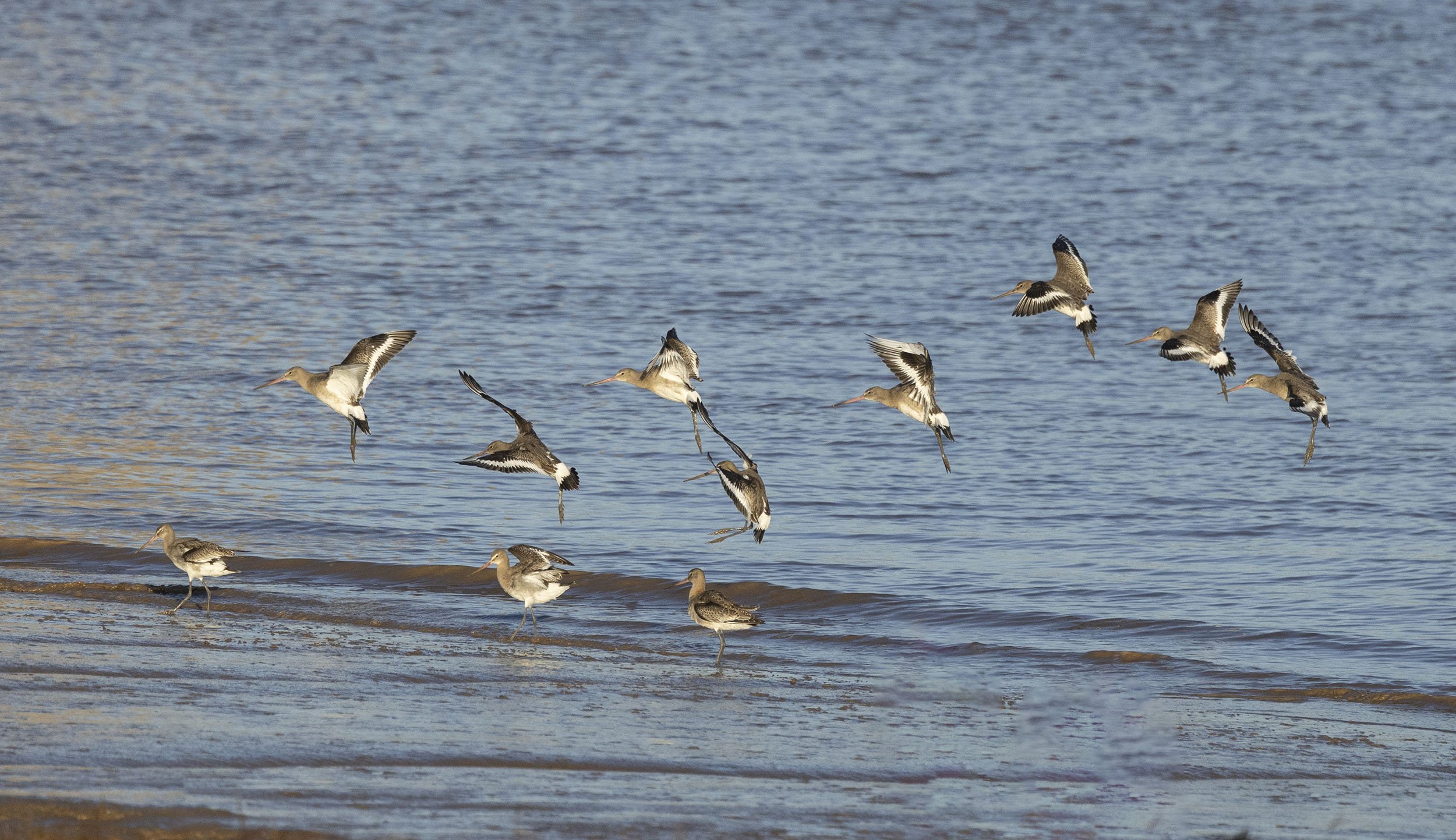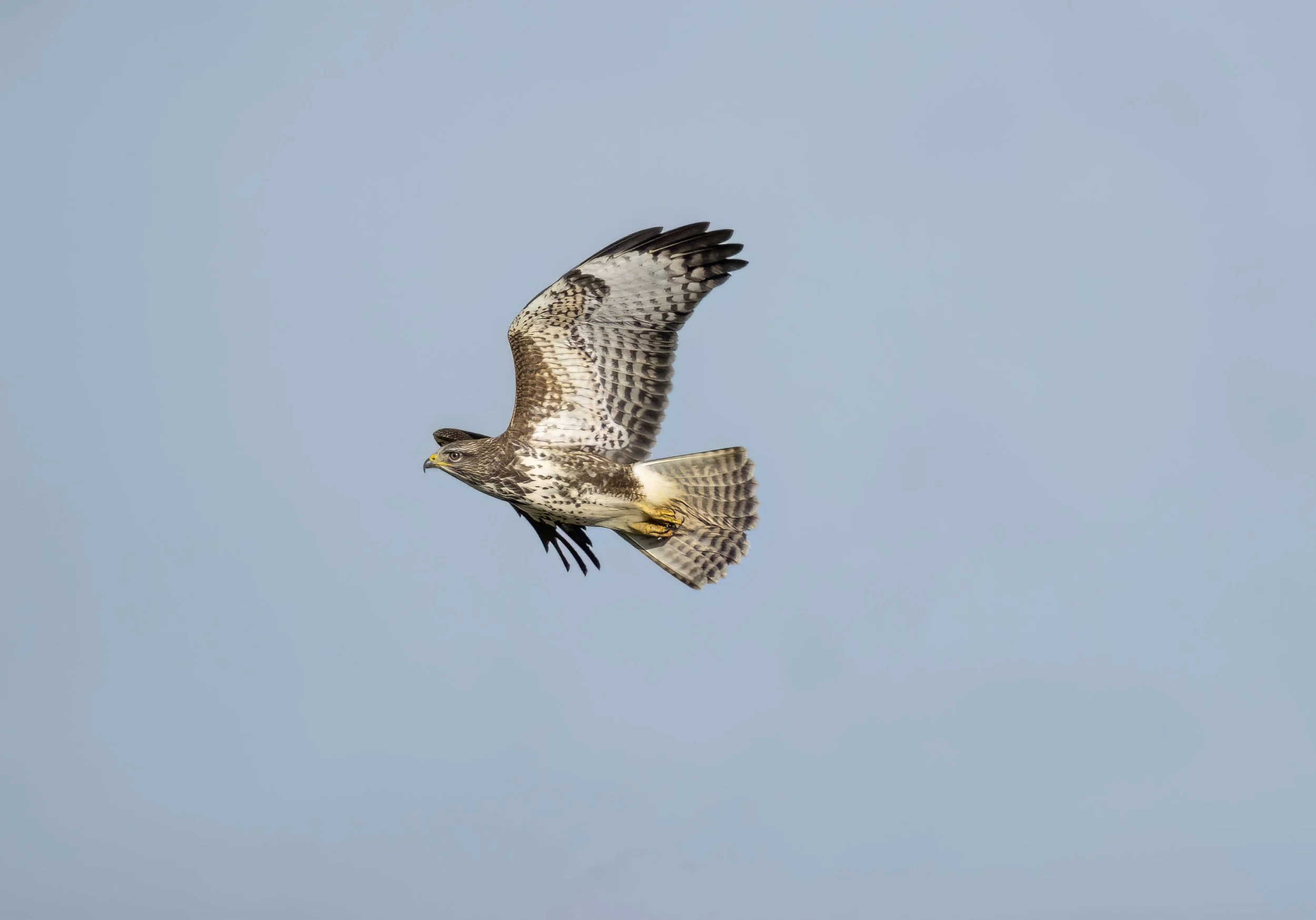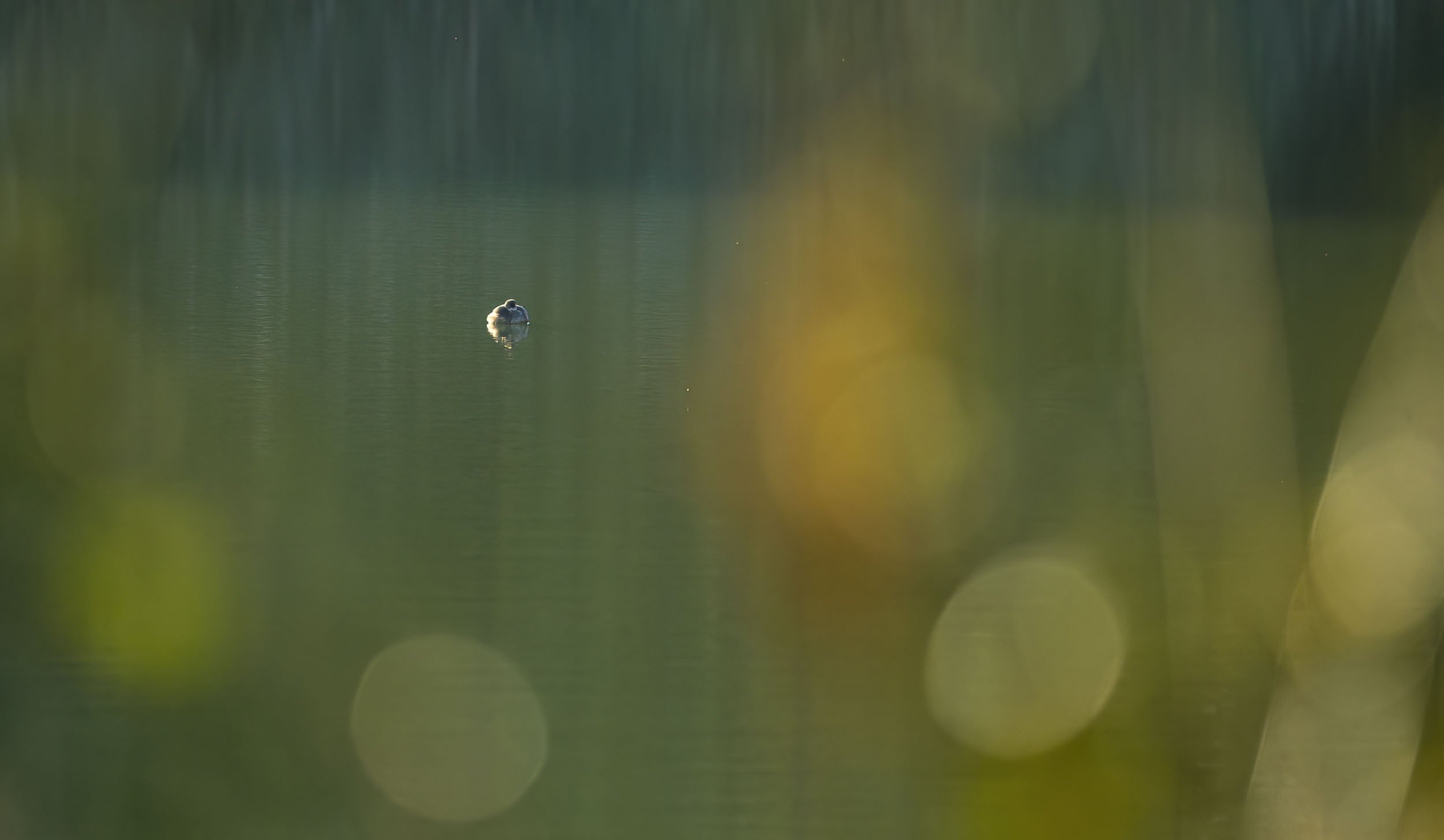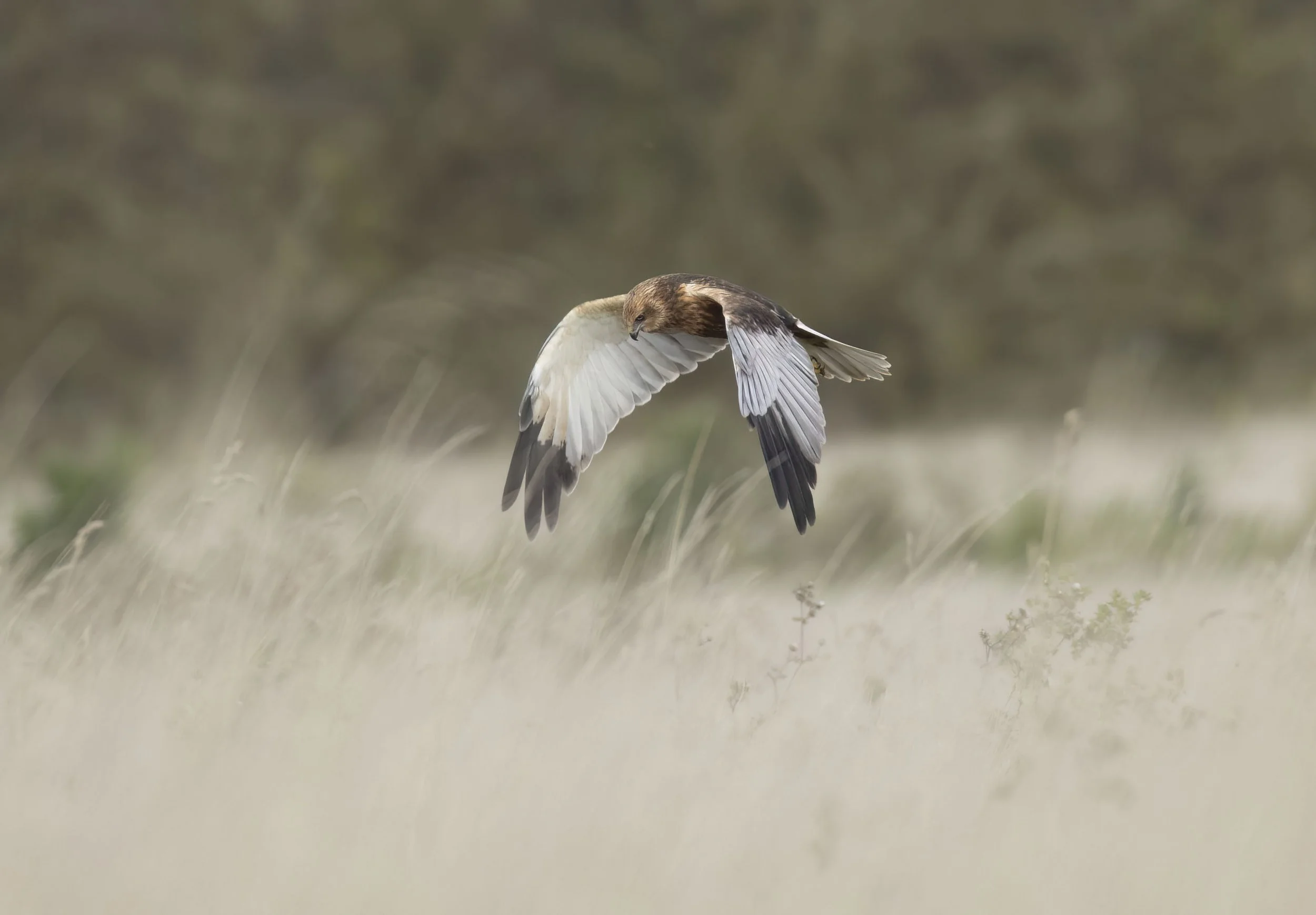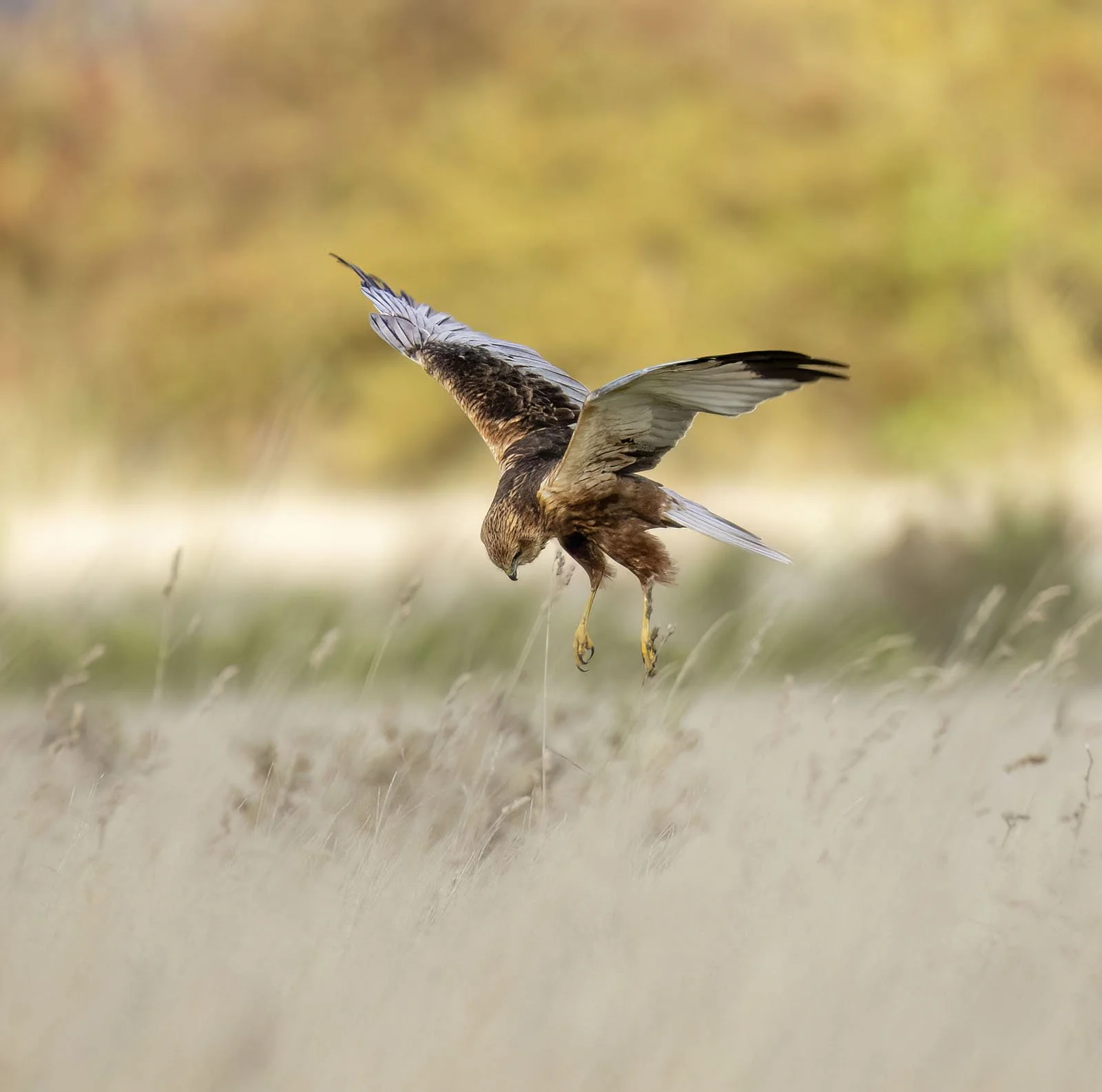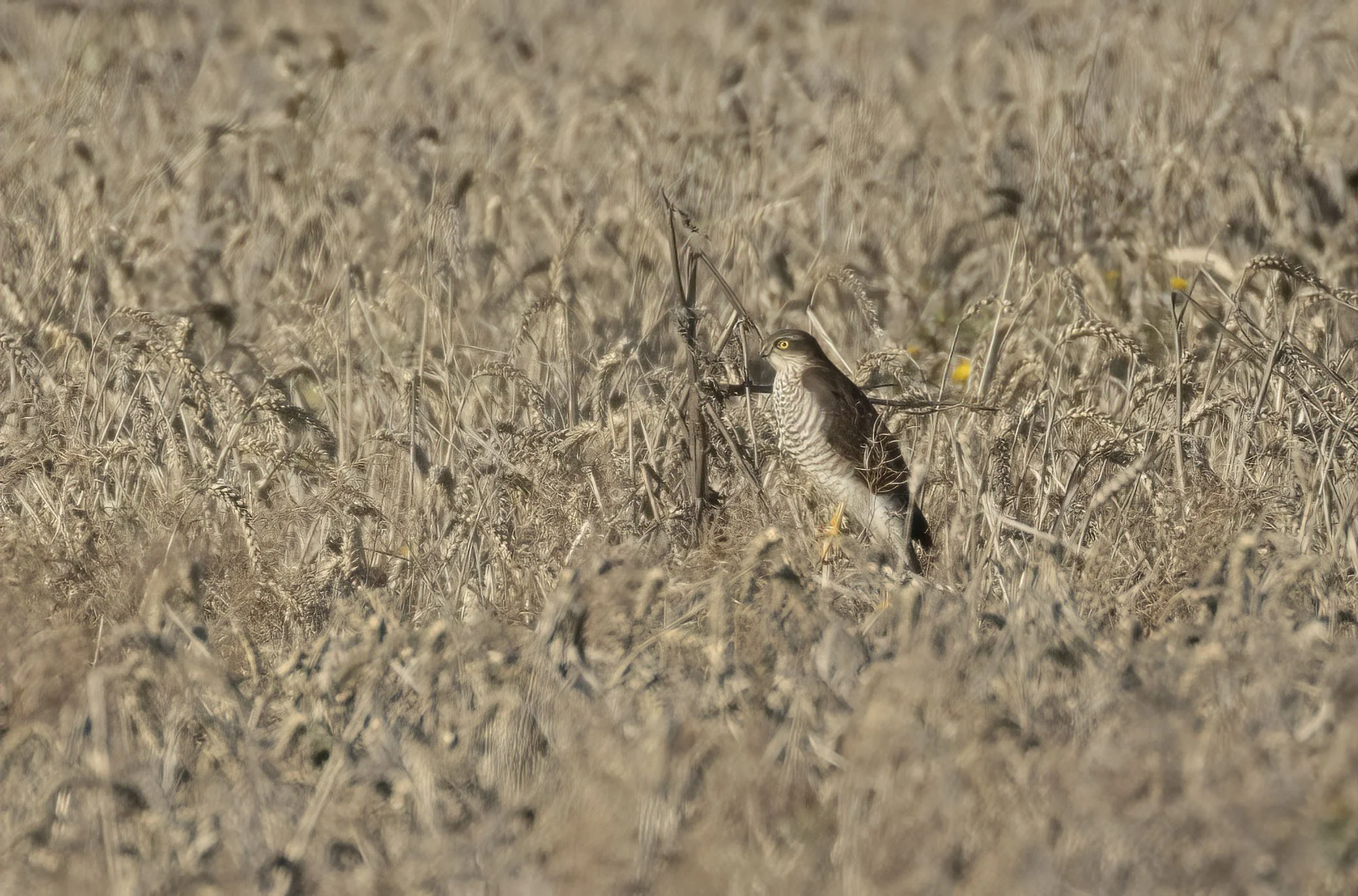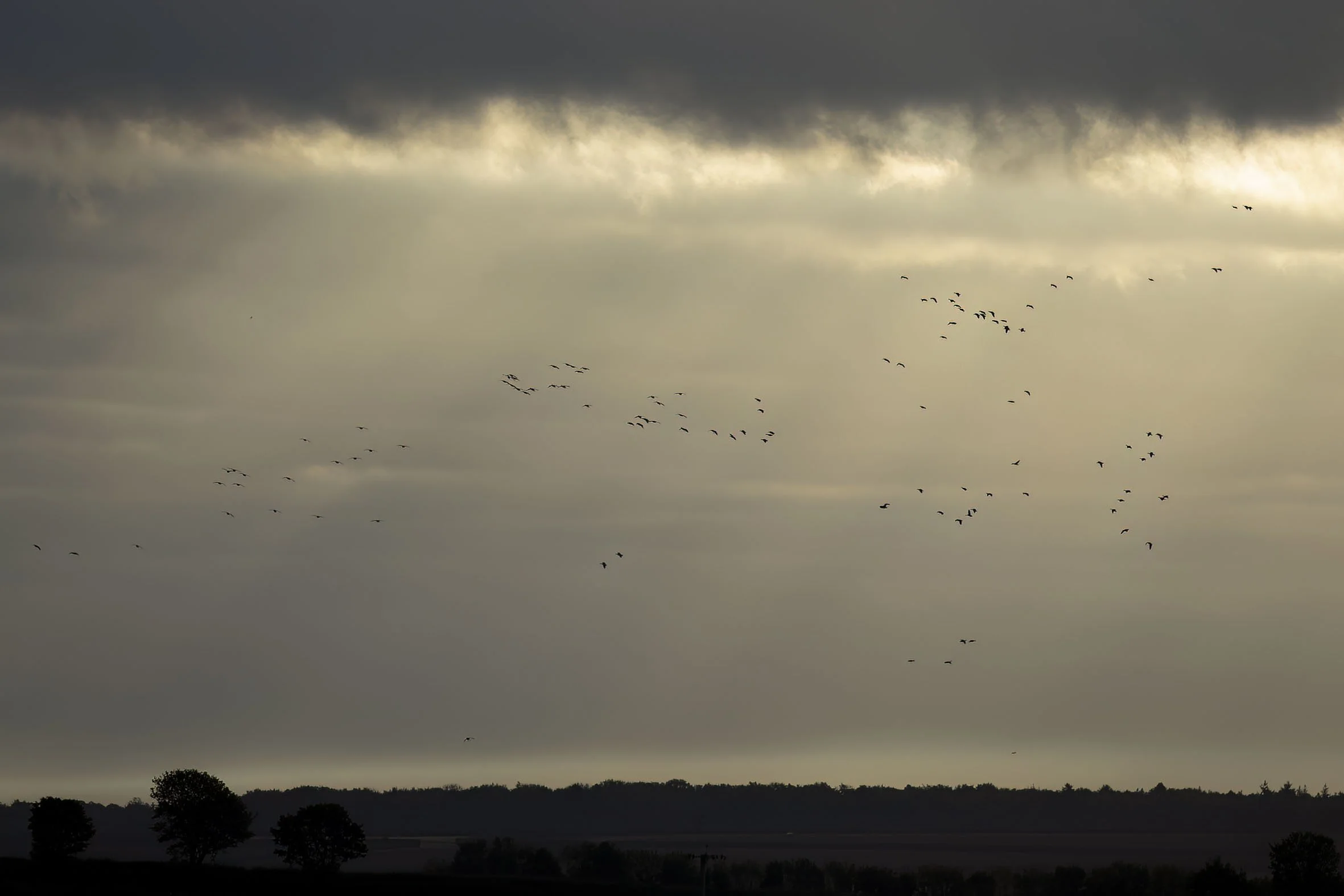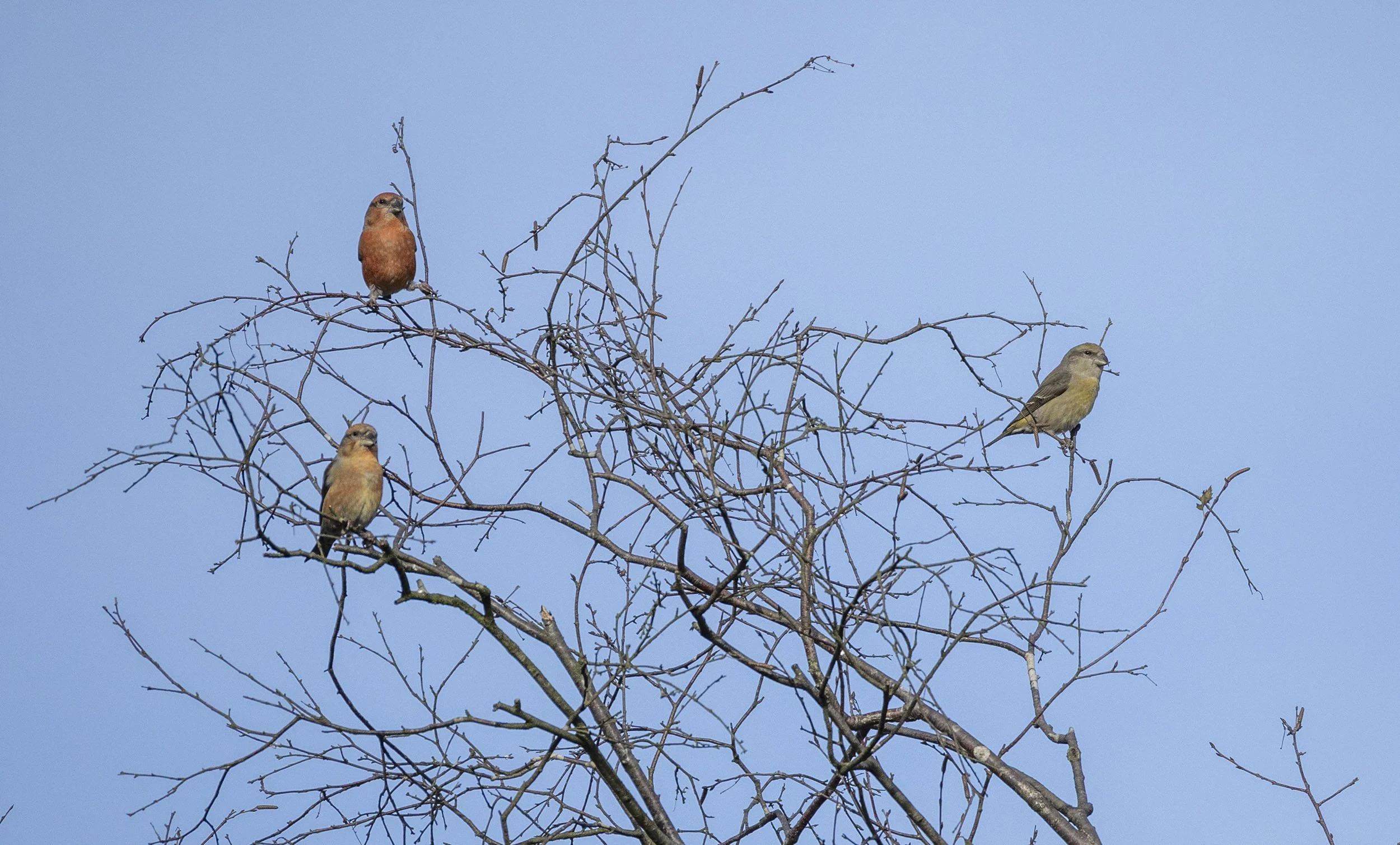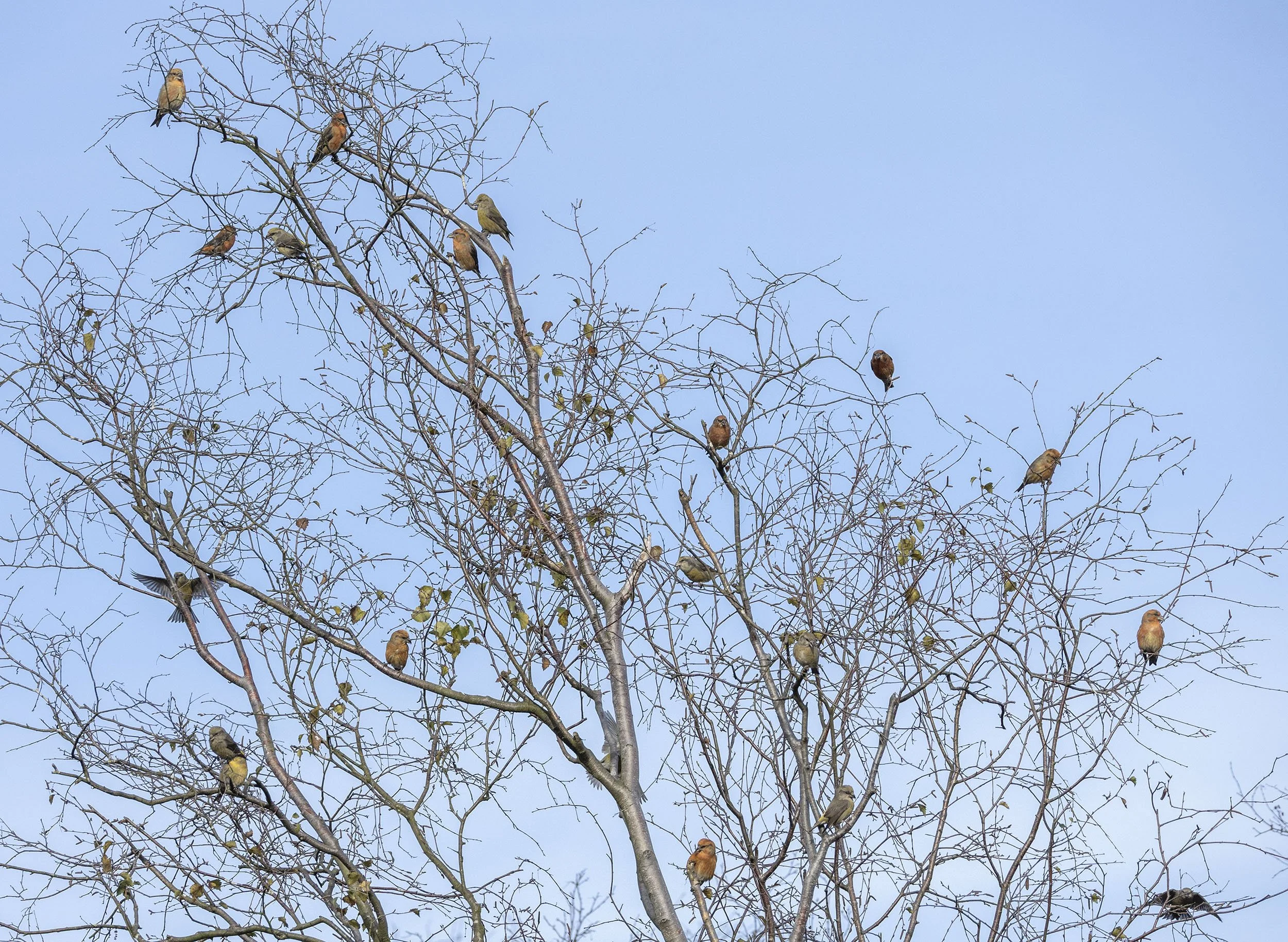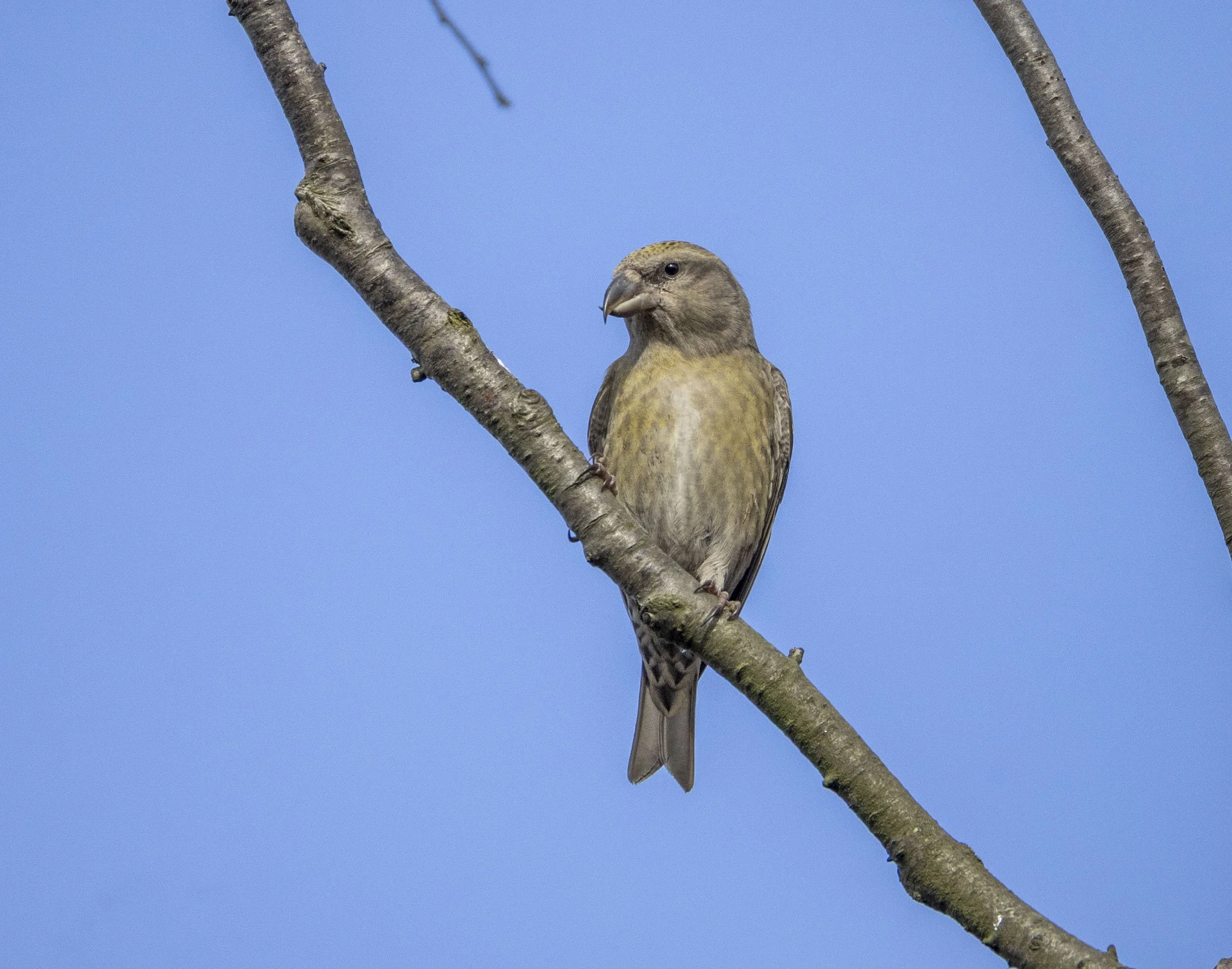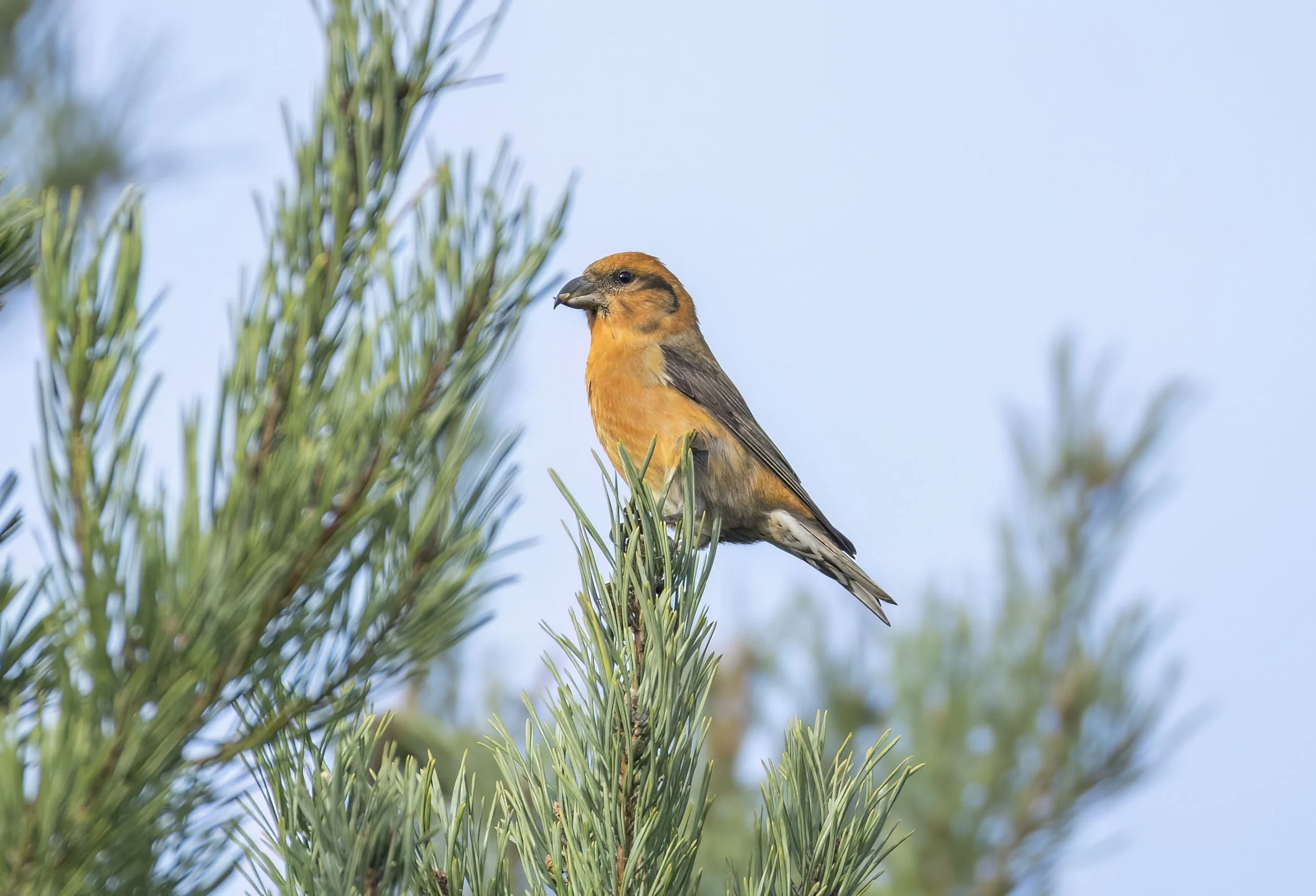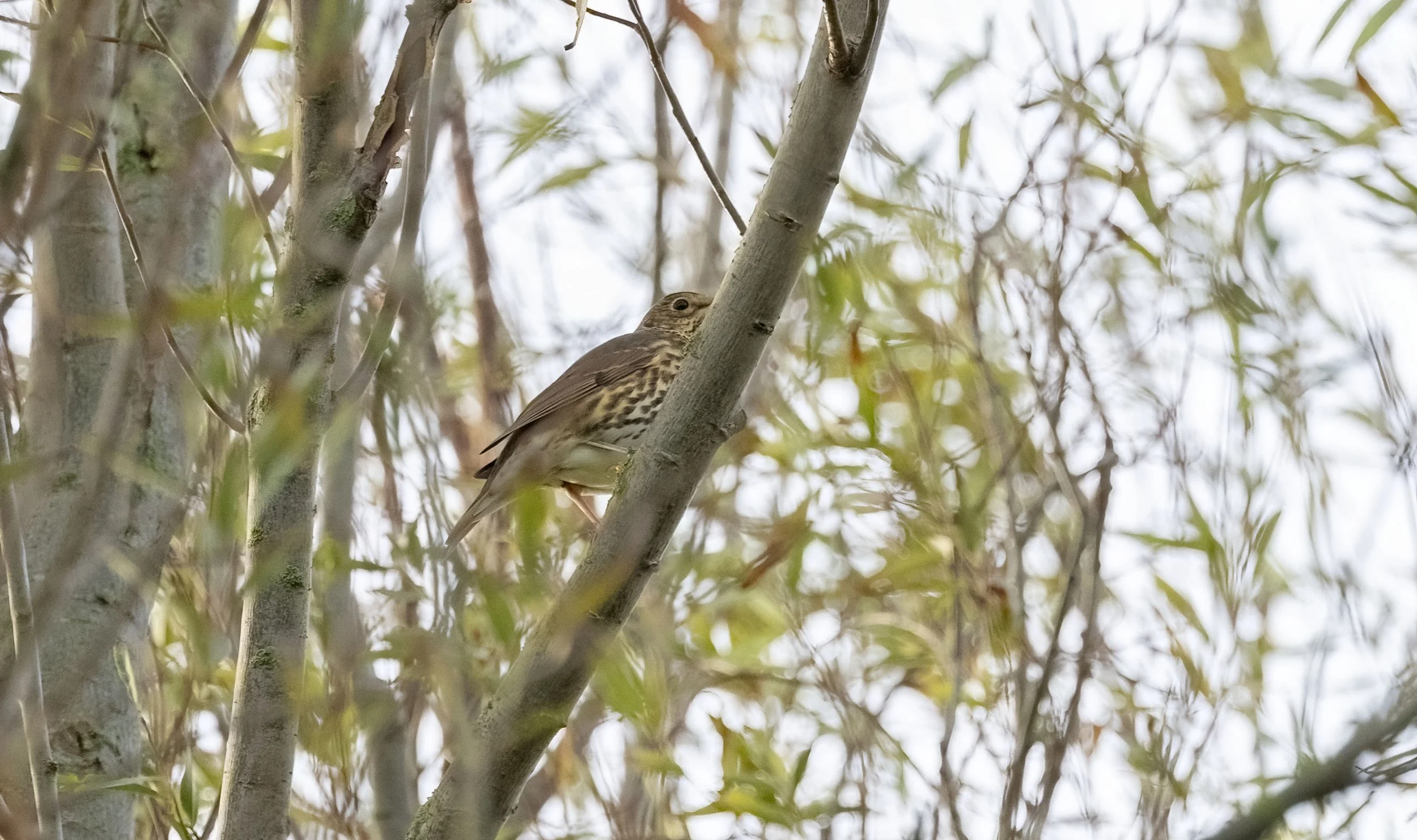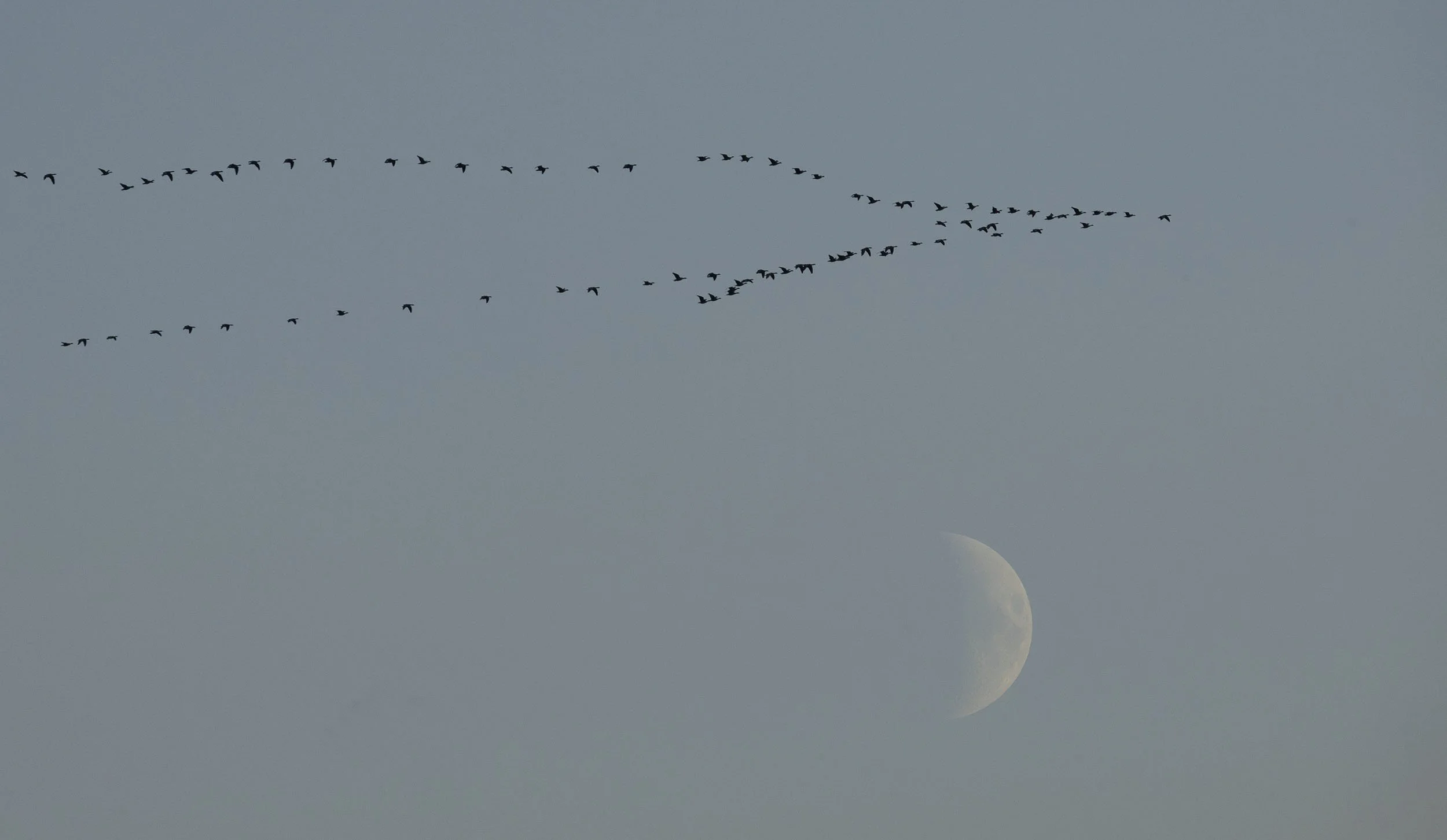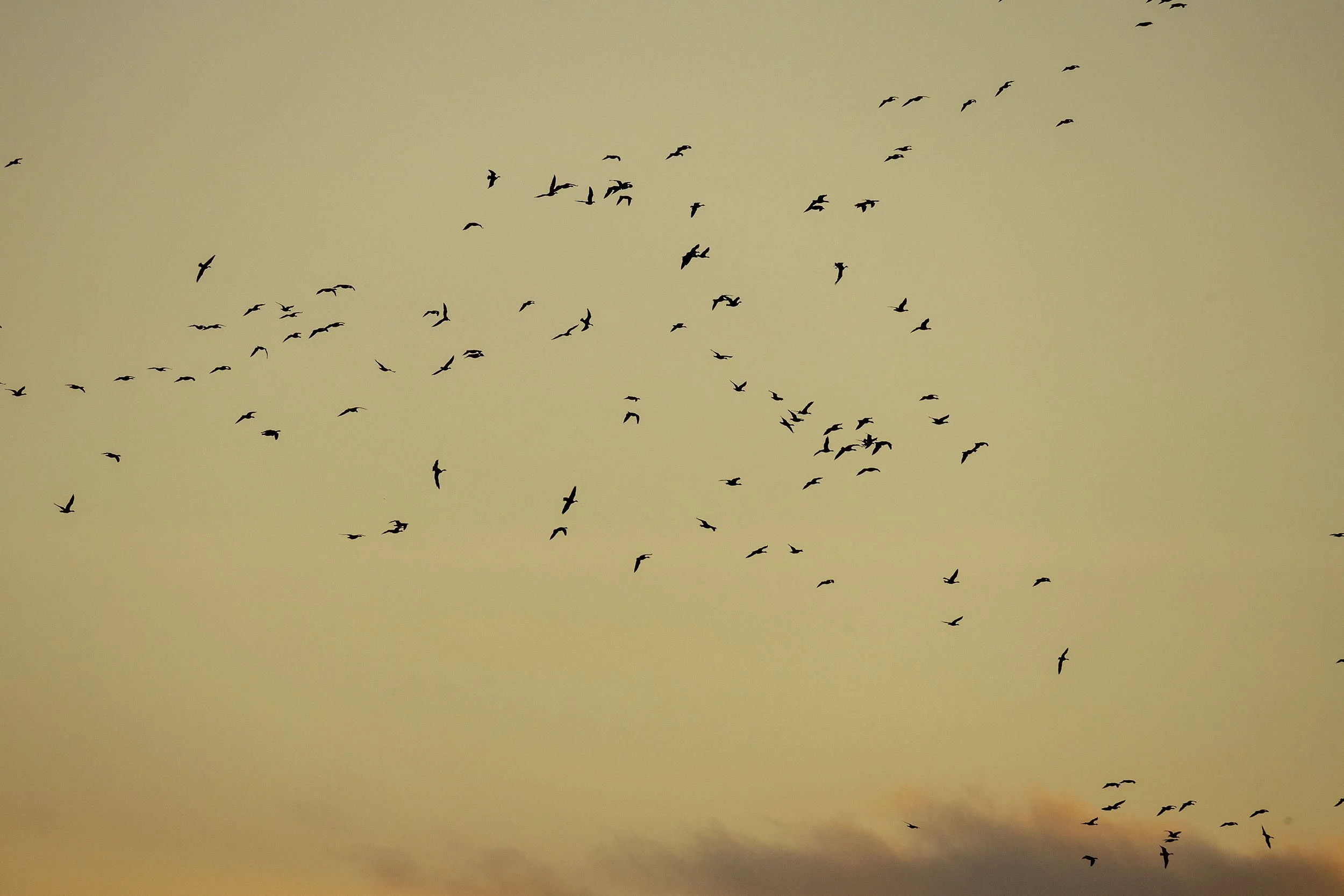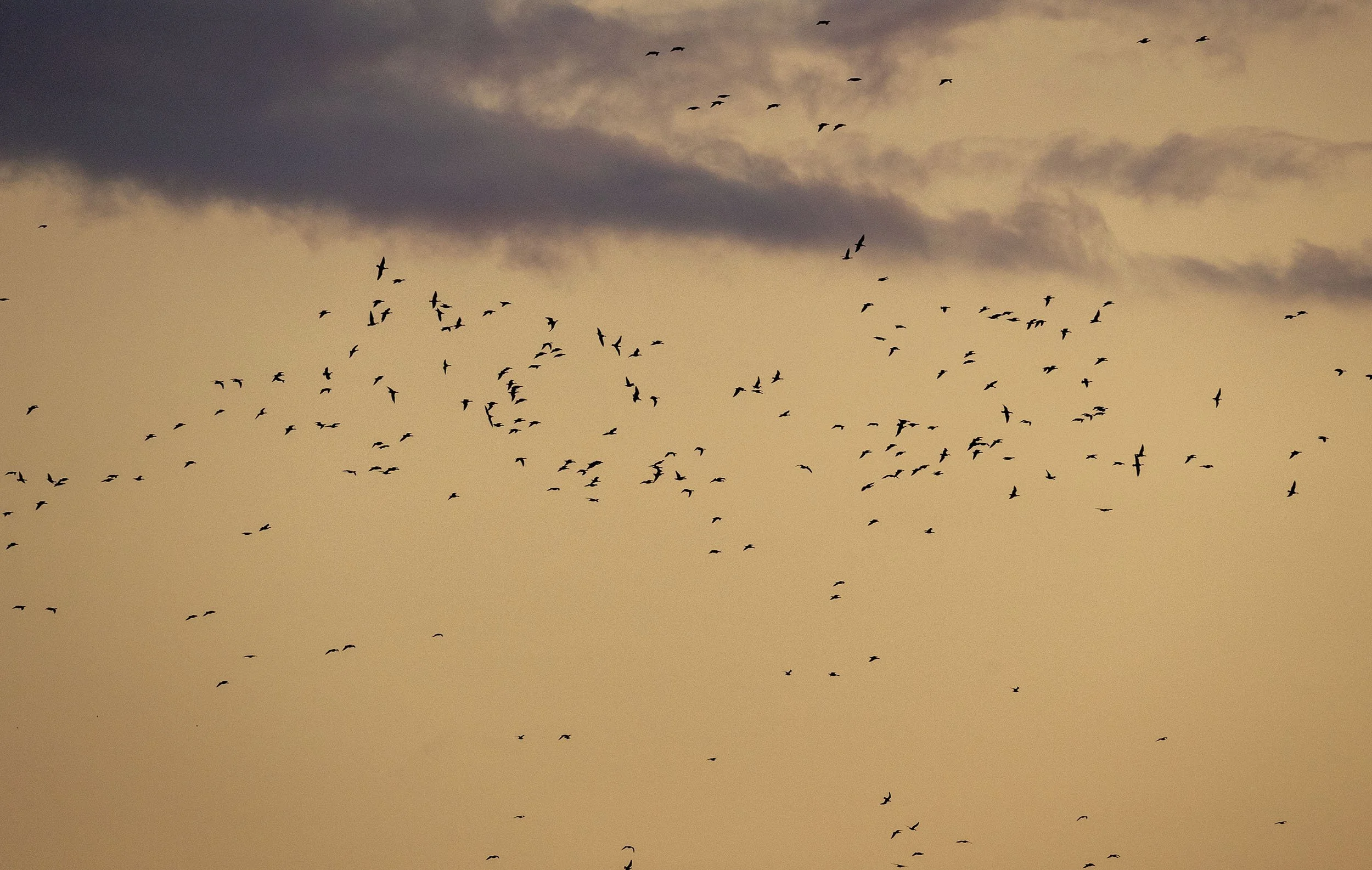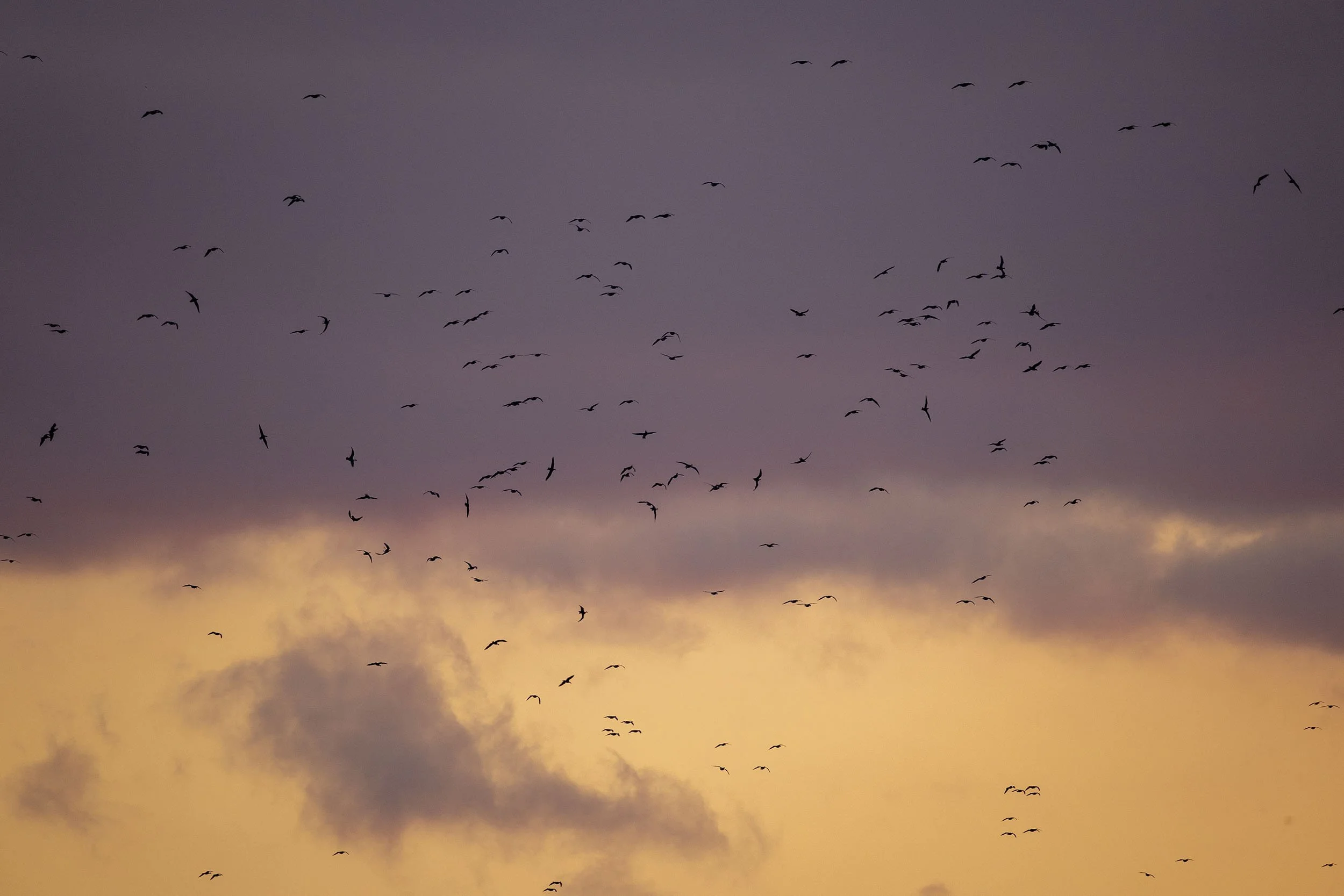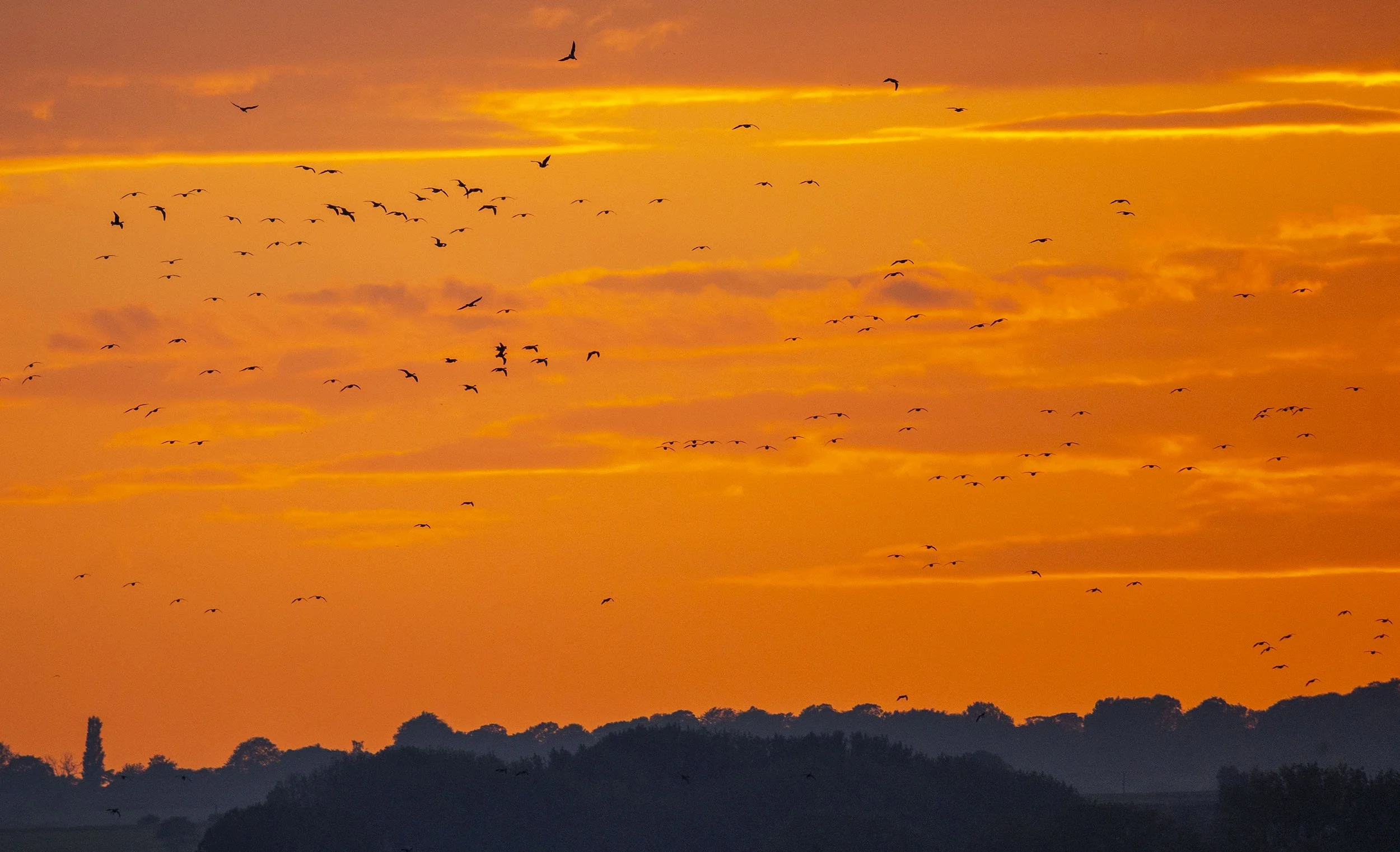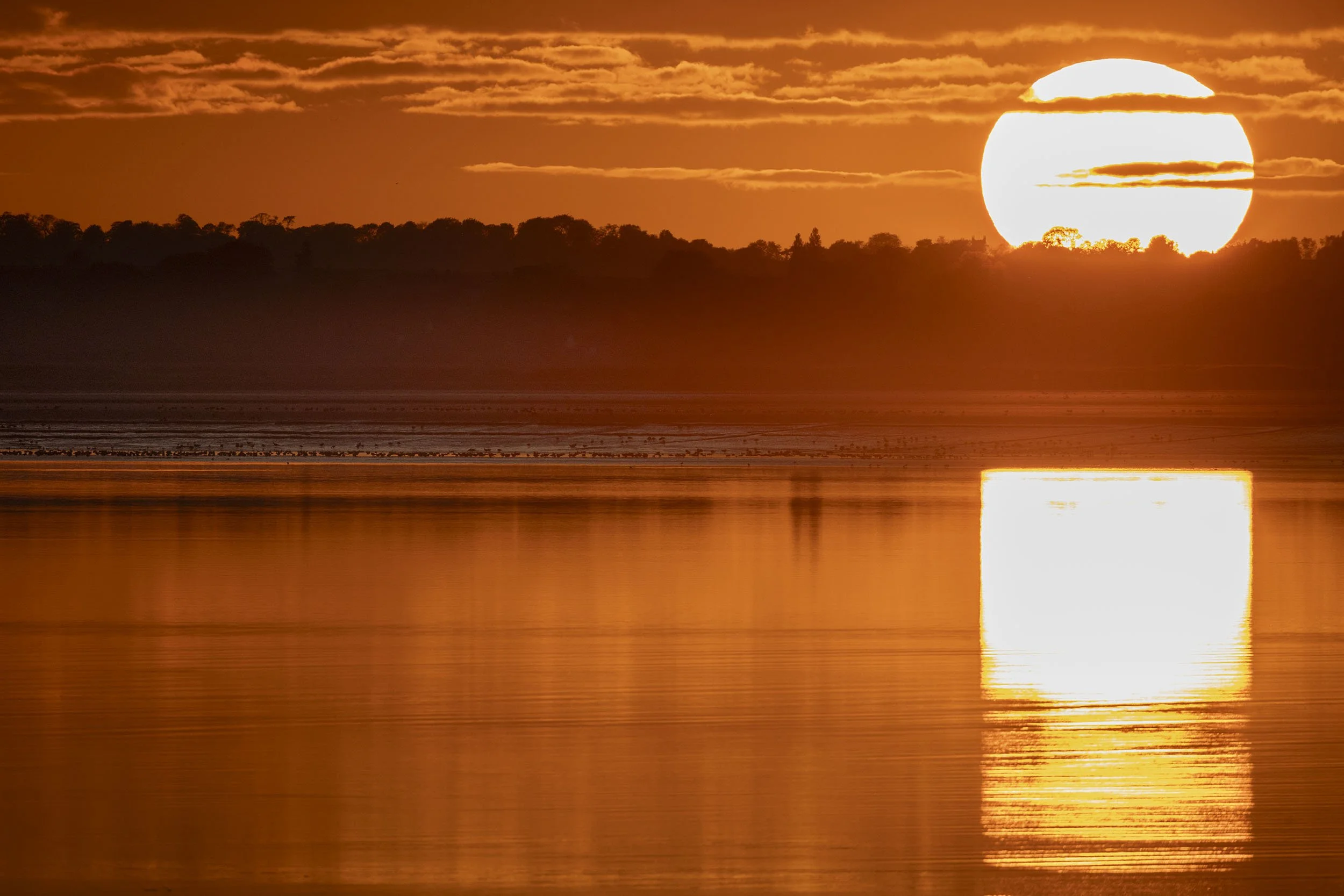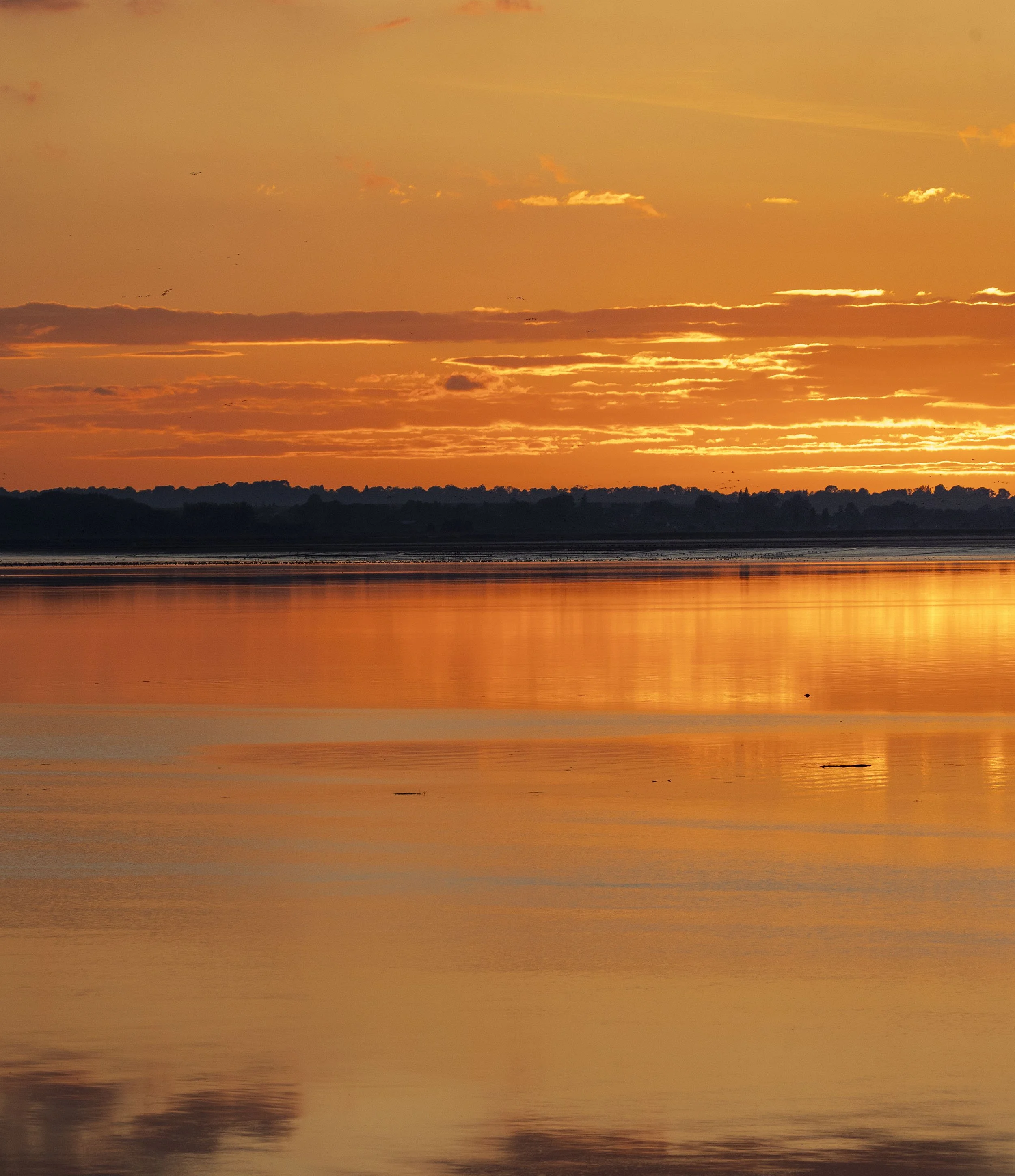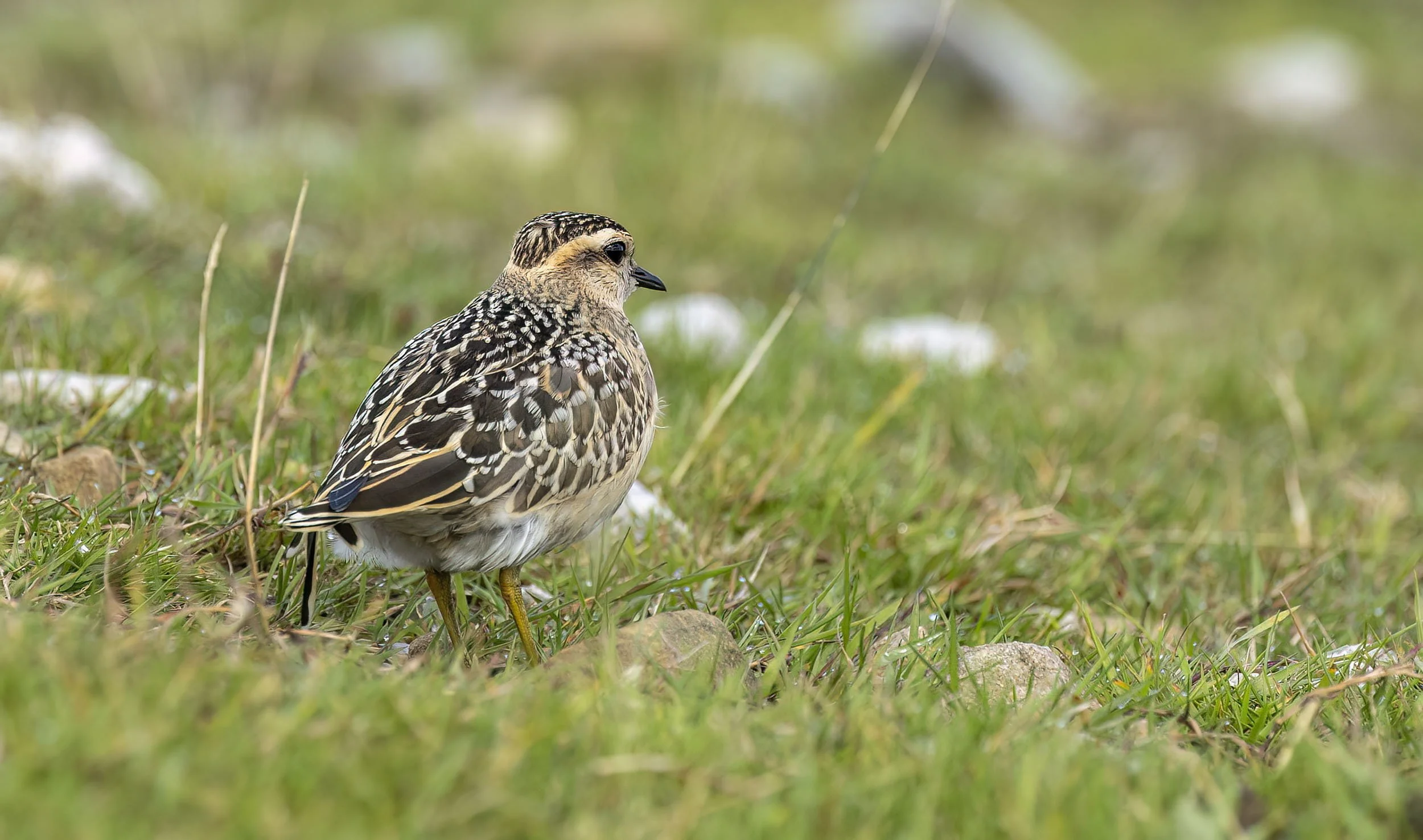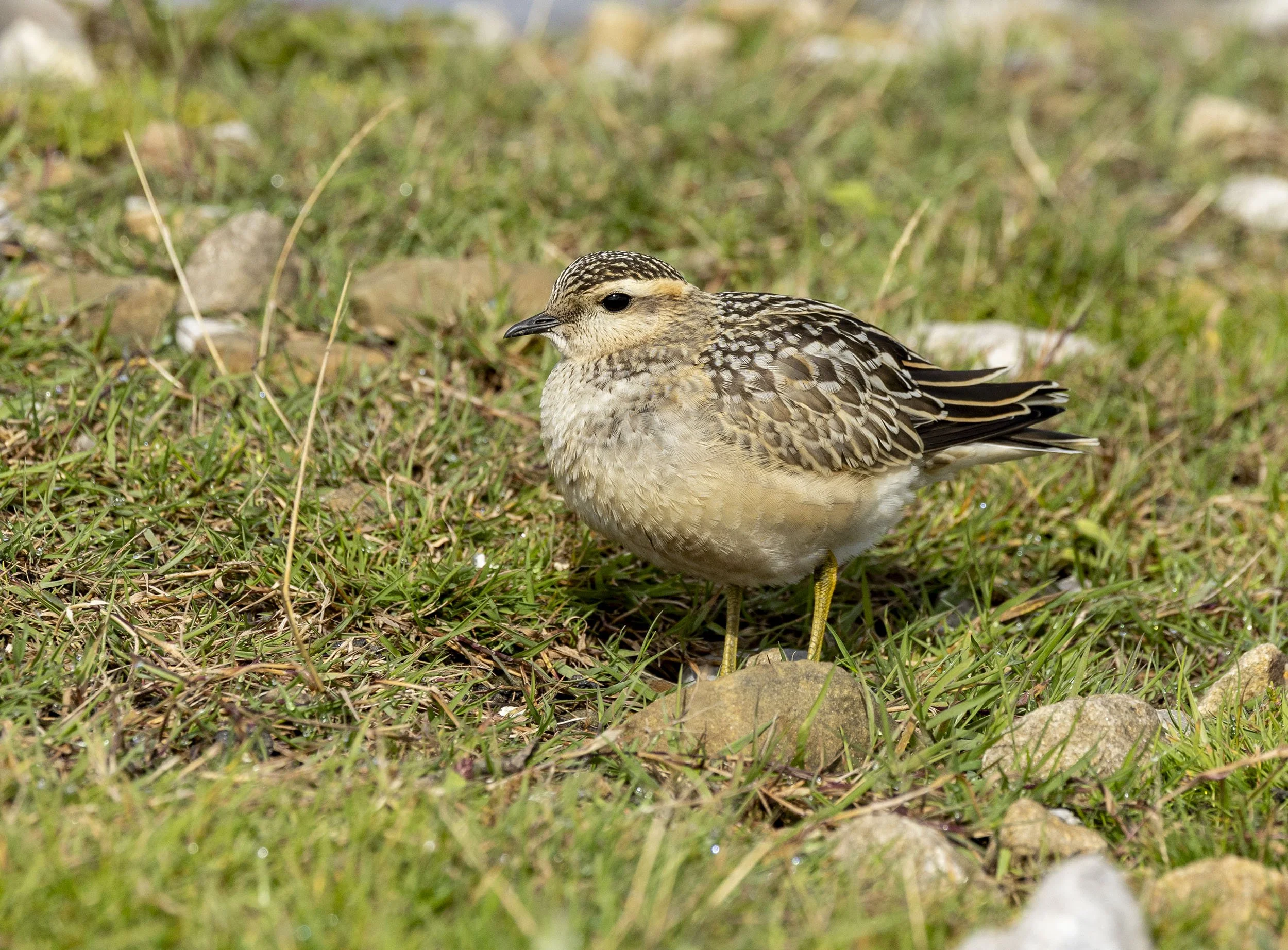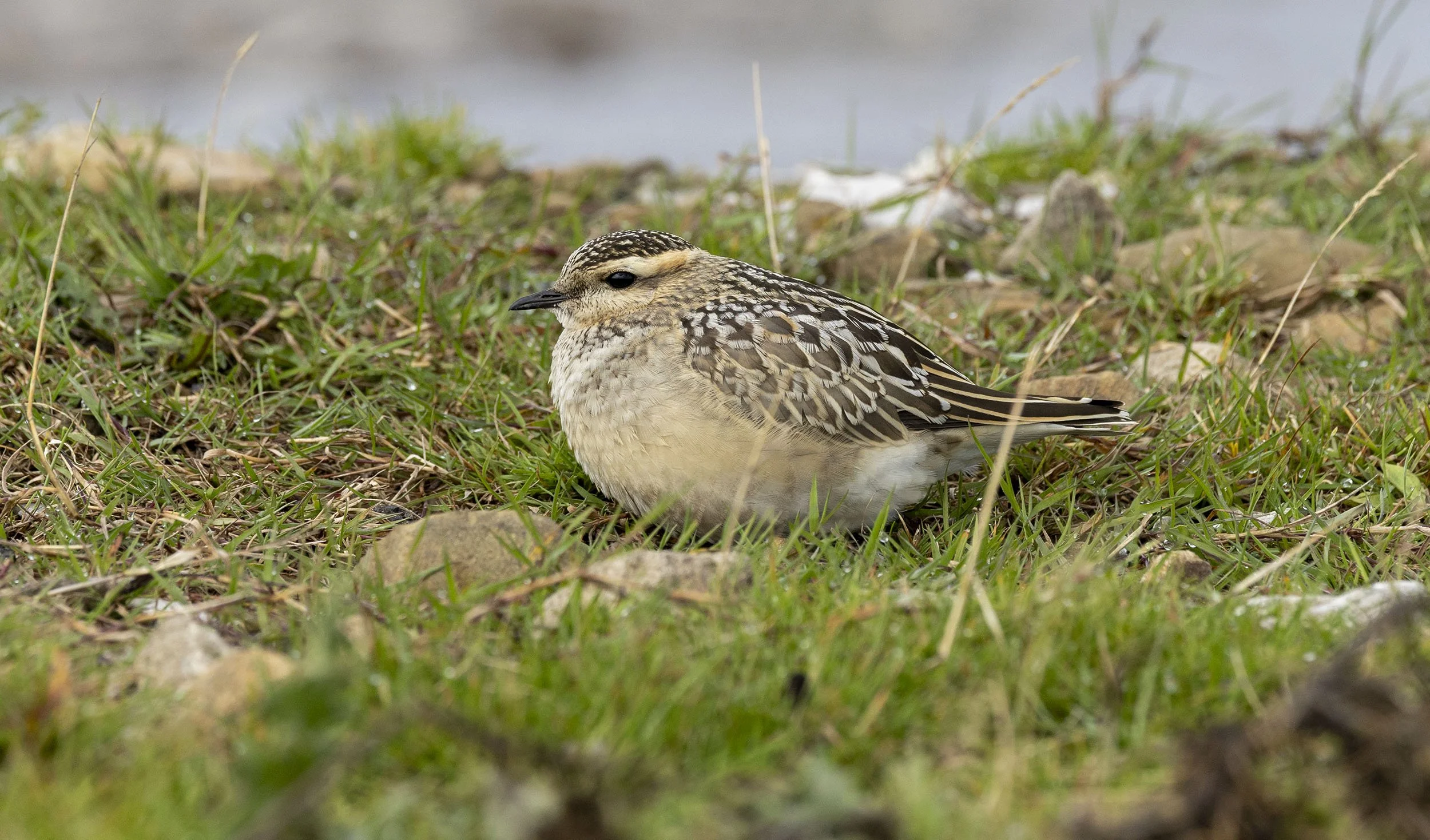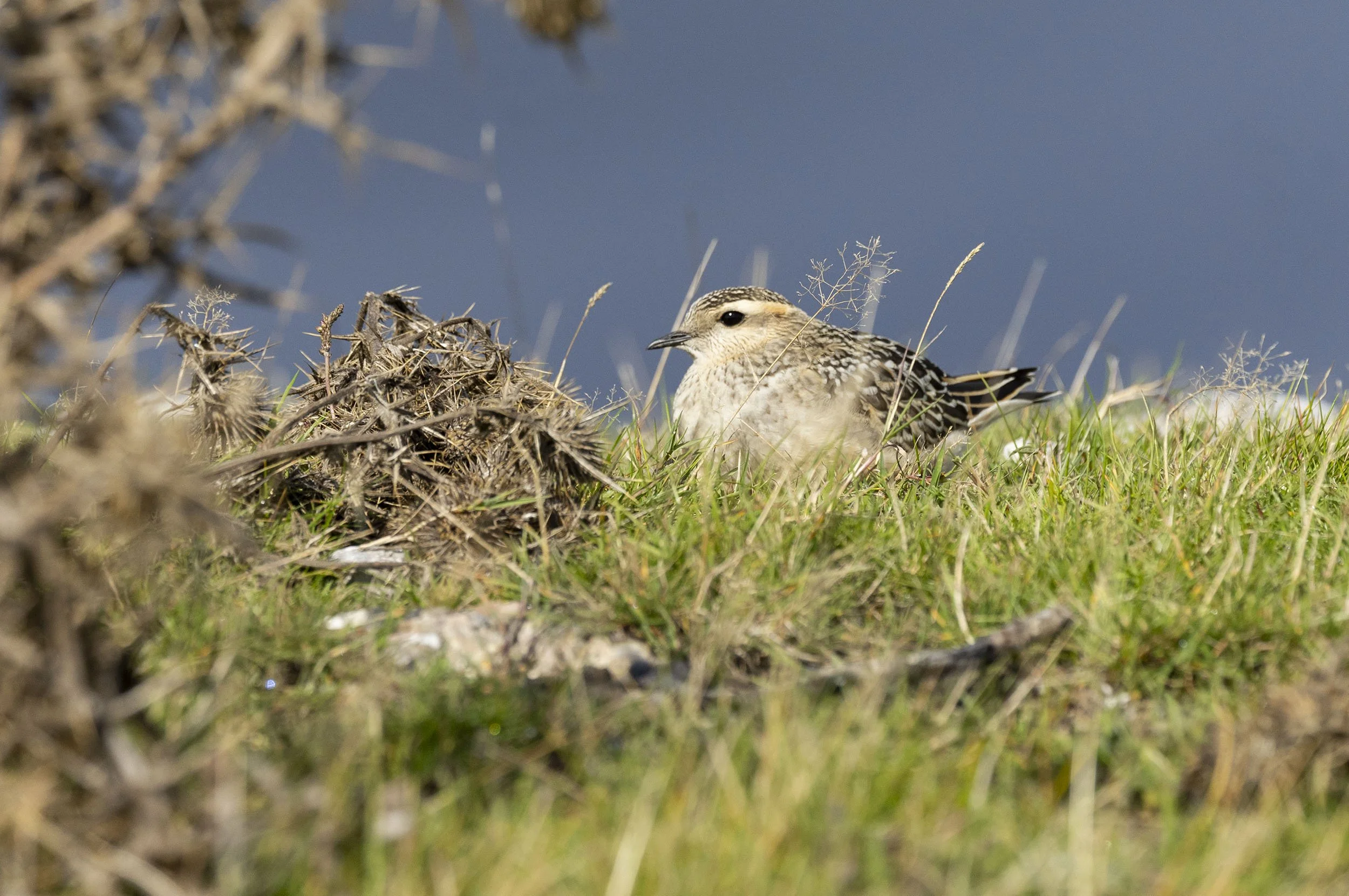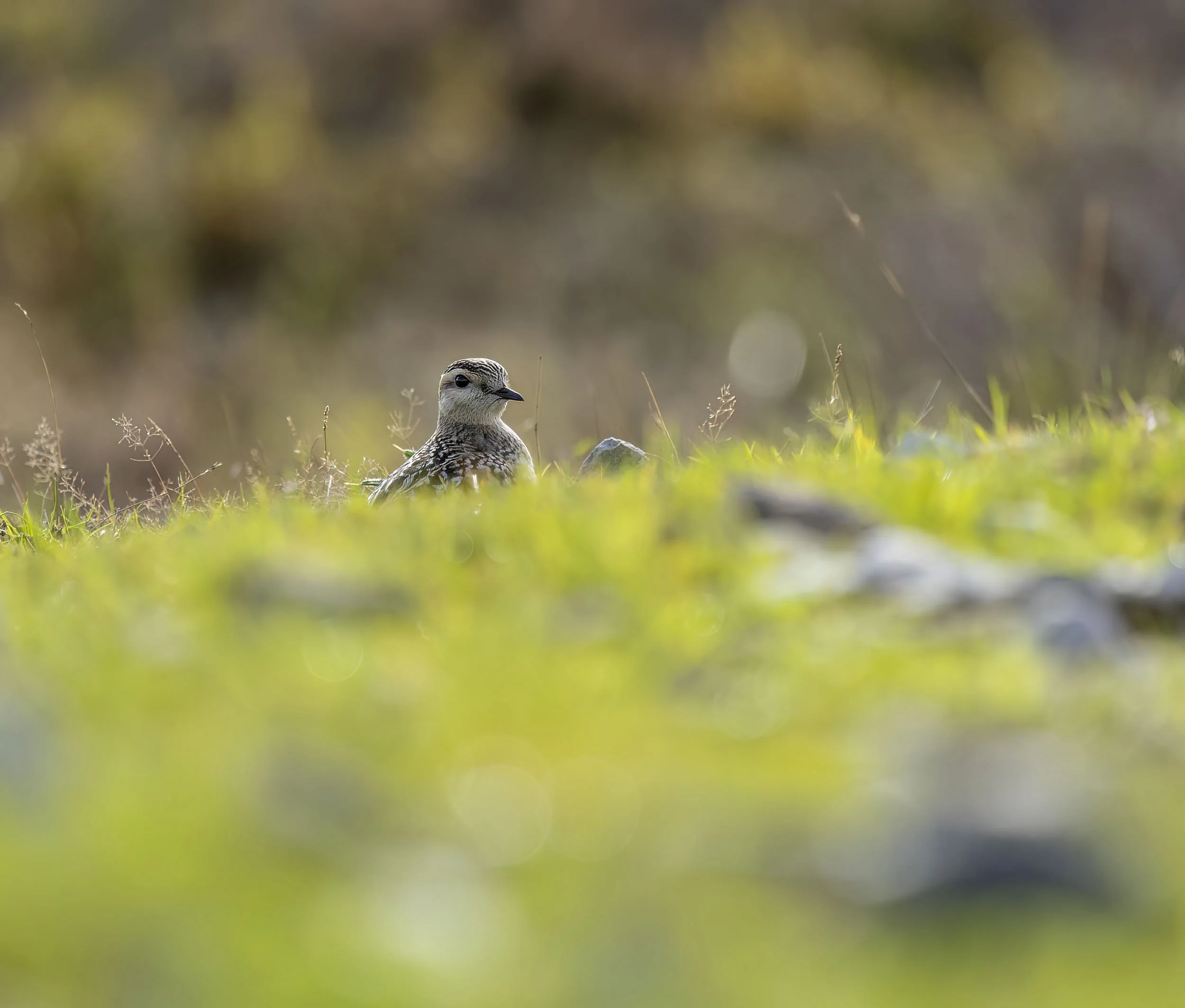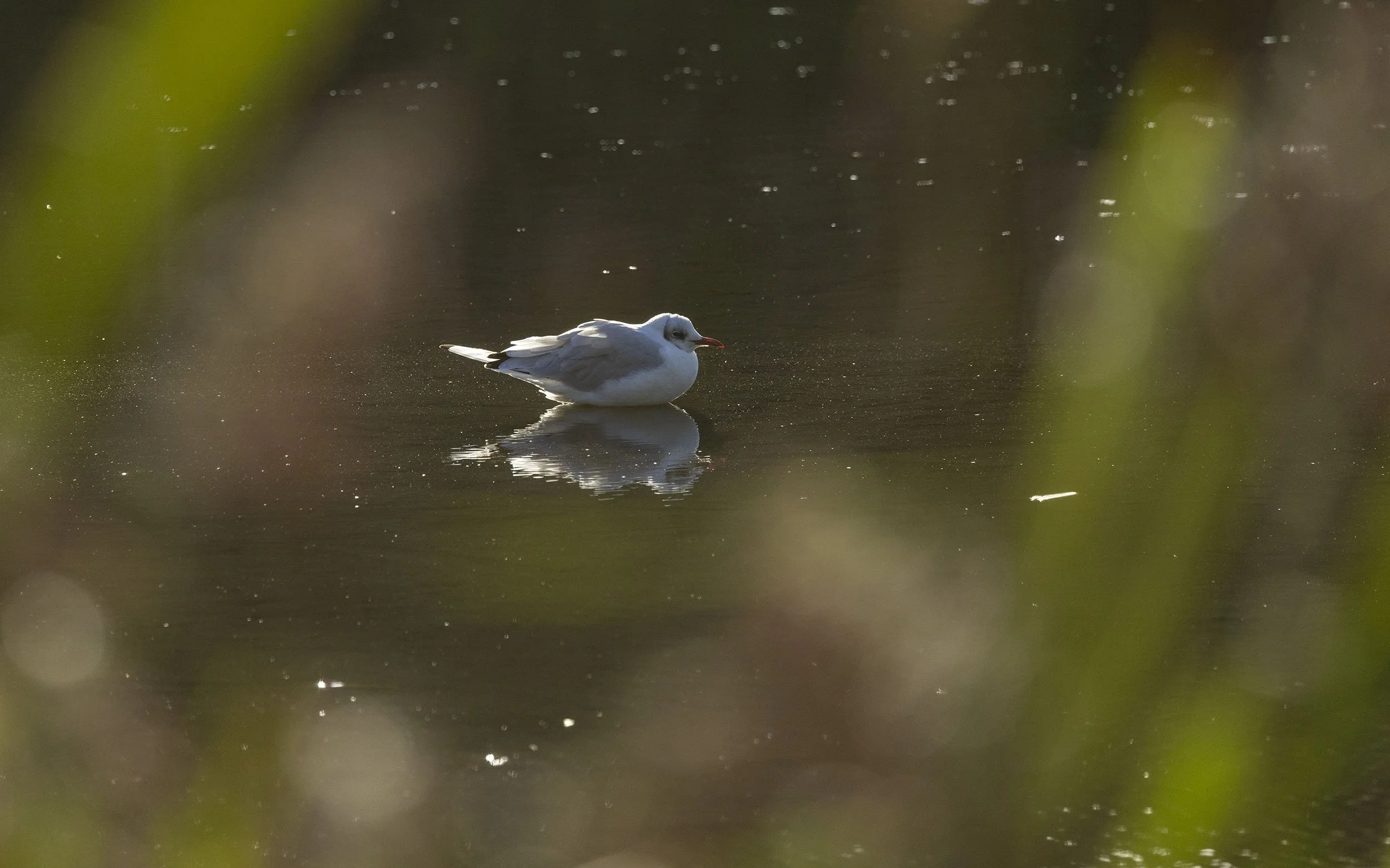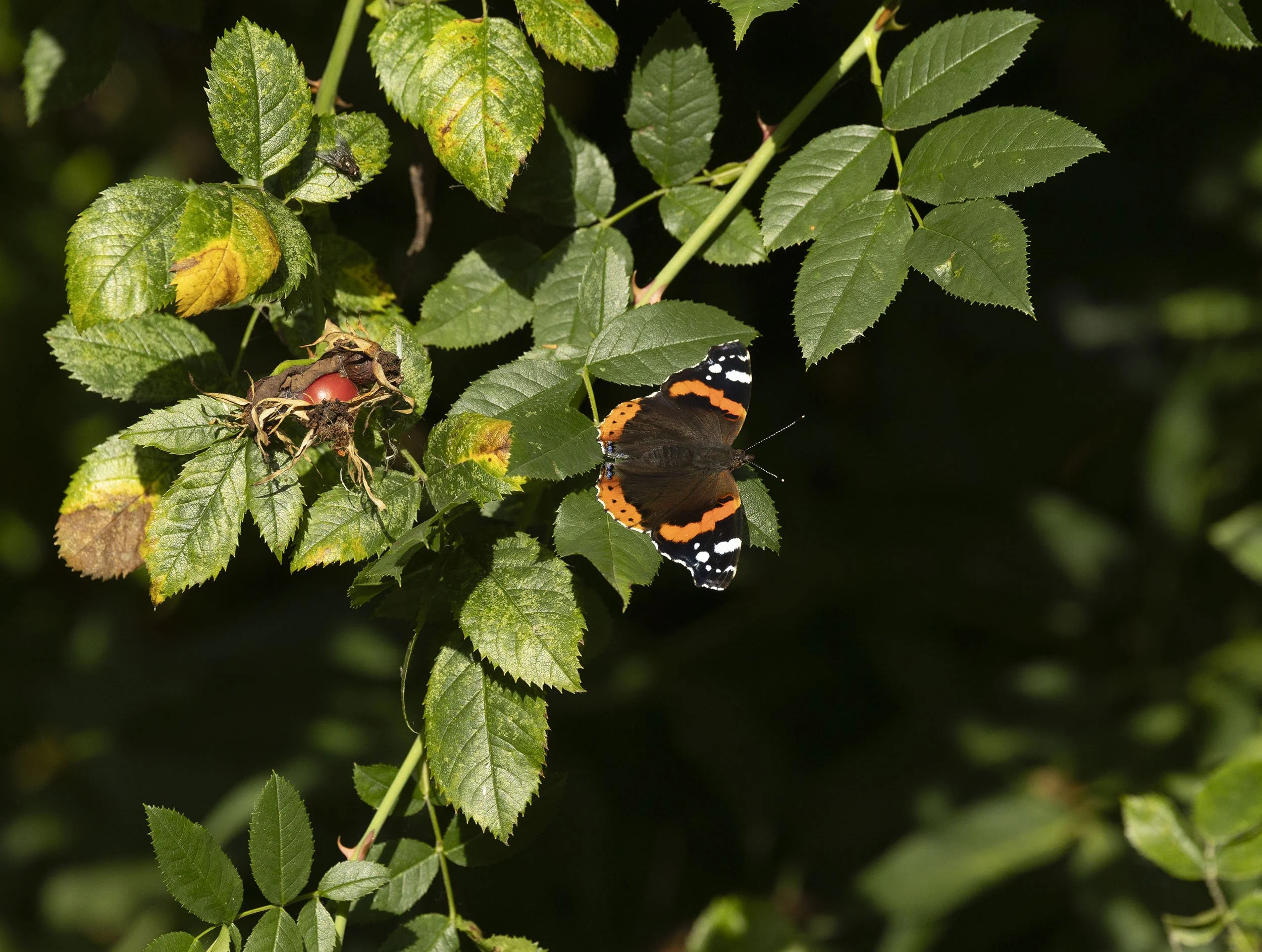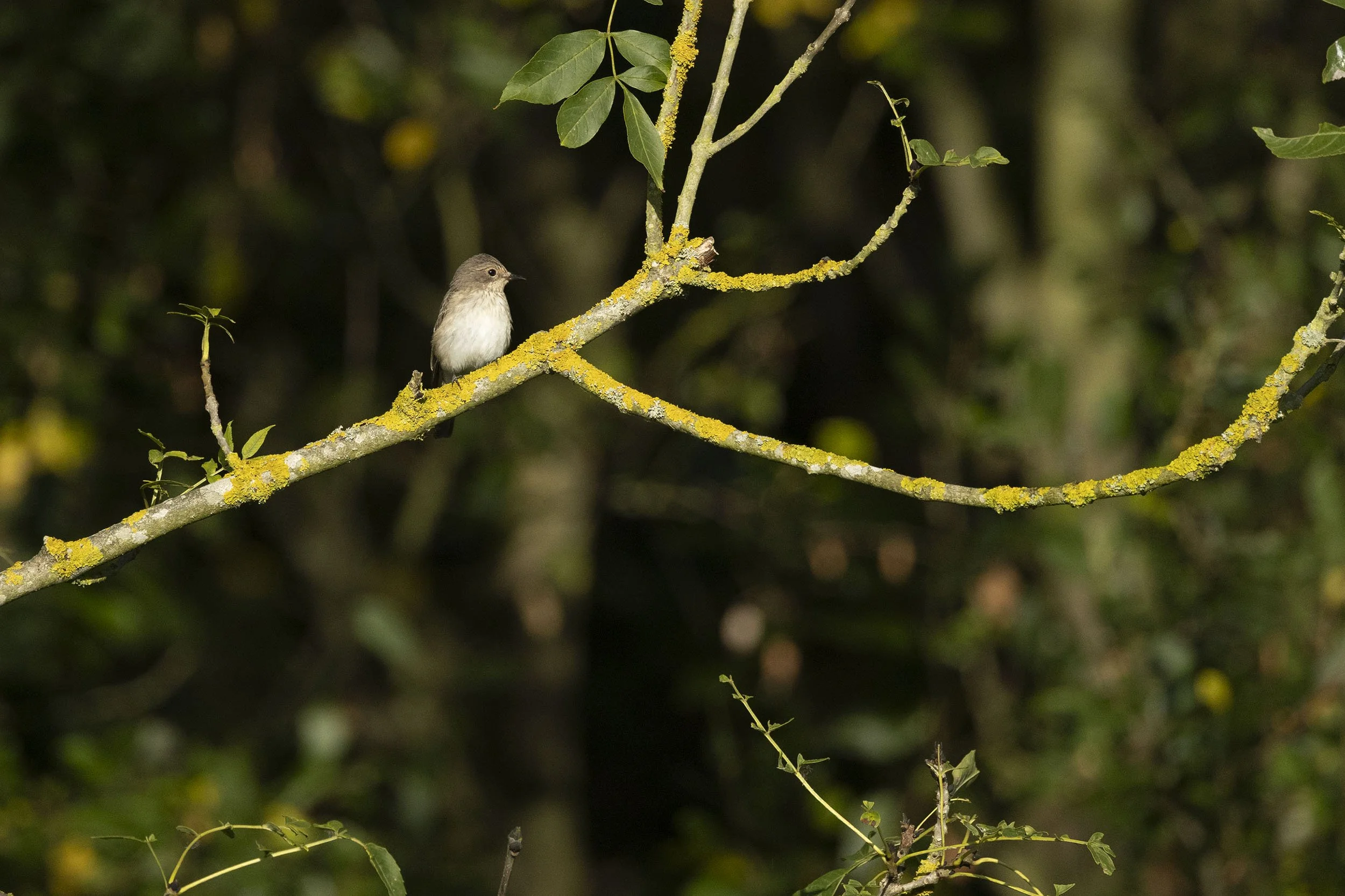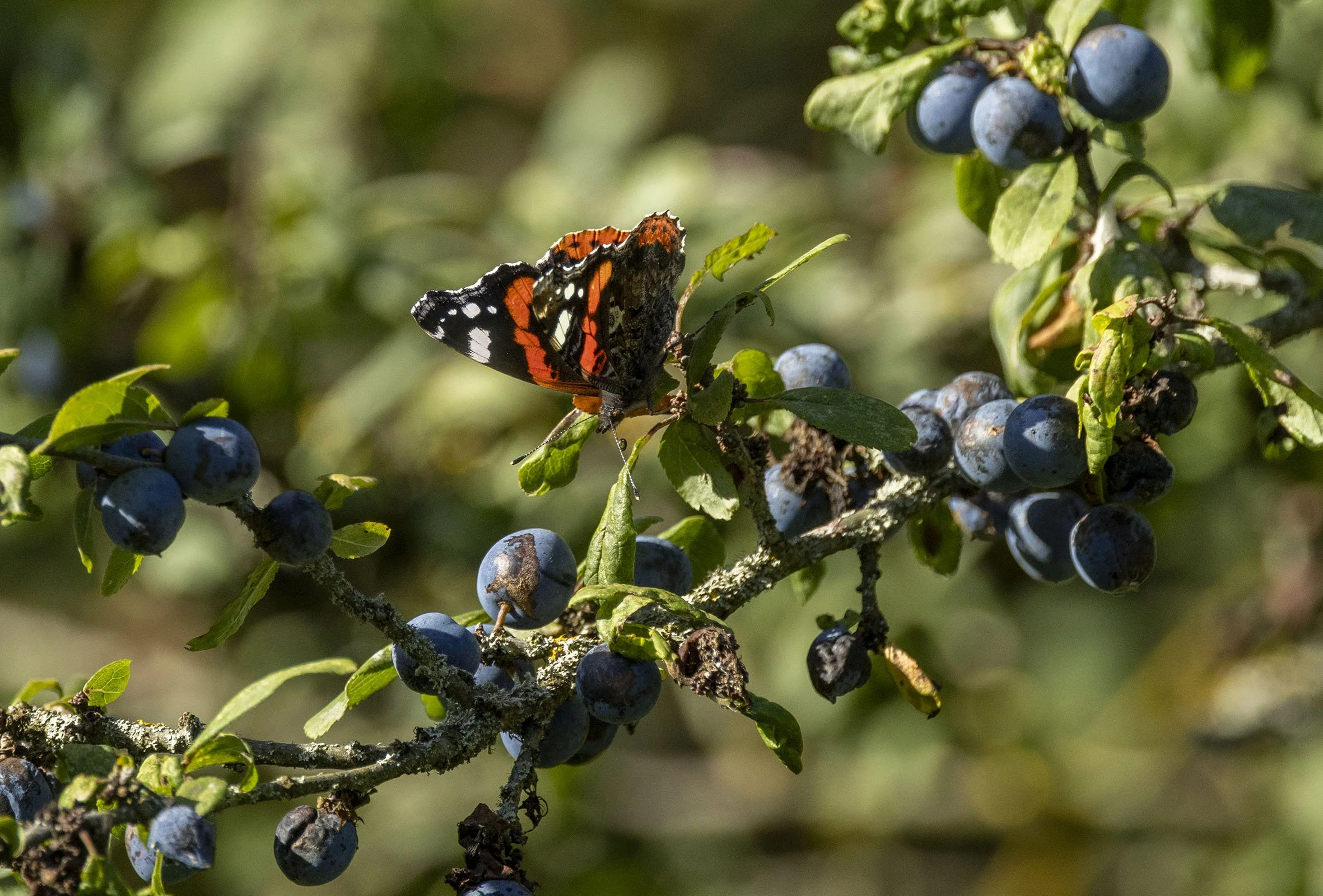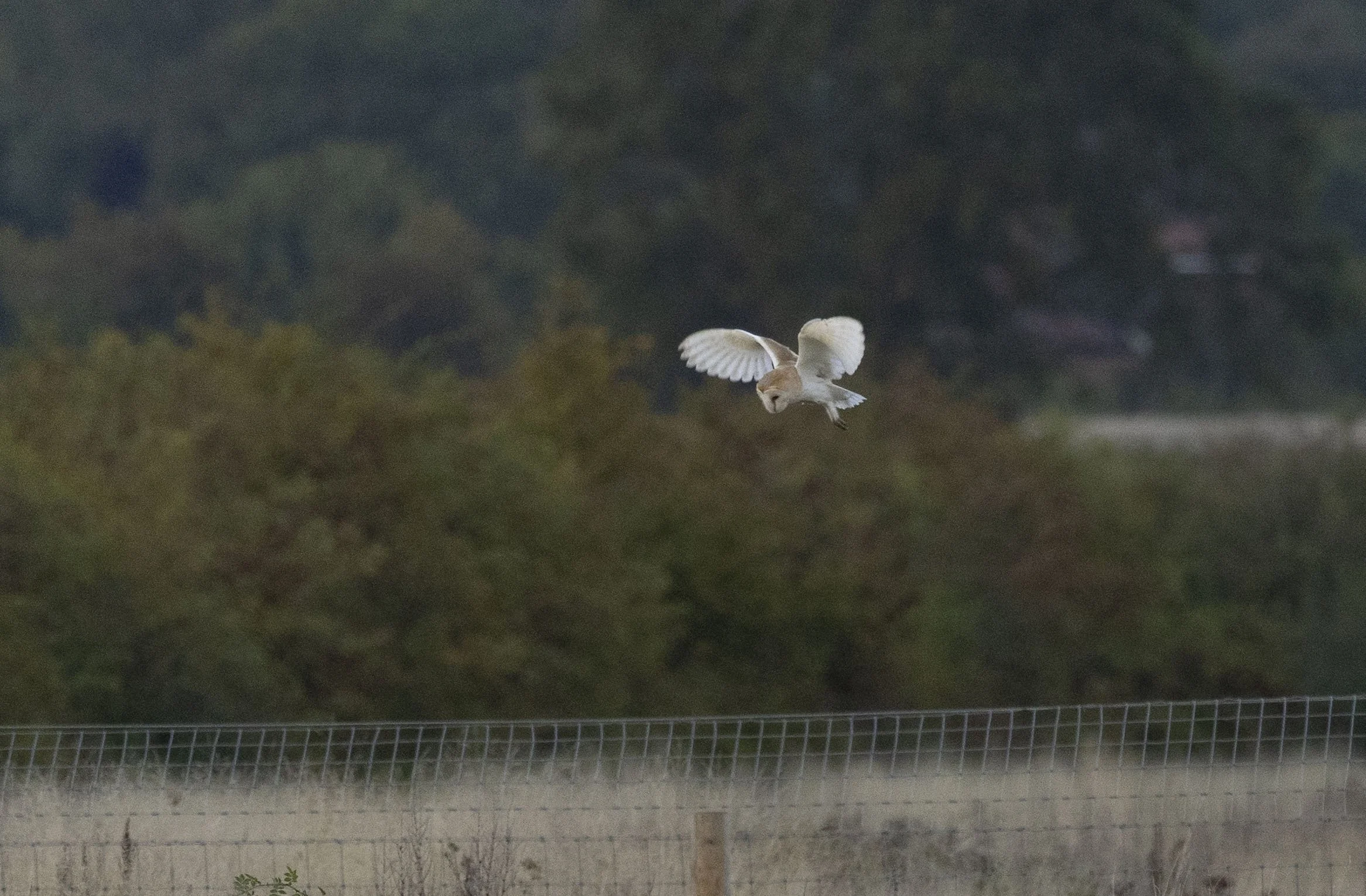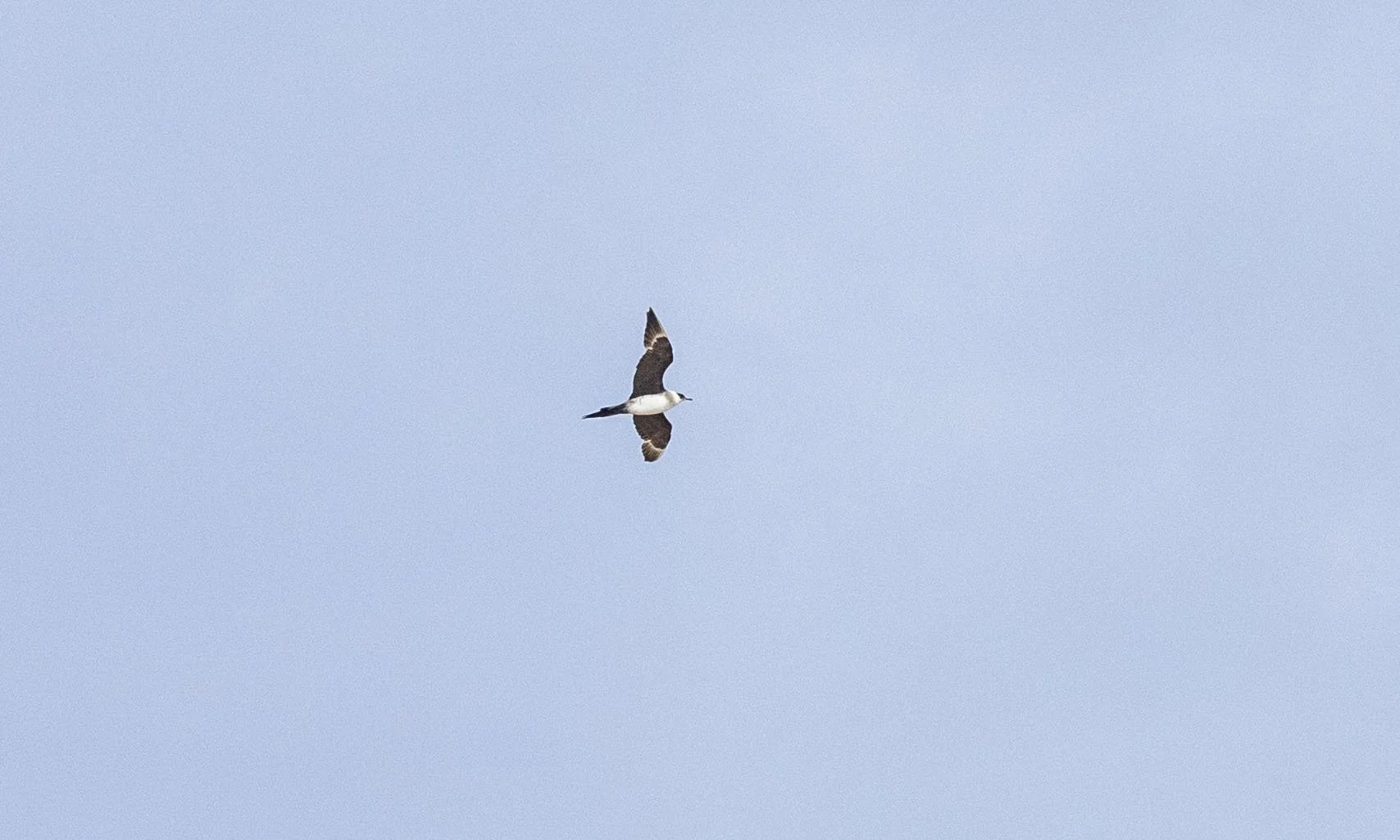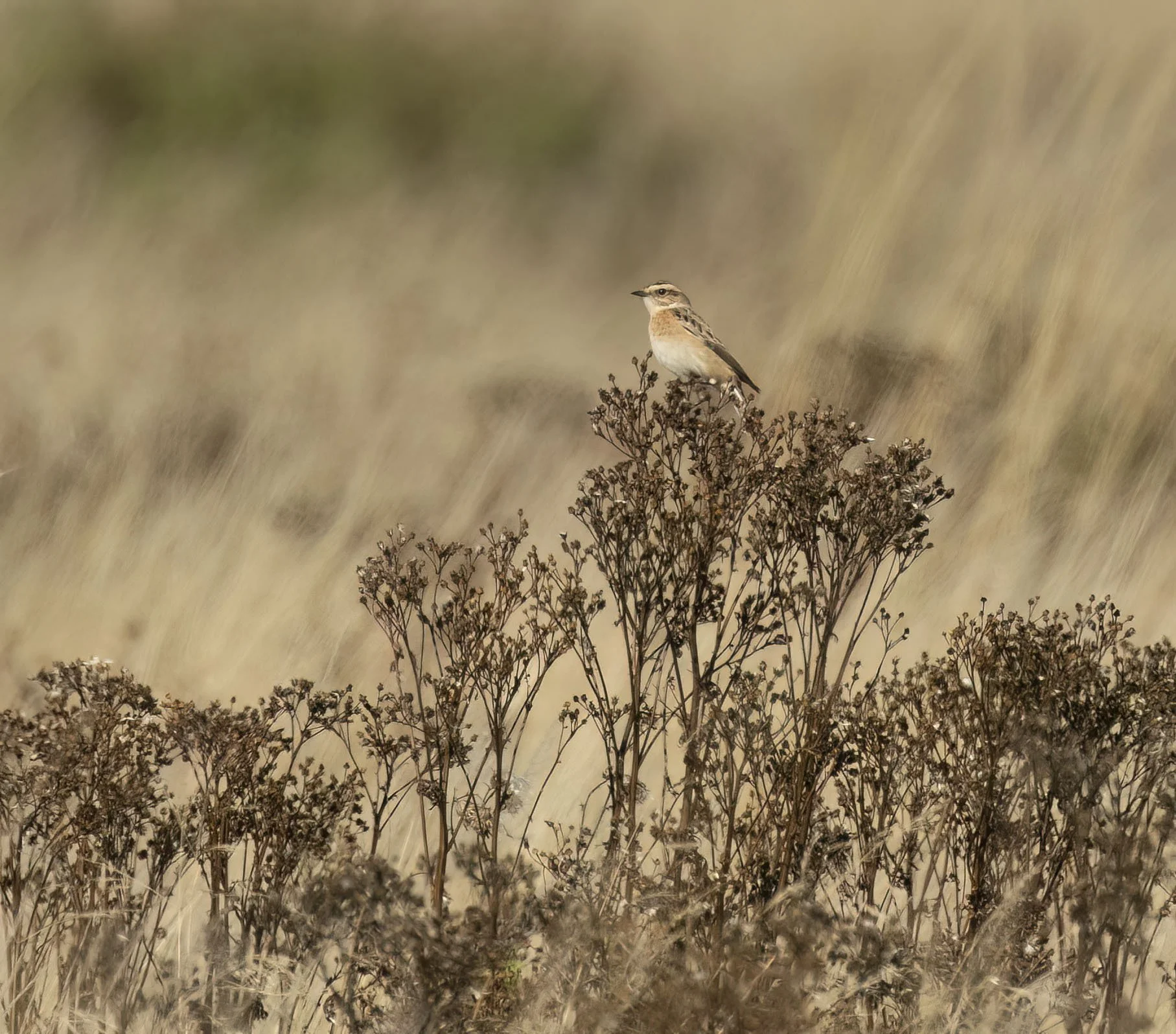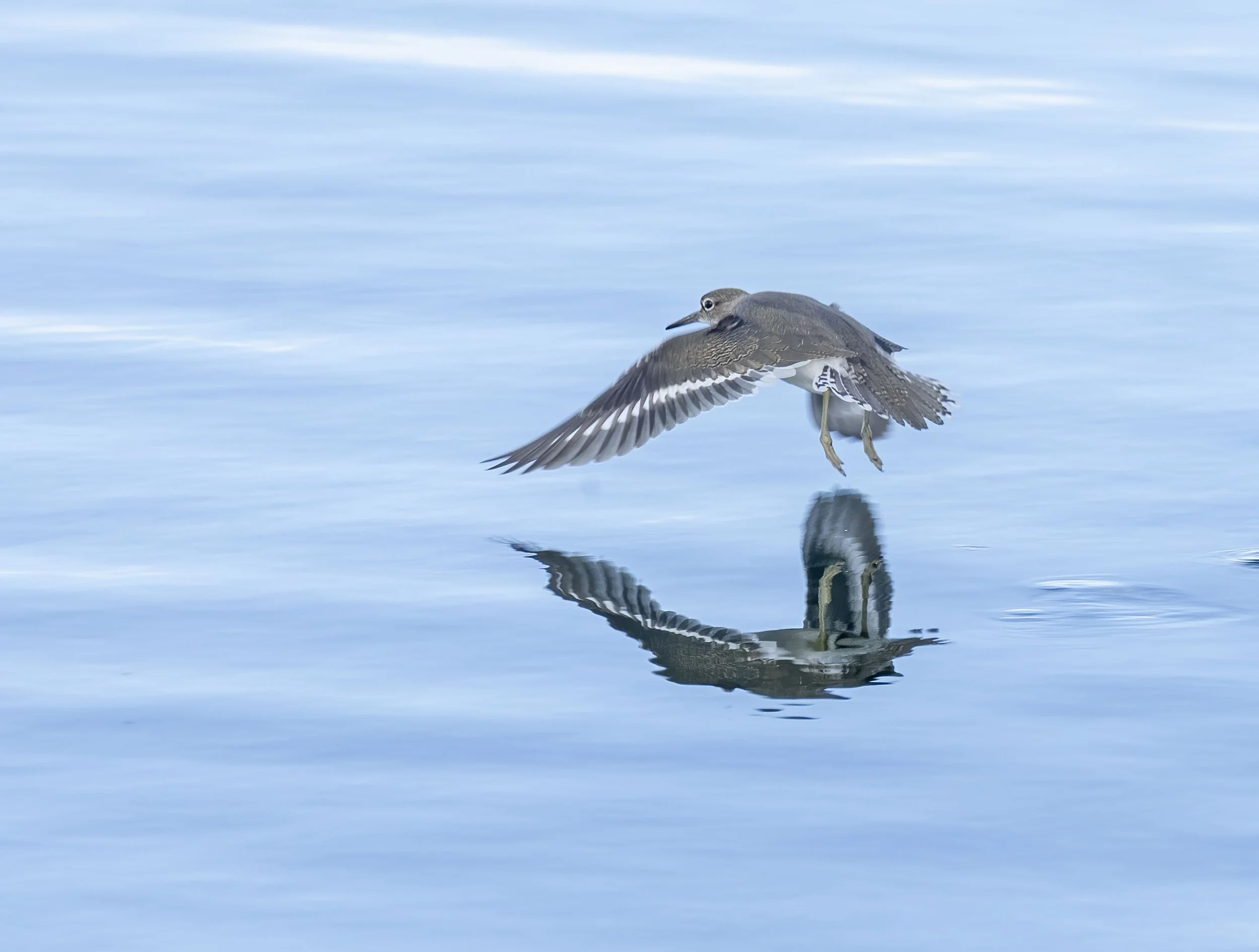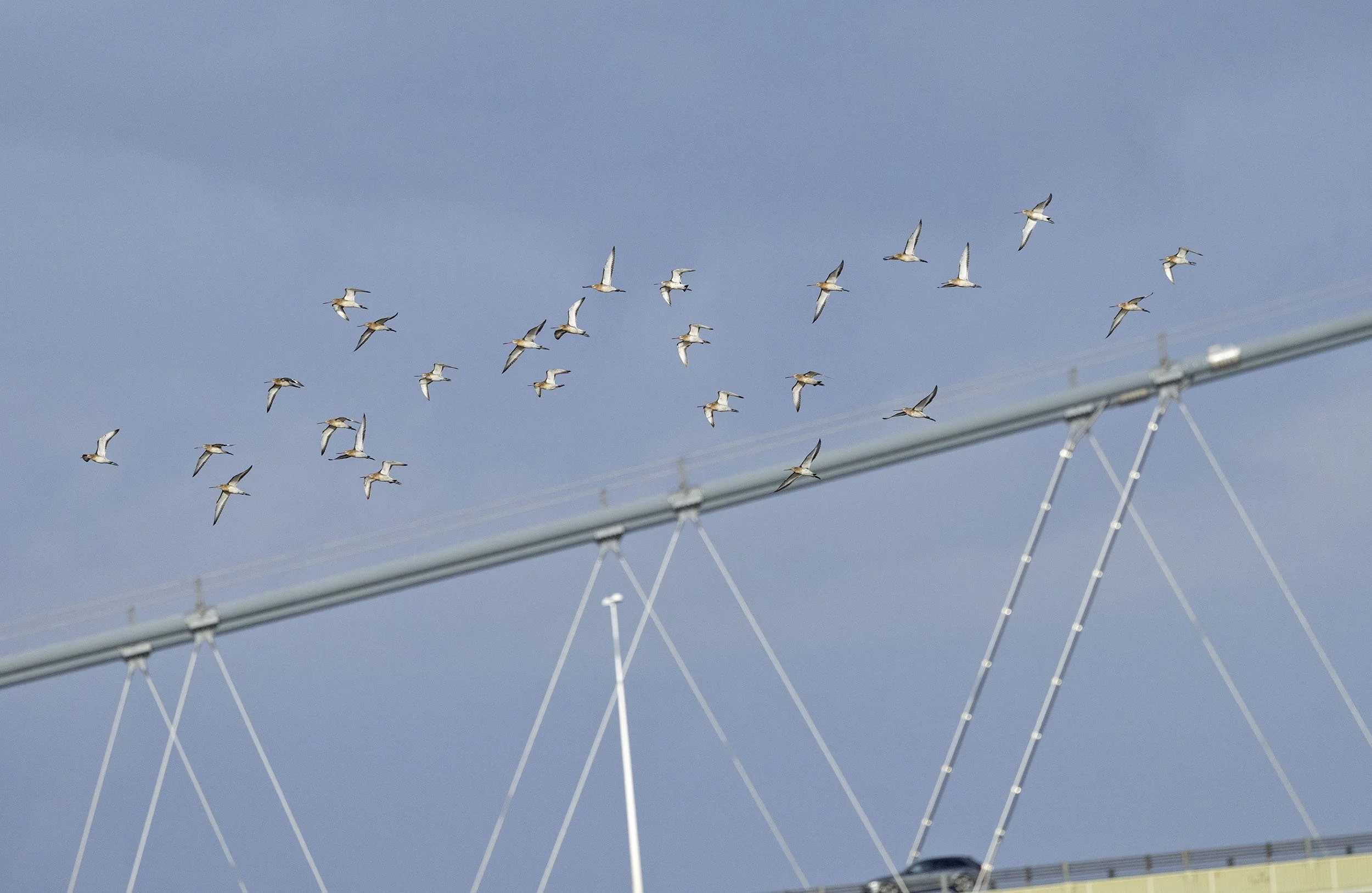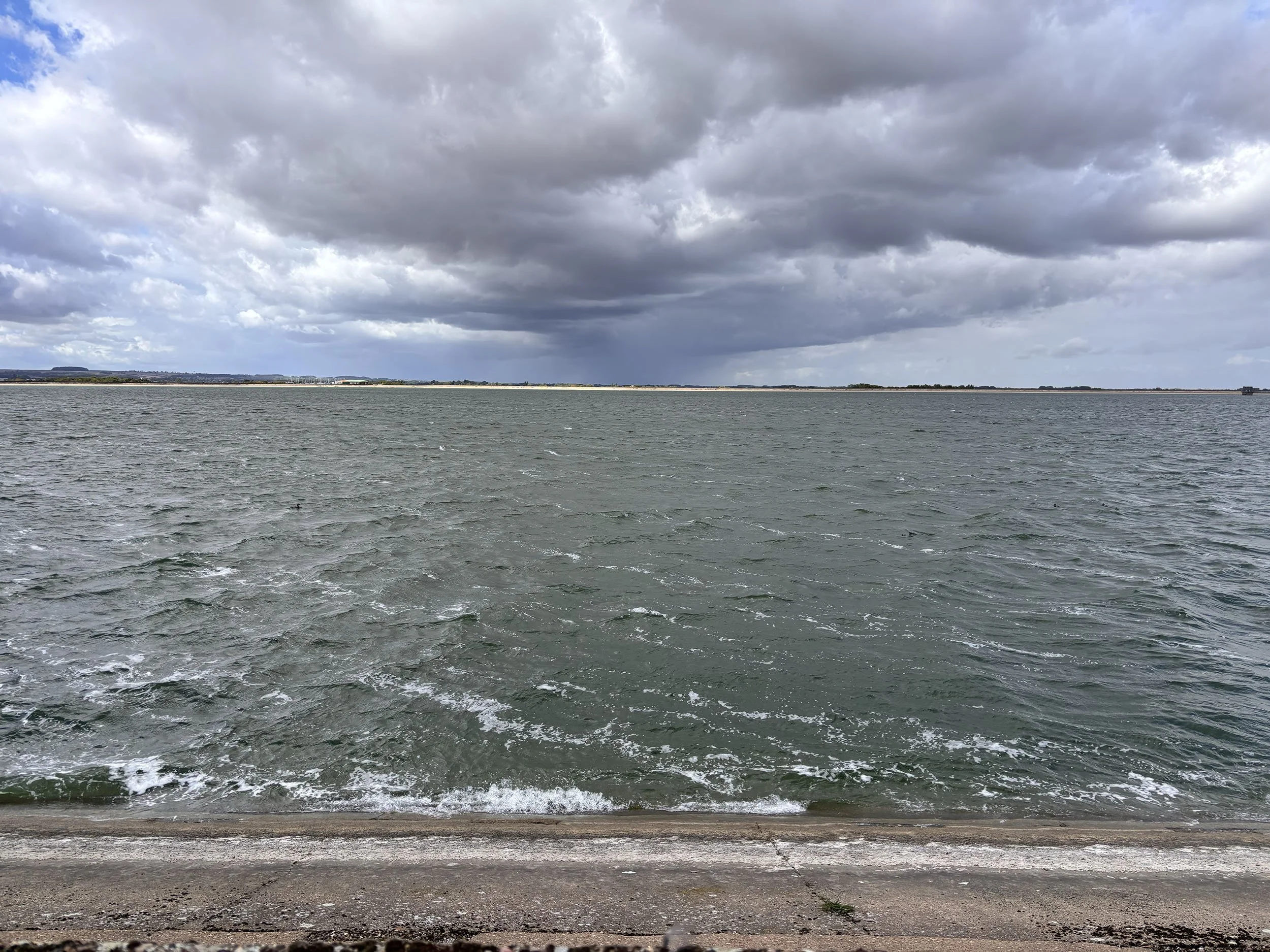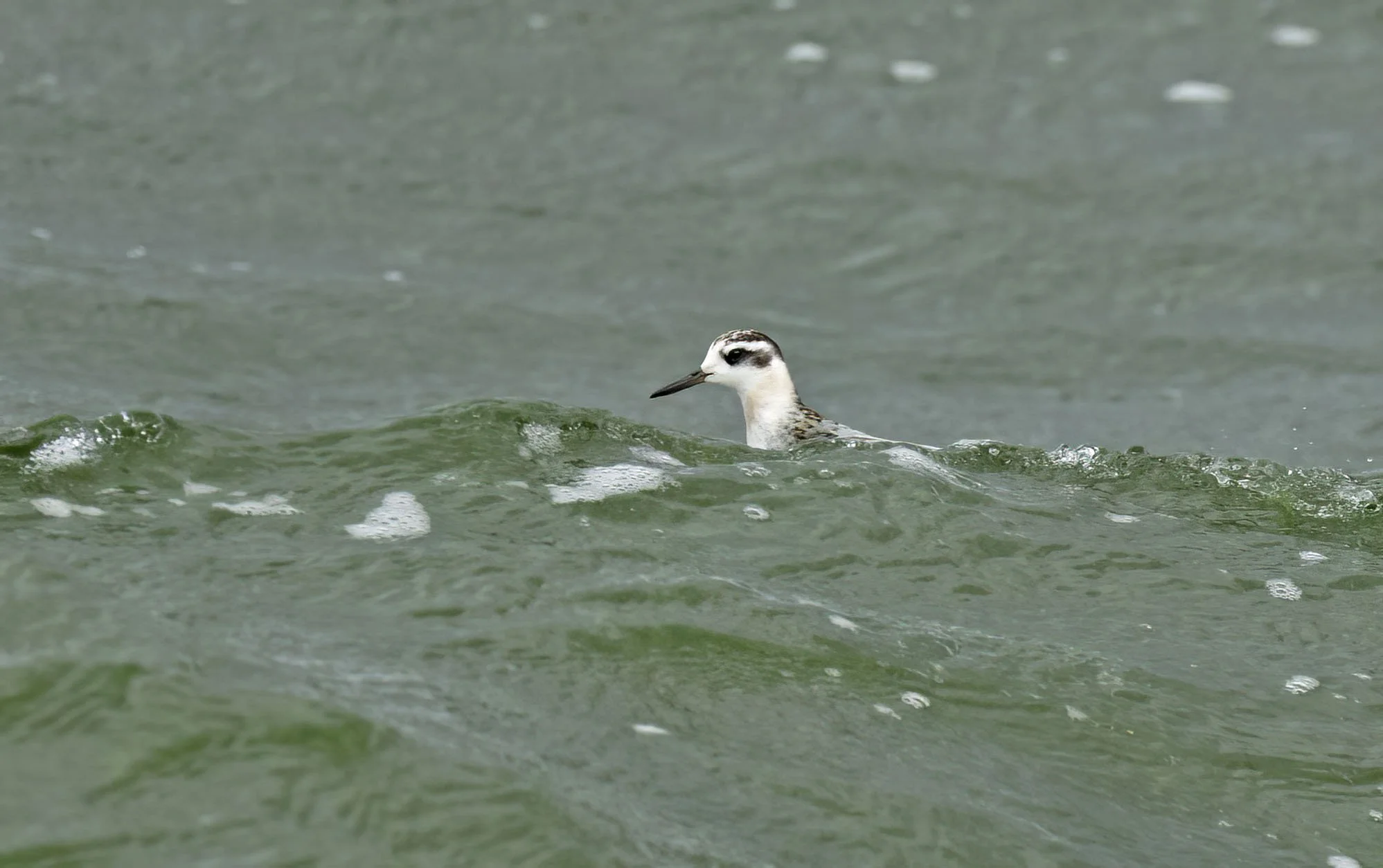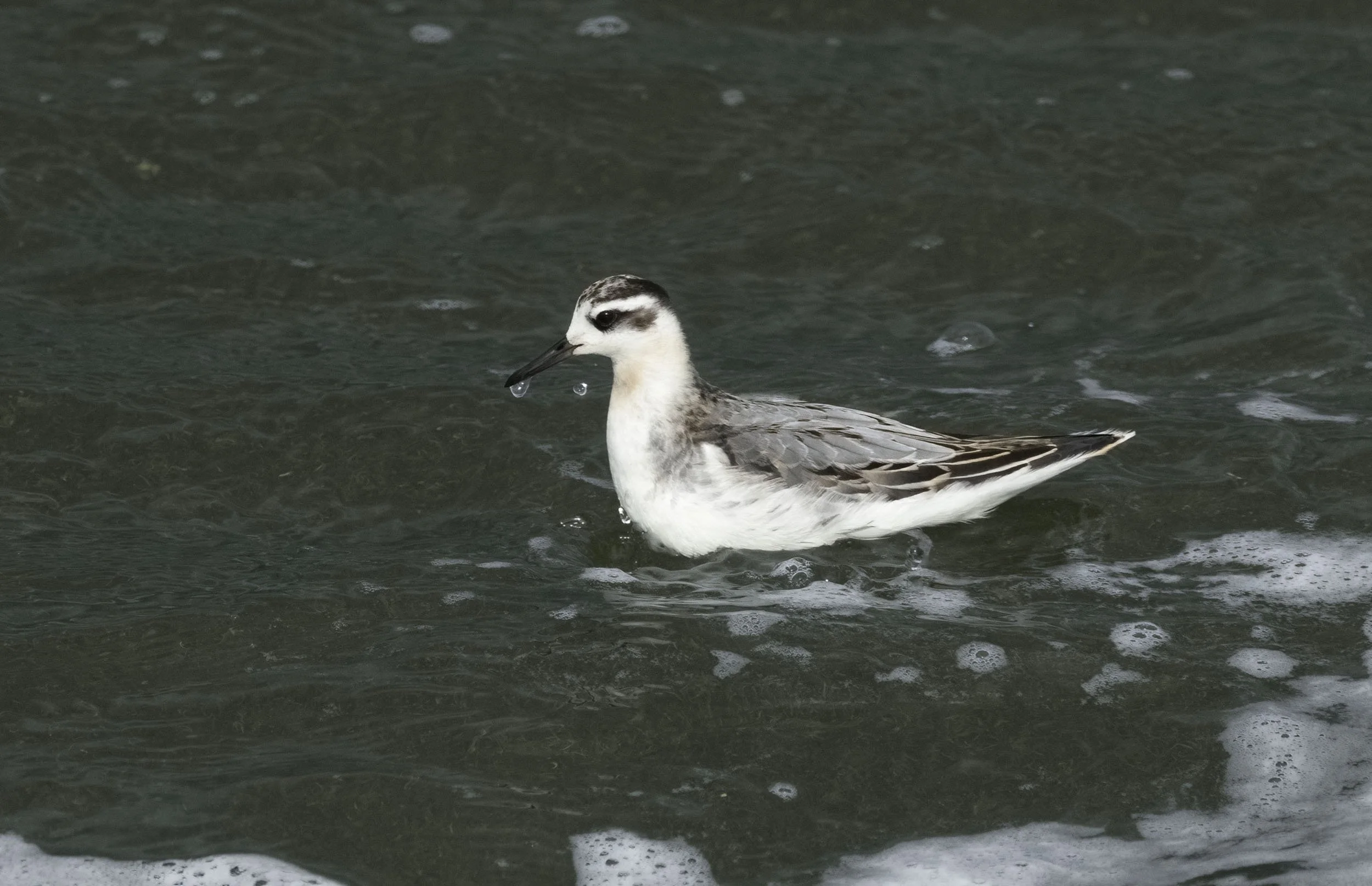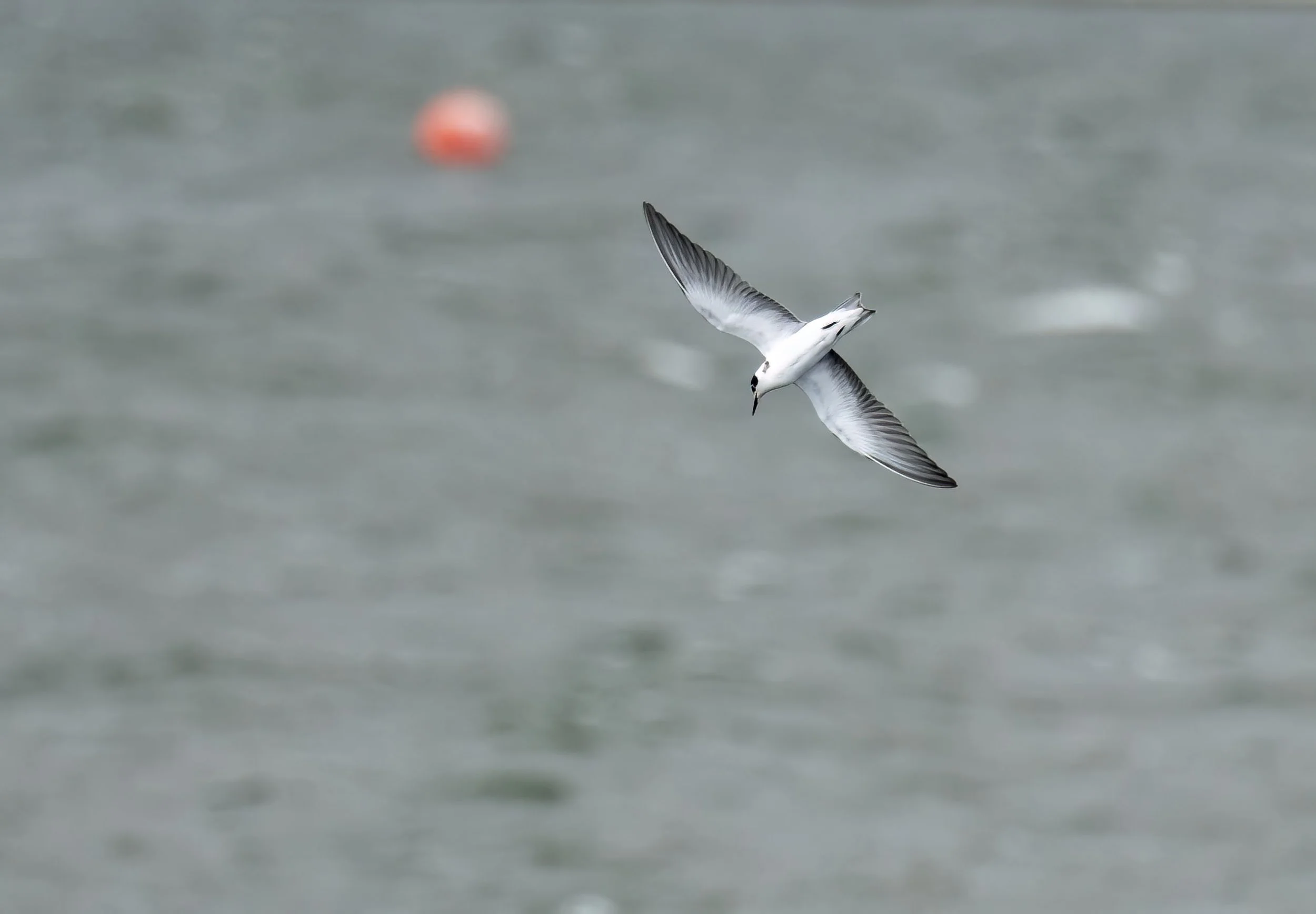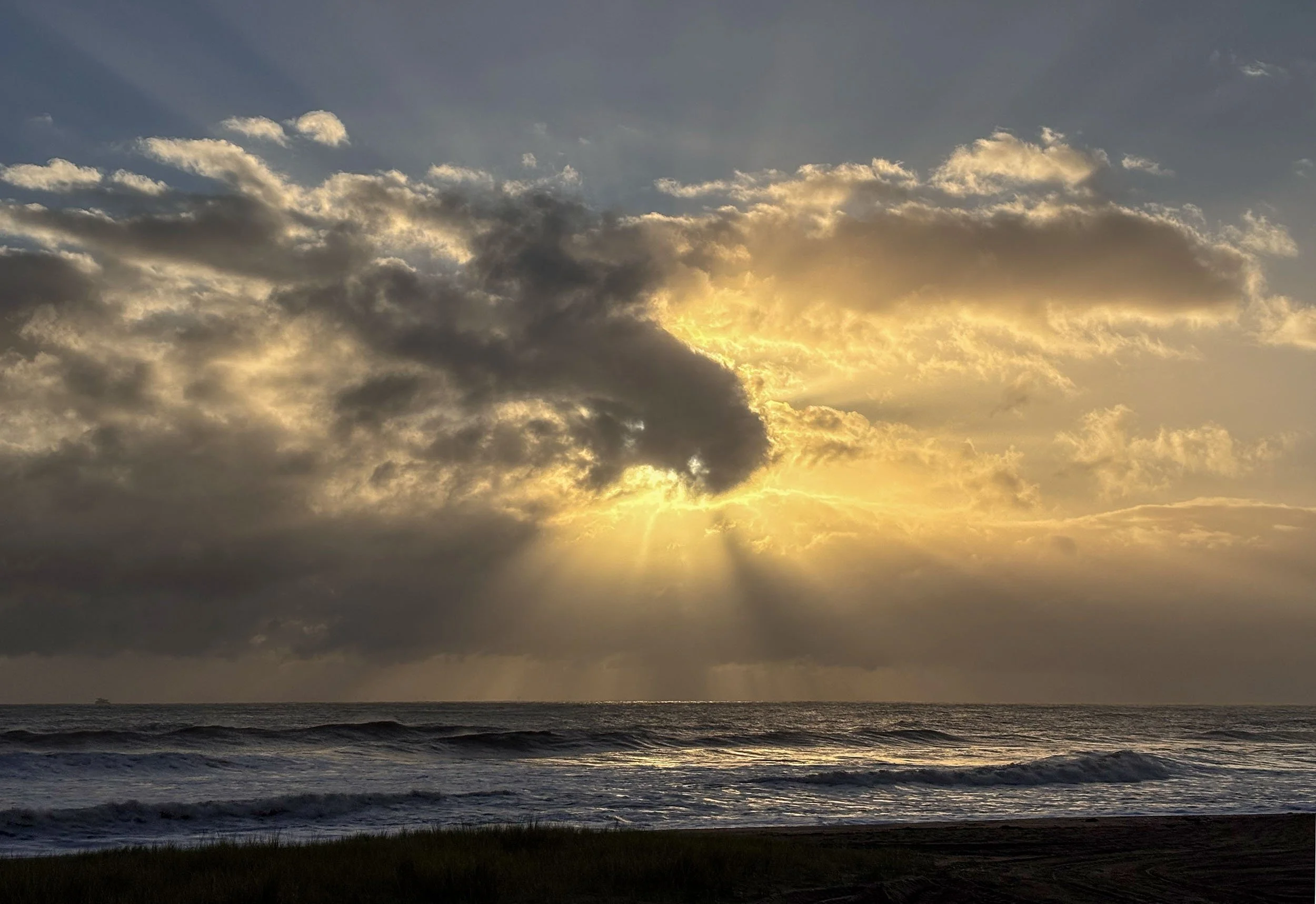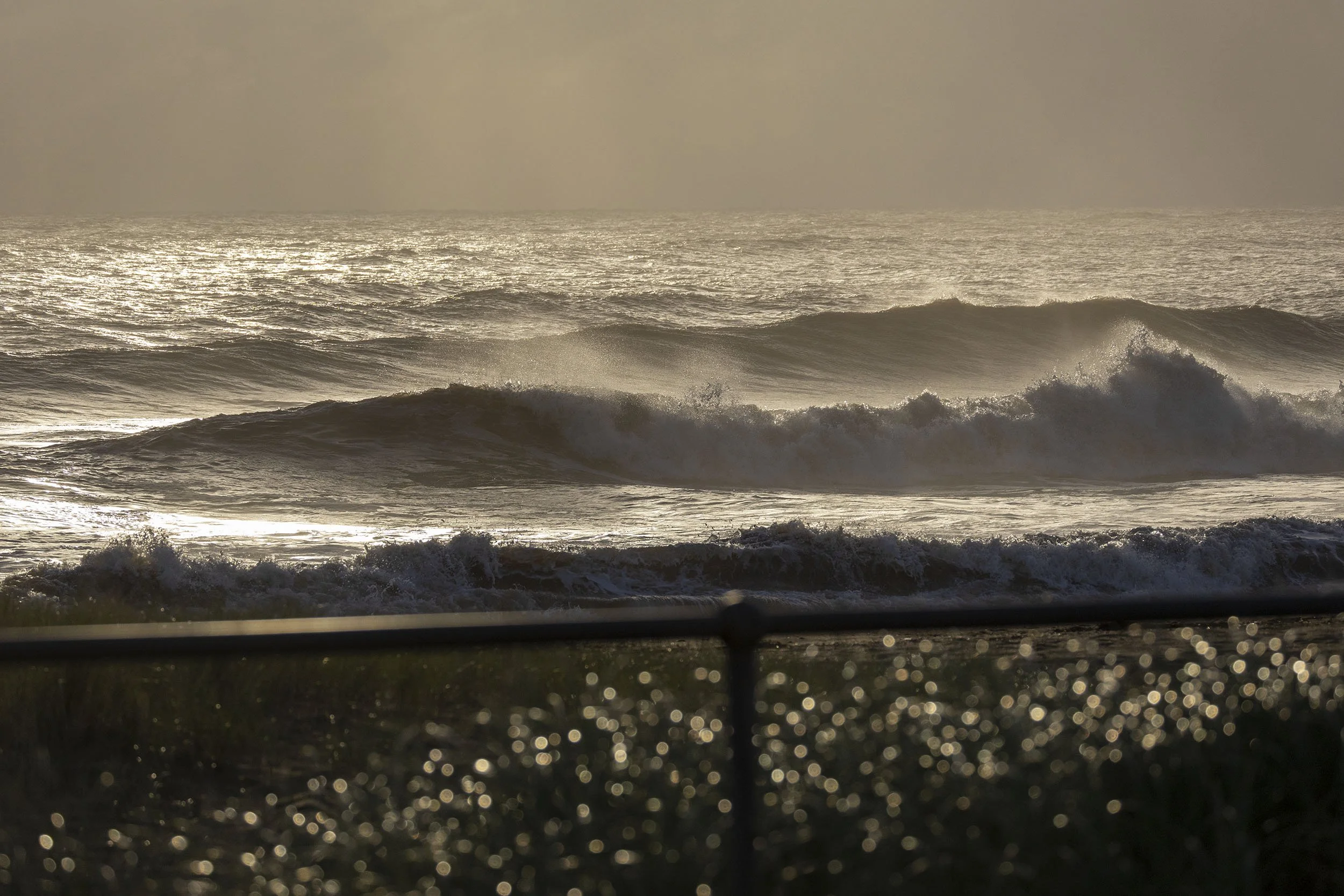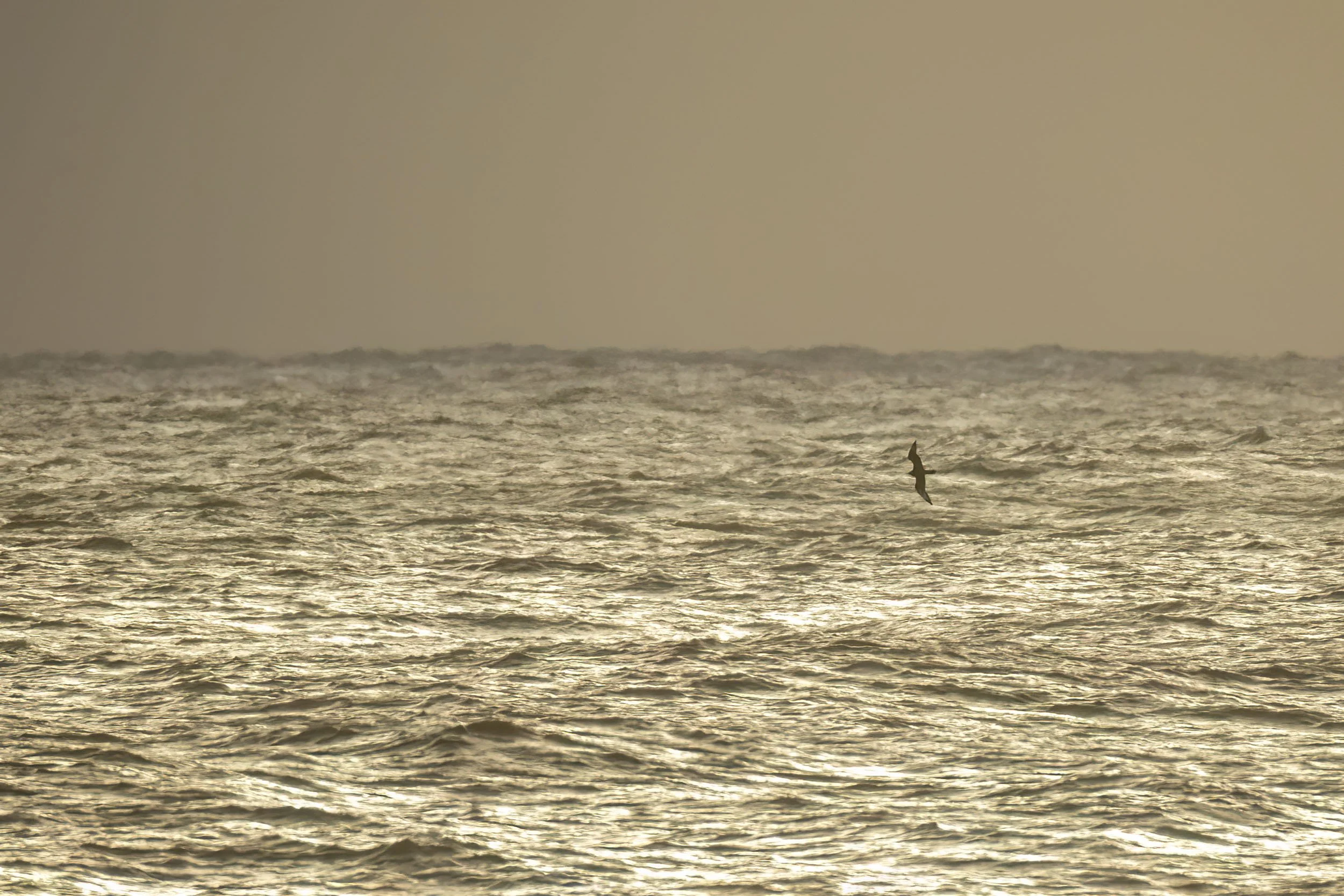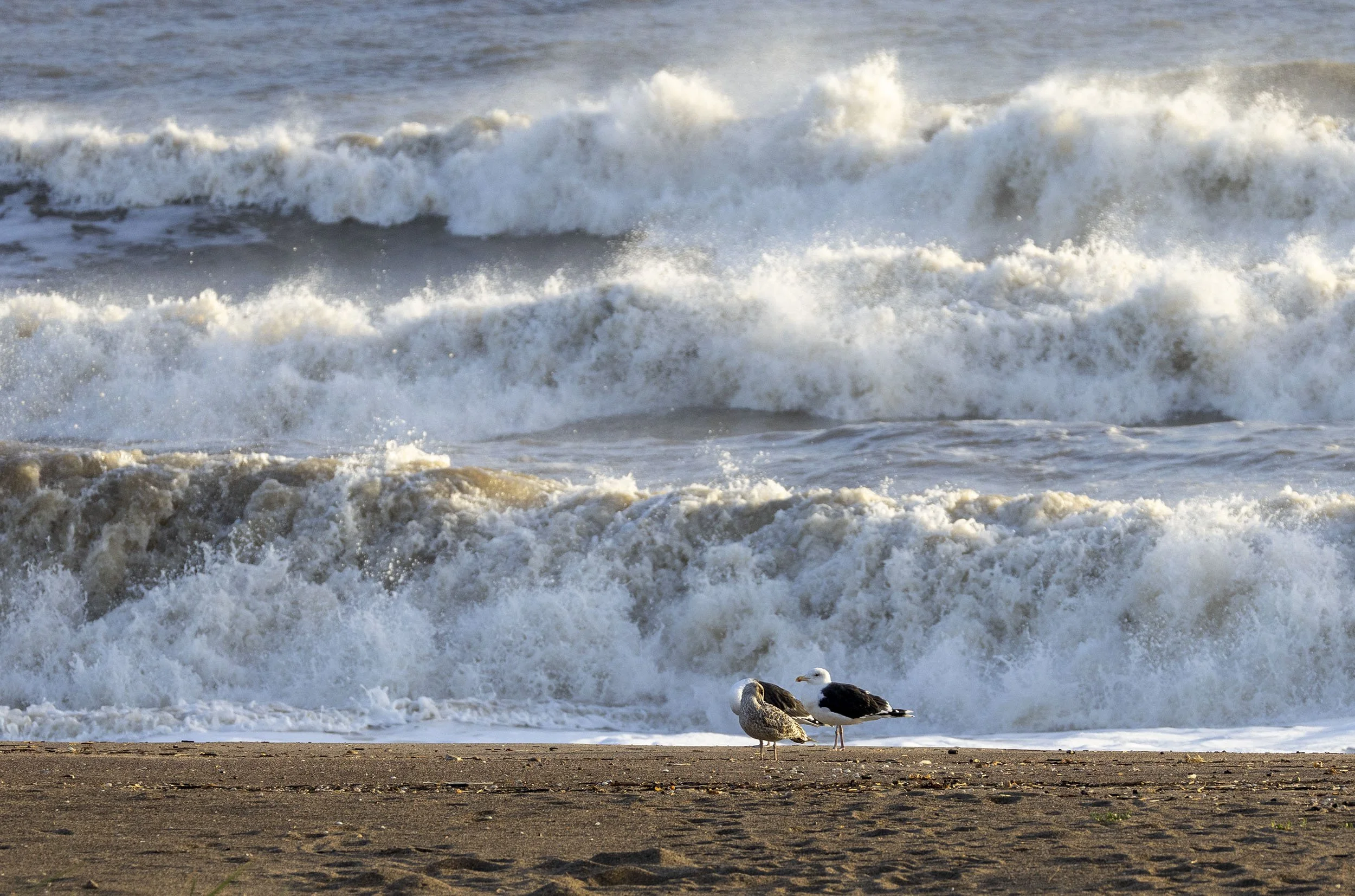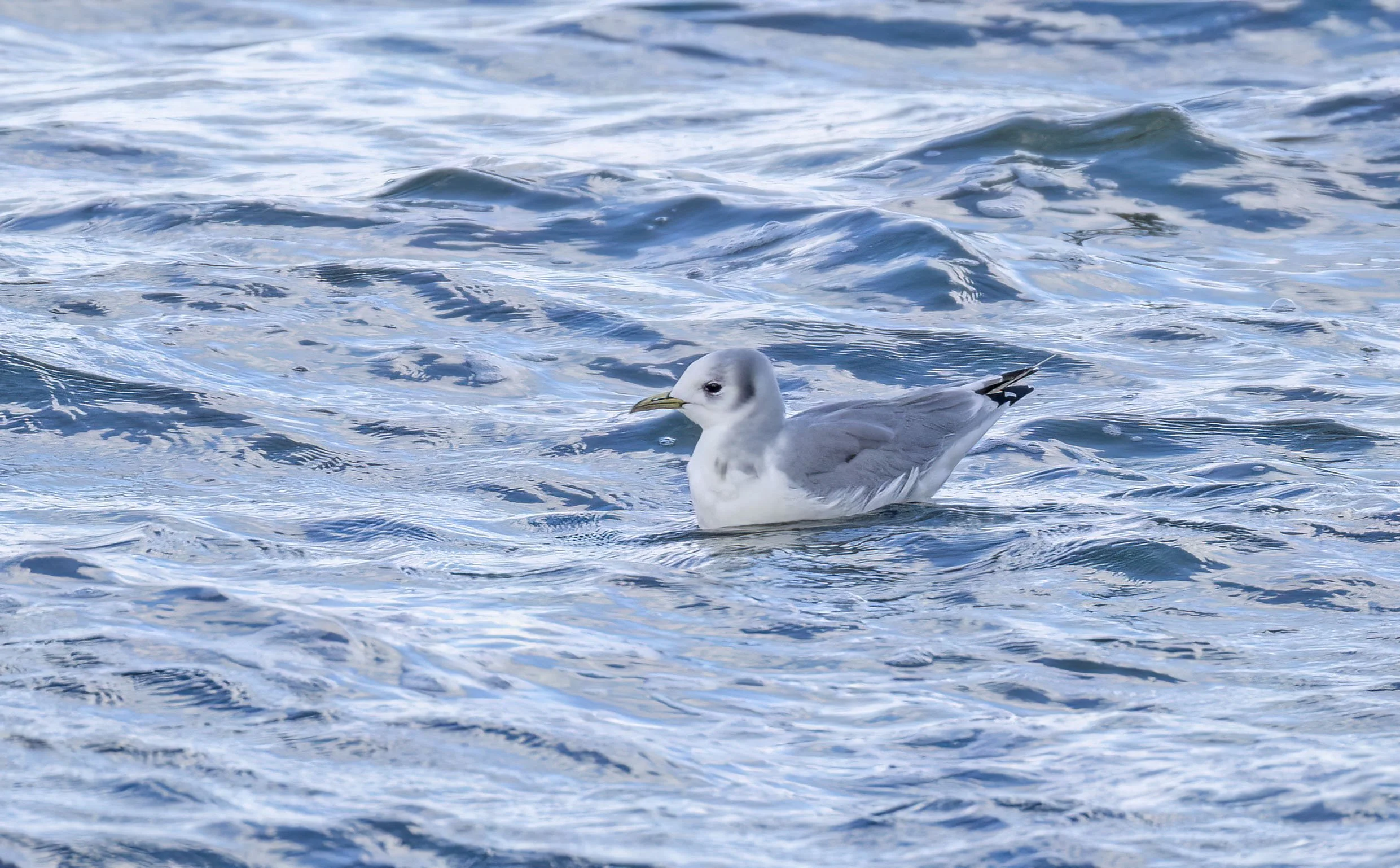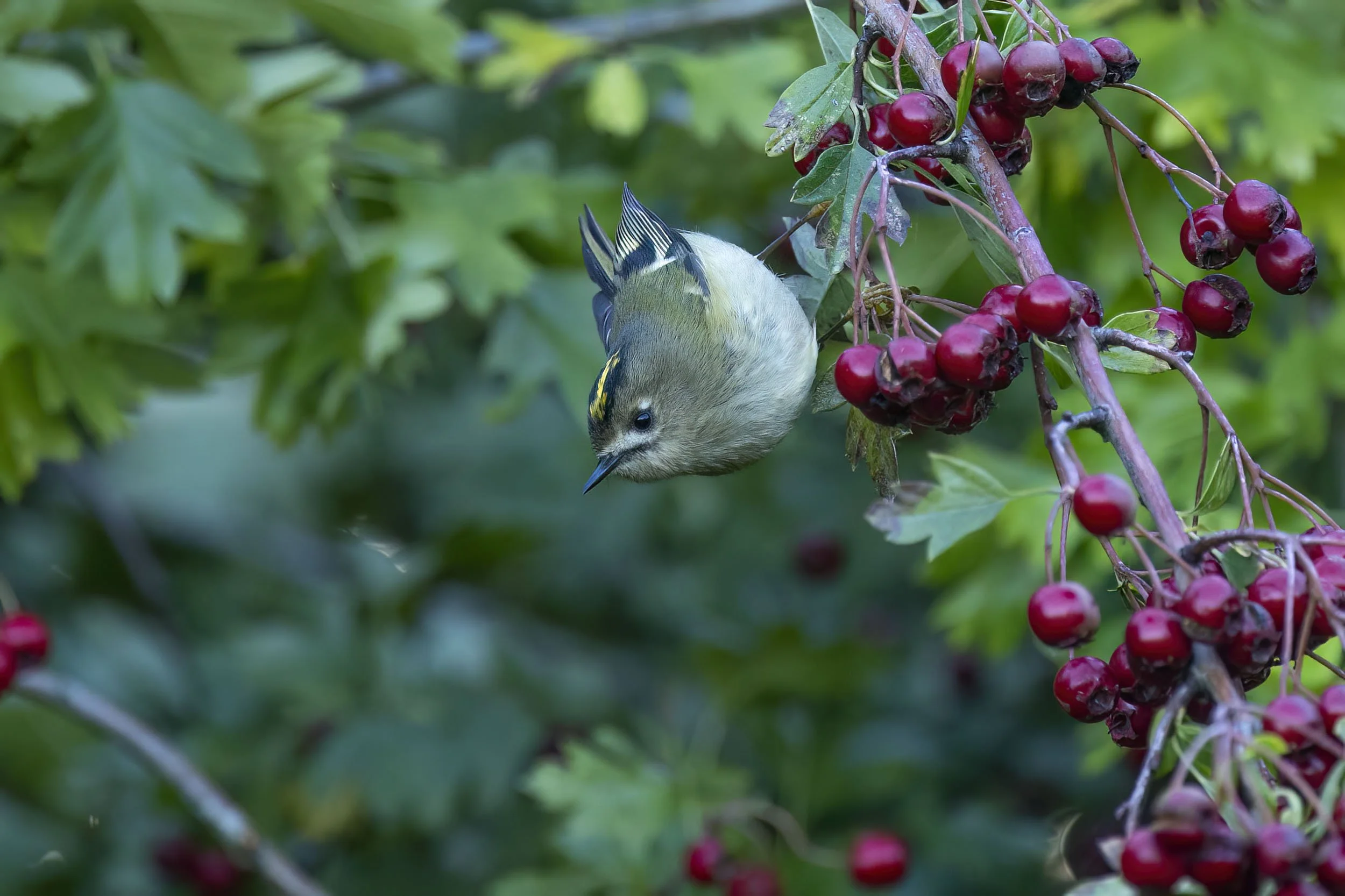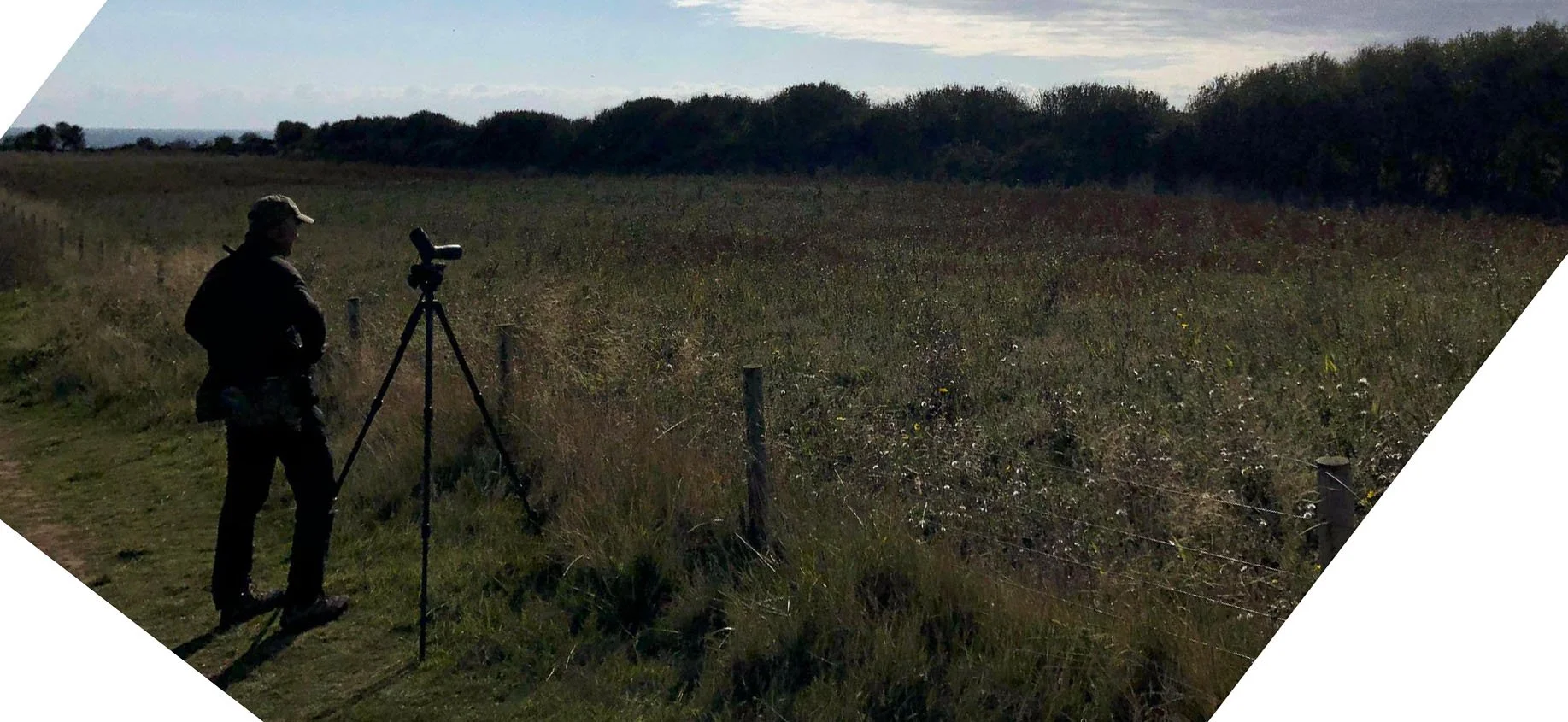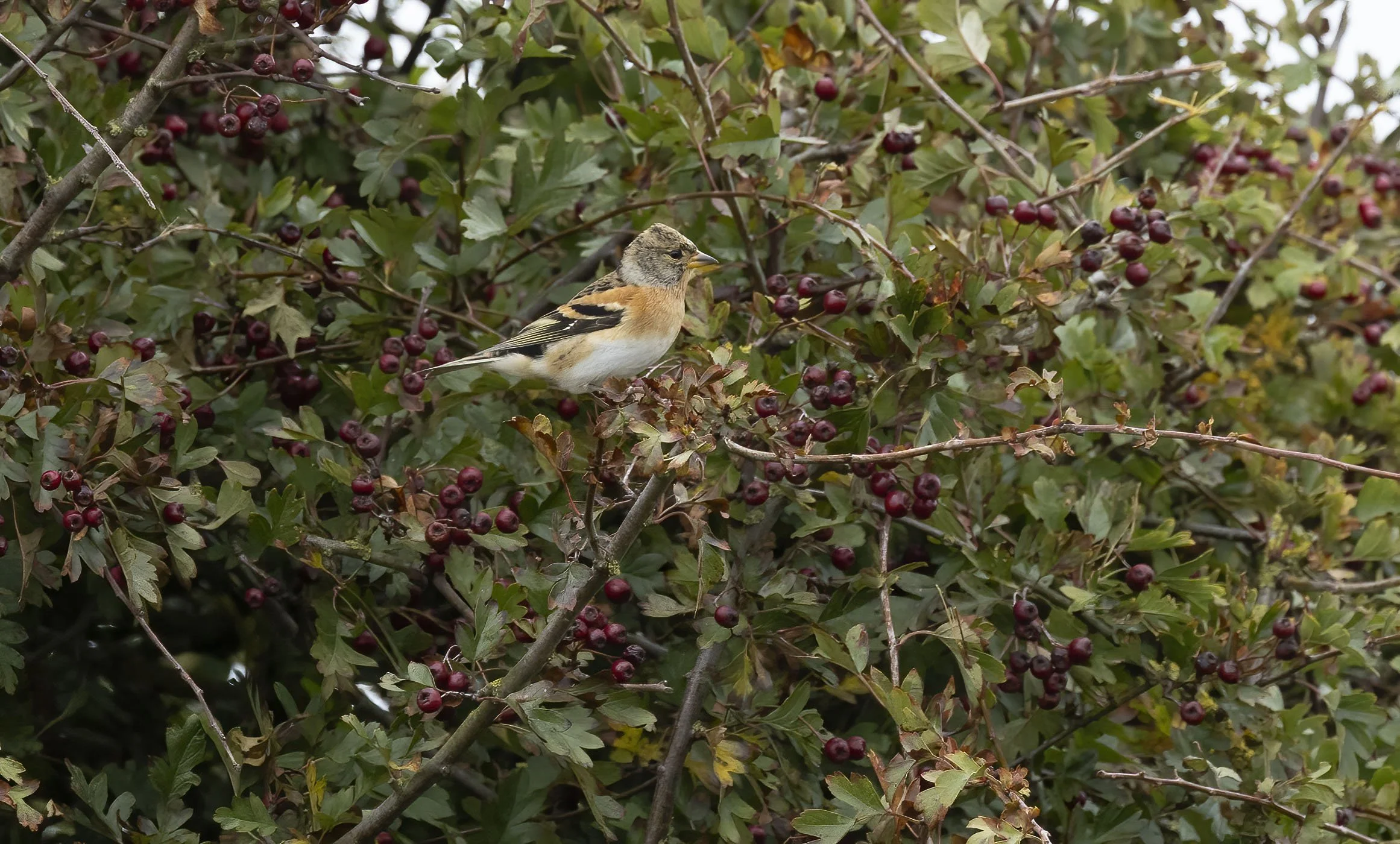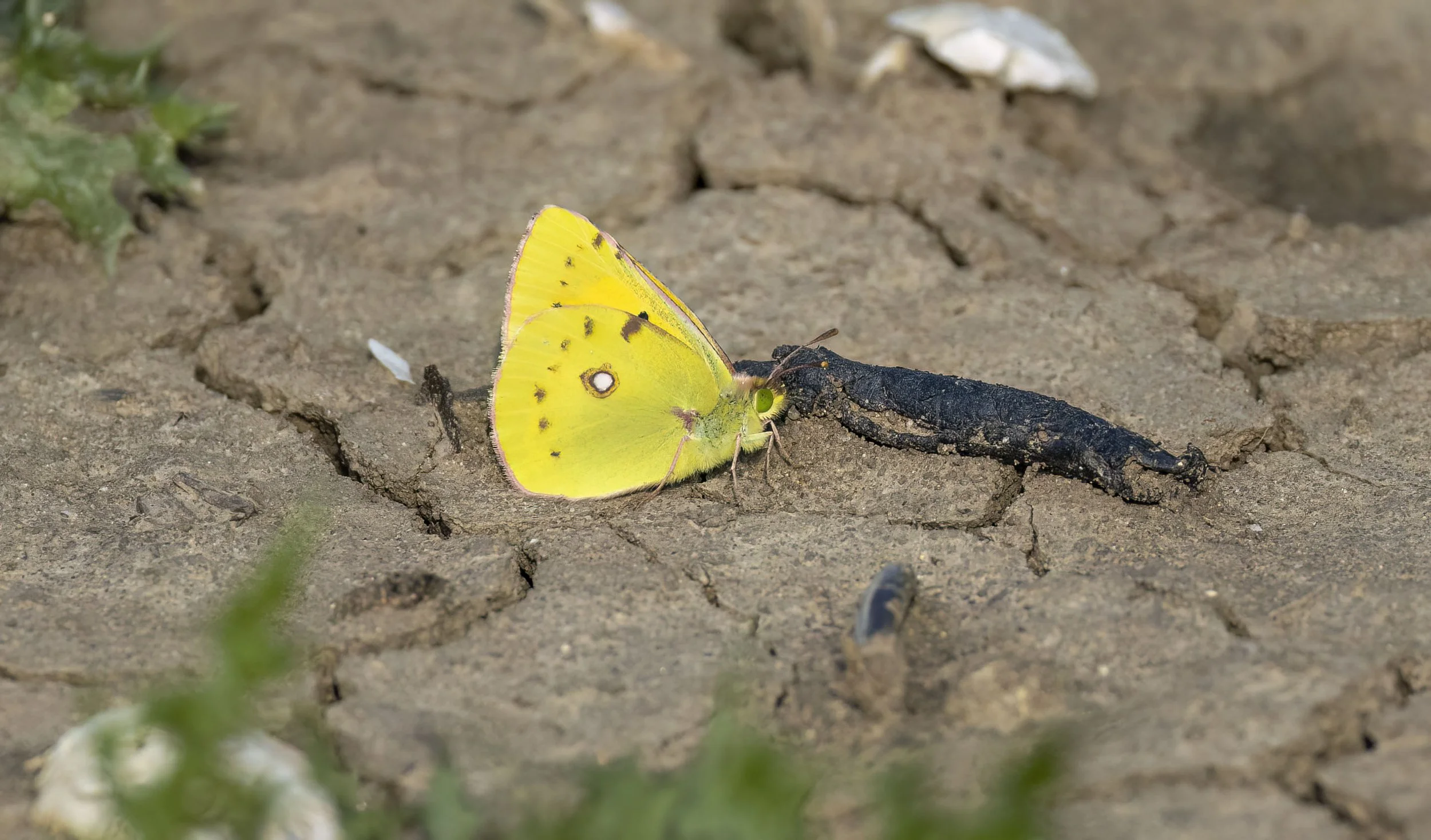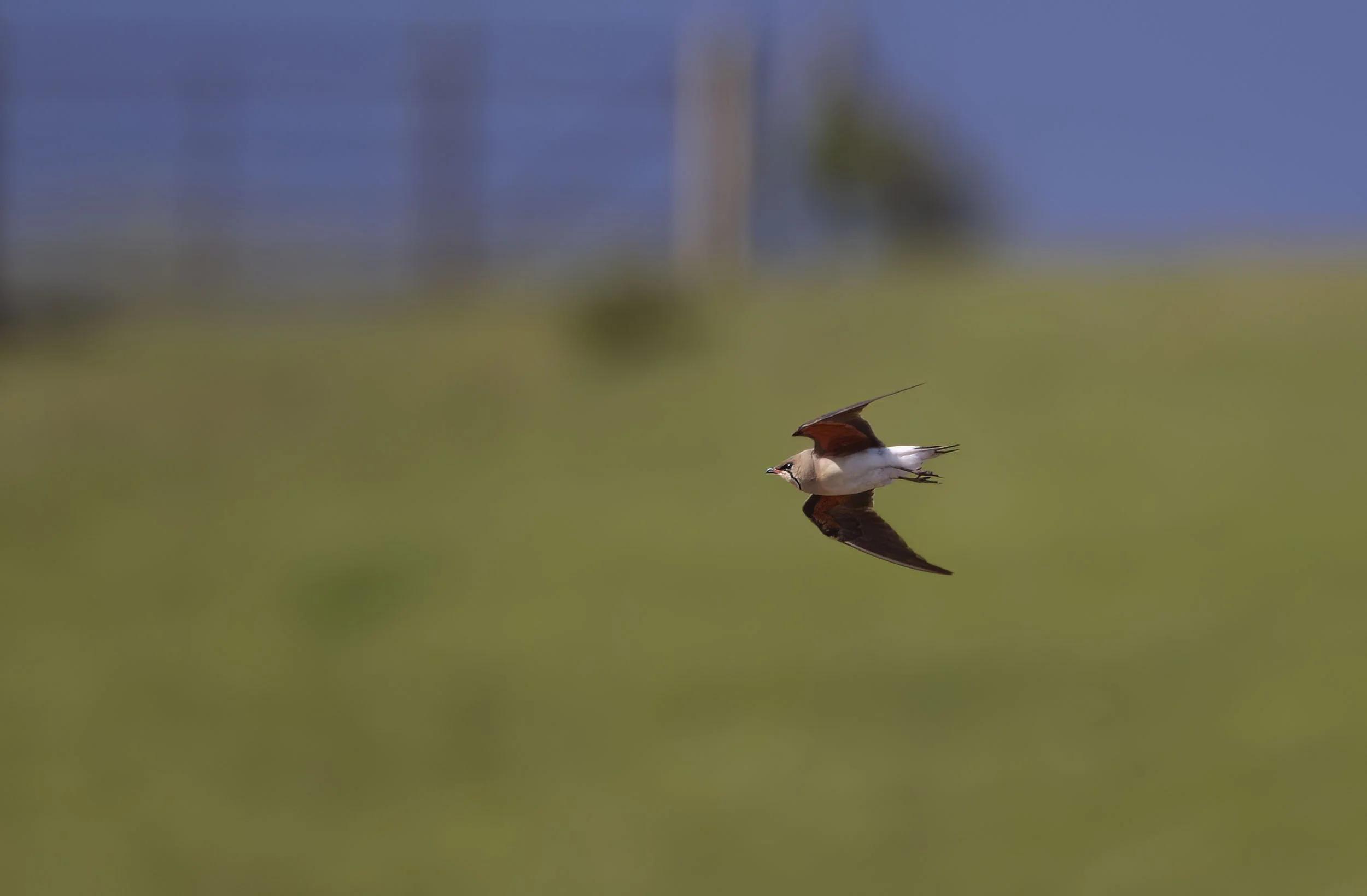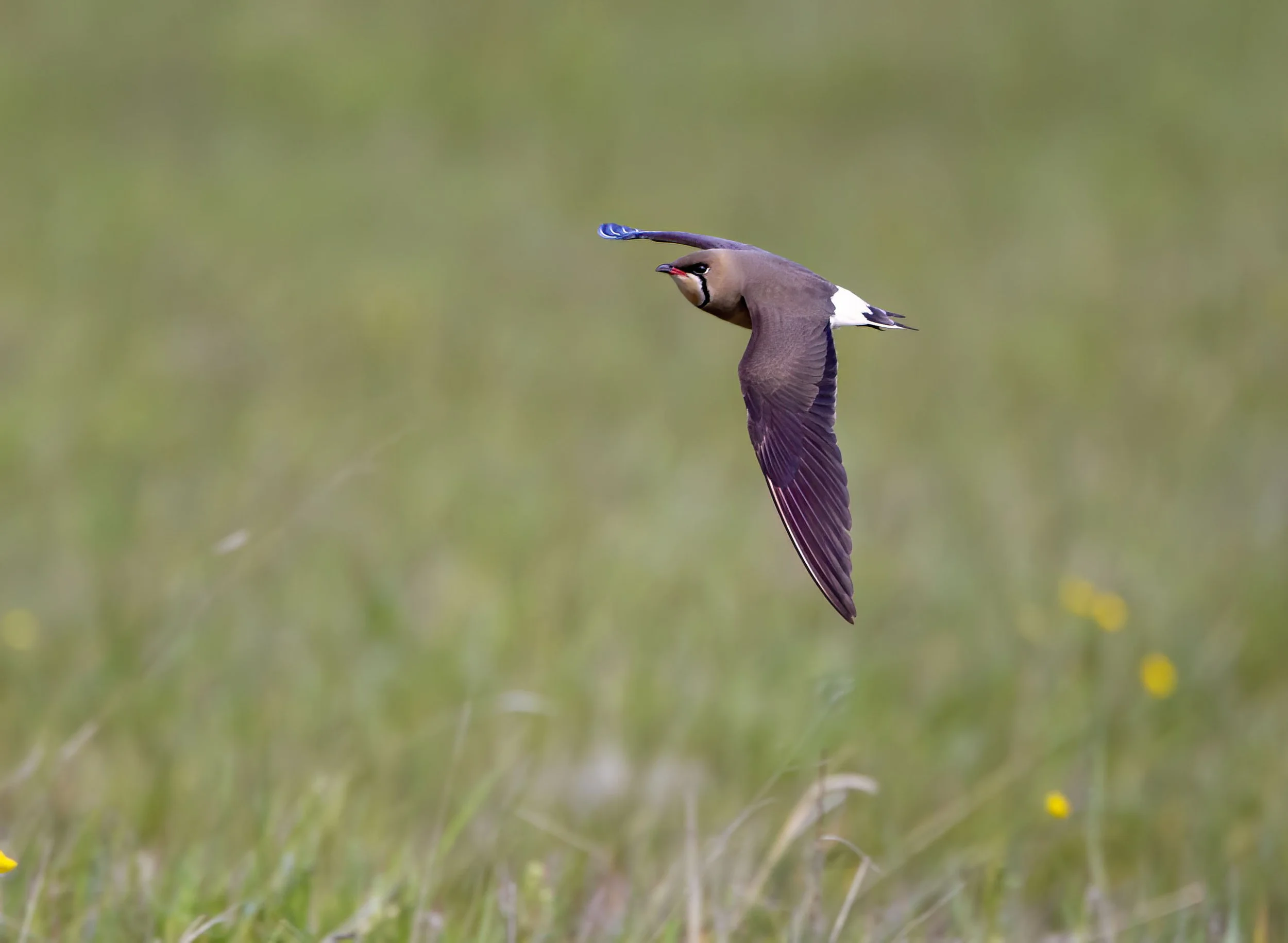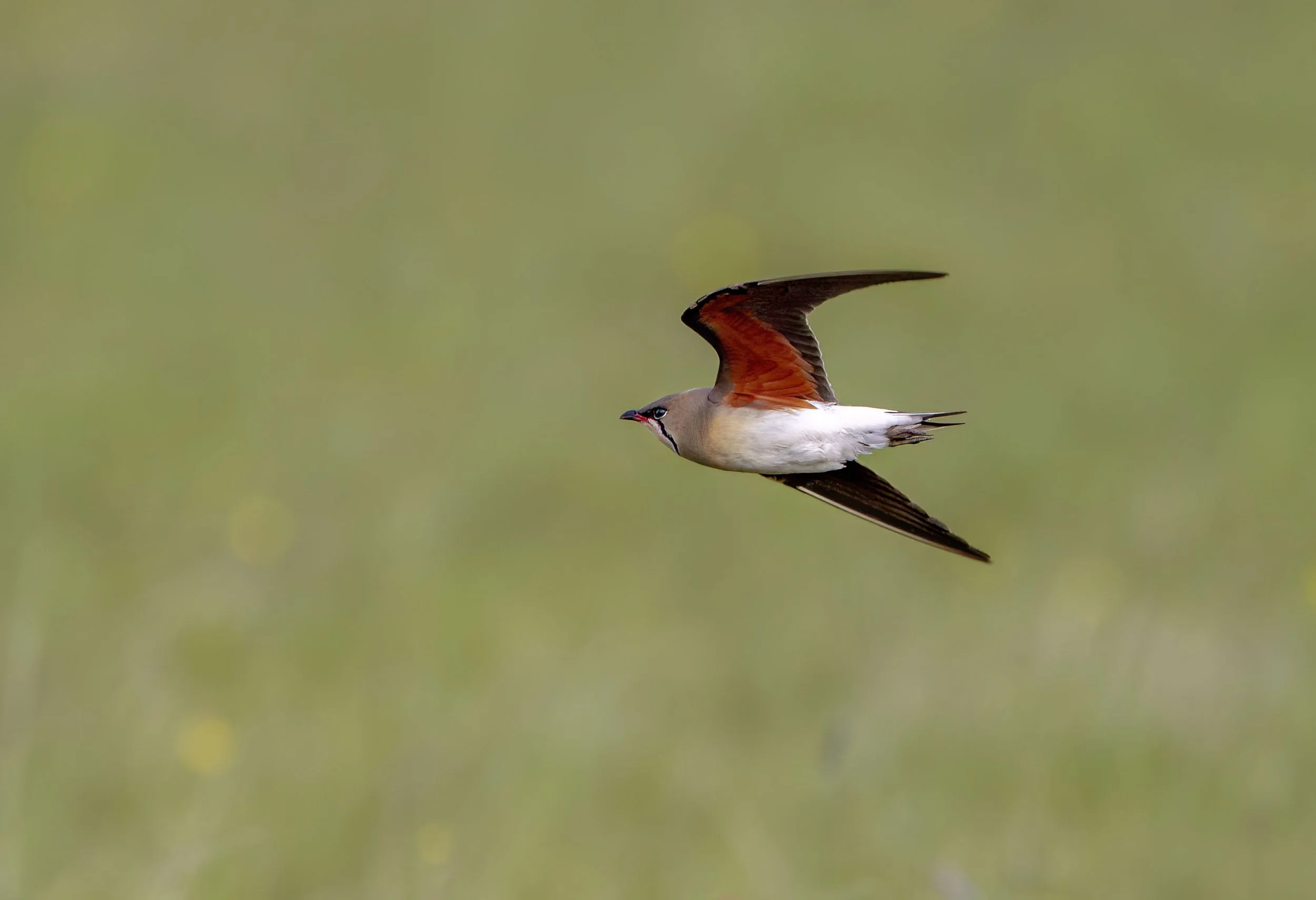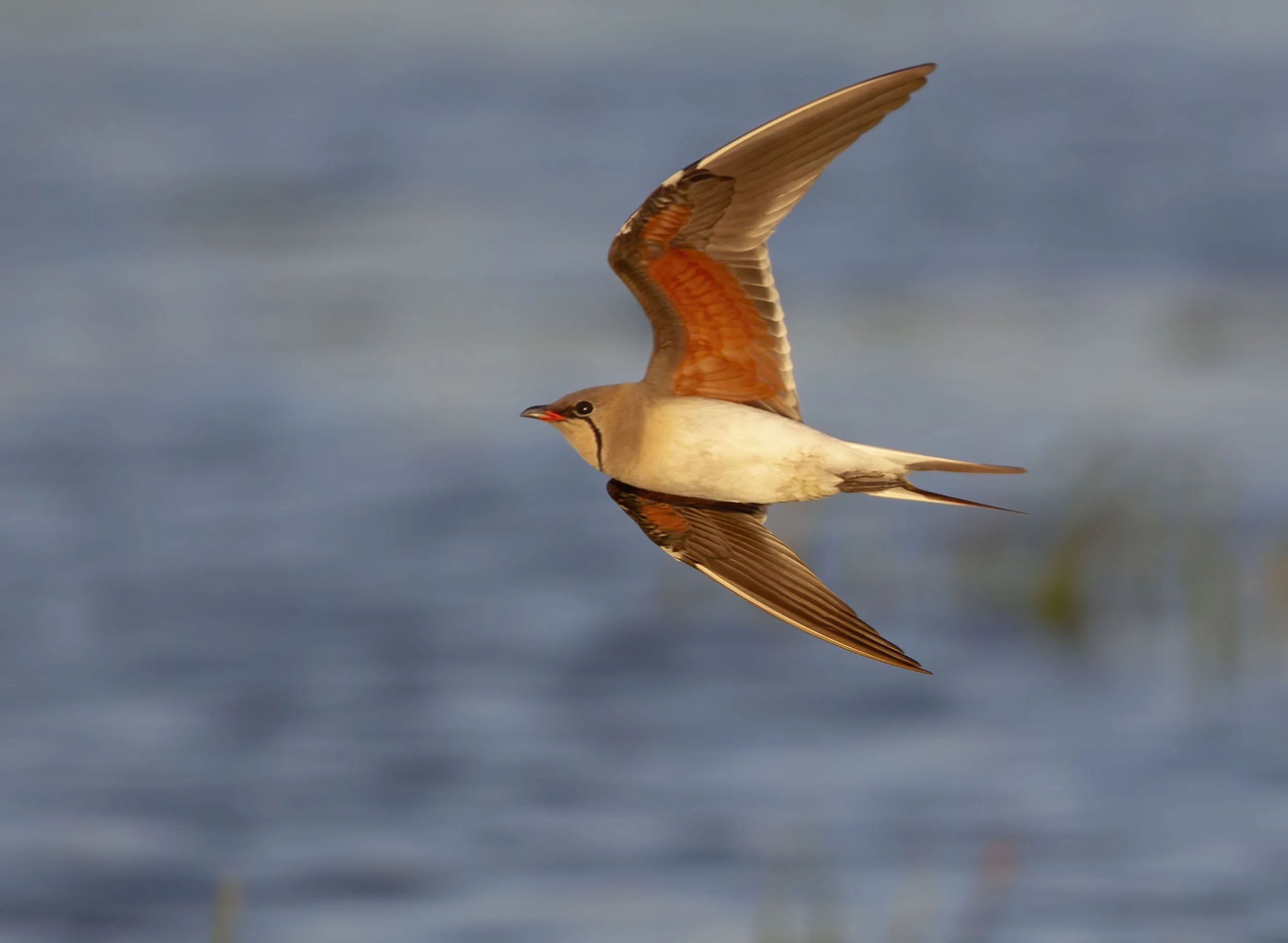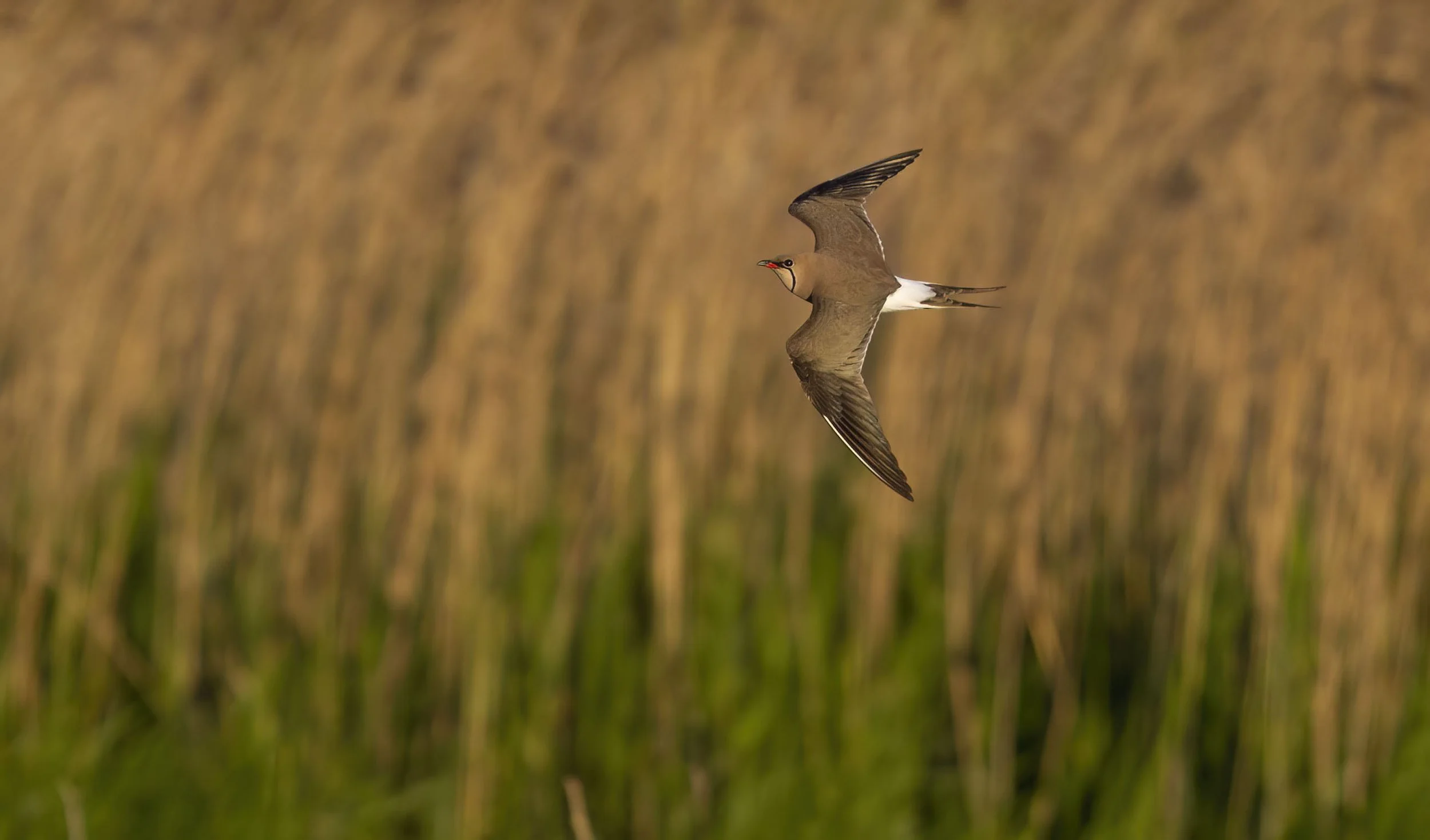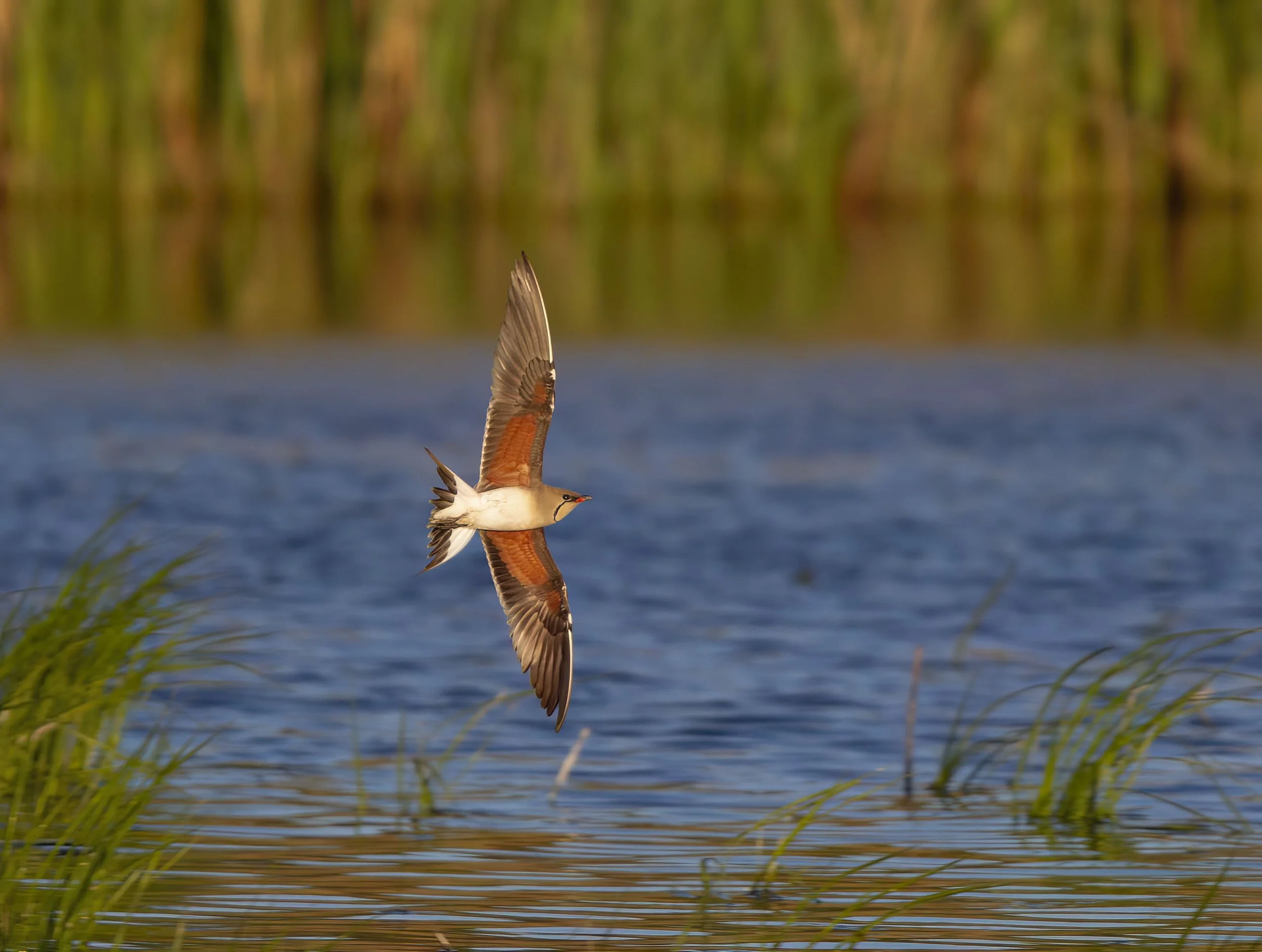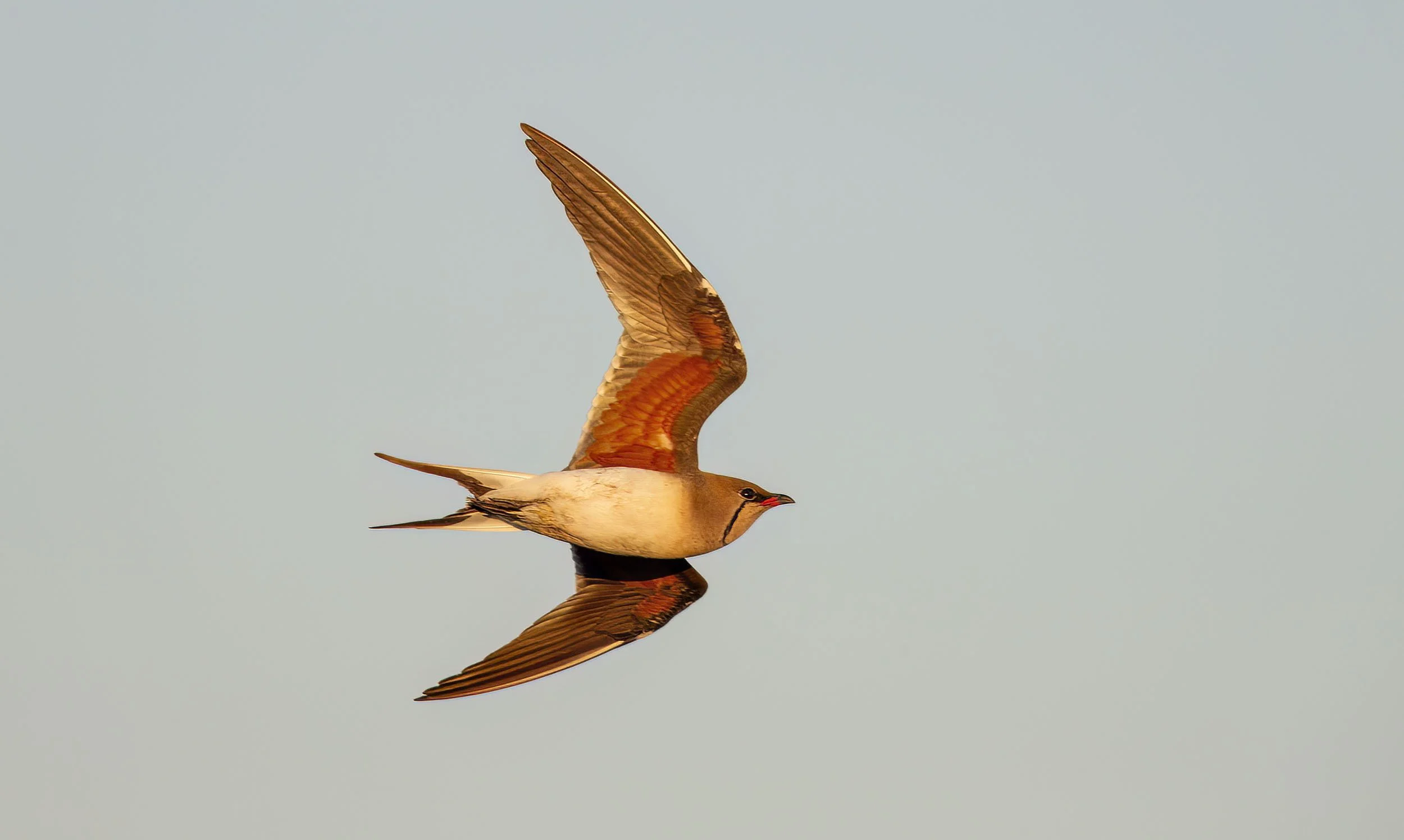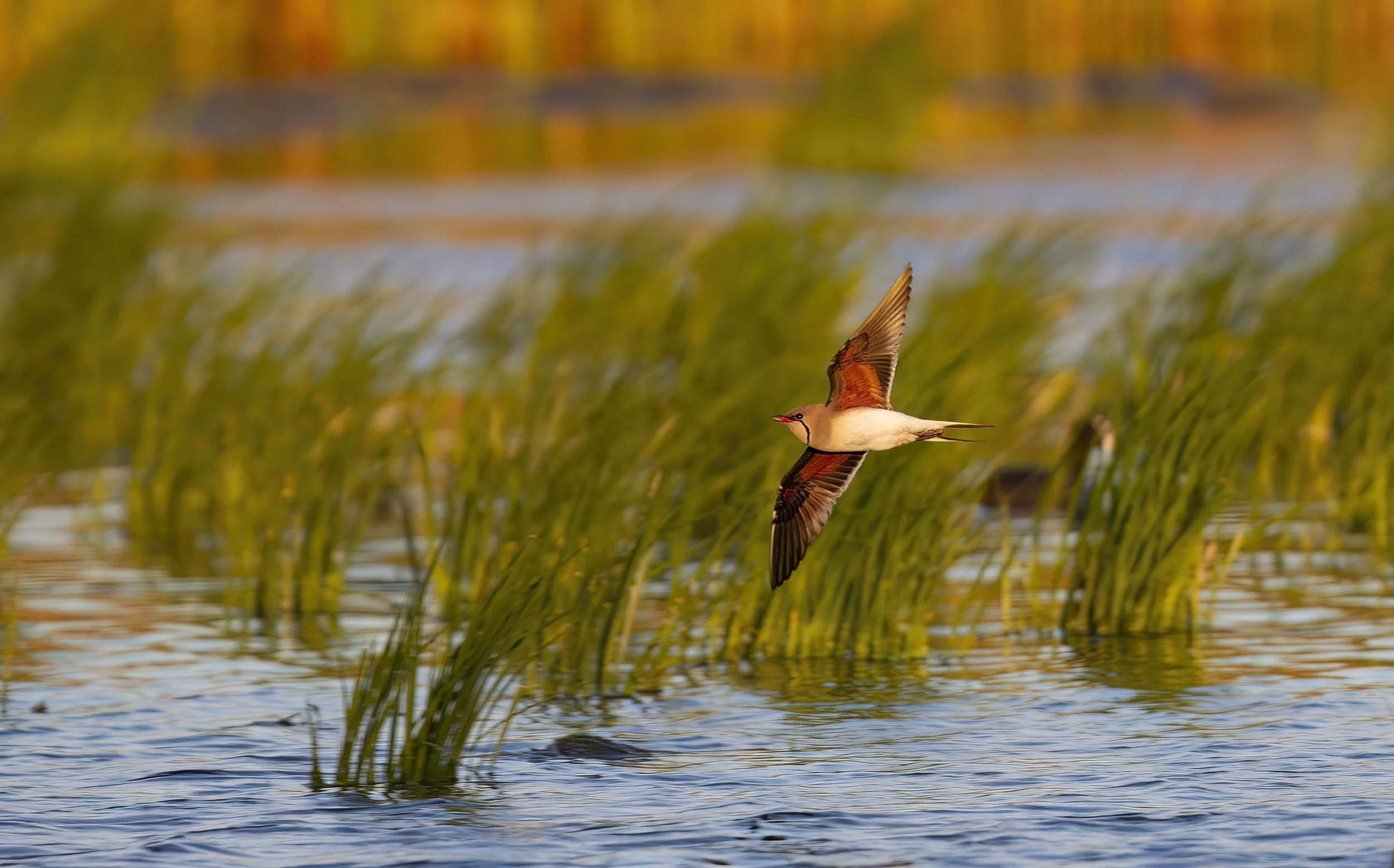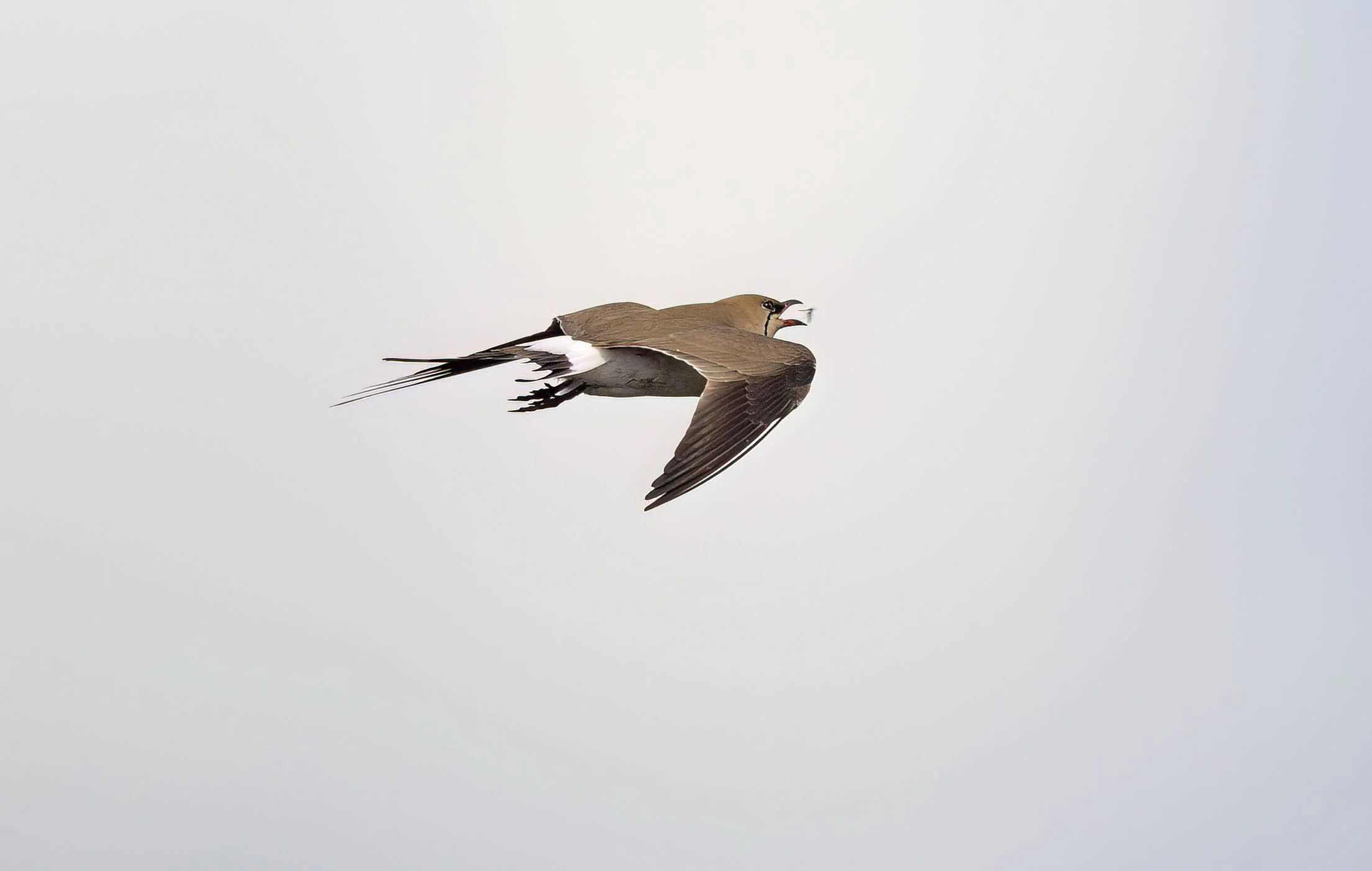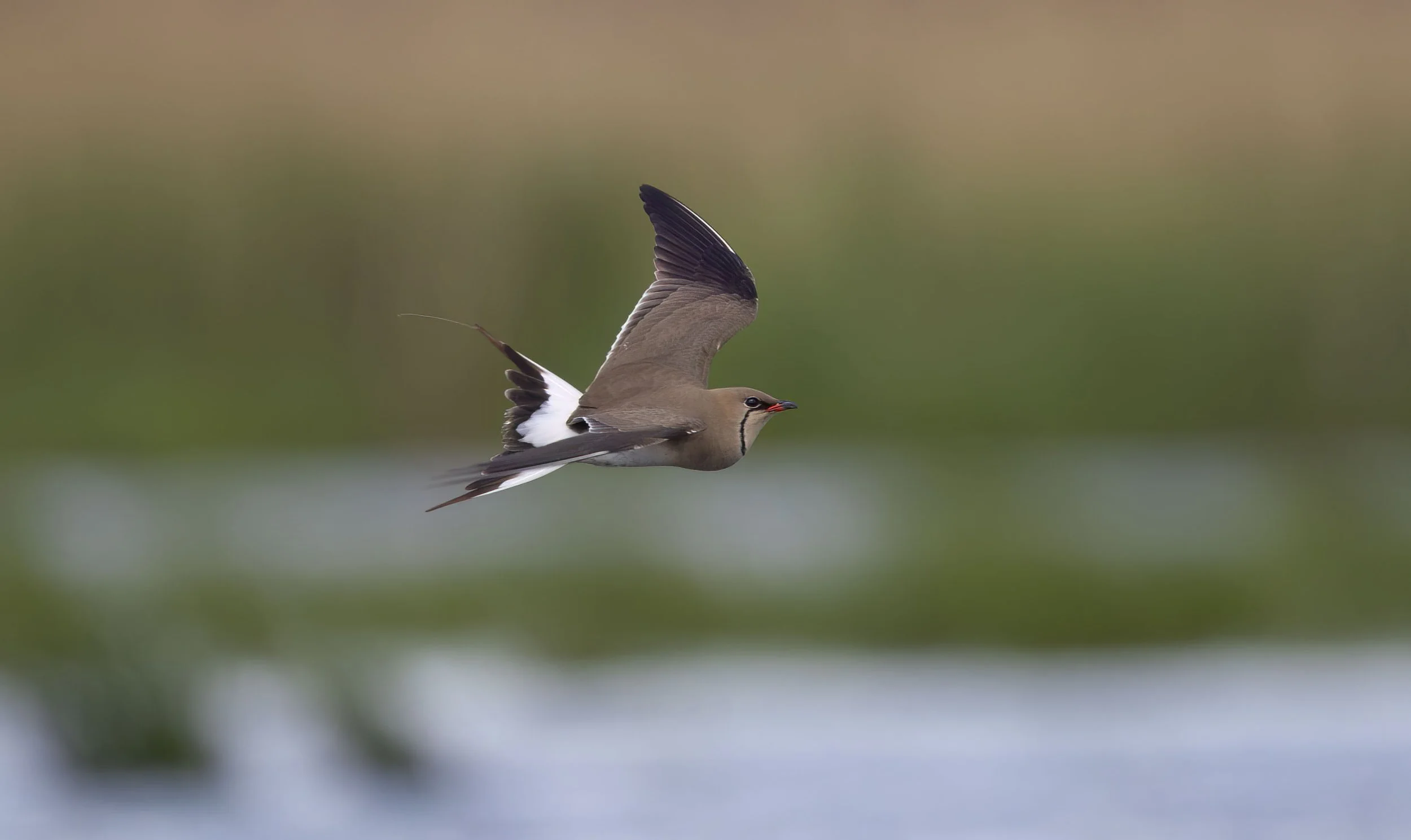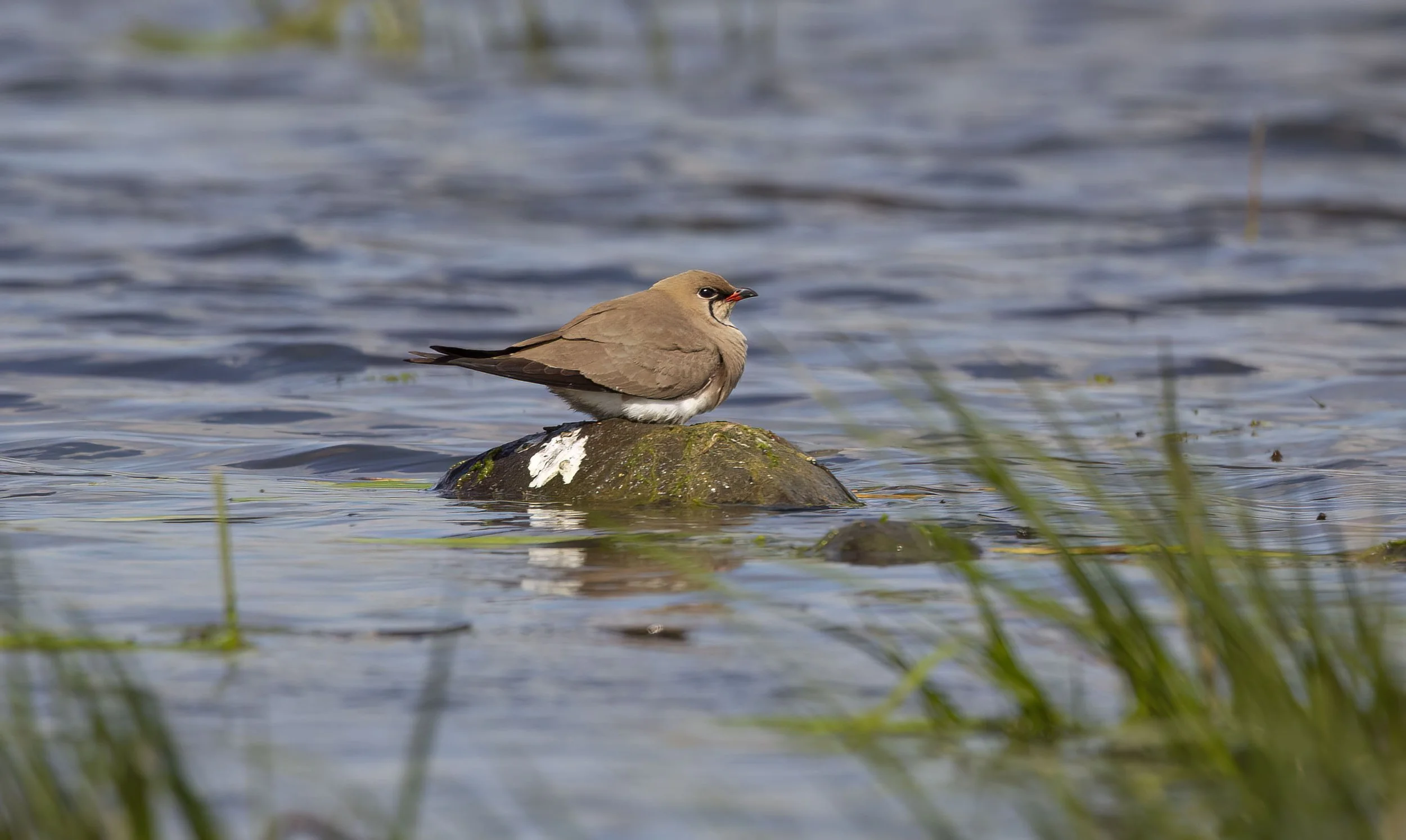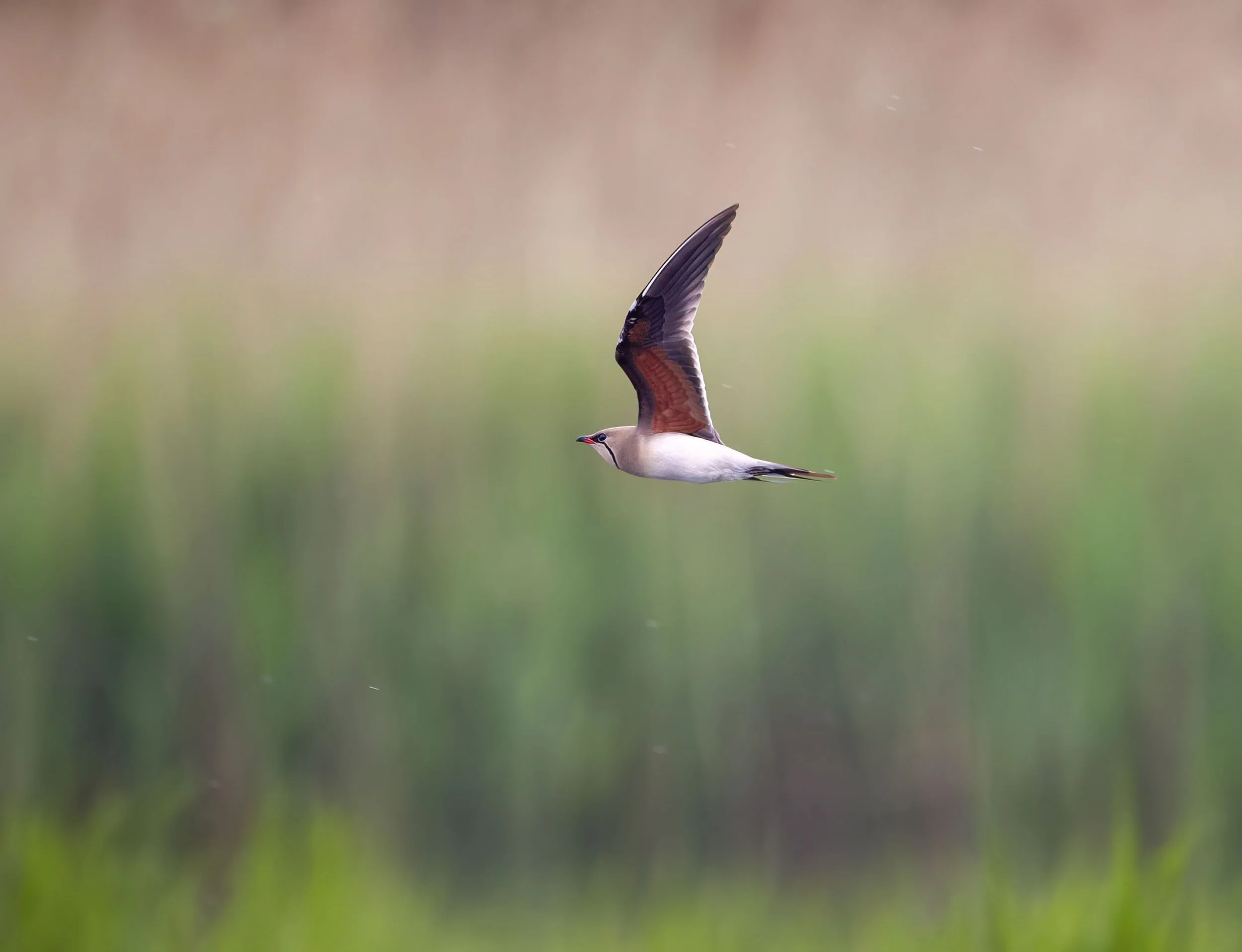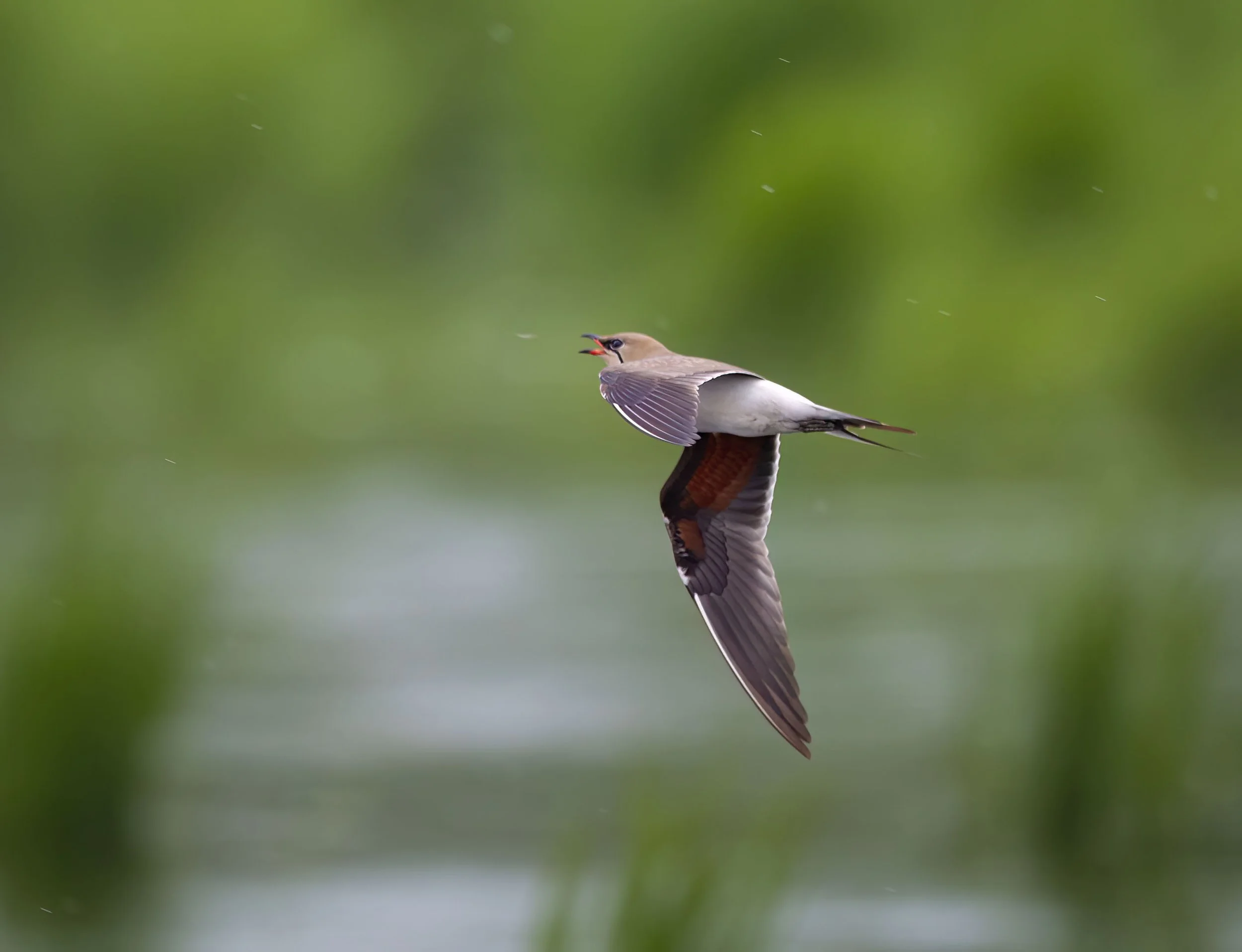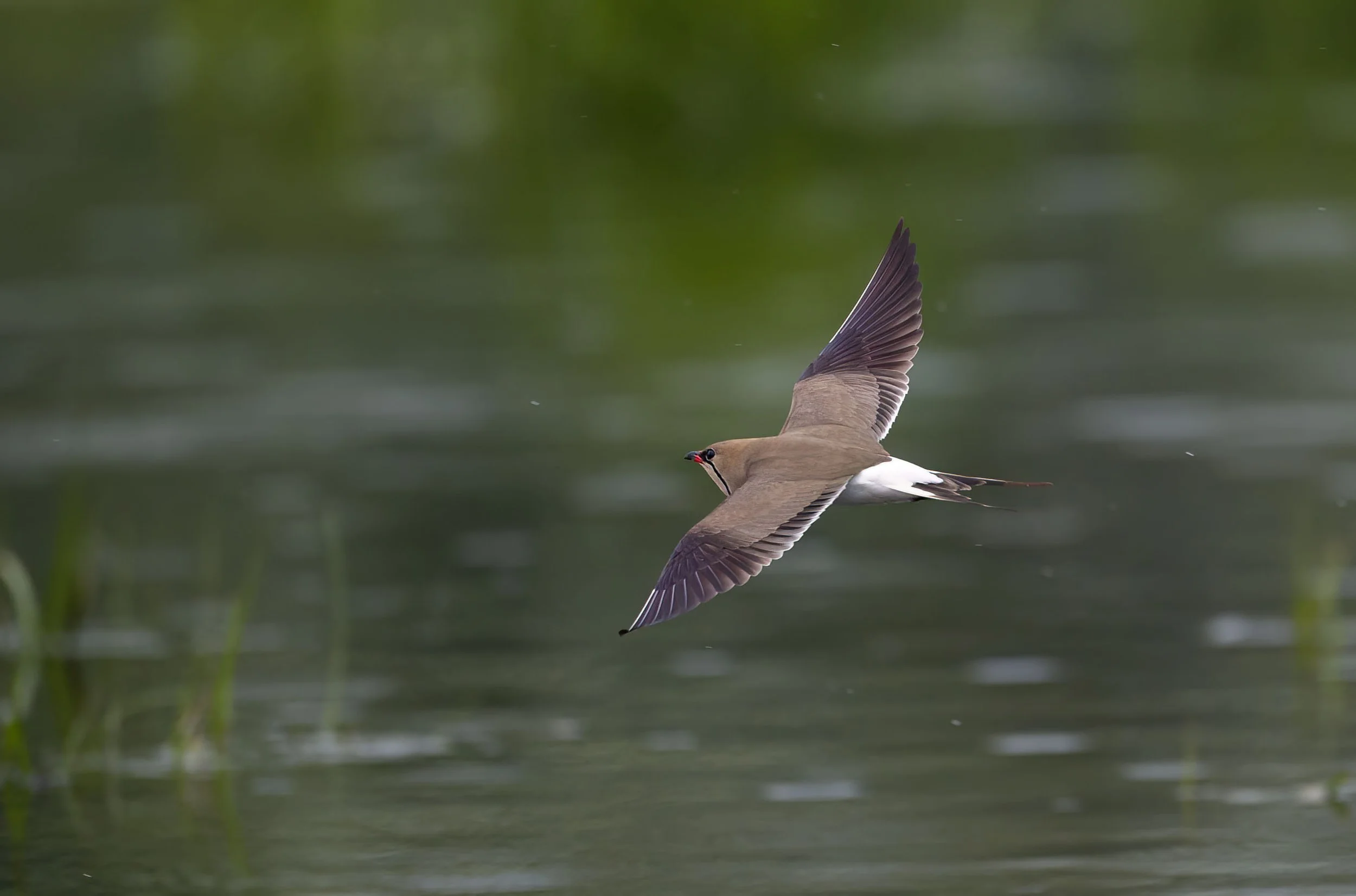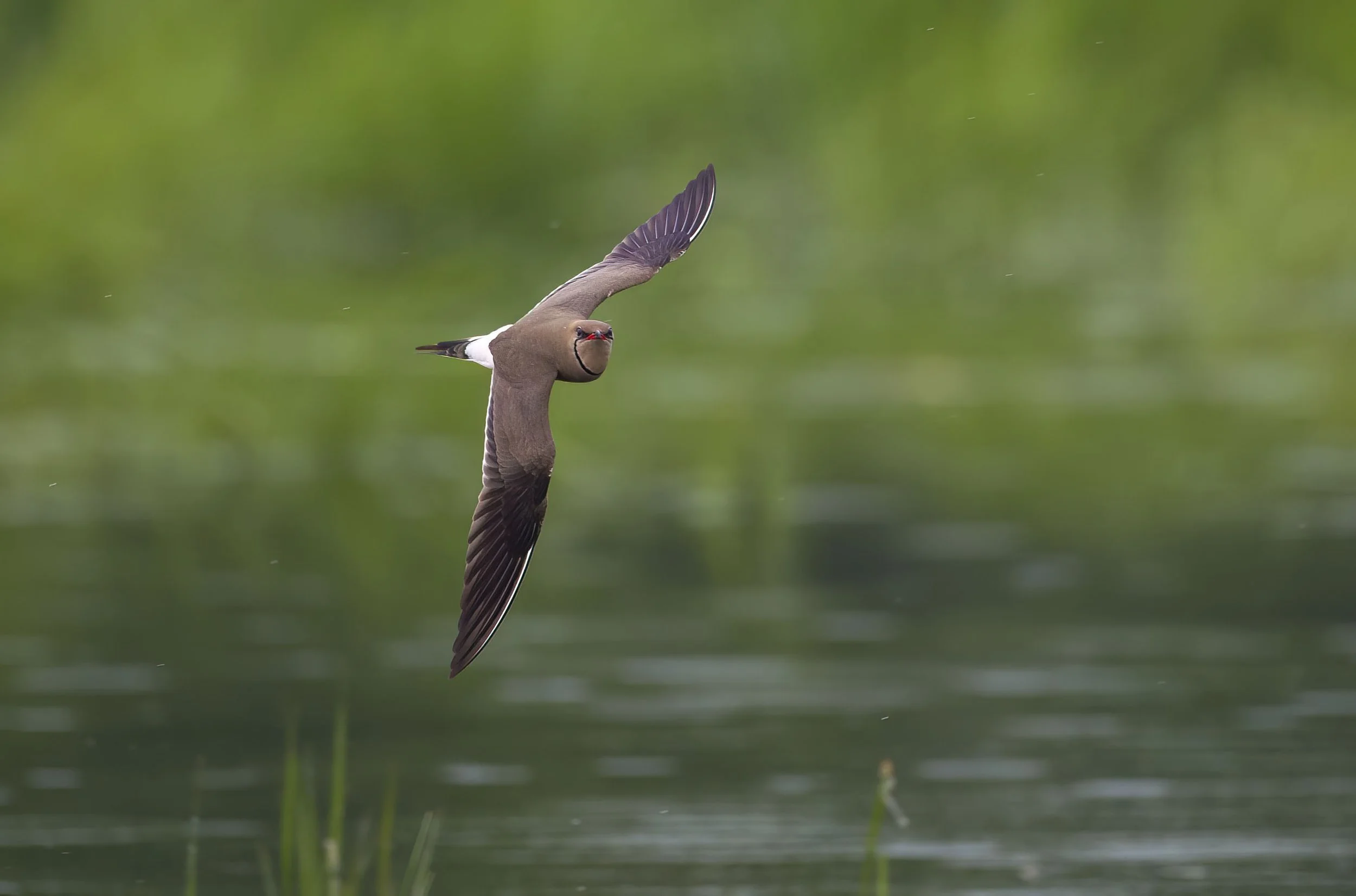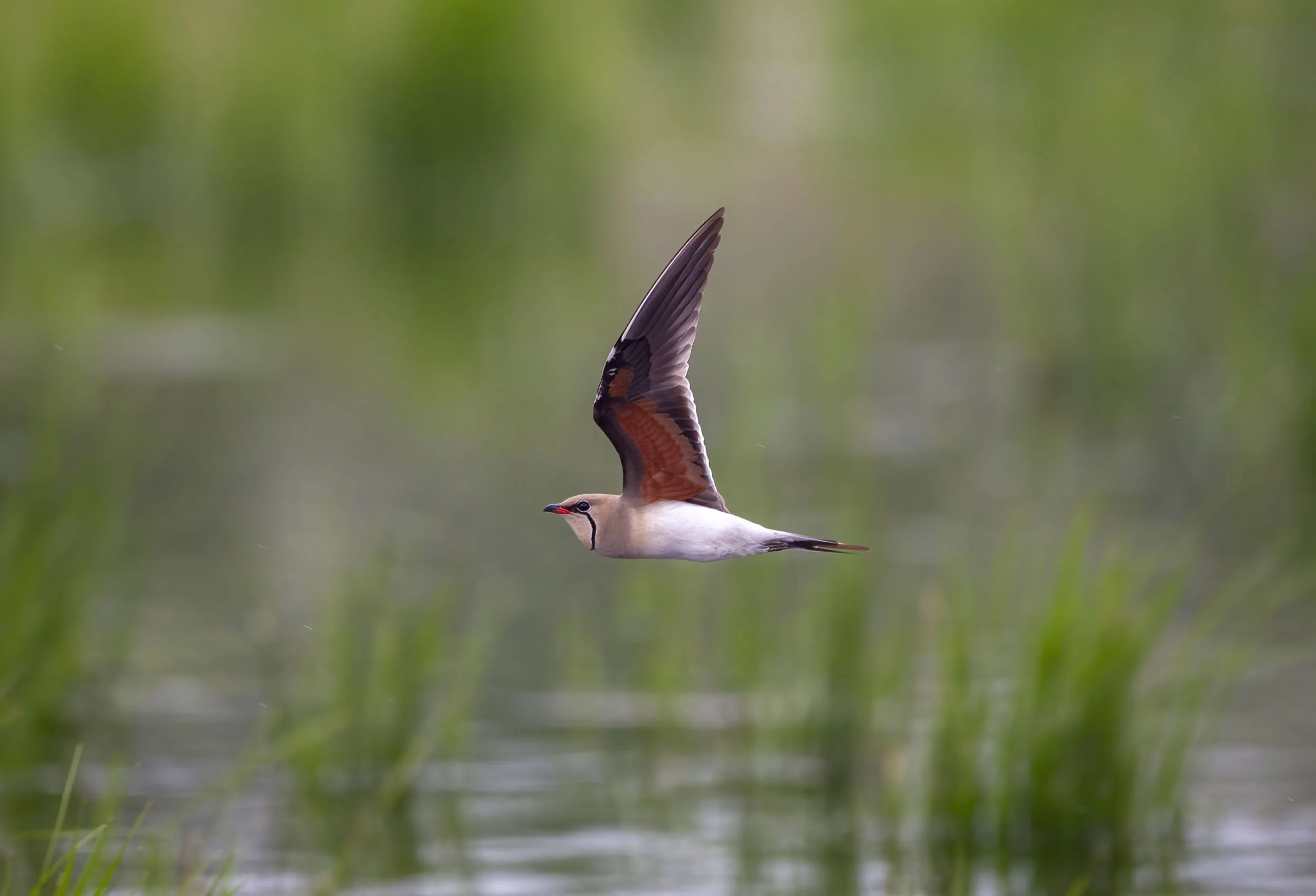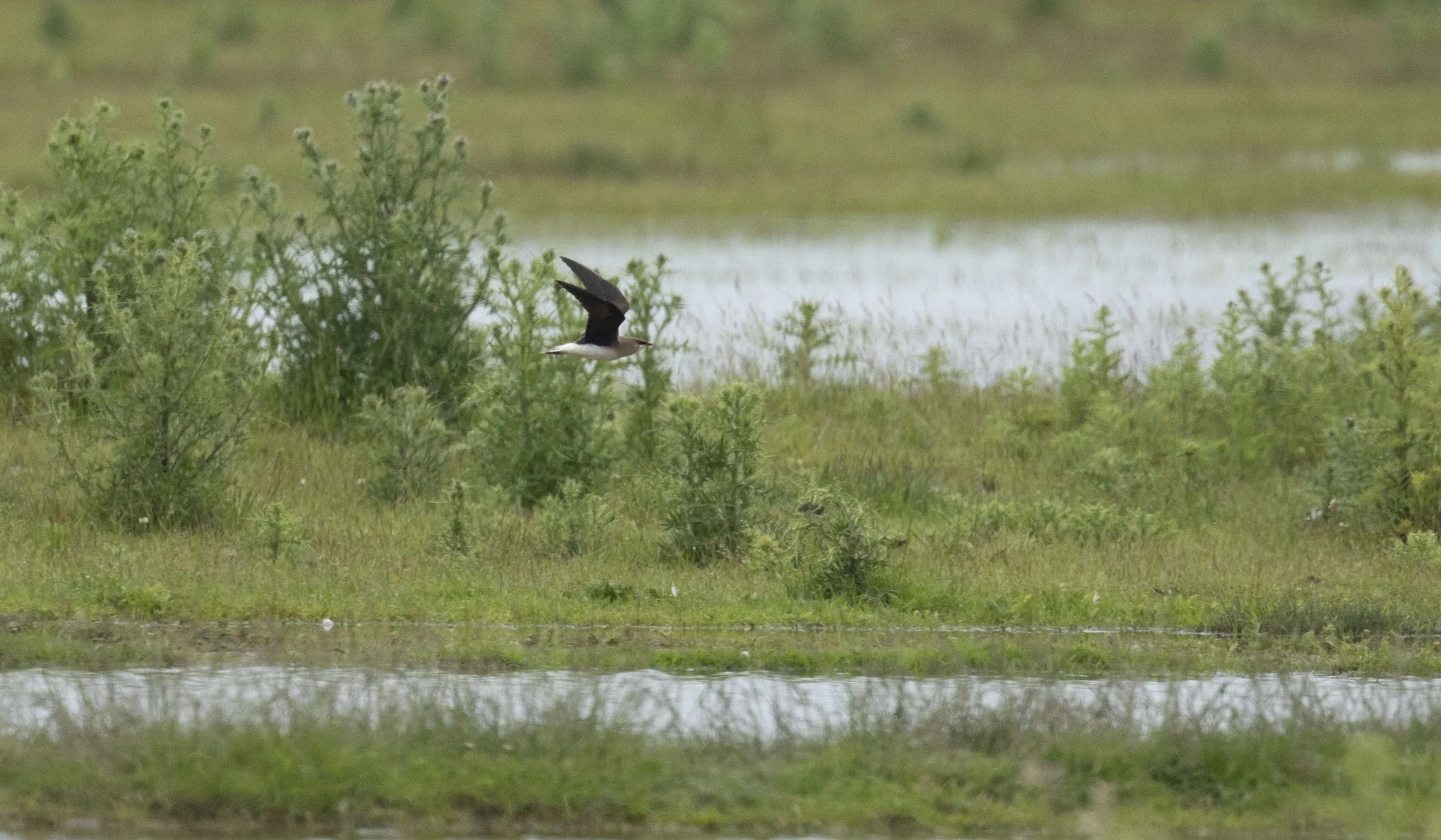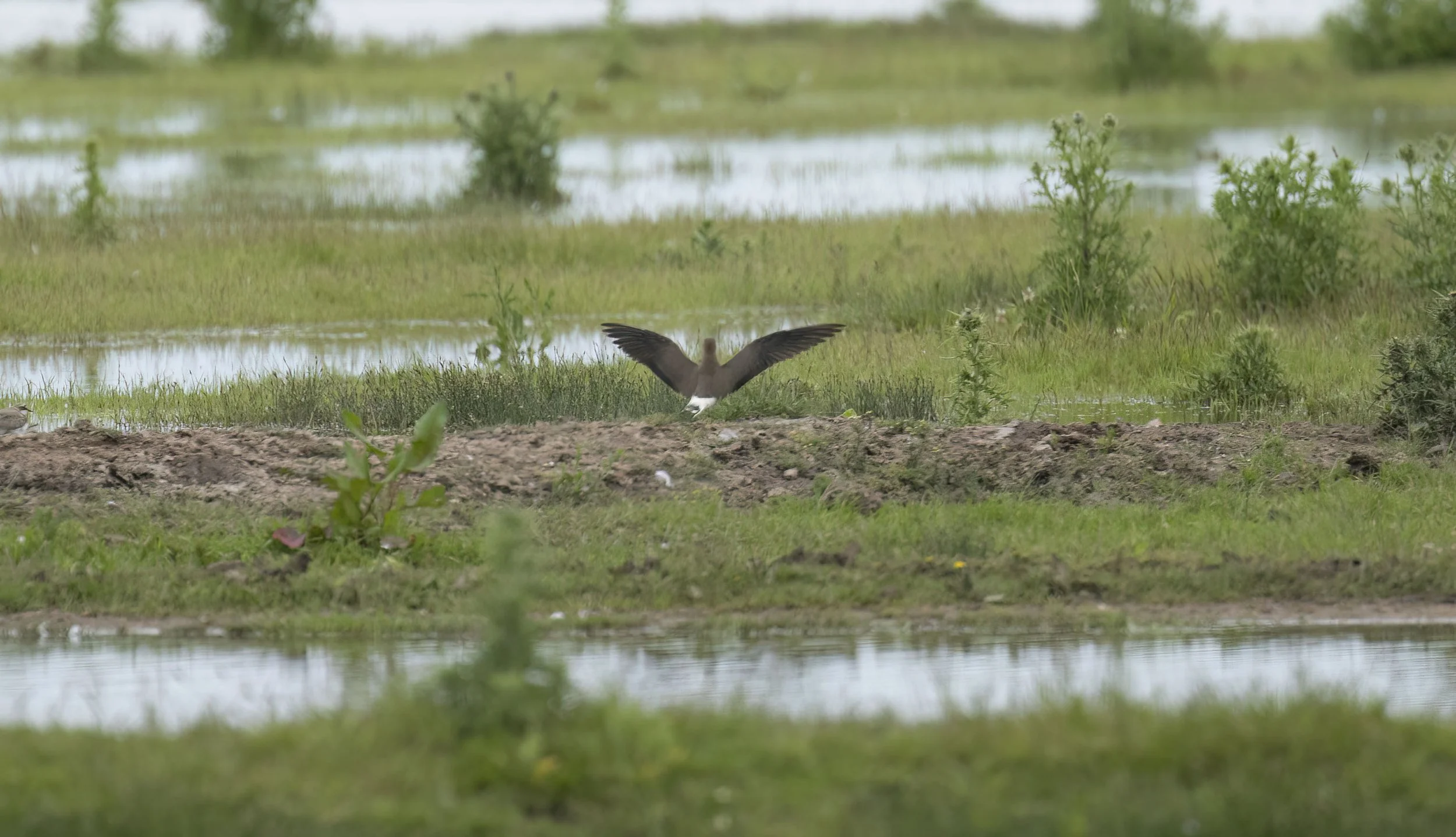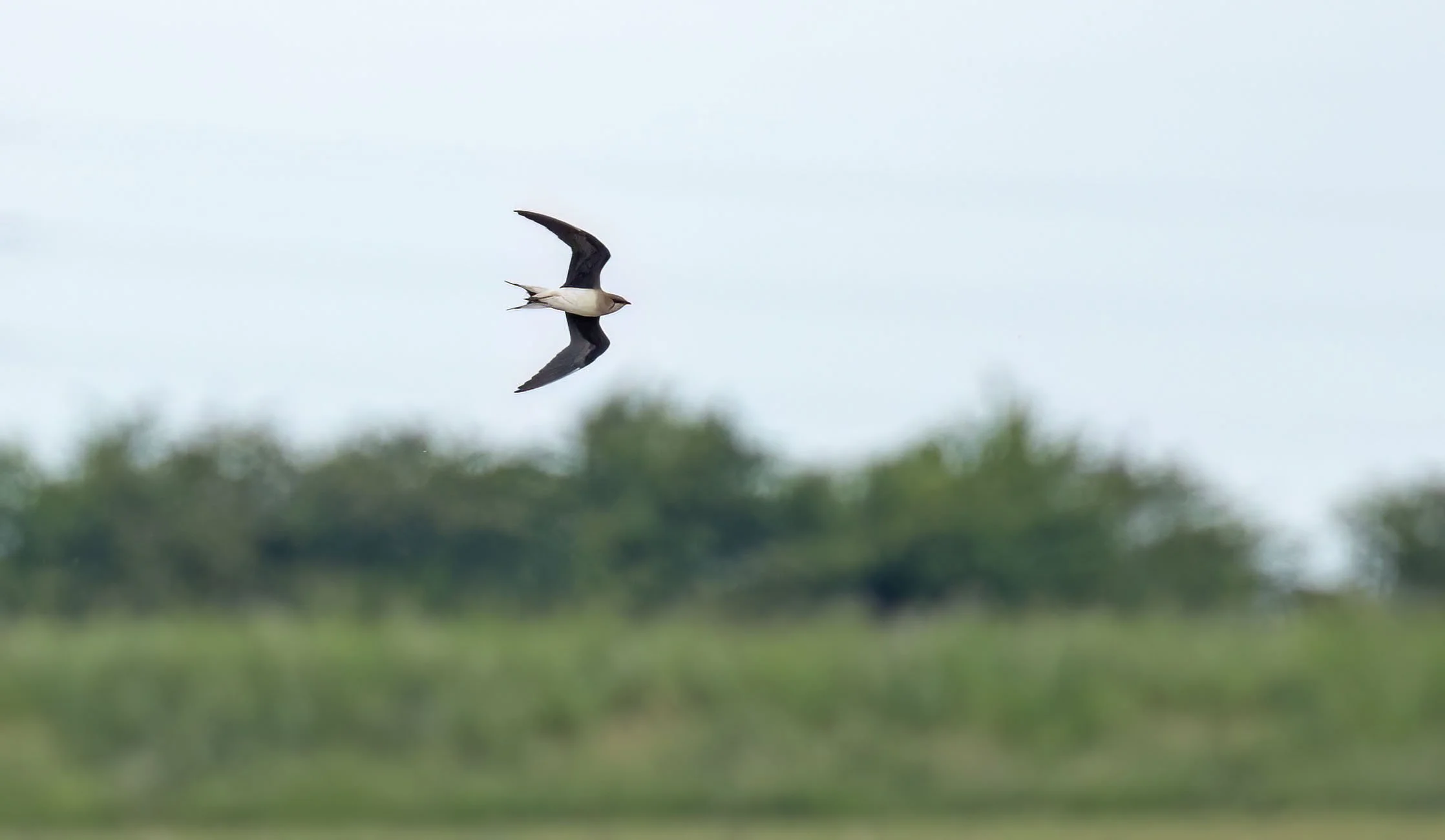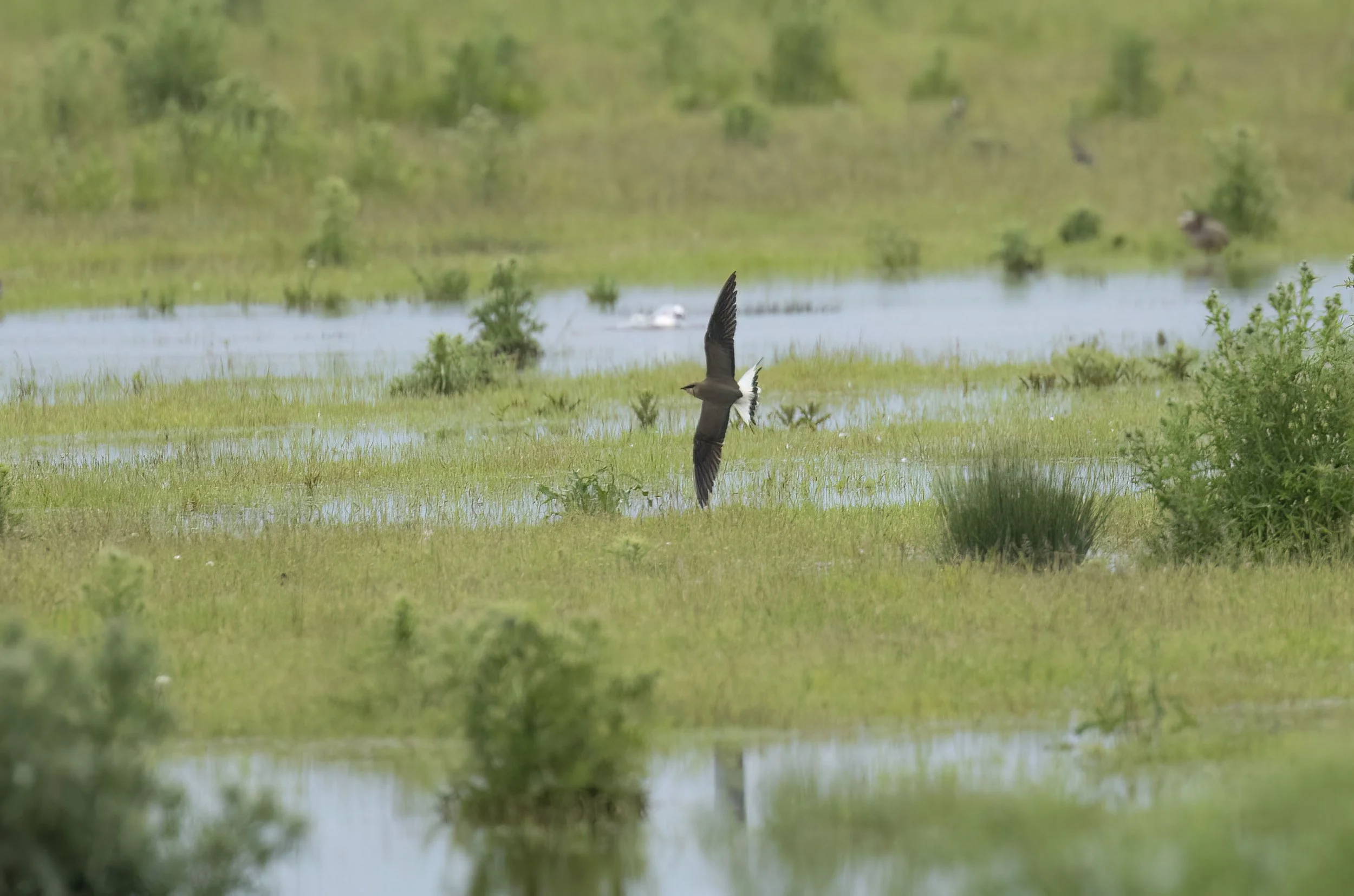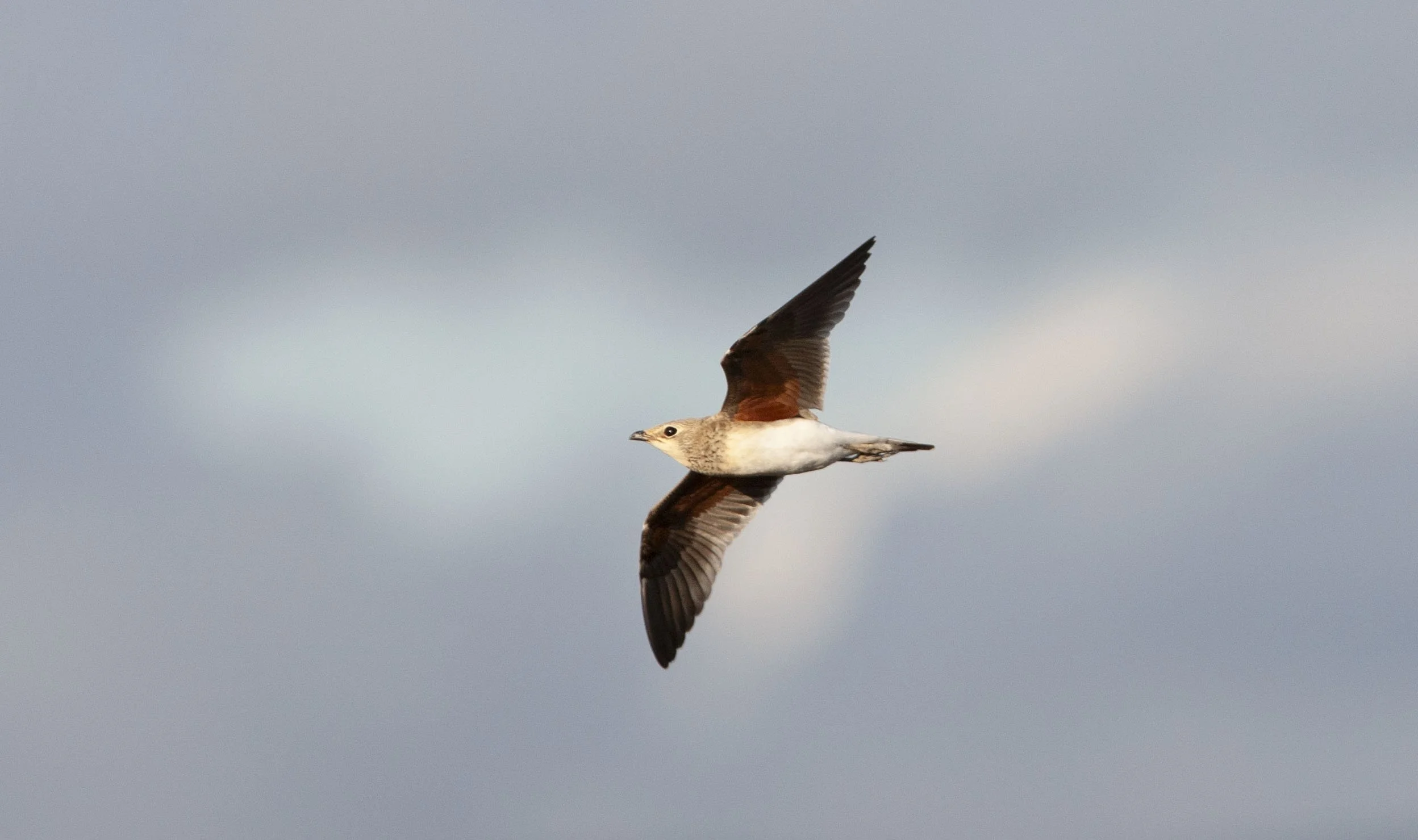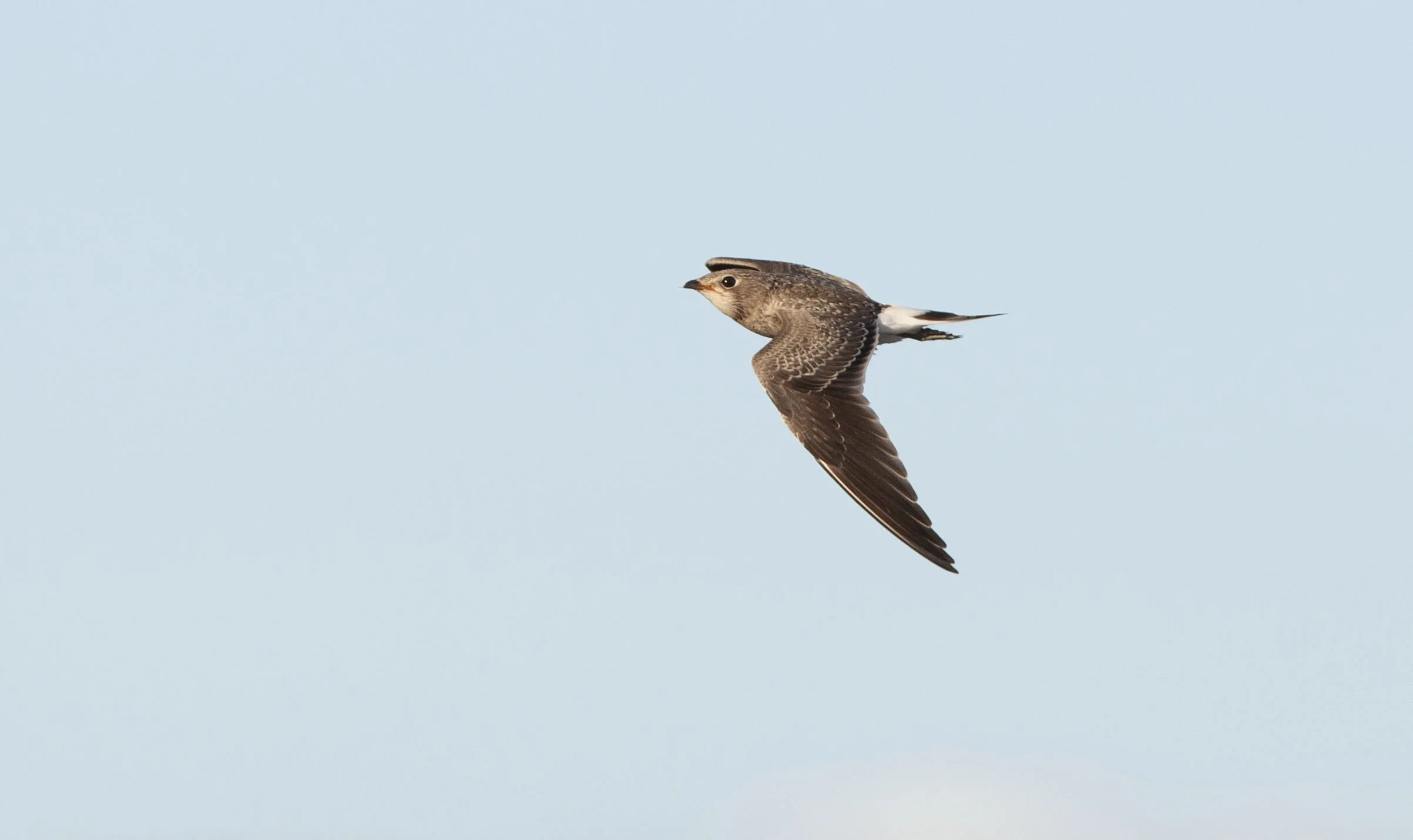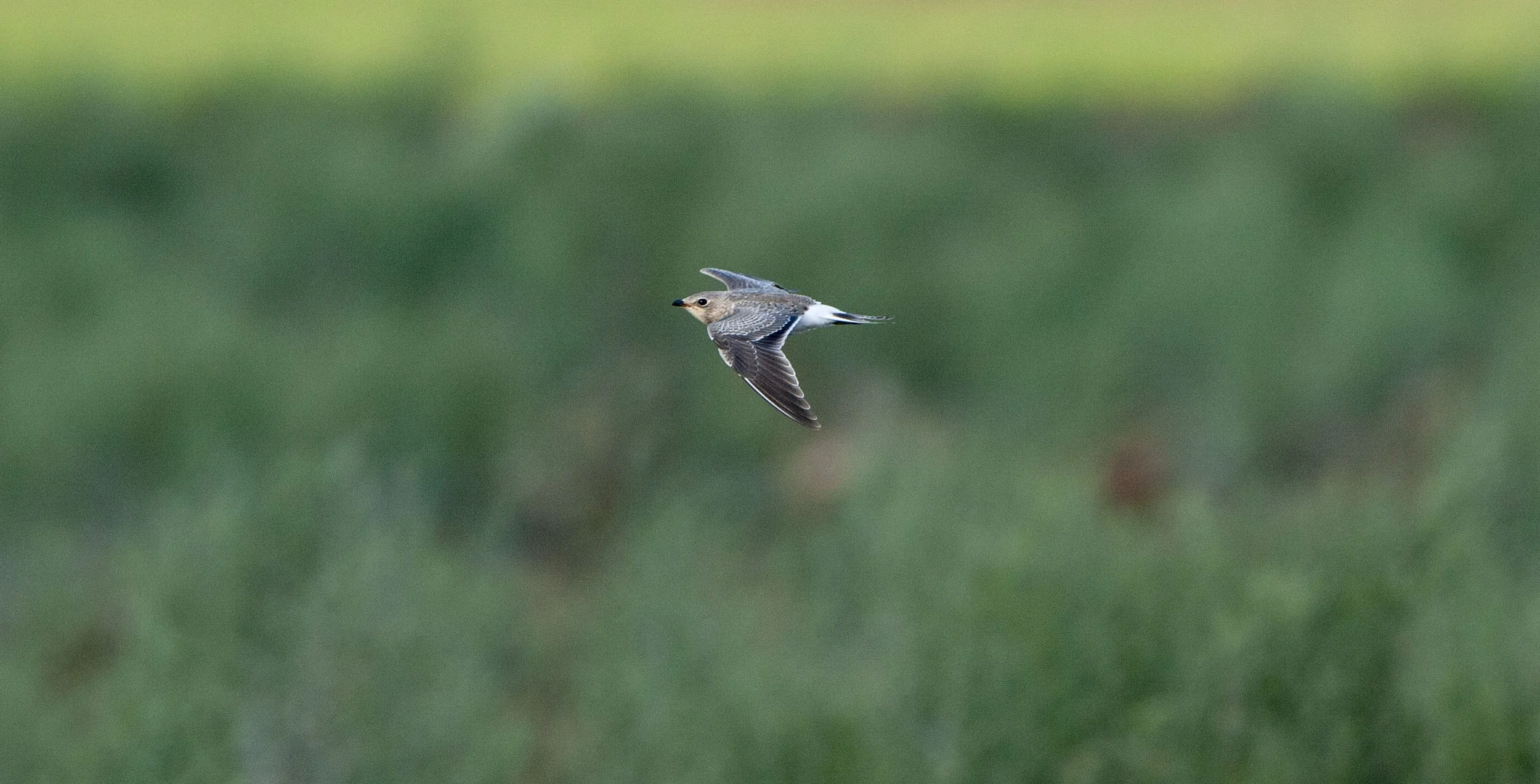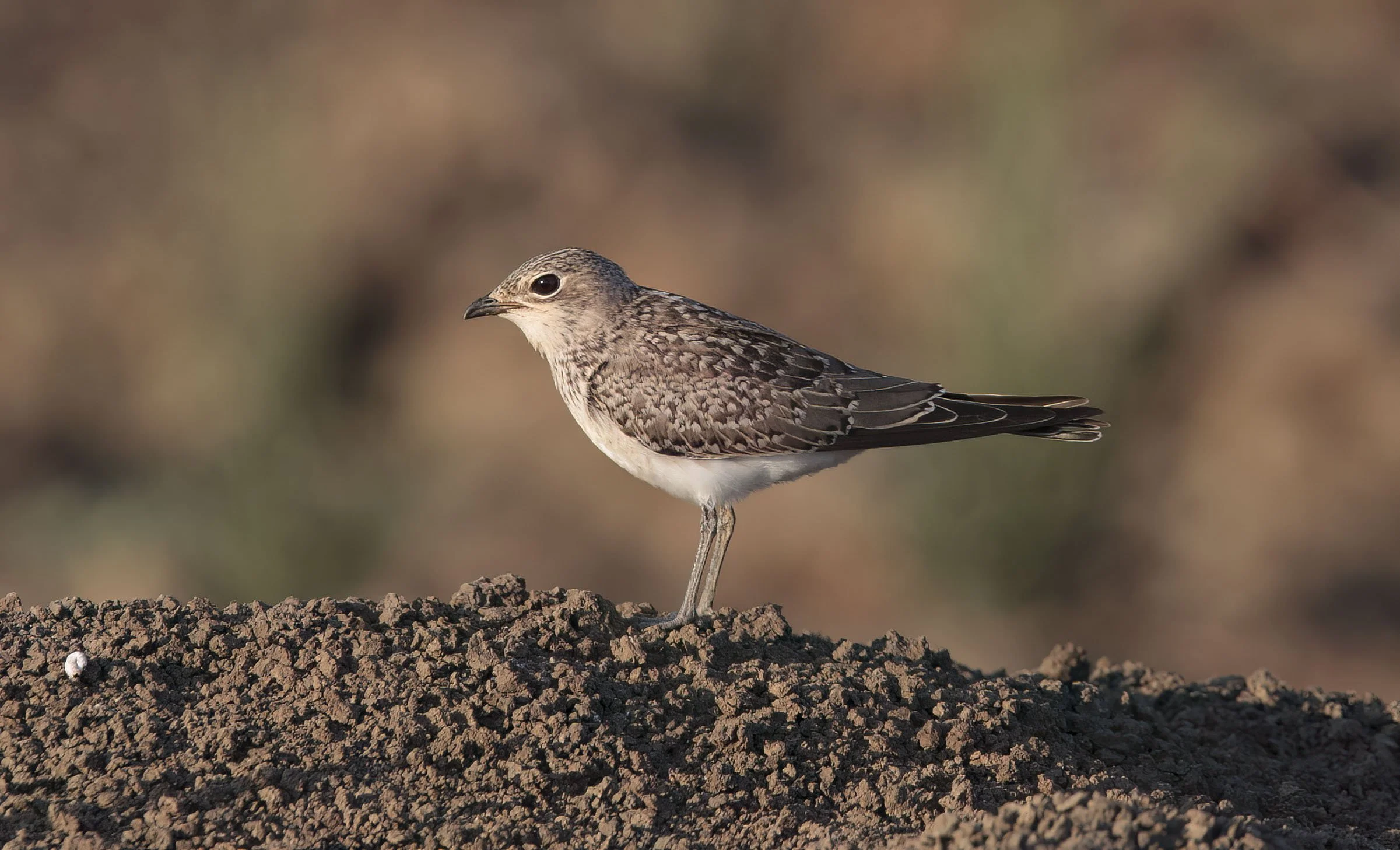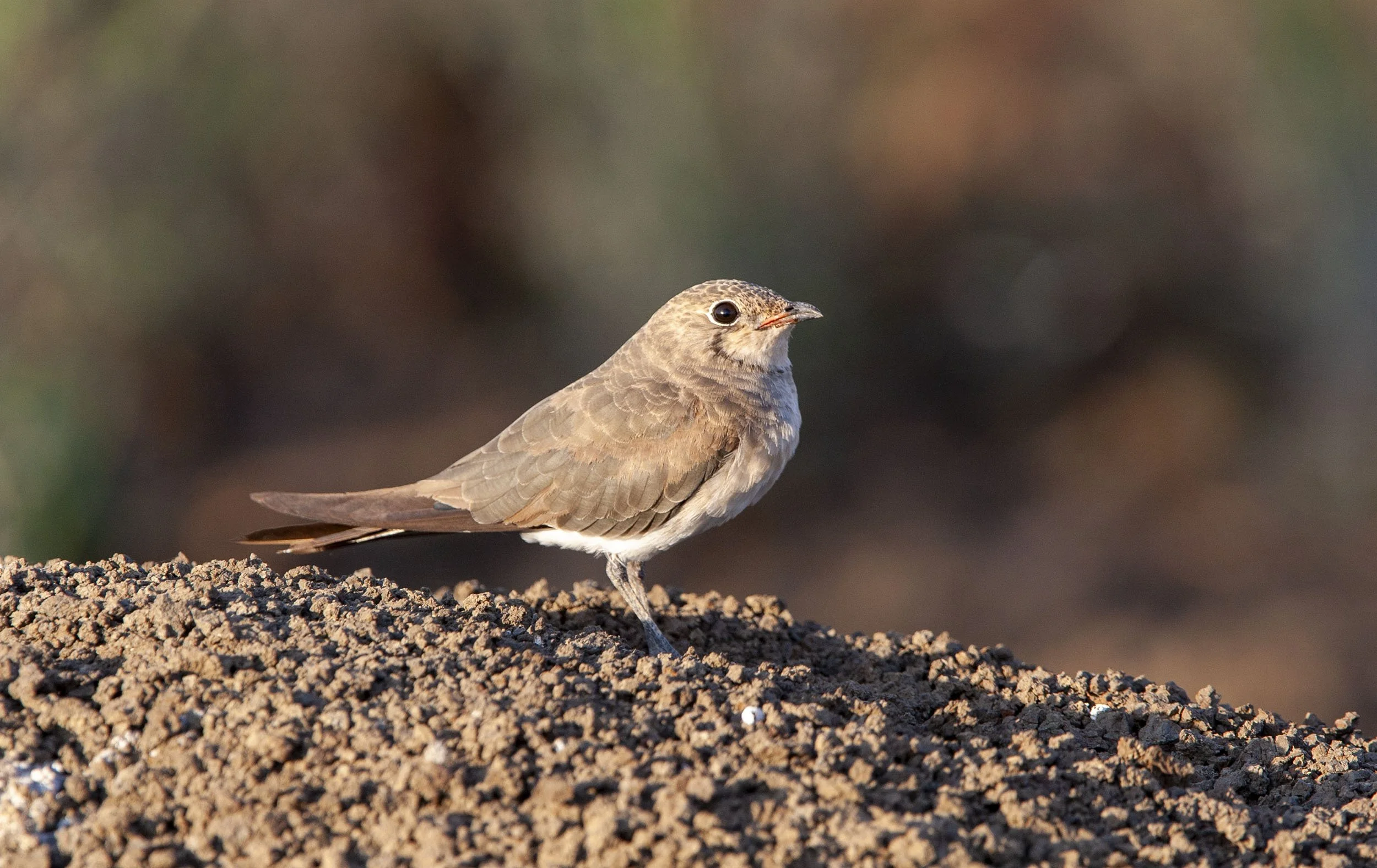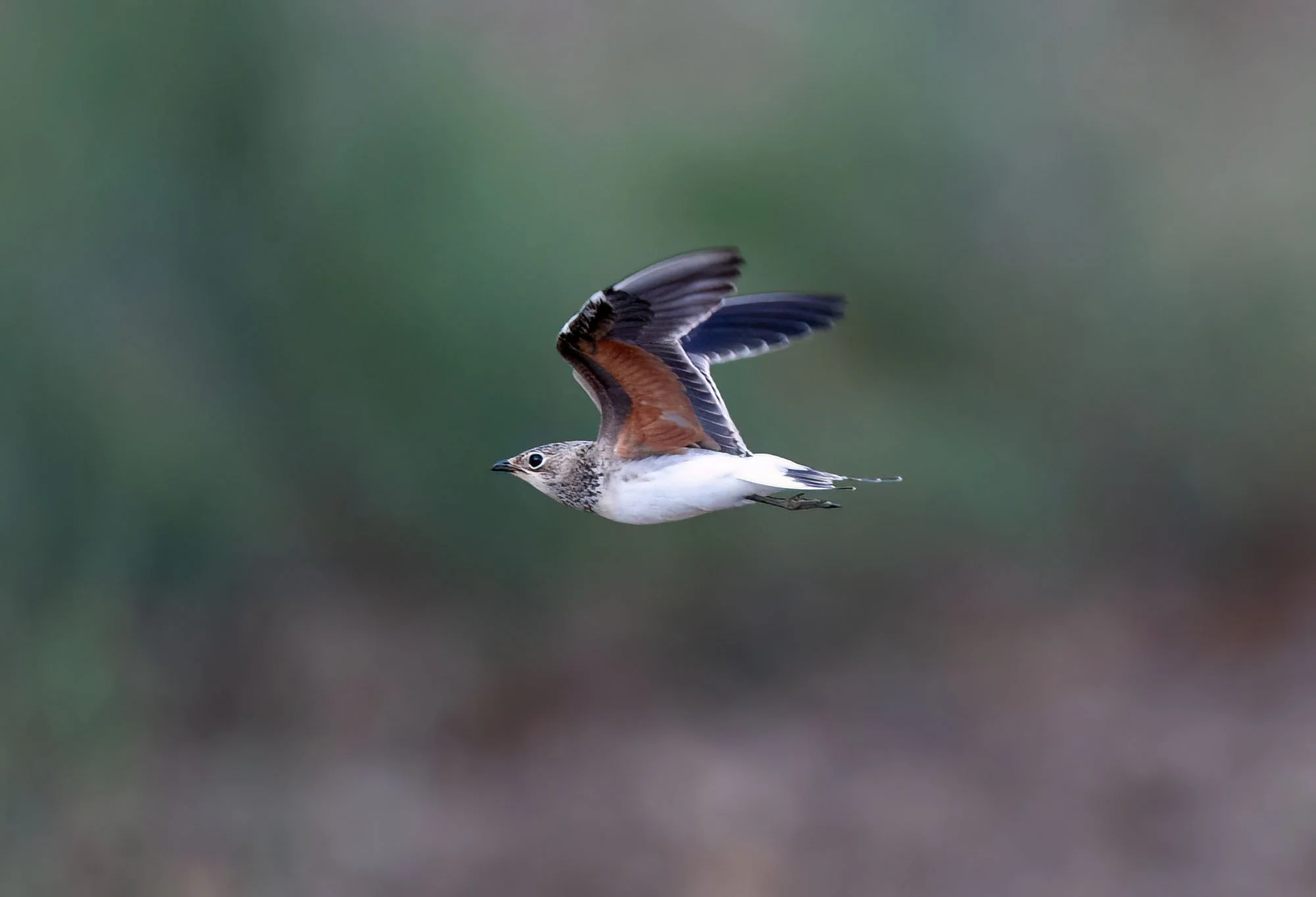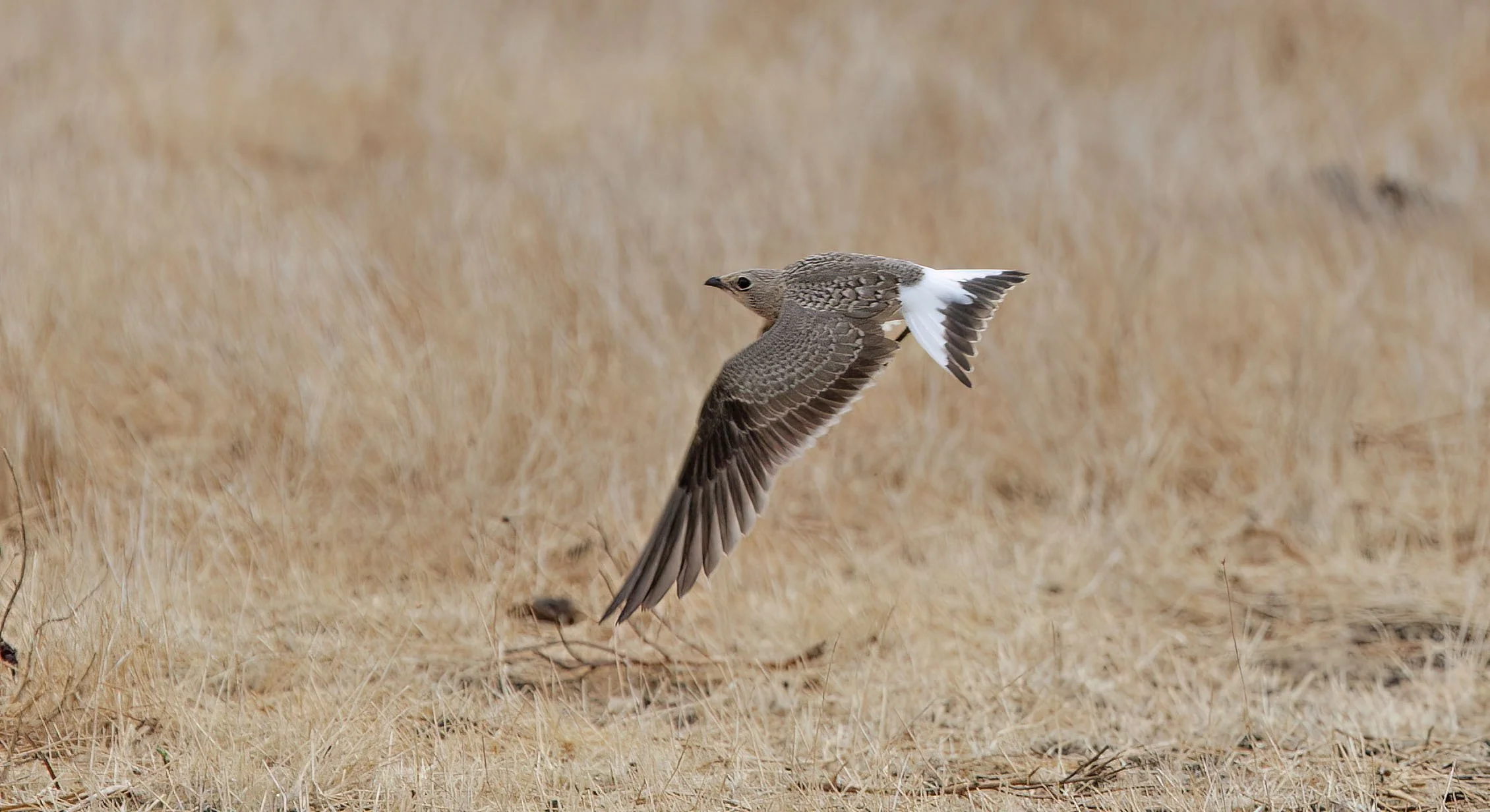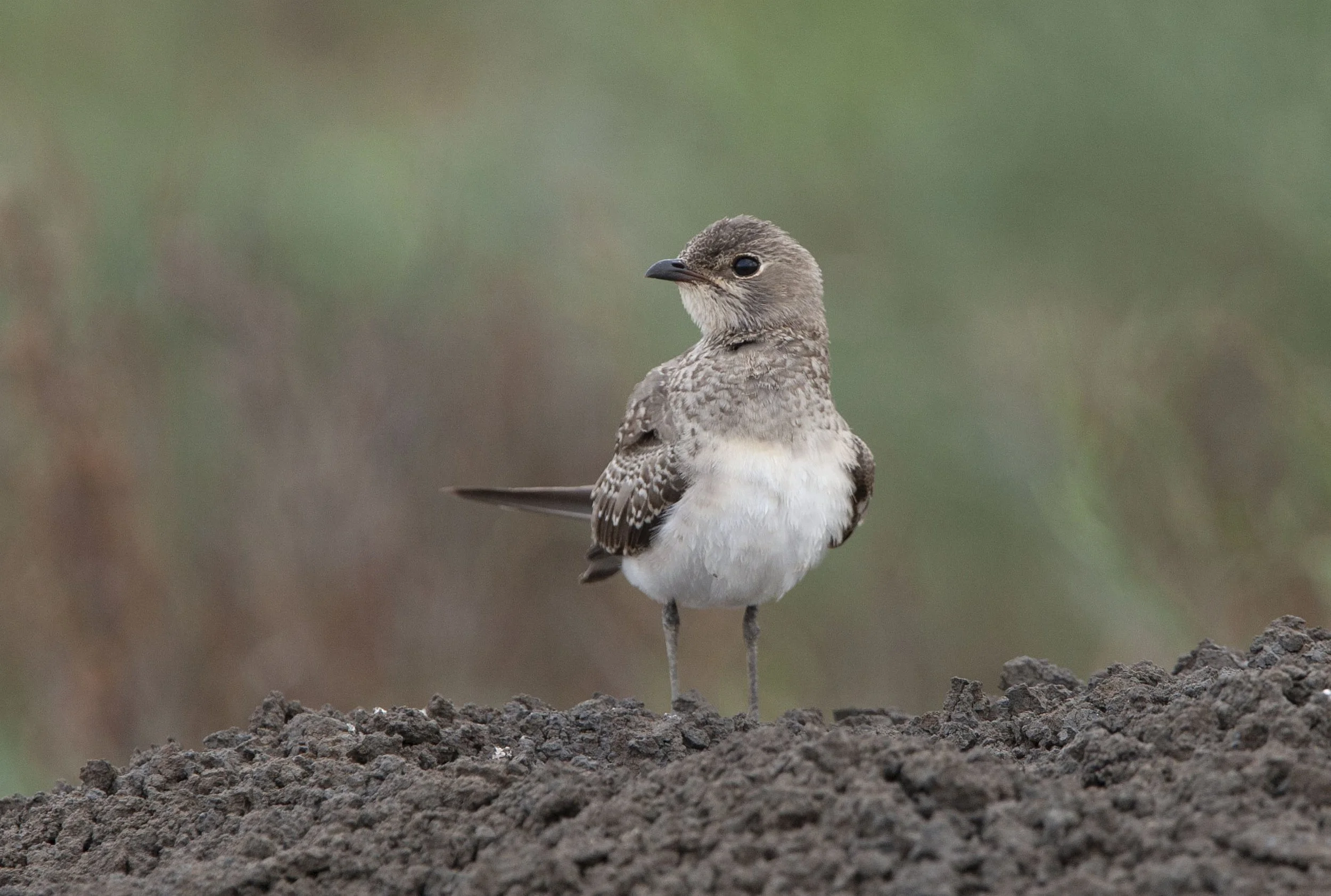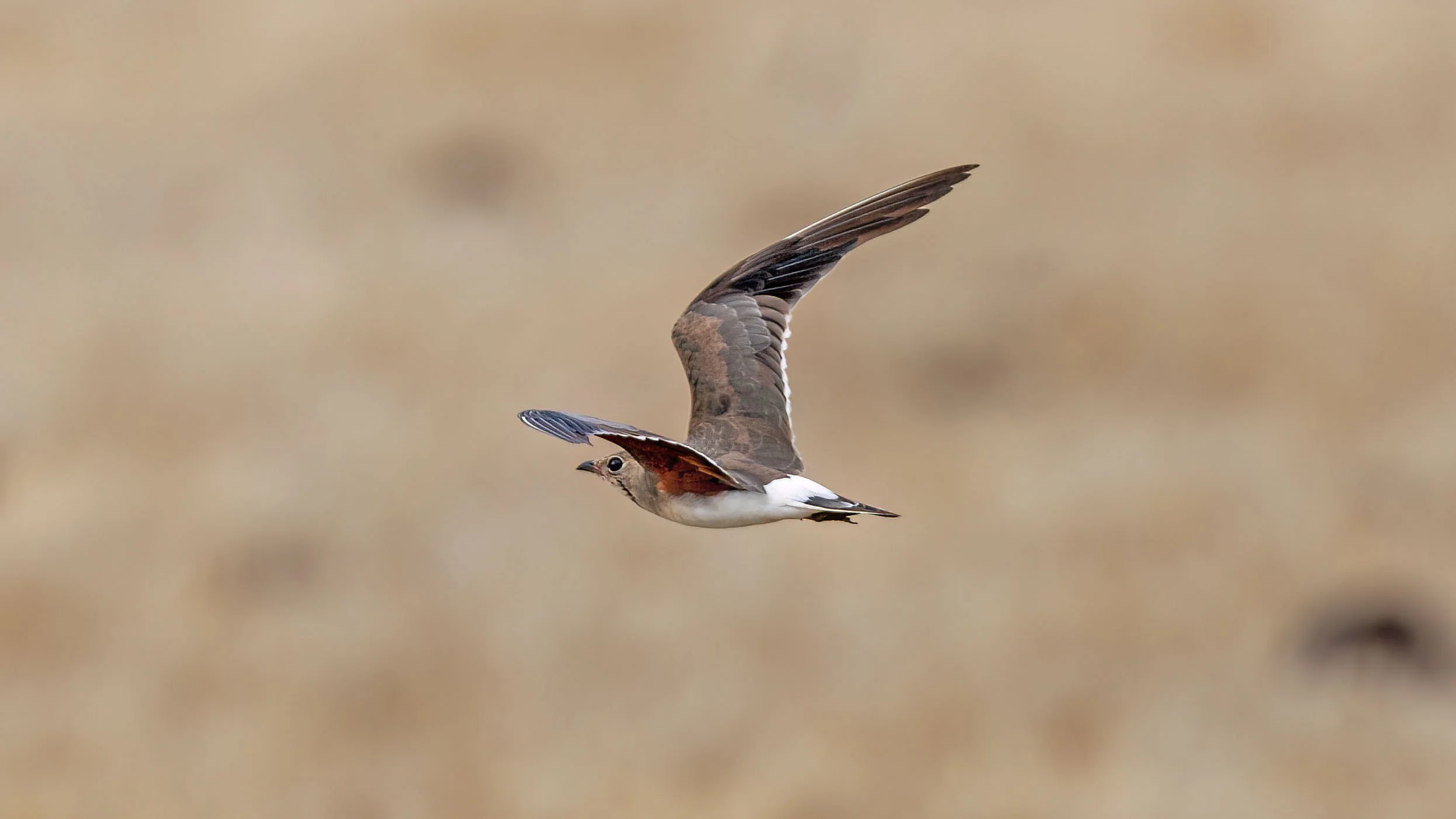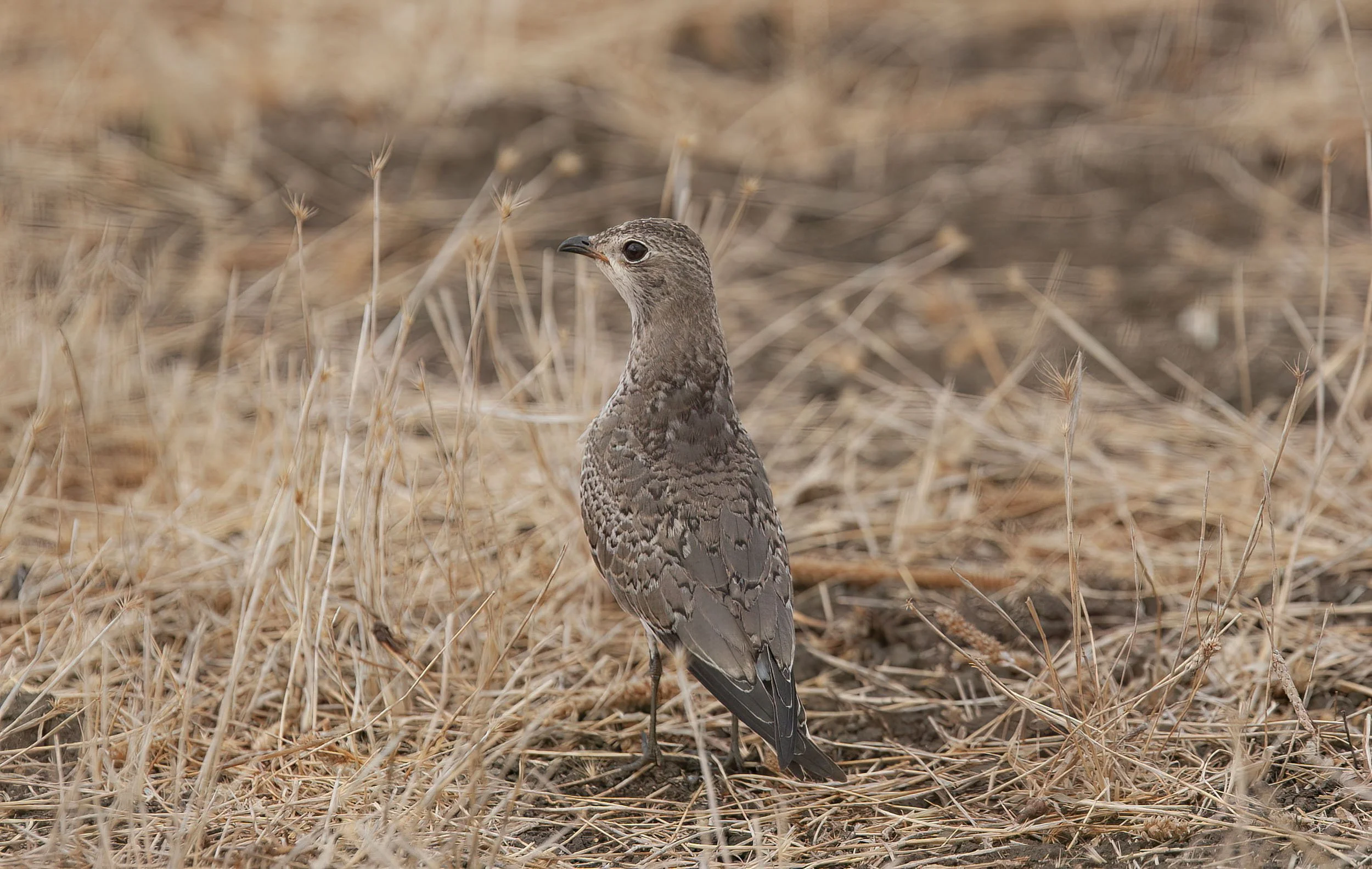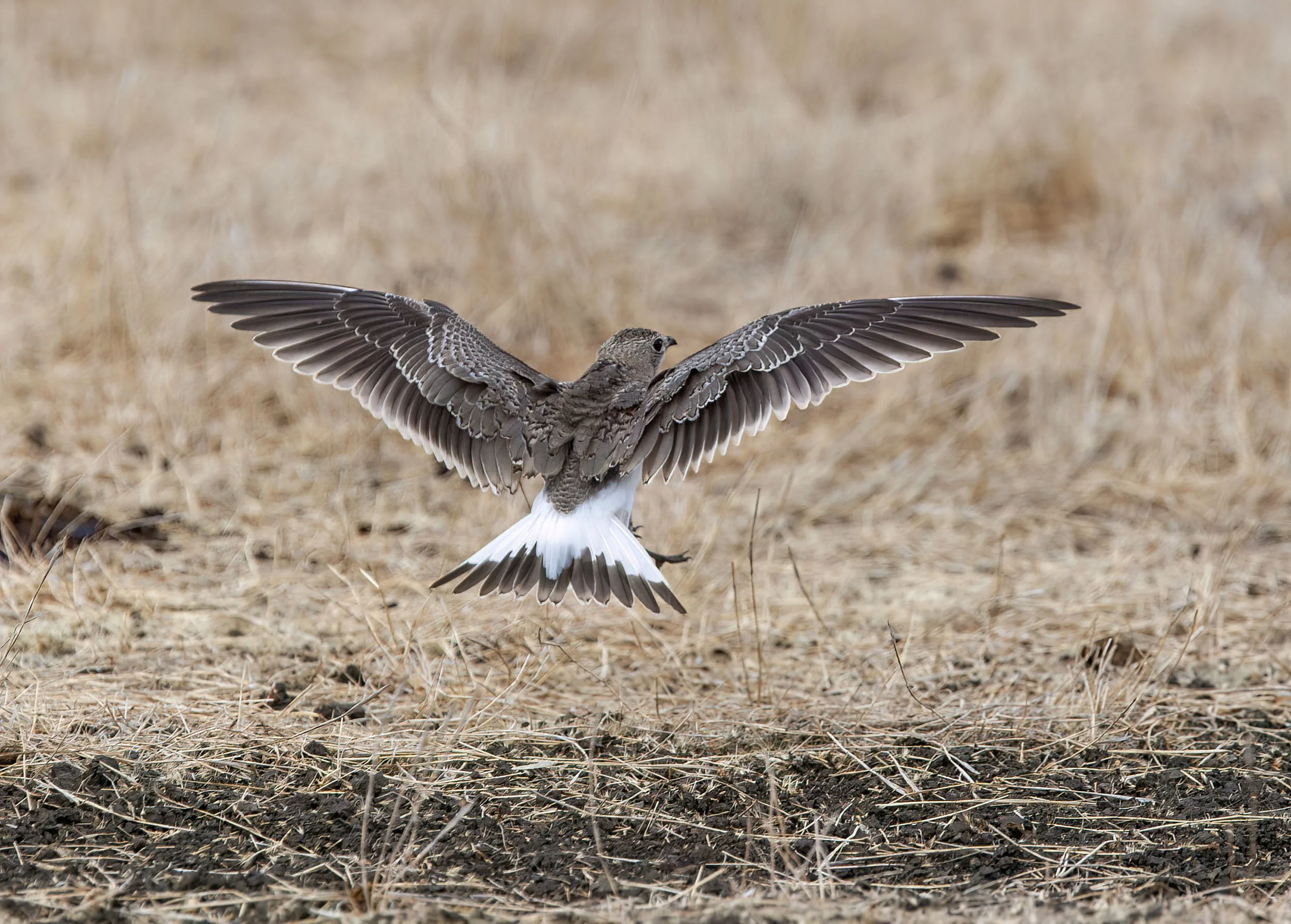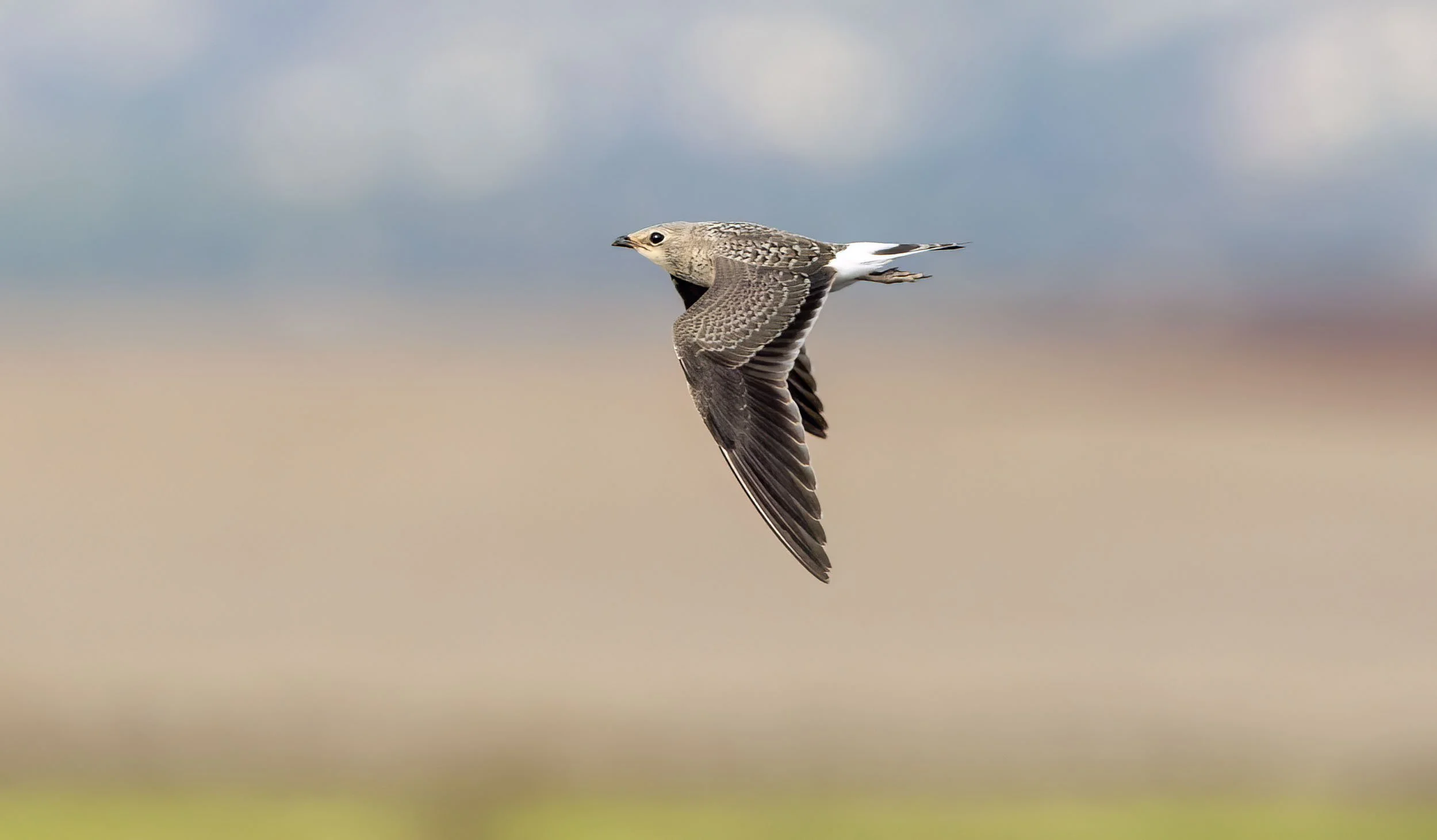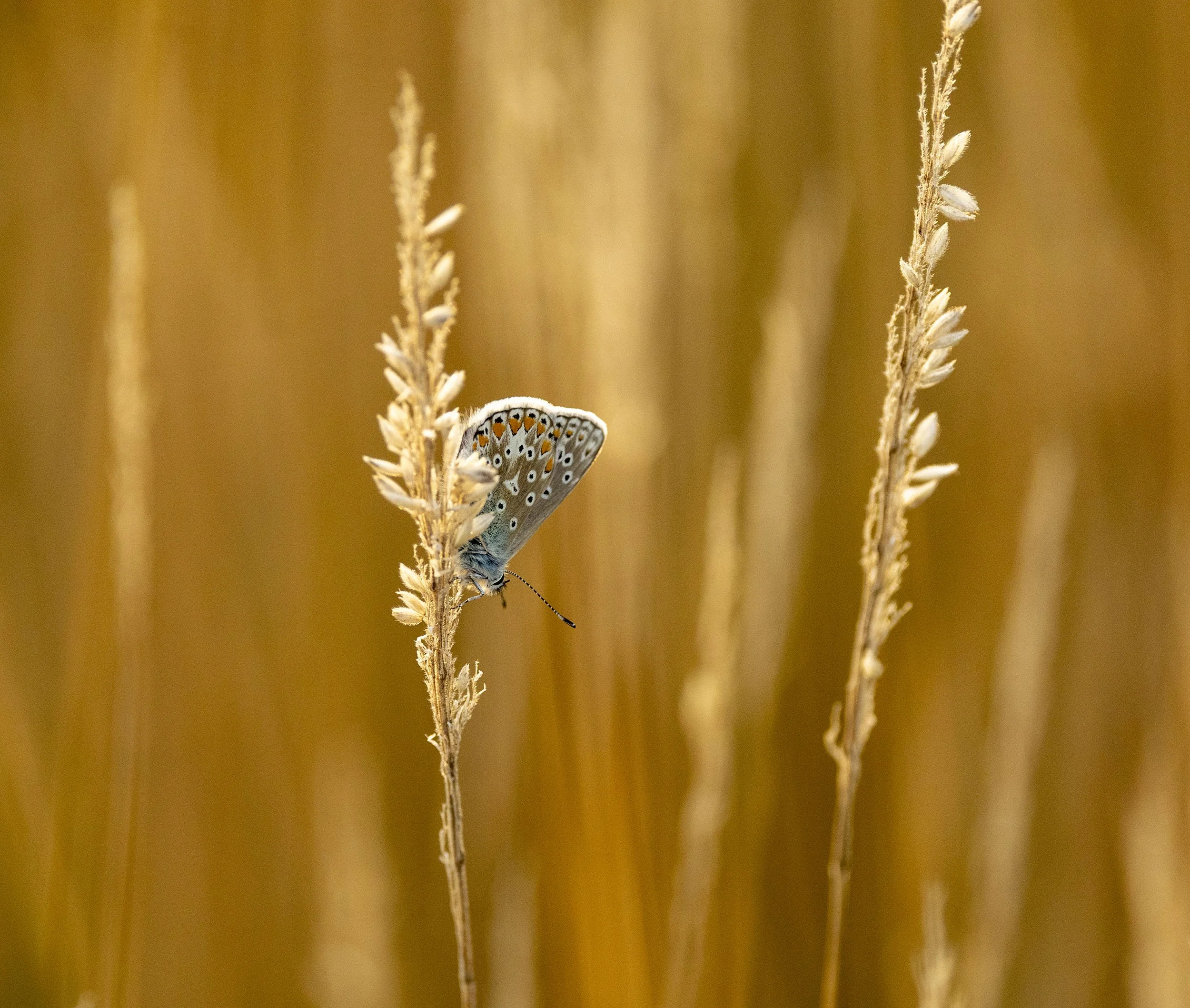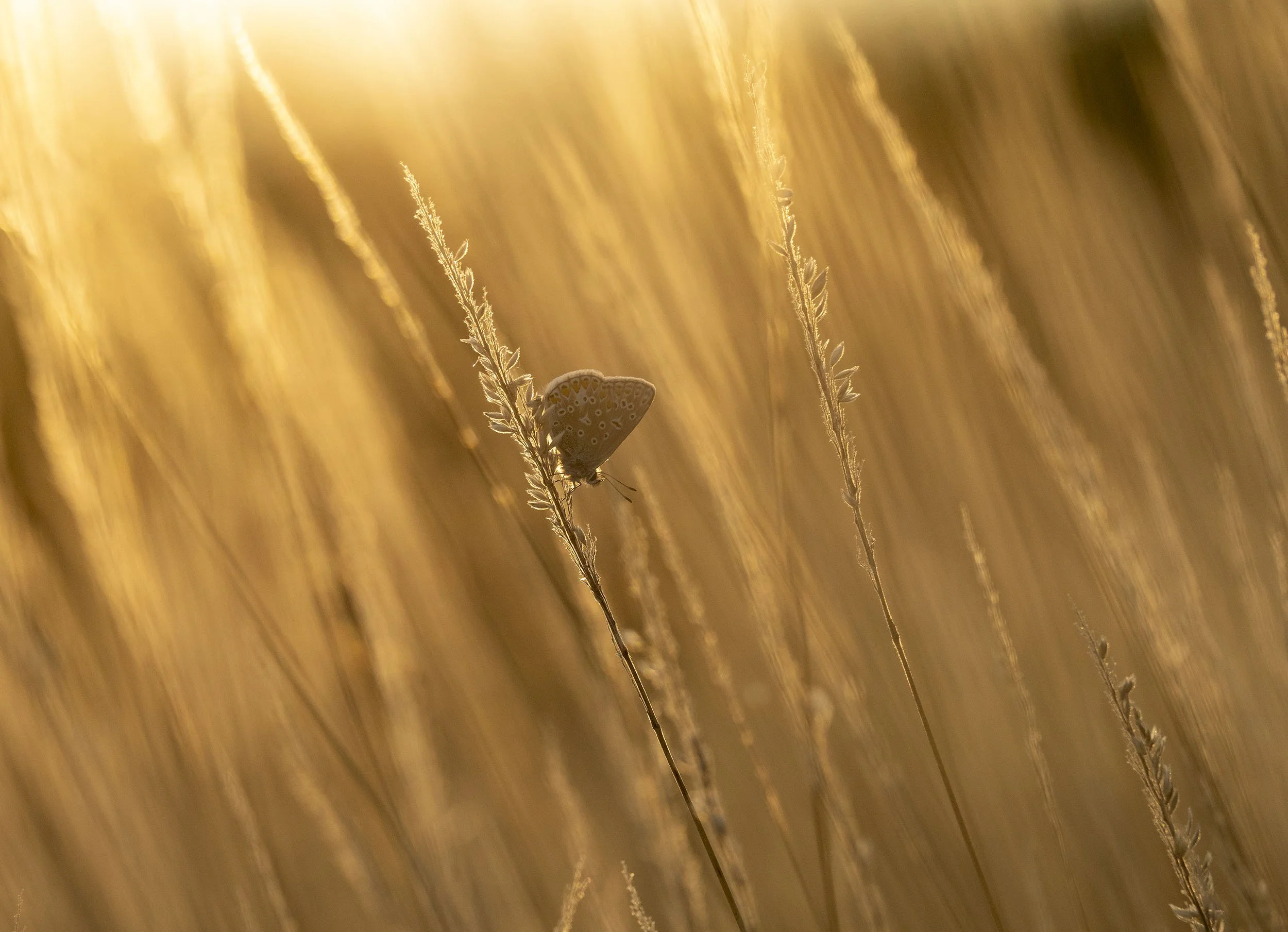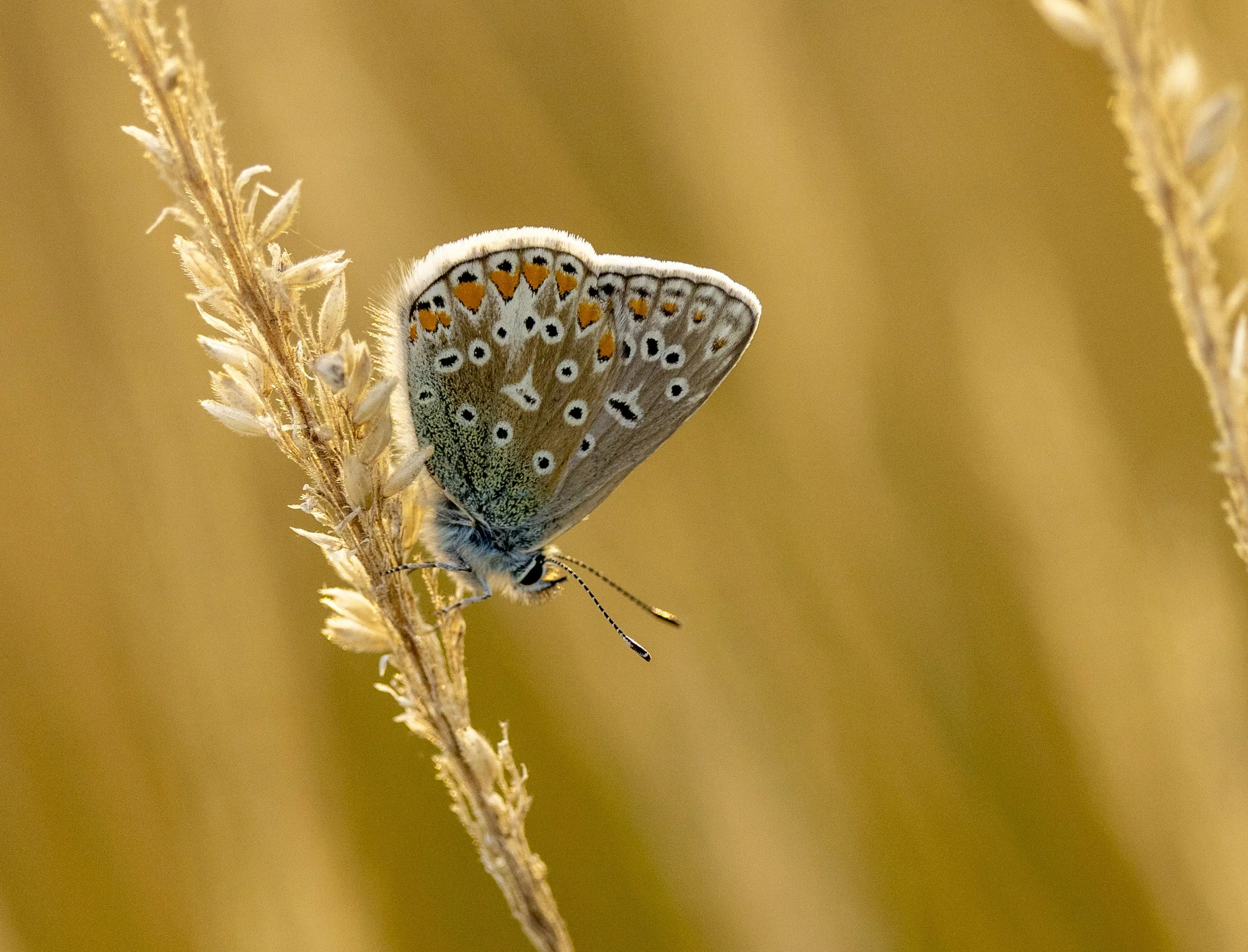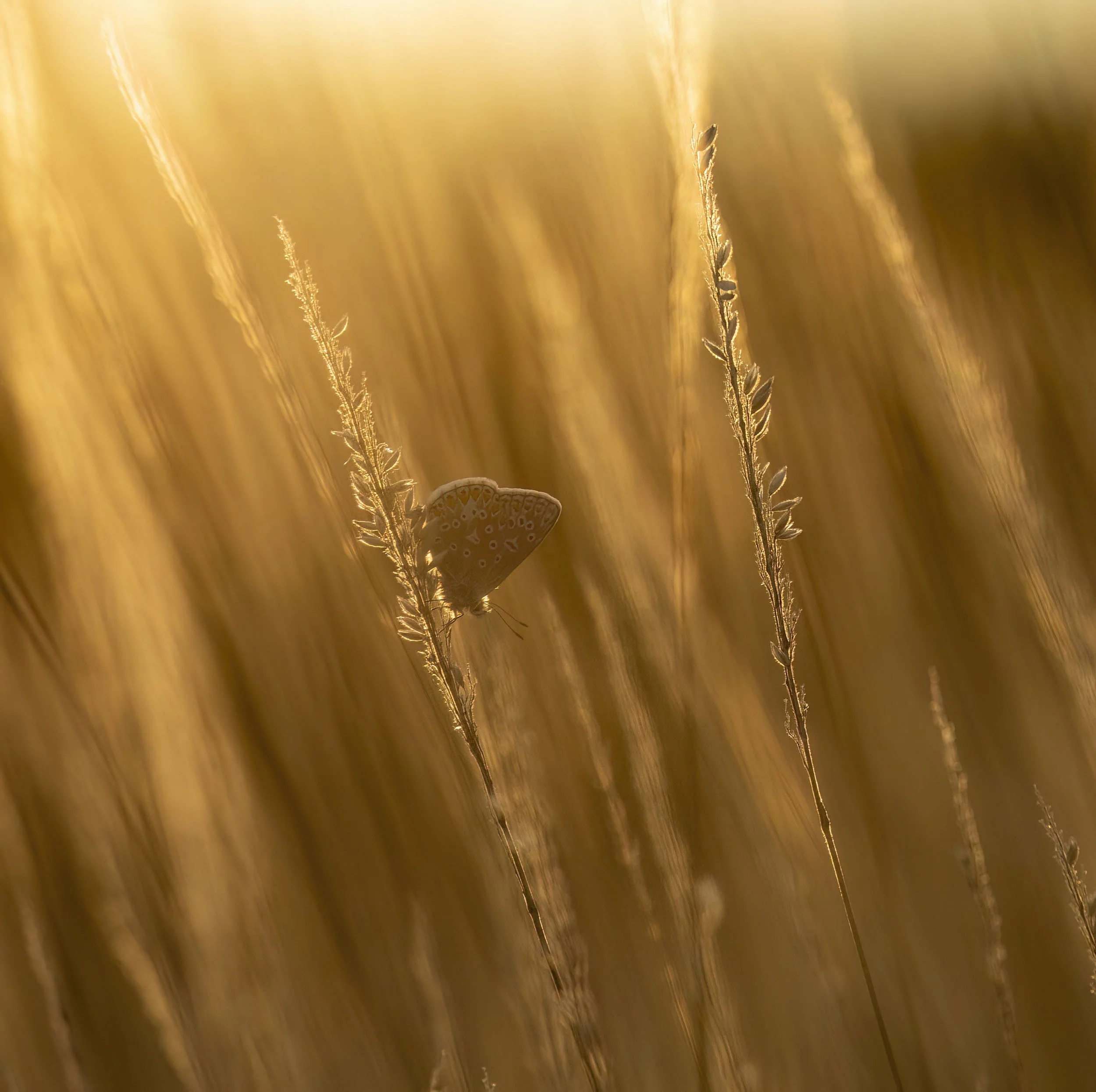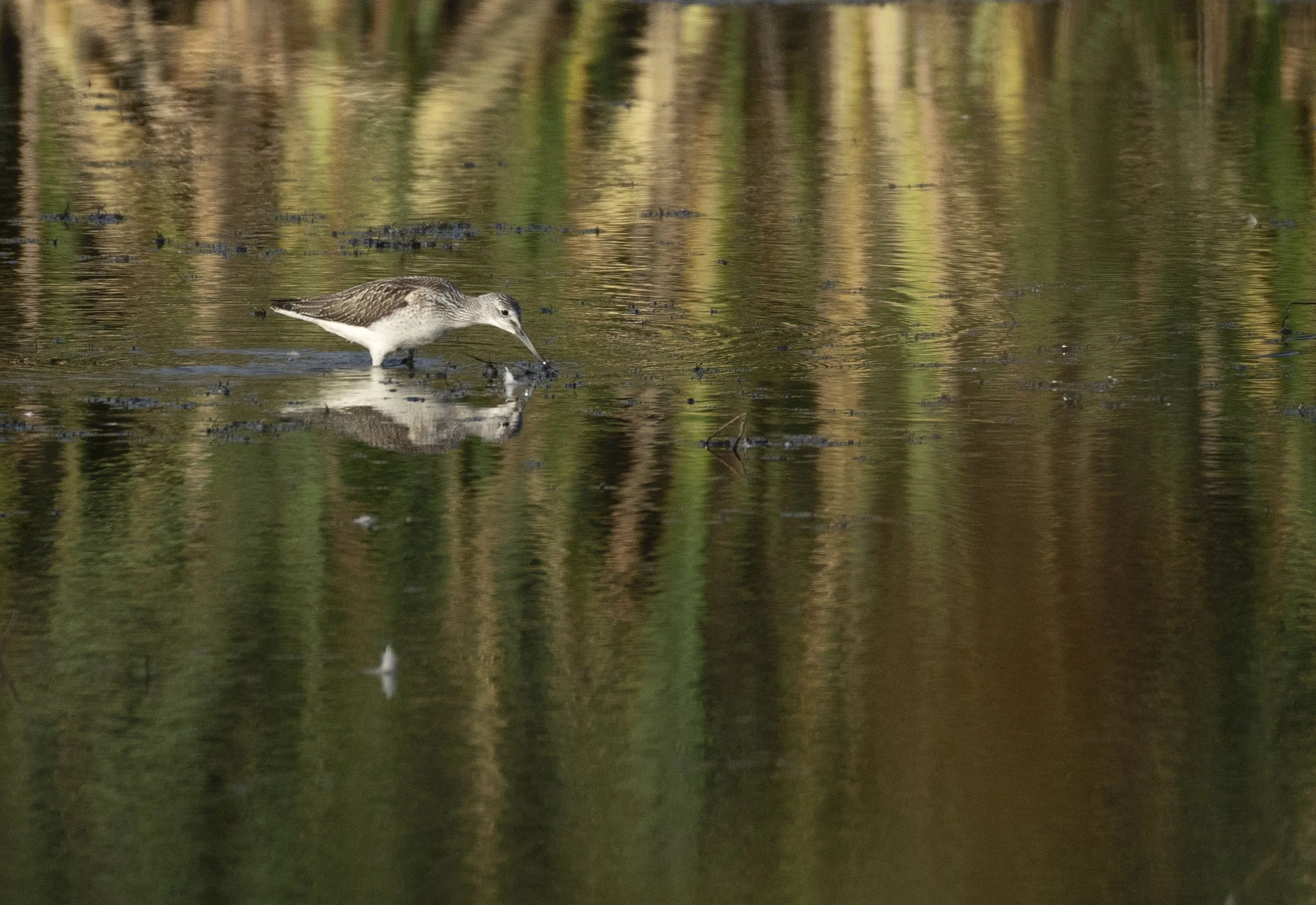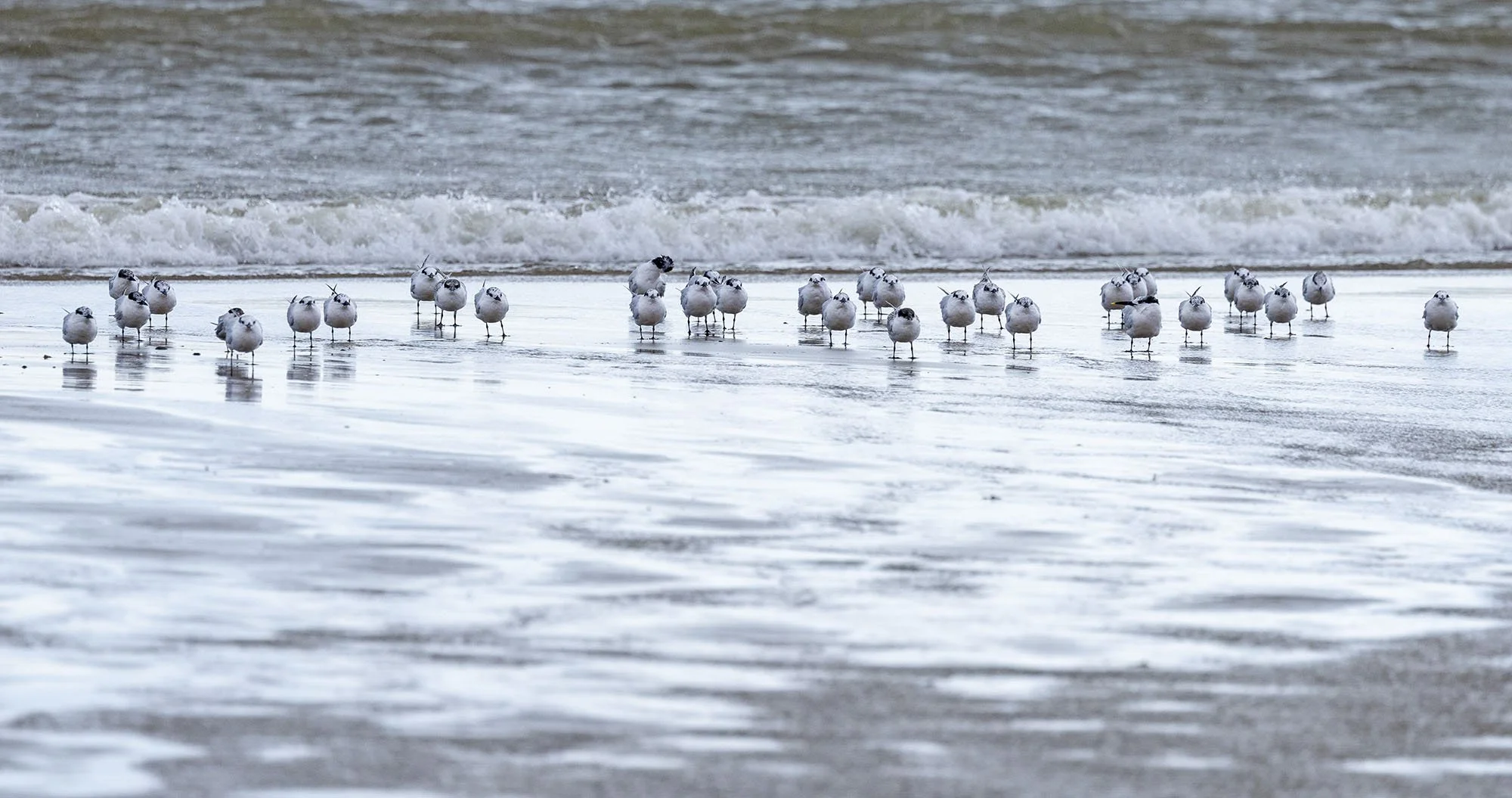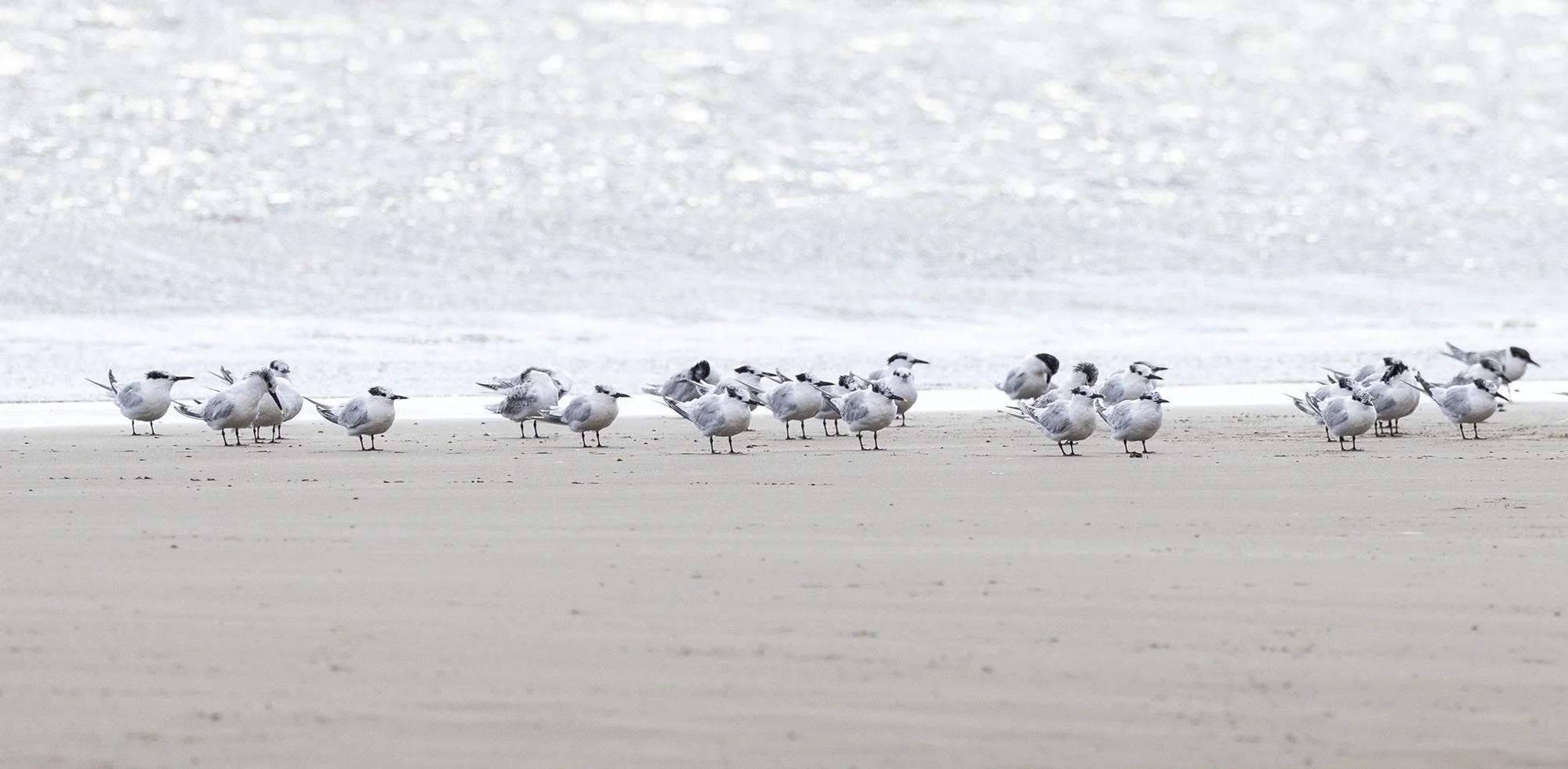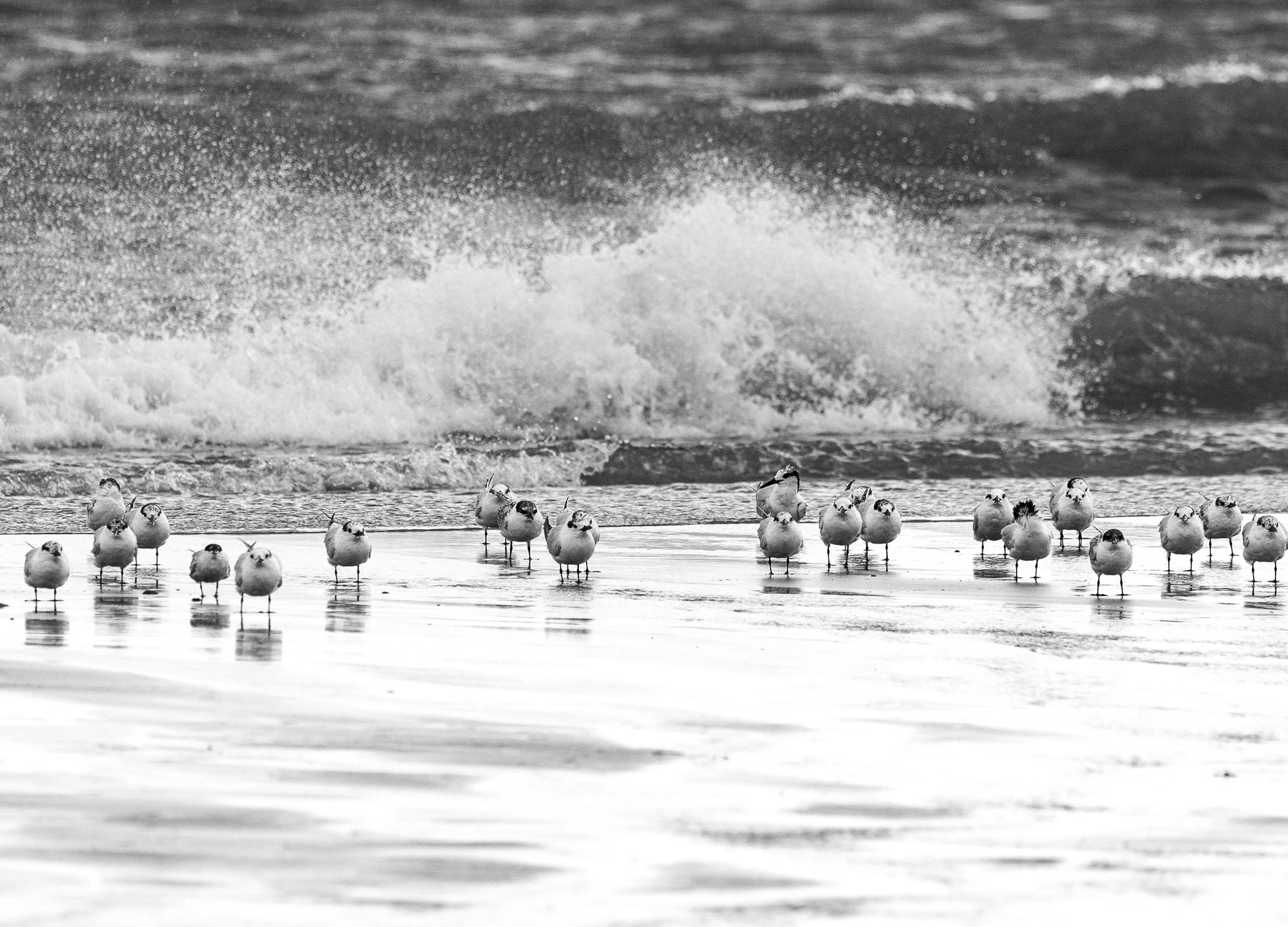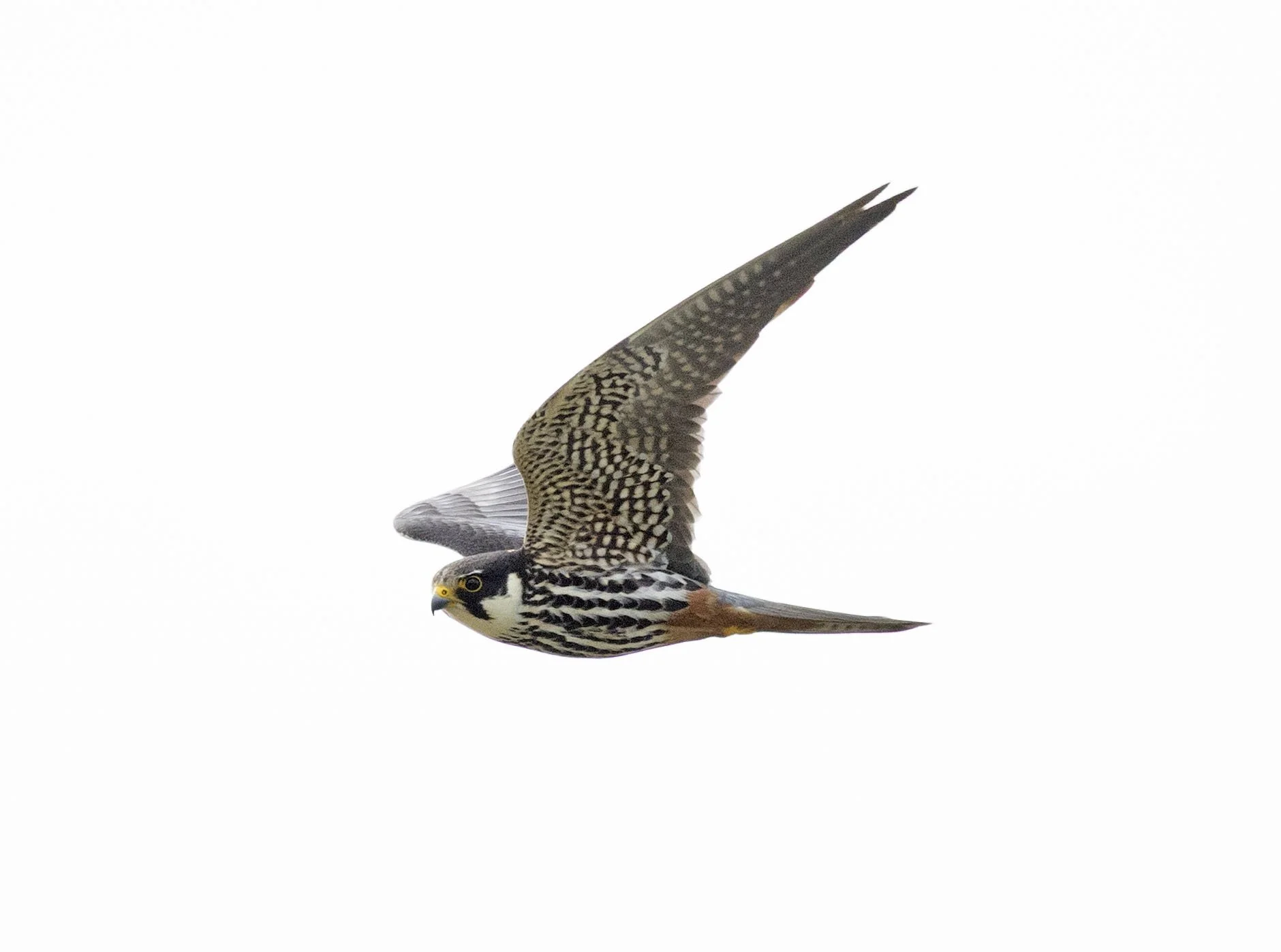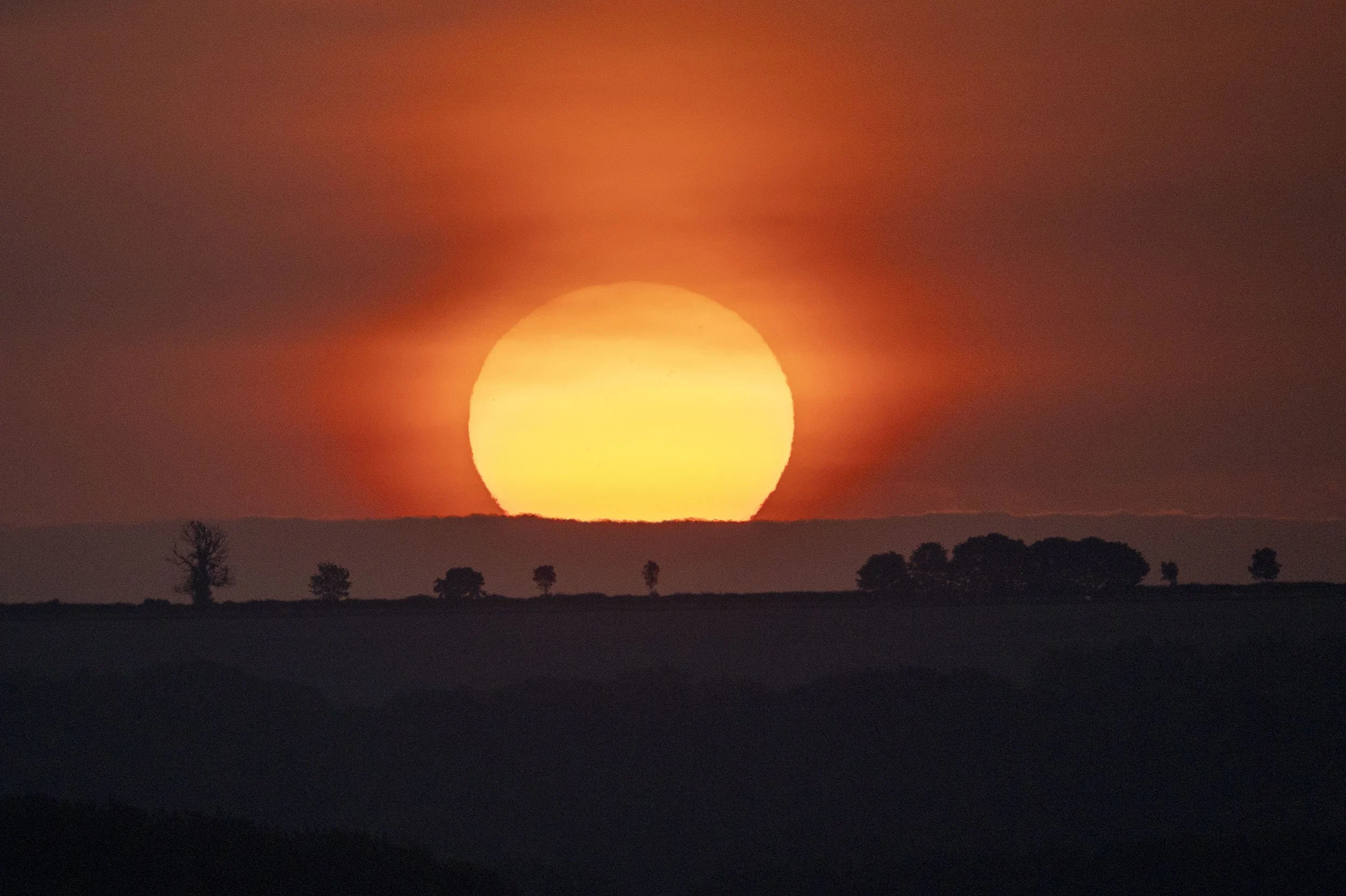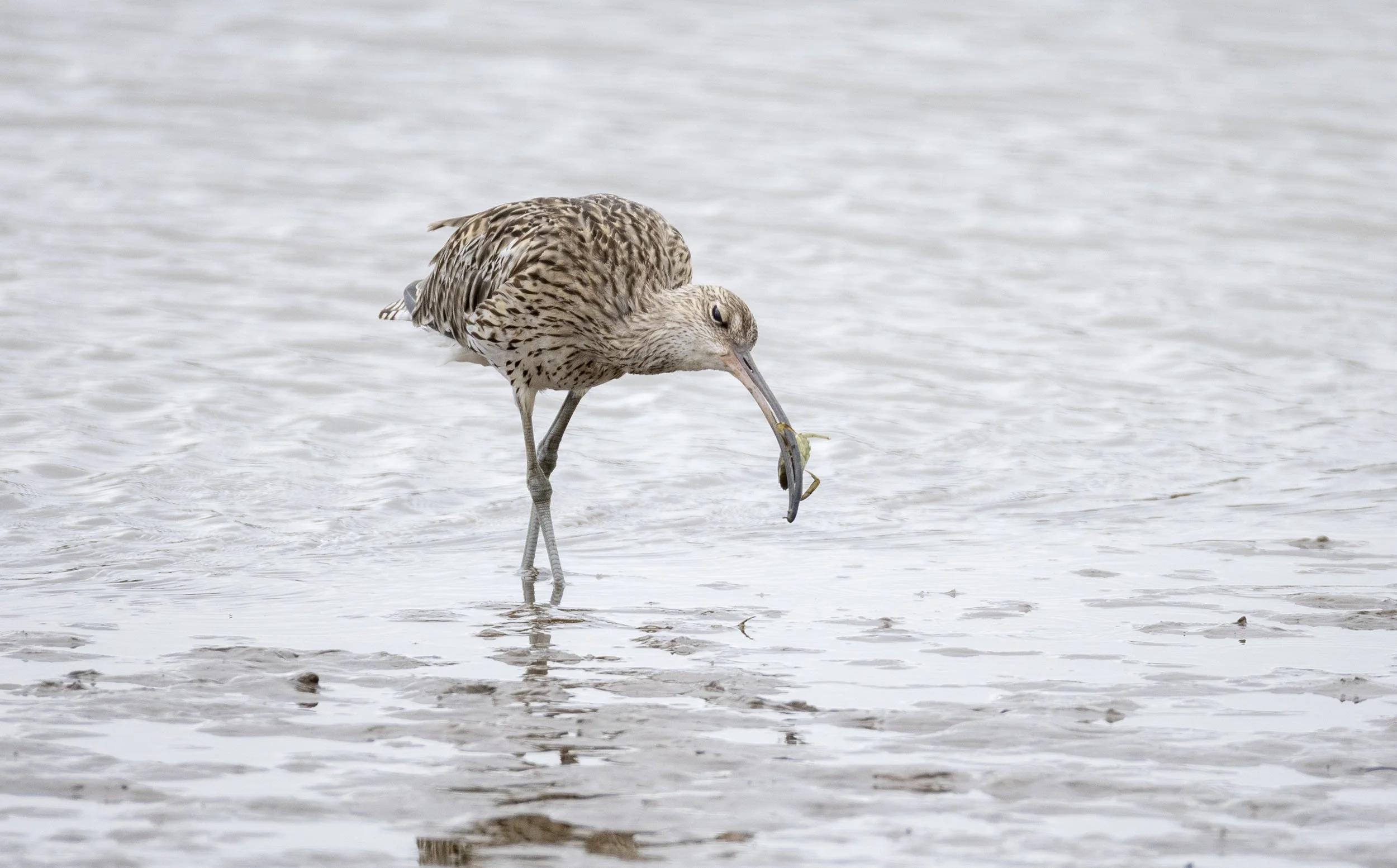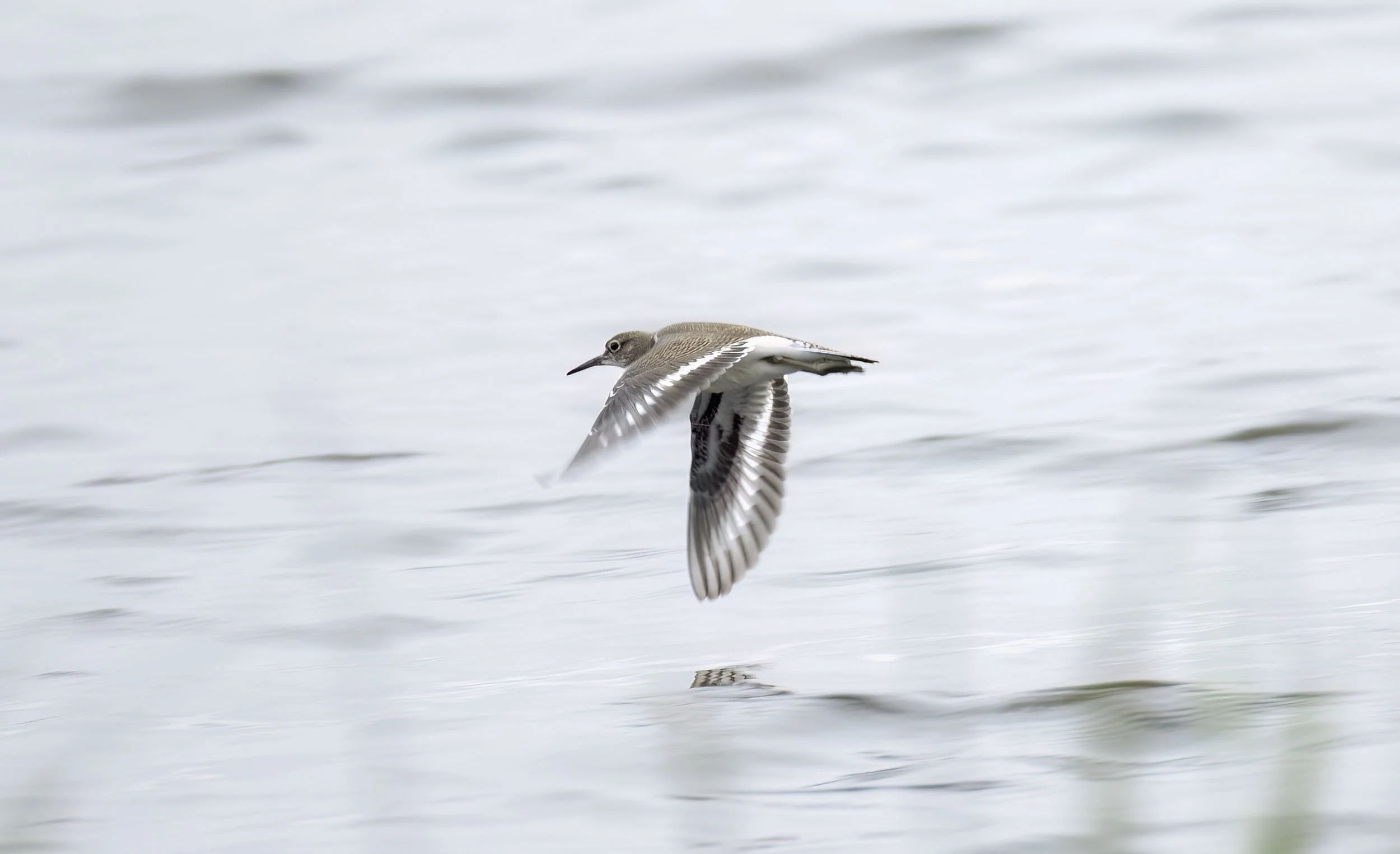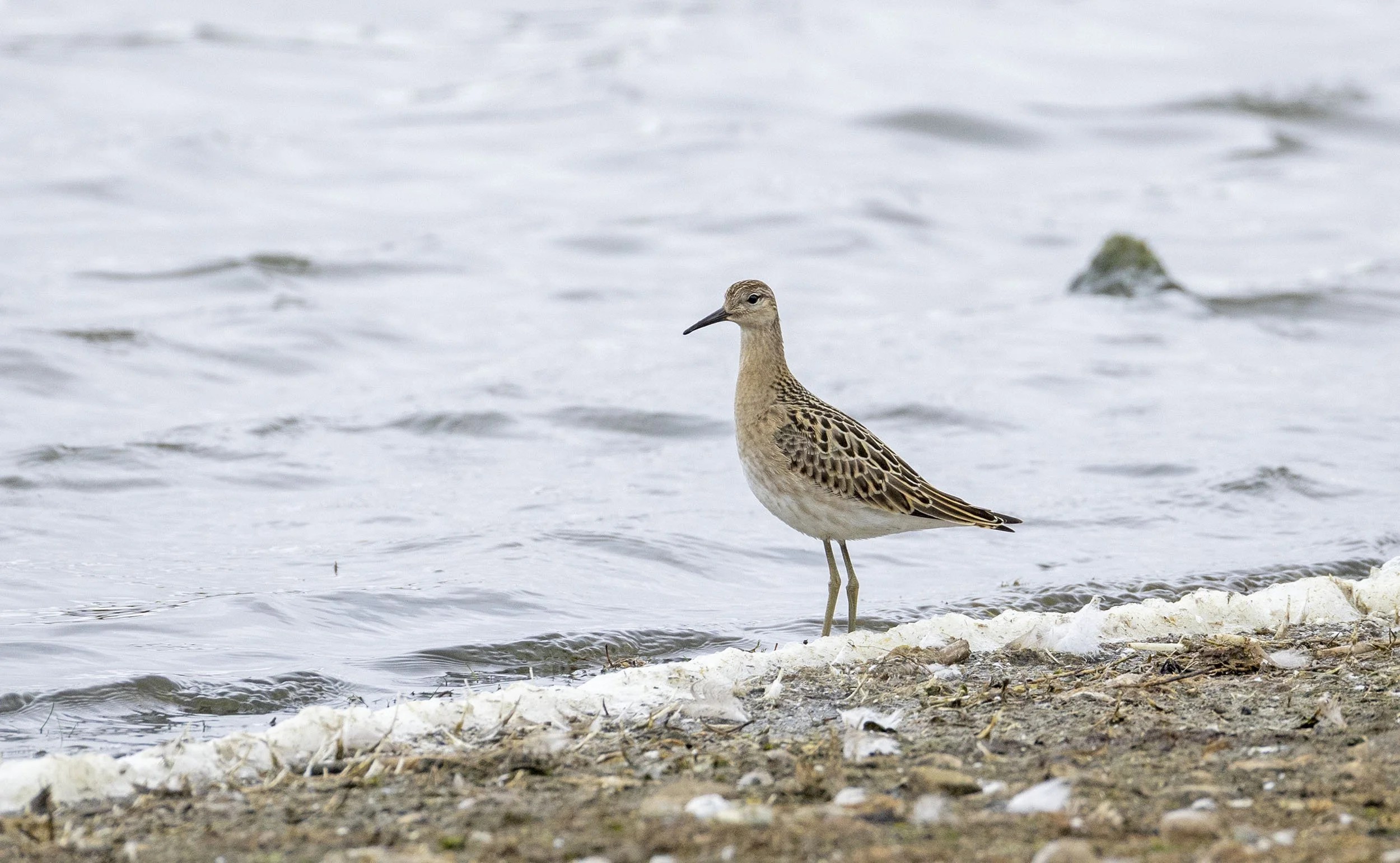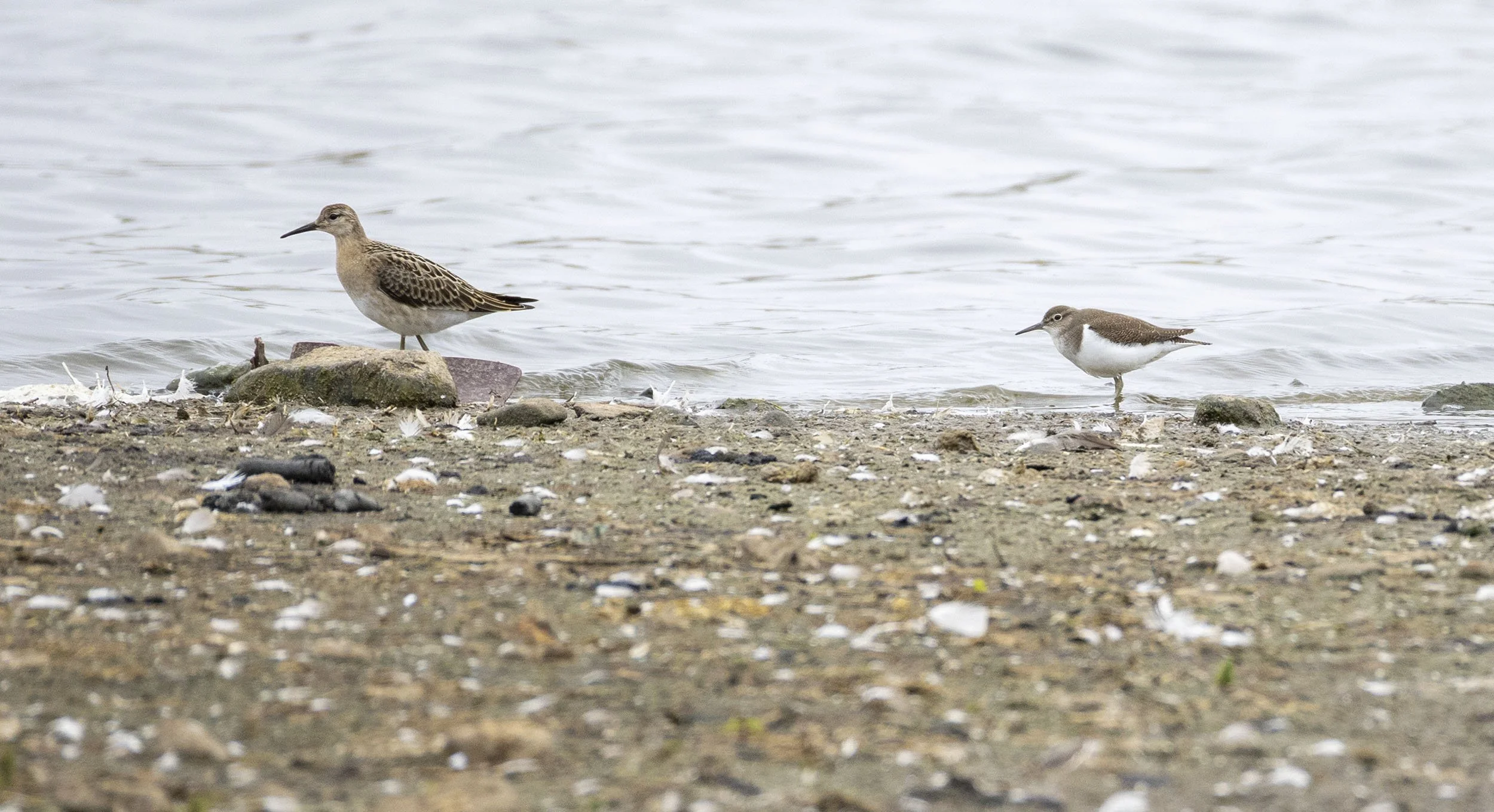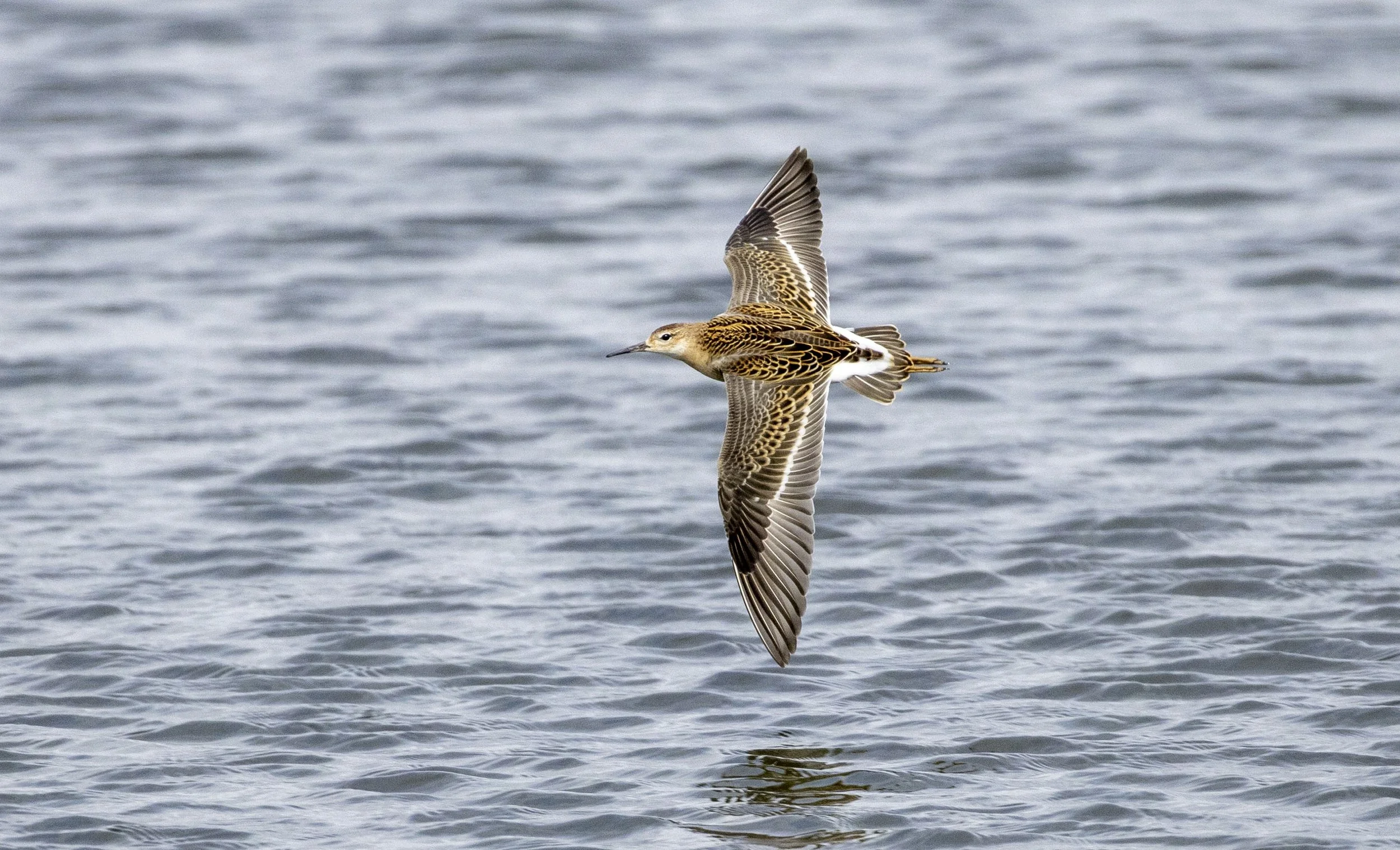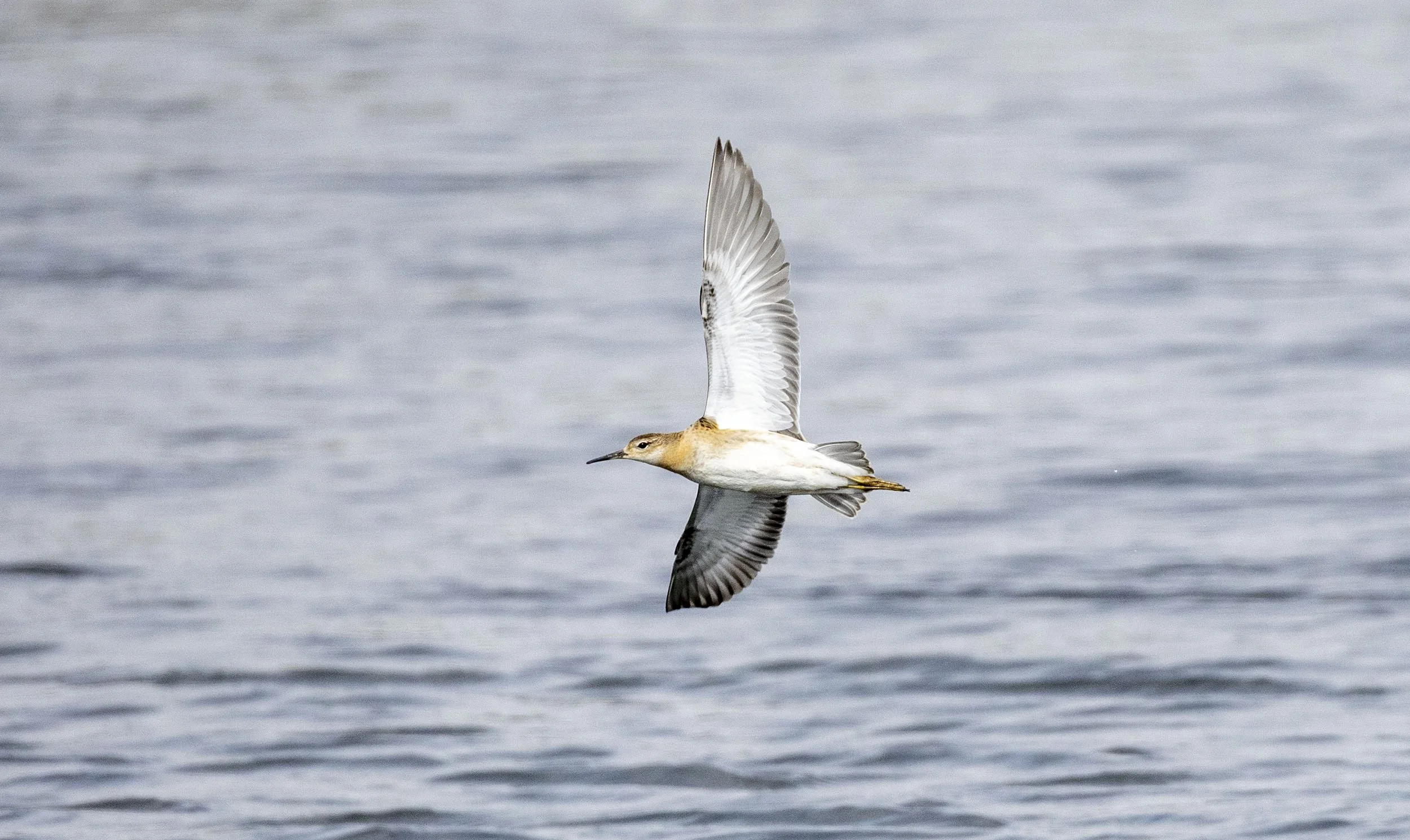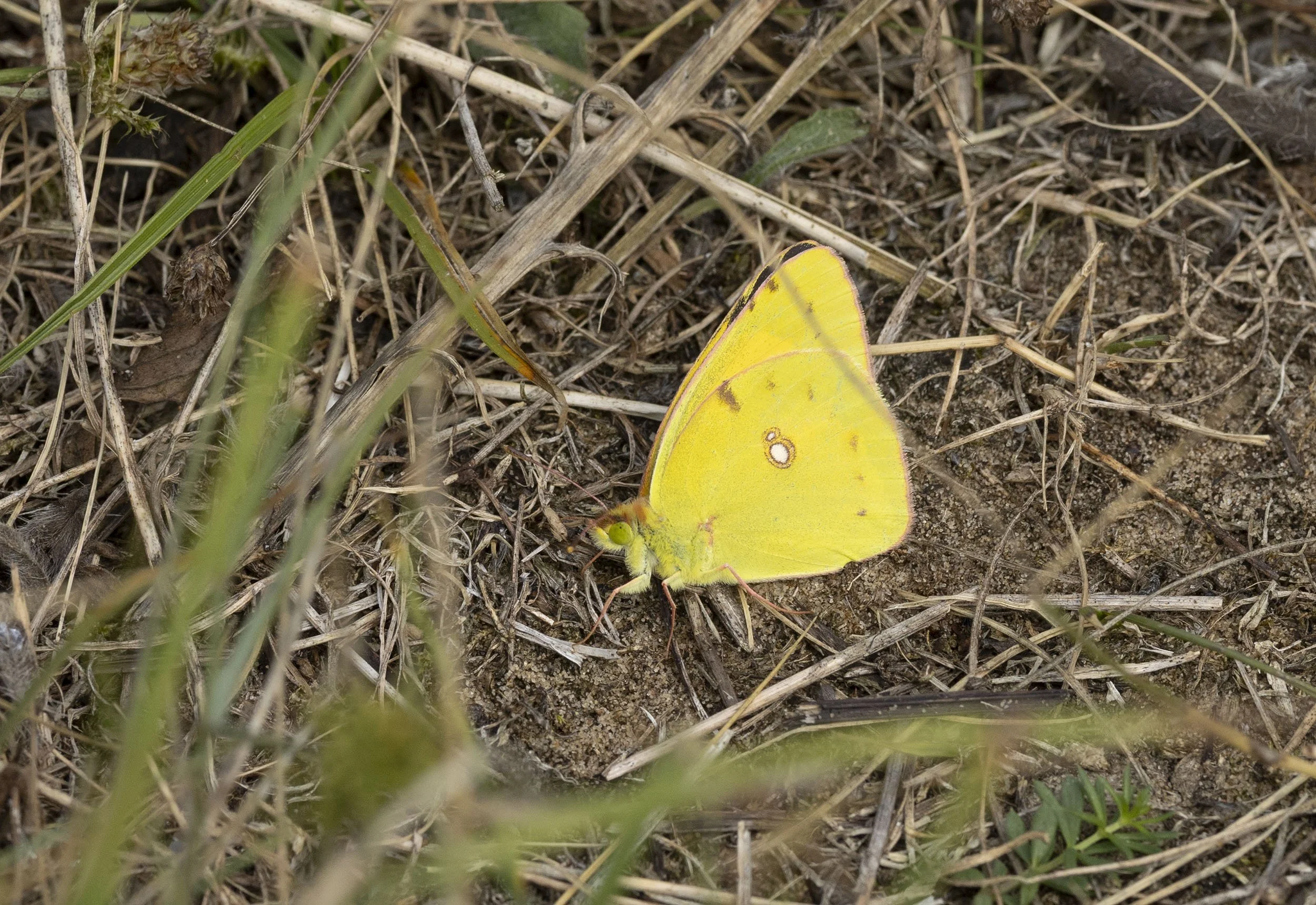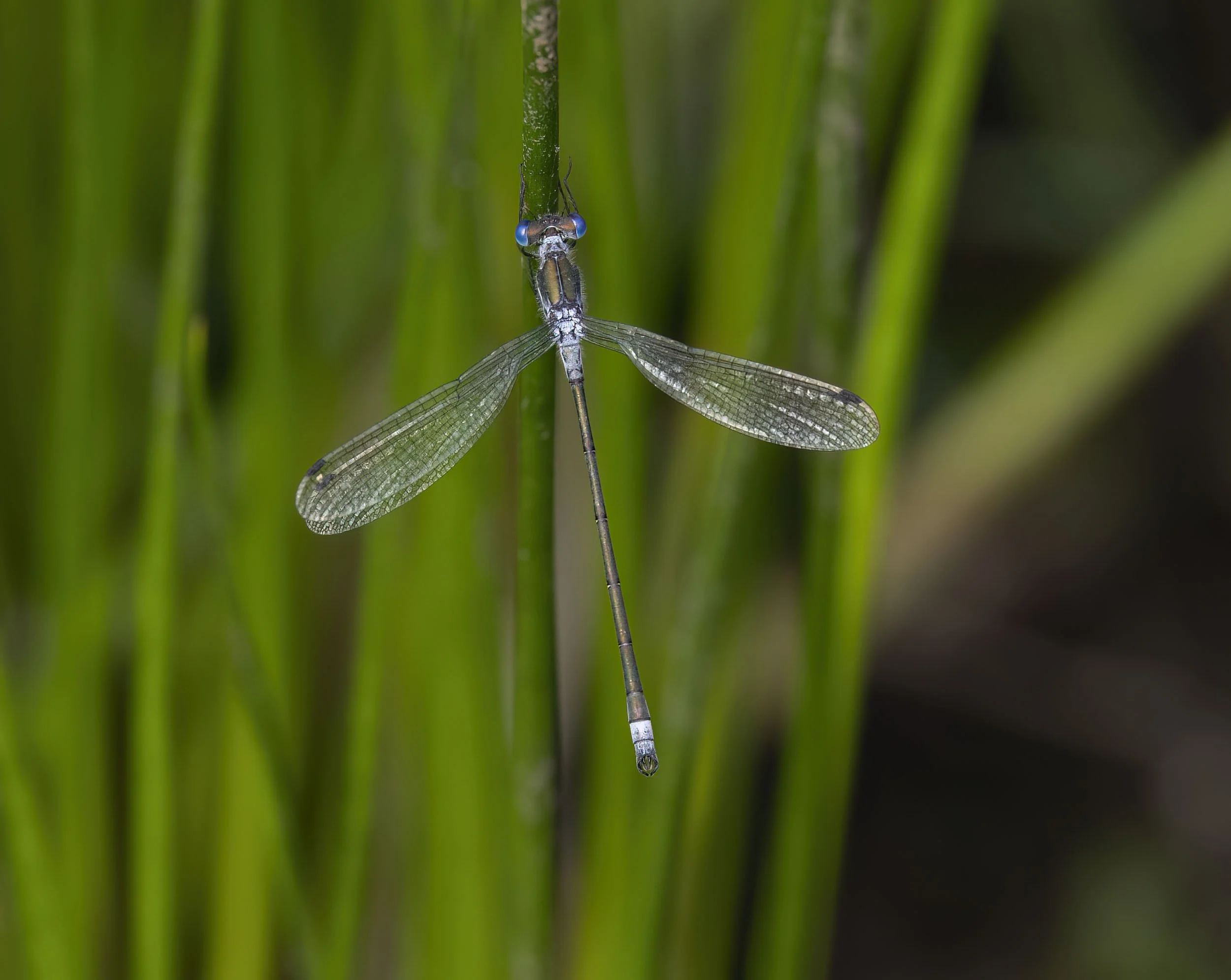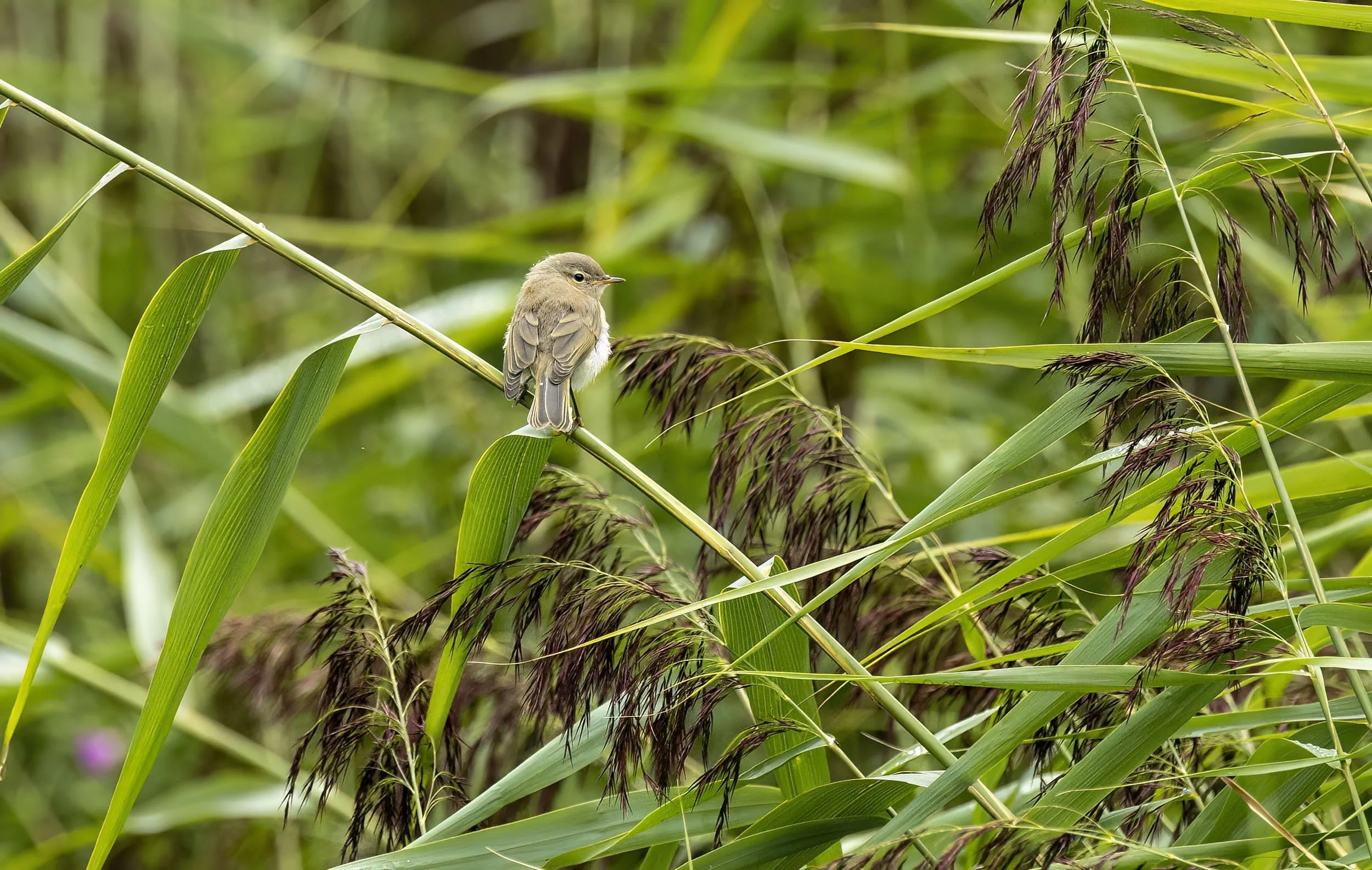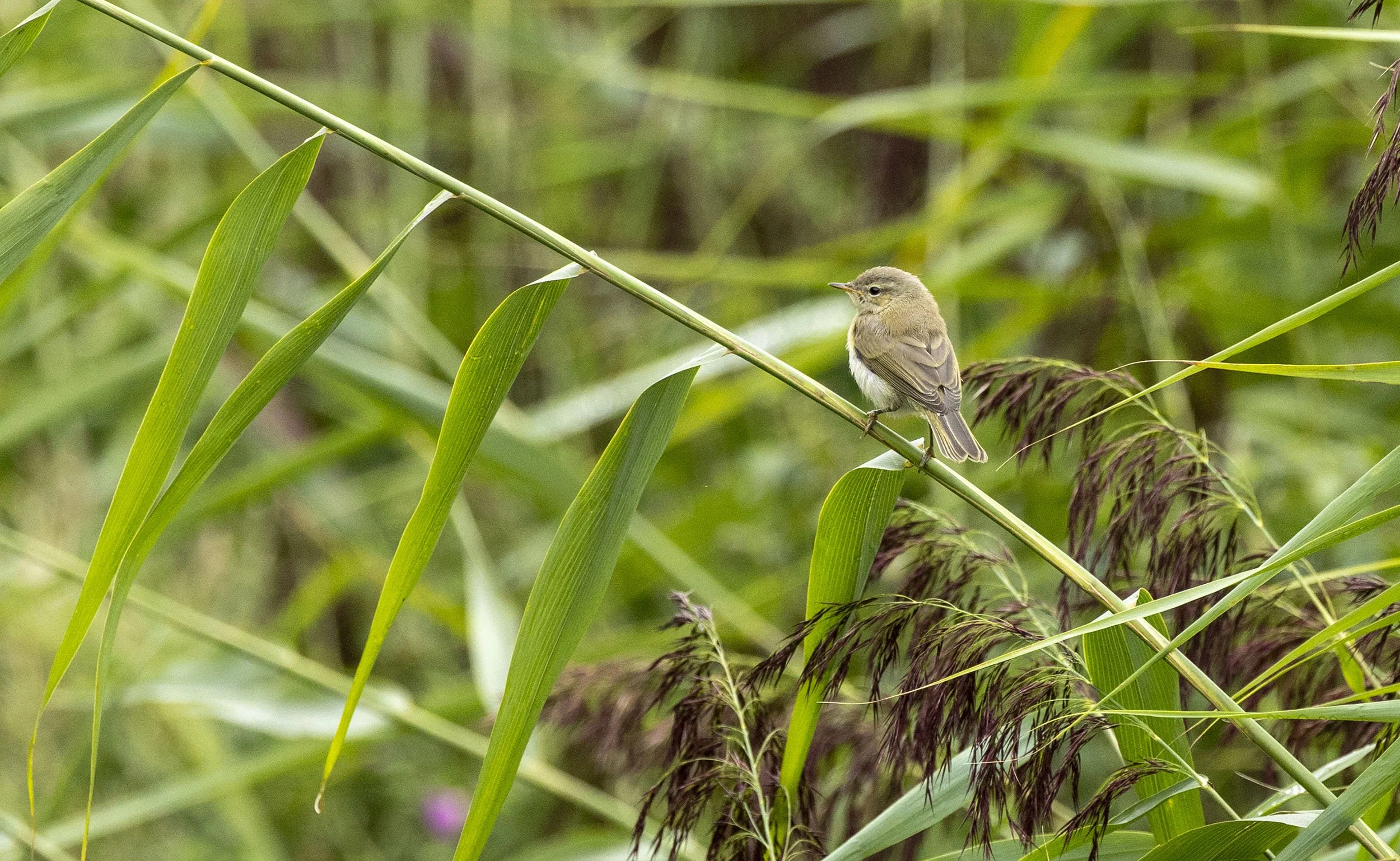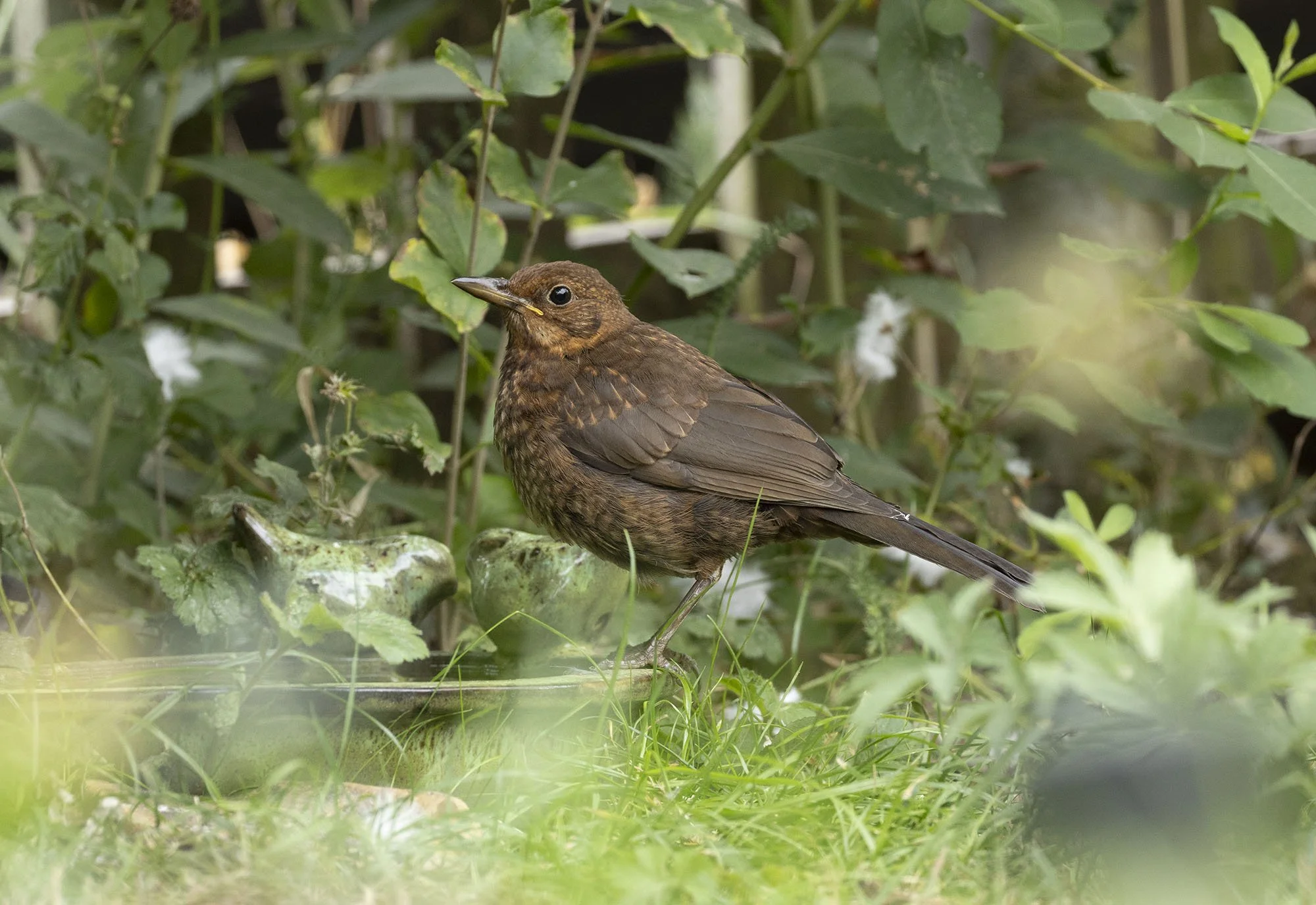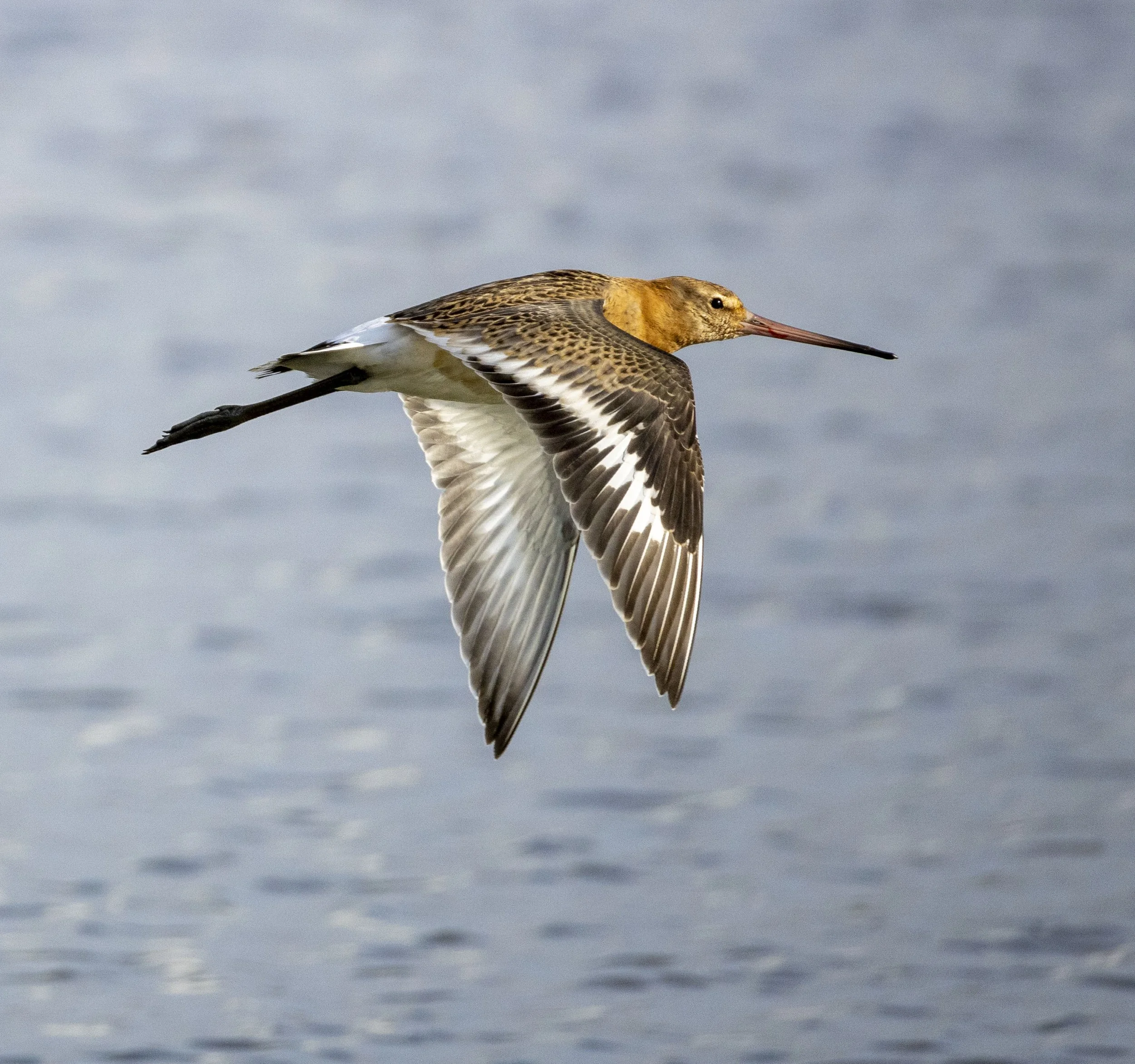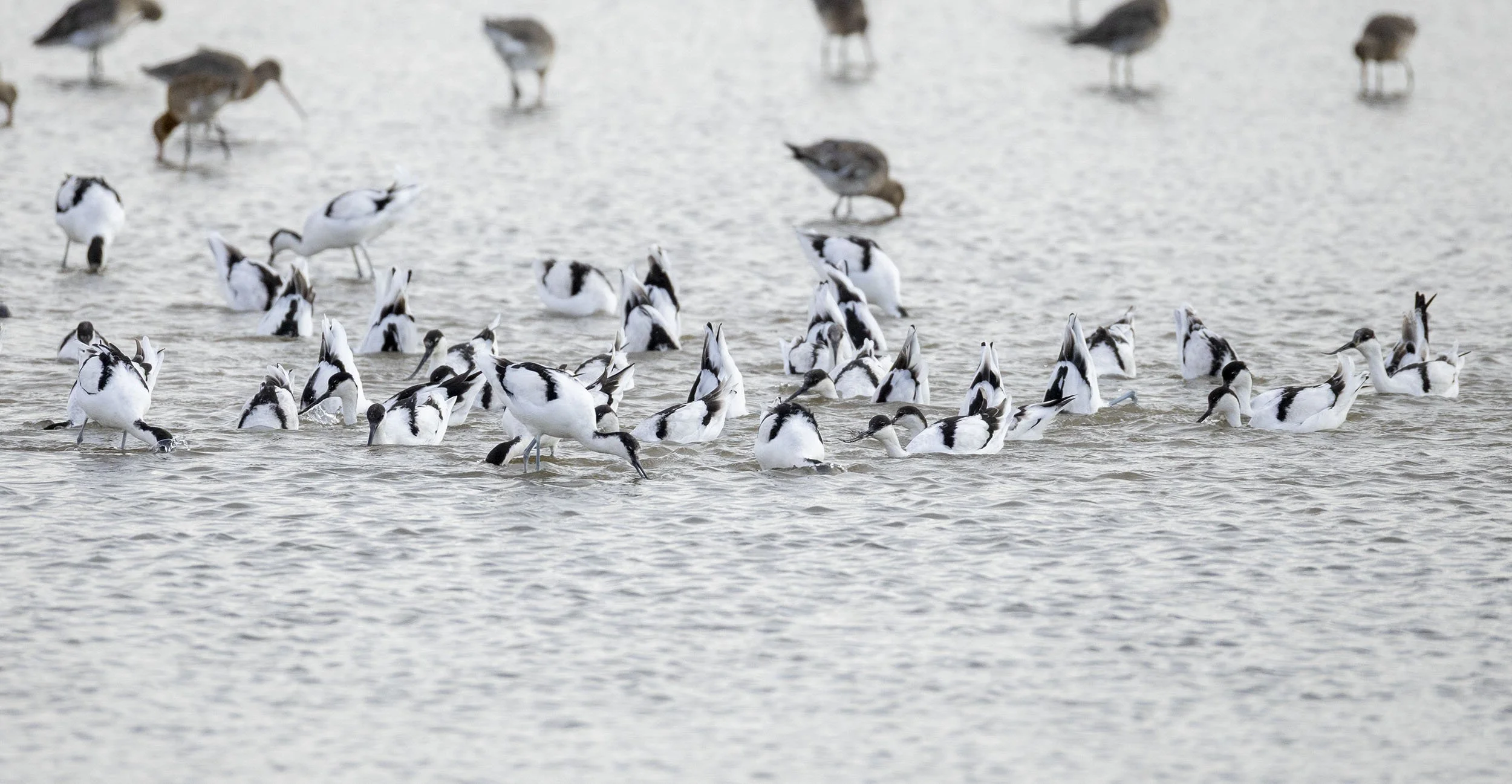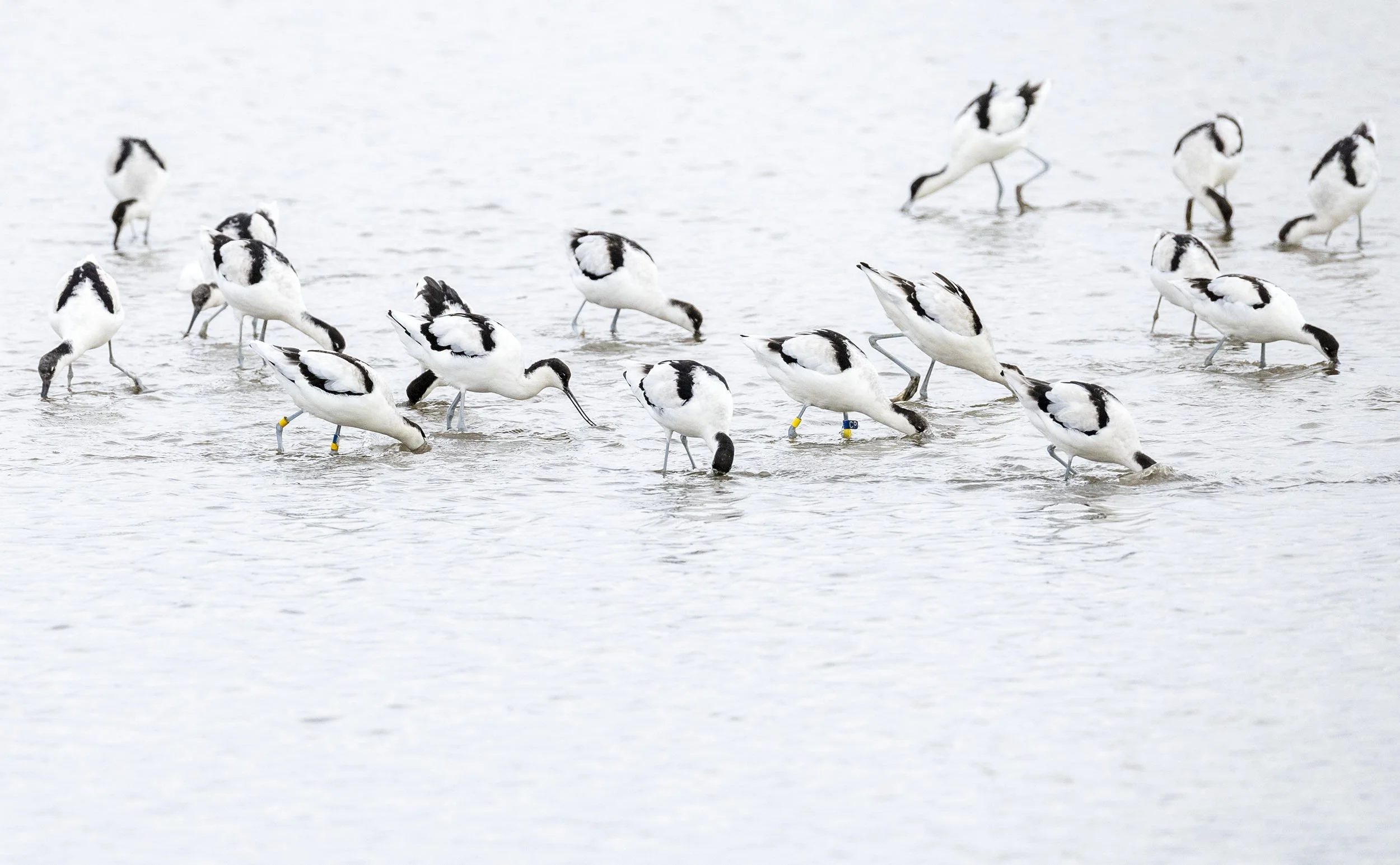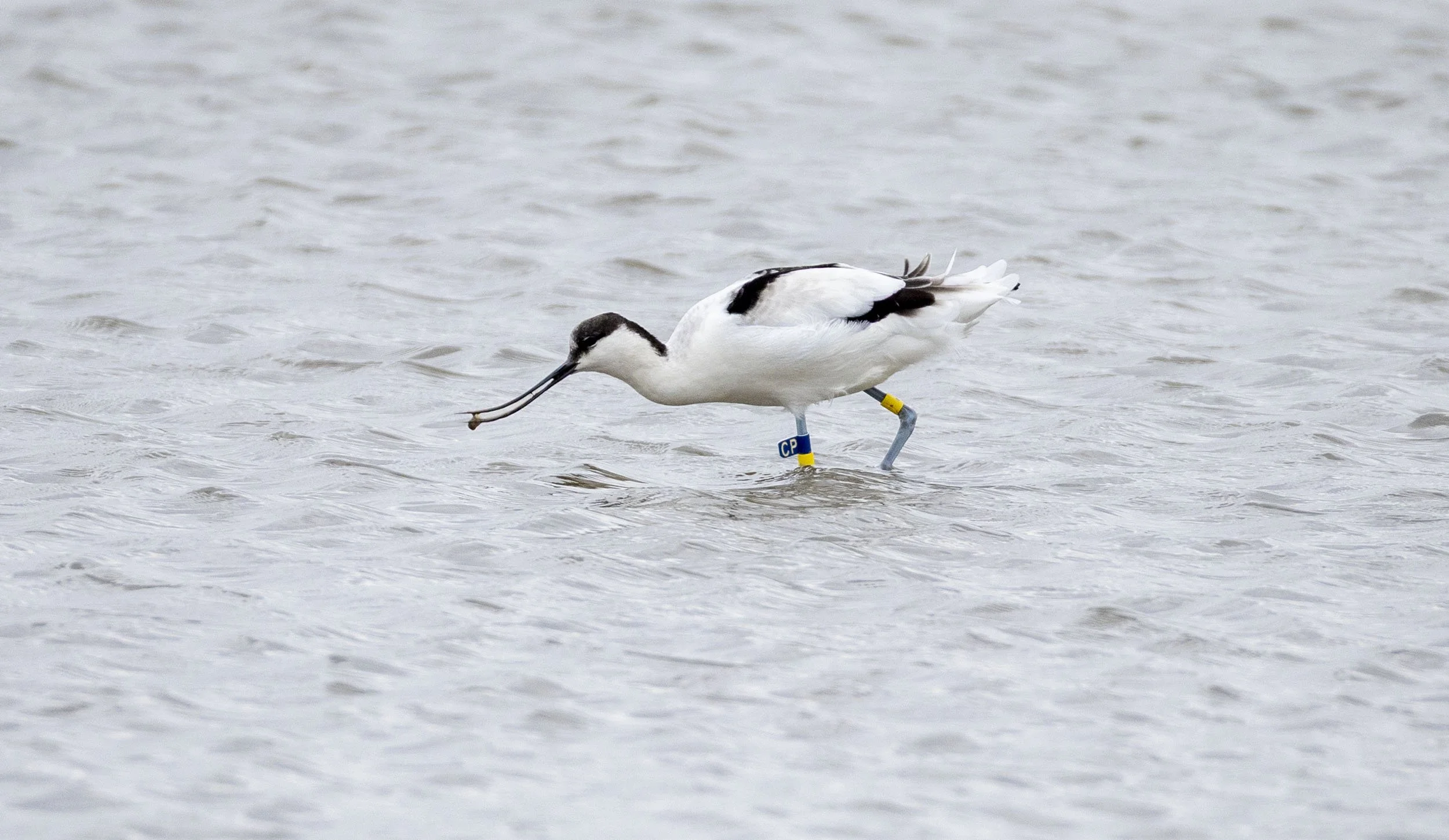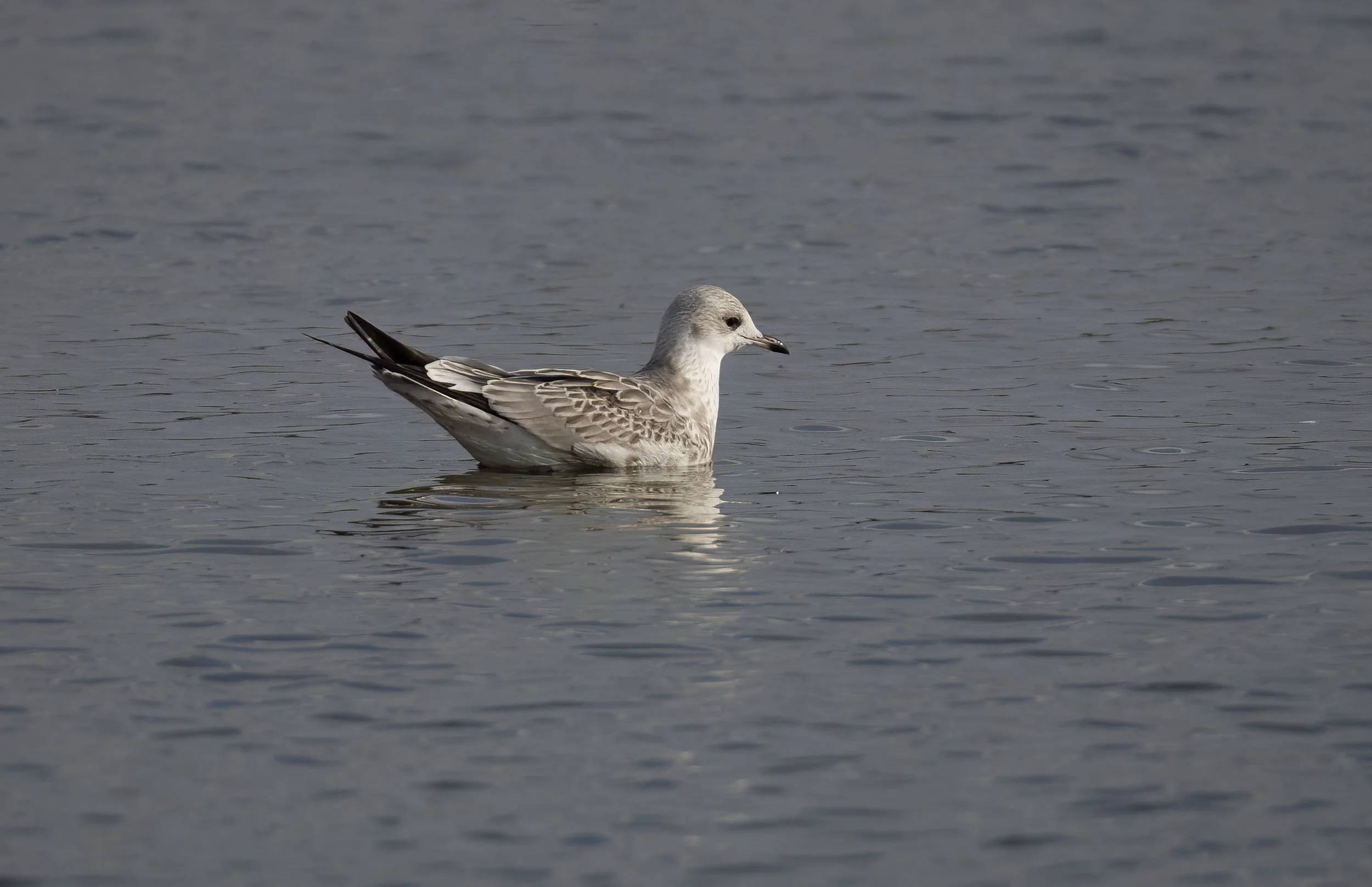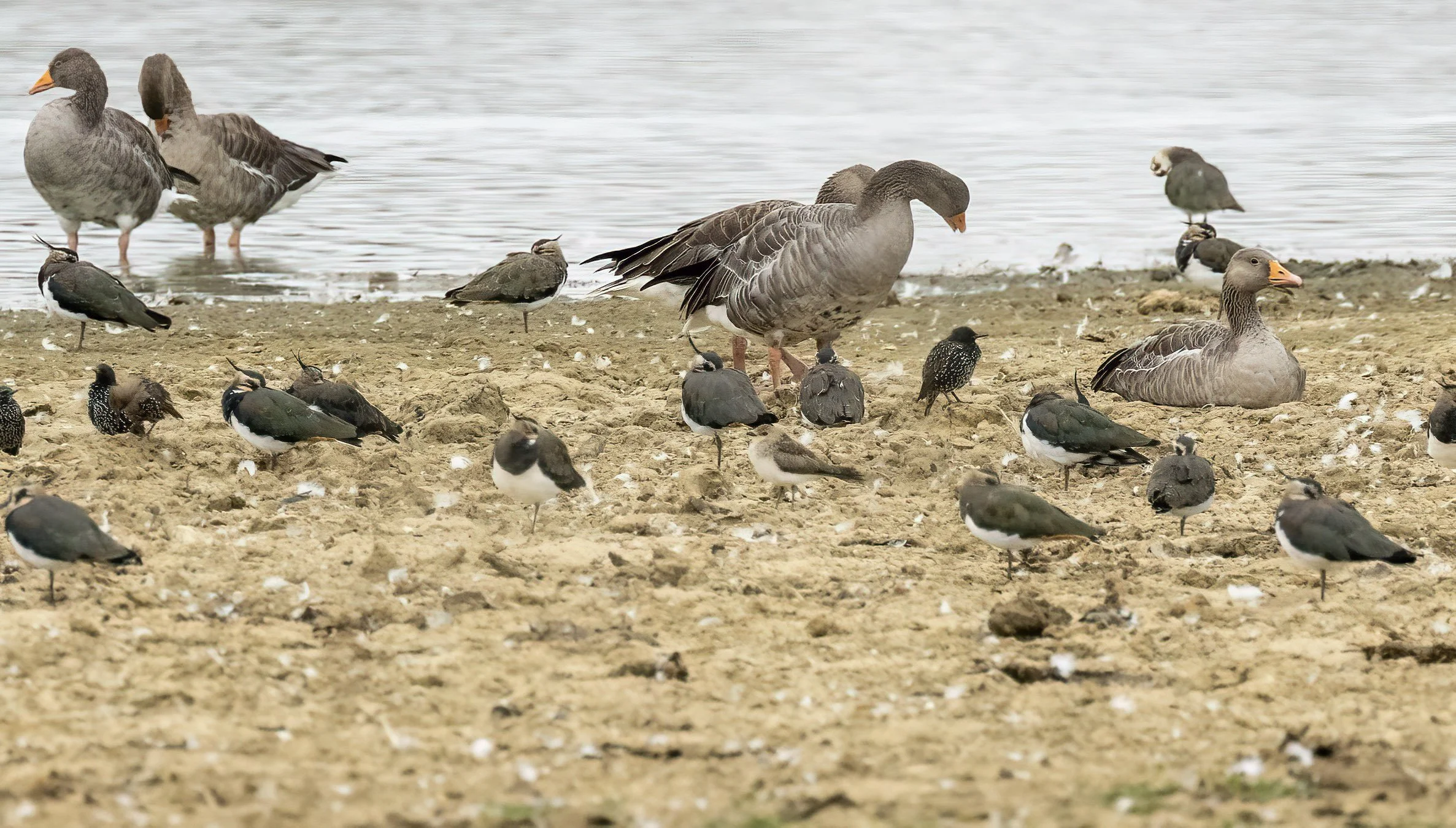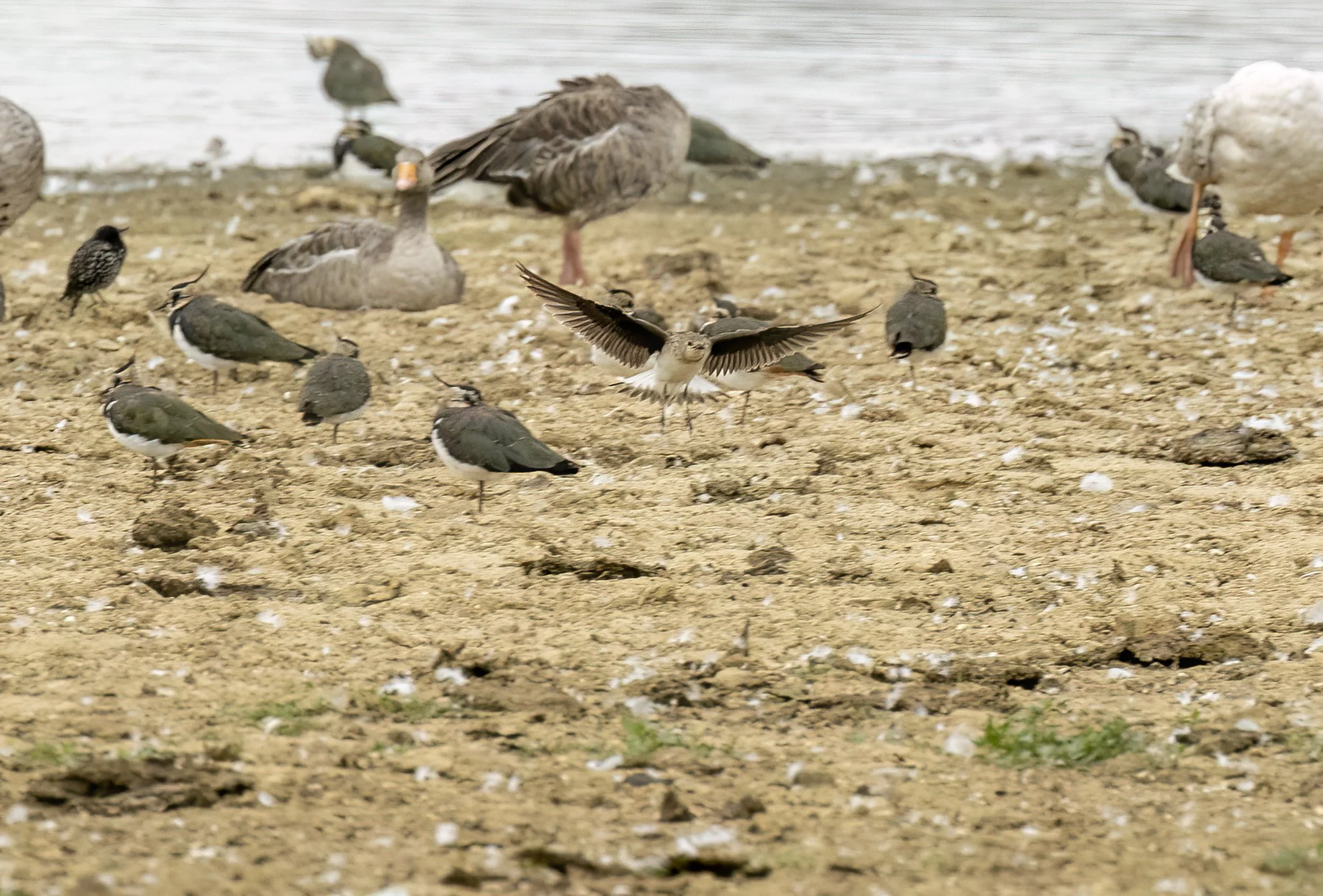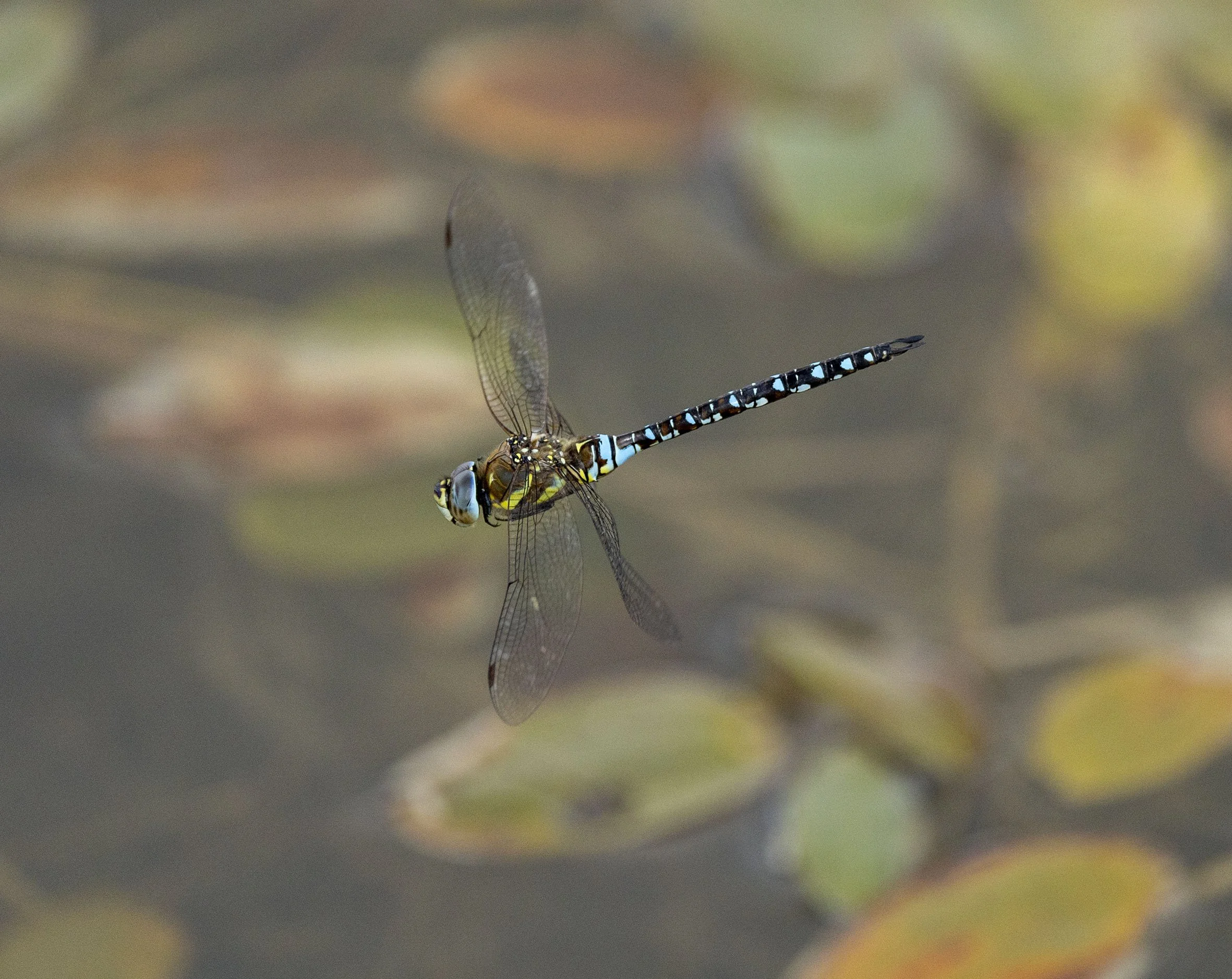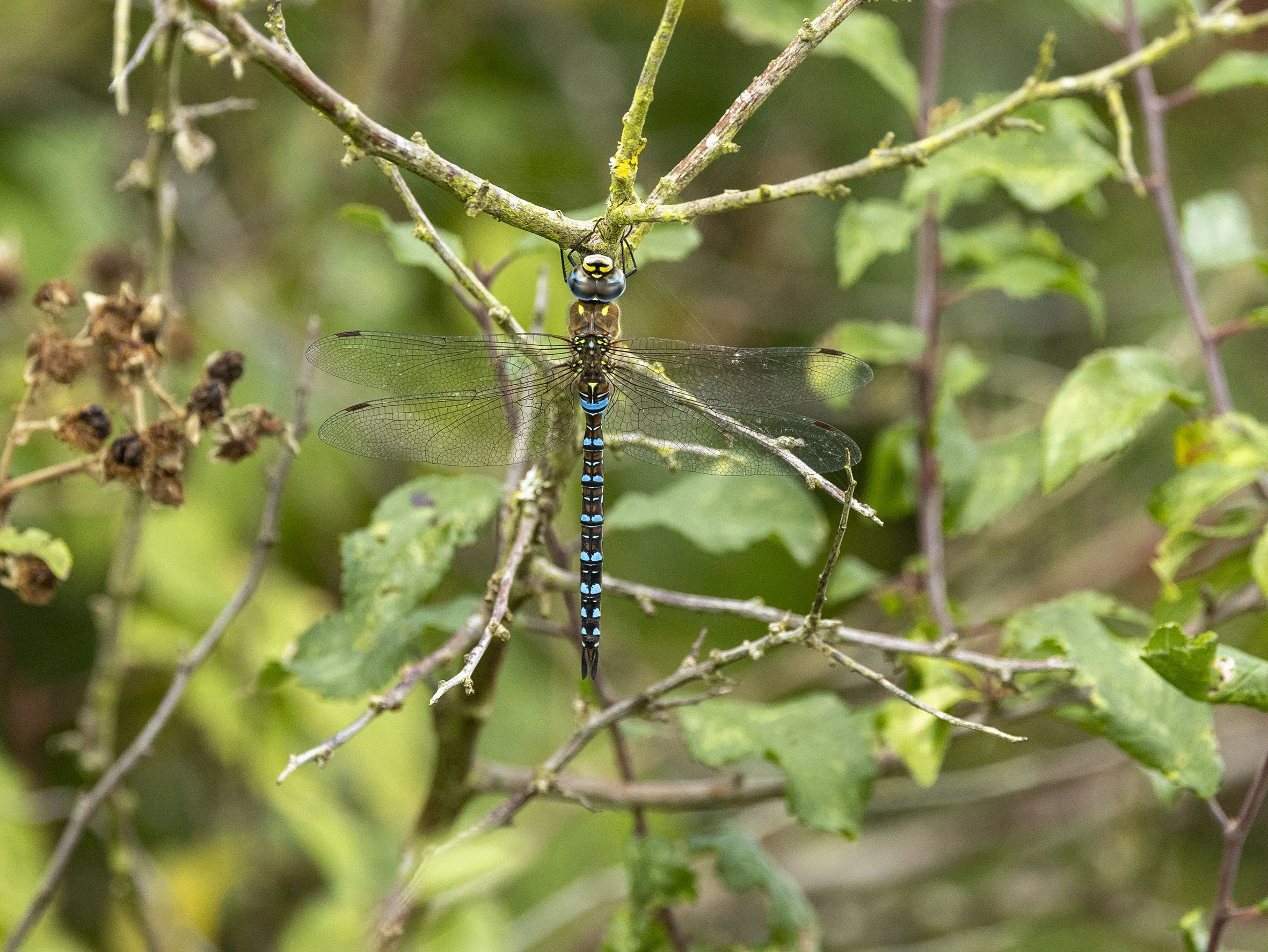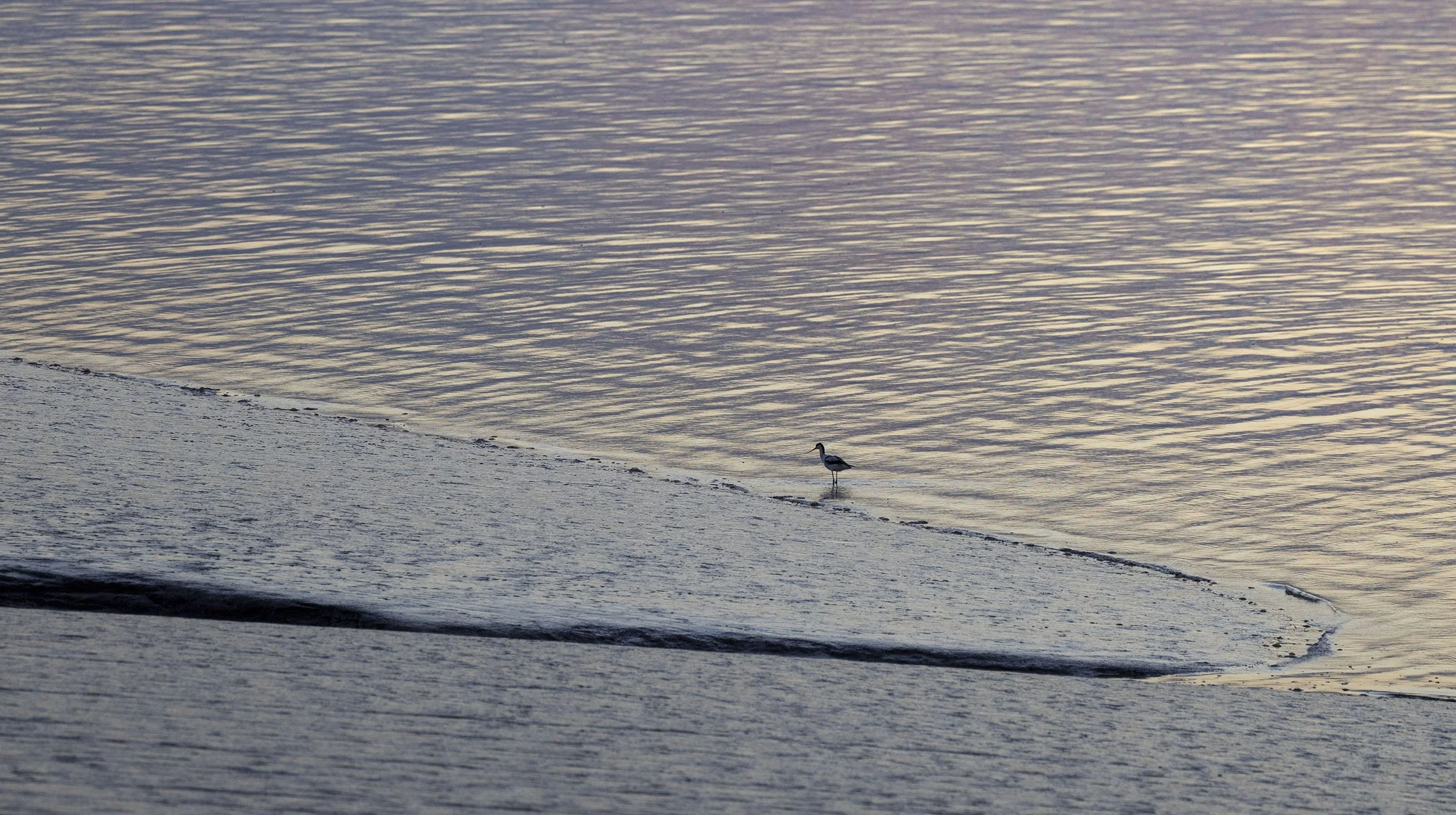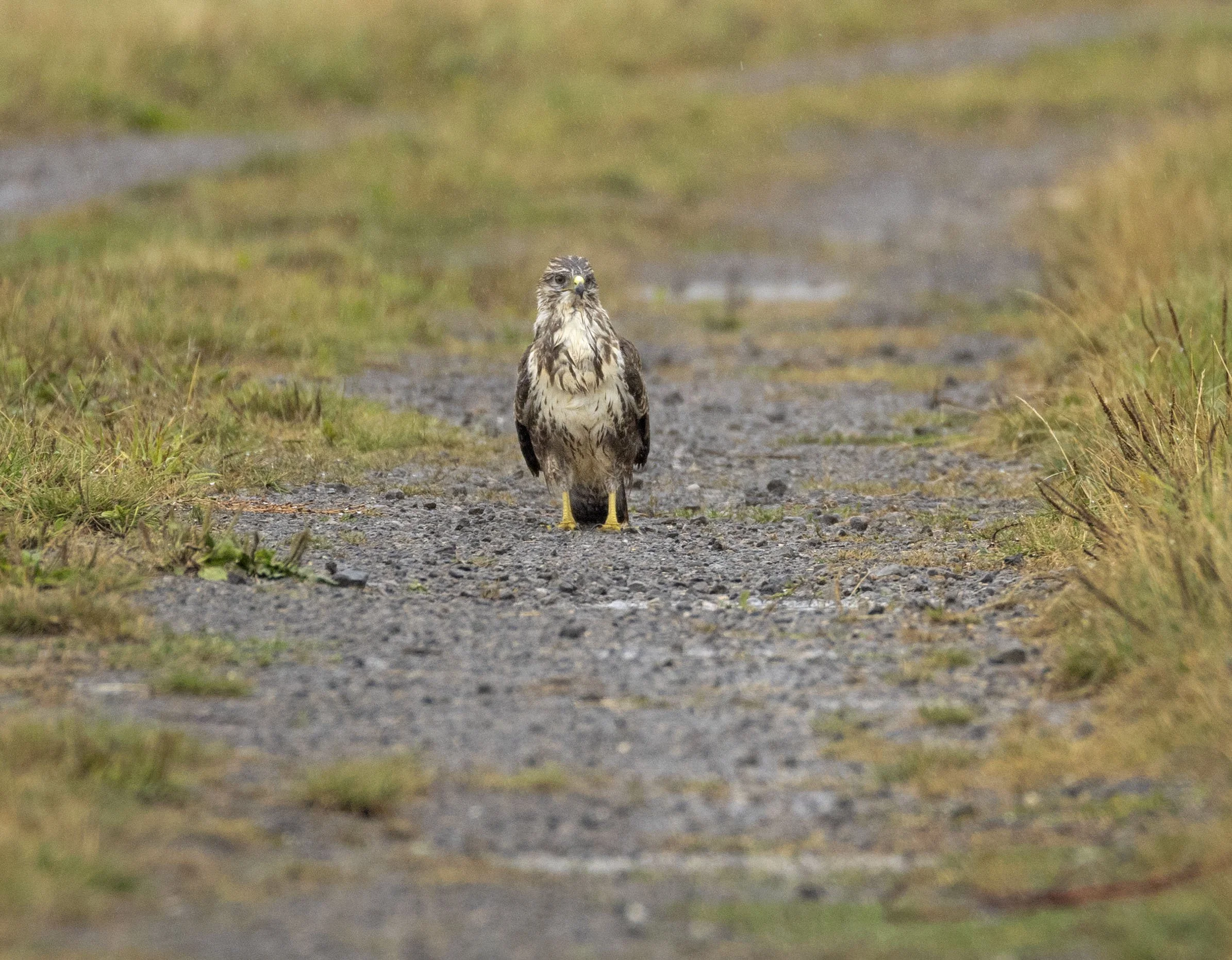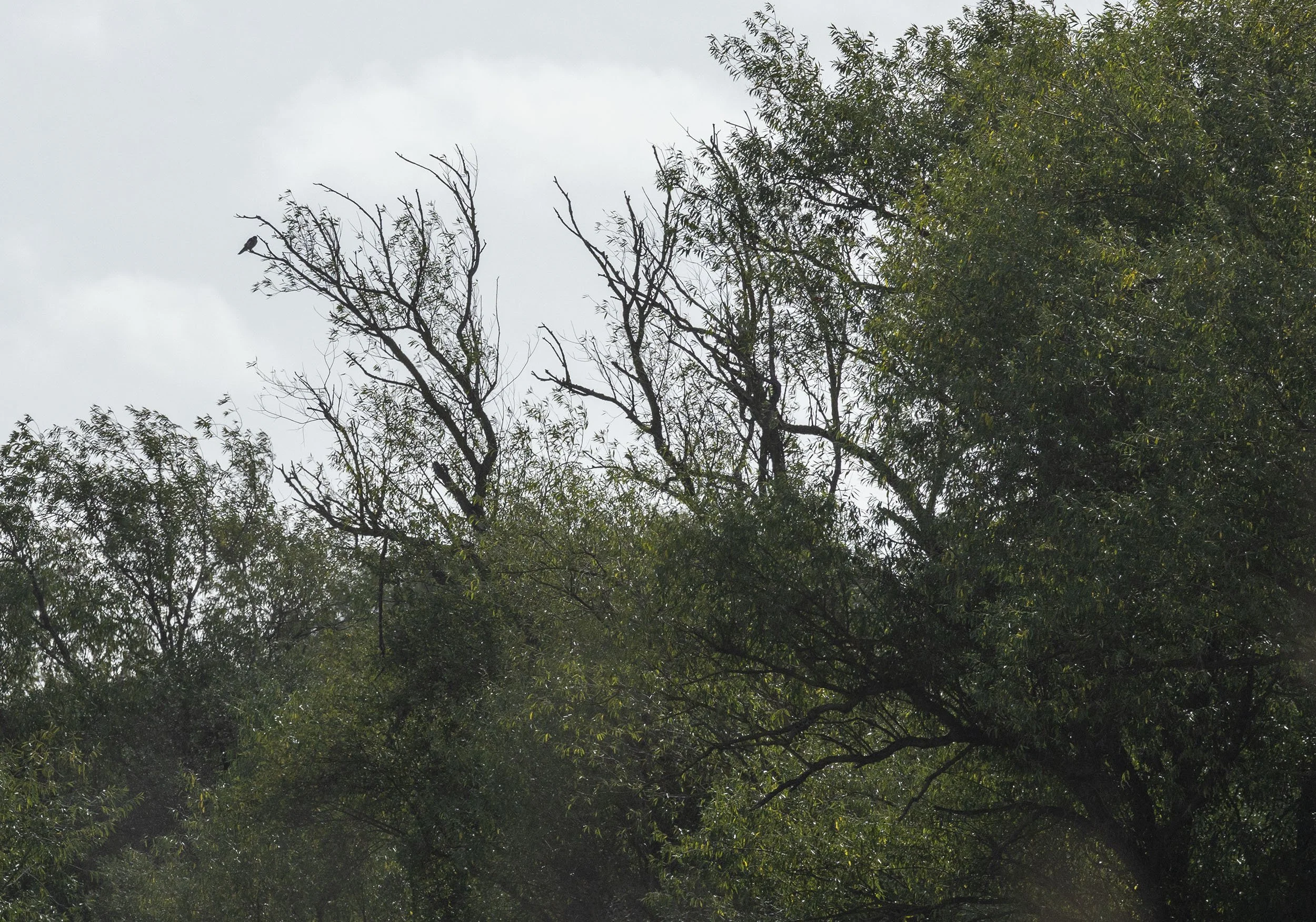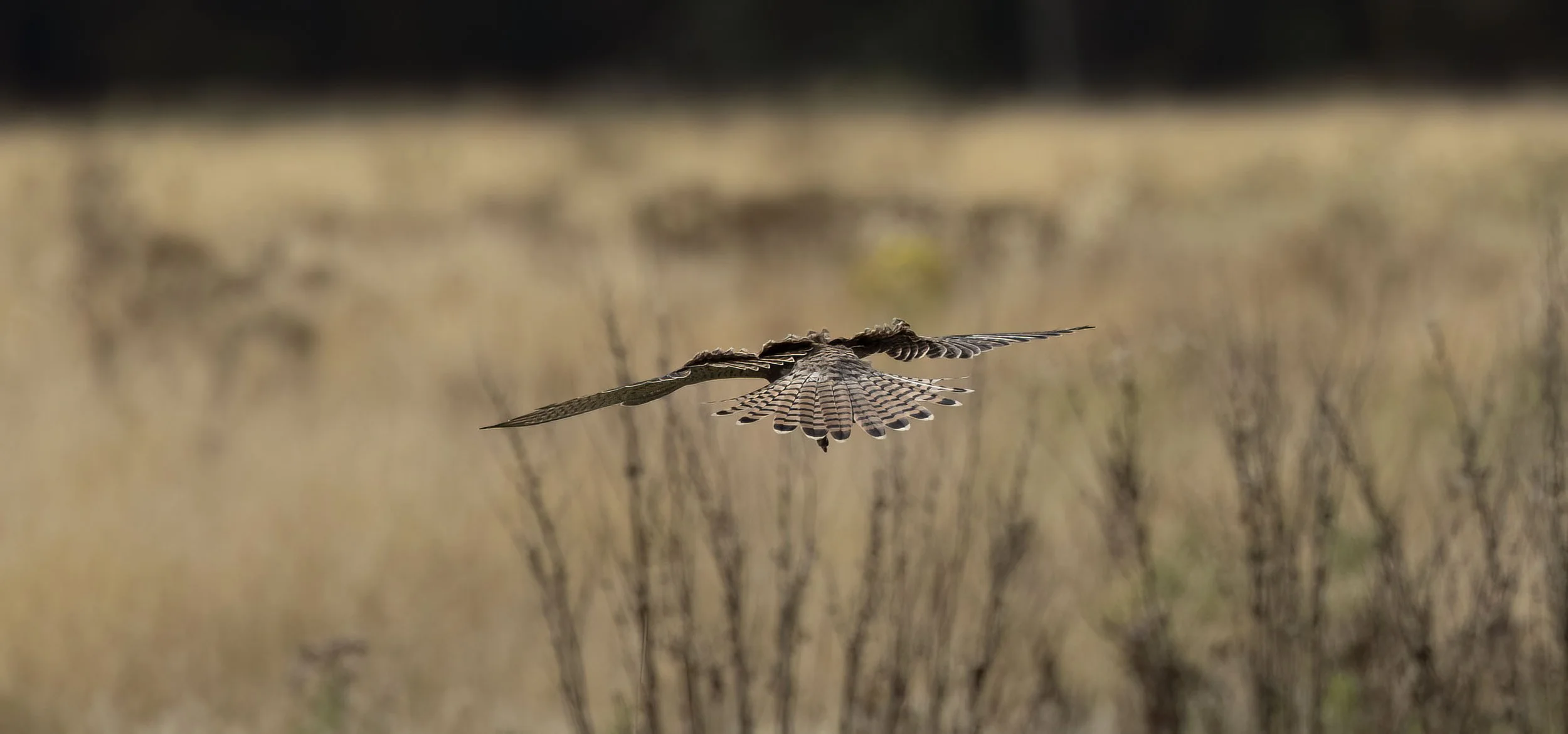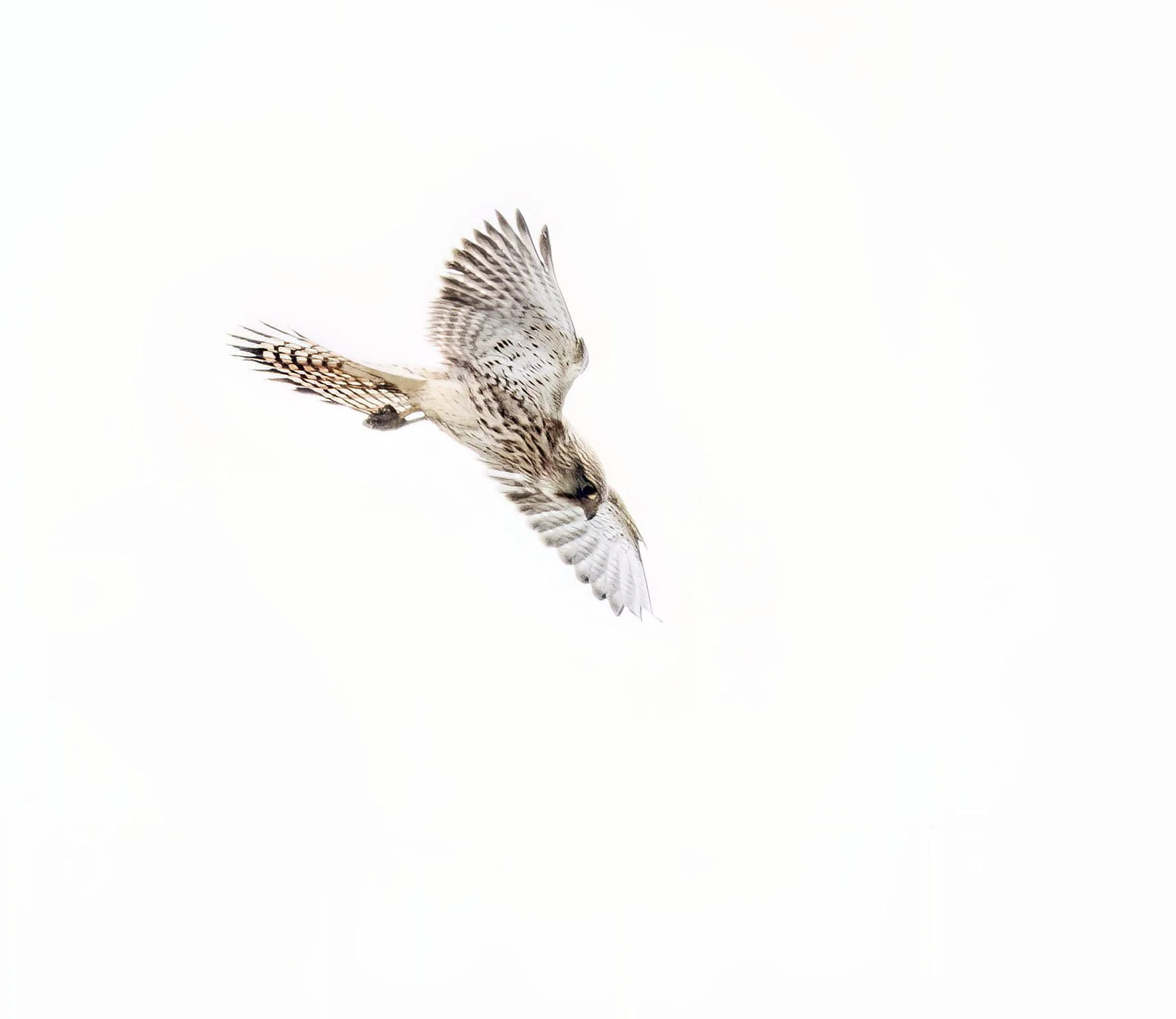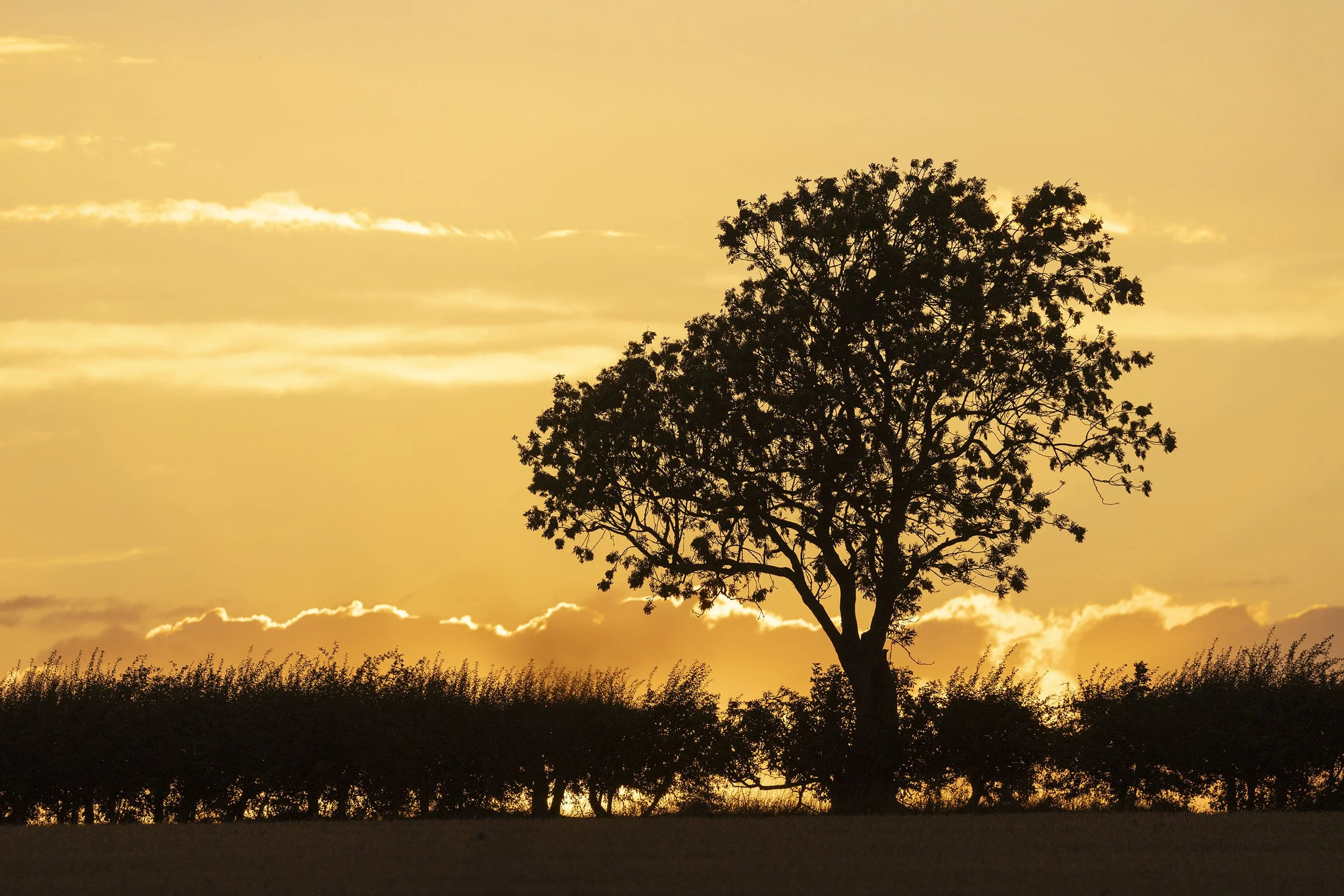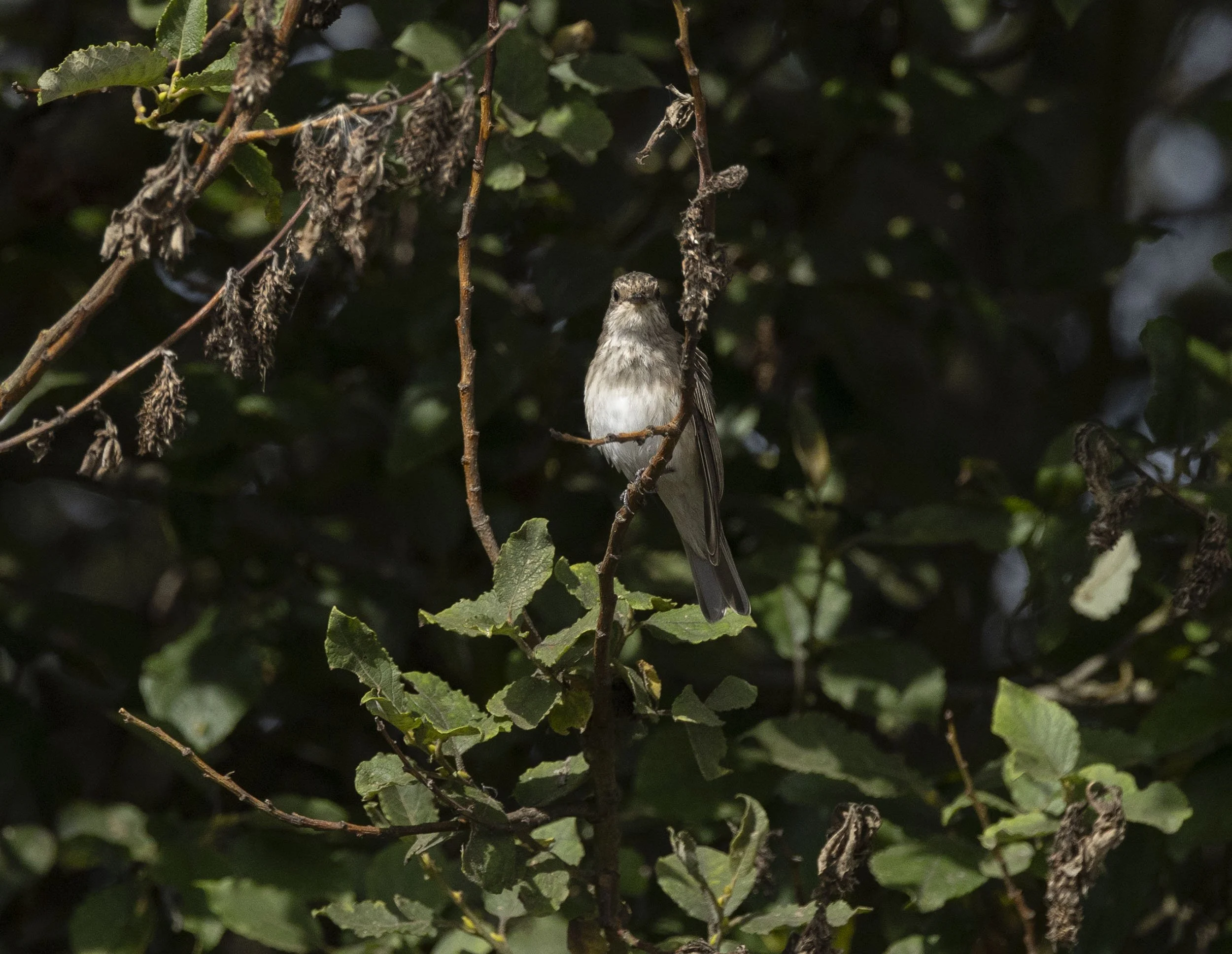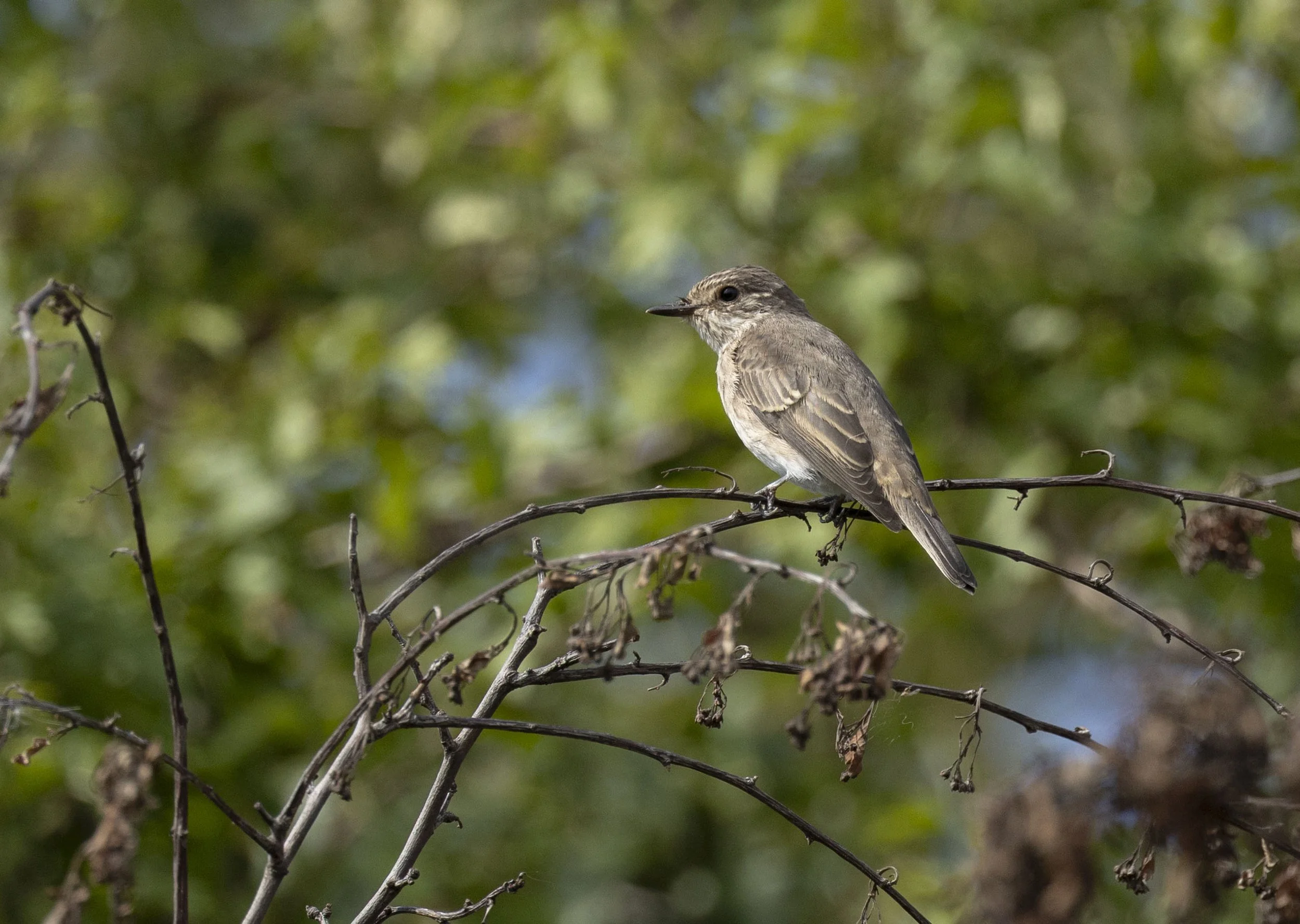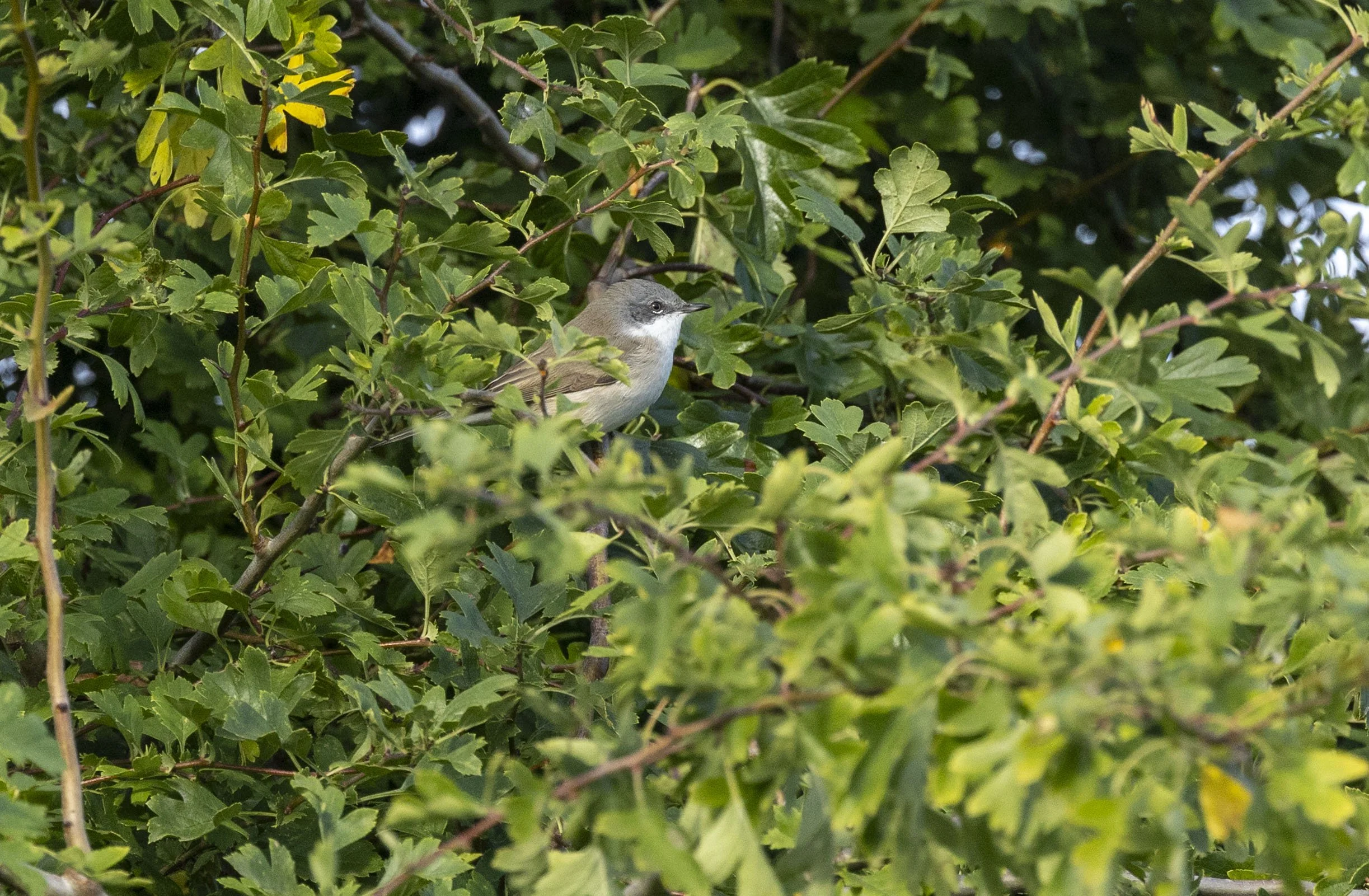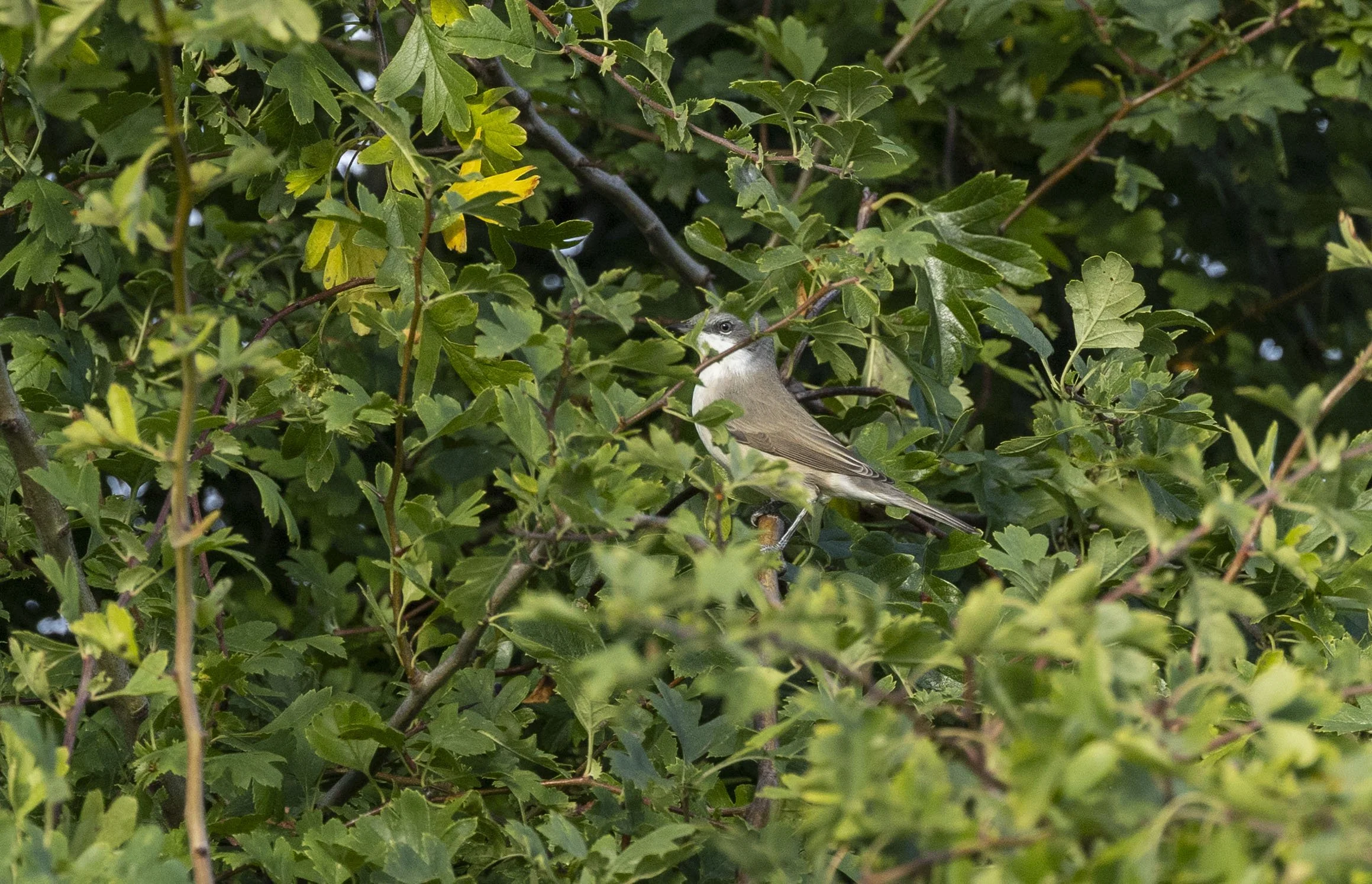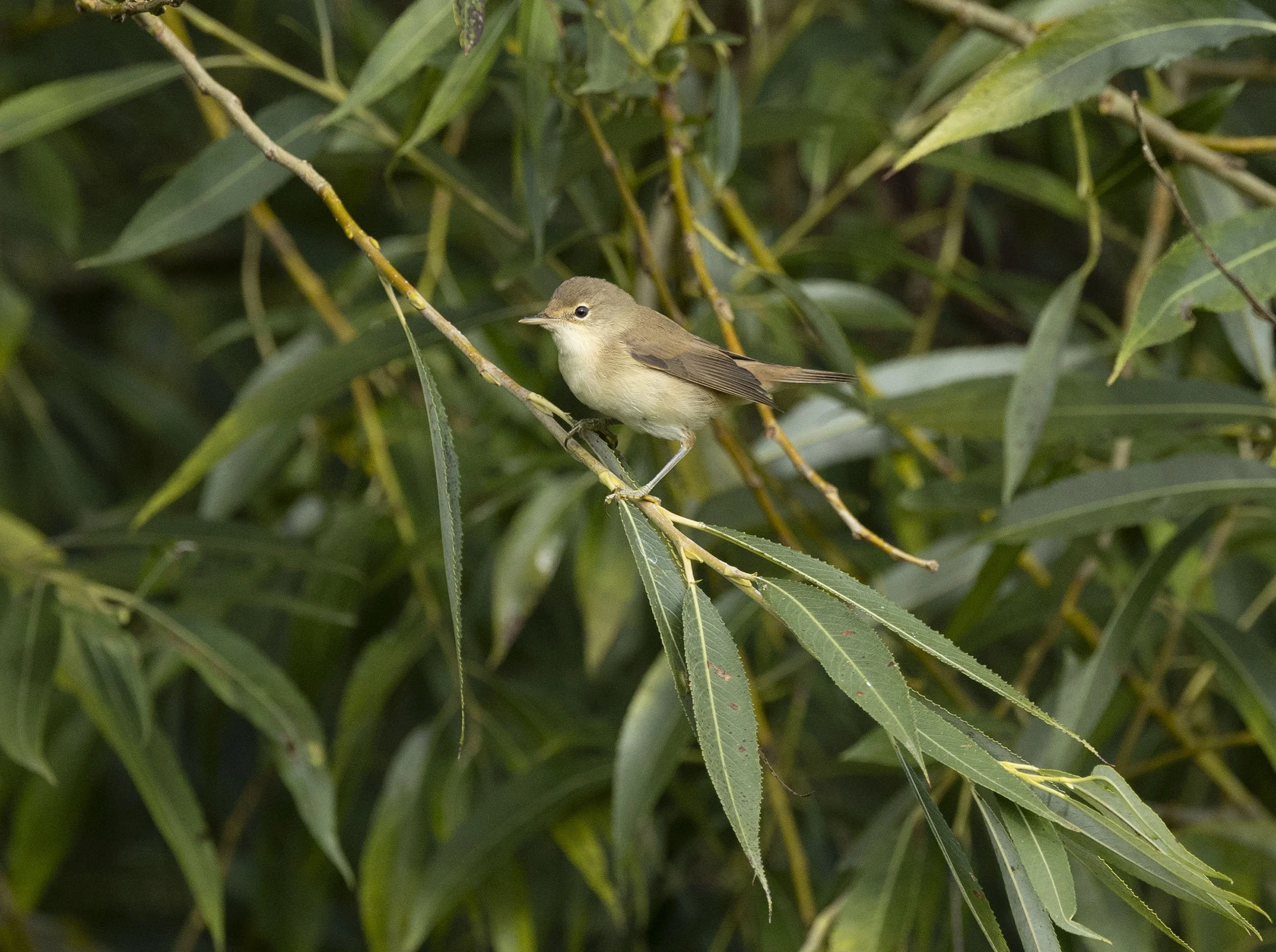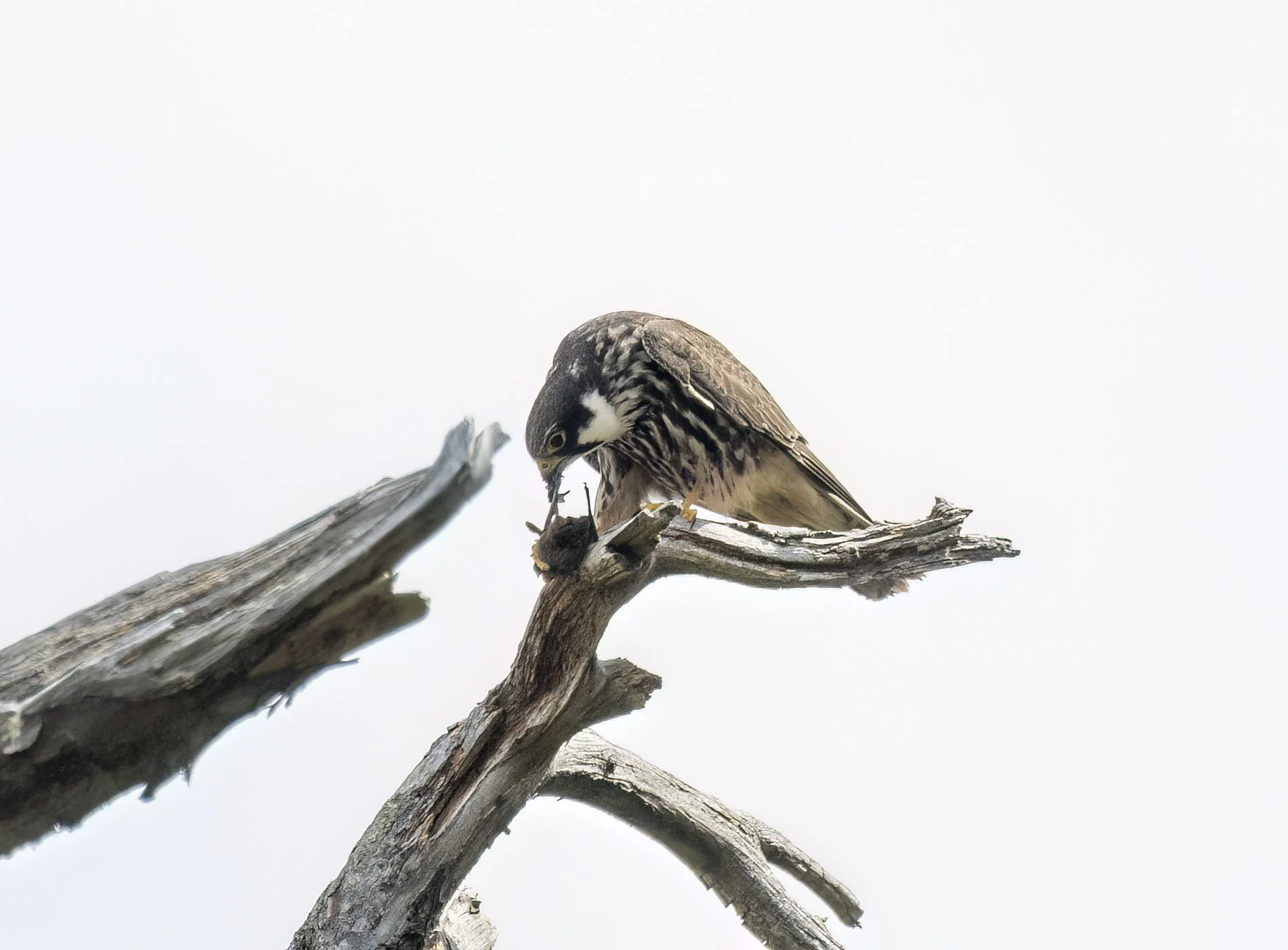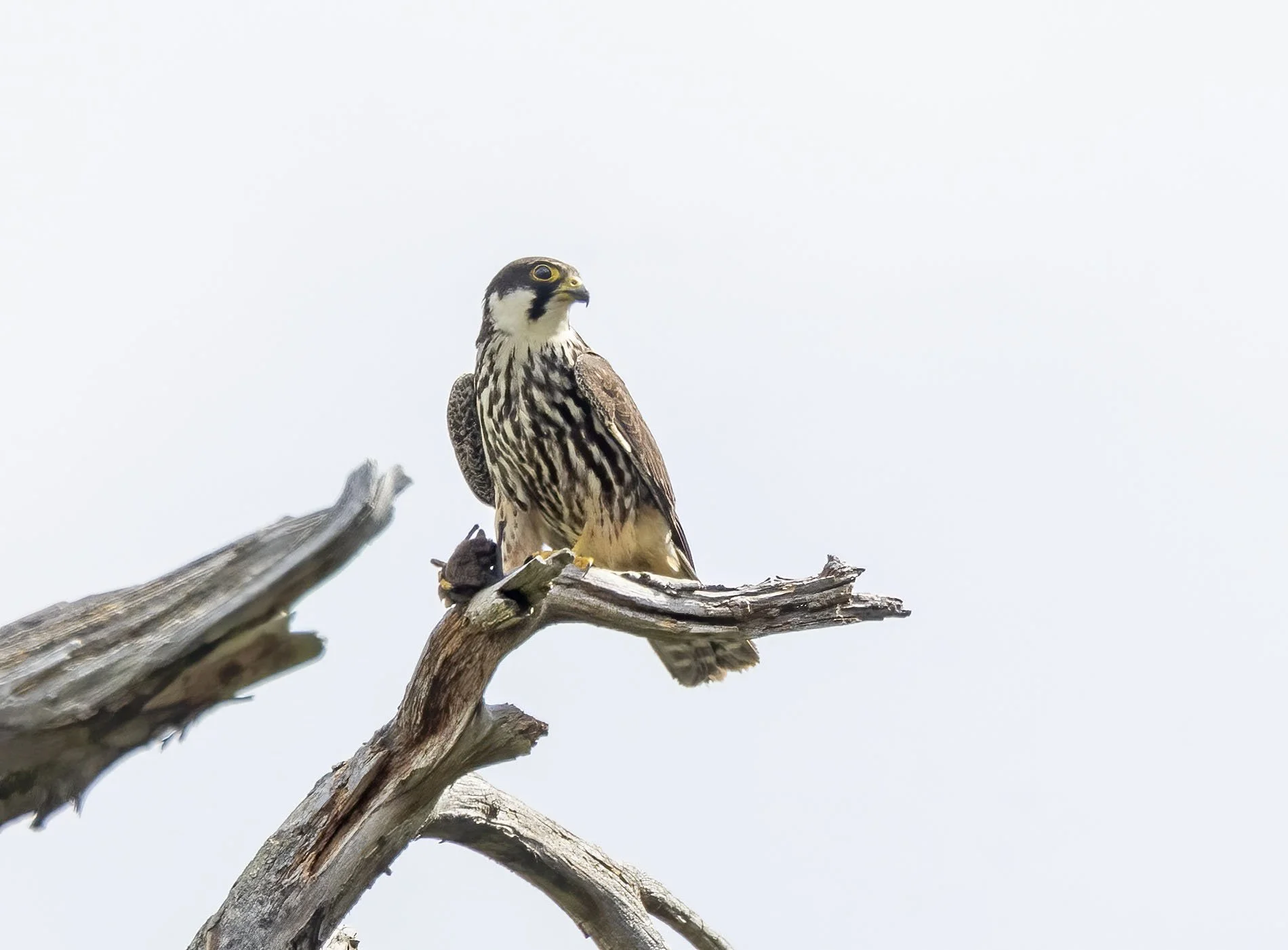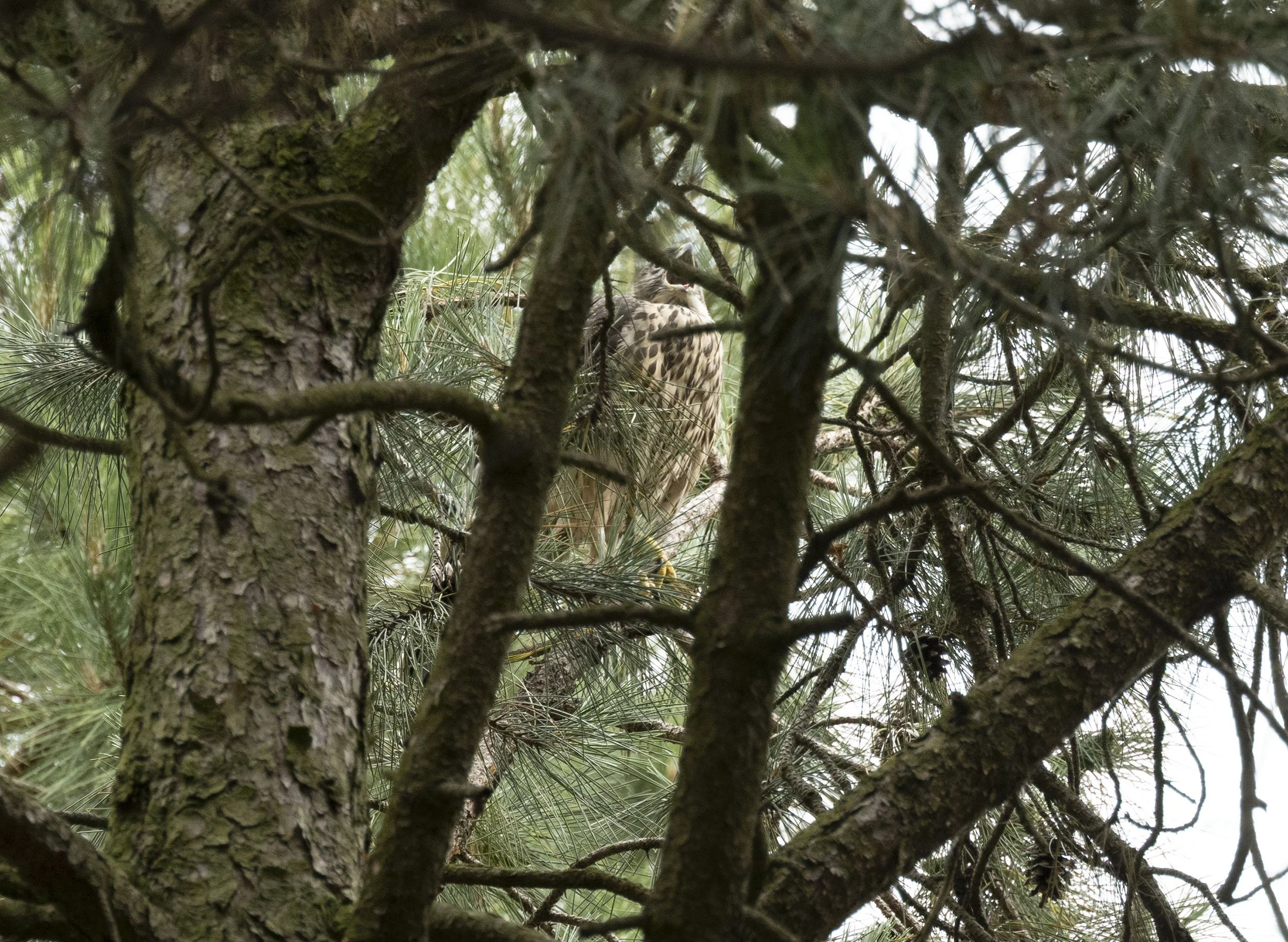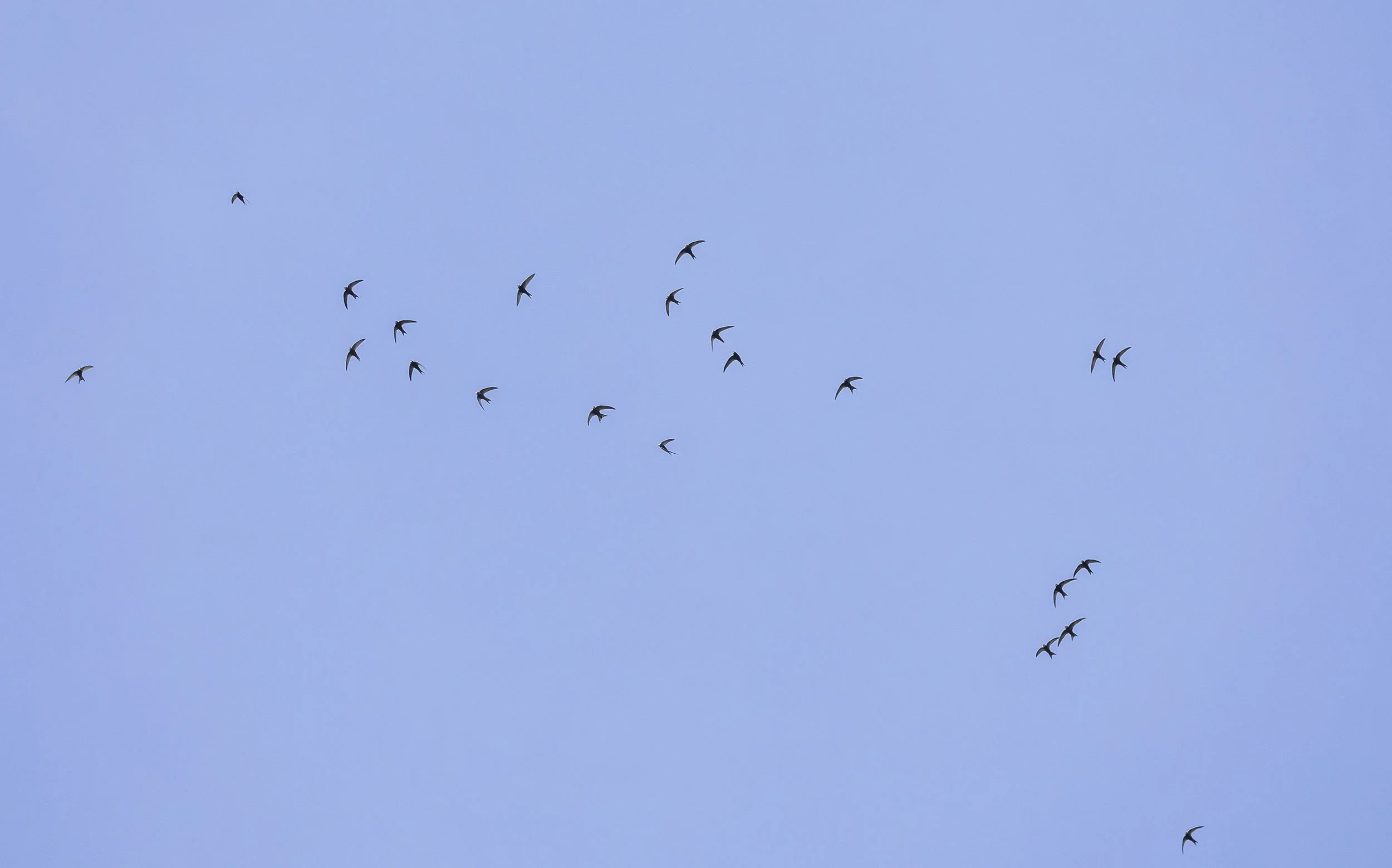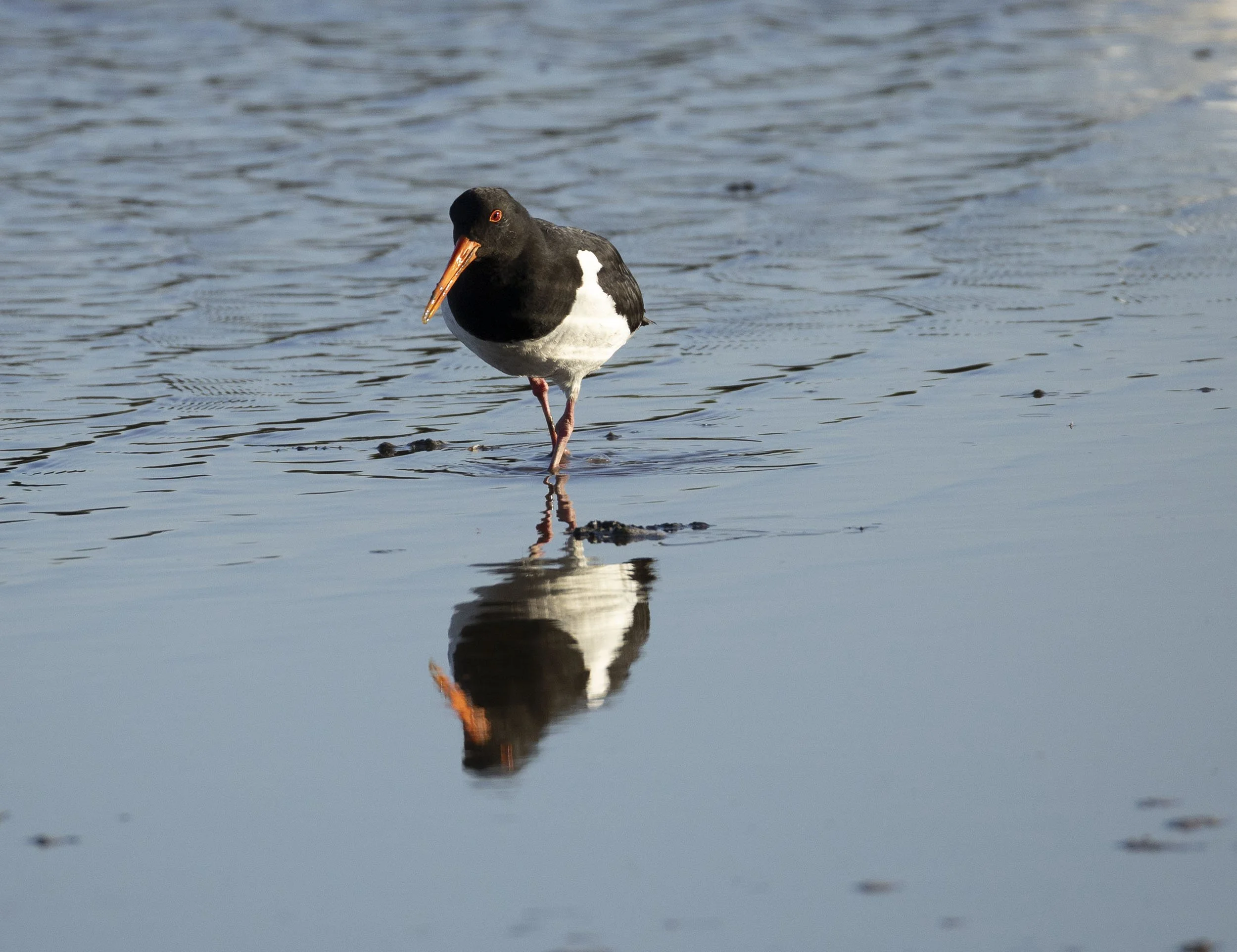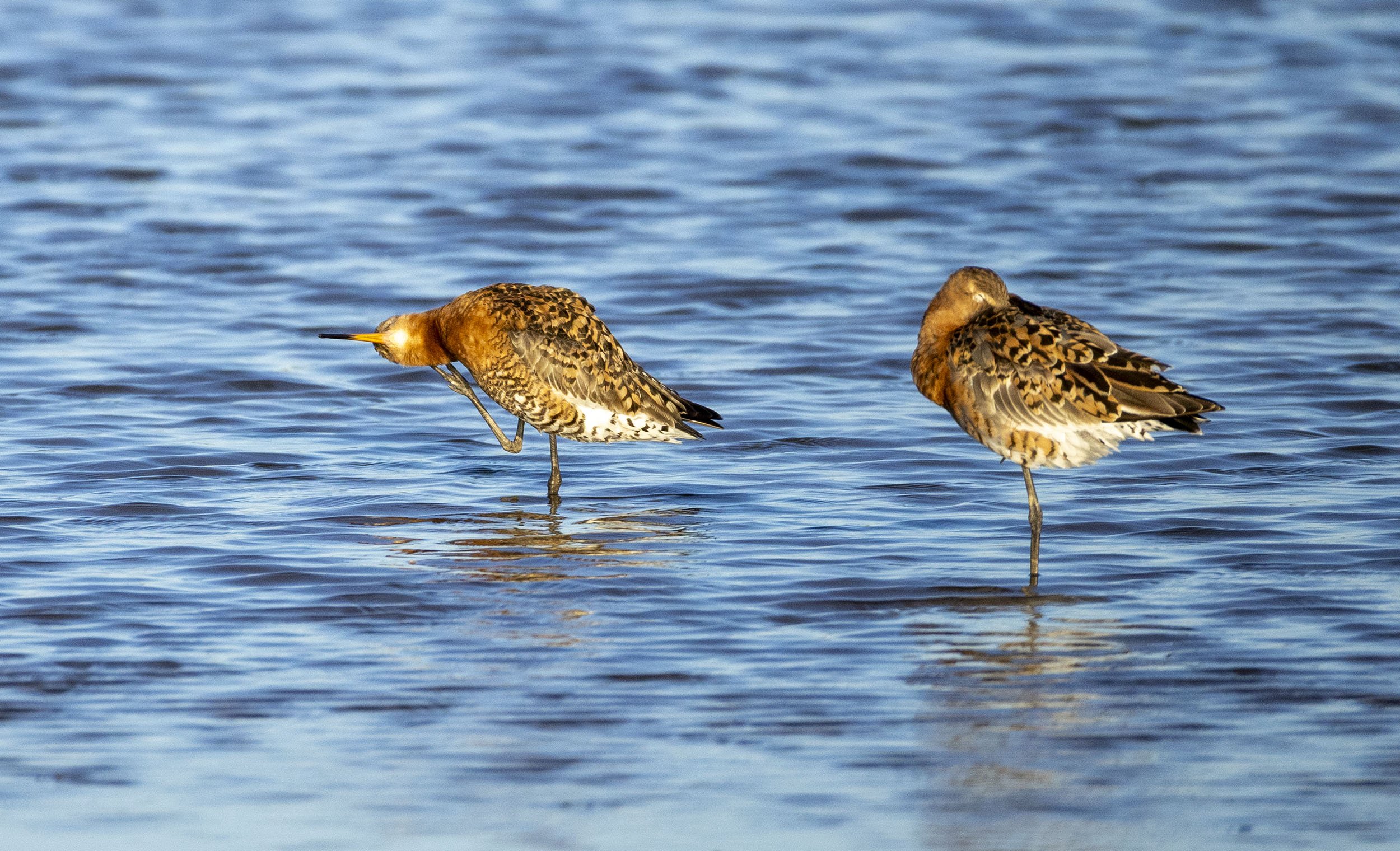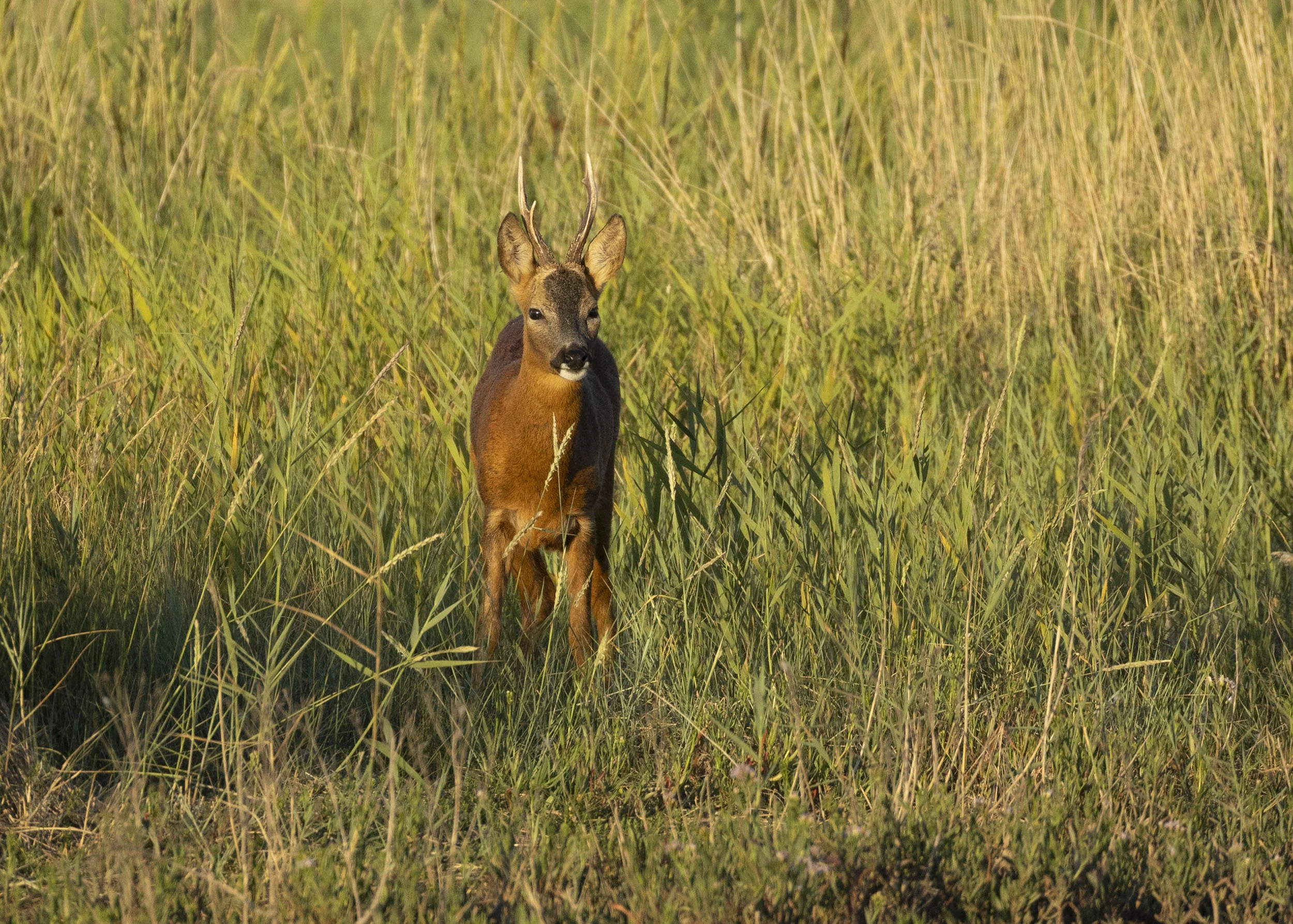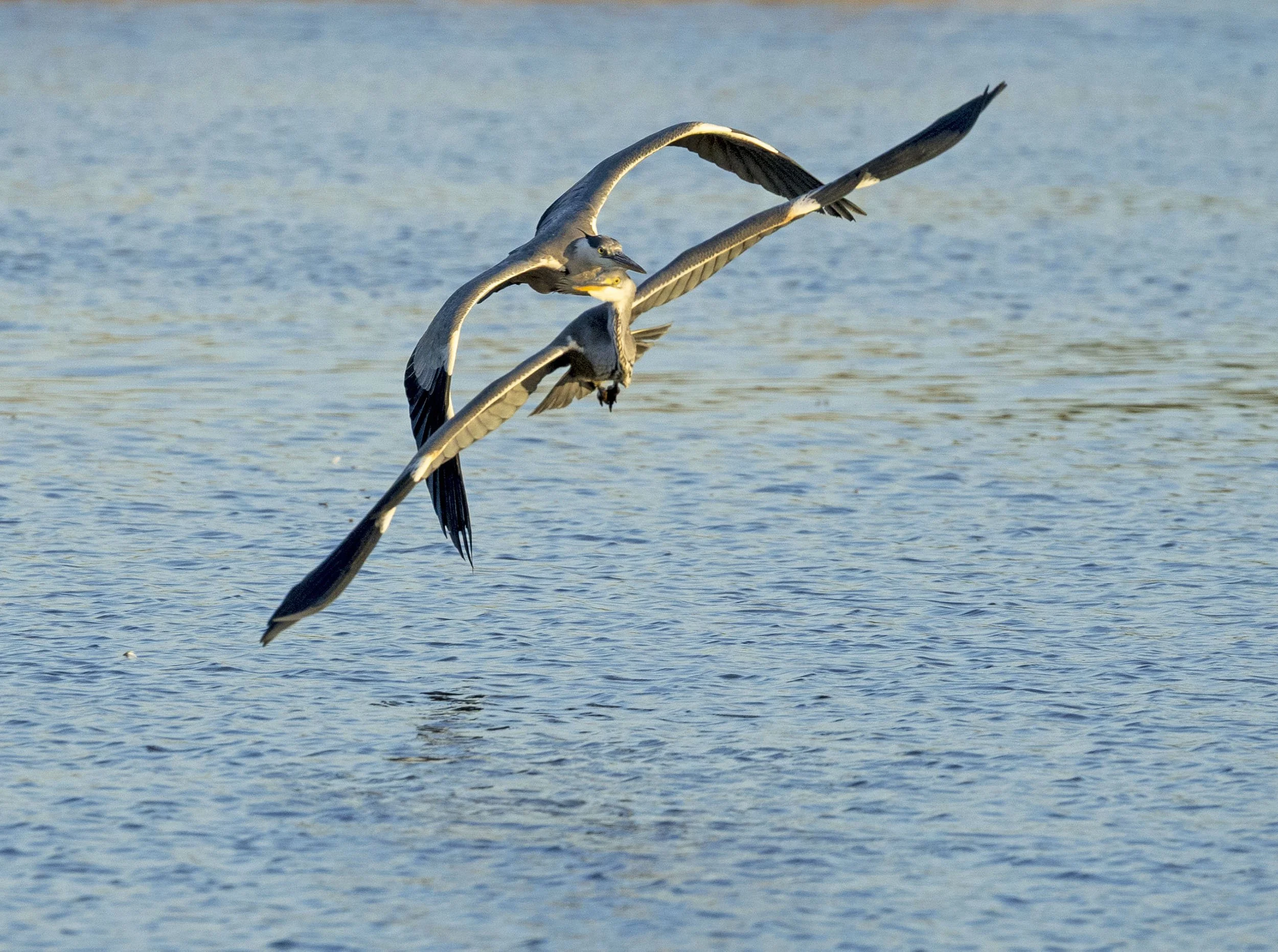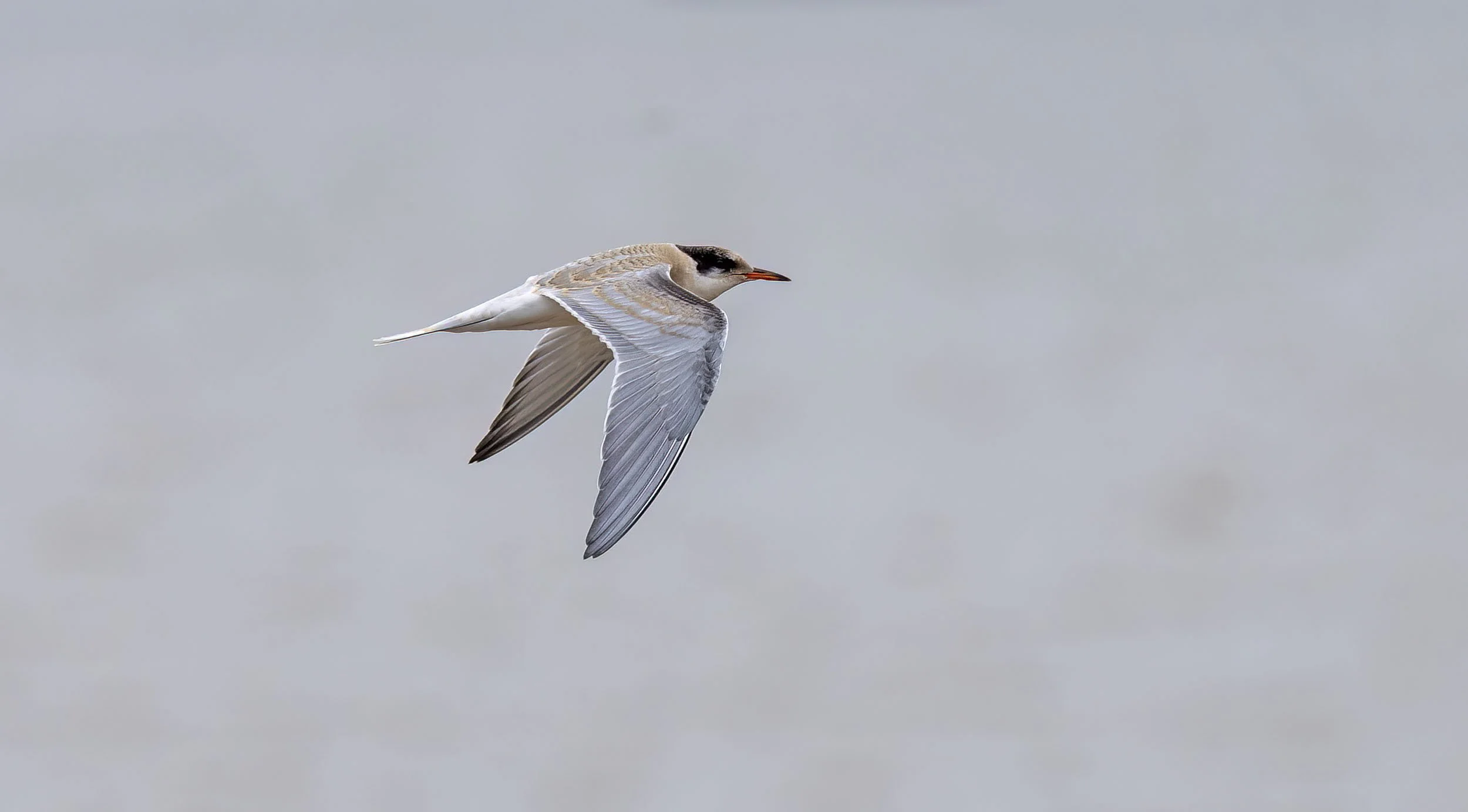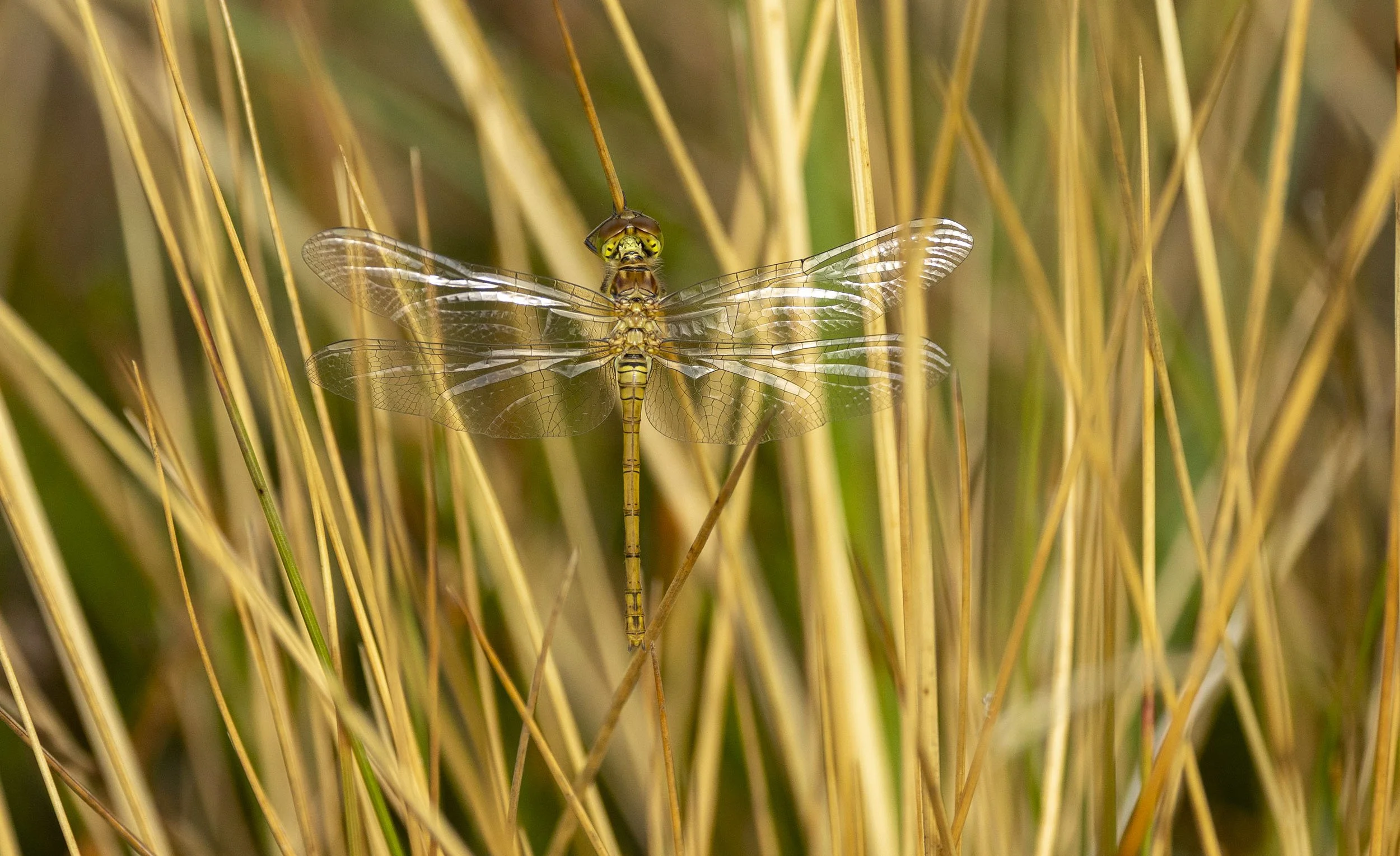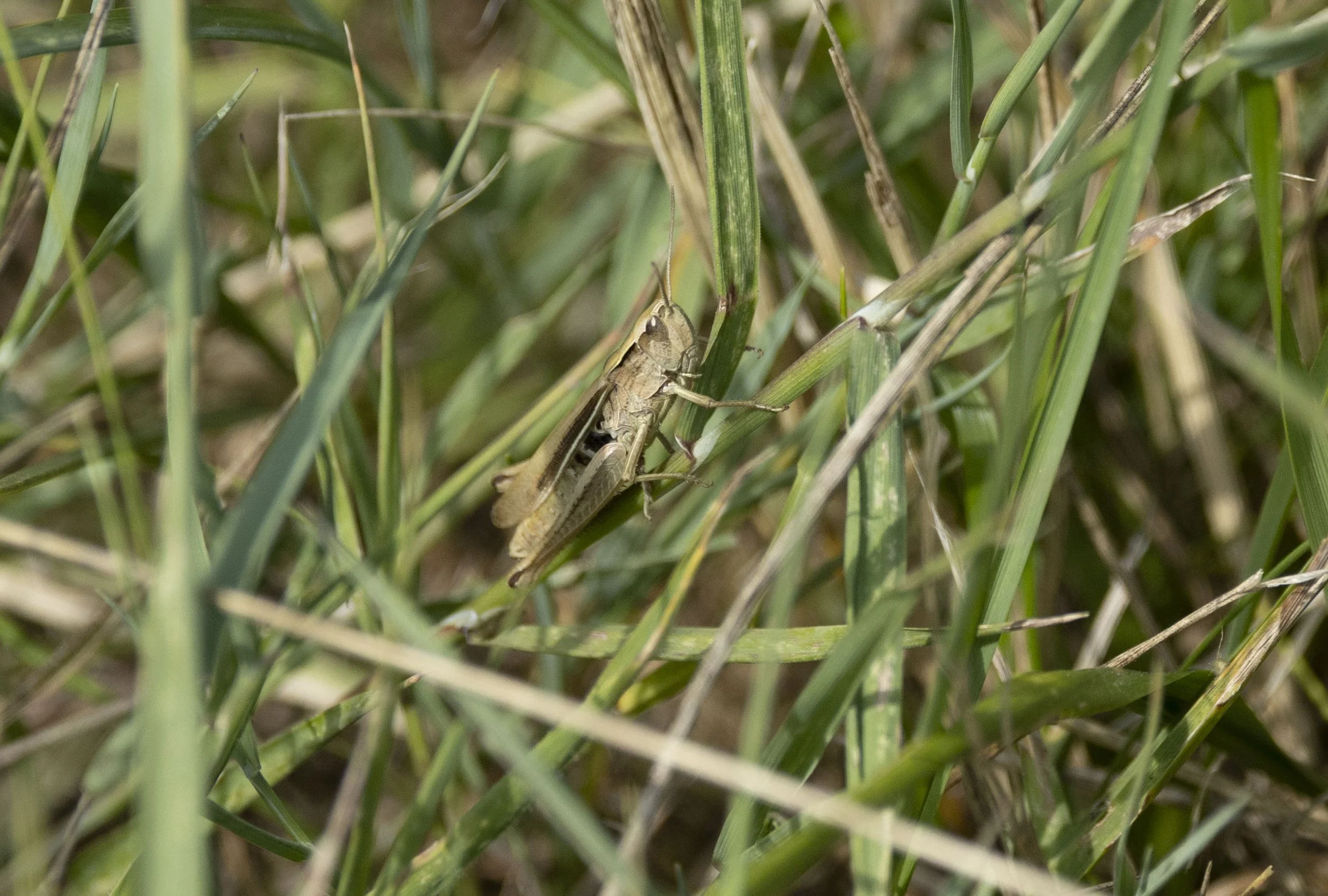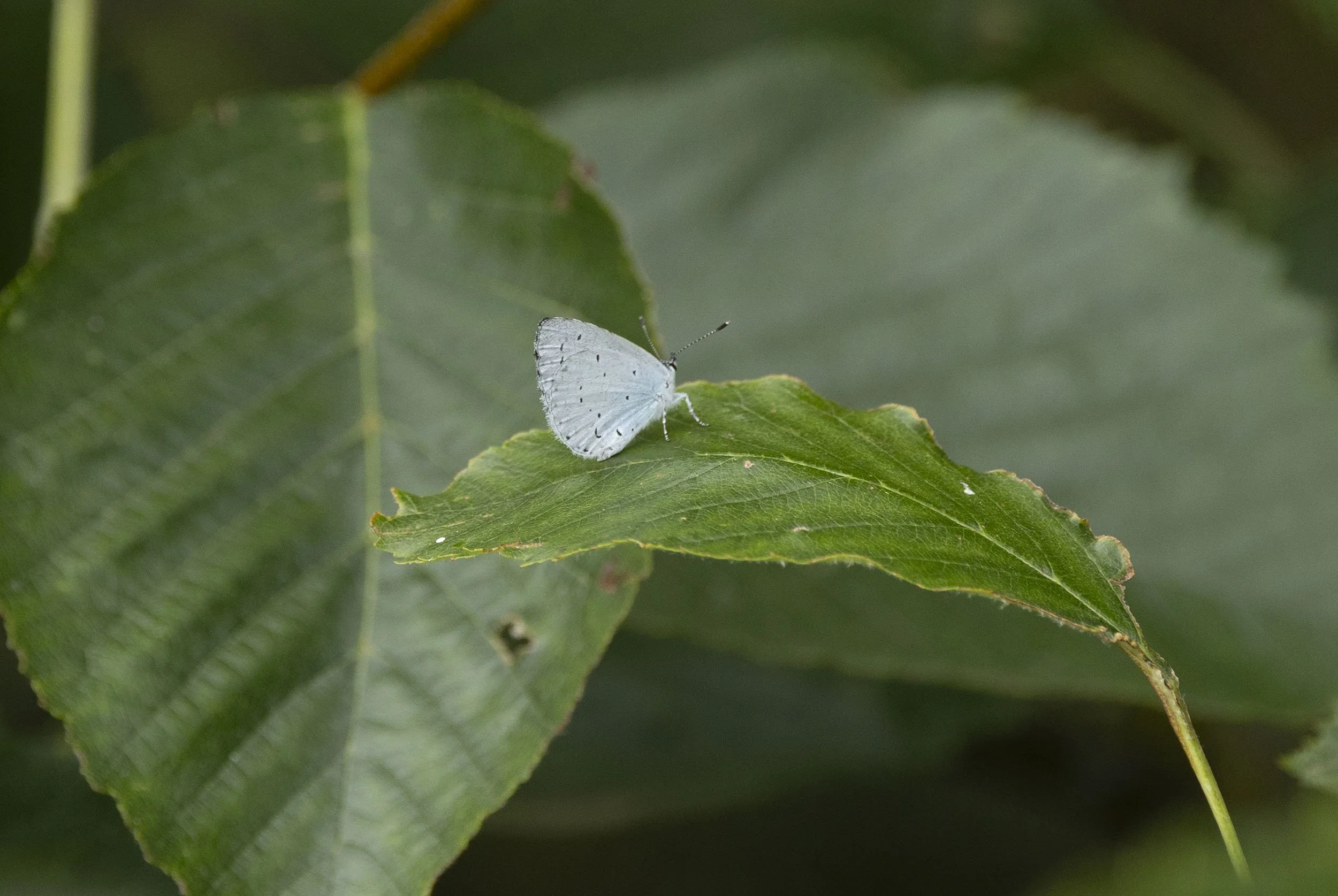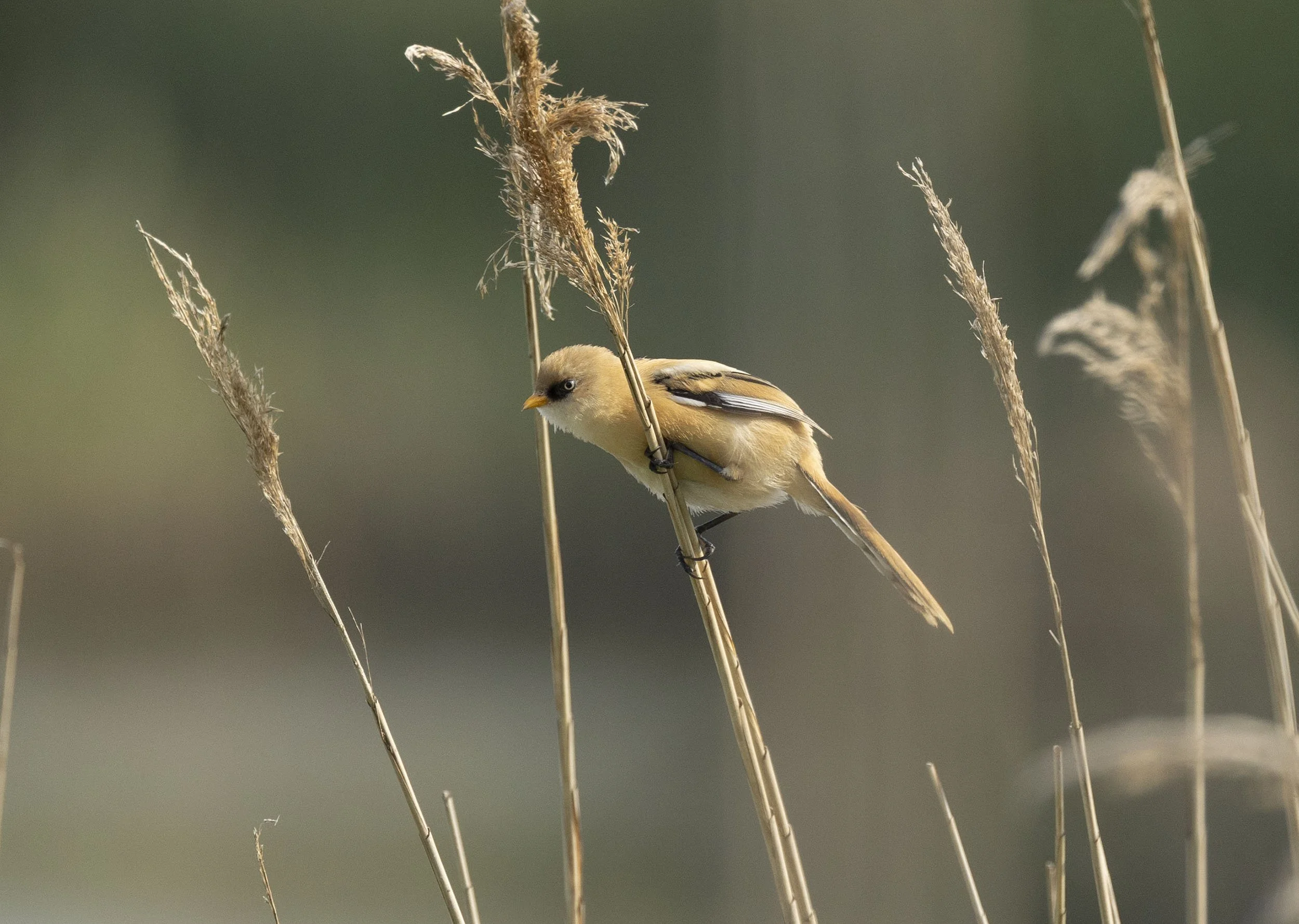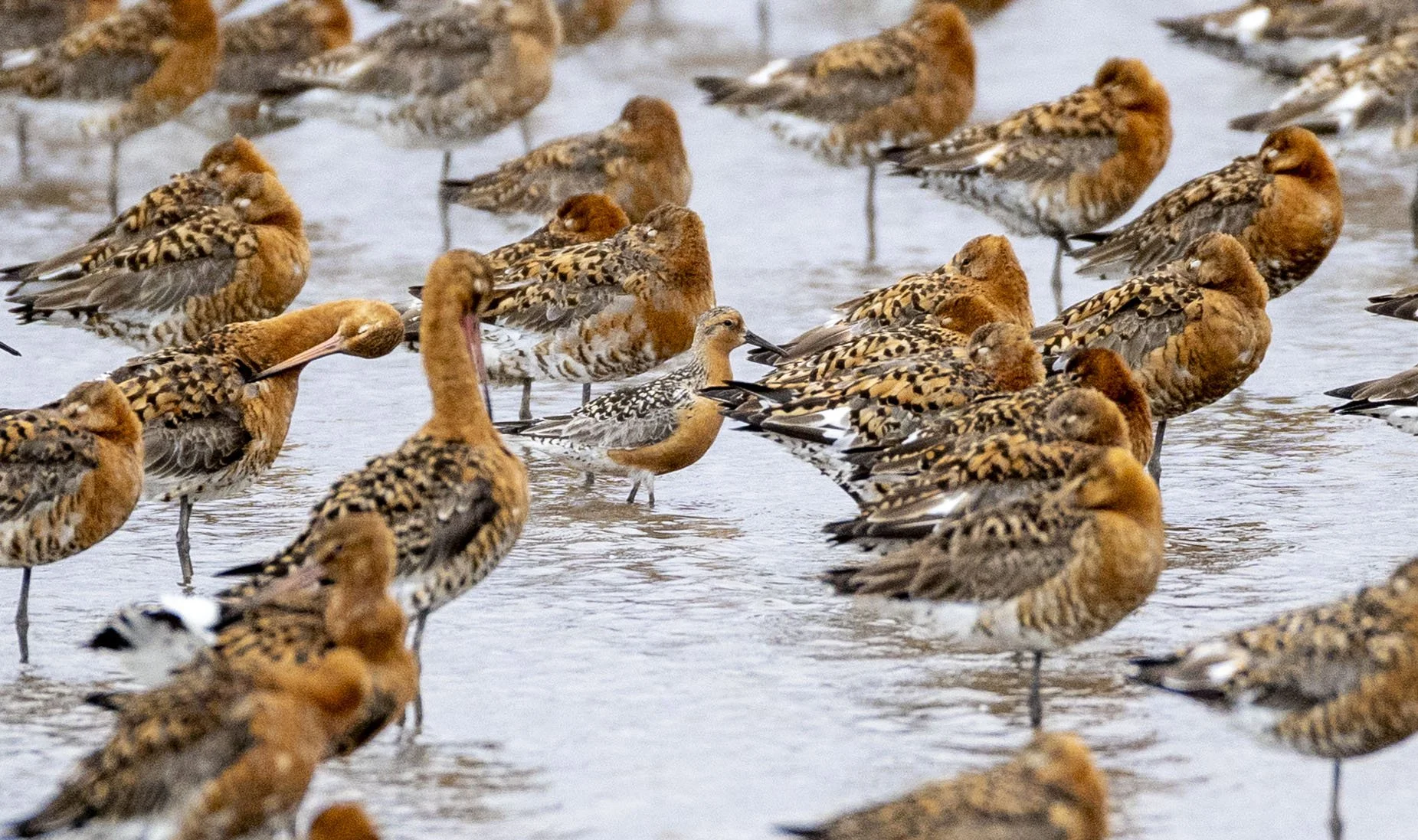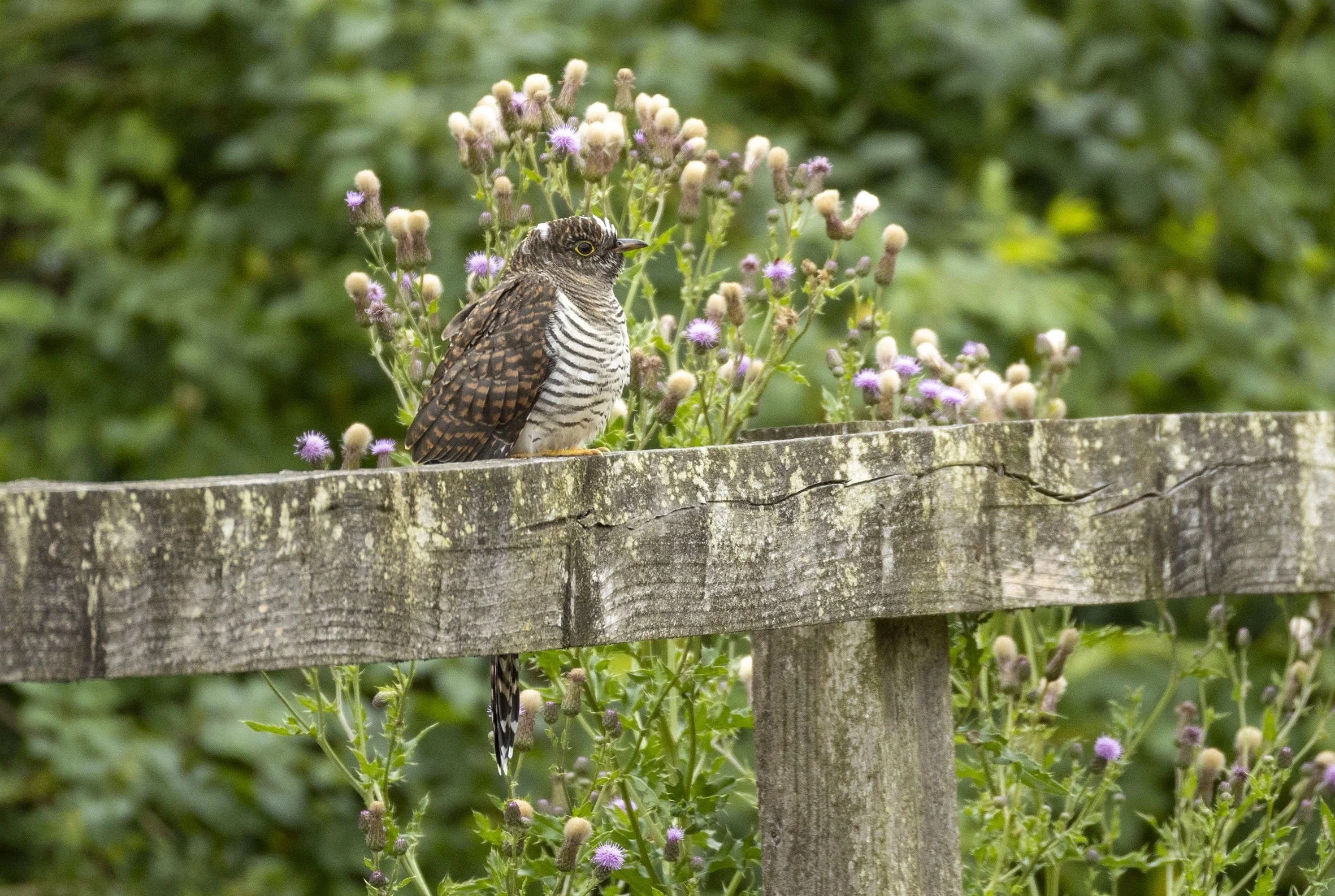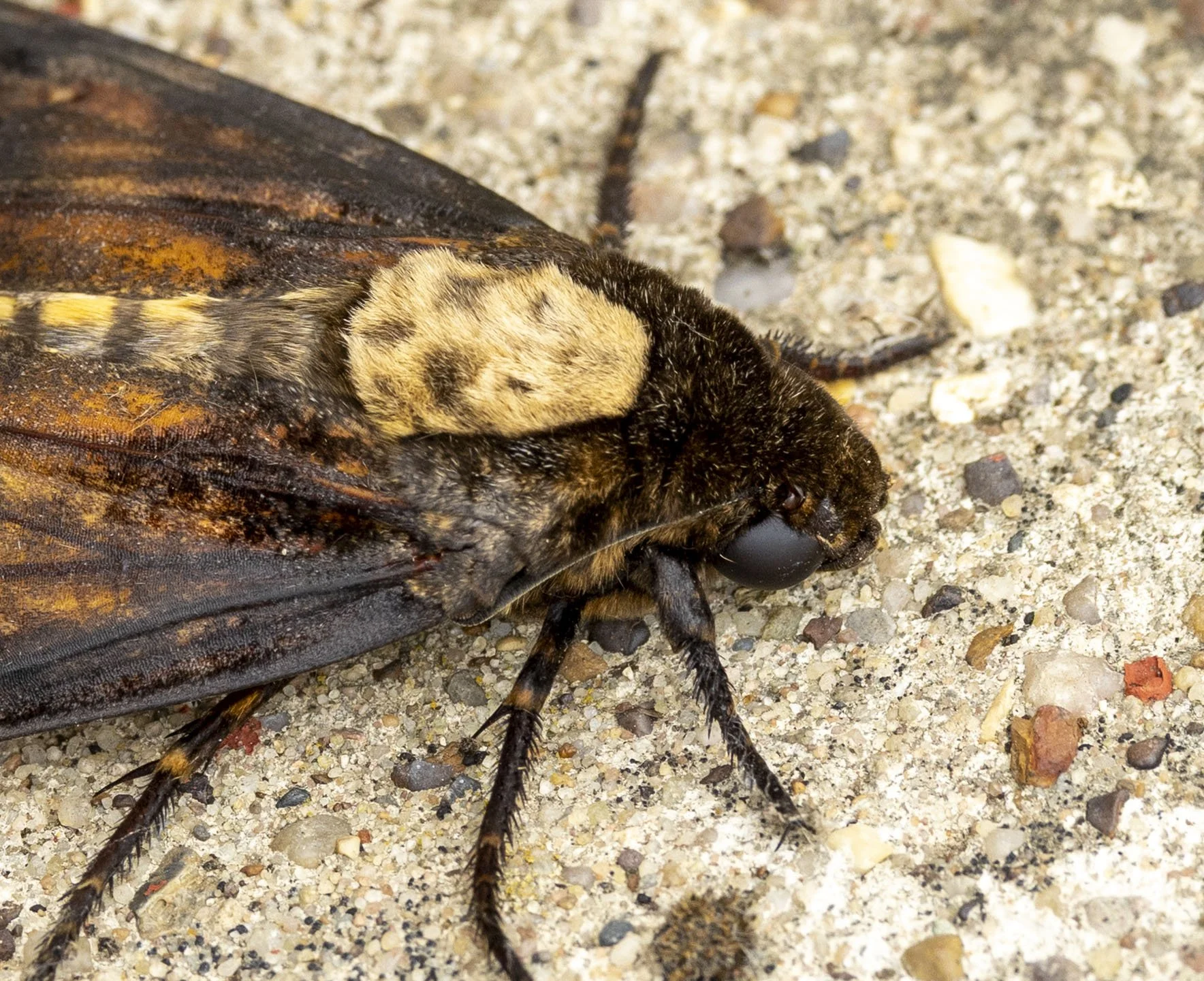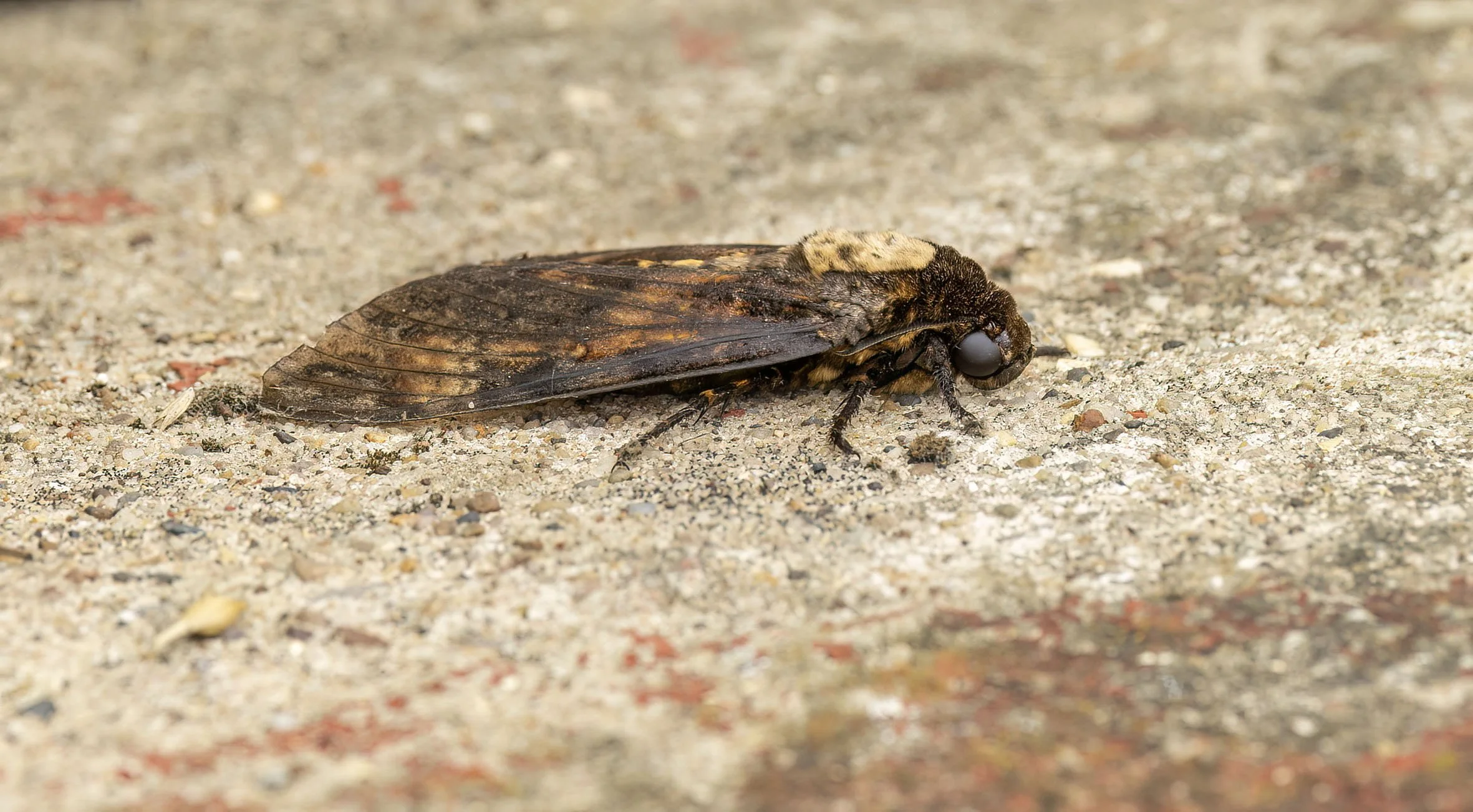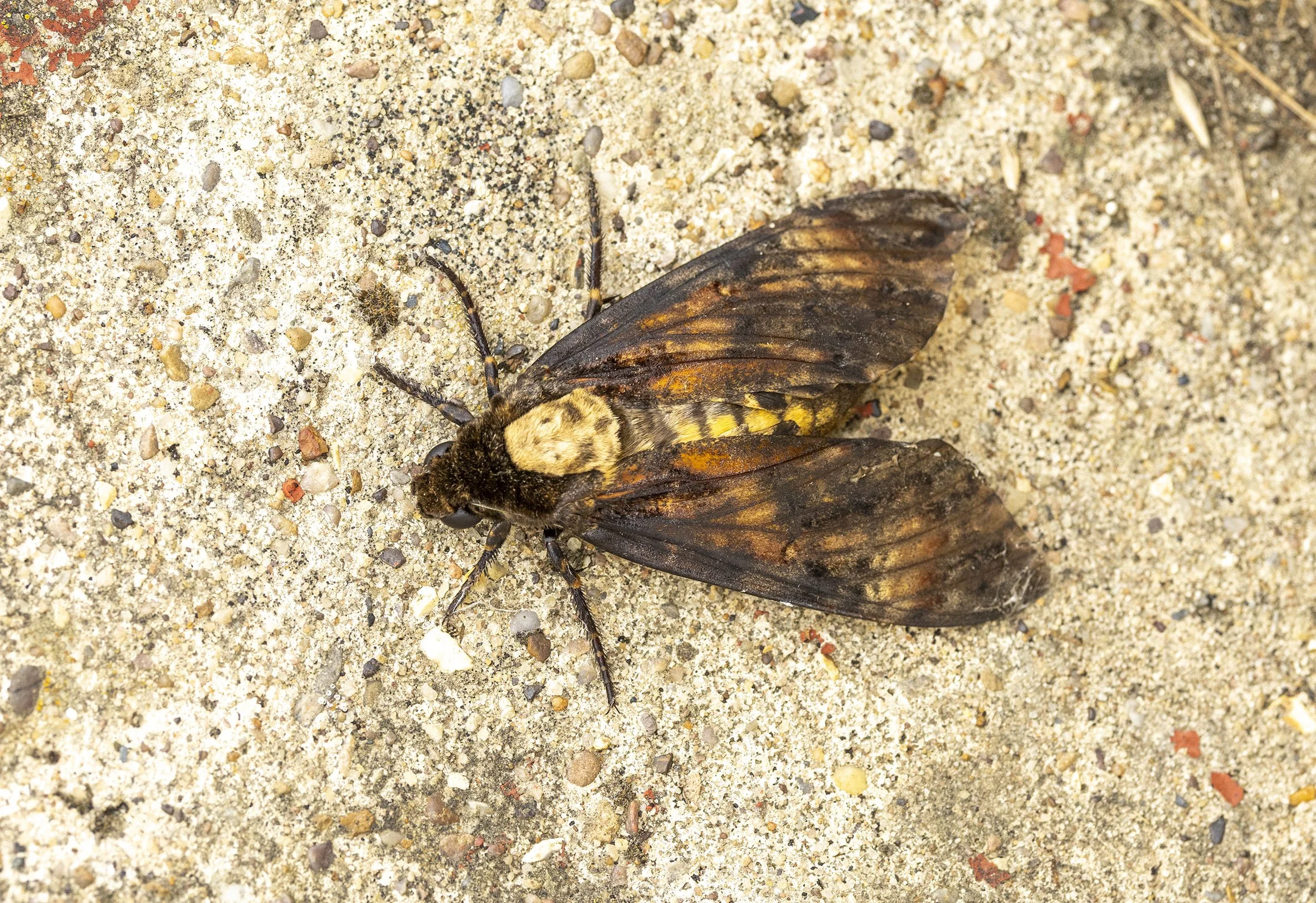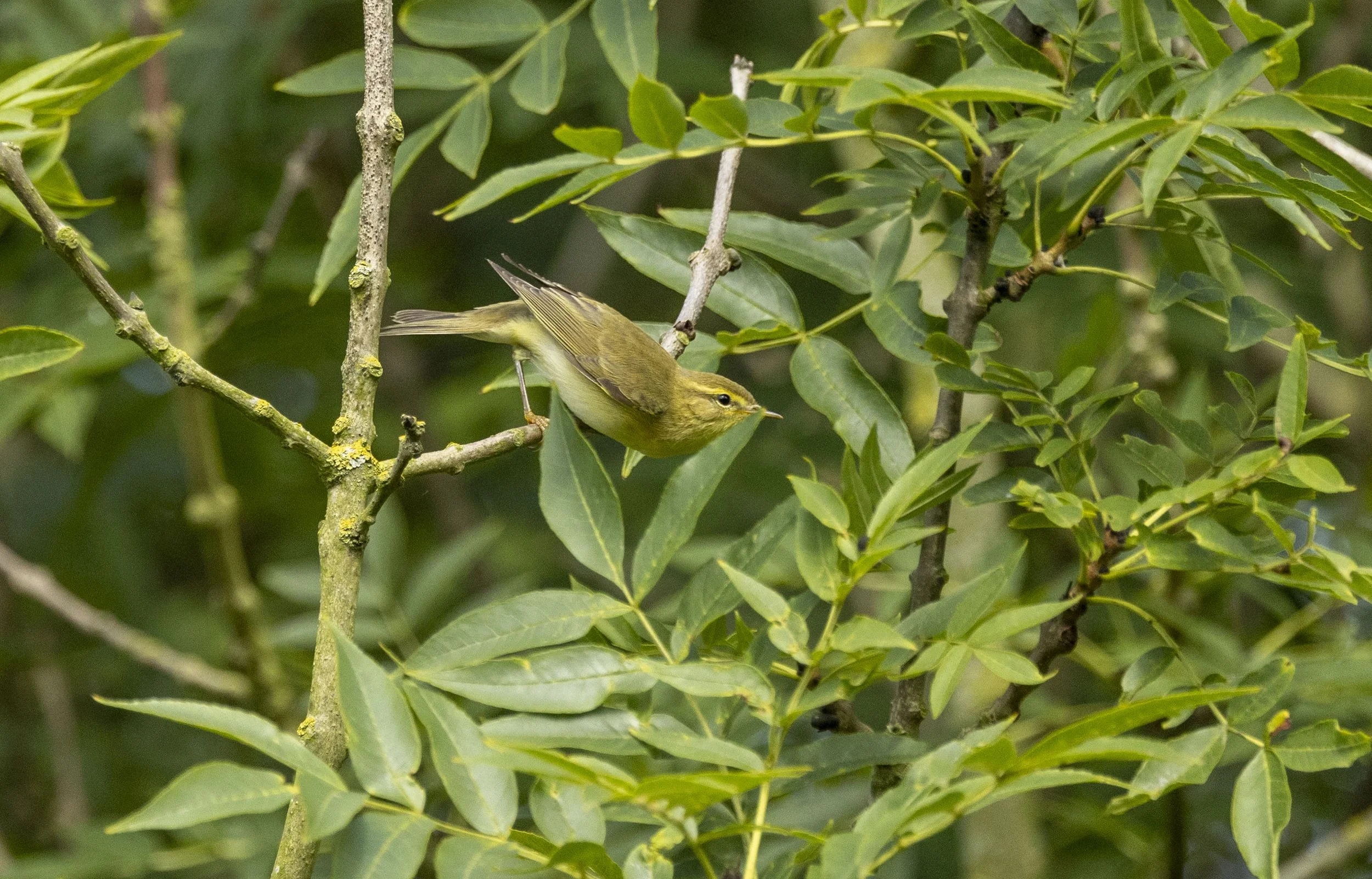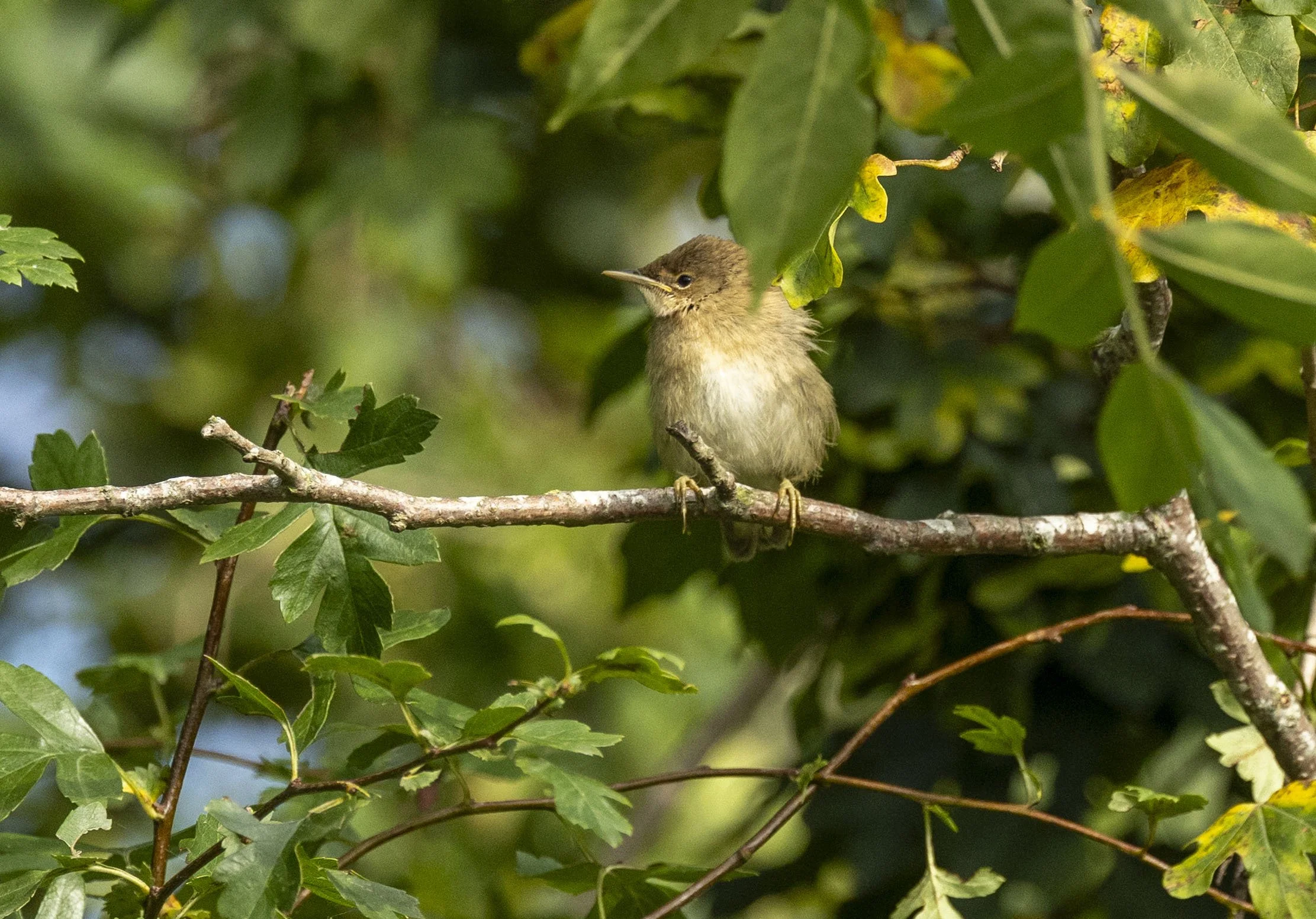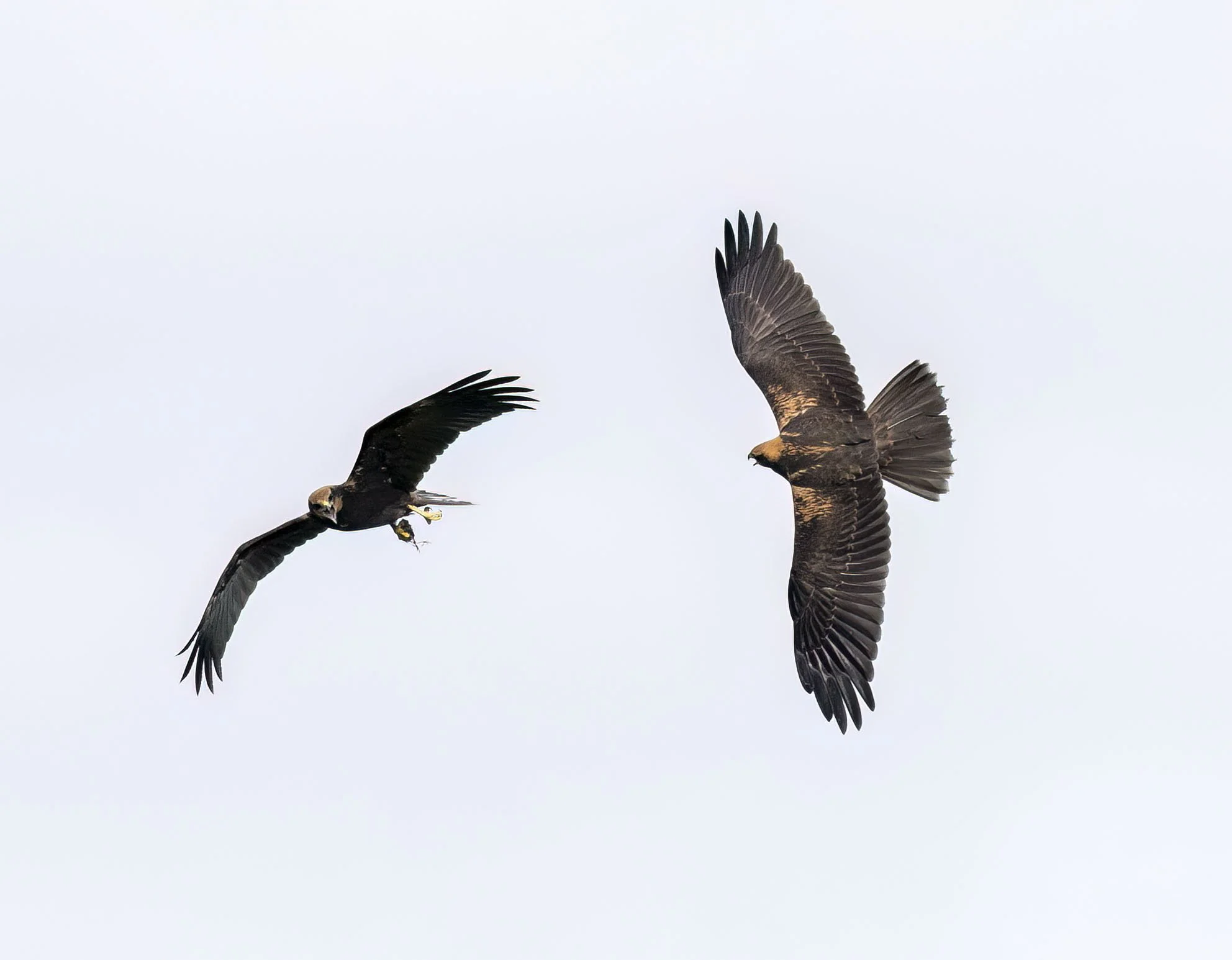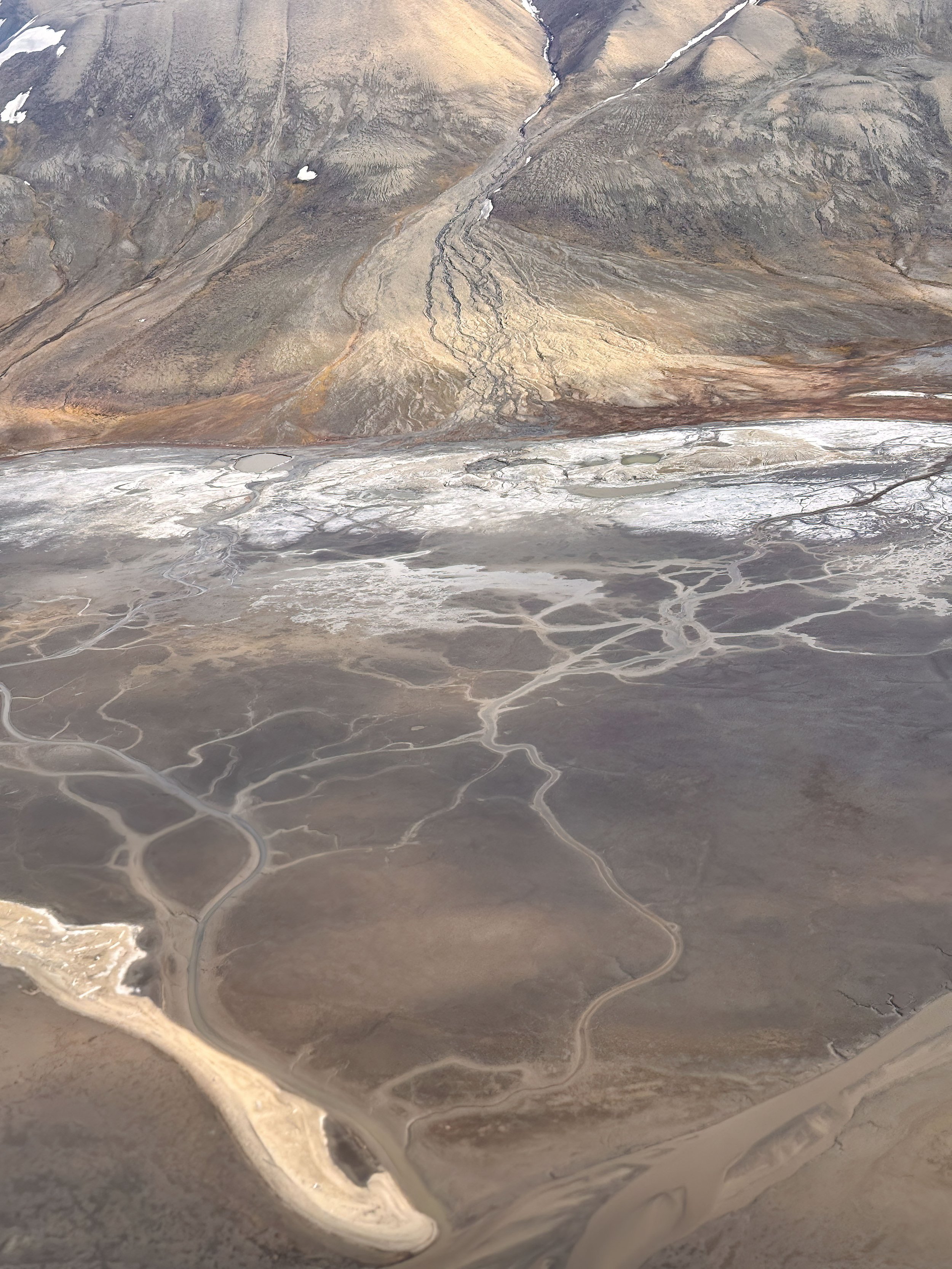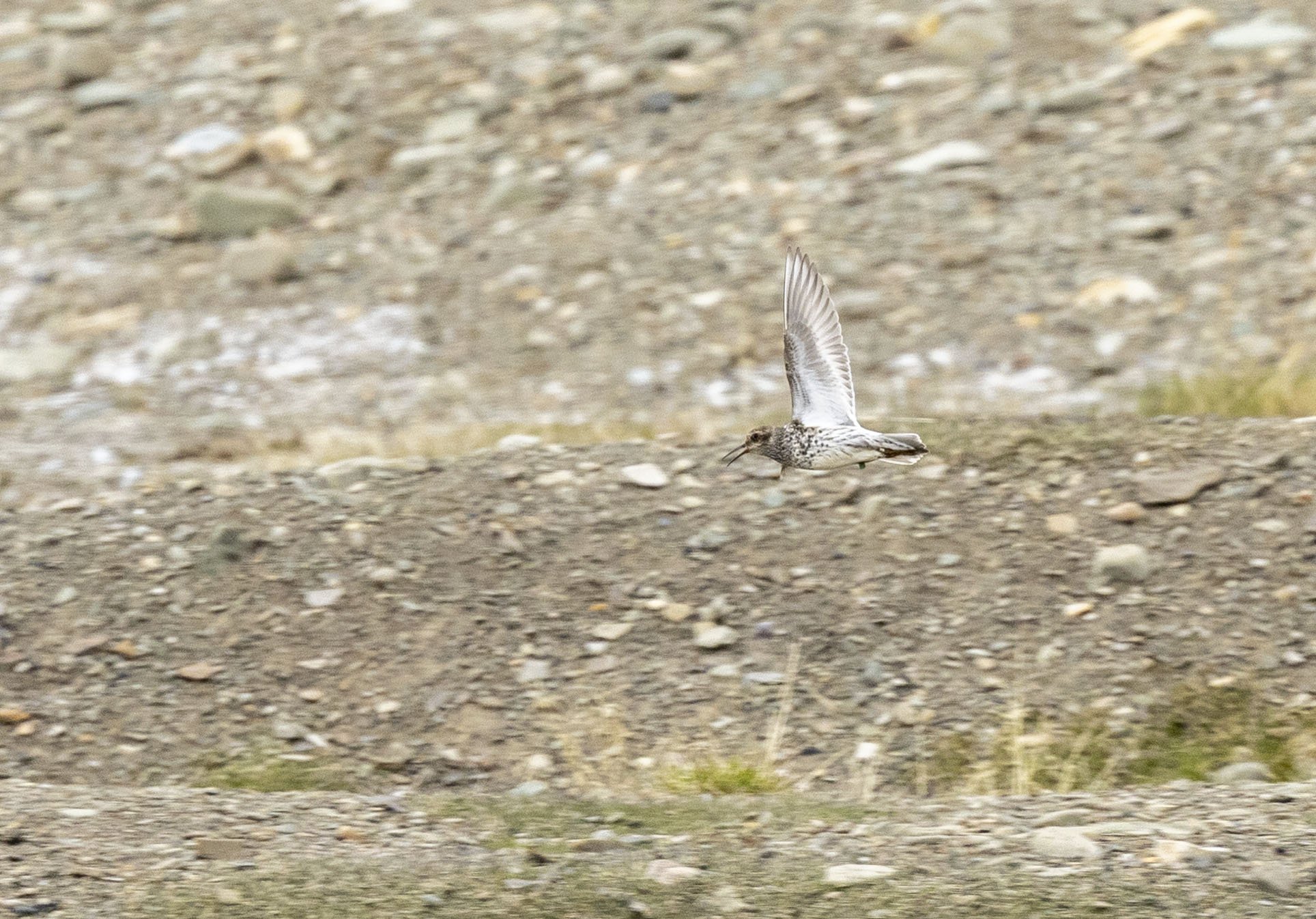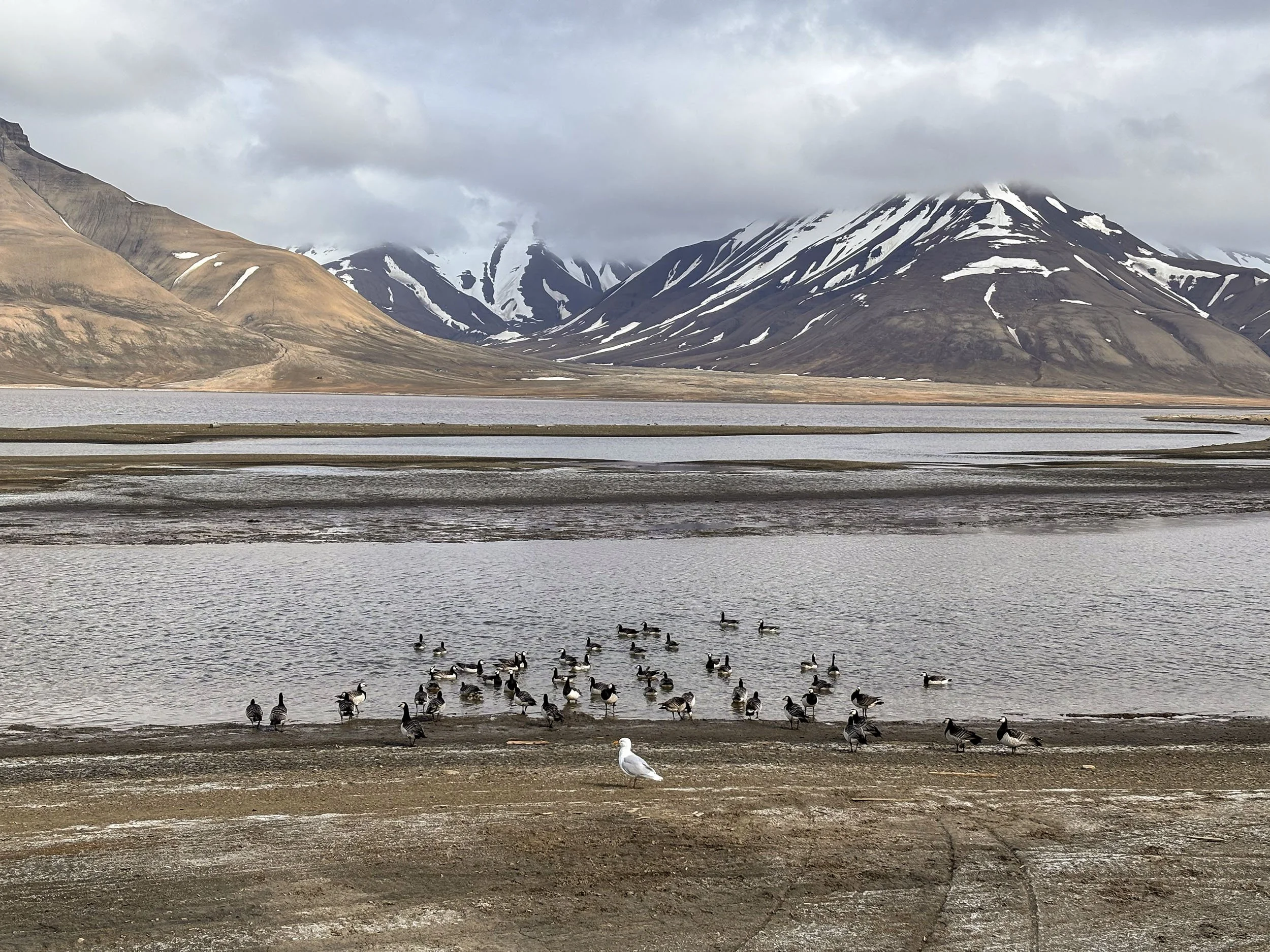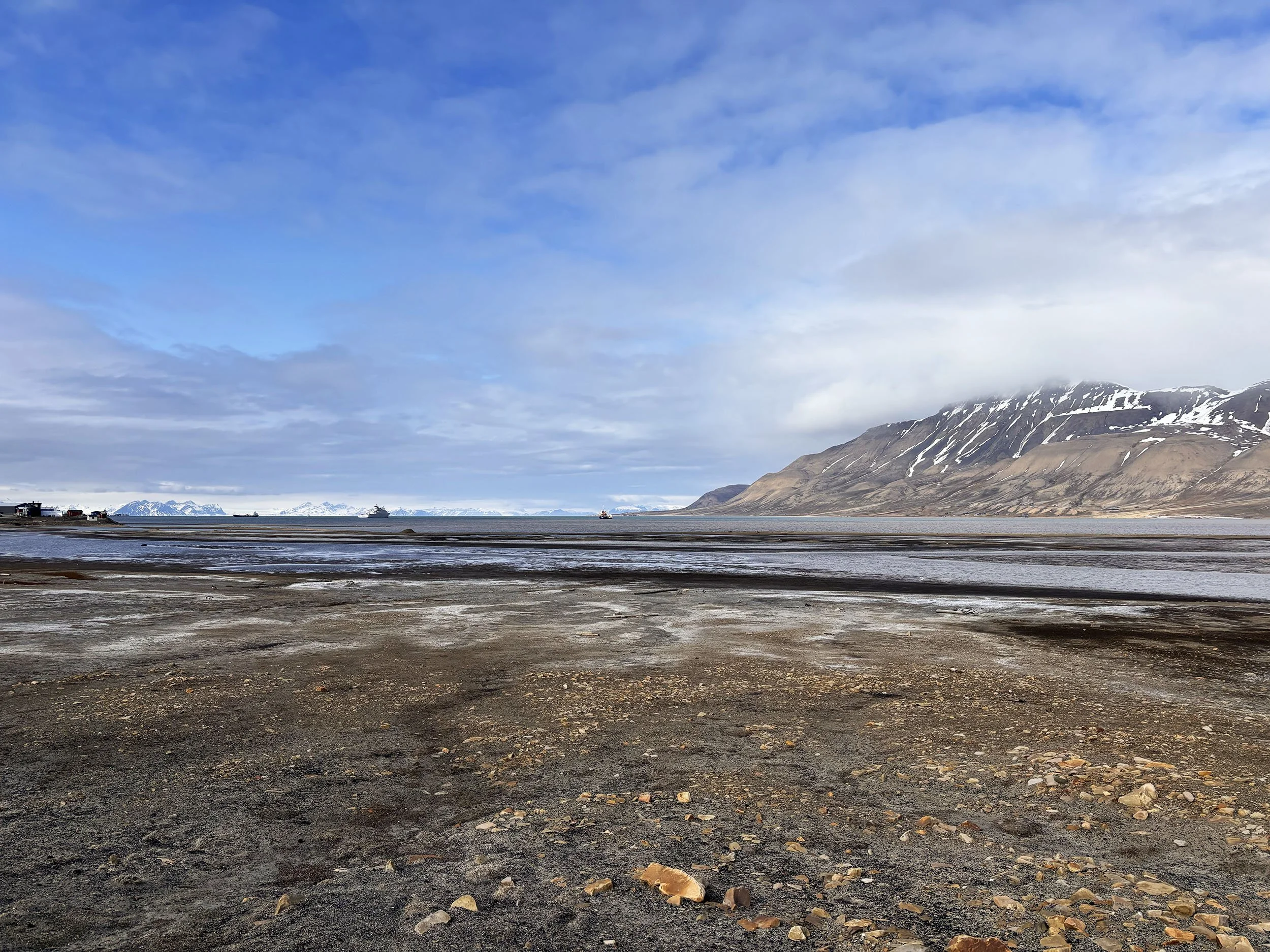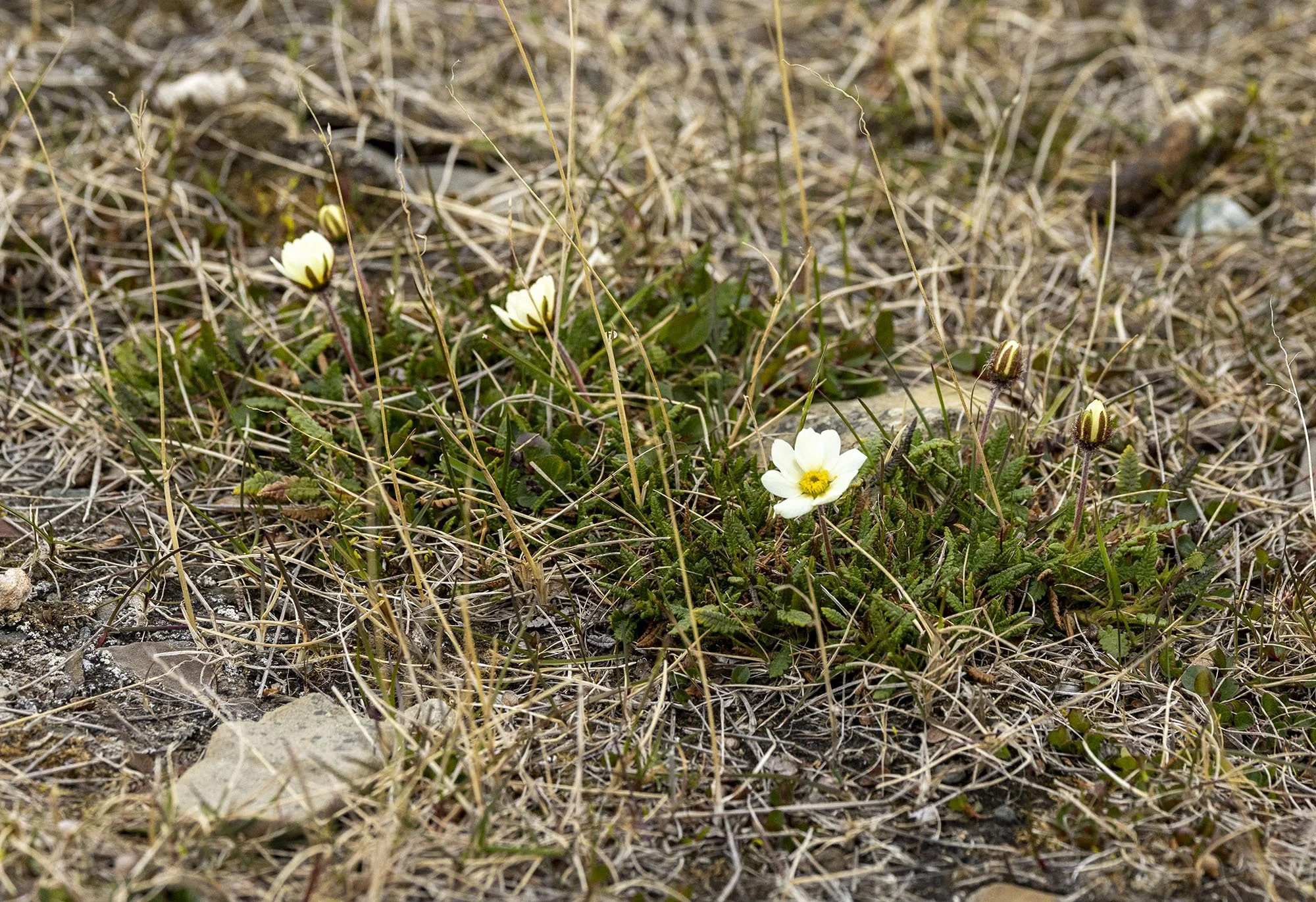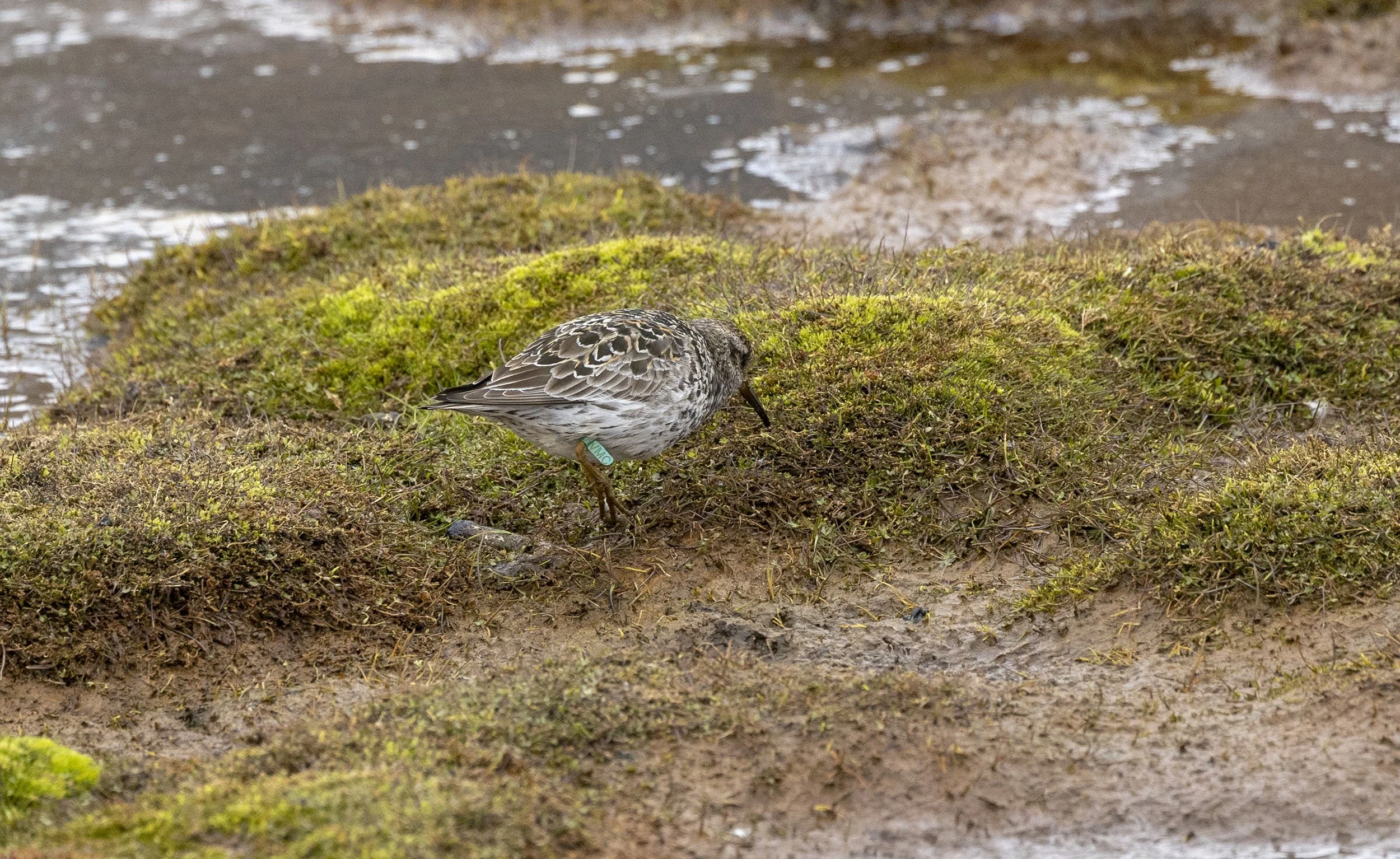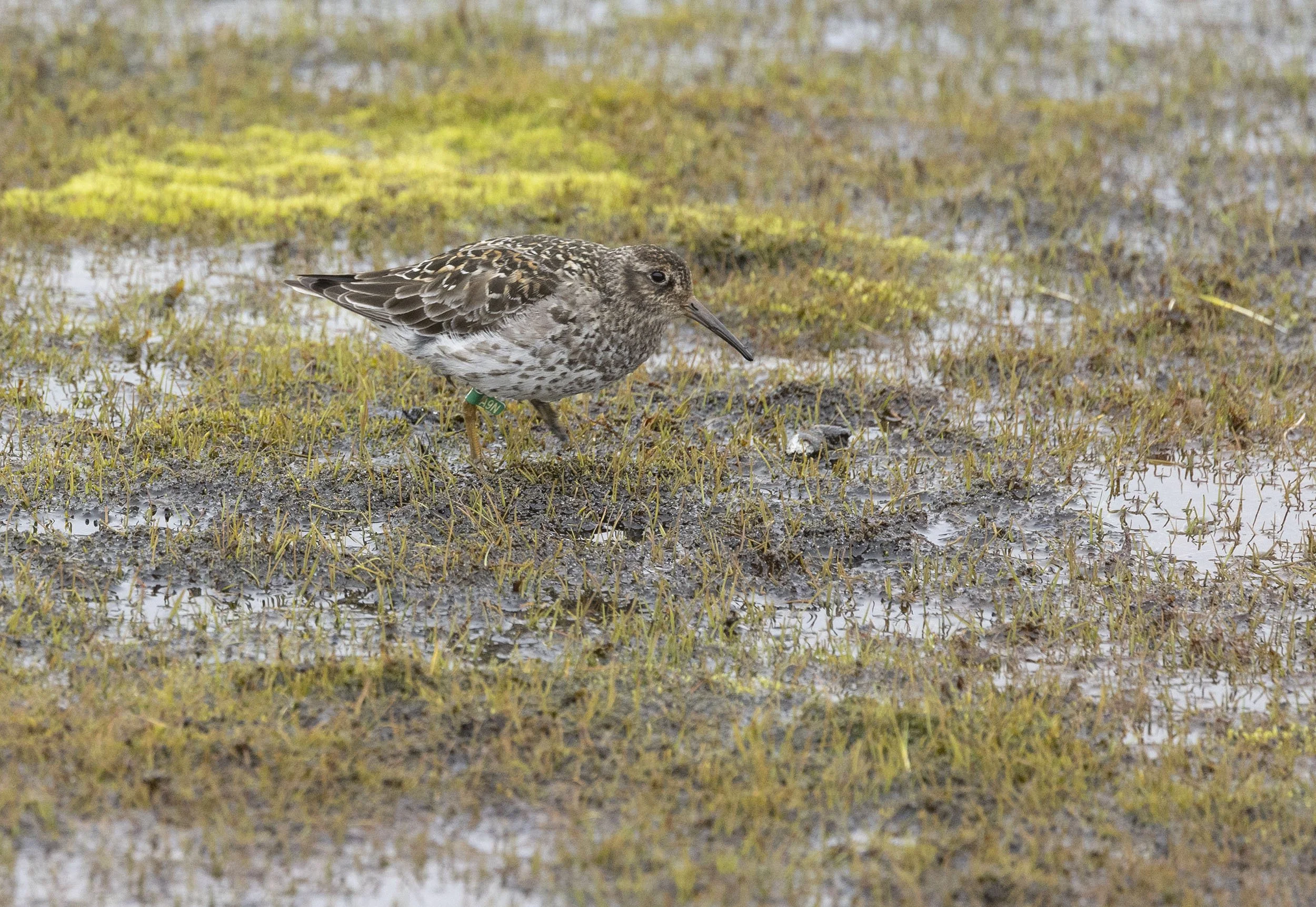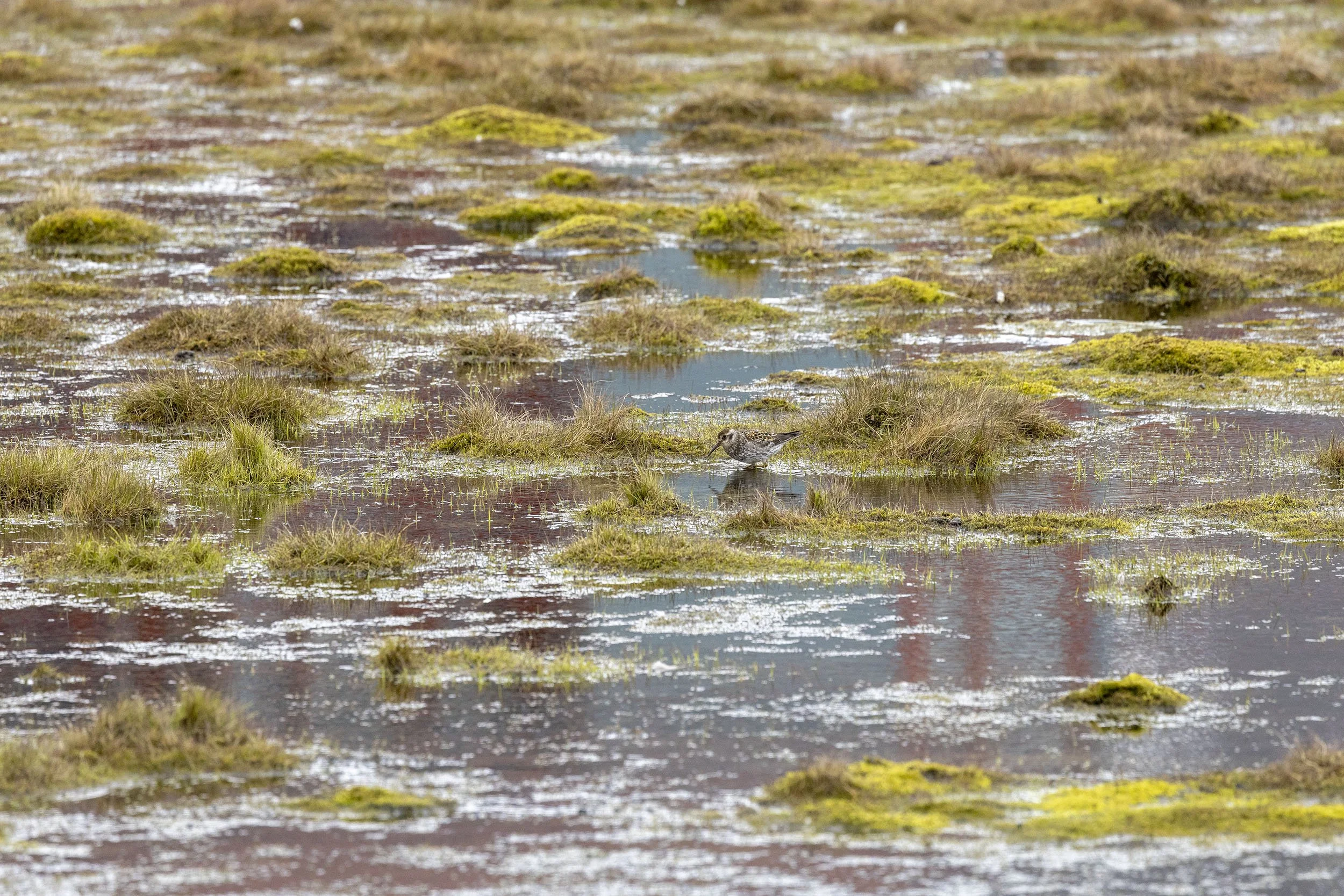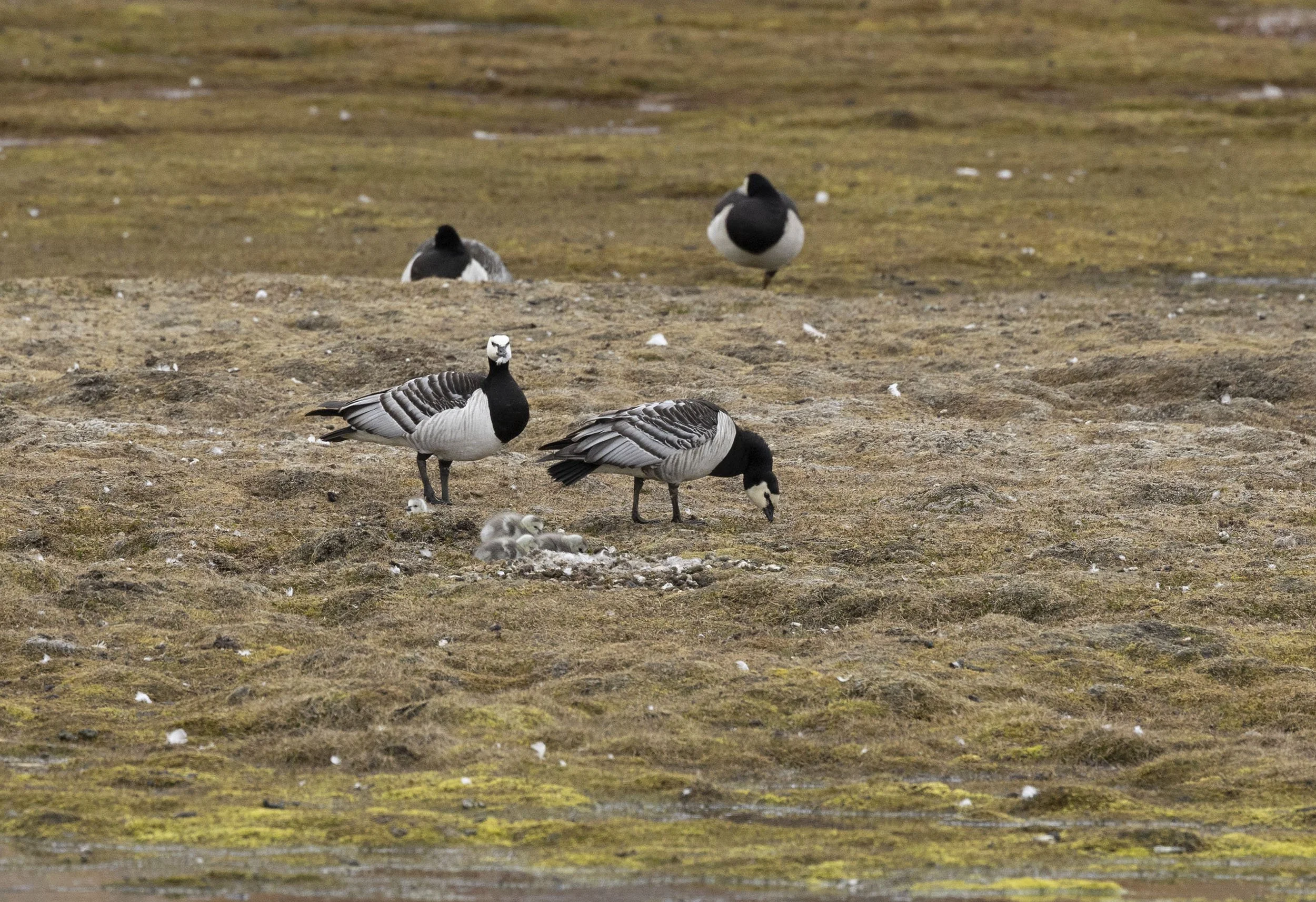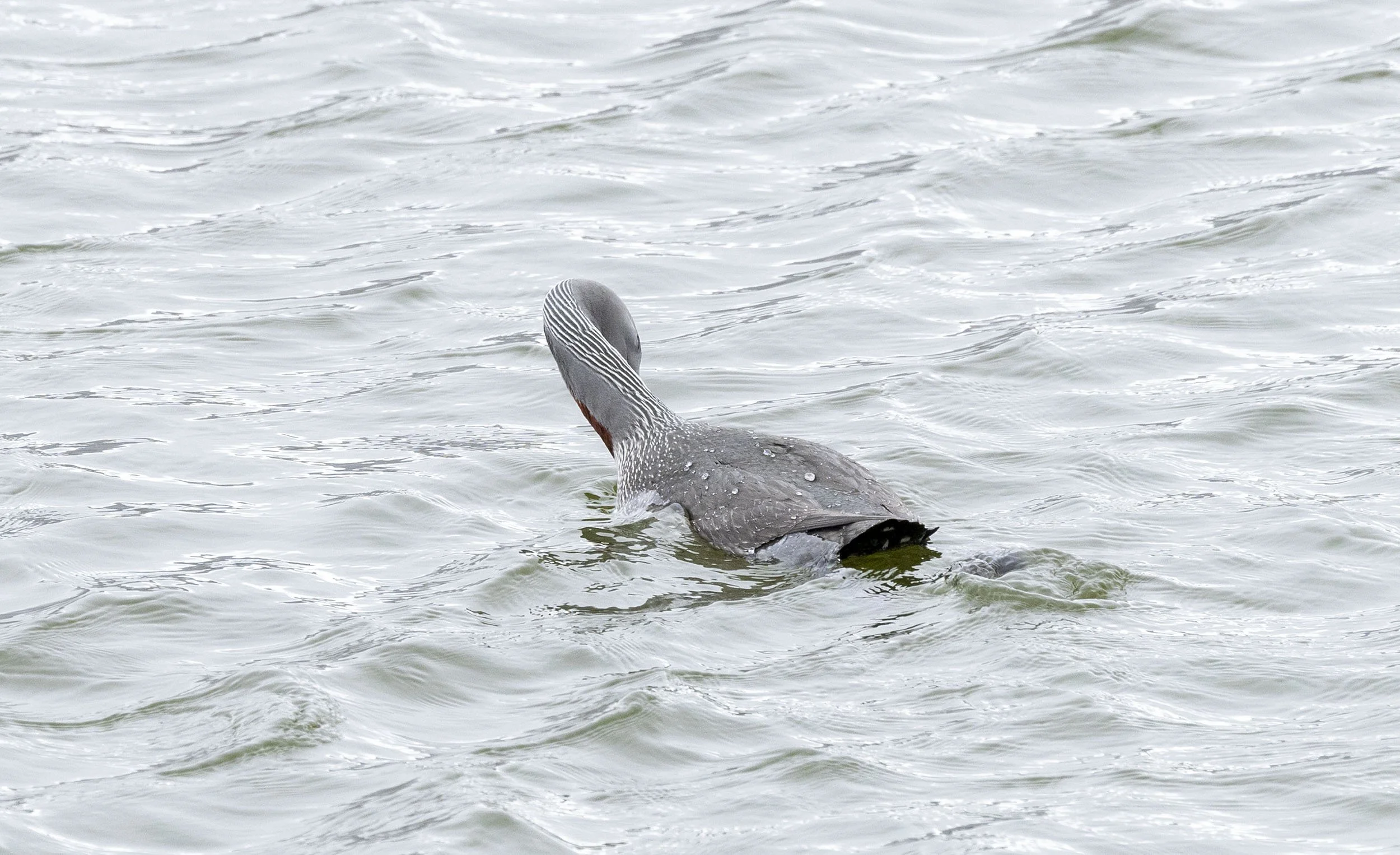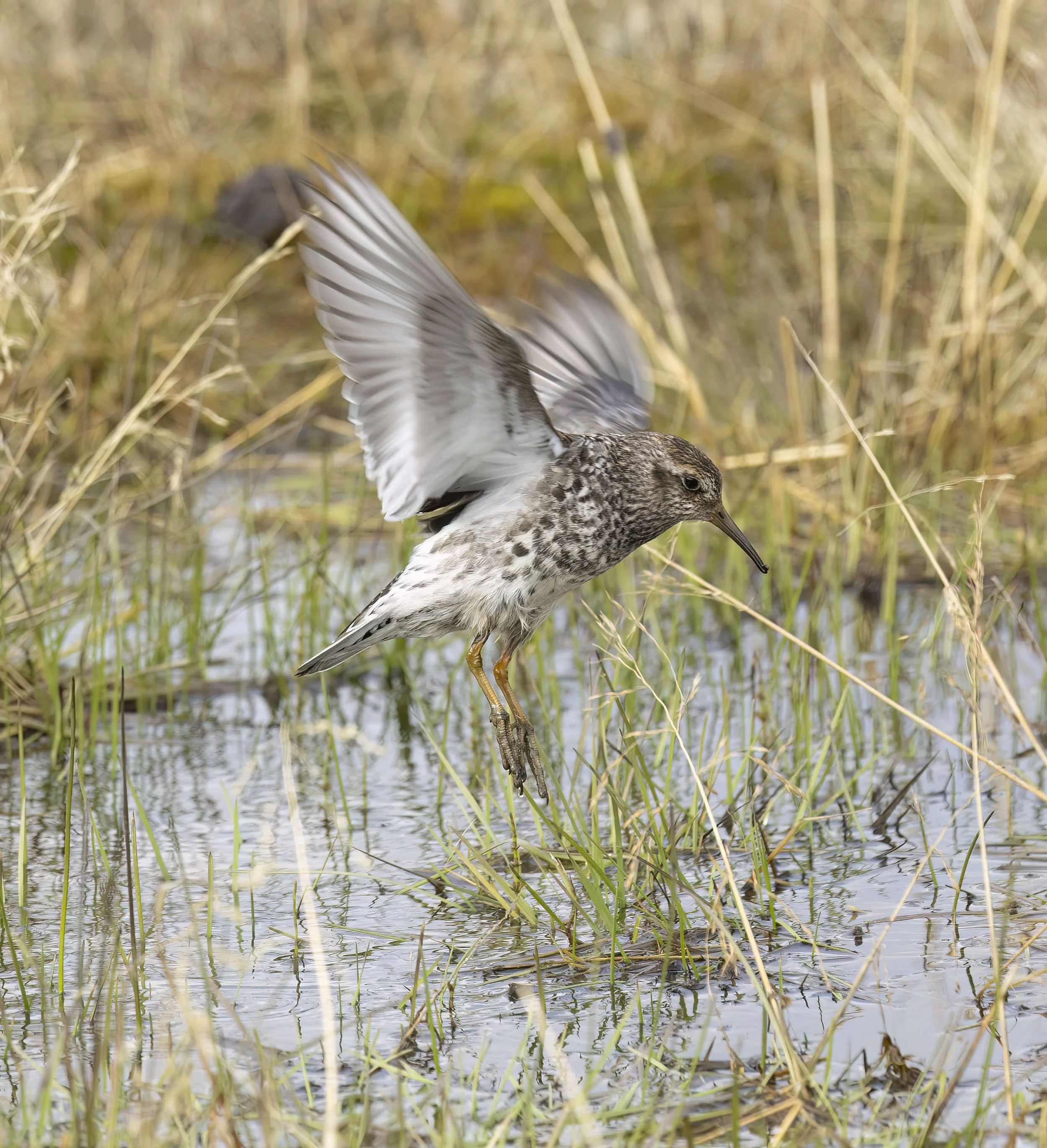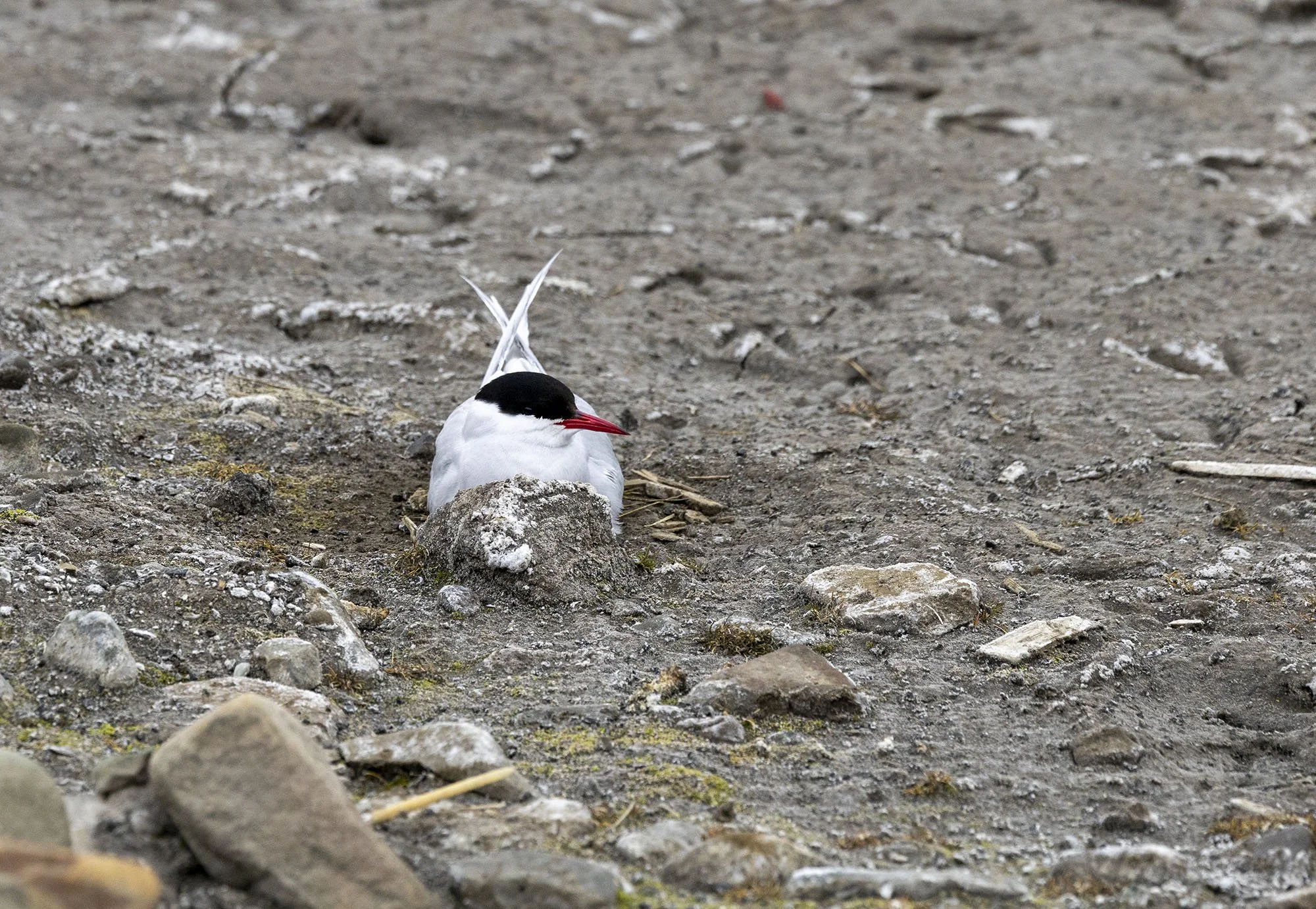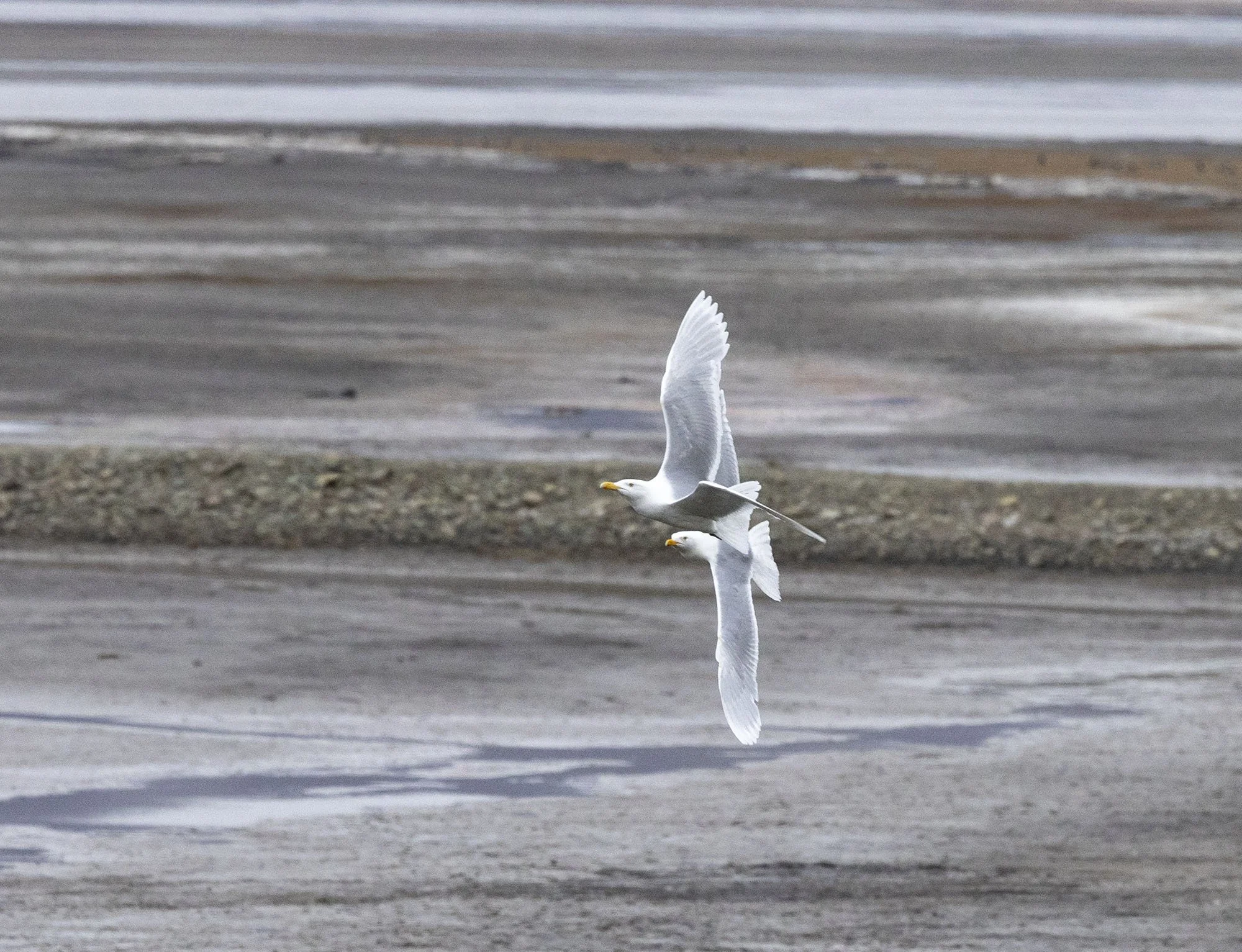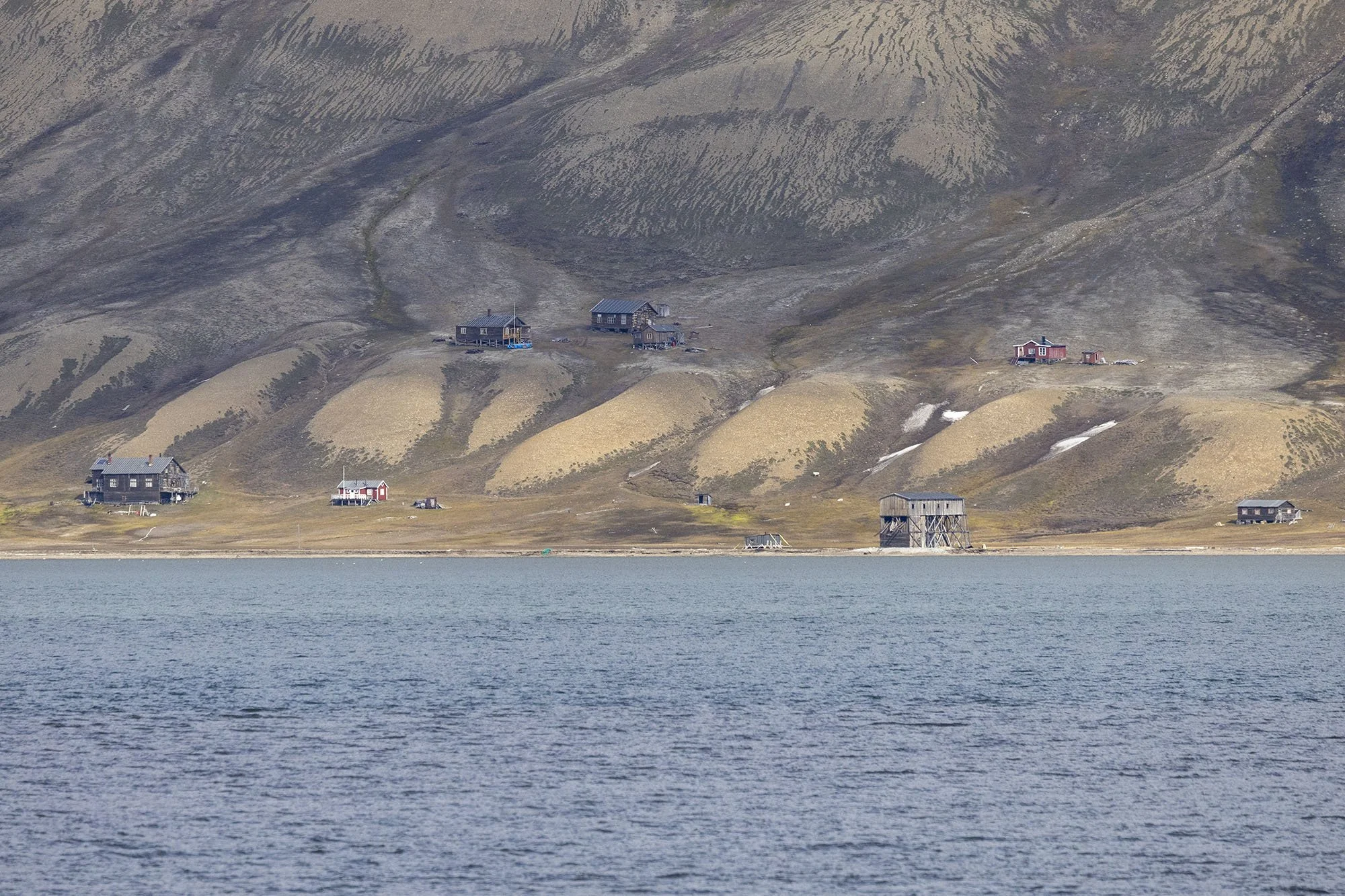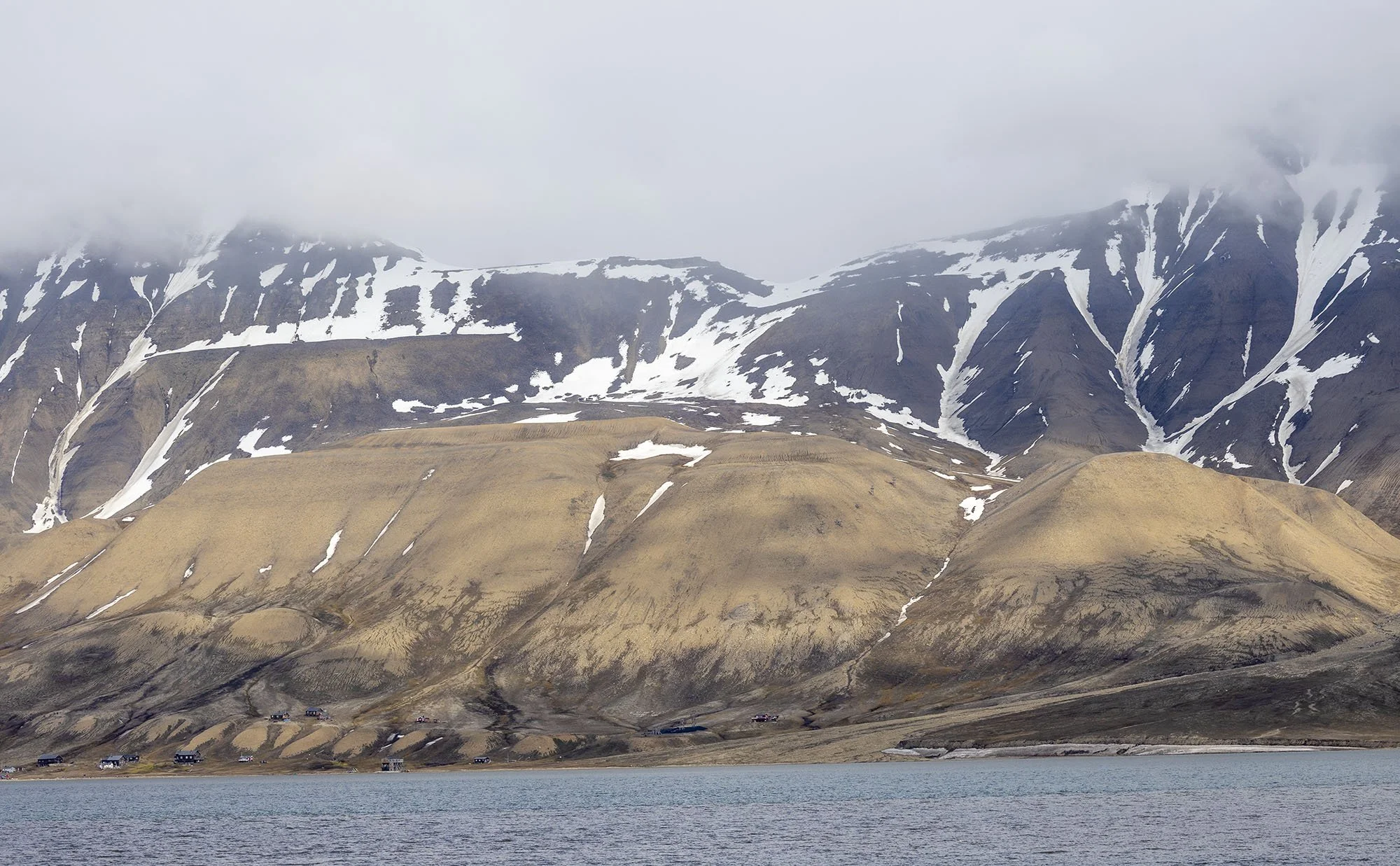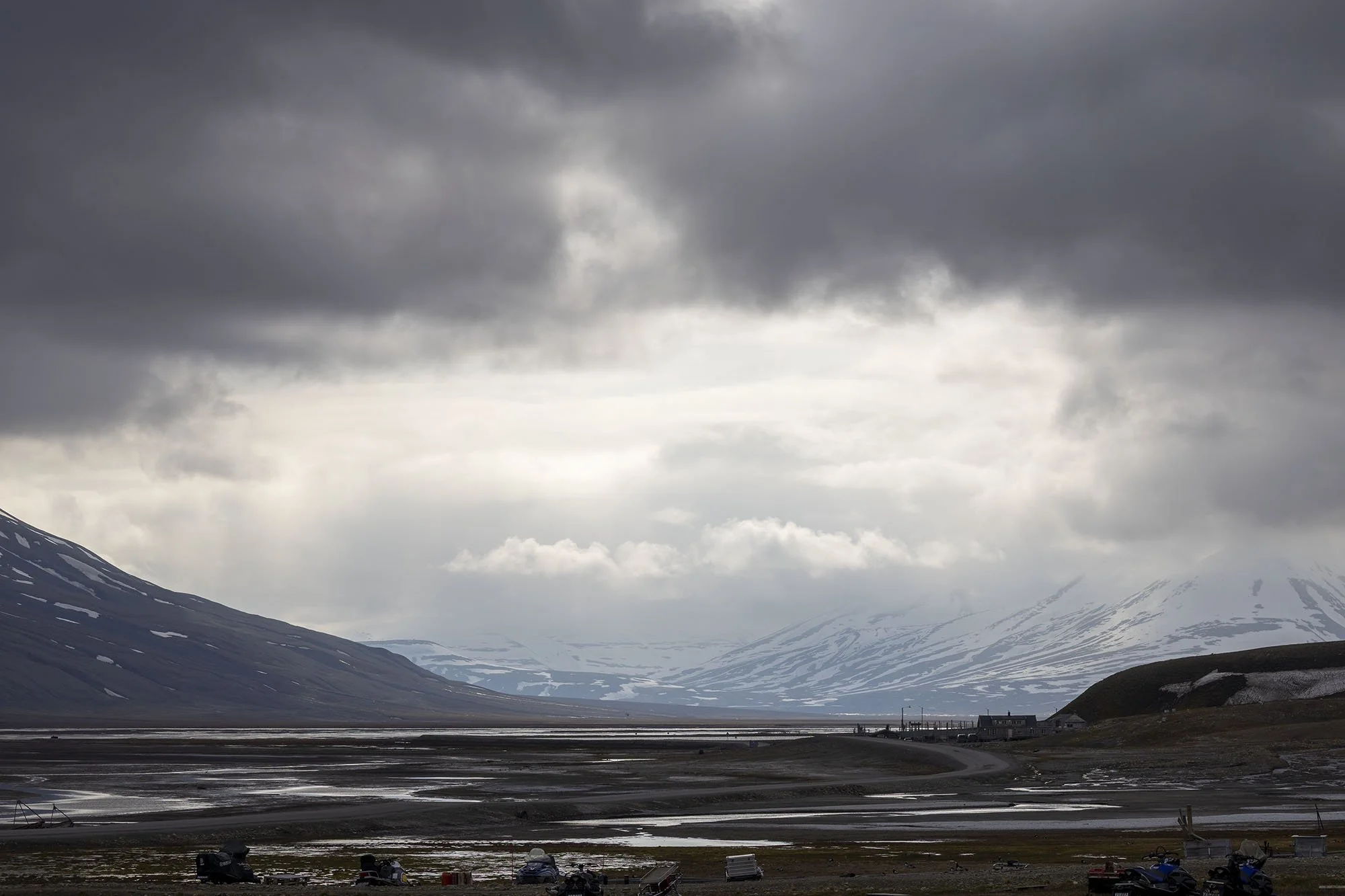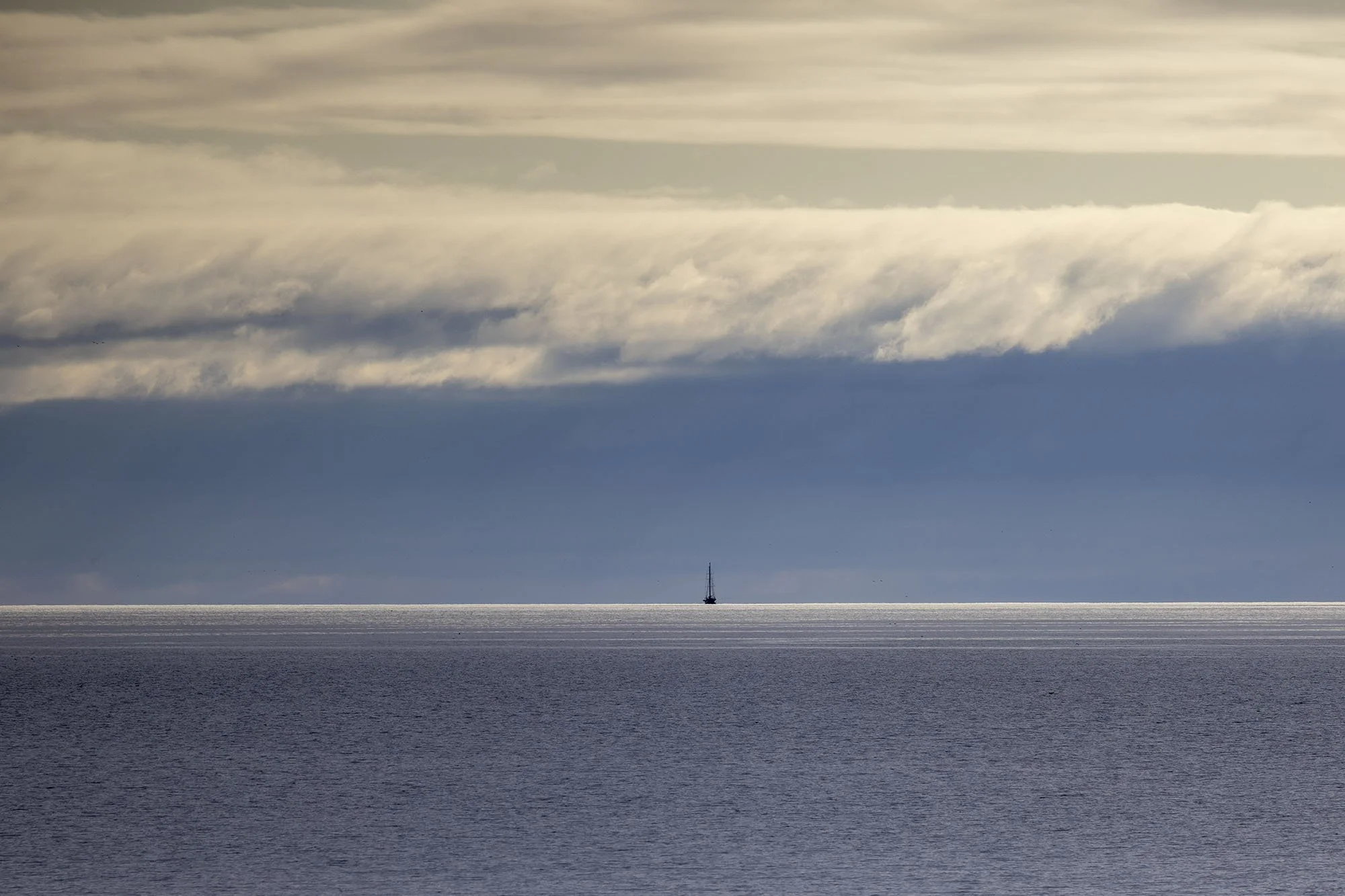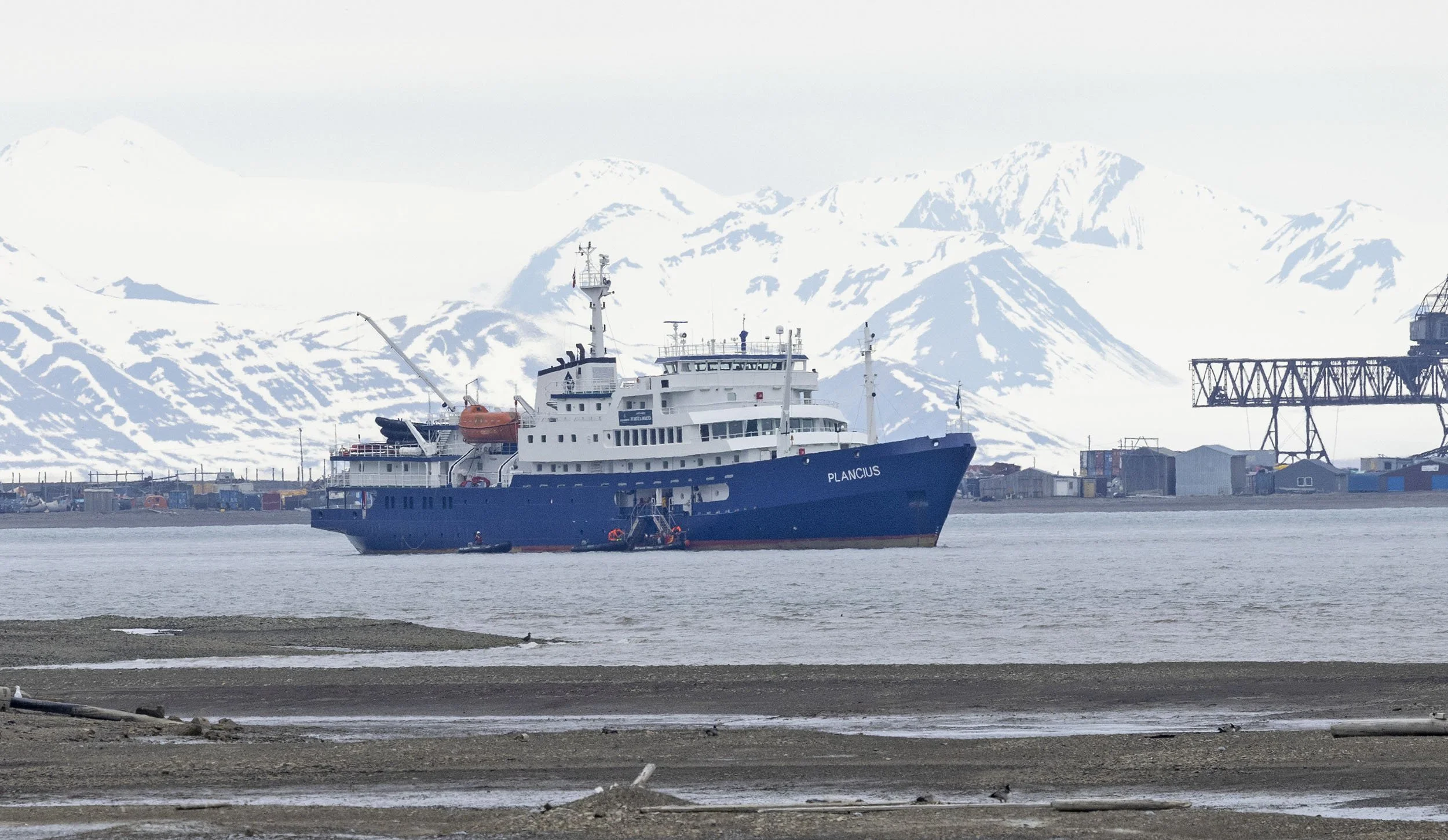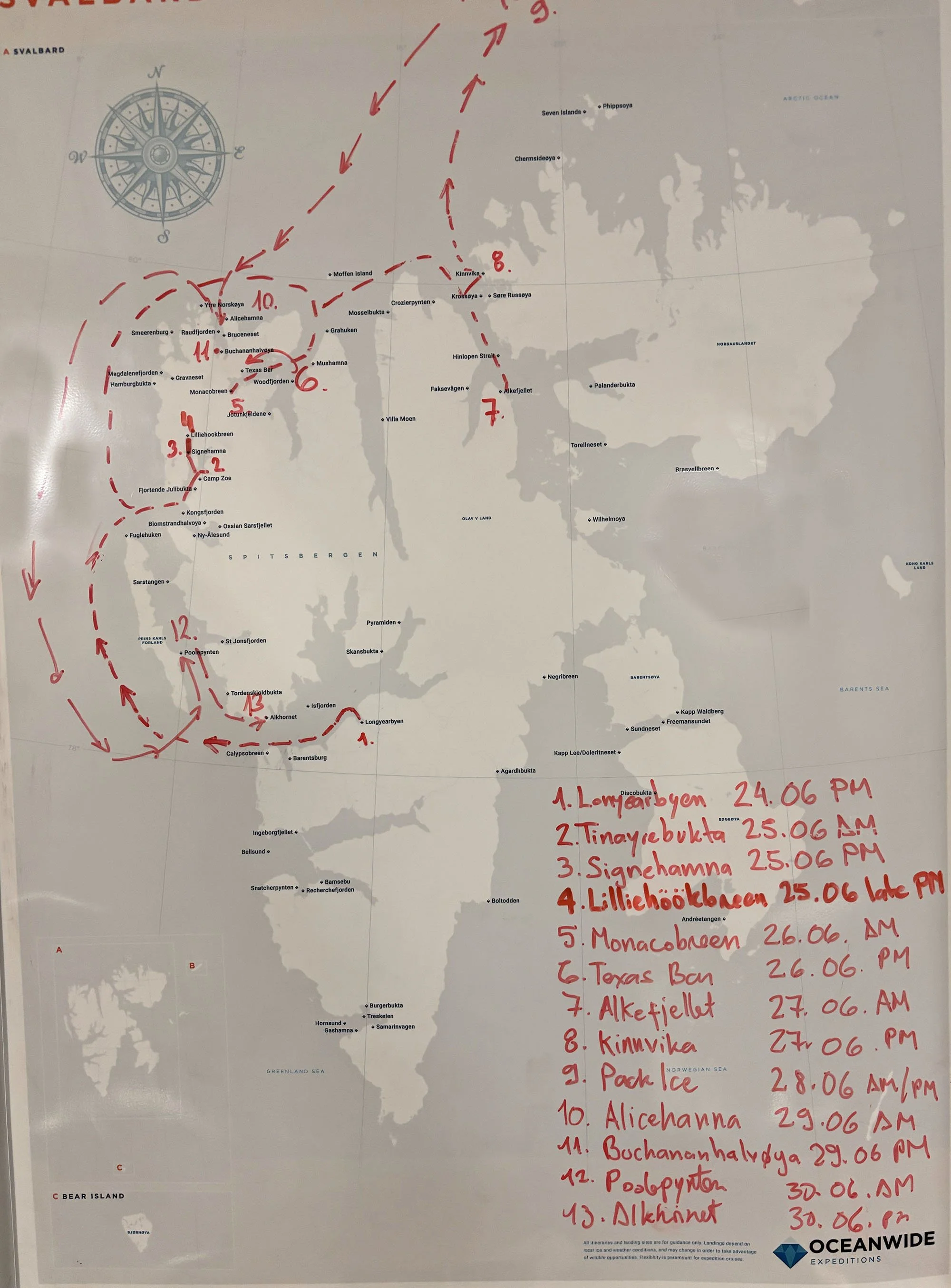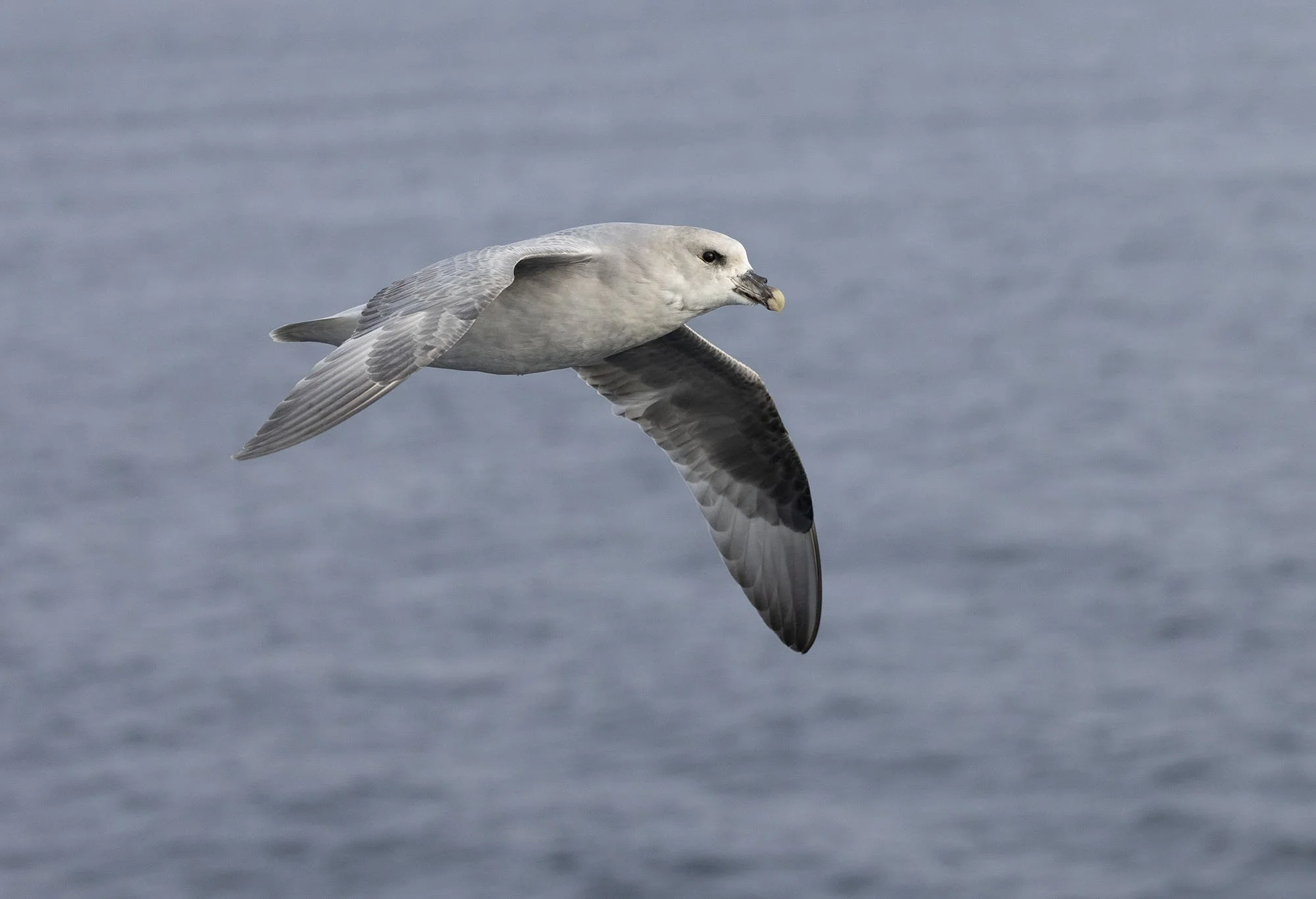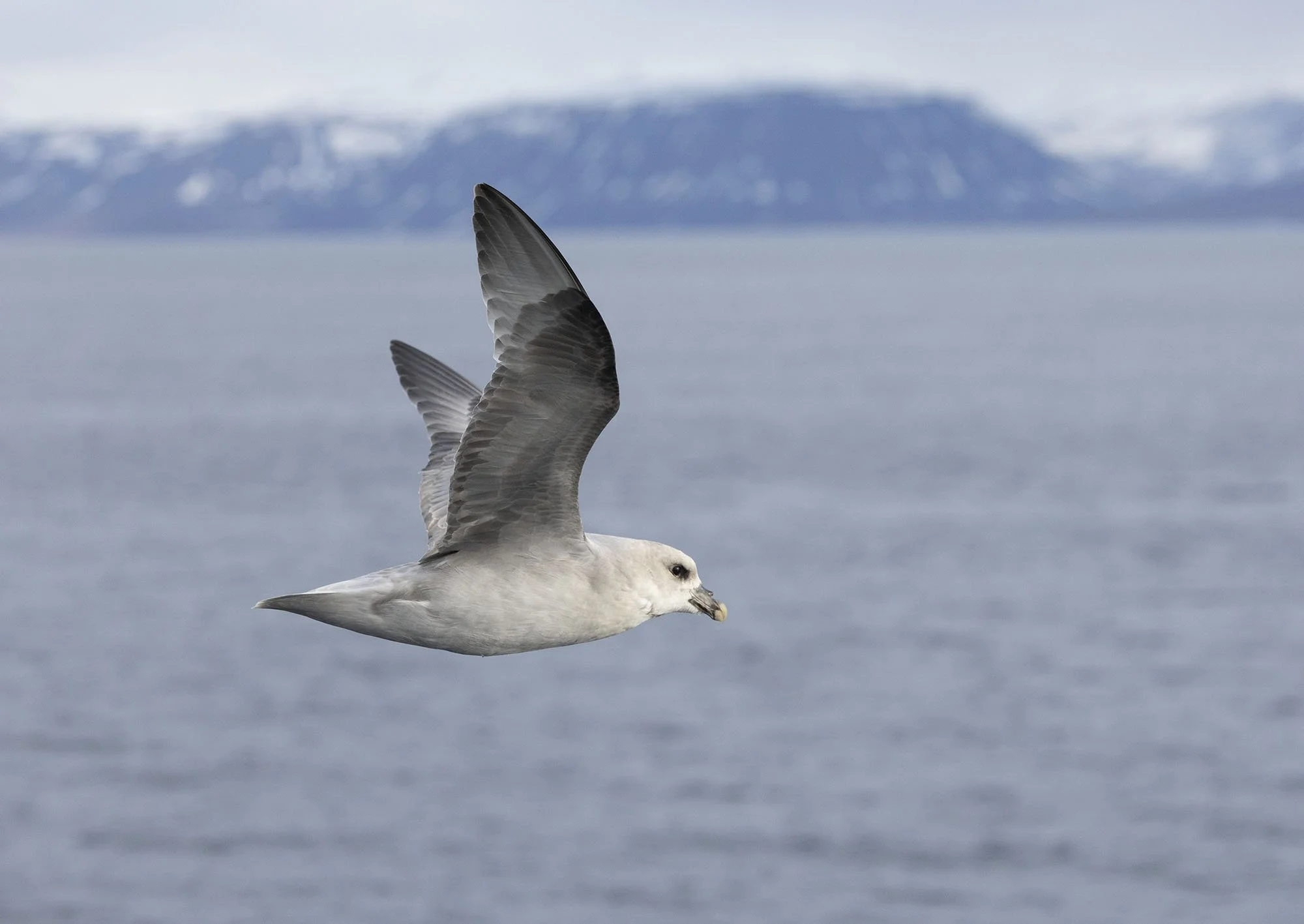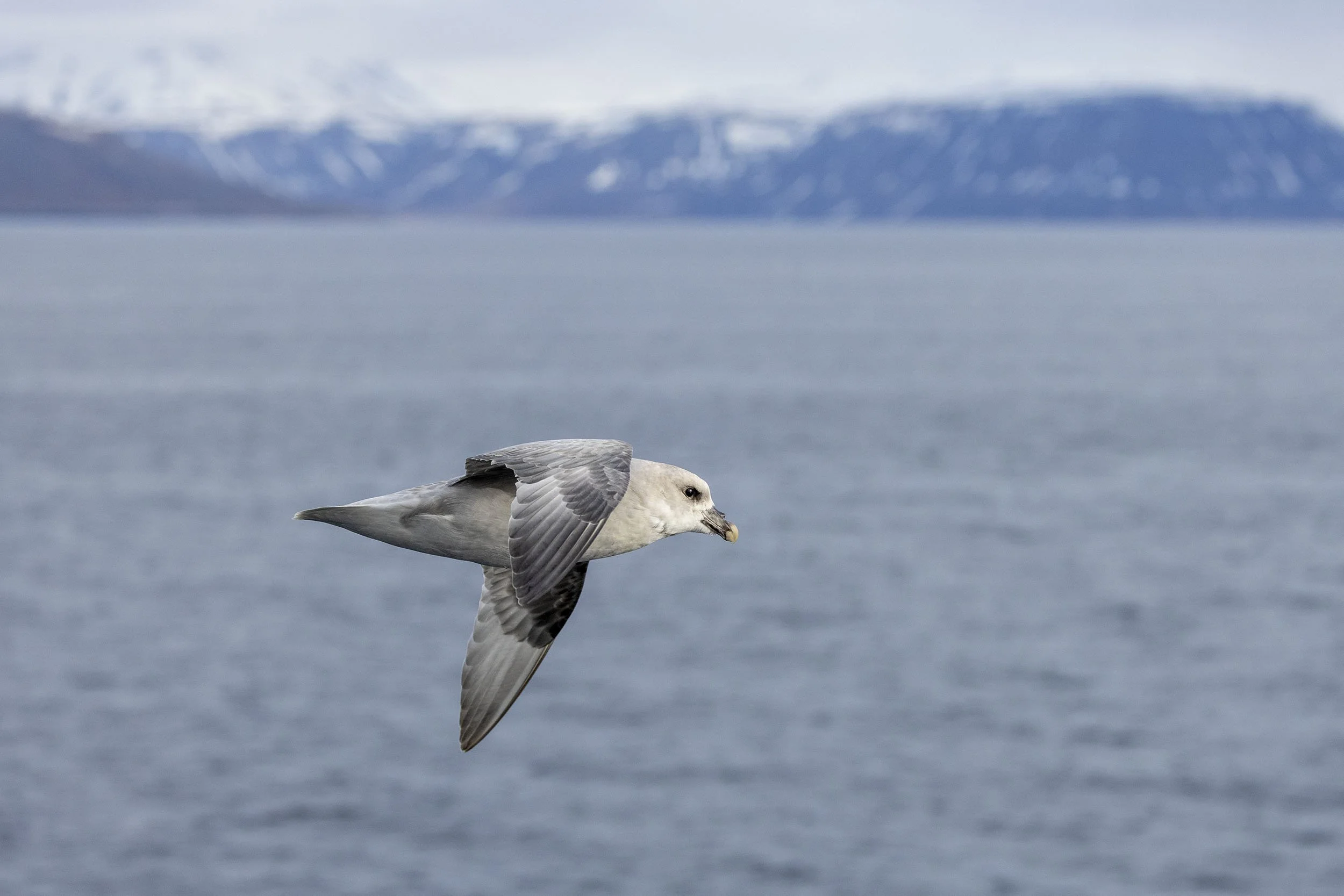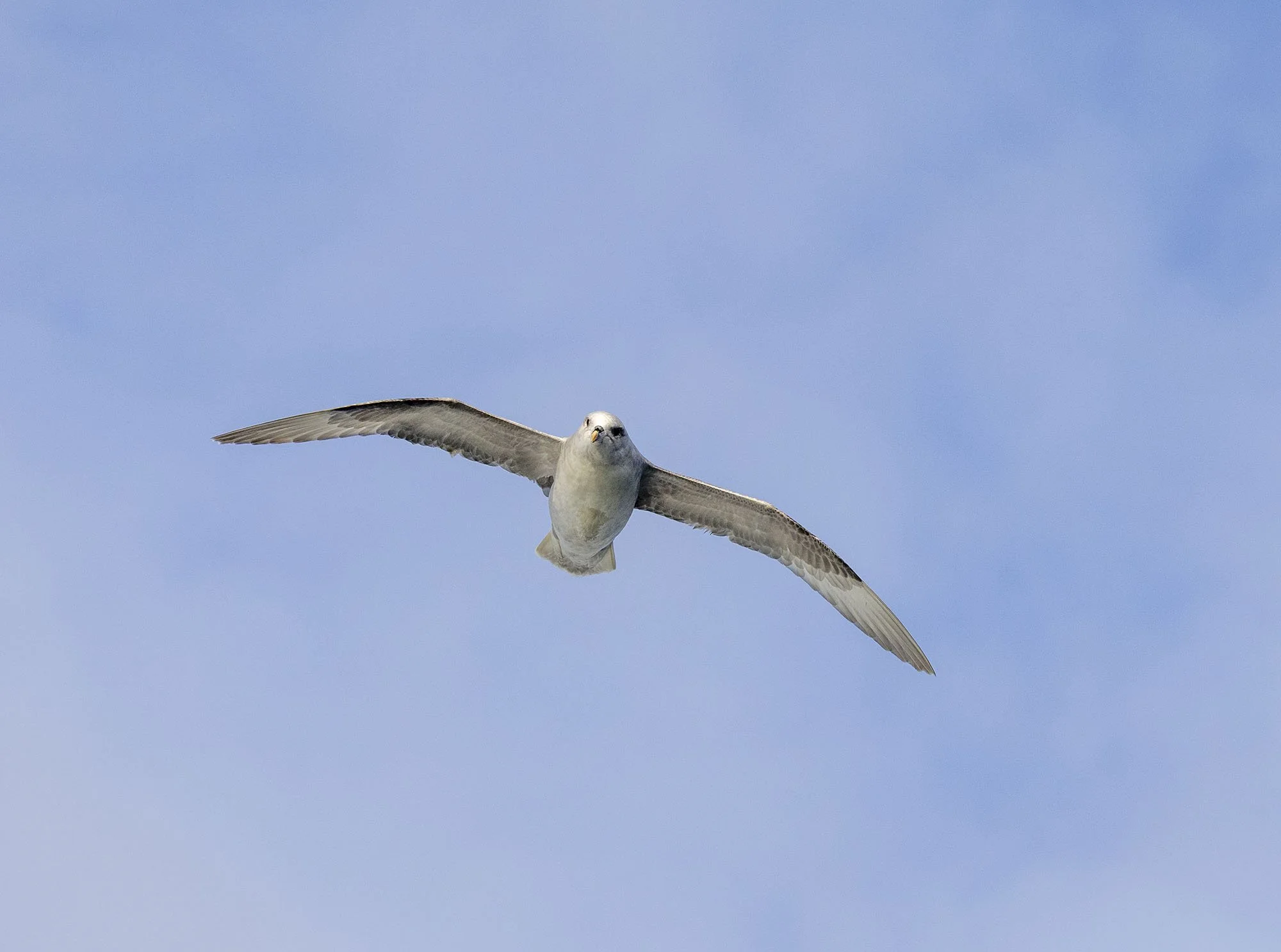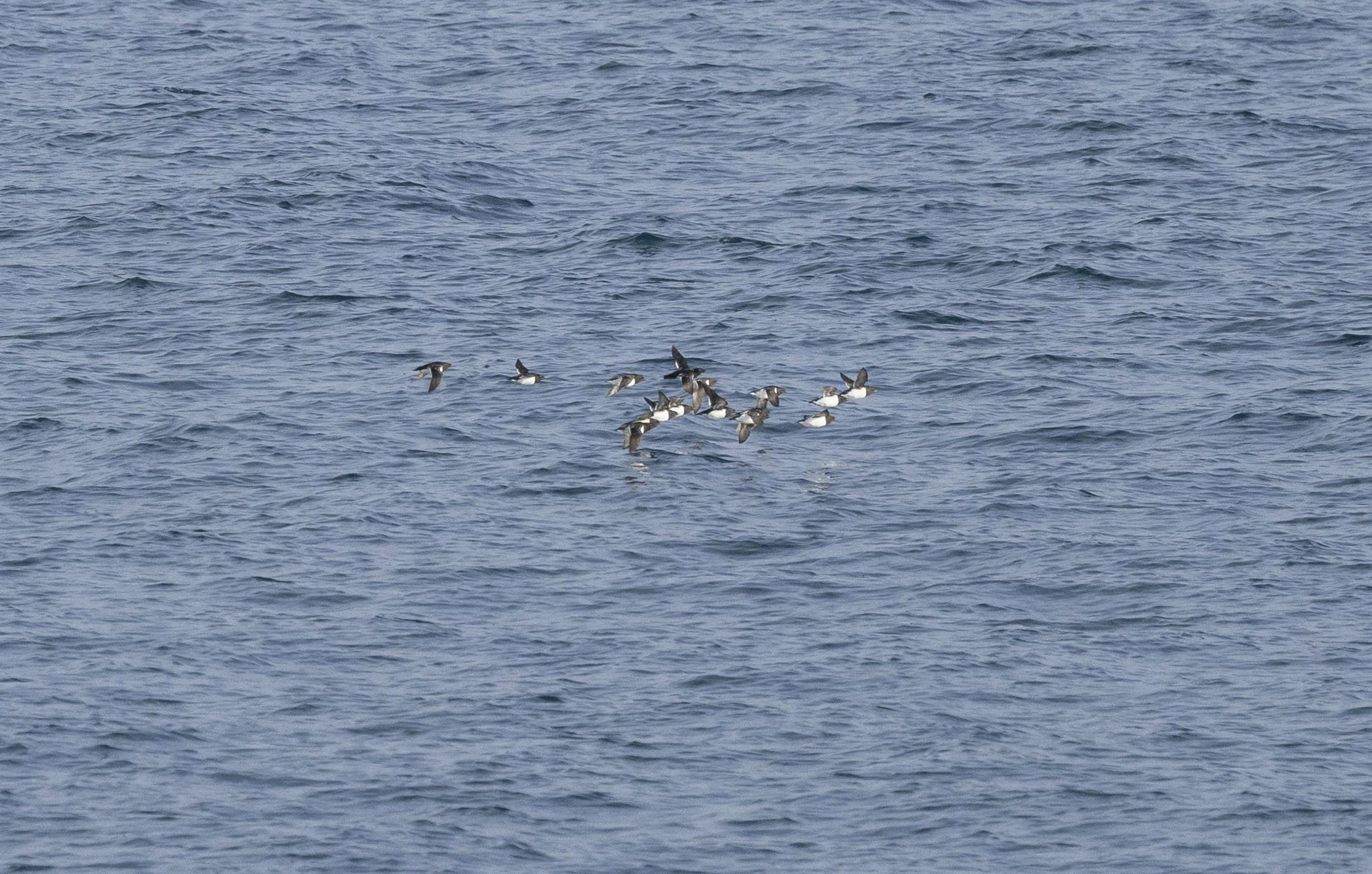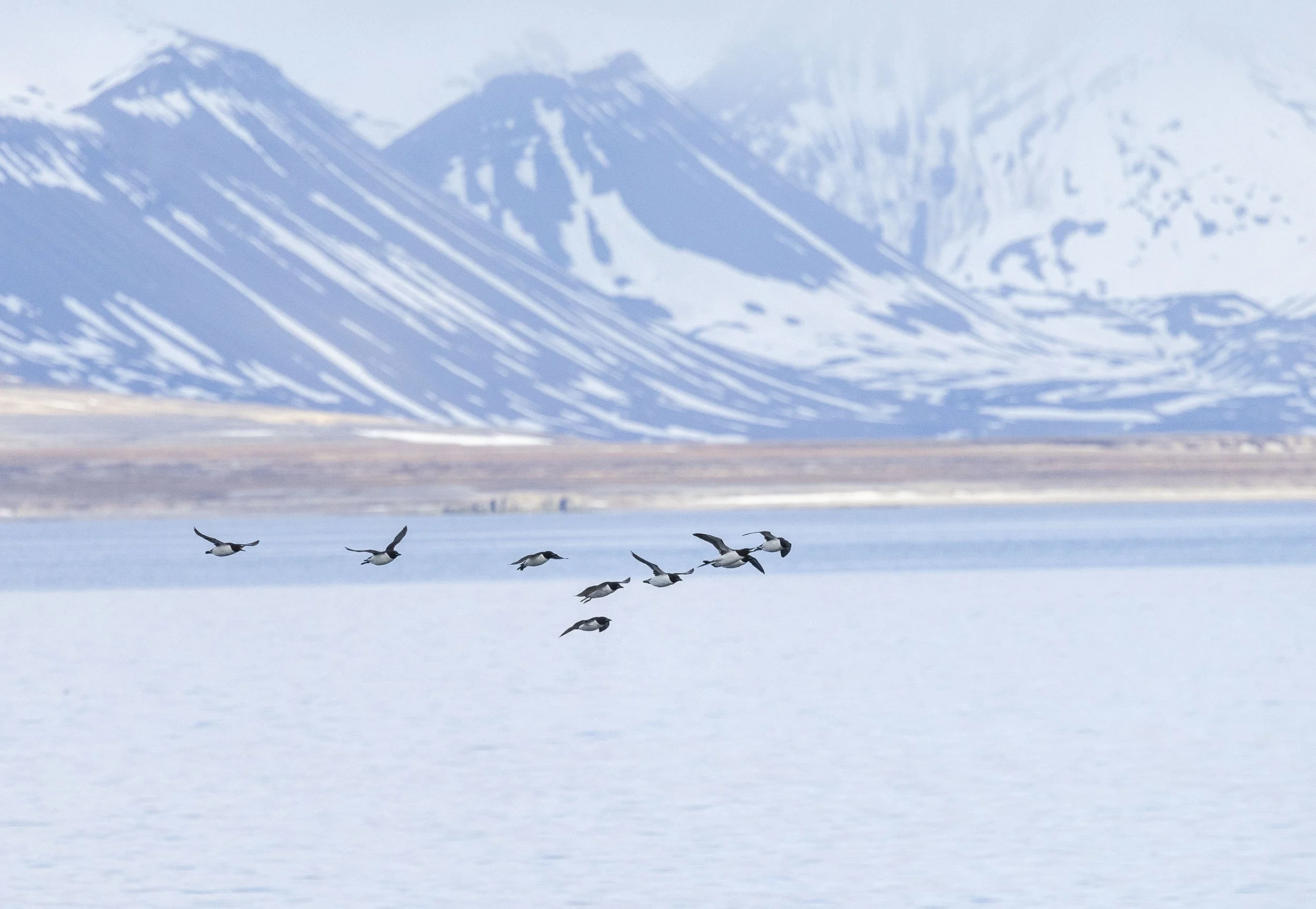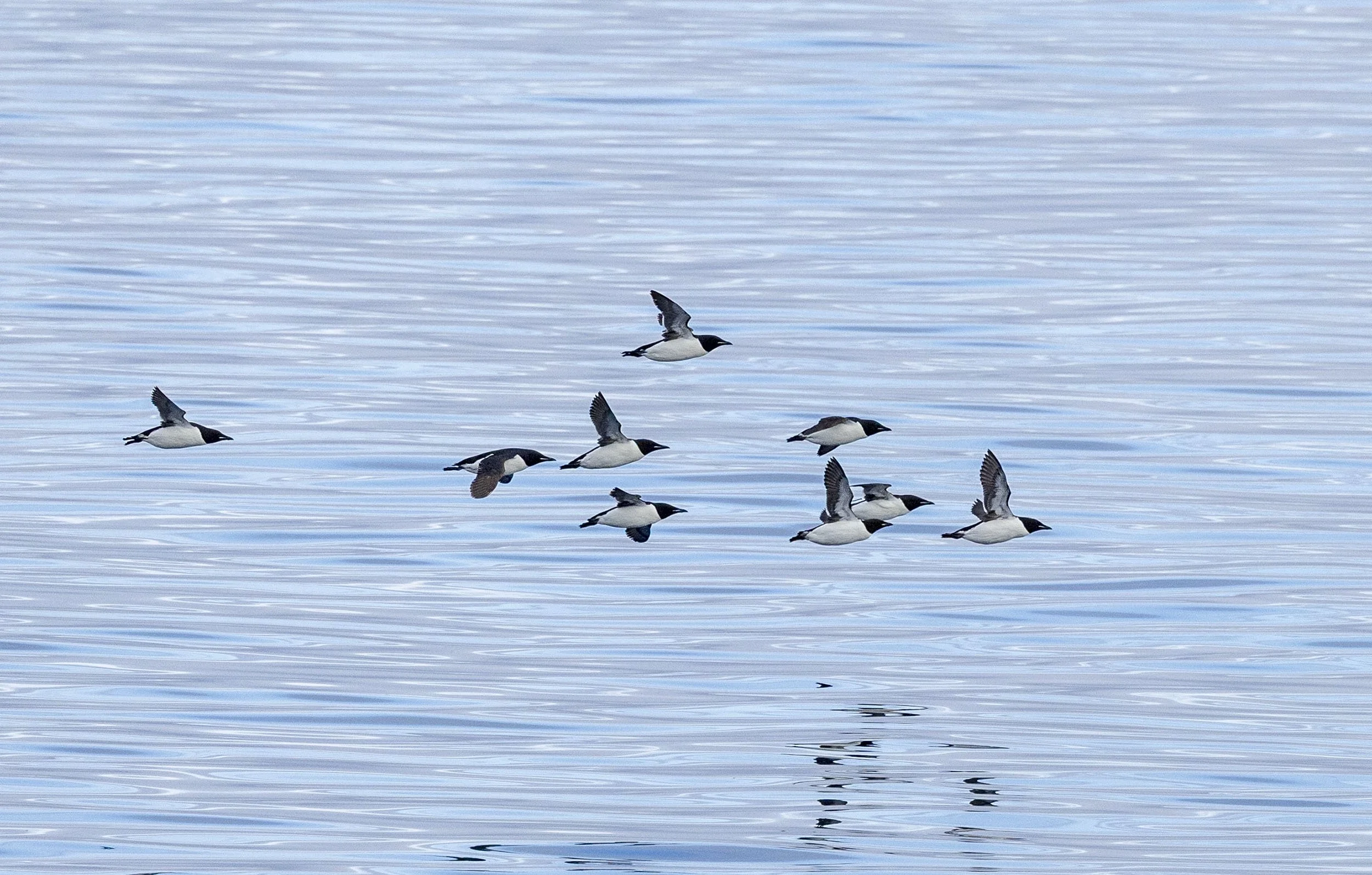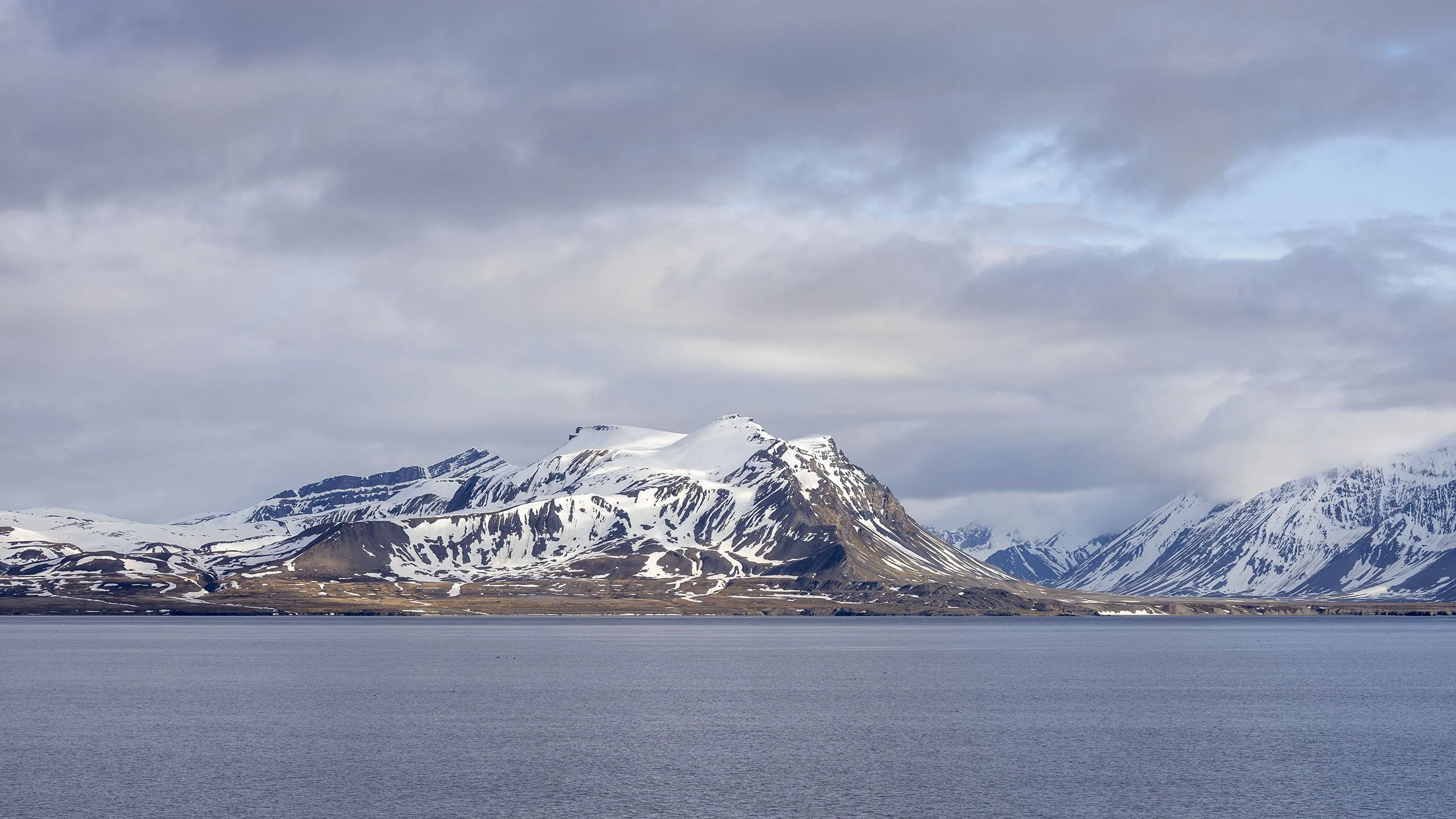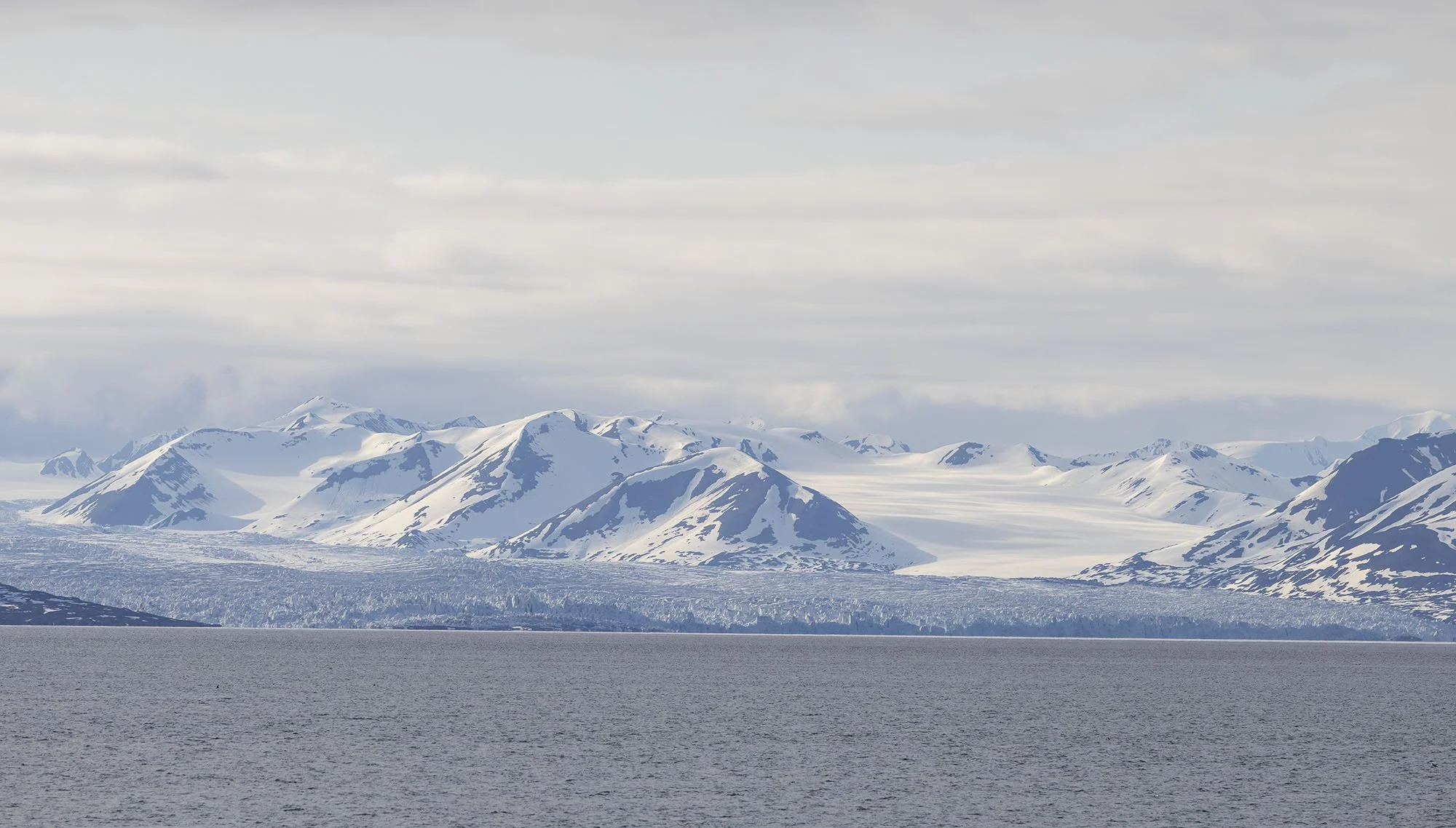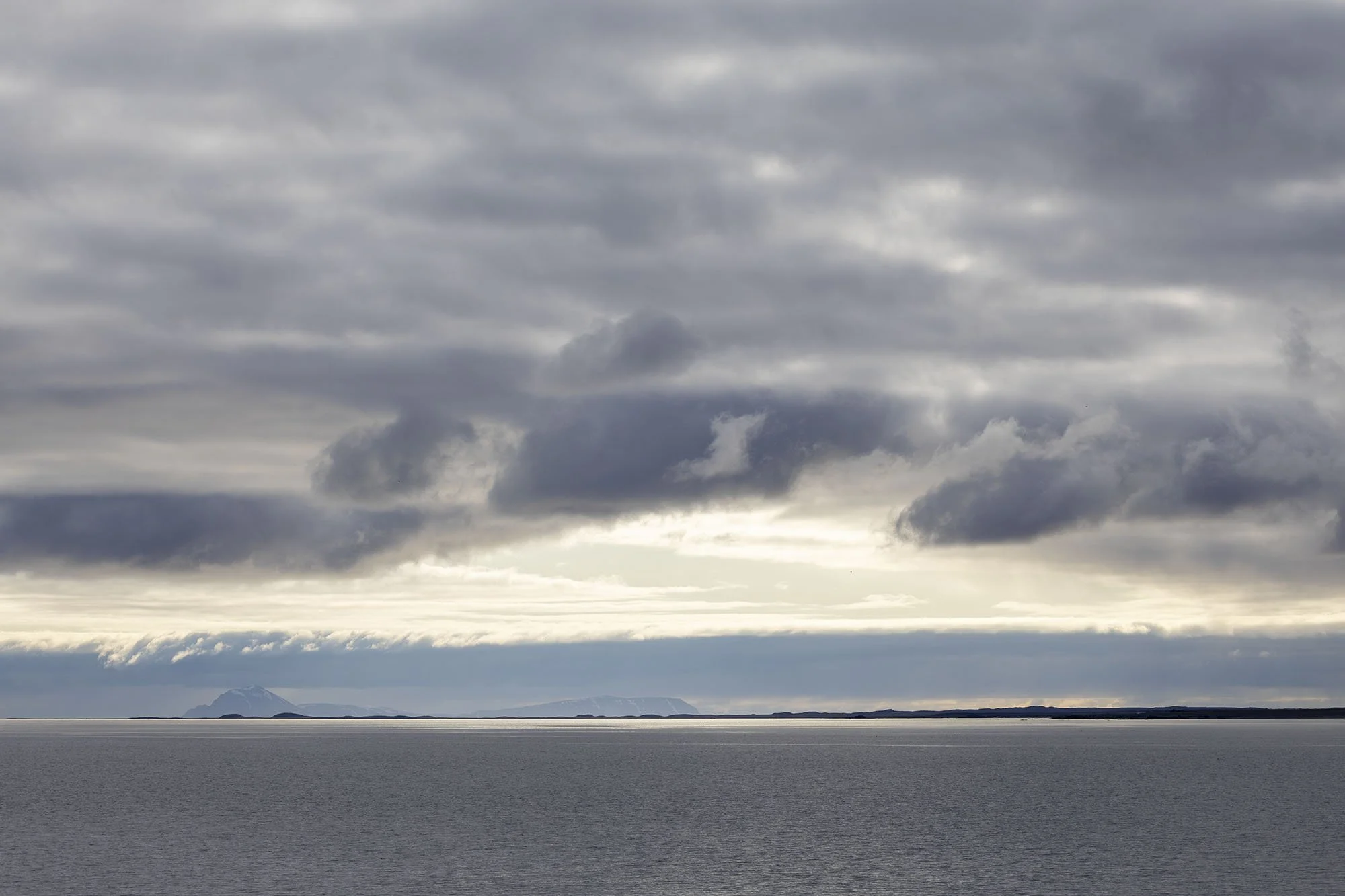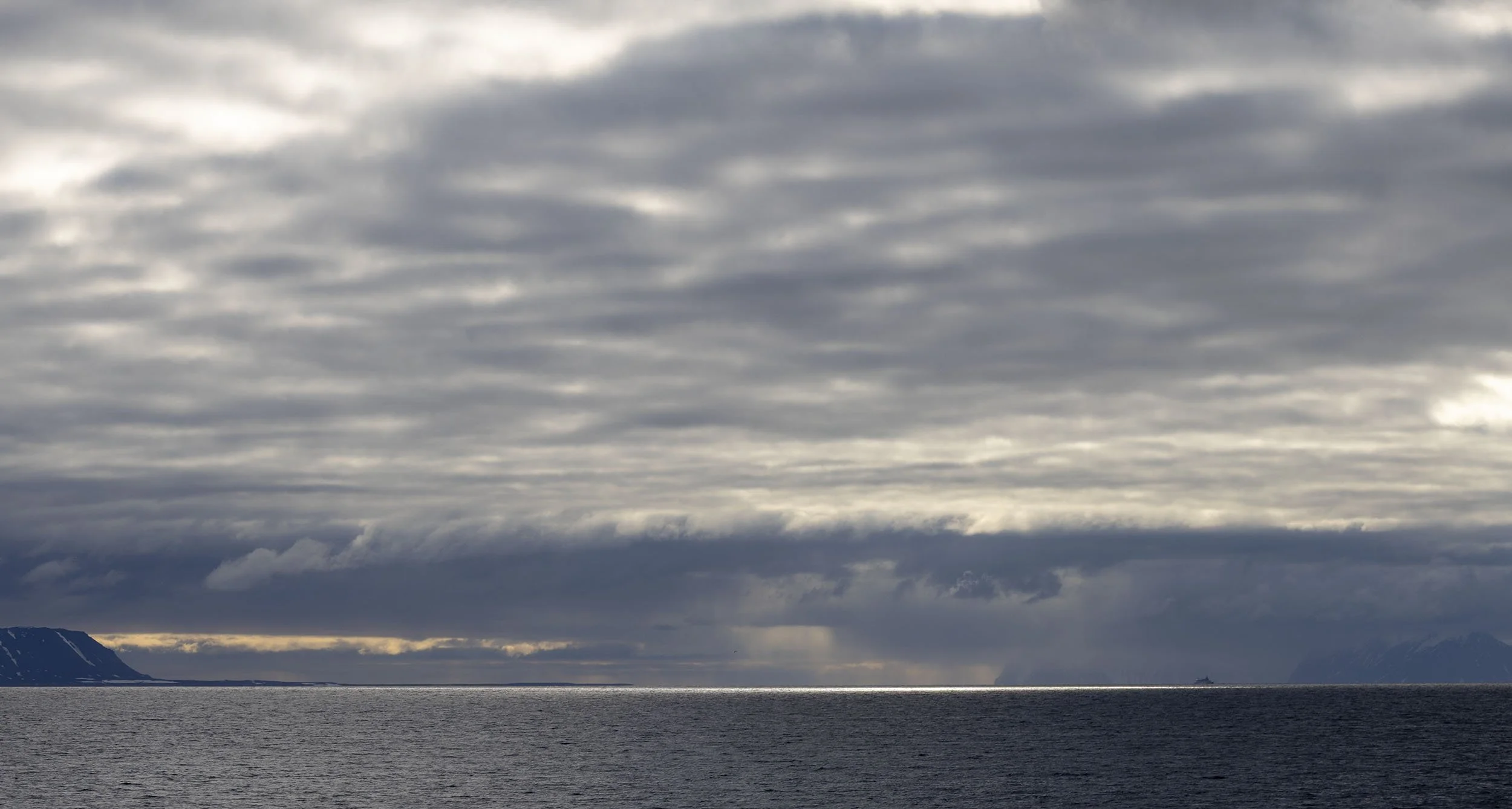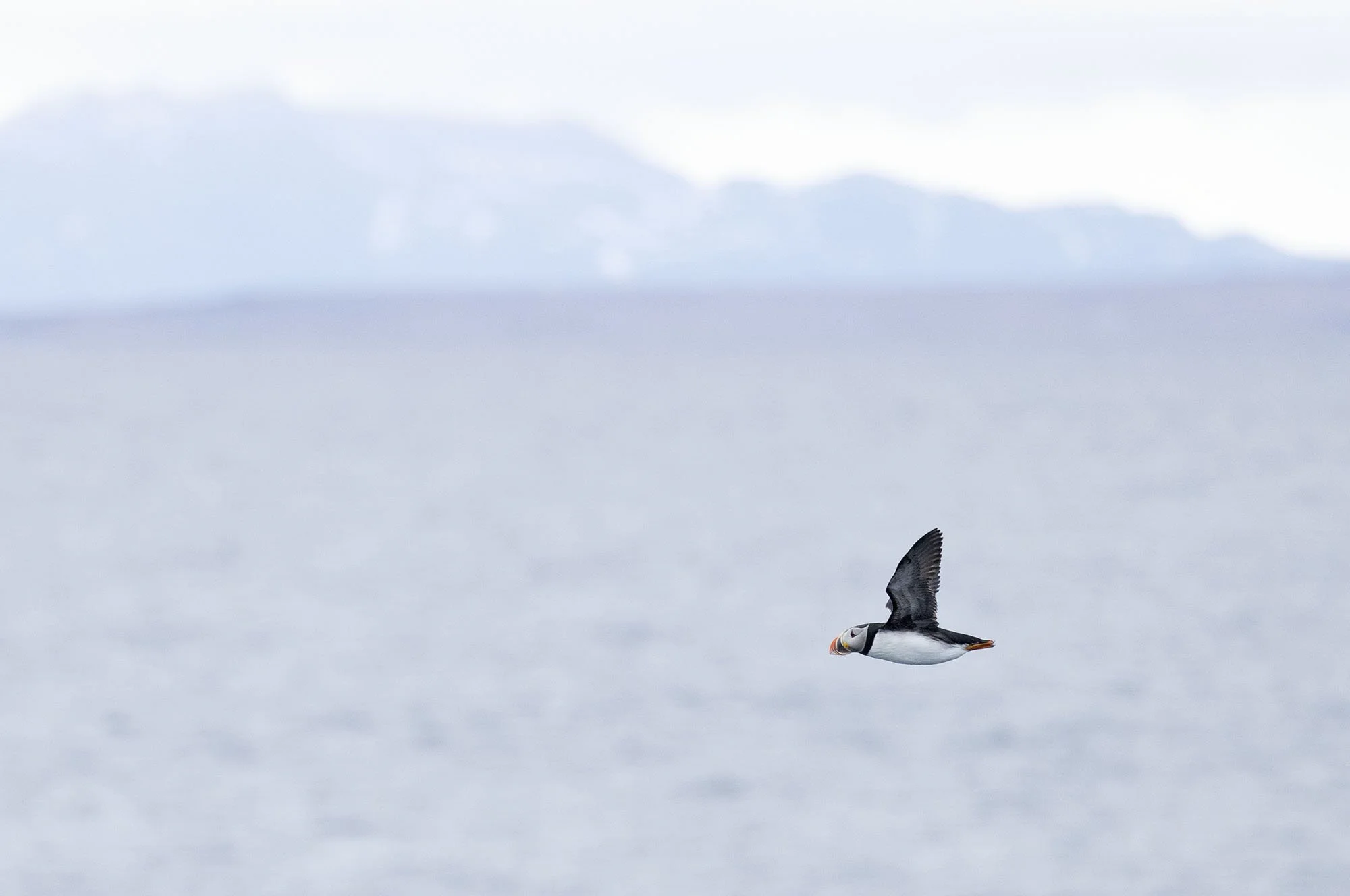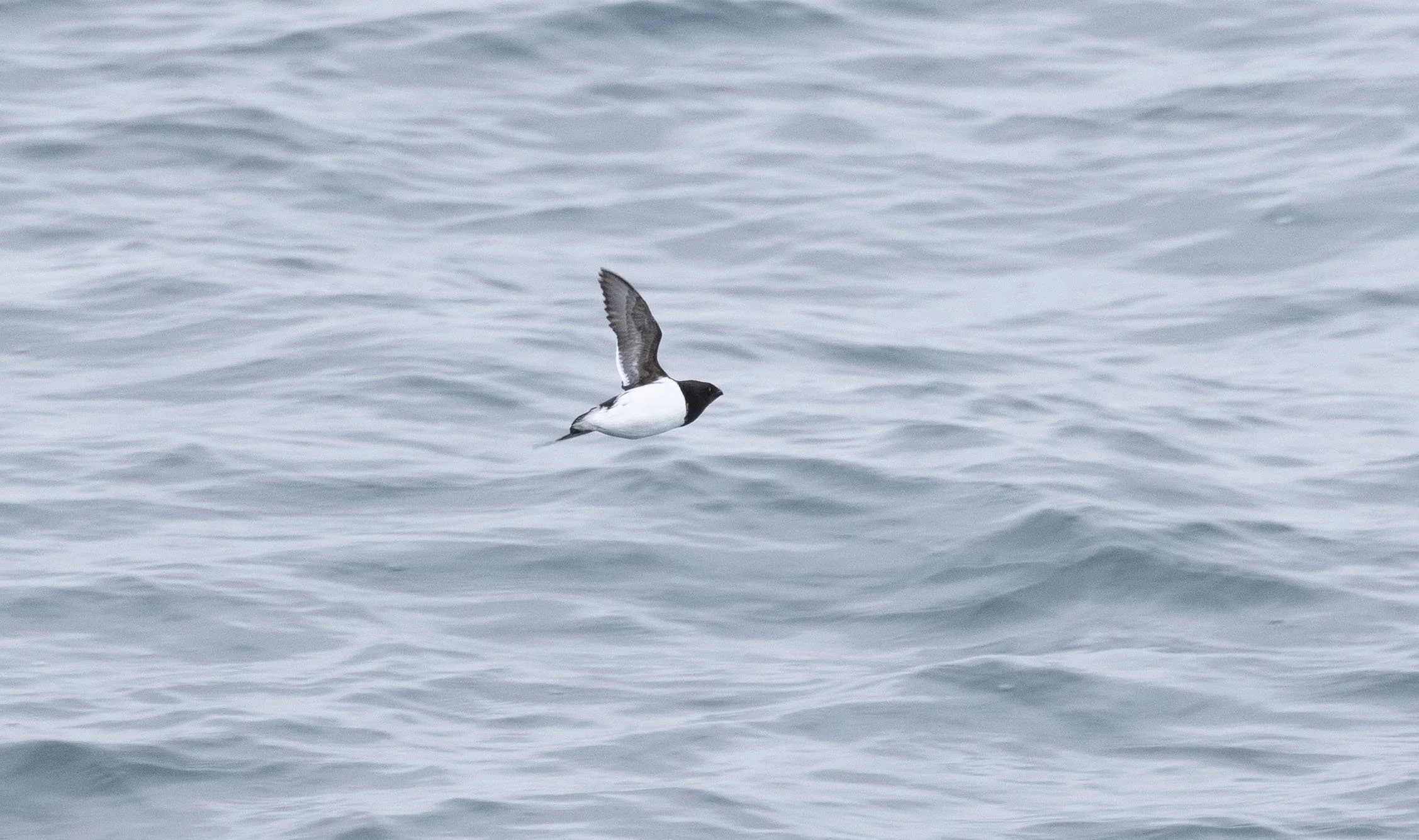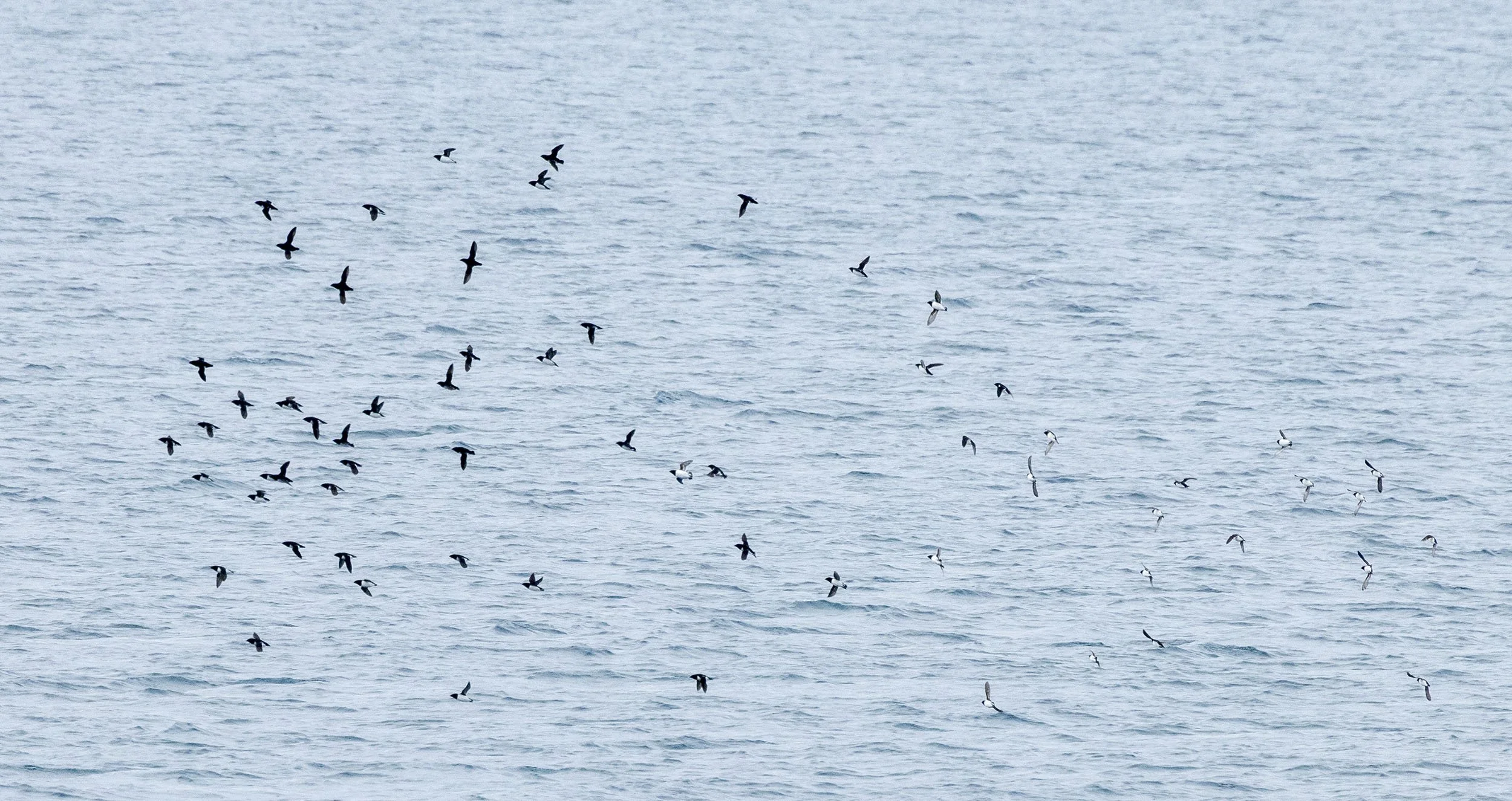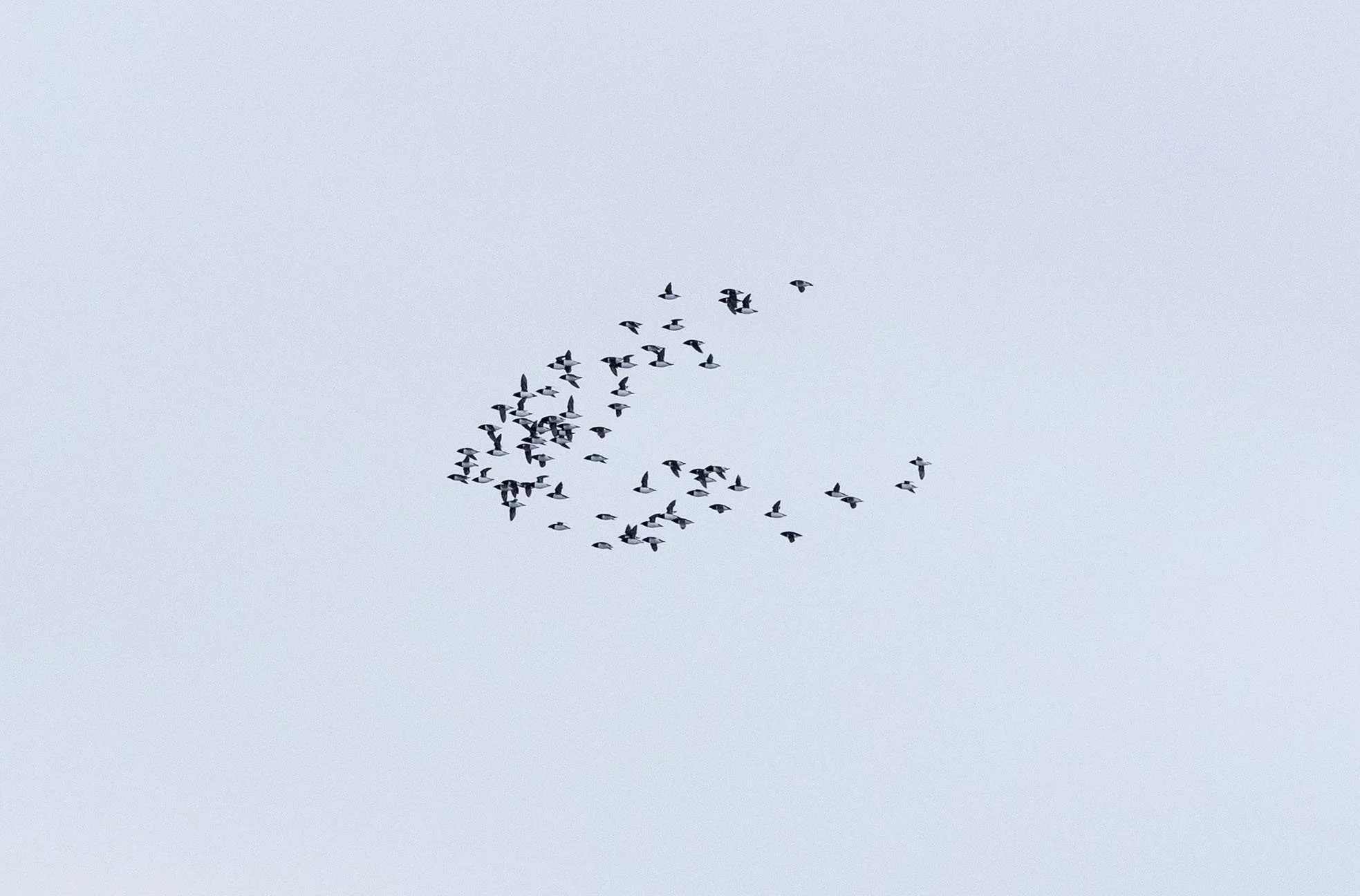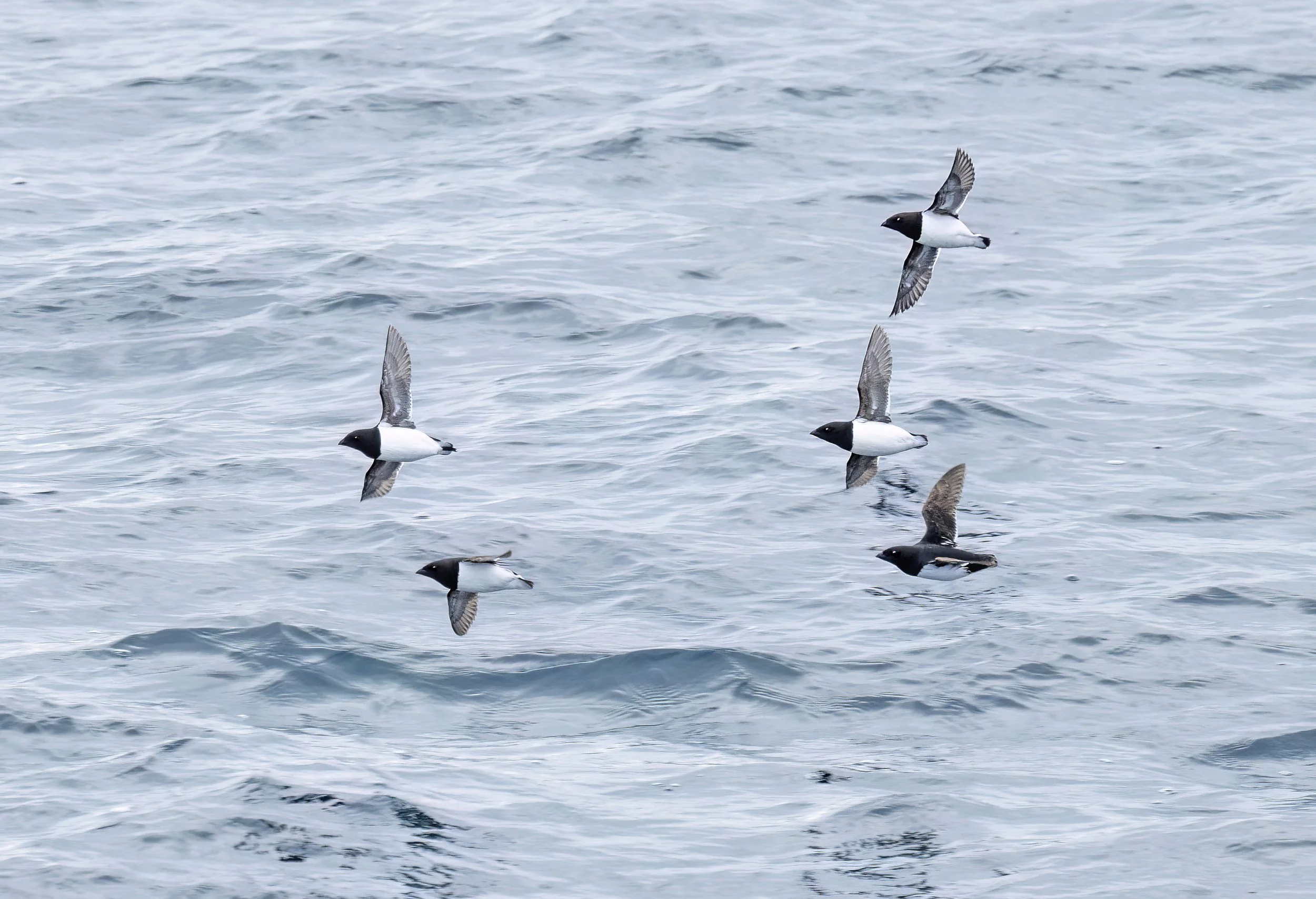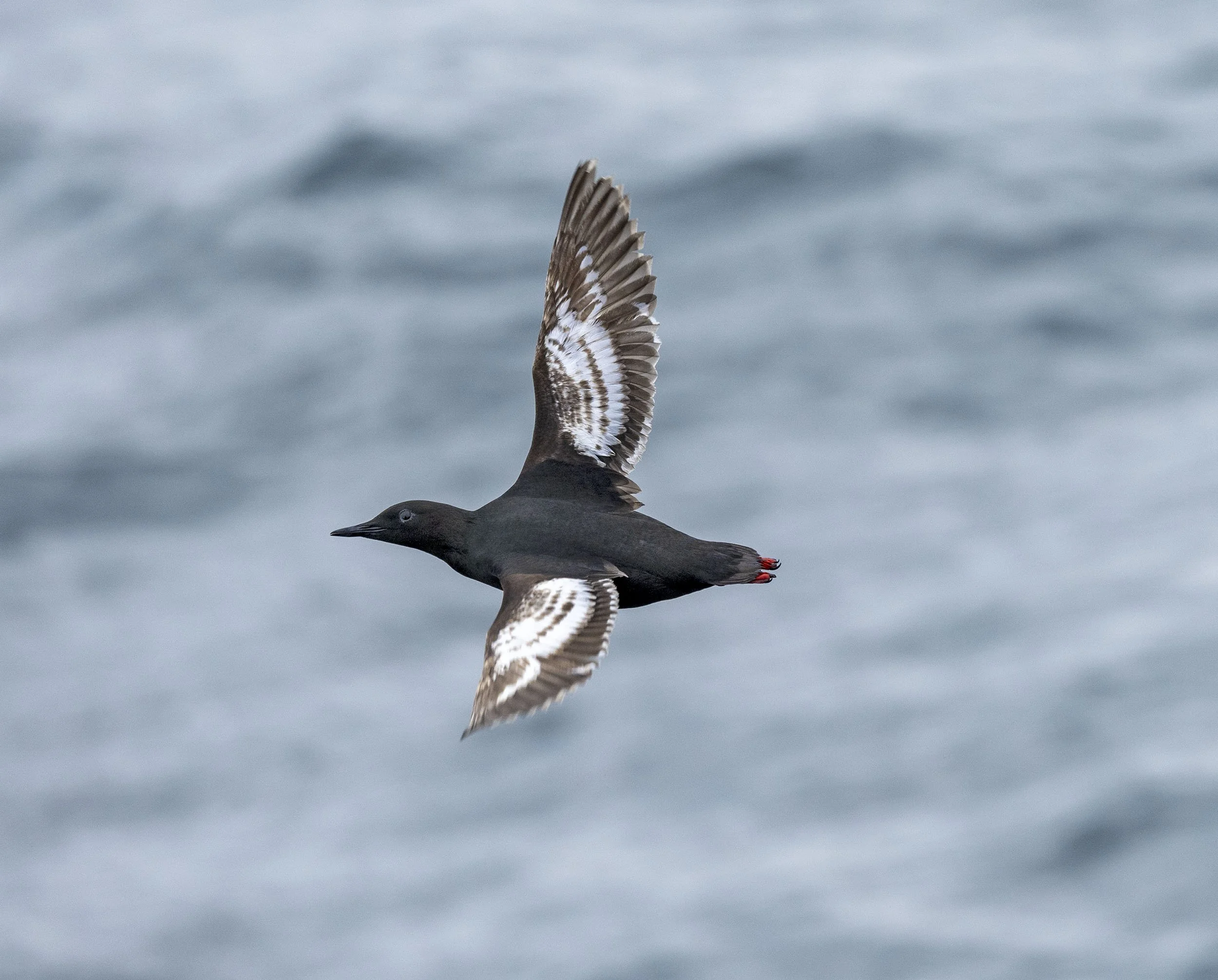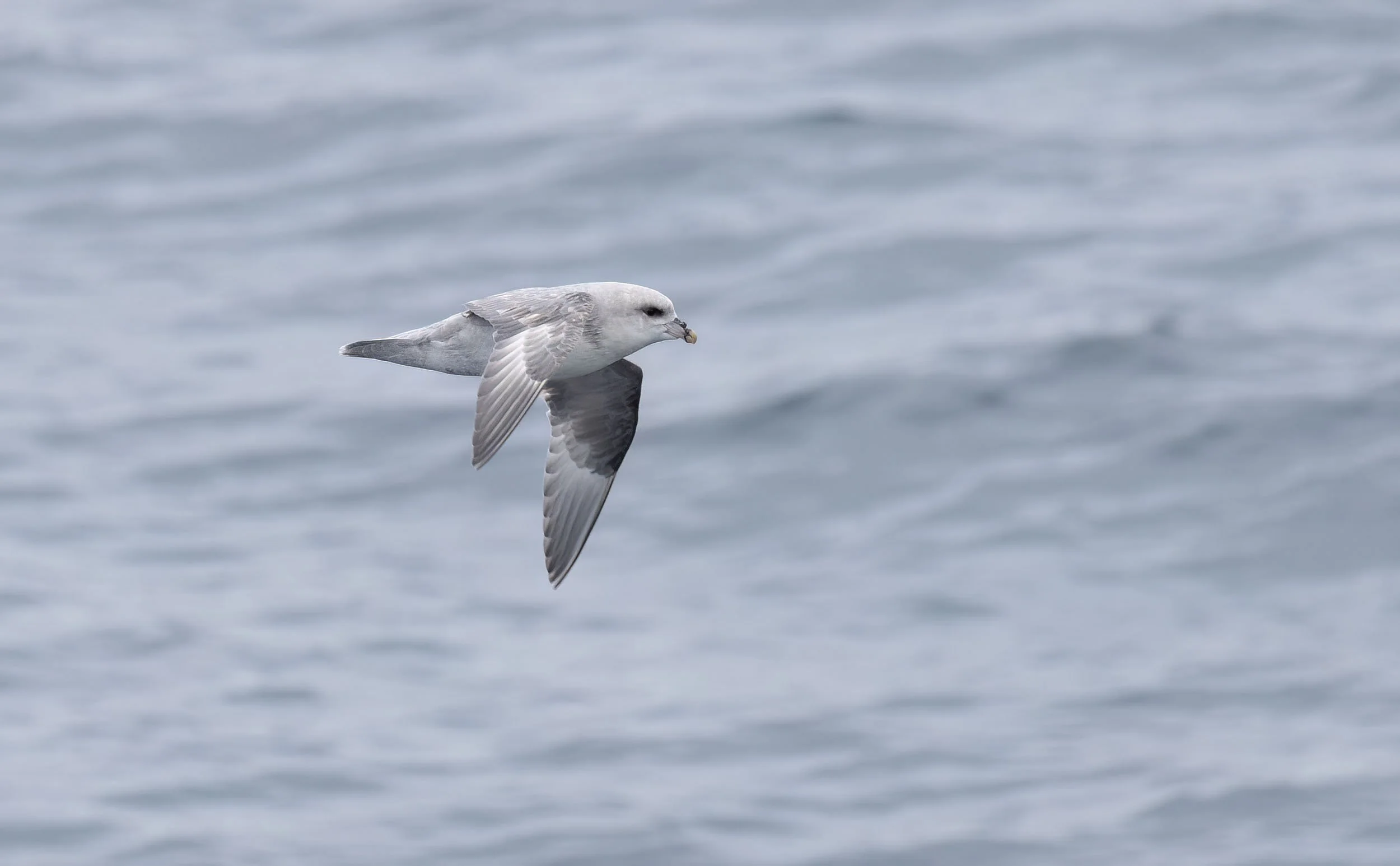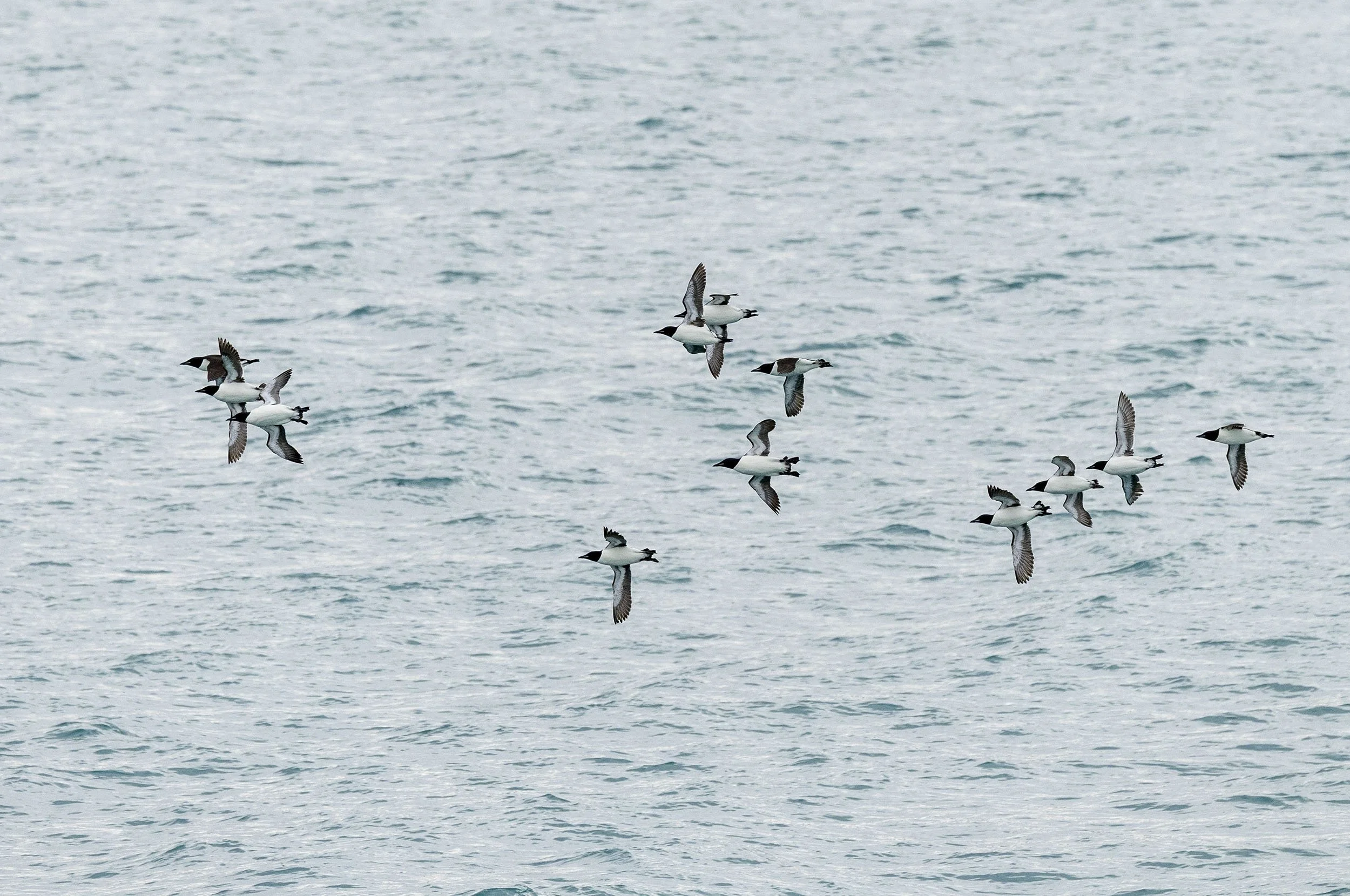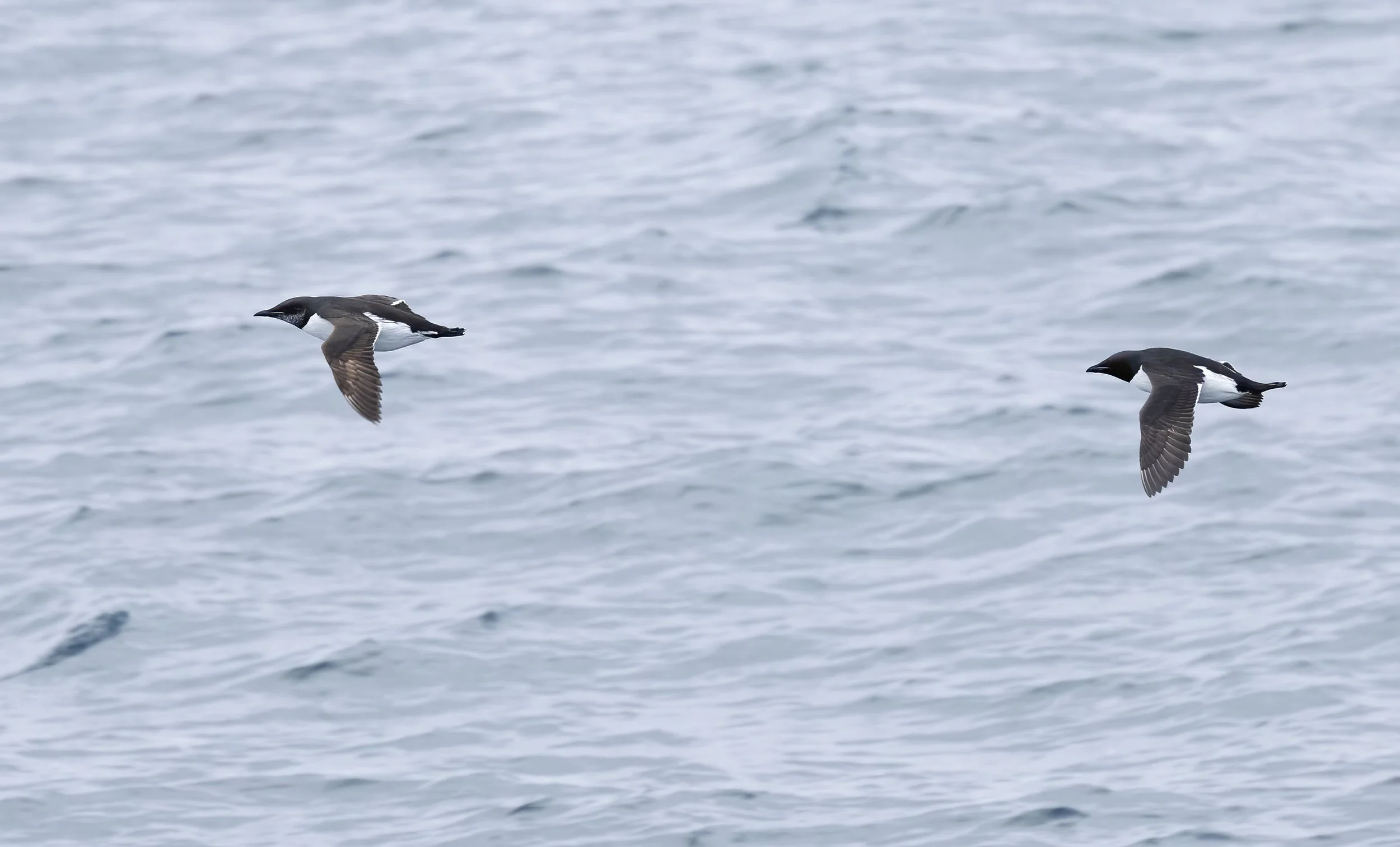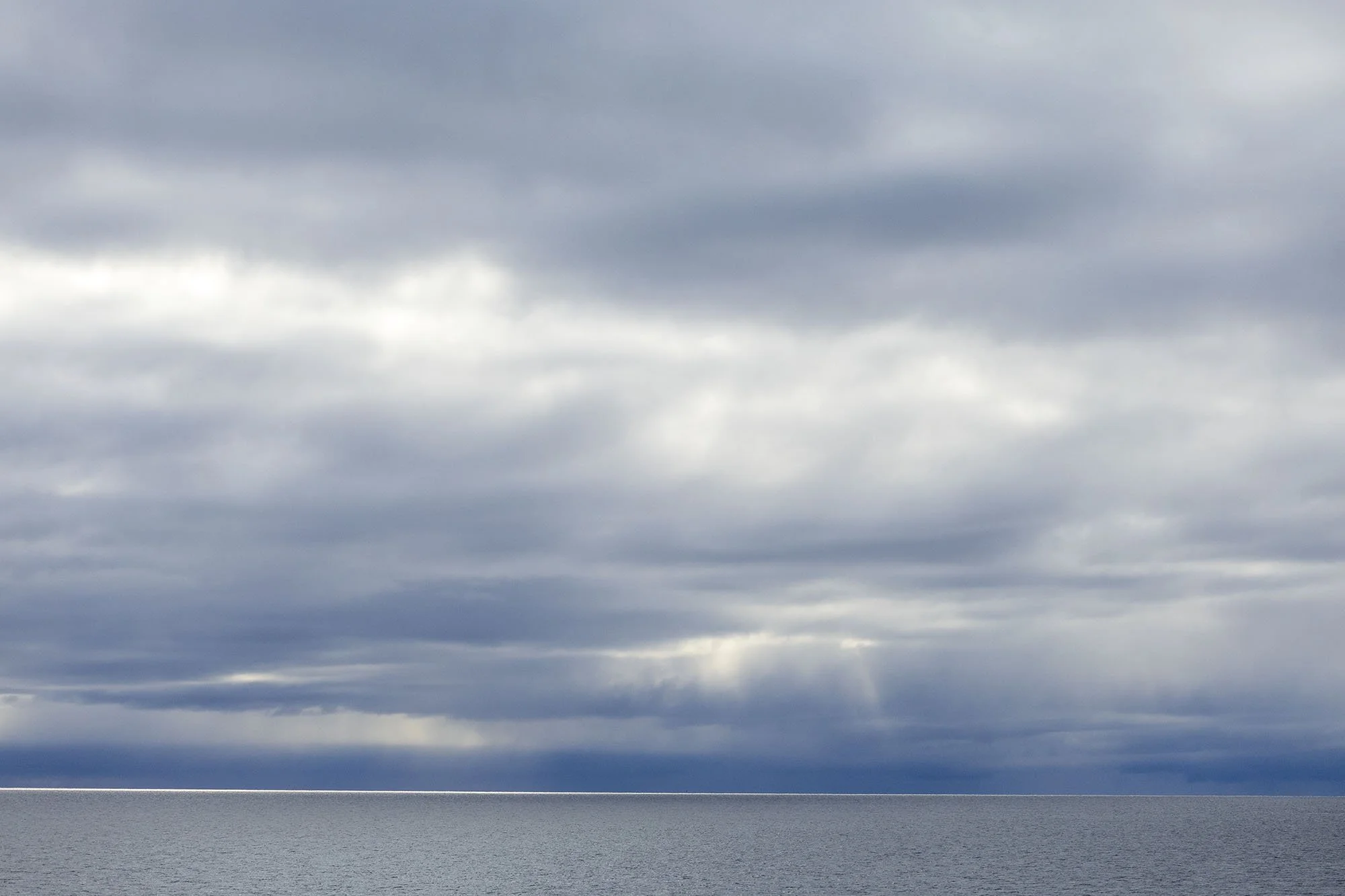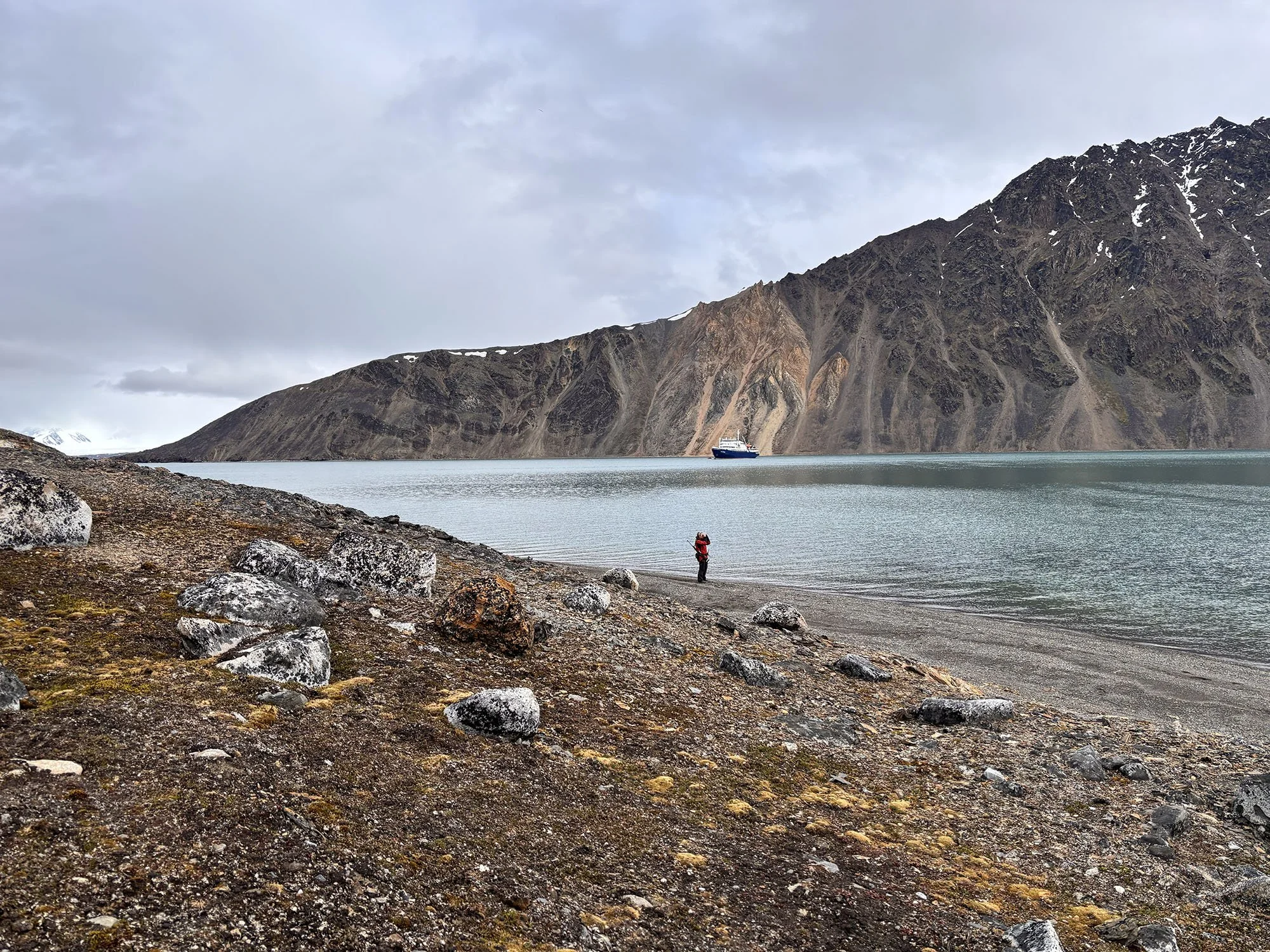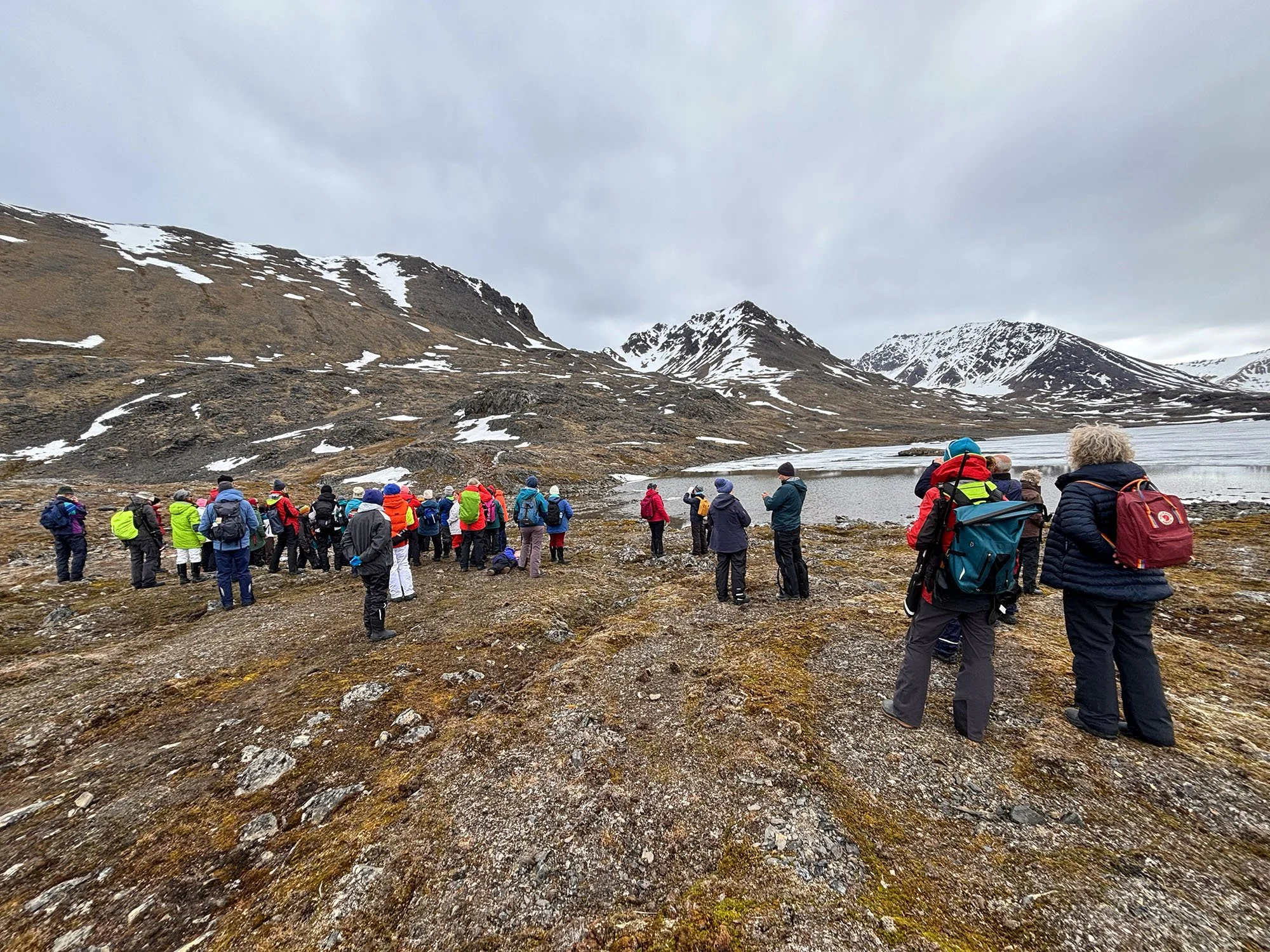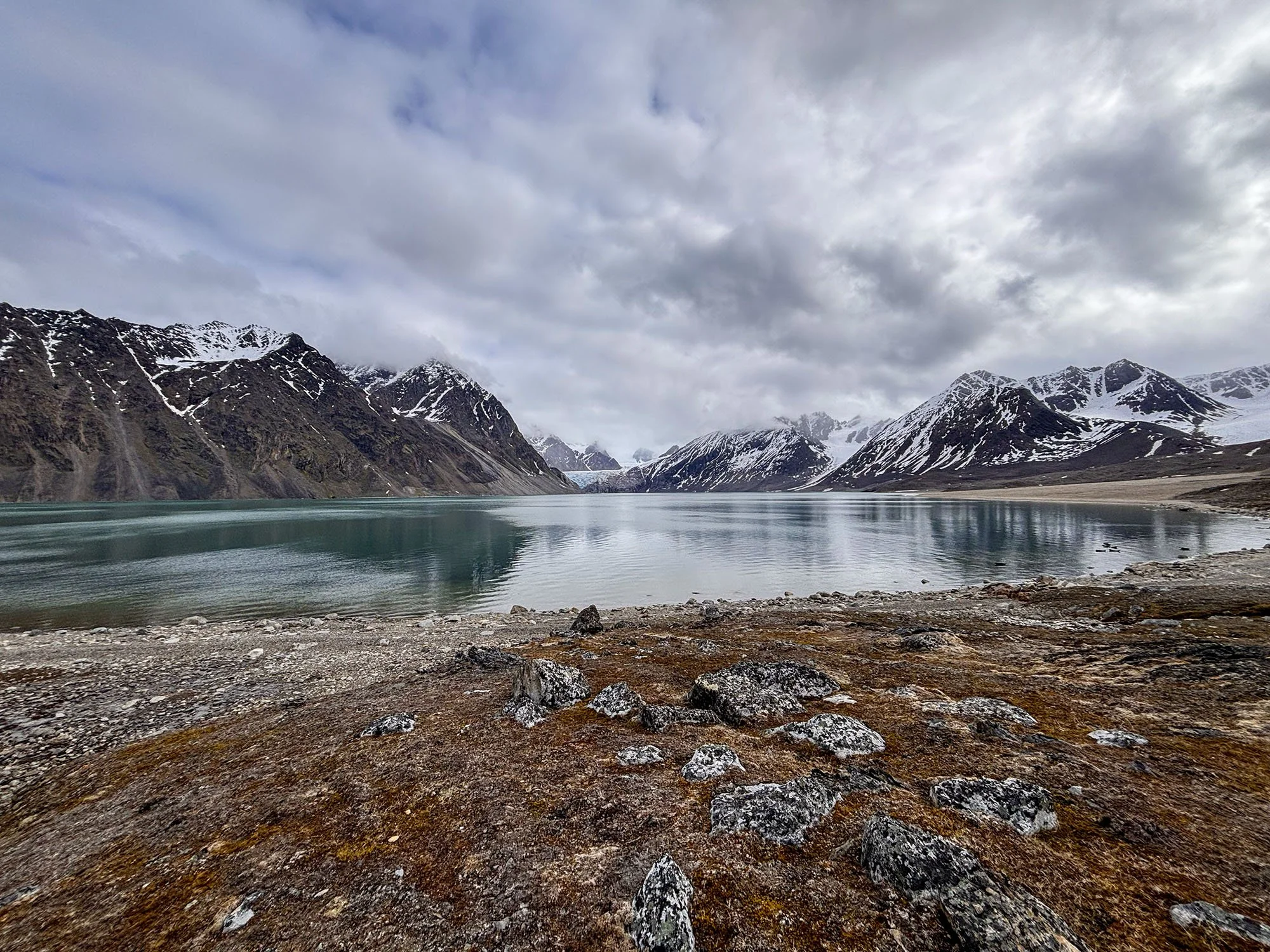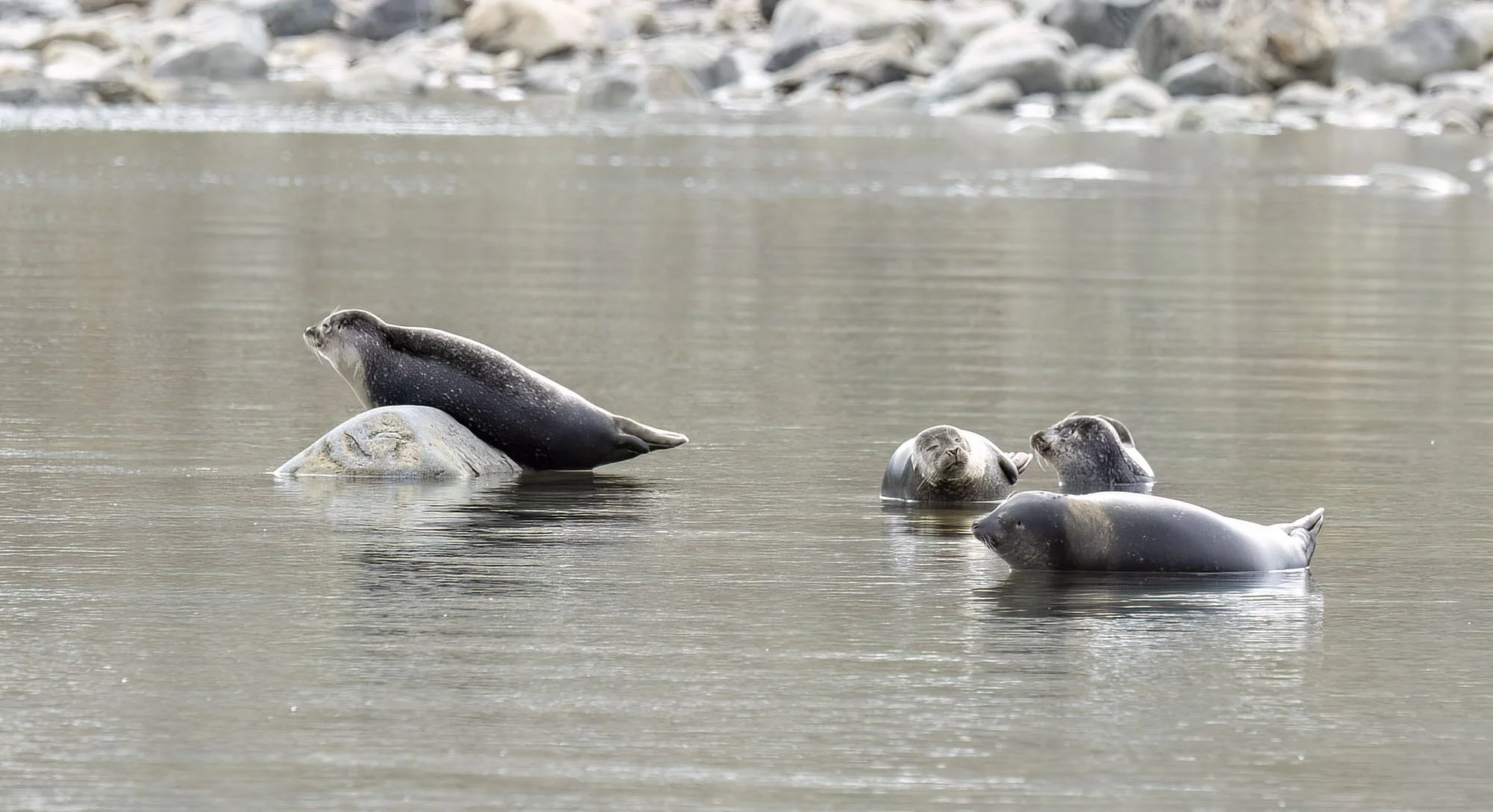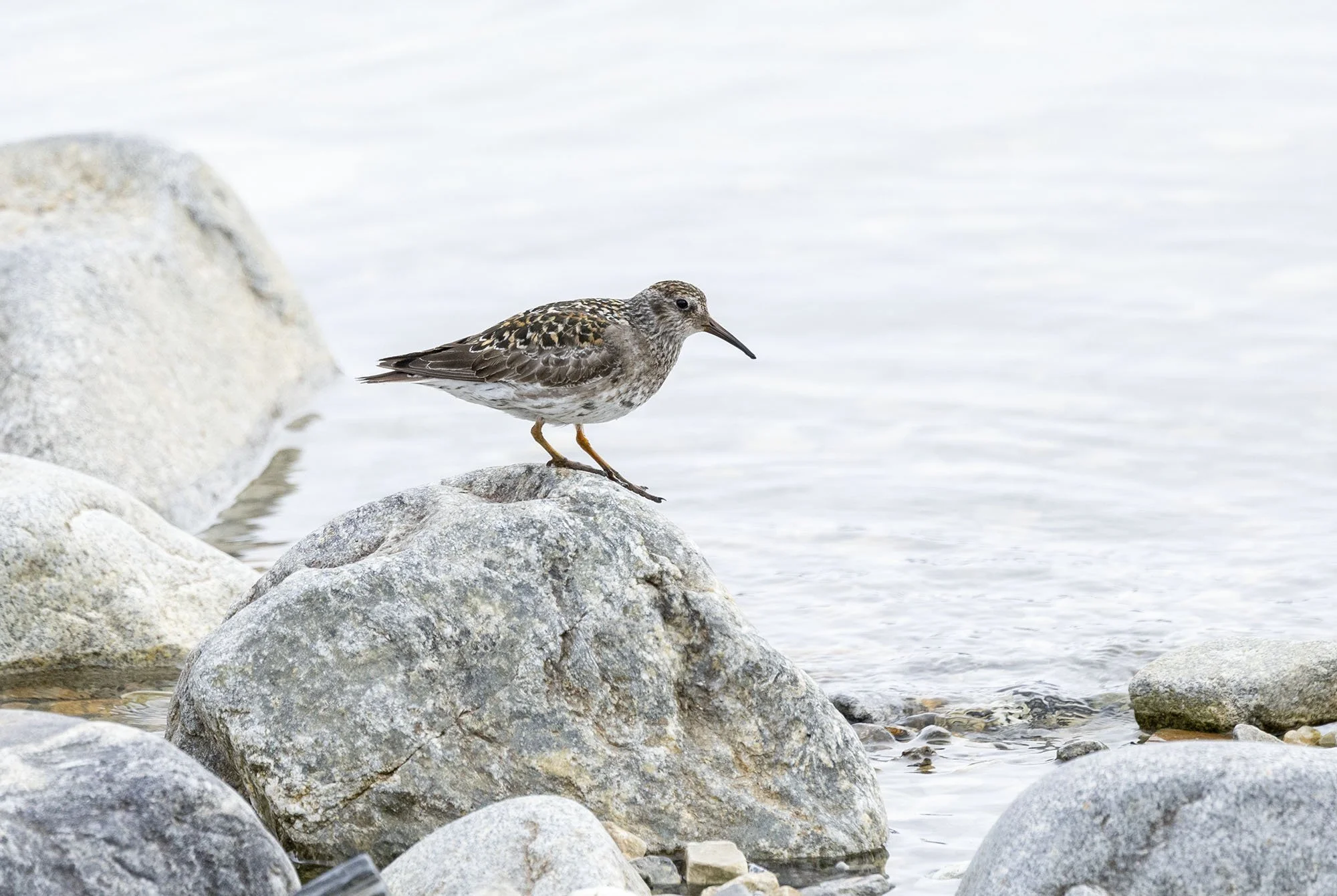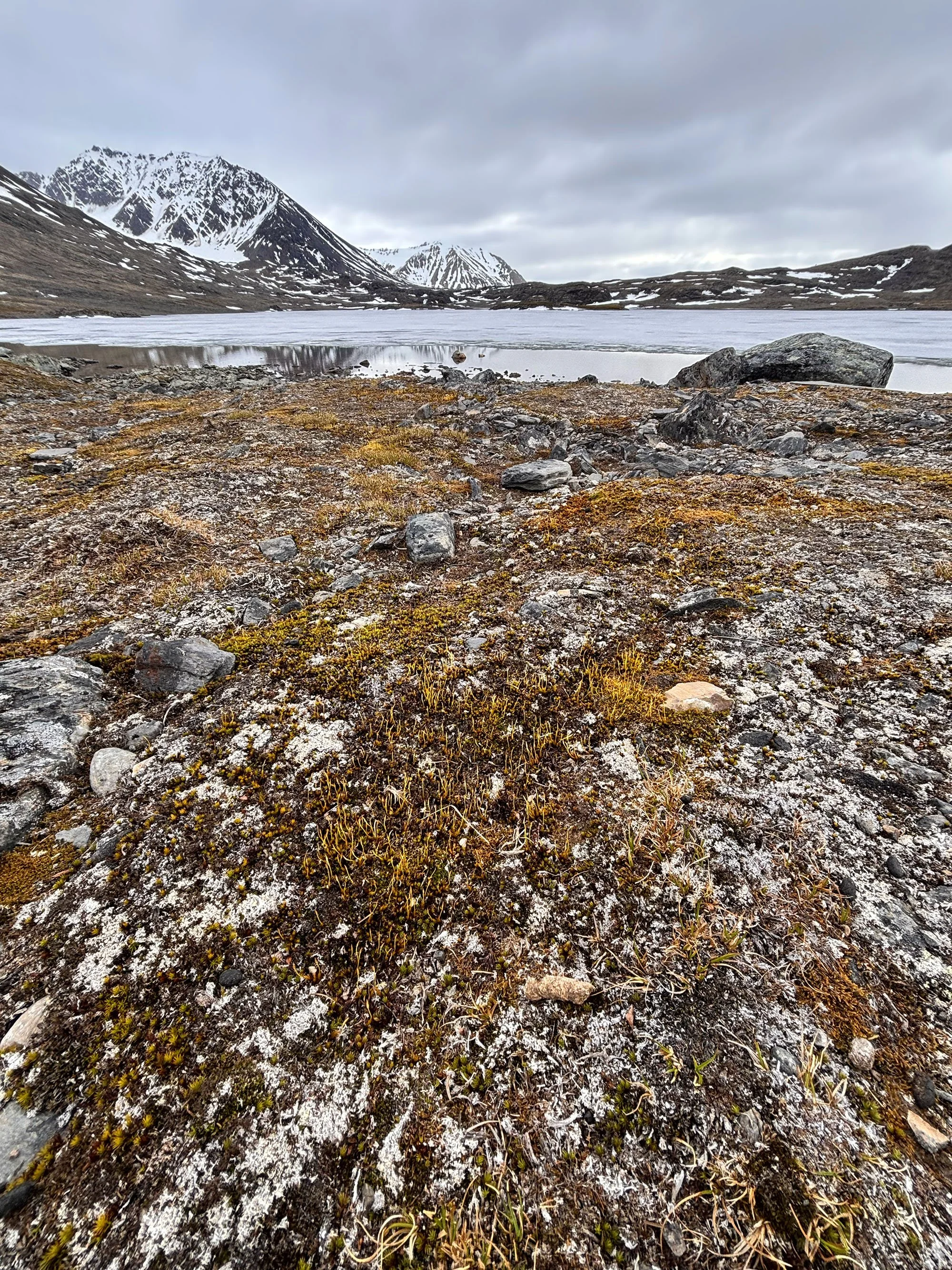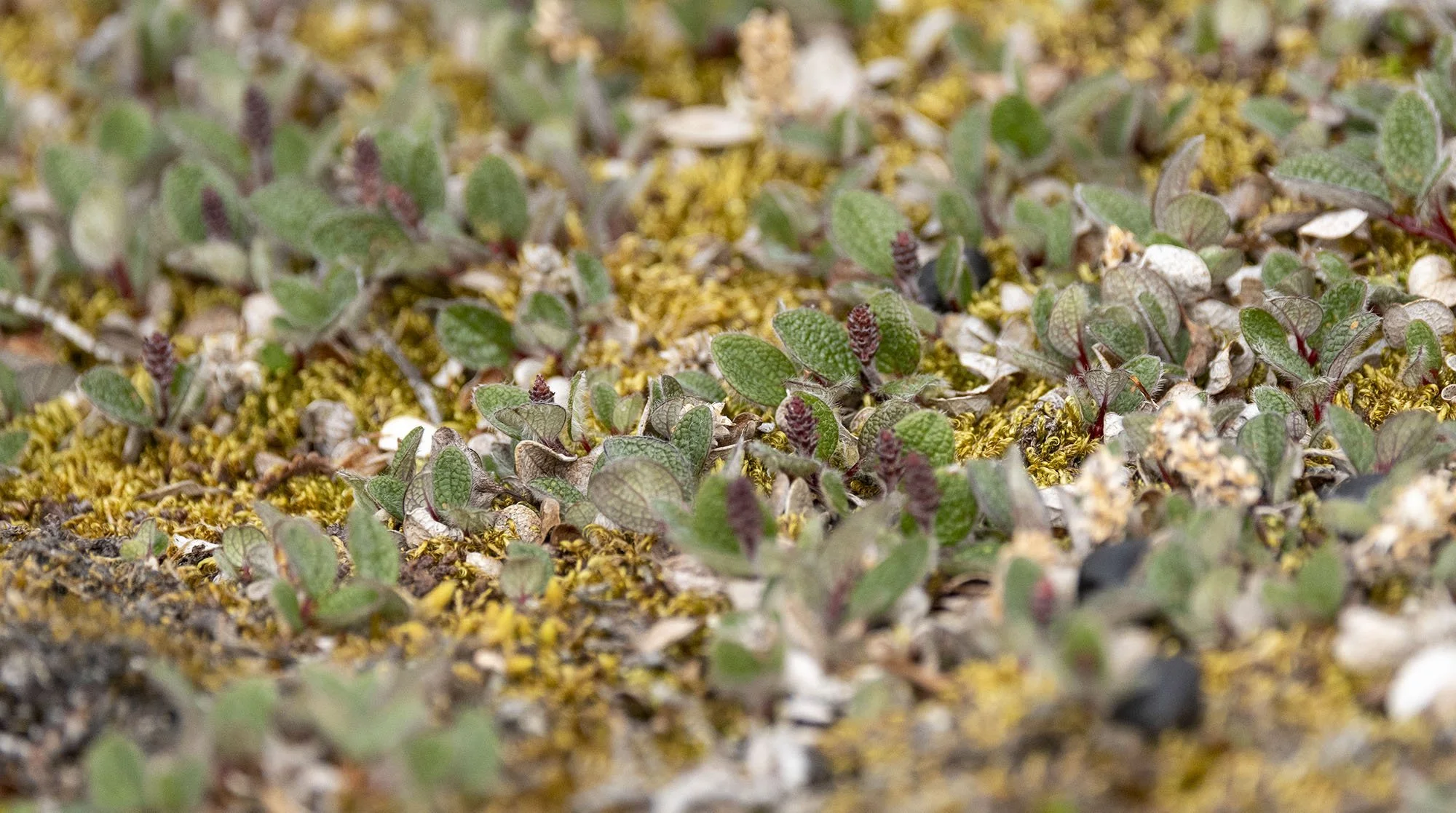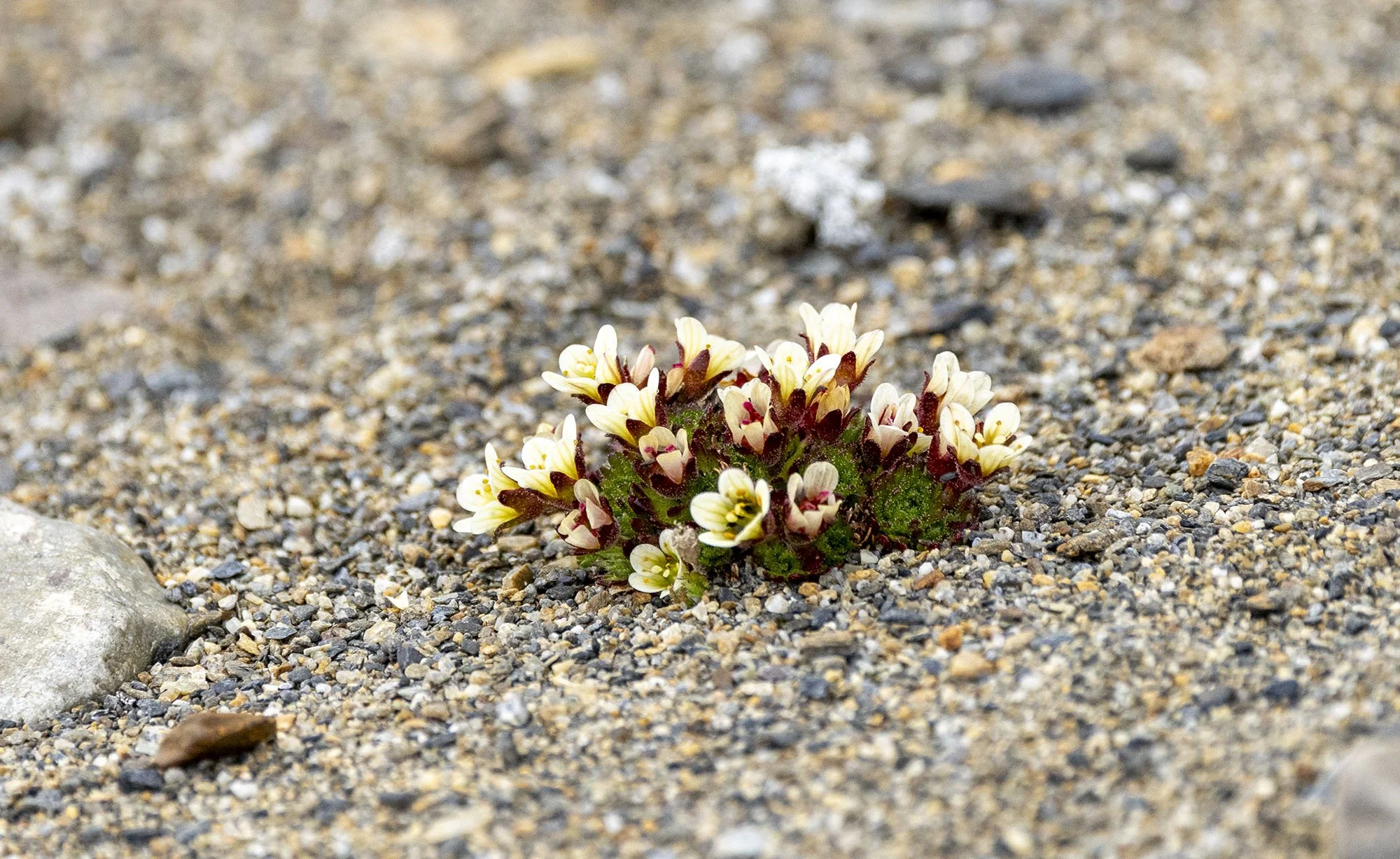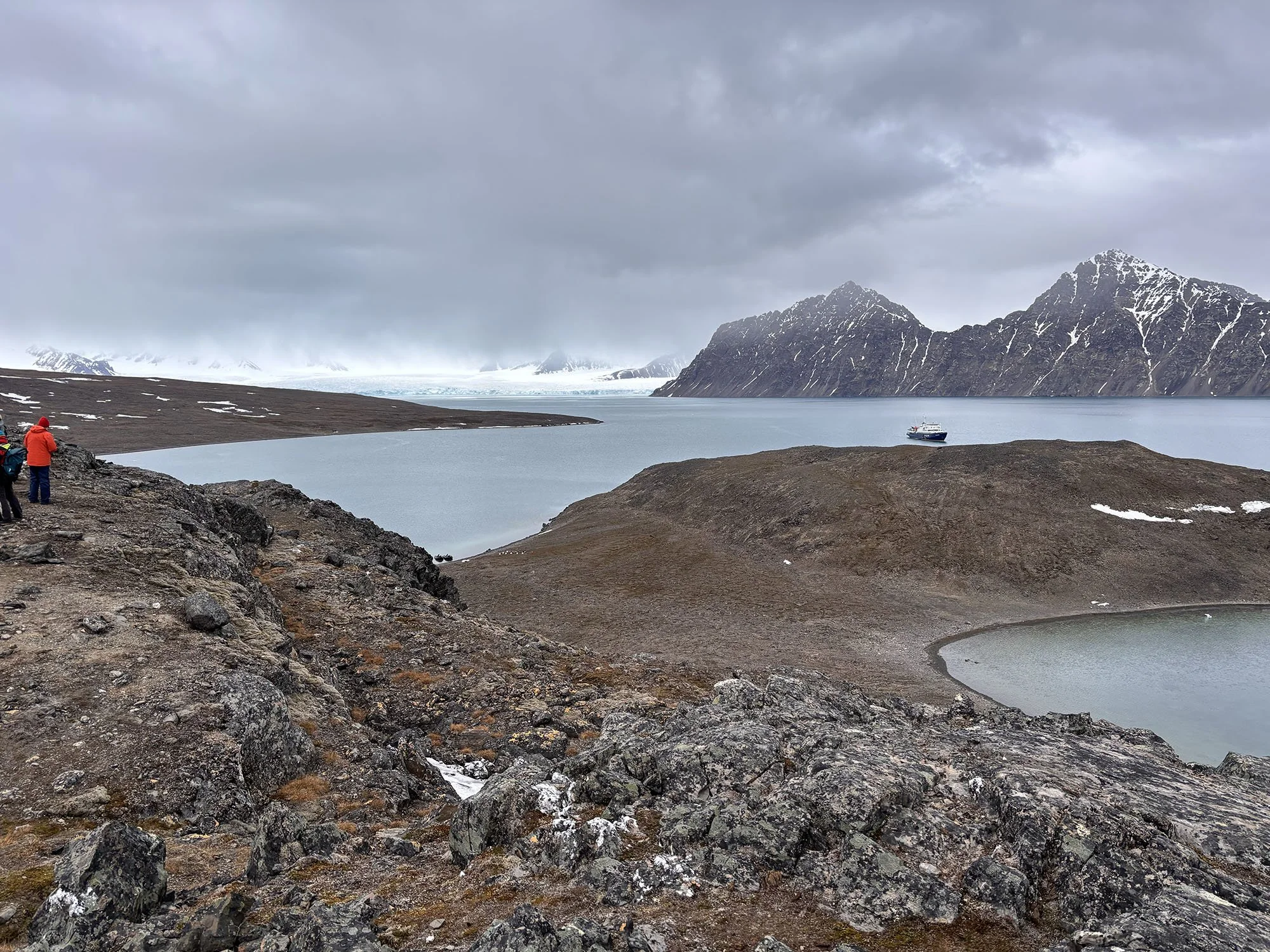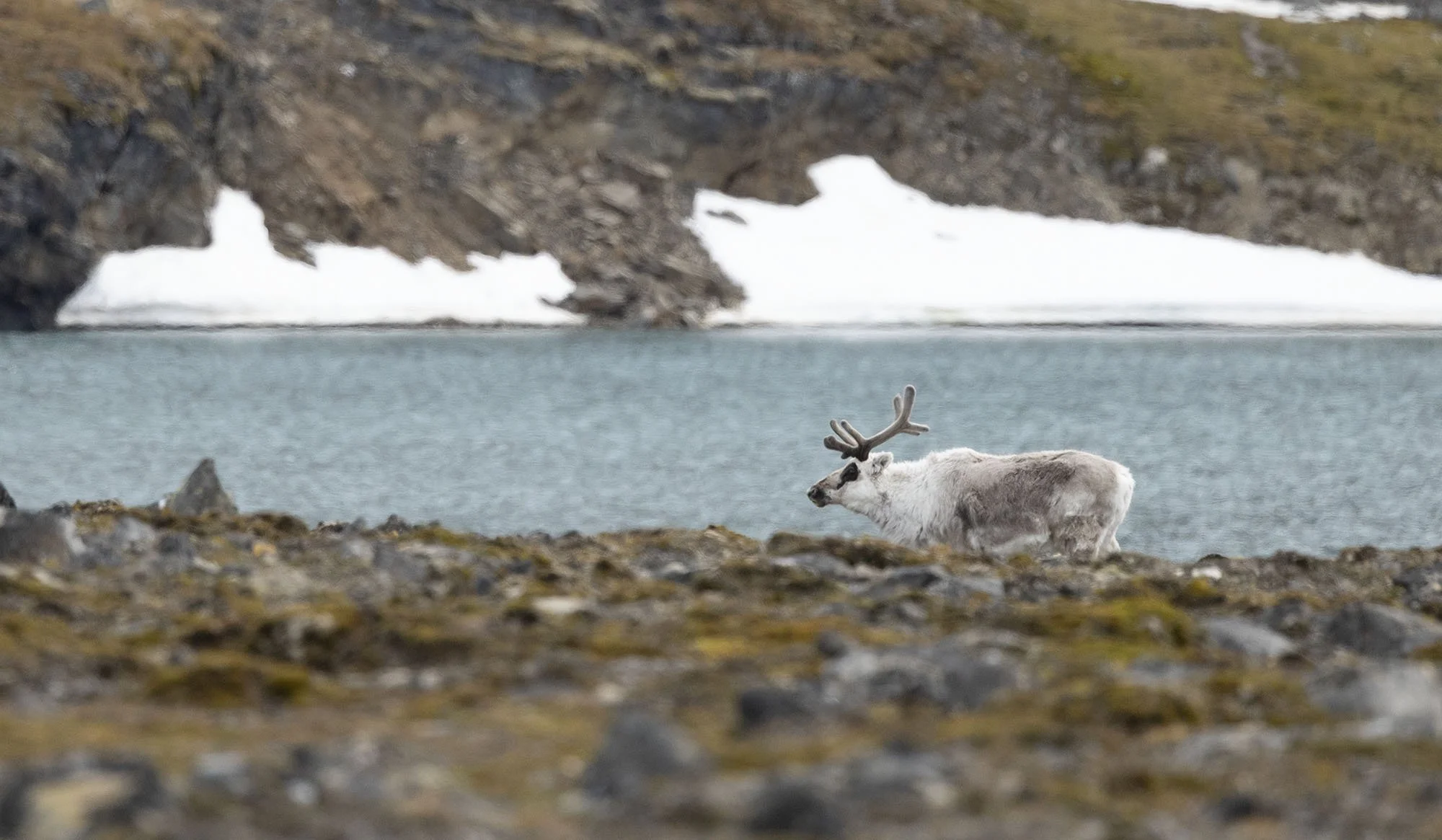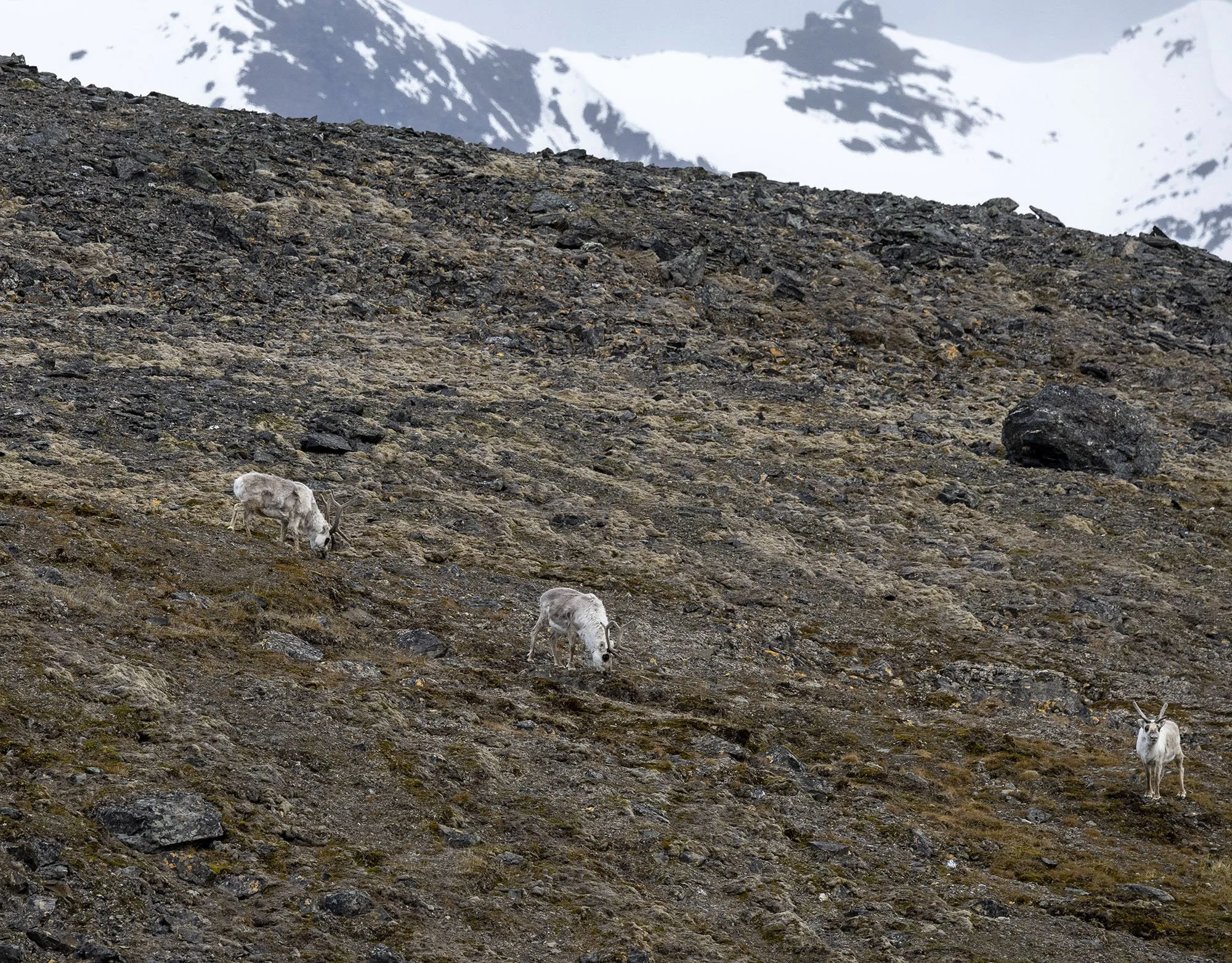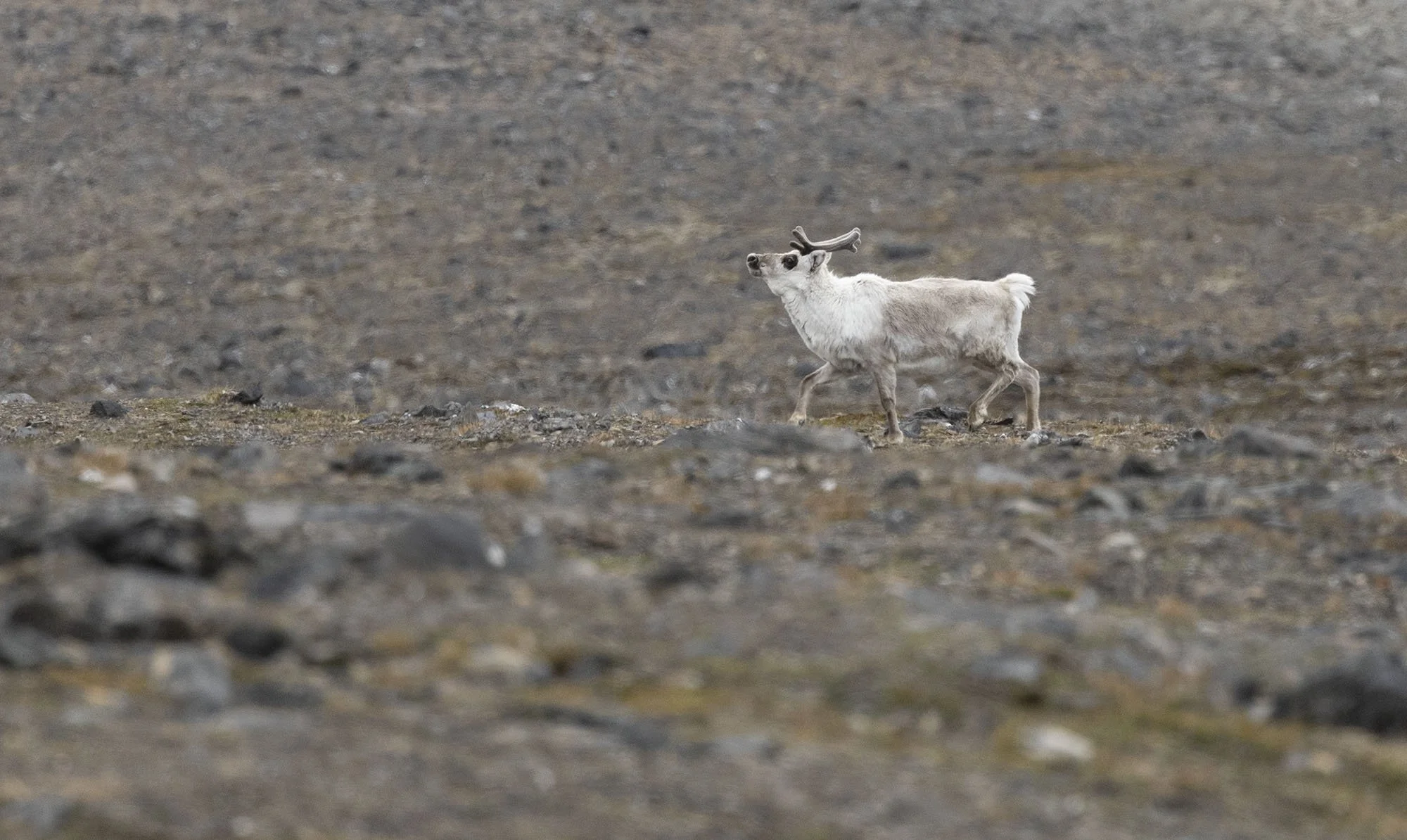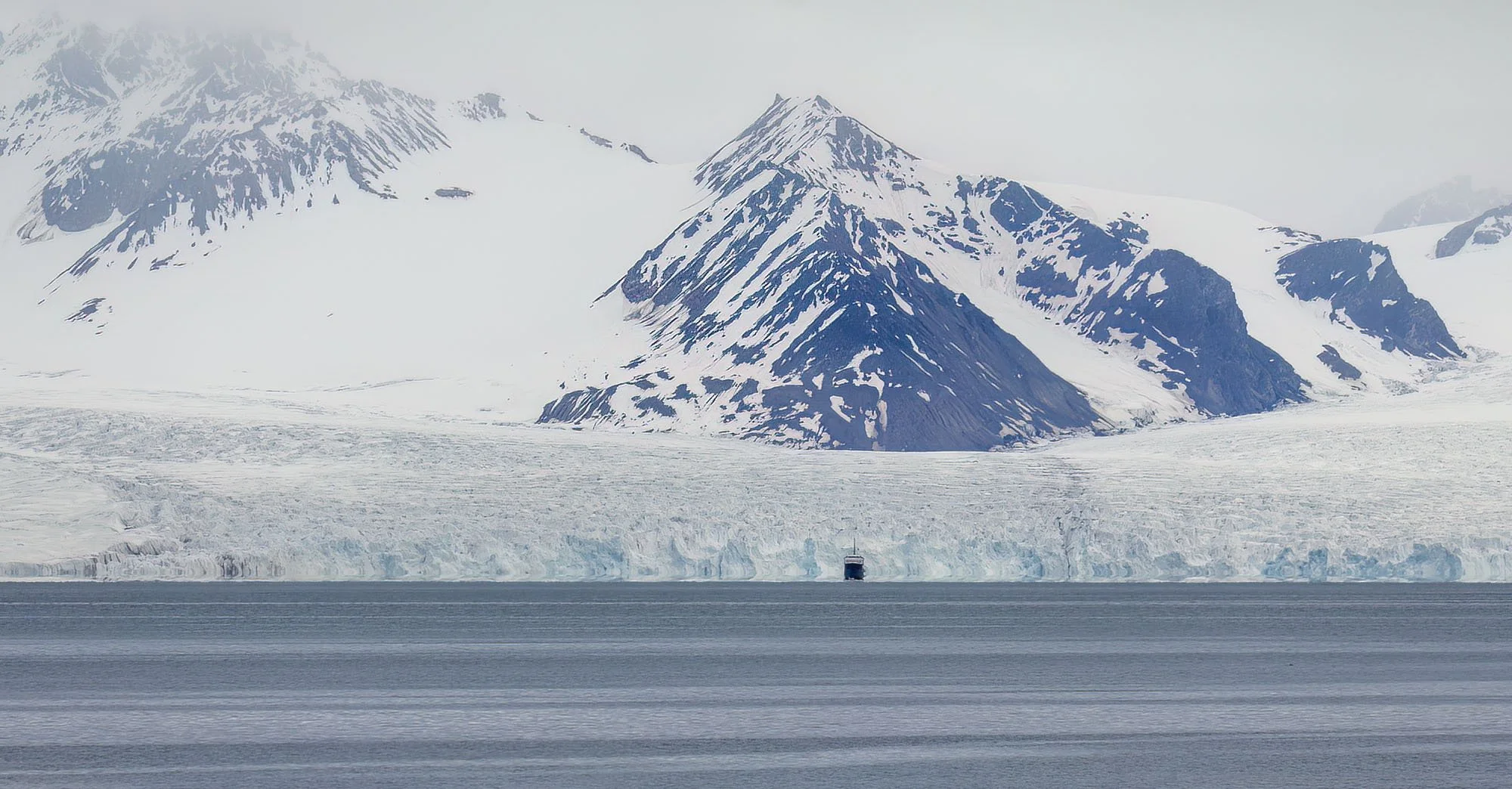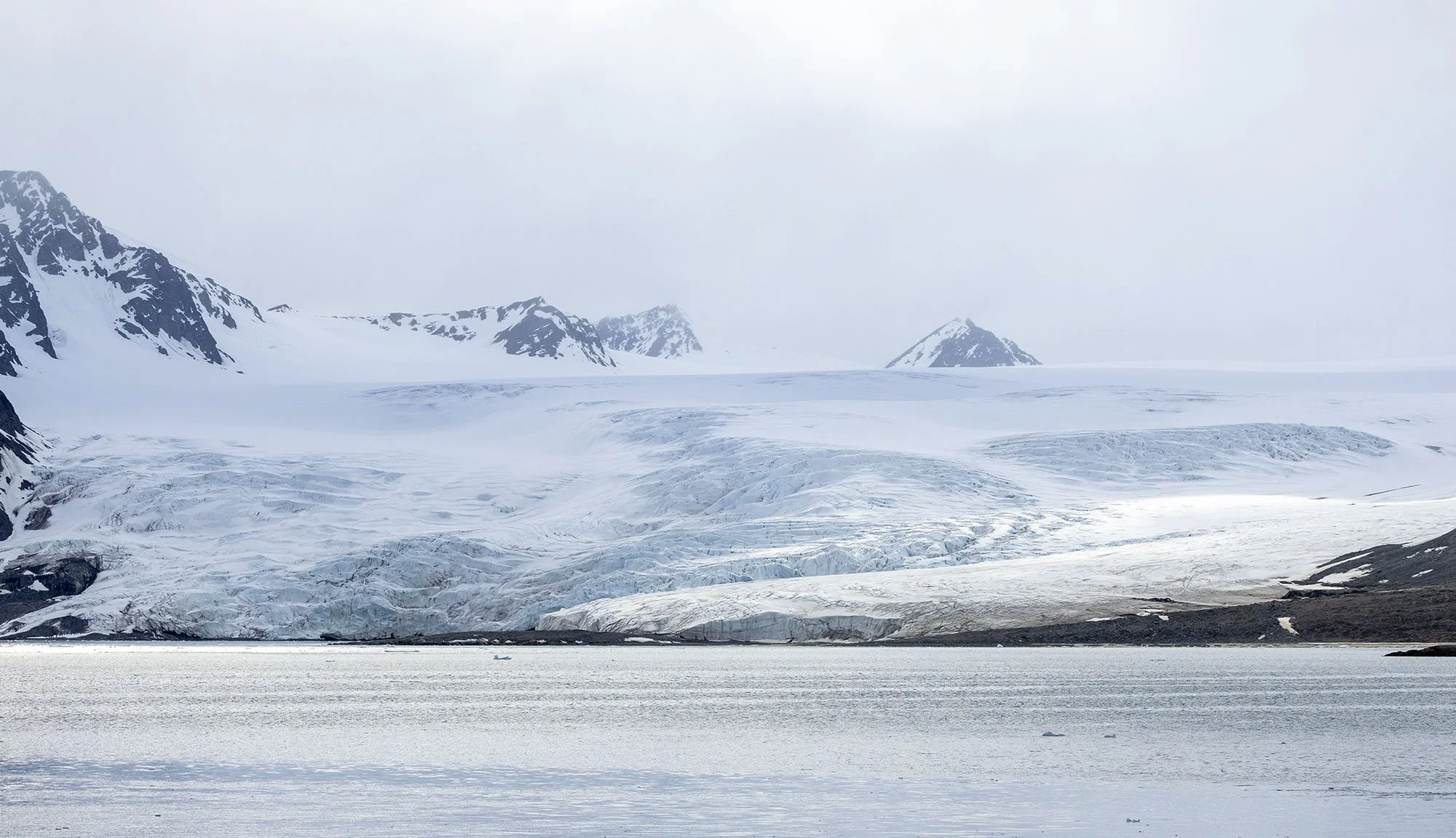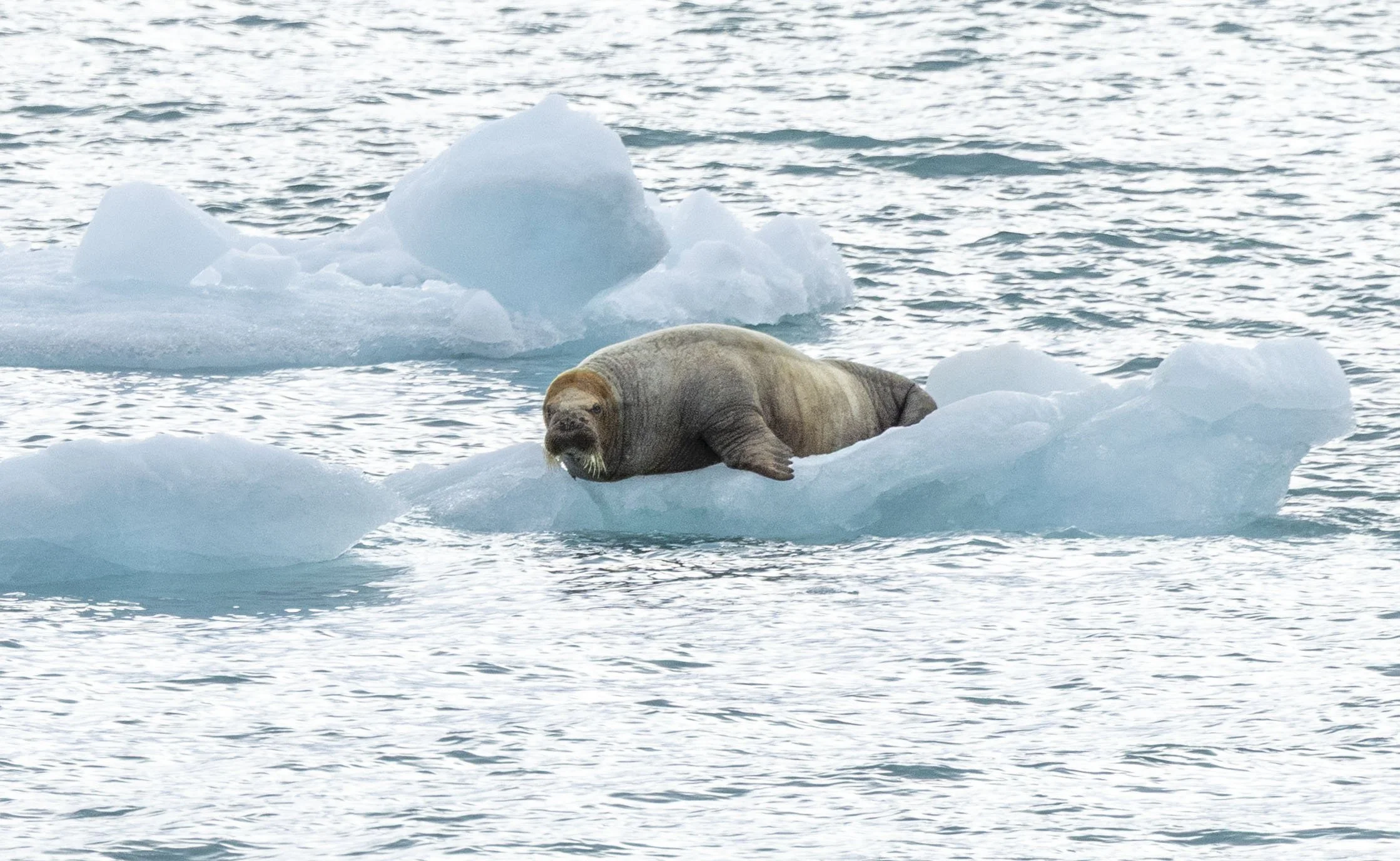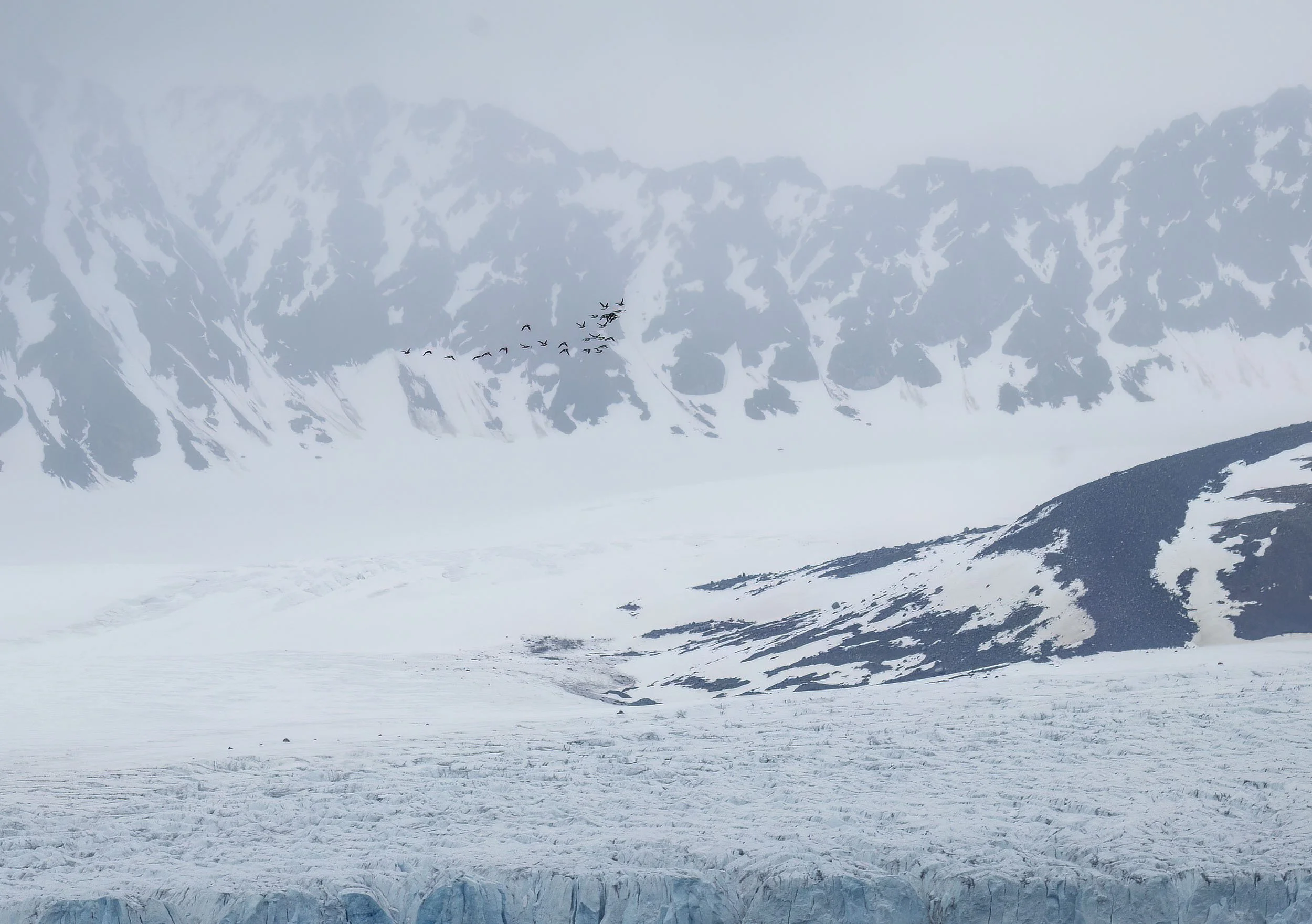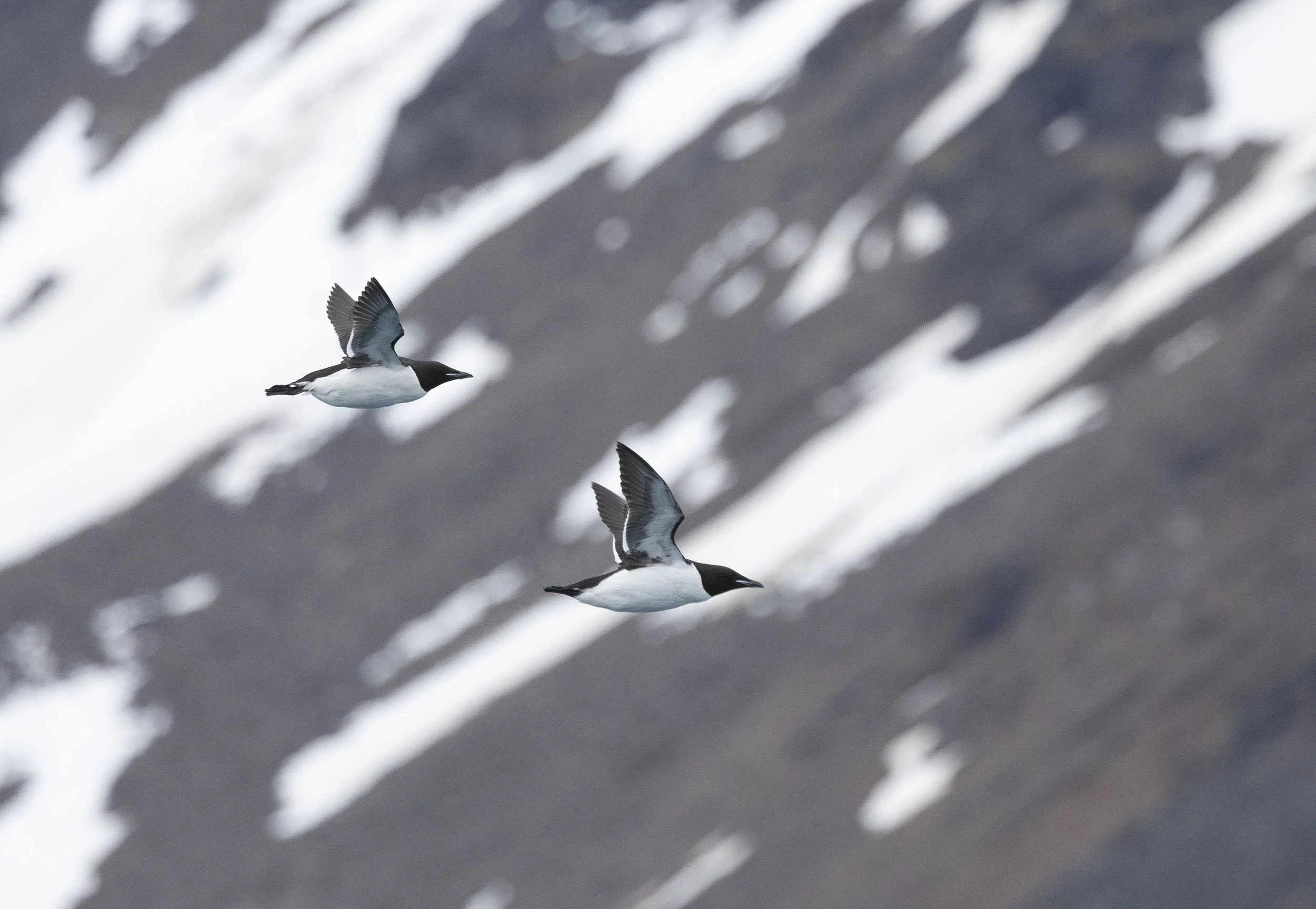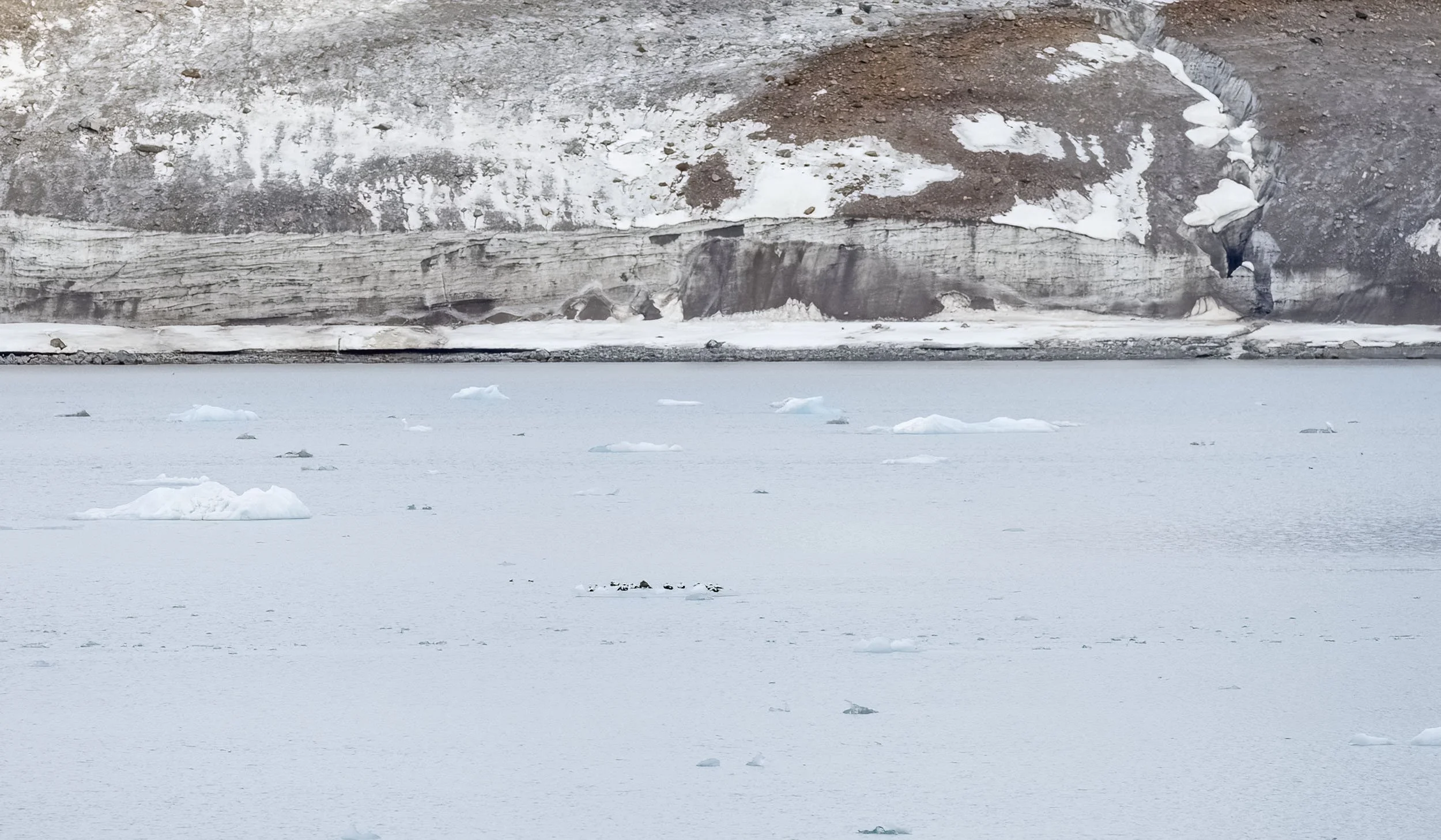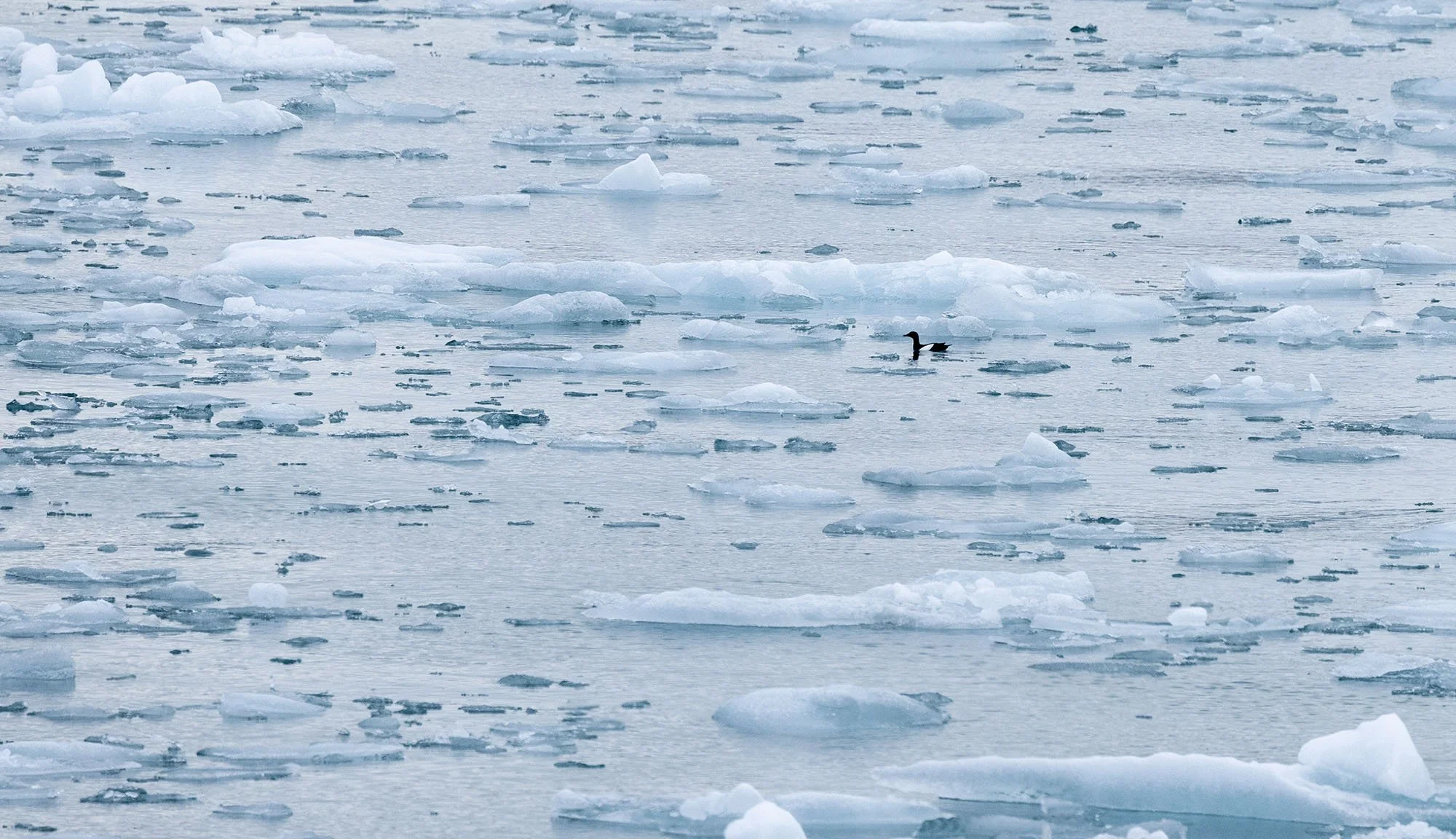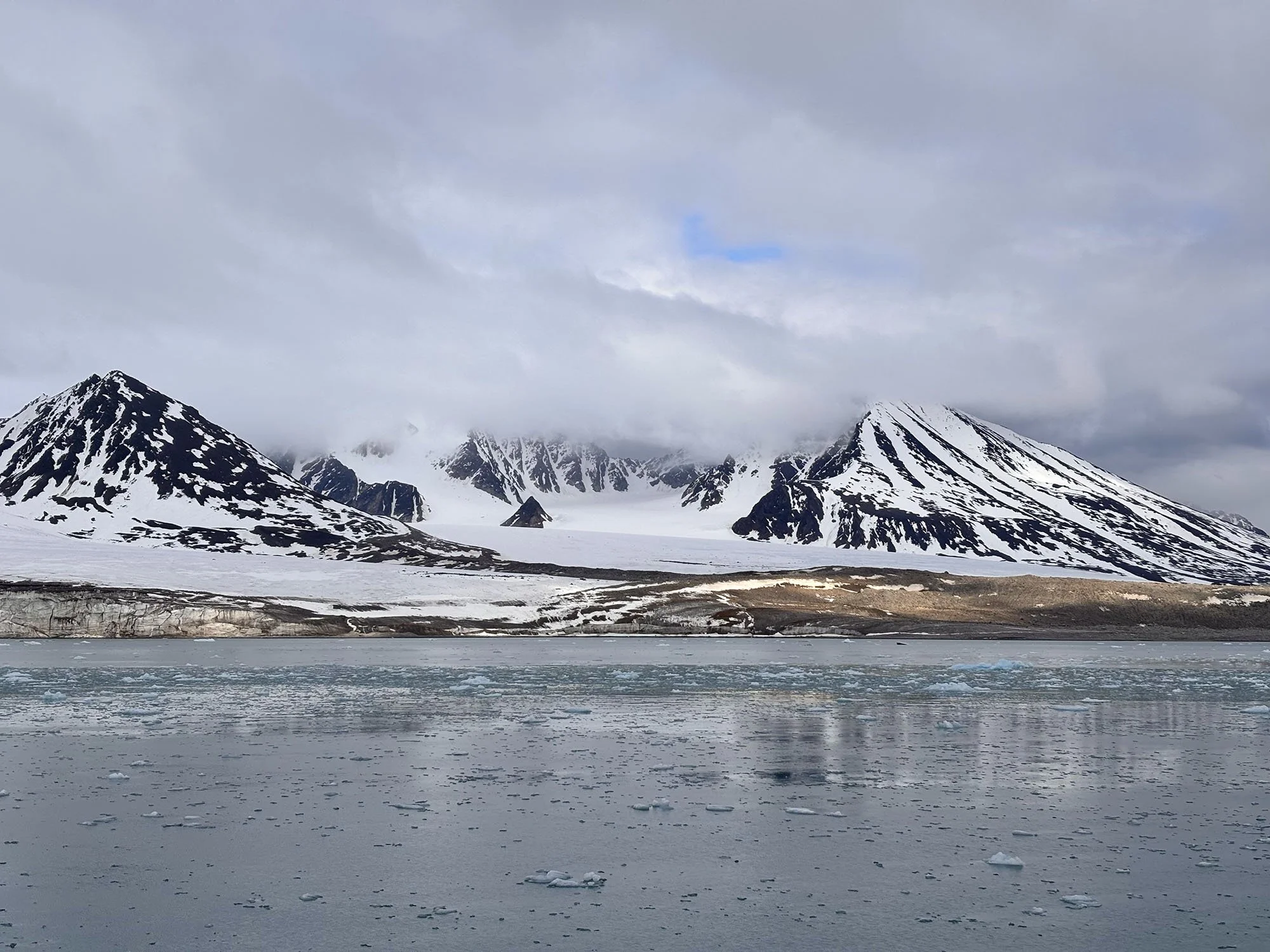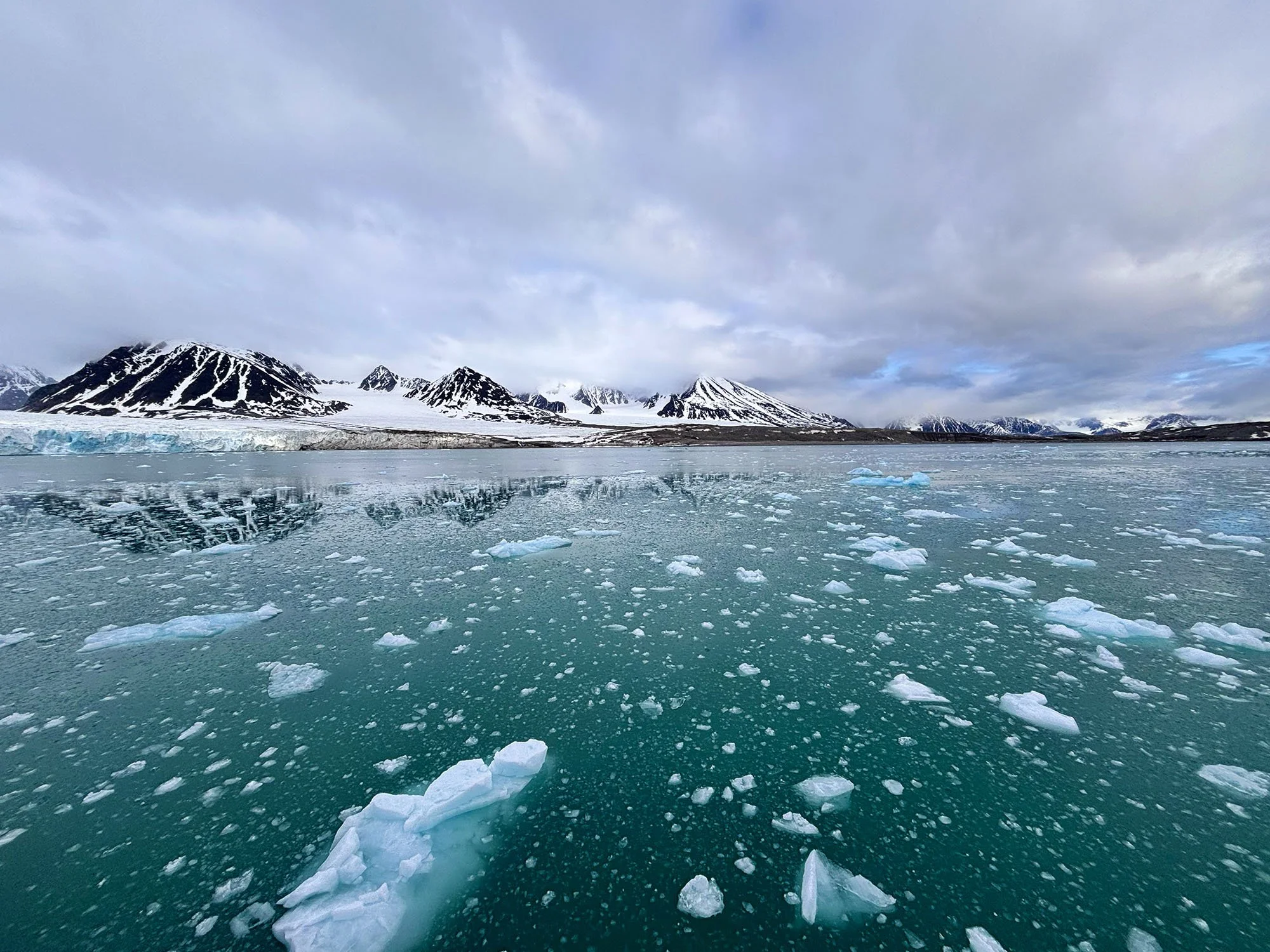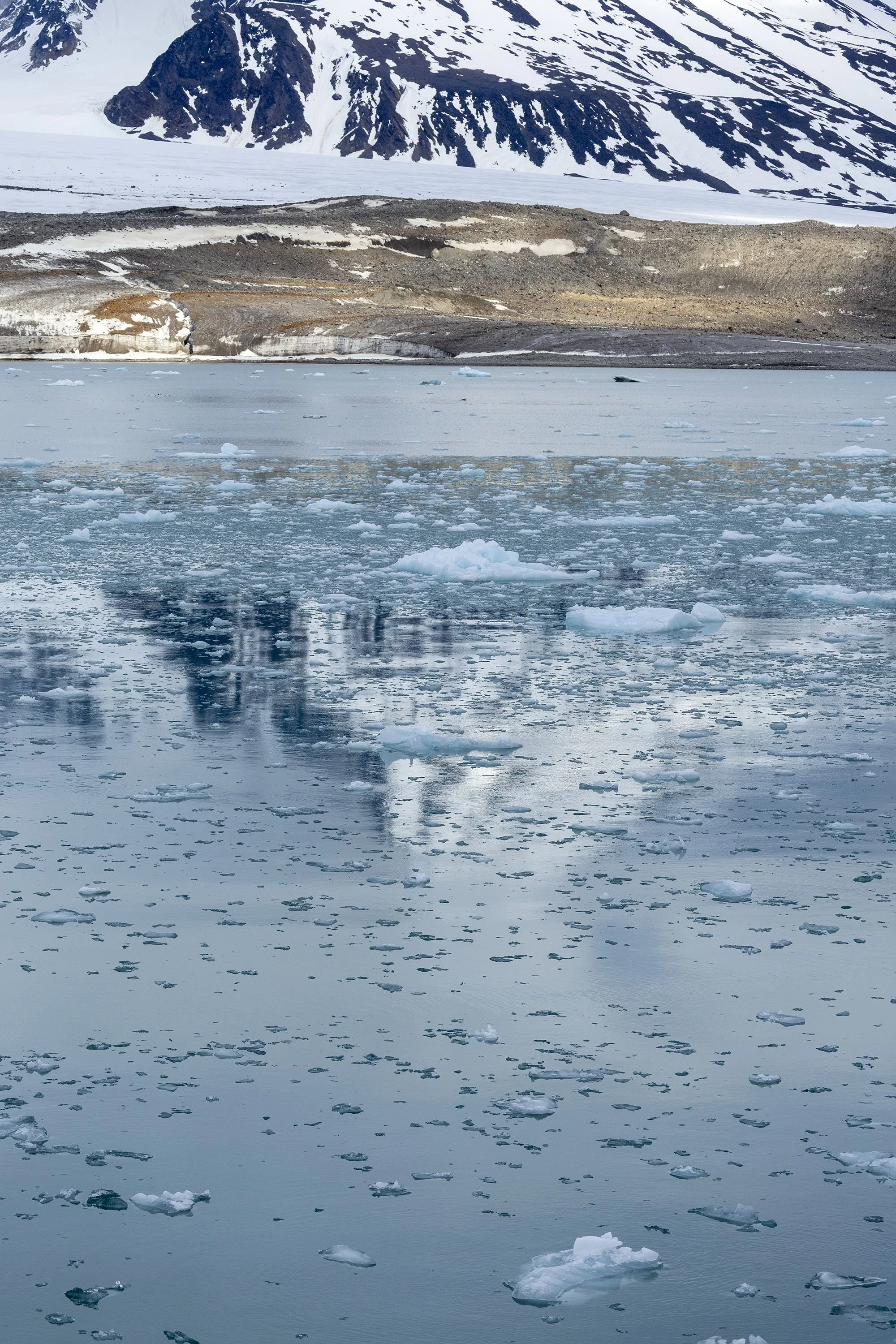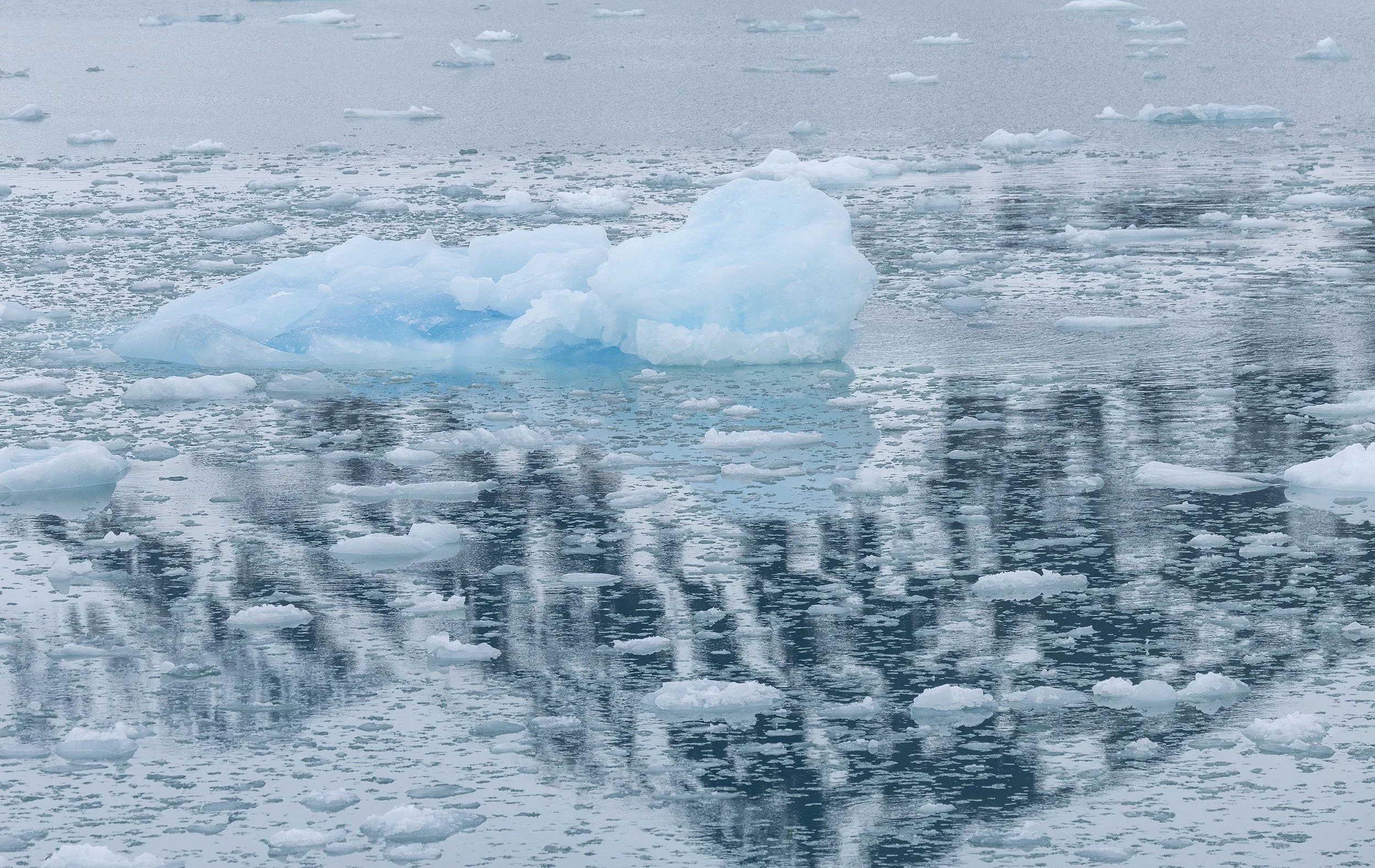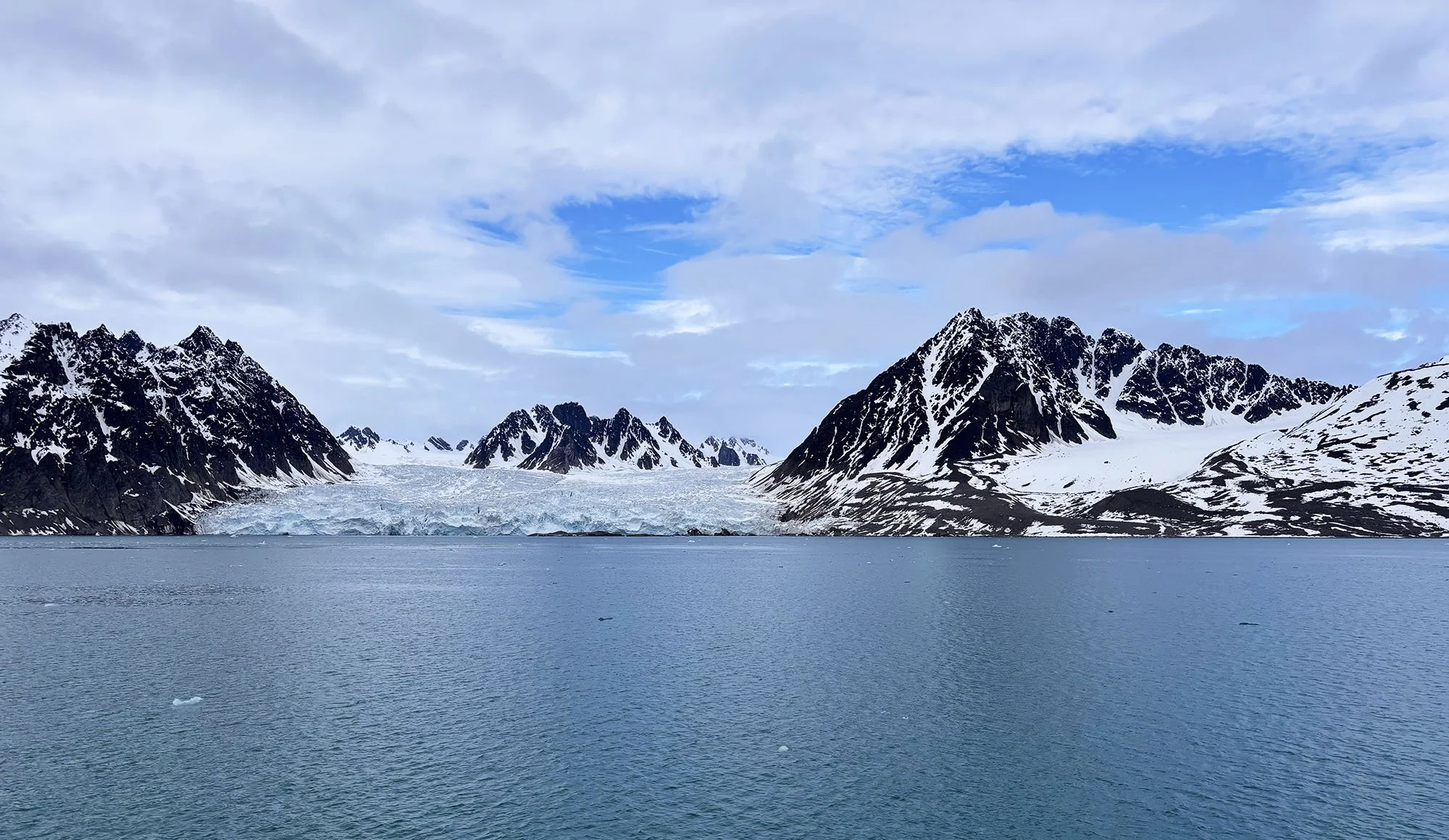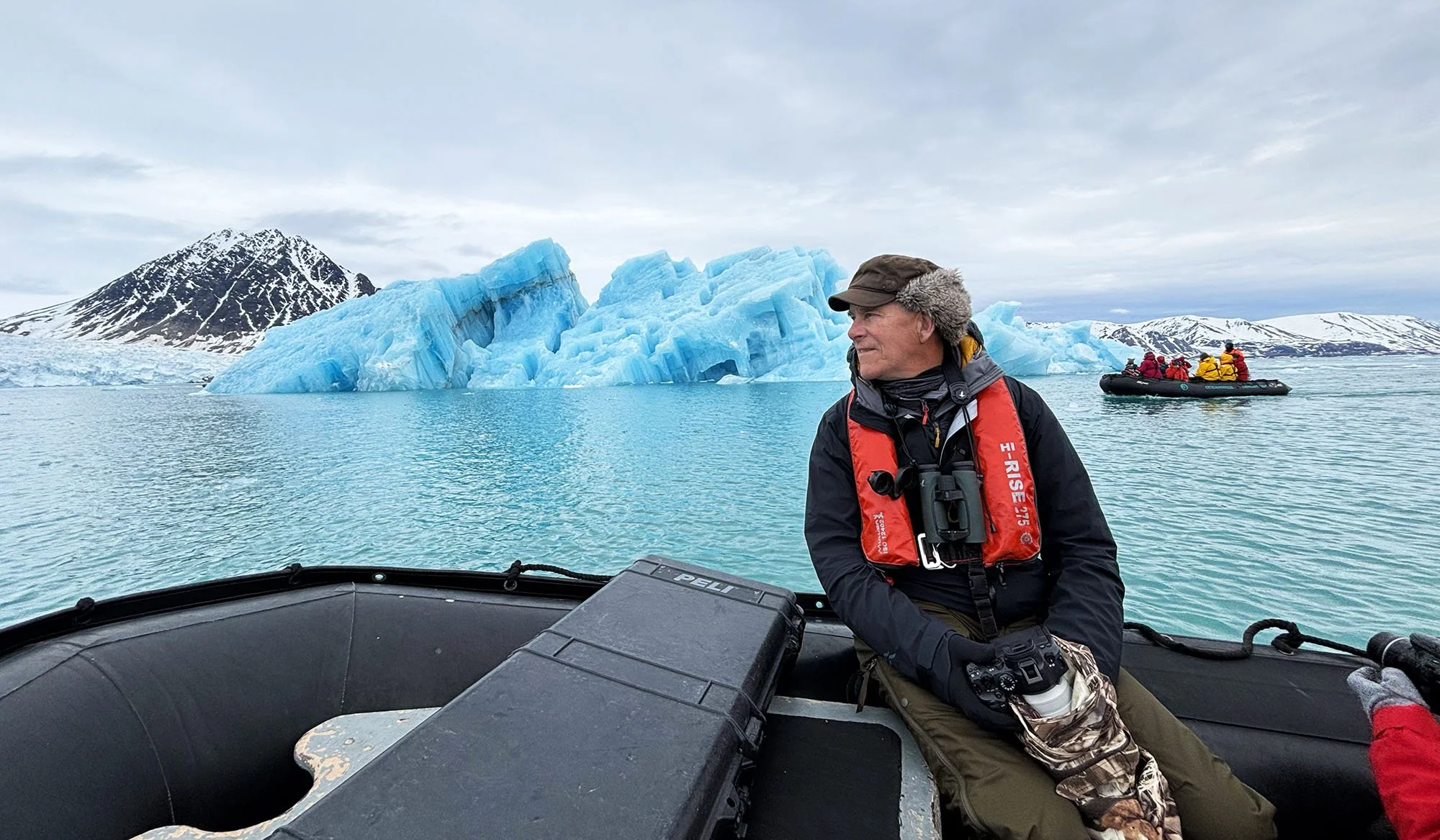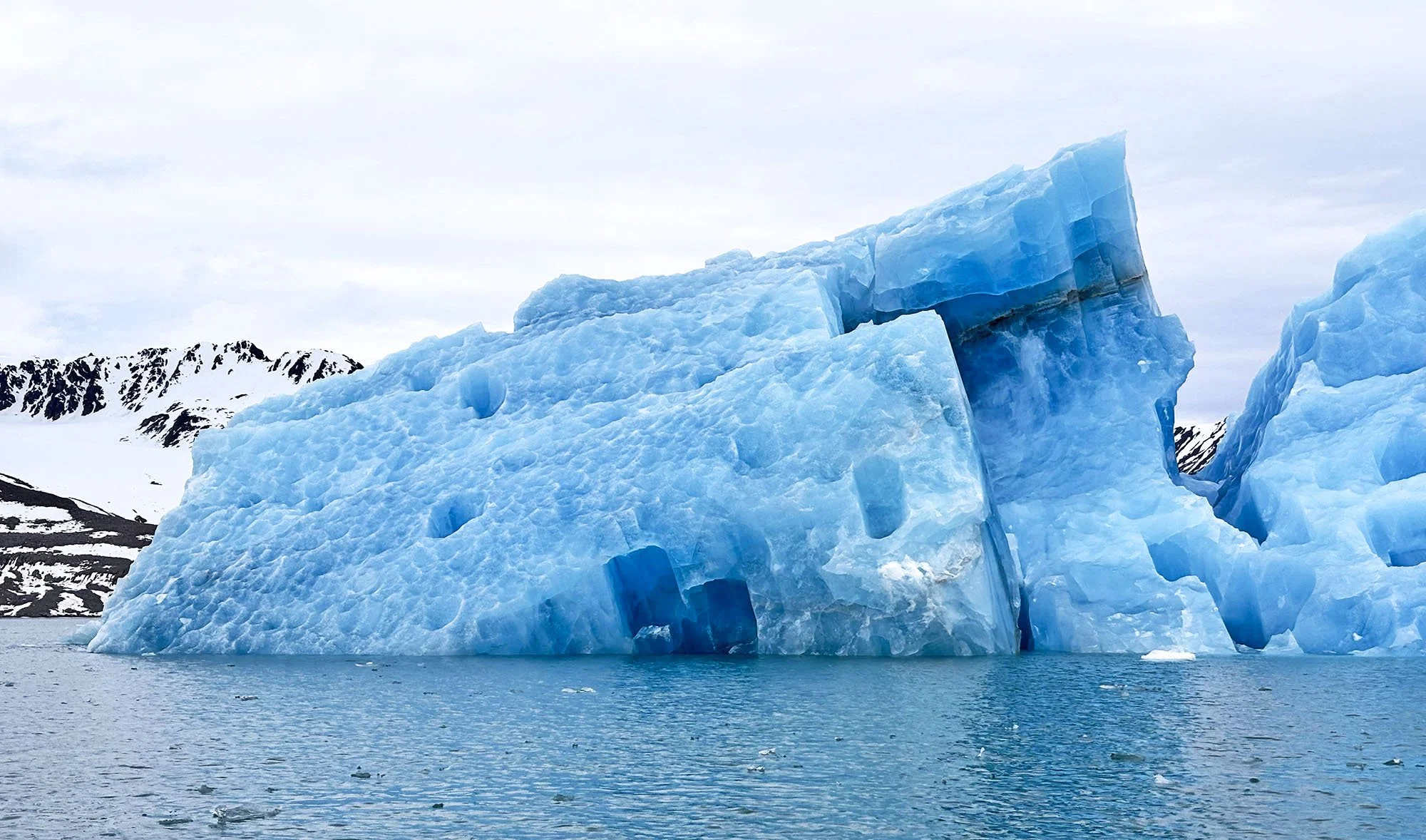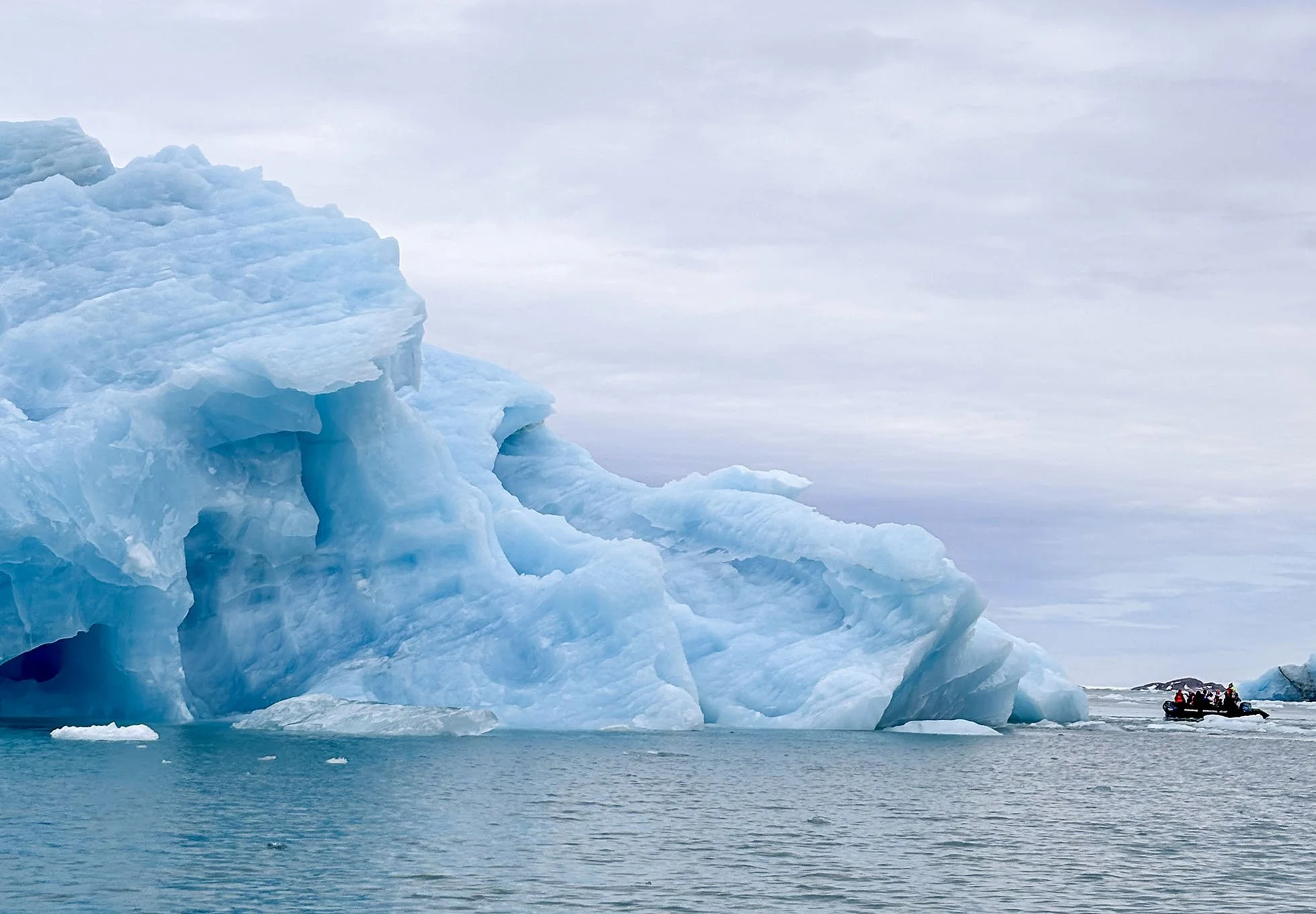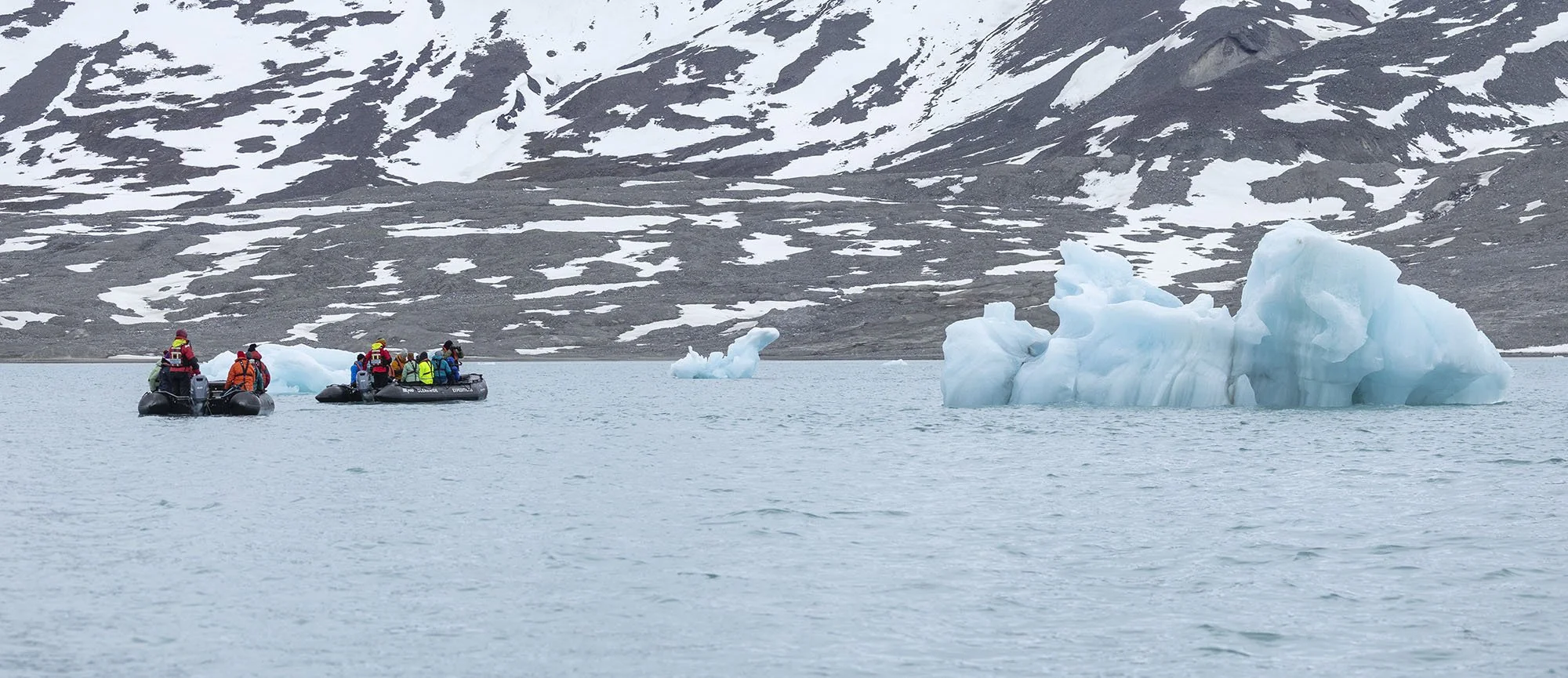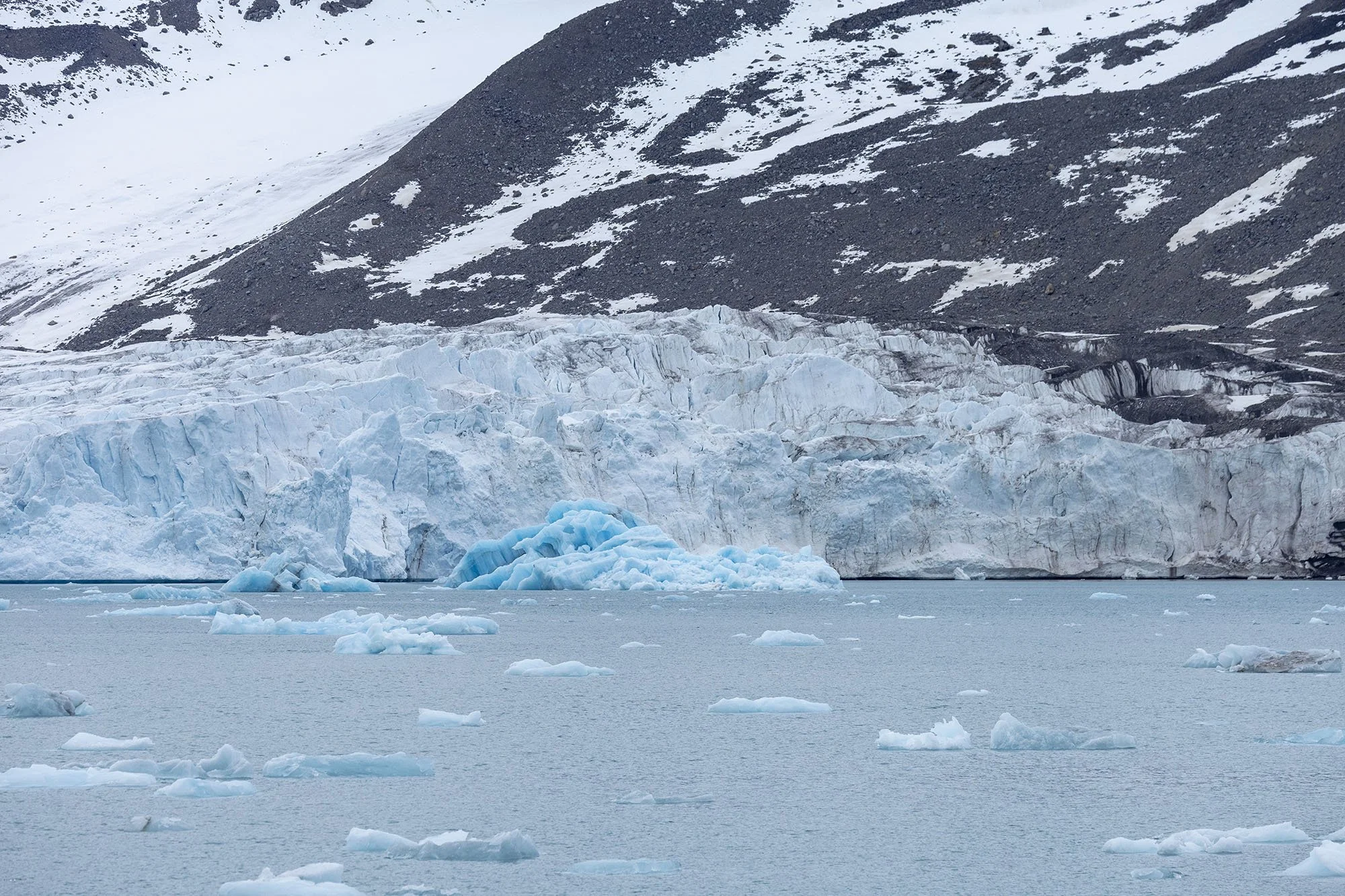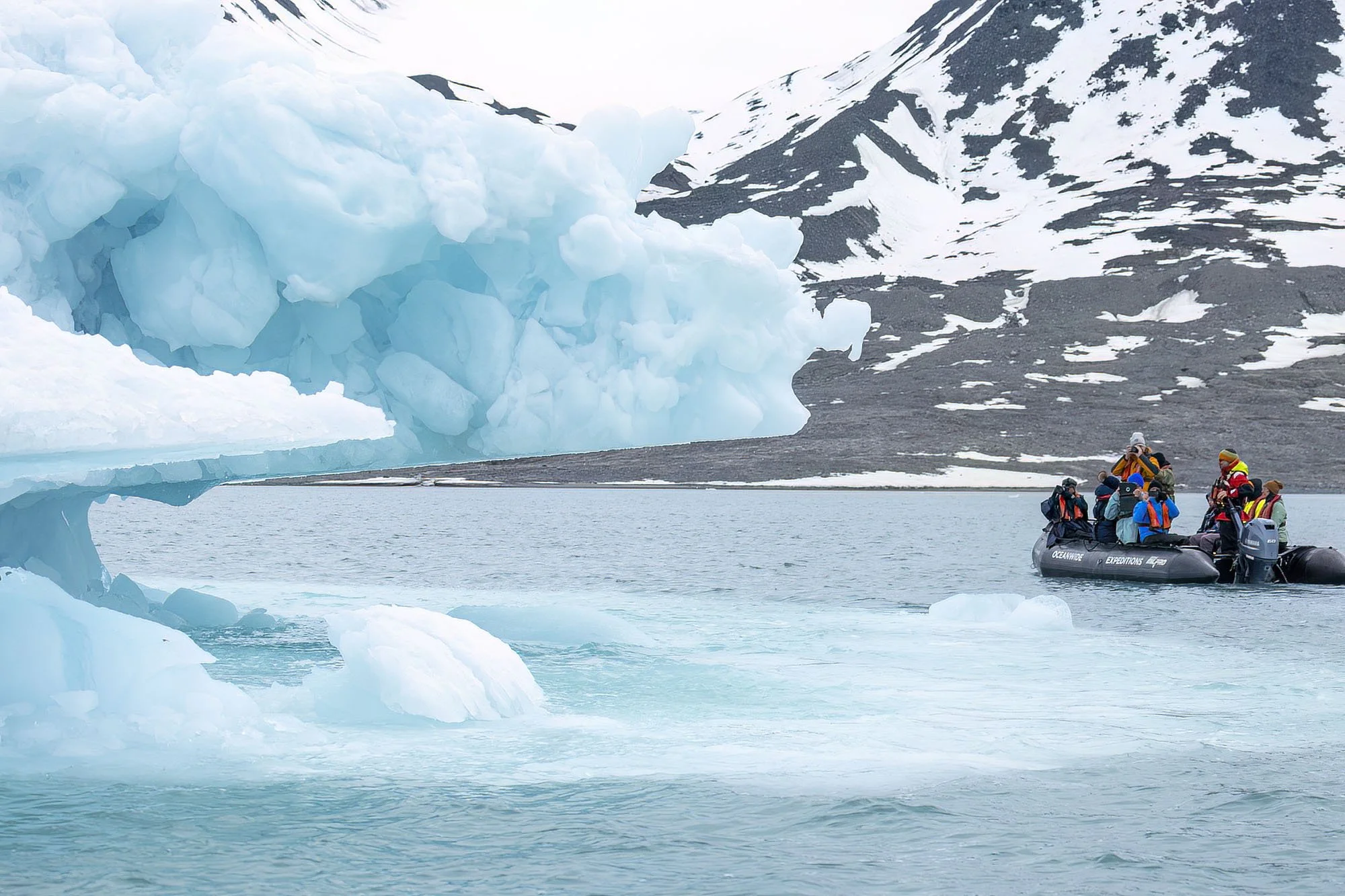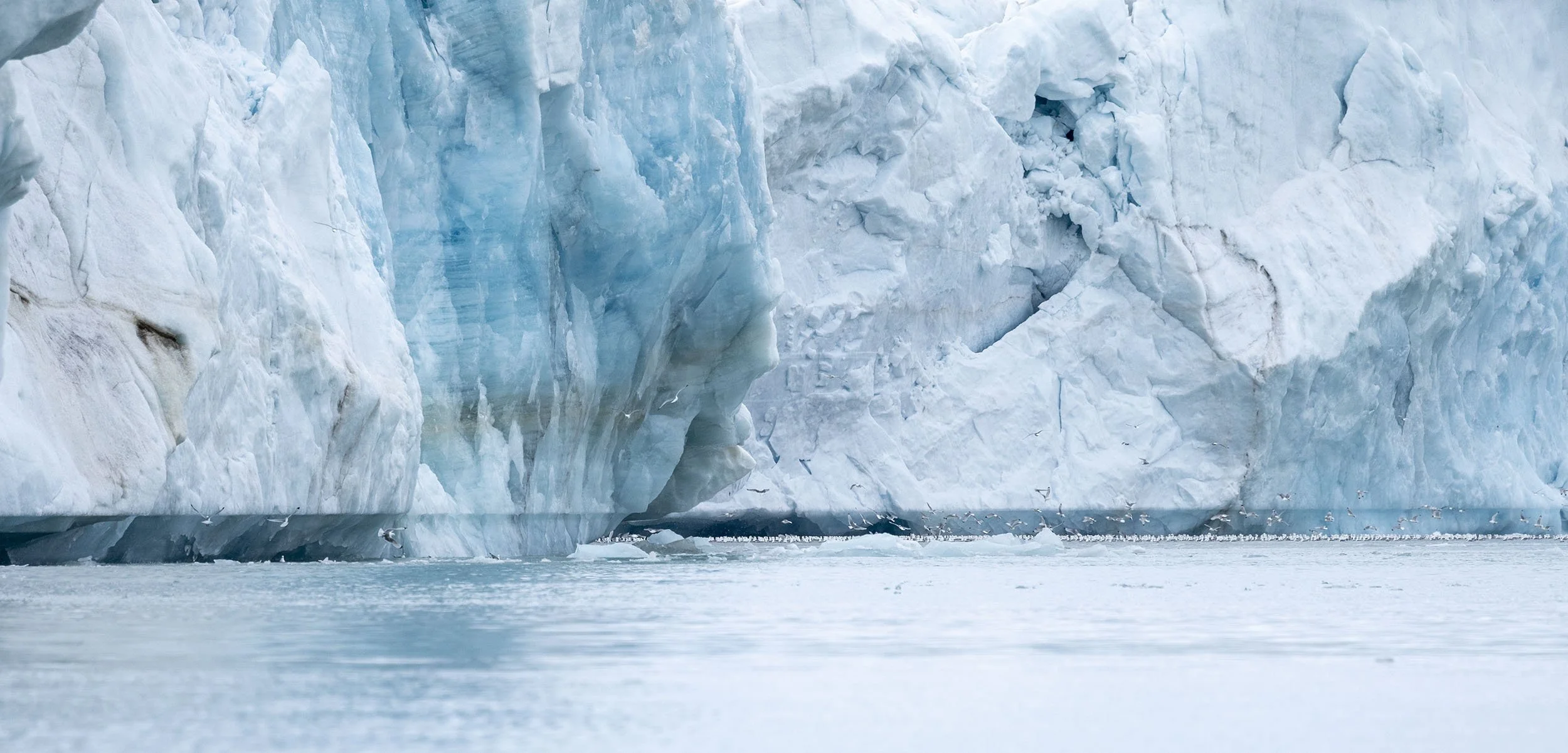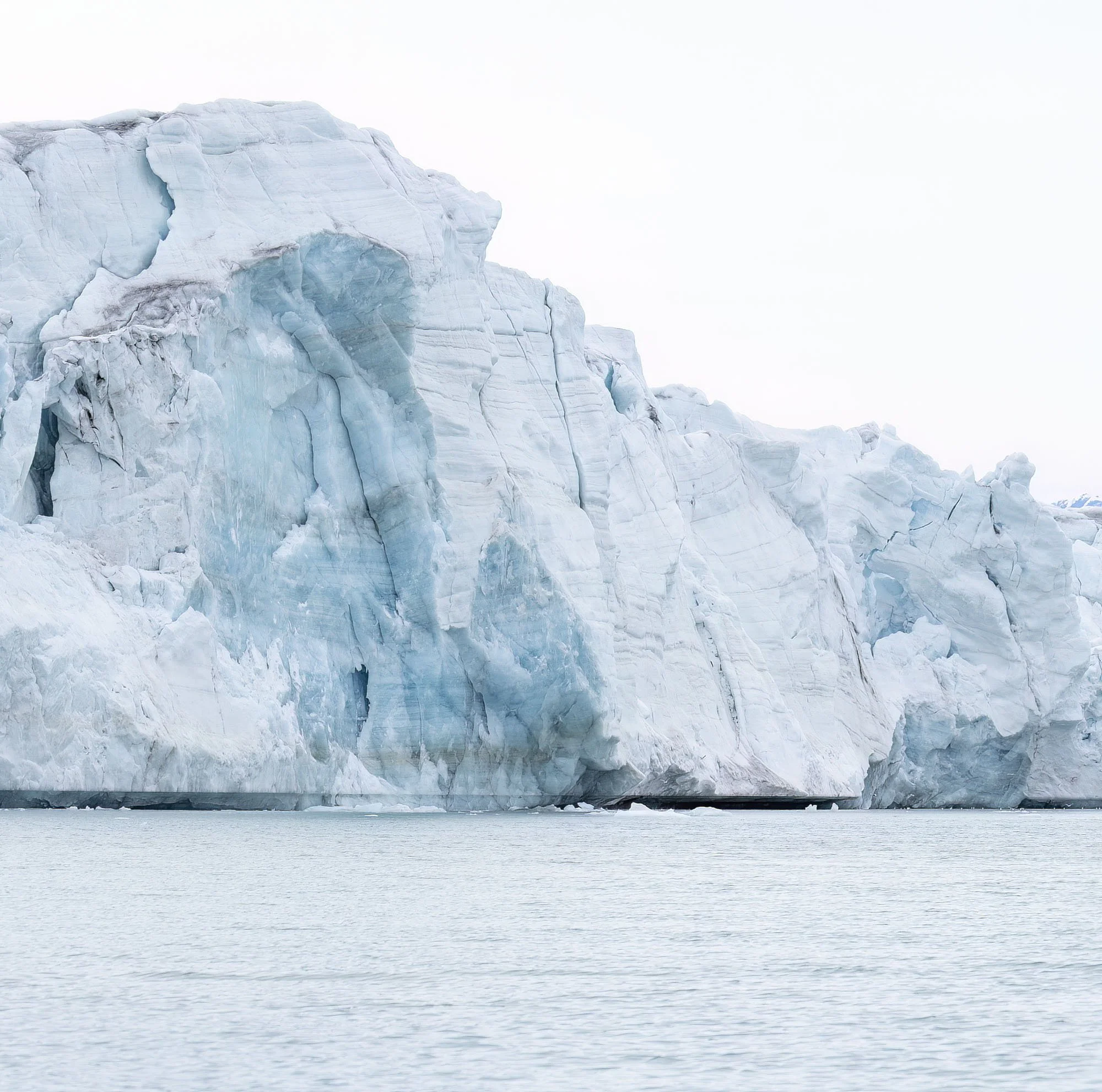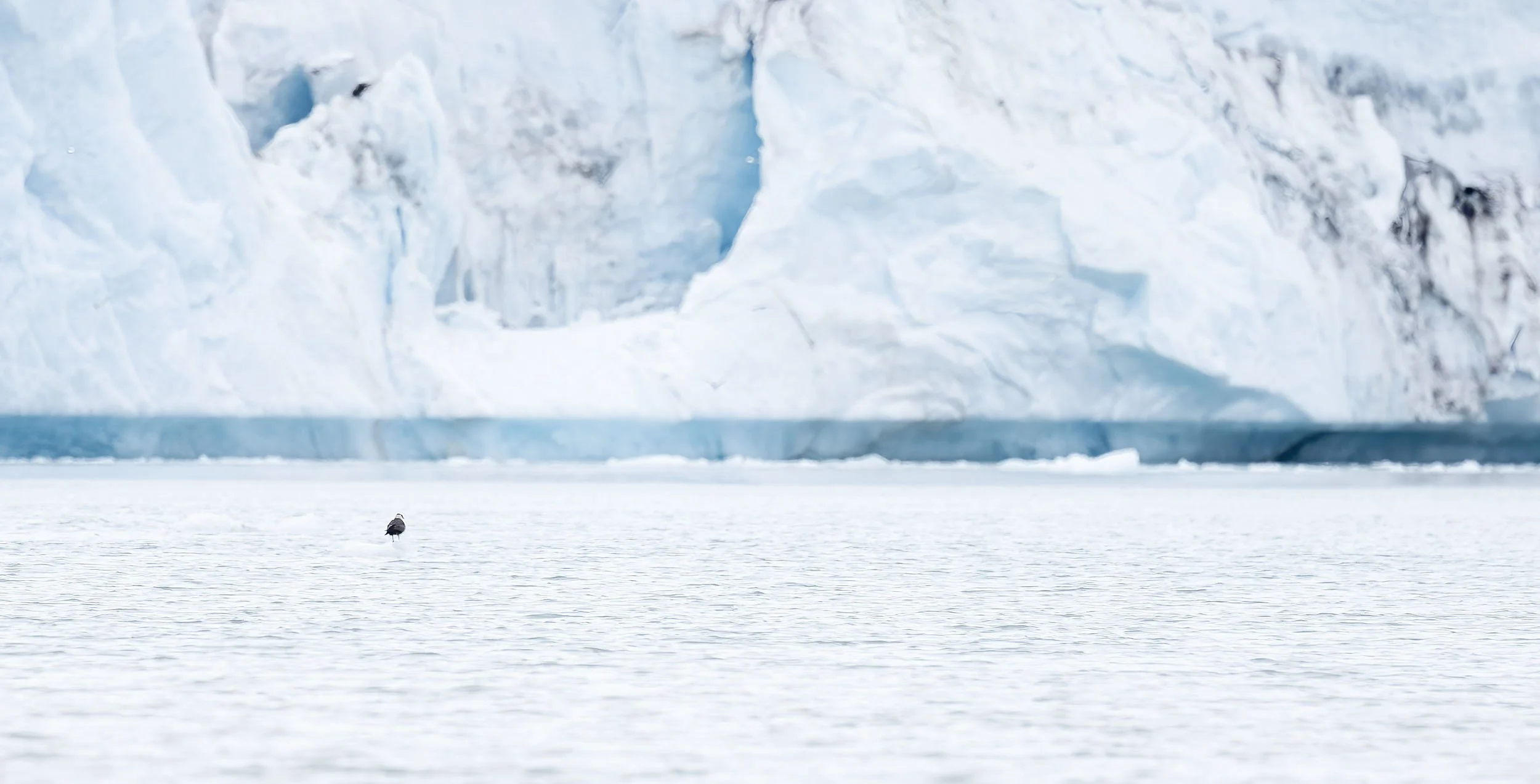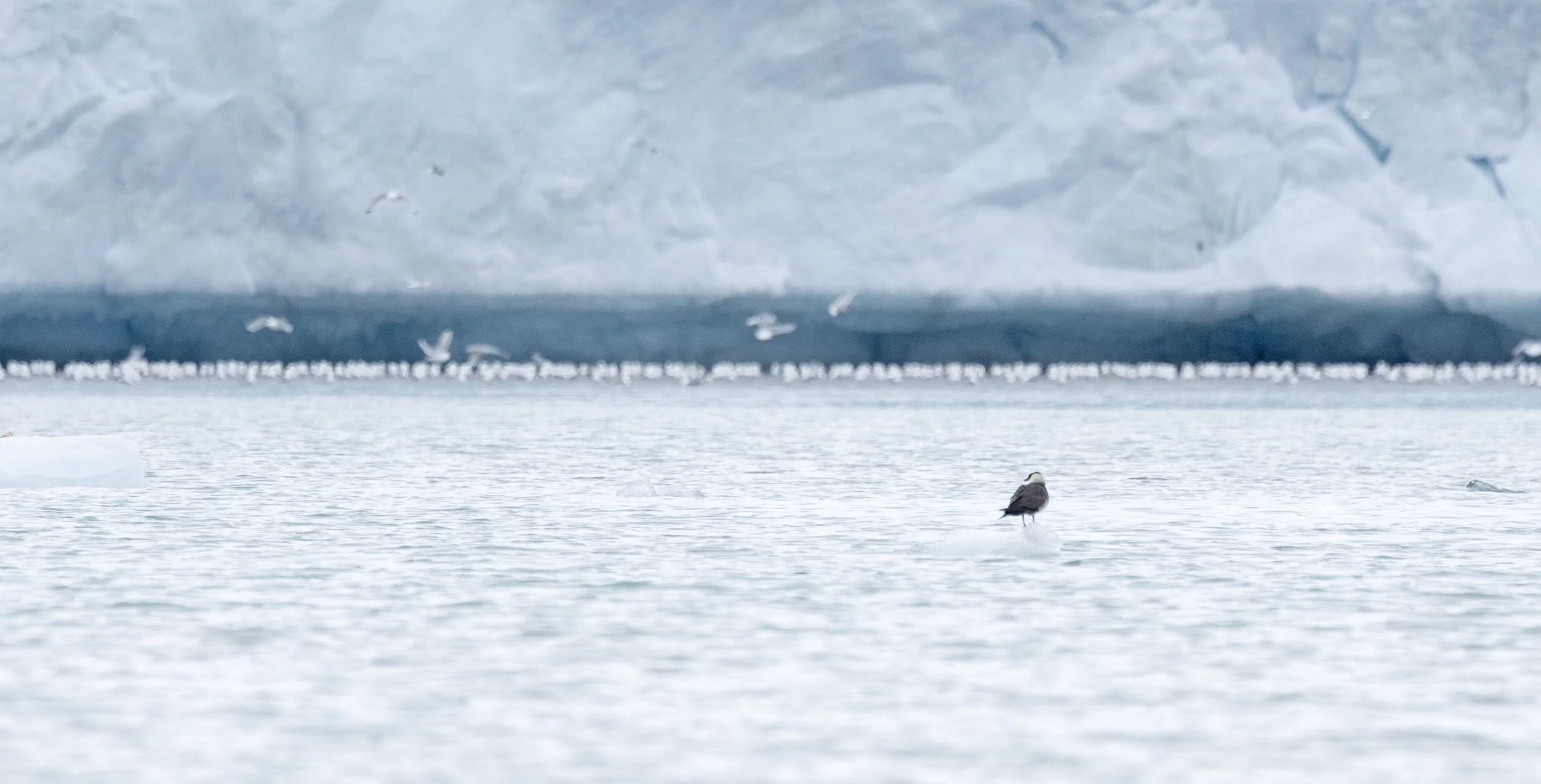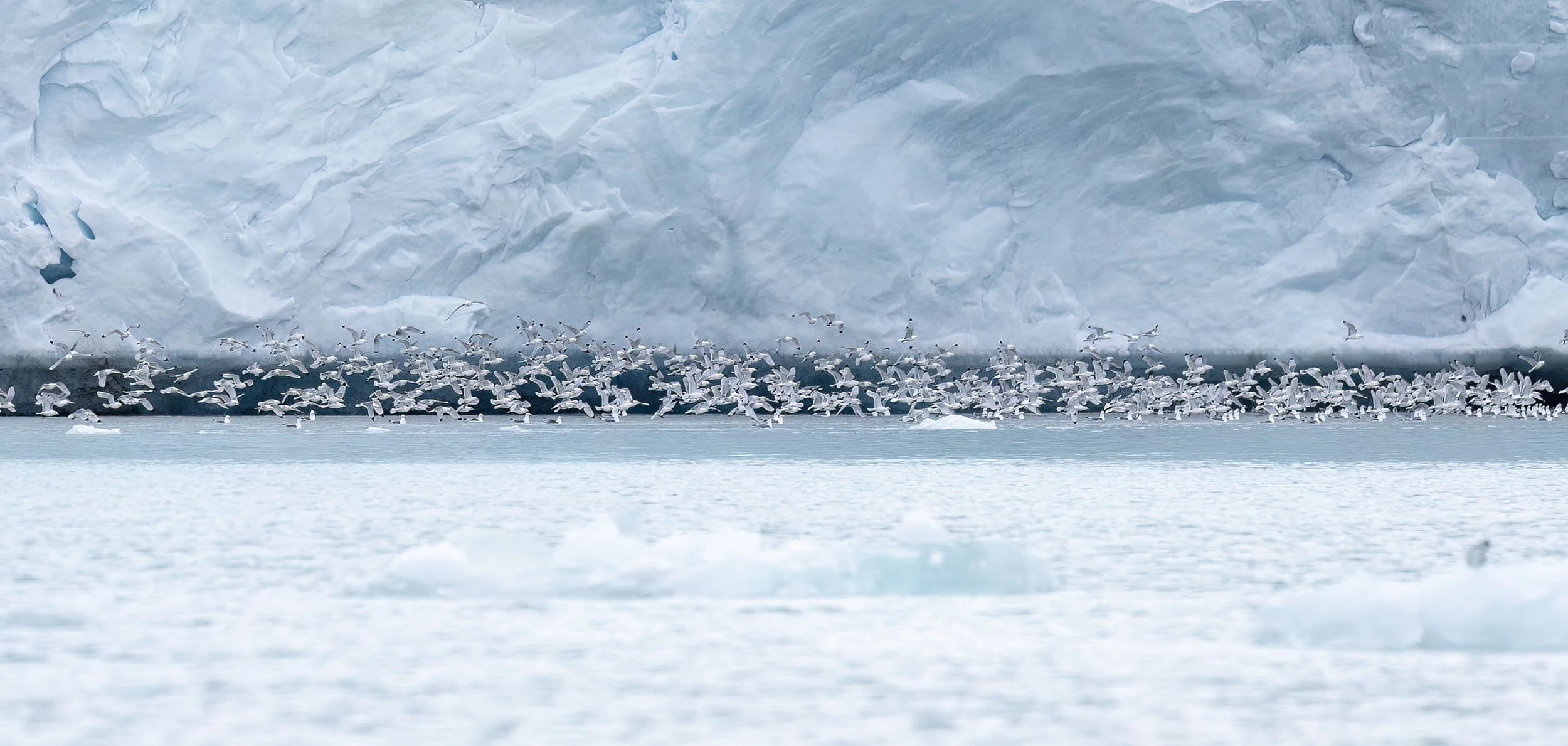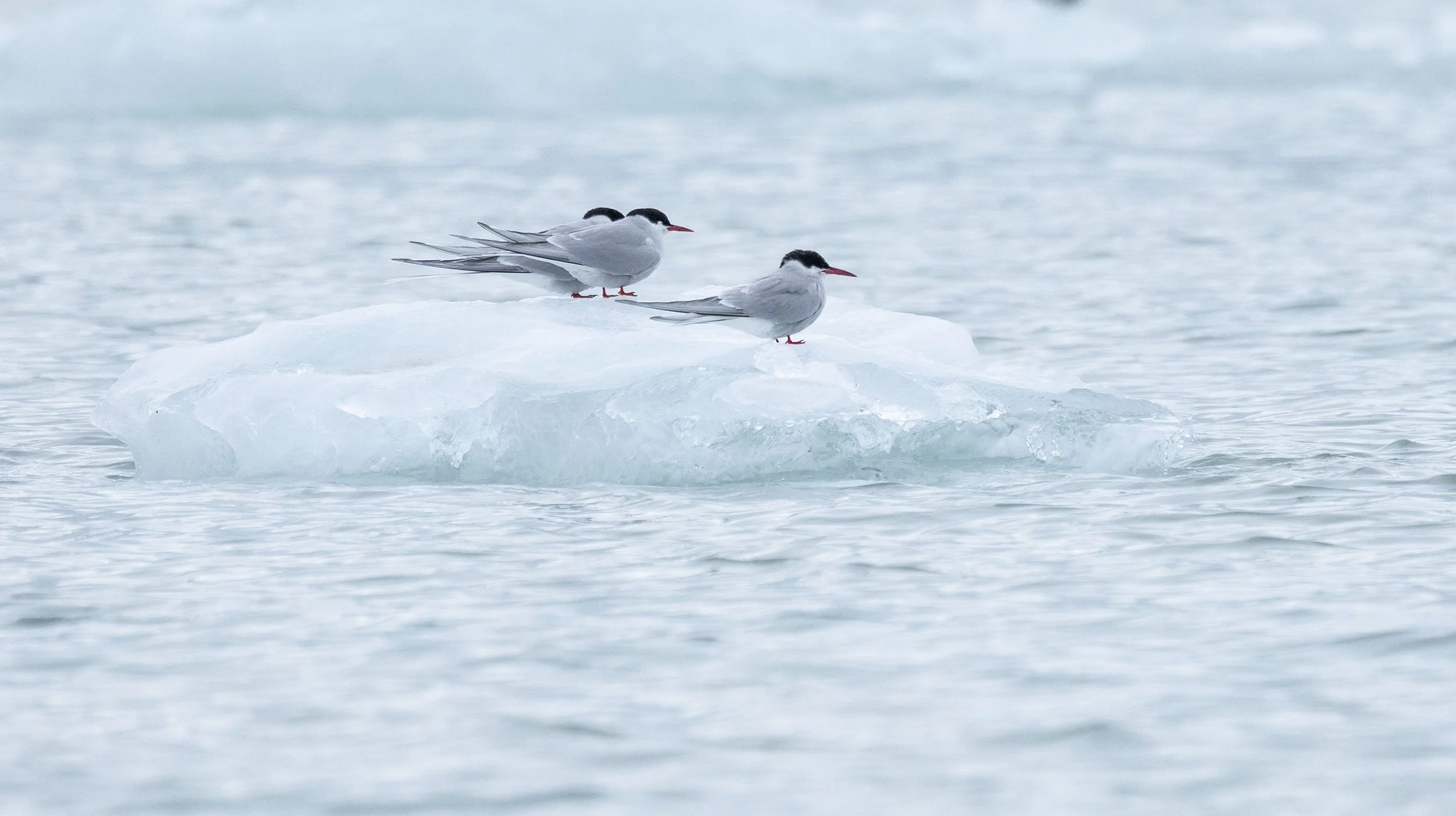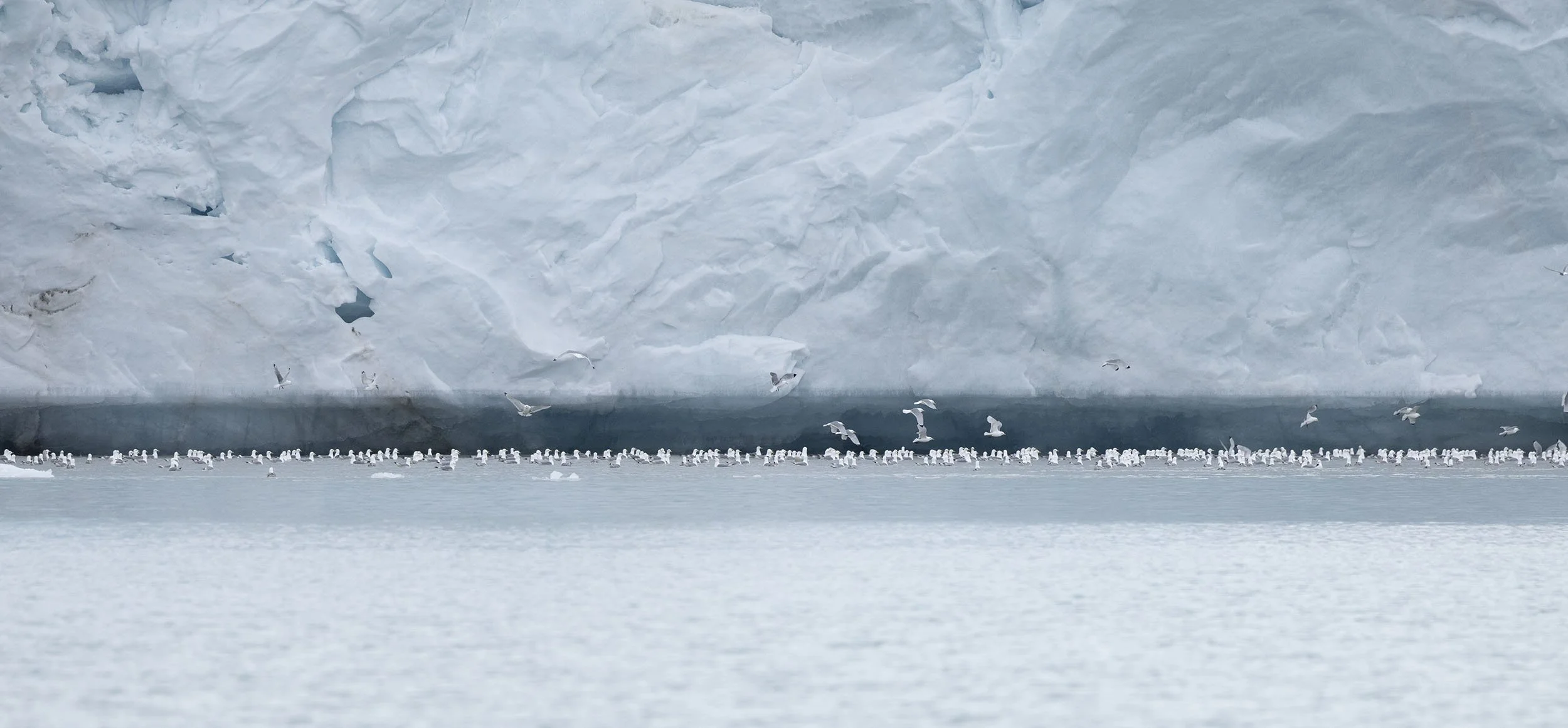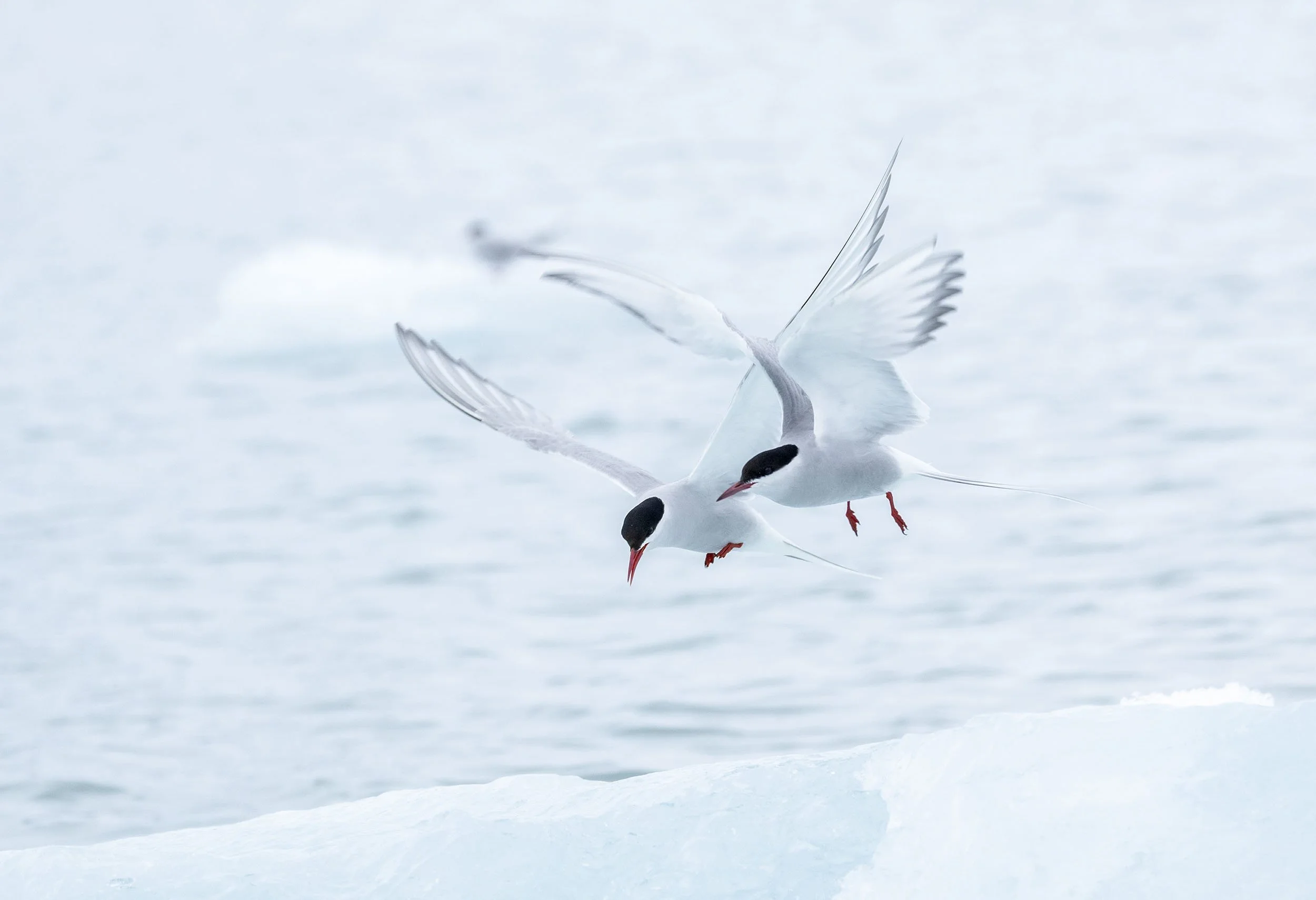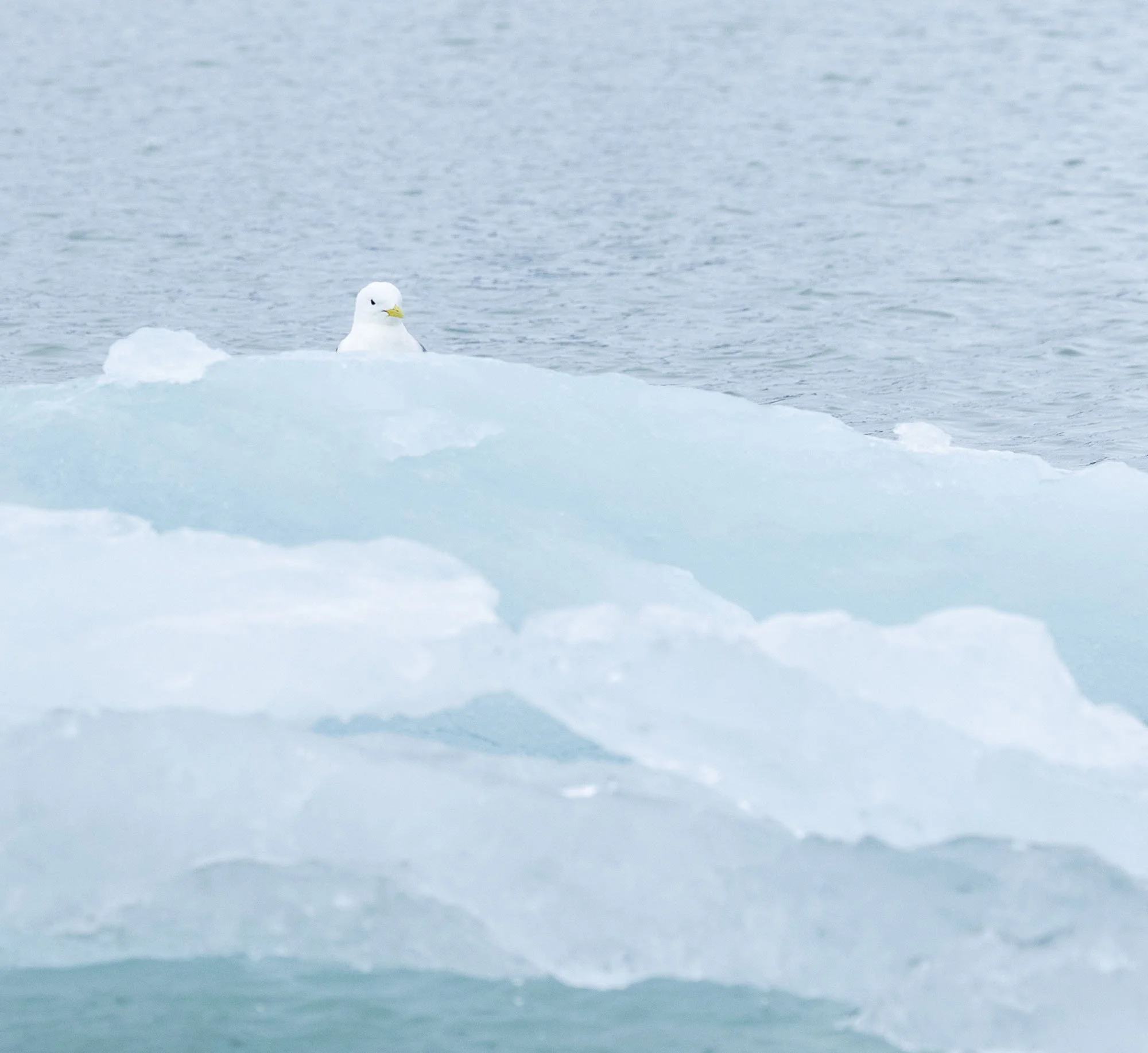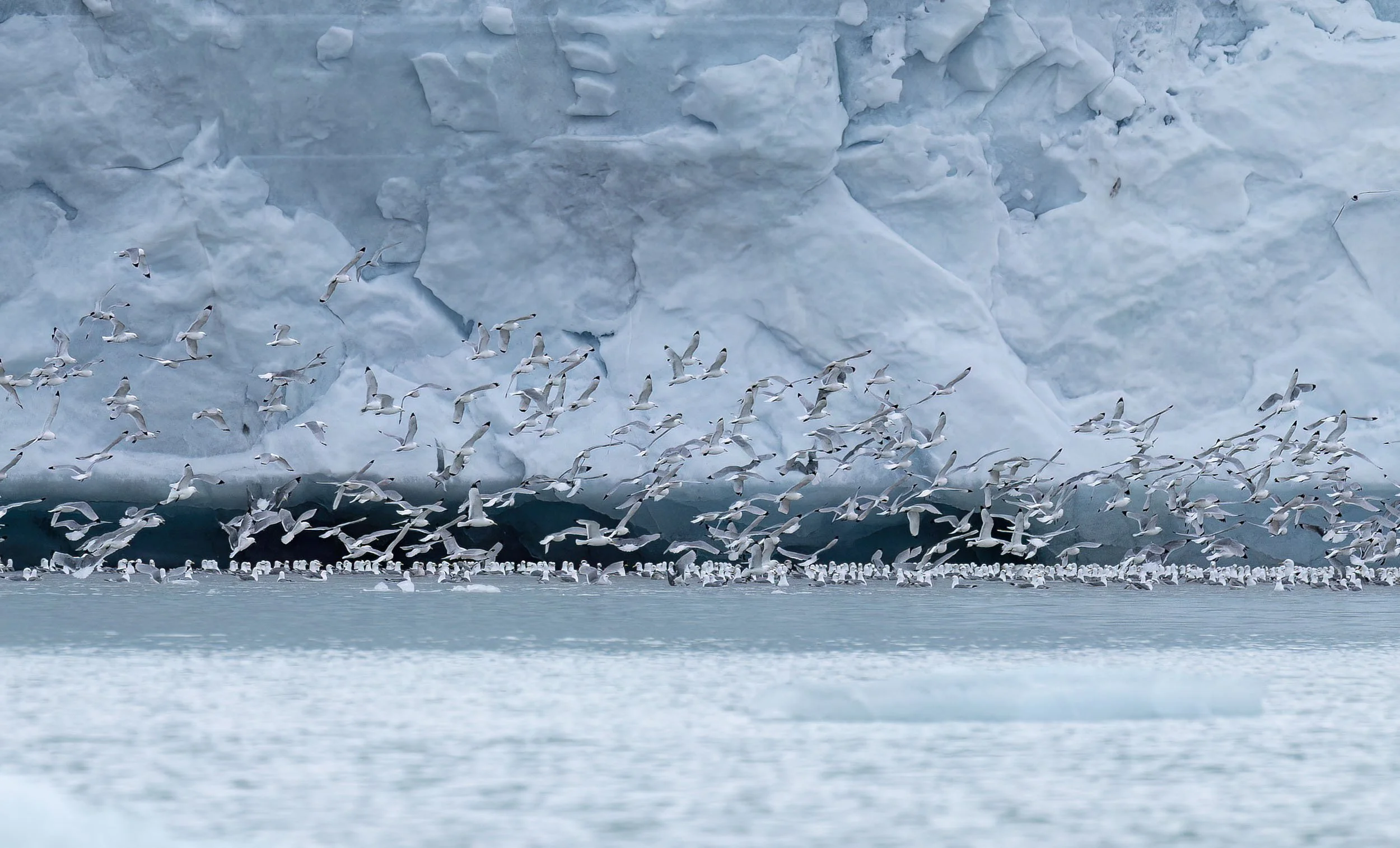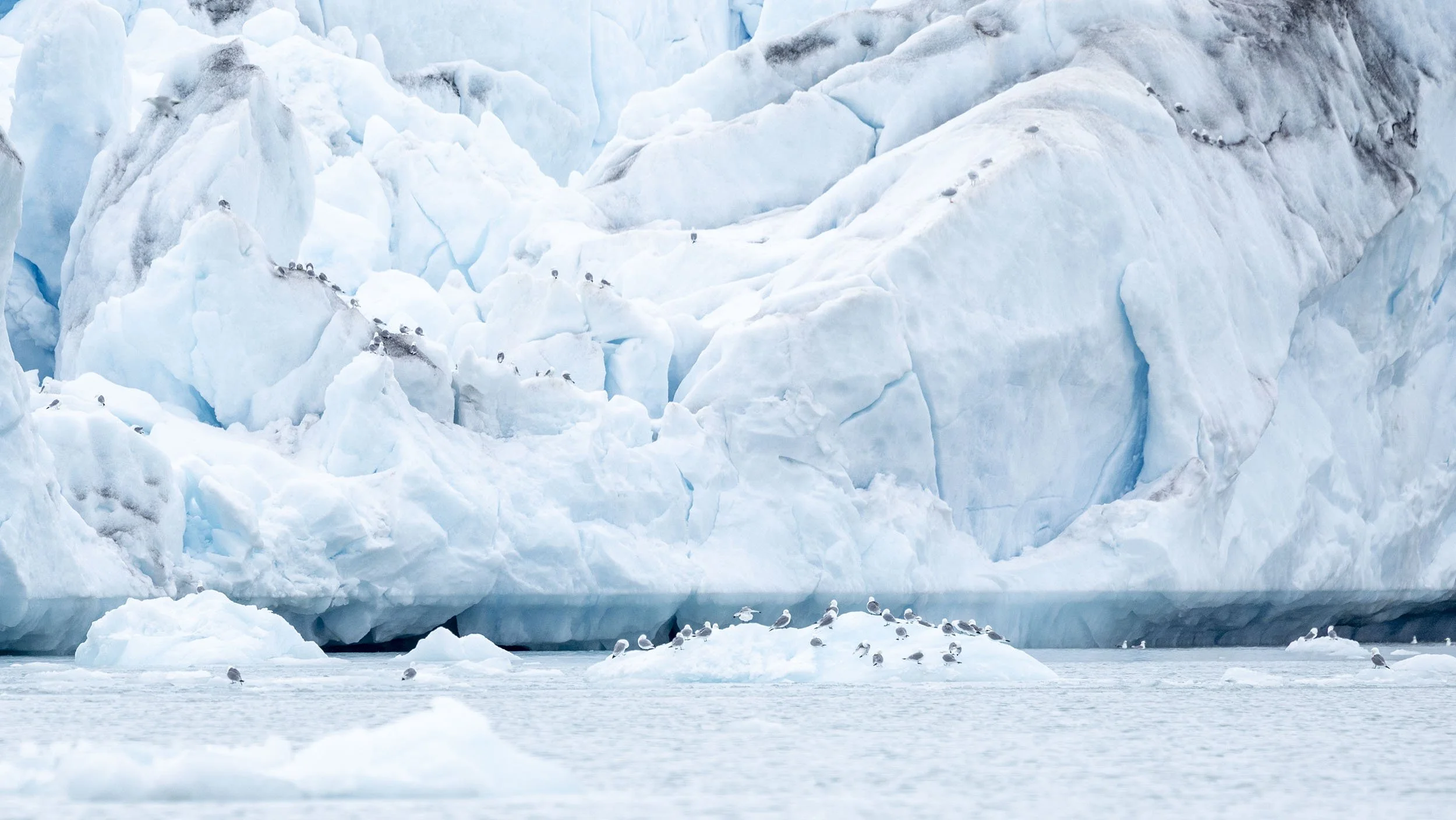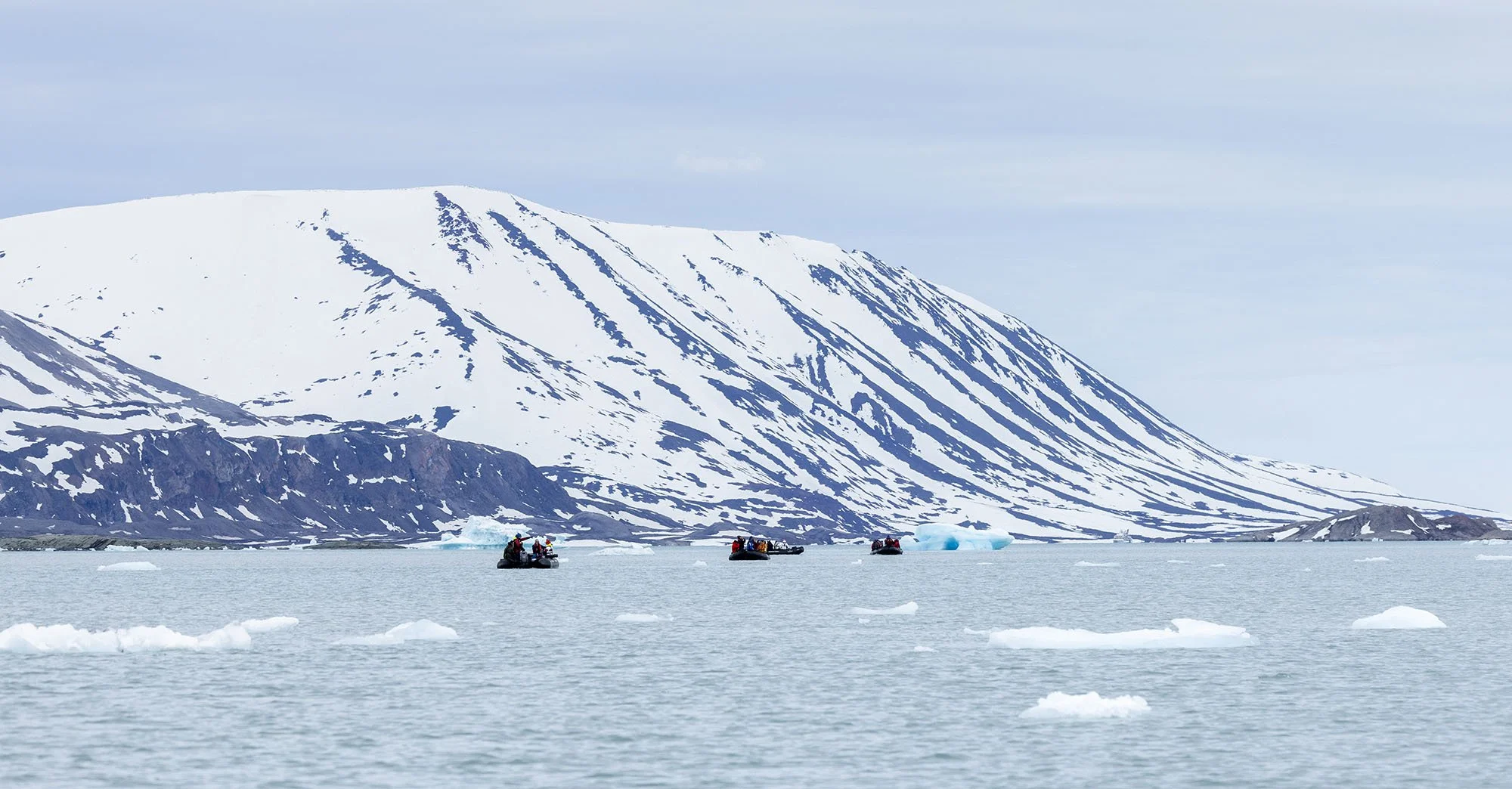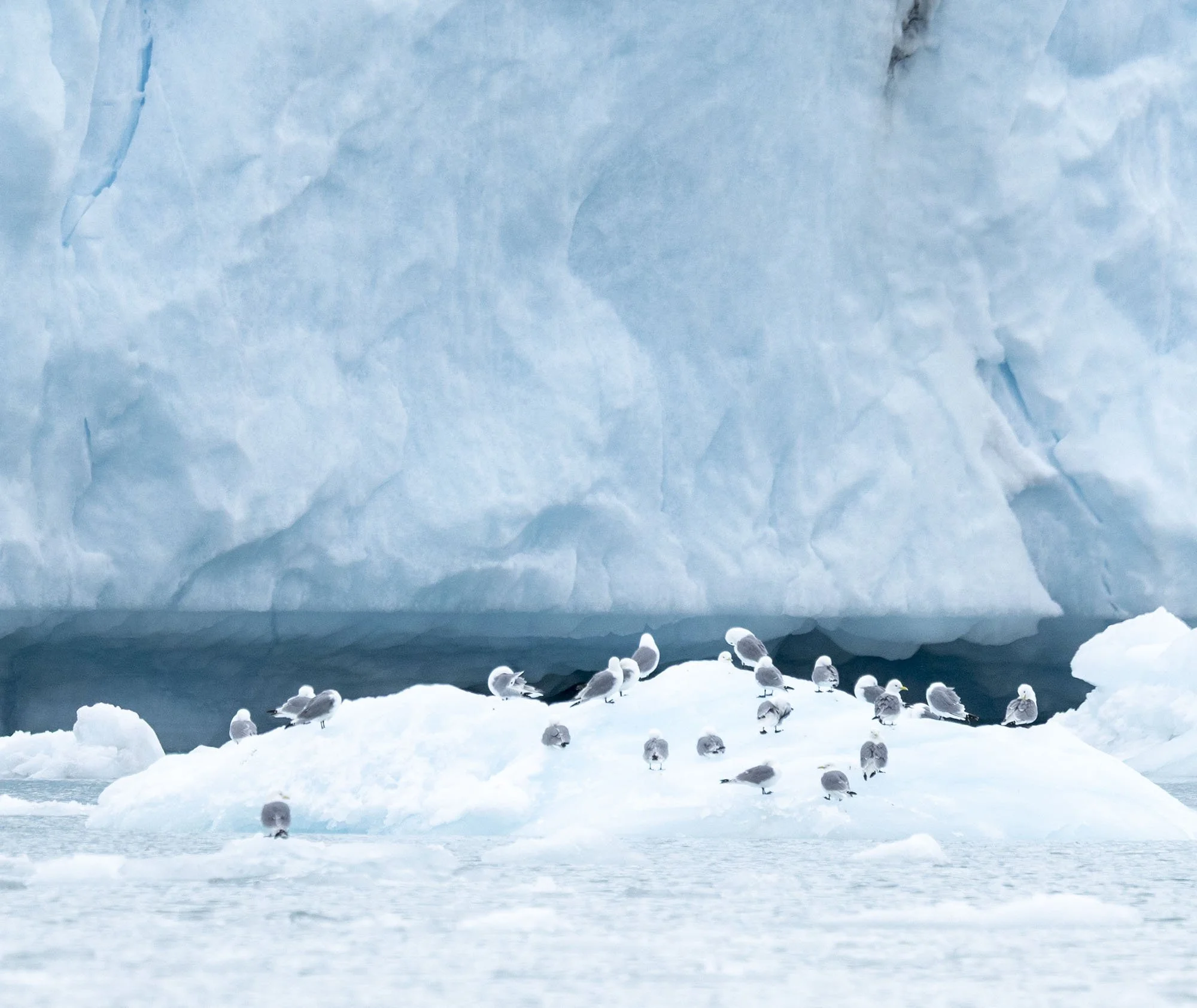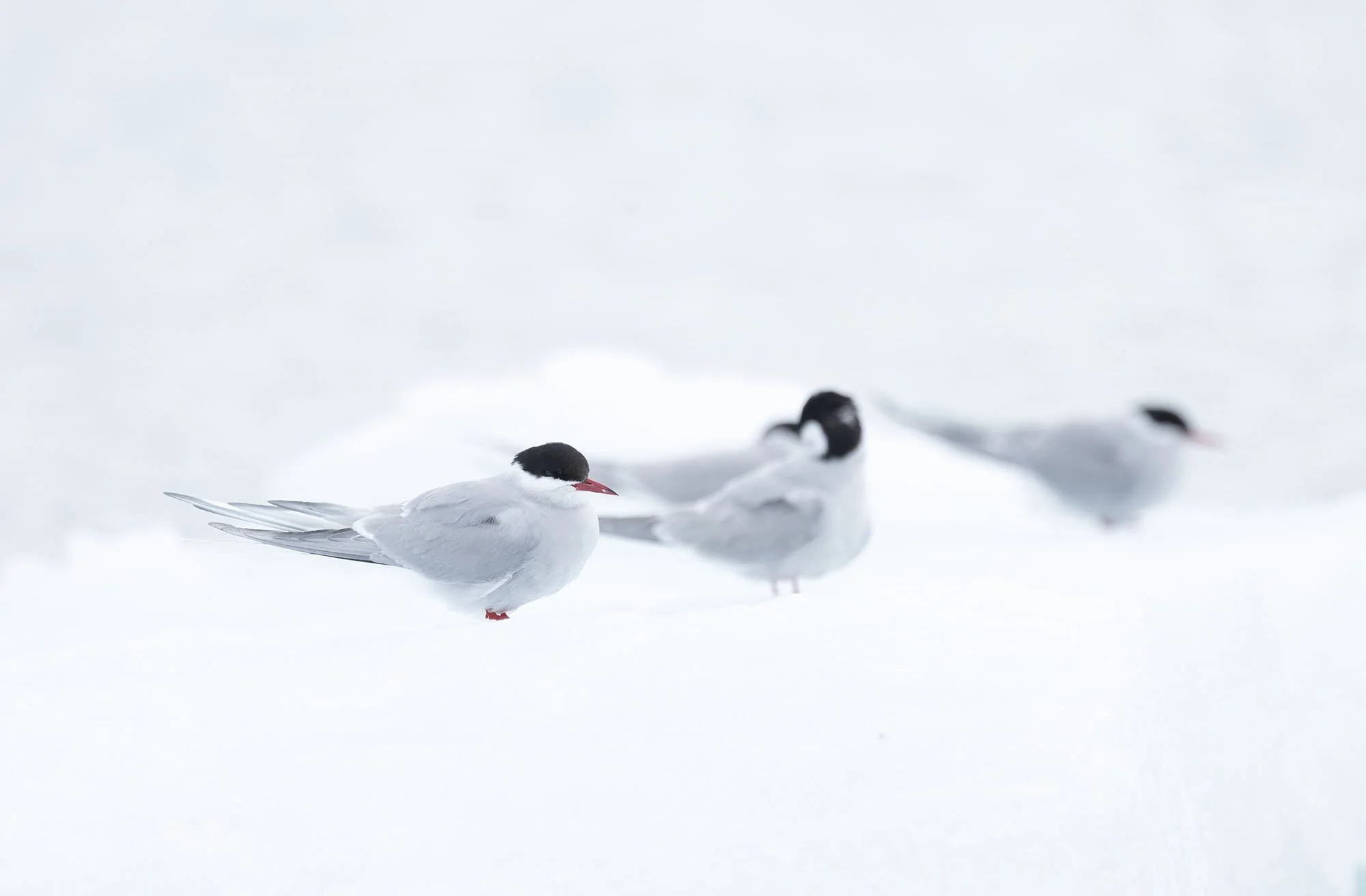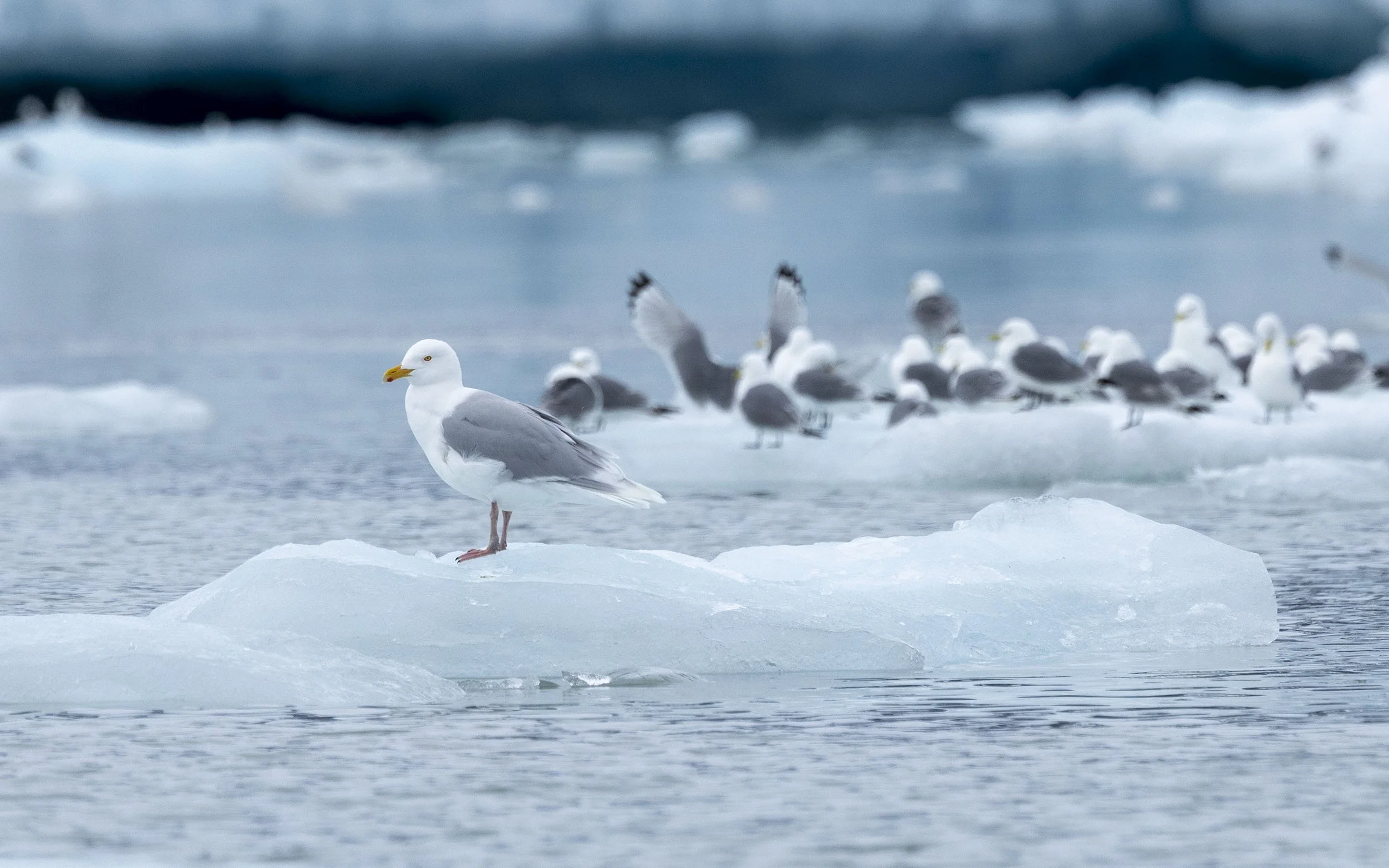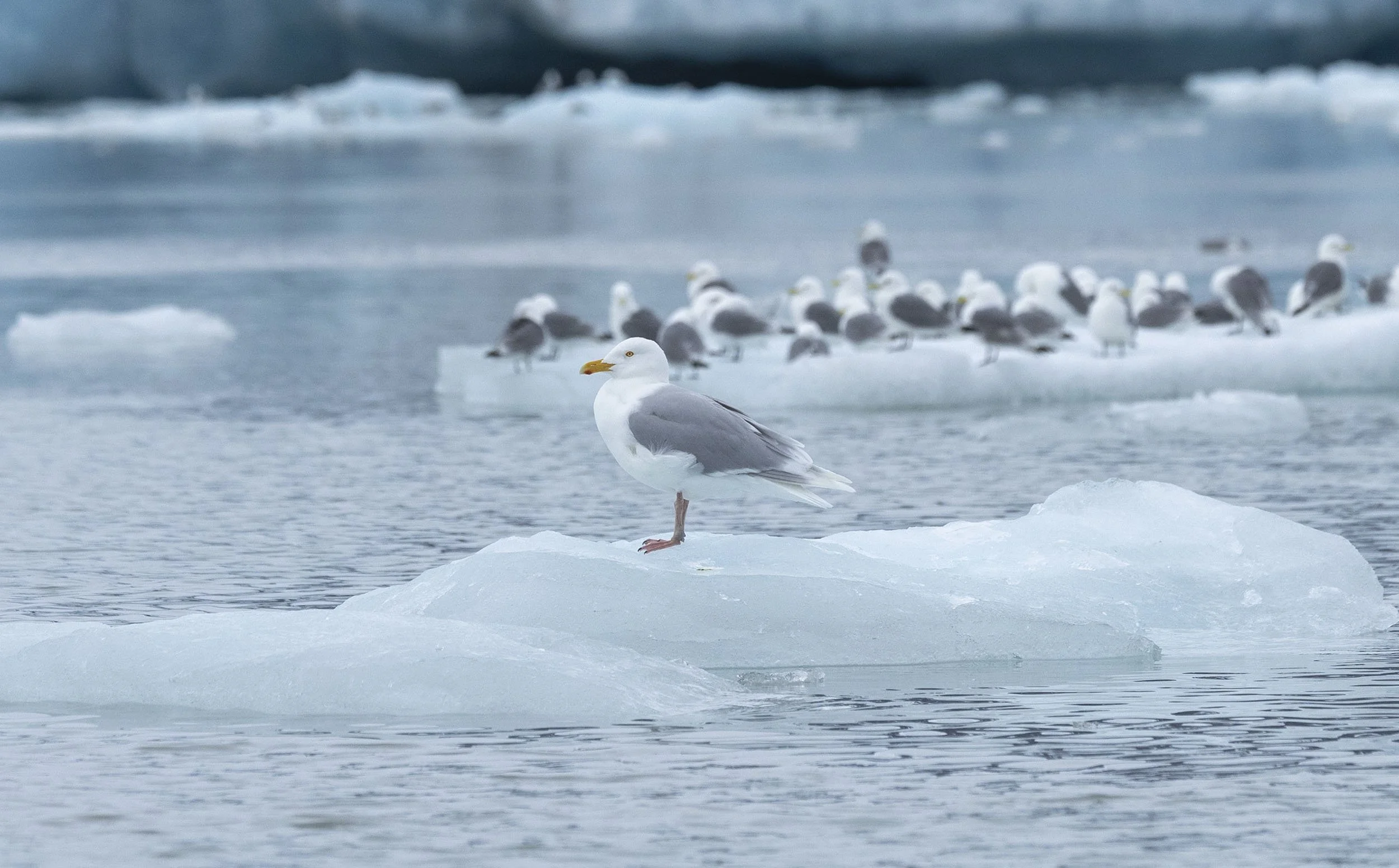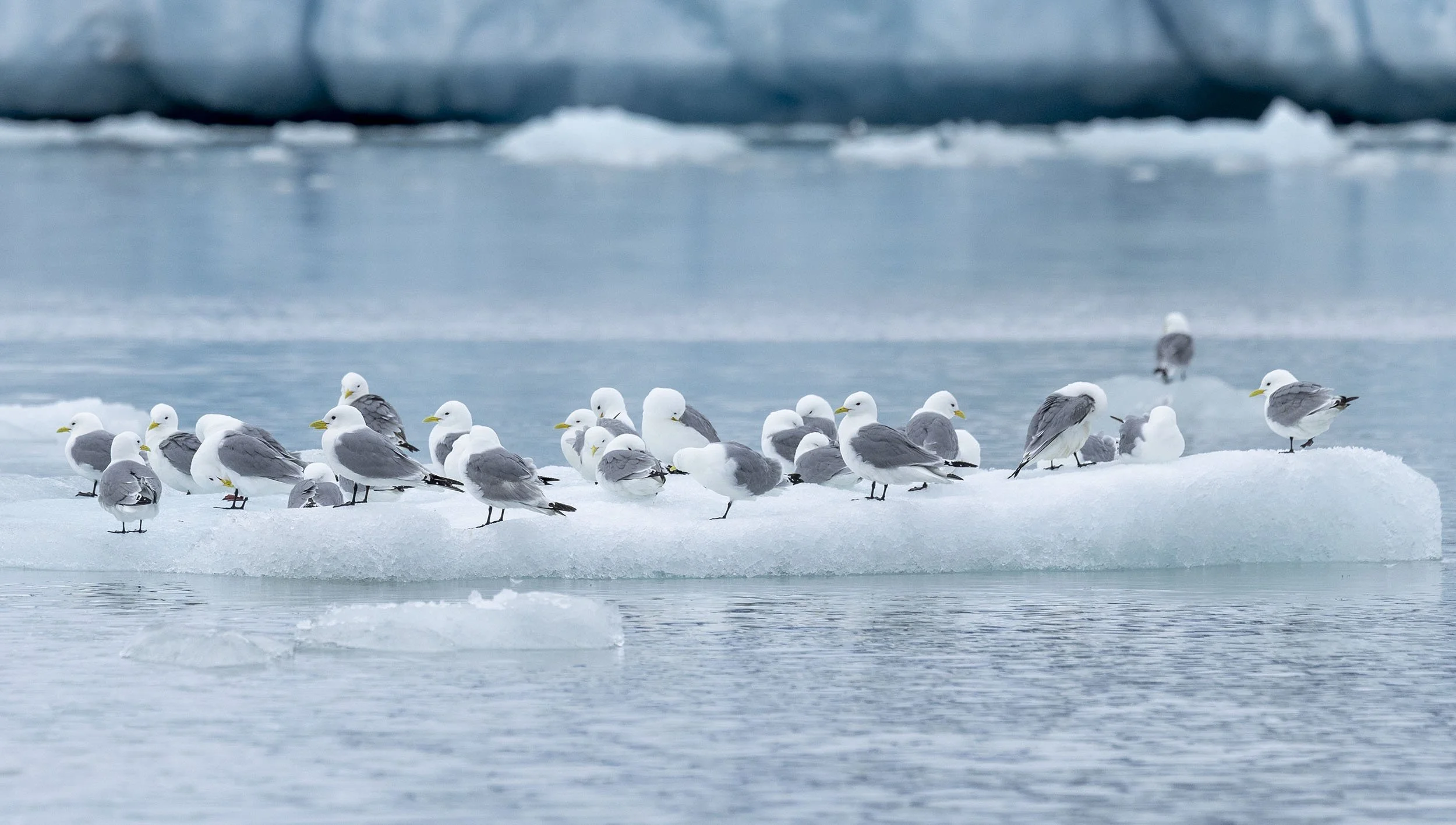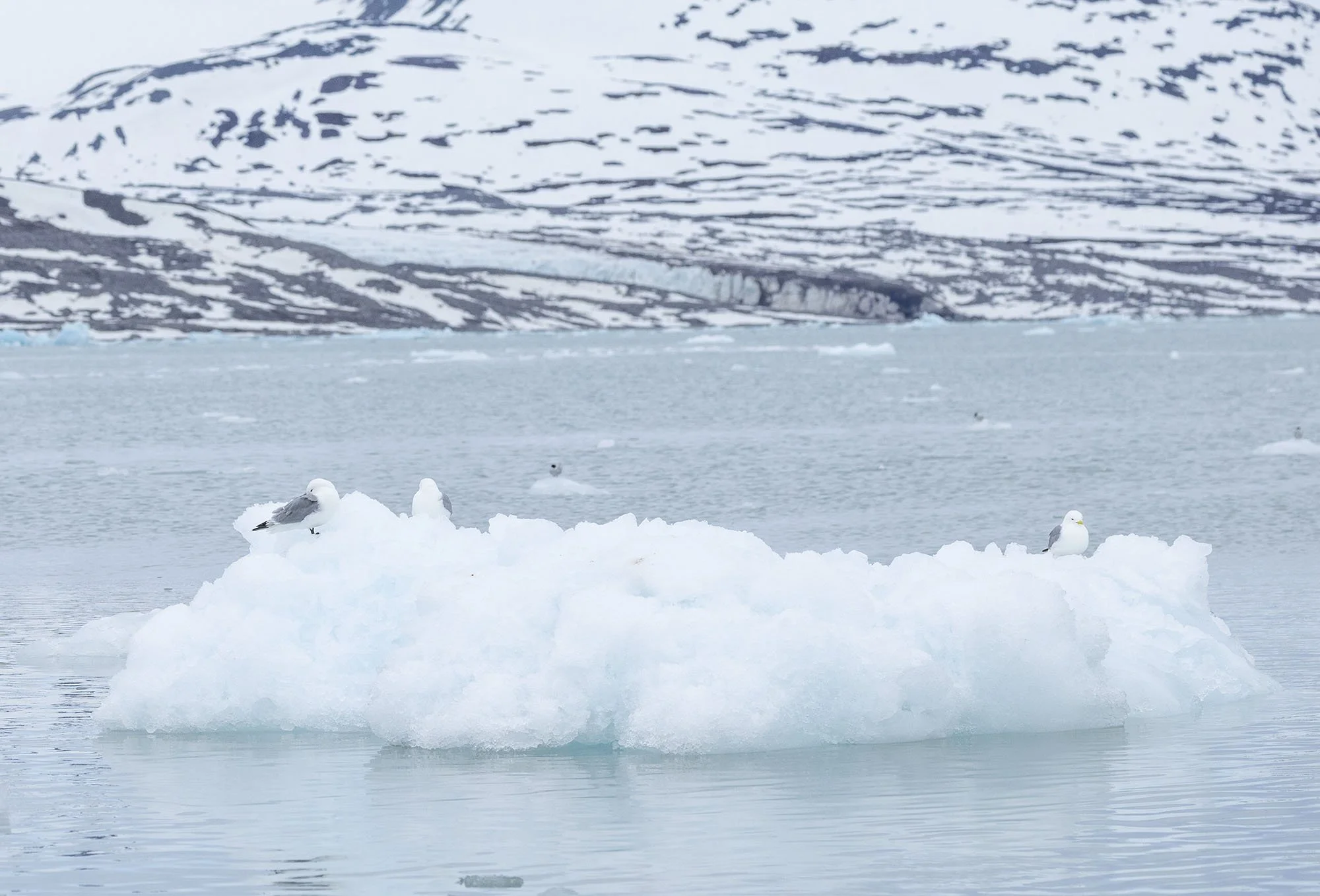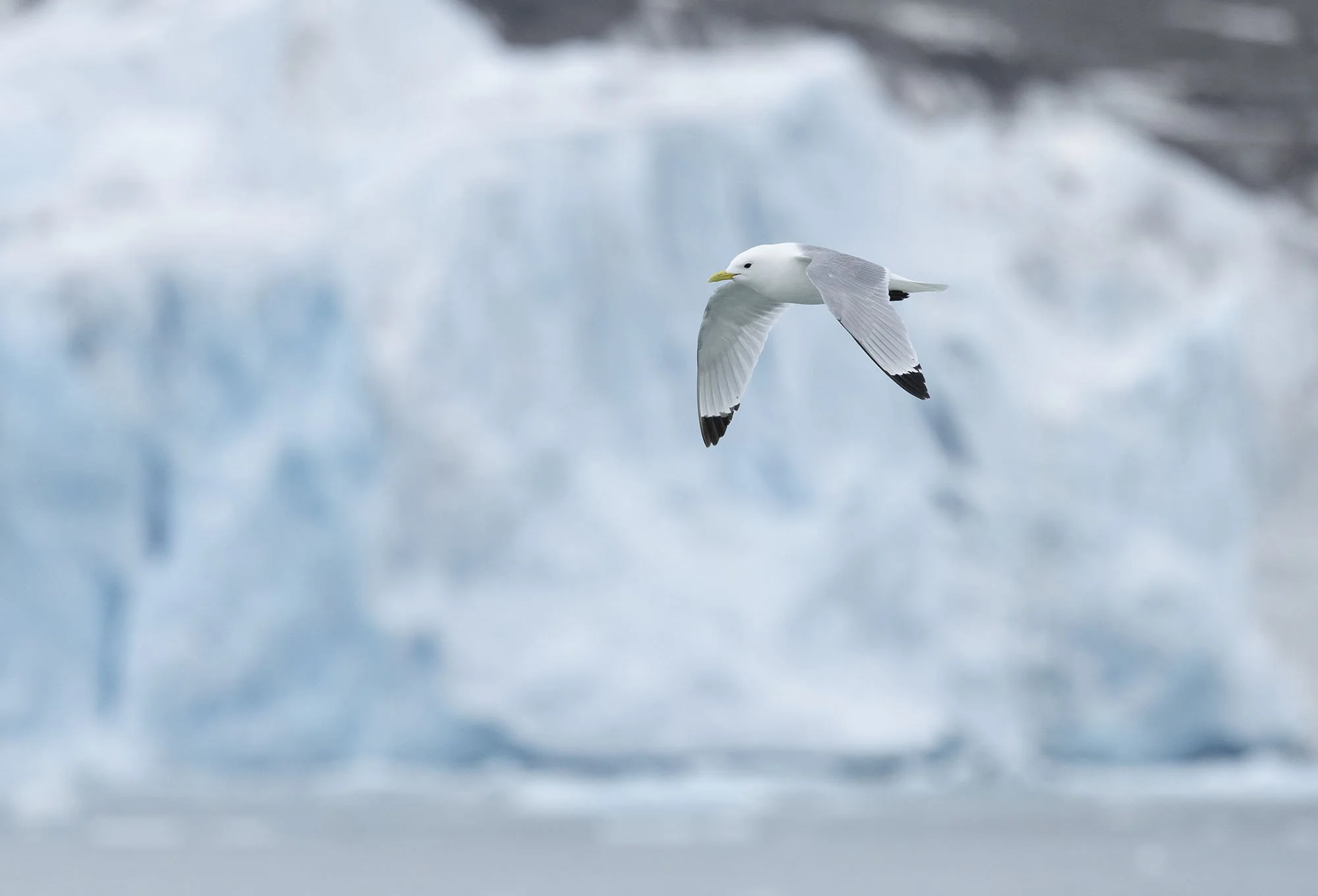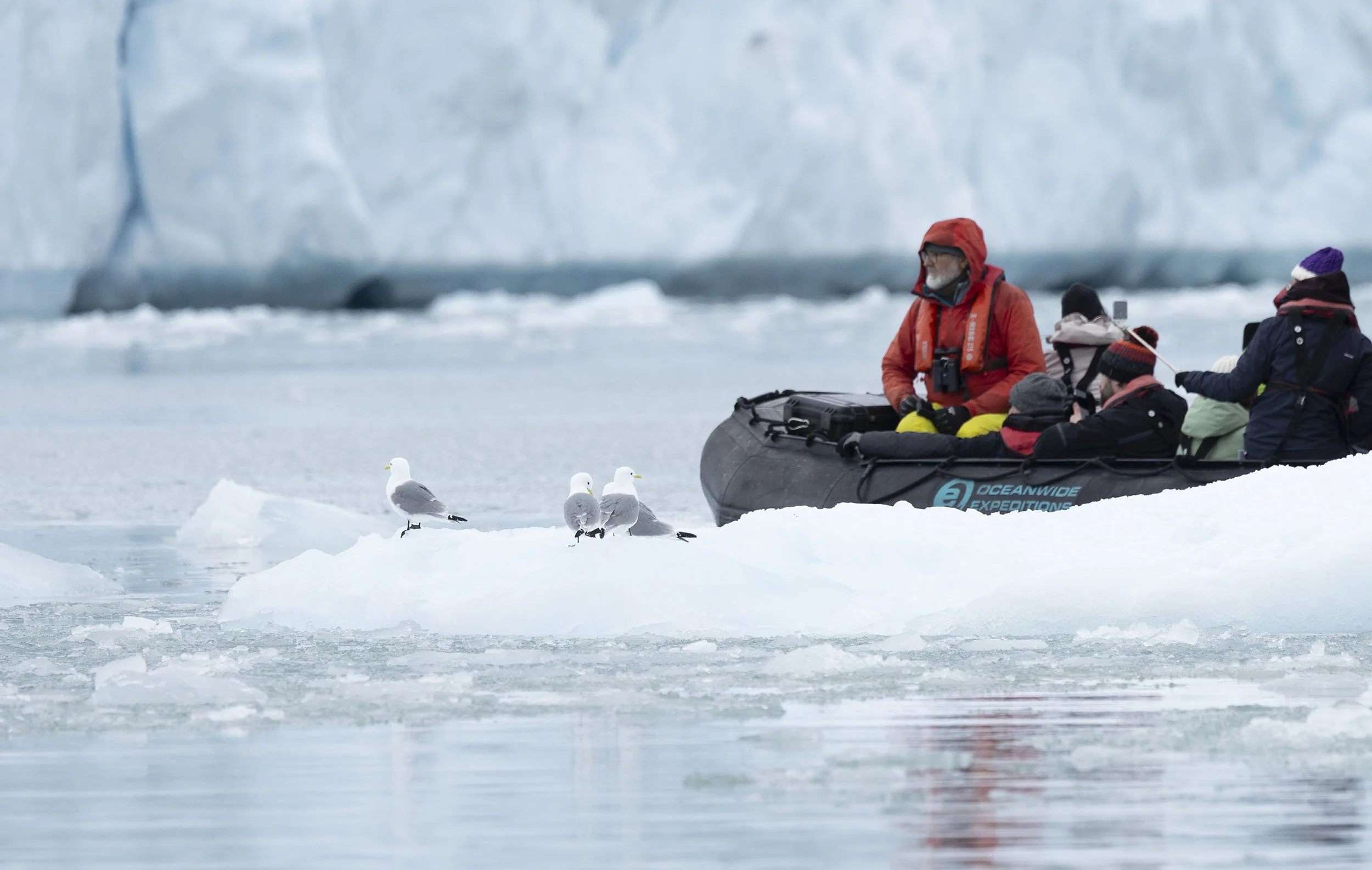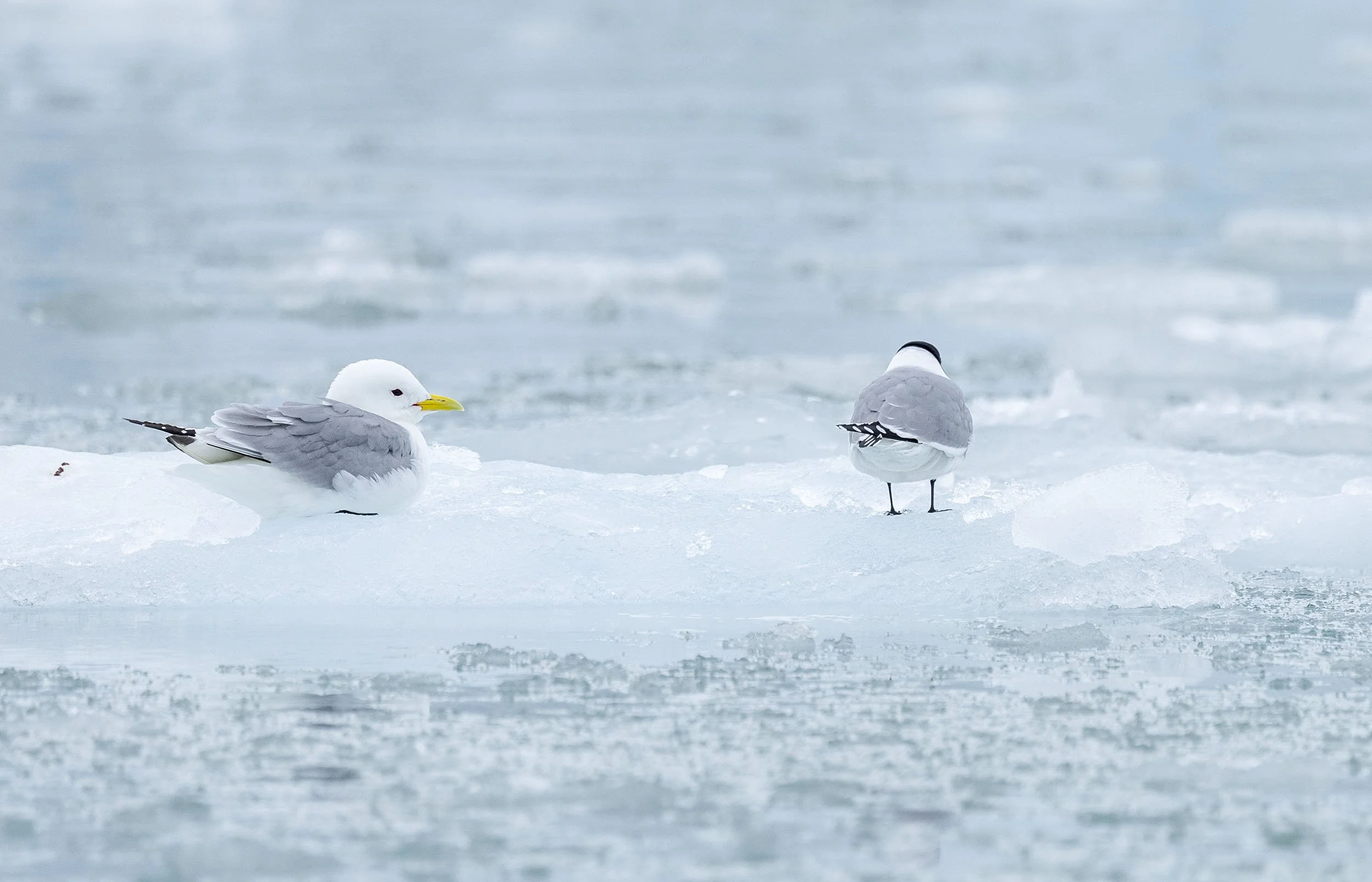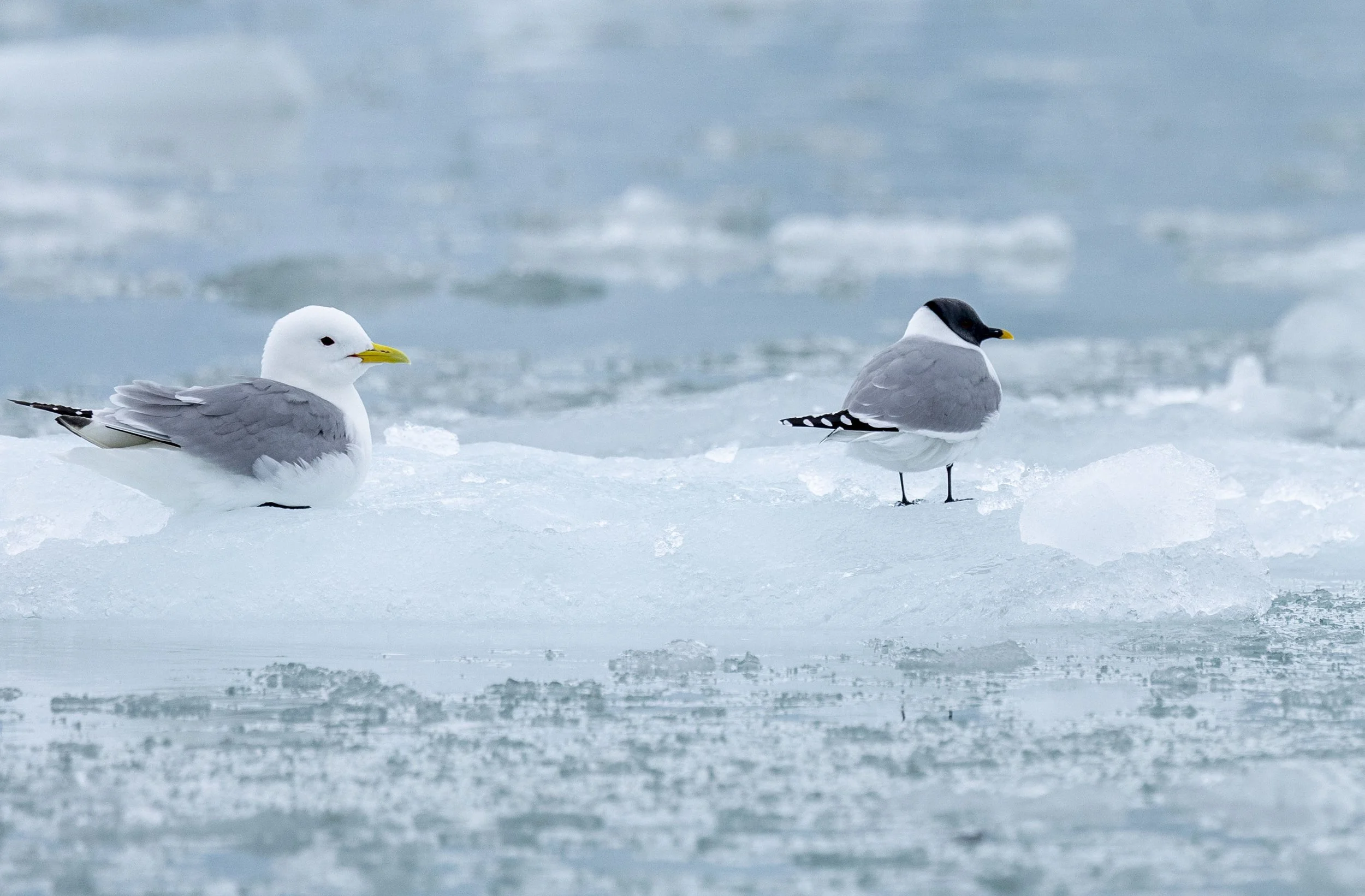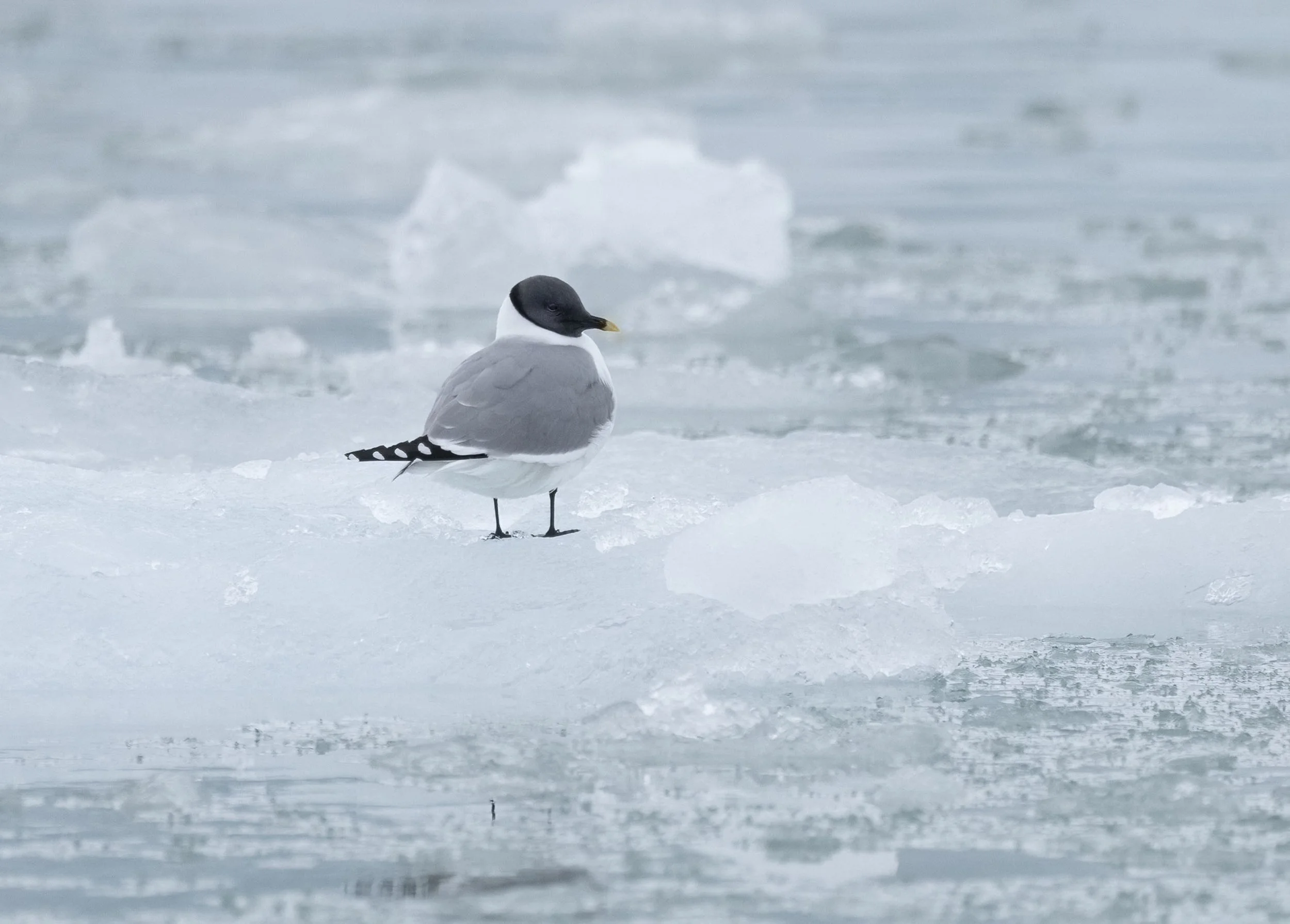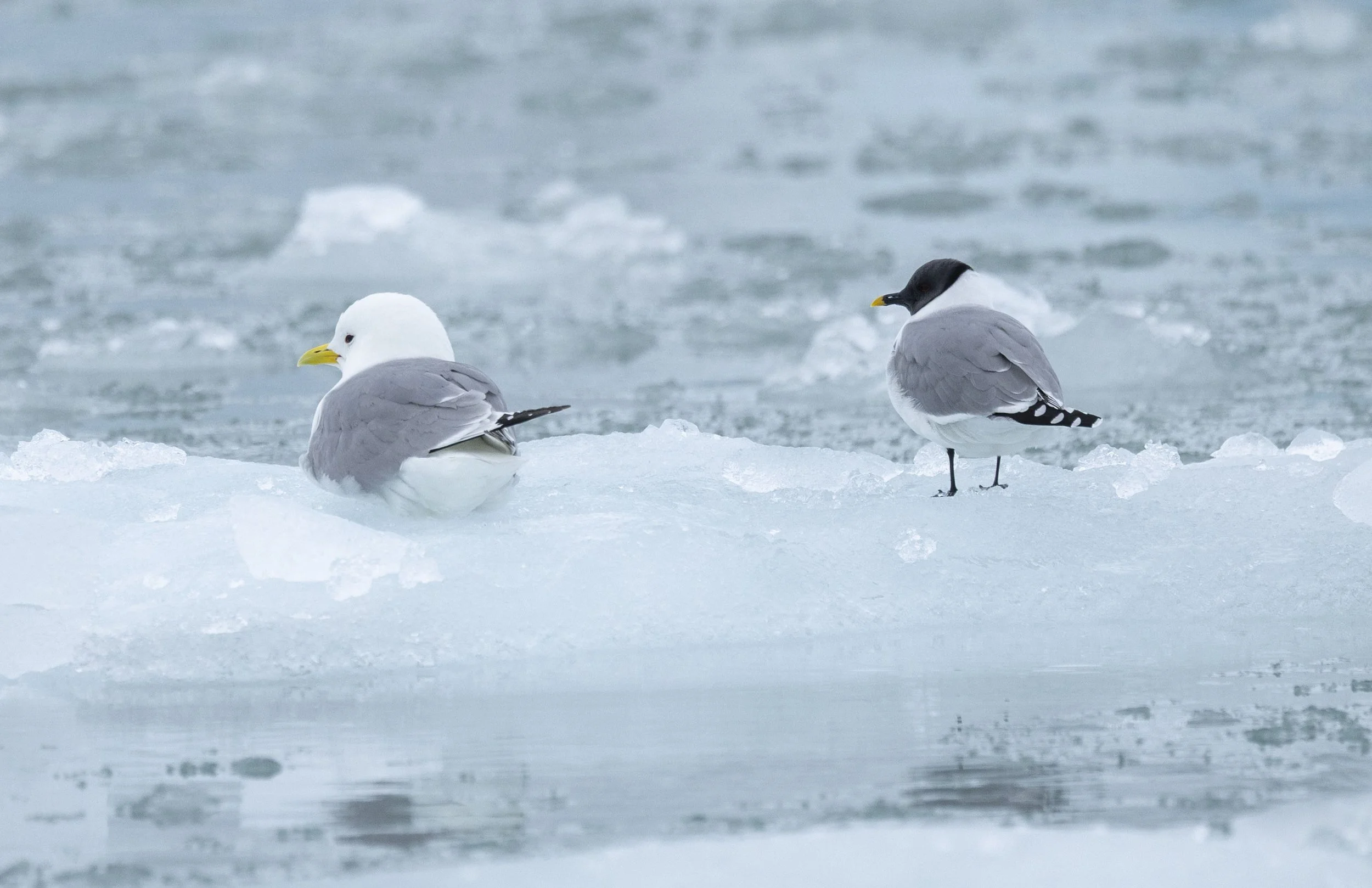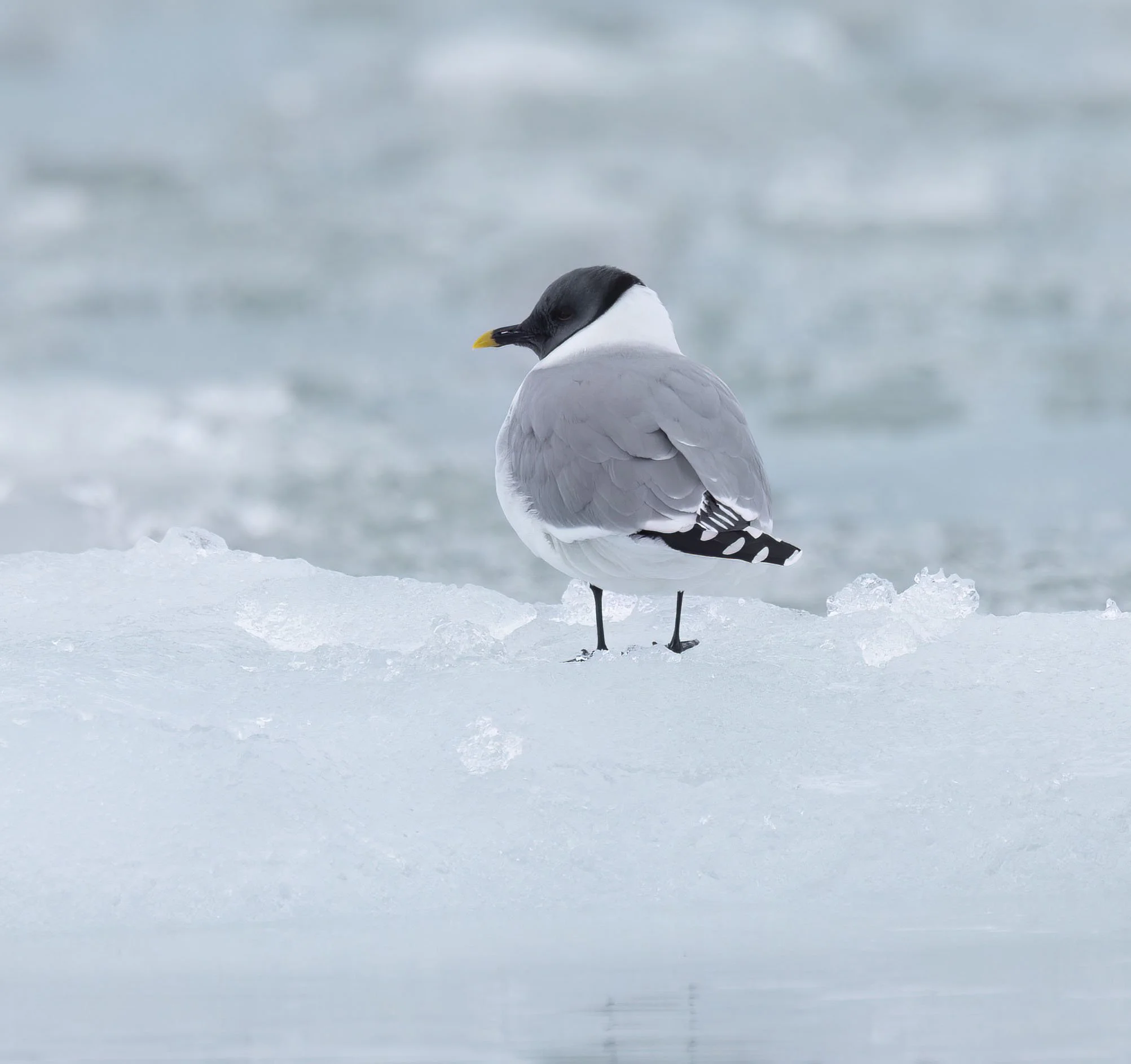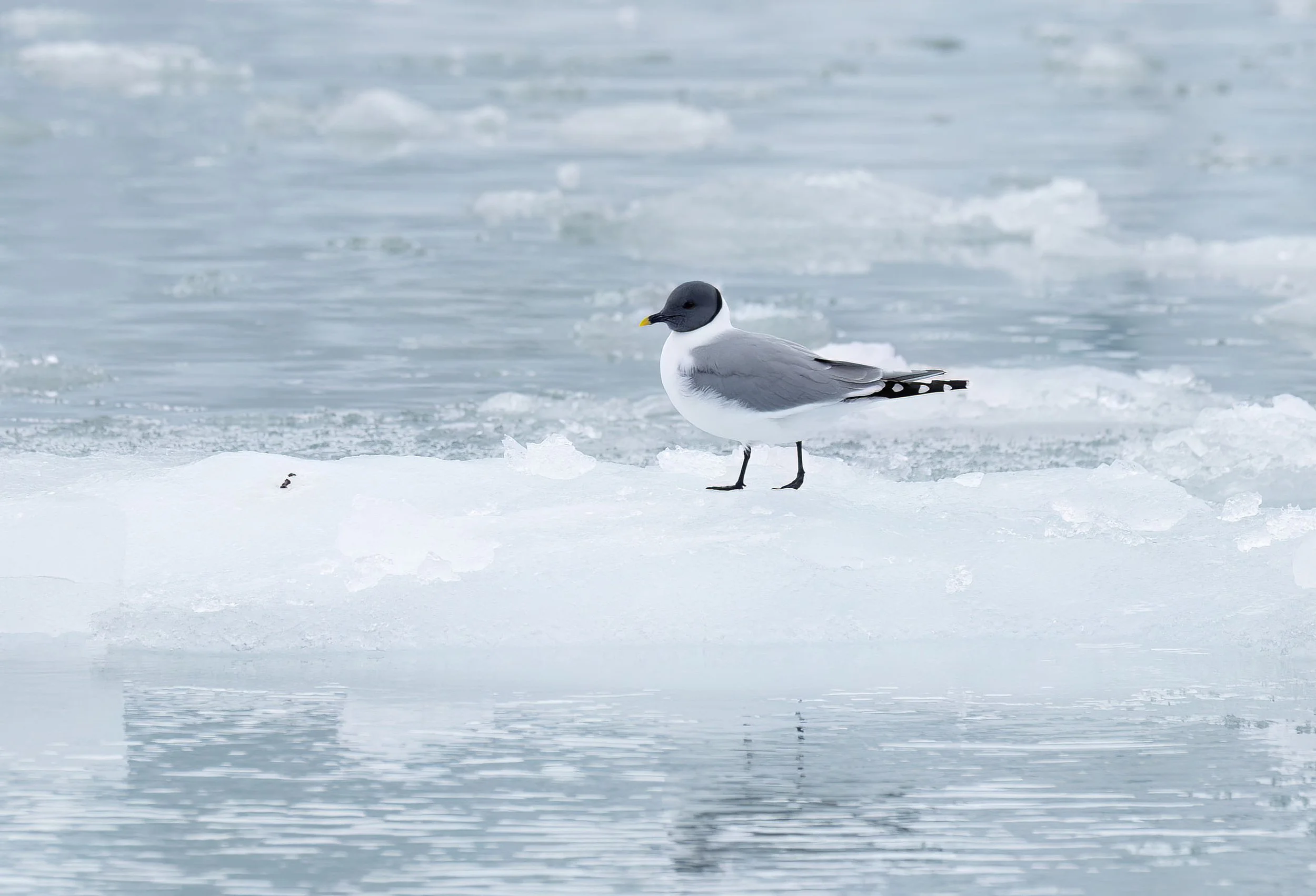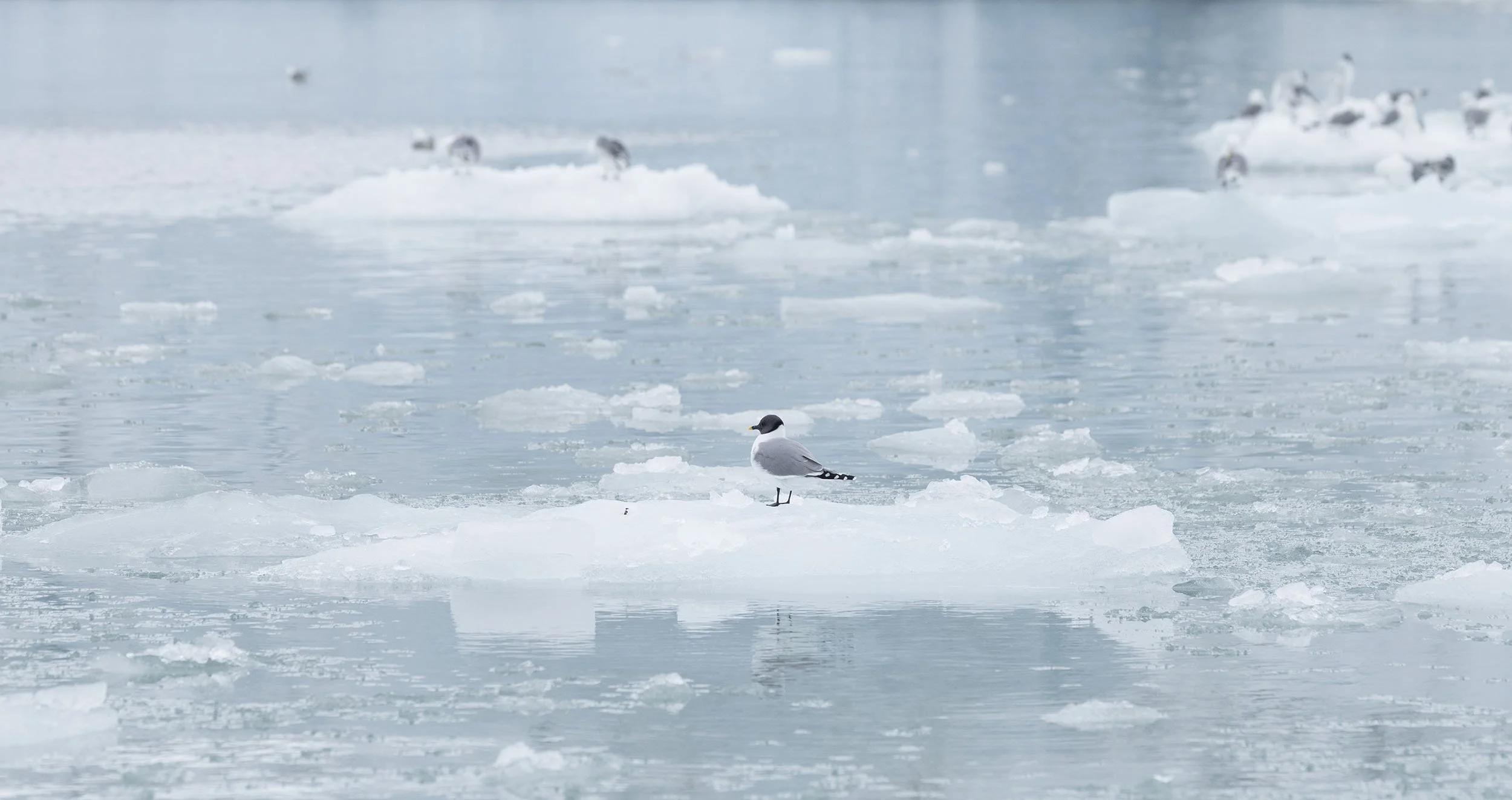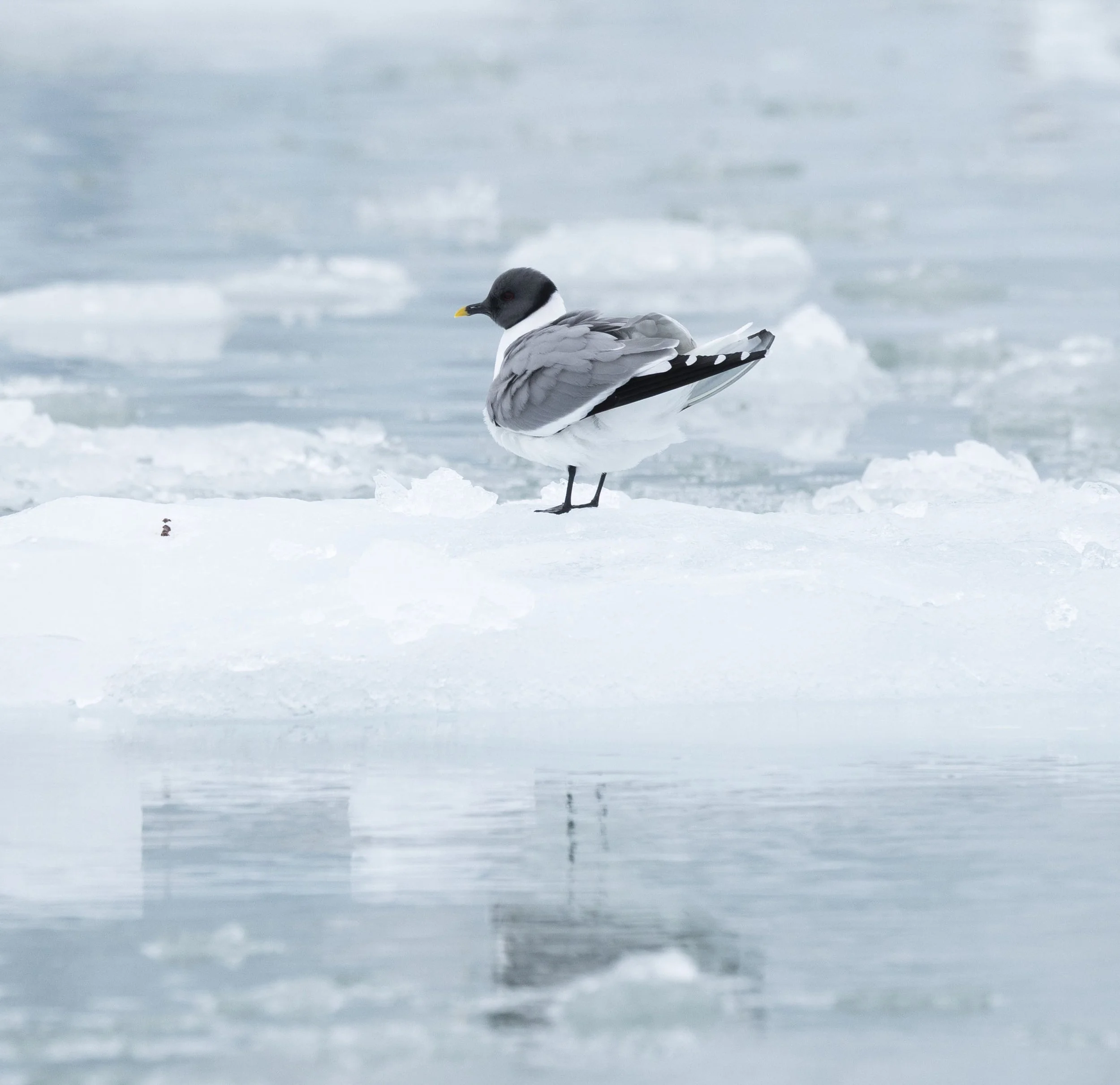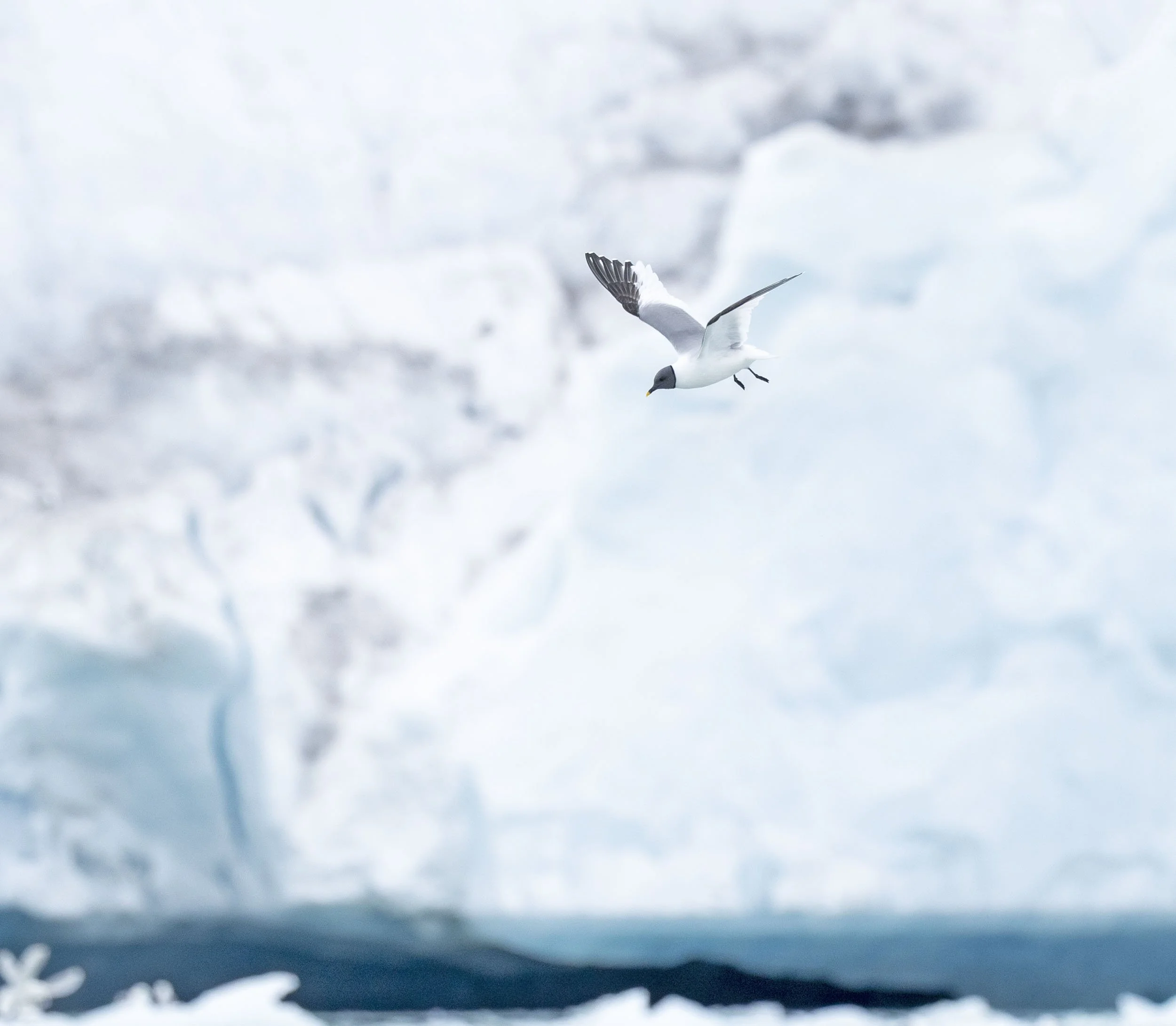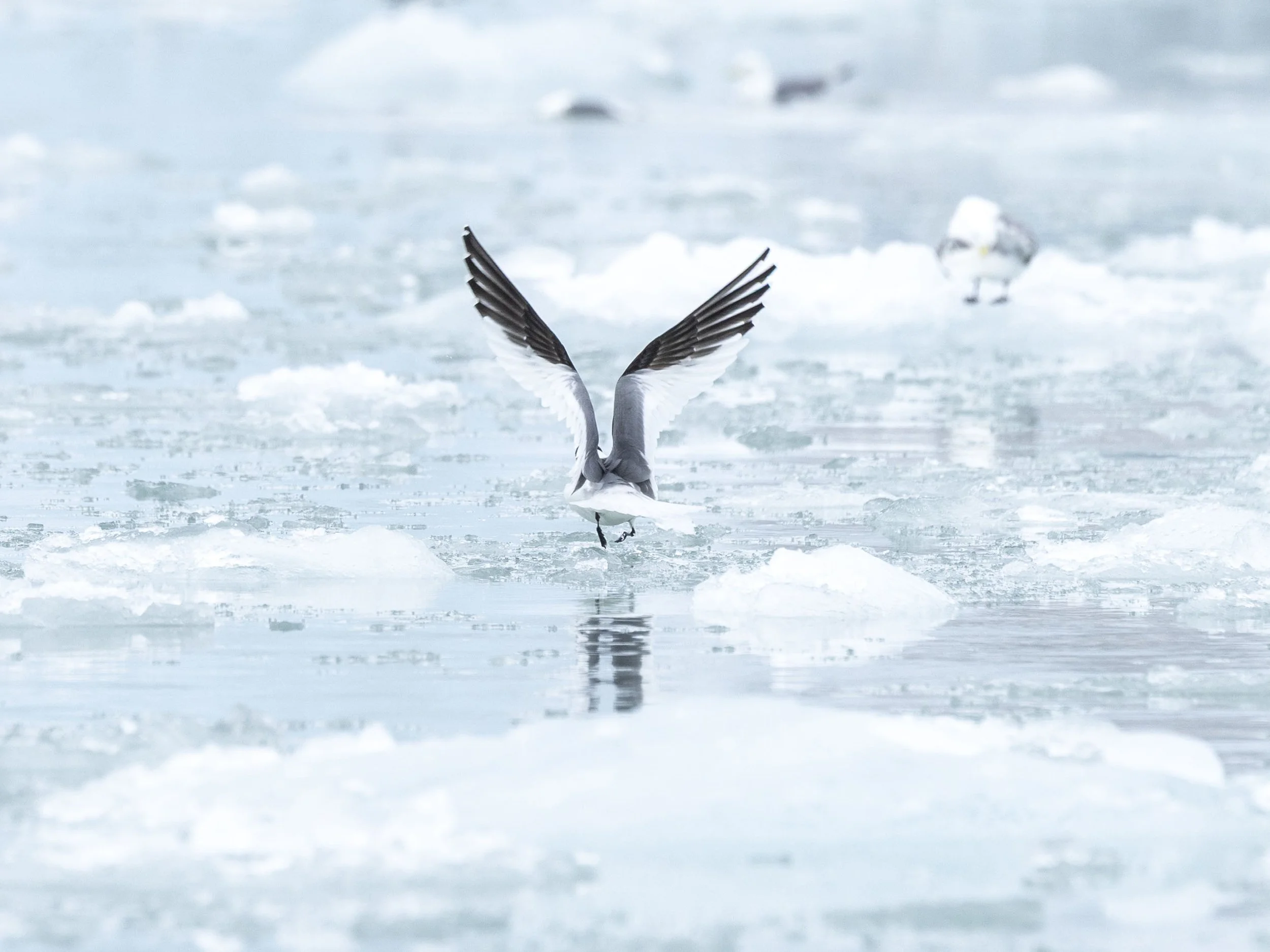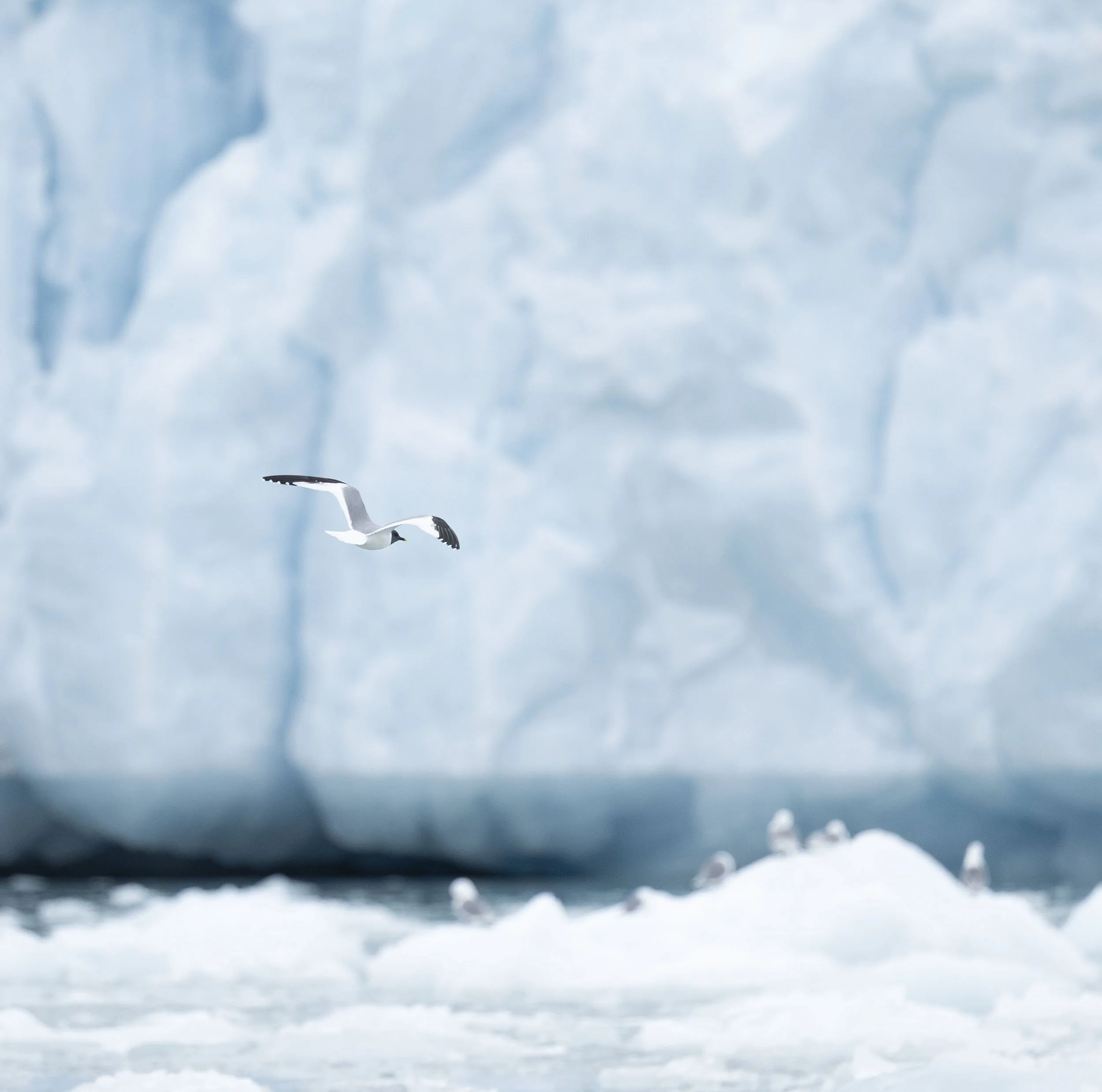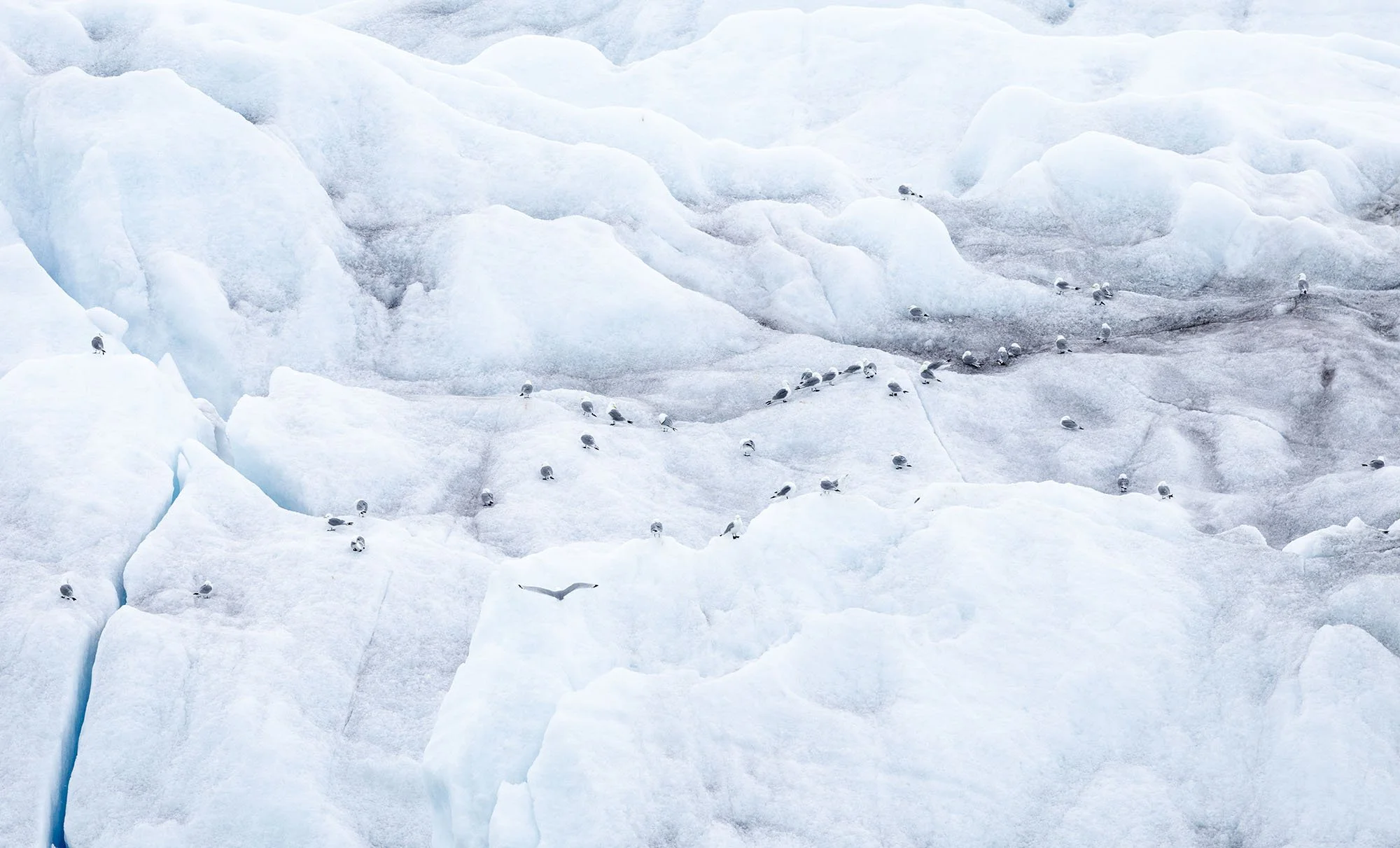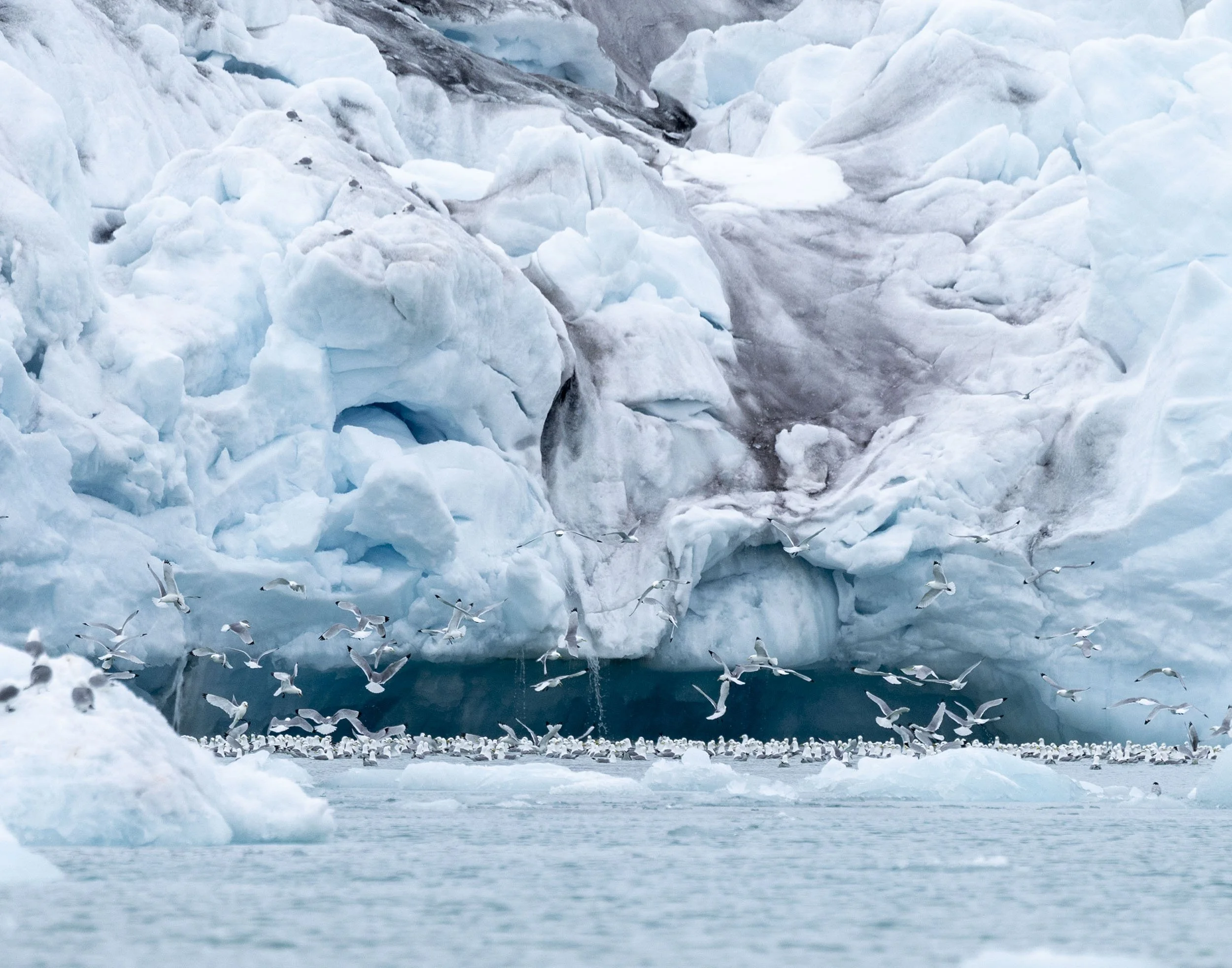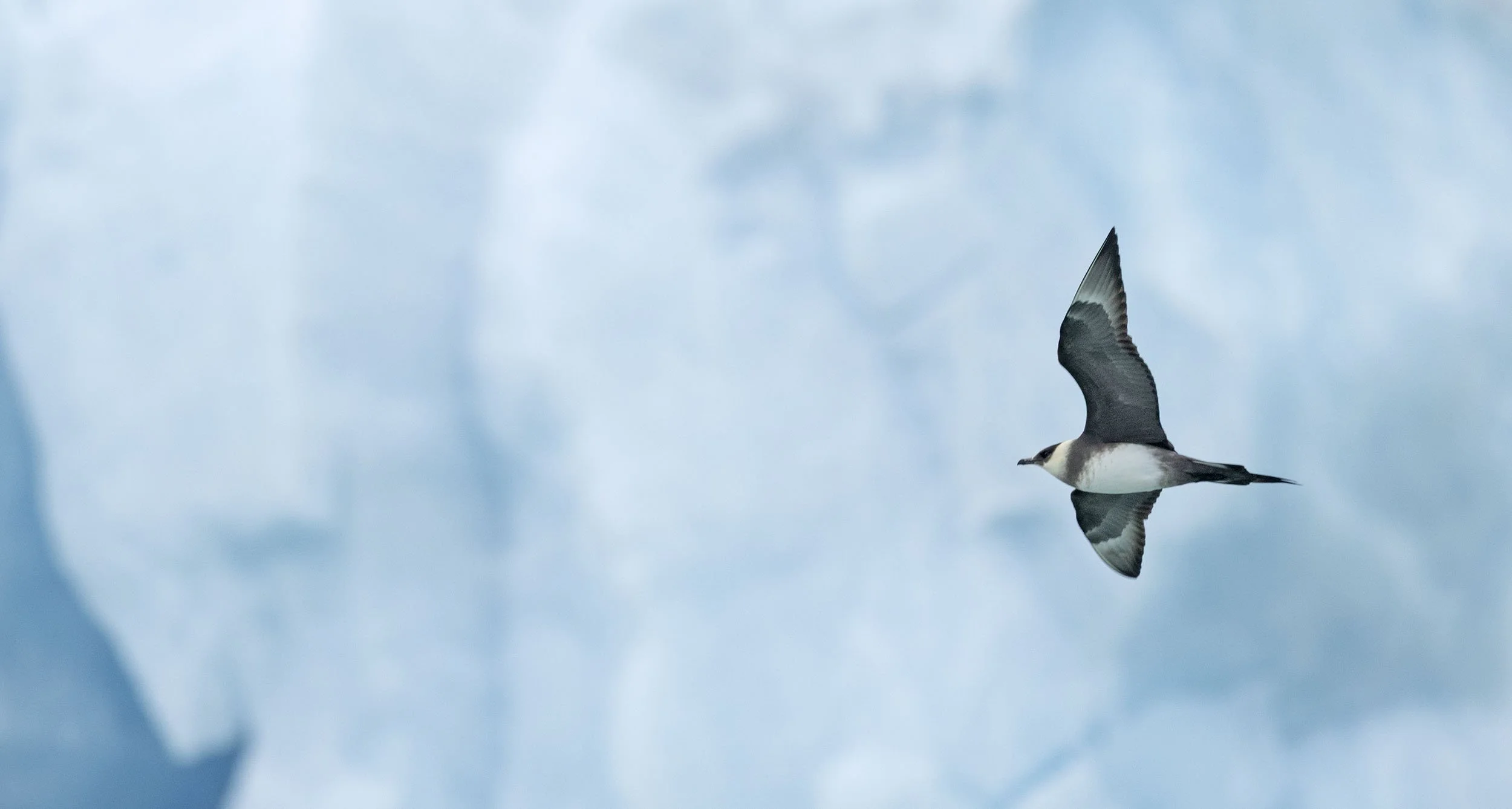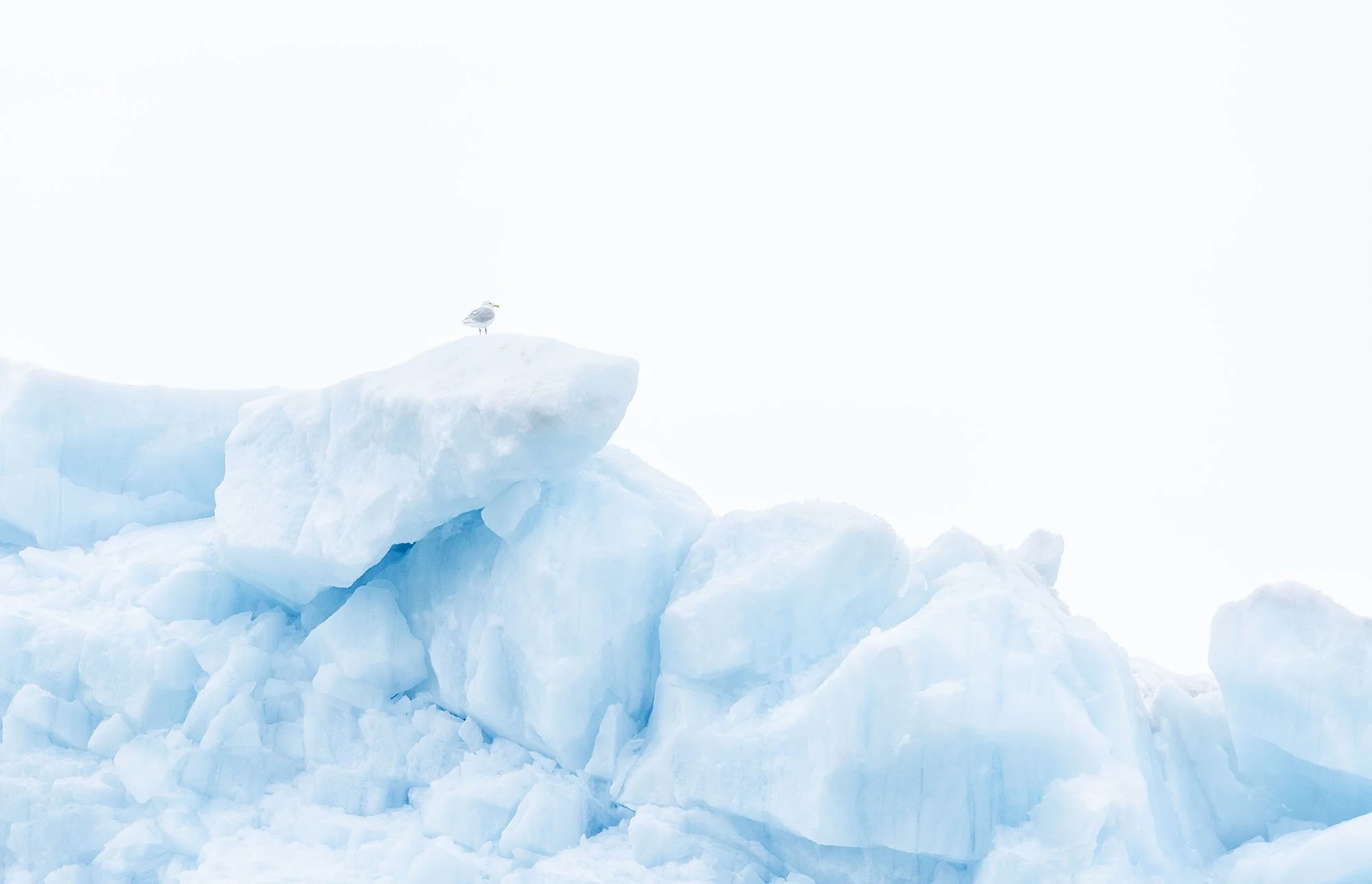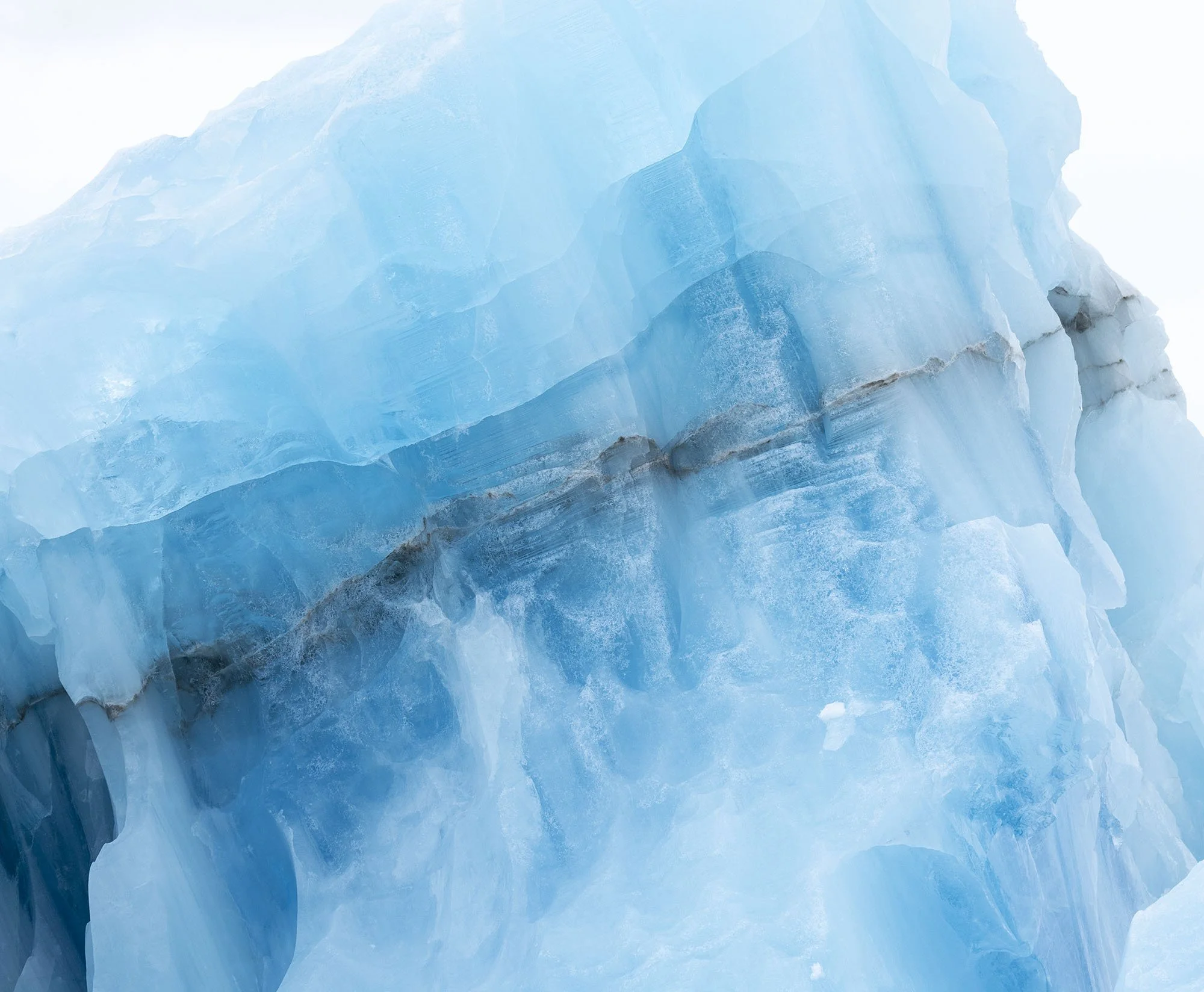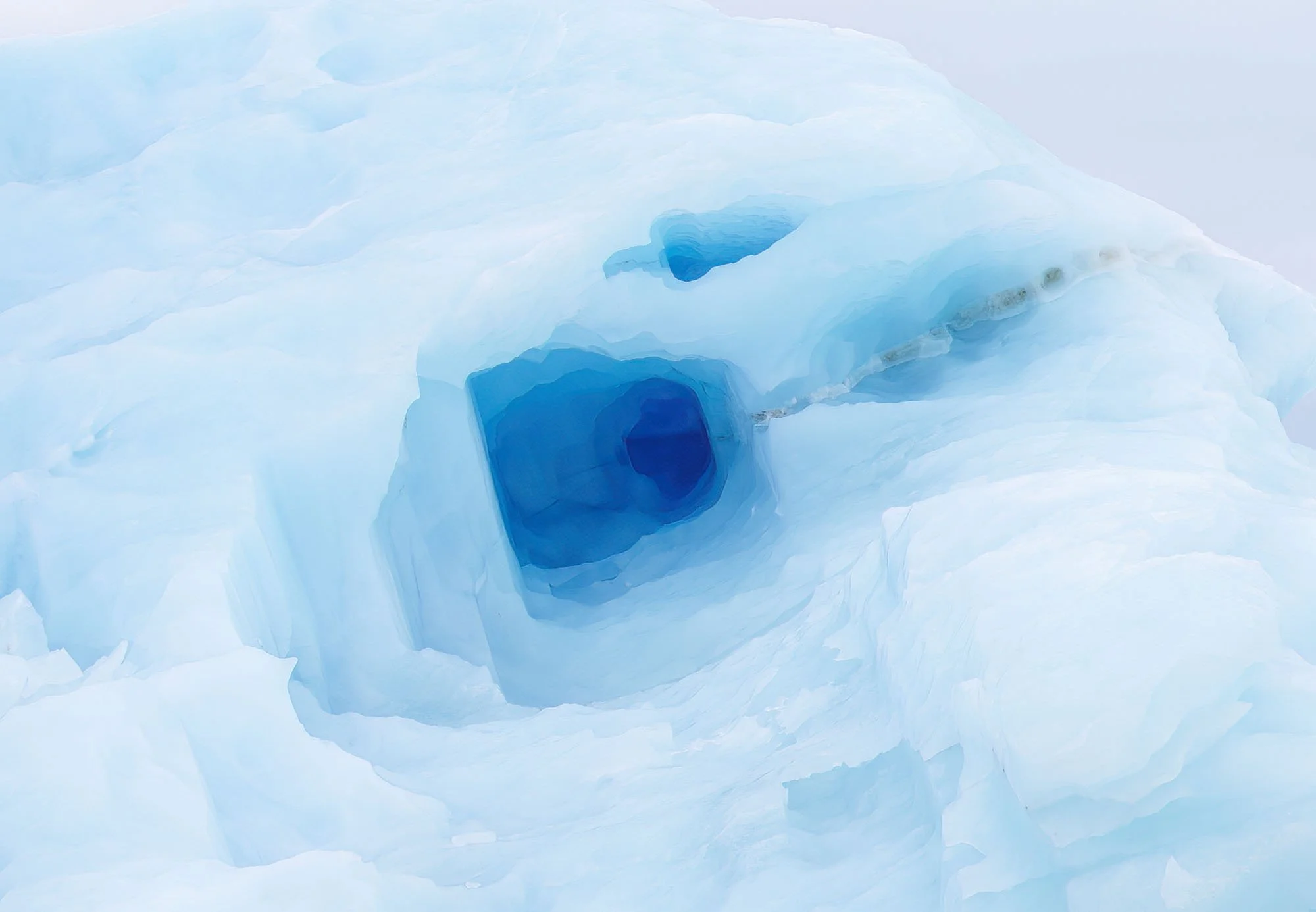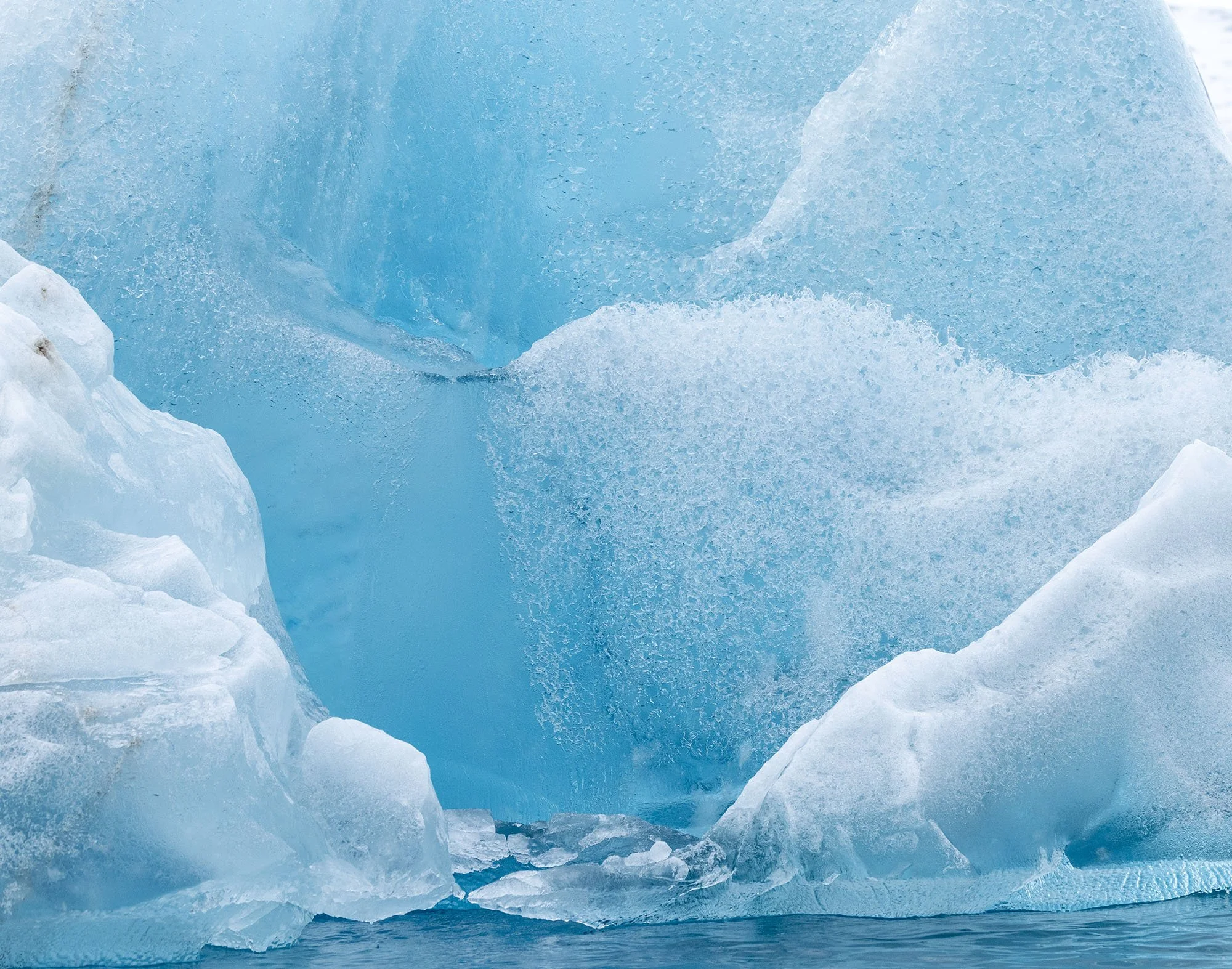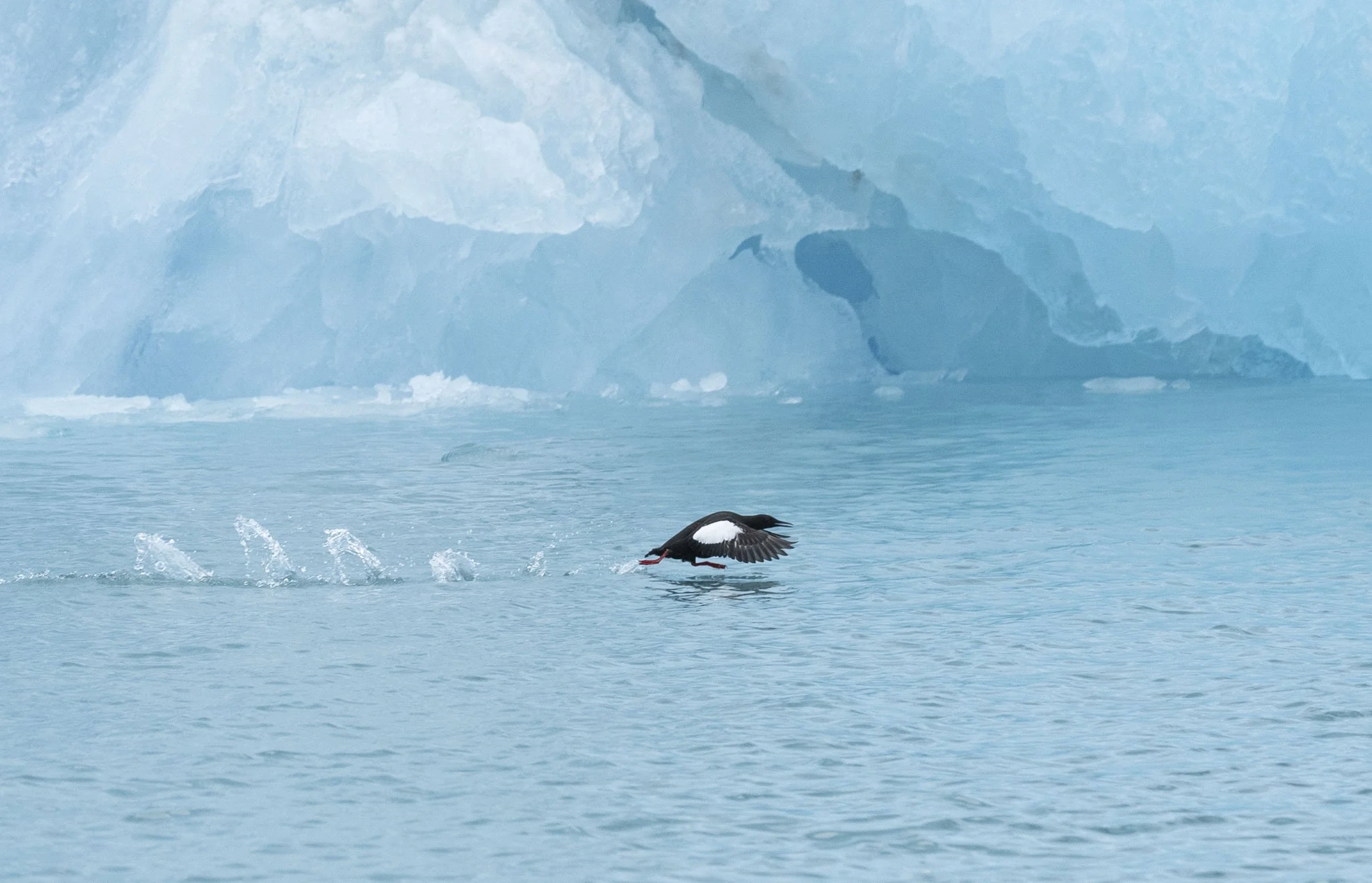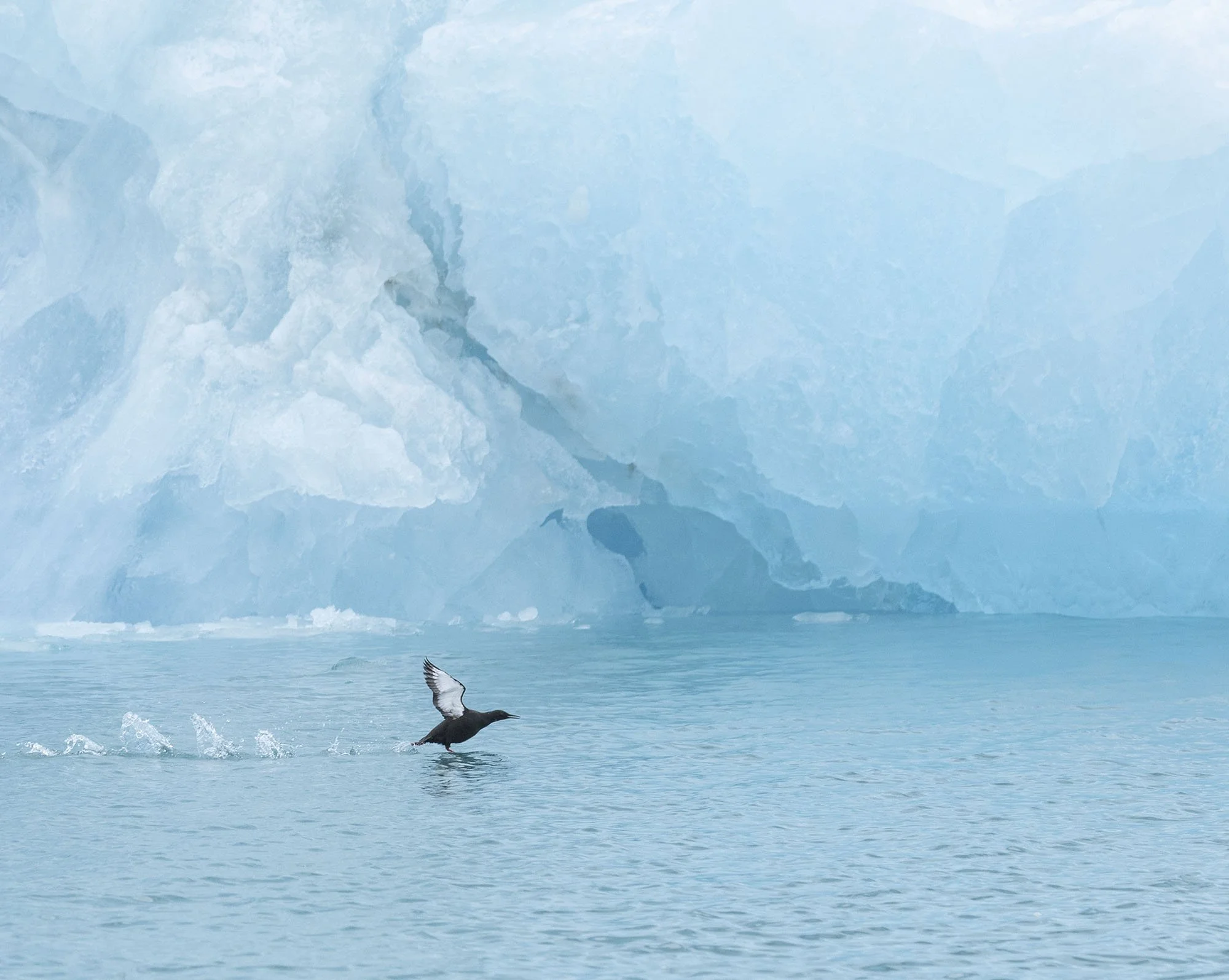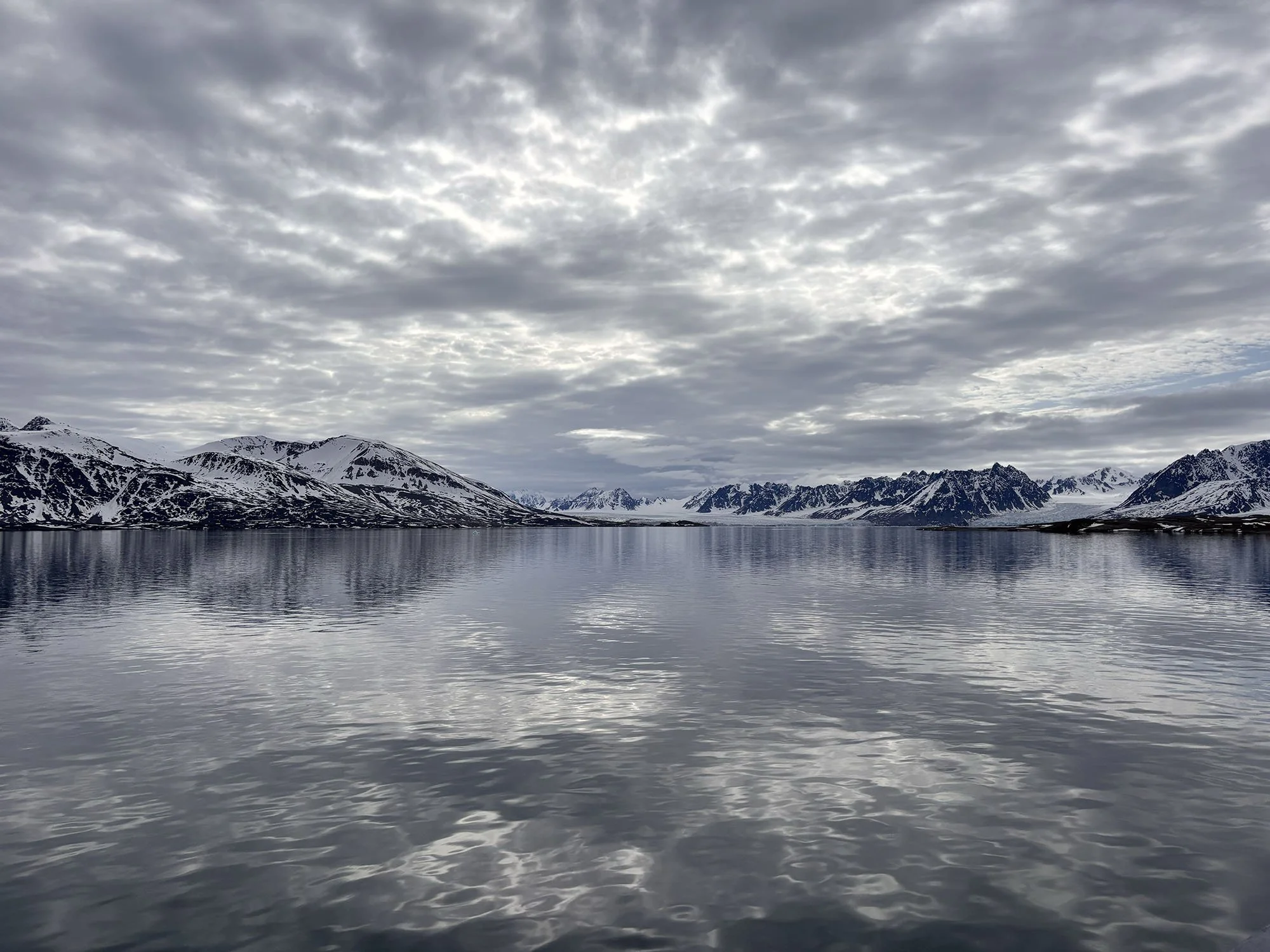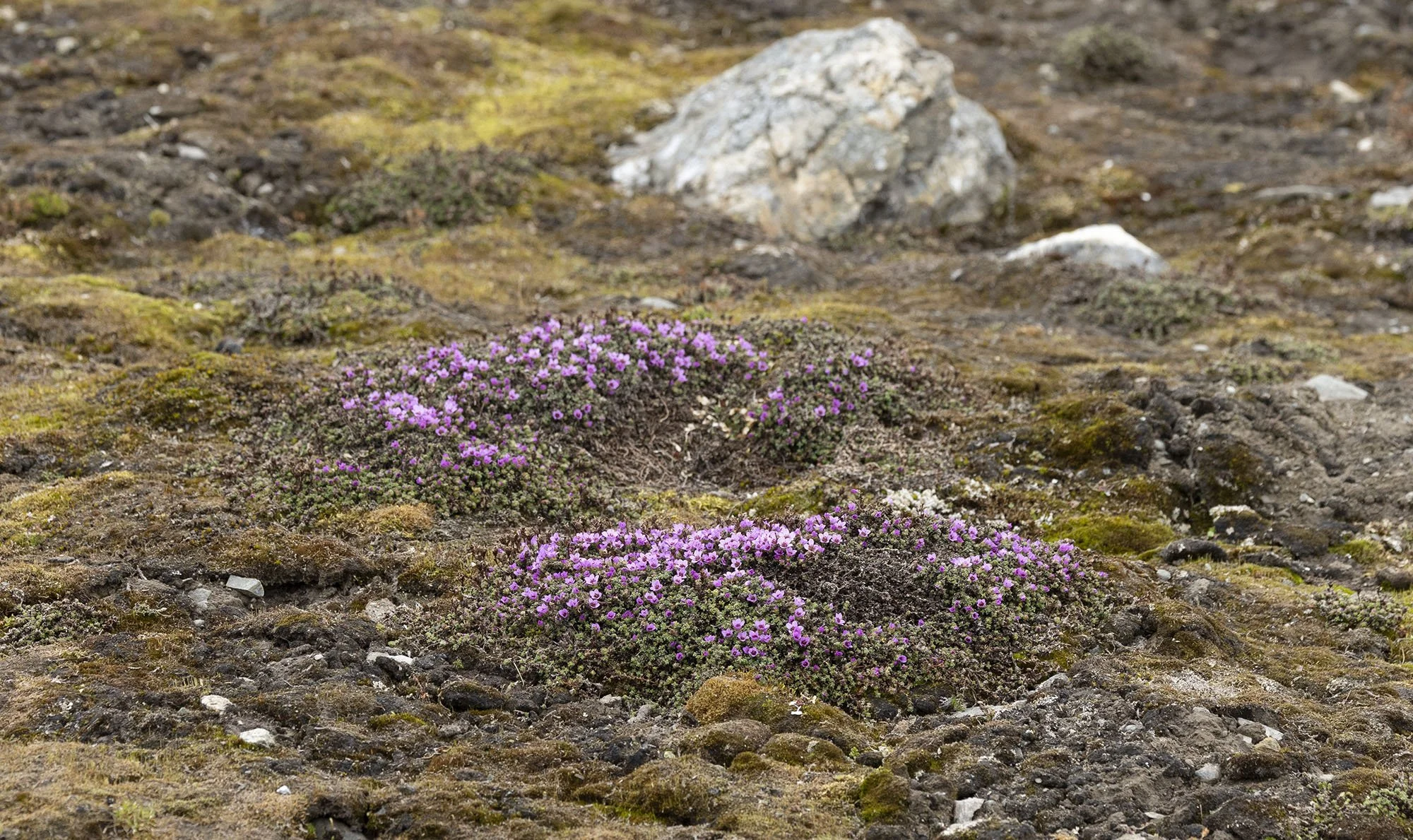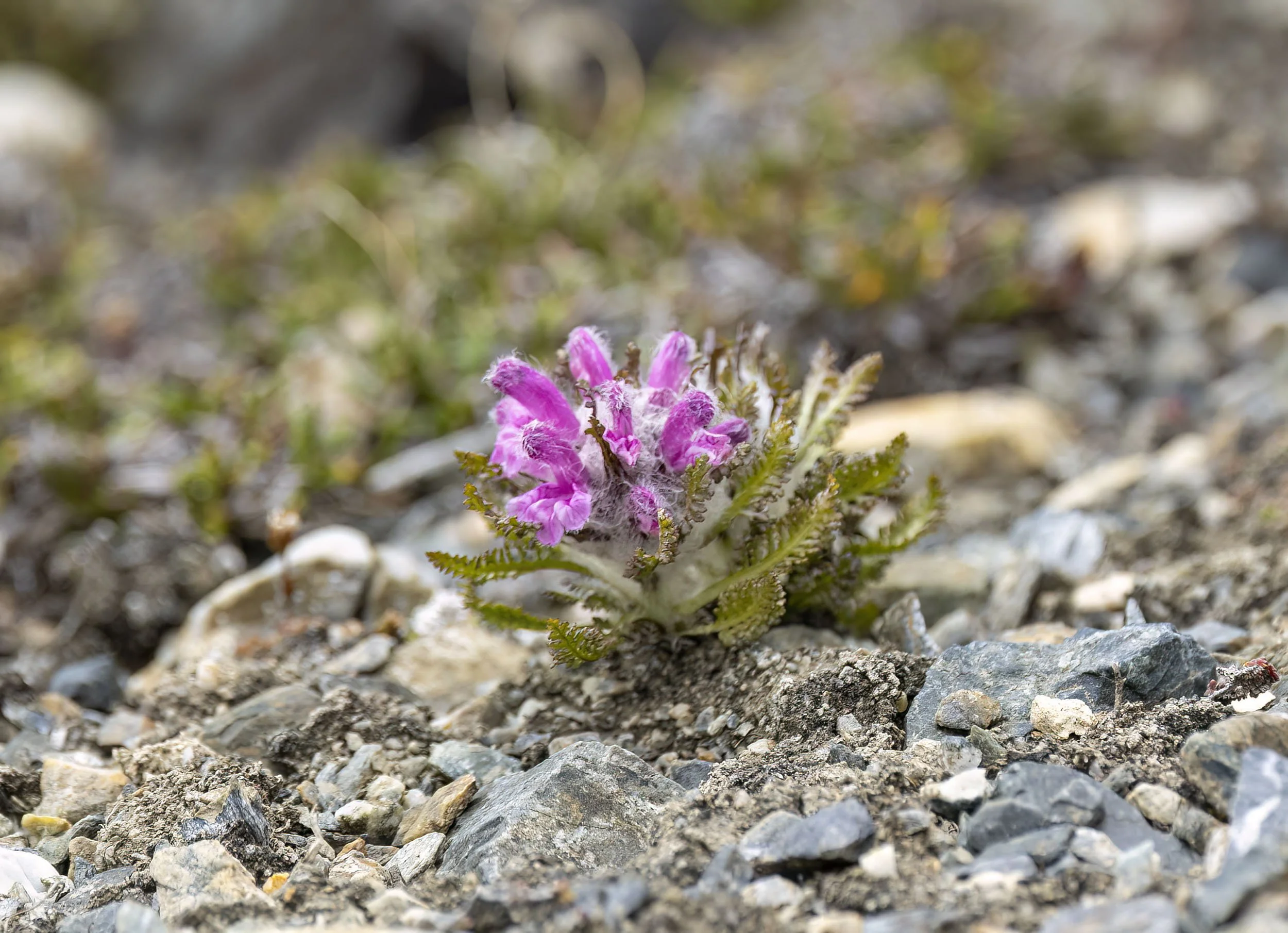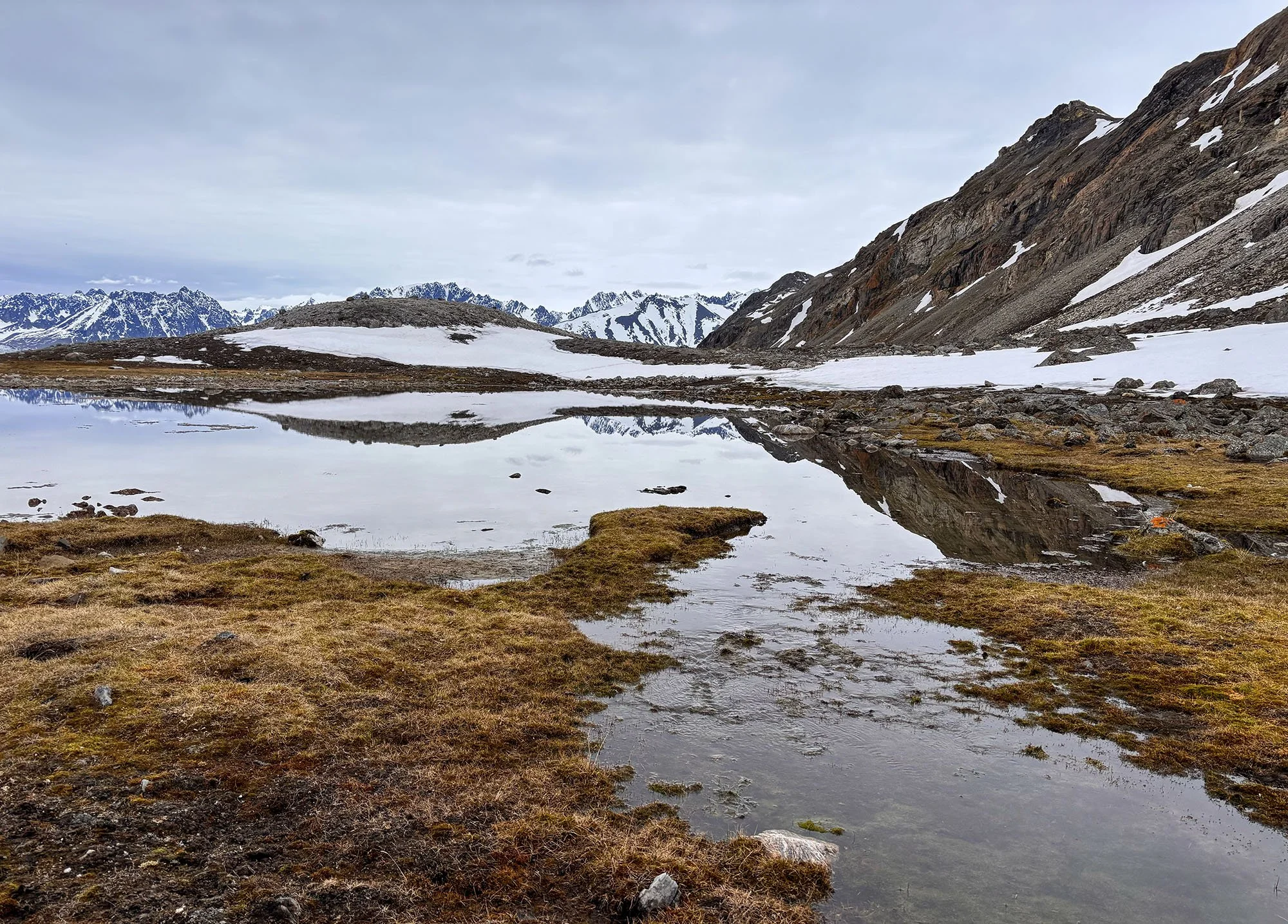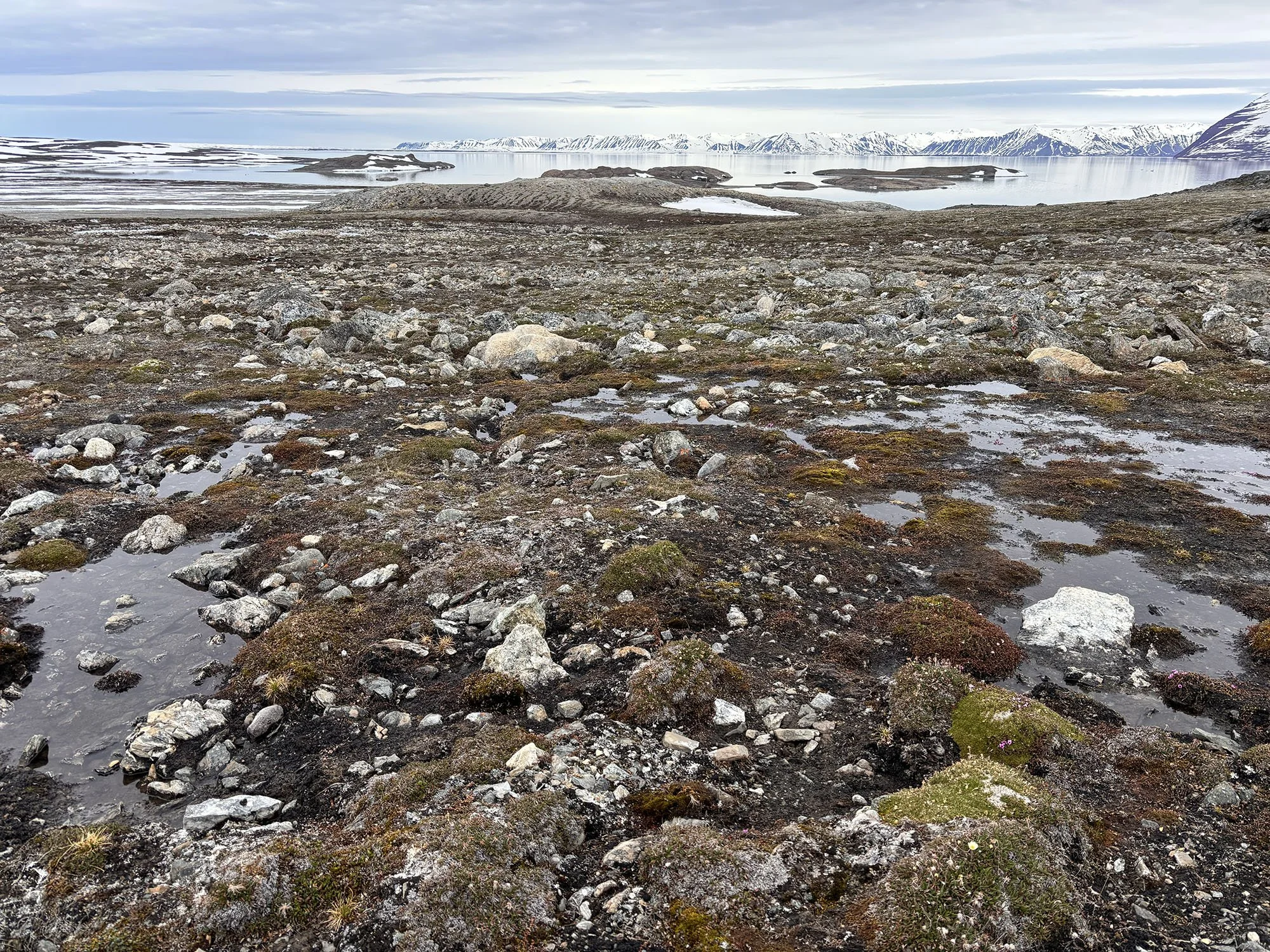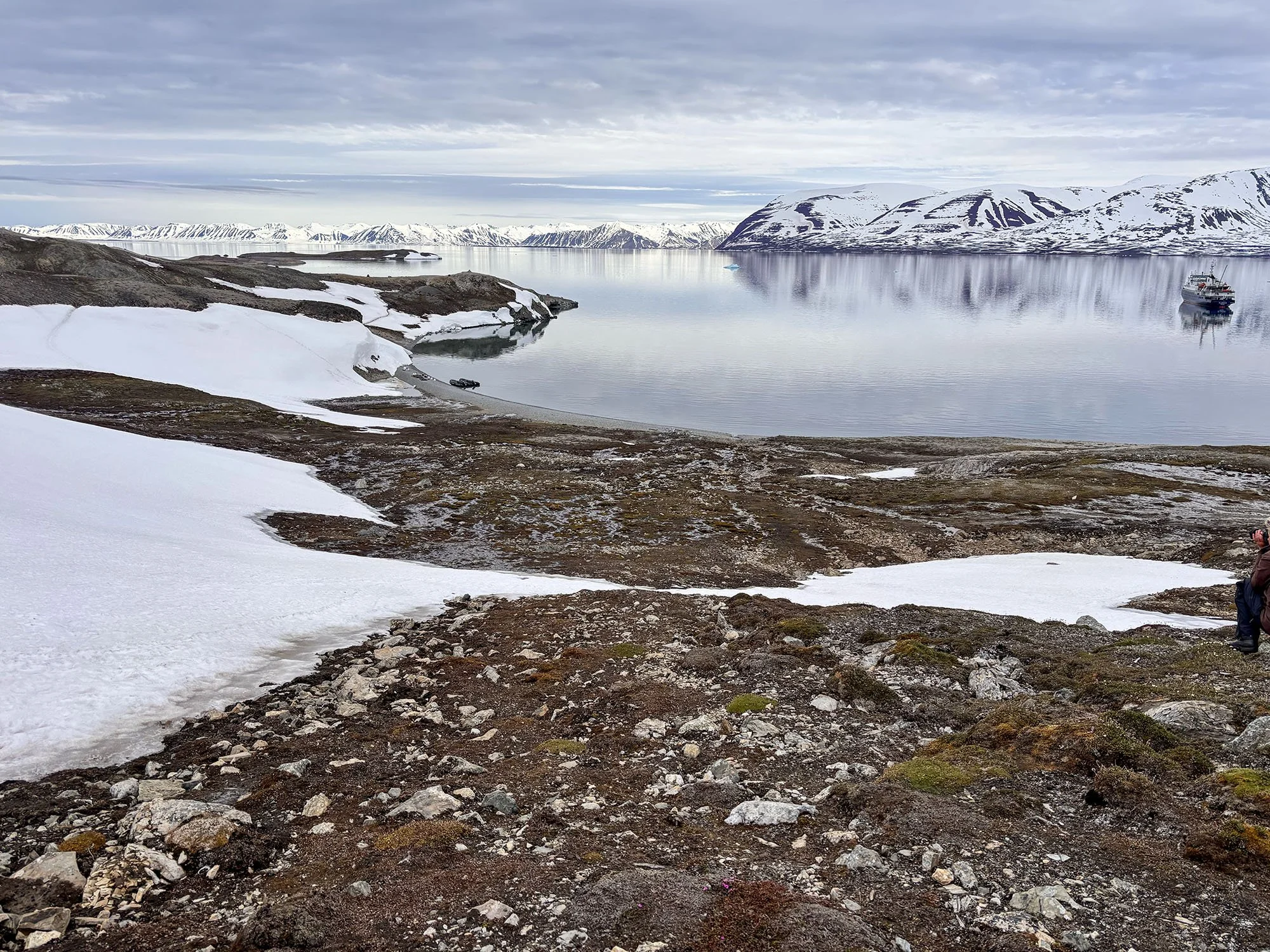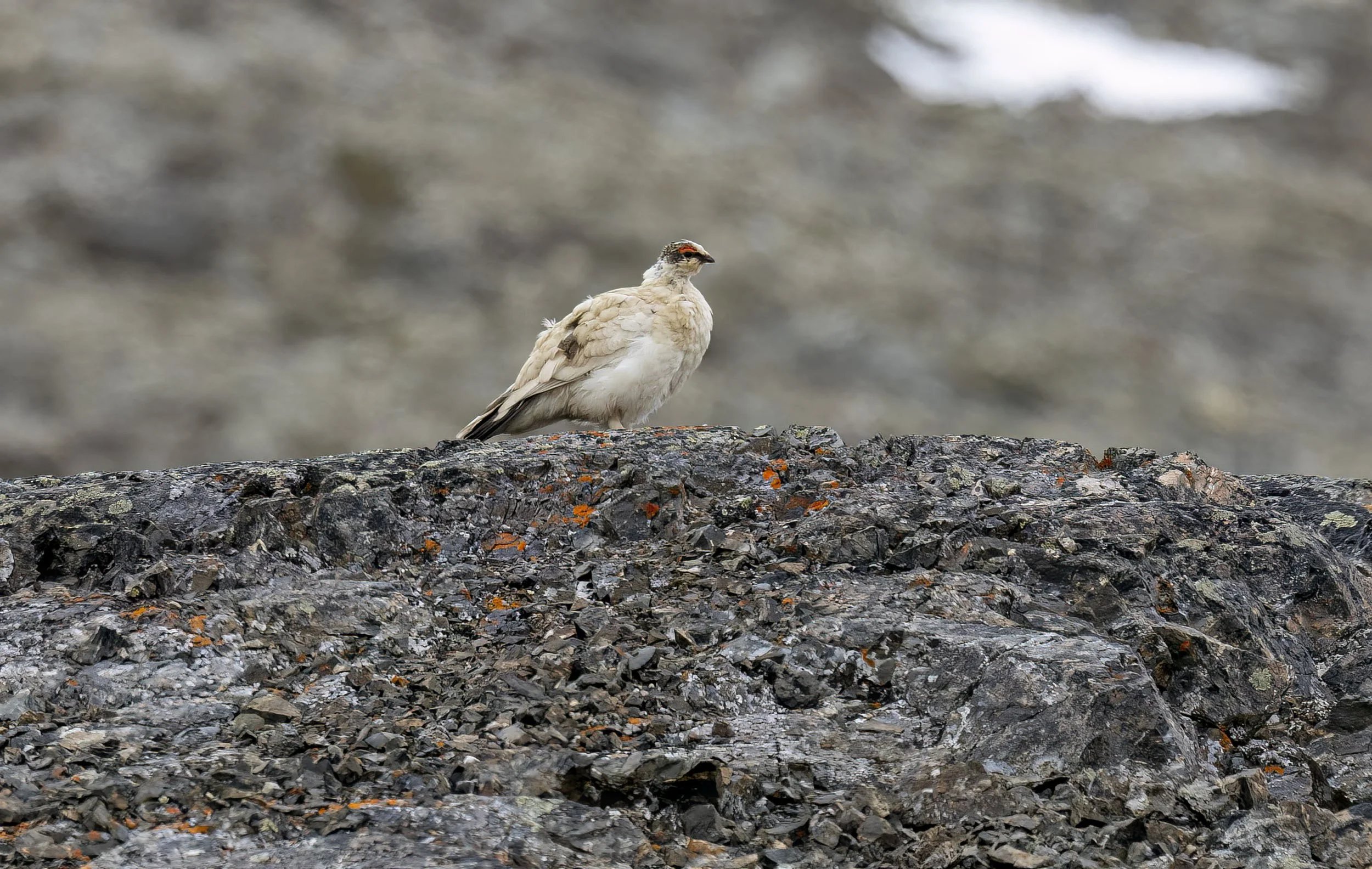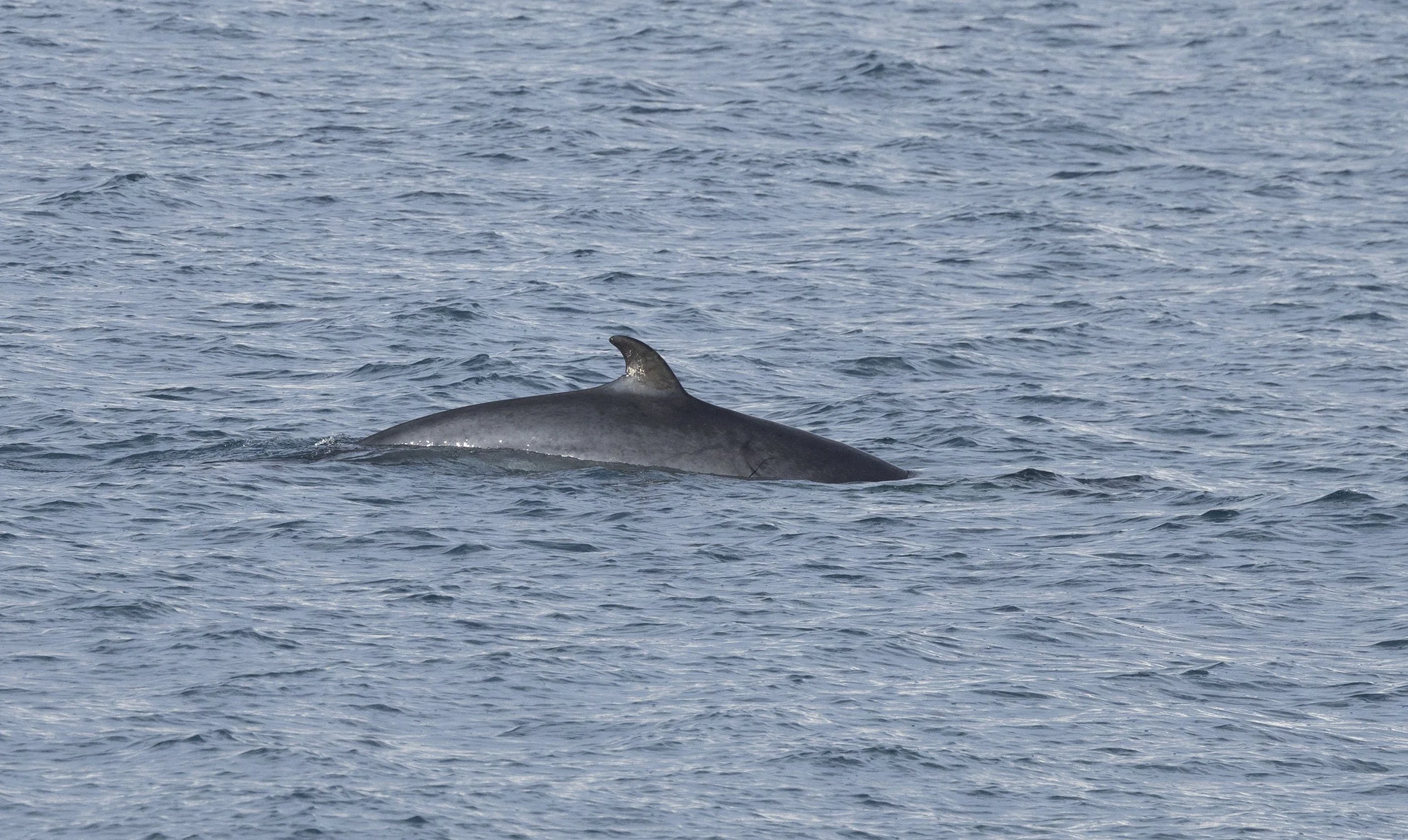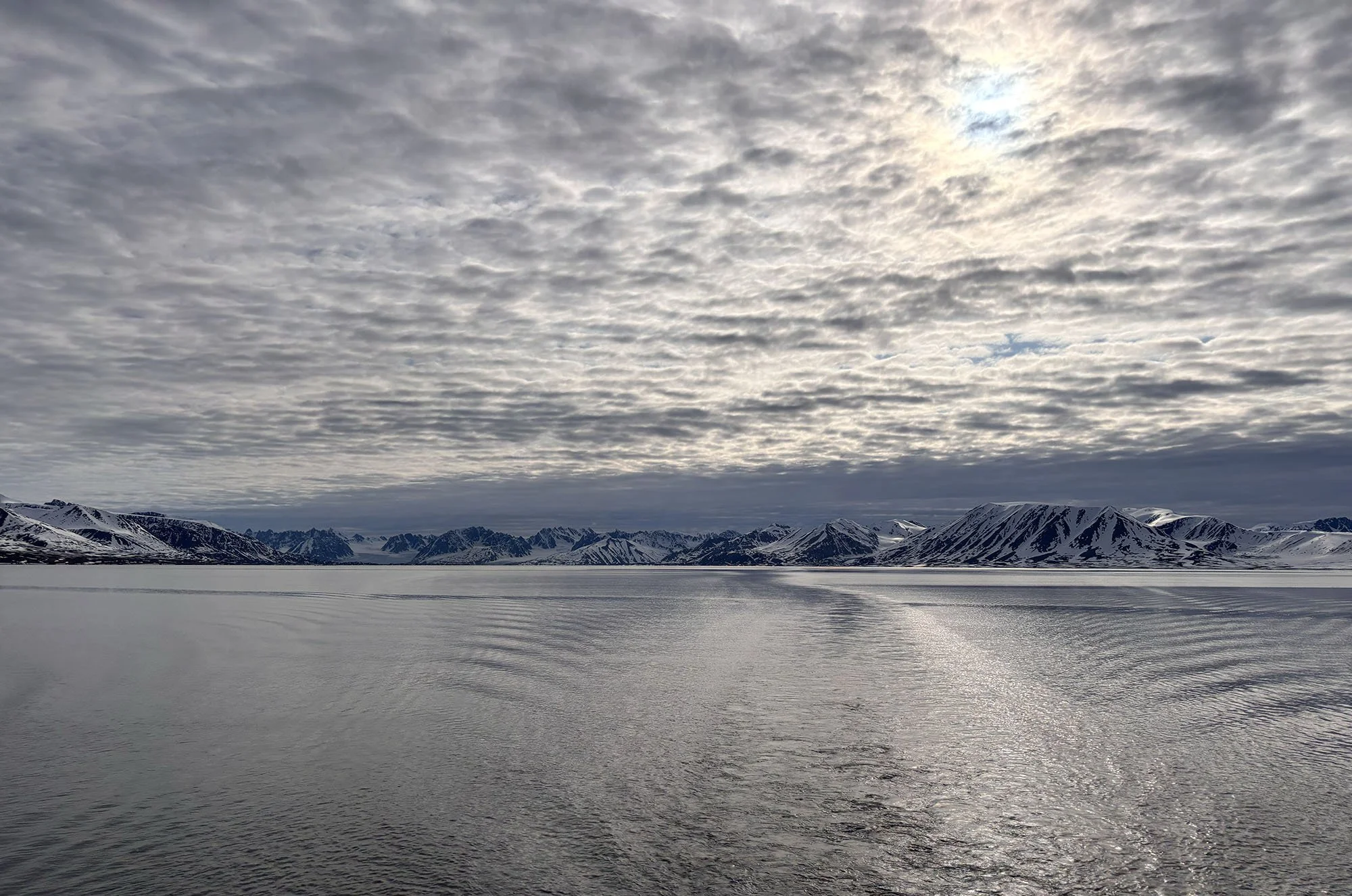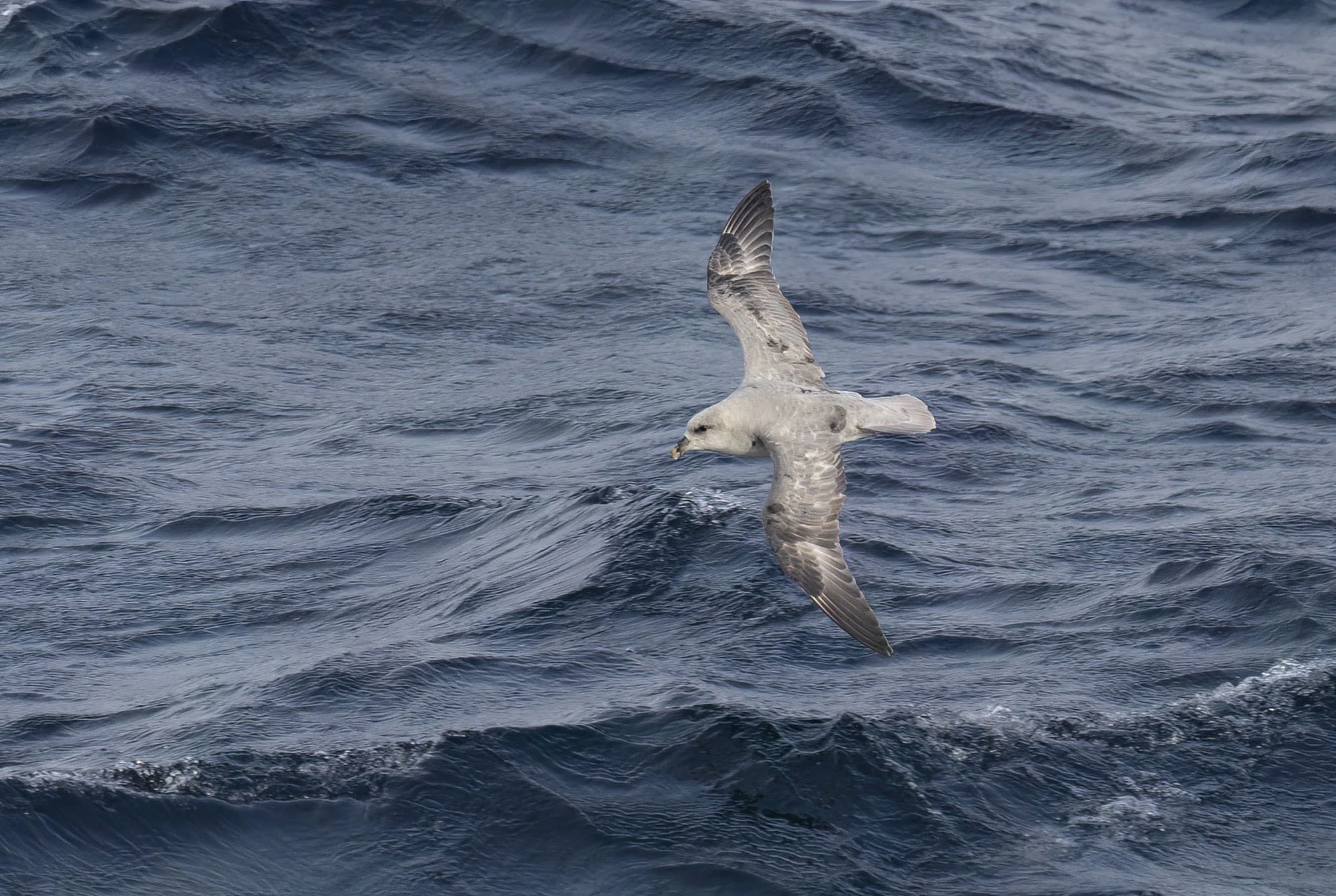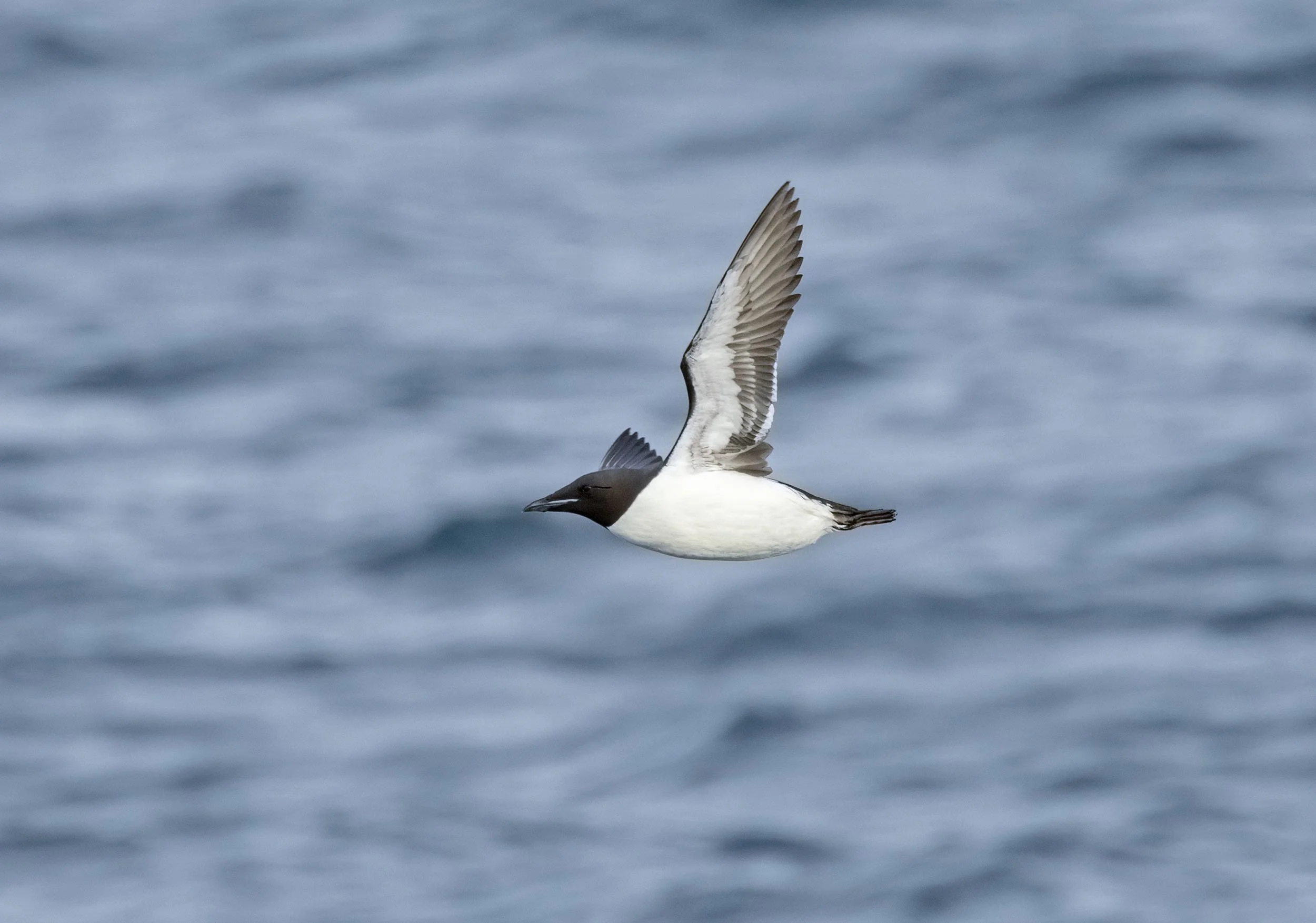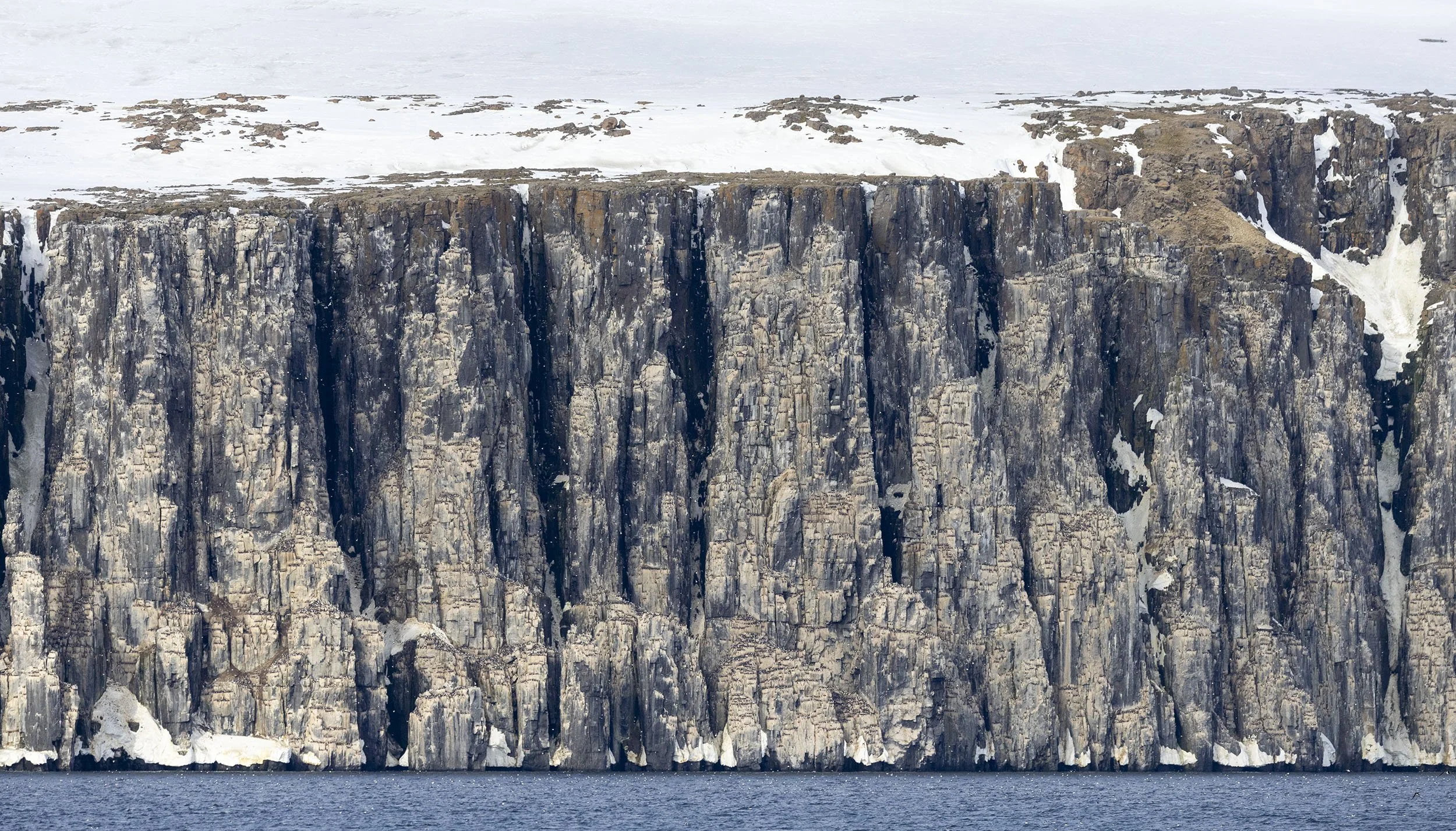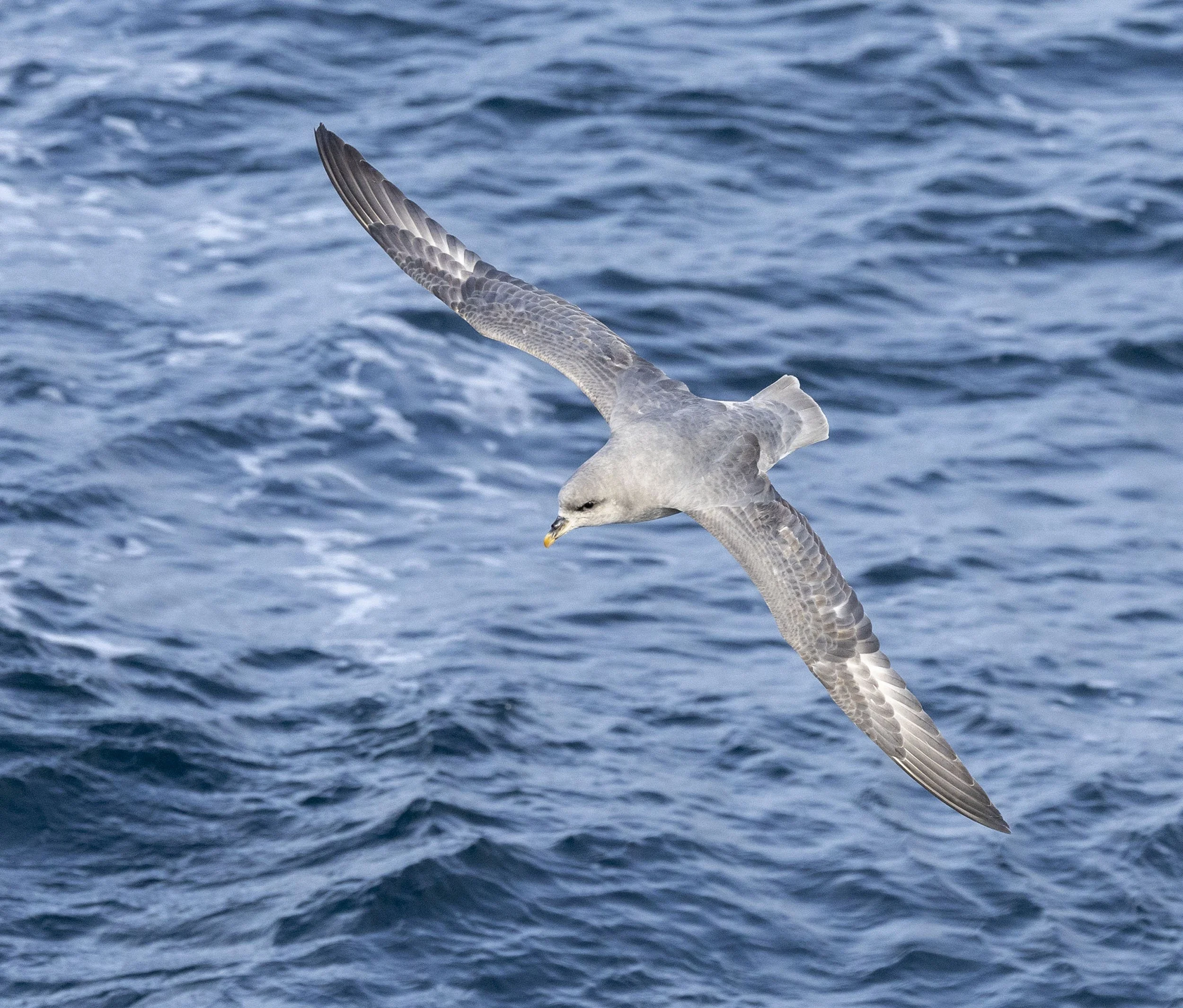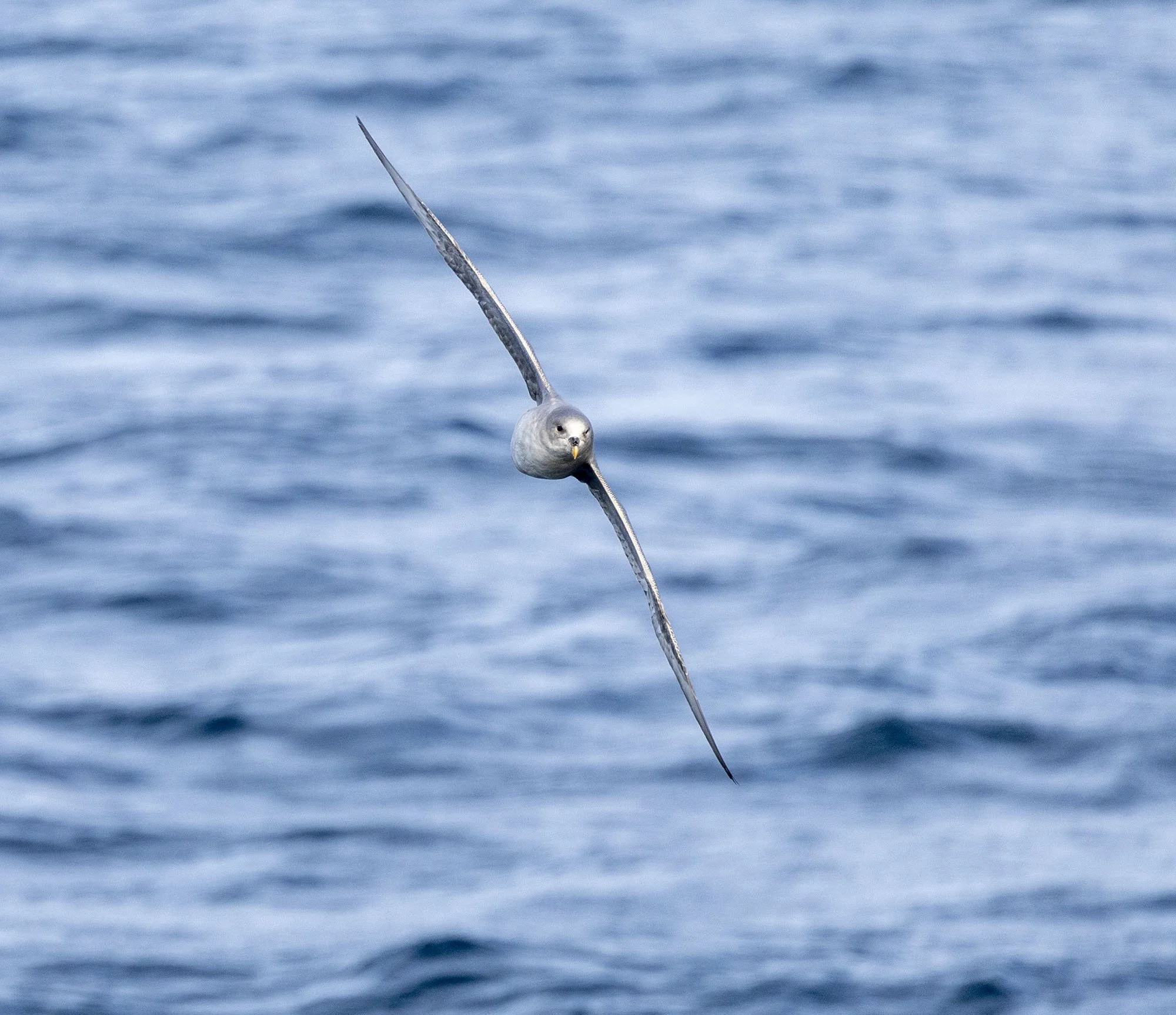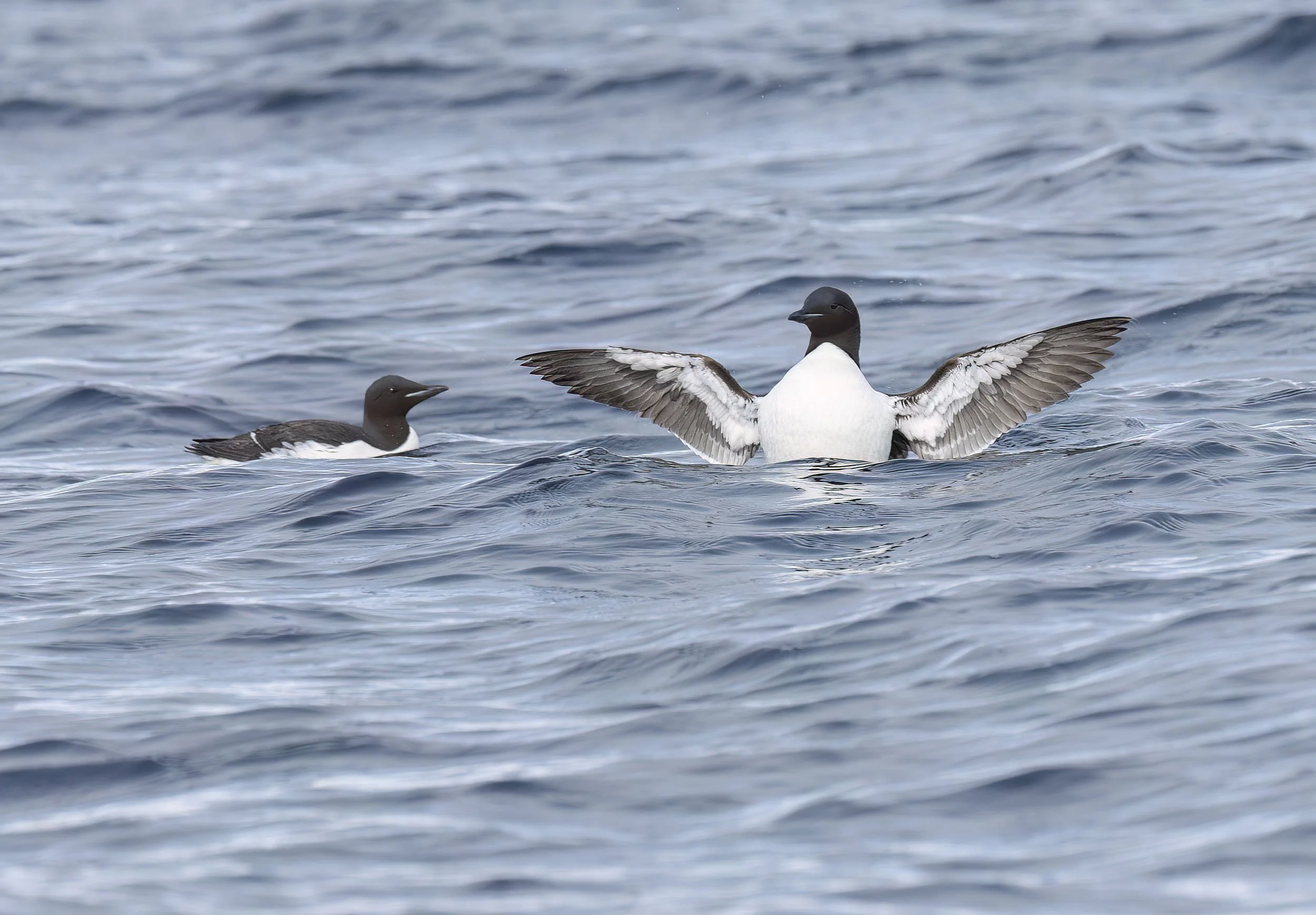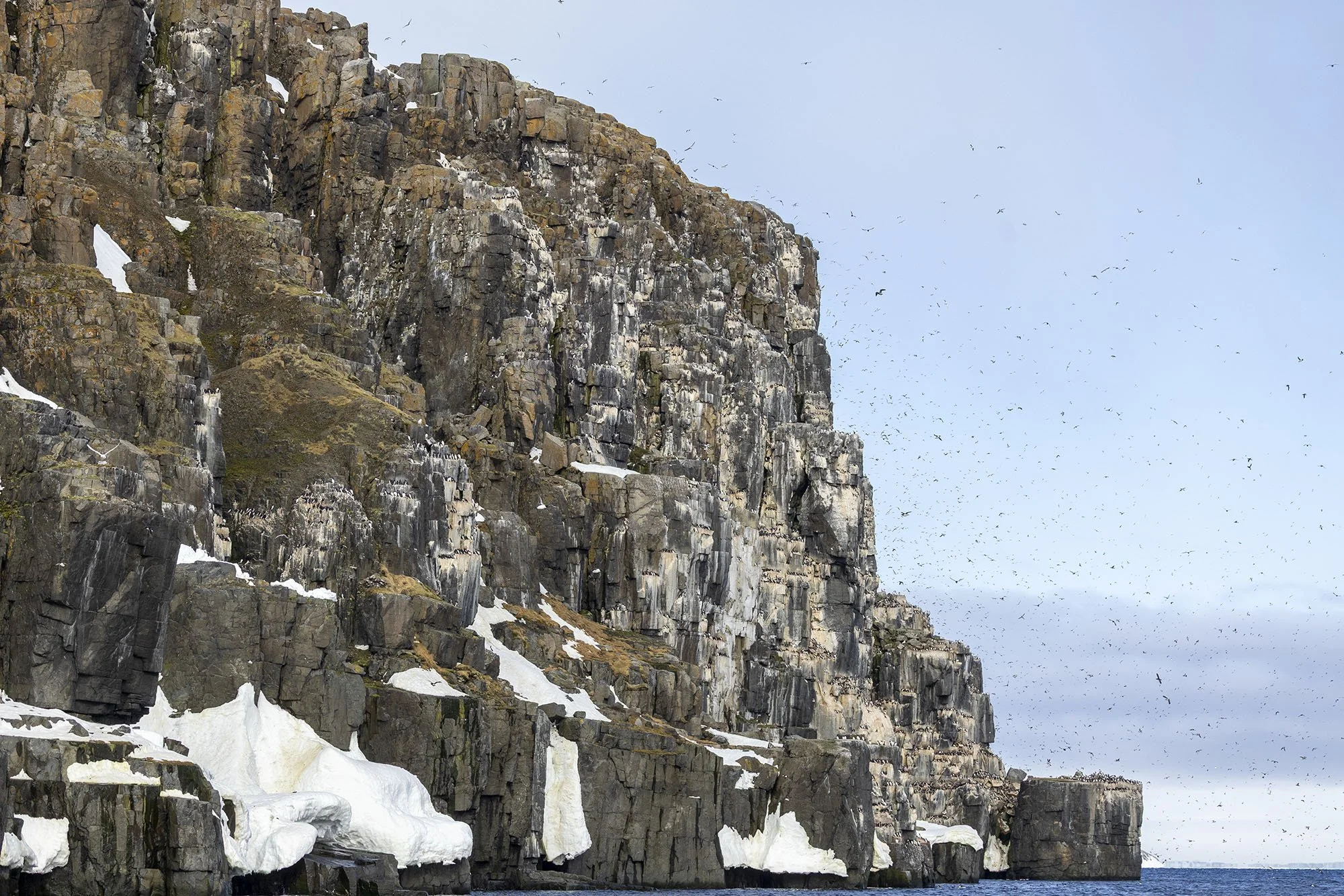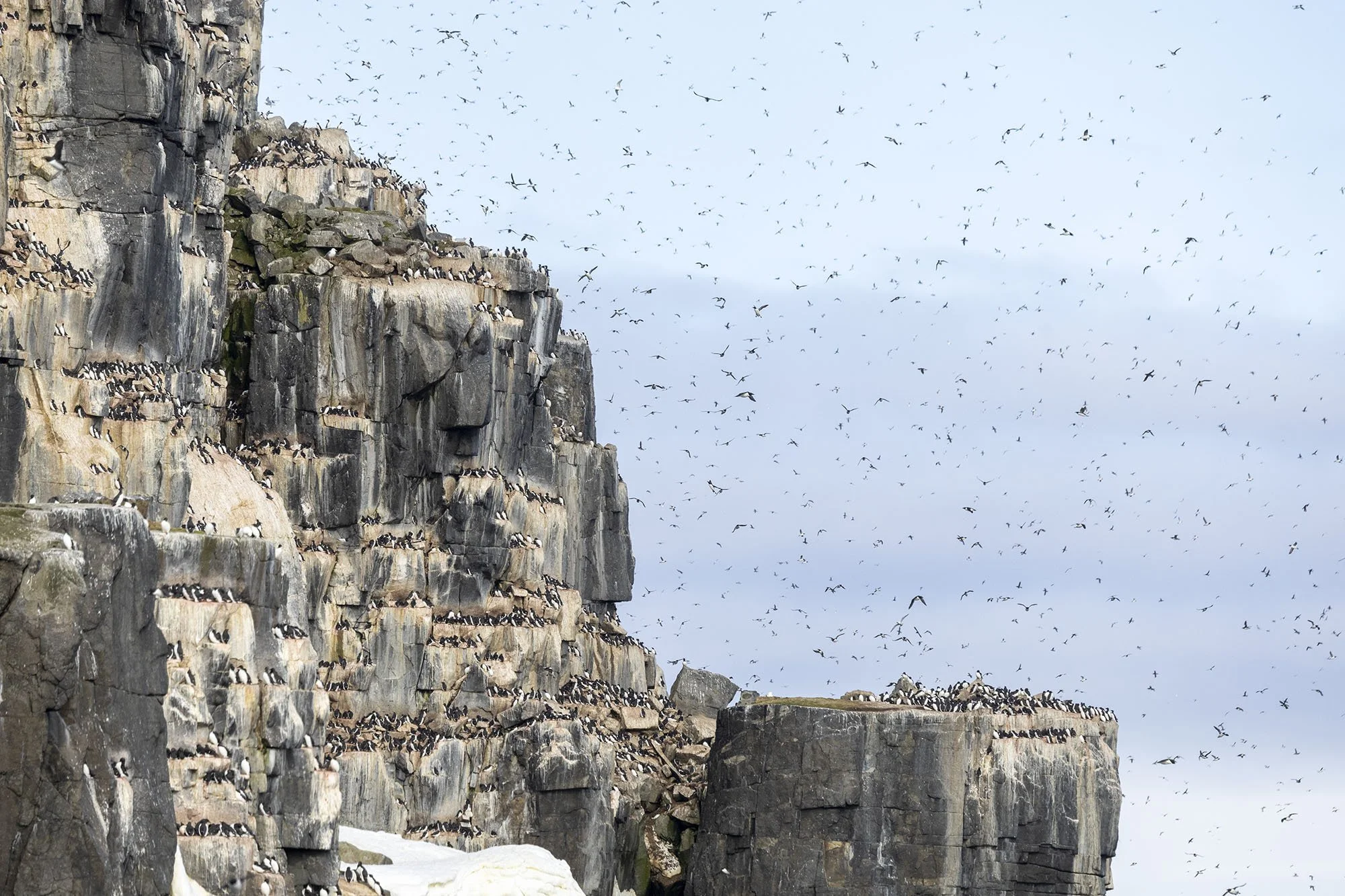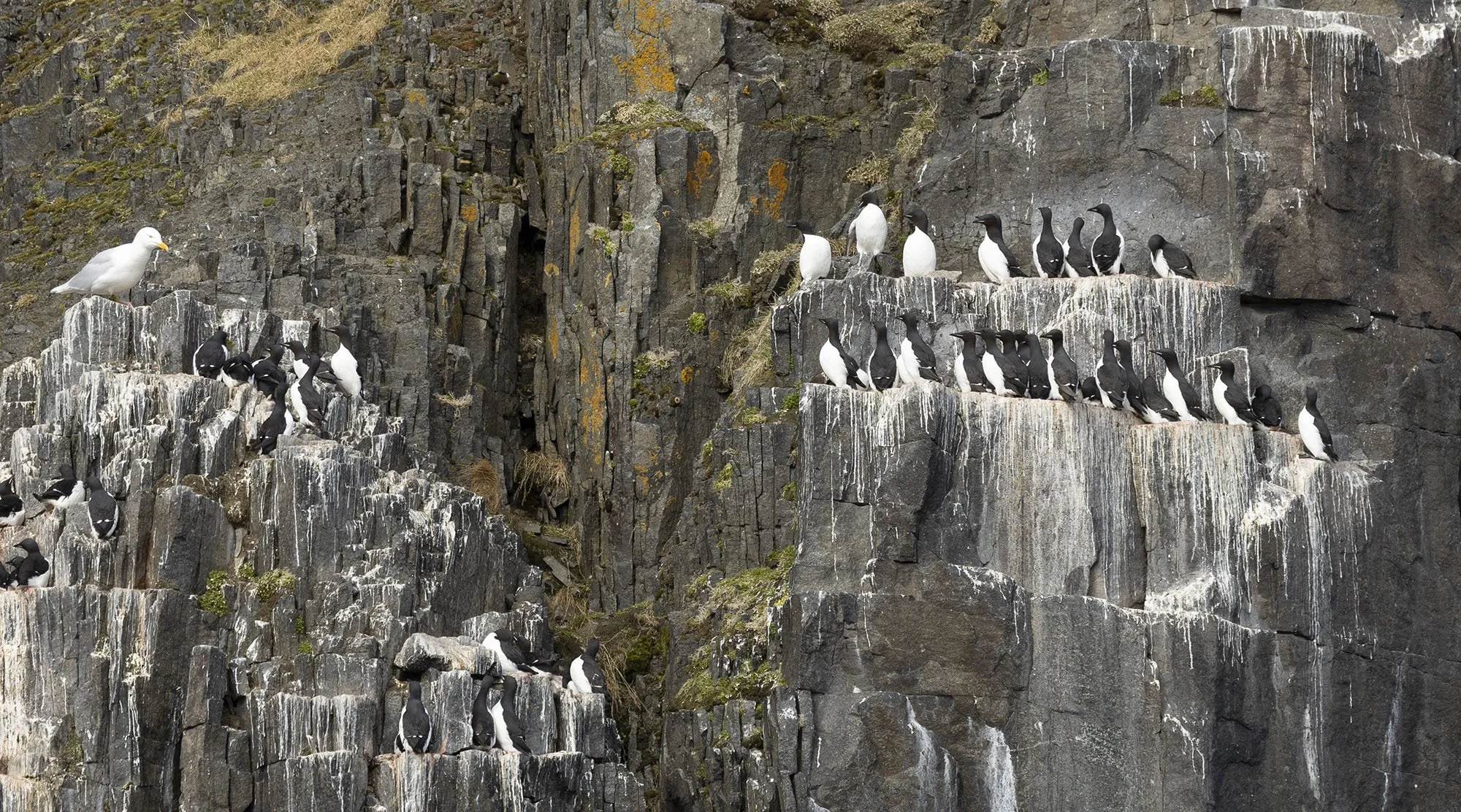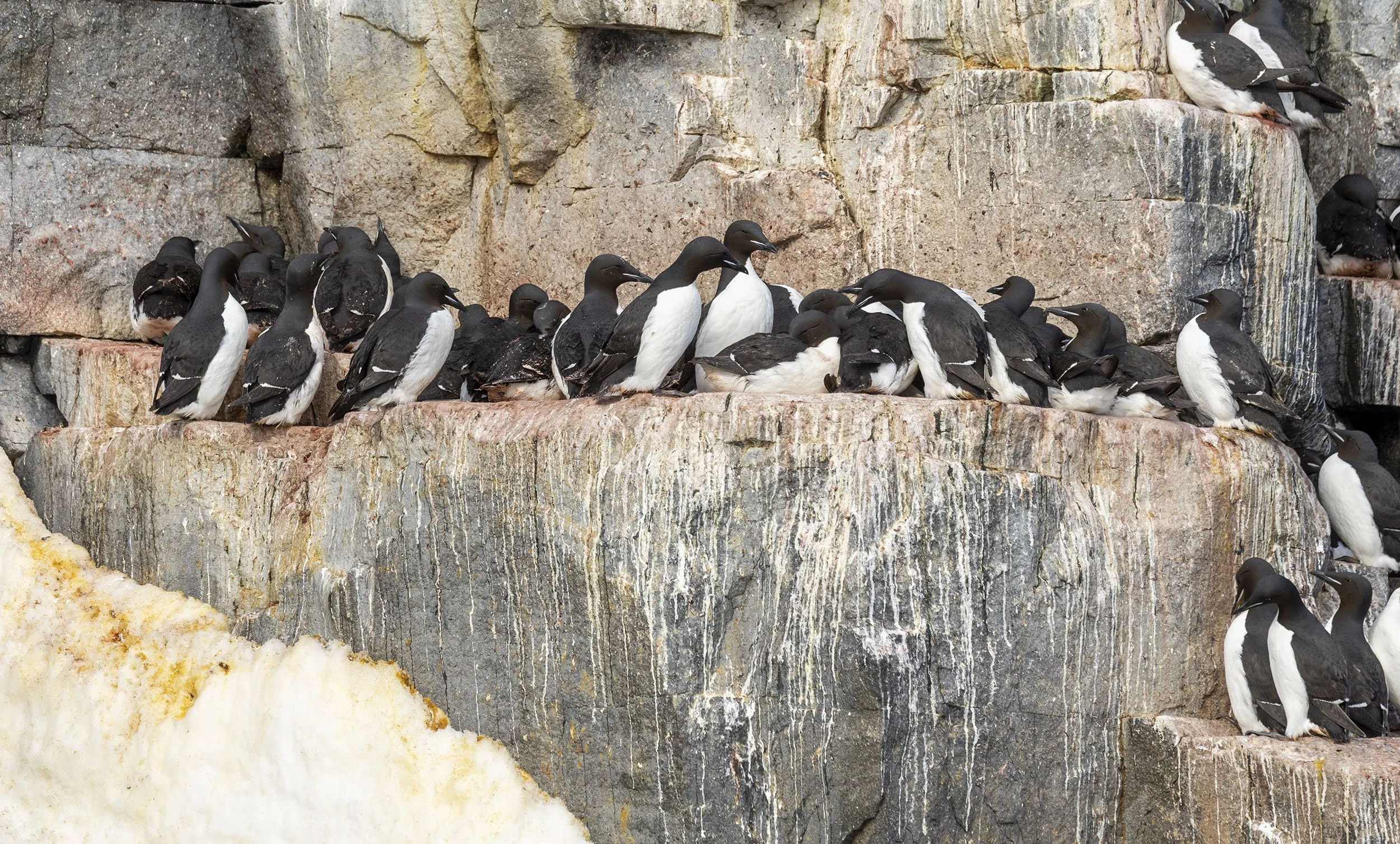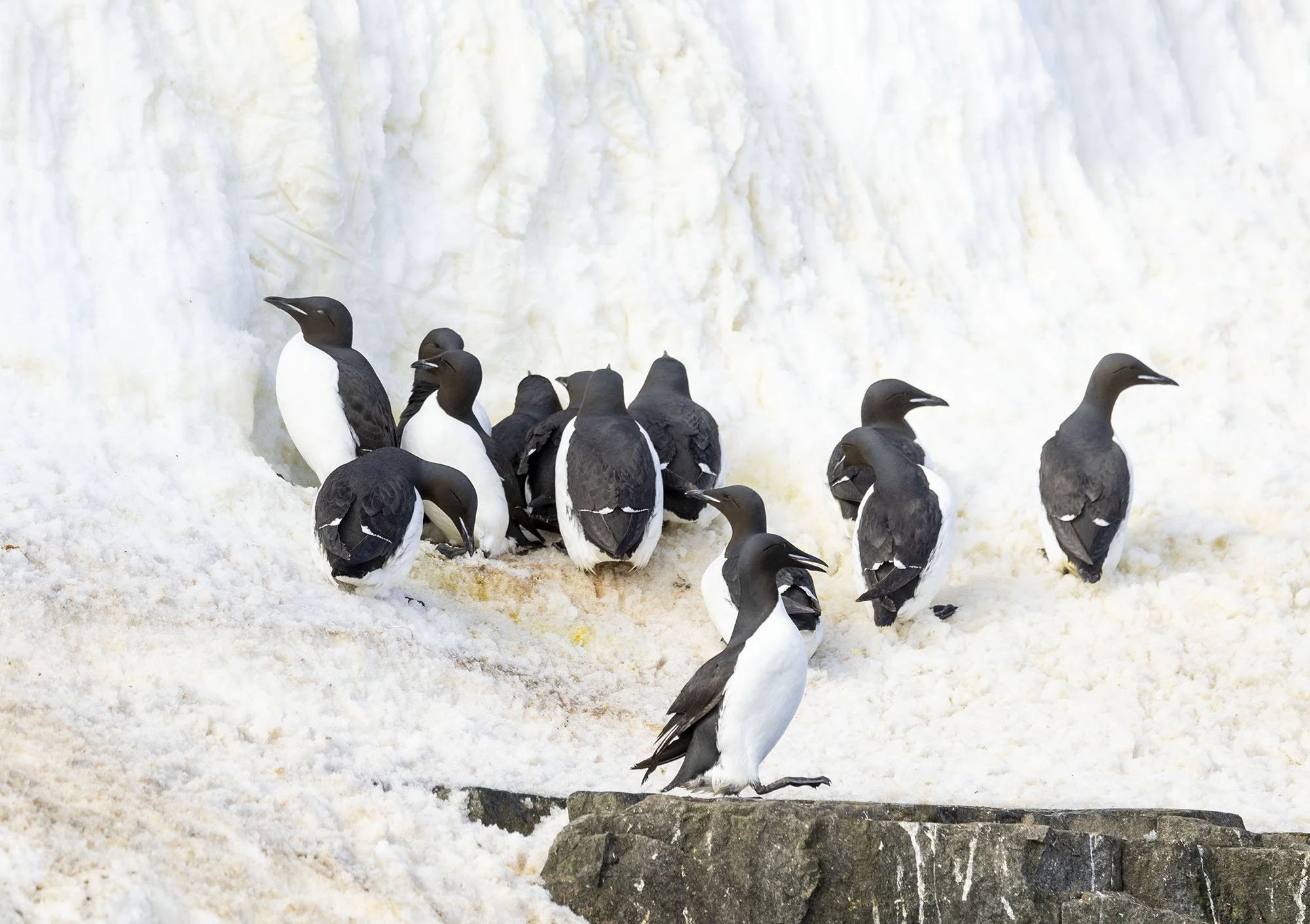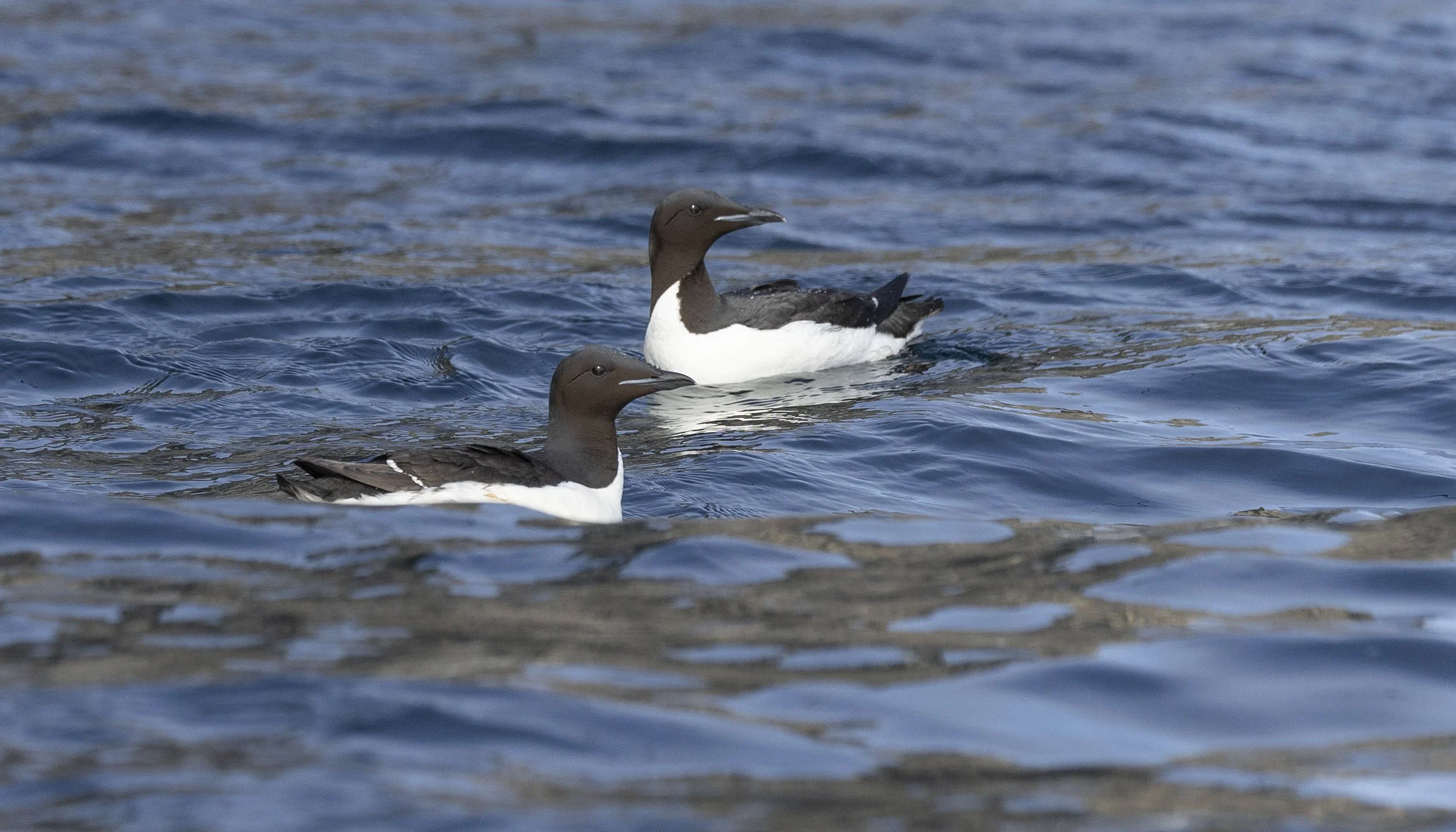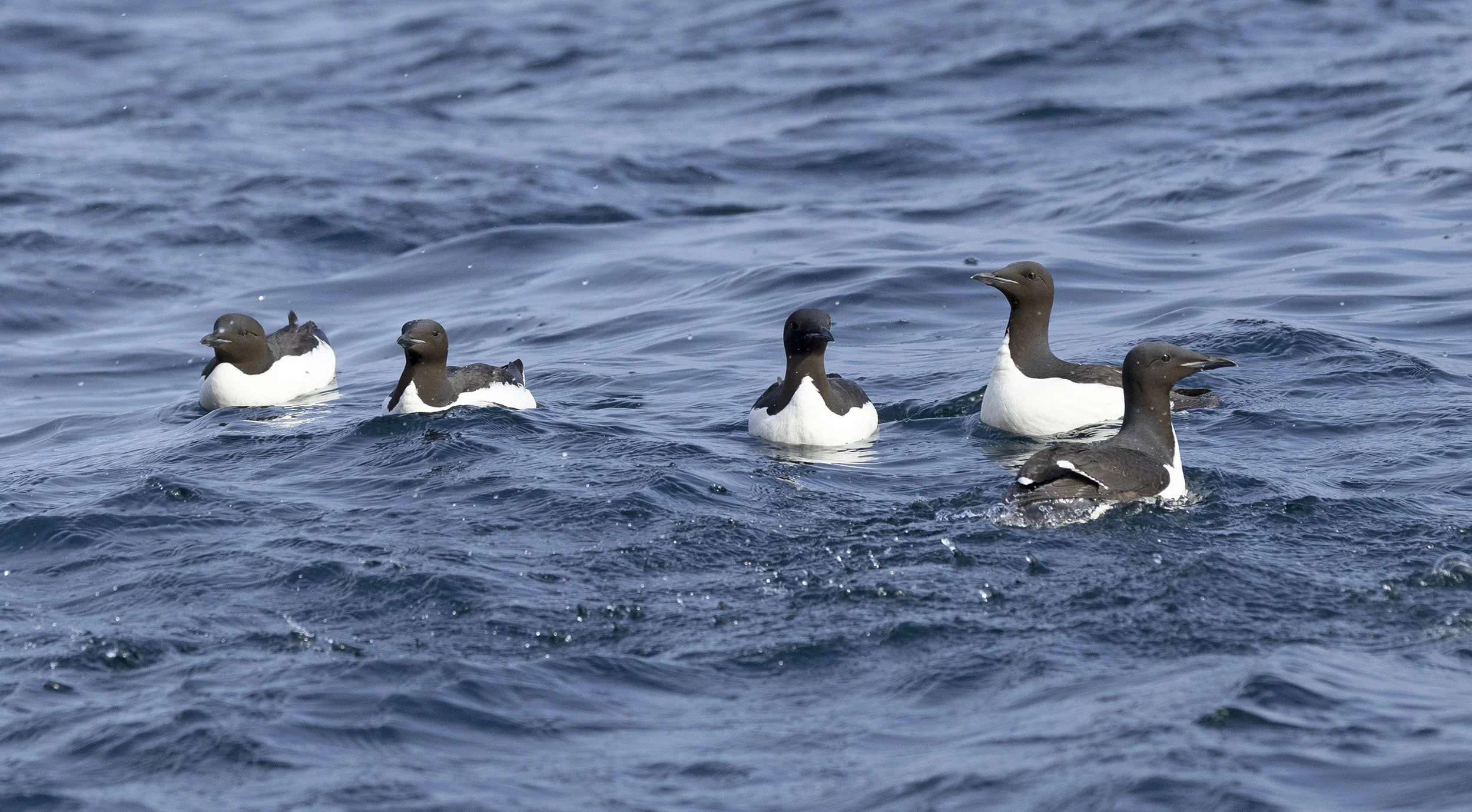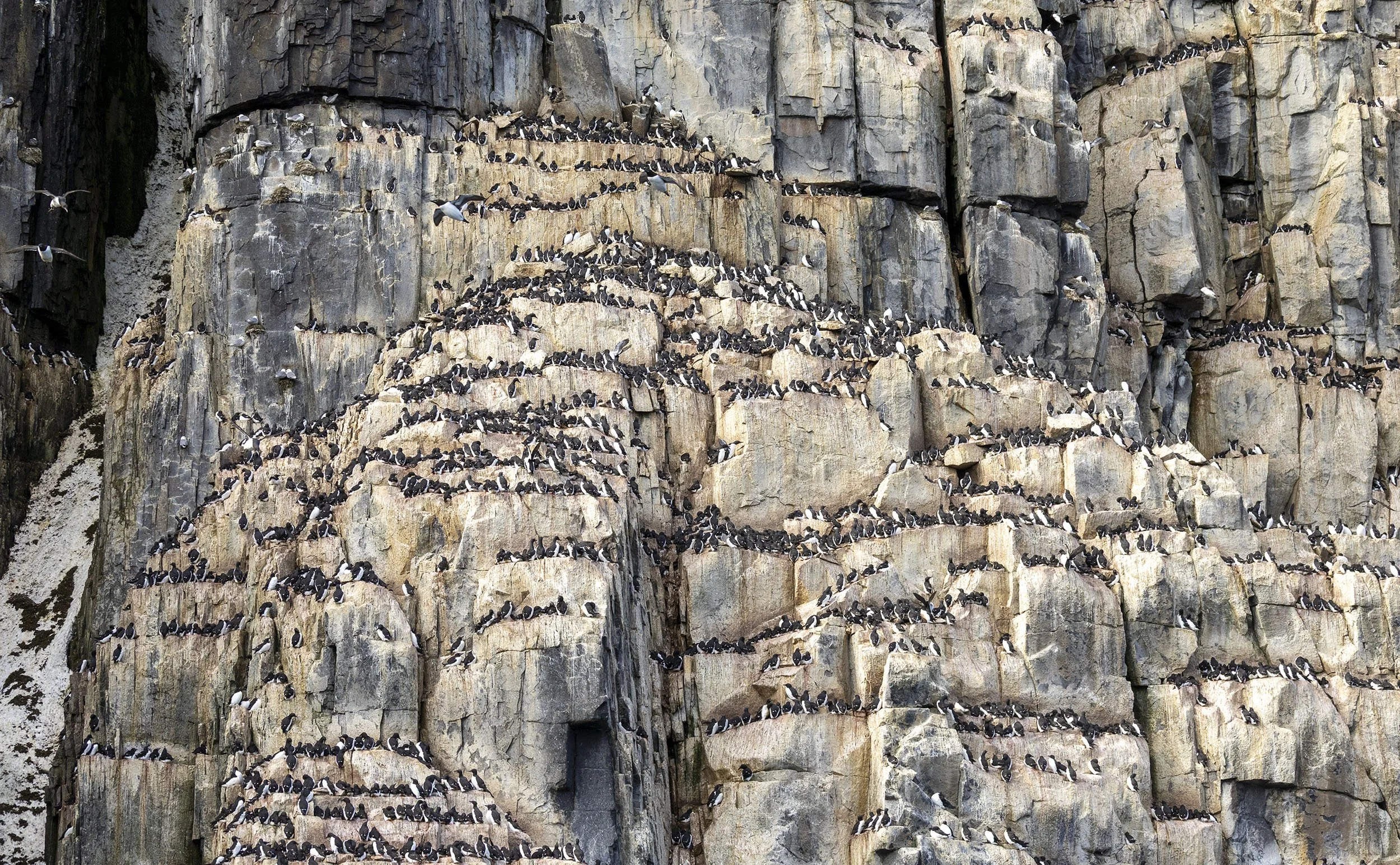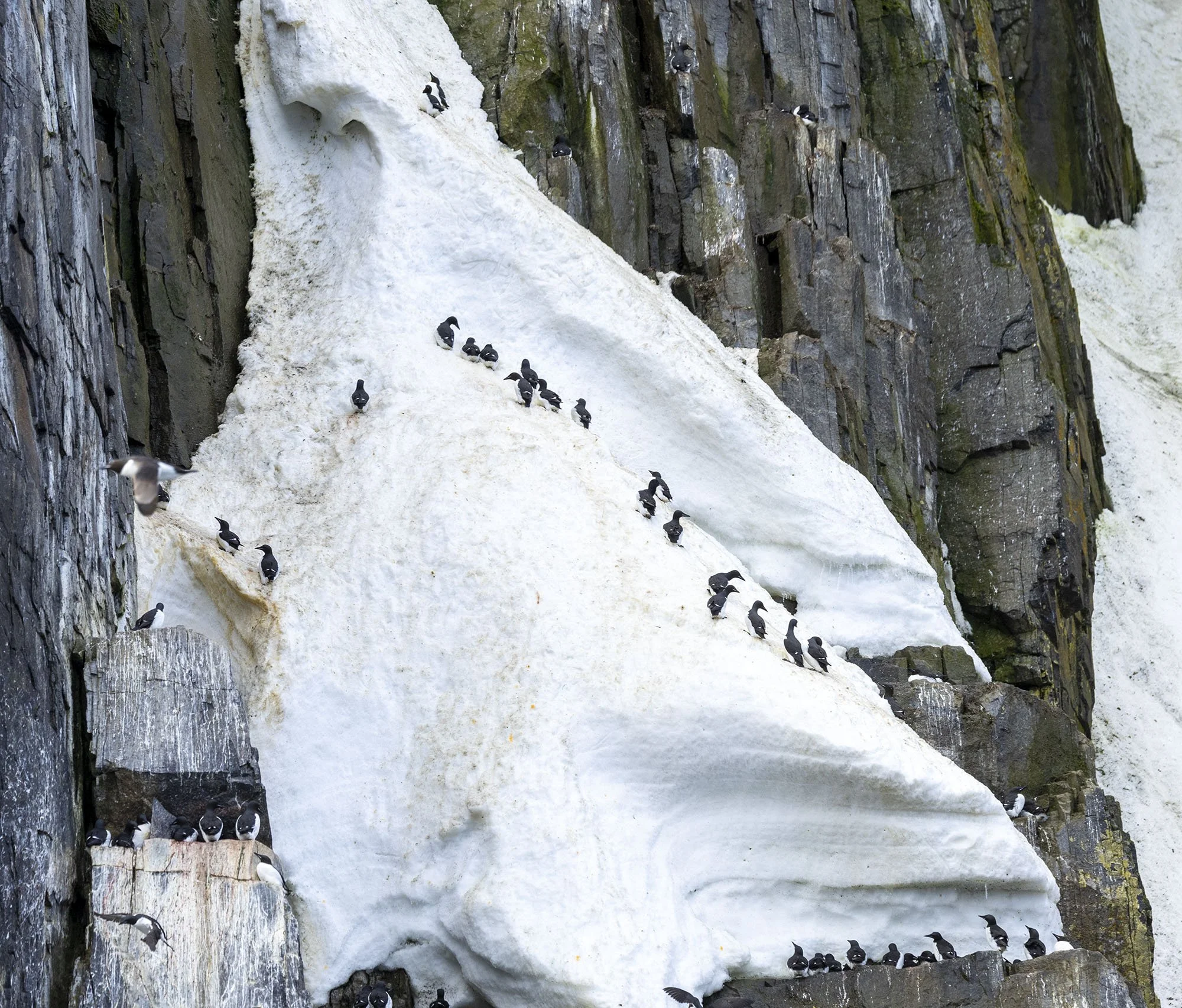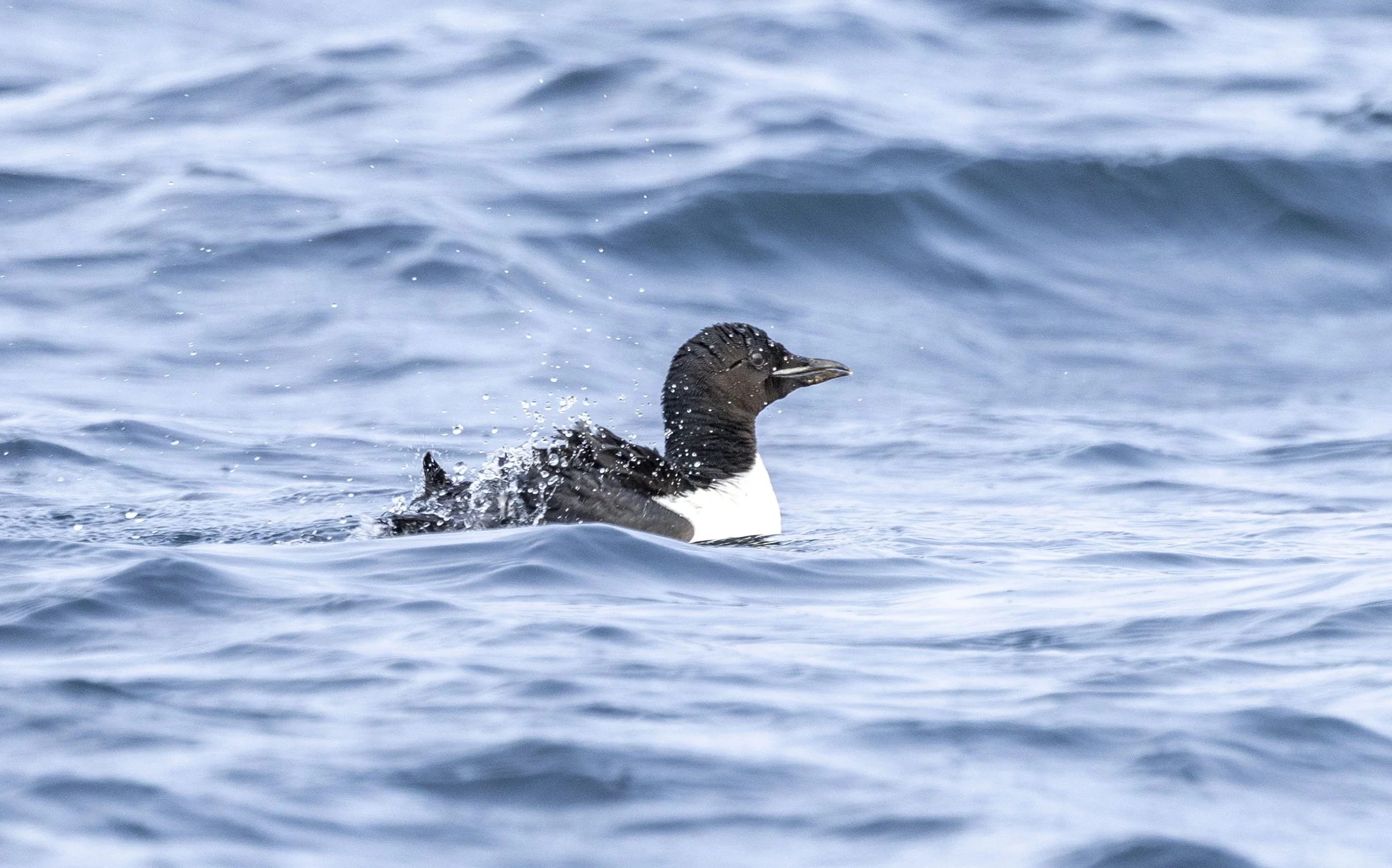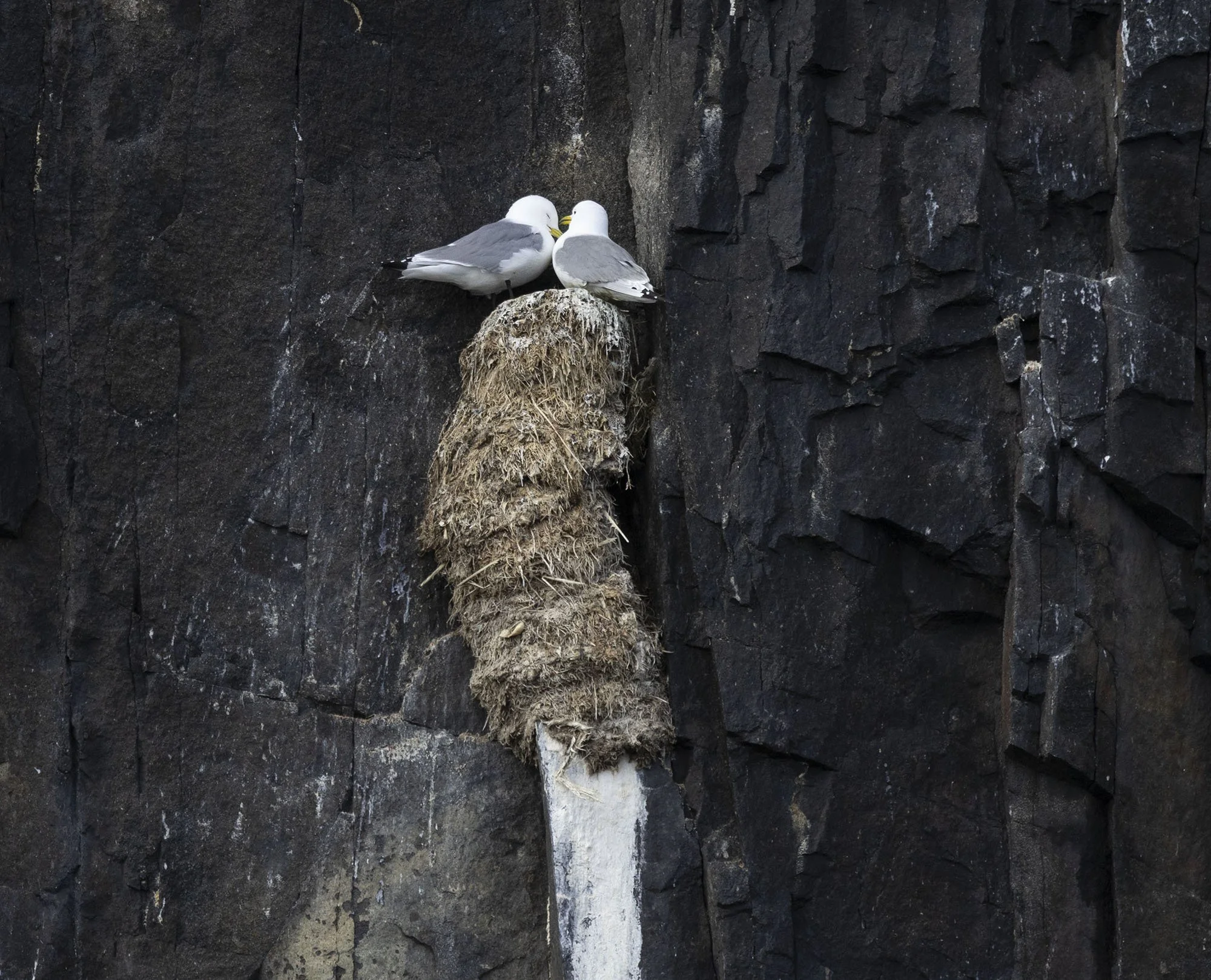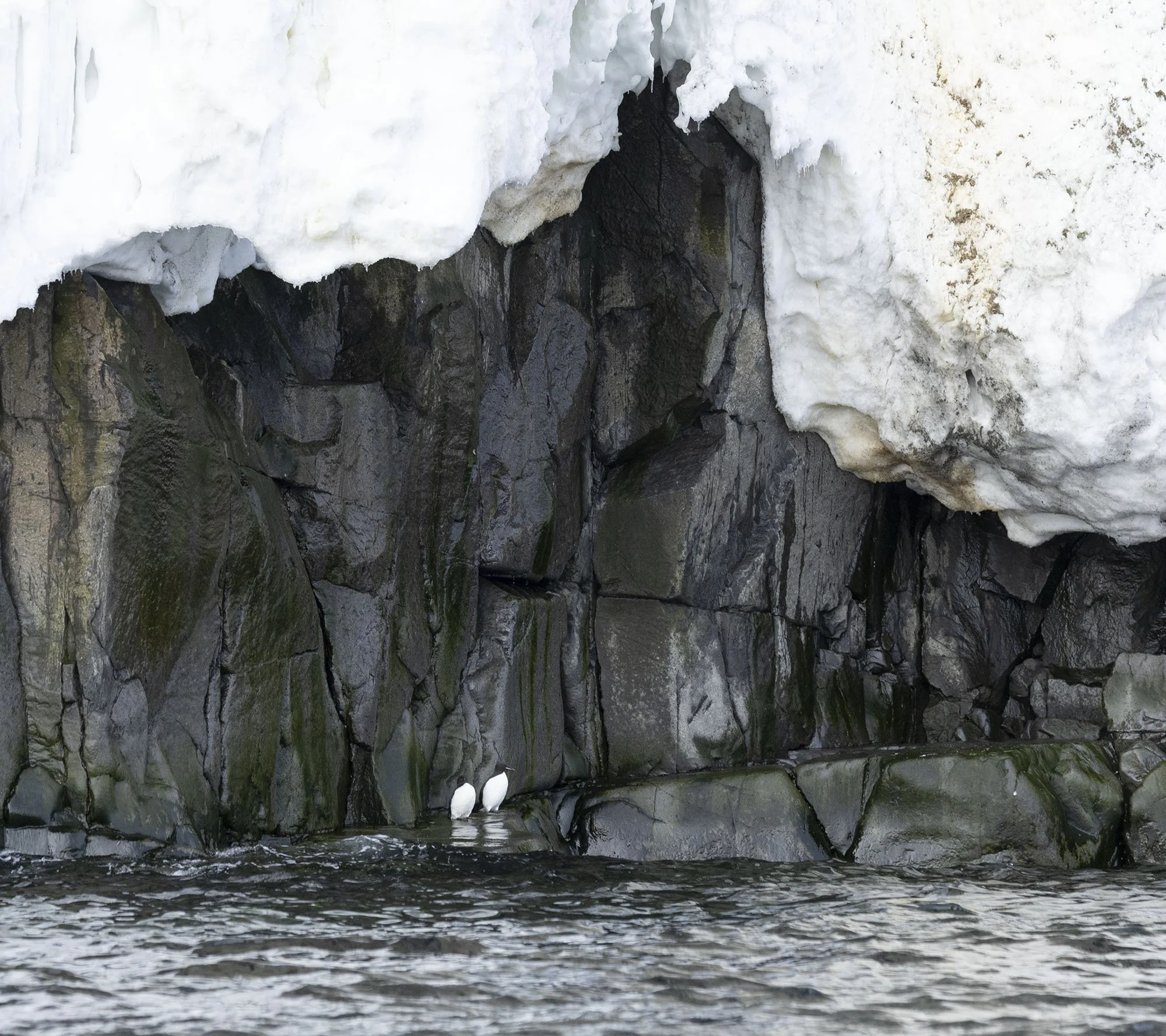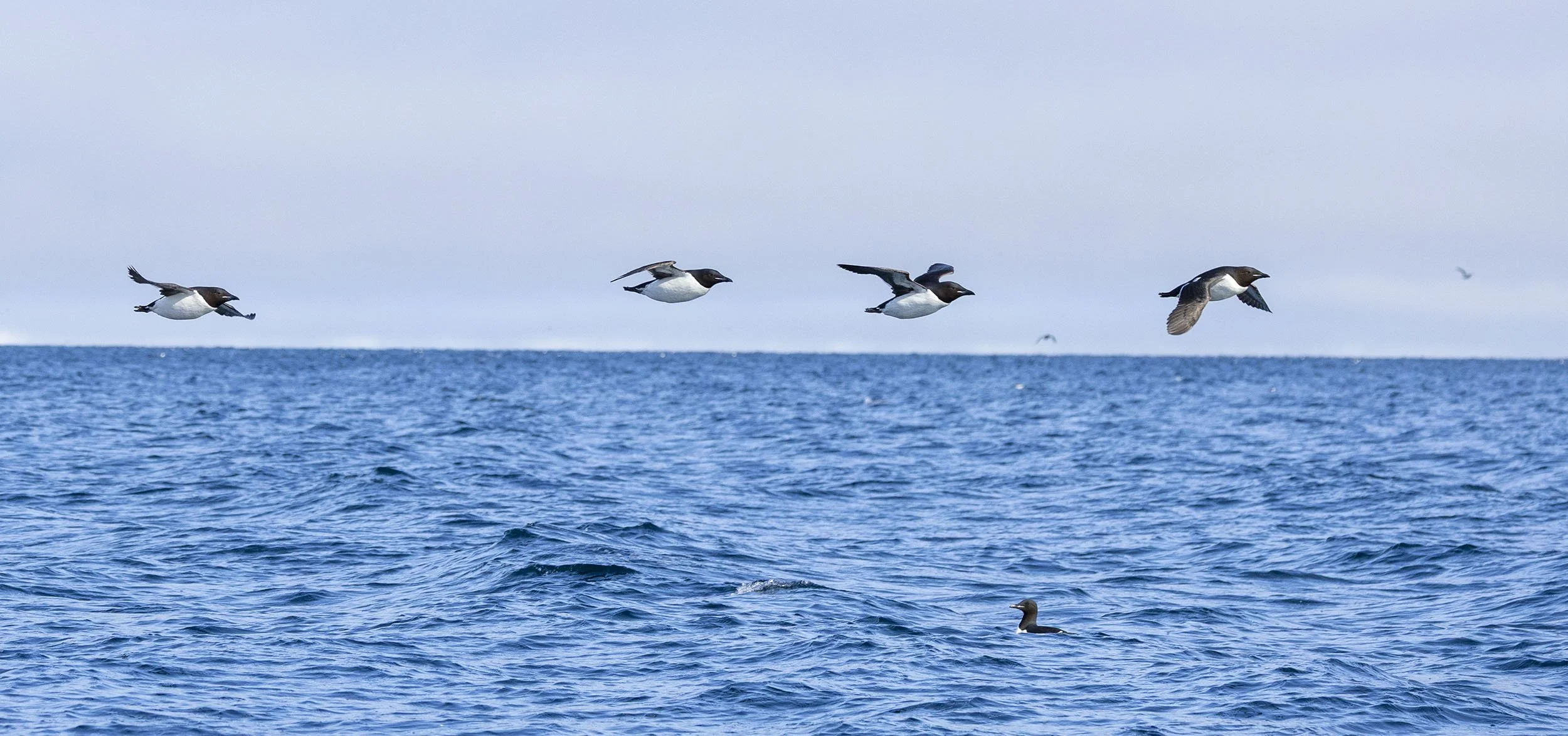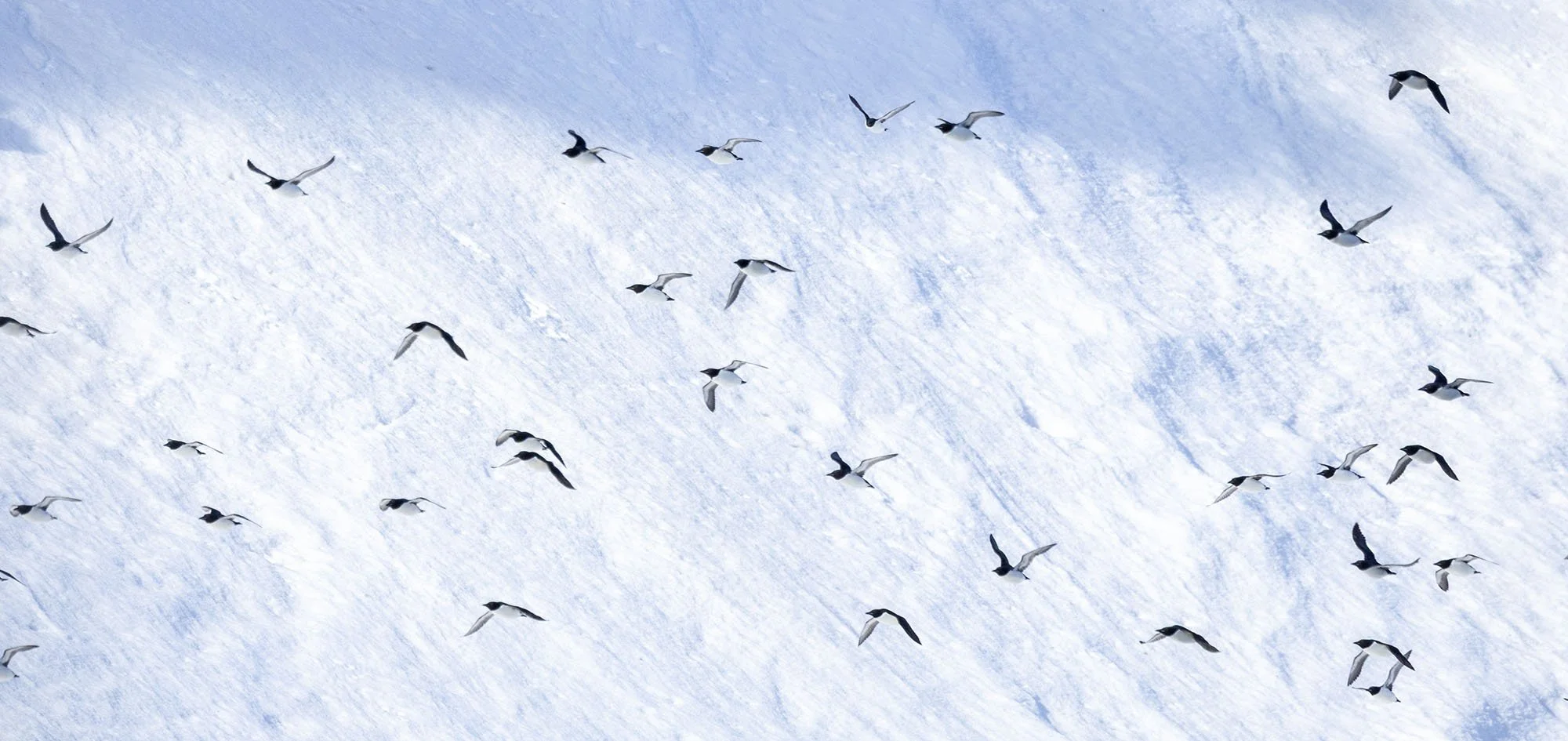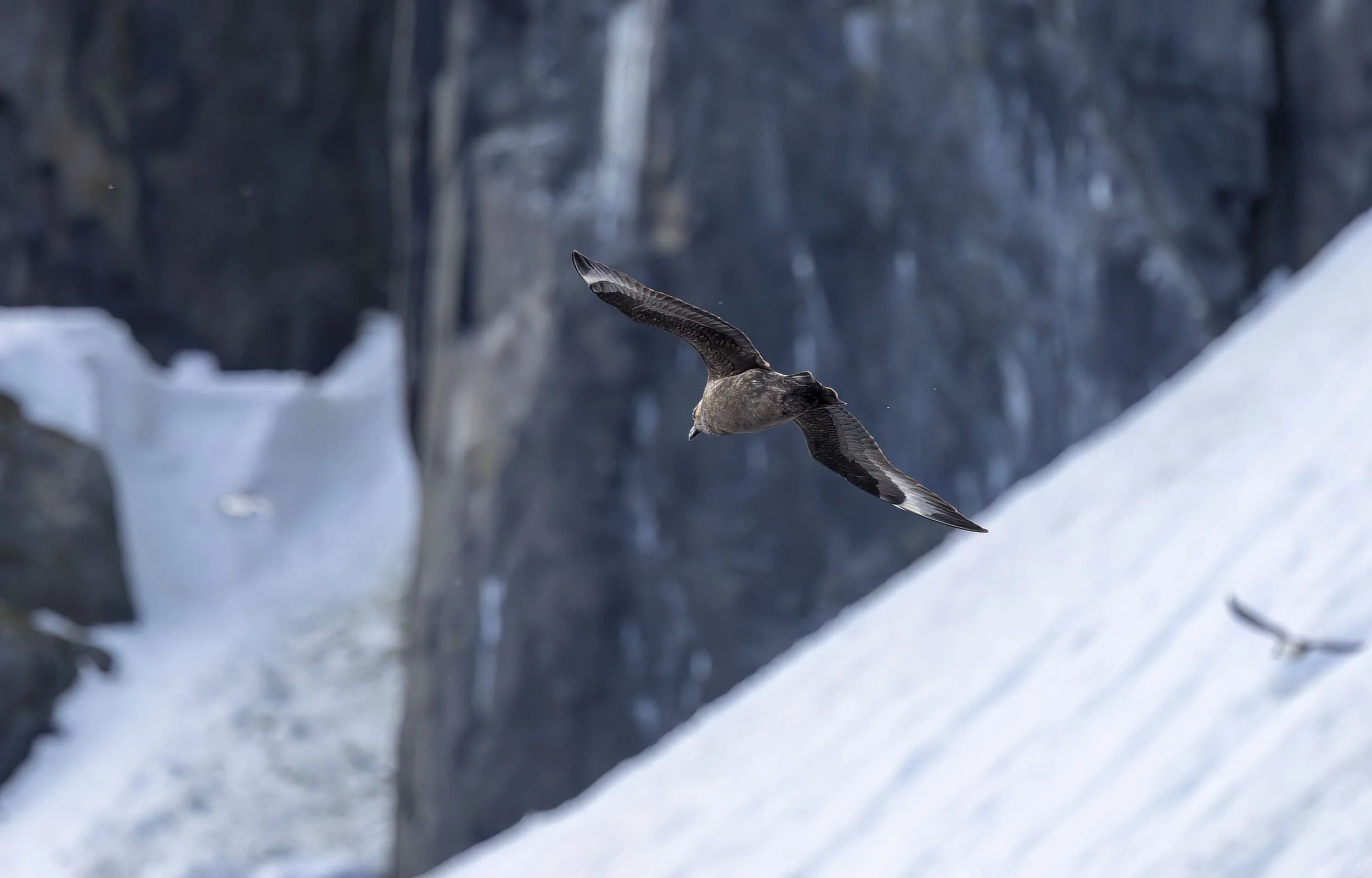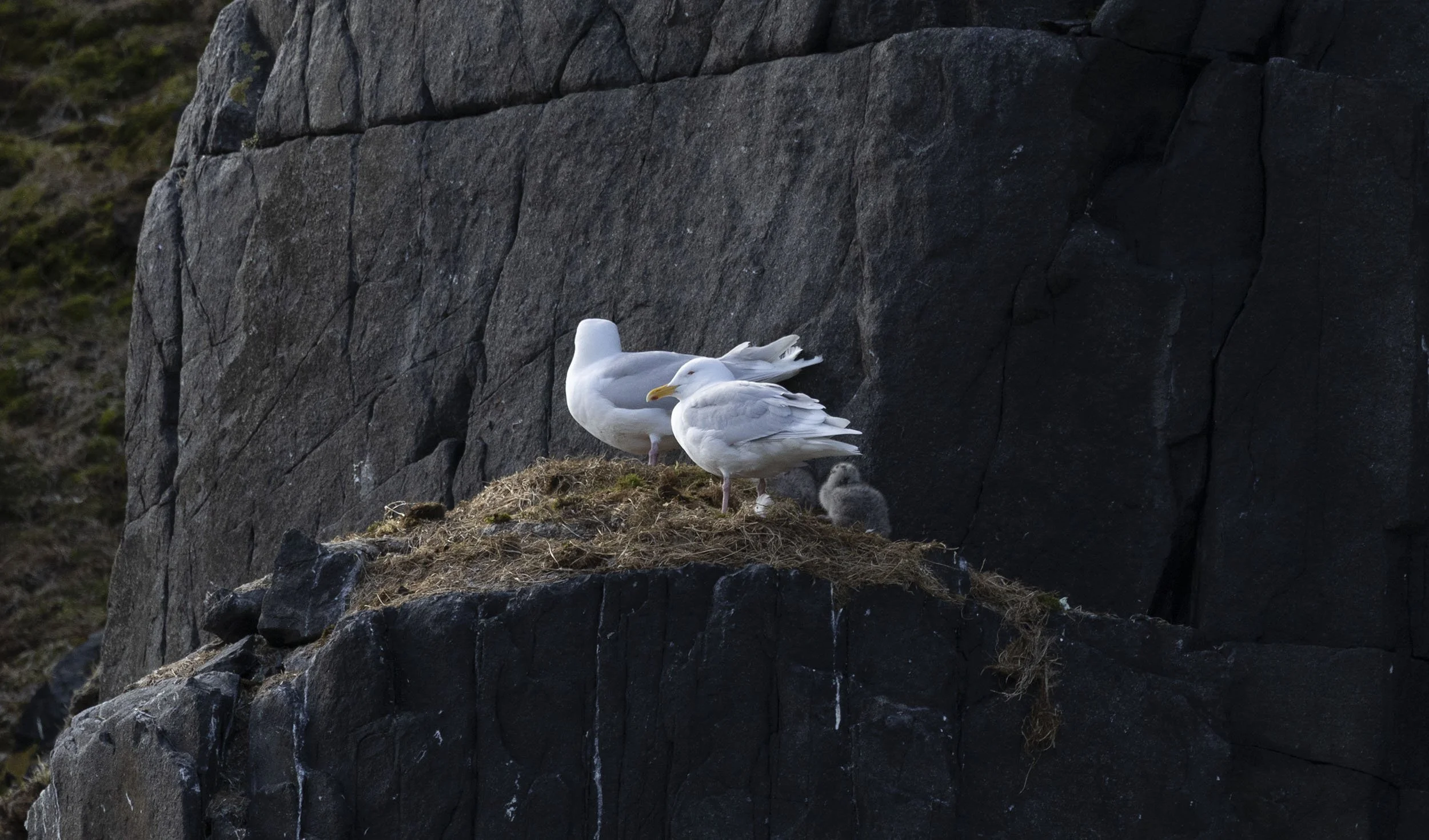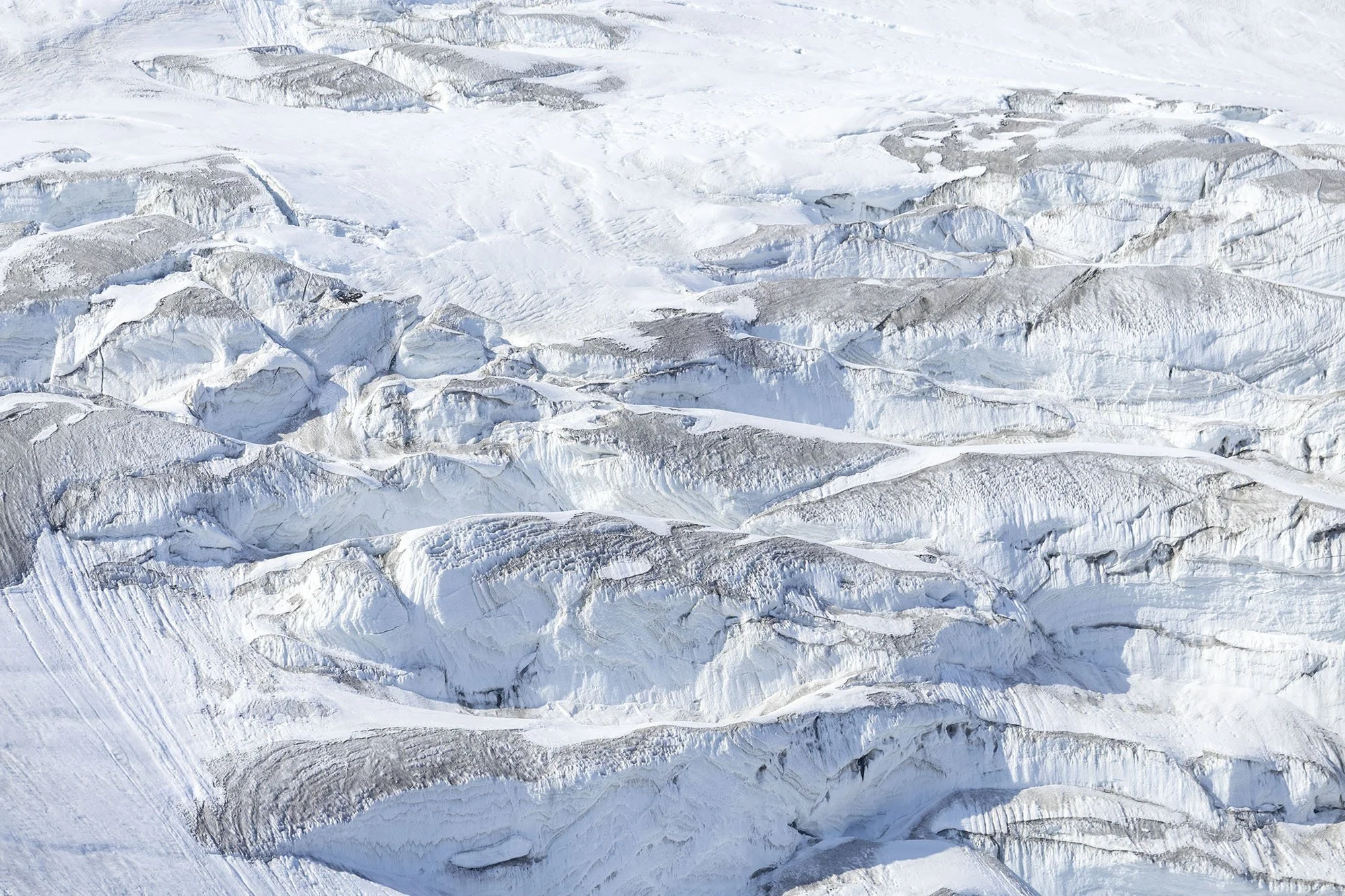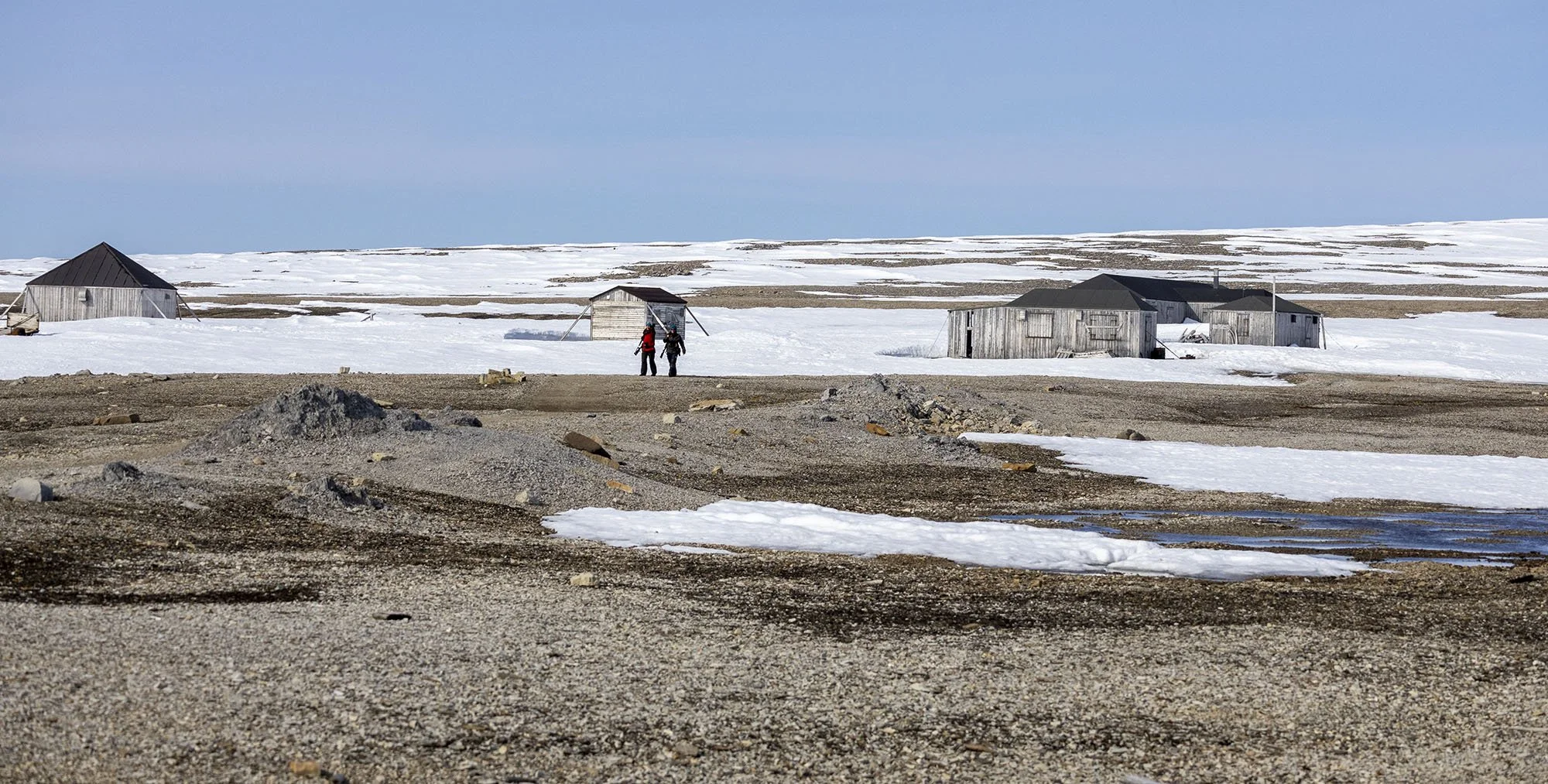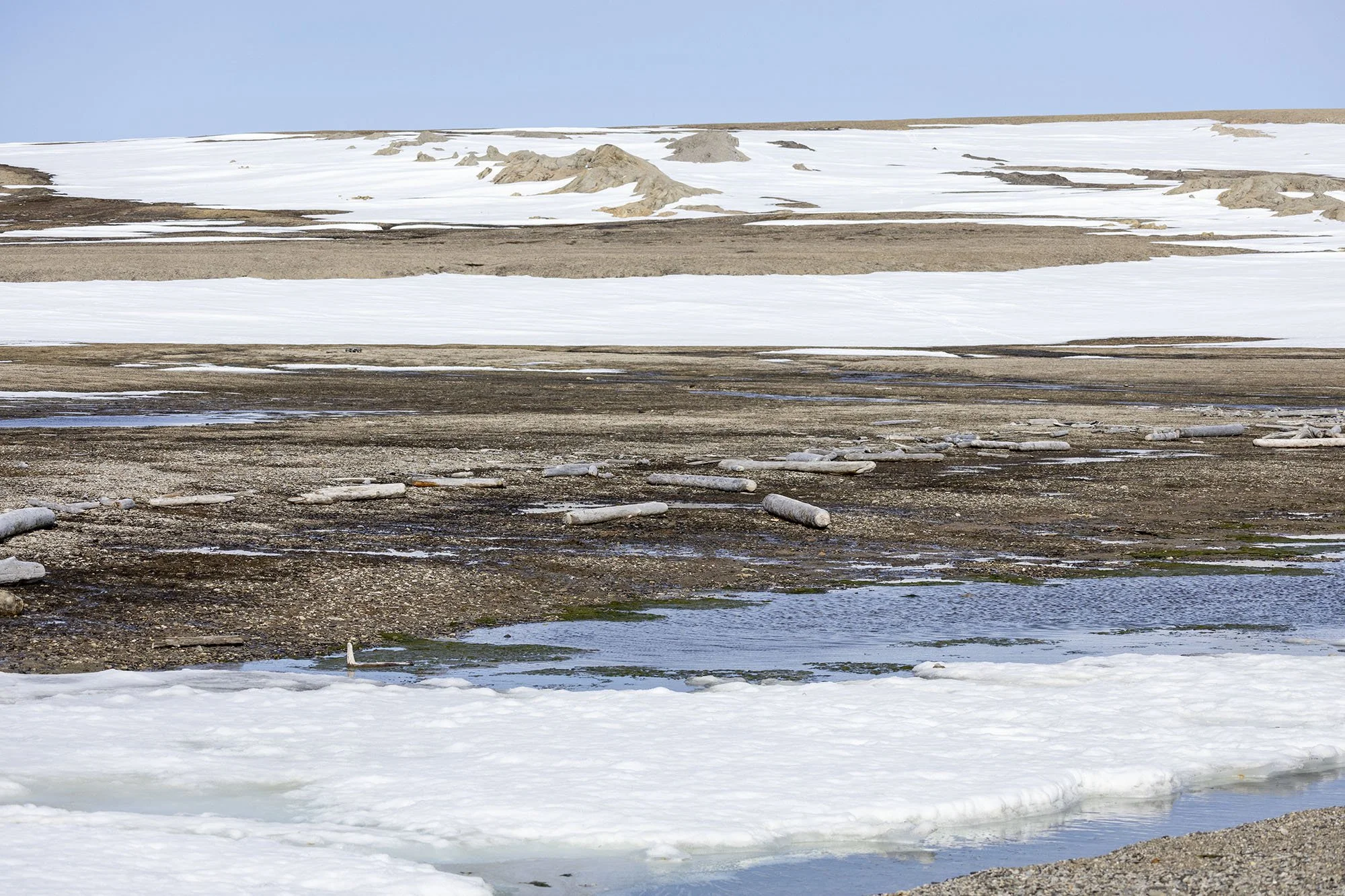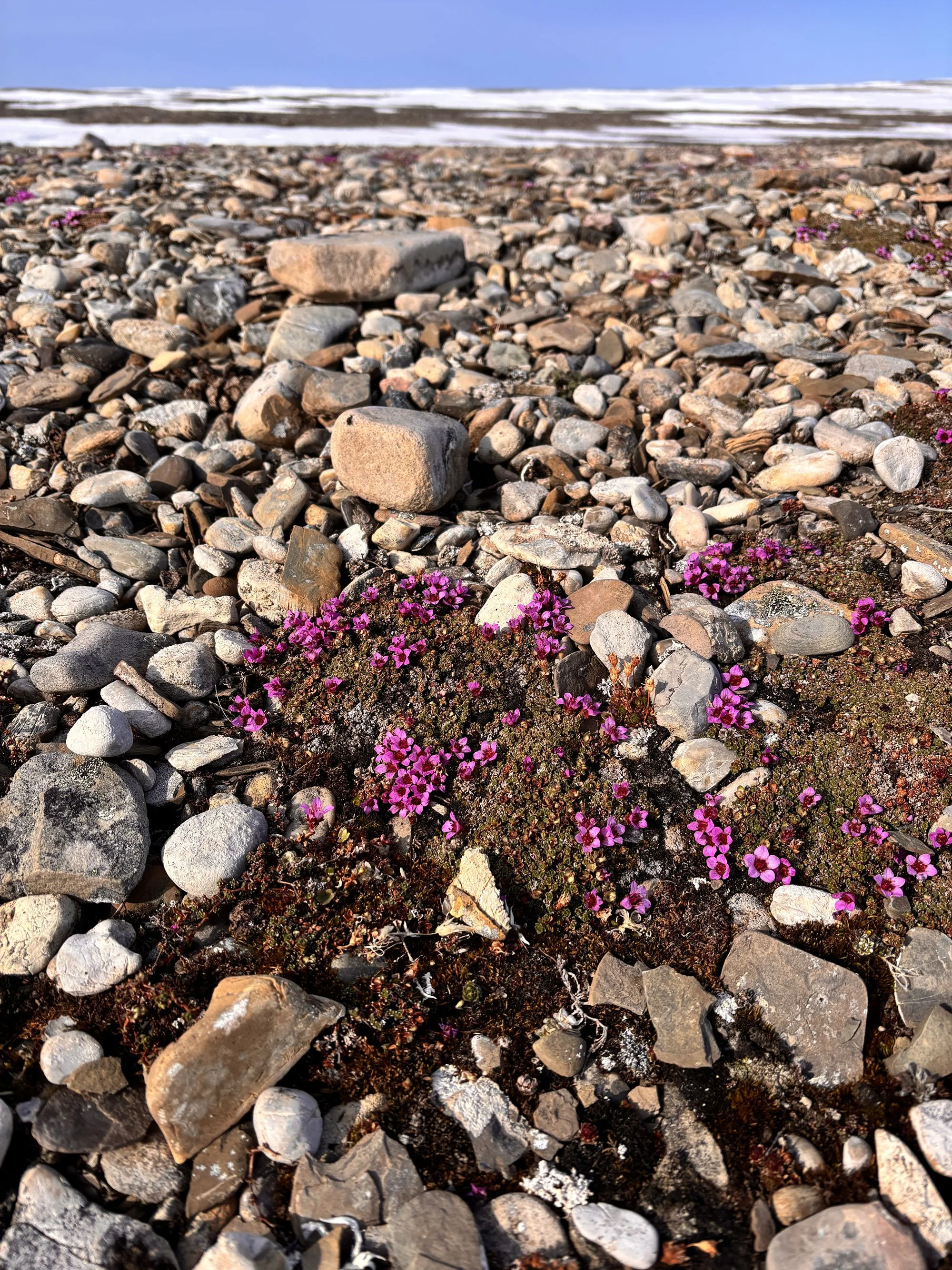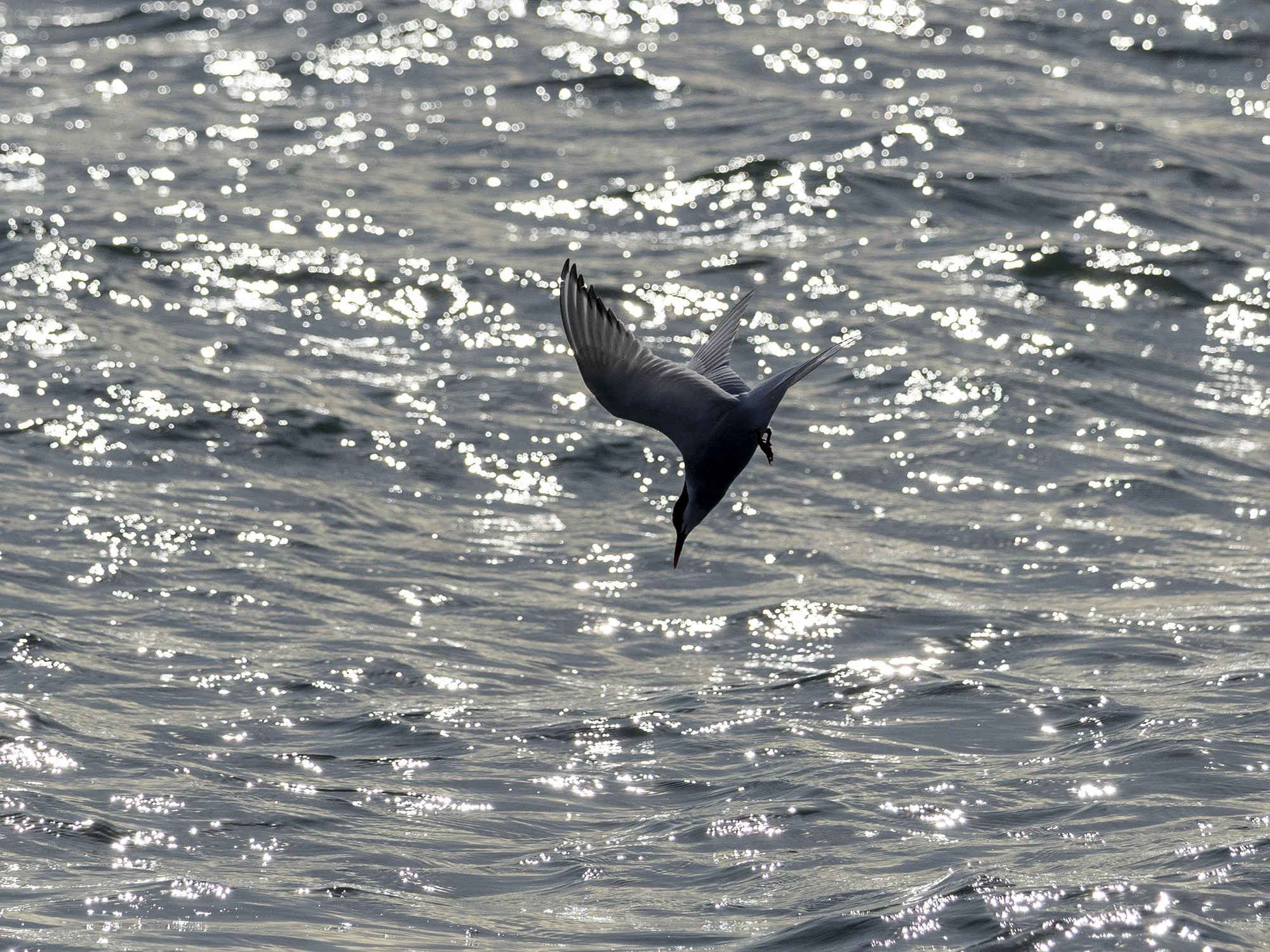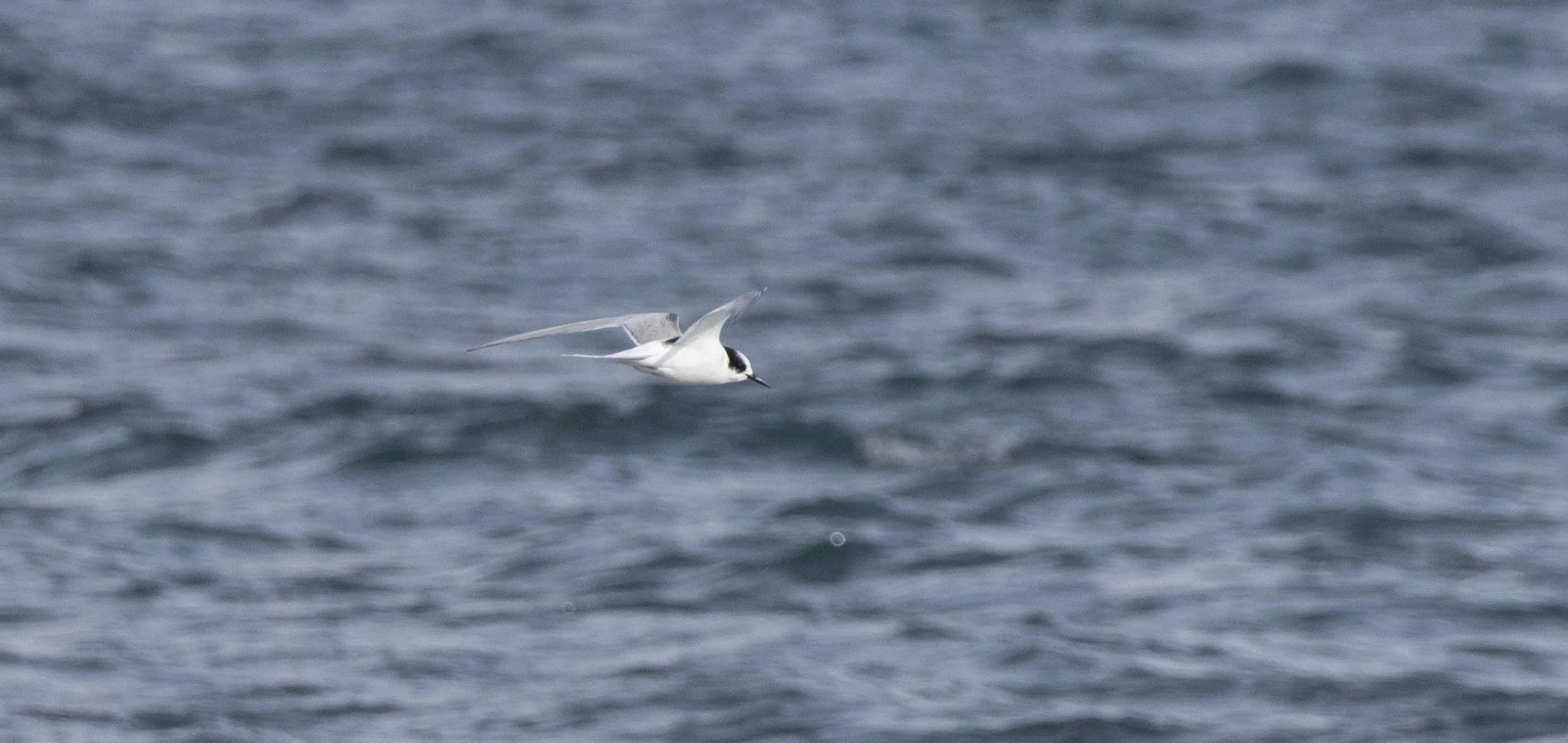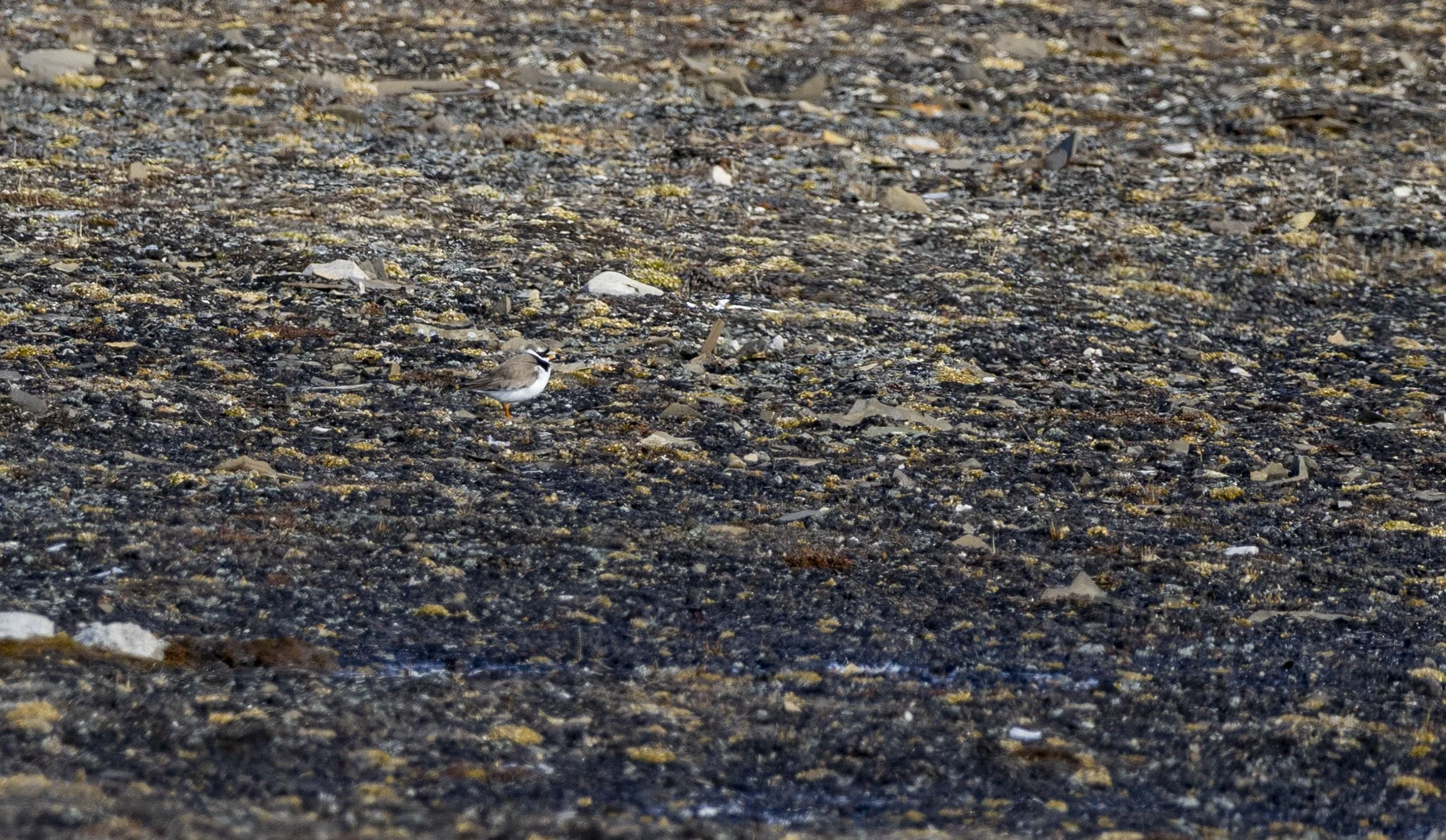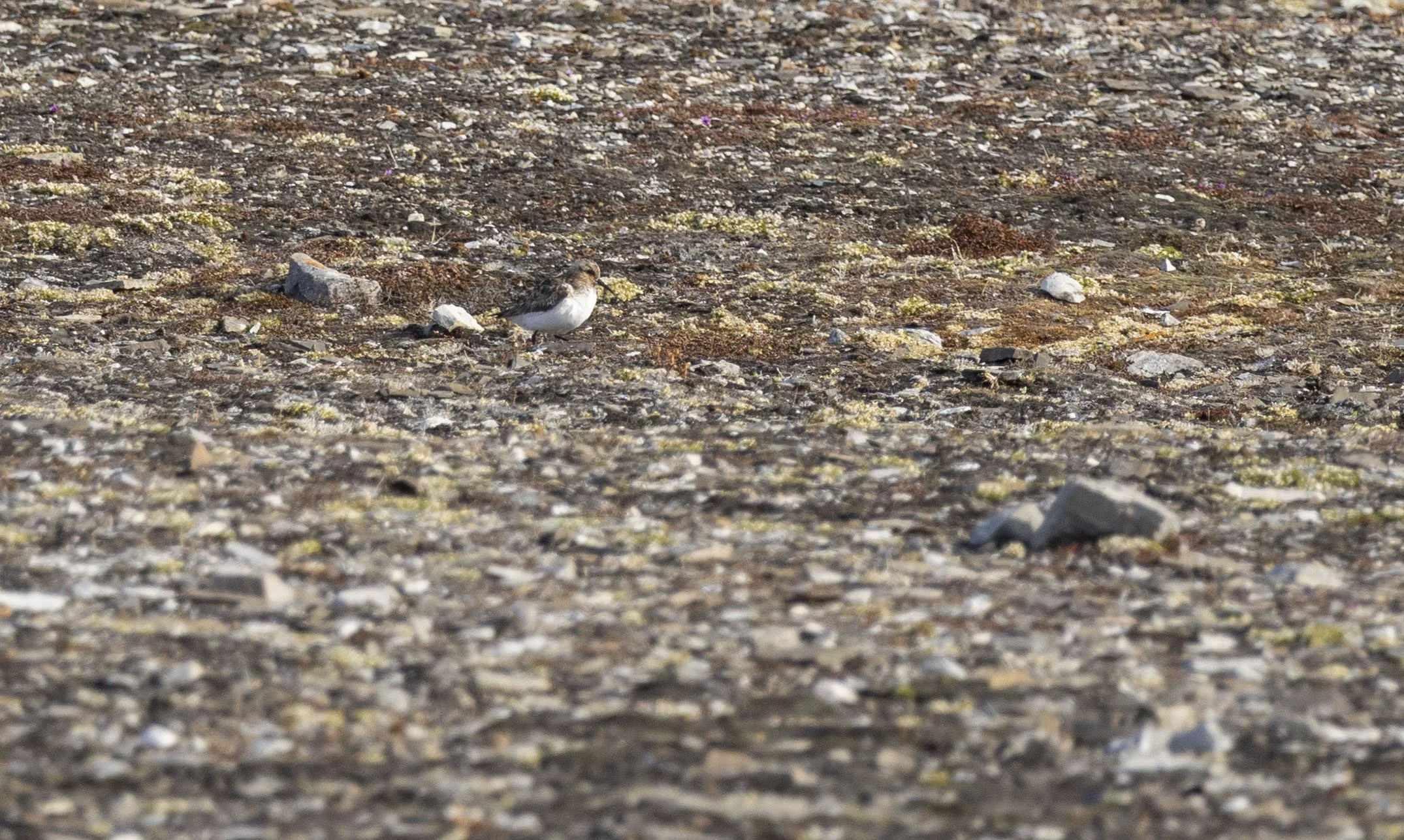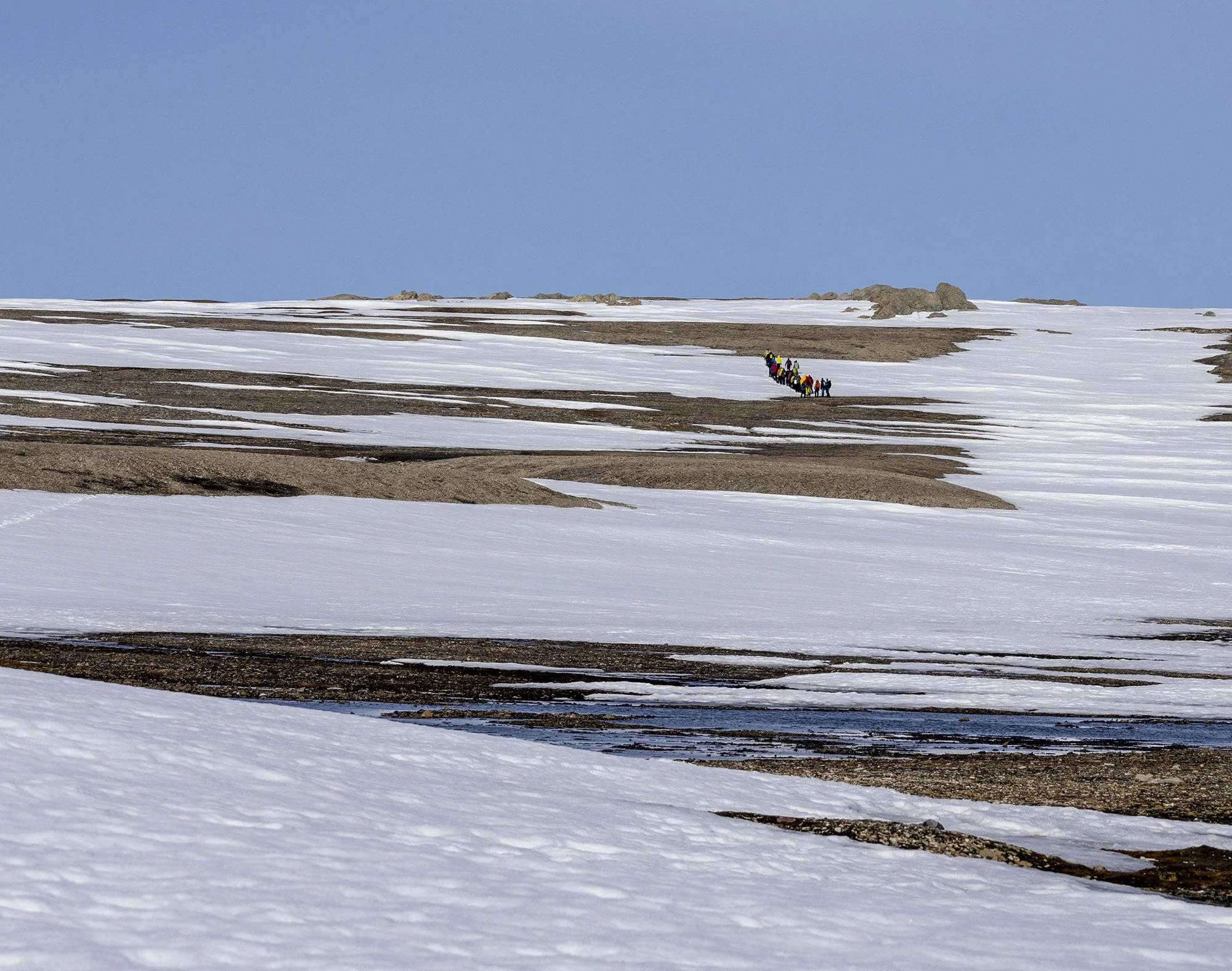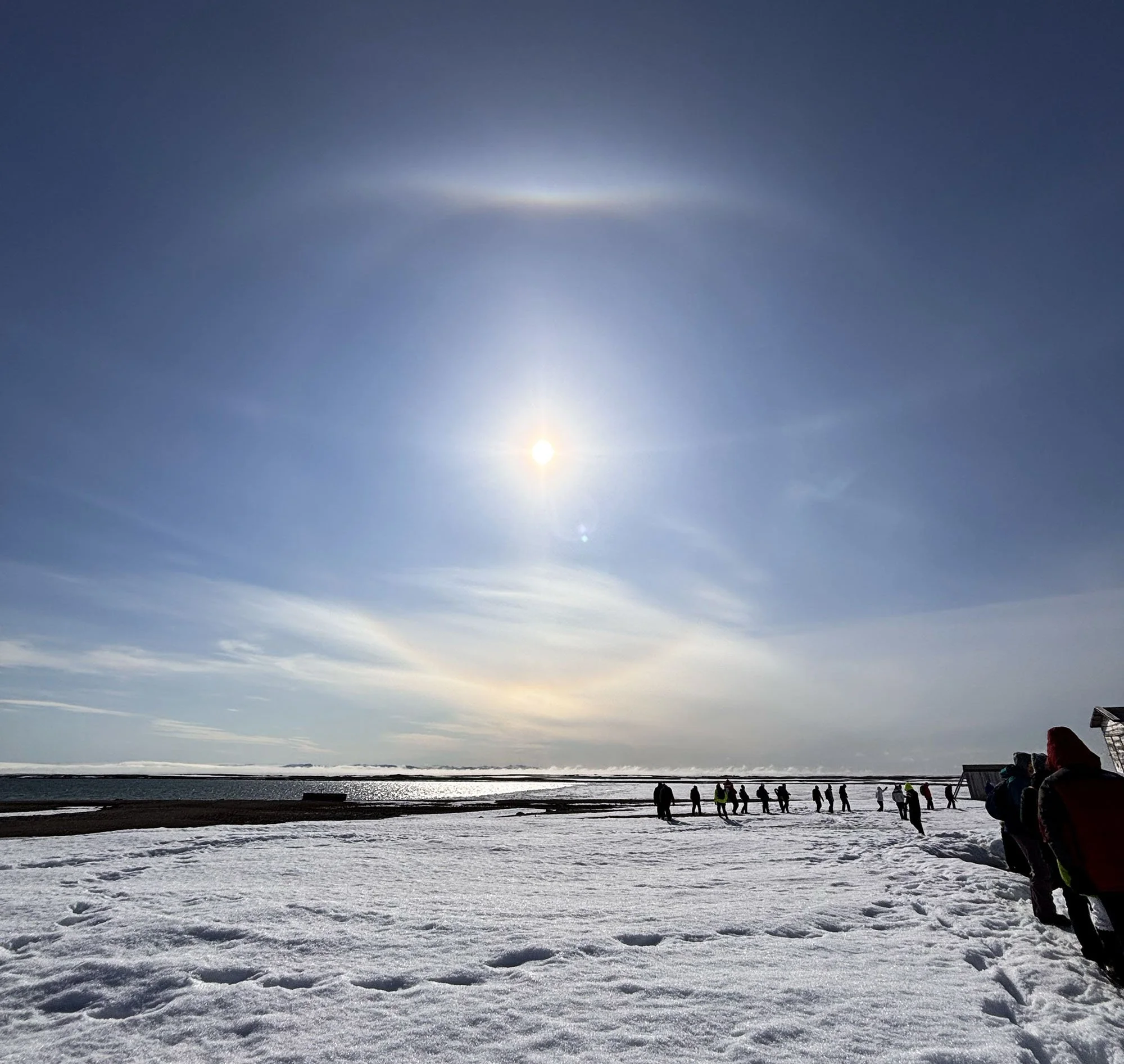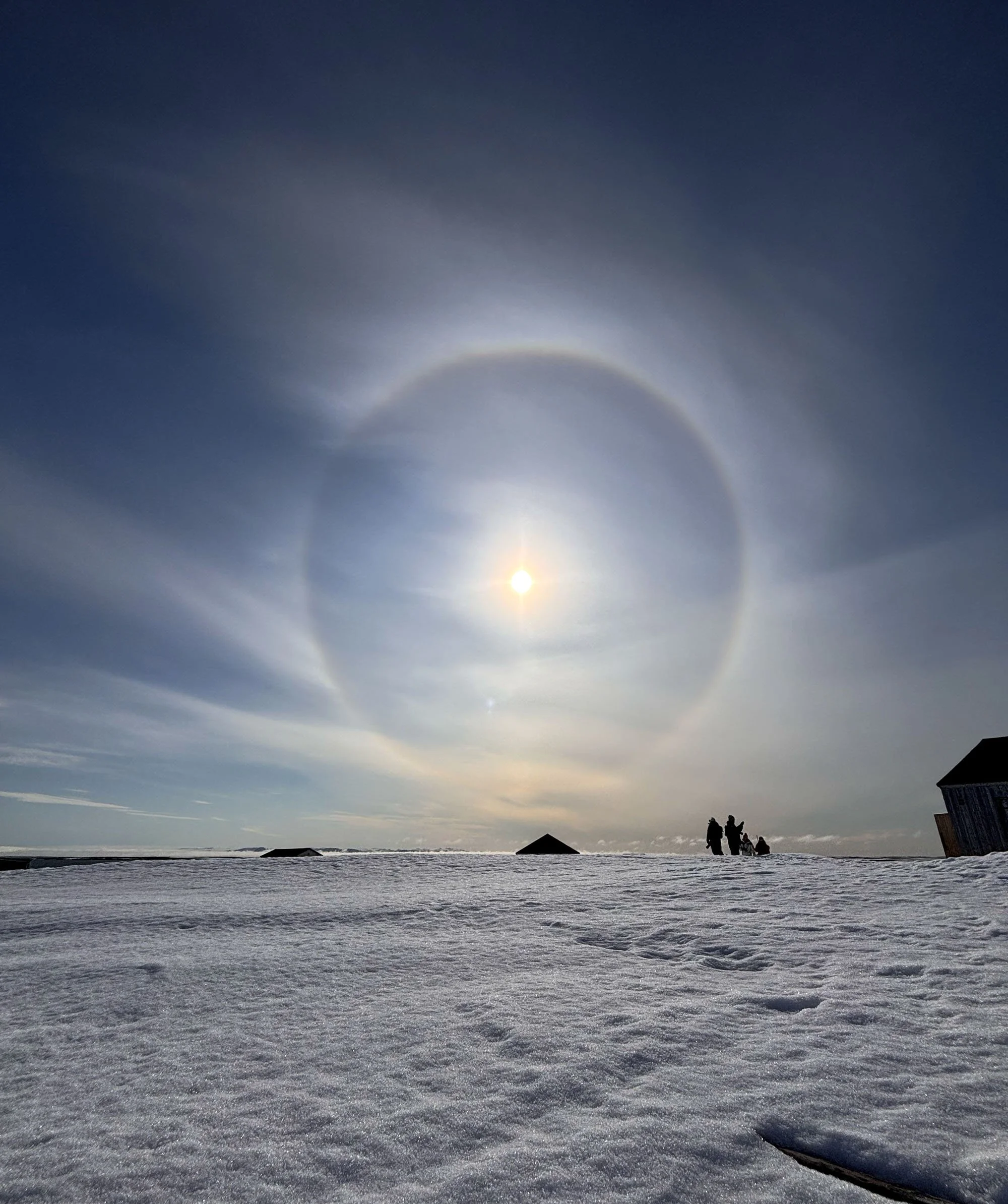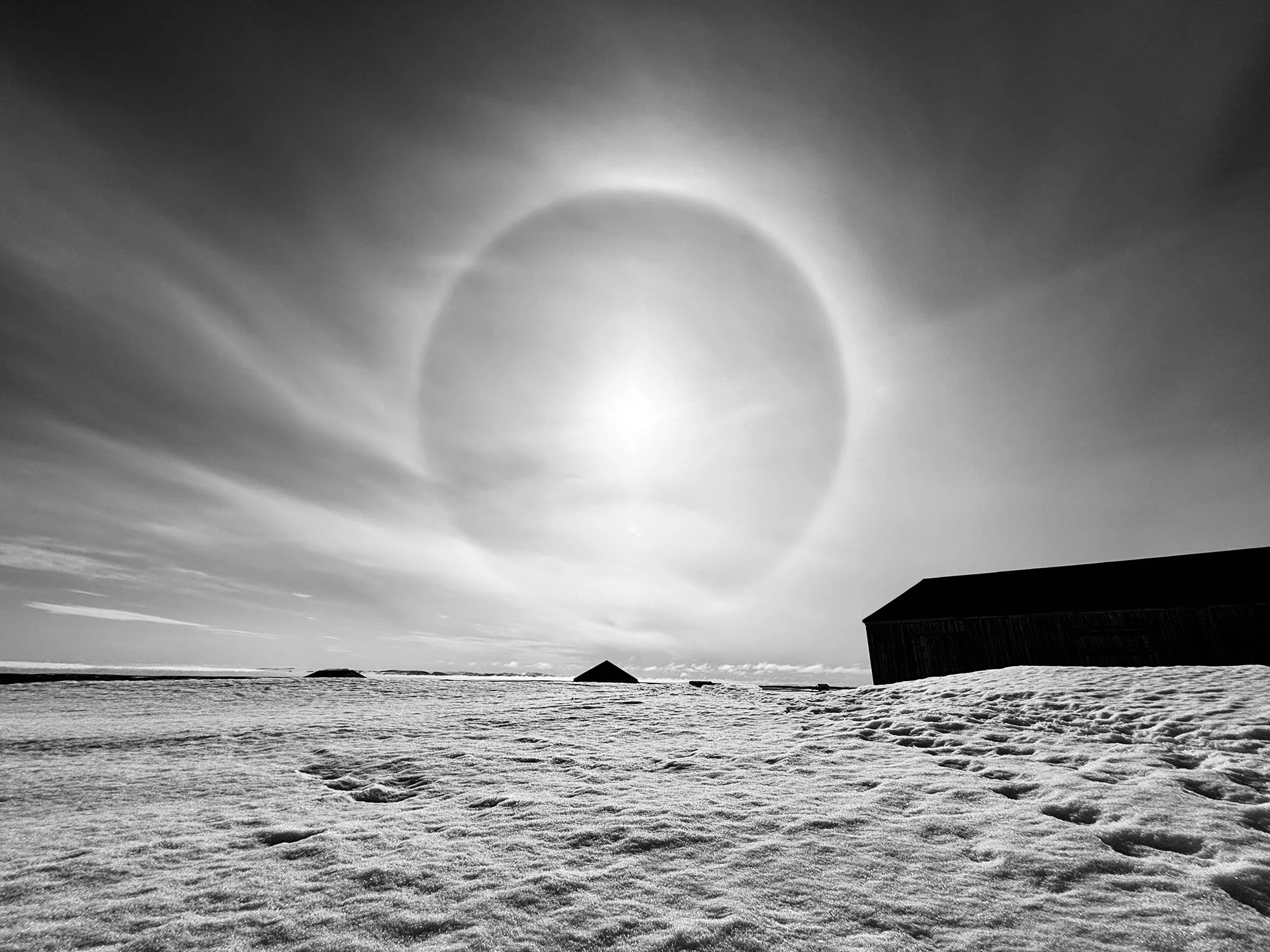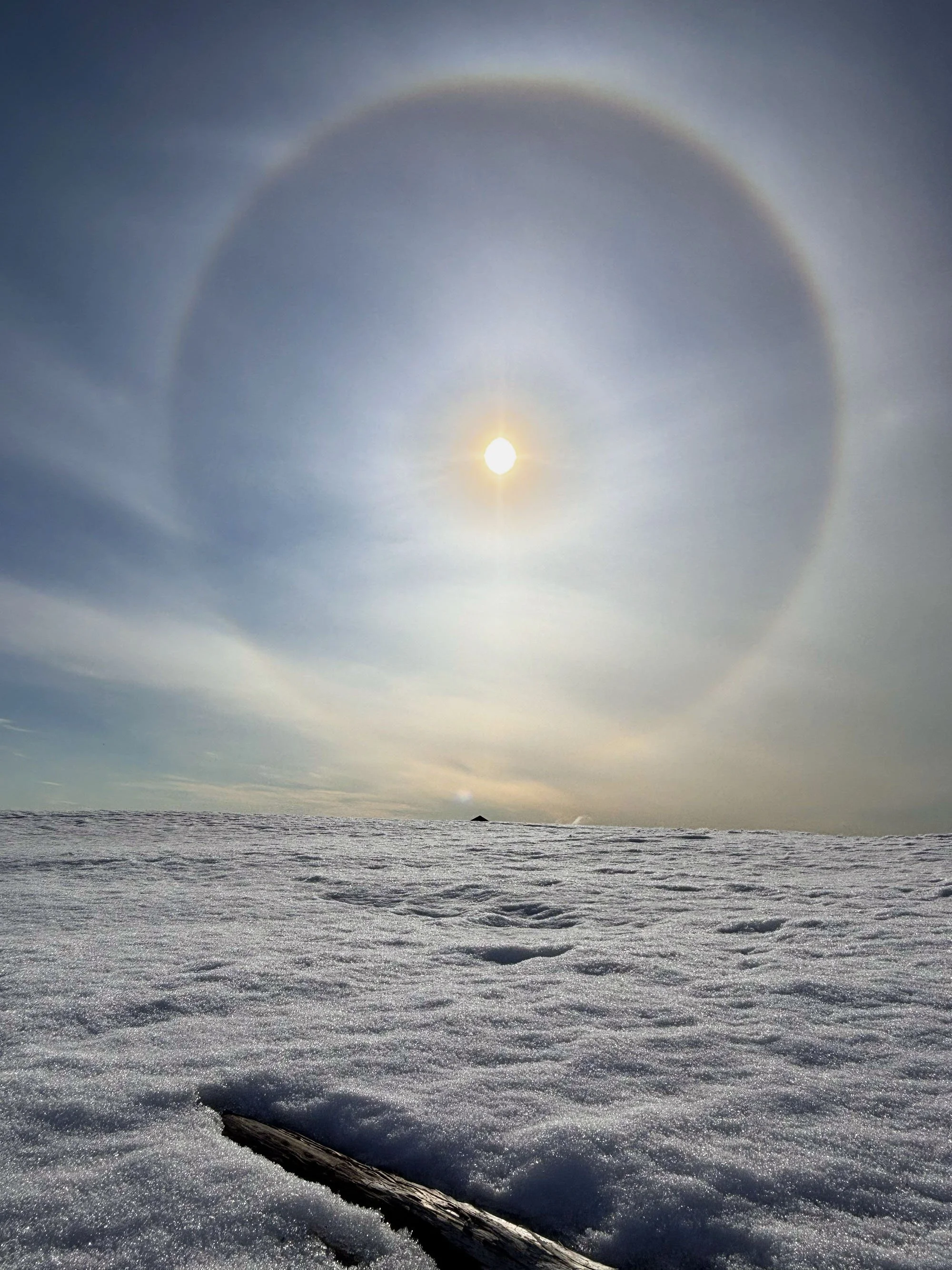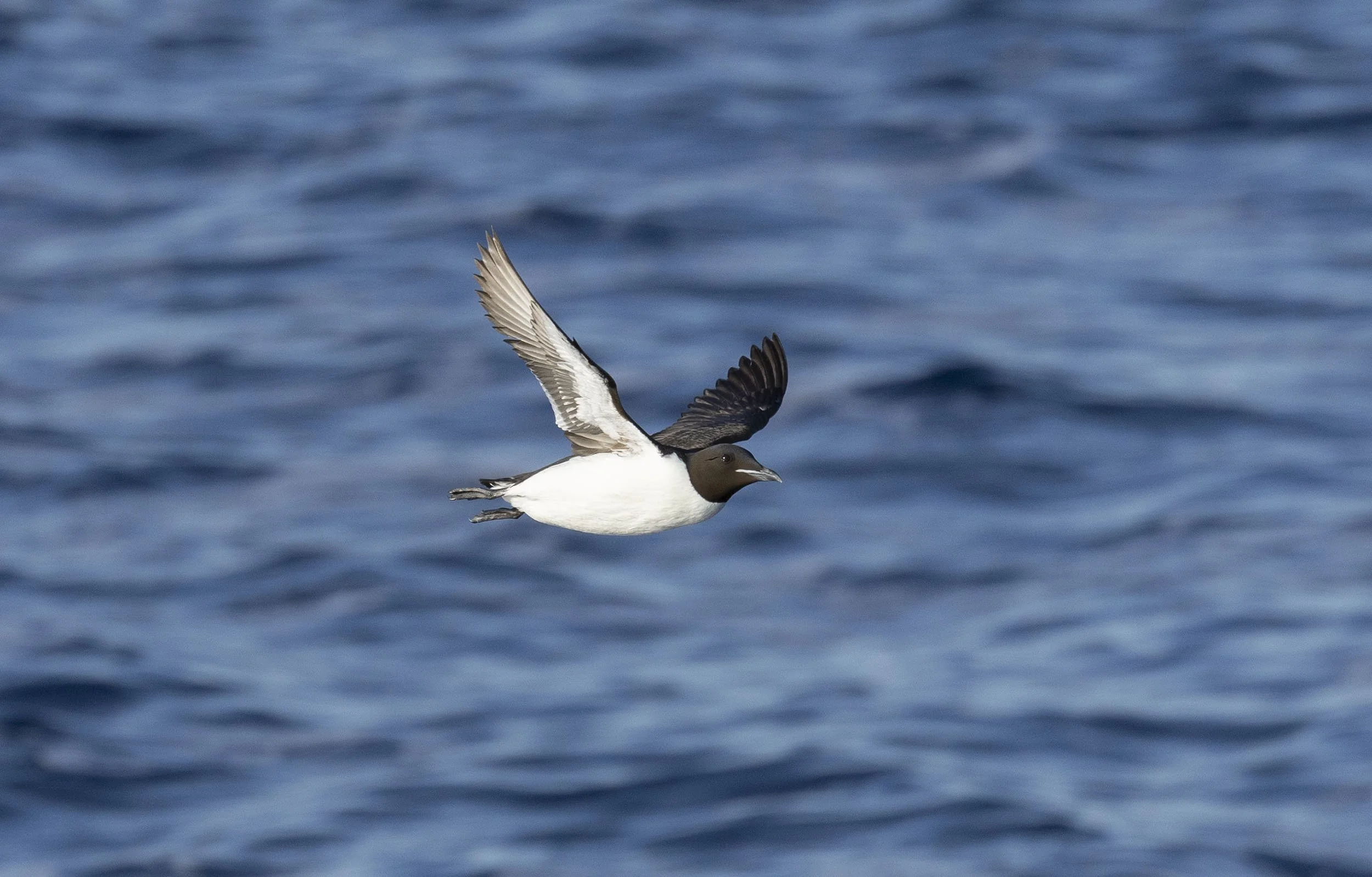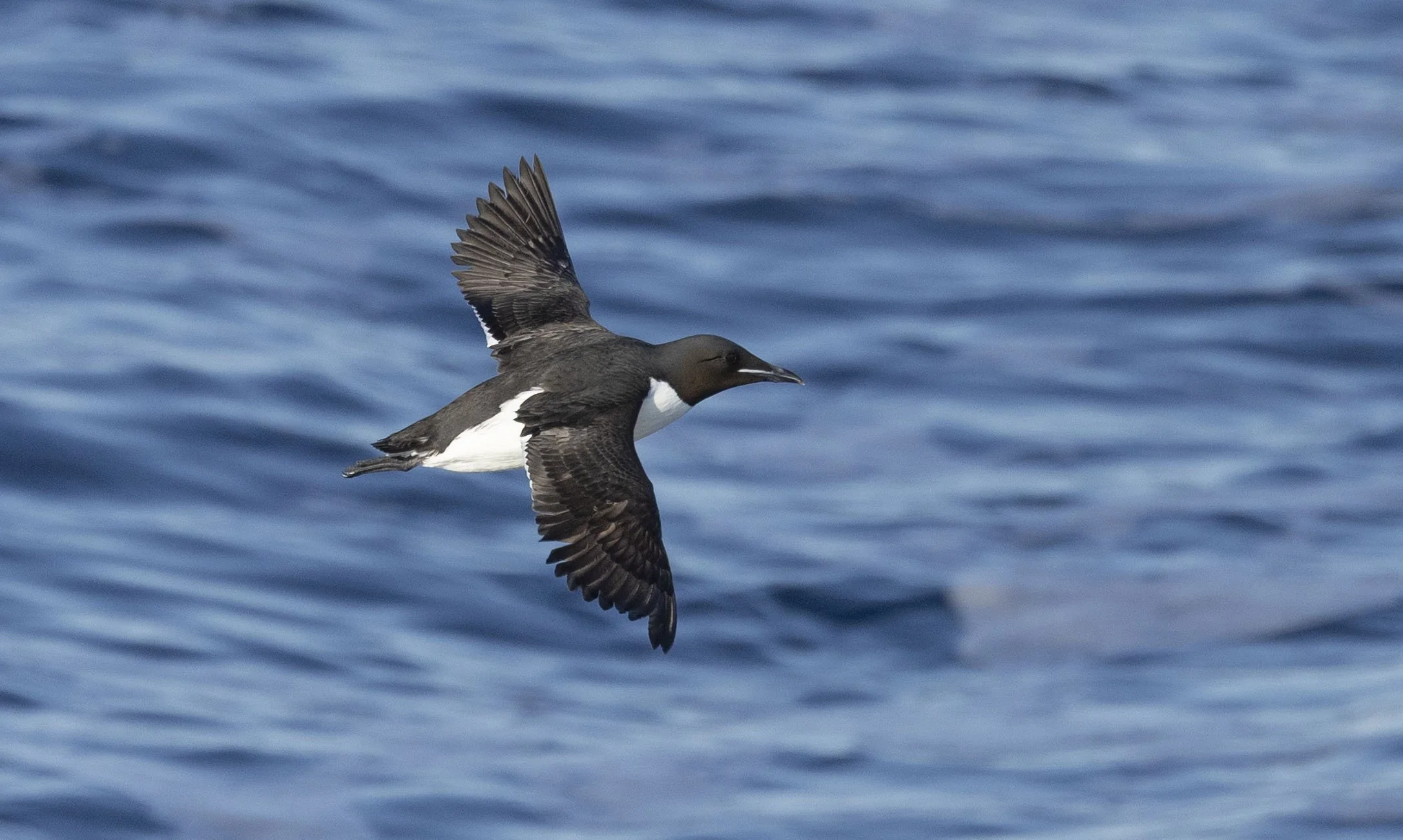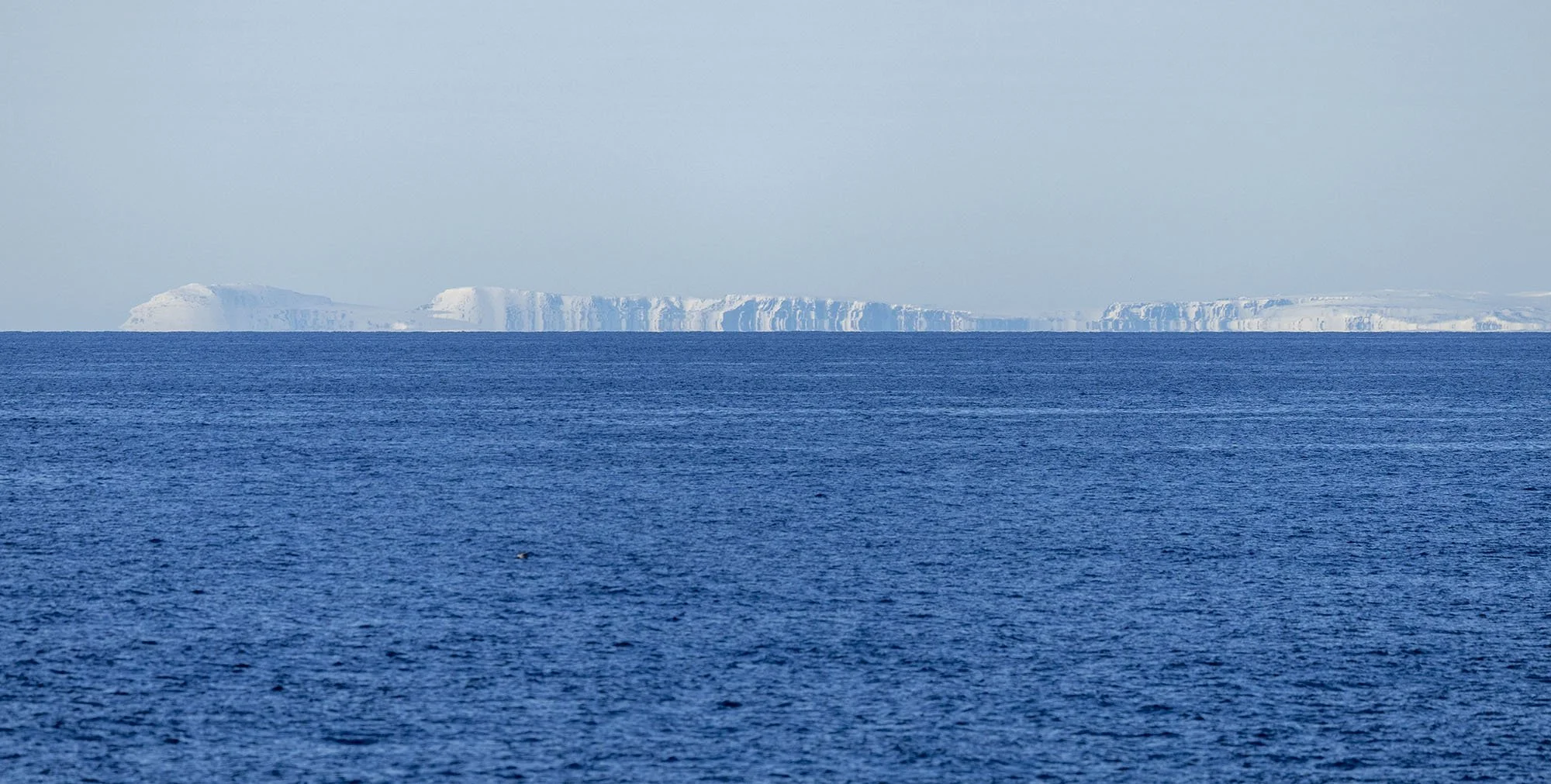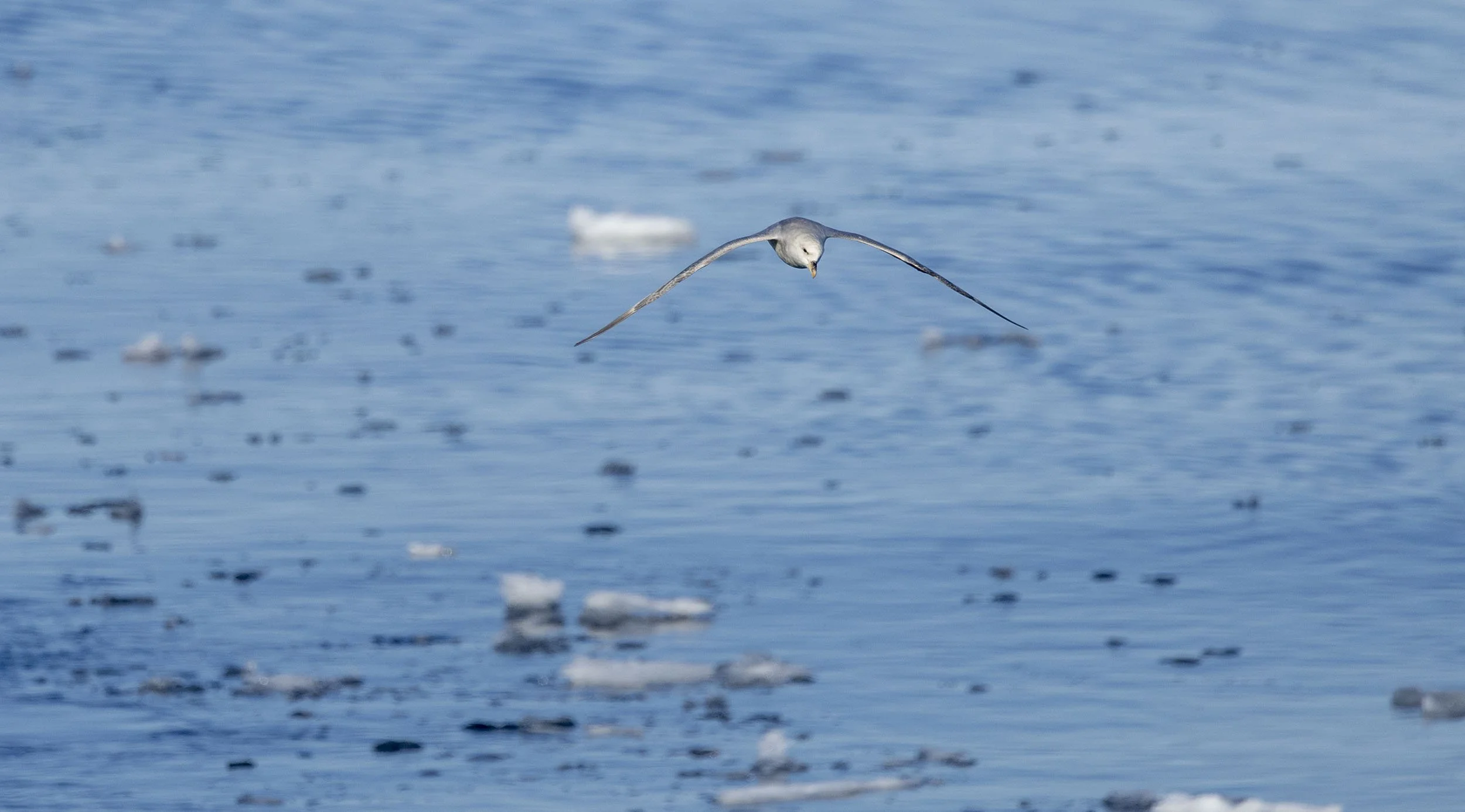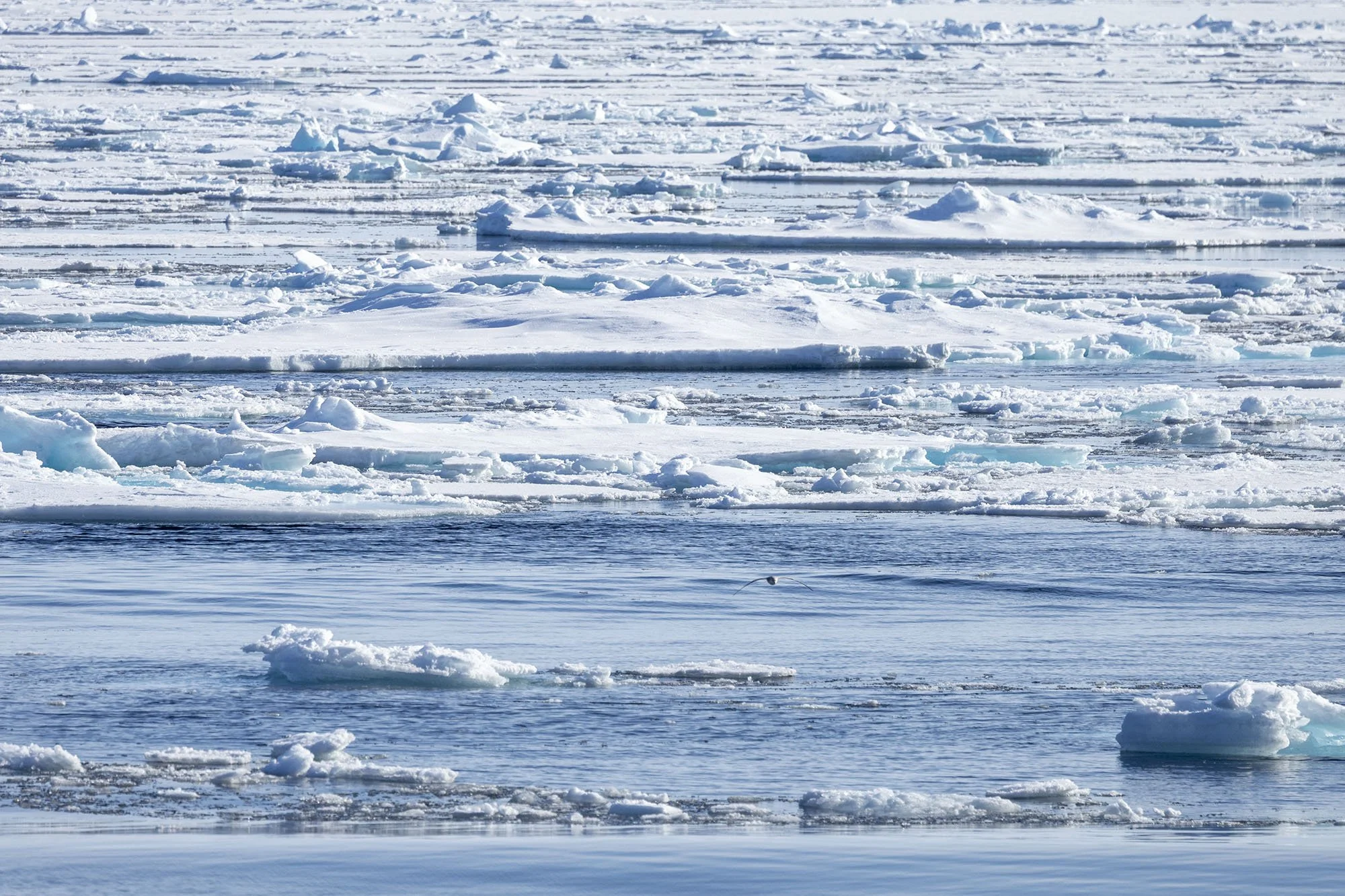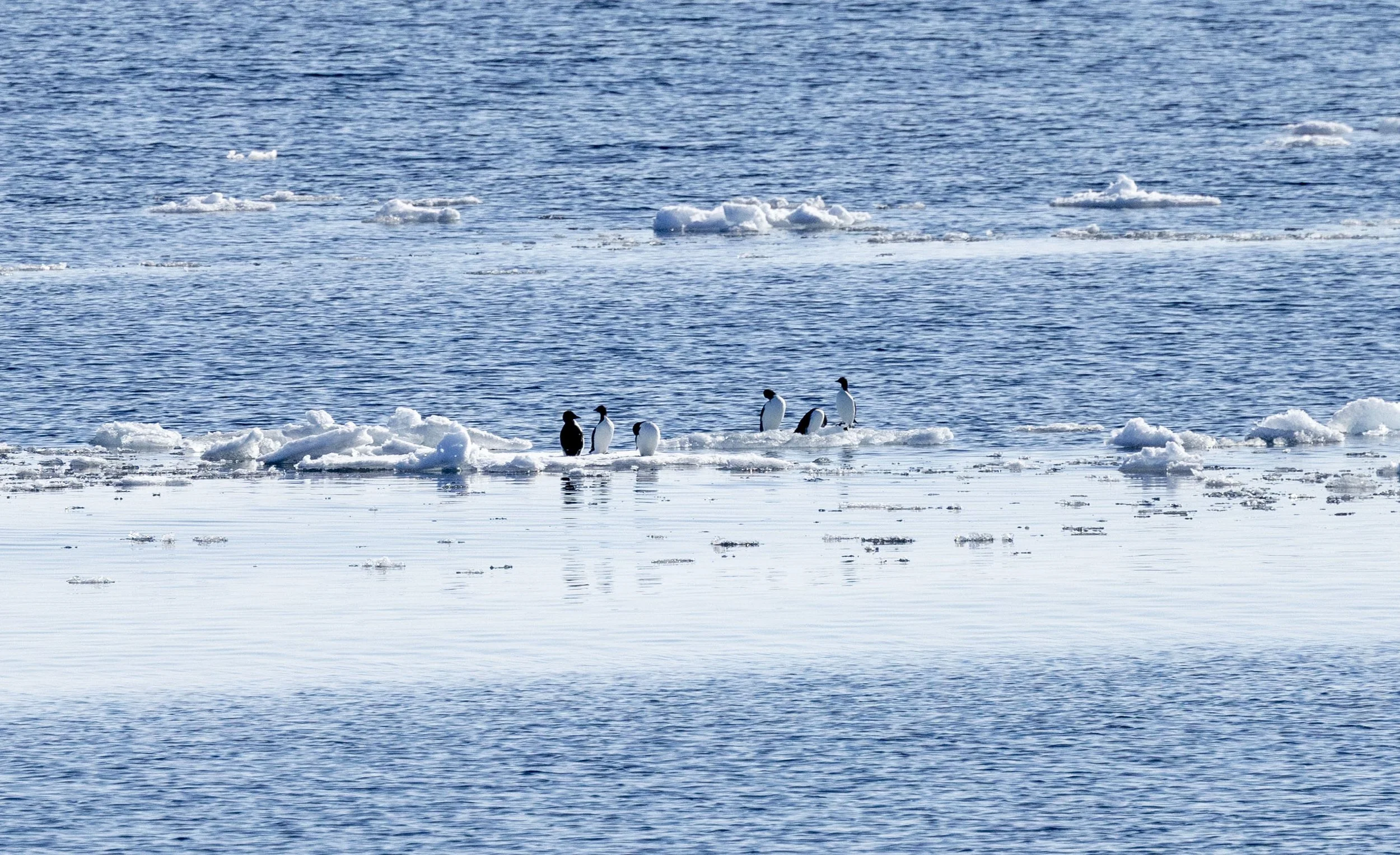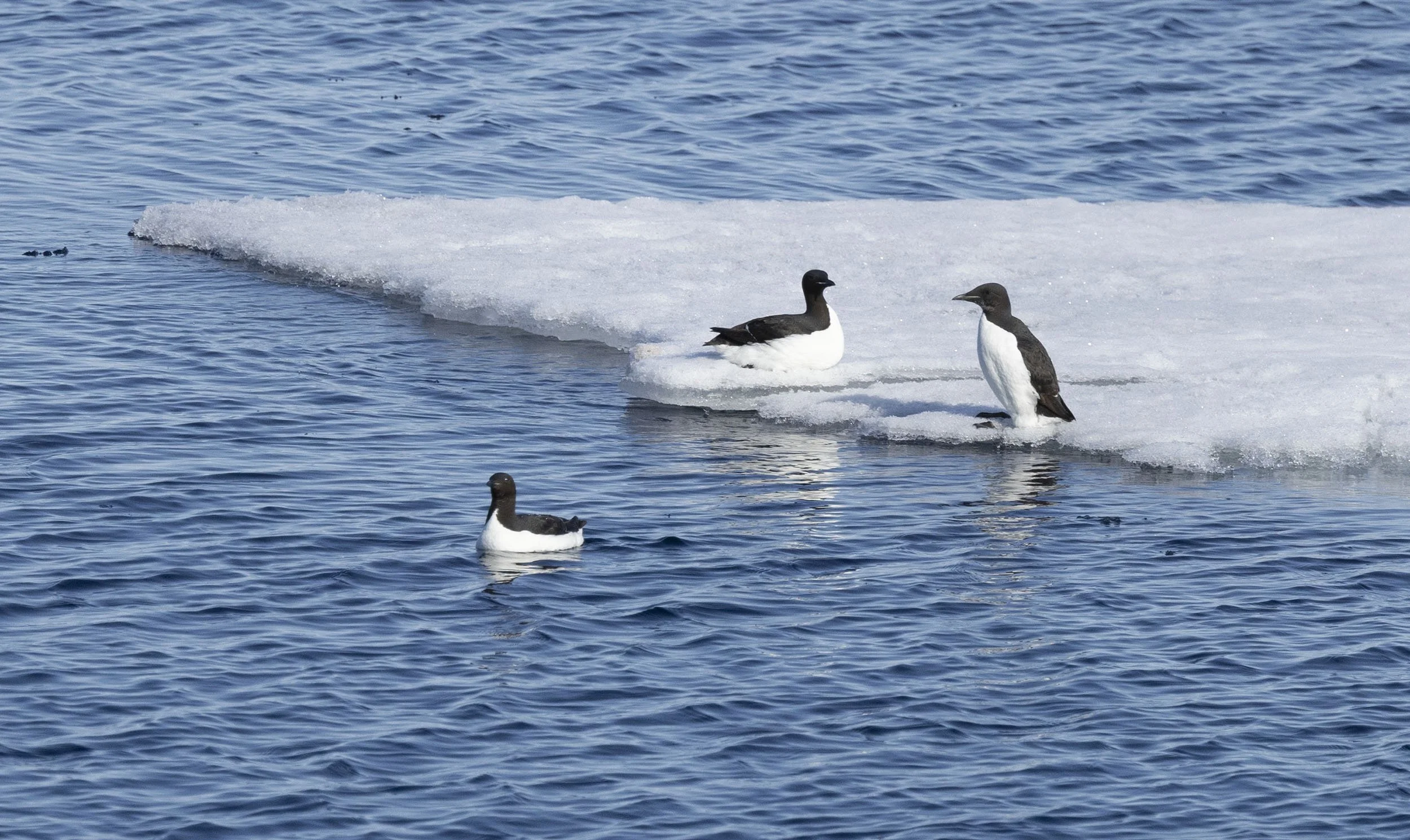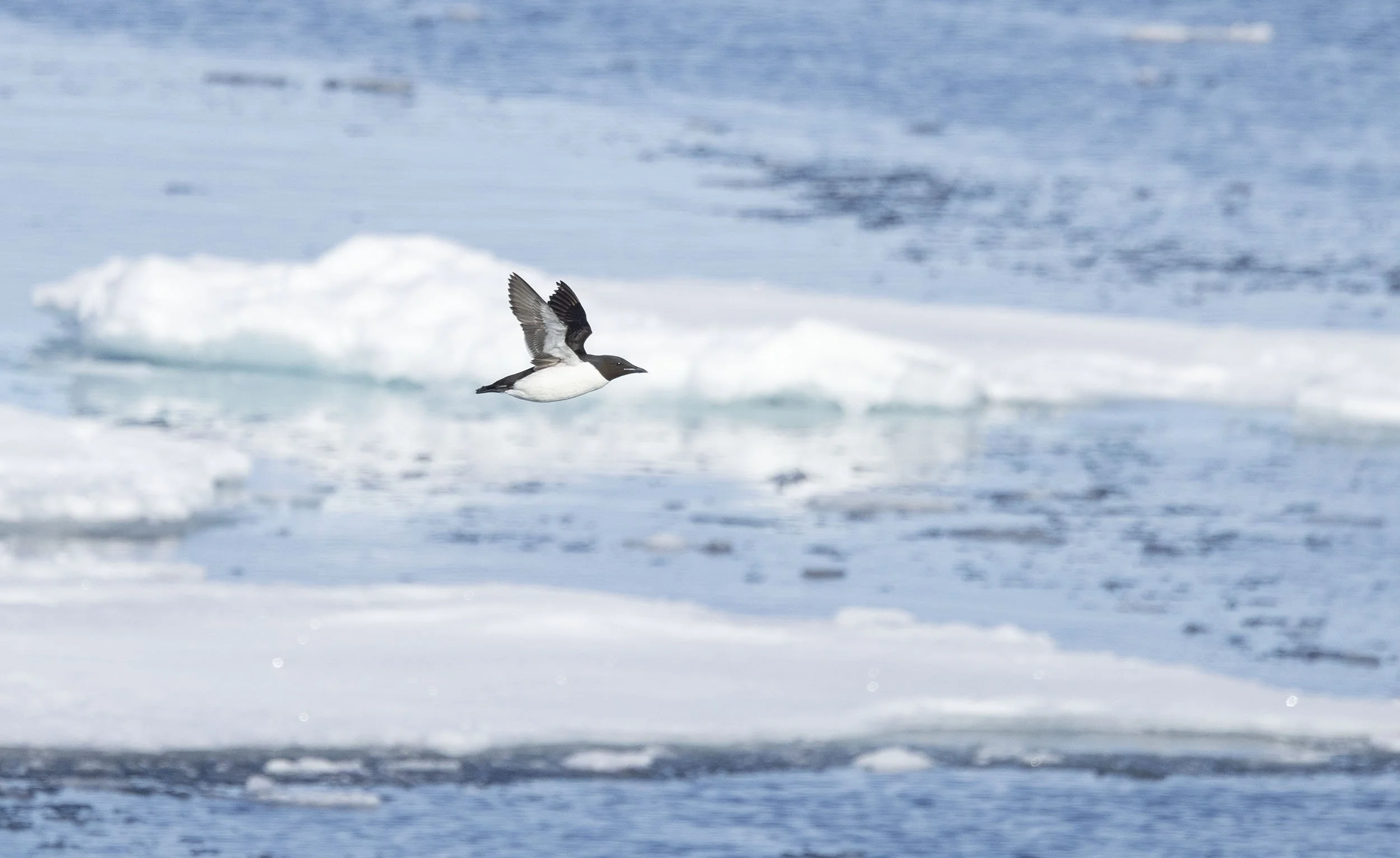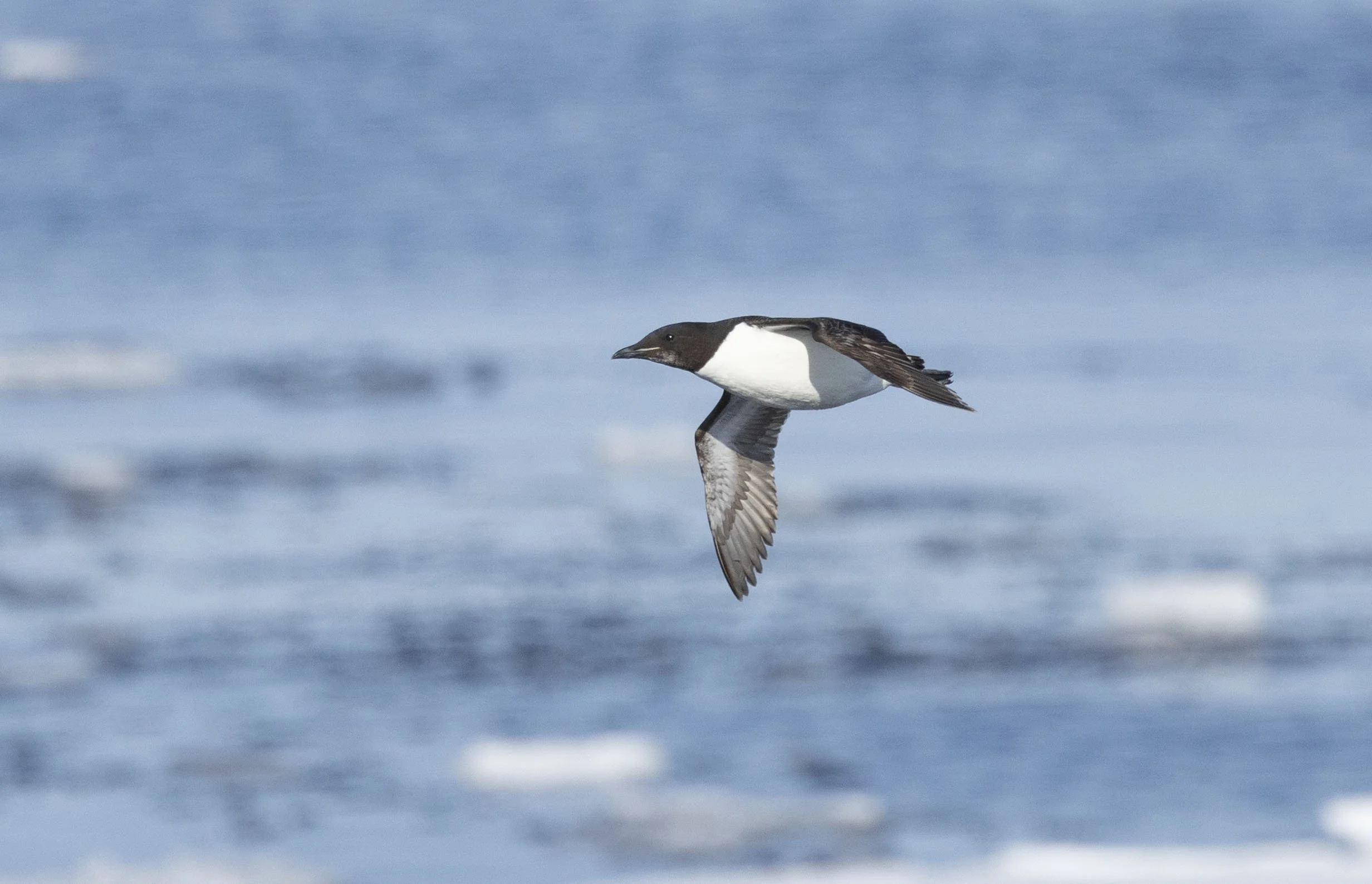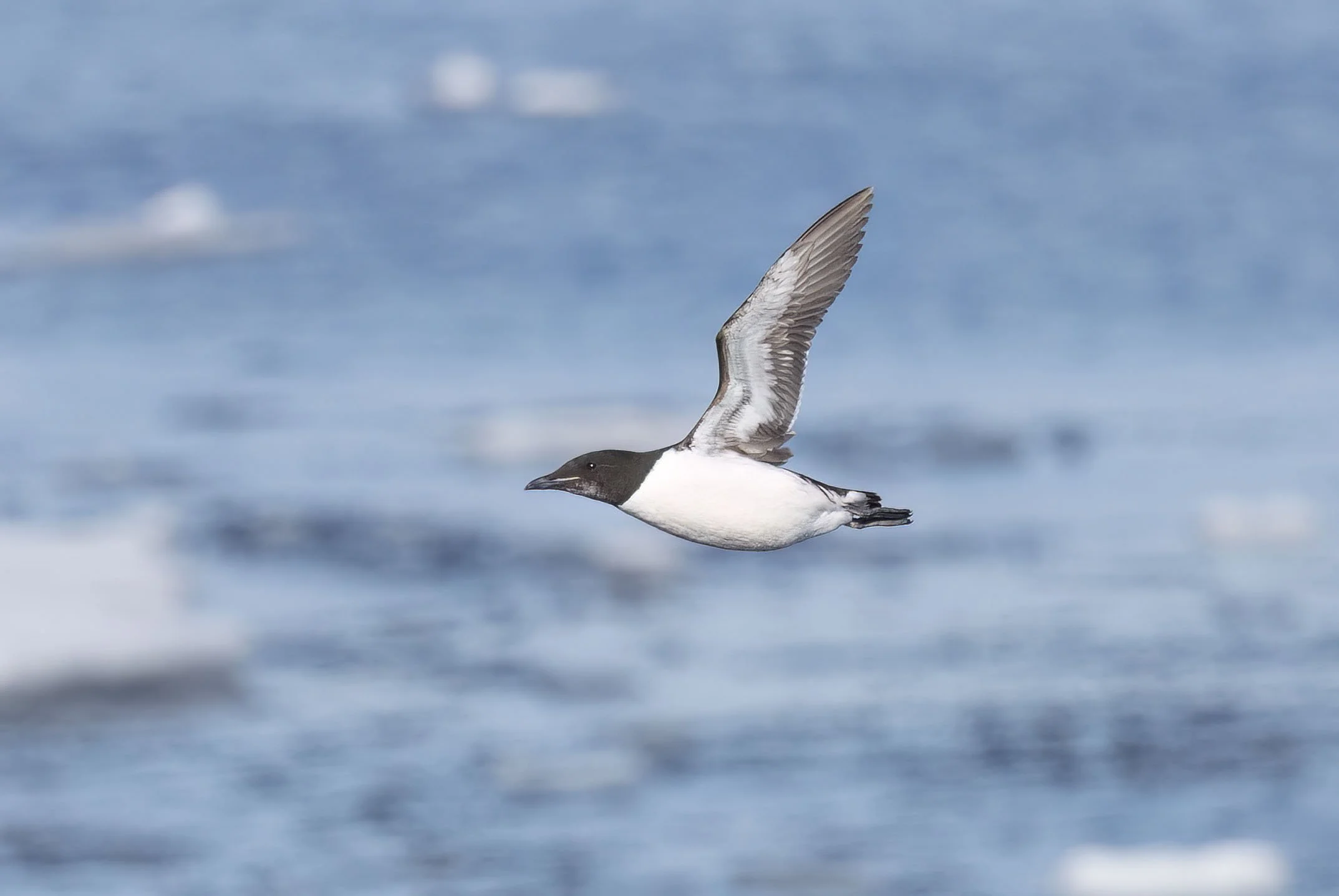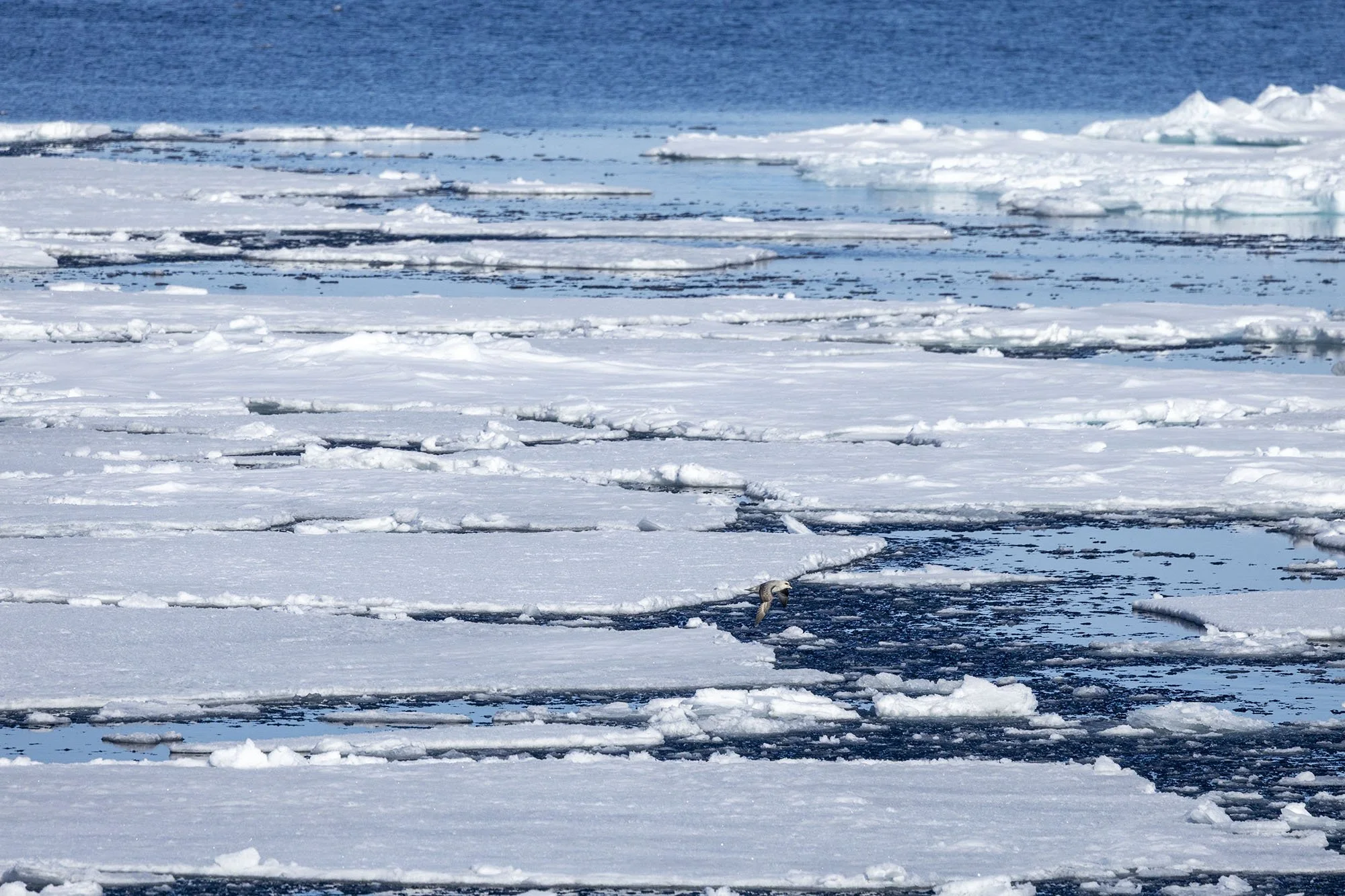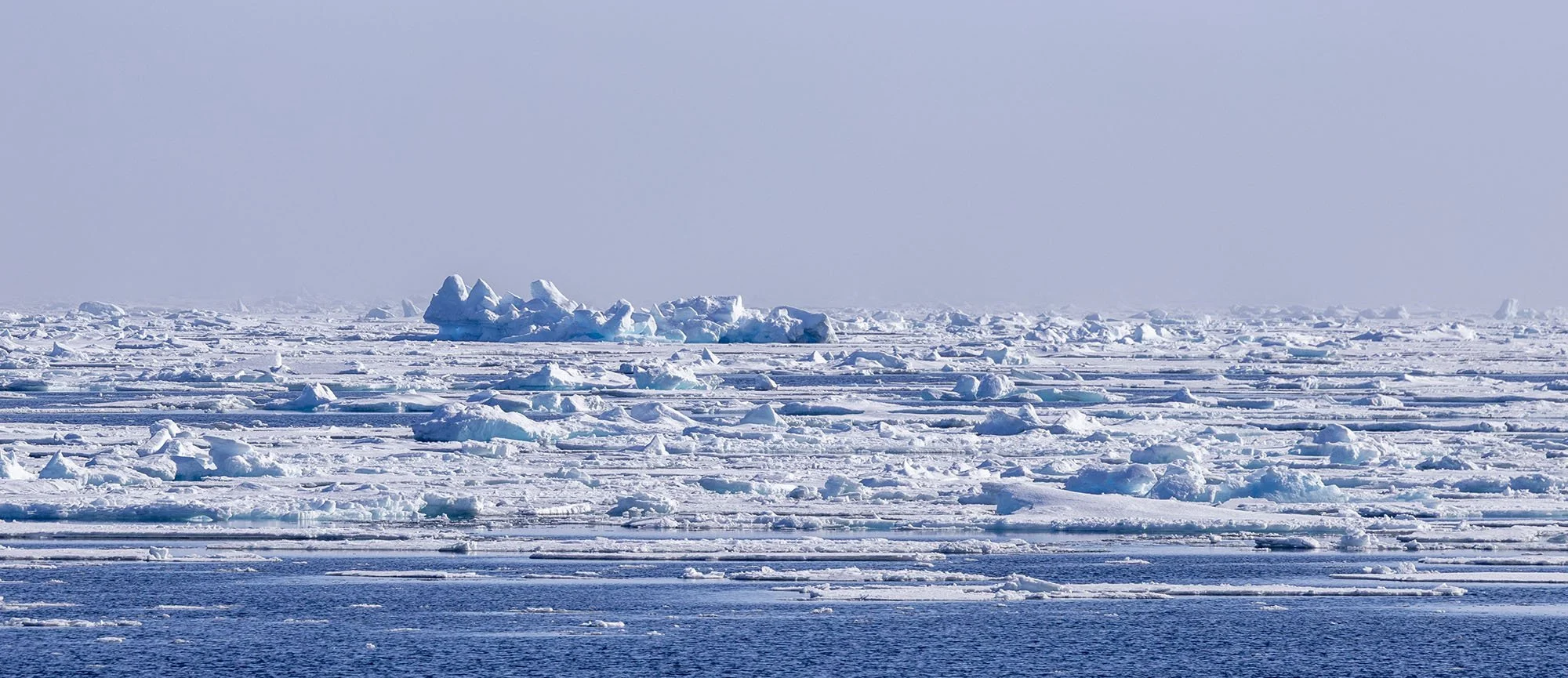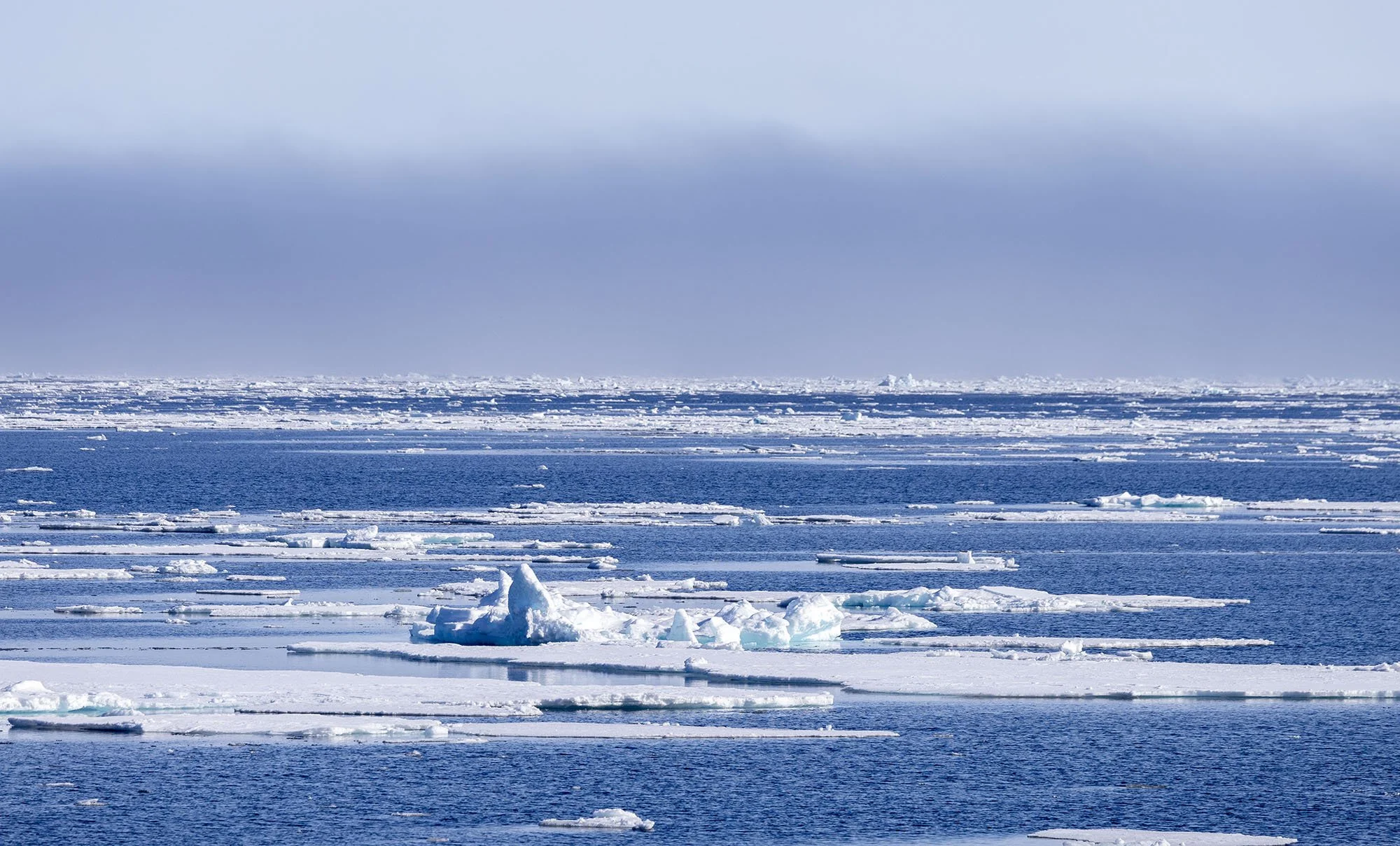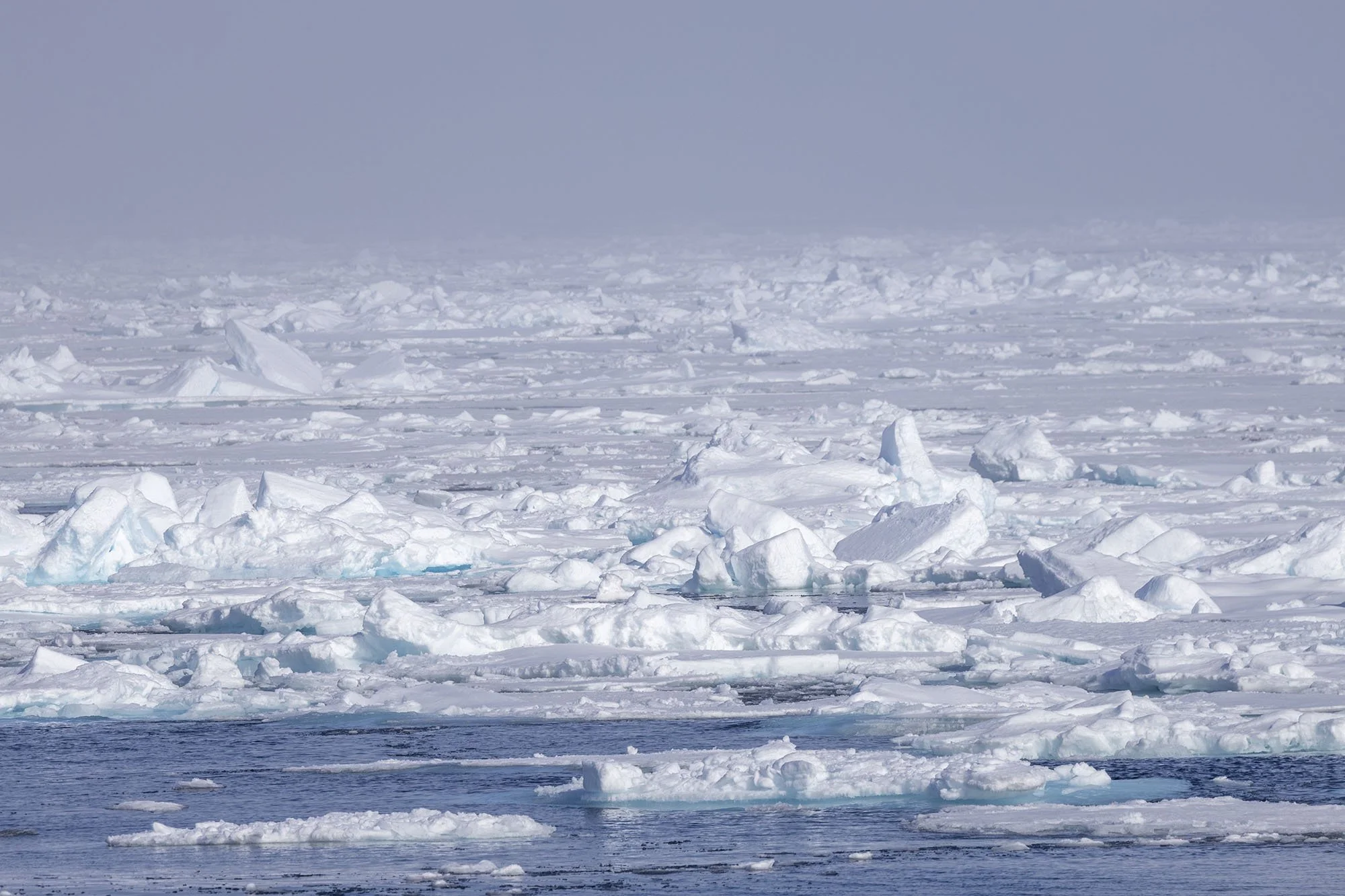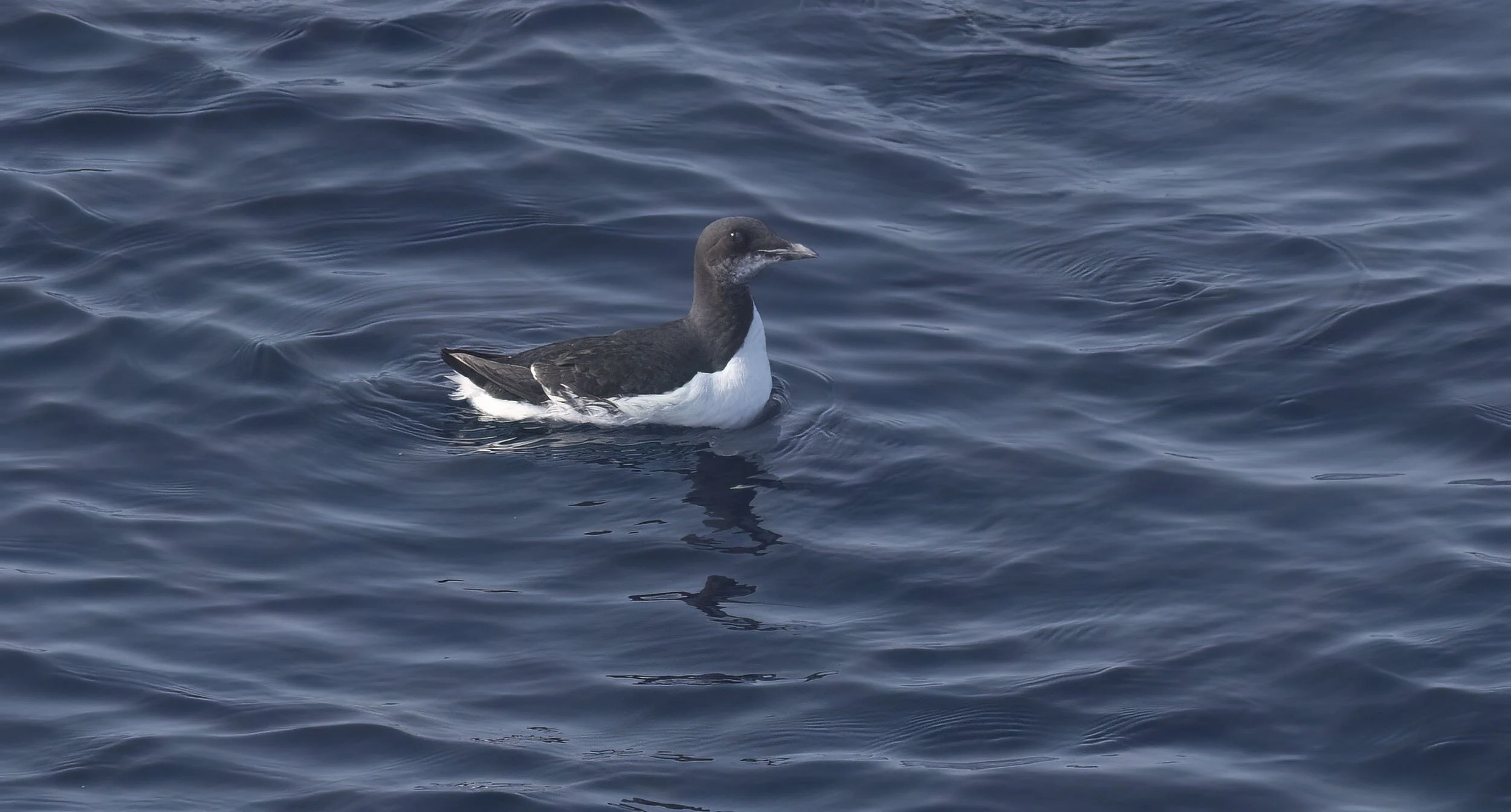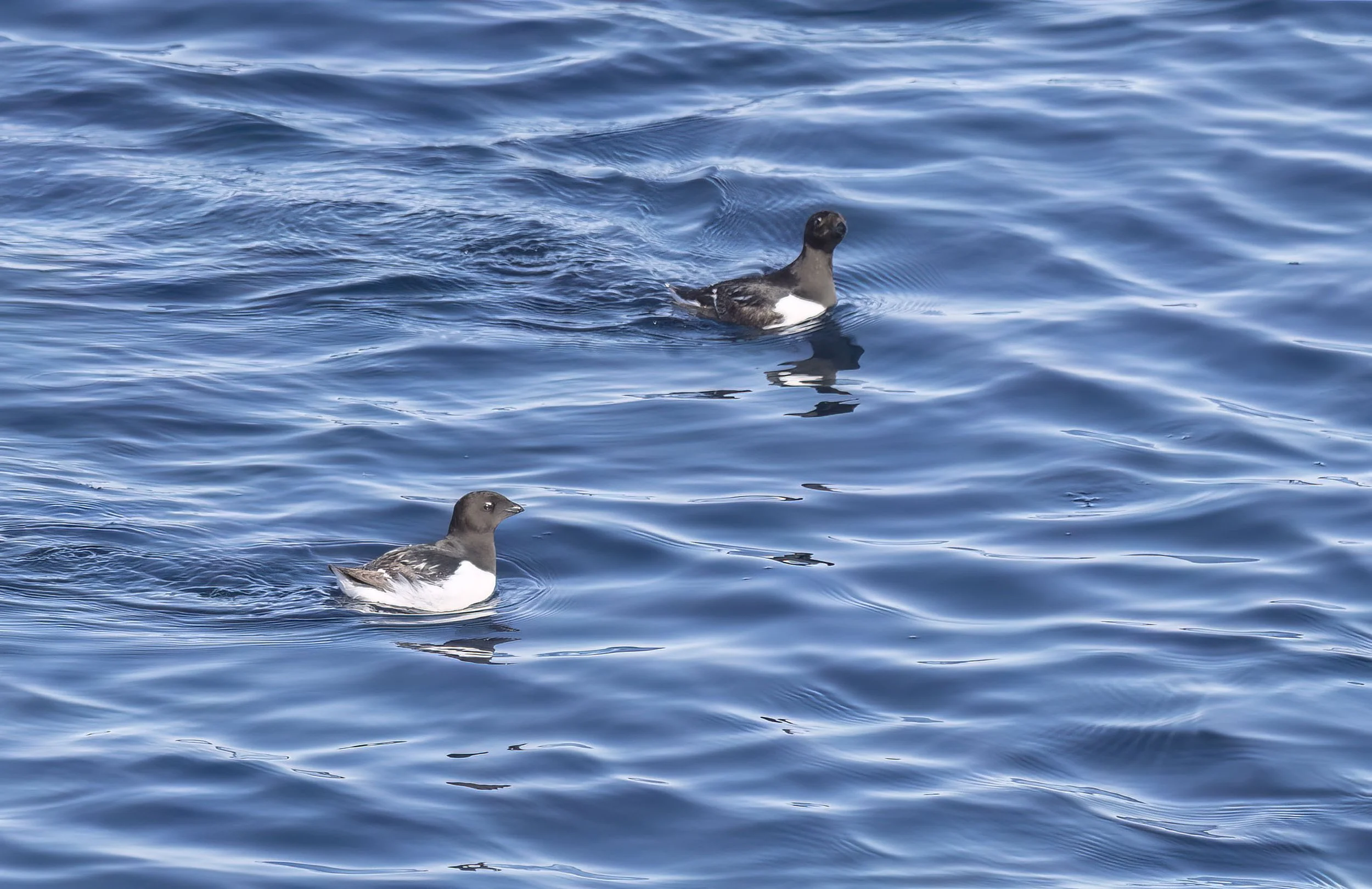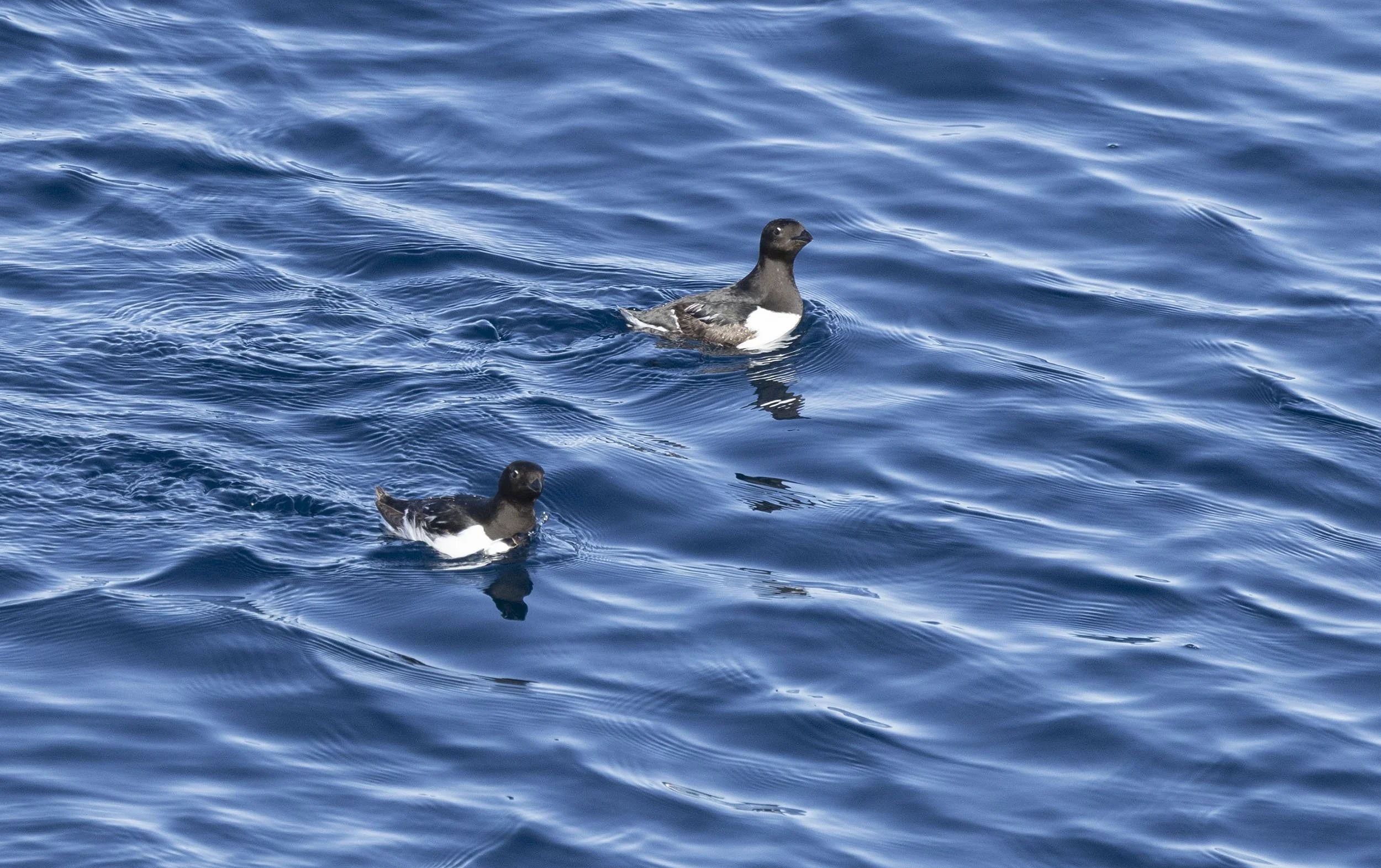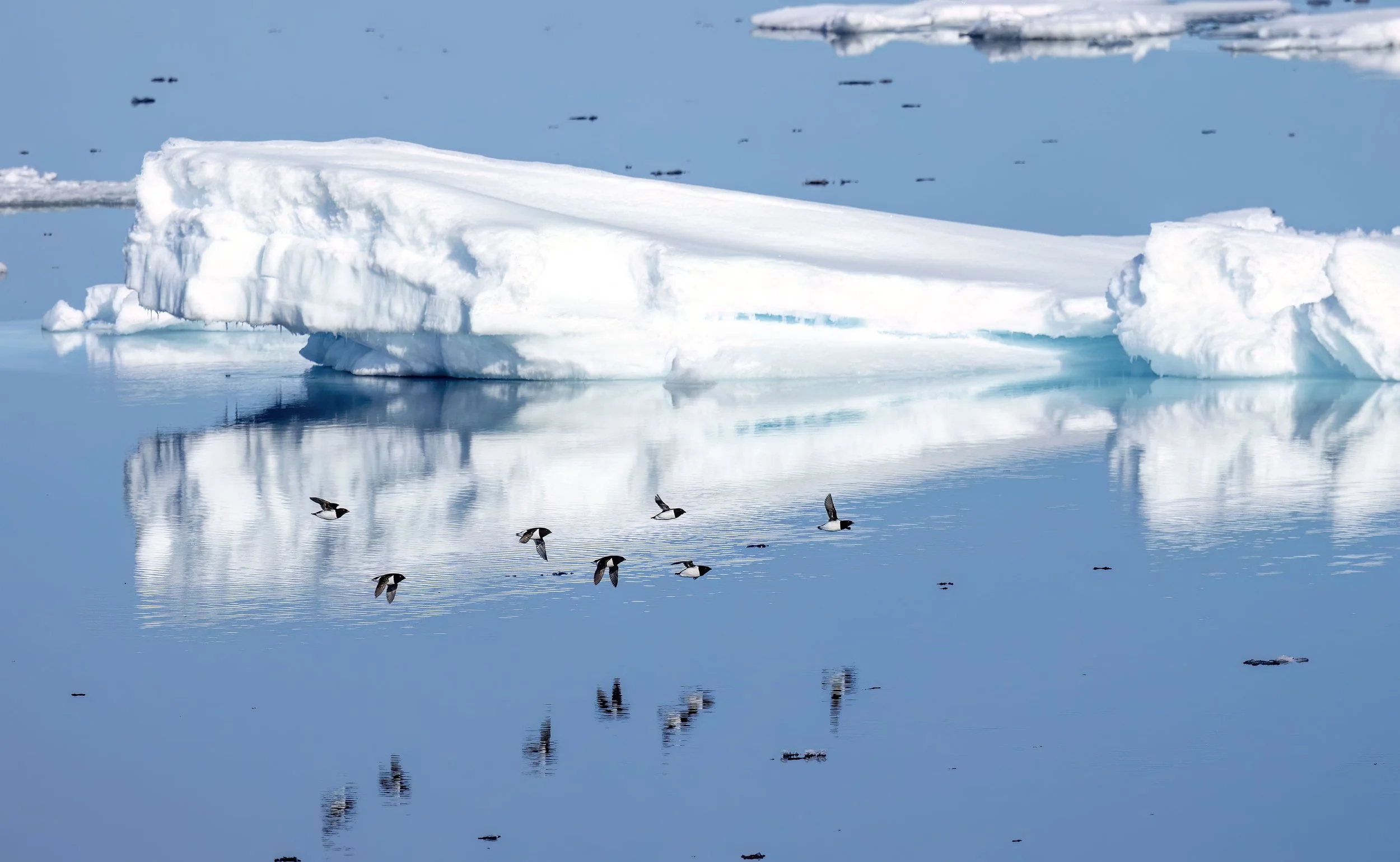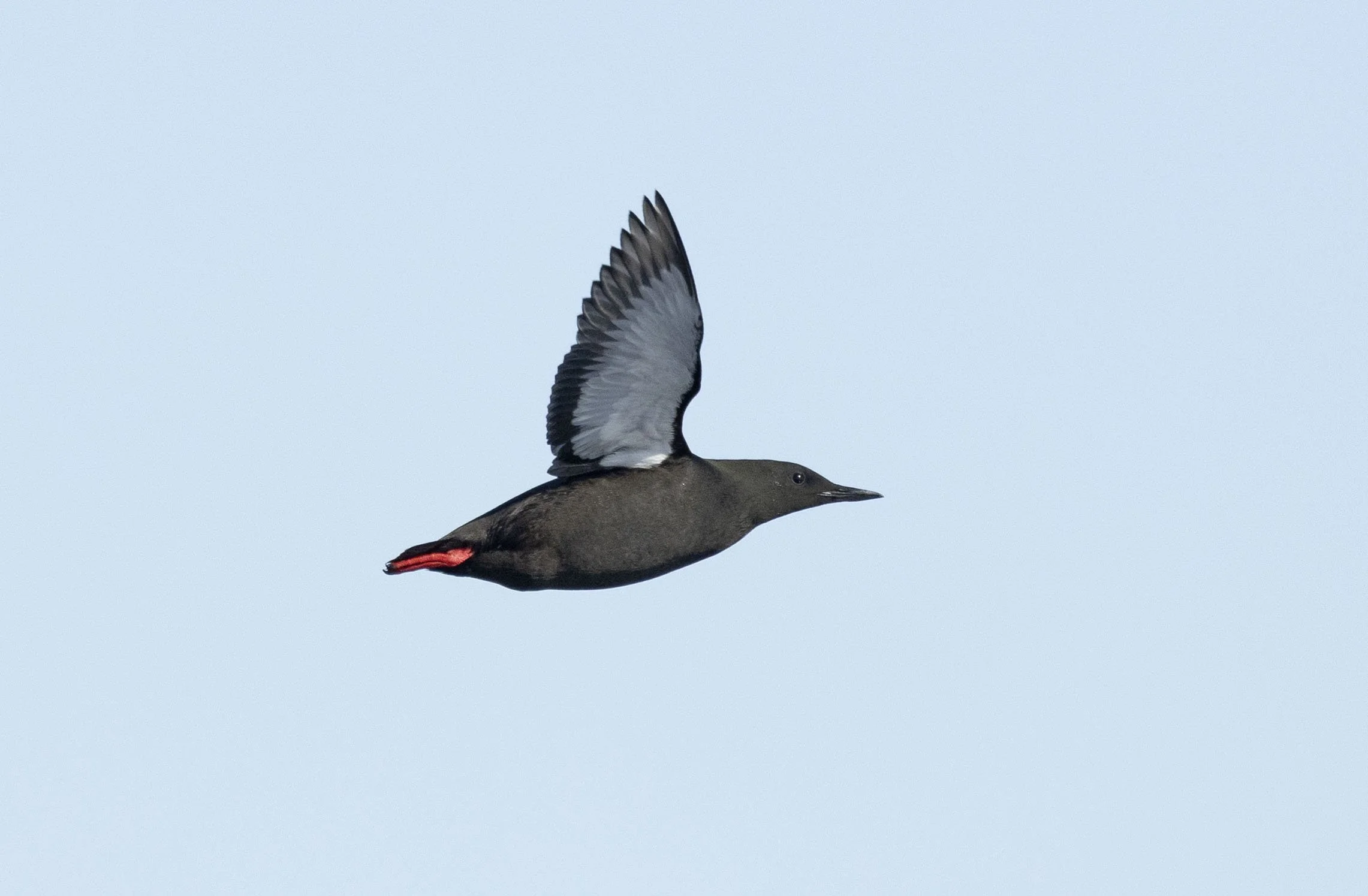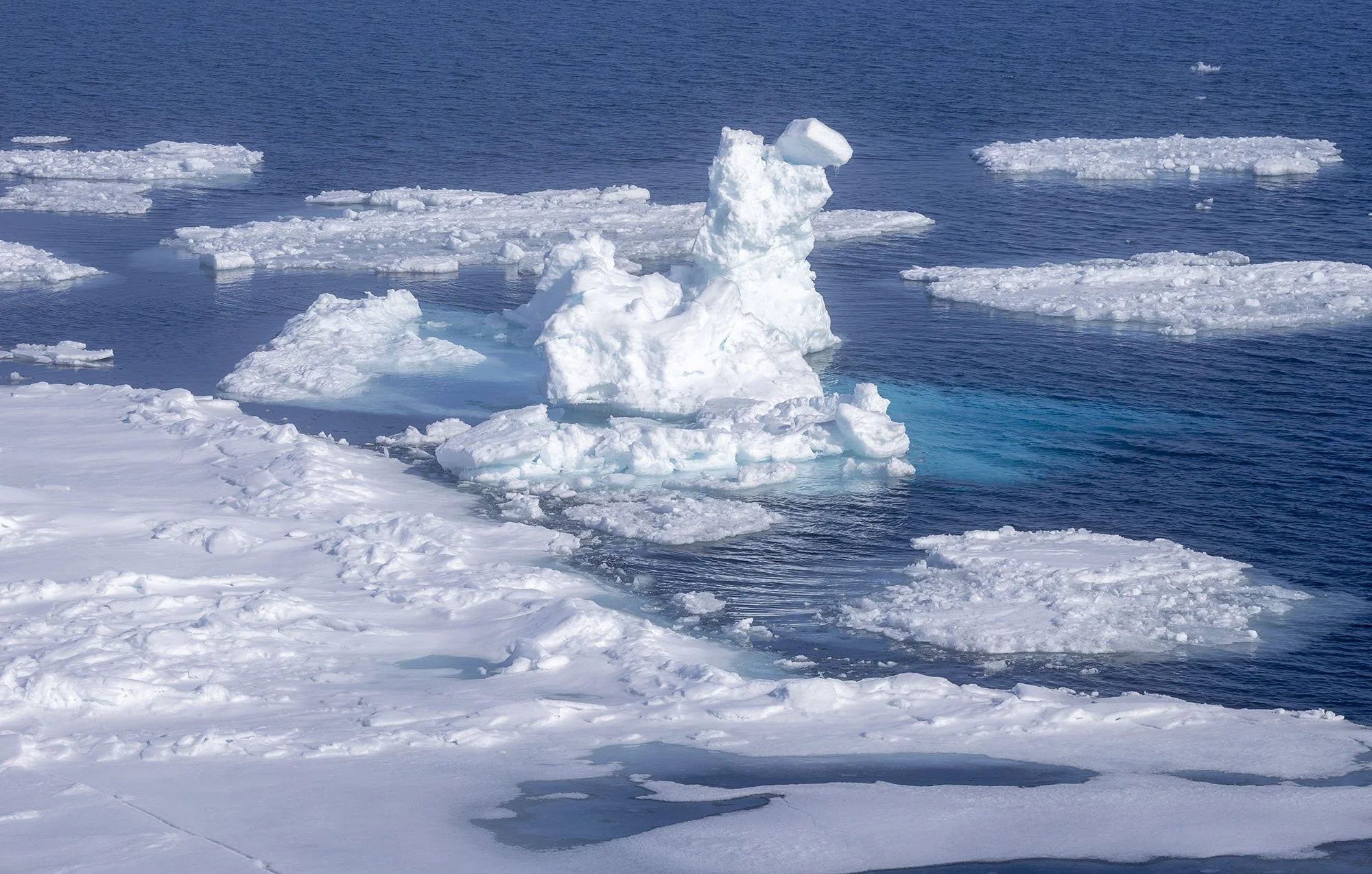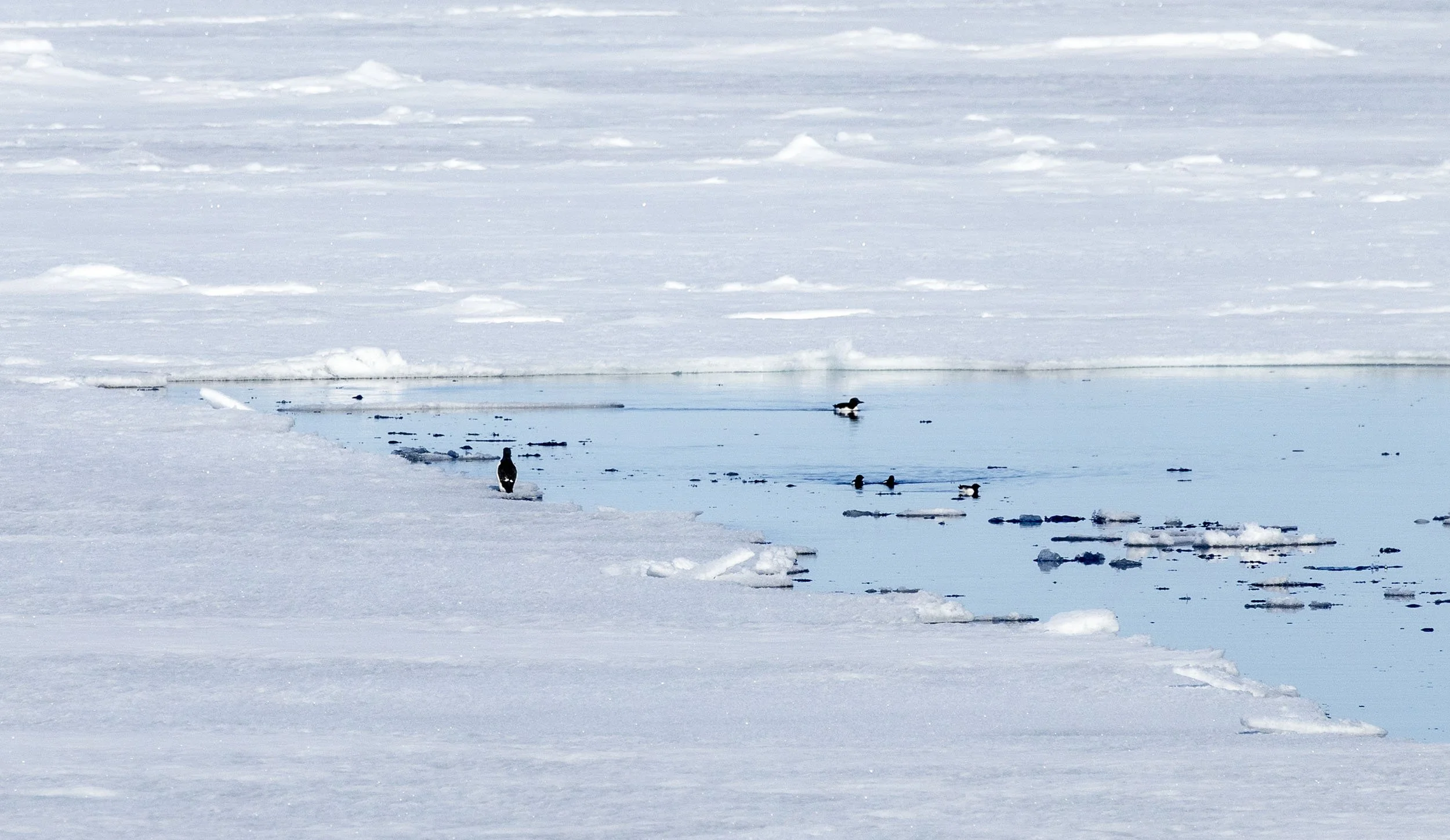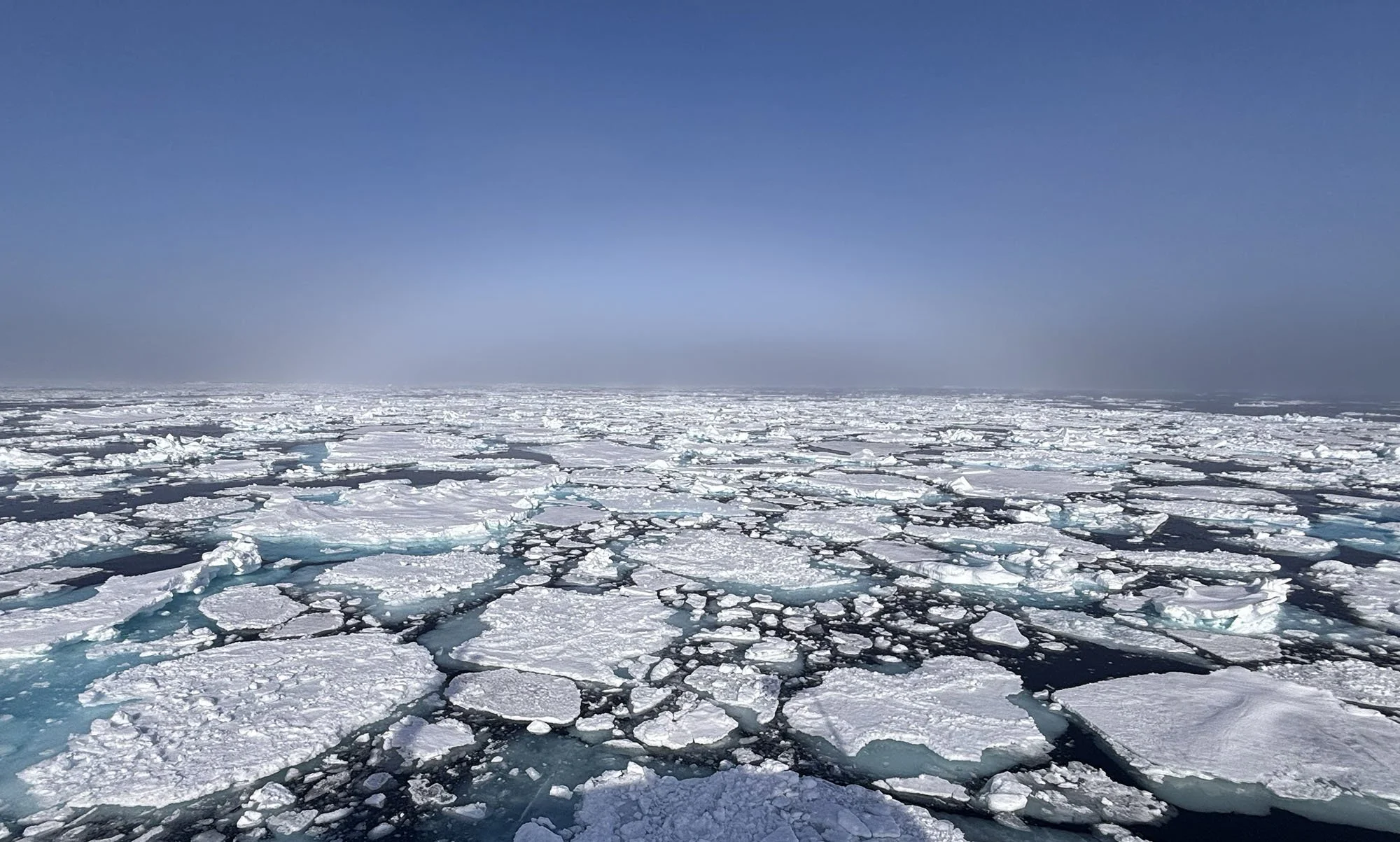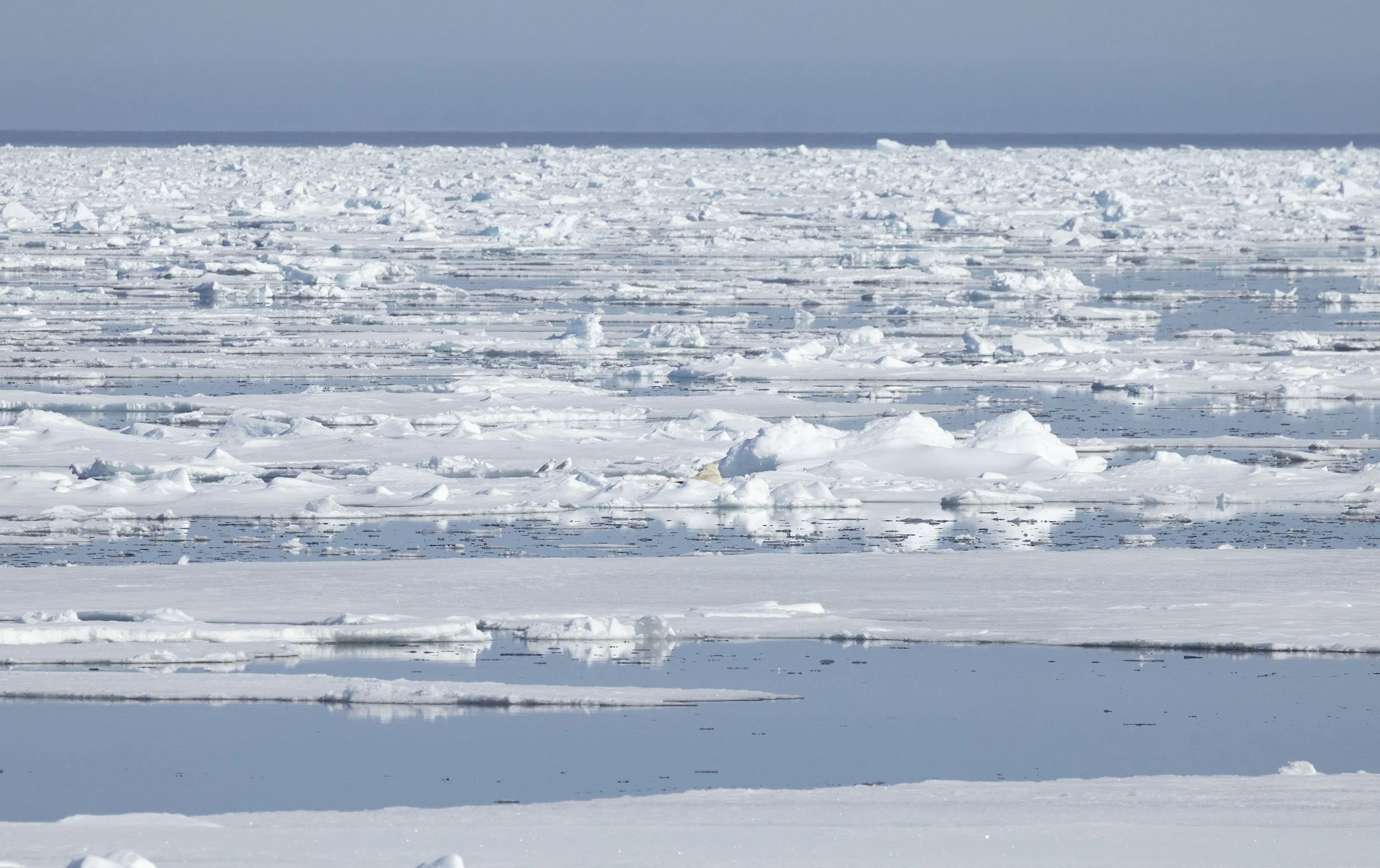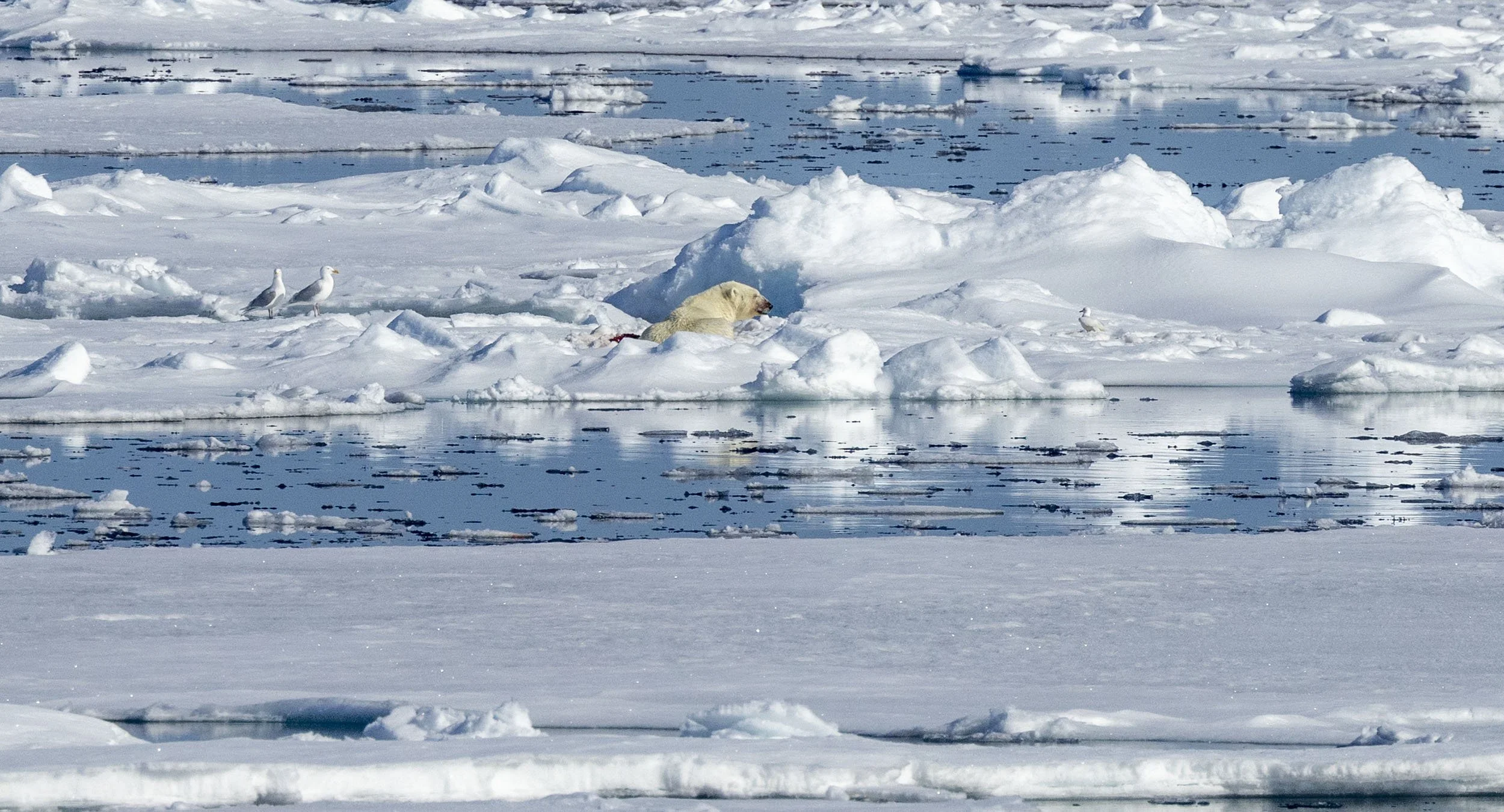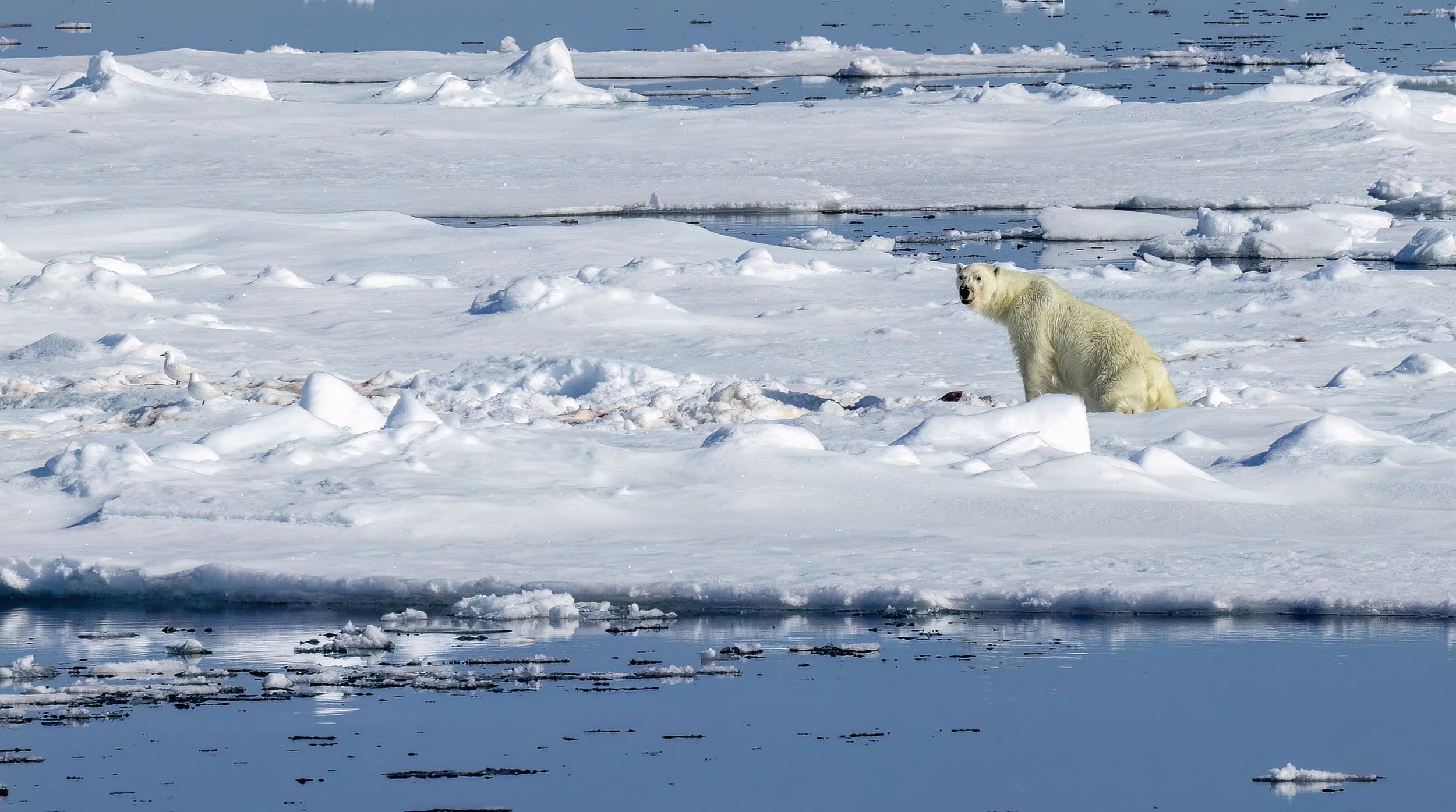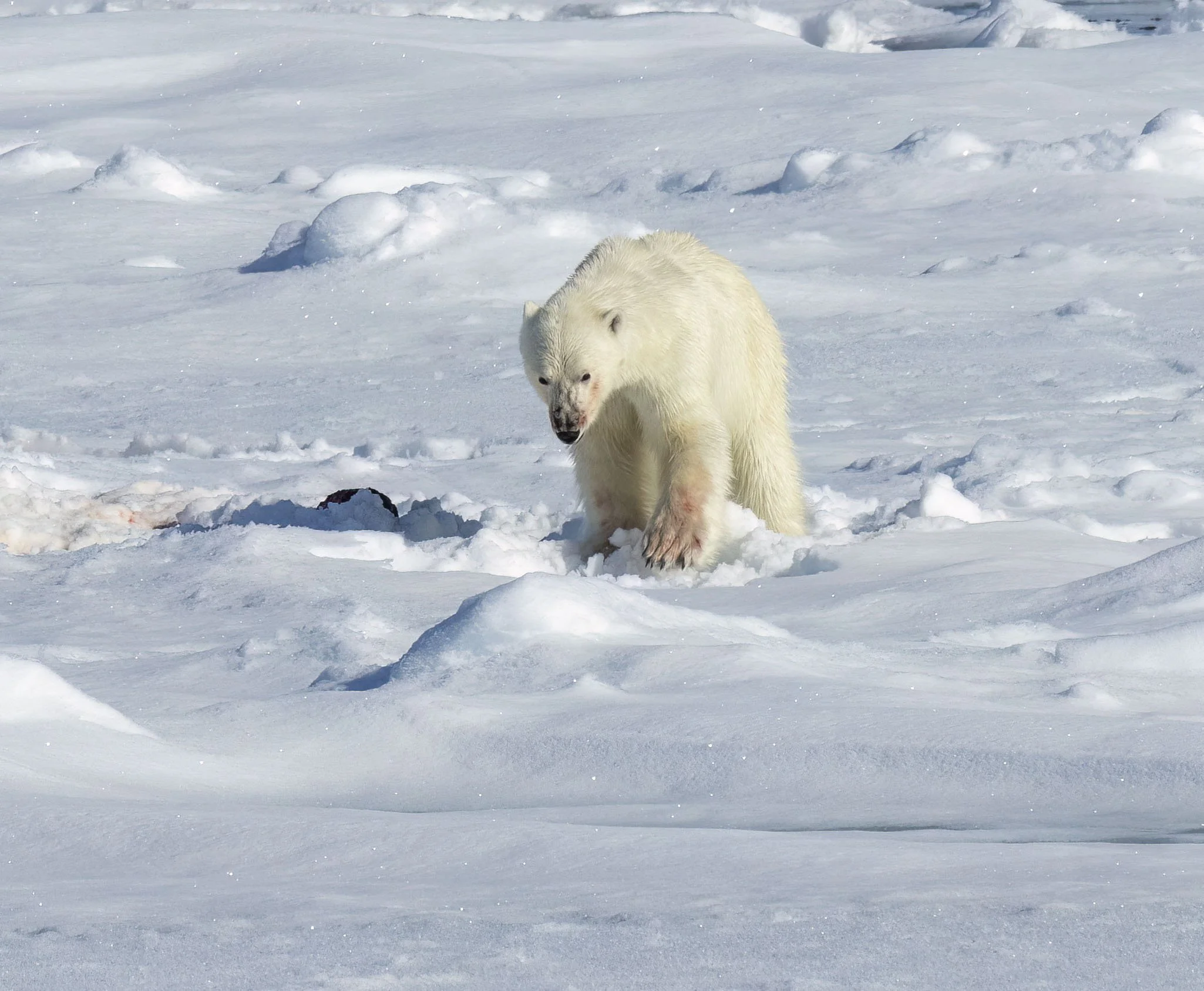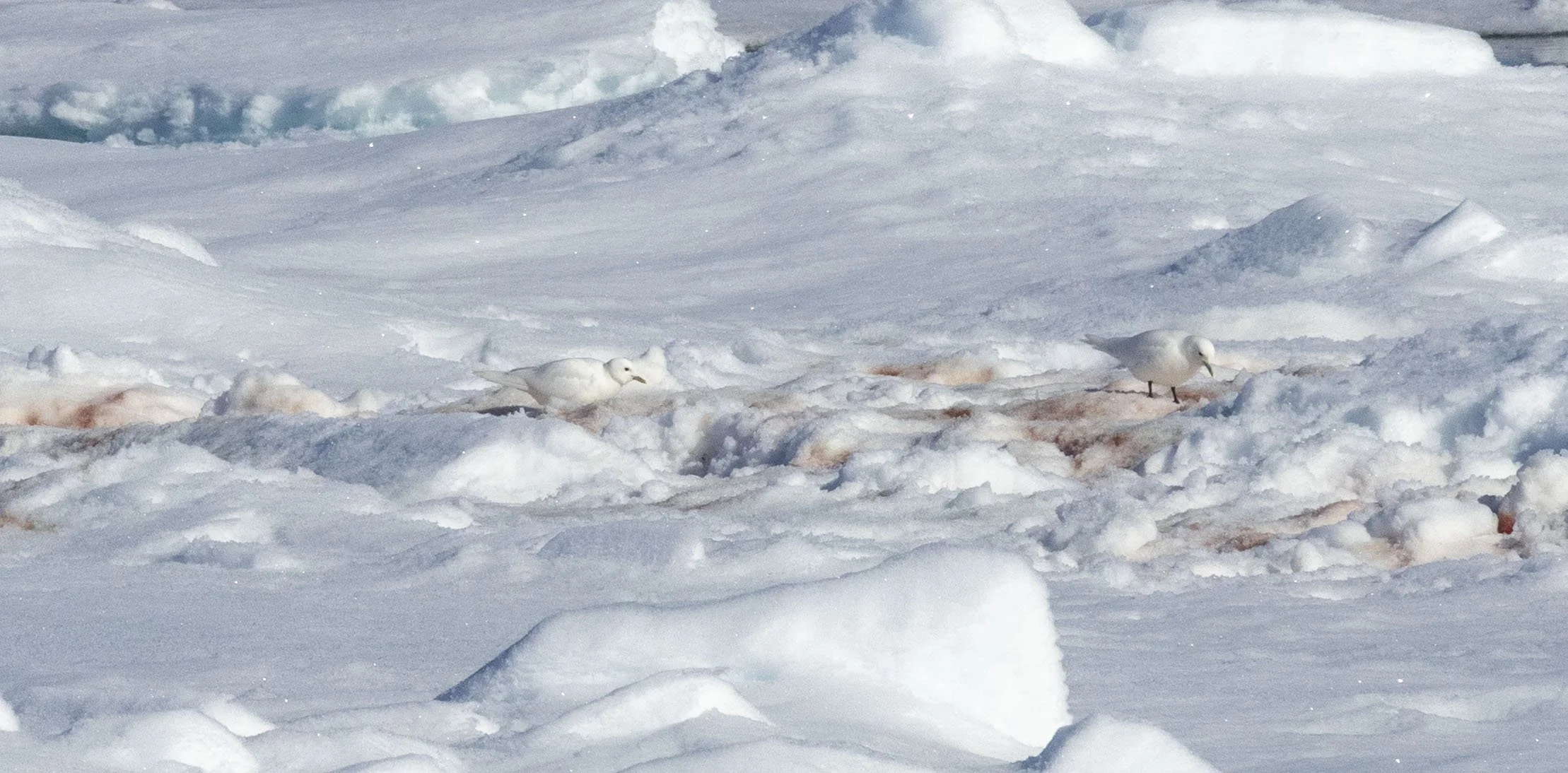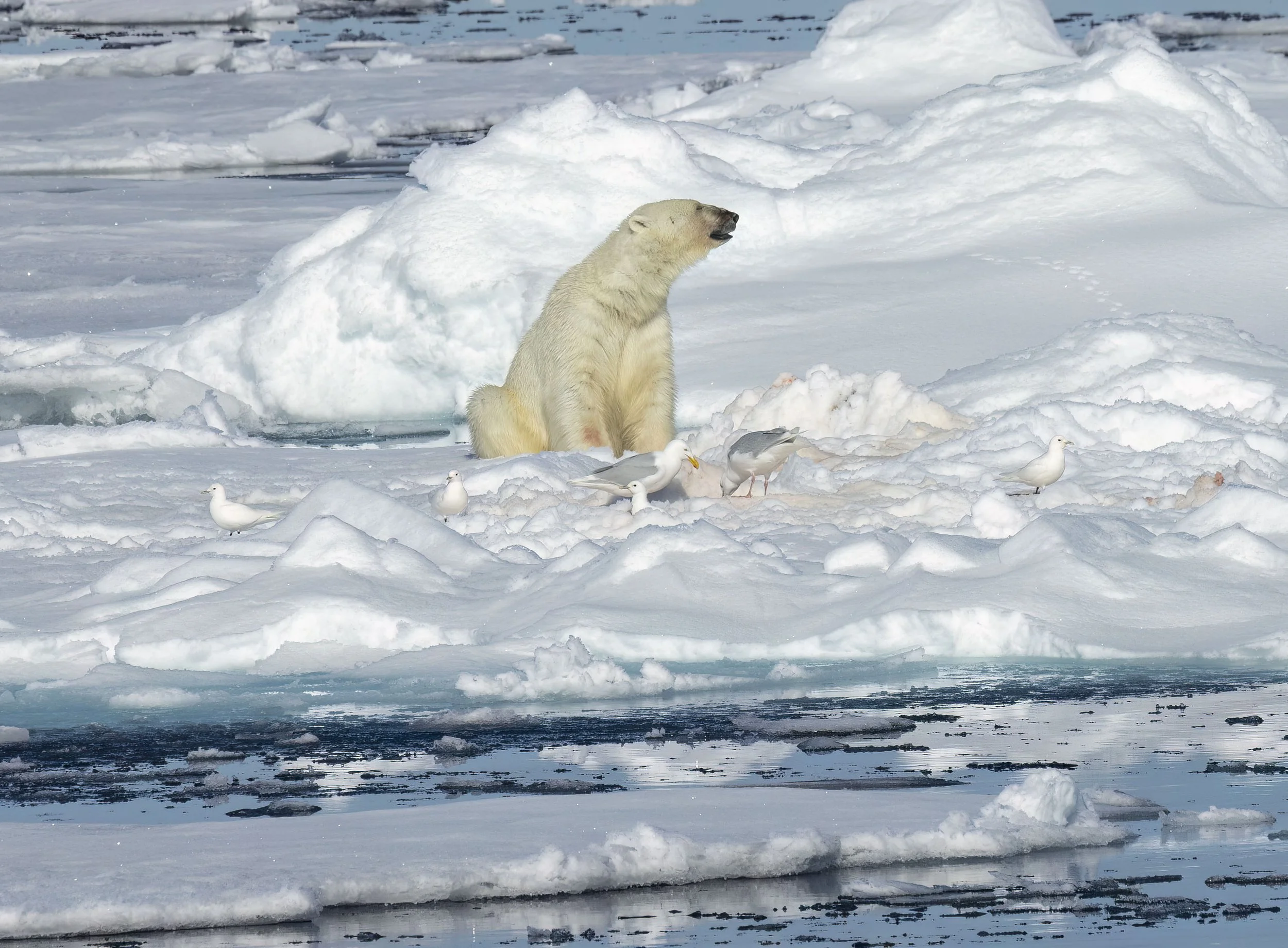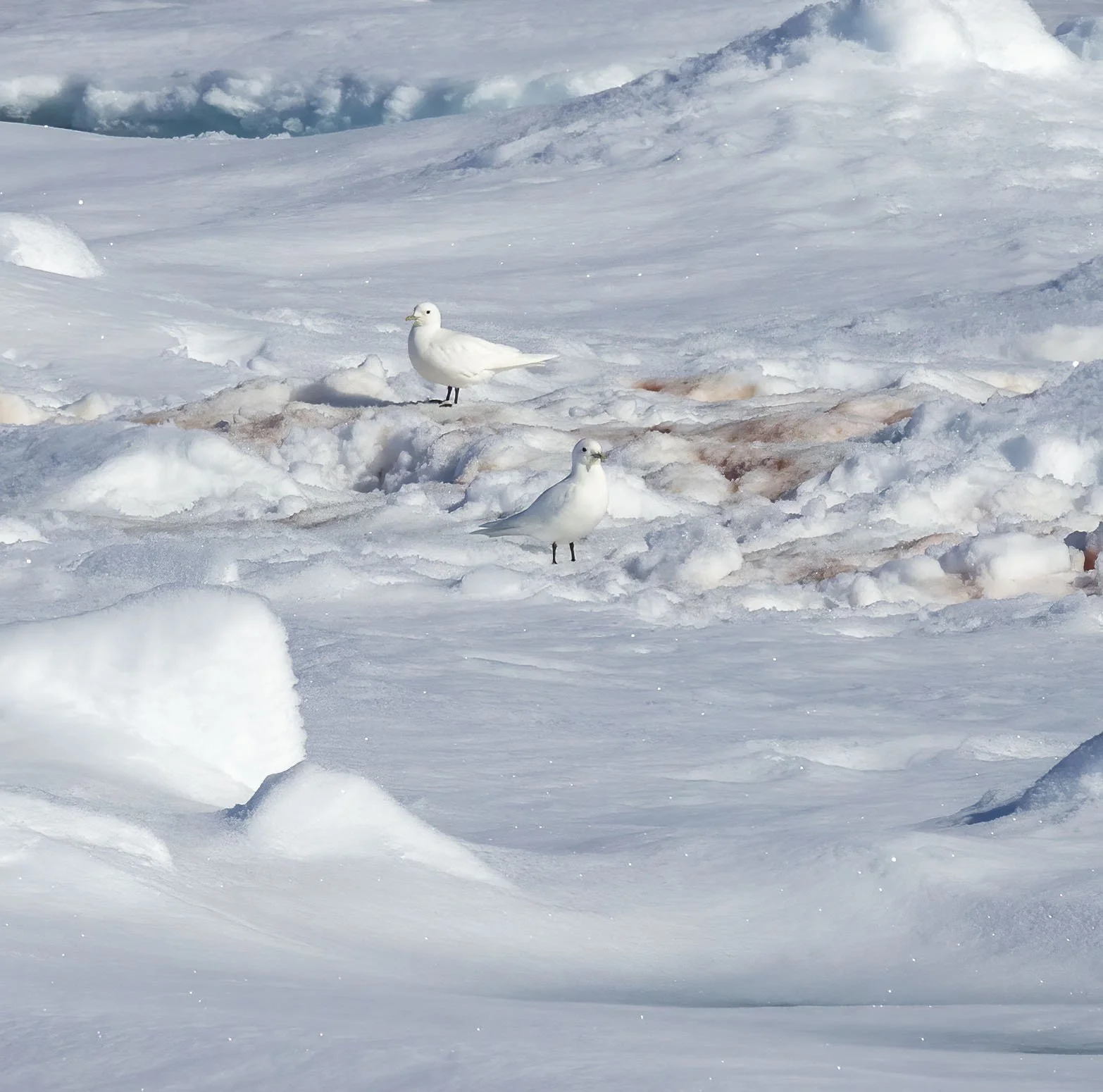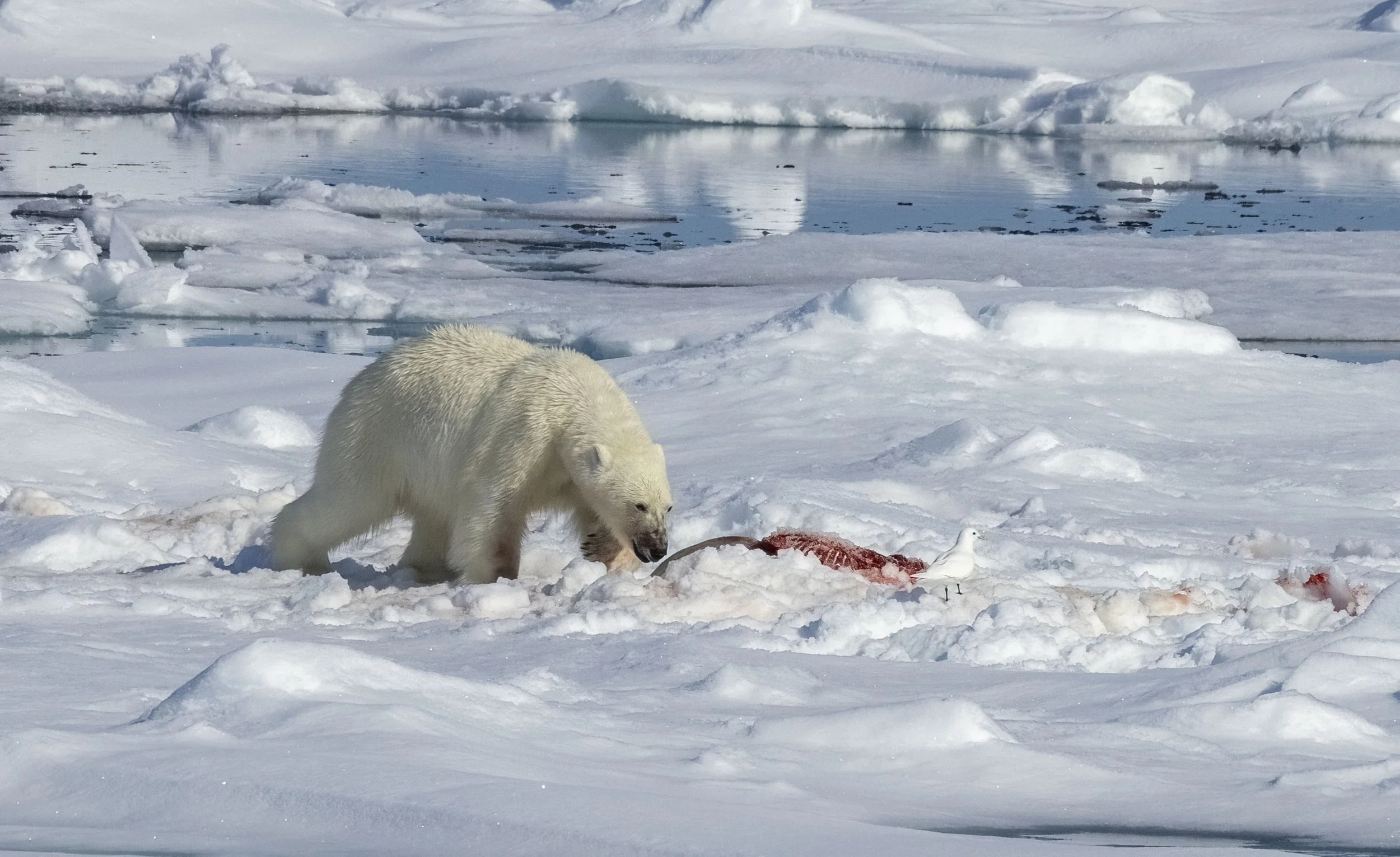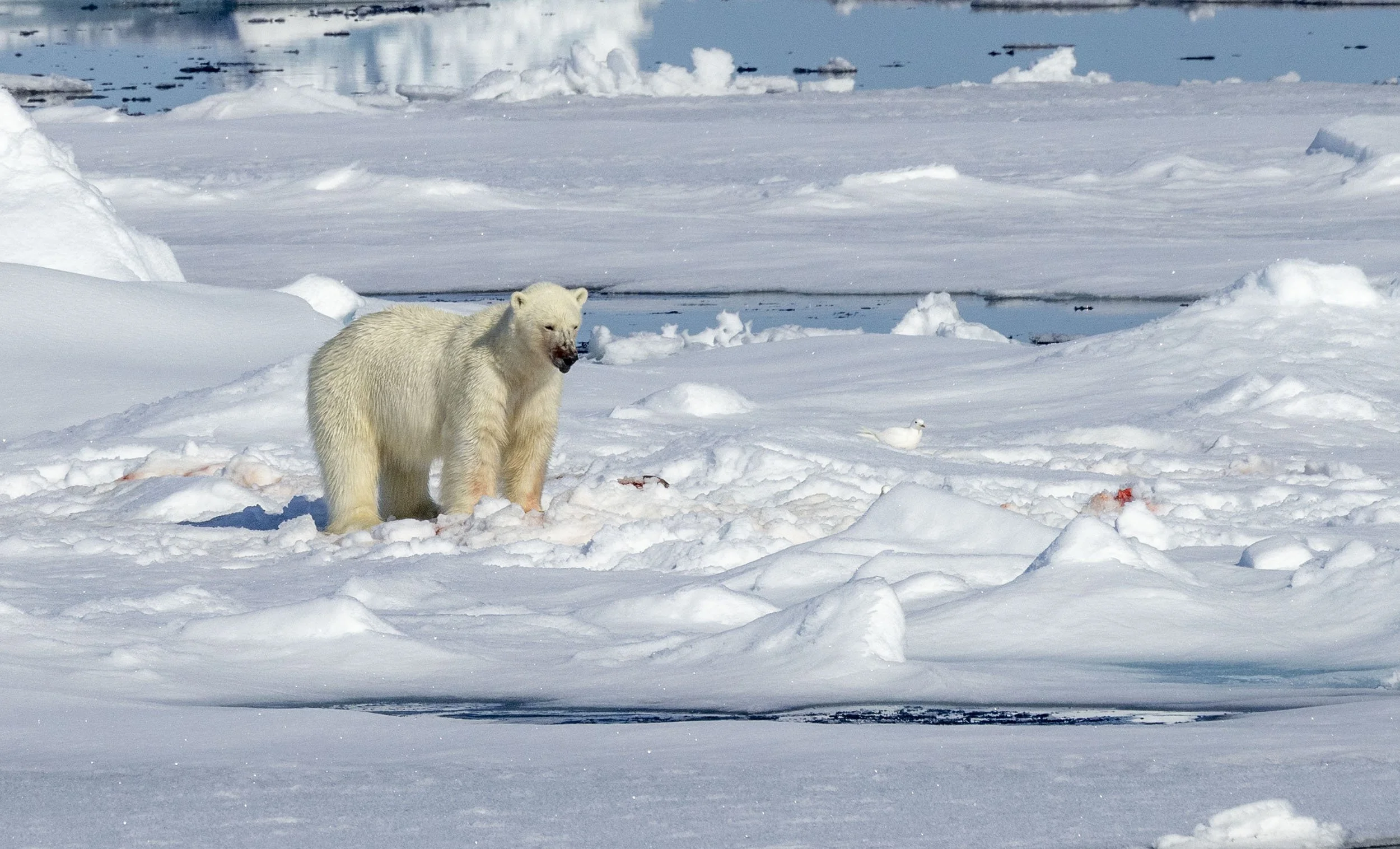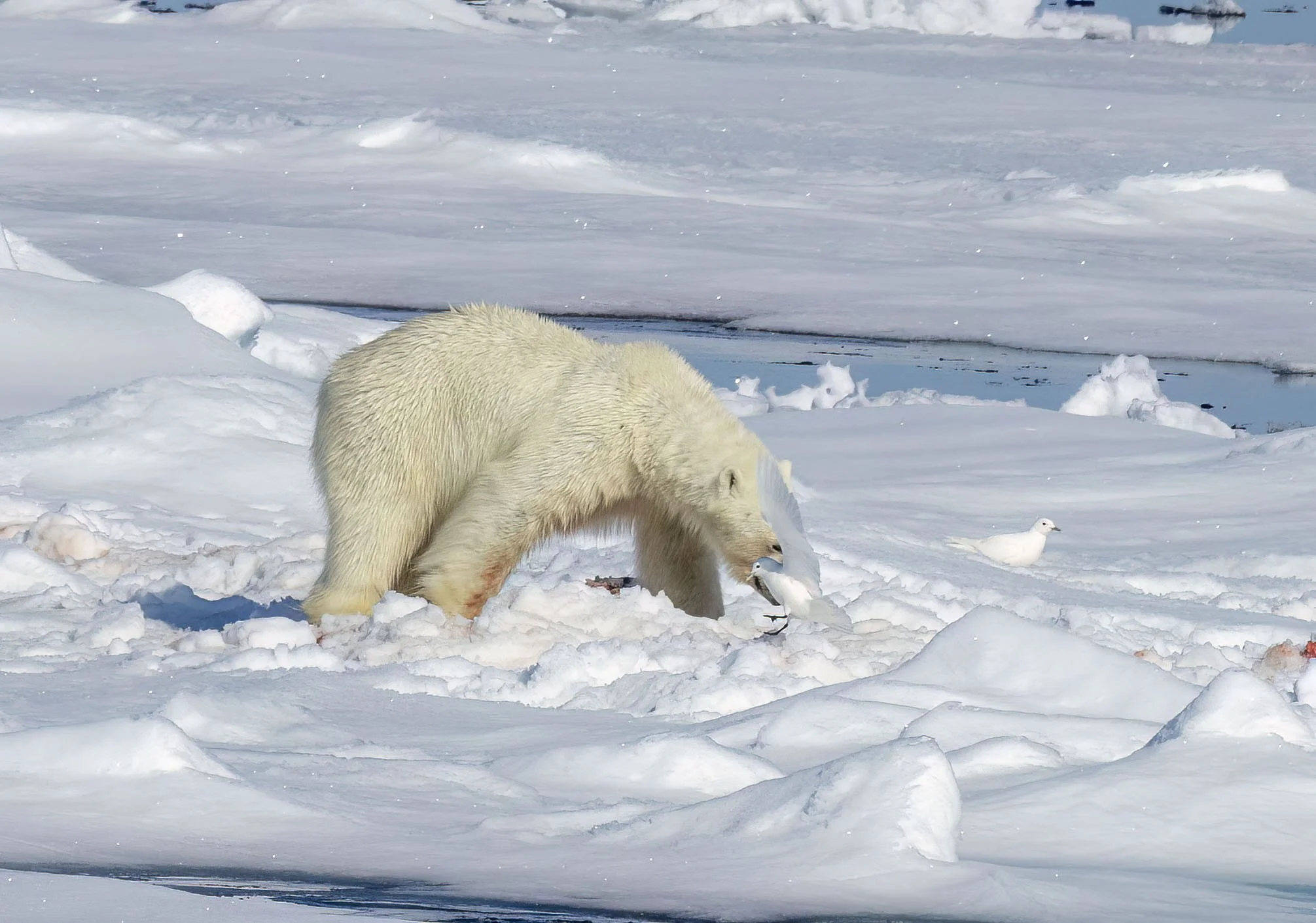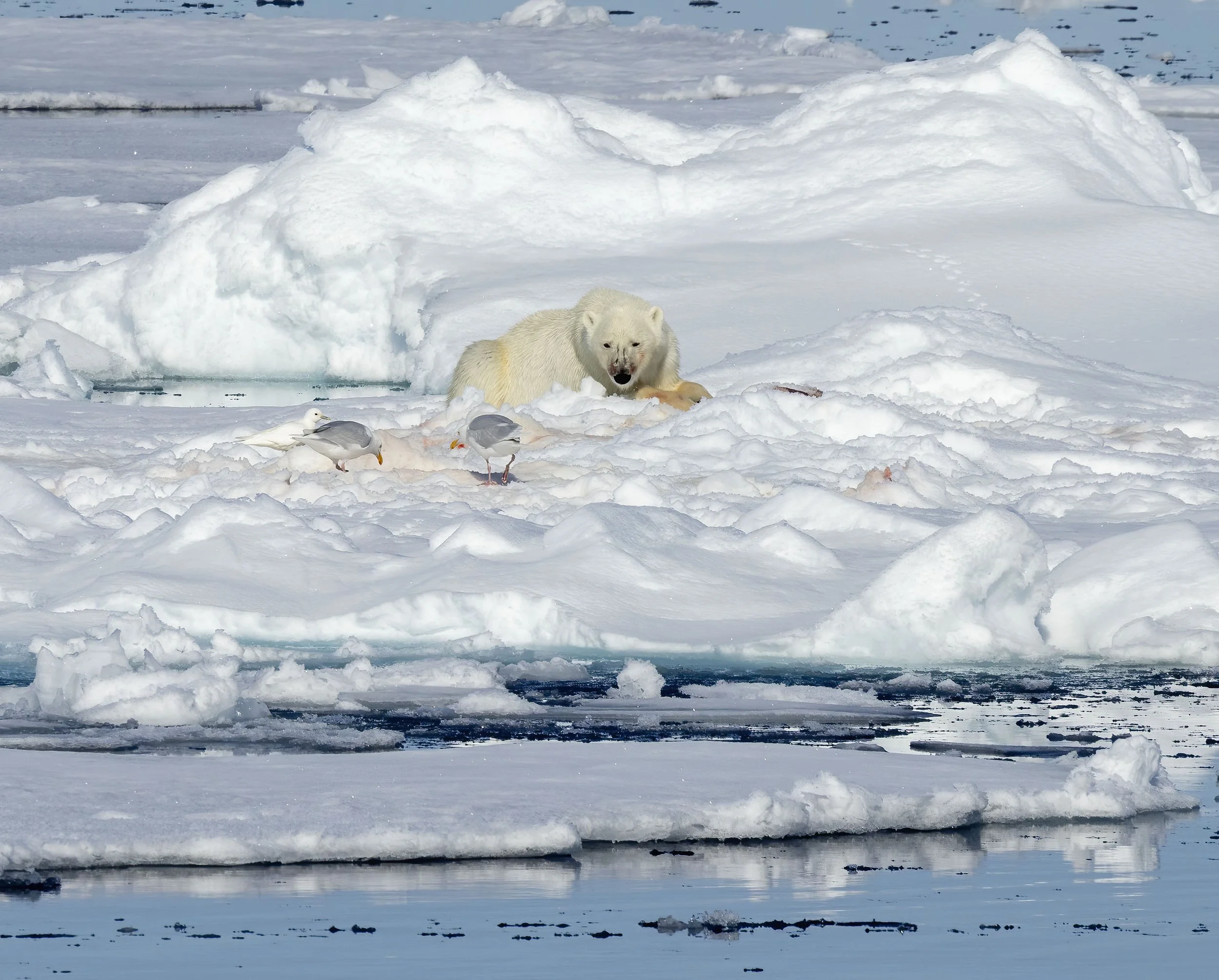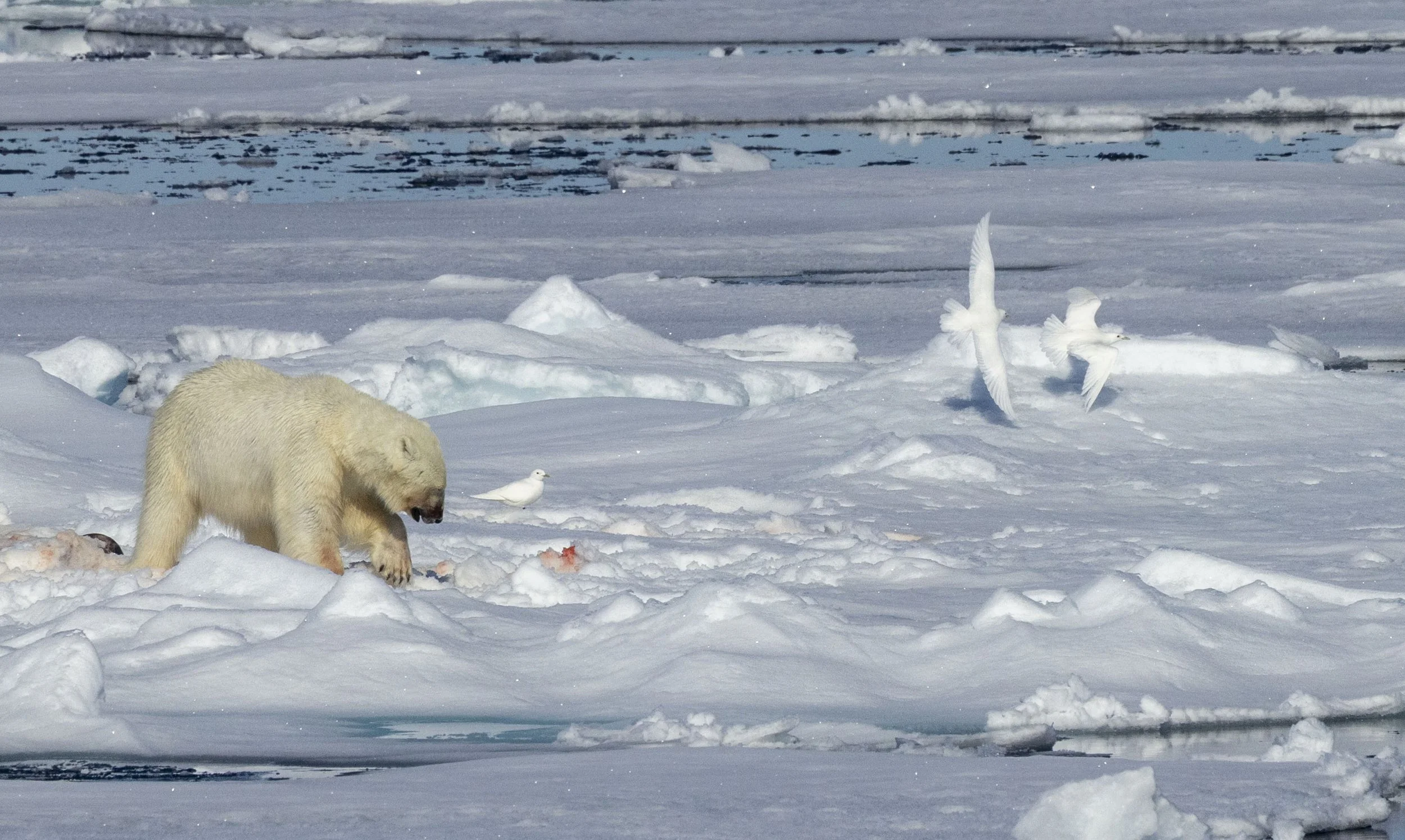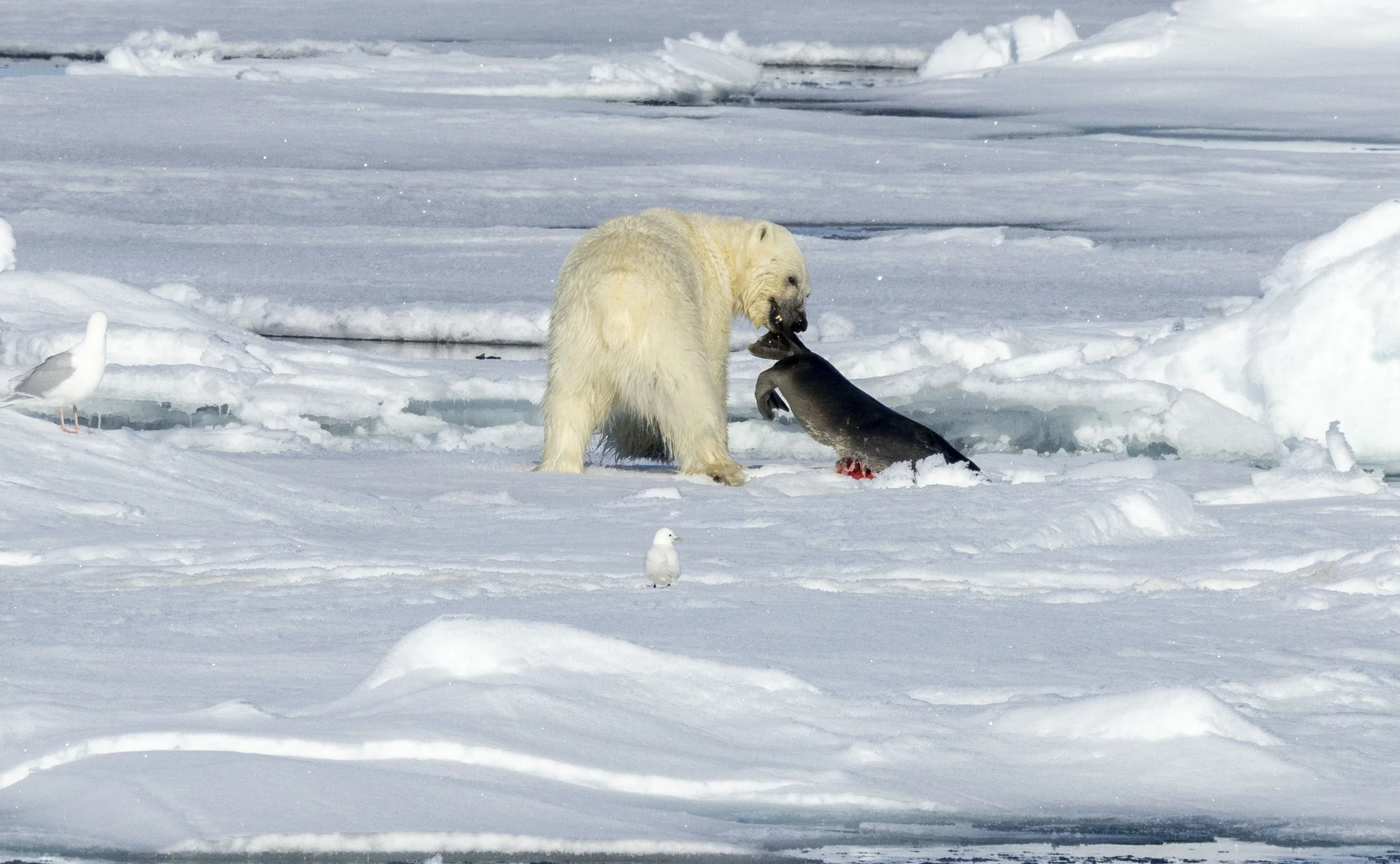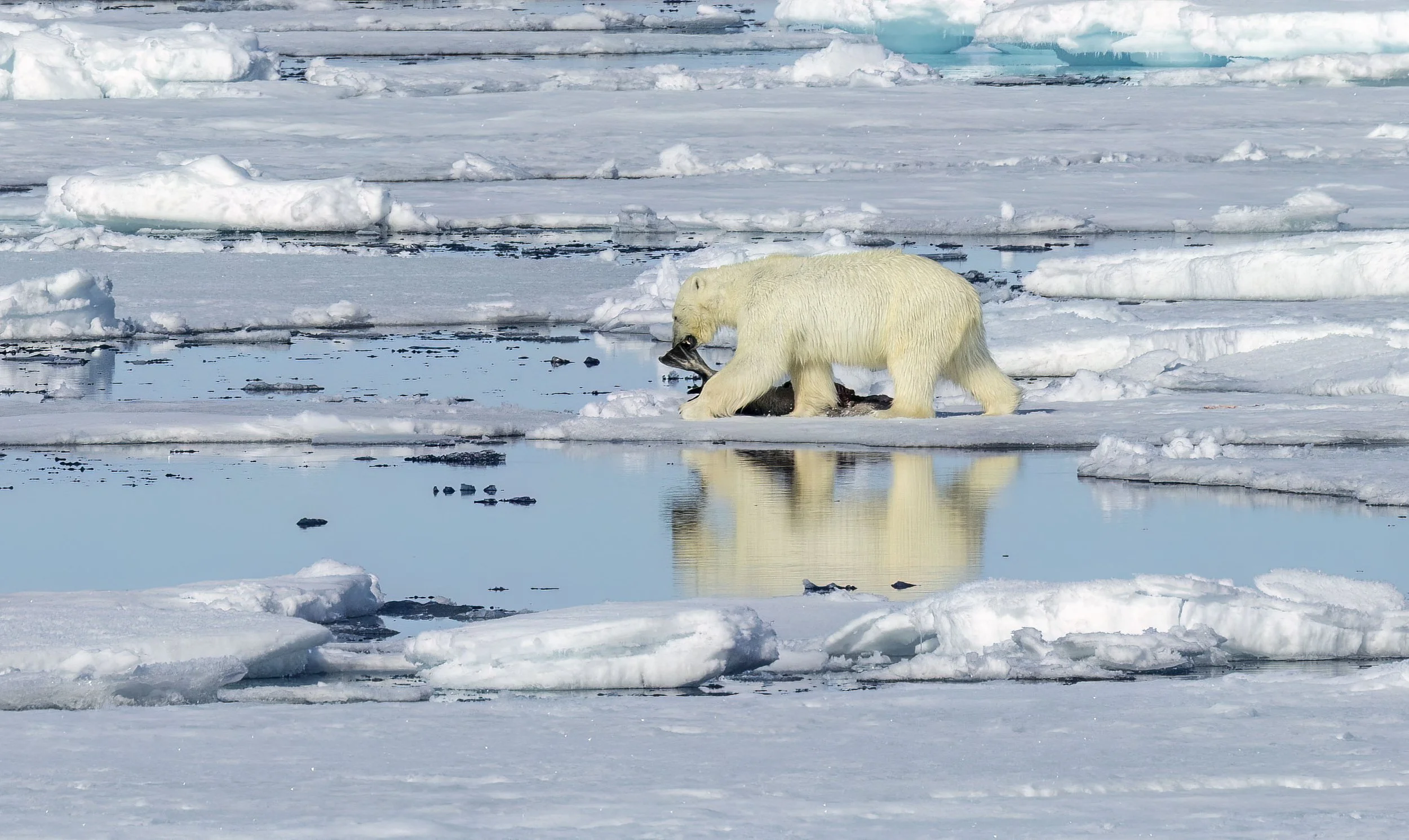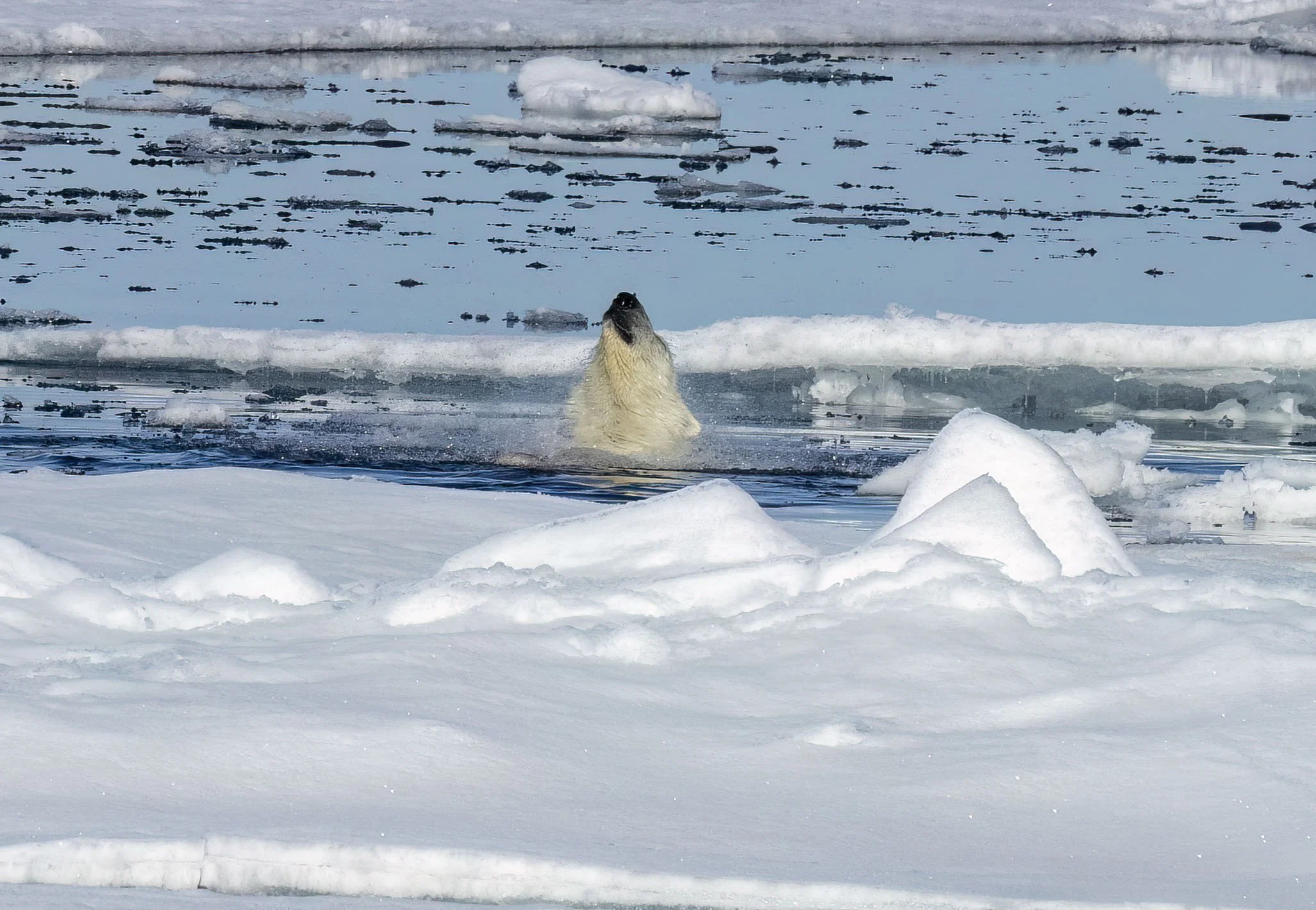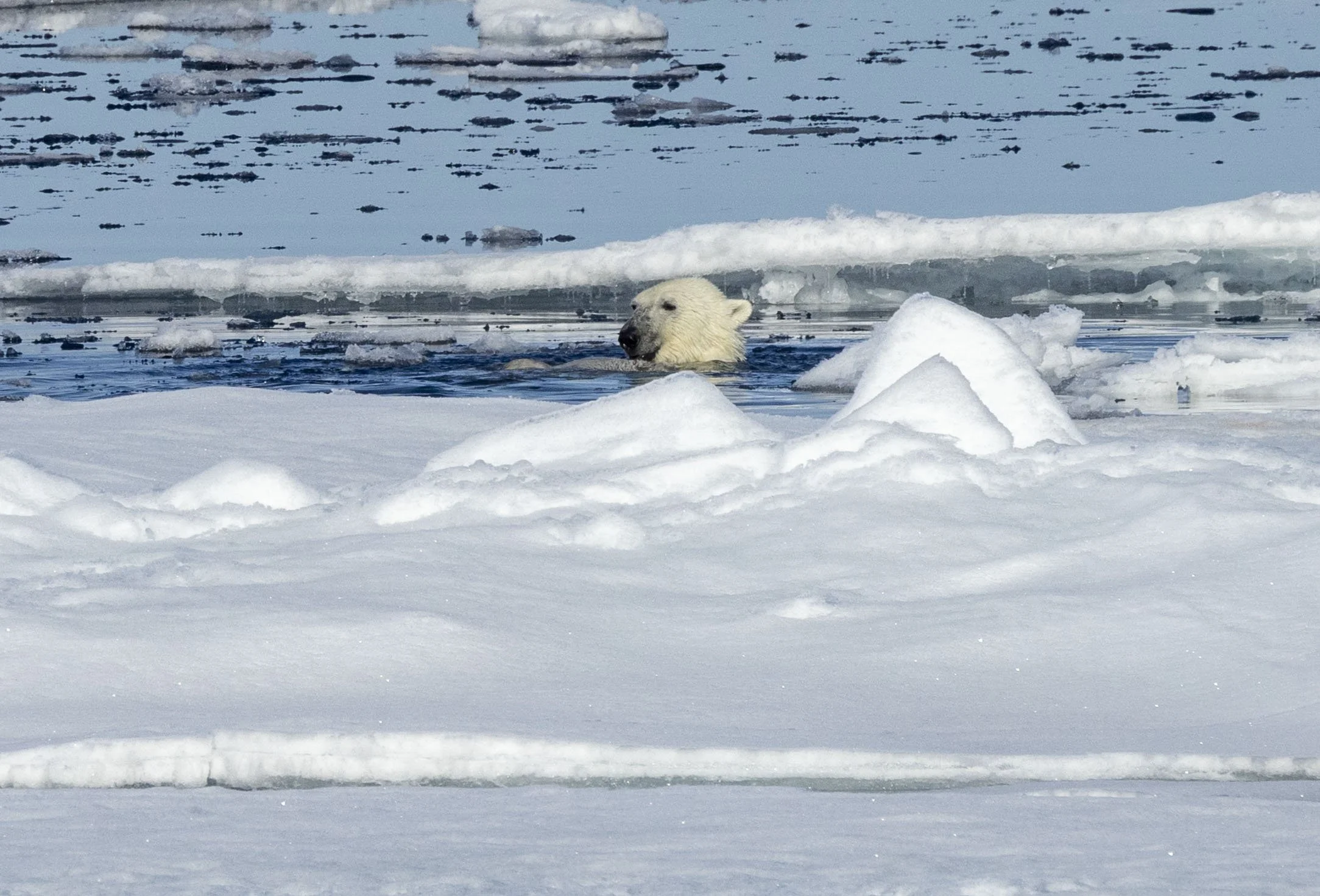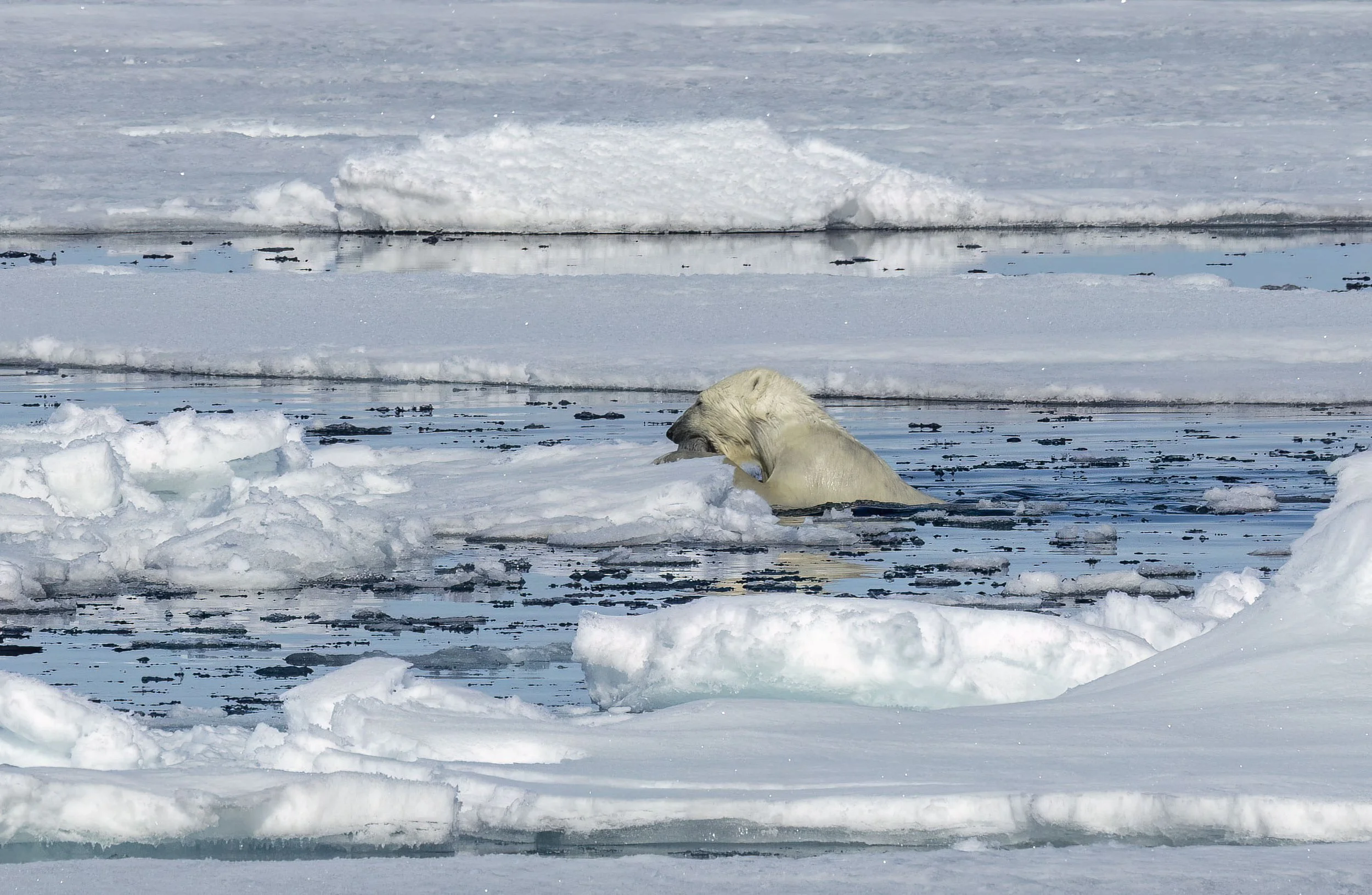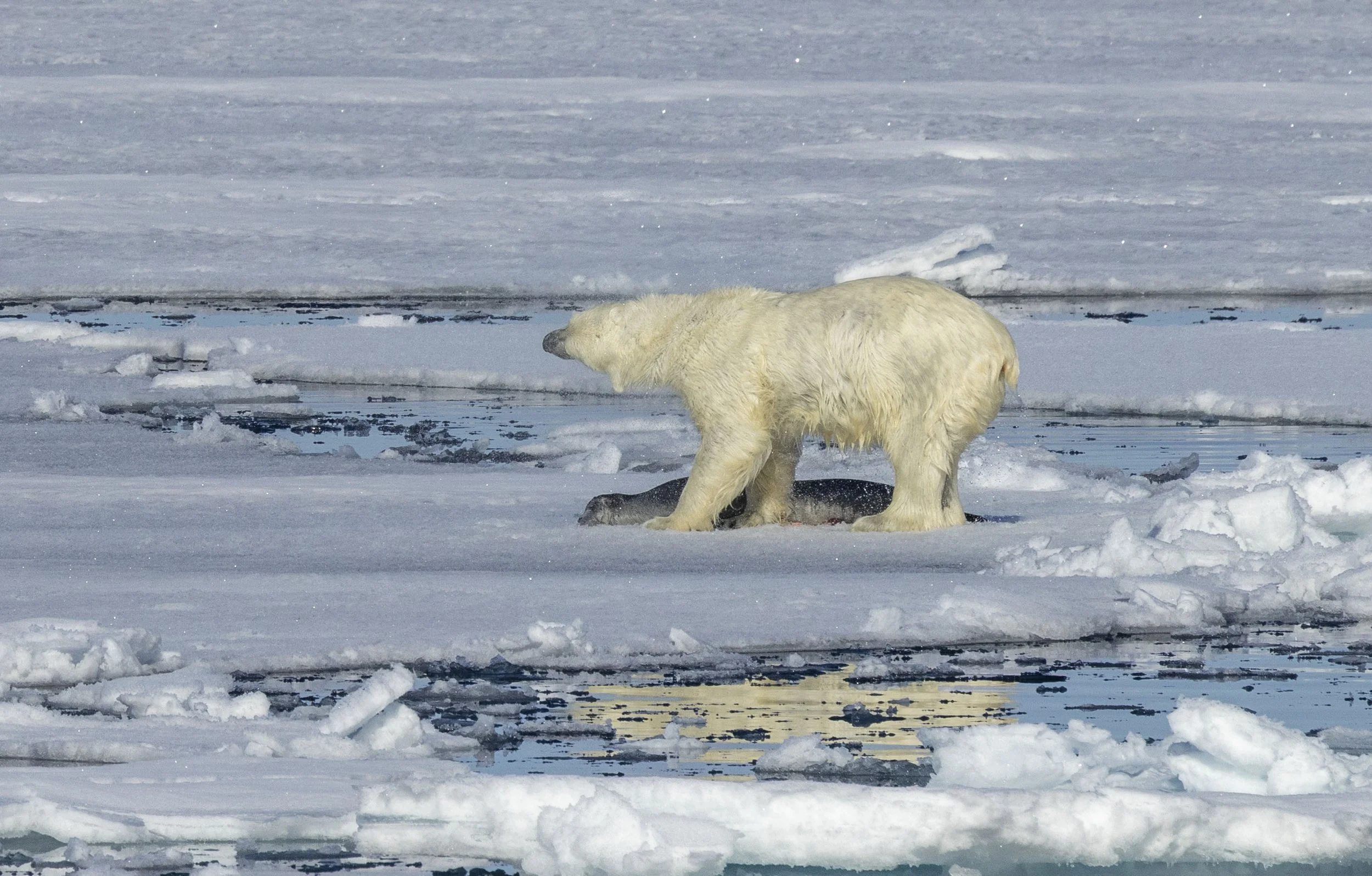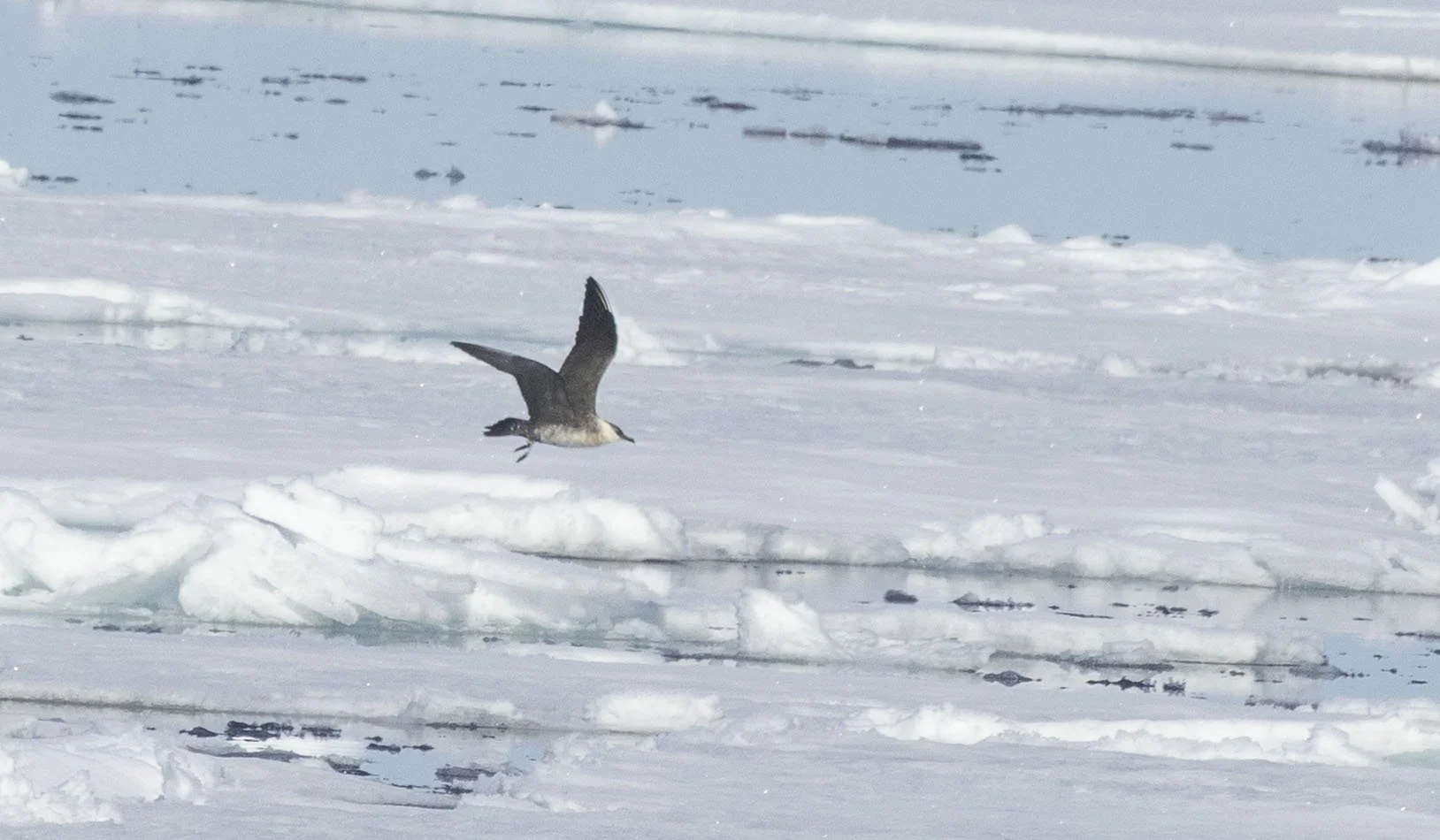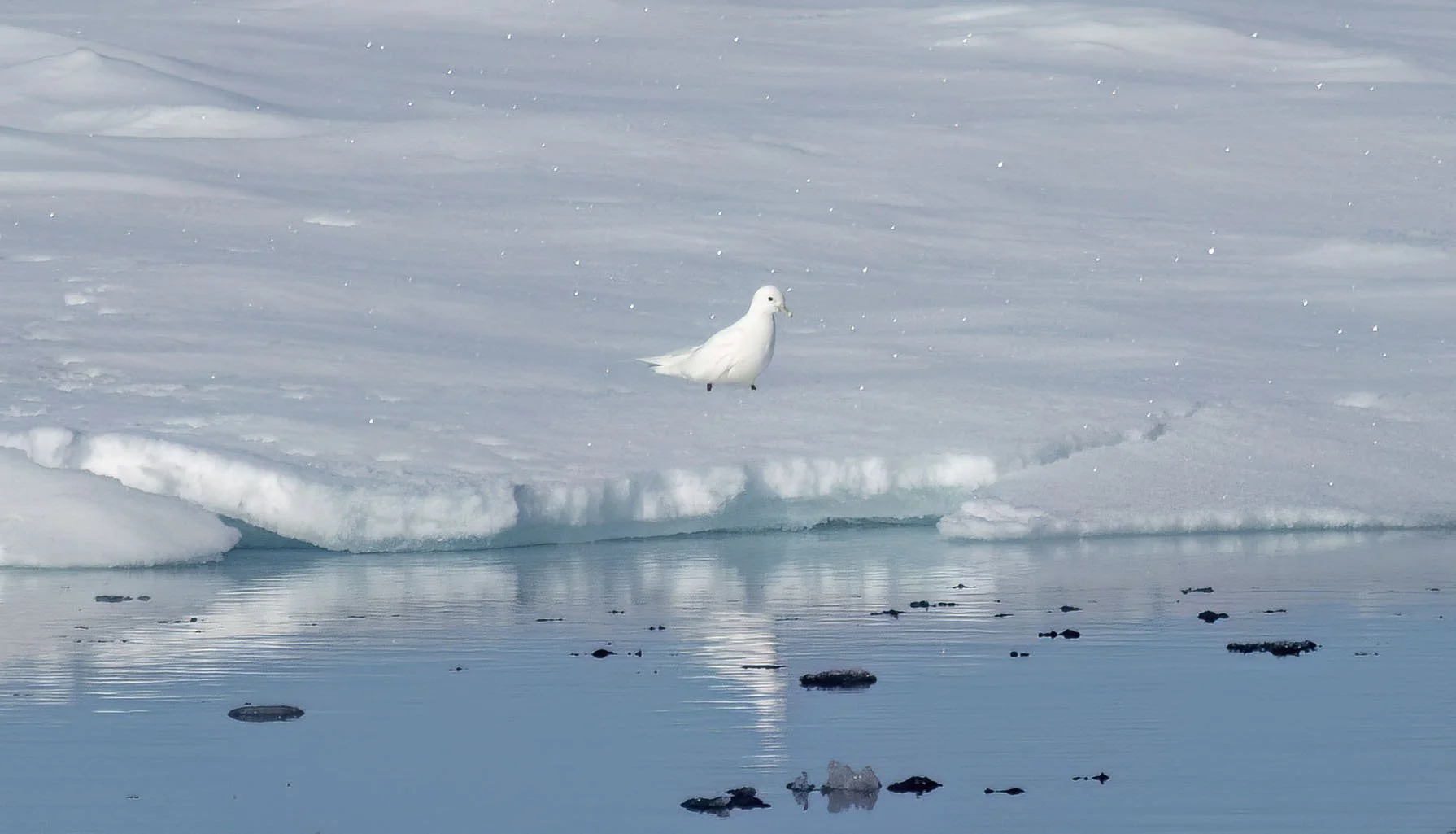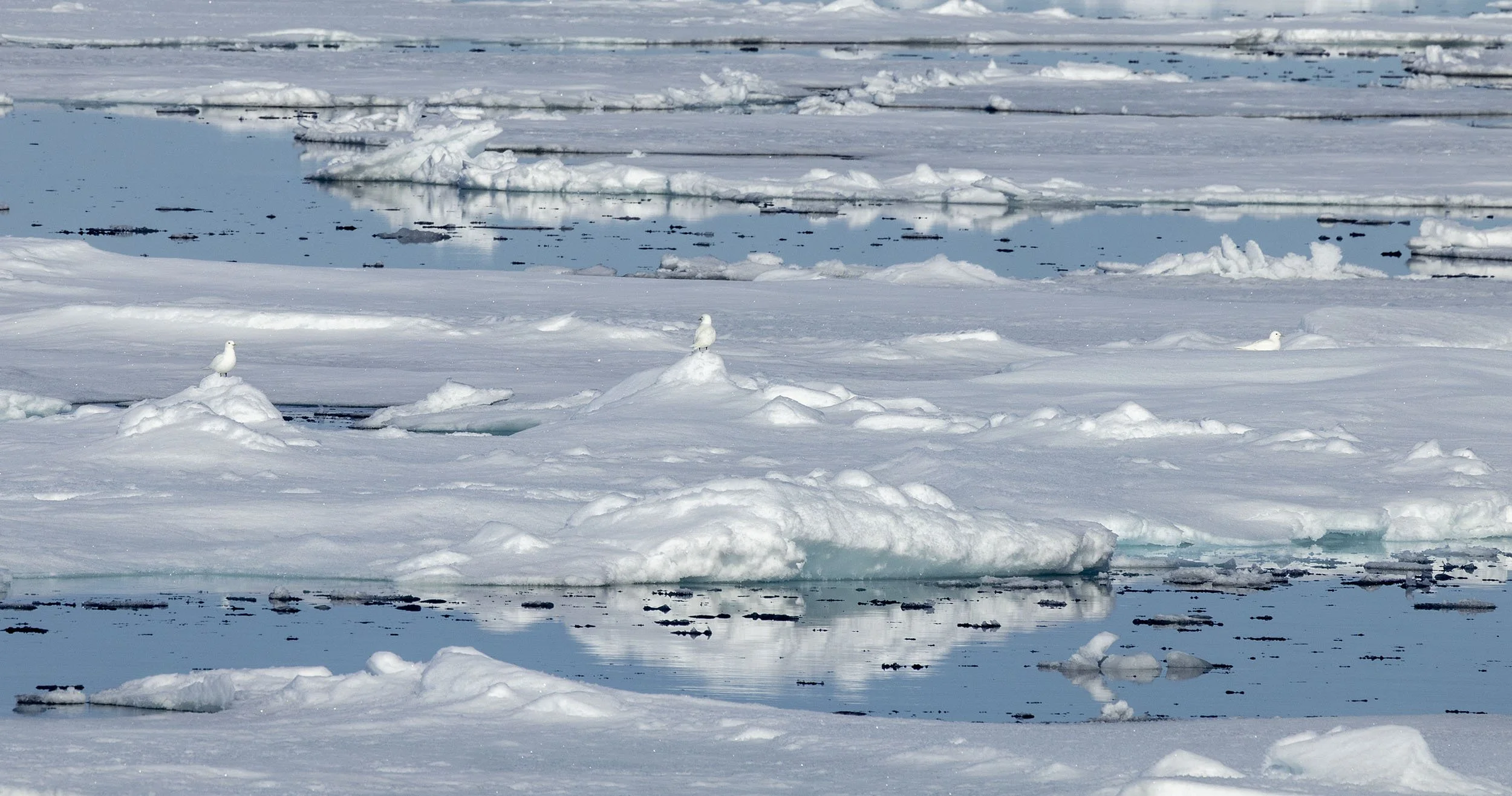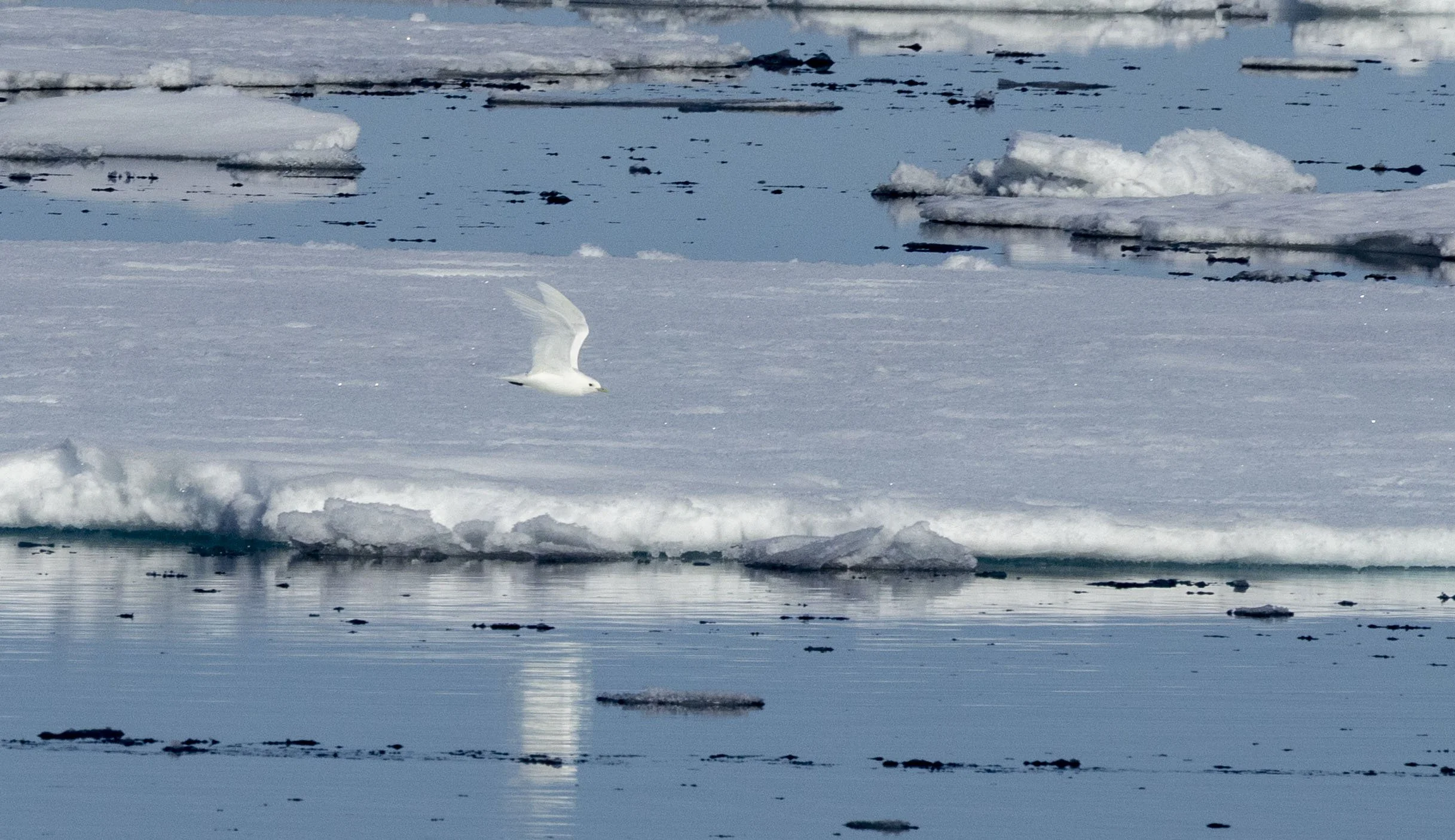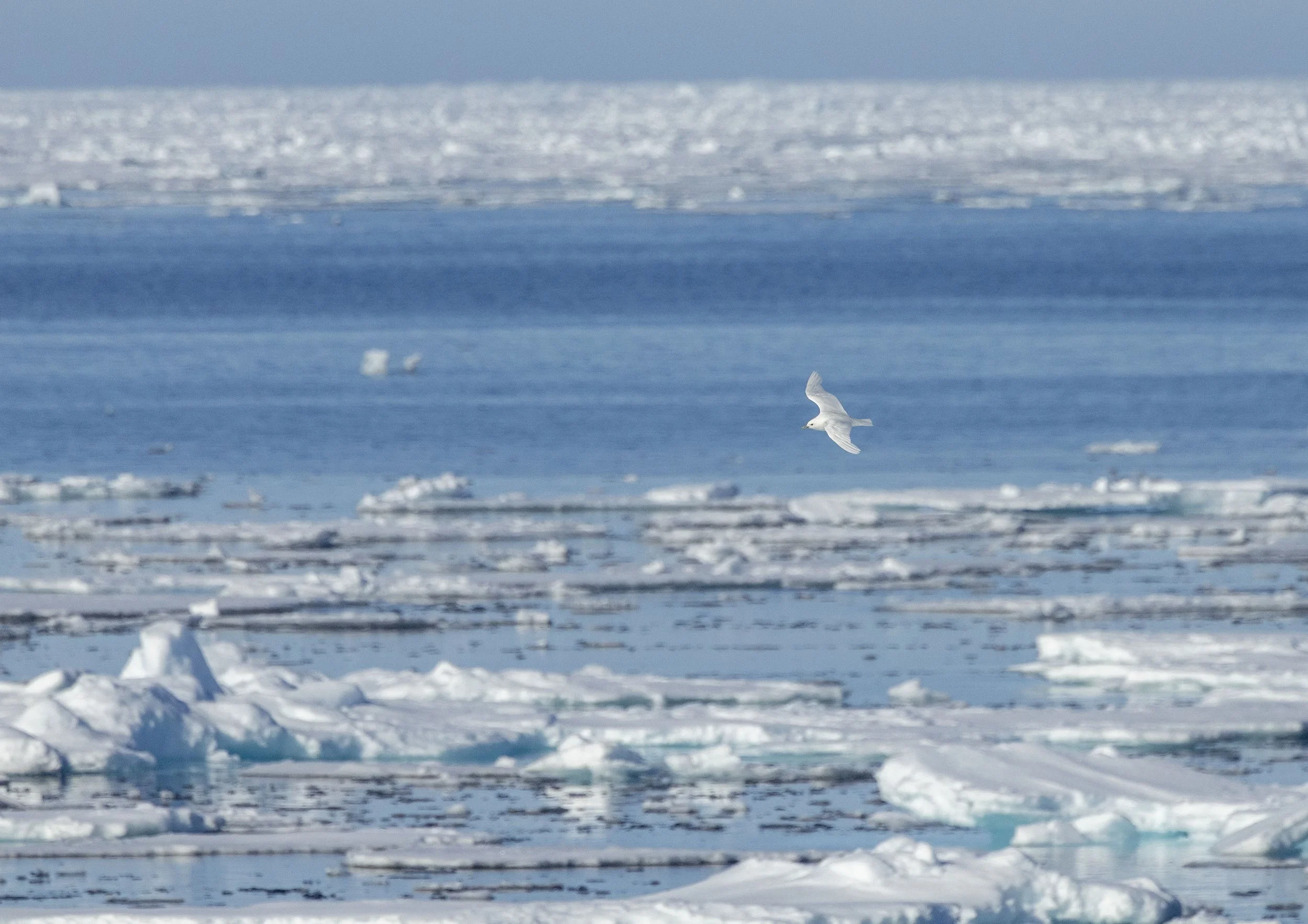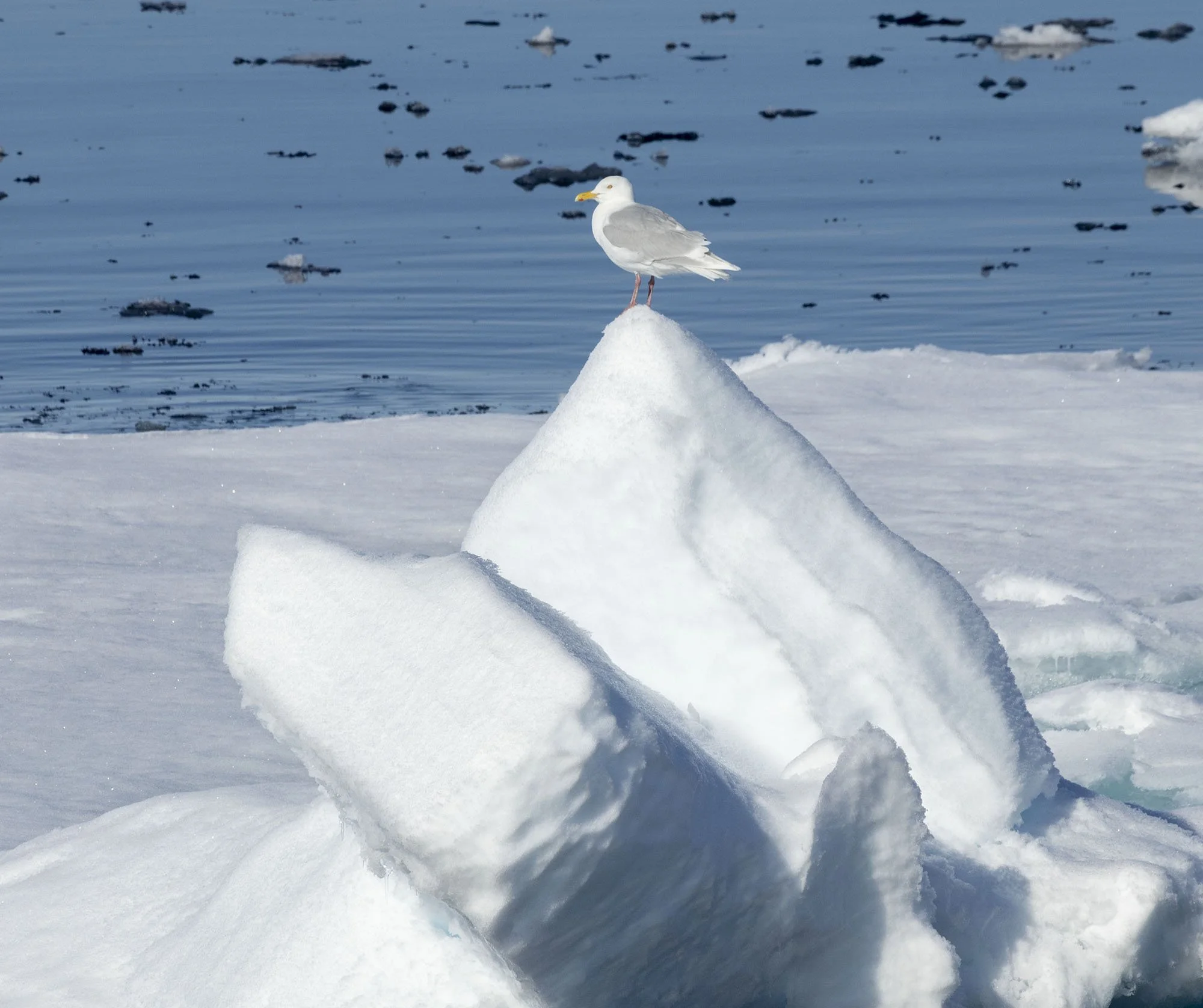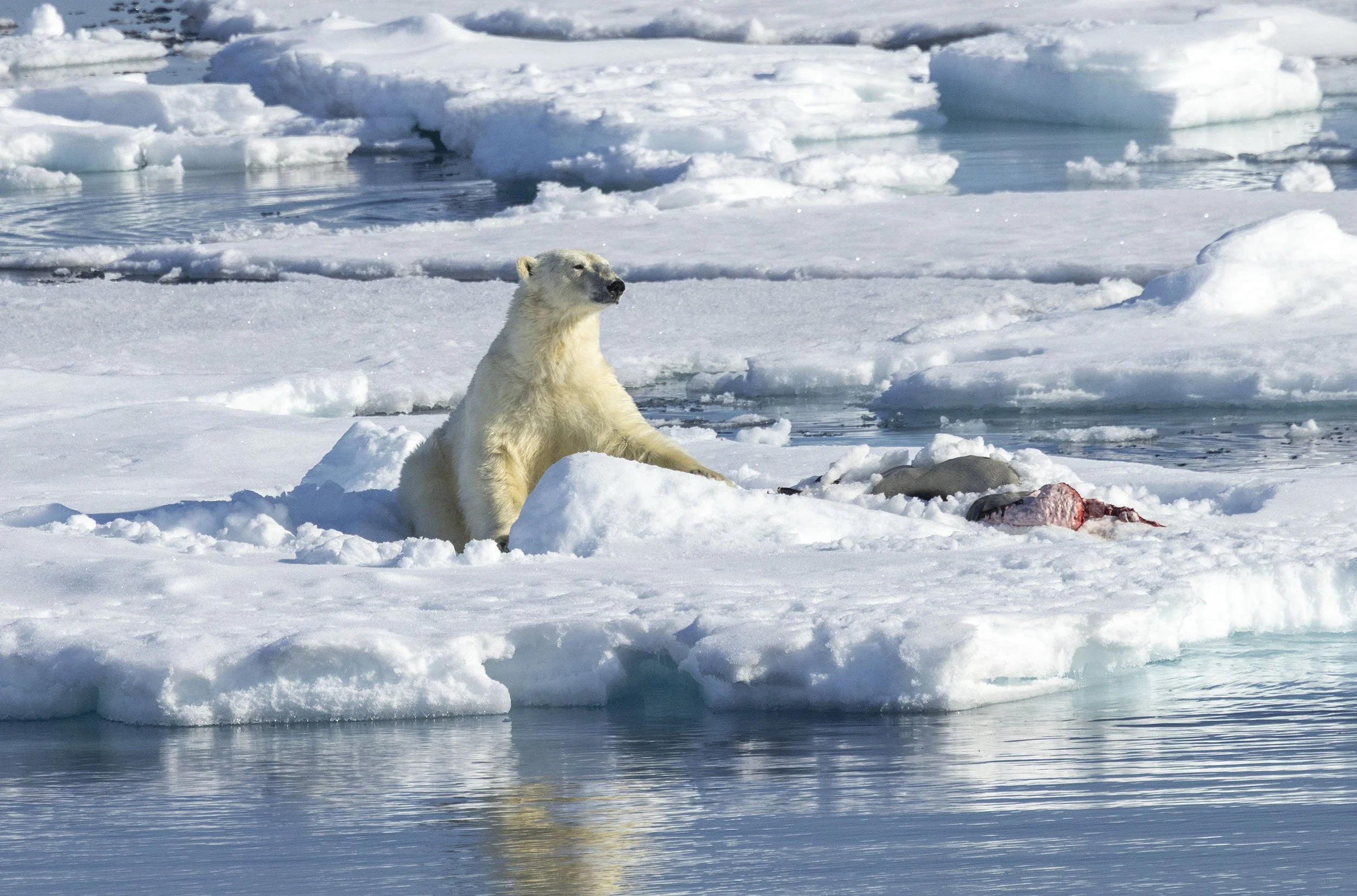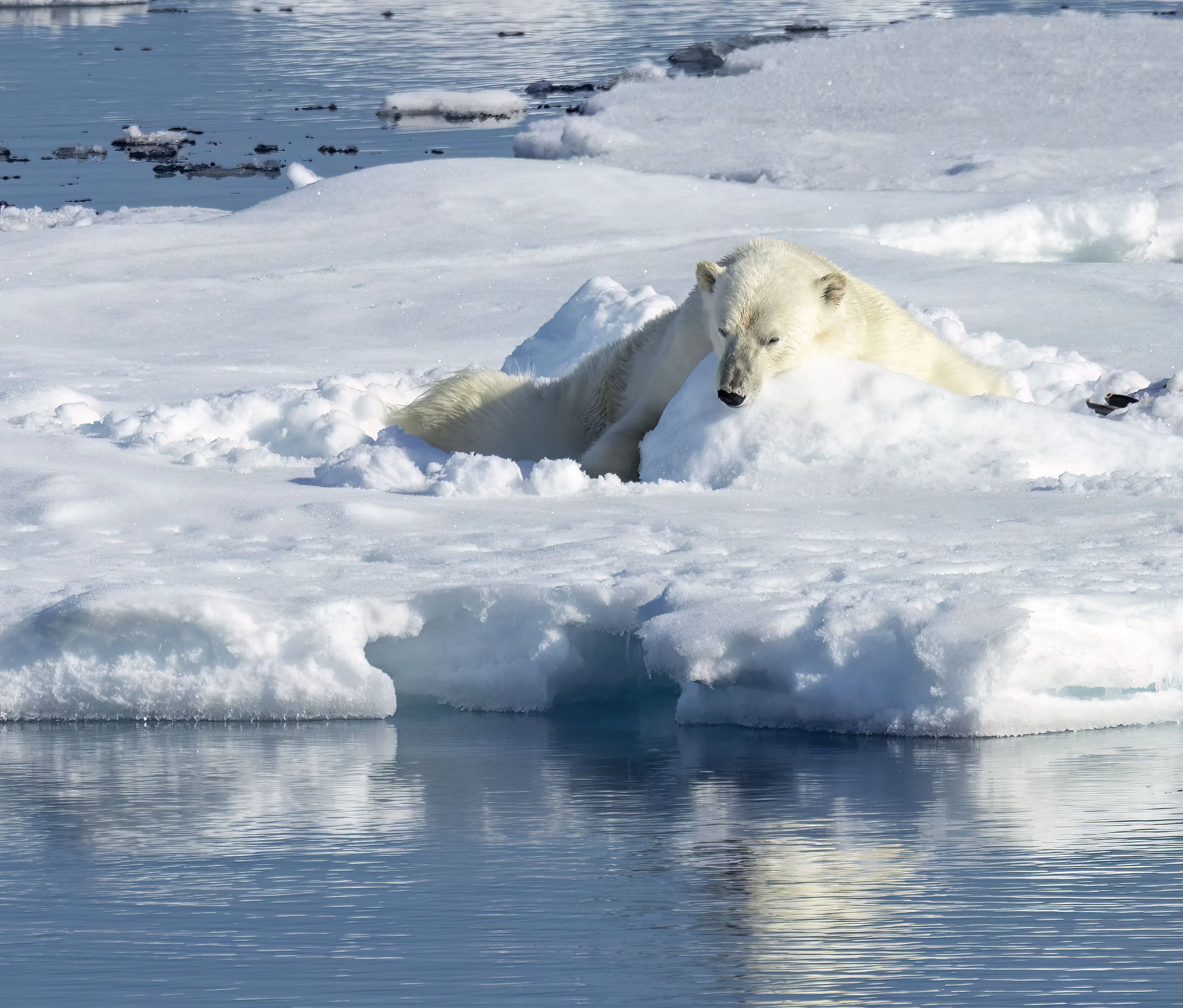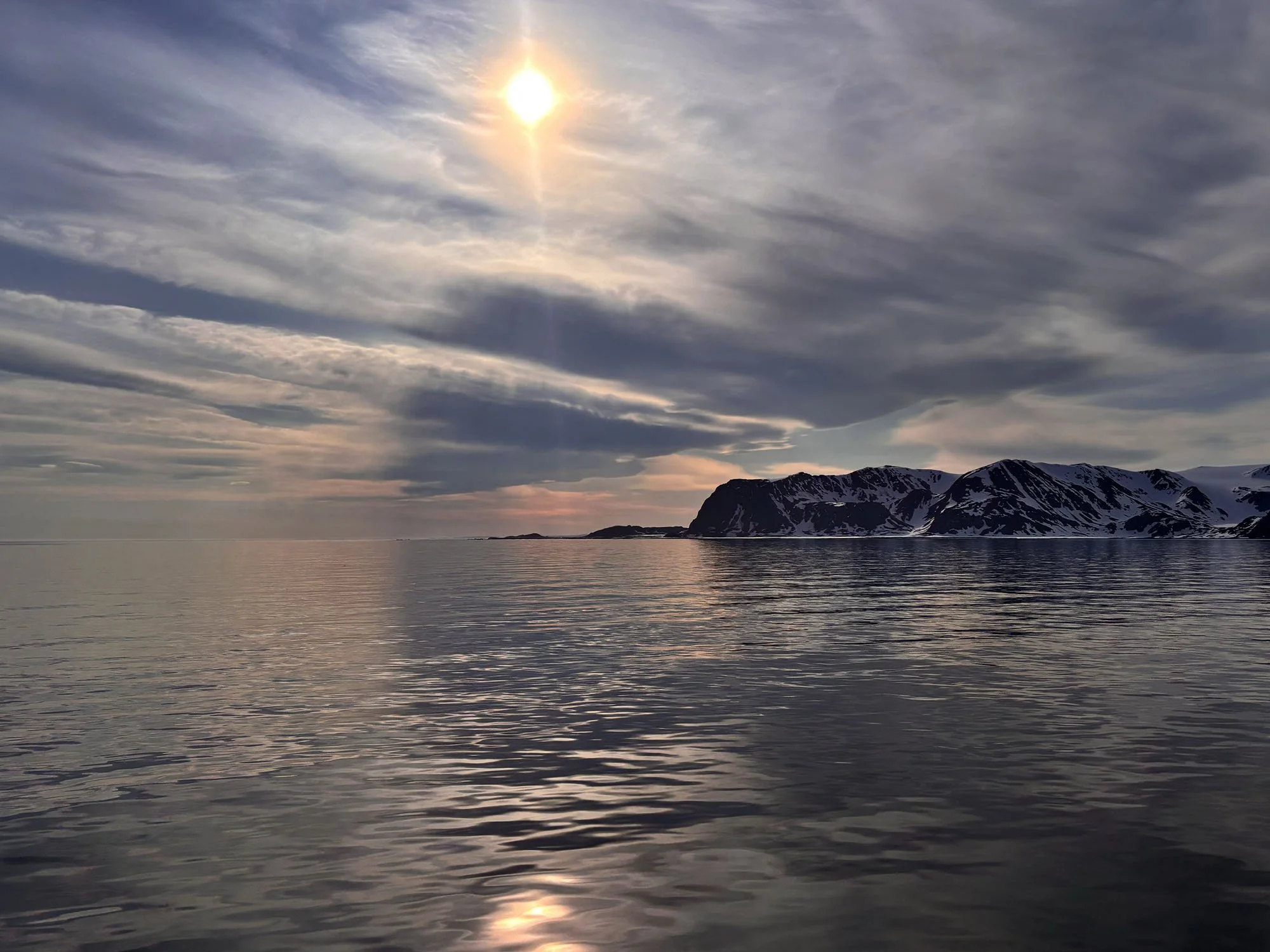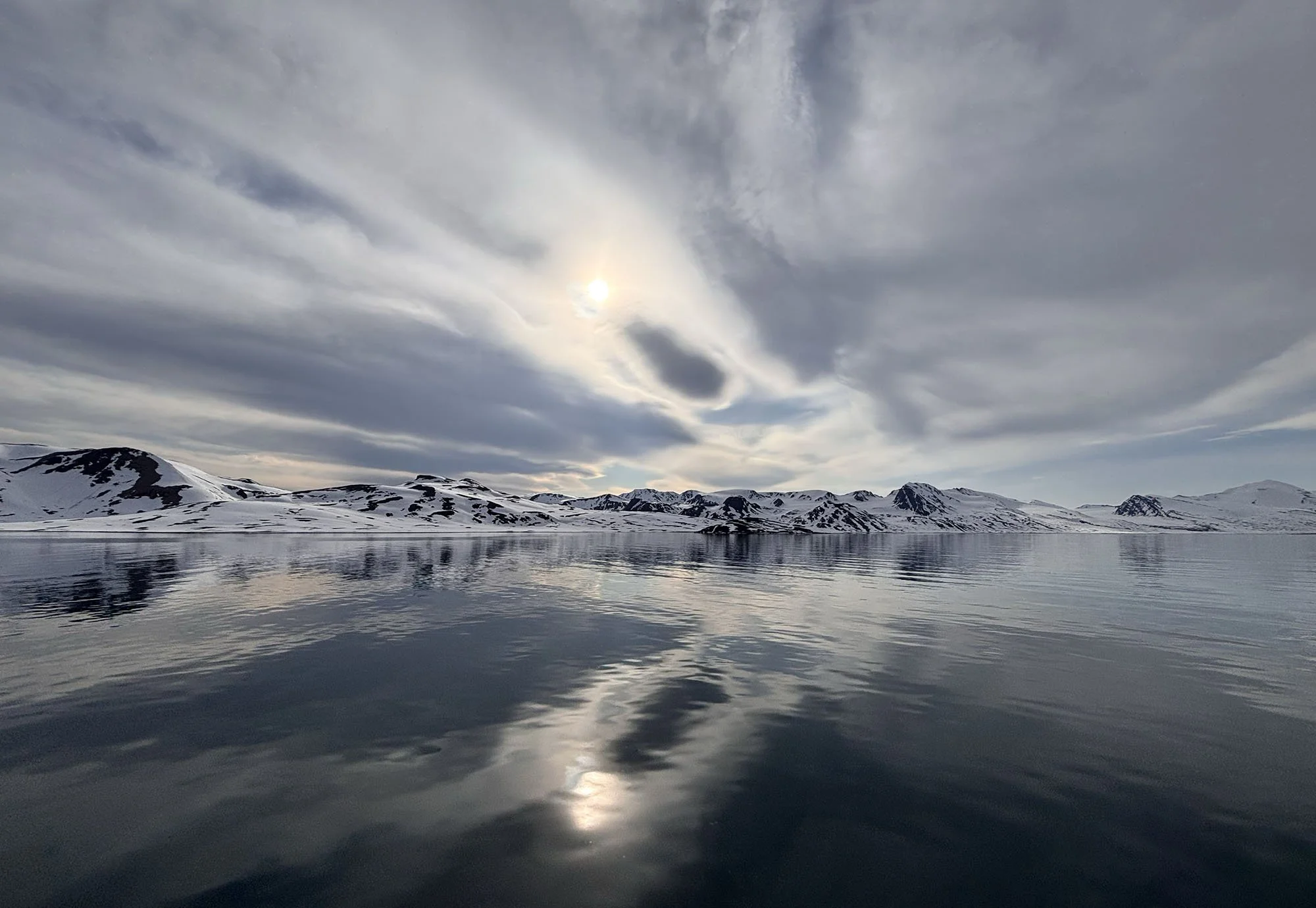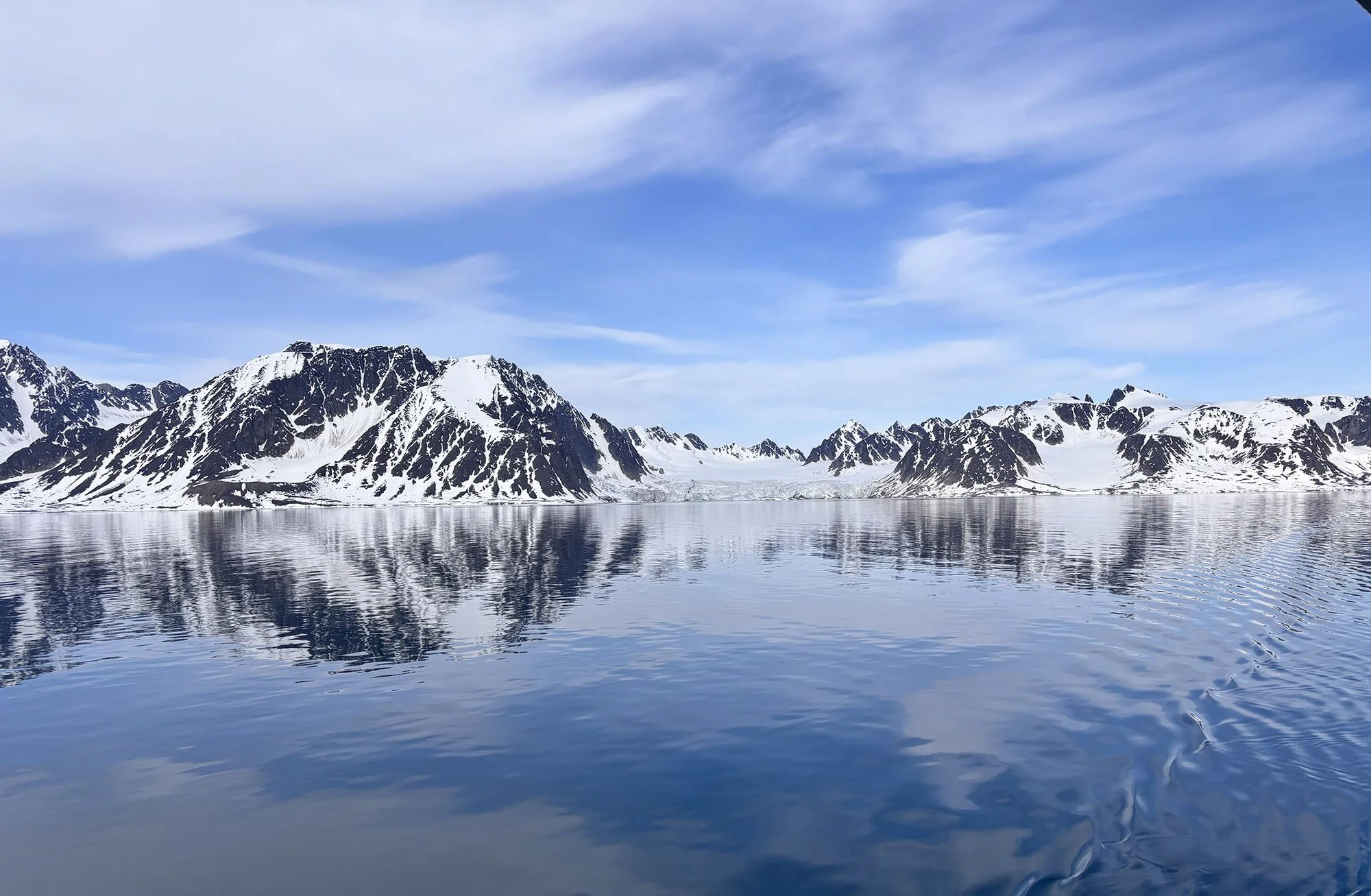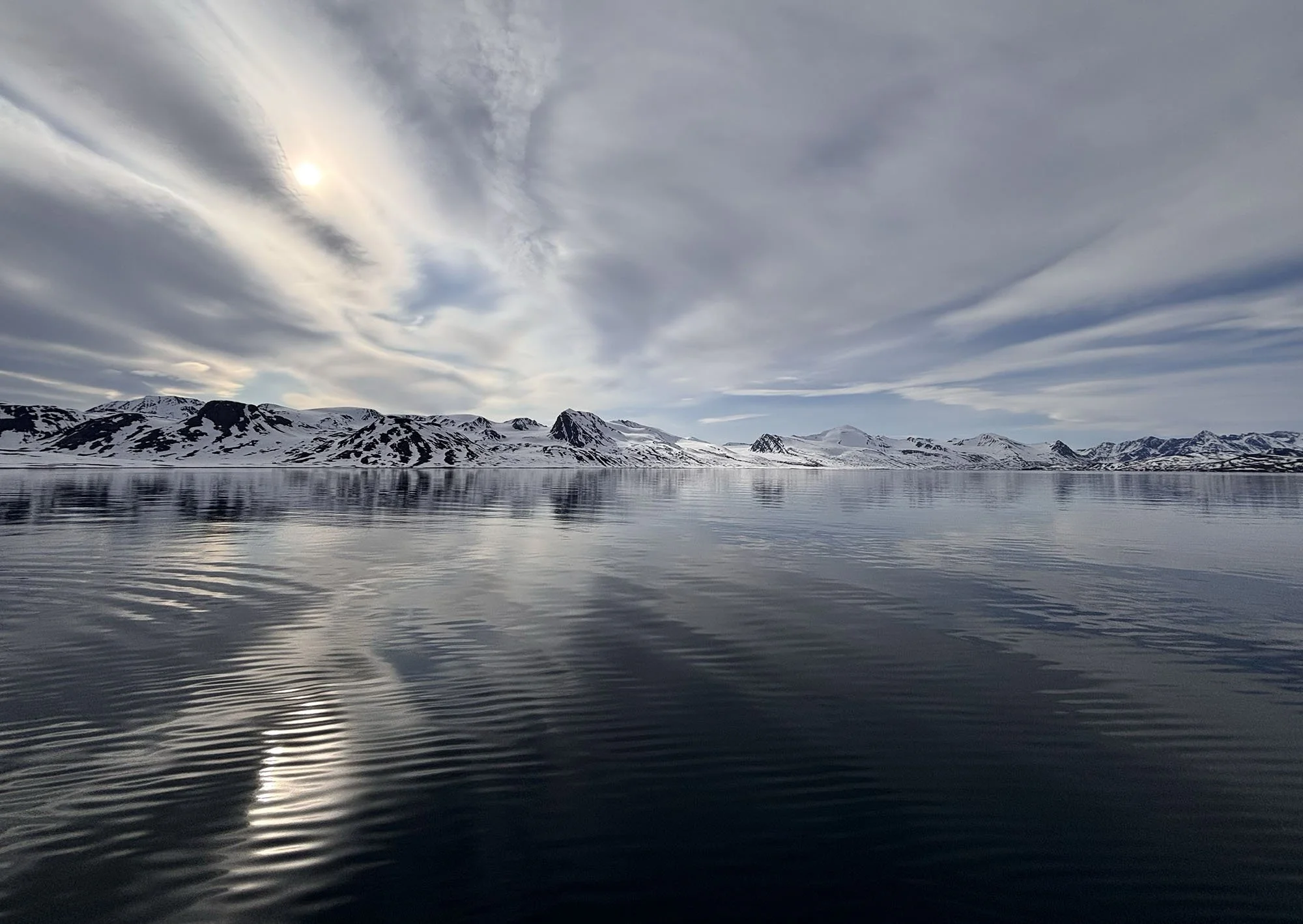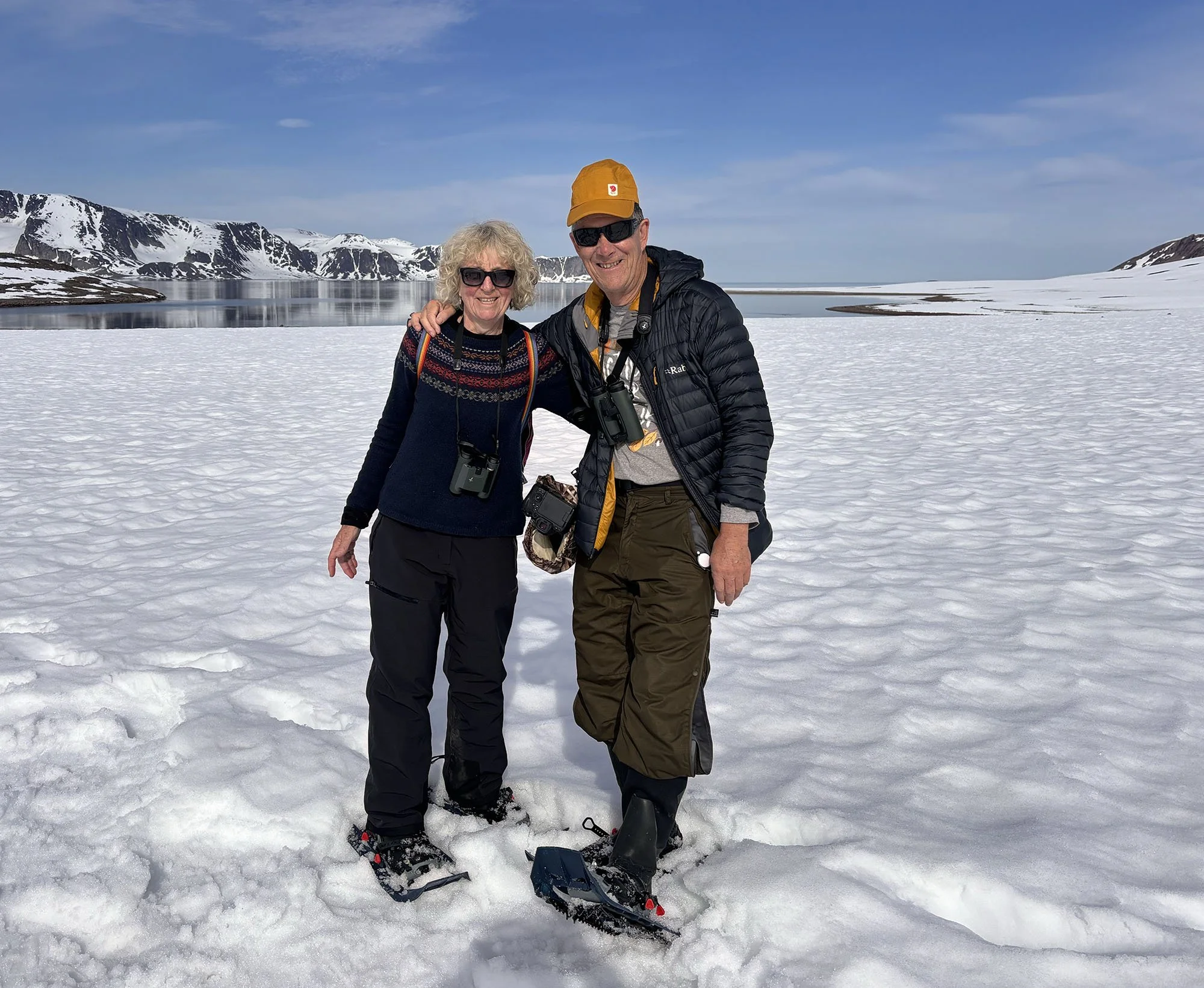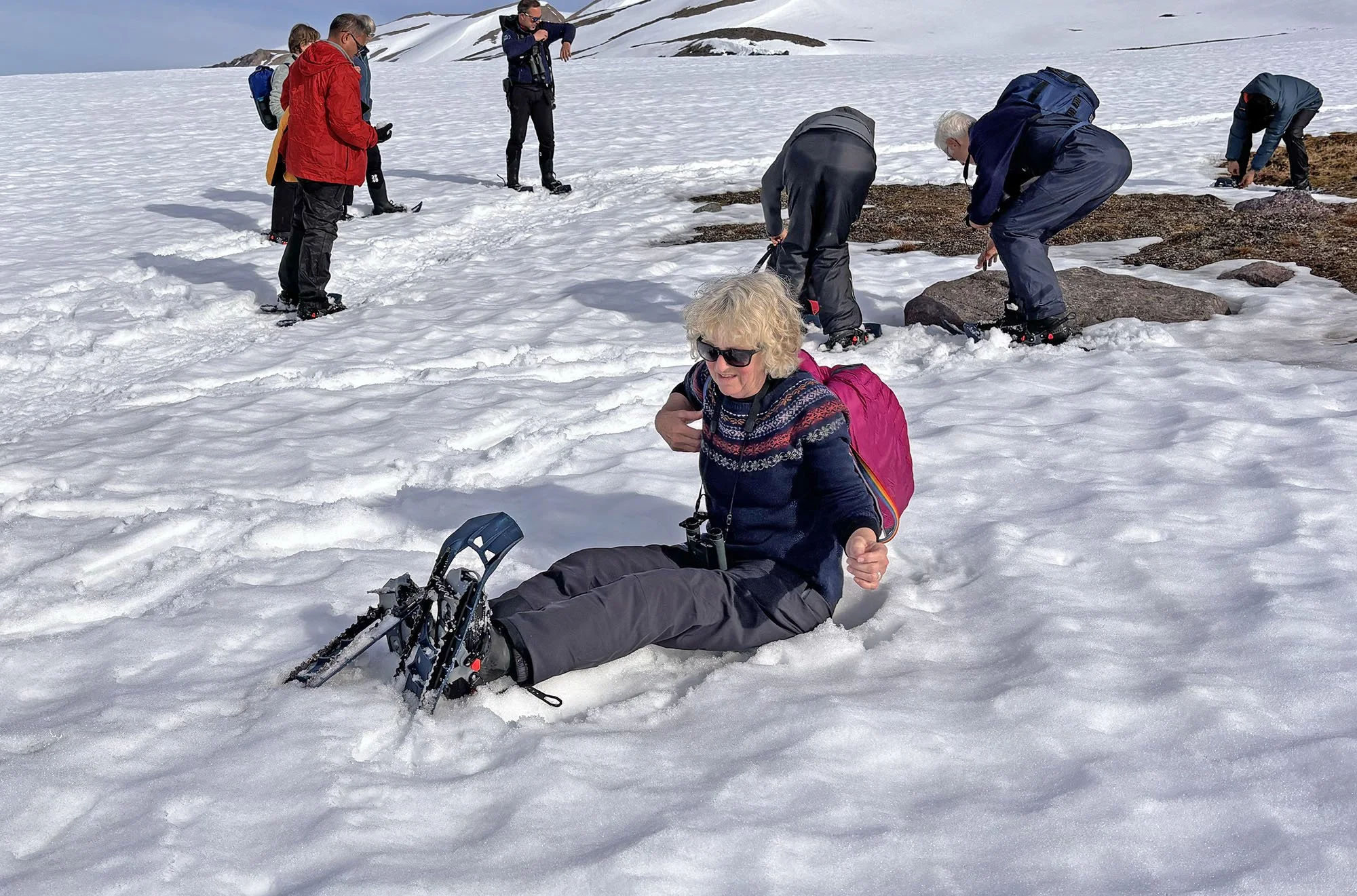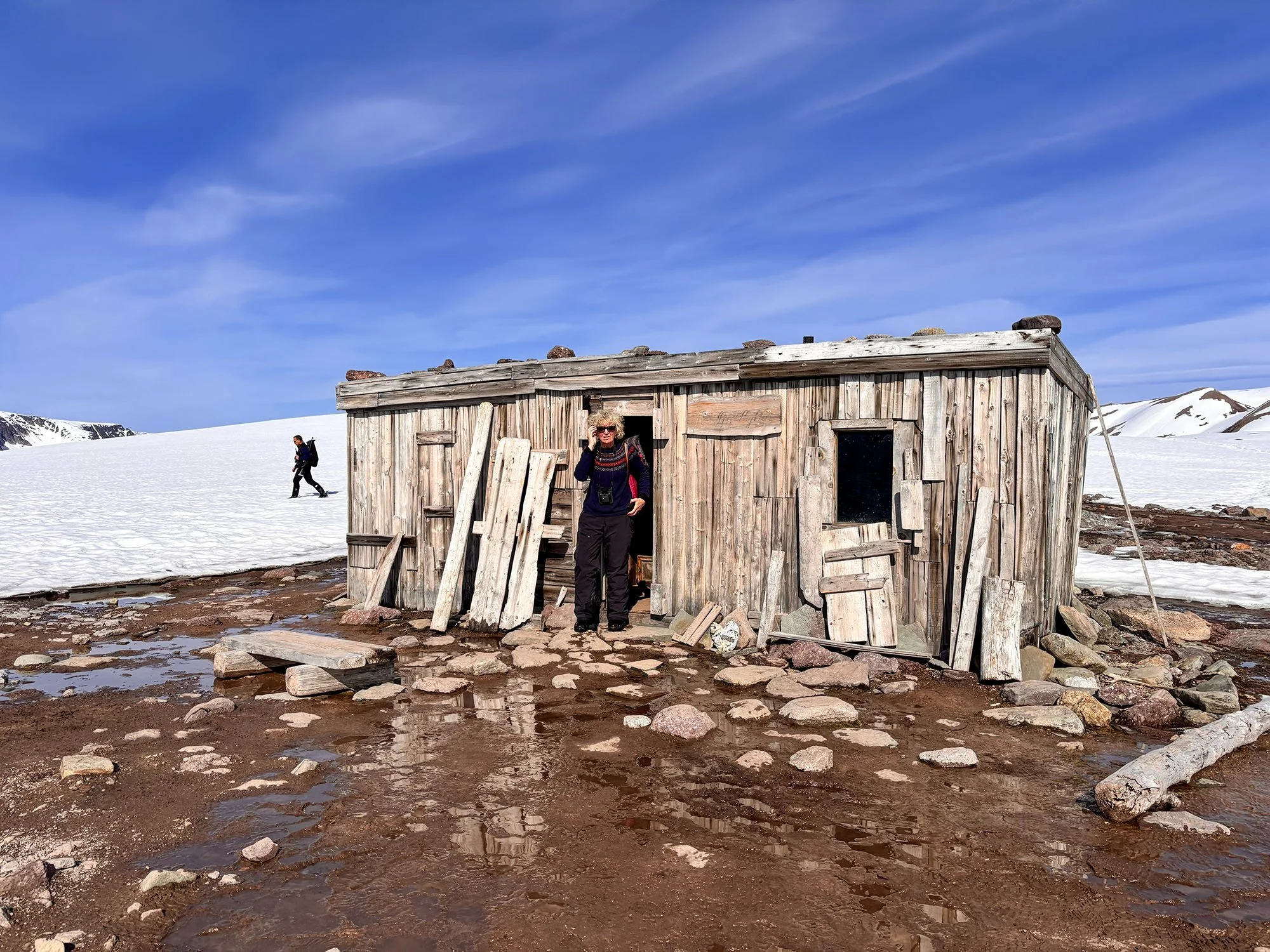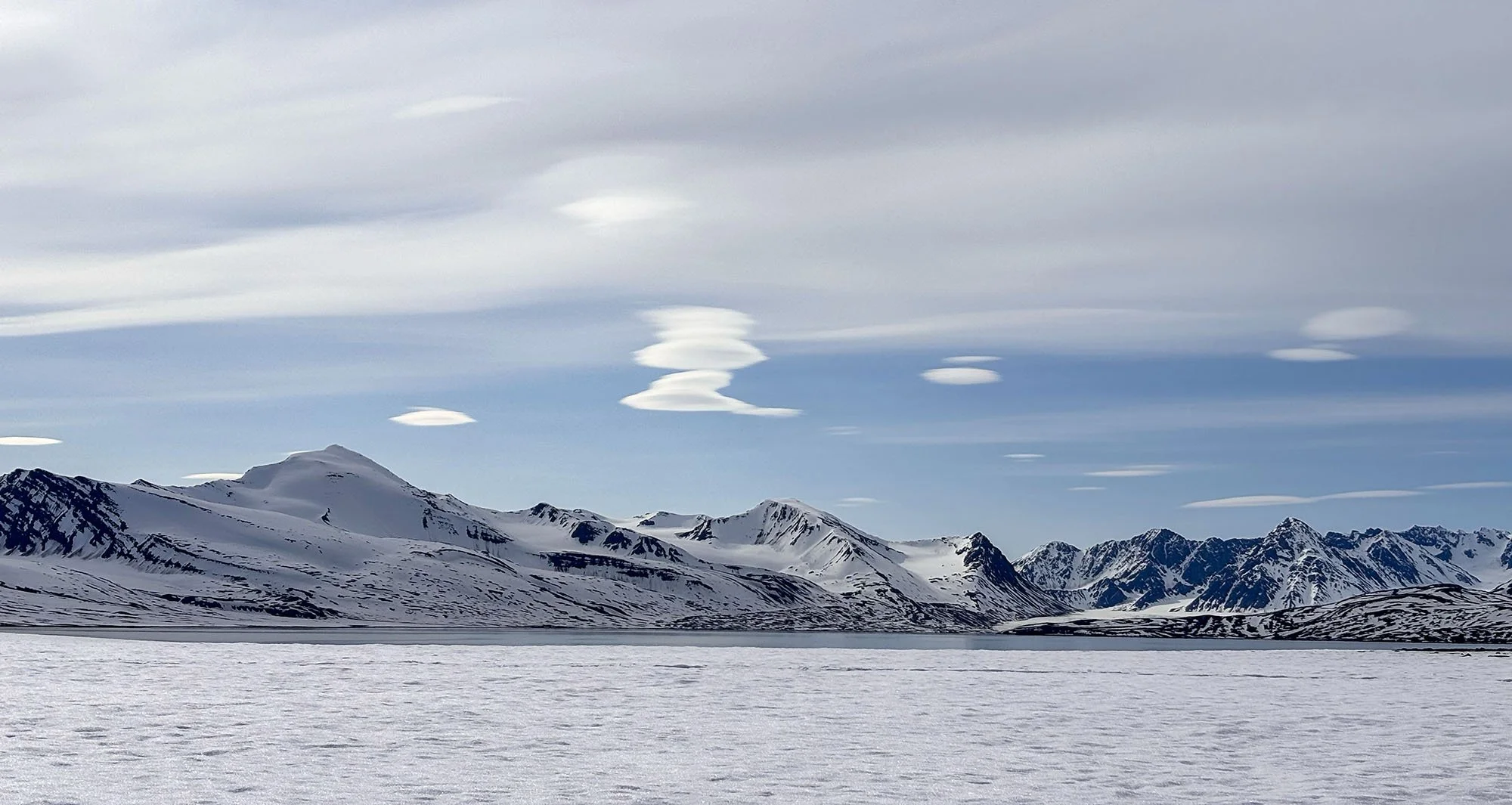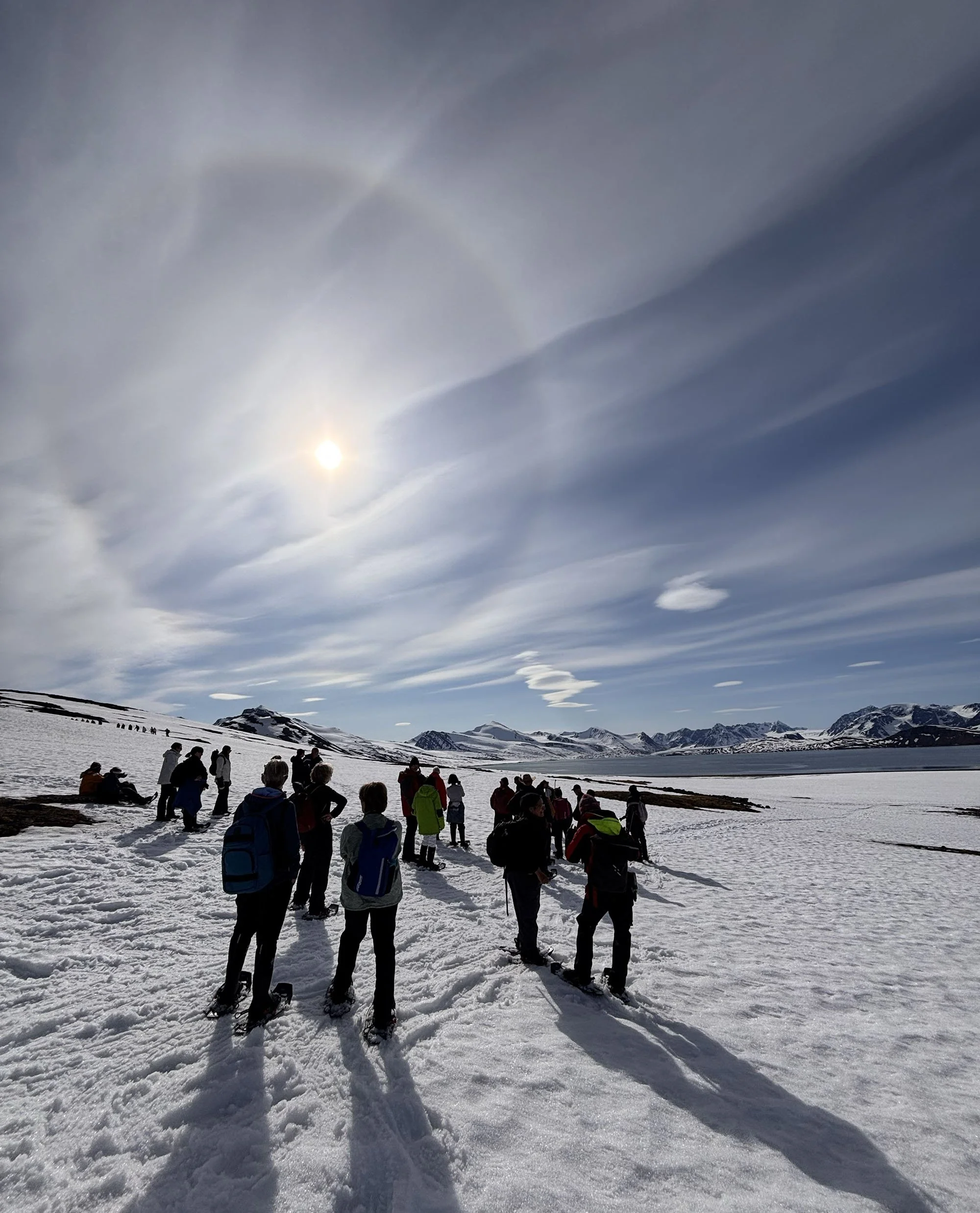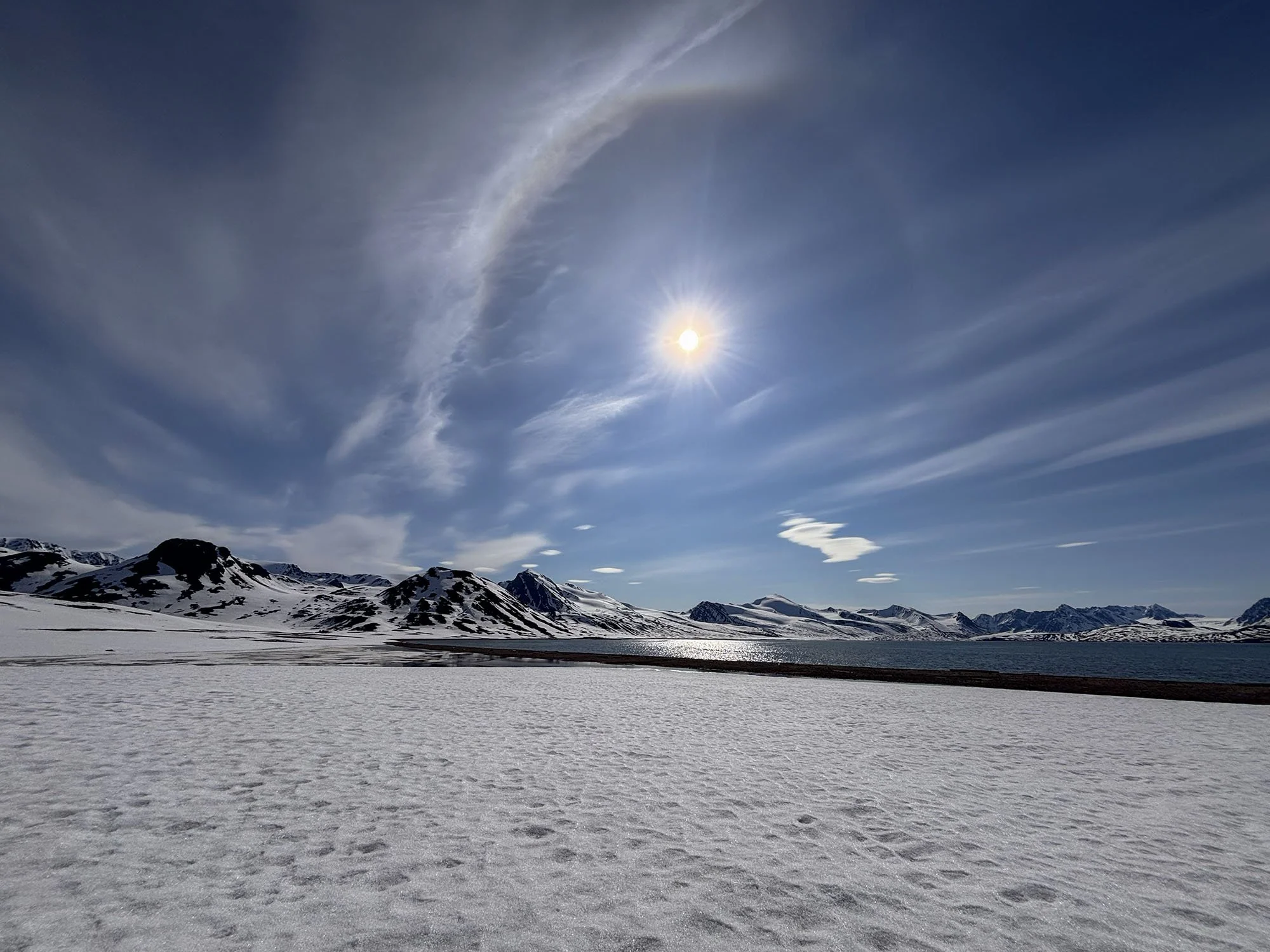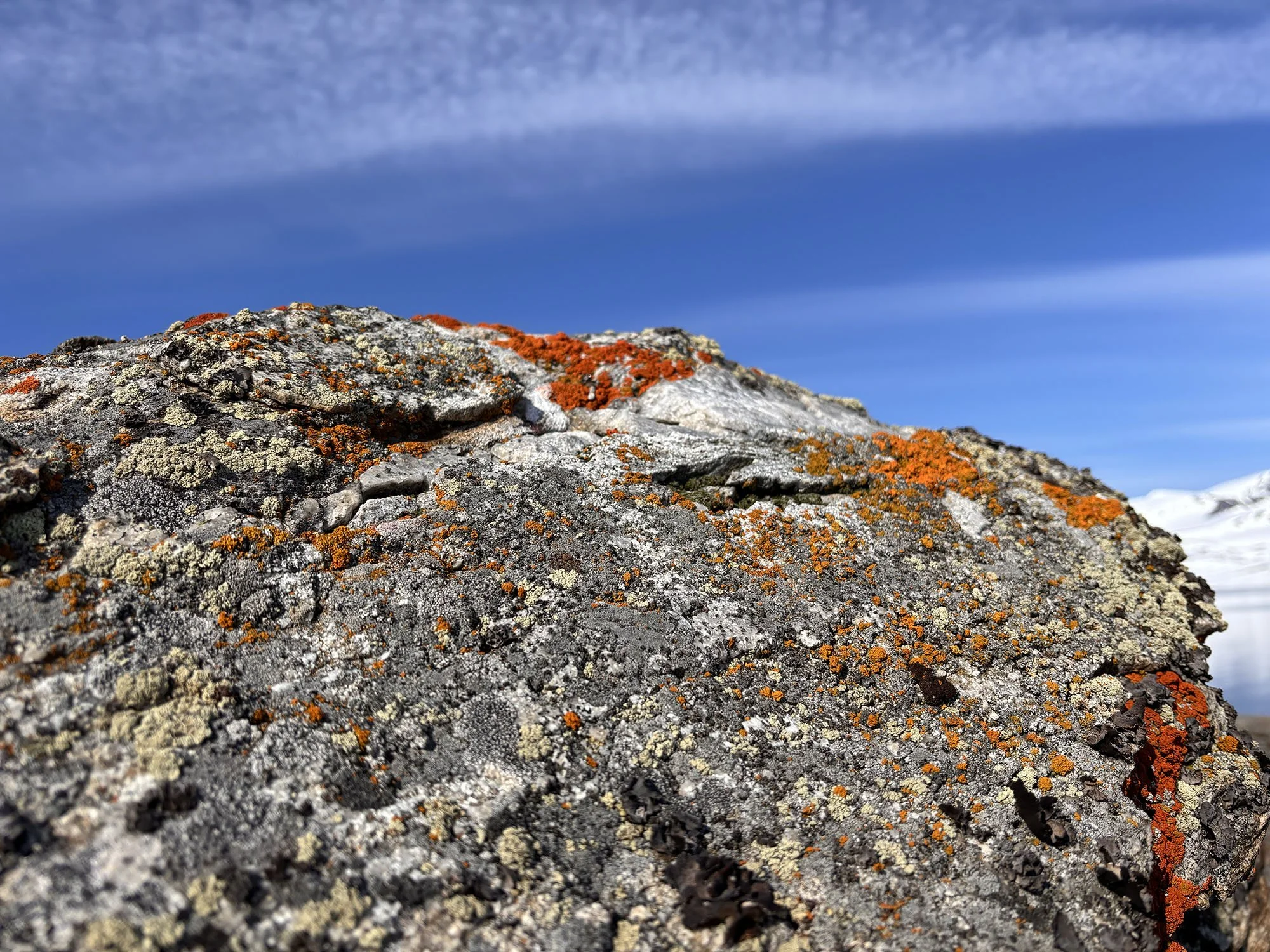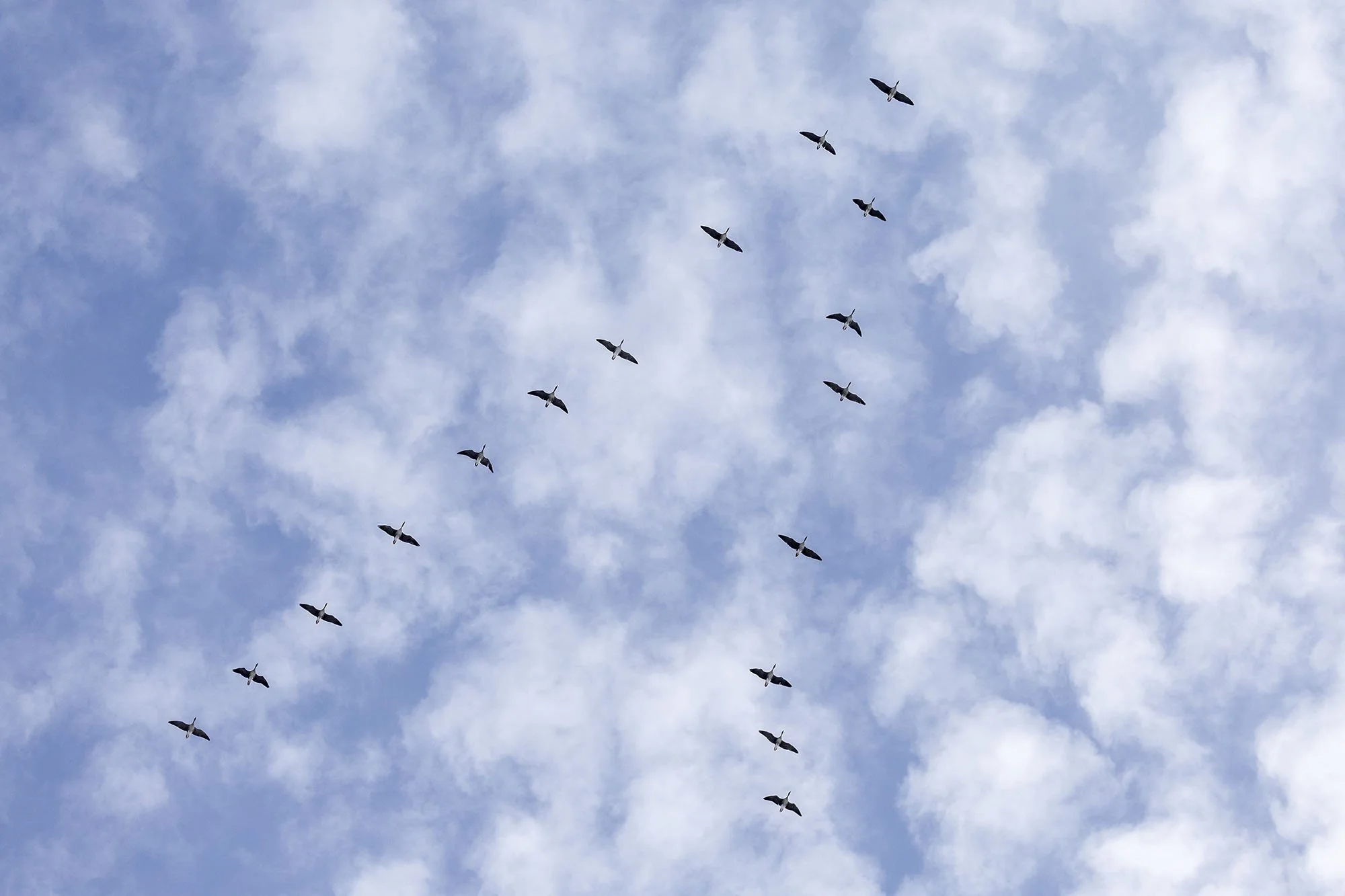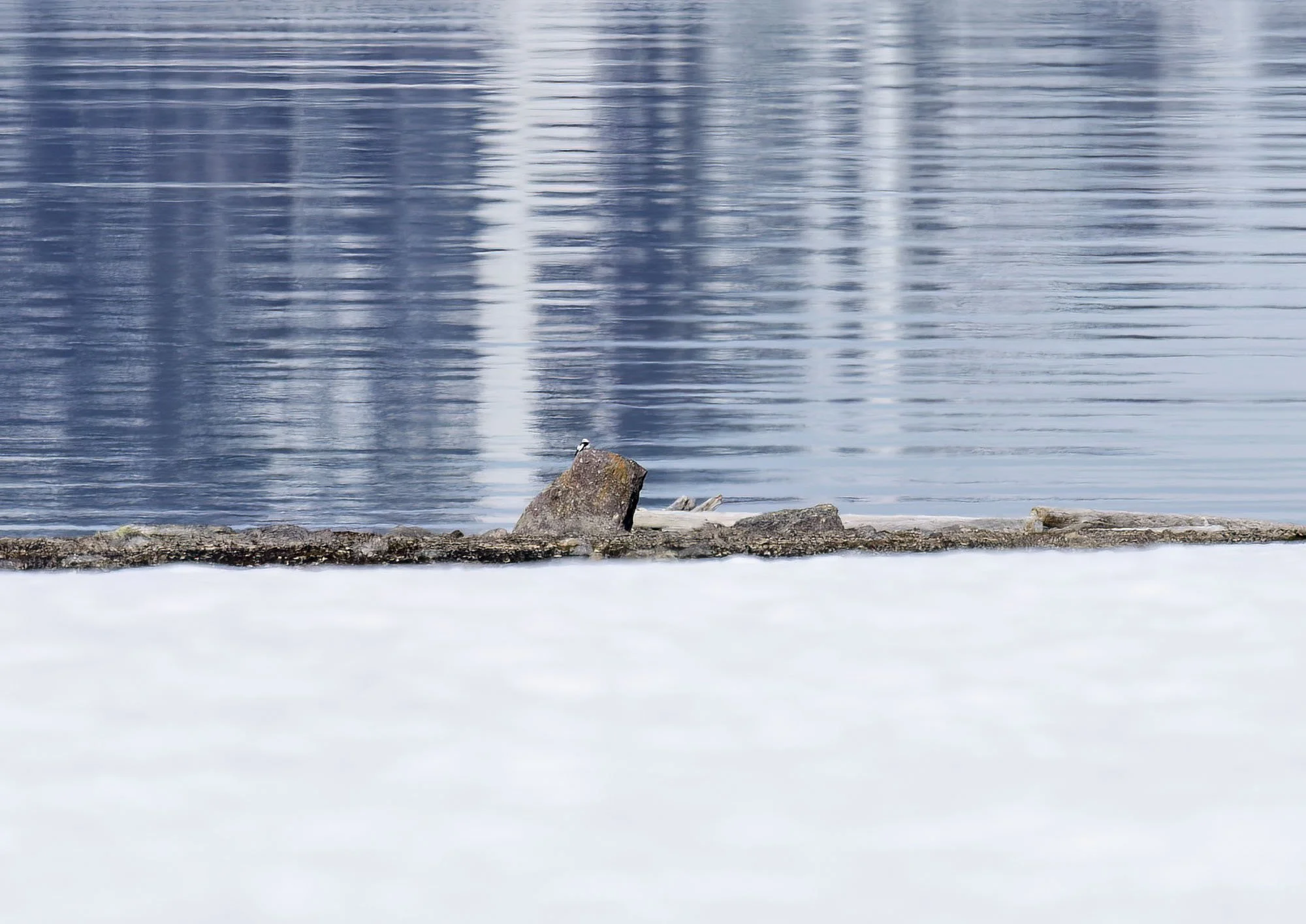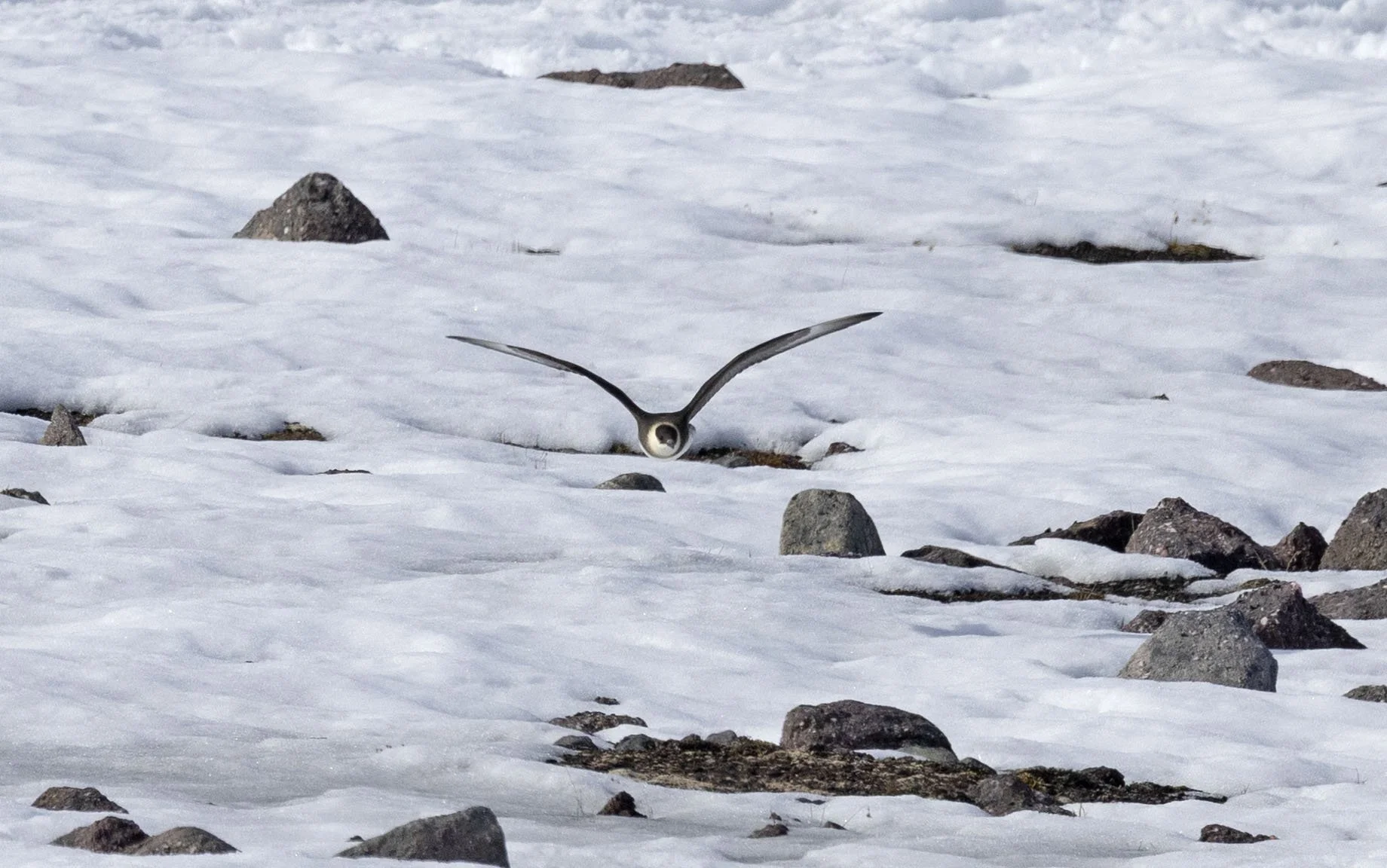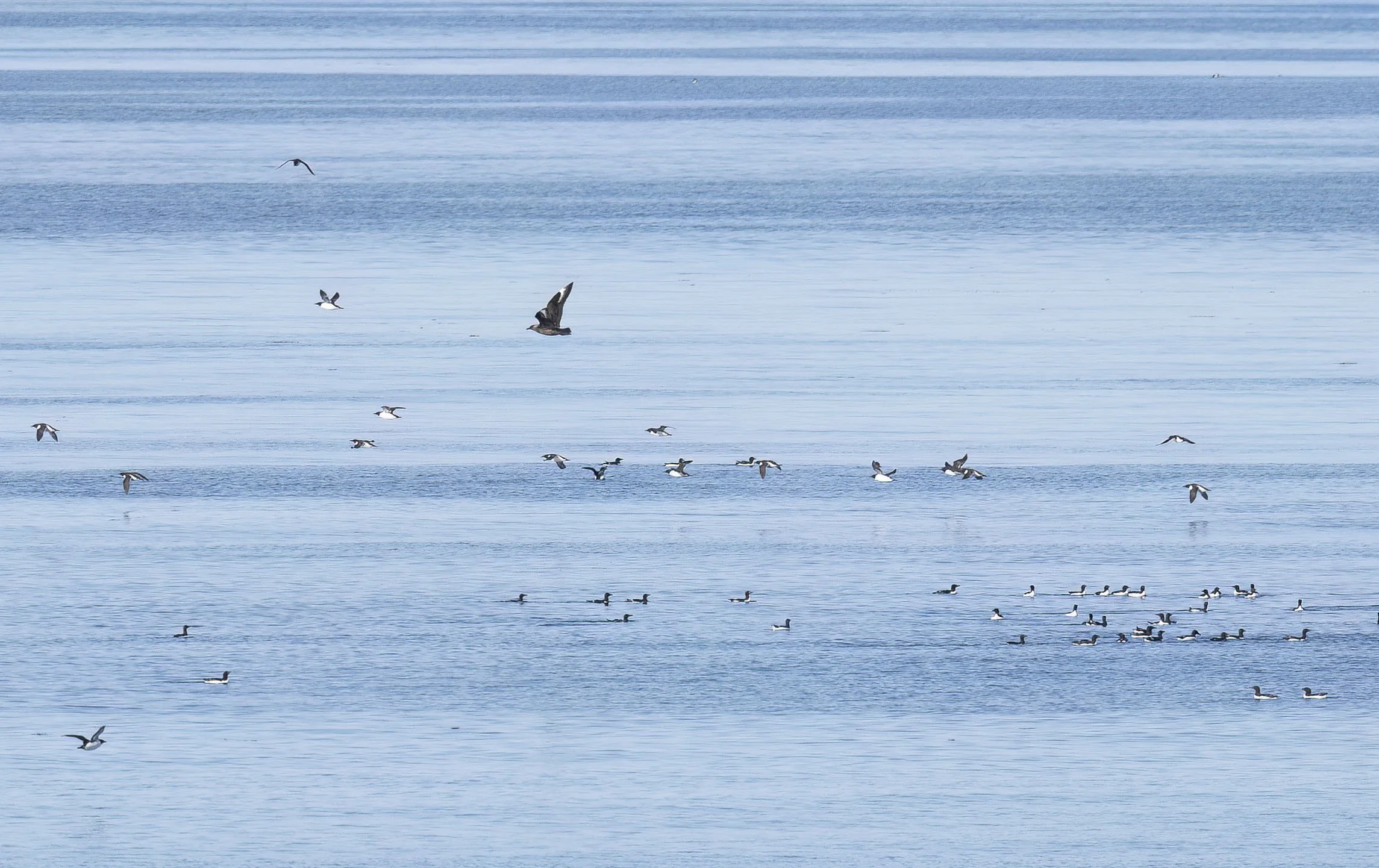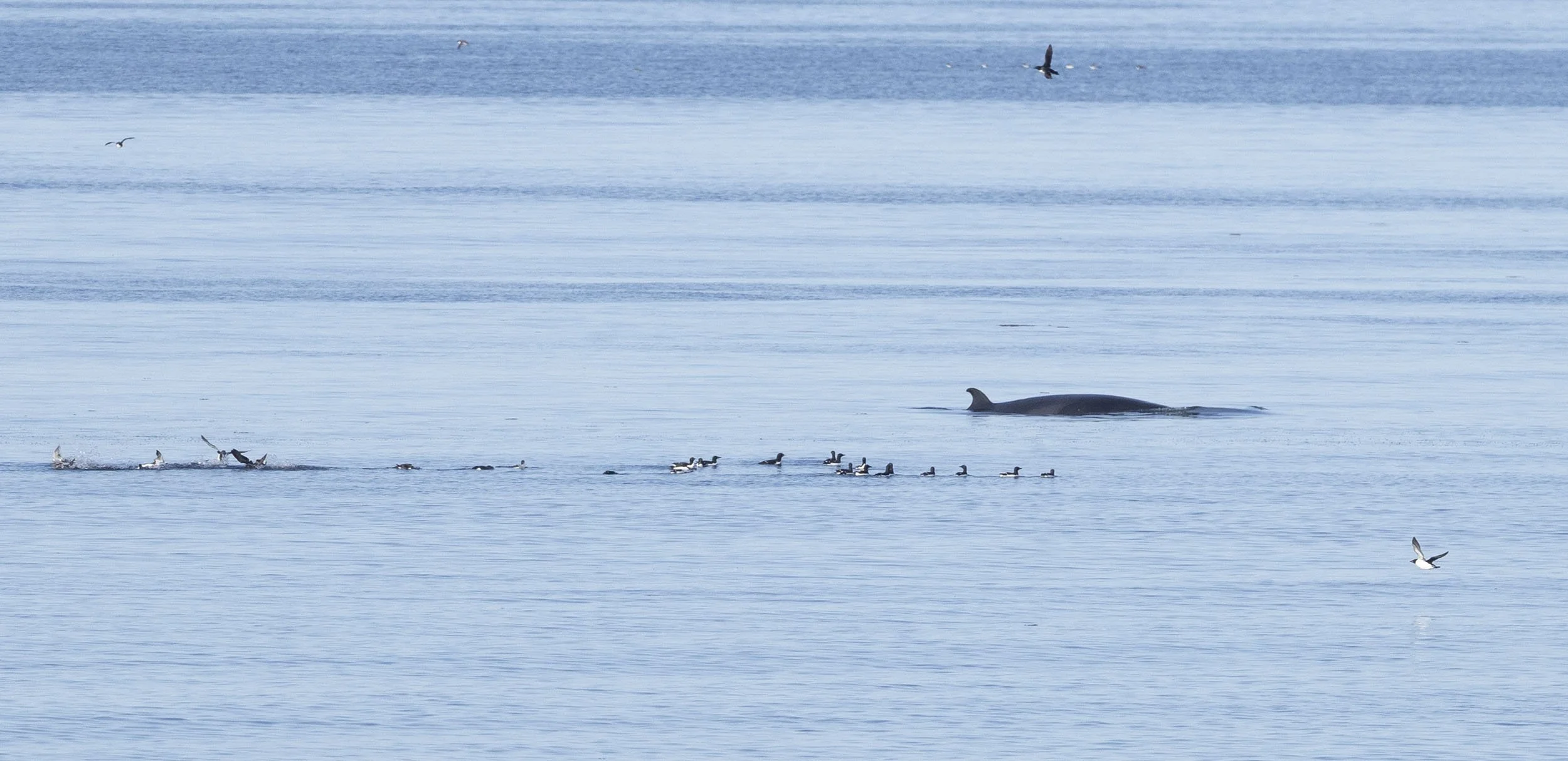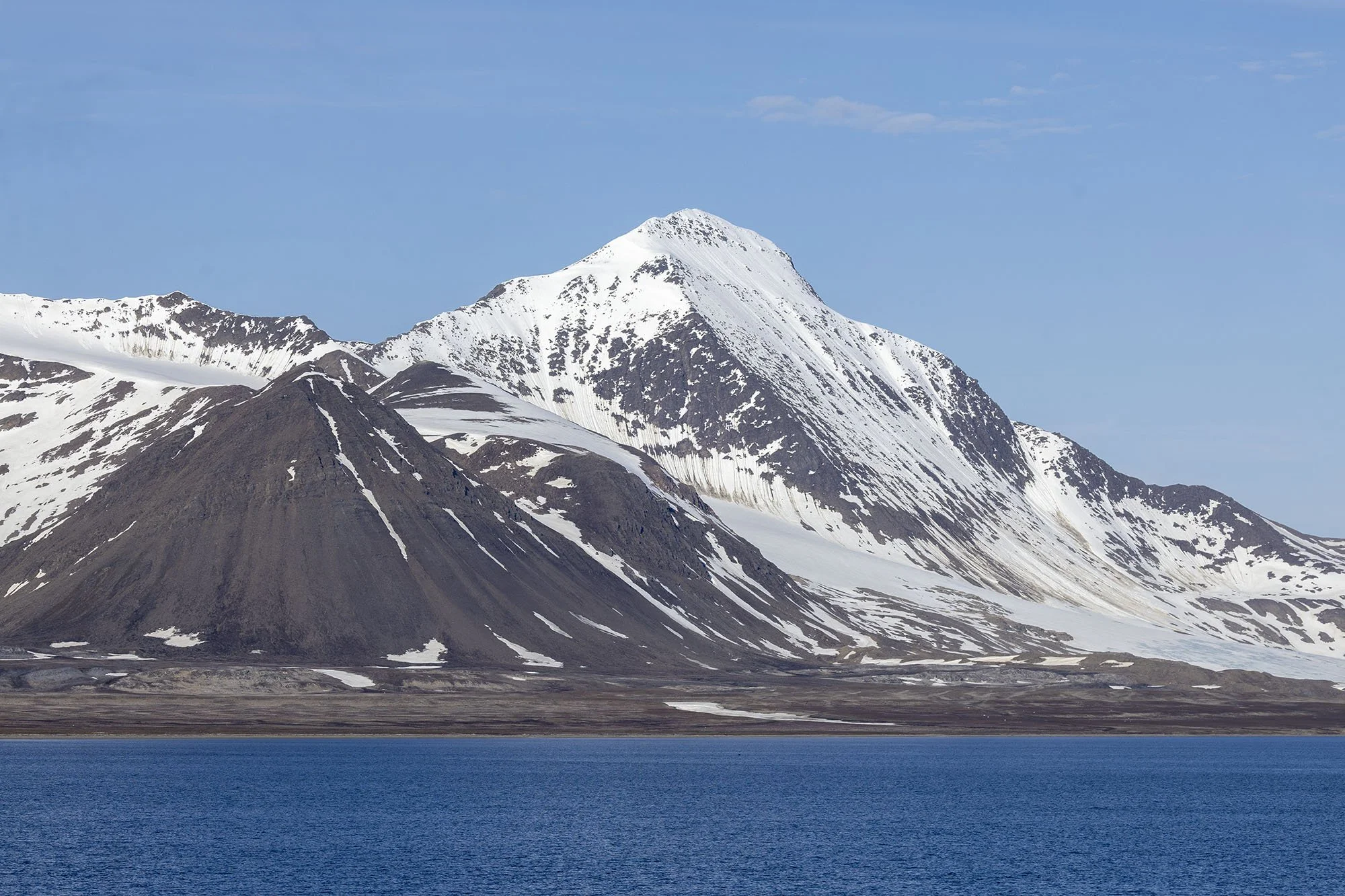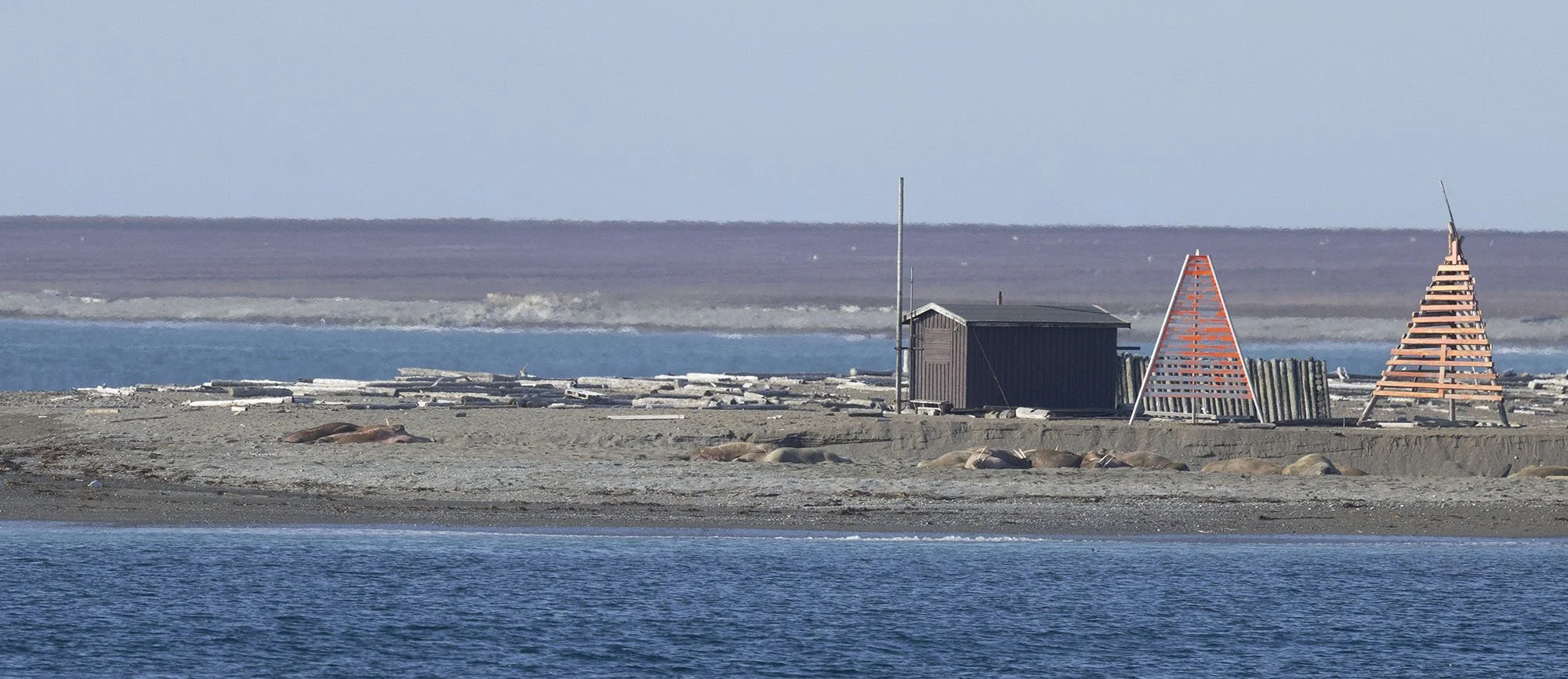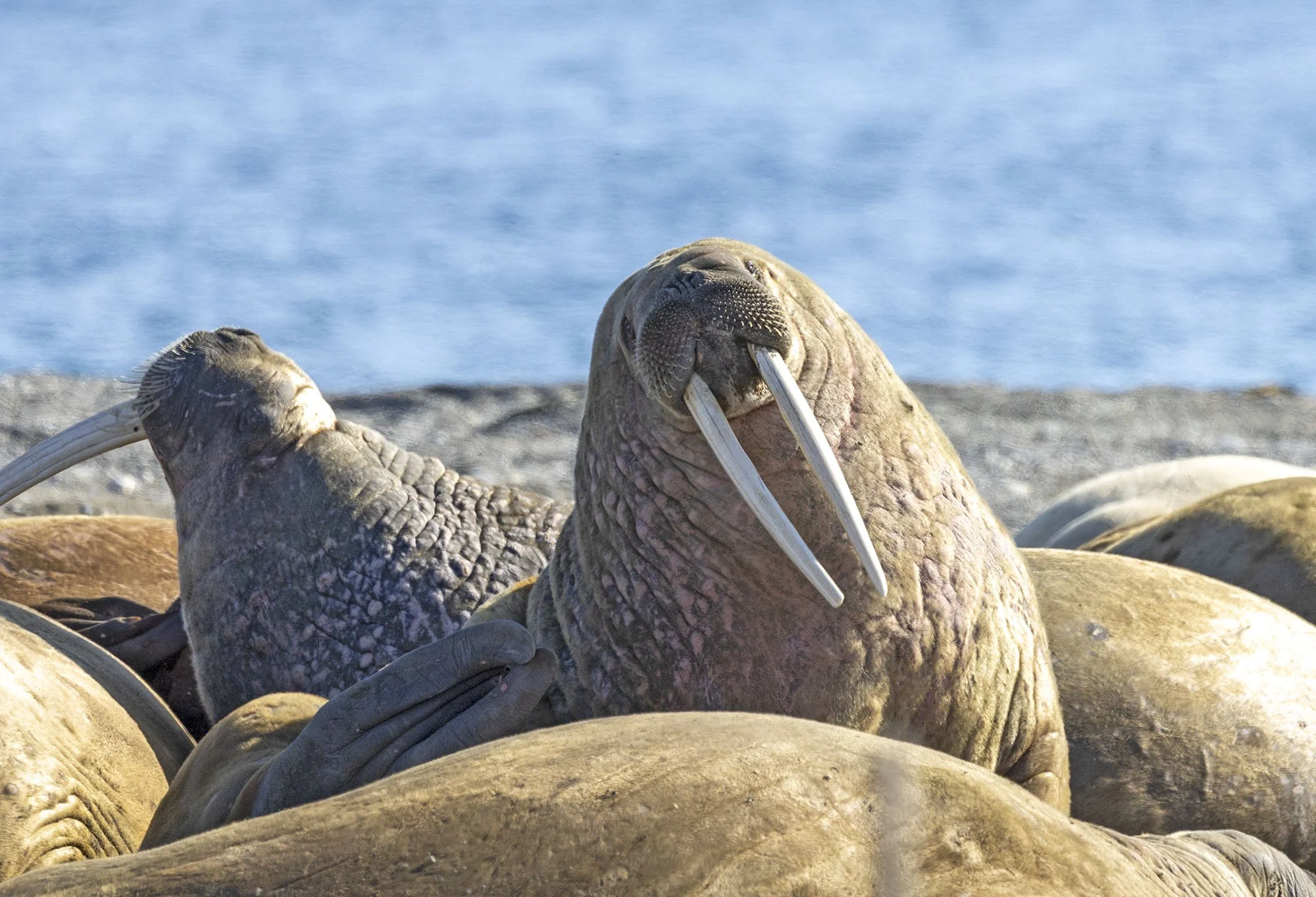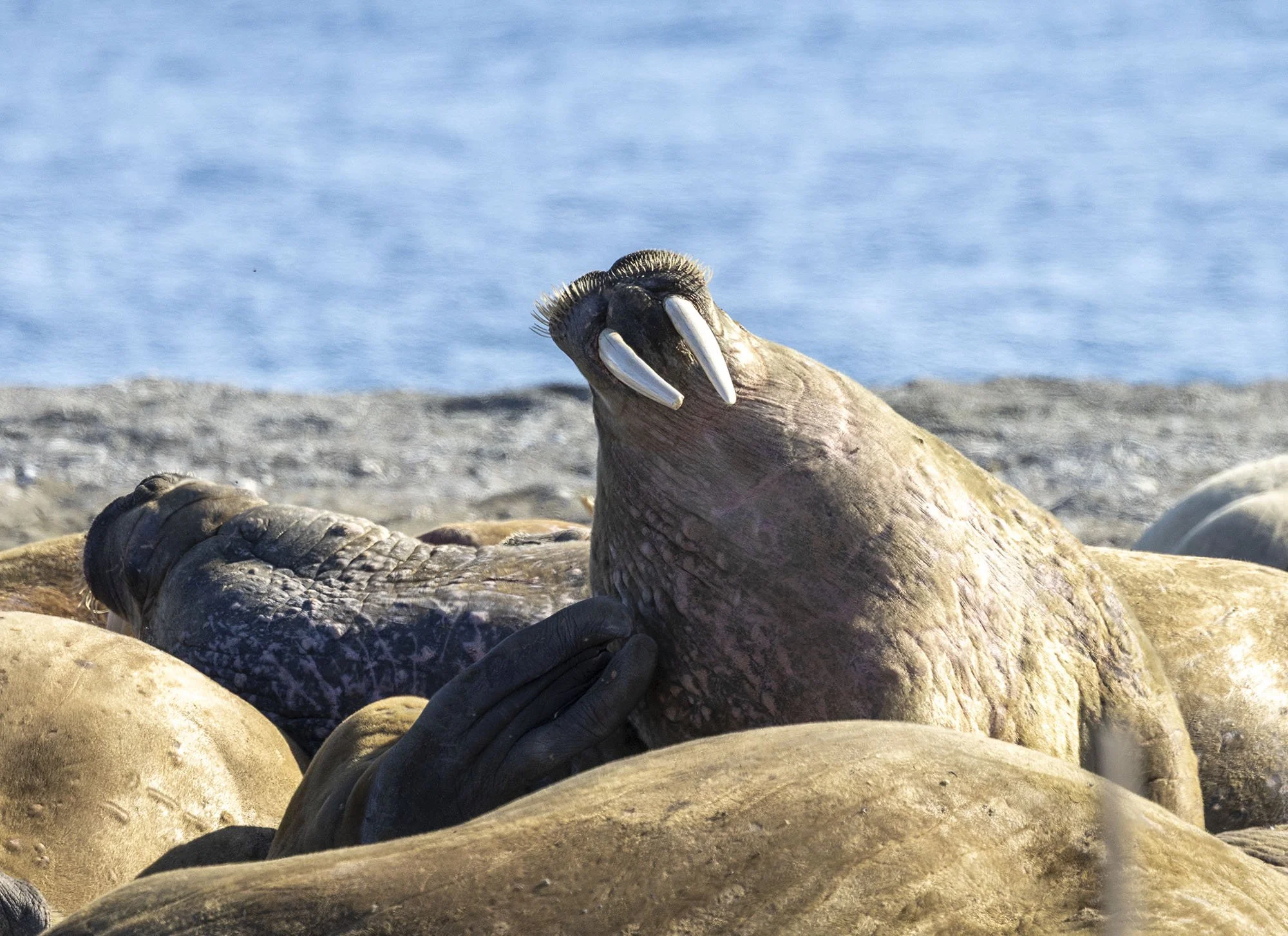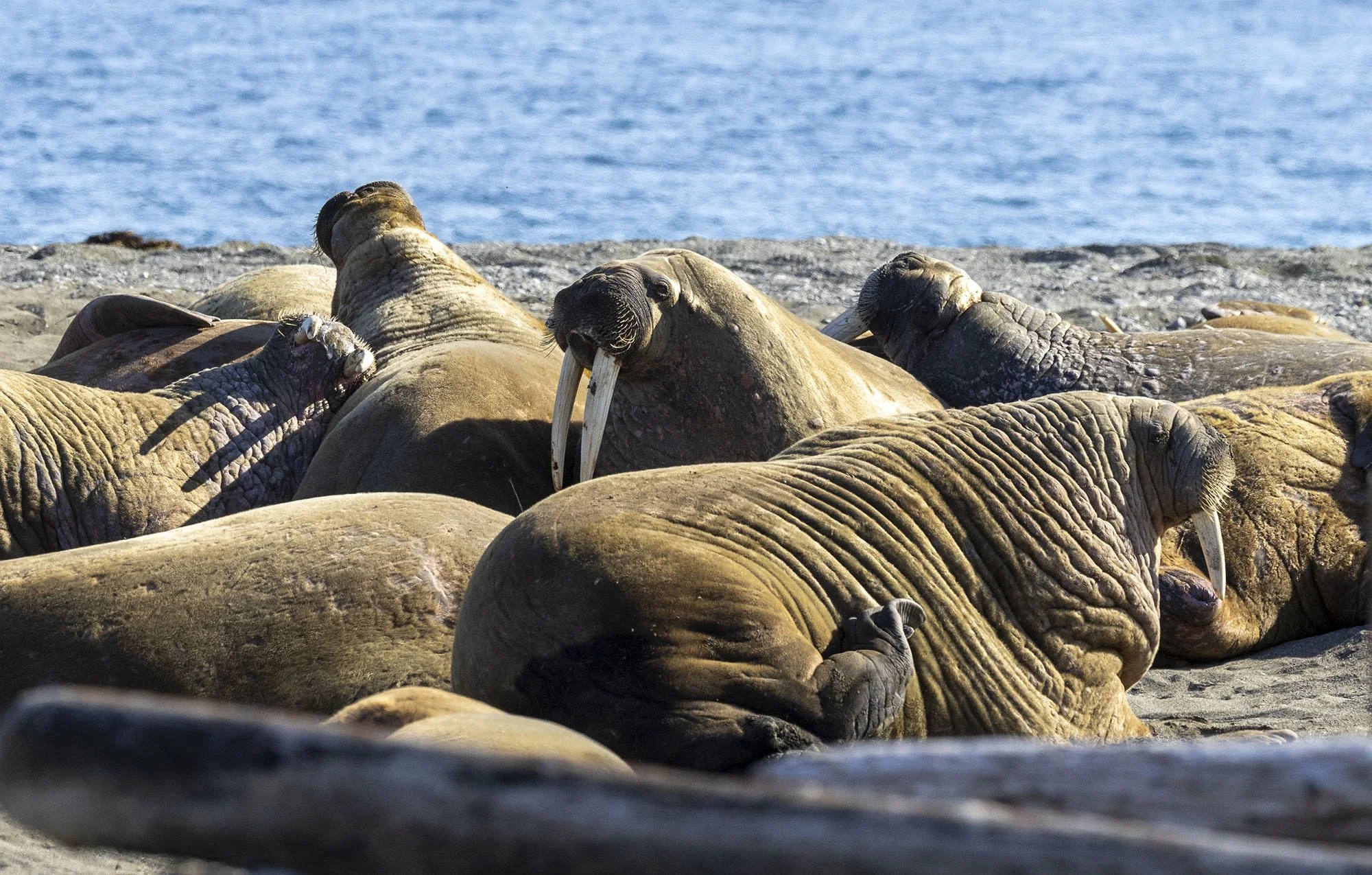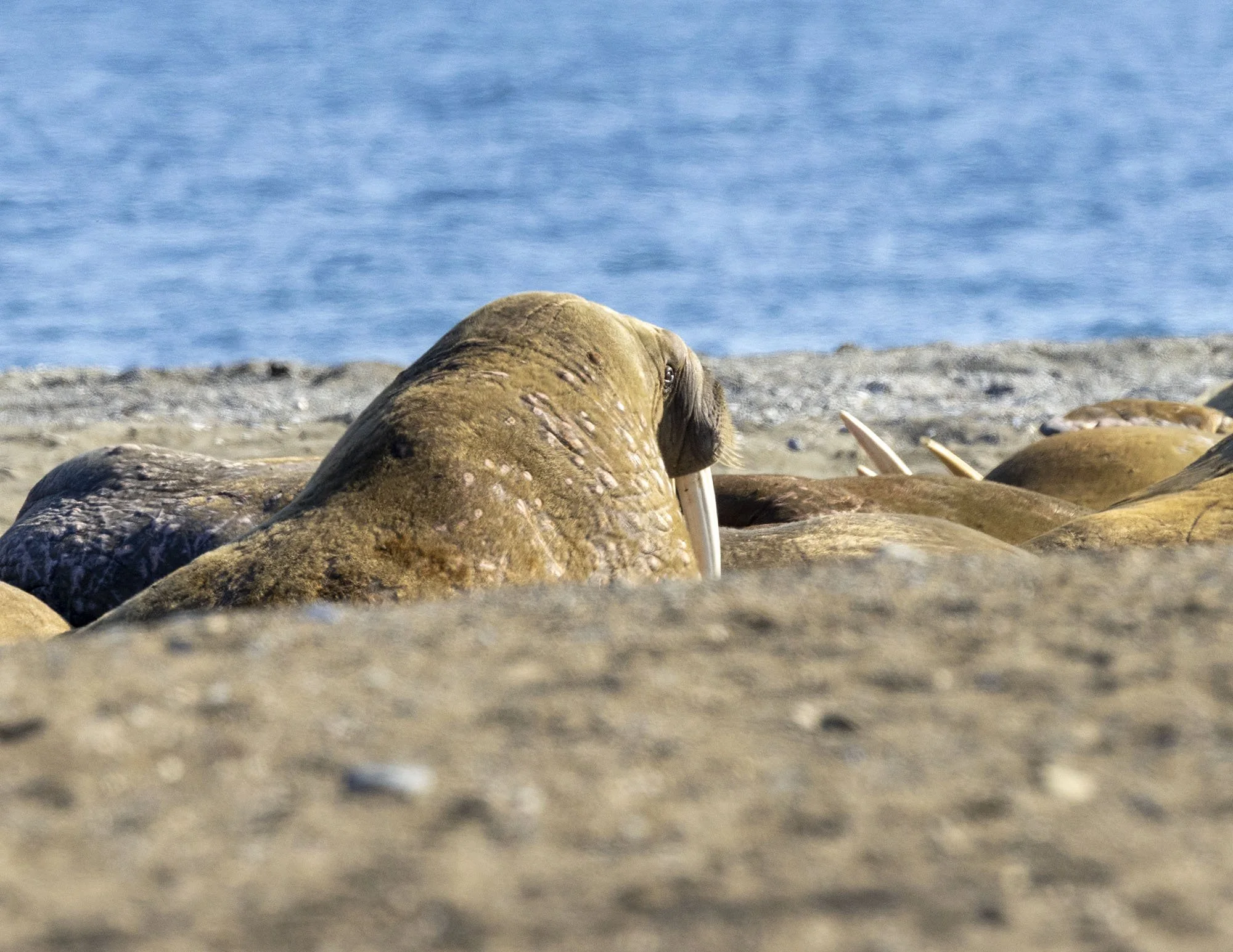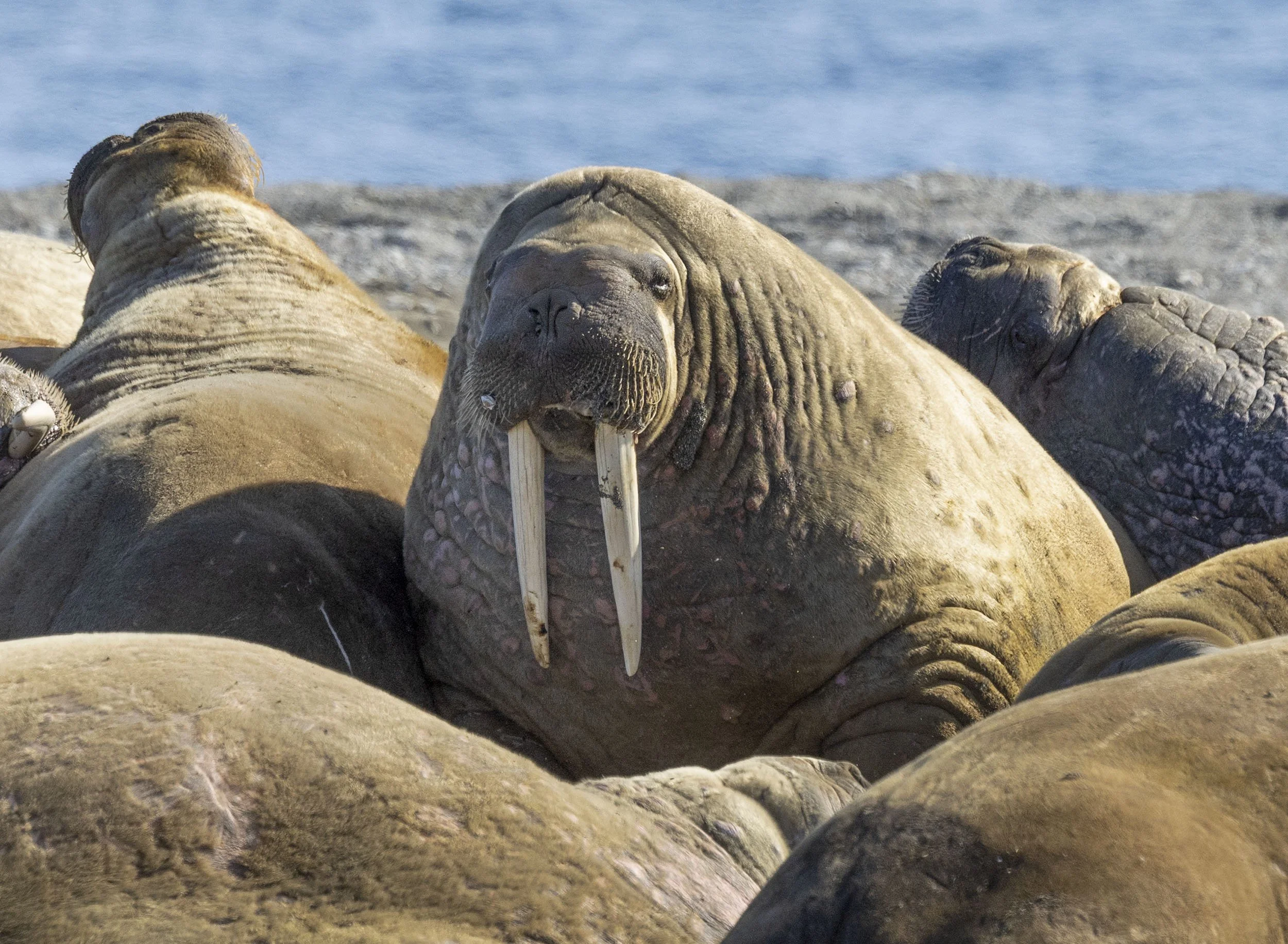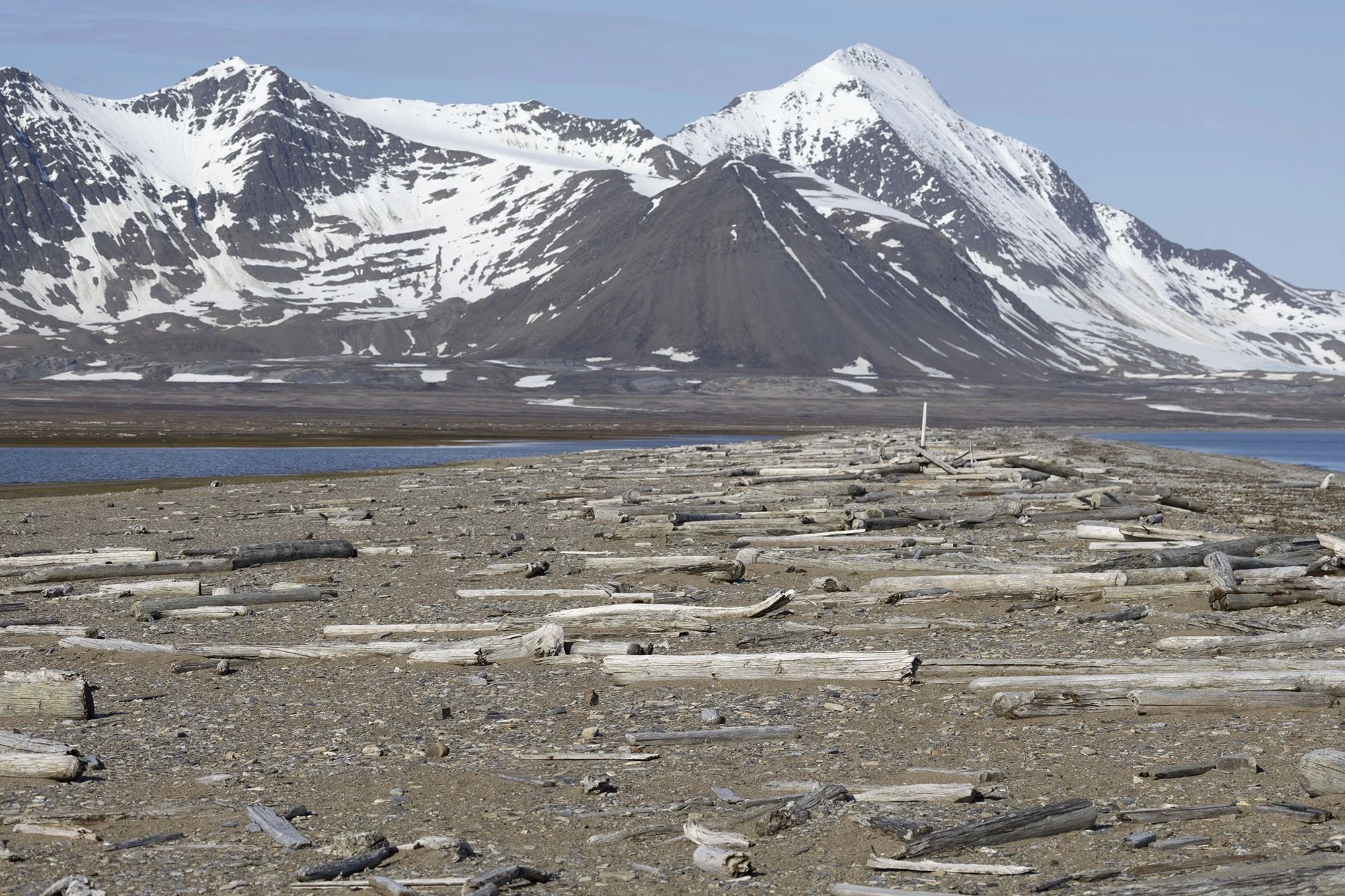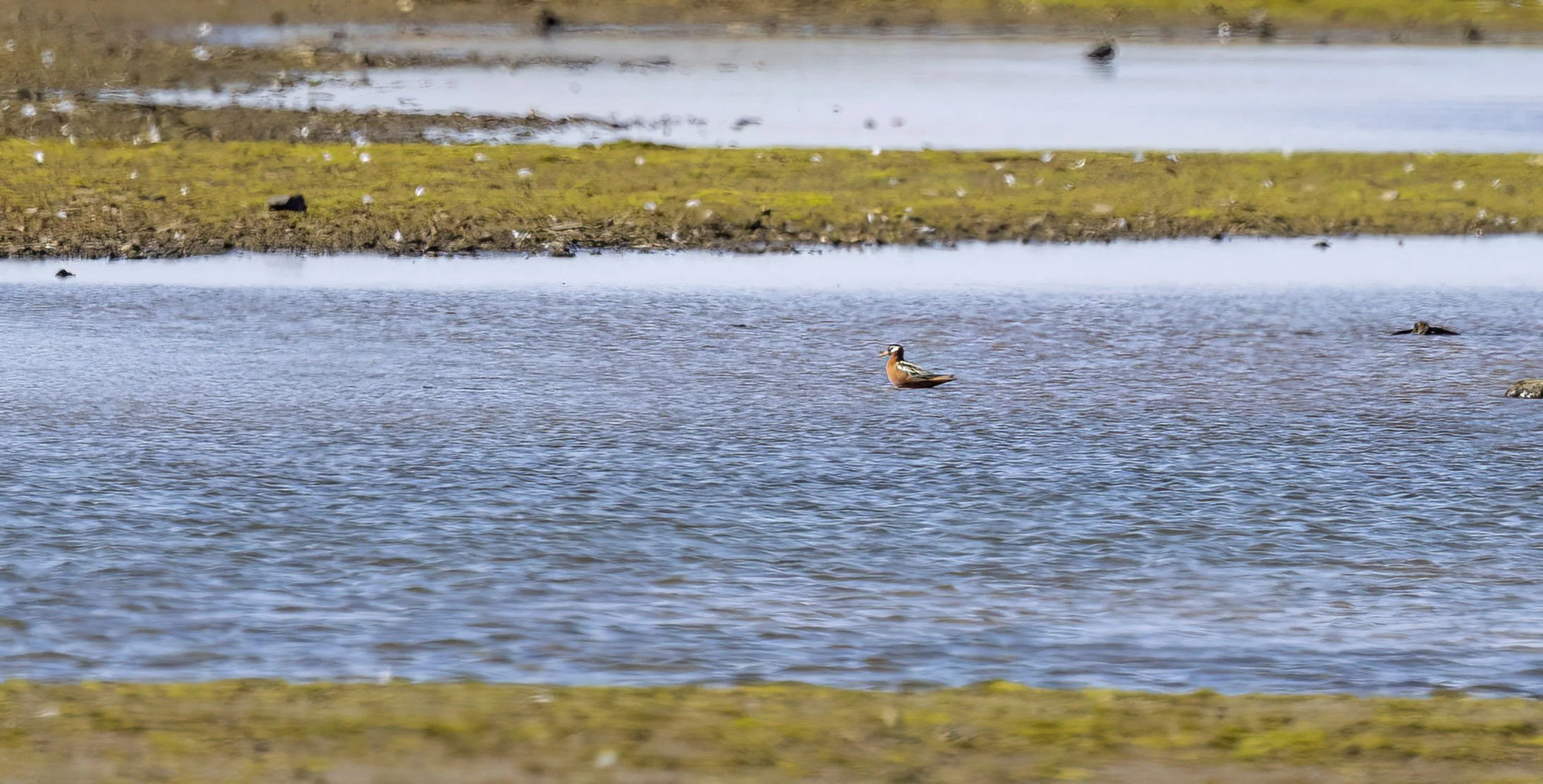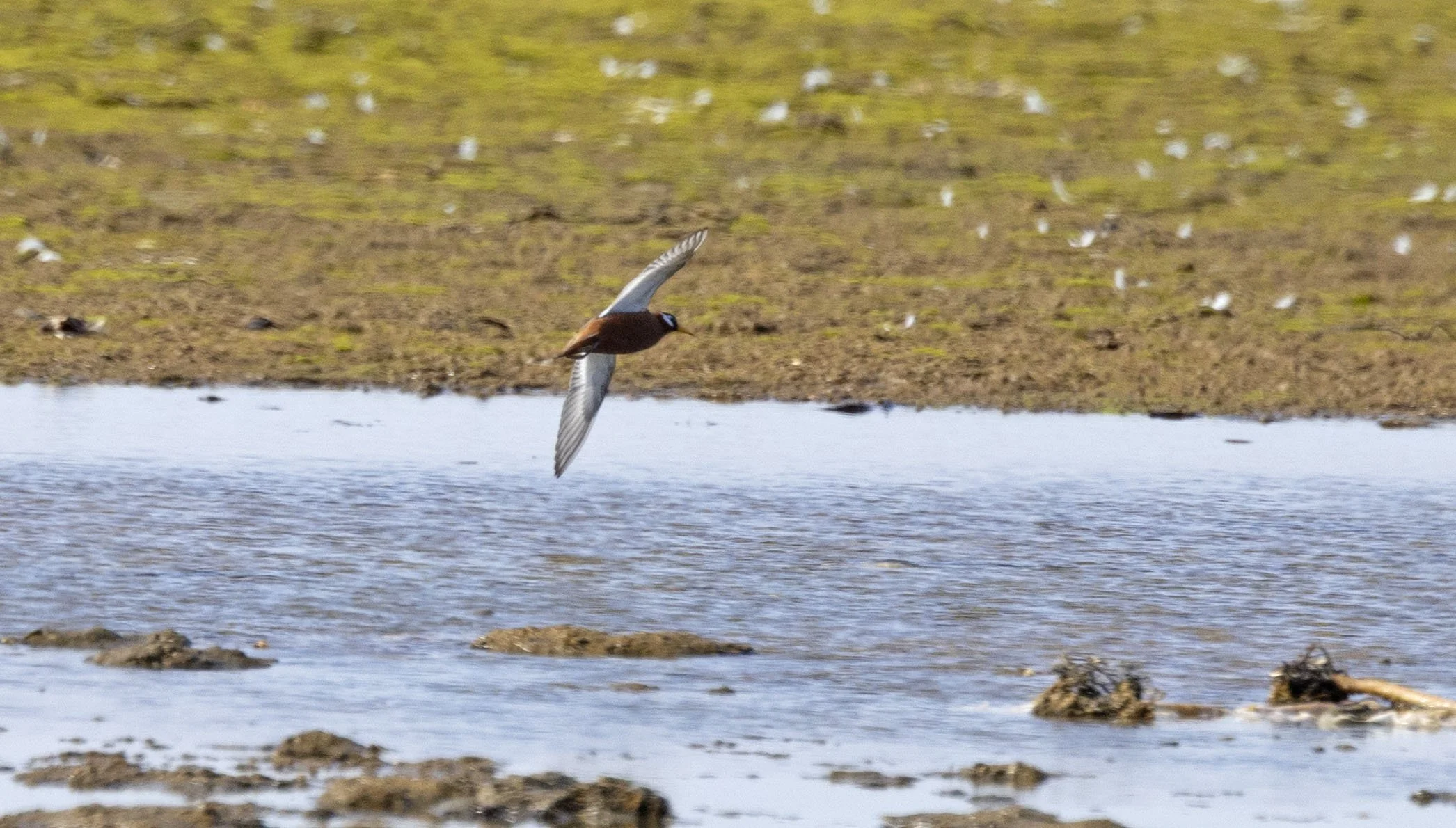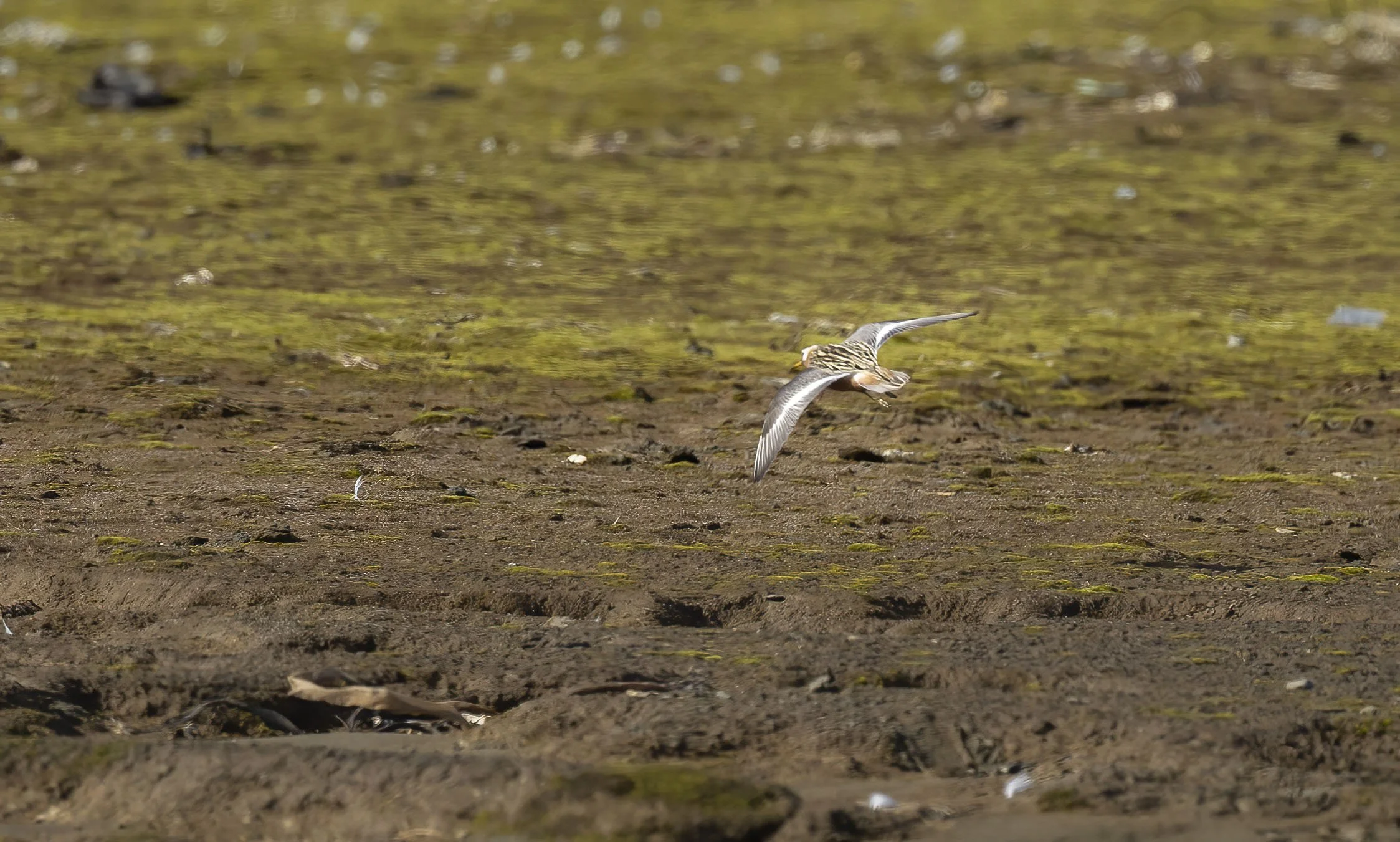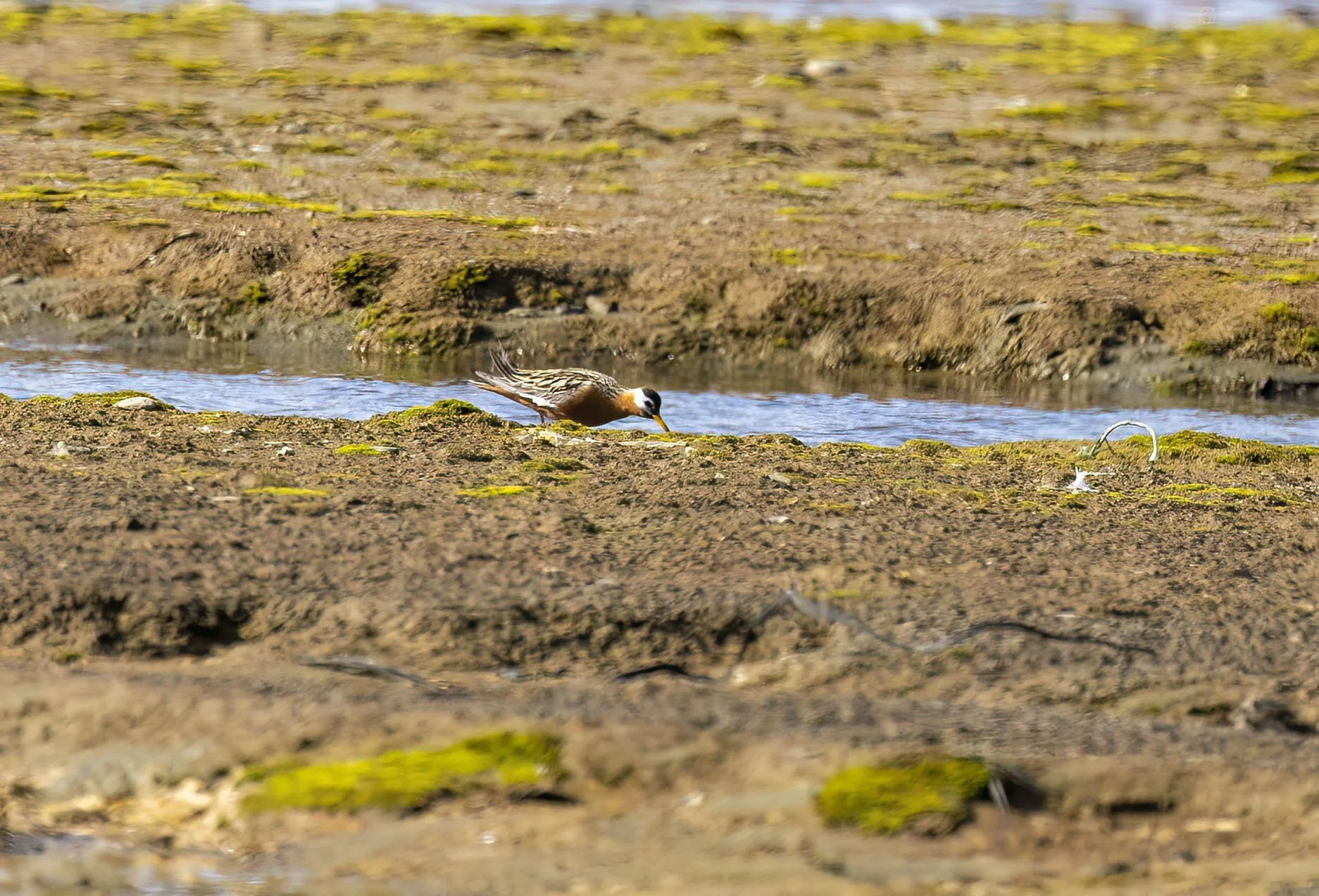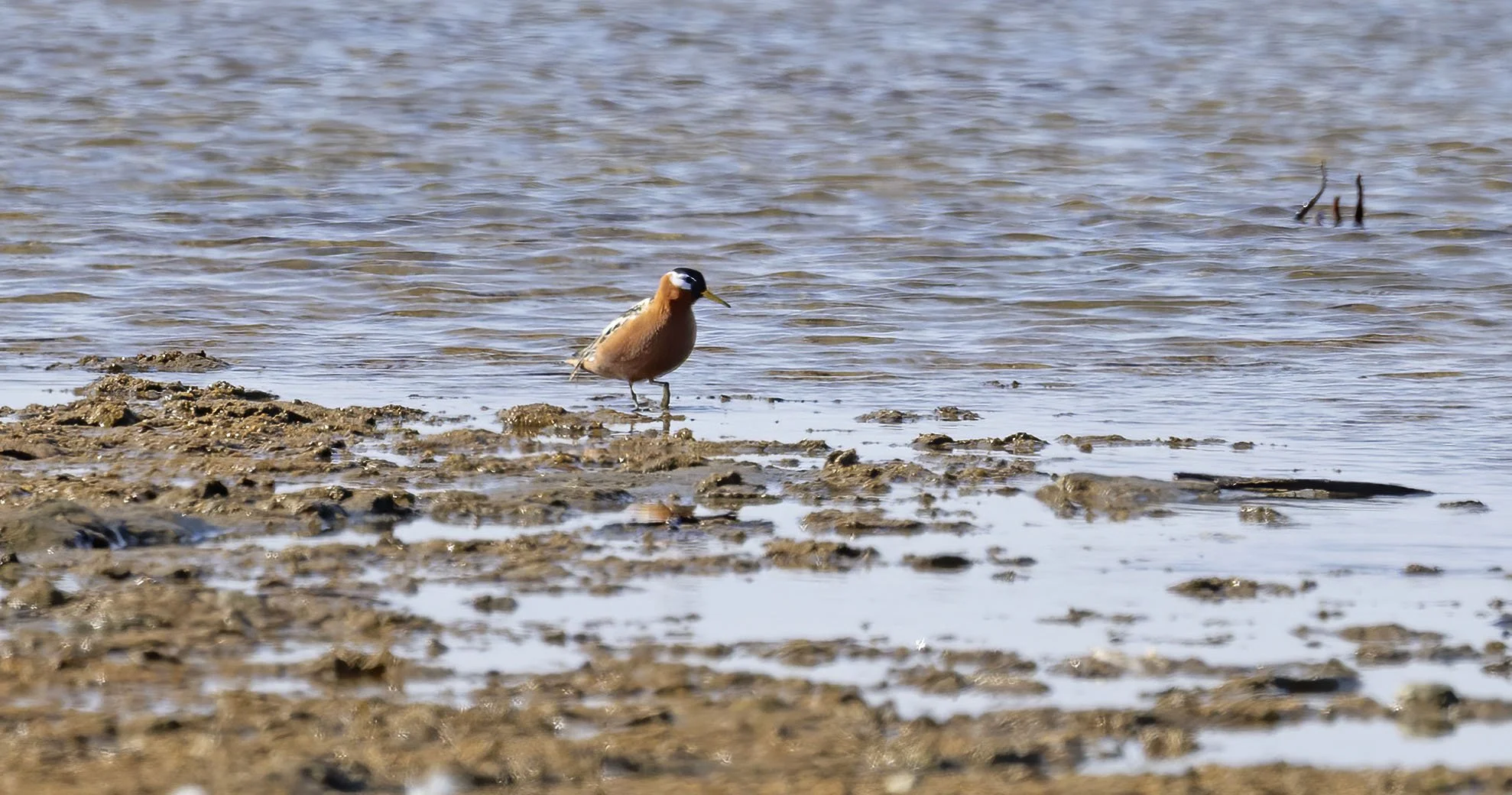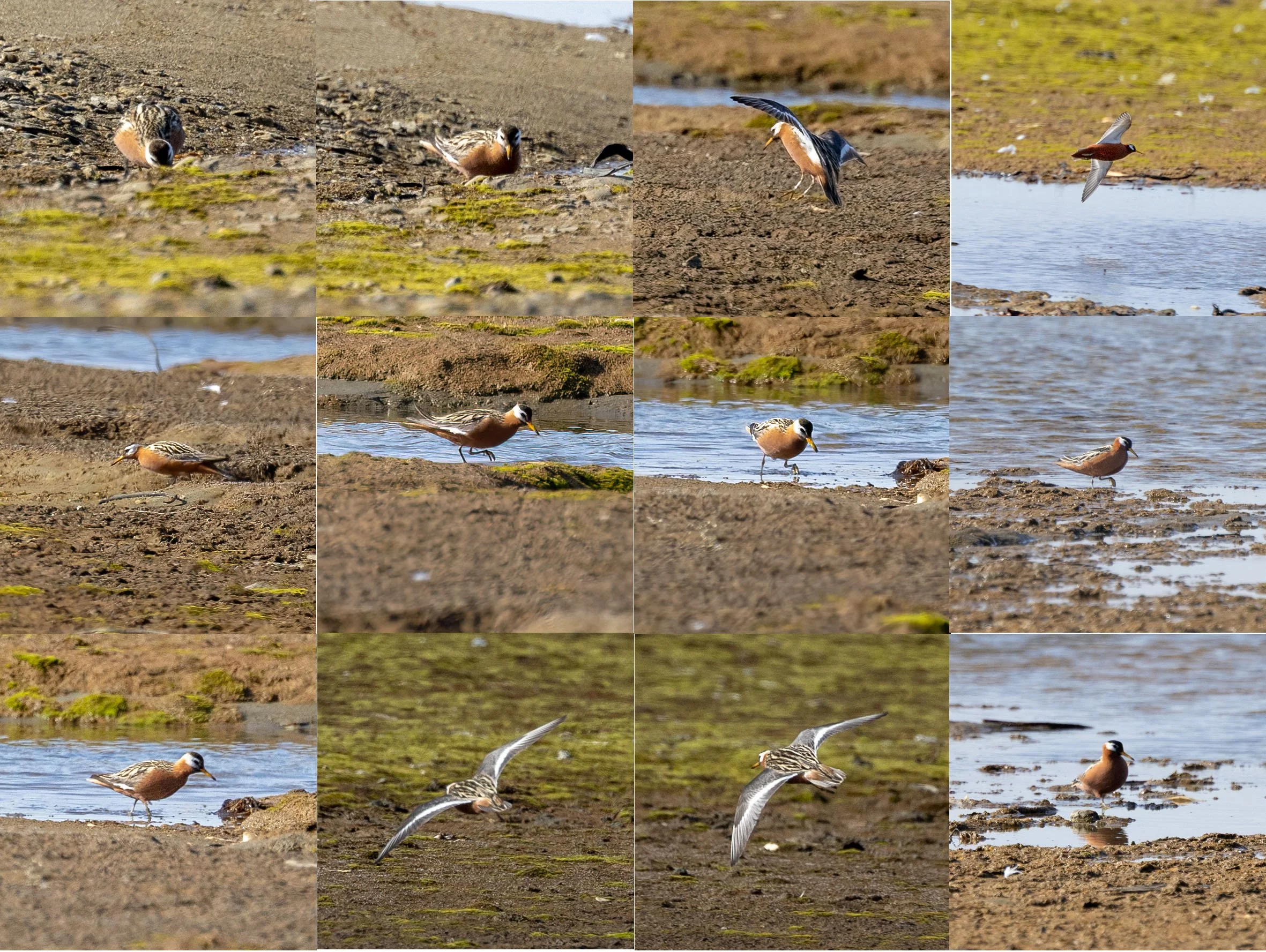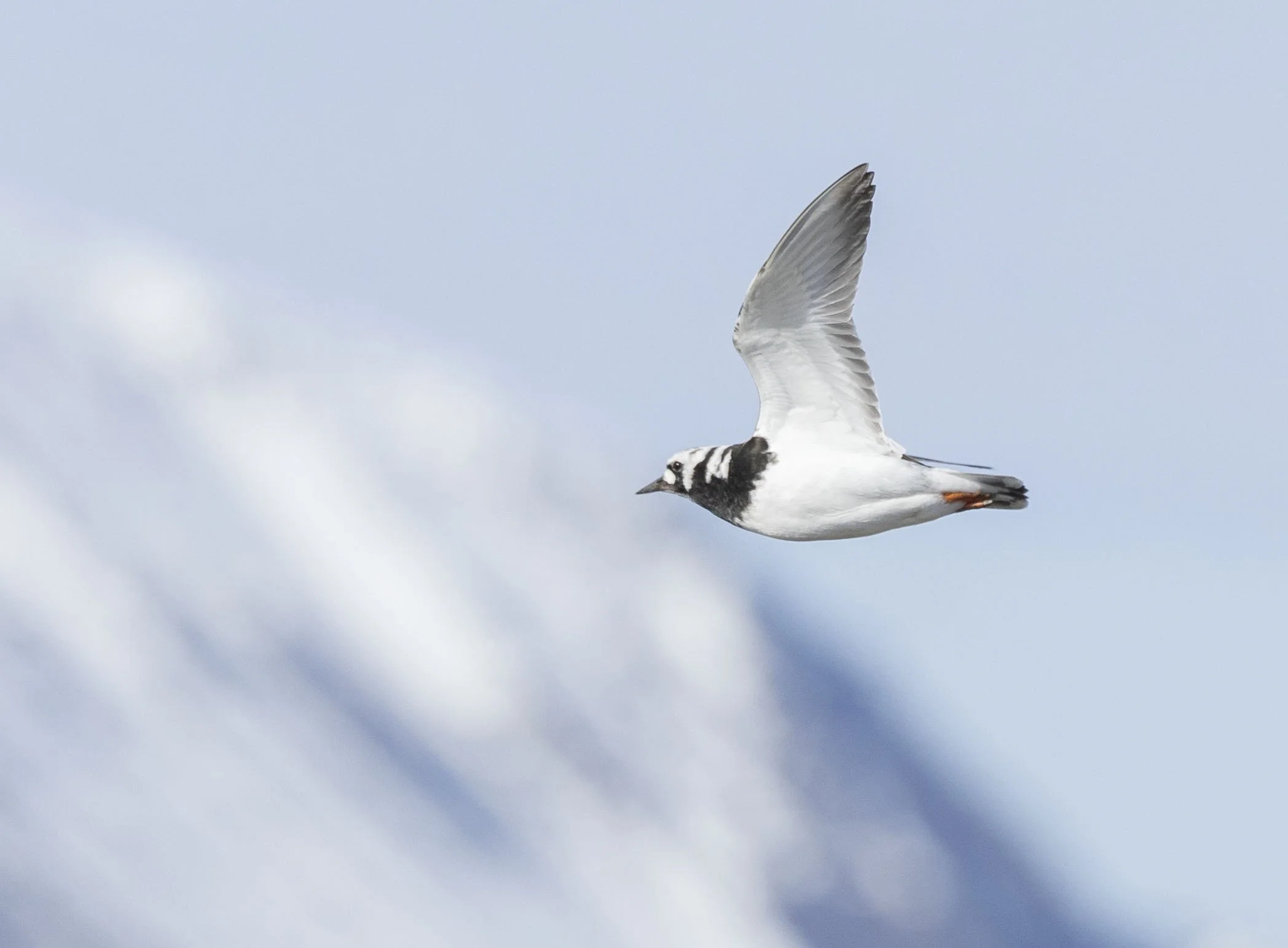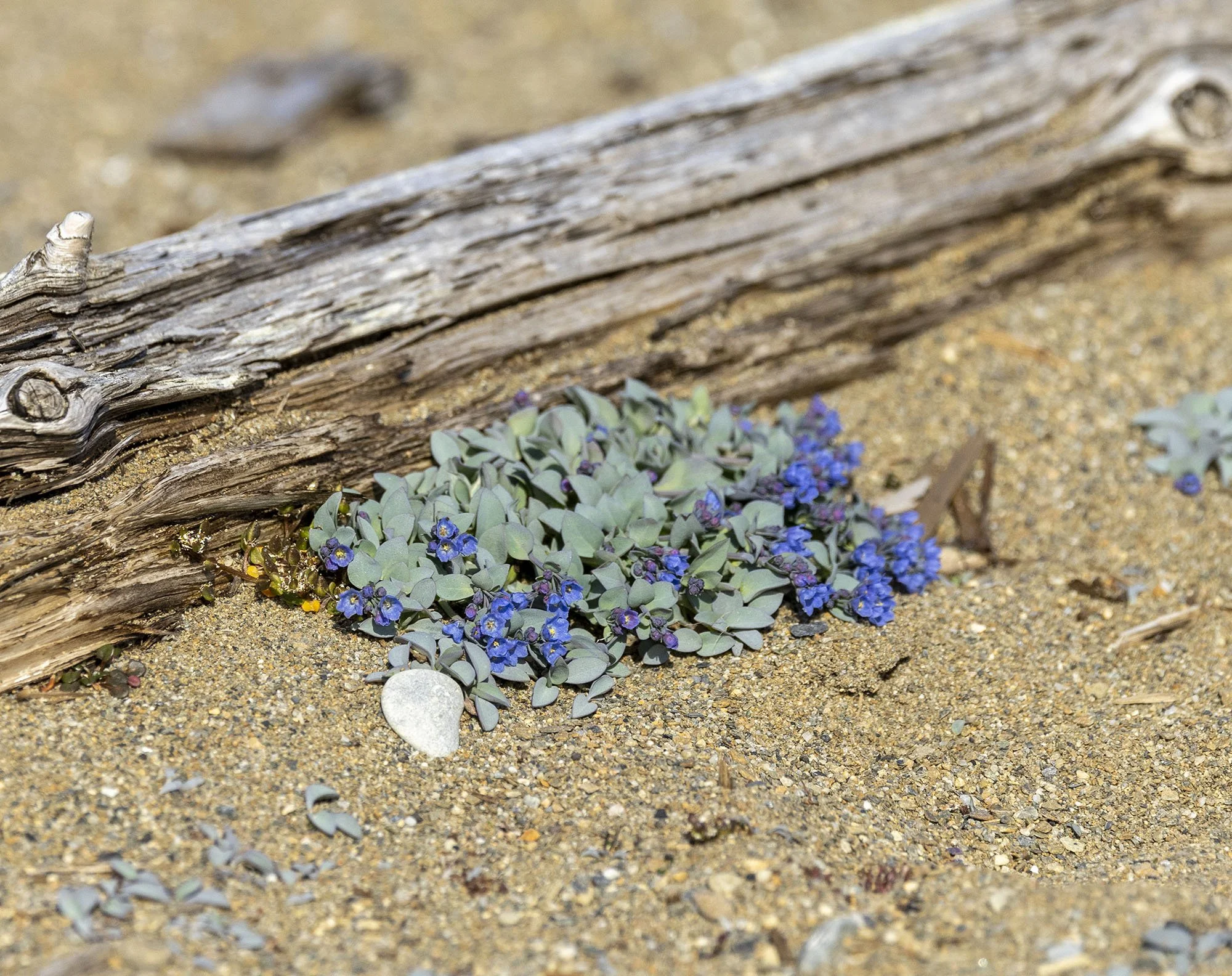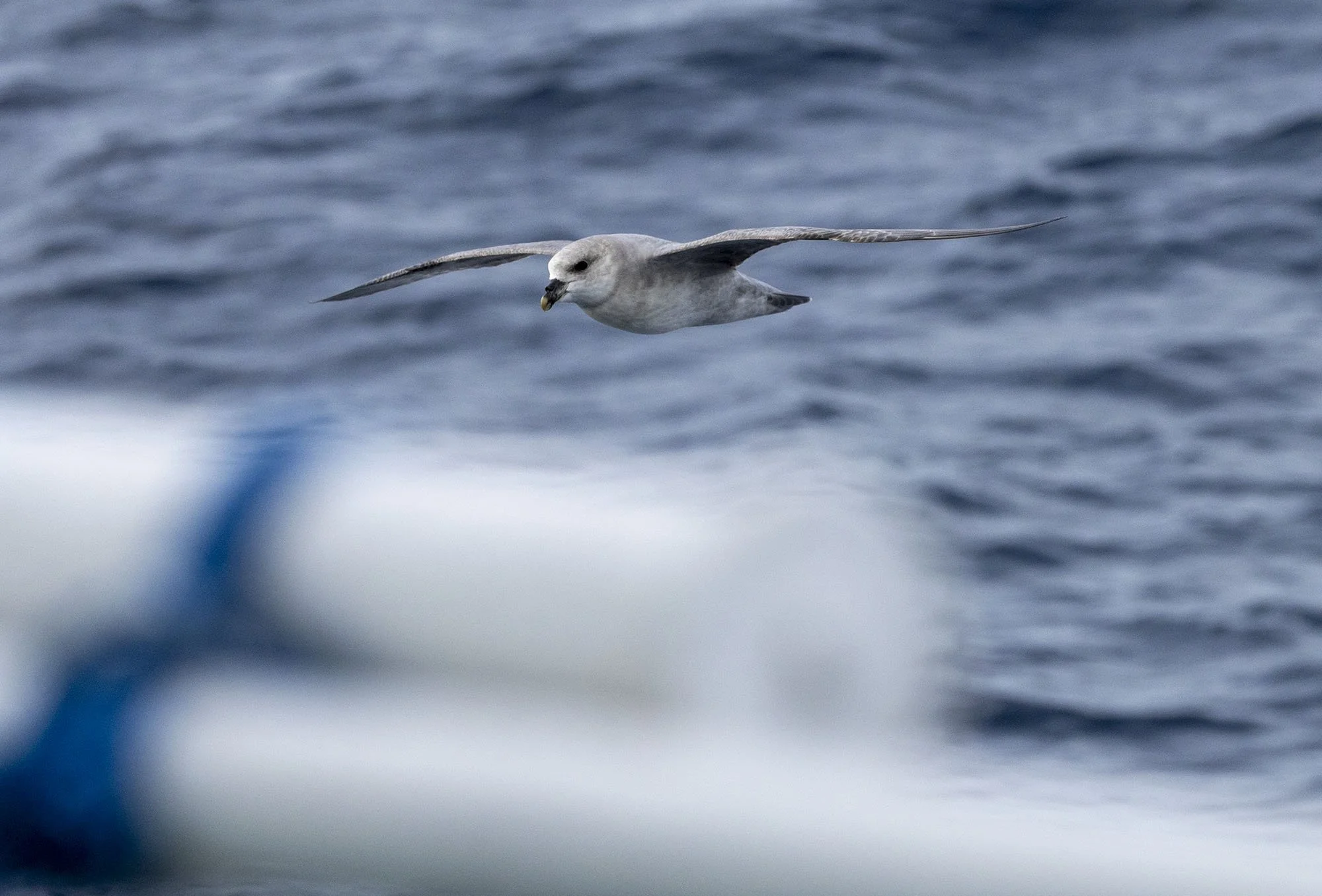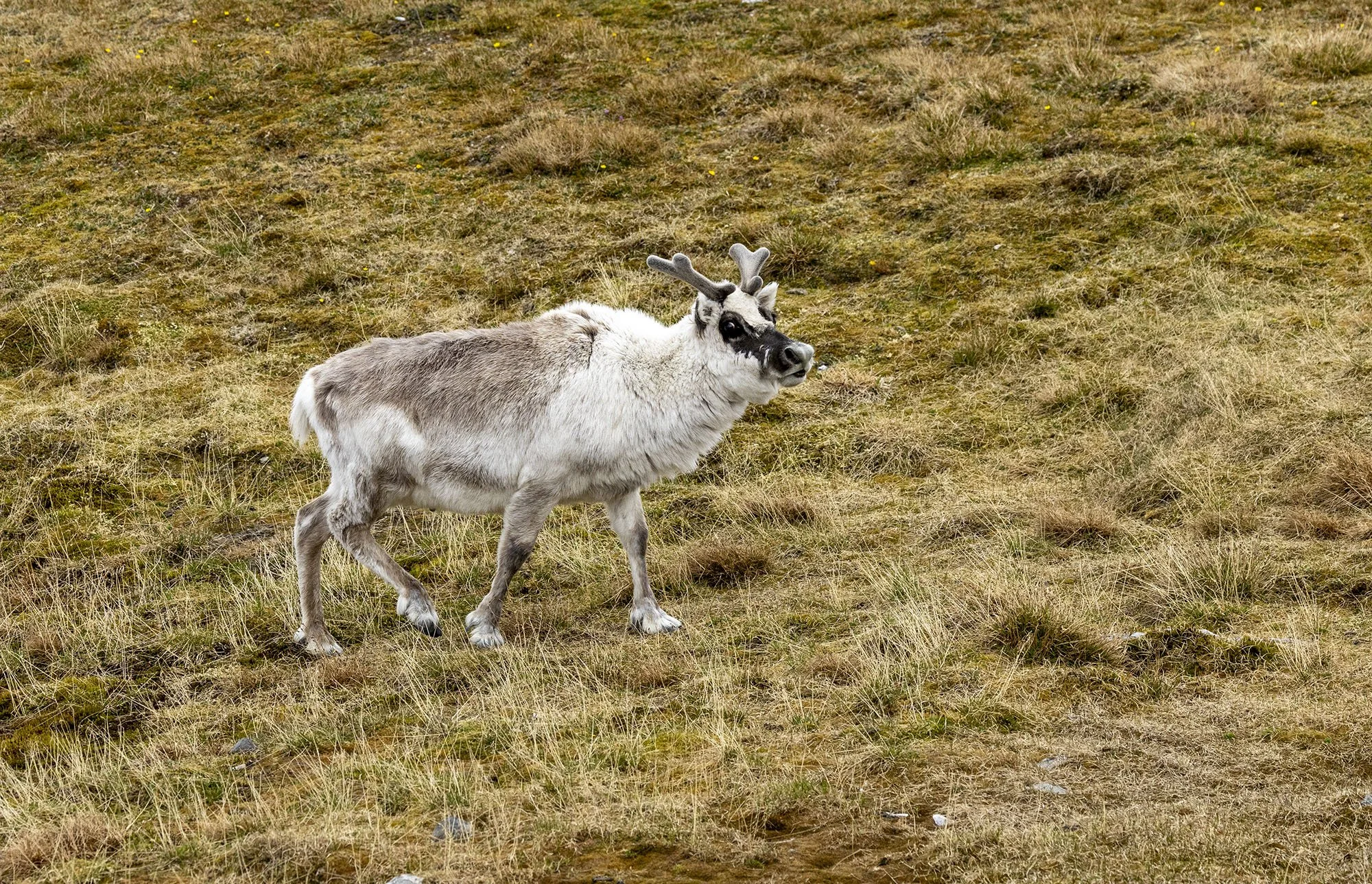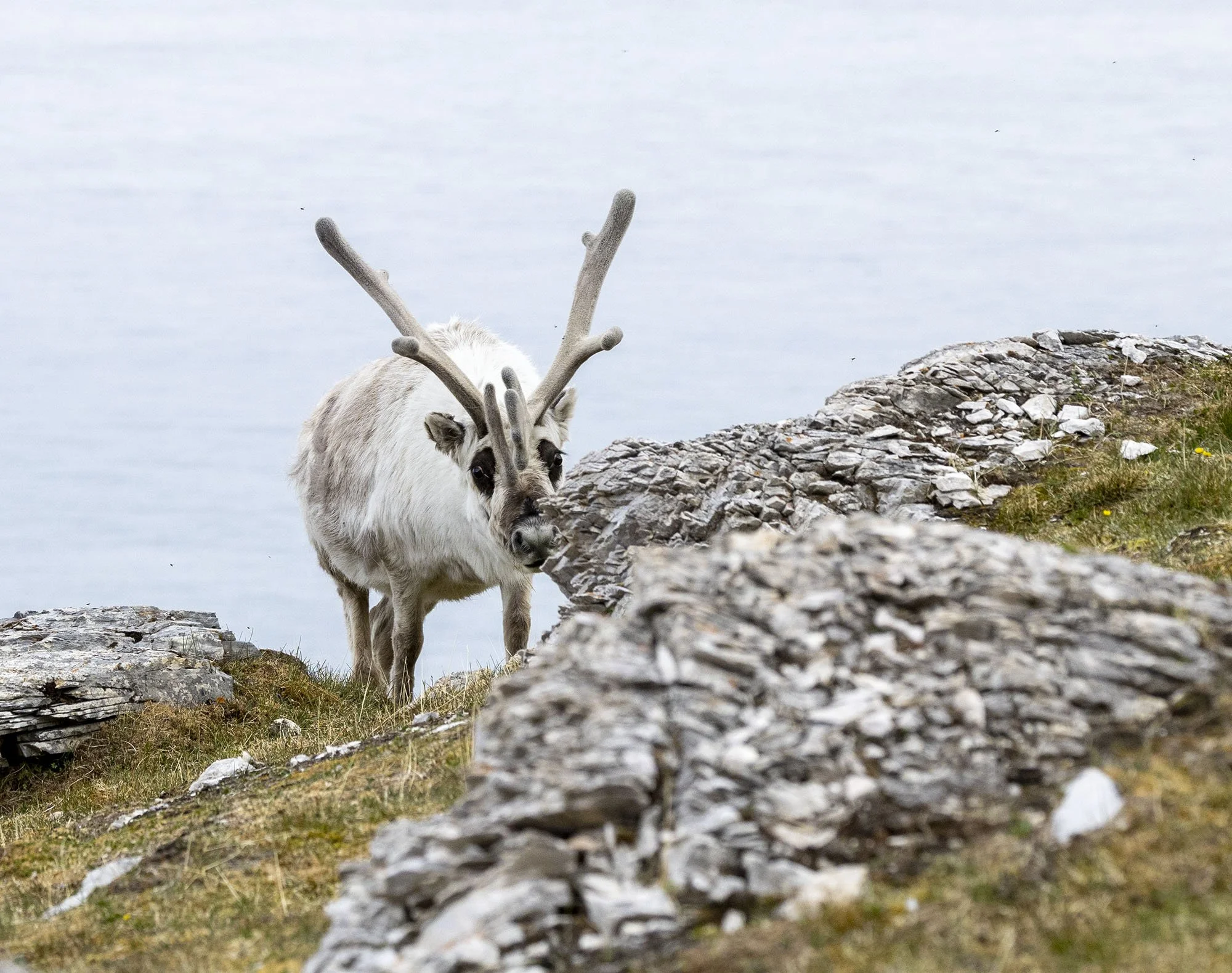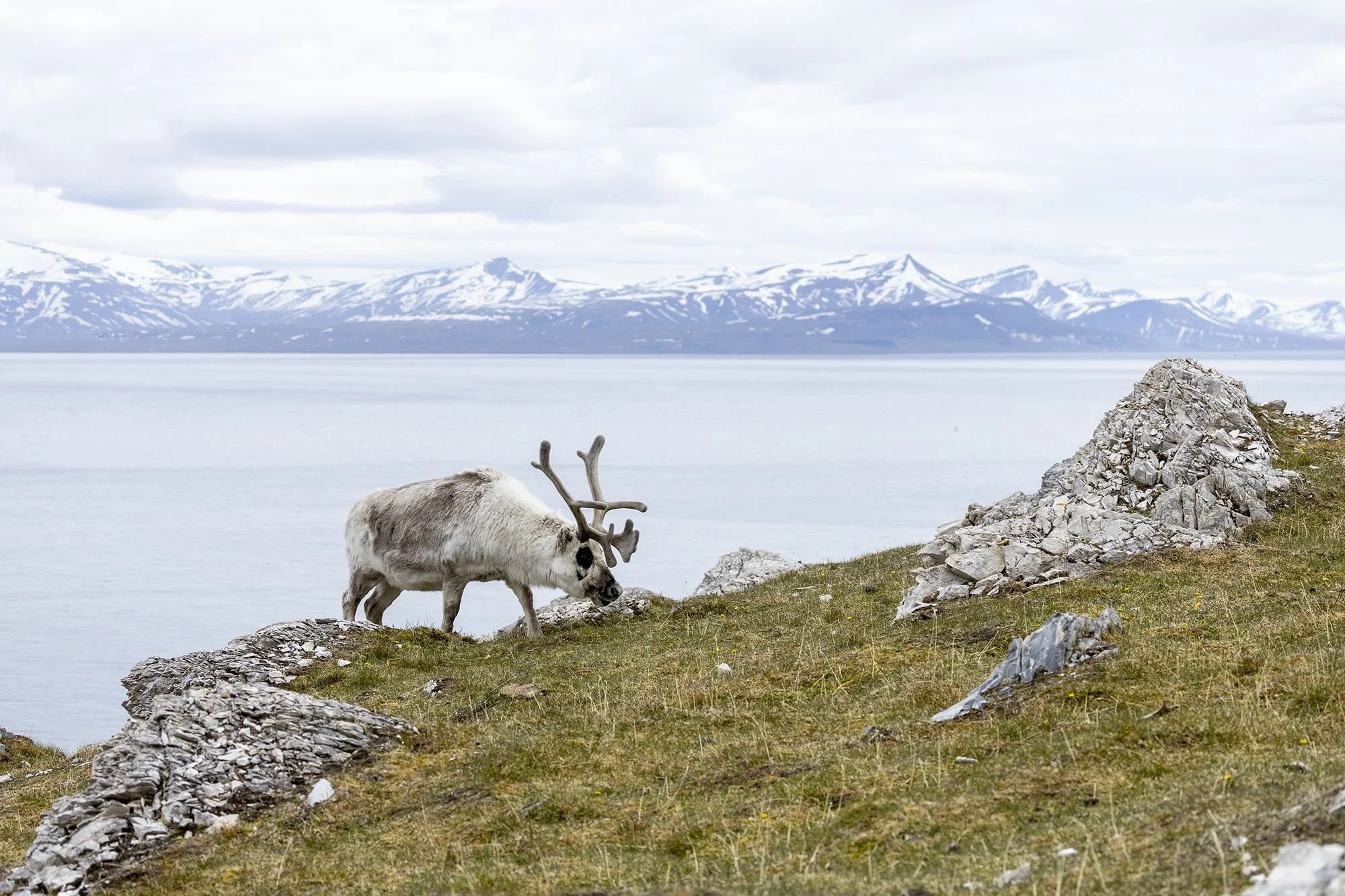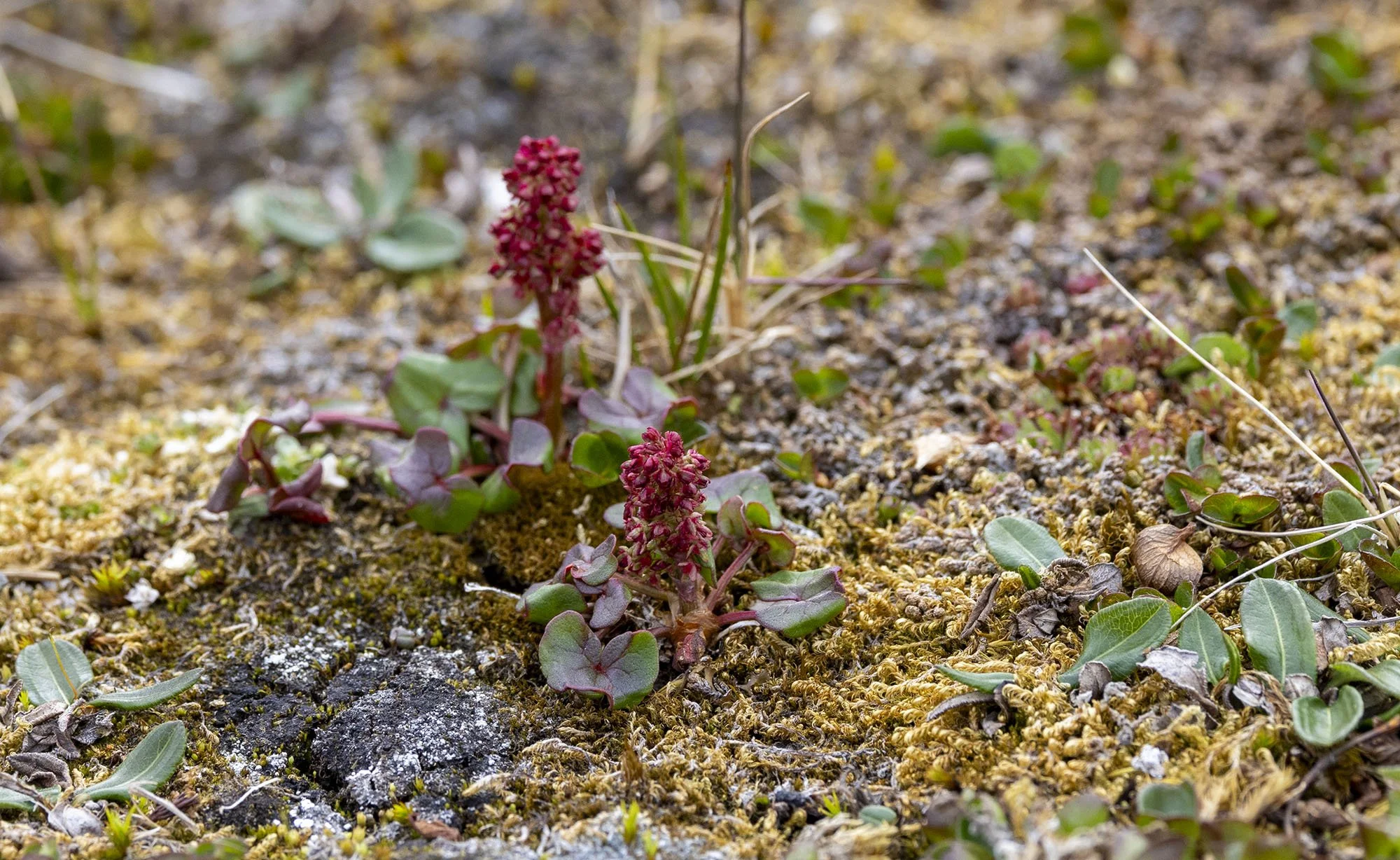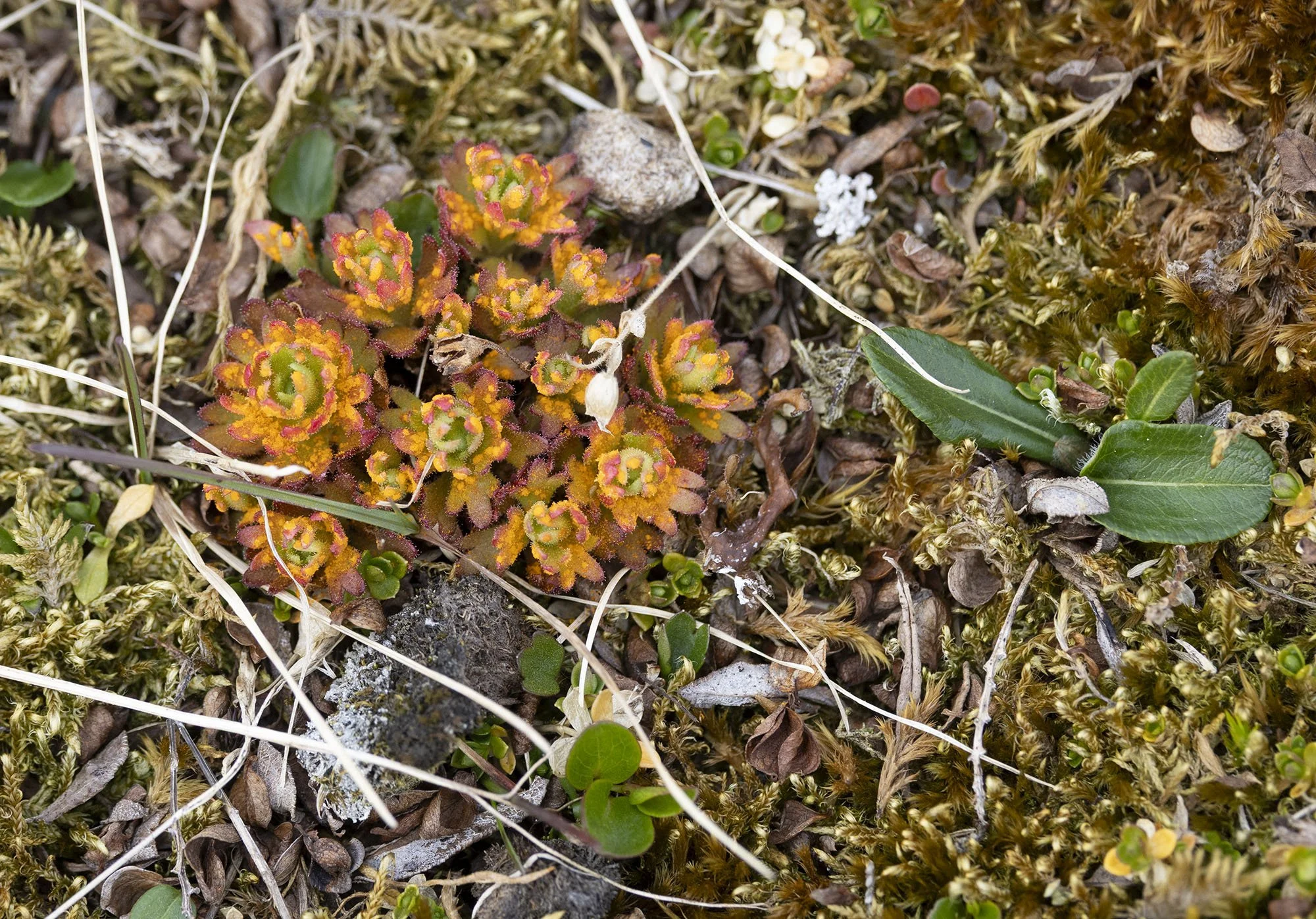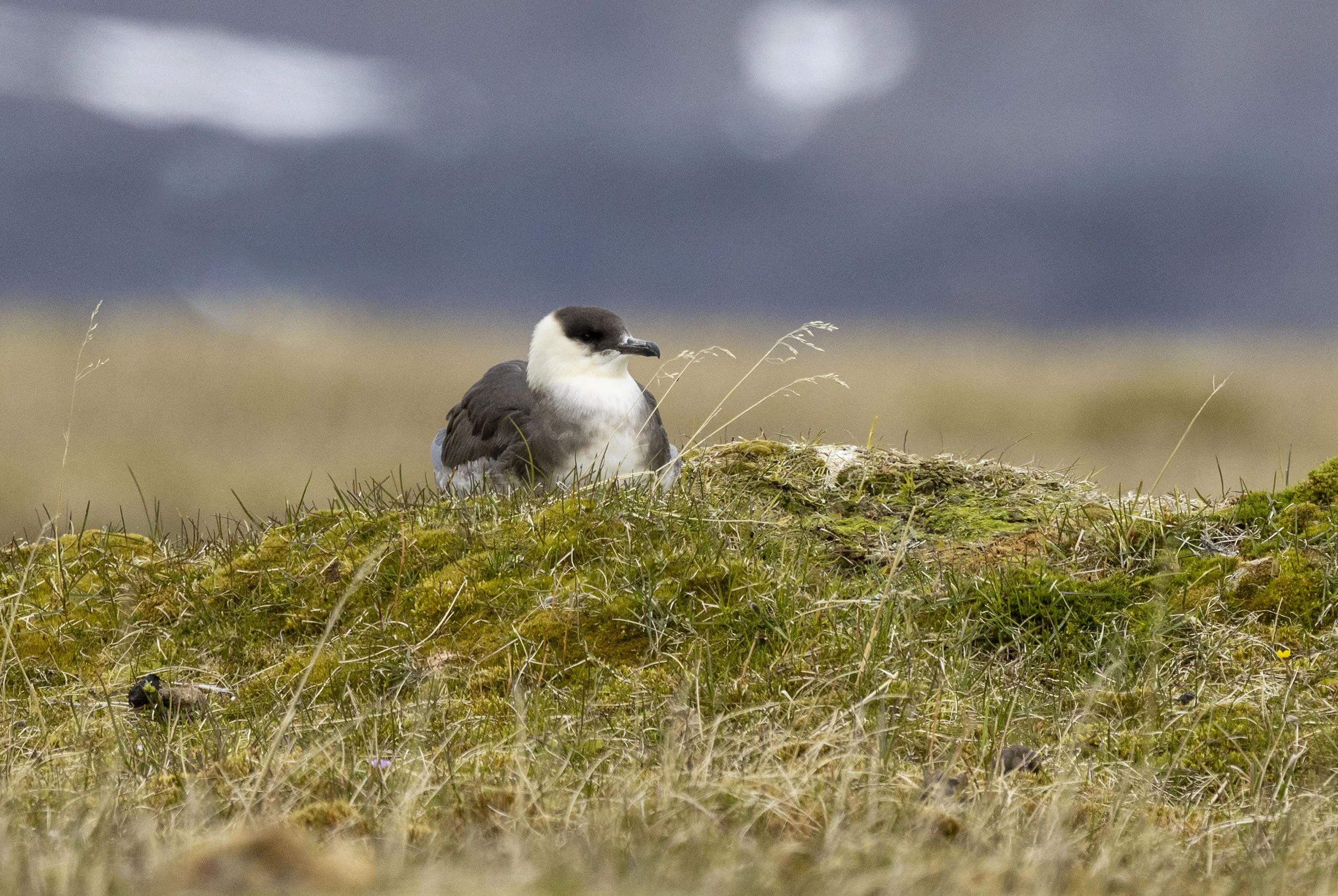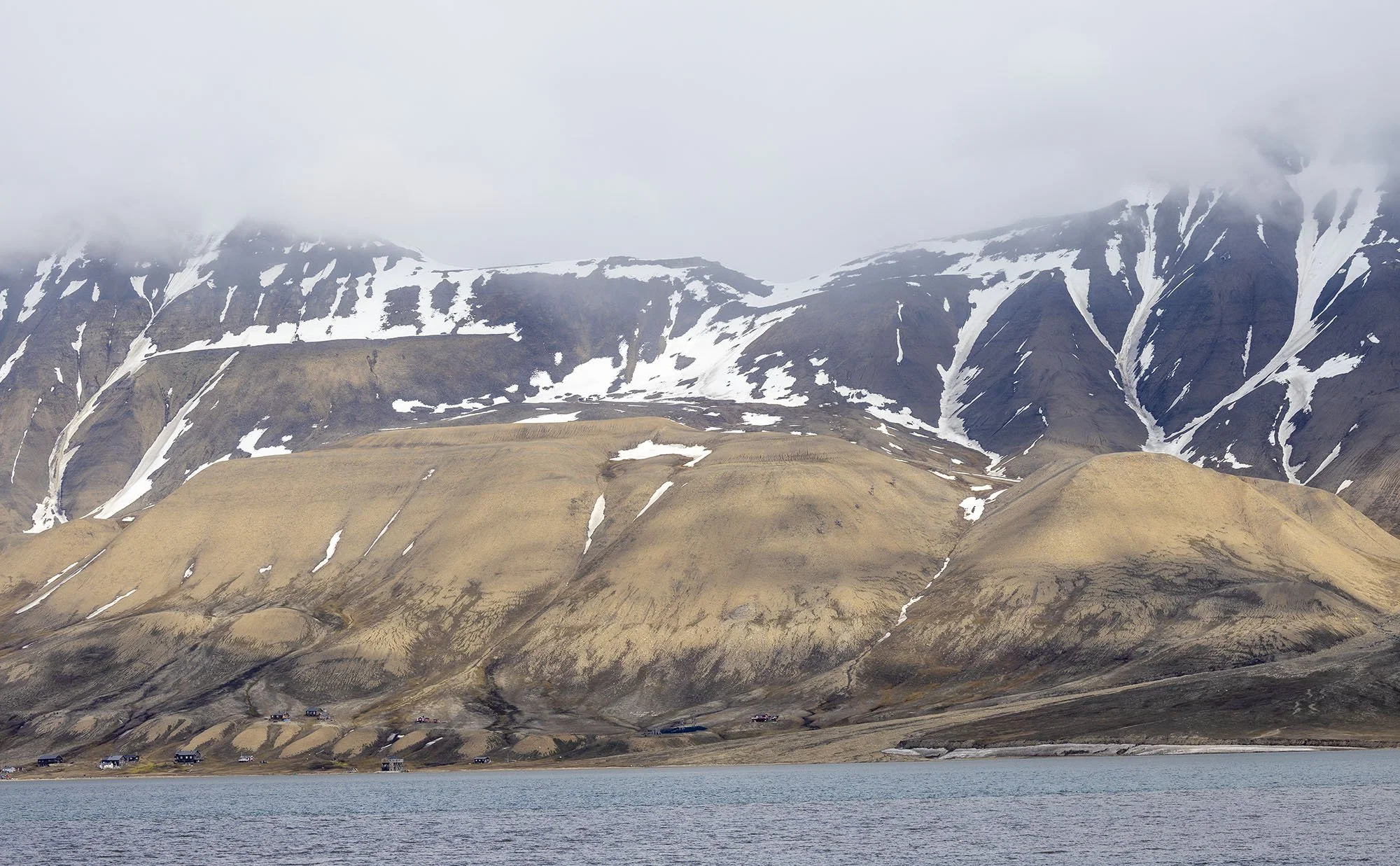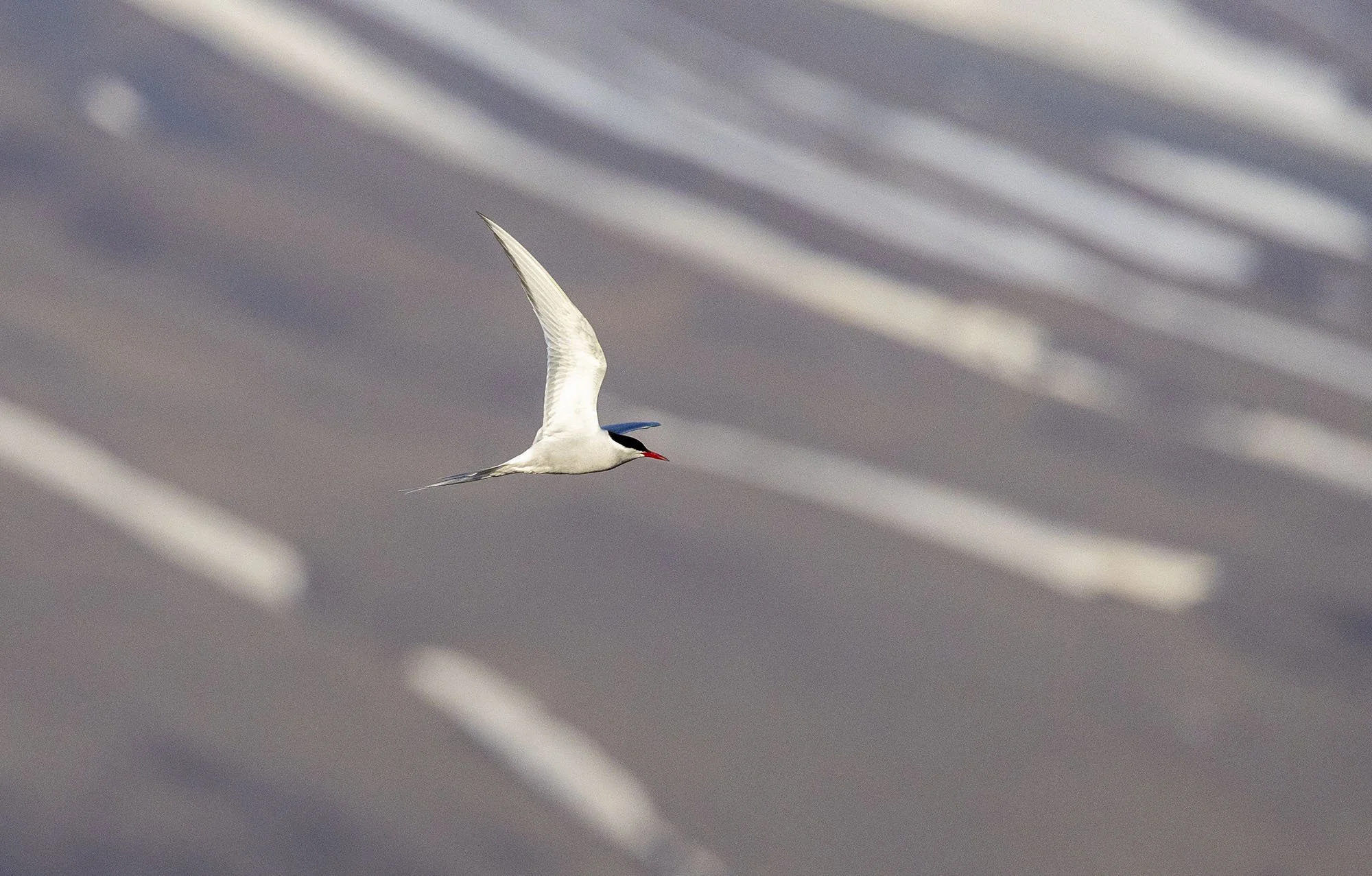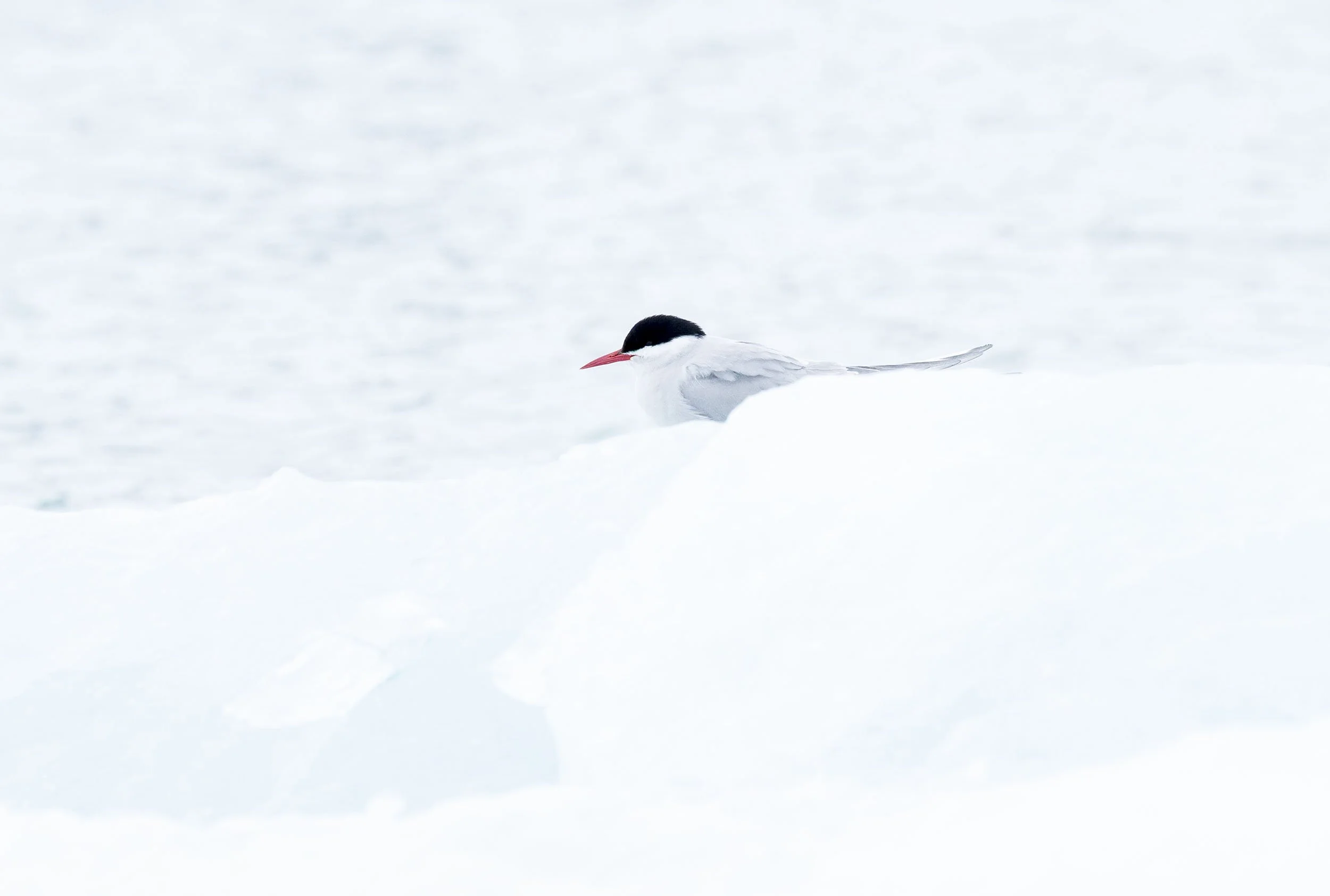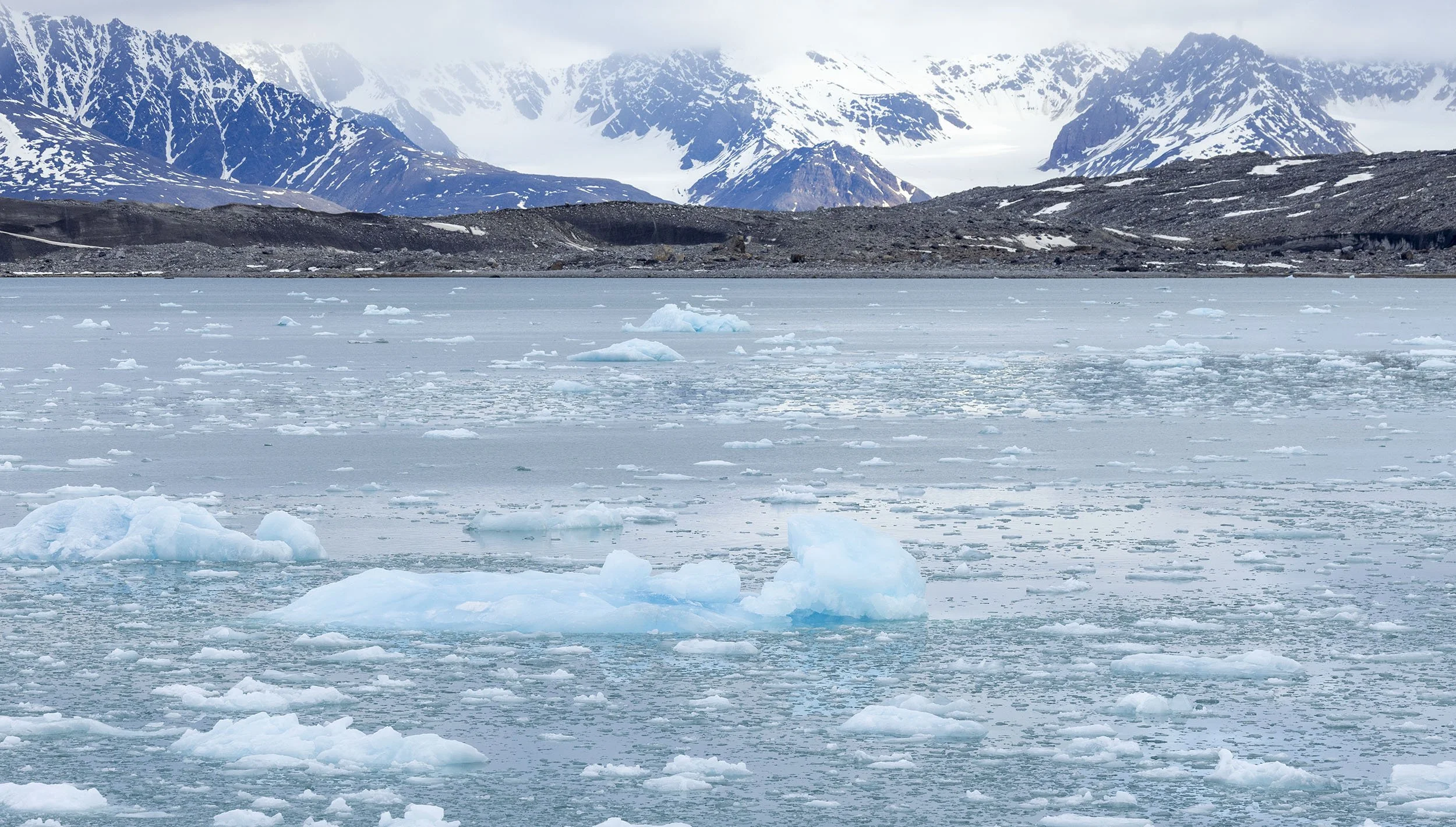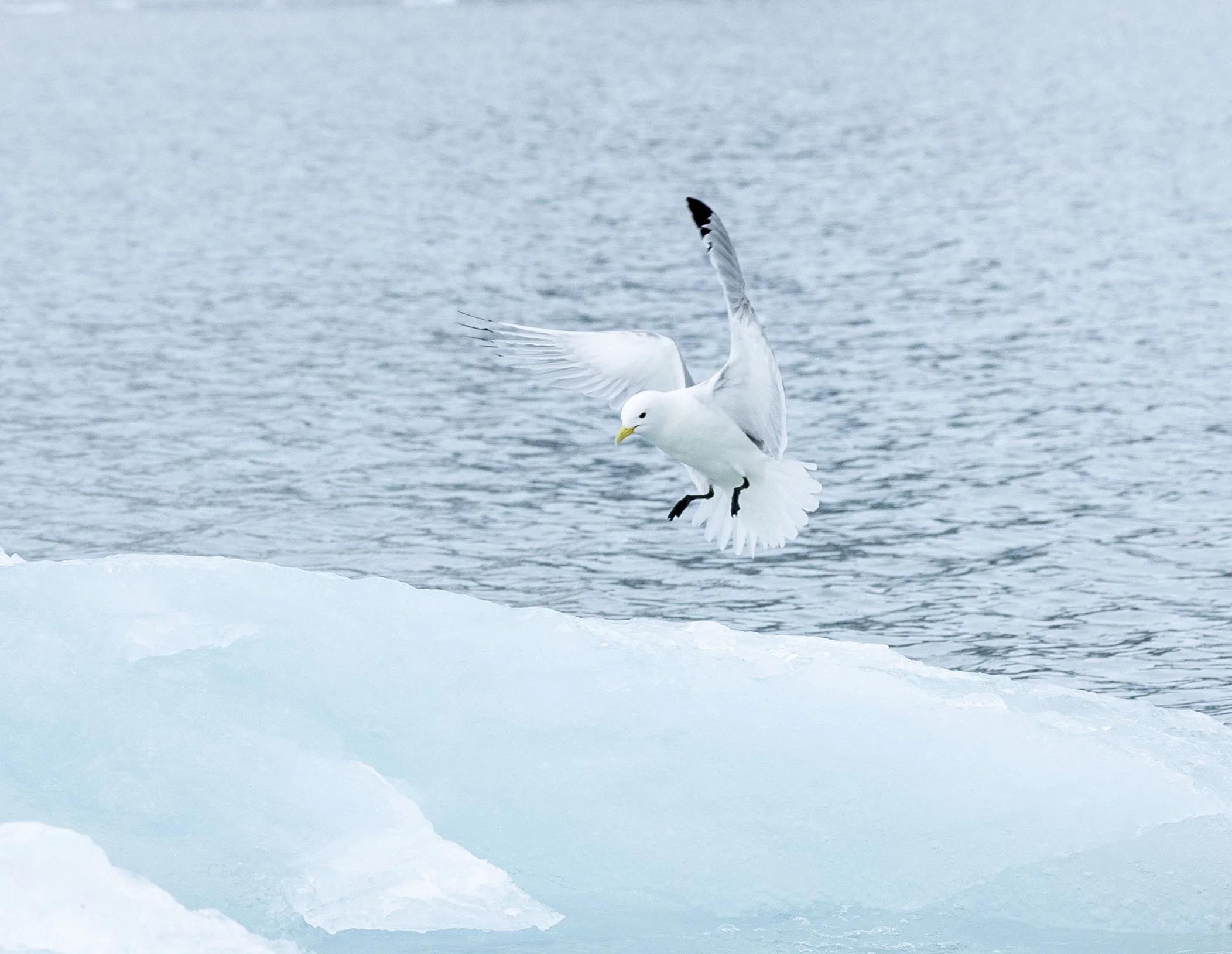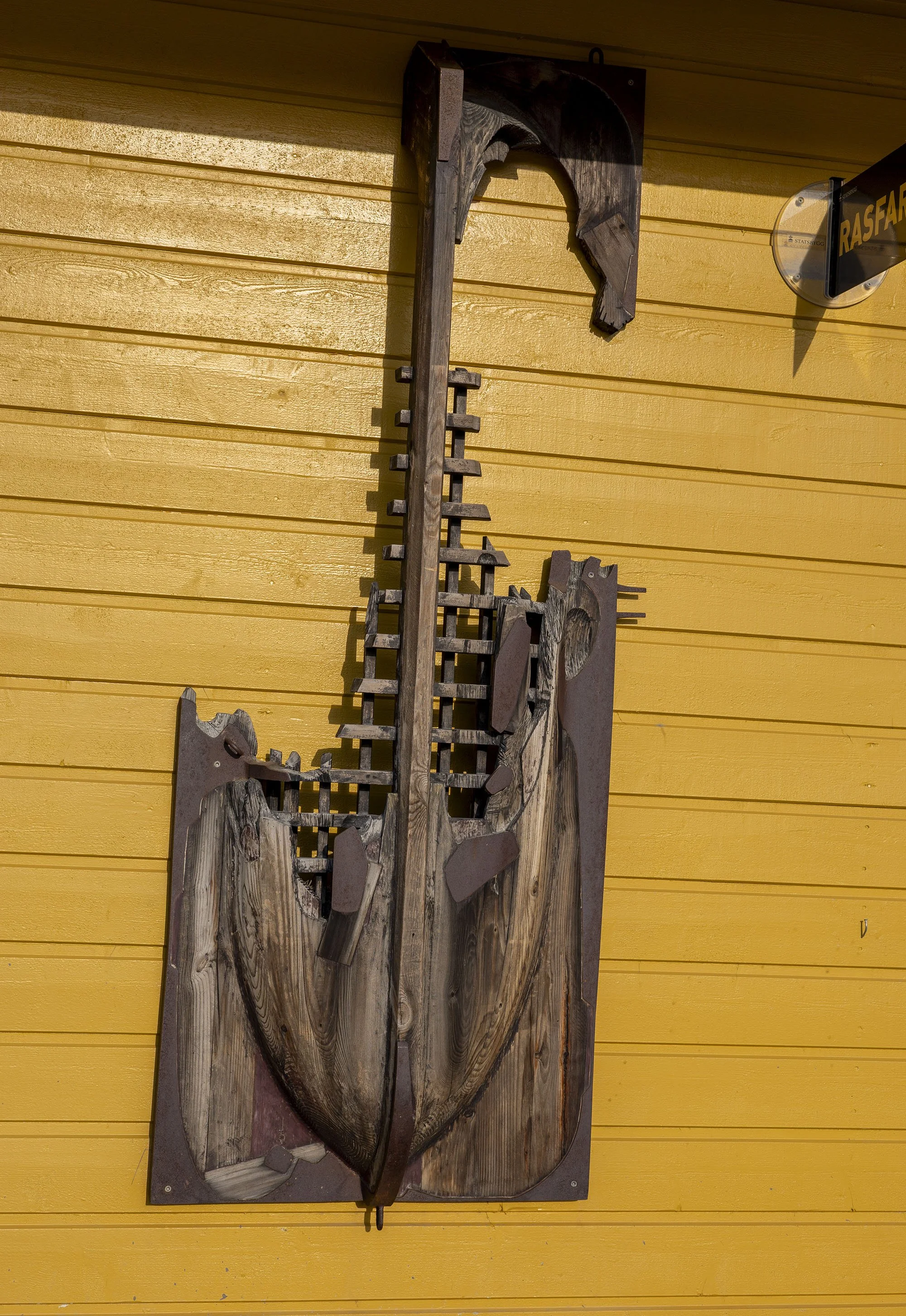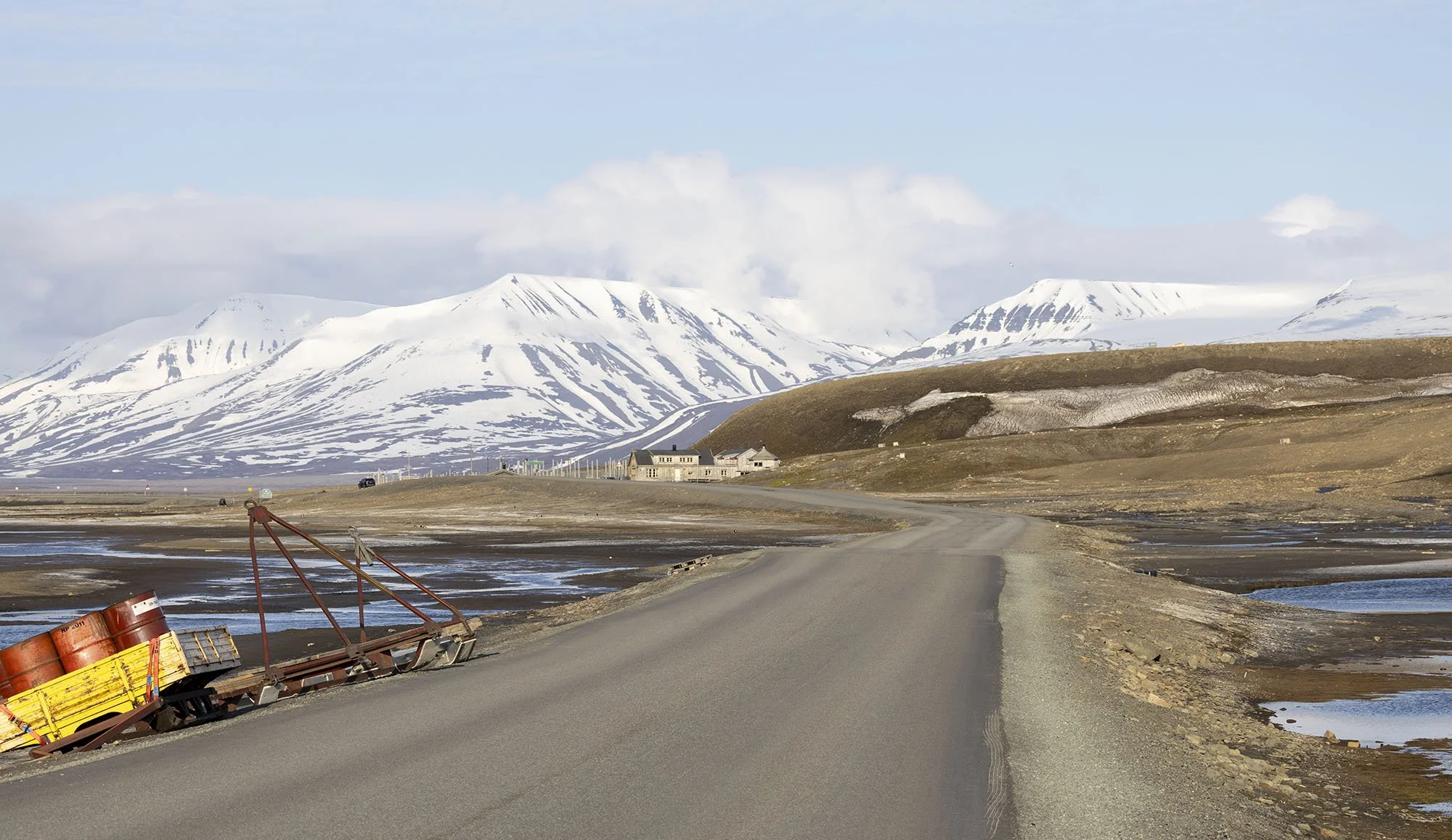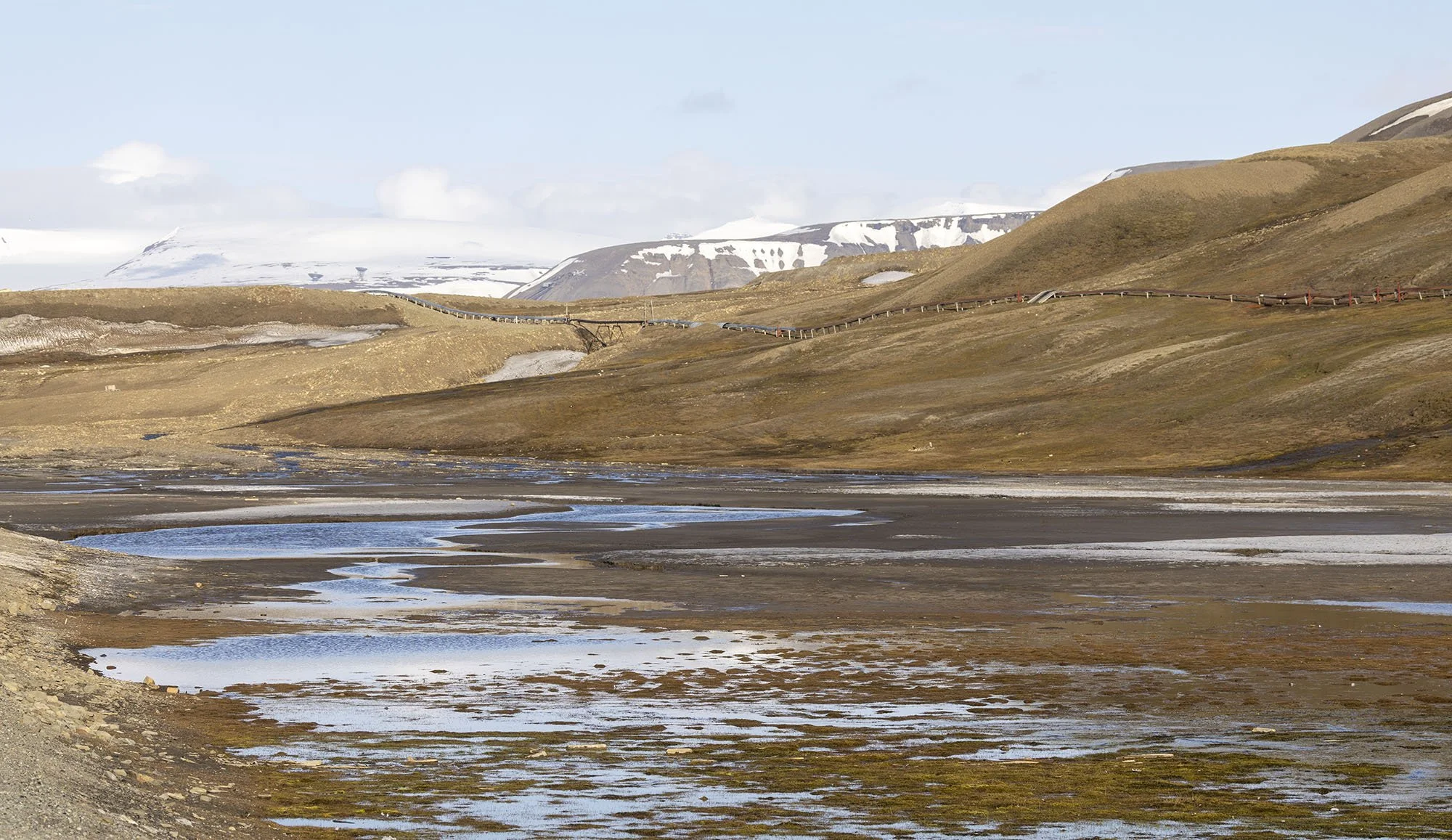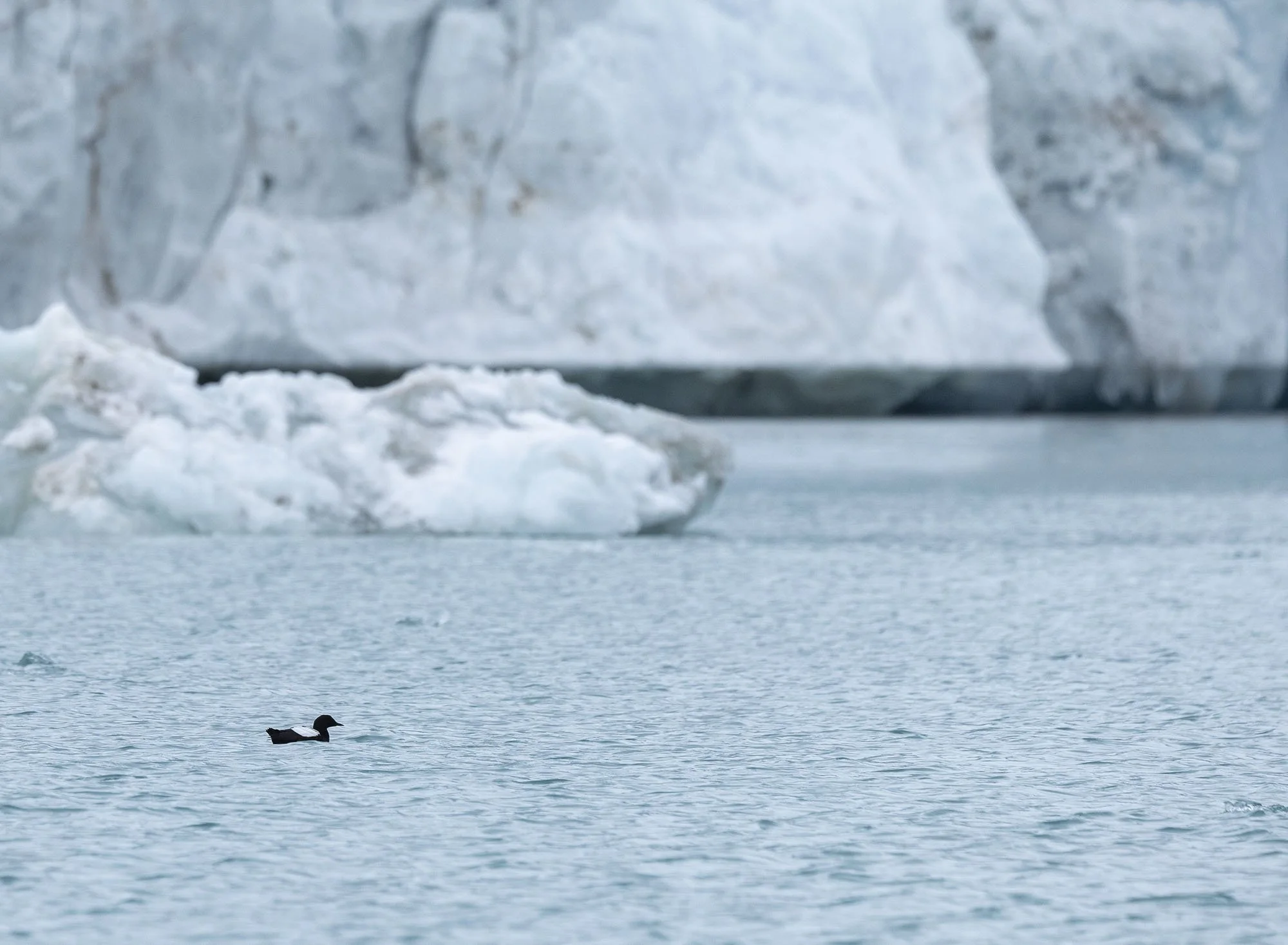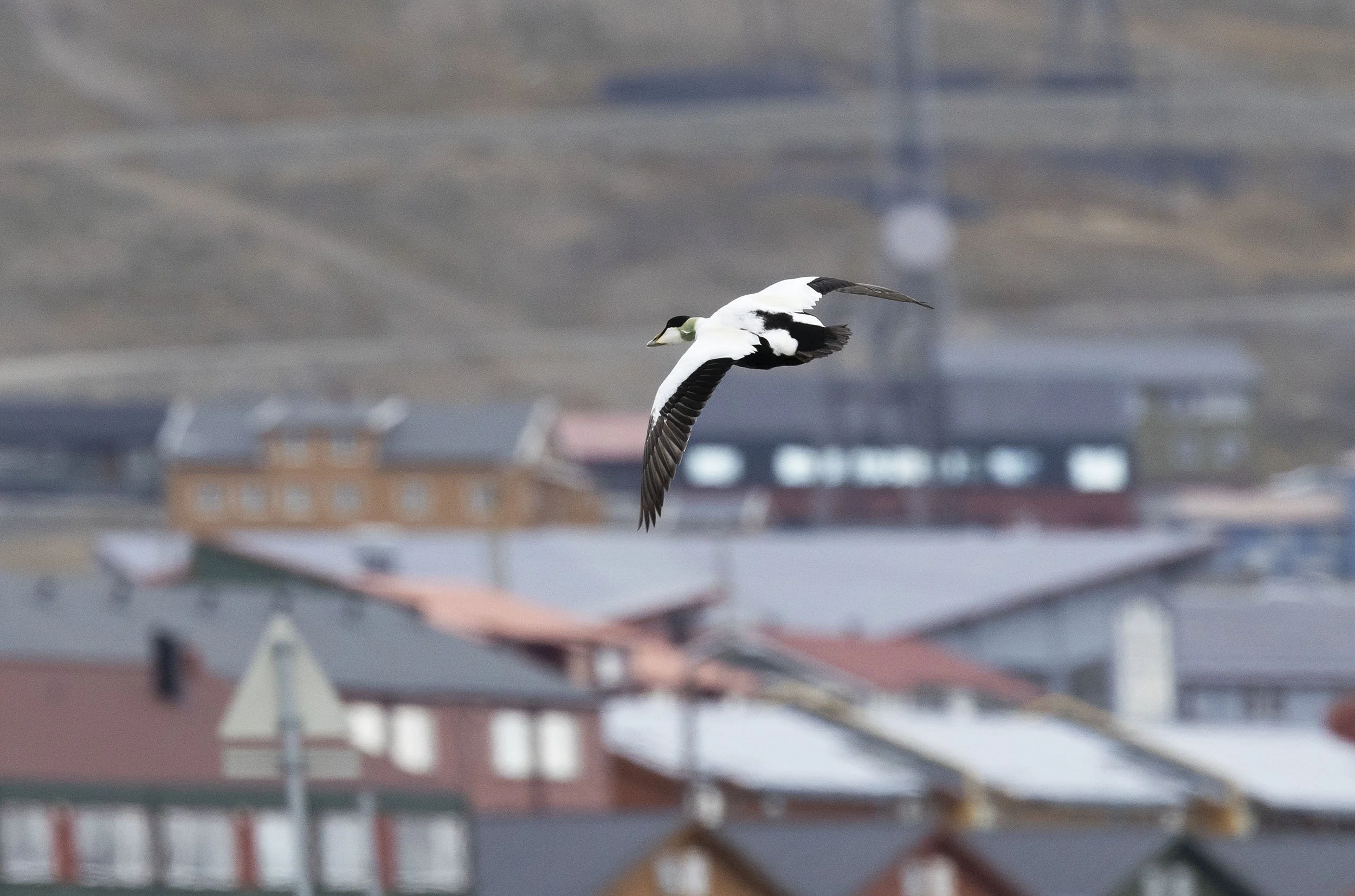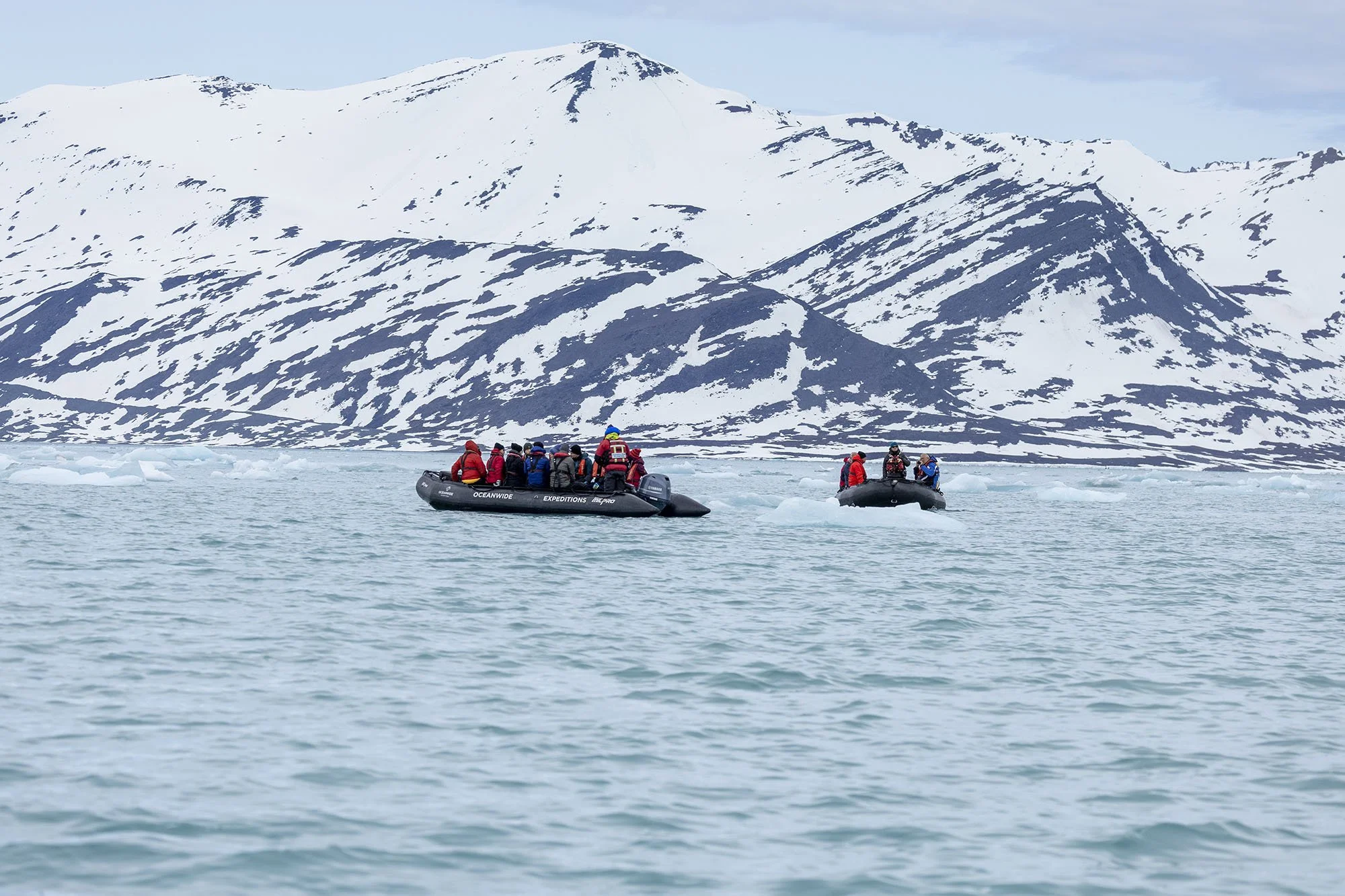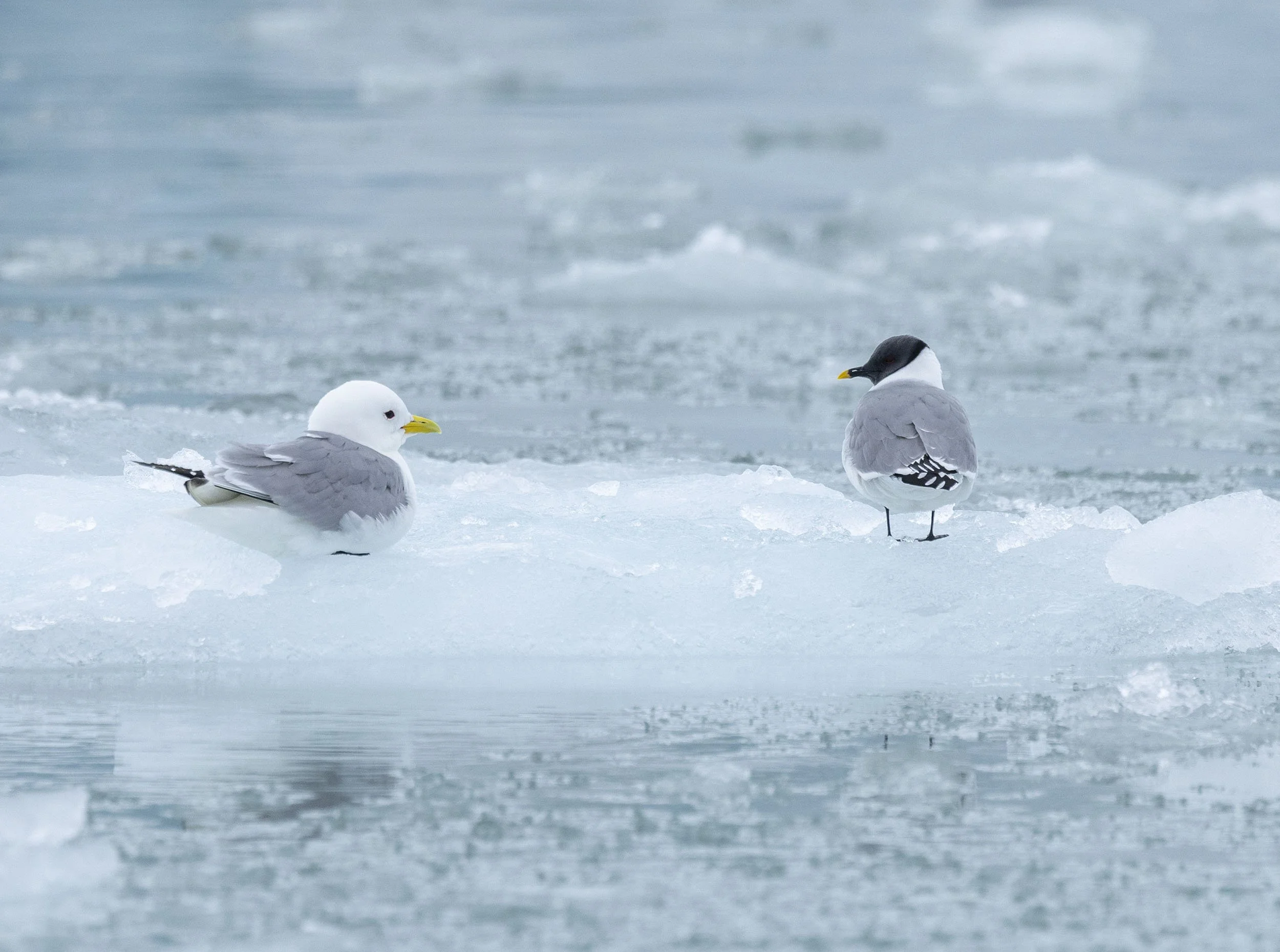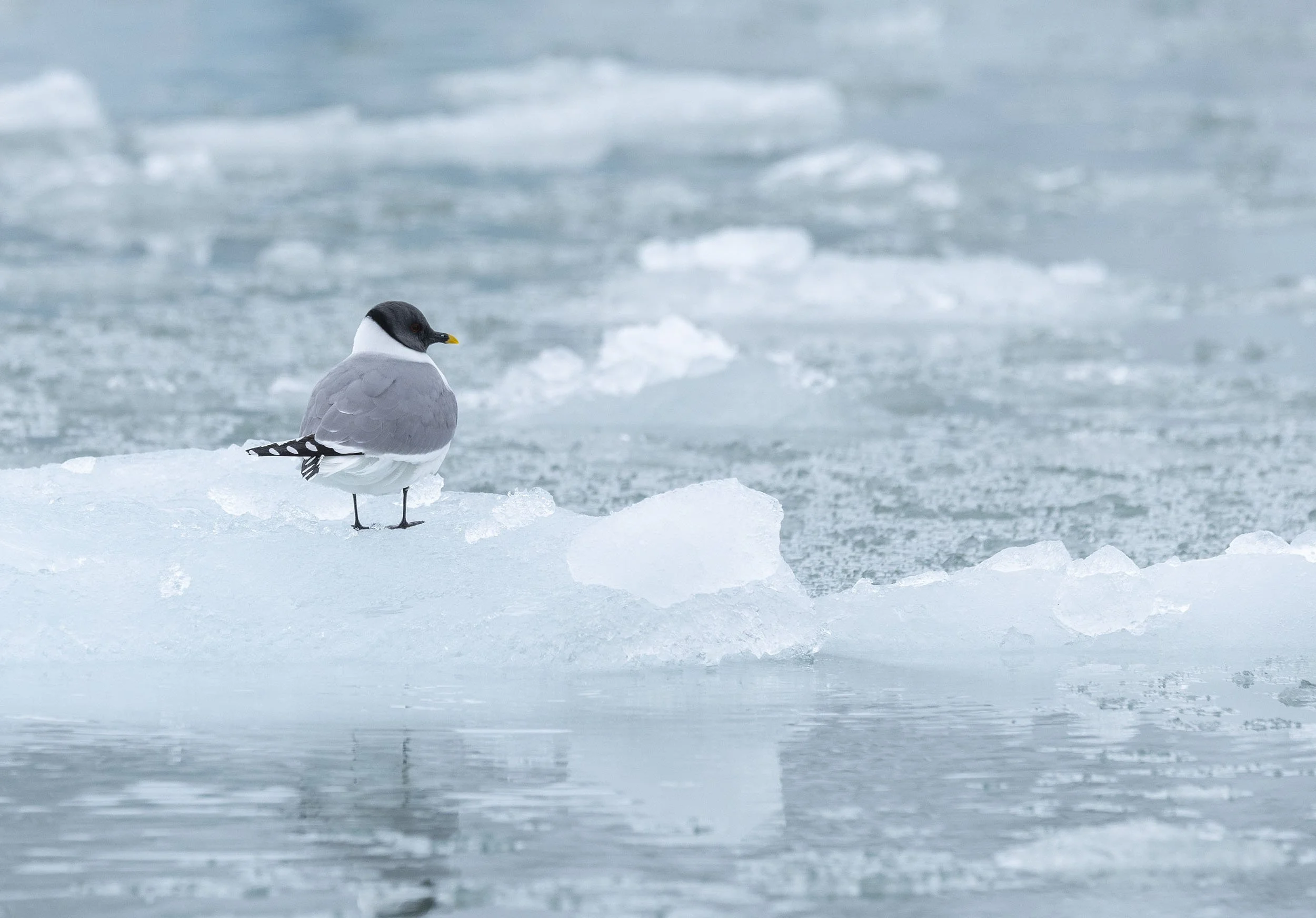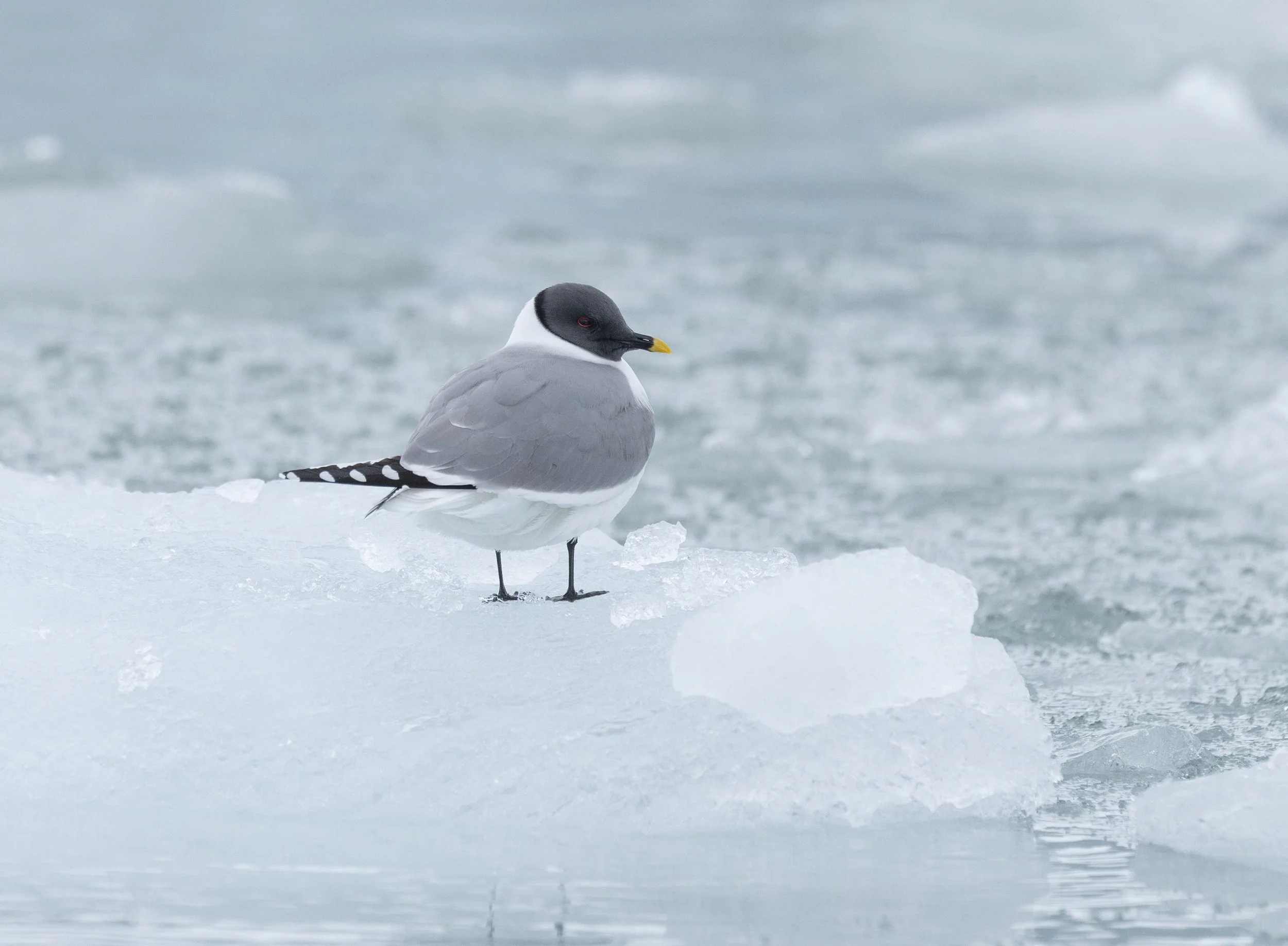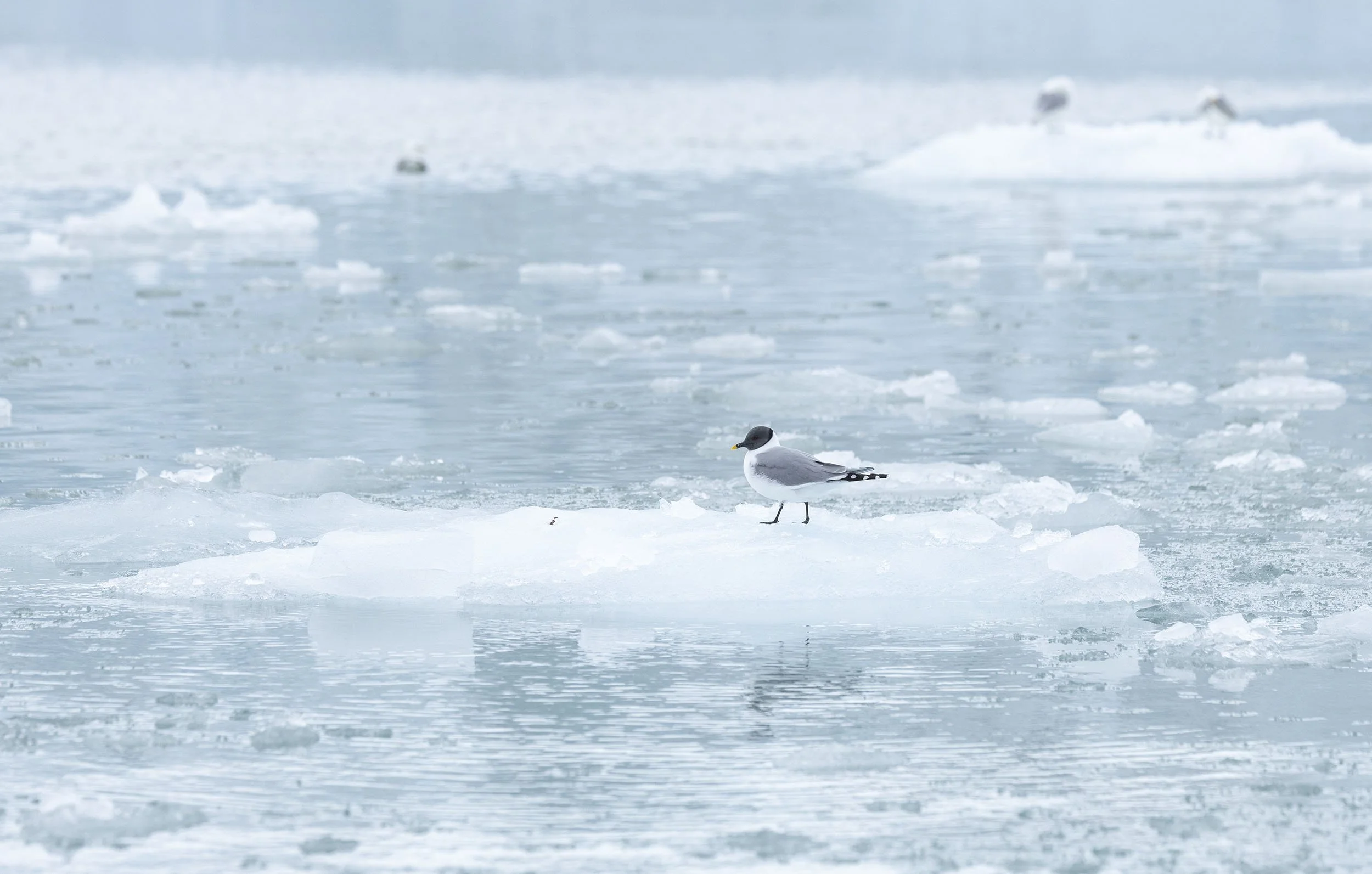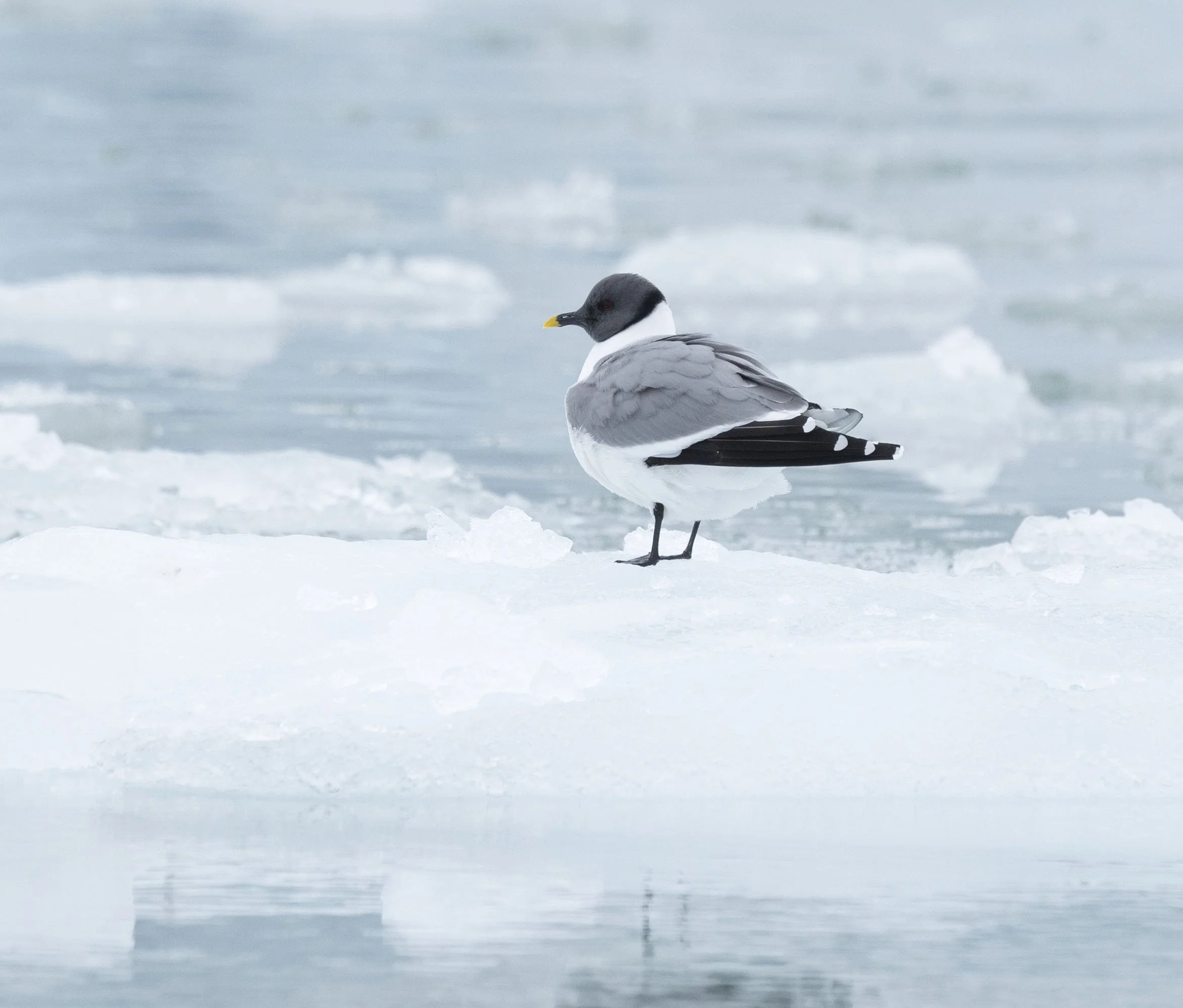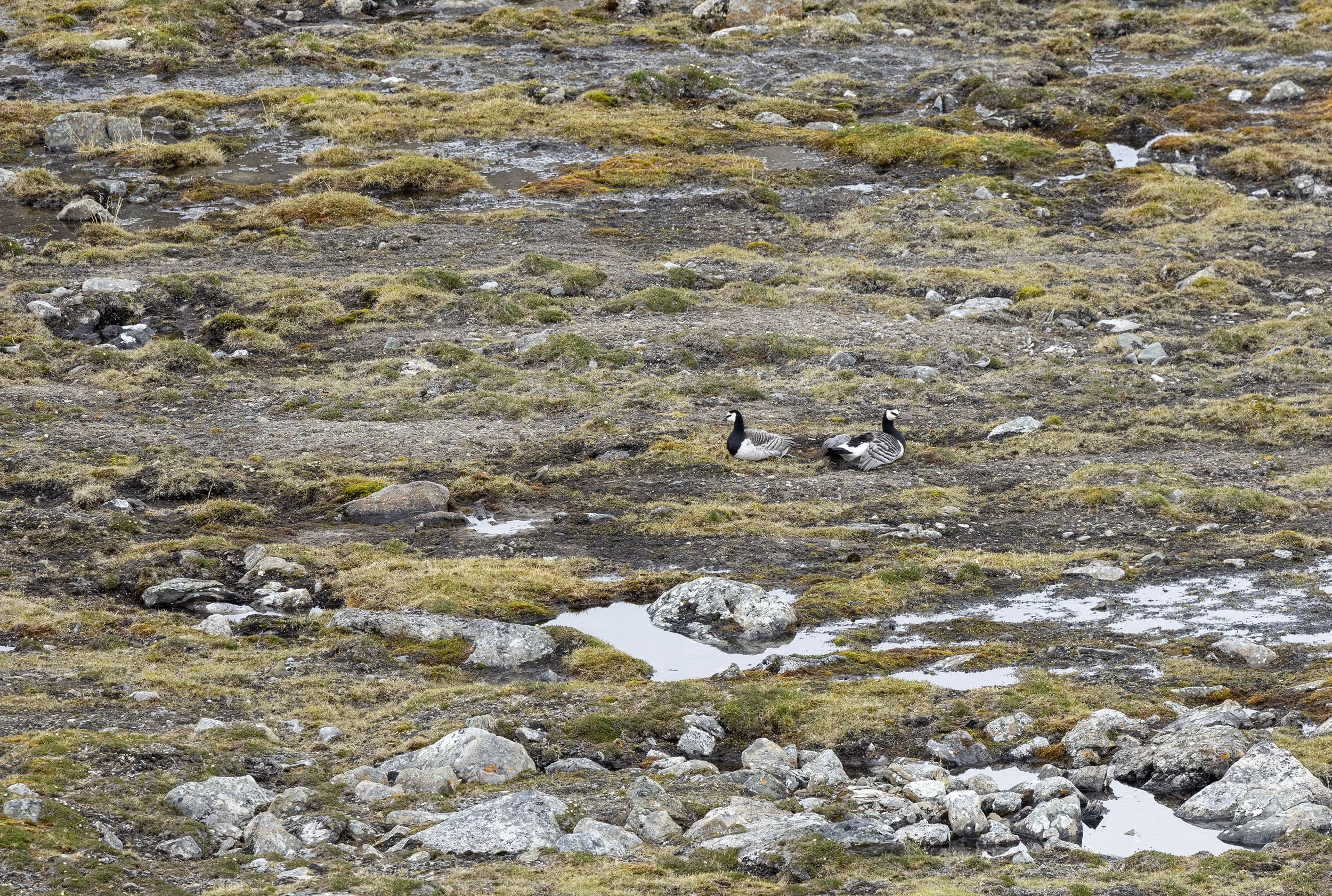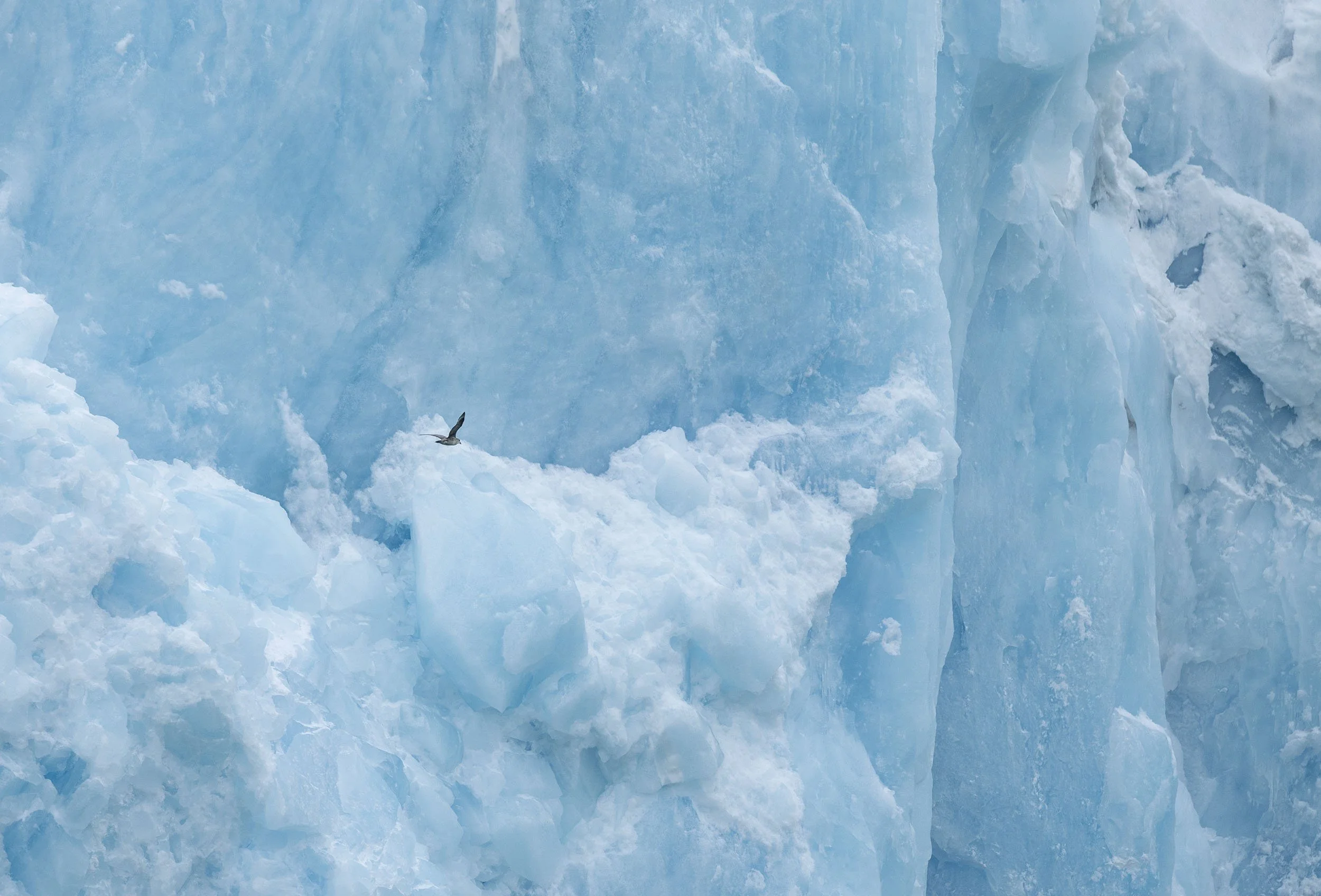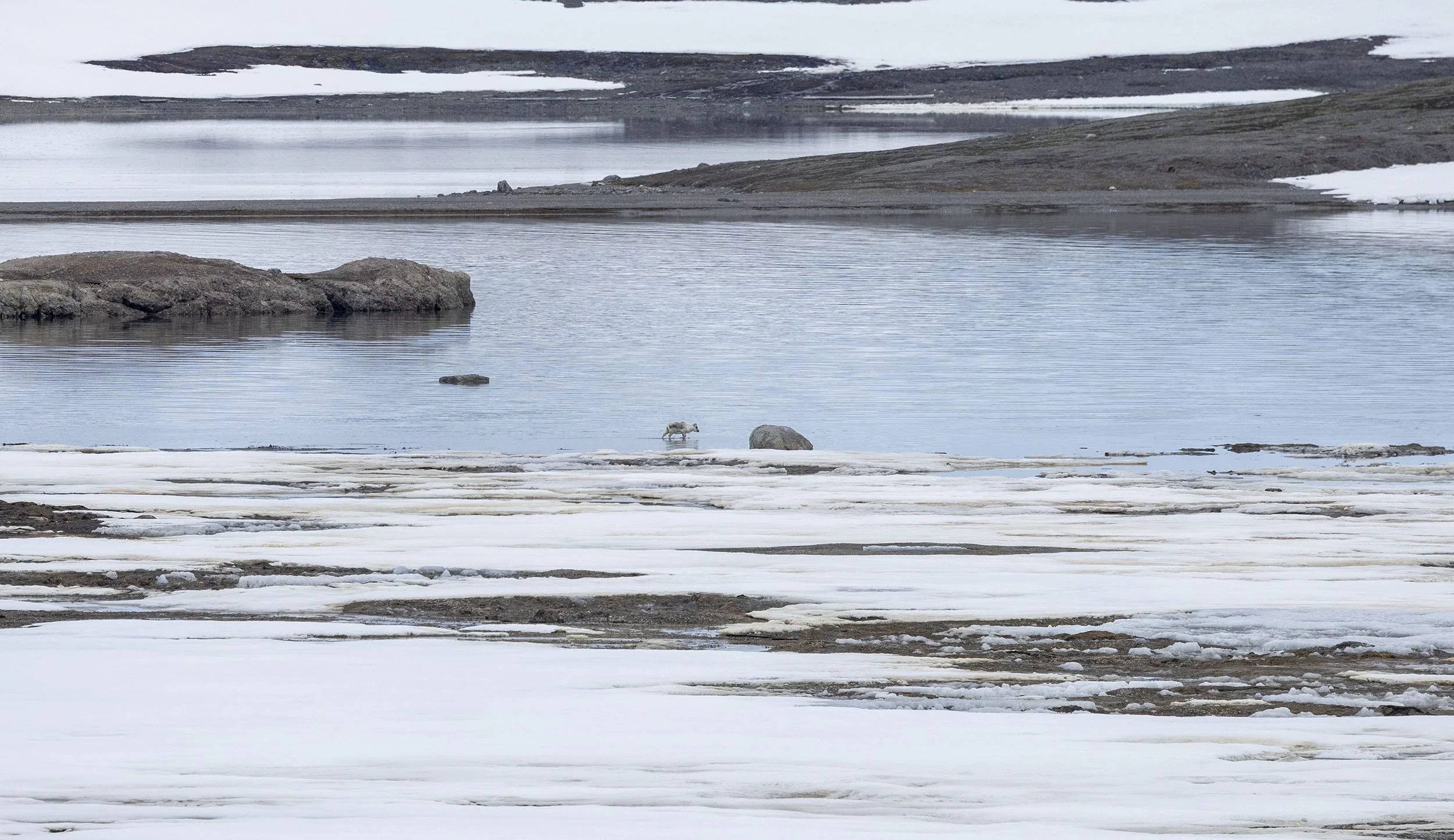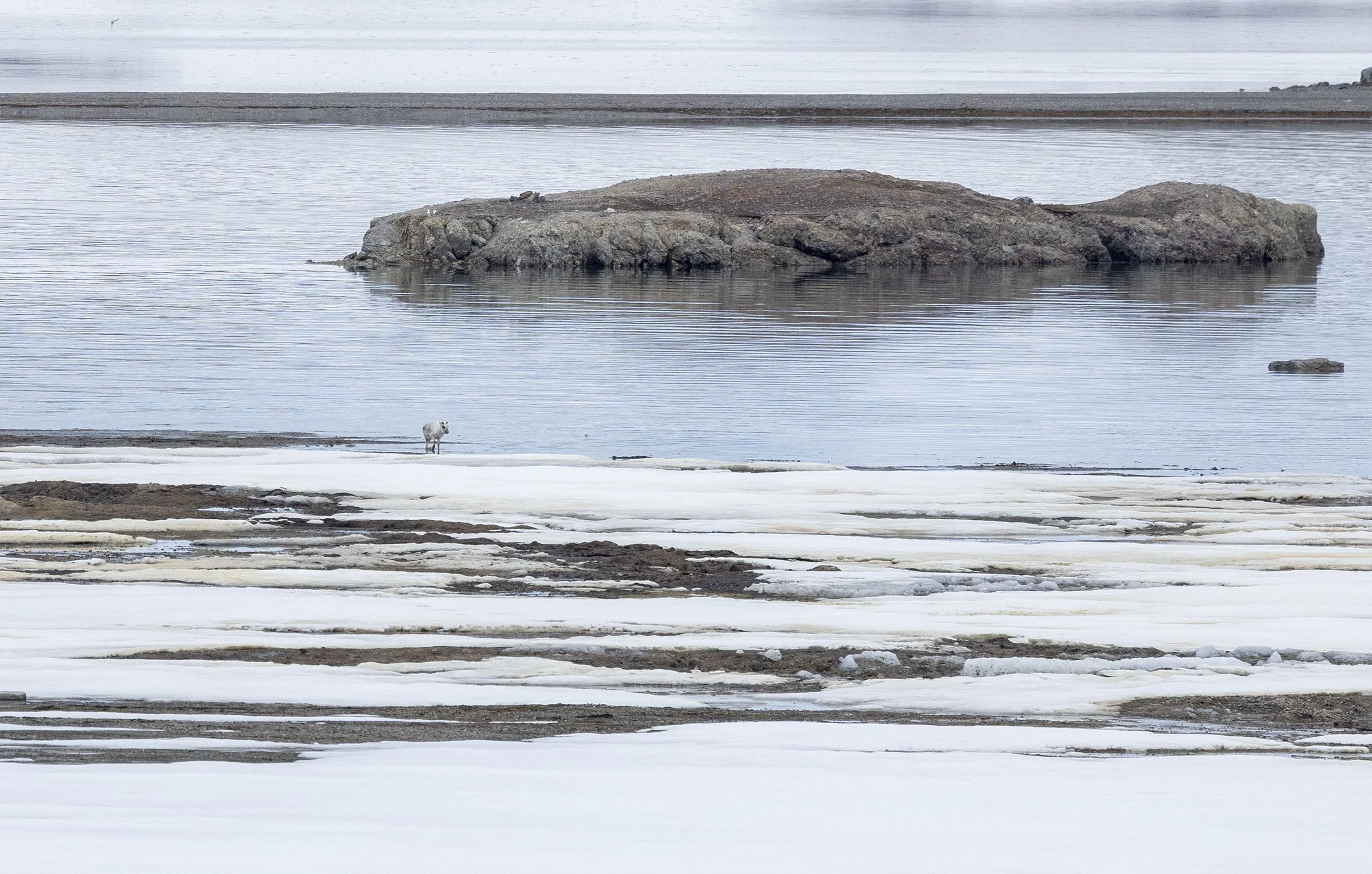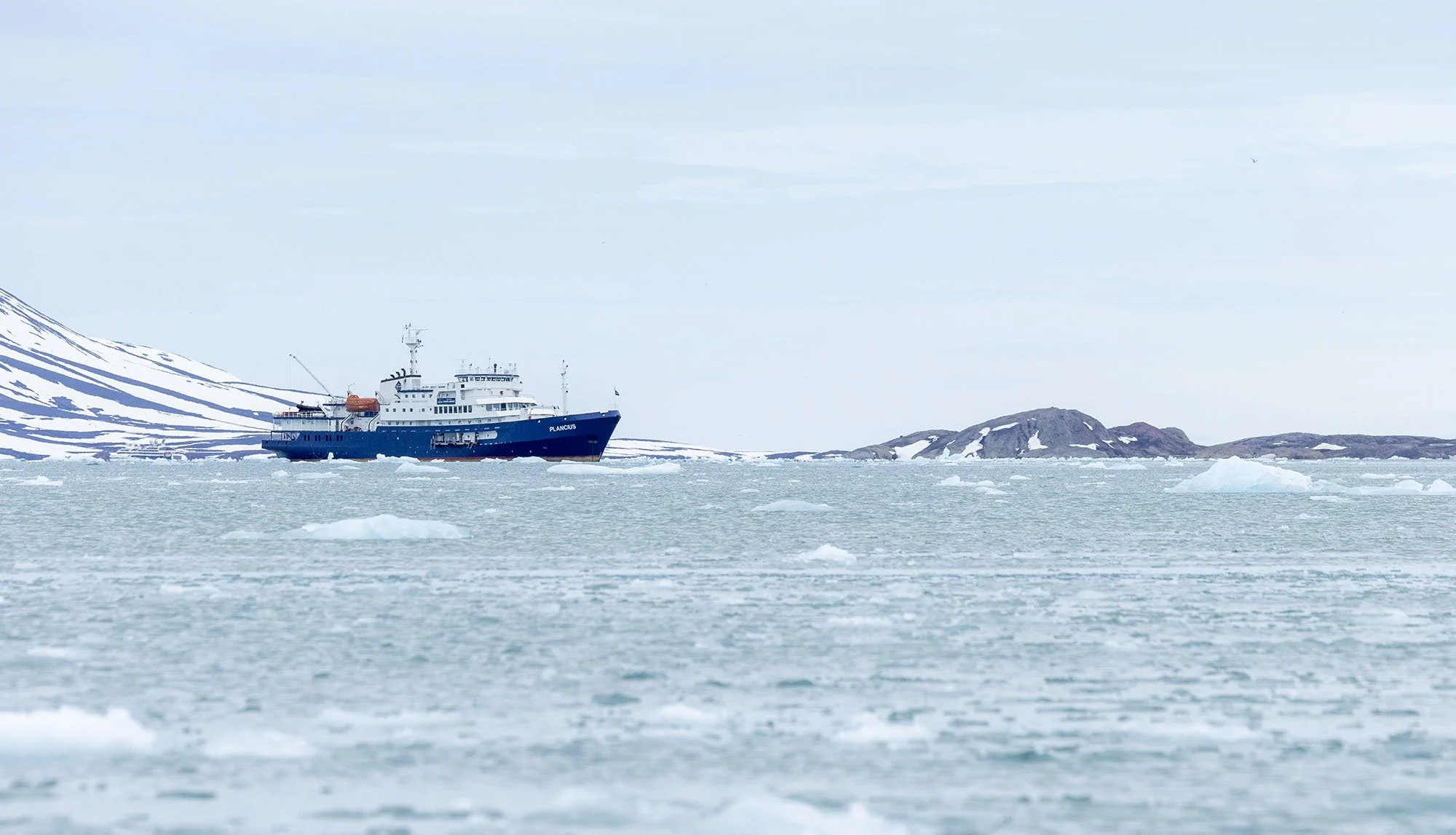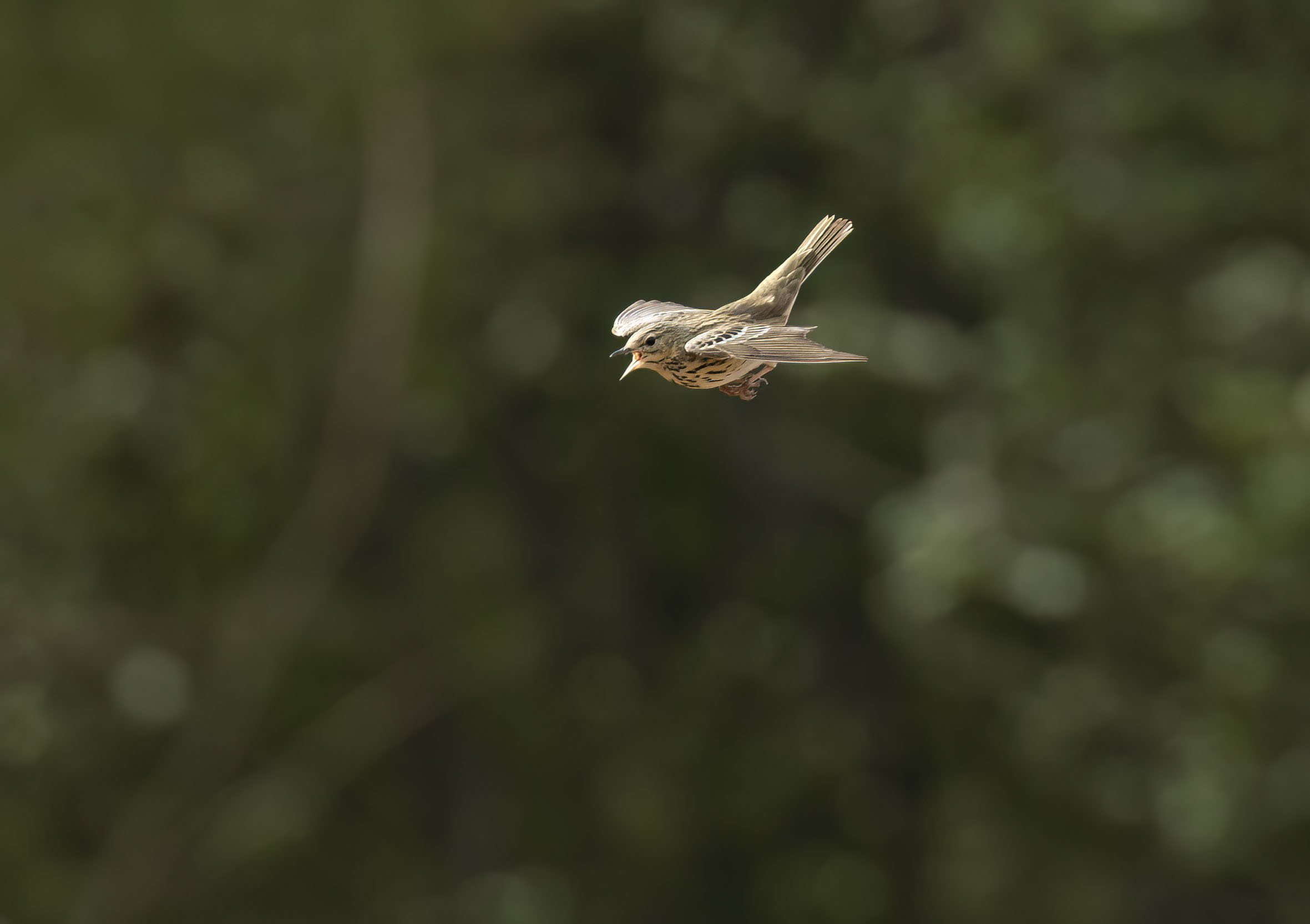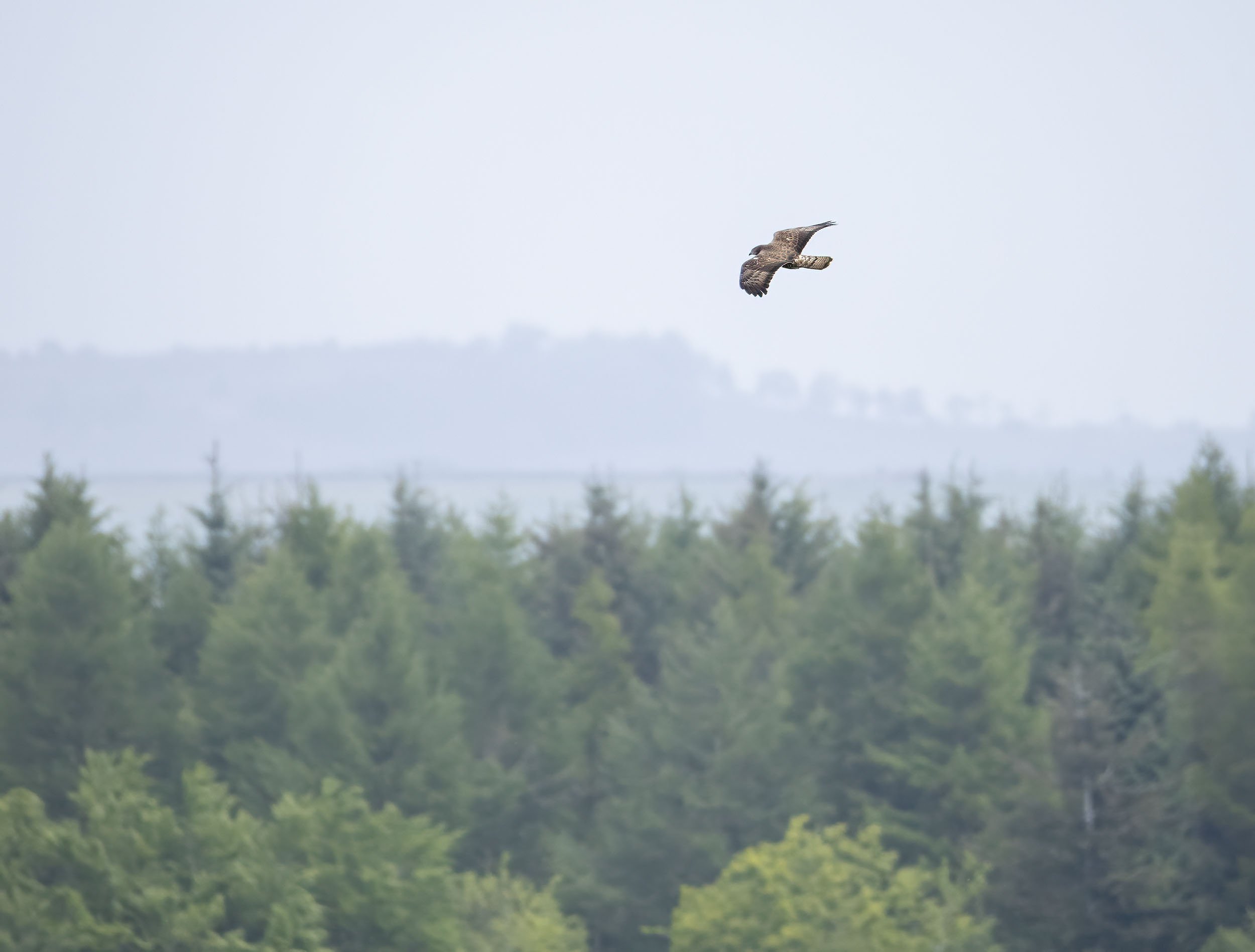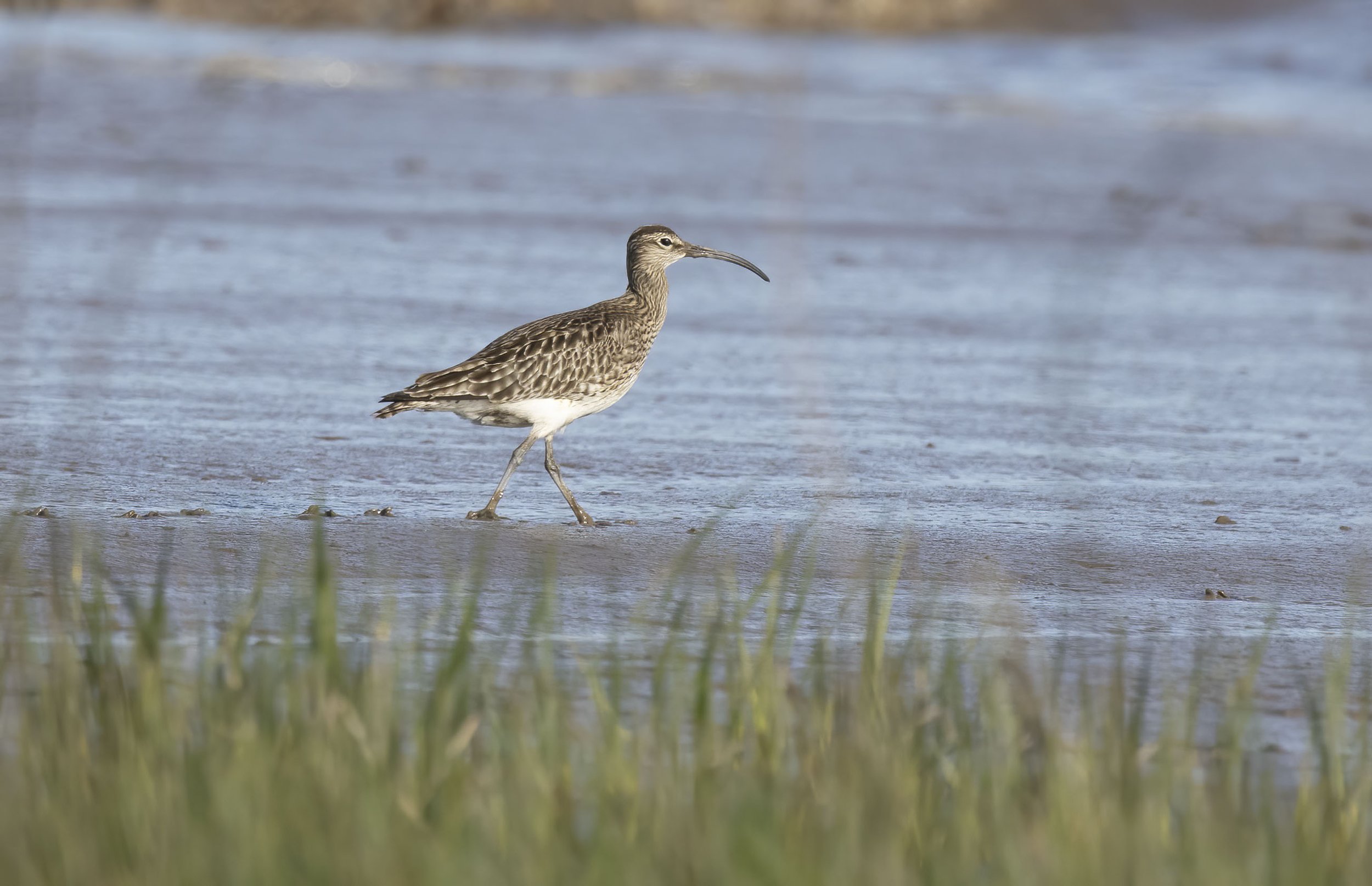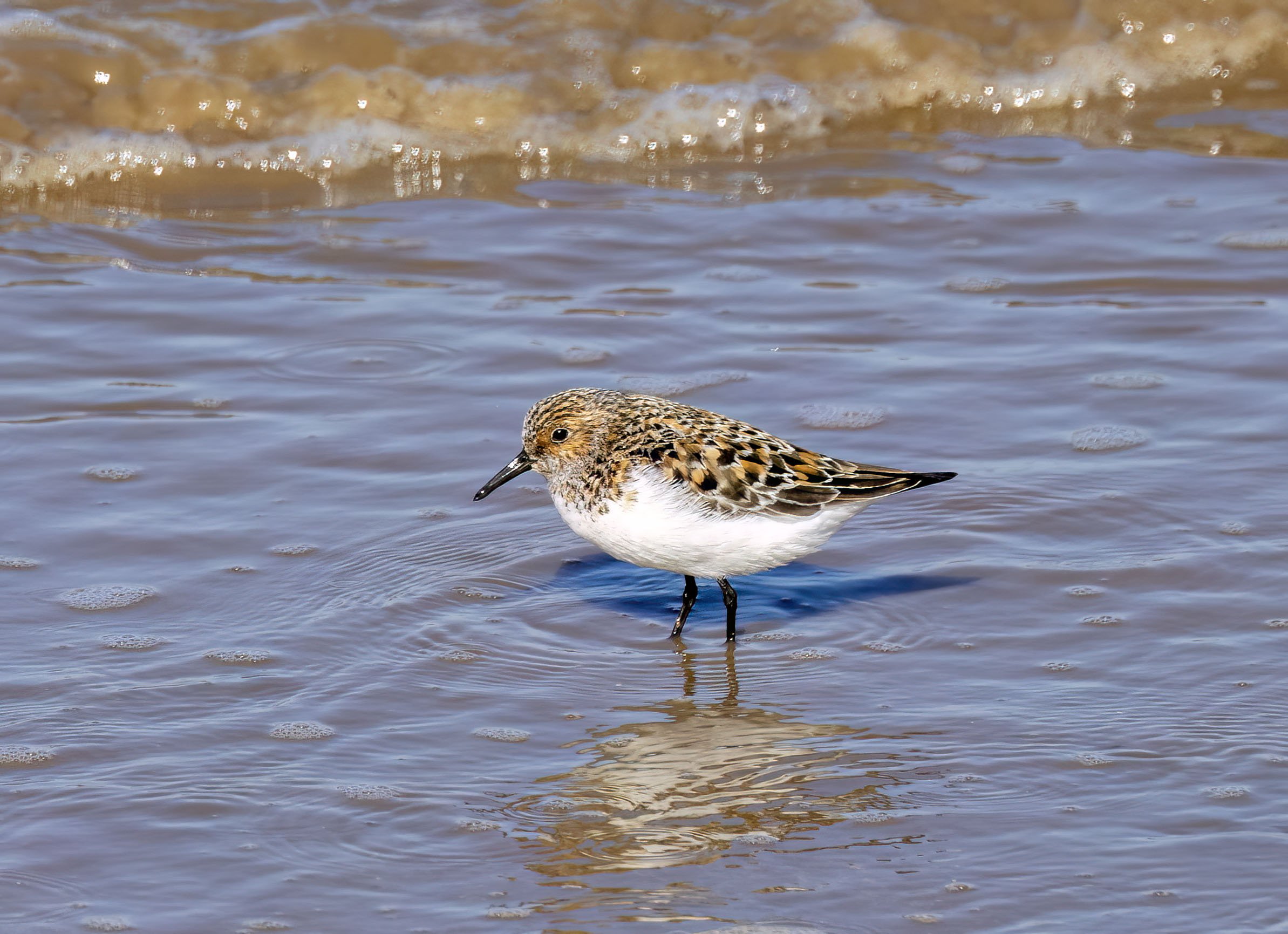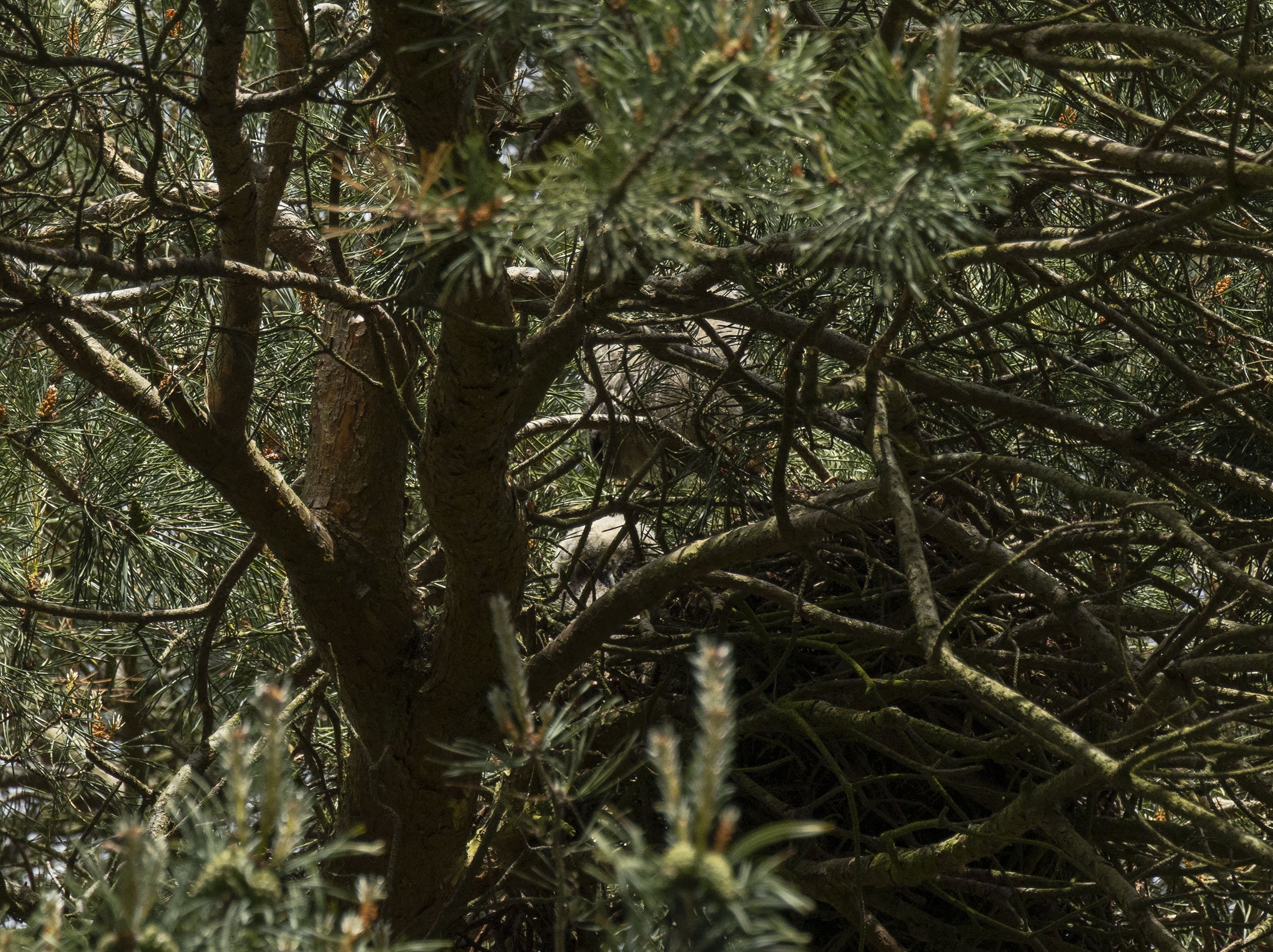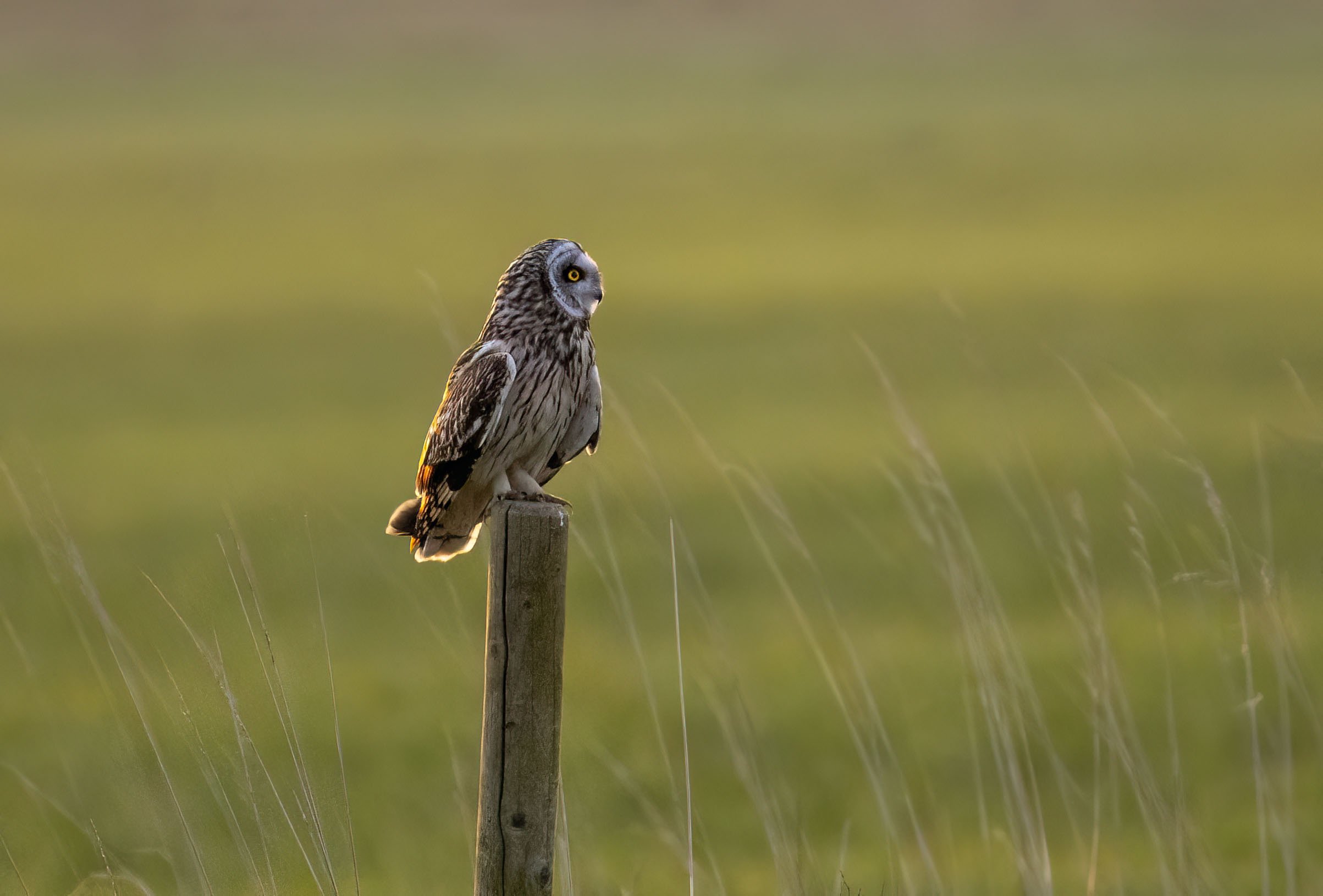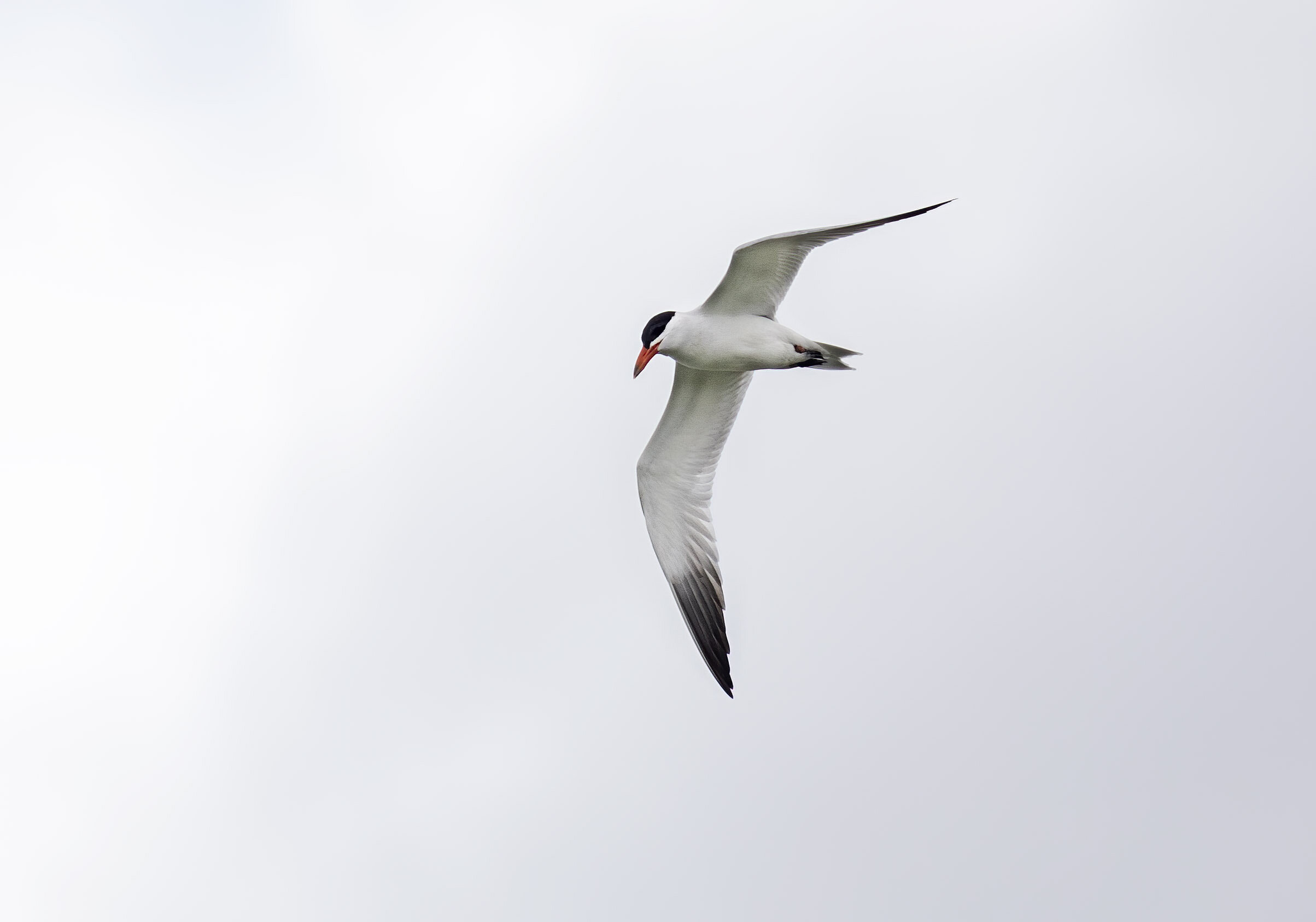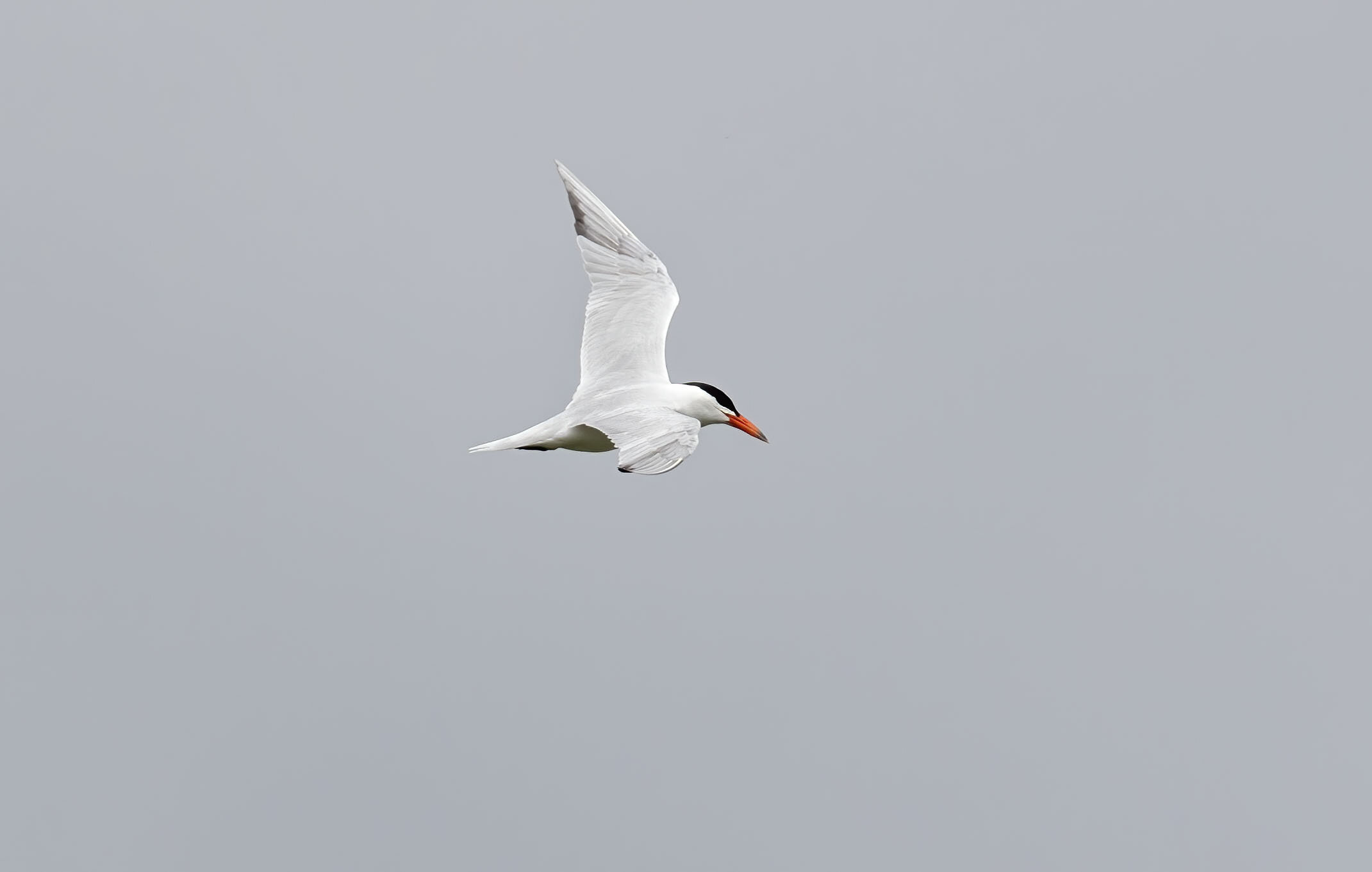December 2025
Last month of the year started out wet and dismal but 2nd was bright and sunny so headed out into the woods and then for some raptor action
Began the day with a rather high up and skulky Nuthatch
None of the hoped for Hawfinches but one or two Brambling and a few Crossbills flying around
Complementing the beautiful autumn colours
Lots of Coal Tits collecting the beech mast
I paid attention to the mantle colour of these birds following the big irruption out of Scandinavia in the autumn but judging olive toned - grey and lead grey is tricky - flanks on this individual were quite washed out
Smart little birds and something I have seldom photographed
Golden crested wren
On the farm the Corn Bunting flock numbered at least 74 (in one image)
Winter food availability is clearly a key factor in the survival of this species with 99% of the barren arable landscape providing no food for passerines - these fields are thus a magnet
All shot with the Canon R6II and 200-800 lens
A rather tame juvenile Common Buzzard hunting voles
Light was beautiful
Kestrels do not like Buzzards
A distant 2cy male Hen Harrier
Juvenile Marsh Harrier
spotting a vole
This cracking male kept giving me a wide berth
a bit of confrontation
Shore Larks
This week I travelled to Theddlethorpe to take in the three Shore Larks located earlier and although the day was usually dull there were some epic skies and the birds were a joy as usual. I have taken to forcing myself to go and see declining species as you never know which birds may be the last in the county of even Britain; Lesser Spotted Woodpecker, Willow Tit, Nightingale gone from Lincolnshire and Marsh Tit, Turtle Dove, Tree Sparrow and Corn Bunting only hanging on as breeding birds while formerly regular wintering birds like Great Grey Shrike and Rough-legged Buzzard have moved to true rarity status in the latter of 20 years.
But back to Shore Larks; even the name conjures up encounters with a striking most un-British bird usually made during the depths of winter often in dull and dismal weather when the yellow facial feathering shines like a jewel. The East coast has always been their main winter stronghold in Britain and Lincolnshire with its wide-open beaches and ample cover of Salicornia was one the key regions followed by Norfolk and to a lesser extent Yorkshire and Suffolk. The BTO website quotes an estimated European breeding population of seven million pairs presumably including Russia but this seems incredible given the recent status of the species in Britain in winter and reports of large declines in Scandinavia.
Shore Lark habitat Lincolnshire at dawn
seemingly plenty of habitat available but Shore Lark numbers along with Snow and Lapland Buntings continue to decline in Lincs
Even on an open beach with little vegetation Shore Larks can be hard to find
Two of the three Shore Larks this week in Lincolnshire
This looks like an adult a much brighter bird than the other two
In Lincolnshire quoting from Lorand and Atkin and Casey, Clarkson, Espin and Hyde the species was rare until the late 1940’s when they began wintering regularly in the county; from the mid 1960’s – mid 1970’s a peak saw flocks of over 100 in several winters followed by a steep decline to the late 1980’s when some years saw no records; there was then a slight resurgence with a total of 56 in 2016 when the highest recent total of 28 was at Theddlethorpe on October 24th with 24 on November 11th 2018. Pairs even bred in the Cairngorms in 1977 and 2003 with signs of breeding behaviour 1972-76 and 1997 and seven years up to 2003. In winter the BTO Atlas estimated a maximum of 300 birds in Britain during 1981 – 1984. A co-ordinated survey in Norfolk on December 5th 1998 found a total of 591 birds in the county double the previous peak in the 1970’s. Evidence to support winter site fidelity has been recorded from colour ringed birds including a male ringed at Gibraltar Point in December 1996 that was seen there again in April 1998. Other birds colour ringed in Britain have moved north in spring prior to departures to Scandinavia with one ringed at Holkham, Norfolk on December 31st 1998 being seen at Gibraltar Point on April 29th 1999.A male from the same Norfolk catch was seen on Fair Isle on May 14th 1999. Colour ringing has also shown that birds wintering in Britain in one year may move to the Wadden Zee area in subsequent years. This is the major wintering site for Scandinavian breeding birds.
Shore Lark Theddlethorpe December 2009
Lincolnshire beaches offer a decent chance of finding a Shore Lark - December 2009
My first Shore Larks were four at Gibraltar Point on November 23rd 1969 with the first double figure total being 50 at Rimac on December 5th 1971. Ensconced at UEA in the early 1970’s we enjoyed a flock of 40 at Cley from October 28th 1972 to March 22nd 1973 with 30 at Minsmere on December 9th 1972. Two in beautiful summer finery were at Donna Nook on April 25th 1973 in a day that had 25+ Wheatears, at least 50 continental Robins in a large fall, three Ring Ouzels, two Black Redstarts a Firecrest and a Wryneck. Thereafter I only saw small numbers but locally one, picked up on call, flew south-west over the Humber over my head and inland between New Holland and Goxhill on November 18th 1993 – the first local record for my Humber wanderings. A flock of 41 at Gibraltar Point on December 15th 1996 and 73 there on March 3rd 1999 were my last flocks to exceed 25 birds.
Shore Lark Theddlethorpe January 2014
Same bird as above 2014
Close up in good light Shore Larks have so many subtle colours in their plumage
Without delving deep into politics, a local “entrepreneur” began importing coal on a very old disused jetty at Barton in the mid-1980’s – a truly pointless exercise in terms of bulk and carriage but the localised effect was that he stored coal on an extensive part of the local foreshore, SSSI etc being ignored. The venture was of course very short-lived and the residue of the coal was gradually colonised by saltmarsh plants including Salicornia a plant never recorded in the area before and this amazingly attracted some unexpected avian visitors starting with a fine male Lapland Bunting in October 1996 but culminating in the presence of three Shore Larks on December 13th 1997 with one remaining on 14th. What was even more incredible and you would suggest must have involved one of the same birds was a single Shore Lark in the same spot on December 5th 1998. How do birds find small areas of suitable habitat so far from regular wintering grounds and just how often are birds flying over looking for suitable feeding areas but passing unnoticed by observers on the ground? The area has now reverted to rough grass and reed and there has never been a repeat occurrence.
Shore Larks Cleethorpes December 2014 - birds foraging in tide wrack on the shingle beach
A beautiful adult male at Cleethorpes on March 2nd 2016, resplendent with full horns was singing occasionally and I have been fortunate to see and hear breeding birds in their tundra habitat at Varanger in Northern Norway. In June 2006 and June 2009 we even stumbled across a two nests built on the side of the road that runs across to Batsfjord. The roads are raised up above the tundra for drainage and the sloping south facing sides comprised of small gravel with clumps of low grasses form an ideal nest site as these areas are snow free early in the season when most of the tundra is still under deep snow.
Male Shore Lark Cleethorpes March 2016
This bird would occasionally burst into a bout of song
Subtle plumage tones blending in perfectly with its habitat
Shore Lark on Arctic Tundra Varanger
Blending with the Artic vegetation
Male on a song rock
Male in breeding plumage on a roadside Varanger
Shore Lark on nest by side of road Varanger Norway
In late springs snow cover restricts where birds can nest
Shore Lark on nest Varanger June 2009
Shore Lark nest Varanger June 2006
Clutch of eggs in early June Varanger
Shore Larks Theddlethorpe October 2016
Make the most of every Shore Lark they are a true winter treat but with ever declining numbers pressure from birders increases on the few that remain and disturbance of open coastal beaches where they forage on the seeds of saltmarsh plants in situ and along the tide wrack by an ever-growing human population often accompanied by free roaming dogs has even led to areas being fenced in North Norfolk in recent years to give the birds some peace. With climate change inevitably impacting breeding areas and increasing pressure on coastal wintering habitats the prospects for Shore Larks in Britain are not good but for now we are still privileged to see a few each winter.
Shore Lark Cleethorpes January 2019
Single birds always tend to be more approachable than flocks - Cleethorpes January 2019
Shorelarks Skegness January 2024
Eastern Phylloscopus Warblers - a ramble through time
Musing on my worst autumn ever and dreaming of eastern sprites I wandered back to my Yellow-browed Warbler history; a quick check revealed that I had seen a total of 214 in Britain with 118 of these having been obtained in Lincolnshire: obtained of course being very different to the context of those early birds in the 1800’s and early 1900’s that befell the shot of coastal collectors with Caton Haigh bagging 11 at North Cotes between 1892 and 1932.
Yellow-browed Warbler Lincs October 2015 - every one is a gem having travelled at least 3000kms to grace our shores
Derek Robinson and Reg May Corringham Woods near Blyton c1970 - Nightingales, Lesser Spotted Woodpeckers and the occasional Wood Warbler were still breeding - Reg was one of the first of the true birdwatchers in the county with records in LNU reports back to 1929
My first Yellow-browed Warbler was at Rimac on October 12th 1969. I remember it well or at least I thought I did: It was my first trip to the exotic sounding Rimac a place somewhere on the Lincolnshire coast that was well outside of my area of expertise that up to that point had included summer family trips to Mablethorpe and Skegness centred upon sailing ponds where I could sail my model yacht. Somewhere around 1969 it had come to the attention of the local, older, birdwatchers, and there were four in my home village of Goxhill, that I was interested in birds. On October 12th I recall travelling with Derek Robinson and Doug Wright to pick up Reg May, the grand old man of Lincs birdwatching from his home in Limber, before we headed down to Rimac arriving late morning the norm in those days. We headed down the famous Willow hedge splitting up to cover both sides of the hedge and my notes for the day mention no migrants other than Goldcrest and a Tree Pipit seen in the same hedge a little further on than the warbler. I remember precisely where the bird was in the willow hedge just beyond the double bend – the hedge was a lot thinner than it is now with young willows that you could see through. The warbler caused some elation as it was the first my older colleagues had seen – this was a very rare bird in the 60’s and I was very fortunate to have seen it on my first visit. But the bird was tinged with regret about not having been present the previous weekend when Derek and Reg had seen a Lesser Grey Shrike in the hedge inland of the willow hedge. 56 years later and I have still never seen a Lesser Grey in Lincolnshire. But back to the Yellow-browed Warbler – I thought I would dig out my notes to just check what I had written. The description was fairly brief befitting my 16-year-old lack of precise identification knowledge but is reprinted below:
Feeding with Goldcrests in willows: very small – showed short blackish tail – very prominent yellow eye stripe – lower wing bar very long and prominently yellow – upper stripe sometimes un-noticed appeared short – yellow rump
Allowing for the fact that I didn’t know eye stripes from supercilia and I was probably still using my original Prinzflex 8x30 binoculars (a Dixon’s store special) there still appears to be a distinct discrepancy here with regard to that rump and maybe also the short tail? Could this have actually been a Pallas’s Warbler? A species almost unheard of at the time certainly in Lincolnshire terms where the first two county birds had only been trapped the previous year. So, a conundrum and one of the dangers of looking back in time. I did not see another, or my first Yellow-browed Warbler until October 19th 1974 when ensconced at UEA we travelled to the Holy Land of Wells – Holkham Woods seeing this sprite, not twitched of course as you never knew what was about until you got there in those days.
An actual yellow rump Pallas’s Warbler Lincs November 2008 but is that what I saw in 1969 or was it a brighter rump - I will never know
The following autumn I was working for the BTO at Tring for a short spell and in the glorious Eastern autumn I had hitched from Tring to UEA on the Friday night to join my old buddy, Duncan Brookes. Hitch hiking was in those days still commonplace but was of course always fraught with lack of positive outcomes and you actually never knew whether you would get anywhere let alone when but on this Friday night session I had managed a couple of lifts, one with a dodgy seeming lorry driver and ended up still a long way from Norwich when an old lady in a vintage Morris Minor stopped; after giving me the first degree and getting my life history she eventually said hop in I am going to Norwich! Big stroke of luck. The previous weekend I had hitched up to Eyebrook Reservoir chasing a Killdeer; arriving after dark in some unpleasant weather some locals took pity on me and allowed me to sleep in their stable with two horses!
For anyone not aware of the trials and tribulations of hitch hiking and taking birding hitching to the extreme I can thoroughly recommend Kingbird Highway by Ken Kauffman
https://www.nhbs.com/kingbird-highway-book
It is US based of course but a cracking read and passage back to a very different era.
Back to sprites and news of rare eastern warblers at Holkham had filtered through to UEA and on the Saturday morning October 18th we headed north on Duncan’s motorbike to Holkham in search of a variety of eastern vagrants that had apparently included a Dusky Warbler! I had heard of Dusky and Radde’s Warblers through my acquisition of the Popular Handbook of Rarer British Birds that complemented my bashed copy of the Popular Handbook. Within the pages of said rarer Handbook was a mind-blowing plate of the mythical Red-flanked Bluetail but the text on this and Radde’s Warbler had been etched in my mind for many years – Radde’s Bush Warbler – England – One North Cotes, Lincs, October 1st 1898 – LINCOLNSHIRE the only British record and so close to home. While under Red-flanked Bluetail -- Great Britain – Three – One seen North Cotes Lincs September 1903 (actually adult male on September 21st). Lincolnshire could produce rare birds - time to gen up and get out there.
Radde’s Warbler North Cotes Lincolnshire October 2006 within spitting distance of Caton Haigh’s first for Britain a mere 108 years earlier
An unusually obliging individual
One of the advantages of working at Tring was access to the whole library of British Birds and I assiduously read and re-read and then photocopied all relevant identification articles and articles on finds of British firsts to fifths as these were then all published. The December 1972 paper Field identification of Dusky and Radde's Warblers R. J. Johns and D. I. M. Wallace with its exquisite pen and ink sketch by DIMW was duly at the forefront of my mind in that mid-October visit. On arrival we came across a small crowd, maybe 15 - 20 people looking for a Radde’s Warbler that had been seen on the side of the main path but it was elusive so we wandered off avoiding human contact even in those days but managed to connect with no less than four Yellow-browed Warblers and my first Great Grey Shrike of the autumn amongst an impressive fall. Wandering back past the Radde’s location the bird was being seen in flight crossing the path but we quickly realised it was feeding under a small clump of silver birch and a bit of combat stealth soon saw us sitting in the middle of the trees mixed with Willow herb and reeds, hidden from view; the Radde’s was totally unconcerned and fed within 10 feet of us chuck chucking away, negating the use of bins and the way to see a new bird. The following day we were at Cley with a Rough-legged Buzzard and Short-eared Owl arriving off the sea and 300 Twite accompanied by six Lapland Buntings and a strange bunting that we never did identify; Like a small Reed Bunting with heavy blackish streaking and white moustachial stripe but most noticeable was a white shoulder patch that was even visible in flight. We didn’t see the Dusky Warbler or the Black-throated Thrush that entertained later in the week but the return hitch to Tring went much more smoothly.
Radde’s can often be tame but highly unobtrusive needing time and patience for good views - the thought of a Radde’s at Holkham with 15 or so would be observers today would be beyond belief with more like 50 or so noisy people chatting about their latest birding holiday or new camera - a different era
Back in Lincolnshire my first (or second) Pallas’s Warbler was twitched at Saltfleet Haven on October 30th and 31st 1976 but its shiny leg iron was a bit of a downer and I had to wait another three years before finding one with Mick Mellor in the willow hedge at Rimac on October 27th – 28th 1979. A week later we headed west to Meols to enjoy our first superb Asian Desert Warbler tip tilting on a low fence one of my most memorable rare birds – still trying to find one in Lincs. My notes rather more extensive than nowadays when I tend to rely on the camera!
Another brilliant bird; first seen in flight - very pale plumage with prominent white outer tail feathers very obvious. Bill fine pointed pale yellow with dark culmen ridge – head dull pale sandy- grey same on mantle with slightly darker ear coverts forming the only noticeable pattern – Eye very prominent pale lemon yellow iris with dark pupil. Throat and underparts dull creamy – greyish colour. Wings slightly darker sandy-grey-brown with narrow rufous edges to tertials and narrow rufous wing bar on tips of greater coverts. Rump, uppertail coverts rich reddish-brown rest of tail duller reddish-brown with brighter central feathers and prominent white outers. Legs pale straw-yellow quite long and strong looking. In shape and jizz like Spectacled or Subalpine, small with longish tail and dumpy body. Flight was low, fast and direct when it looked greyish with rufous rump and striking white outer tail feathers. Fed in some low bushes, on the ground and amongst various low weedy vegetation, nettles etc. constantly on the move. On the ground crawled about in low vegetation and often difficult to see but tame. Characteristic action when seen on the ground or perched was alternate up and down bobbing of the head and tail giving the impression that the bird was pivoting in the middle looking as if it was falling off the fence.
The 1976 Saltfleet Pallas’s Warbler taken with the old manual focus 400mm Sigma lens and a Nikon F301 camera
Lincolnshire Yellow-browed records commenced in 1980 with one suitably at Rimac on October 11th and the same site produced my latest ever in the almost leafless willows of the same hedge on November 14th 1981 – no call heard but I did note that it was a very bright green bird so I must assume it was not a Hume’s! After a big influx in 1985 I even broke into print in the esteemed British Birds co-authoring a paper with Jeff Baker who I had lodged with in Tring back in 1975
- https://britishbirds.co.uk/journal/article/yellow-browed-warblers-britain-and-ireland-1968-85
My only foray into the Northern Isles in autumn on Sanday, Orkney September 28th to October 2nd 2003 turned up a minimum of 11 Yellow-browed Warblers somewhat outshone by our first selfie Lanceolated Warbler, at the time only the second for Orkney in spite of the Shetland domination of British records.
Lanceolated Warbler Start Point Sanday September 2003 - its in the grass and survived to tell the tale unlike the North Cotes bird of 1909
In the absence of a decent camera
As coastal records of Yellow-broweds increased it was time to locate a local patch bird and October 10th 2005 duly obliged with one located calling and showing occasionally on Waters” Edge at Barton – amazingly two were present on 15th and further birds followed in the same area on October 3rd 2007 with two again on October 16th 2014 with one nearby on October 18th 2024. In the interim I found one on my old stamping ground at Dawson City in Goxhill Marsh on October 3rd 2012.
Yellow-browed Warbler Waters’ Edge Barton October 15th 2005 one of two birds present in the same location on my local patch that day
Same bird in different light
Dawson had produced many of my formative views of a wide range of species firsts from Lesser Whitethroat to Water Rail and Red-crested Pochard as it was within reach of home on a bike. Birding alone new birds had to be identified from the old Collins Guide but finding your own birds and having to work out what they were taught me a lot. Great Grey Shrikes at Dawson on April 2nd 1970 with another that subsequently wintered in the approach hedge in October 1970 and gatherings of Short-eared Owls with eight roosting together nearby in December 1970 proved this location, that had produced Britain’s first ringing record of Little Bittern in 1953, had serious potential. Another spritely occurrence featured a rather smart Siberian Chiffchaff located there during March 11th – 20th 1989 not on this occasion on subtle plumage features but by the fact that it was in song a strange mix of Willow Warbler and Chiffchaff. A slide I sent to British Birds featured in the monthly Marathon Bird photo competition April 2000.
https://www.britishbirds.co.uk/system/files/2025-11/V93_N04_P212_212_M010.pdf
Siberian Chiffchaff Dawson City Goxhill March 1989 scanned from a slide
Fast forward to the easterly autumn of 2020 when a bumper crop of Dusky Warblers occurred in Lincs and a singing Siberian Chiffchaff was in exactly the same area at Dawson City from November 12th – 16th – a truly bizarre coincidence not in the species occurring there but in the fact that both birds were in song and I have not actually heard any other individuals singing in Britain.
Siberian Chiffchaff Dawson City Goxhill November 2020
Stunning little bird - below recordings of this bird on November 12th 2020
Siberian Chiffchaff Dawson City Goxhill November 2020
Prior to these records Dave Hursthouse and I had a striking Phyllosc on the inland trackside from Stonebridge car park on October 22nd 1987 that really had us questioning its ID as it was a very Bonelli’s Warbler like truly strikingly grey and white individual with bright lime green fringes to the secondaries: I recall even doing a painting of the bird that I have subsequently lost. Extremely pale, striking bright bird was distinctive call; Bill fine and quite short held slightly tip-tilted, dark brown on upper mandible and tip with flesh base to lower mandible; pale creamy supercilia ran from forecrown over eye to rear of ear coverts – narrow but obvious; slightly dark line across lores and through the dark eye which had a narrow pale eye ring – ear coverts mottled pale grey brown – crown , nape, back rump and scapulars all uniform very pale grey with the faintest buff tinge – wing coverts slightly darker – fringes of flight feathers quite bright green and formed striking contrast with rest of plumage. Rump possibly tinged slightly greenish but hard to see on active bird – tail feathers grey-brown fringes greeny-yellow. Underparts all strikingly silky white through to undertail coverts – legs blackish. Call a very distinctive and high-pitched peep or cheet short and clipped
Thanks to Dave and his amazing record keeping, and for reminding me that we sent a scan of my painting and notes for additional input as below:A description and drawing by GC was circulated to four birders who we had respect for about their input on phylloscopus warblers, with a request for their opinion of the bird.
Replies from the four contacts made interesting reading.
Andrew Lassey, suggests it could probably be a northern Chiffchaff, thought likely 'tristis', years later described as a race of Siberian Chiffchaff, but certainly not a normal looking tristis. Possibly, from more a northern region. These pale plumaged individuals do not often turn up in UK. Also, AL mentions, he personally had seen a similar type at Flamborough Head but they are extremely rare.
Nick Riddiford’s reply, was similar to AL, suggesting it could be a pale tristis, one of the more northern types, but mentions, tristis does not particularly look like this individual.
Steve Madge reply, "could not rule out tristis, but thought 'orientalis' Bonelli's Warbler was very likely" and suggests we submit it to BBRC.
Killian Mullarney’s reply, suggests probably a tristis of the more northern types
Light makes a big difference to the appearance of Siberian Chiffhcaffs - one here from October 2012 showing more obvious wing feather fringes but duller underparts on a very dull day - Overall I think the 87 bird was one of these very pale tristis
The same bird as above later in the day taken in mist but out in the open away from the wet grass it had been feeding in
The previous day we had found a Pallas’s Warbler at Pyes and another striking Willow Warbler at Ponderosa that I suggested at the time was yakutensis but was probably eastern acredula or even just a variant nominate bird :
Willow Warbler profile with long wings, long tail and prominent bill as well as pale legs. Pale creamy supercilium from bill over eye but only faint contrast with darker eye stripe and mottled pale grey-brown ear coverts. Bill horn with flesh coloured cutting edges and lower mandible. Crown, nape, mantle, wings and rump all dull pale grey-brown slightly darker on tail and wings. All underparts off white with no yellow on carpal and no sign of nay olive or yellow anywhere in the plumage. Legs and feet dull flesh. Undertail looked to have pale outer webs when seen from below. Picking insects from underside of leaves in Sycamore and regularly hovering with body held horizontal and tail spread. No call heard.
I have managed to see a total of 63 ultimate sprites Pallas’s Warbler to date and every one a gem with a best day finding three in quick succession near Pyes’ Hall on October 21st 1988, eight in total in autumn 1994 but still waiting for a local bird.
https://www.grahamcatley.com/blog-1/tkw5rnzh58hk1g7r40kd2bp17u9dtk
Pallas’s Warbler Pyes Hall November 4th 2008 one of three present in the area that day
Pallas’s Warbler and continental Robin Pyes Hall November 4th 2008
Pyes Hall October 11th 2010 showing off its full range of stripes and a leg iron but from where?
Pyes Hall again October 2014 - this migrant hot spot destroyed by the Environment Agency sadly is no longer a phyllosc magnet with dead and dying remnants of its former trees and bushes
a bird the size of a Goldcrest can quickly disappear in a few hectares of sea buckthorn
Donna Nook Stonebridge car park October 2016
October 19th 1980 saw me once again wandering round Rimac in the knowledge that there were multiple Pallas’s Warblers just across the Humber but after a full day of slog I had found 10 Goldcrests and a Blackcap then at the last gasp Lincolnshire’s first Olive-backed Pipit popped up in front of me where else but in the magical willow hedge. My first twitched Dusky Warbler also came in the autumn of 1980 at Donna Nook on November 3rd with a revisit on 6th and my first self-found bird was just down the road at Saltfleet on October 19th – 20th 1990 during a magical fall and remains the only rare bird I have ever produced by pishing without knowing it was there. Still slogging Waters’ Edge at Barton for a Dusky as the habitat has real potential for a wintering bird and they have increasingly been found inland in recent winters.
Dusky Warbler Sea View Saltfleetby October 2020 in typical low vegetation
An over-wintering Dusky Warbler at Wolla Bank January 2019 with a nice juicy caterpillar
Reverting to the Radde’s connection that North Cotes bird in 1898 remained the only British record until 1961 when one was trapped at Cley by Richard Richardson who we got to know well during many soujourns on the East Bank in my three years at UEA; it was also the only Lincolnshire record until 1988 but one I had at Donna Nook on October 3rd 1987 that was deemed inadmissible by BBRC; for the record these are my notes on said bird: Yes it was without bins but at 5 feet I think my eyes were reliable at that time at least.
Views only with naked eye but at close range: flushed out of 4 foot high buckthorn mixed with bryony as I brushed past it – crawled out of the top of the buckthorn five feet in front of me and flew short distance before diving back into buckthorn; five minutes later while peering into a gap in the buckthorn it began to descend from the top of the buckthorn canopy showing its legs and undersides before disappearing again – about an hour later it was again seen briefly crawling away through the bottom of the buckthorn: very prominent long creamy white supercilia above a dark eye stripe – all upperparts a dark olive-green with more yellowish tinged rump – short rounded wings and longish broad tail in flight which was whirring – underparts yellow-ochre with orangy undertail coverts – legs seen when crawling out of buckthorn were strong, quite. Thick and yellowish. Crawled about in cover not flicking around like eg Chiffs;
Radde’s Warbler Horseshoe Point, North Cotes 2006 - the second bird I ever saw at Flamborough in October 1982 gave us a view similar to this in Old Fall hedge but I didn’t count it - another was in the bay brambles later in the day - a very similar view to the 1987 Donna Nook bird in the first instance but lets face it unmistakeable
It was the magical spell of mid-October 1990 that produced my first acceptable as it were record between Stonebridge and Pyes Hall on October 21st. The events of the 18th were transcribed in Birdwatch (see below) and in the ensuing three days I must have walked that stretch of the coast about 20 times amassing an impressive list of eastern goodies but the Radde’s found on the 21st fell to Andrew Harrop, we must have walked past it earlier! The Caton Haigh connection came ten years later after we had found a Radde’s at Pyes’ Hall on October 1st 2000 then completed a two Radde’s Lincs day with a twitch to Horseshoe Point for another bird found by Howard Bunn. The same spot produced another Radde’s found by the inimitable Dave, Bradders, Bradbeer on October 12th 2006. The latter two survived their encounters with humans unlike the 1898 bird described below:
John Cordeaux of Great Cotes (1899) in the new series of The Naturalist, Vol. XXV. p. 23, says: 'At the meeting on 19th October of the British Ornithologists' Club in London, Mr. Haigh exhibited an example of this East Siberian species, which, after much careful watching, he obtained on 1st October from a hedge at North Cotes, near the coast. Mr. Haigh was first attracted by the very peculiar and loud note of the bird, which he said was equal to that of one several times the size, and it is curious that the Russian Godlewski makes mention of the same fact. L. schwarzi has hitherto not been recognised west of Tomsk in Eastern Siberia, so that its occurrence in the Humber district is the more remarkable. The bird will shortly be figured and described in the Ibis.'
Radde’s Warbler between Stonebridge car park and Pyes Hall October 14th 2014
Radde’s are ground huggers and the chances of finding one in the vast areas of sea buckthorn on the Lincolnshire coast are minimal which probably explains why three of the 11 I have seen in Britain have been within 100m of one spot in the dunes between Stonebridge and Pyes Hall with another two within 1km of the same spot.
This little cracker was present at the same time as an Arctic Warbler in the car park bushes
Arctic Warbler Donna Nook October 2014
grass and a few scattered bushed offer a better chance of locating a Radde’s
The autumn of 1985 produced my first Hume’s Warbler at Spurn on October 27th but we had to wait until 2003 for a Lincolnshire example at Gibraltar Point where I saw it on 25th and 28th even managing to get a reasonable image with my digi-scoping gear of the moment. A cracking female Northern Bullfinch was very close by on 28th. Another Hume’s in the plantation at Gib Point on December 4th 2013 was followed by three at Bempton – Flamborough between 2016 and 2019 but a found bird still eludes me.
Hume’s warbler Gibraltar Point October 2003 - digi-scoped - I was amazed to get the scope on a fast moving phyllosc and get it in focus in a decent pose - the Nikon E880 I used had a three Megapixel sensor
the female Northern Bullfinch next to the above Hume’s October 2003 Gib Point
Hume’s warbler under a very shady canopy on a dull December day Gibraltar Point December 4th 2013
same bird as above
Hume’s Warbler Gib Point December 2013 - if they call you stand a chance but a bird in the canopy is tricky
Hume’s warbler Flamborough October 2016 - a classic individual
same bird as above but in bright sunlight which can produce a different appearance in upperpart tone
Hume’s Warbler Bempton November 2019
Same bird as above Bempton November 2019
Rare Phylloscopus warblers were formerly an identification challenge to would be finders before the days of digital photography and modern recording equipment. On September 20th 1976 I had made the long treck in my Mini Clubman to Gibraltar Point in search of my first Arctic Warbler in Syke’s Farm. Being a weekday needless to say I was the only person there looking but its frequent calling from the tops of the old sycamores made locating it quite easy! A month later we were camping at Wells Woods when an Arctic Warbler was reported at Holme. I had to have a look at another bird and saw it very well in stunted pines on the dune edge but it seemed somewhat different to the Gib bird. Notes made at the time:
Holme October 17th 1976
Seen close after my first Arctic at Gibraltar Point four weeks earlier. A noticeably different bird to the Gibraltar Point individual.
Long whitish supercilium with a long dark line through the eye----greyish-green crown and nape—wings brighter green as was rump--back and tail dull green -- Underparts whitish from throat to flanks—undertail whiter---yellow patch in centre of upper breast seen at close range with dingy grey streaks on sides of upper breast -- Upper-wing bar diffuse, lower wing bar pronounced whitish and quite long ---Legs greyish and not really pale unlike the Gibraltar Point bird
Feeding in small Scots Pines on the open dunes—very active hovering off the ends of branches and feeding low down in the thick branches of the young pines Legs looked wrong colour brighter coloured all round than Gibraltar Point bird Head shape larger and longer than Chiffchaff with a more pronounced facial pattern. Bill stout long and with a yellowish base to the lower mandible. Flight rapid and jerky from tree to tree but in windy conditions Usually feeding in low thick branches of pines but occasionally higher up in more exposed upper branches. In spite of being within 2m of the bird it was not heard to call at all unlike the very vocal Gibraltar Point bird
In February 2003 a note appeared in British Birds:
The Holme wing-barred Phylloscopus warbler
A record of a wing-barred Phylloscopus warbler at Holme, Norfolk, in October 1976 is discussed. Although originally accepted as an Arctic Warbler, the identification was reconsidered when unpublished photographs of the bird, not previously available to BBRC, were studied. The bird has now been accepted as a Greenish Warbler P. trochiloides, and was most likely to have been of the race plumbeitarsus (`Two-barred Greenish Warbler'). After two recirculations of the record, the Committee decided, reluctantly, that the documentation available narrowly failed to meet the required standard for what would have been a first record for Britain
My next Two-barred was the Filey bird of October 2006 but as I was working in the morning my images taken late afternoon under the canopy were dire at best! I have a lot better slides of birds in China.
Two-barred Warbler Filey October 2006
Two-barred Warbler Filey October 2006 - the best I could manage in the conditions -
Two-barred Warbler Filey October 2006
Two-barred Warbler China May 1993 scanned from slide
Pale-legged Leaf Warbler China May 1993 - I arranged to be out of the country when the Bempton bird appeared!
By 1993 I was serving a sentence on BBRC when the then Chairman Colin Bradshaw came up with the idea jointly with Wildwings of an exploratory spring visit to Eastern China in search of experience of those eastern vagrants that we had to assess with infrequency. Having obtained the necessary permissions on the home front on May 6th we were gazing at K2 and Everest en route to some interesting restaurant encounter’s and our first eastern sprites in Beijing and then it was onwards to Beidaihe for 12 days of interesting food, culture, long bike rides and above all else a whole bag full of eastern vagrants that I had only ever drooled over in field guides. The eastern phylloscopus list included the typical British list of Yellow-browed, Pallas’s, Dusky and Radde’s Warblers complemented by an abundance of Two-barred Warblers, Eastern-crowned and Pale-legged Leaf warblers and Blyth’s Leaf Warbler. At that time Eastern-crowned Warbler was known from the then incredible and seemingly never to be repeated record on Heligoland on October 4th 1843 – from the editorial comment in the Birding World article on the first British record at Trow Quarry in 2009:
In 1895, the great pioneer of migration studies, Heinrich Gätke, published the English edition of his Heligoland as an ornithological observatory. In this seminal work, he detailed over 50 years of bird migration studies on the famous German island. Amongst the commoner species, he detailed a list of mouth-watering vagrants recorded there during that period, which remains amazing to this day. There was never any doubt about the vast majority of the sensational records detailed by Gätke (which, among the Phylloscopus, also includes a Green Warbler, shot on 11th October 1867), but one record stood out: an Eastern Crowned Warbler shot there on 4th October 1843. The bird was well-described, but because the specimen was lost and some of the ornithological establishment had great difficulty in believing that such a bird from so far east was capable of occurring in western Europe, it was never fully accepted (and the species was given only the briefest of mentions in BWP, Cramp et al. 1992). In fact, it was not until the 2002, when the species was again recorded in the Western Palearctic (trapped and ringed at Jaeren, Rogaland, Norway, on 30th September) that Gätke was finally vindicated. Amazingly, just two years later, another was recorded in Europe (at Harrbada, Kokkola, Finland, on 23rd October 2004) and, just three year later, yet another was seen (at Katwijk aan Zee, Zuid-Holland, the Netherlands, on 5th October 2007). So there was real hope and expectation that the first for Britain was not far away, and so it proved to be.
The connection with Lincolnshire was rather more tenuous as we have yet to locate one of these gems but Gätke was a regular correspondent of John Cordeaux of Great Cotes who published the first works on the birds of the Humber District and Lincolnshire and was an early student of bird migration. I managed to get some record shots of the Trow Quarry bird in 2009 some of which appeared in Birding World but I felt obliged to take in the next two available birds on the East coast at Brotton on October 20th 2011 and Bempton in 2016 both of which provided some excellent photo opportunities.
the first British Eastern-crowned Warbler Trow Quarry Co Durham October 2009 -
the first British Eastern-crowned Warbler Trow Quarry Co Durham October 2009 - indentified from a photo posted on tinternet just like the Long-billed Murrelet in 2006
Very few people would have predicted that this species would become a possible find bird on the East coast in a good autumn
all autumn phylloscs love the much maligned sycamore - think this is white beam though
Eastern-crowned Warbler Brotton November 1st 2014 showing its lemon tinged undertail coverts
and its pale central crown stripe
Always high up in the canopy but seemingly not fussed about people
Eastern-crowned Warbler Bempton October 2016 a rather more photogenic bird and low down which helped
a real stunner
Imagine looking into a tree and seeing this looking back at you
A long ramble tagged around my images;
November 2025
As the autumn draws to a close with so few birds the worst East coast autumn ever will there still be a late arrival? Well not this week by the look of the charts so concentrating on the local patch and a few images of those local birds in their autumnal environs
Male Blackcap November 1st - an incoming winter bird or a late departing autumn bird?
The Auto-focus failed me but I have been asking many birders if they ever see anything eating Sloes as there huge numbers this year and the general answer was no - so pleased to see two different Blackbirds taking them this week
Blue Tit and Ash keys
Continuing to examine local? Bullfinches - this male looks very fat and Northern from this view!
187 on the photo challenge list this Richard’s Pipit at Alkborough found on 2nd was still there 4th and although really tricky I managed to get this distant shot in a very brief appearance on the deck
Sad to say I have seen as many Goldcrests on my local patch this autumn as I have on the coast such has been the dire state of the autumn passage
Grey Squirrel dining on haws
Red Admiral and Speckled Wood on Ivy the all important late autumn nectar source
Robin in the leaf litter
Could have been a Bluetail
The Waters Edge Long-tailed Tit flock must produce something before the month is out - thought I heard a Yellow-browed warbler this morning but failed to find anything - maybe tomorrow
First winter Black-tailed Godwit exhibiting some rhynchokinesis
Spent a lot of time searching Waters’ Edge this week - always a good local spot for Bullfinches but there have been birds flying high and moving west and in unusual spots so could we have received some Northern Bullfinches? This male one of two has a serrated upper edge to the greater covert bar which was broad and very white - work in progress
Its companion had a grey wing bar but again very deep and with some serrations on the upper edge
Possibly a bit too orange toned fro Northern
With a big arrival of Blackbirds this week some are clearly answering my query on what eats Sloes
An obvious arrival of Song Thrushes and Blackbirds on Waters’ Edge yesterday with a few Redwings - presumably birds from the near continent
Local? Robin in Sea Buckthorn Waters’ Edge
November 7th - seemingly having missed a trick with an arrival of small Asian warblers on the East coast on the 6th I headed to my usual spot at Donna Nook avoiding the blubber watchers - the hedges down the Nook road were producing thrushes and as I got out of the car in the car park at least 50 Blackbirds were visible - it looked good - The back track to Pyes Hall was littered with thrushes, mainly Blackbirds but with good numbers of Redwings and fewer Fieldfares and Song Thrushes - good numbers of Chaffinches were also about but not a single Brambling all day - 6 and a half hours and 7.2 miles later I reckoned on a conservative 1500 Blackbirds and 700 Redwing but just one Ring Ouzel.
Redwing fresh in
Blackbird species of the day - at one point late afternoon a couple walked down some bushes near the car park and 100 Blackbirds flew past me - I walked the other way and another 50 appeared - s
Hearing a whoosh of wings as something dropped in I turned to see a Water Rail peeking out of the marram by the track side - totally lost - I wonder where its origins where
The only warbler I had apart from the resident Cetti’s was a male Blackcap in the car park willow - signs were in fact not good I only came across 7 Goldcrests all day then mid-afternoon a movement in the willow transformed into a Yellow-browed Warbler - active and in particularly dull light these were the best shots I managed - 188 on the photo challenge
A female Bullfinch on waters’ Edge - underparts shading to palish but definately dark upperparts
and one of my favourite shots of the late autumn so far - Long-tailed Tit in autumnal leaves
Had a rather tenuous image of a Long-tailed Duck on the challenge in March so here are some slightly better ones of the first-winter female at Goxhill albeit in pretty poor light
Grey Wagtail in a leaf filled ditch that has been much favoured by a variety of passerines this last two weeks
merging of colours bird and habitat
You have to revel in the colours of autumn soon it will be monochrome December
And the early sun made for many more Bully images - I think they are coming to accept me as one of the family now
All with the Canon 100 - 500 and R6II
drake Gadwall a simple sleeping portrait with reflection
Great White Egret, Cormorants and Shoveler - always trying for new perspectives and light on an overdone subject
A different crop giving the bird more prominence
Filey Brigg with some approaching weather November 13th - a wander around Bempton was not very productive and Flamborough was decidedly frustrating
a Tree Sparrow in autumn leaves at Bempton - we have lost the species from my local patch this year - there were still three small colonies last year - I am also hearing of sudden disappearances at other sites in the last year
The Dusky Warbler was in rather uncharacteristic manner feeding in the tops of a sycamore and some Holm Oaks where it was generally invisible or against an appalling white sky
Dusky Warbler looking up
Recognisable as a Dusky Warbler it becomes 189 on the photo challenge for 2025
Although it called a bit its long silences meant it was hard to keep track of - like the gingery undertail coverts a feature shared with Radde’s
Black-tailed Godwit showering friends
Roosting Redshanks - 1/200th second hand held with the Canon R6II and Rf 200-800 lens at ISO 1600 -
With all three regular diver species present at Covenham Reservoir I popped over not having seen a Black-throated well for many years - the Great Northern was already on the photo challenge list after the one at Barton In January but this was close albeit in the usual dreary dull British light
Water levels were very low at Covenham making the looking down on you angle even worse than normal
A typical first-winter
Two first winter Red-throated Divers were there but neither came very close while I was there but its 190 on the challenge tally
First-winter Black-throated Diver 191 on the challenge list
This Snow Bunting on the reservoir wall was the first I had seen this year such is the declining status of this species on the Lincs coast — 192 on the challenge list
Back at Barton the young adult male Marsh Harrier was a bit closer but what a terrible sky and little light -
193 Mediterranean Gull on the very windswept and chilly patch this morning before I walked too far and got too wet — amazingly this was only my second record of this species on my patch this year - oddly as they get more numerous elsewhere they seem to have declined on the inner Humber
More Bullfinch action feeding on bramble seeds last week
Bit of a punky looking Bittern from a cold wet morning
Went out early to try and capture some birds in the snow before it melted - virds were hard to find though and it was very dull with super low shutter speeds = female Blackbird
male in haws - would be really interesting to know if these are indeed local birds or winter immigrants
These were hand held with the Canon R6II and RF 200-800 at 1/100th second at ISO 1600 - its a bit heavy for long spell hand holding but still a sharp lens and versatile
Blue Tit on Sea Buckthorn berries after the snow had rapidly melted
The Bullfinches were munching bramble seeds but then moved on t the Guelder Rose berrie4s one of their favourites on Wedge
Light was non existent which was shame given the background
Ar 1/40th of a second at 700mm - are they pink toned or orange toned - I ma having difficulties with Northern Bully ID away from coastal nettles!
This female is clearly British pileata so we must assume the accompanying males are too?
Carrion Crow in the snow frosted birches - even the mundane can make a nice photo
This first-winter Grey Wagtail was feeding on a small ice covered pond
Song Thrush no snow it melted quickly
Woodpigeon feeding on Guelder Rose berries
My favourite Bullfinch shot of the month
Amazed that it has taken 11 months to get a Kingfisher image but its 194 for the year
195 Corn Bunting - another species slipping to extinction locally after holding out for many years as other populations vanished - none on my patch this year for the first time ever echoing the loss of Tree Sparrow - came across a flock of c70 today so hopefully a few pairs will survive to next spring
Corn Buntings over some corn
amazing how fast Corn Buntings fly in dull light
This 1cy Kestrel caught a short-tailed vole next to me and then landed on this post for a few seconds
Always room for one more Bullfinch particularly when its as well camouflaged as this one
Common Scoter 196 on the list - small flock on the coast today with five tailed Ducks
Always well put and on a very choppy sea
And 197 Shorelark - one of the three on the Lincs coast - in the late 70’s there were often between 100 and 200!!
Two pretty scruffy looking for Shorelarks so presumably first-winters
198 Twite - assessing how many Twite and Linnets are in a coastal flock is easier with a staic photo - 12 in this shot but 17 in some others
Male Linnets stand out better of course
More margin for error here
15 Twite in this one
Located a flock of 28 Snow Buntings yesterday which is a major flock in recent terms gone are the days of flocks of 100+
a small number of adult males in the flock
Another October and another Black-faced Bunting - are they going to be the next Bluetail?
After last October’s Black-faced Bunting find in Lincolnshire https://www.grahamcatley.com/blog-1/october-25th-2024-the-last-chance-saloon this week a female / first-winter was found just across the Humber at Spurn Point, I put off going and on the 21st Chris and myself did another 9.5 miles Lincolnshire coastal slog. At least there were a few birds compared to the previous week but only thrushes, a few Goldcrests and Brambling plus Merlin and Peregrine enlivened the morning - a calling Yellow-browed Warbler at Ponderosa was out of limits thanks to the RAF and the planes producing a ridiculous amount of noise were ruining any chance of hearing anything different. Moving to Saltfleet in the afternoon we did at least get a brief view of another Yellow-browed Warbler but the dunes edges failed to produce any rare Wheatears, larks or Desert Warblers - a fairly typical Lincolnshire coastal foray. The 22nd dawned sunny and nice and there were clearly birds about on Waters’ Edge but news of the Black-faced Bunting’s continued presence set me off on the 36 mile trip to Spurn which went quite well.
Before the long sandy walk the news did not seem good as the bird had not been seen for over 90 minutes and on arrival at the spot I joined the crowds, surprisingly numerous after four days, and news was again not promising. A few very brief flight views and then it skulked for another 90 minutes. Here it was somewhere between us and them feeding in the marram and scrub on the left side of the road.
The passage of the odd vehicle was actually conducive to moving the bird around and producing more chance of it reappearing in view
Not the best of views
But after two hours it seemed like any shot in focus would be welcome
A real birder’s bird - suptle and elusive
Initial views were often hindered by sea buckthorn but at least the eye detection on the camera was beneficial
It occasionally raised its crown feathers when alert
and flight views were brief
Lighting and viewing angles change the appearance of the bird - it could easily be passed over as a Reed Bunting in a view like this
Or this
Or this
Backlit it is maybe even more subtle
When the AF on the camera has a little blip
As the crowds dissipated in the afternoon the bird became tamer and more predictable grovelling around feeding on the floor in the open at times though the light had gone
colours changed markedly with sun v cloud
A real seed muncher
Just before I left it perched in a low buckthorn for a minute or two and I got my best images - those on the ground look a bit dull - note the lateral crown stripes and grey nape - collar but the distinctly Dunnock like upperparts
Ceratinly not the most stunning rare bunting but educational
All images were with the Canon R6II and Canon RF 200-800 lens
A distinctly duller bird than the 2024 Lincolnshire individual which could mean that bird was a first-winter male?
underparts are arguably more distinctive than the upperparts
Turkestan Shrike in Suffolk costs me the bird of a lifetime
With abundant images of a superb adult male Turkestan Shrike on Dunwich Heath in Suffolk having been tempting me for a few days and as there seemed to be no chance of a change in the weather and no East coast migrant arrivals on the morning of 8th when news of the bird’s continued presence appeared at around 09:00 I quickly booked two nights at the Ship, Dunwich and we were off - the A17 was its usual self but with the forecast of a dull and possibly wet morning giving way to a bright and sunny afternoon in Suffolk it was somewhat surprising to hit thick cloud and rain as we moved south from Norwich - cursing the MET Office and their incompetence, amazingly as we passed Blythburgh, with all its UEA Bird Club memories, the rain stopped and as we drove into Dunwich car park the shrike was on view and posed nicely for the next 90 minutes after which it went into its roosting site BUT at this point I received images of a White-throated Needletail on the phone apparently taken at Top Hill Low just 45 minutes from home! Surely it was a mistake? but as details emerged that it was genuine though the first hopeful arrivals failed to locate the bird and it seemed almost safe to be in Suffolk!. I even messaged people saying I was on a cliff, at Dunwich, waiting for it to move south. Later shattering news came through that it had found a cliff but at Bempton - there was no way that I could have got there through the horrendous Beverley roadworks that evening so it was a nervous night waiting for negative news the following morning! The news was indeed negative and the shrike was showing well in sunshine now after which we had a nice walk to Minsmere with scones and clotted cream accompanied by two juvenile Hobbies what could go wrong? Stress levels were suitably reduced then a late evening text arrived to say the swift was at Filey! We had another night booked at Dunwich and I knew that getting permission to leave early was not on the cards! Next morning of course the swift was found at Scarborough and if I had been at Filey with the others then I would have seen it - the one species in the world I most wanted to see having missed them on a trip to China in 1993. We were heading back north following the usual tractors when news came through that it had disappeared to the north so there was no rush. The following day I headed to Bempton on the very, very remote chance that the swift would have returned or be found up the coast but after 10 hours I gave up - will there ever be another one? well I very much doubt if there is that it will be so close to home and chatting with several people at Bempton I was treated to some very gripping stories that did little to relieve my disappointment but as they say its just a BIRD but a damned good and very big one - meantime here are some images of the shrike whcih was also a very nice bird but will always kindle some rather mixed emotions
First view of the Turkestan Shrike on its favoured gorse clump
all images were with the Canon 200-800 and Canon R6II
The background really complemented the bird’s plumage if you stood in the right spots
with little light it was difficult getting any flight shots on the 8th
a sequence ejecting a pellet
flying pellet
Dartford Warbler in the bushes by the shrike
Dawn at Dunwich Suffolk on October 9th - the impact of flights really struck me in this skyscape
Bellowing Red Deer stag at first ight Dingle Marshes
an early morning Wheatear on Dunwich beach was rather Northern
the 9th was at times very warm - lovely heathland landscape at Dunwich
looking south to Dunwich coastguard cottages - the shrike’s favoured gorse clump is middle left
Sun makes all the difference to images - I tried to change from simple shrike on a perch shots a bit - here some well gnarled gorse
a bit more light for flight shots on the 9th but amazing how often it flew down in the wrong direction!
Another pellet but with rather less consistency
bits of insects flying everywhere
another sucessful aerial sally
Minsmere woods are beautiful in late autumn sunshine - plenty of Common Darters and fungi
an amazing abundance of Sweet Chestnuts
Bittern showing well for some
Devil’s Coach-horse on the beach
juvenile Hobby from Bittern hide
October 2025
Well for an east coast birder the month has simply followed the abysmal september with westerly winds and gales on 4th to be followed by another full week of westerlies and no prospect of any eastern arrivals but the month started with a great sunrise and by turning 180 degrees there was a complete rainbow just before sunrise -
sunrise on 1st before the inevitable rain arrived - some great shafts of light piercing the coloured clouds
passing birds were restricted to Black-headed and Common Gulls
with this Grey Heron passing by
the rainbow did not last long and soon lost its intensity
The Pink-feet did not arrive until the best of the light was gone sadly
I generally avoid man made scenes but this seemed appropriate
Cormorants leaving their roost just before sunrise
Pink-feet and wind turbines later in the morning
Pink-footed Geese - up to 12000 have been commuting over our garden morning and evening
My best passerine on 2nd a local Reed Warbler on Waters’ Edge - not really late even locally they used to be fairly regular to mid-october but in recent years they seem to have left earlier - my latest local bird was at Barrow Haven from October 27th - 28th 1977
A Paddyfield Warbler one day would be nice!
182 on the photo challenge - it has taken a long time to get an image of a Jay by chance as it were as there have been a few birds round the local pits this autumn with a very productive acorn crop to attract them
183 Dartford Warbler from last weeks trip to Suffolk described in the blog post above
184 adult male Turkestan Shrike - full details and many more images from the Suffolk trip in the blog post above
Black redstart 186 - not a great image but probably the only bird I will see this year at Bempton a couple of weeks back
juvenile Black-tailed Godwits on the Humber off Barton
a decent spell for raptors with plenty of Commomn Buzzard action - a smart juvenile
Great White Egret from a classic autumn morning on Waters’ edge where two birds have been in residence for a while
so many images of birds close up in bird on a stick mode so tried something a bit different
and one crossing a skein of Pink-footed Geese
a colour ringed first calendar year male Hen Harrier still escaping my code reading skills
and a second calendar year male
classic tail pattern
subtle wing pattern
I use the Canon 200-800 for raptor shoots when possible for that bit of extra magnification
early morning Little Grebe with autumnal colours
a nice fresh adult male Marsh Harrier
Peregrine and Woodpigeon over the Humber this morning
not a view you want as a pigeon
autumn Tufted Duck
Sparrowhawk - not often you see one perched in a wheat field particularly in October
Pink-footed Geese landing on the Wolds as the sun’s rays break through dark clouds just after dawn
Another arrival of Common Crossbills has seen several flocks scattered around the forest but these were the most co-operative albeit with some serious white sky backdrops
Presumably a juvenile just gaining some orange breast feathers
With an influx of Northern Bullies in Shetland its time to srtudy the local birds - Waters’ Edge sea buckthorn berries are a favoured food in autumn
Presumably a local Robin on its winter territory - a nice perch
But Thais Song Thrush, one of up to 20 on Waters’ Edge of late is certainly a foreigner presumably from the Low Countries or Scandinavia - a few recent arrivals have melted away showing how many of these birds are transients a fascinating species
Another species that holds many secrets is the humble Dunnock - we have 2 -3 in the garden all the time and one sits in the honeysuckle and warbles its sub-song for hours on end - but this was one on Waters’ Edge where there were 9 in one small area of bramble and a hawthorn one morning this week - surely migrants but just British?
Another of my targets is getting local birds amongst the autumn vegetation and colours - one of the Dunnocks
Sunset over the Humber accompanied by multiple thousands of Pink-footed Geese
On Sunday the dull morning broke toa glorious afternoon and it looked like the evcening would be calm and without cloud so a sunset as the Pink-footed Geese arrived at their Humber roost north of Read’s Island. The scene was set and it almost played out with geese streaming in but they whiffled down a bit early missing the peak of the colour in the sky but I did manage some flocks with the beautiful moon before they hit the orange glow. A memorable evening hopefully illustrated below.
Most of the flocks of geese flew above the moon but persistence eventually paid off
With the 200-800 zoom lens I played about with compositions including more geese then zooming in on the moon but passing flocks are quick and there is little time for change of mind
The flocks were far enough away to make it possible to get the birds and the moon in focus at the same time which is rarely the case
as they started to hit the weaker colours the flocks started to whiffle down
its always a toss up as to whether to include less bigger birds or more smaller birds in the scene
The upper cloud was a deep purple merging into oranges and more pastel shades before it intensified
The roosting throngs are a long way off on the sand bar but visible in the line of light
just before the sun dropped below the horizon
juvenile Dotterel
I have not actually seen many juvenile Dotterel and the last one was on the totally unsuitable and pretty horrible looking Humber mud at North Killingholme - saw a couple on Scilly way back in the 80’s but the draw of this bird on Burbage Moor was a bit too strong - driving through Sheffield was a nightmare, note to self never go near that place again, and the bird was pretty inactive and never fed while I was there - assume it does feed at some point but you do just get the feeling that maybe something is wrong which sort of diluted the beautiful views of a stunning little wader - anyway a selection of images in very strong winds and light from bright sun to pretty dull - all with the 100-500 lens it was so close you certainly did not need a big lens
big lenses were not actually needed it was so close so zoomed out to 100mm to take ina bit of habitat
although very windy and looking black all around it kept fine but the wind was very strong
didn’t see much of the back of its head or its legs for that matter as it spent most of its time sat down sheltering from the wind
a real beauty
the sun was still a bit high for backlit shots but I had a go
September 2025 where did August go?
A nice couple of mornings to start the month with a few images I have been quite pleased with - nothing added to the challenge list as yet with all local wetlands bone dry the chances of passage waders will require travel
Black-headed Gull proving how little water is left in one of the main lakes on Waters’ Edge - surely it must get a decent wader at some point!
trying to be a bit nore creative with the seemingly mundane locals - Little Egret Waters Edge
shot through a very small gap in the reeds early am against the rising sun
Autumnal butterflies in their habitats - Speckled Wood
Red Admiral basking in the early morning sun
and a Red Admiral showing its perfect camouflage on some dead leaves at Wild Wrendale
A September Common Blue -
This juvenile Little Grebe still begging for food from its parent
Spotted Flycatcher in Waters Edge this morning my second of the autumn locally - maybe a Pied next?
Spotted Flycatcher almost being taken out by a Woodpigeon
Red Admiral on sloes
a few challenge additions starting with Barn Owl 168
169 a bit of a stretch on a small image of one of two adult pale Arctic Skuas over the Humber at Barton on Sunday during a little influx of seabirds
while watching the Humber this Otter was fishing in the edge of the tide in the middle of the day catching three flatties while we were there
170 Whinchat one of three at Wild Wrendale on Monday
juvenile Lesser Black-backed Gull on the Humber
171 Northern Wheatear - long overdue but rapidly becoming a scarce migrant another sad decline
juvenile Common Sandpiper at Covenham
172 juvenile Little Stint at Covenham Res - as usual terrible shooting angle as the birds were down the bank but at least the light was decent
actually better feather detail in dull light
my first decent views of the year of another species in serious decline that gets harder to see year on year
photo highlight of the day was this beautiful little Redstart - more images later
first calendar year Redstart Donna Nook September 9th 2025 but could it be a male?
The Lincolnshire coast buckthorn forests undoubtedly hide more vagrants than they reveal
I sat down on the edge of the buckthorn and just waited and eventually it came towards me perching up on this nice dead twig between bouts of insect hunting on the track
a flock of juvenile Black-tailed Godwits by the Humber Bridge on the highest tide of the series
The bridge is a major barrier to migrating birds which can take minutes to hours attempting to negociate their way over or round it
We watched this bota being loaded at Hull from our side at the weekend and then it passed Spurn Point while I was at Donna Nook - human impacts are everywhere
this juvenile Hobby made my day as it appeared very briefly in a gap between trees and bushes as it fed on mixtas over a local quarry tree canopy - the first shots I overexposed by three stops but retrieved — I have not had a nest locally this year so no regular photography which has been a disappointment but seem to be seeing birds almost daily for the last ten days
the autofocus managed to stay on the small bit of the bird even when it went behind the bushes
little stunner maybe tomorrow will offer more chances
Covenham reservoir September 16th 2025 - certainly not the most scenic of locations but a real Grey Phalarope magnet in fact I have seen 12 there since my first in 1972 - yes that was 1972 a mere 53 years ago - a bird the size of a phalarope in the middle with waves is not an easy bird to find
Having visited the type of Arctic habitats where these birds breed in June linked by clicking image above, it is clear that they are very tough little birds but leaving the relative calm of the Arctic in summer to meet Atlantic gales and monstrous seas must be a deadly combination for so many of the young reared - hopefuilly these two will survive the winter
Another trip to Covenham Res in rather variable weather but with strong westerlies and some heavy showers passing though interspersed with sunny spells - the two first-winter Grey Phalaropes spent a lot of time out in the middle of the very big res but occasionally came in closer to the bank though of course angle is not great but both nicely marked birds and 173 on the challenge list
one of the easier small waders to ID in flight
the water colour at Covenham is never very pleasant or scenic
in cloudy conditions
Having failed to visit an Arctic Tern colony in the summer it was a species missing from my photo challenge list so the presence of this beautiful juvenile at Covenham was a fortuitous 174
There were also four juvenile Black terns but they never came close so these were big crops but 175 and a mini milestone in the push to 200 on the photo challenge list
juvenile Black Tern Covenham Res September 16th - a rather dark and contrasty bird that demanded decent views
Good numbers of House Martins around the pits and town of late after a pretty poor summer
juvenile House Martin
Blackcap in the autumnal foliage
Maybe my last Willow Warbler of the autumn
juvenile Dotterely 176 on the challenge list - lots more images in the blog post above
177 juvenile Bar-tailed Godwit which has taken some time to add - up to eight juveniles have been on the local foreshore this week but this one provided soem photo opps as the local Curlew decided it was not welcome on its patch
juvenile Bar-tailed Godwit
the forecast for the 21st looked good for a Lincs seawatch and the epic waves and early morning seascape were promising but as so often happens in Lincs the seabirds thought otherwise
An Arctic Skua heads north over a golden sea as the sun came up
big gulls bigger waves
A Northern Wheatear dropped in on the beach - precious few on passage in recent years so nice to see any one
Called in at Covenham on return trip with more Grey Phalarope images to delete
a shame the Kittiwake was not a Sabine’s Gull
Close encounter with a Roe Deer
Assume these pristine Brown Argus and Common Blue butterflies are 3rd generation taken on 22nd
178 Goldcrest - a small arrival of 4 on Wedge on 24th where this one was taken and about 10 at Donna Nook 25th - all continental or are Barton birds British?
a pretty dismal day for migrants at Donna Nook, what on earth has happened to migrant bird populations, I think we know - one of only a couple of Chiffchaffs seen but where was it last week? somewhere in Scandinavia?
certainly a different feel to it than most of the local birds seen in the last week
searching the outer marsh for newly arriived locustella warblers, we can only dream, and walked into this juvenile Purple Sandpiper feeding in the tide wrack on the saltmarsh not a typical habitat
a big brute of a juvenile female Peregrine was one of two marauding the foreshore
A grand day out at Flamborough, nice fish and chips added three birds to the photo challenge list
Shag over the froth 179
Brambling 180 the only one we saw and we saw one thrush a Song Thrush!
A rather distant first-winter Red-breasted Flycatcher - since my last visit to Flamborough paths seem to have been closed and move way back from hedges making seeing birds let along photographing them a real problem- why?
181 on the list
My first Whooper Swans of the autumn at Barton 30th
Clouded Yellow North Lincs September 30th 2025 - came across this fine example today in a clover field with about 20 whites
Not having the pre-capture on the R6II getting flight shots is a matter of rapid reactions and a lot of rubbish but I was peased to get anything useful today with the 100-500
Big crops as it was a small in frame image obviously
Plenty of Common Buzzard action in this warm weather - juvenile above and below
and two adults
Not what you expect to see on a cloudless, sunny and calm day while scanning for raptors but at least it was heading in the general direction of the Humber - juvenile Gannet
having a fracas with a Carrion Crow
Lincolnshire Pratincoles a very personal perspective:
Talking to Wayne and Clare on the phone on Saturday afternoon, fortunately before setting off on a long walk, the call and walk were abruptly cut short when Wayne exclaimed there’s a Black-winged Pratincole just flown through my scope. The rapid 20 mile drive to Nebraska wetlands near Kirton-in-Lindsey, famous only in Lincolnshire birding terms for the adult male Asian Houbara Bustard shot there on October 7th 1847, saw us watching this cracking juvenile and got me pondering on previous county records and my involvement in a few. Read on and enjoy a few images of past birds.
Adult Collared Pratincole Rosper Road Pools North Lincolnshire May 1st 2011
No sooner had I written the intro to this blog than the first Lincolnshire pratincole record was deemed to be either only a pratincole sp or unacceptable on the basis that other records attributed to said Holme had proven to be less than acceptable hence the 1973 Gibraltar Point bird now becomes a county first:
The first Lincolnshire record of any pratincole was briefly recorded in the 1952 Birds of Lincolnshire (Smith and Cornwallis) as one shot near Lincoln on August 15th 1827 and recorded by Yarrell. By the time of the publication of The Birds of Lincolnshire and South Humberside in 1989 (Lorand and Atkin) further details had been added with the bird now confirmed as Collared Pratincole shot by F Oats at Branston Hall: From Mr. F. Holme I learned, that a Pratincole was shot by Frederick Oats, Esq., of Branston Hall, near Lincoln, on the 15th of August 1827, whilst flying about much like a Swallow and near the ground."
1973: The first Collared Pratincole for the county was one of the first birds to be seen on the newly created Mere scrape at Gibraltar Point on May 21st 1973.
1977: A Collared Pratincole seen at Blacktoft Sands was reported to have flown east over Trent Falls at the head of the Humber on June 11th 1977 before being relocated at Spurn the following day. Maybe a debatable Lincolnshire occurrence as it was only seen from Blacktoft the record was included by Lorand and Atkin but was not repeated in the 2021 Birds of Lincolnshire.
1980: On August 11th I was stood on the old station platform at Barrow Haven when a bird approached mobbed by a large flock of Sand Martins – oddly I had left my bins inside and had to dash to get them but I could quickly see it was a pratincole sp but by the time I was looking at it through bins it was starting to go away and although I suspected Black-winged I never saw enough on it to be sure and it was submitted and accepted by BBRC as a Pratincole sp. After finishing work I searched nearby suitable spots but to no avail.
1981: A Collared Pratincole was seen at the south end of Donna Nook by Mike Tarrant the third confirmed Lincolnshire record.
2009: Amazingly it was then another 28 years before the next Lincolnshire pratincole when a Collared was seen at Frampton Marsh from August 8th – 9th 2009. With this species absent from my confirmed Lincolnshire list there ensued a rapid drive to Frampton on the 9th confounded somewhat by a thirteen-and-a-half-hour journey from North Uist where we had been on holiday, the previous day – overnight but what was another 90 minutes on top of that.
2010: After some very long historical gaps from 2009 pratincole records started to pick up considerably but not many people would have predicted that the next Lincolnshire species would be the ultra-rare Oriental rather than the expected Black-winged. With only six previous UK records the arrival of an adult at Frampton Marsh on May 9th was a major British event. The bird stayed loyal to the site to the 19th with several hundred birders travelling to watch it hawking insects over the new RSPB reserve. [subsequently an early historical record came to light when a specimen obtained in 1908 on the Outer Hebrides Eilean Mor, Flannan Isles, adult female, obtained, 13th July, became a retrospective British first. ]
Quoting from the BBRC report for that year: Oriental Pratincole remains an extremely rare visitor to Europe, and the 2010 record follows one in 2009 (in Kent and Sussex) that was conceivably the same individual. Unsurprisingly, this was the first record for Lincolnshire, and formed a nice double for the new reserve at Frampton Marsh following the previous year’s Collared Pratincole G. pratincola (which graced the same scrapes). It also followed an established pattern of being found in the spring in the south-eastern quarter of England. The nearest breeding birds to Britain are in the northwest of the Indian subcontinent (although these birds are mostly short-distance migrants within India so are unlikely to be the source of our vagrants). However, the east Asian population breeds well to the east and south of the Lake Baikal watershed, and migrates to the south and east to winter in southeast Asia.
Needless to say this remains the only county record.
Oriental Pratincole Frampton Marsh May 9th 2010
I made two trips for this bird on May 9th and 11th with most images taken with the Canon 1D4 and 500 f4 with 1.4 converter
With this being the most recent of the eight British records and none for the last 15 years the chances of another Lincolnshire record are maybe rather slim?
Views of this bird and photo opportunities were superb unlike most county pratincoles
not going deep into ID features but the short tail and shallow fork with chestnut underwing coverts and beautiful cinnamon wash to upper breast are obvious
Oriental Pratincole Framton Marsh May 2010
Craneflies were clearly on the menu
another juicy airborne insect
My twitching history has been somewaht erratic over the years and distinctly lacking in the last ten but in 1993 on May 30th I was in Norfolk with JH looking for a long staying Oriental Pratincole which we missed but the same day we saw the singing male Asian Desert Warbler on Blakeney Point and while watching it realised there were no people nearby - in years before instant communications it was only when we started walking back down the Point that we were informed there was a Pacific Swift at Cley then having had good views of that bird news arrived that Kev DuRose had found Lincolnshire’s first Sociable Lapwing at Kirkby -on- Bain which we duly saw on the return journey - not a bad day pity about the pratincole
This shot appeared in the 2010 BBRC report but at least in the PDF version it has been badly reproduced and seriously underexposed
2011: Three pratincoles in successive years were certainly unprecedented when Tom Lowe found a cracking adult Collared at Rosper Road Pools, South Killingholme on April 27th the earliest county record. It stayed in the area through to May 7th. Somewhat frustratingly I had been surveying the very same pools for the previous six months to March 2011 and I learnt about the bird’s presence while sitting in Sweden on a Great Grey Owl photographic foray. Arriving back at Stanstead airport late afternoon on May 1st it was a nervous drive back to Lincolnshire and an apologetic phone call to the family explaining why I would be late back. On arrival by the pools there was no-one present but the bird soon appeared and even with my 300mm lens and converters I was able to get some images and see the bird which was virtually on one of my local birding hot spots having covered North Killingholme pits and area since the late 1960’s; the first good bird I found at Rosper Road pools being a Pectoral Sandpiper in September 1977!
Concentrating on photographing Great Grey Owls was tough with a local Collared Pratincole niggling away
I had only taken my 300 3.8 lens with me as light levels were expected to be low when the owls were hunting
an unexpected highlight of the GGO trip
One of my first images of the Rosper Road Collared Pratincole taken in low evening sun which it says was at 19:37 so getting pretty late in the day on May 1st
Canon 1D4 and 300 2.8 lens with 2x converter
Paul Simon Kodachrome
The following morning when I went back for seconds with the 500 f4 the light was nothing like as good being cloudy and a bit flat
It occasionally landed on this mound of gas filled weed
There was no shortage of insect food
In shadow the colour of the underwing coverts can be difficult to interpret
2014: The last of the pratincole species to be added to the county list, a Black-winged, appeared at Gibraltar Point on July 14th after being seen in Cleveland, Co Durham and Northumberland in June – July. Its stay though, was all too brief before it moved on to North Norfolk and then the Ouse Washes.
2019: Oddly the next pratincole in the county was another Black-winged this time at Frampton Marsh June 18th – 21st completing the set for the reserve and allowing more county listers to see the species. I was looking for a potential Vagrant Emperor dragonfly at East Halton Skitter on the morning of its discovery receiving the inevitable message from Anthony Bentley and having to hot foot it the two miles back to my car and just another 70 to Frampton.
It would be nice to get one some time as close as the other two species
2023: A pratincole sp seen by N Drinkall at Alkborough Flats on October 15th was presumably the moulting juvenile Collared Pratincole seen in Northumberland 12th and Cleveland 13th before being reported but never confirmed in South Lincolnshire at Frampton Marsh on the 18th and then heading off to Slimbridge, Gloucestershire from 20th – 29th. Almost certainly but to muddy the waters a little a Black-winged Pratincole was in Cheshire on the 22nd.
2025: After a blank year 2025 produced a veritable flurry of records with a Collared Pratincole at Frampton Marsh from June 22nd – 29th after being first seen in West Yorkshire 19th. The first two species year was confirmed when a Black-winged Pratincole hawked insects around Theddlethorpe – Mablethorpe dunes on August 11th but was it the same bird subsequently seen in Northumberland at East Chevington August 12th – 13th then Carnoustie Angus 16th. What is certain is that the Northumberland bird and presumably the Fife individual was found by Wayne Gillatt at Nebraska wetlands near Kirton-in-Lindsey on August 23rd remining to midday on 25th when it flew off high. Photos confirmed it was the same juvenile the first juvenile pratincole of any species in the county and presumably the Theddlethorpe bird.
Always distant for the camera this was taken with the Swaro 17-40 scope and iphone 16 — scroll down for comparisons with juvenile Collared - the two species are virtually impossible to separate in juvenile plumage on the ground
Pratincoles are really small birds on the deck and easily overlooked when amongst Lapwing flocks with which they often seem to loosely associate in Britain
juvenile Black-winged Pratincole Nebraska wetlands, Kirto-in-Lindsey August 23rd 2025
Even when distant this individual showed a fairly strong contrast between the pale fringed upperwing coverts and the darker blackish flight feathers with a pretty obvious pale trailing edge to the primaries, narrower on the secondaries. The mottled head and patchy upper breast with dark eye and bill are typical juvenile characters visible at good range
In reasonable light the solid black underwing coverts really stand out with the underside of the flight feathers being slightly paler and more contrasting and note again the narrow pale trailing edge to the wing - the resemblance to a flying Green Sandpiper both upper and underside is clear
juvenile Black-winged Pratincole Nebraska wetlands August 23rd 2025 - always fairly distant for the camera and with heat shimmer confounding clarity and sharpness but clearly a juvenile bird starting to moult to first winter with some new scapulars and mantle feathers all remiges and retrices are still juvenile - see comparative shots of adult Collared below
easily lost when flying against a dark background
taking an insect
Light and shadow plays a large part in determining the exact colour of the underwing coverts particularly in a brief view - juvenile Collarewd Pratincole La Janda Spain September 2008
juvenile Black-winged Pratincole Kirton in Lindsey August 2025 and below juvenile Collared Pratincole La Janda Spain September 5th 2008
a much closer bird with more detail in the plumage tracts but the overall similarity of the two birds is still obvious
in this slightly over-exposed shot the close resemblance to a juvenile Collared Pratincole in the upperside view is notable
juvenile Collared Pratincole La Janda Spain September 4th 2008 - note close similarity to Black-winged above
juvenile Collared Pratincole La Janda Spain September 2008
moulting adult Collared Pratincole La Janda Spain September 4th 2008 even in early September the adults were in heavy moult and clearly picked out from the full winged juveniles in flight
juvenile Collared Pratincole La Janda Spain September 2008
juvenile Collared Pratincole La Janda Spain September 2008
Black-winged Pratincole juvenile Kirton in Lindsey August 2025
juvenile Collared Pratincole La Janda Spain September 2008
Even in early September adult Collared Pratincoles were well advanced in their post breeding moult - La Janda Spain September 2008
juvenile Collared Pratincole La Janda Spain September 2008
juvenile Collared Pratincole La Janda Spain September 2008
juvenile Collared Pratincole La Janda Spain September 2008
Lincolnshire Records
Collared Pratincole
1) Gibraltar Point May 21st 1973
Trent Falls flew east June 11th 1977 contentiously present over the county boundary identification not in doubt
2) Donna Nook July 11th 1981
3) Frampton Marsh August 8th – 9th 2009
4) Rosper Road Pools, South Killingholme April 27th to May 7th 2011
5) Frampton Marsh June 22nd – 29th 2025
Oriental Pratincole
1) Frampton Marsh May 9th – 19th 2010
Black-winged Pratincole
1) Gibraltar Point July 14th 2014
2) Frampton Marsh June 18th – 21st 2019
3) Theddlethorpe Dunes August 11th 2025 juvenile
3b) Kirton in Lindsey August 23rd – 24th 2025 juvenile
Pratincole sp
Shot Branston Hall near Lincoln in August 15th 1827 probably best rejected as specimen apparently never seen by anyone other than claimed shooter and the reporting individual responcible for a number of other fraudulent reports
Barrow Haven August 11th 1980
Alkborough Flats October 15th 2023
August 2025
After a minor op in mid July the camera was on hold for a while and since then photo opportunities seem to to have been distinclty limited but here are a meagre few additions to the annual challenge - hopefully better to come in September
some Common Blue butterflies from a lovely evening at Wild wren
different takes on the sunset butterfly
all with the Canon RF 100-500 lens and Canon R6II
juvenile Greenshank 161 on the challenge list - thus far it has been abysmal locally for passage waders
and in some nice coloured water
a trip to the coast during a near gale produced very little but a small gathering of Sandwich terns made it to 162
black and white version
a fly by male Hobby on the local pits
never tire of encounters with the Hobby
a stunning sunrise one day last week taken with the 200-800 lens
some serious rubbish at a huge distance the moulting adult Pectoral Sandpiper at Alkborough - maybe better later in the autumn but 163 for now
Curlew and crab - the battle was short lived before it went down
juvenile Common Sandpiper
164 a somewhat boring portrait of a juvenile Ruff but the light has been so dire of late its hard to make anything look decent
Ruff and Common Sandpiper together or sort of
a rather more suitable Ruff image - flying juvenile
A trip to the Lincs coast was to say the least badly timed for seabirds with zero seen not even a Gannet but a few invertebrates were partial compensation with my first Clouded Yellow for several years
My first Emerald Damselfly of the year
The very odd sight of a Dune Roberfly flying around carrying a Blue-tailed Damselfly
and a couple of Wasp Spiders
always impressive
a juvenile Chiffchaff in a reedbed - reedbeds are good for warblers in autumn but this year has been appalling locally with so few warblers in August -
One of seven juvenile Blackbirds that have been frequenting the garden of late (now down to six mrs accipter nisus) only two appeared to be from same brood all other different ages and stages of post juvenile moult
juvenile Icelandic Black-tailed Godwit
I had not added Avocet to the annual challenge so here are a few 165
and a few more including juvenile Blue flag CP and AT
Blue flag CP - looks like they are Lancashire birds photographed here on the Humber at North Killingholme
166 juvenile Common Gull
167 juvenile Black-winged Pratincole - not a bird I expected but a bird only 22 miles from home at Kirton Lindsey was too good to miss - my first juvenile and although never close it provided good bins views in flight and scope views on the ground
preparing a post on pratincoles with more images of this bird and a few other Lincolnshire individuals
Willow Emerald last weekend
male Migrant Hawker - feel obliged to take the odd mixta every year when they perform
male Migrant Hawker hanging in a hedge
local Avocet on a beautiful evening
Buzzard wondering what the wet stuff was that suddenly drenched it - maybe its first taste of wetness
Hobby - I have been doing a lot of searching but so far only found adults - has it been a poor season?
juvenile Kestrel - they seem to have done well locally with lots of fledged juveniles wandering about - counted 20 in one short stretch of the Ancholme Valley one day
a high key shot of a juvenile Kestrel heading down
sunset on the Wolds -
juvenile Spotted Flycatcher my first on the local patch this year - a species O do not even see annually now - only 10 years ago there were 2-3 pairs in the local park every year but the rapid decline has seen us loose this species as a breeding bird and this year Tree Sparow and Corn Bunting have followed - sad times
Swallow in a cow shed
a few juvenile warblers round the local pits with this smart Lesser Whitethroat about the pick
juvenile Reed Warblers spend a lot of time feeding in willows and other bushes - a good learning curve for autumnal vagrants
subtle plumage tones change with sun and shade
July 2025
A limited number of species additions to the photo challenge total
2cy Hobby on a scenic perch but in dire light
Appears to have caught a small bat in the middle of the day
White Admiral at Chambers
past their best
a noisy juvenile
Screaming Swifts over the town
Oystercatcher 157
Black-tailed Godwit 158
light is everything
Grey Heron dispute
best local year for a while for Common Terns fledging with 8 on the wing and a couple more still to take off - new style rafts at Waters Edge key to success -
A perfectly attuned Common Darter
Lesser Marsh Grasshopper - take all my insect shots with the Canon RF 100-500 and R6II - close focus is great
male Emperor one of the easier dragons to photo in flight
Southern Hawker by the Bridge
and new generation Holly Blue
juvenile Bearded Tit 159 on the species photo list -
160 Red Knot just to emphasise that in summer they are indeed Red - amongst its friendly Icelandic Black-tails
a lovely rufous juvenile Cuckoo at Wild wrendale yesterday always great to see in autumn
Wild Wrendal struck again 23rd with this Death’s-head hawkmoth a first for me - recovering from some surgery I had to make a quick exception with the camera to see this and what a beast it was
a rather worn individual but none the less impressive
a nice bright Willow Warbler from the last flush of migrants locally on 31st
juvenile Reed Warbler looking rather grumpy in the Waters Edge trees have abandoned its native habitat
juvenile Blackcap already taking the Rowan berries
Svalbard June 23rd - July 1st 2025
A trip of a lifetime hopefully communicated here with a fraction of the 20,000+ images I took in the eight days but it nearly started with a distaster as the metal connector on my Black Rapid strap actually sheared off on the first morning I was on the deck of the ship and the R6II and 100-500 hit the metal deck with a rather heart wrenching noise. Fortunately when I retrieved them all seemed to function with just the odd dent and even more fortunately I had lost my Black Rapid strap a few weeks previously and bought a new one which I had with me, only to re find the old one at a later date. The story starts here :
Reflected in the most northerly Co-op in the world a feature repeated in the most Northerly Toyota garage and Pub the latter a source of excellent food.
It all started when I was chatting to Roger over a typical Lincolnshire seawatch, not a lot happening and he mentioned a trip to Svalbard that was low in bird diversity but high in Arctic experience and with some very nice birds thrown in plus the chance of the elusive white bear. The price though seemed somewhat beyond our means. Fast forward to January 2025 and thinking about another trip to Cyprus or Canada and the Svalbard idea reappeared. Checking Roger’s source company we came to https://www.aqua-firma.com/ based in Cornwall and highly recommended by Roger. I looked online and casually showed the Svalbard Realm of the Polar Bear cruise to Mrs C who I thoroughly expected to say I am not going on any cruise and it looks cold but to my surprise she said that looks good and even the price tag was met with you only live once. A couple of phone calls later and we are booked on the https://www.aqua-firma.com/experiences/polar-bear-search-north-spitsbergen tour June 24th - July 1st. But then it hit home – boats and me are in general not a pleasant mix but it’s done now and Roger confirms they had no mosquitoes. A bit of research leads me to Stugeron-15 which are duly purchased. AQUA-FIRMA book the necessary flights and hotels and Julia’s brother agrees to a professional taxi service to Heathrow and back.
It occurred to me while swatting that most people actually have no idea where Svalbard (Spitzbergen) is thinking its part of Norway which it is administratively but its nearer Greenland
Coming in to Svalbard on the plane the views were amazing with crystal blue water and lots of snow - the new iPhone 15+ produced some really nice images through the plane window and the whole week it was all I used for landscape shots leaving my 50mm and 24-105 kit lens redundant.
Glacier and landscape from the plane before landing in Longyearbyen
Approaching the airport there was less snow revealing the rugged terrain with stunning geographical features any glaciologist would be proud of
Part of the old mining infrastructure above Longyearbyen
An immediate reminder that you are in the far north outside the airport
The main street of Longyearbyen, well to be fair the only street
At the end of the main street you are out into wet tundra - marsh and the odd sight of skidoos just left all over - the main road, and there is not a lot of it, is mid image with people walking
It is immediately obvious that Barnacle Geese are everywhere feeding and nesting amongst the skidoos right on the edge of town
Barnacle Geese on the marsh on the edge of town taken with the wide angle iPhone
While many of the geese were sitting on nests, built seemingly anywhere, others had broods of small young that were being targeted by Glaucous Gulls
Solway in a few months time
A walk down the only road reveals a lot of breeding Arctic Terns plus Purple Sandpipers displaying everywhere and a few other waders including Dunlin, Tundra Ringed Plovers and one far too distant Grey / Red Phalarope
Not sure if it was thinking of a novel nest site
The light was very variable with low cloud making things a bit flat but when the sun poked through the refection off the snow was amazing
Many Arctic Tern nests were not exactly well hidden
Odd Arctic Skuas were patrolling the edge of the town marsh
In Svalbard terms this Black-headed Gull was probably the rarest bird I saw all week -
Several pairs of Glaucous Gulls and the odd immature were loafing around looking for an easy meal of duckling or gosling
Spot the King Eider - never saw any close in fact only saw a couple of males and female all week
Long-tailed Duck - pairs were only just starting to occupy nesting pools in a late spring thaw
In the afternoon we wandered west to the harbour where there was a small flock of Mandt’s Black Guillemots but the light was a bit dire
We were to see several 100 during the trip and I have a variety of wing patterns
Assume they nest here in the harbour wall
Two birds in dispute
There were some decent creches of Northern Eider ducklings but the concentration by the Husky Dog kennels were getting predated by the Glaucous Gulls
a classic drake Northern Eider borealis
Subtle differences in bill colour between drakes
Getting close to them was not a problem and they often wandered about in the road
The Polar Bear sign is as far as you are allowed to walk without an armed guard but as someone commented what tells the bears they cannot come inside the sign?
A sitting female on her valuable nest
These birds were literally feet from the side of the road
considerable variation in plumage tones amongst the females
a very different world to the nature distanced UK
a nice bright billed drake
In January 2024 a Purple Sandpiper wearing an orange colour ring and a Green tag with the inscription 9LA was wintering on the Lincolnshire coast at Mablethorpe; I noted in this blog post https://www.grahamcatley.com/blog-1/a-rather-special-purple-sandpiper that this was likely the nearest I would come to its ringing place of Longyearbyen Svalbard — well times move on and this year there we were on its breeding grounds watching displaying Purple Sandpipers right on the edge of town all the way up to the highest tundra and most northerly land we visited. I even saw a couple of birds with Orange colour rings and Green Flags from the same scheme including VMC shown here displaying to a female just outside Longyearbyen: it really can be a small world
Male VMC displaying to a female June 23rd 2025
Male Purple Sandpiper in display flight - beautiful song given in flight was a characteristic sound of the marshes and tundra
Human junk was no deterrent to Purple Sandpipers intent on breeding
A rather smart wader in summer plumage
Sharing its habitat with breeding Barnacle Geese
And what a Red Phalarope looks like at a long long range and you cannot get any closer due to the terrain and the bird then flies away! Frustrating
Very much a record shot - still need to go to Alaska
A more obliging Red-throated Diver nesting close to the road but it was impossible to get low angles due to the height of the road and the risk of disturbing the birds
The male Red-throated Diver but in pretty poor light
The only passerine in Svalbard is the Snow Bunting and they occur in most habitats though they are thinly spread - these birds were breeding on the edge of the town with birds singing from the roof tops and performing display flights over the buildings as well as the nearby tundra
A female feeding along the main street just like a House Sparrow in the days of olden Britain
A fine adult male nivalis over the beach
Feeding along the tide wrack just like a winter beach in Lincolnshire
Cracking little bird
It was interesting to see Ringed Plovers in their tundra habitats but none looked like the very small dark backed birds we see occasionally in spring locally so where do those birds breed?
Tundra Ringed Plover amonst the permafrost with an Arctic Tern - two well travelled birds
Day list for June 23rd
Arctic skua 3
King Eider 3
Long tailed Duck 1
Mandts Guillemot 16+
N Fulmar 1
Northern Eider 100+
Glaucous Gull 30+
Snow Bunting 30+
Barnacle Goose 200+
Black headed Gull 1
Purple Sandpiper 50+
Dunlin 8
Ringed Plover 4
Teal 5
Kittiwake 5
Grey Red Phalarope 1
The 24th we had the day up to 16:00 when we were due to board the boat fopr our eight day cruise - so it was more of the same walking up and down the only bit of road and getting some nice food in the hotel and at the Barentz GastroPub - male Snow Bunting in display flight over the Longyearbyen main street
Barnacle Geese with two young and an onlooking Glaucous Gull - image taken with iphone
looking west out of the Fjord Longyearbyen
Mountain Avens just starting to flower on the Longyearbyen tundra
Male Purple Sandpiper VMC was still present and showing his flag a bit better
And A9N - life histories soon
A wider view of the Purple Sandpiper feeding habitat
A newly hatched brood of Barnacles
Different view of the Red-throated Diver
There appeared to be a lot of Barnacles that had either failed early or were yet to start breeding
One more close Purple Sandpiper
Arctic Terns are totally accustomed to humans even nesting next to the road just outside Longyearbyen
Glaucous Gulls the ubiquitous gull species of the trip along with Kittiwake
The view across the fjord from Longyearbyen
The RF 100-500 is a good tool for landscapes as well as the usual tele stuff
In the Arctic the weather can change very quickly so you need layers and waterproofs and to be prepared
A boat looks very small in the vastness of the Arctic
Tuesday, June 24. Longyearbyen, Embarkation
12h00 GPS Position: 78°14.8’N / 014°58.4’E
Wind: W-3 • Sea: Calm • Weather: Overcast • Air: 8°C • Sea: 5°C
at 16:00 we boarded the Plancius our home for the next week and after the usual drills and safety stuff we set sail and started the three meals a day culinary extravaganza! I spent the next few hours on deck photographing distant Little Auks and Brunnich’s Guillemots amd the ever present Blue Fulmars - the auk shots I quickly deleted as things got better later in the trip - overnight we headed west then north to our first stop at Tinayrebukta early on 25th. A calm overnight journey was appreciated.
Trip map
I found the skies, seascapes, landscapes and habitats and the colour of the vistas totally enthralling but hard to capture accurately - these look much better on a computer or ipad screen than on a phone
Blue Fulmar alongside the boat - they were often so close you could virtually touch them
There were many subtle variations in shades
Light made a huge difference to appearances - tried to get some landscape in where possible to put the birds in context
and a bit of a quirky angle
In hindsight I should have tried to get to the Little Auk colony near the airport but thought I would see them on the cliffs from the boat which we did not - so had to make do with flight views and birds swimming near the boat - a first desperate attempt at a passing flock
An early environmental Brunnich’s Guillemot flock from the boat
Note for November on the Lincolnshire coast they are short and fat !!
The scenery started to build as we sailed north
Epic skies and seas are a feature of the far north
Species List June 24th
Longyearbyen
Same but less to previous day
Brunnich’s Guillemot 2 in harbour and out
Puffin 20+
Black Guillemot 5+
Blue Fulmar 30
Little Auk 30+
Kitts
Brunniichs 30+
Wednesday, June 25. Tinayrebukta, Signehamna and Lilliehöökbreen
12h00 GPS Position: 79°12.3’N / 012°02.9’E
Wind: SW-2 • Sea: Smooth • Weather: Overcast • Air: 8°C • Sea: 5°C
A Puffin was sadly not a Tufted
a very small bird from high up on a ship
It was a big Little Auk day with perhaps 500 seen
Something spooked this flock and they split and flew upwards
these were way up not hugging the water like most flocks
I was up on deck at 05:30 with many Little Auks and Brunnich’s Guillemots but in spite of my best efforts at mind over matter the Little Auk flocks remained stubbornly not close enough
This striking presumably 2cy Mandt’s appeared to be intent on landing on the ship - brown flight feathers presumably make it a 2cy bird
The trouble with the Fulmars was they were always there and posing so you felt obliged to aim at them!
A flock of Brunnich’s Guillemots passing by
A few of the Brunnich’s had not aquired full summer head - throat patterns like the left hand bird making them 2cy birds
The browner toned upperparts presumably point to it being a 2cy bird
Love the 100-500 for landscape shots in a big vista
Simplicity in colours
The Plancius under a big cliff
On 25th we had two zodiac landings at Tinayrebukta a bay in Haakon VII Land . It is located at the east side of Möllerfjorden, and is surrounded by the mountains of Fallièresfjella and Generalfjella. The glacier of Tinayrebreen debouches into the bay. The bay is named after French painter Jean Paul Louis Tinayre. Then in the afternoon at Signehamna a natural harbour in Albert I Land located at the western side of Lilliehöökfjorden. We hiked up past some impressive bird cliffs to look at relics from weather station Knospe (1941-1942), then Nussbaum, built by German occupants during World War II.
A Polar Bear lookout was always essential before landing several boat loads of potential breakfast
Beach landings were usually smooth but Muckboots, supplied, were necessary - landscapes were always spectacular
Always pays to be close to the person with the gun
Scenery was awe inspiring
Harbour Seals staking their place on the list
And just to prove they were everywhere a Purple Sandpiper on the rocks but not quite a Rock Sandpiper
Tundra forest Net-leaved Willow the highest trees on Svalbard
Tufted Saxifrage - tundra flowers were just breaking out
White Arctic Mountain Heather - I use the 100-500 as a one lens covers all tasks tool
Some of the treks were testing and we only went in the middle effort group so you do need to be fit to get the best out of the trip - Landing site in the bay below and the Plancius moored in the bay offshore
Our first Svalbard Reindeer
These were on some pretty rugged terrain
Bird cliff with Brunnich’s Guillemots and Kittiwakes
In the late afternoon as we cruised close to the glacier in the boat there were birds on ice that had calved off the glacier front including Arctic Terns -
The size of that large cruise ship puts the glacier in perspective
It was impossible to gauge the scale of the glaciers as you were often miles away and details only became apparent on closer approach
At the glacier edge
We also came across our first Bearded Seals in evocative surroundings
And an unexpected Walrus hauled out on the ice flow
I was trying to put birds in the context of their environment and show how small they are in relation to things such as the glaciers and mountains - a flock of Brunnich’s Guillemots against the snow covered mountainside over a glacier
Two Brunnich’s flying to their colony
A flock of Northern Eiders dwarfed by the lower bit of the glacier front
Northern Eiders again on an ice flow with the front edge of a dirty glacier as backdrop
Mandt’s in the ice
The intricate patterns and colours of the floating ice was staggering and demanded photography
You were constantly left spellbound by the beauty of the place and the quiet only broken by the popping of the air in the ice
Day List for 25th
Little Auk 400+
Mandts 10+
Bearded Seal 3
Brunnichs Guillemot 200+
RT Diver 2
A Skua 1
Reindeer 4
Harbour Seal 4
Walrus 1
Purple Sandpiper 2
Snow Bunting 10+
Kittiwake big colonies
Distant view of the Monacobreen glacier on a glorious morning
26.06.2025 Position: 79°31.4’N / 012°29.6’E Wind: W2 Weather: Overcast Air Temperature: +7
June 26th and we were at Monacobreen a glacier in Haakon VII Land on Spitsbergen, Svalbard. The glacier debouches into Liefdefjorden: We boiarded the zodiacs for a few hours in the morning just slowly moving around the foot of the glacier and marvelling at the huge icebergs, many of them blue, while listening to the popping ice and watching the wealth of feeding birds. A long dark line at the foot of the glacier in the distance transformed into 10’s of 1000 of Kittiwakes with Arctic Terns and a few other birds mixed in. It was a spectacular few hours. It was a beautful sunny day with temperatures up to 8C in the afternoon making it almost hot in the light winds.
Cold start on the zodiac keeping the lens covered in case of wave splash - that was the biggest iceberg in Svalbard for many year apparently
The scale of this blue berg was hard to define but the next shot with a zodiac up close gives an idea
A much smaller chunk of floating ice but big enough - the only sounds you could hear were Kitts, popping and cracking ice and the occasional loud bang from the flexing glacier
a recent calving event
As far as I am aware not one phone or camera went into the Arctic Ocean during the trip!
Approaching the foot of the glacier a dark line where it had been undercut by wave action was transformed with a line of 1000’s of Kittiwakes sitting on the ice and feeding in the melt water - as I say images cannot convey the scale
Kept the ISO fairly high at 1600 as the boat was bobbing a bit and with people moving around and the fact that you are on the side of a zodiac you need a bit of extra speed
A bit better idea of the scale of the glacier the very small white dots at the bottom right are the Kitts
An Arctic Skua sat watching the Kitts - a very small bird in a big vista
Closer to the glacier the Kittiwake flocks were transformed
Floating ice was often adorned with Arctic Terns and Kittiwakes
Arctic Terns were totally unconcerned and often at arms length from the boat
Kittiwake on ice
On a wider scale Kittiwakes were perching all over the glacier edge as well as on the floating ice
The zodiacs spread out around the bay
Kittiwakes in a different world to Bempton
As I was thinking I had got enough Kitts and Arctic Terns we came across this adult Glaucous Gull
It allowed a pretty close approach before moving off
We got closer to the Kittiwakes with slow approach in the rib - the colours were amazing
Looking for new angles
and shades
Birds were completely at ease with highly coloured humans
As we passed a small clump of ice with a Kittiwake on it I suddenly realised that the bird with its back to me had a black head!!!! I quickly but calmly asked Valeria at the helm if we could stop the BOAT!! while blasting a few shots and hoping I had got the exposure right
We were pretty close but the angle wasn’t the best but all credit to Valeria who acted on my requests and managed to manoeuvre the boat into a better position before the Sabine’s flew off to feed with the Kittiwakes - I have seen a few adults in Britain but in this environment it was something else
The lack of full sun meant that contrasts were nicely reduced but bringing out the red eye ring was almost impossible
But just for the record
I kept zooming out to put the bird in its environment conscious of the fact that the other 8 people on the zodiac were not going to want to watch a Sabs Gull all morning!
Valeria was fantastic and did a great job getting us in close without disturbing the bird
After the prolonged show it flew off to join the Kittiwakes feeding in front of the glacier
What a privilege and an amazing encounter one of the highlights of the trip
After the excitement of the Sabine’s it was back to Kitts on ice and crevasses
Kitts over a blue lagoon
A couple of cracking Arctic Skuas flew by
lone Glaucous Gull on top of the glacier
You appreciate how small you are in a big landscape
You do become mesmerised by the colour and patterns of the ice
Back on board, we enjoyed a relaxing lunch as the ship cruised toward our next destination:Texas Bar, a rustic cabin built in 1927 by the legendary trapper Hilmar Nøis. Still used by locals on excursions, the cabin offered a glimpse into life in the Arctic decades ago.
Another tundra hike
Purple Saxifrage on the tundra slopes as we started a brief exploration - A couple of King Eiders and four Arctic Skuas were on the sea and two Minke Whales and a party of 14 Pink-footed Geese added to the short species day list
Hairy Lousewort
And more tundra breaking out from under the snow cover which was extensive and late this spring
Our first Svalbard Ptarmigan - less than pristine
About the best view of a Minke Whale
Another epic evening sky as we set off to our next destination
Day List 26th:
Sabines gull 1
Kittiwakes 6000+
Mandts 20
Glaucous Gull
Arctic skua 4
Ptarmigan 1
Pink footed Geese 14
King Eider Drake and duck
Long tailed Duck 1
Reindeer
Snow Buntings
June 27th:
Alkefjellet, Kinnvika and BBQ Date: 27.06.2025. Position: 79°40.7’N / 018°22.4’E. Wind: SE5. Weather: Overcast. Air Temperature: +5 During the night, we sailed out of Liefdefjorden aboard the Plancius and headed south into Hinlopenstretet—the strait that separates the large island of Spitsbergen from Nordaustlandet (the lands of the northeast). It was the first windy day since we had come aboard, and with temperatures hovering around 0°C, our expedition leader advised us to dress warmly and in multiple layers.
The day started with the usual Little Auks, Brunnich flocks and Flumars from the boat then it was two hours under the bird cliffs thronged with 20,000 pairs of Brunnich’s Guillemots and lots of Kittiwakes with a few Glaucous Gulls and Barnacles Geese
some serious moult on this Blue Fulmar
although it was abit choppy the angles on the Brünnich's Guillemots were much better from the zodiacs
Distant view of the bird cliffs
a slightly paler Blue Fulmar
Back to the job in hand trying to get something different on a black and white auk
Brünnich's Guillemot portrait
The usual din from a seabird colony but amplified and with the addition of snow
Have I seen a Brünnich's Guillemot in Britain? - No why would you unless of course it was in Lincs - a fly by in the autumn would be easily identifiable - I am well genned up and ready
One of several pairs of Glaucous Gulls living with and on the guillemots
Many generations of poo staining
Waiting for the snow to clear from their ledges
The 100-500 lens is ideal for these type of situations, light and easily slung around with the ability to quickly zoom in and out as things occur - I thought about taking the 200-800 but was pleased I didn’t as I would probably have put my back out
The scale was immense
An impressive Kittiwake nest
A Bonxie patrolling the cliffs - or I assume it was a Bonxie didn’t see it that well
Glaucous Gull pair with chicks
Ending the morning with another impressive glacier
That afternoon’s landing was quite different from anything we had experienced so far: Kinnvika, a relatively well-sheltered bay on the northern edge of Murchisonfjord. A Swedish- Finnish expedition built an extensive research station here during the International Geophysical Year (1957–59), including ten buildings—among them, a sauna! There were not many birds with a Sanderling on the newly revealed Tundra being one of only a handful seen but Arctic Terns were already nesting on the beach and a 2cy bird was here on its first journey from pole to pole.
There was still a lot of snow on the ground in a late spring thaw
as soon as the snow cleared the flowers burst into life
arty Arctic Tern while waiting at the landing site
2cy Arctic Tern after its first two pole to pole journeys
a tundra Ringed Plover at home
and a Sanderling blending in
The mountain goats team heading inland
as we landed in the afternoon there were signs of a solar halo but it was a bit vague then
it developed into a full 360 halo and what a place to experience it - images with iphone
converted to black and white
Bird List for the day before the Friday night Barbeque and we set sail for the pack ice
Bonxie 1
Brunnichs 20000
Little Auk 20
Puffin 2
Blue Fulmars
Mandts 10+
Glaucous Gull 30+ one pair with two 10 day old chicks
Sanderling 1
Purple Sandpiper 1
Ringed plover 1
Pink feet 12
Arctic tern 20
Red throated Diver 2
Thanks to the Oceanwide crew for this summary of our day in the Polar region:
Saturday, June 28. Pack Ice day, Looking for Polar Bears 12h00 GPS Position: 81°40.7’N / 020°03.4’E Wind: E-3 • Sea: Calm • Weather: Sunny • Air : 5°C • Sea : 0°C After a wholesome Arctic dinner yesterday evening, we departed the Kinnvika area late in the evening. Our course was set North-North-East, aiming to reach the pack ice in the early hours of this morning. With excellent sailing conditions, we arrived at the ice as planned! Since we had enjoyed our traditional BBQ the evening before—and some of our guests danced well into the night—we allowed ourselves a small luxury: a half-hour sleep-in. Our wake-up call came at 07:30. After breakfast, we began to encounter the first floes of pack ice. Long before this moment, the keen eyes of our watchmen, officers, and staff were already scanning the horizon through binoculars, carefully examining every ice floe. Our mission was clear: to search for polar bears, the solitary kings of the North. Our captain continued heading North-North-East, targeting a small peninsula of ice where according to the latest ice charts—the ice was thick enough to be promising ground for spotting bears. As we advanced northward, the weather began to shift. The early morning brought perfect conditions: limitless visibility, blue skies, and brilliant sunshine. But the farther north we sailed, the more the fog crept in, gradually reducing visibility. Our captain and officers navigated skilfully through alternating banks of fog, offering moments of clarity interspersed with near whiteout conditions. Interestingly, as we headed north, the sun remained mostly behindus. This alignment allowed us to witness a rare optical phenomenon: a fogbow. Unlike a rainbow, which is rich in colour, the fogbow appeared as a faint, ethereal arc caused by the diffraction of sunlight by tiny fog droplets. At times, we could discern a subtle hint of red along its outer edge—a delicate reminder of nature’s artistry.
Around noon, we reached the northernmost point of our voyage: 81˚ 40.914' N, 20˚ 12.796' E. At that moment, we were just 500 nautical miles—or approximately 925 kilometres—from the North Pole.
As usual I was on deck early watching the Blue Fulmars and auks keen to see the first bits of pack ice - a life event
A beautiful pre-breakfast view of a Brünnich's Guillemot
with a bit of rolling shutter - you can just imagine a togger taking a shot of one of these at Bempton some day and posting it as a Guillemot or Razorbill
The light was so good that I just could’t resist another close fly-by shot
my best Brünnich's Guillemot flight shot
I even took my most northerly Puffin shot
With Svalbard disappearing into the distance the pack ice was next
A Blue Fulmar over the blue water and the first signs of pack ice
And then some real pack ice that started us crashing through
there were even arctic penguins stood on the ice flows
Brünnich's Guillemot with a true Arctic backdrop
A 2cy Brünnich's Guillemot over the pack ice - there seemed to be a higher proportion of 2cy birds further north as would be expected further from the breeding colonies
as well as the head pattern a duller tomium stripe
Pack Ice that looked good for a bear but revealed little
Could there be a bear behind that big collection of ice?
a blue and white scene but the fog bank is looming in the distance
You had to do something while scanning for bears
Bad angle but a typical 2cy Brünnich's Guillemot
There were Little Auks feeding this far north but the angle from the boat was even worse on a small bird
An atmospheric flock in front of a small berg
a bit surprising to see Mandt's Black Guillemot this far from land
Three were flying round the boat at one stage
A floating ice sculpture
Little Auks and Brünnich's Guillemot in a lead in the pack ice - I had read books by polar explorers and of course watched so many wildlife documentaries on the Arctic but never imagined I would one day get to see it
Quote from the Oceanwide log with my input
By midday, anticipation among our guests was high. Many hoped to spot a polar bear, but despite the diligent watch and persistent searching, no bears had yet appeared. We went to lunch with the hope that the fog would lift—and our luck would change. Time, however, was not on our side. We knew that our chances would diminish once we left the pack ice and it is fair to say that an air of despondency was creeping over those of us who had been staring through bins for what was now 8 hours in my case with not a lot to show. But finally, just after 15:00, the wait paid off. Philipp, our Expedition Leader, made a brief radio call announcing a sighting ahead of the ship. Moments later, Clara confirmed it: a polar bear was visible in the distance. As we slowly approached, we saw that the bear had a kill. Around it, several scavengers—Glaucous Gulls and Ivory Gulls among them—waited patiently for their share. We observed the bear for a generous amount of time, during which many of our guests were visibly moved, some even with tears of joy. For many, it was their first time seeing a polar bear in the wild. We believe it was a young male.
Fog bow
First view of a wild Polar Bear - no wonder people were struggling to see it
as we gently edged a little closer it eventually raised its head at which point I noticed that there were not only two Glaucous Giulls stood nearby but two Ivory Gulls emerged from behind a lump of ice - this was wildlife watching at a new level - during a chat Steffi had already told me that on the previous trip they had seen only one Ivory Gull and that just flew by so this was already a success
Ivory Gull behind a sleeping giant very full of seal meat - I had already put the 1.4x converter on my 100-500 lens as we could obviously only go so close to the bear so as not to cause disturbance but at this stage he just seemed in need of a Gaviscon
The light was stunning with bright sun and little wind but the heat and ice/snow combined to produce some shimmer - but a lifetime high point
sniffing the air for human scent! interesting fact we were told is that Polar Bears can detect their prey by scent from up to 32kms - just take a moment to digest that fact
Impressive foot size
magical
After a while and a considerable amount of sniffing it started to dig a hole as if it was going to bury the rest of its kill
Two of the Ivory Gulls feeding on seal scraps
Four Ivory Gulls in this one
The Ivory Gulls, peaked at five, always kept a respectful distance but I was surprised at how vocal they were with flying birds calling regularly as they came and went - sadly I didn’t make any sound recordings being consumed by the watching and photography
The bear meanwhile decided against burying the seal there and instead dragged it off over the ice even taking a dip in a lead with it at one point before appearing on the ice where it had a good roll and shake at which point we left it
Two such iconic Arctic species
Serious photobombing
Maybe to a Polar Bear Ivory Gulls are a bit like mosquitoes to us
Competition was intense between the foraging Ivory Gulls
Just like taking your left over Pizza for a walk home
having a swim with the seal carcass
Looks like it was a Bearded Seal
shake and dry
This 3cy Long-tailed Skua came in to investigate the kill but didn’t linger and never came close
the only one of the trip
heavy crop and affected by heat shimmer
The Ivory Gulls were never remotely close of course unlike on Aldeburgh beach but it was the setting that made the observations so special
I took a lot of distant Ivory Gulls and will spend hours looking through them over the winter
Even one on a rotting Donna Nook seal carcass will never compare to this
After this incredible encounter, we changed course and began sailing South-South-West. Many guests gathered in the lounge for a hot drink and to reflect on the experience. Then, around 17:00, Koen made another announcement over the radio: "We have another polar bear." And indeed, he was right. Directly ahead of us, another male bear lay on the ice beside a fresh kill. With perfect lighting and a favourable position, our officers and captain expertly maneuverer the ship for a close—but non-intrusive— approach, offering an unforgettable photo opportunity. This was our second bear of the day.
A Glaucous Gull on an ice perch en route to our second Polar Bear encounter
Some Little Auk reflections
The second bear was clearly very full of seal and spent most of the time either sleeping or yawning
a big yawn
The day list was not a long one but quality over quantity
Little Auk 30+
Brünnich's Guillemot 50+
Mandt's Black Guillemot 40+
Common Eider female
Long-tailed Skua 1 3cy
Ivory Gull 6
Glaucous Gull 10+
POLAR BEAR 2 males
Kittiwake 30+
A pleasing start to June 29th after a rather bumpy few hours overnight on our passage back from the pack ice
Sunday, June 29. Alicehamna and Buchananhalvoya 12h00 GPS Position: 79°44.4’N / 012°10.2’E
Wind: NE-2 • Sea: Rippled • Weather: Sunny • Air : 12°C • T Sea : 5°C
From the deck it was very much more of the same with plenty of flocks of Little Auks and time to add to the data bank of Brünnich's Guillemot ID pointers
On land it was time for some snow shoeing and the “this is us” photo (note put hat on properly before photo)
Julia chilling in the snow on what was a very warm day
checking out our new holiday rental
some nice lenticular clouds
and another impressive halo
Lichen
Reindeer in a big snow field
Flock of Pink-footed Geese still heading north
Snow Bunting
Lenticular build up
Snow shoes were essential
A pair of Arctic Skuas had staked out a breeding territory amongst the snow and took exception to our passage
The light reflected up off the snow was stunning and something you never seem to get in Britain
As we sailed out of the fjord a huge feeding flock of Brünnich's Guillemots with two Minke Whales and lots of other seabirds was being harassed by a Bonxie
Minke Whale and Brünnich's Guillemots
Day List
Little Auk 200+
Brunnichs 1500+
Blue Fulmars
Long tailed Duck 4
Reindeer
Purple Sandpiper 6
Arctic Skua 3 + 6
Bonxie 1
Pink-footed Geese
Minke whale
Snow Bunting
Harbour seal
Mandts 40+
Monday, June 30. Poolepynten and Alkhornet 12h00 GPS Position: 78°19.1’N / 012°24.4’E
Wind: SSE-4 • Sea: Smooth • Weather: Part. Cloudy • Air: 10°C • Sea: 7°C
This morning we woke up once again with clear skies and the sun shining brightly. Yesterday was a wonderful day and today looked just as promising. Today, however we were going to see the big blubbery Walruses! But first things first, breakfast!
Yet another landscape of note
Distant Walrus hauled out on their beach from the boat - note the heat shimmer
Just like Scarborough but a few more of them
Quite enough blubber for one day
Timber from Siberian forests
One of the only two “if onlys” of the trip
As we wandered to the Walrus haul out I saw three Red Phalaropes on. apool but straight into the sun and we couldn’t walk round the other side due to regulations! It was to say the least frustrating seeing them there and not being able to photograph them but thats life
Another day another target
A fly by Turnstone that appears to have a ring on its left leg
Obs Identify says this is Oysterplant
A final Blue Fulmar tubenose shot over the stern
Some up close Svalbard Reindeer
A decent shot with the backdrop
Pale-bellied Brent Goose on the sea as we left
A final cryptic Snow Bunting
Mountain Sorrel
Some beautiful tundra colours highlighted by Tufted Saxifrage
a stunning Arctic Skua a fitting end to an amazing trip
A few more images in a couple of galleries on second or was it fifth edit
June 2025
Slow months are upon us so may try and add a few obvious omissions to the 2025 photo challenge
As it will no doubt be the only Turtle Dove image of the year this one will have to make do for 151 - the tragic loss of this species from Britain has been catastrophic - Locally I recorded a total of 172 birds flying west in four hours on May 14th 1077 at Barrow Haven and there was passage on most days of the month with up to 34 breeding pairs along the Humber clay pits. On August 26th 1992 a gathering of 156 was present on a harvested field at South Ferriby such was the local status of the species. As recently as 2000 there were 14 singing males and ten confirmed pairs on the clay pits with 13 males but only six pairs in 2002. The last pair I saw locally was in 2015 and the last bird was 2026. I have not even seen one anywhere since 2021 so a trip to the Lincs coast at least just topped up my memory of an iconic and much loved, lost species.
If we had some warmth there are other things to enjoy - Lizard in a regular spot in the forest
We have had decent numbers of juvenile Starlings coming to the food in the garden in the last few weeks and the first fledged family of House Sparrows at the weekend - Canon R6II and Canon RF 100-500 a cracking combo
A chirpy cock House Sparrow in some of the garden dog daisies
a somewhat chilly night in the forest with early promise in the sky before cloud built quickly and the Nightjars started late
152 Nightjar - not one of my frame filling perched shots but a blue hour image of a male drifting over the heath
Brown Hare in a field with many poppies up the road
Had my first Lincs Crossbills of the year today and not just a couple but a flock of 40+ followed by a flock of 35 unless they did a very quick loop around
Good numbers of still streaky juveniles and some older juveniles half way through their post juvenile moult
Whitethroat 153 - a lot of mopping up to do through the summer - autumn
154 a summer Siskin makes a change from all the winter shots
155 Osprey pair at Folwshaw Moss on a weekend Kendal visit
and the male on his lookout - at least they are scenic distant trees in heat haze
Somewhat more impressive than distant Ospreys a close up Golden Ringed Dragonfly
Large Heath at Fowlshaw
And a couple of White-faced Darters
156 Marsh Warbler from earlier in the month
Honey-buzzards - reacquaintance with old friends
I have been going up to Wykeham for many years to watch the Honey-buzzards, or at least to attempt to watch them, because as all raptor watchers know nothing is certain or guaranteed and with Honey-buzzards that is doubly so. In 2017 a striking pale male took up residence and I was fortunate after many visits to be in the right place at the right time when he flew past close enough for a decent image (see below). Since 2017 he has returned every year but views have been very varied and photo opportunities even more so with record shots often being the order of the day.
Pale male Honey-buzzard Wykeham, North Yorkshire, July 2017.
The same male produced one of my favourite images in 2018 as he displayed below the raptor viewpoint in Troutsdale - although very small in the frame the image is full of atmosphere and scene setting
and a more standard shot of the male 2018
This is the female from 2018
female in wing-clapping display 2022
So 2025 and after a blank year for sightiongs in 2024 I headed up to Wykeham on 21st in what seemed like less than ideal conditions weather wise; it was cold and cloudy with a fresh northerly but forecast was a bit better. When I arrived at the raptor viewpoint it was decidedly Arctic in nature with a strong Northerly coming straight up the valley but at least the Tree Pipit was in full display and at very close range, a Garden Warbler was in full voice and a few Common Crossbills soon appeared but it was not a good omen for raptor watching - or was it? But not long after arrival I picked up the female coming in from over the newly cleared plantation by the RVP and she performed some nice moves in front of the small crowd albeit in pretty dire light.
Willow Warbler entertained in front of the RVP all day - I loved the perch
Tree Pipit in parachute descent
female and two juvenile Common Crossbills from the RVP
Common Crossbill female
Maybe because of the cold and dull light the birds were sometimes quite low down which has its advantages and you don’t often get shots of the bird’s upperparts - female again
Subtle but intricate patterning even on an essentially brown bird
Beautiful looking bird - I still vividly remember my first ever Honey-buzzards - studying (sort of) at UEA in June 1974 we were sitting on the East Bank at Clew with the late great Richard Richardson on June 18th - three new birds were logged Spoonbill, Kentish Plover and Red-necked Phalarope but in our chat Richard kindly told us about Norfolk’s first Cetti’s Warblers at Surlingham which we managed to twitch two days later and he also gave us a location where we could hopefully see Honey-buzzards in North Norfolk. On June 23rd armed with a few reference books for revision purposes, on the back of Duncan’s motorbike we arrived at the designated track on a lovely sunny day and not long after a beautiful male Honey-buzzard flew out of the nearby wood at about 60 feet up straight down the track towards us and gave us the most superb views. One of those things you never forget and we were back three days later seeing the female as well. Five lifers in six days.
The sun eventually did make an appearance in the afternoon but the birds were usually higher and not as close but I did get this shot of the female with some bluish sky
female watching something - probably the male with his enticing mummified bird’s legs
The male appears to have some central tail feather still growing - here he was receiving some unwelcome attention from a raven - it doesn’t seemthat many years since I reported a pair of Ravens at Wykeham and it was a rare event
From late morning the male was carrying something which was assumed initially to be a frog but closer images revealed it was the legs and feet of a passerine with some very dried up body parts attached - certainly not an apetising looking treat for a potential mate but he clearly had other ideas as he held onto it for several hours and even did some bouts of wing clapping display still holding it in his feet
Although many views were more distant and into bright light persistence paid off when he made one close pass in good light - still a very striking bird and he hs made that return trip to sub-saharan Africa at least 10 times now
Not often that you can get a view of the upperparts and against a woodland backdrop - stunning bird
A balancing act putting the bird in the context of the location and habitat the male over Troutsdale
female out over the valley
male again
a small part of a big landscape
May 15th and 17th 2025 - Buff-breasted Sandpiper special days
On May 15th 2025 and again on 17th I was privileged to witness something that I had never seen before and realistically never expected to see, the breeding display of a Buff-breasted Sandpiper. With a highly restricted breeding range encompassing only the High Arctic of northernmost Alaska and Canada, where access is at best difficult and very expensive and birds are thinly spread, the chances of seeing the lek of this species is for most people a remote possibility.
Most of the information below is taken from:
https://www.allaboutbirds.org/guide/Buff-breasted_Sandpiper/lifehistory
Buff-breasts are the only North American wader that leks with males gathering fairly close together to display to females but like Ruffs and other lecking species the males take no further part in rearing the brood. Males display in prominent raised areas in the high Arctic environment, usually along ridges, bluffs, and banks near creeks and rivers. Here, water sedge, dwarf willow, horsetail, mountain-avens, and cotton grass are common plants. Similarly, females build the nest on dry slopes or other raised locations, often not far from a stream. Other occupants of upland tundra habitat include Baird’s Sandpipers and American Golden-Plovers, and these three species are often found together during migration as well. They seek out mostly dry, flat habitats including sod farms, prairies, and many kinds of agricultural fields, so long as they are not covered by water or heavy vegetation.
As soon as they arrive on tundra nesting grounds, male Buff-breasted Sandpipers begin their rousing courtship displays. Several males (rarely up to 20) form a loose group (all within sight of each other) known as an “exploded lek,” often on dry patches of tundra near river bends. These leks last for several days. Some males frequent the same lek location, whereas others move from lek to lek, taking short flights or in some cases wandering for hundreds of miles. Their displays are unusual among shorebirds, involving at least 17 different postures and behaviours. Most often, males crouch and raise the tail and one wing, waving the wing slowly to show the bright white under surface. They also leap into the air and flutter the wings in a balletic display. When a male has attracted the attention of a female, he raises and opens both wings, raises the bill and head, puffs out the breast, stands on tip-toe, and moves forward like a wind-up toy, making the wings move up and down. A receptive female opens and raises the wings, then turns her back toward the male. Leks can seem chaotic in their activities, as males often seek to disrupt other males’ displays when females are present. Some males even try to distract others by mimicking female behaviour, and it is common to see males attempt to mate with other males at leks. Male and female do not form a pair bond; the females select nest sites, build nests, and raise young without help from males. After the breeding season, Buff-breasted Sandpipers gather in flocks for migration, like most shorebirds. They arrive on wintering grounds in flocks but soon begin to establish feeding territories there. Males often display on wintering grounds and sometimes during migration.
Buff-breasted Sandpiper populations once numbered in the hundreds of thousands to millions, but by the 1920s hunting, overgrazing, conversion of prairie to cropland, and other landscape changes had brought this species close to extinction. Their numbers increased slightly after shorebird hunting was banned in the early 20th century, but are thought to be declining again. Partners in Flight estimates the global breeding population at 56,000, rates the species a 14 out of 20 on the Continental Concern Score, and includes the species on its Yellow Watch List for species with declining populations. Habitat loss and energy development projects (including oil/gas and wind power) threaten the sites these birds use for display, nesting, and migration. The effects of climate change in the Arctic, including both sea-level rise and habitat changes, are likely to render some current nesting areas unsuitable.
male Buff-breasted Sandpiper East Halton Marshes May 15th 2025
My first Buff-breasted Sandpiper was a juvenile twitched at Blithfield Reservoir on September 21st 1980 on return from an unforgettable week in Cornwall that started with my first juvenile Spotted Sandpiper at Draycote Water on the way down and then produced not only self-found Semi-palmated Sandpiper and Aquatic Warbler but juvenile American Golden Plover, two Pectoral Sandpipers, two Wilson’s Phalaropes and a Ring-necked Duck. In early September 1981 Andrew Grieve rang me from Blacktoft to say that a juvenile Buff-breasted Sandpiper had flown from Blacktoft across the Trent towards Alkborough Flats. My first ever visit to Alkborough Flats on September 3rd duly relocated the Buff-breast feeding on burnt stubble fields with 70 Ruff.
With several notable Transatlantic flights in the 70’s and 80’s the wisdom was that it was actually easier to see Buff-breasted Sandpiper in Britain than in most of the US. A total of five autumn juveniles and an August adult followed before my first self-found local patch bird, an adult, at Chowder Ness on July 30th 2007. With six more juveniles and three adults, two in August and one on May 24th 2009 at Alkborough Flats I had amassed a total of 18 birds of this charismatic species up to the end of 2024 including two juveniles together at Rimac in September 2011. I spent a few hours lying in the dried out mud frequented by the Alkborough Flats spring bird but it never showed any inclination to display to the Arctic bound Ringed Plovers nearby. In spite of several visits to Canada and trips to Arizona, Texas and California it was the autumn of 2016 before I saw Buff-breasted Sandpiper across the pond when a juvenile was feeding with four Pectoral Sandpipers on the Spit at Campbell River, Vancouver Island.
Buff-breasted Sandpiper East Halton May 15th 2025 - feeding in sloppy mud is clearly not what Buff-breast do regularly and it ended up with a muddy bill and forehead most of the time I was watching it
So back to May 15th 2025:
It was cold with a freezing NE wind and after a morning of fruitless scanning of the local Swift flock, still only about 100, and the 30 or so House Martins and 50 Swallows I decided to look for waders around Goxhill – East Halton. A couple of Sanderling on Monday with one a superb summer male and the faint possibility of something different at Winter’s Pond saw me sitting in the car having a leisurely lunch and avoiding getting out into the cold wind. Two Whimbrel flew past and northwards after failing to find any suitable mud. But eventually it had to be done and I donned appropriate winter gear and walked to look at the one remaining good-looking pool on the mitigation area. Now this was either good or bad timing but initially it seemed like the latter. As I scanned, I could only see one Ringed Plover but unfavourably a pair of Avocets and two Lapwings on the pool two species that are usually aggressive to any other waders. Indeed, as I walked up one of the Lapwings started chasing a Little Ringed Plover around the pool then it flew at the lone Ringed Plover which flew up accompanied by the Buff-breasted Sandpiper that I had not picked up on the deck. Dam and double dam as it and the RP flew up, up and away over the hedge and out over the Humber – that was just bad timing and I was curding the time spent eating lunch when I could have been looking at a Buff-breast. The obvious thing to do seemed to be to walk down to the Humber, where it was low tide, and hope they had landed somewhere out there but a quick scan revealed many hectares of wader less mud and just three Shelduck. I walked towards Killingholme Haven checking the seaweed and upper mudflats but to no avail so I wandered back towards the car then walked up towards the pool where to my surprise the Buff-breast was feeding right next to the fence. The Lapwing seemed to have settled down so I set about taking to pictures but the light was dull and grey and almost murky. There were three or four Little Ringed Plovers on the pool and the Buff-breast seemed to be associating loosely with them but what happened when it flew and landed next to one of the LRP’s had me stunned. It suddenly started displaying towards one of the LRP’s with legs stretched and wings raised and held open showing off the amazing patterning on the underwing feathers. I fired off several shots but it was a bit distant and the background was a mess. Having seen images of this display it was truly exciting to see it in the flesh so to speak. During the next hour twice when the Buff-breast flew and landed it performed the same wing raised display sometimes strutting towards its friend and sometimes almost running with raised wings. The pattern of the upperwing proved to be almost as striking as the underwing and the bird was clearly uttering a low call while displaying but in the strong wind it was hard to hear. I managed a few more shots of the display but frustratingly thought I had got some video but I had pressed the wrong button on the camera in my excitement.
So, has a Buff-breasted Sandpiper ever displayed to a Little Ringed Plover in the past? Who knows what a vagrant in the wrong part of the world will do but for me this was a brief but mazing first and truly memorable encounter with one of the World’s best waders.
Male Buff-breasted Sandpiper displaying to a Little Ringed Plover, East Halton, Lincolnshire May 15th 2025
Male Buff-breasted Sandpiper displaying to a Little Ringed Plover, East Halton, Lincolnshire May 15th 2025 - the LRP seemed less than impressed
Male Buff-breasted Sandpiper displaying to a Little Ringed Plover, East Halton, Lincolnshire May 15th 2025 - the underwing pattern is so striking
Male Buff-breasted Sandpiper displaying to a Little Ringed Plover, East Halton, Lincolnshire May 15th 2025 - the upper flight feathers are almost as impressively marked as their undersides
Male Buff-breasted Sandpiper displaying to a Little Ringed Plover, East Halton, Lincolnshire May 15th 2025 - sadly not on some nice tundra vegetation but some dried out Lincolnshire clay
Male Buff-breasted Sandpiper displaying to a Little Ringed Plover, East Halton, Lincolnshire May 15th 2025 - another pose
As the Buff-breast hung on to 17th I was receiving messages saying that it was showing at close range so I headed back to East Halton mid-morning but the light was dire and it remained cold, dull and cloudy with a persistent NE wind - images were bigger but certainly no better with worse light
It blended in with the dried, caked mud very well and could be tricky to see and easy to overlook
then early afternoon the sun was out and after a fruitless Ancholme walk I returned late afternoon for another crack - It was not that close most of the timeand even the beast did not send it our way but the light was so much better and eventually it did a few short displays in the glorious light allowing me to improve on the initial efforts - the image above being the best
What a difference light makes though to any pose
Note the fly at its bill tip
Having read a few more texts it appears that they do often display on spring migration and occasionally even in autumn
I heard a call similar to some of the more melodic notes recorded on eBird when the bird landed
And below images of my previous Buff-breasted Sandpipers all in Lincolnshire
Juvenile Donna Nook September 2006 in seemingly typical salicornia habitat on the Lincs beach
Covenham Reservoir October 2006
Covenham Reservoir juvenile October 2006 - concrete sides reservoirs seem an odd site for waders but the wealth of insects is clearly the attraction
Adult with Dunlin Chowder Ness Barton July 2007 - my only local patch bird
A one day bird at Chowder it was found further up the estuary att Read’s island the following day
a confiding juvenile at Toft Newton september 2007 - sadly it had somehow become impaled with a straw stem in its leg - rear flank
juvenile Toft Newton Reservoir September 2007 as above
adult Alkborough Flats May 2009 - I spent seevral hours being eaten by flies lying in the mud near this bird but it stubbornly refused to display
This was the closest I got to seeing that underwing - Alkborough Flats May 2009
a typically very confiding bird Alkborough May 2009
juvenile Rimac with two juvenile Curlew Sandpipers September 2011
One of the two juveniles Rimac September 2011 again in salicornia on the beach
juvenile Rimac September 2011
Bempton seabirds - trying to make things a little different
I have been to Bempton a few times already this year and typically take the same old pictures so I have consciously been trying to think a little differently whether it be light or subject size or backdrop or anything slightly different - this blog is a selection of images that I have taken between February and May of the usual suspects - herewith the Gannets on Staple Newk in fairly flat light not blowing out the white highlights which always happens on sunny days
Back in february there were masses of auks on the sea with the first Gannets drifting around and Fulmars back on the cliffs - capturing the spectacle of all the auks is tricky in a flat image so I zoomed out and tried to show some of the patterns created by the flocks of birds on the water.
an auk flock panic take off
zooming in a bit to a flock of mainly Razorbills
A Gannet in a cave - slightly different
a bit of bill conflict with a dark background
In February there is a lot less light but it is subtle and brings out the details in the white plumage
The first Guillemots packing the ledges with the empty Kittiwake nests as they had not returned in February
On this latest visit I took a series of images of birds over the crashing waves at the foot of the cliffs as there was a notably chilly onshore breeze for May - sometimes you have to look harder to see the subject and sometimes there are additional birds like the Kittiwake below the Gannet
This turned out to be my favourite result - I was tracking the Kittiwake but then the Guillemot flew through and kjust caught the light with a good wing position - the juxtaposition fo the two birds and the power of the breaking waves makes it probably my best shot of the year but all opinions are personal!
Here I have cropped another shot from the same sequence to show just the Guillemot, bigger in frame and the waves which look rather like a waterfall
Here the sea is key and the Kittiwake almost invisible in need of looking for
a less dramatic sea and more obvious Kittiwake
Does converting to Black and White make it more dramatic?
A Herring Gull with even more foam and froth
A Puffin near the cliff top in a mud hole
A Razorbill coming in to land - pretty standard shot with modern AF systems
This Razorbill just caught the low sun while the sea was in shade and hence dark - I take loads of Razorbill images but delete most of them!
Not really a fan of head shots but its the eye that captures the imagination
Arguably a Kittiwakes best bit is its orange gape so you need a calling bird to show it off - I preferred this one as it includes some fo the cliff and the sea as backdrops
The value of zoom lenses - taken with the Canon RF 100-500 lens at 100mm and the Canon R6II - the architecture ie the stack and the distribution of the Gannet nests just draws my eye all the time - I love this image
Razorbill catching the low light - would you remove that insect? I thought it added interest
Full sun but a bit of activity interest - Razorbill display
A pair of Kittiwakes displaying but its the quizical look of the onlooker that adds interest
the contrast of two species caught by chance
May 2025
As spring dashes by a few more images to add to the challenge and some better or repeat shots of species already logged
Common Terns are a constant feature of the pits from now through to July or August with about 14 birds present so far and a few pairs displaying but none settled on eggs as yet - I like to try and capture something a litle different each year
The first two days of the month were hot and with a lot of insects aloft the terns were flycatching
138 on the challenge sheet Common Sandpiper one of the very few passage waders we get on the local patch nowadays as we have lost all our freshwater wetlands and the Humber inter-tidal seems devoid of life
139 - I said I wouldn’t include Pheasant but it is a colourful bird in some nice green grass
One of the local male Cuckoos passed by within range but the beautiful rufous female continues to elude me for year three!
I actually saw a Hairy Dragonfly being dismembered by a Hobby before seeing one in the flesh as it were - recent days have seen an emergence of several damselflies, Azure, Blue-tailed, Common Blue and Large Red as well as Four-spotted Chasers and Hairy Dragons
Common Blue Damselfly
Teneral Blue-tailed Damselflies
Orange-tip mating pair and intruding male - I have a lot of invert photos from the spring that I really need to organise
A cracking couple of hours yesterday photographing four Hobbies locally - will do a blog post on them when I get them processed
One of the local breeding male Swallows - although there seems to be more birds than last year numbers are still well down
140 Swift - although birds have been over the gardemn for over a week this was the first morning I fired off a few shots at the screaming birds - more attempts will no doubt follow
Swift backlit against the early sun
Swifts and skies is one of my photo fascinations
and my favourite of the year so far - we have three birds screaming around the hosue but they are looking at the neighbour’s roof and not our nest box but who knows maybe another arrival will find us
With precious few waders on the local foreshore this Whimbrel was a photographic bonus this morning - 141 on the challenge list
142 Herring Gull at Bempton over the red campion
another Hobby encounter at Searby this time - every one is a moment to cherish
A House Martin closing in an an insect - a few more on the pits in cold weather but still only about 30
143 Little Ringed Plovers
don’t often get the chance to photograph this species so a bonus in the field of view of the BBS
a stunning summer plumaged Sanderling at east Halton - bad angle but brilliant bird and rather different to the winter bird featured earlier
brilliant birds even in the Humber cappuccino
a cuddly Mallard brood
a male Turnstone from early in the month getting into decent summer plumage but maybe a younger adult as its not that bright
145 on the challenge list Moorhen - there are quite a few species I just have not taken a decent shot of yet this year
146 Ringed Plover here part of a large flock of Tundra birds heading for the Arctic - there were 380 in this group (not all shown here) but up to 900 on the nearby middle Humber on this day along with three Sanderling, Two Turnstone and a Little Stint plus a few Dunlin
147 Common Crossbill up at Wykeham in North Yorkshire see image below
Don’t think I can get away with claiming this is a representative image of Long-eared Owls - maybe see if they fledge successfully
149 Spotted Flycatcher and particularly that orange base to the lower mandible - we lost them from the local park in 2017 with none since and I struggle to see one on the patch annually now - they hang on in the forest with a few pairs most years
and 150 up with this rather dapper male Redstart - I was tipped off to where this male had been singing for a few days and went hoping for a fleeting glimpse - it sang for about an hour but defied observation then with people and dogs and screaming kids about it came down tot eh ground to feed - I missed the close shot as it was slap behind a tree! but was very lucky to get this as it took off after a ground foray - not had a signing male in Lincs since 2017 yet another breeding species lost from the county in my birding lifetime - Wood Warbler, Lesser Spotted Woodpecker, Willow Tit and now almost Turtle Dove
Short-eared Owls
It was a pretty poor winter locally for seeing Short-eared Owls though they seemed to be there but almost nocturnal! Then they became a bit more co-operative until the favoured fields were managed! Here below a selection of the better ones
It is a matter of opinion whetehr birds looking directly at you are better or preferable to ones where the bird is clearly looking at the ground for food or elsewhere
I like backlit shots but they are not to everyone’s taste
A postal shot
Even when you are in a car they clearly know you are there but because you are deemed less of a threat the look is more quizzical?
Eyes to the deck
Messy backdrops ruin a lot of images
whereas plain backdrops make an image - some beautiful light during the high pressure
Pre pounce
One of my favourites due to the look in its eyes
backlit pounce

